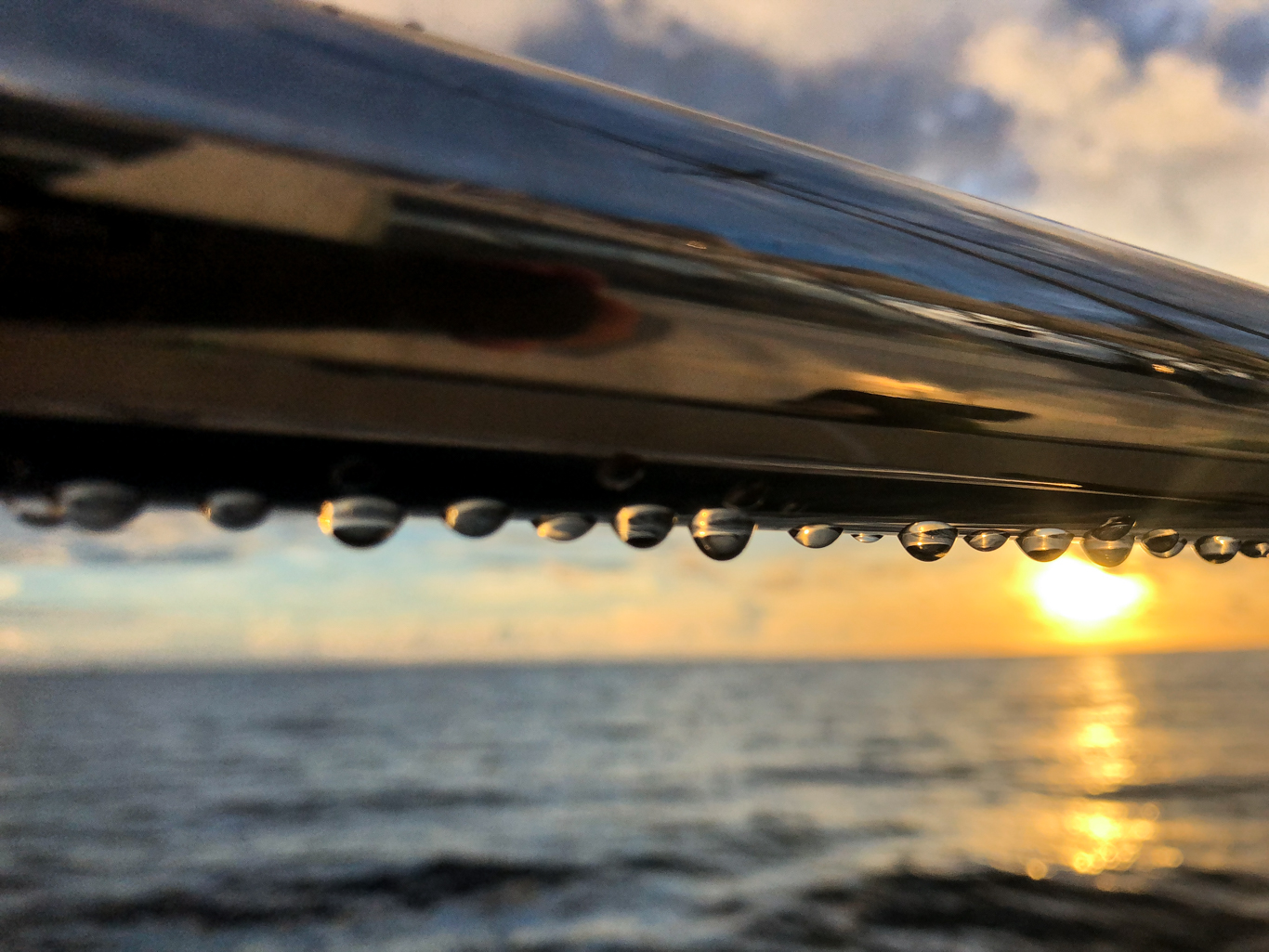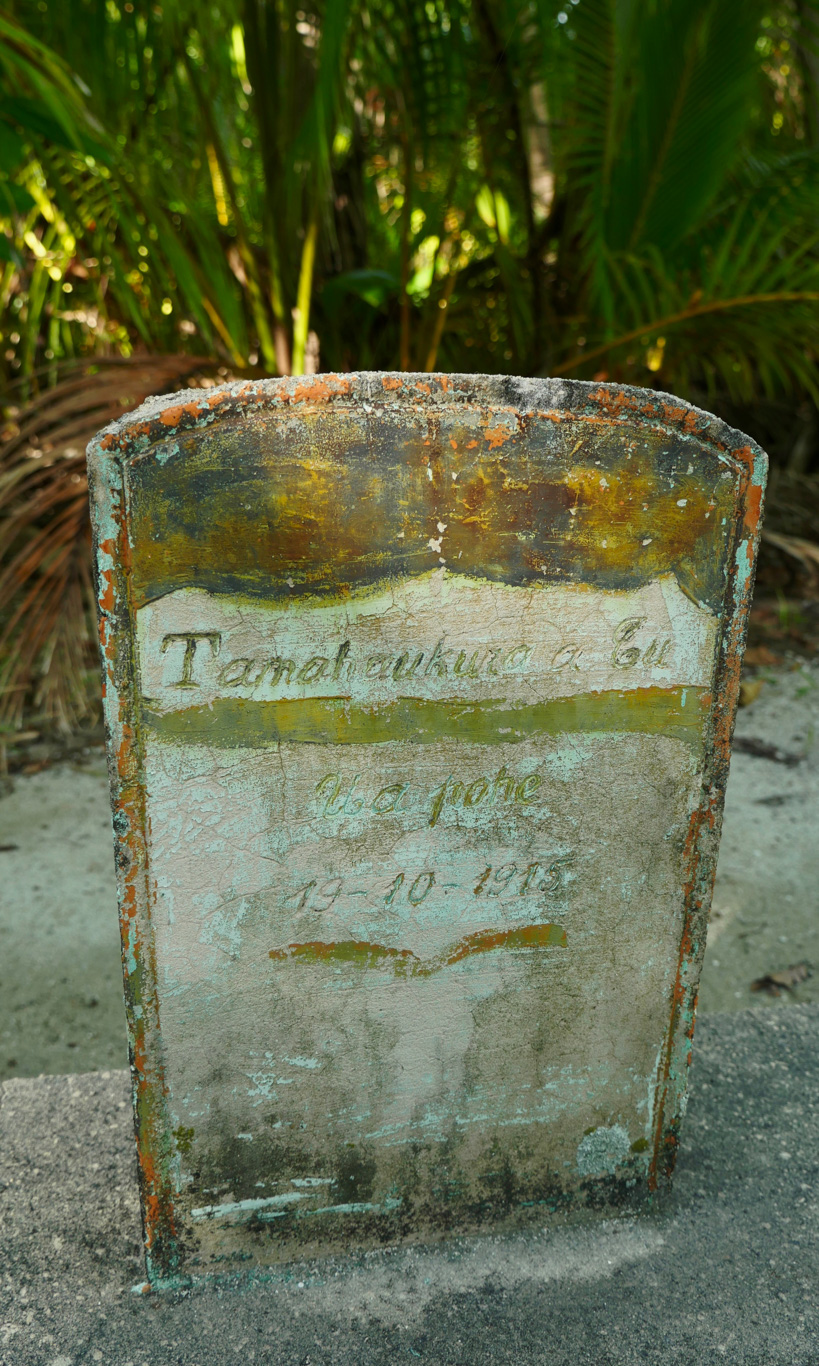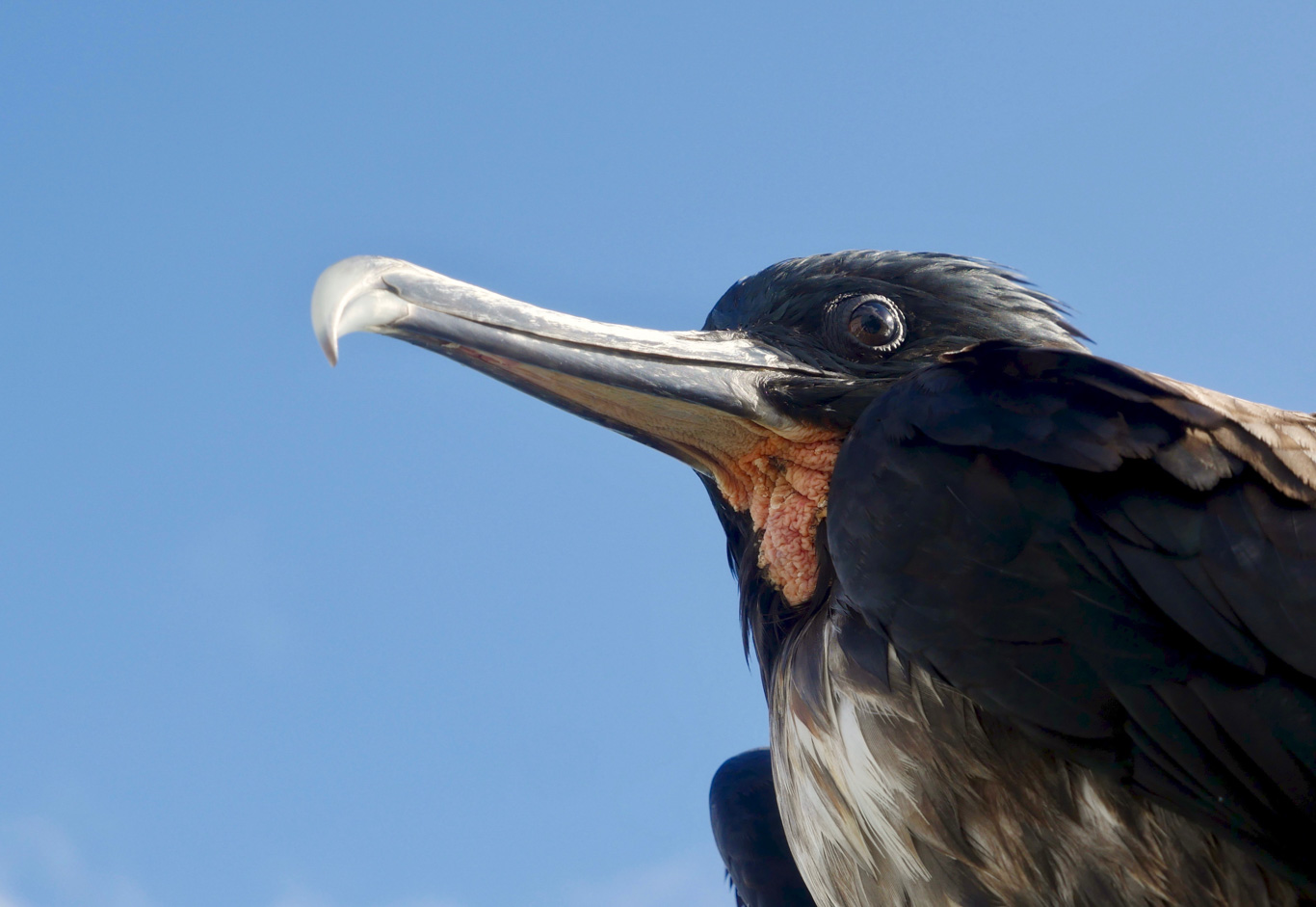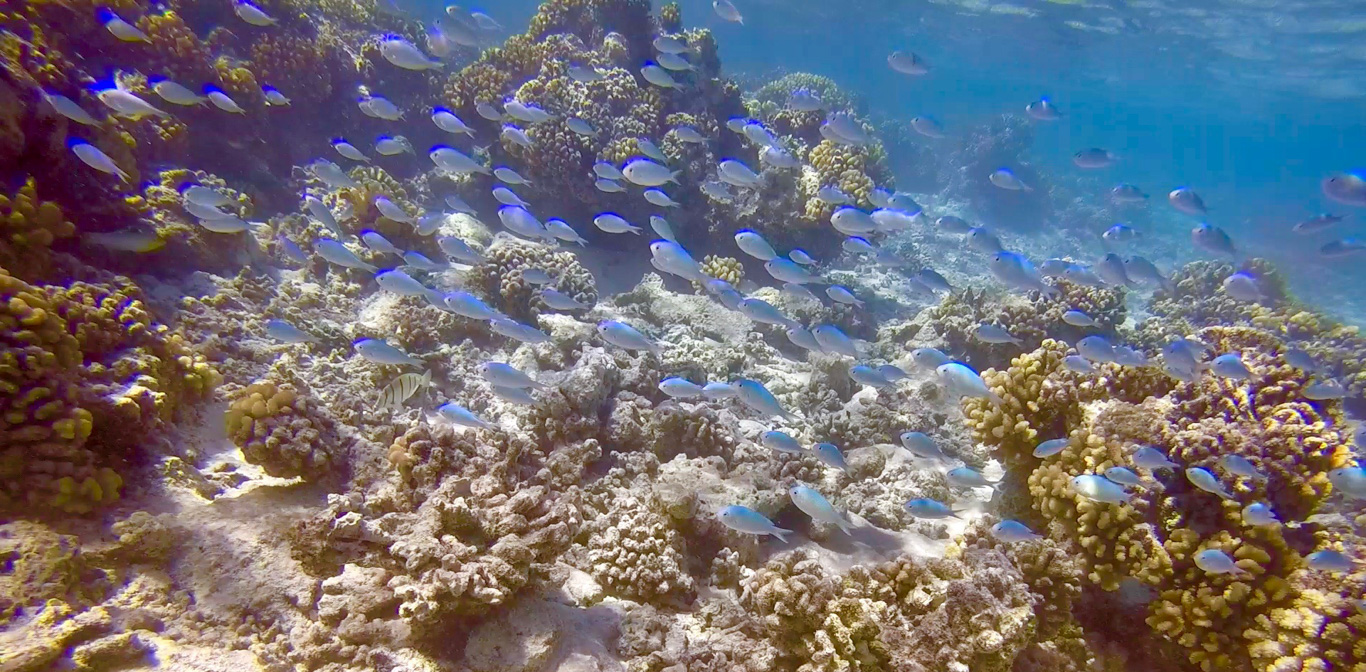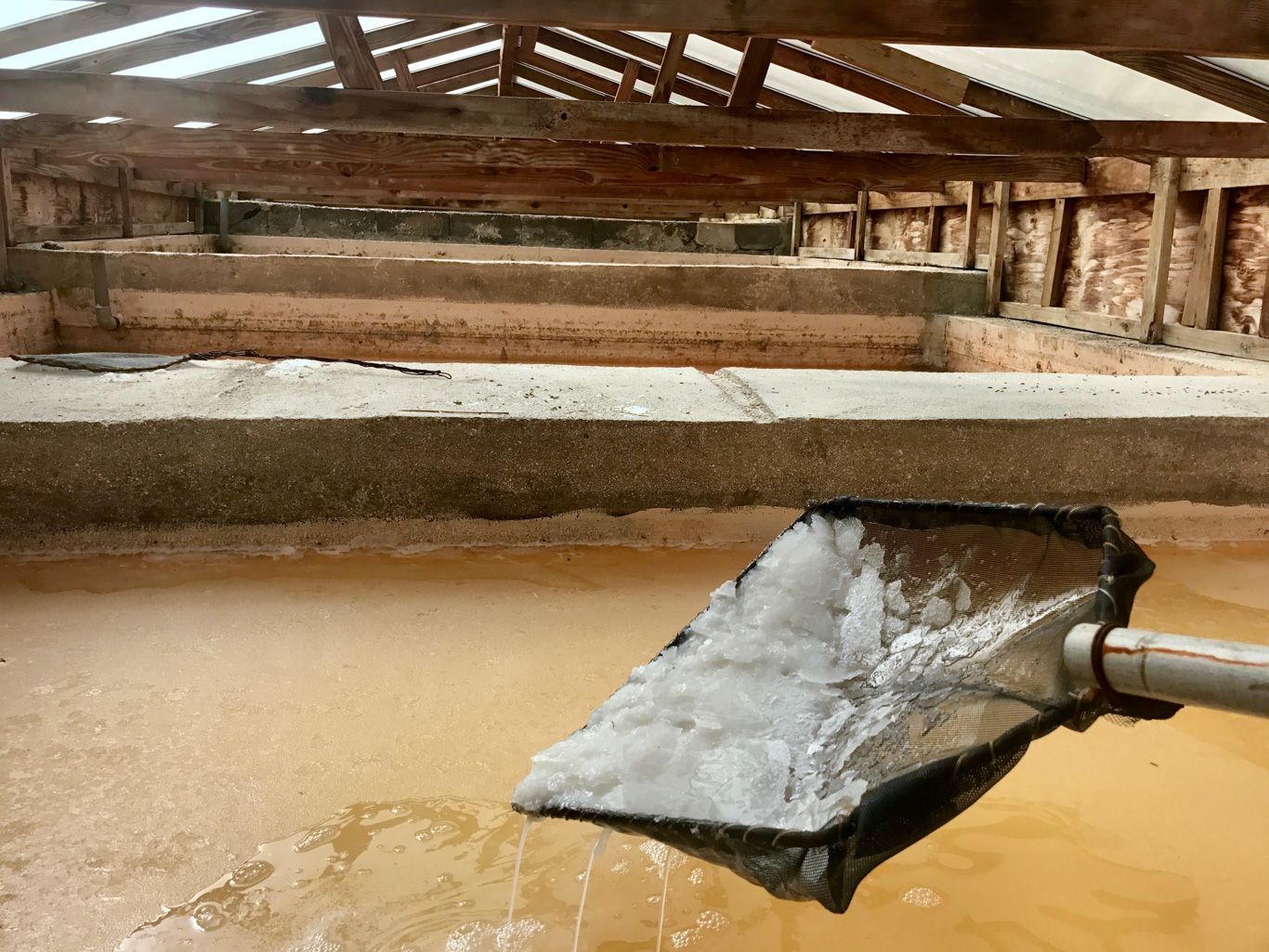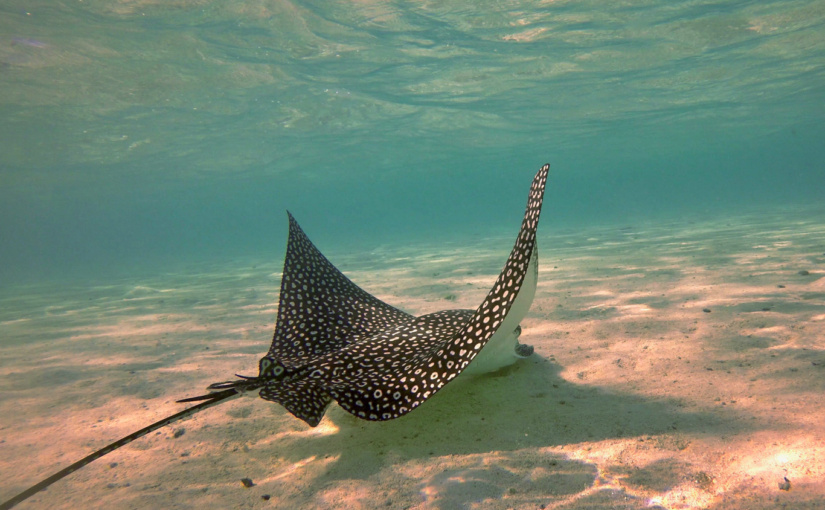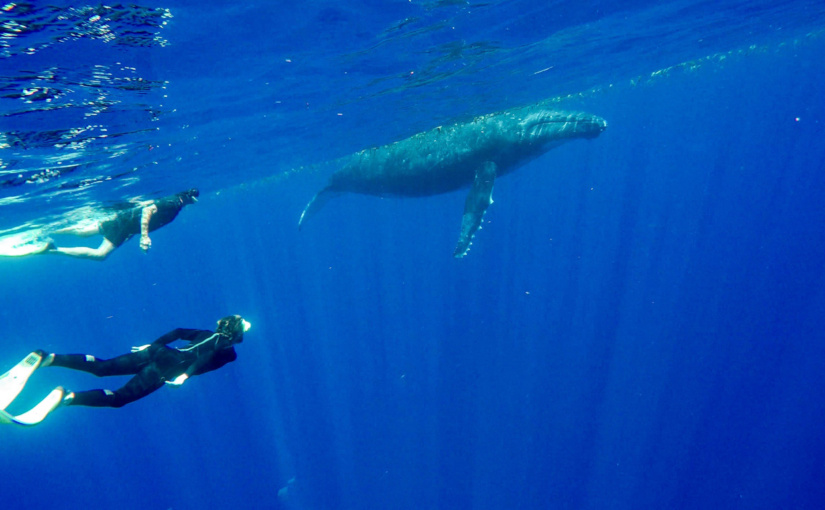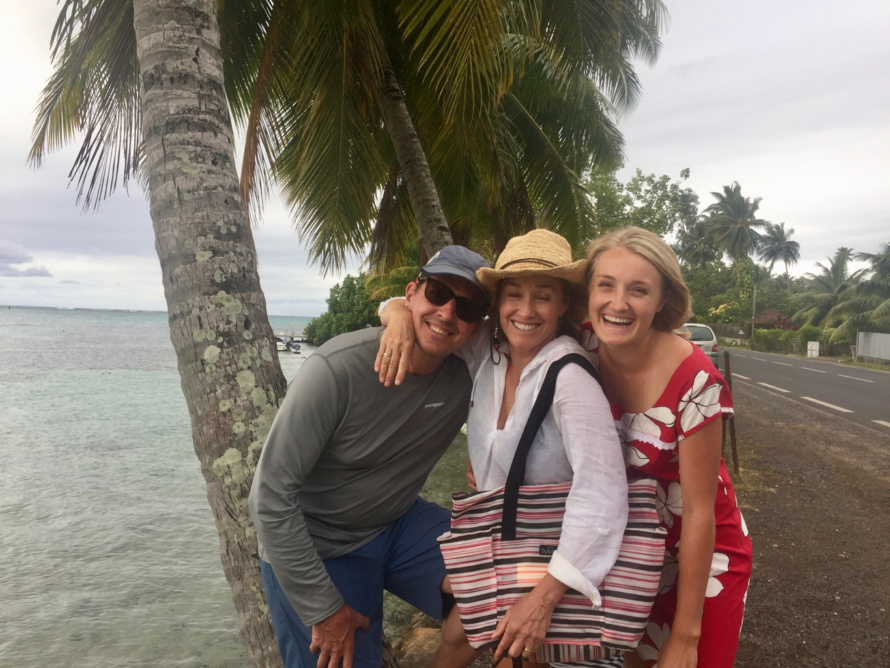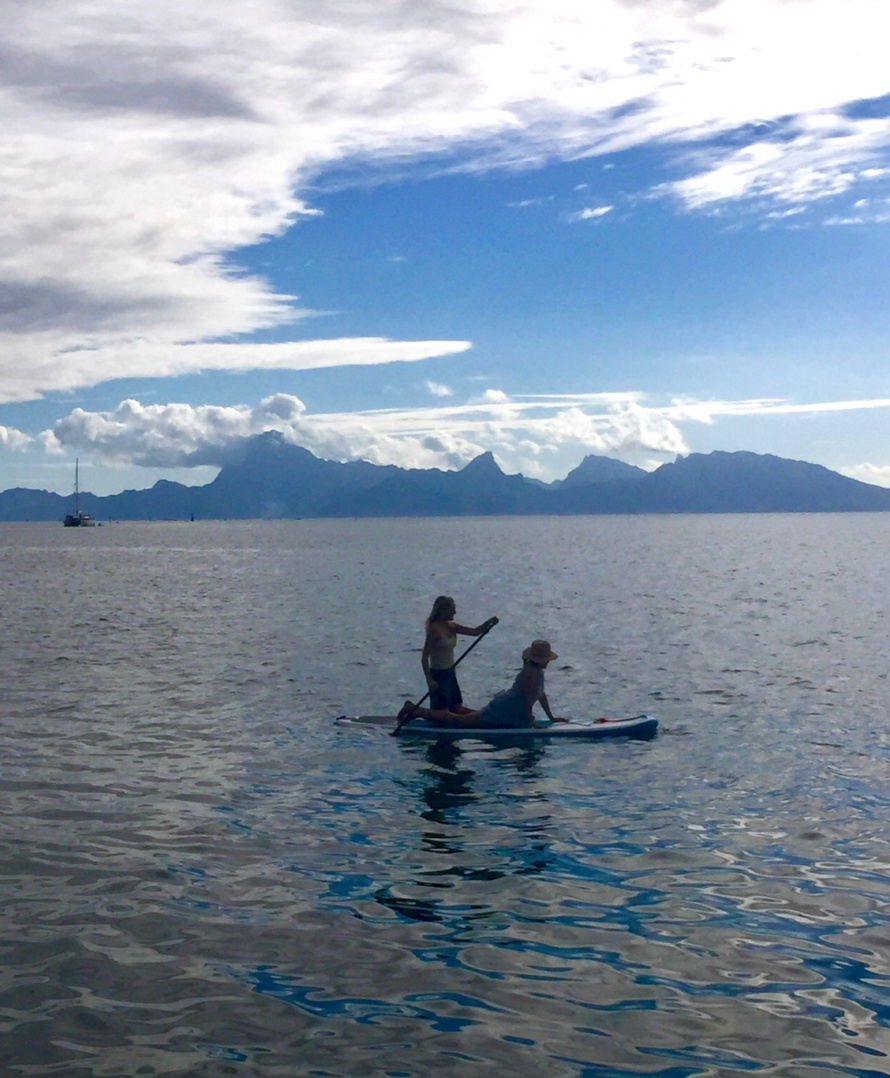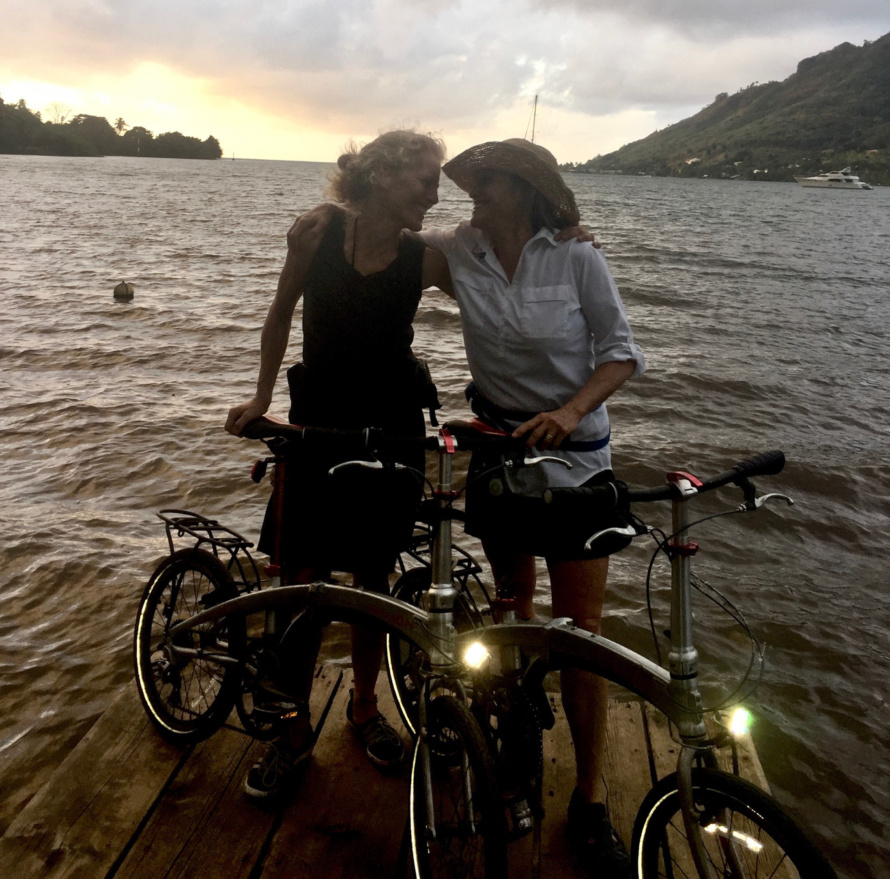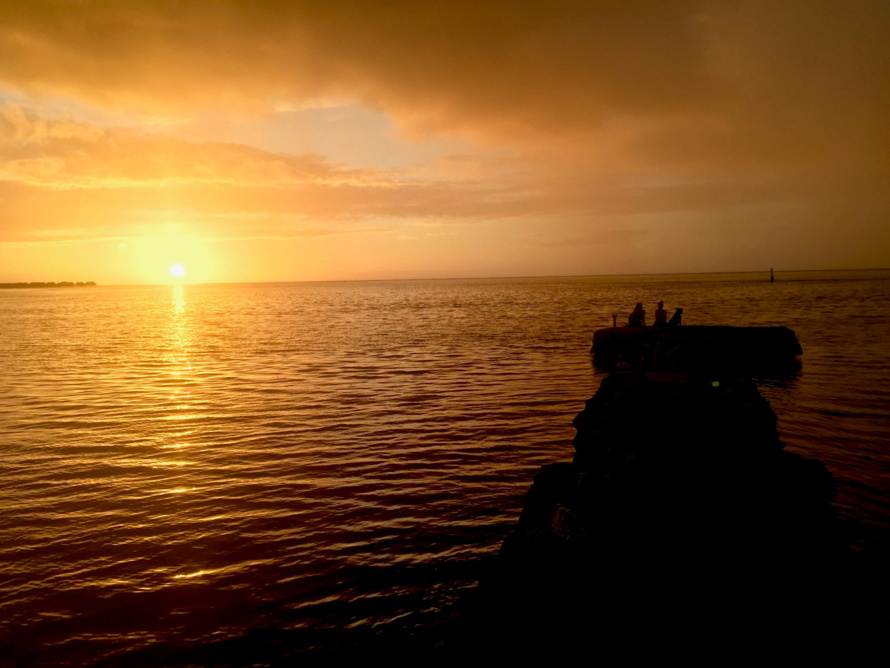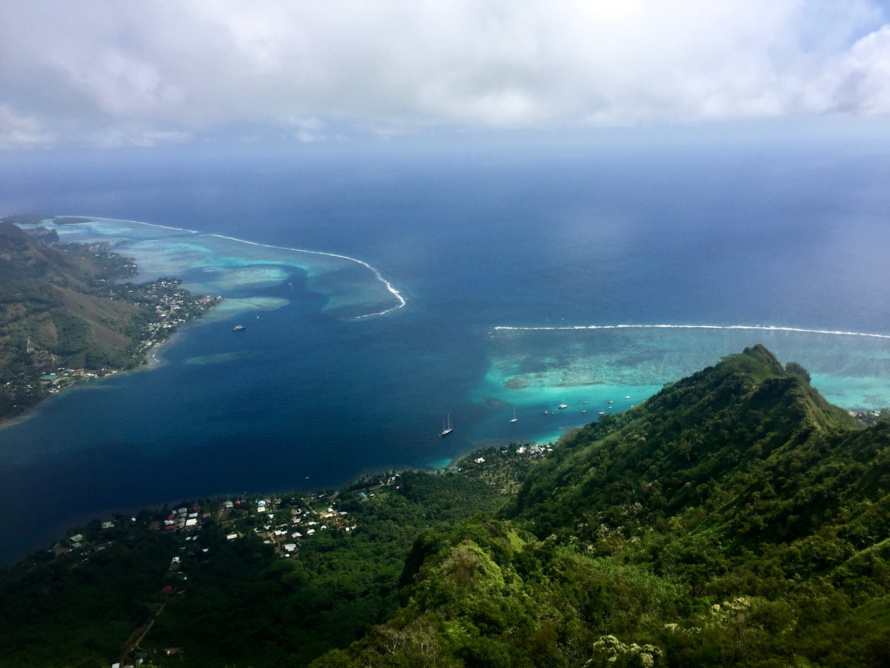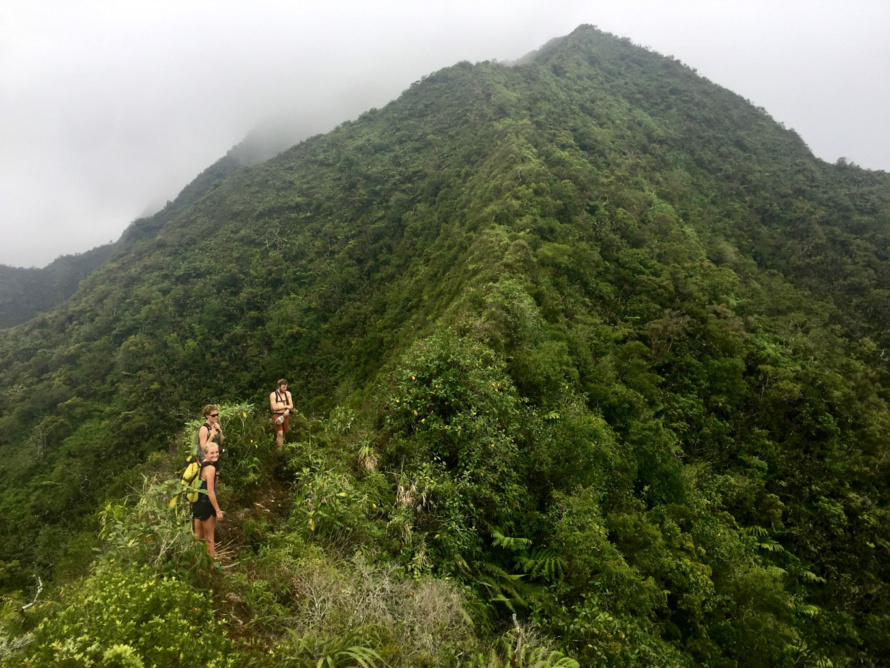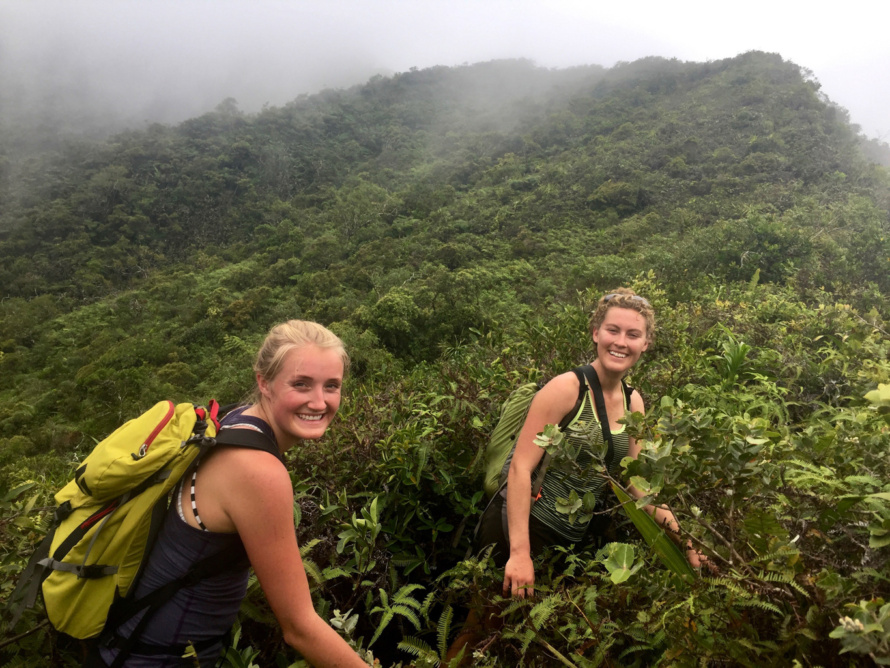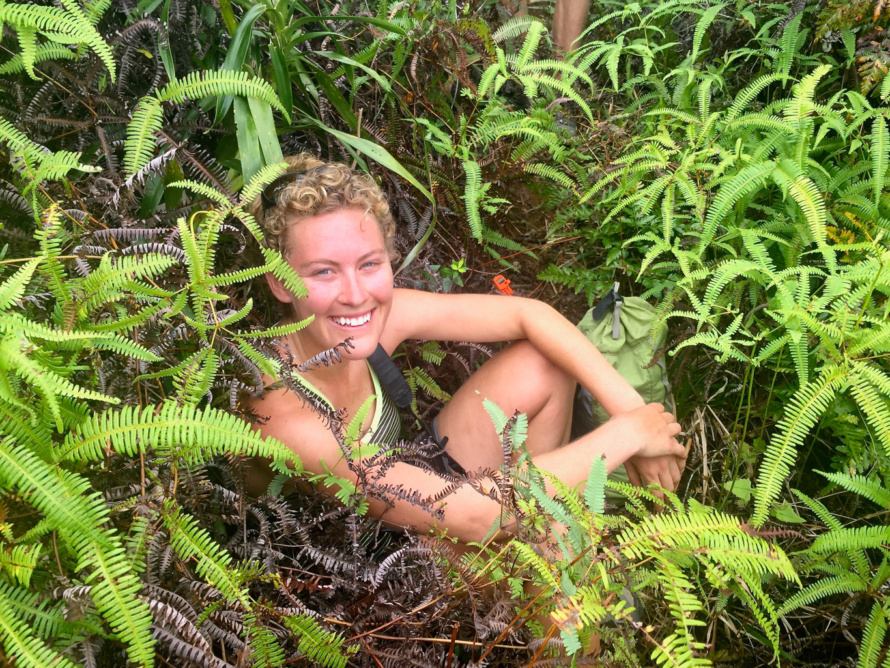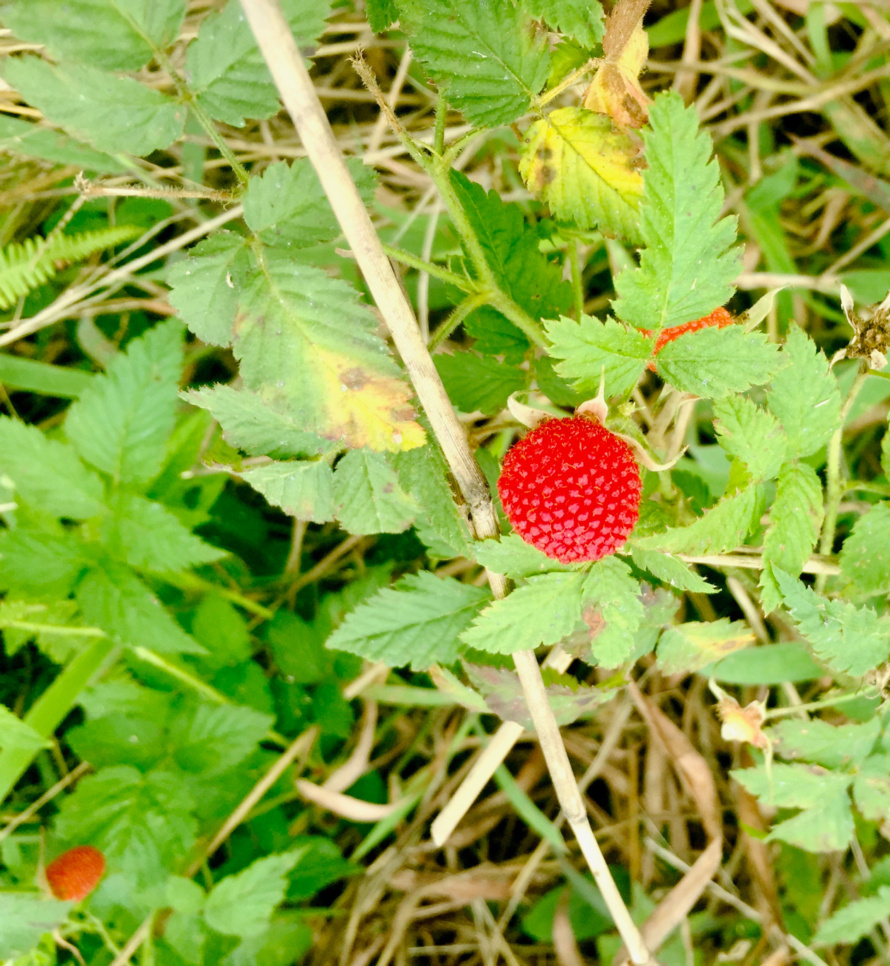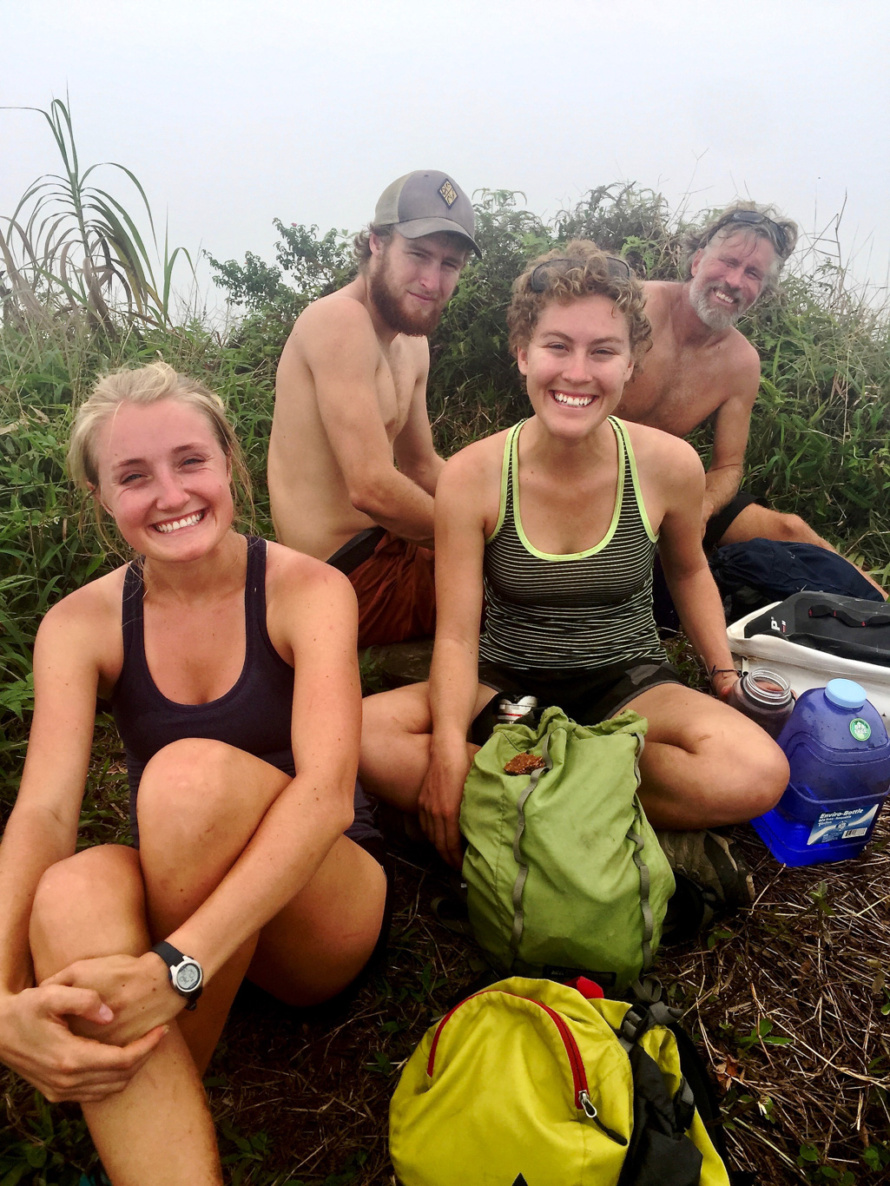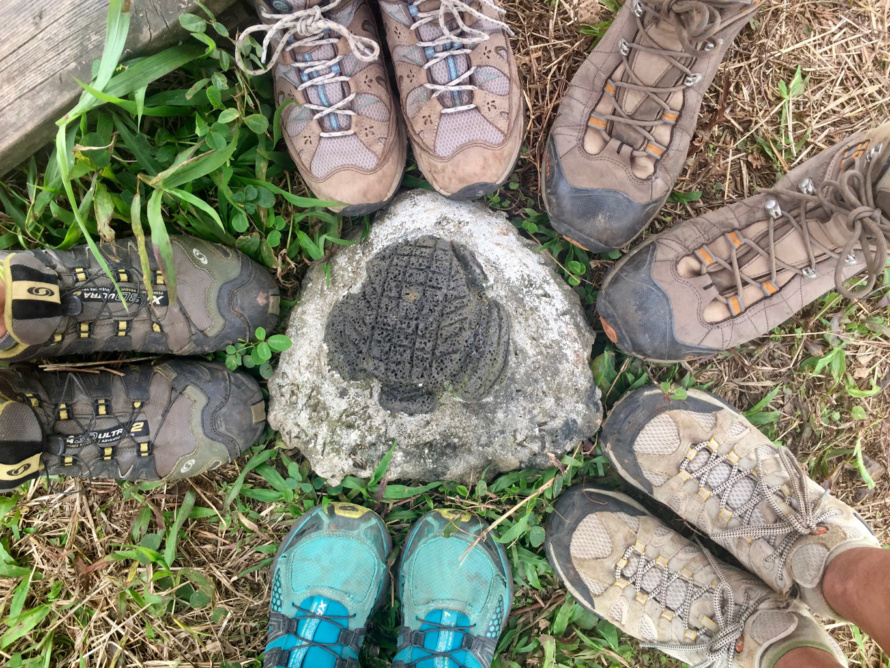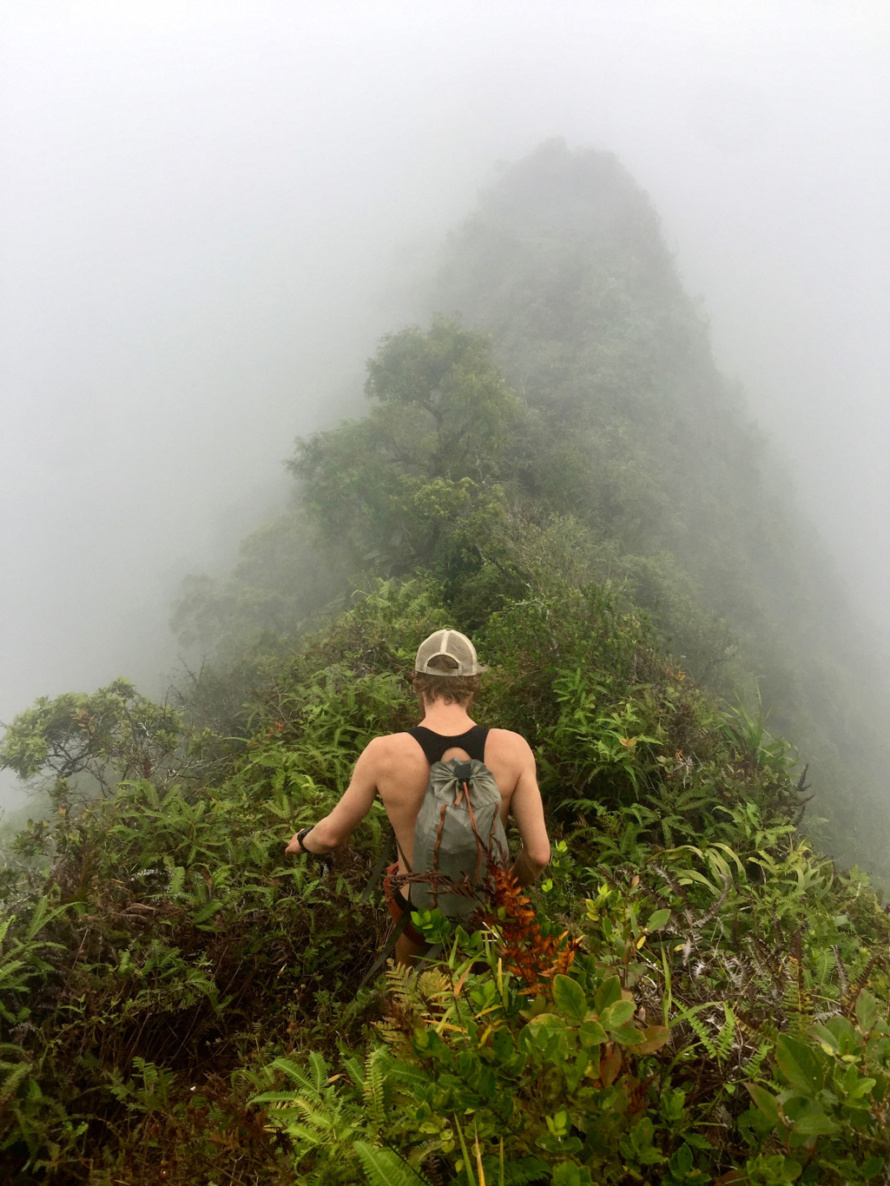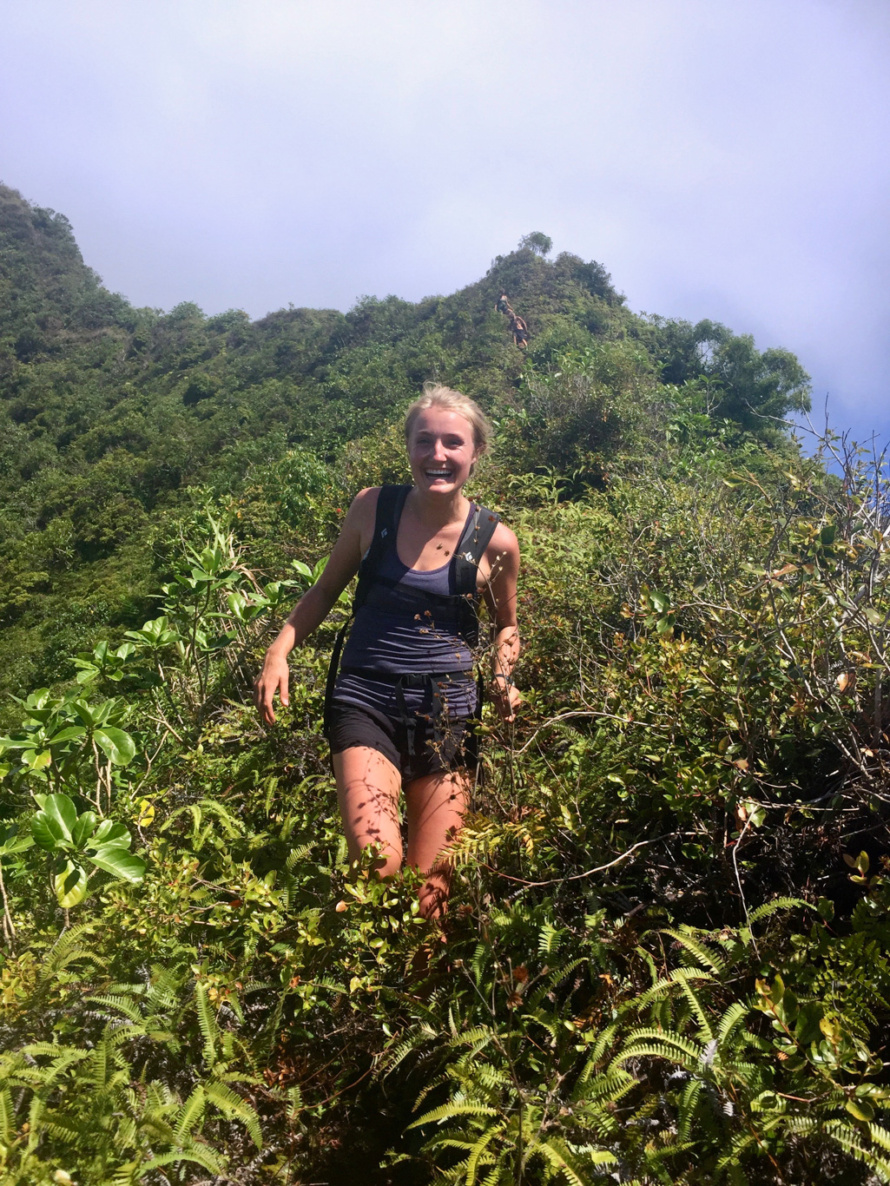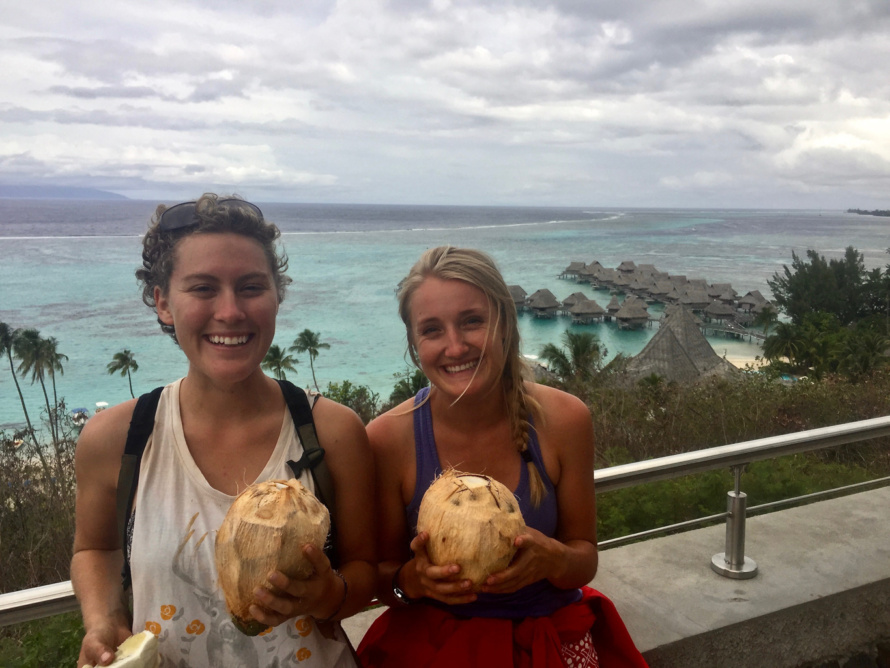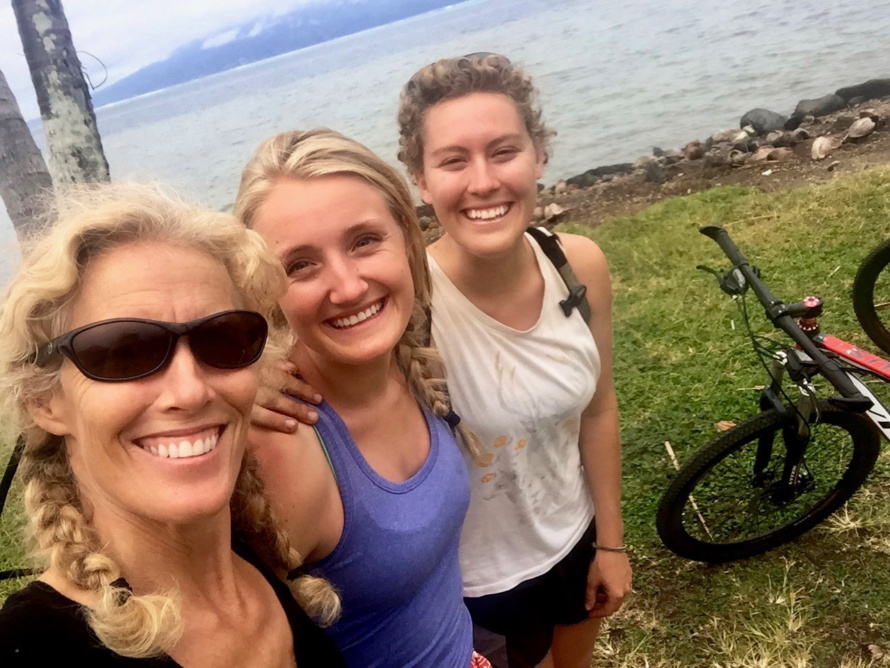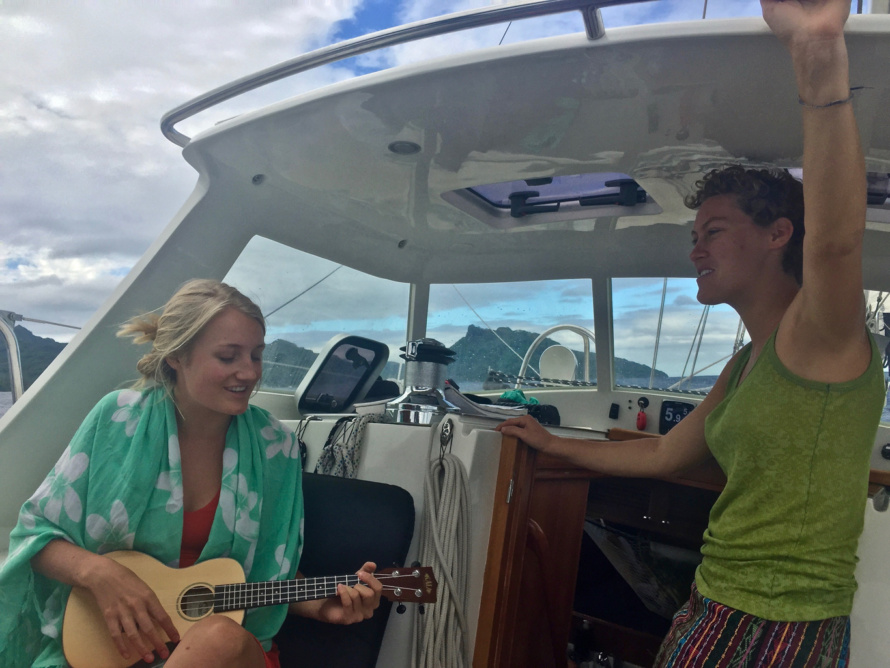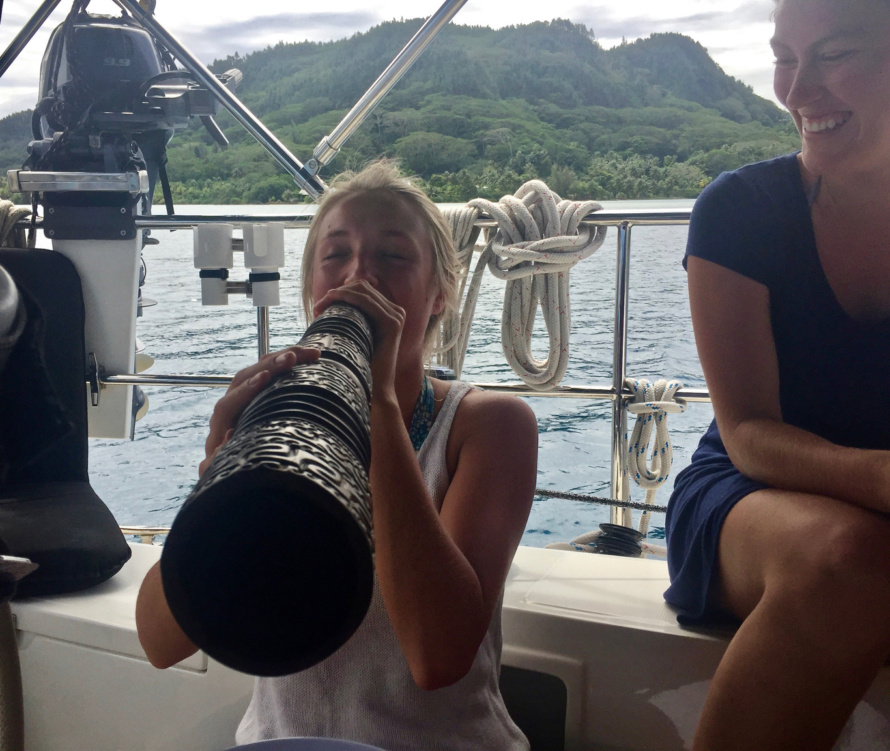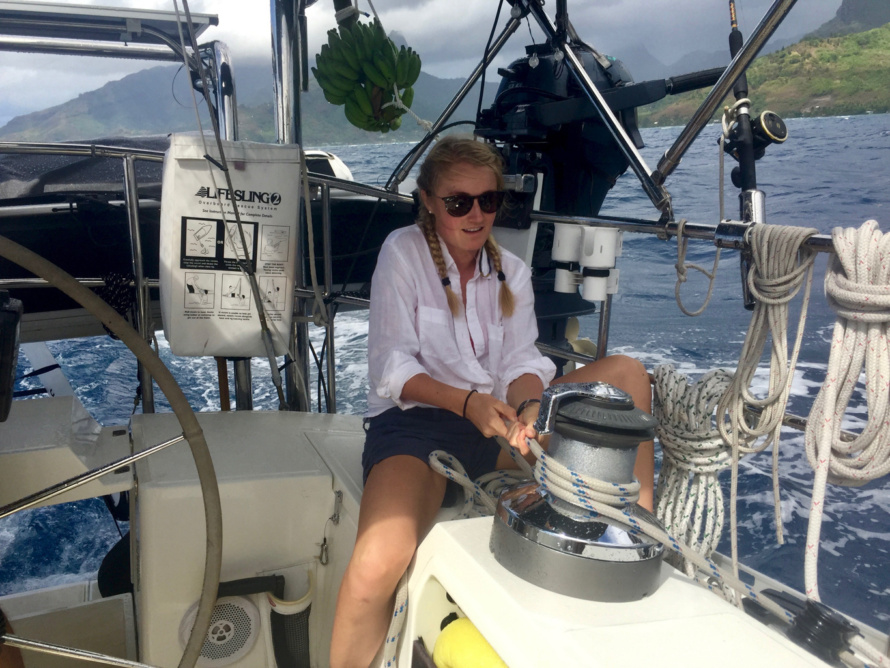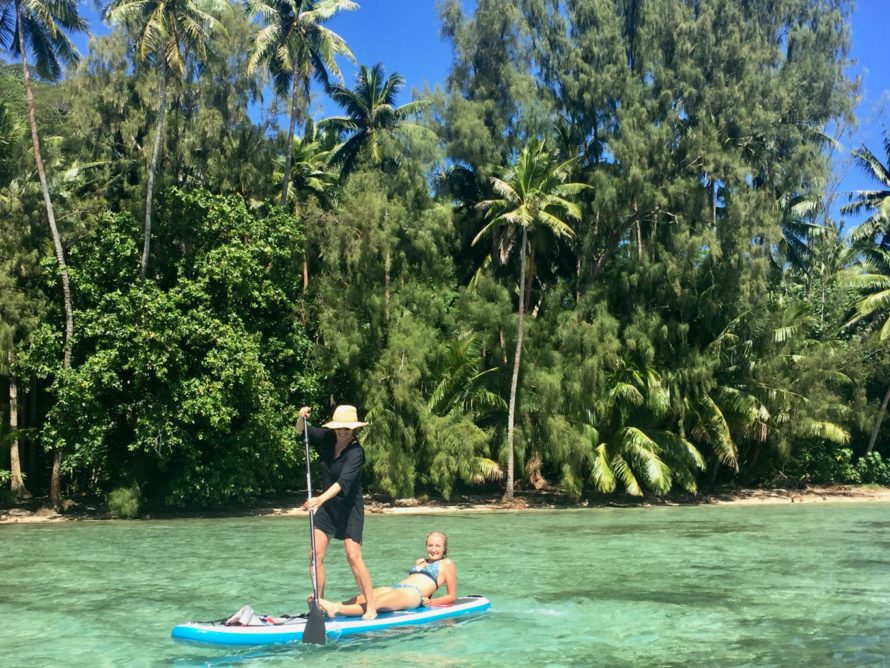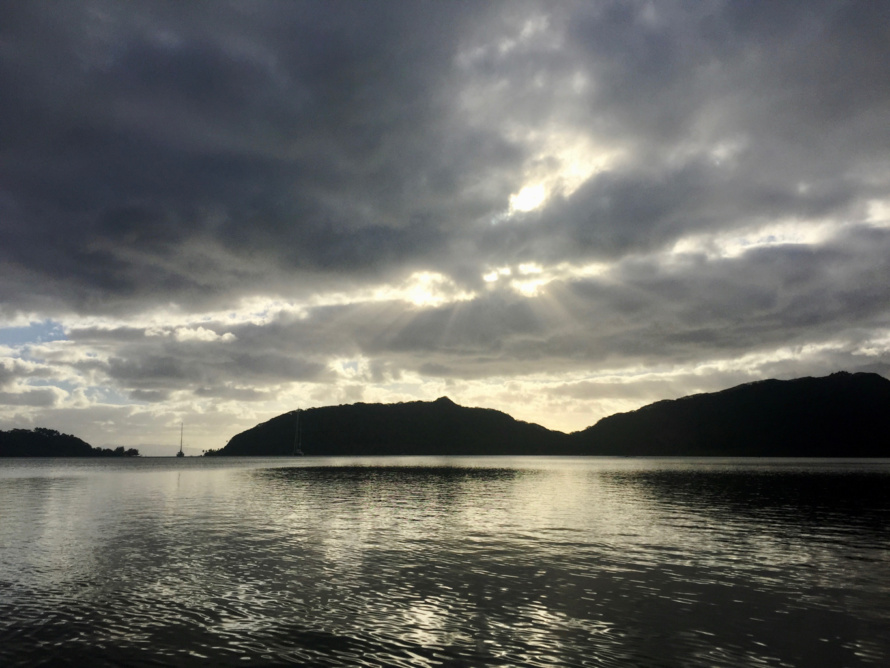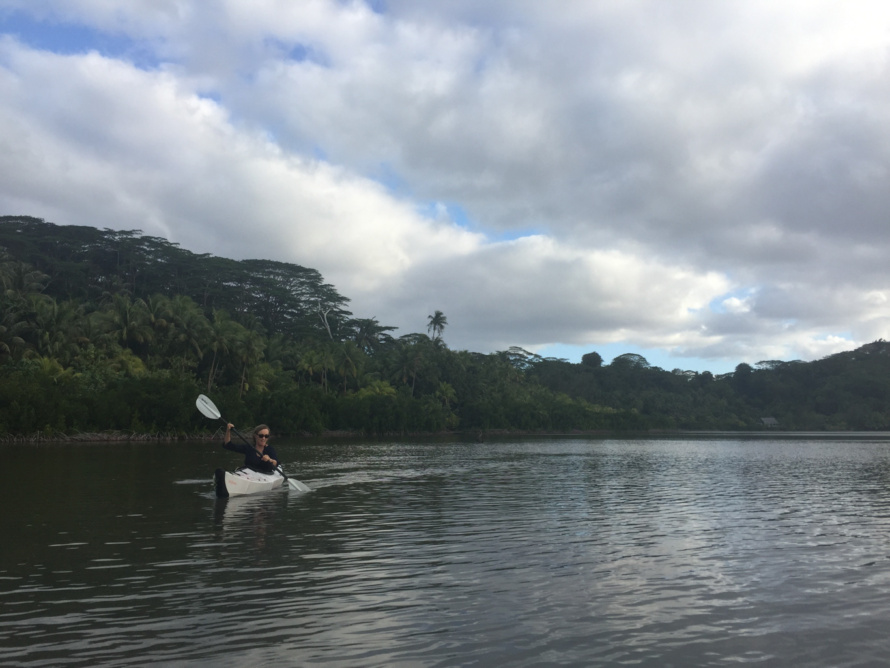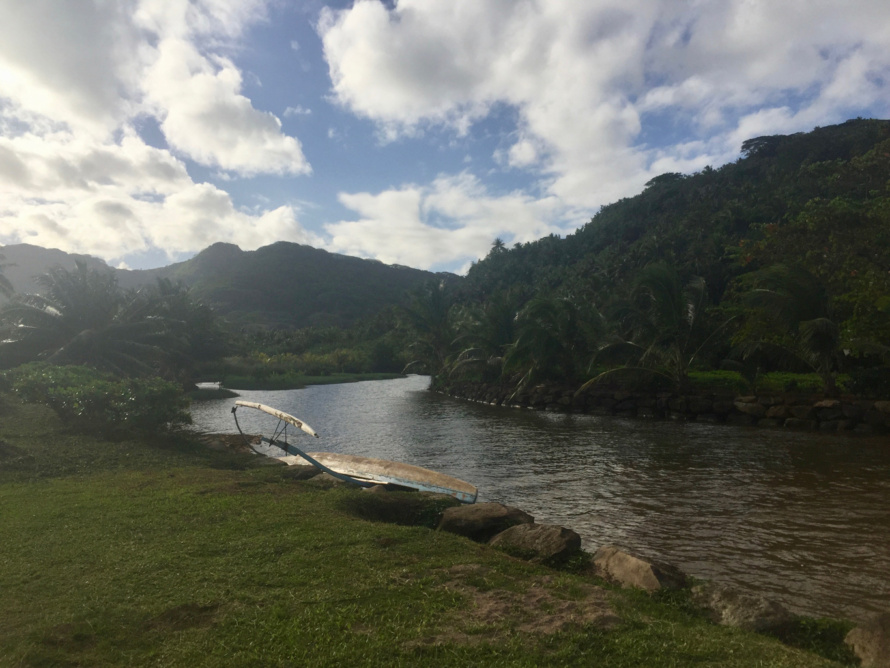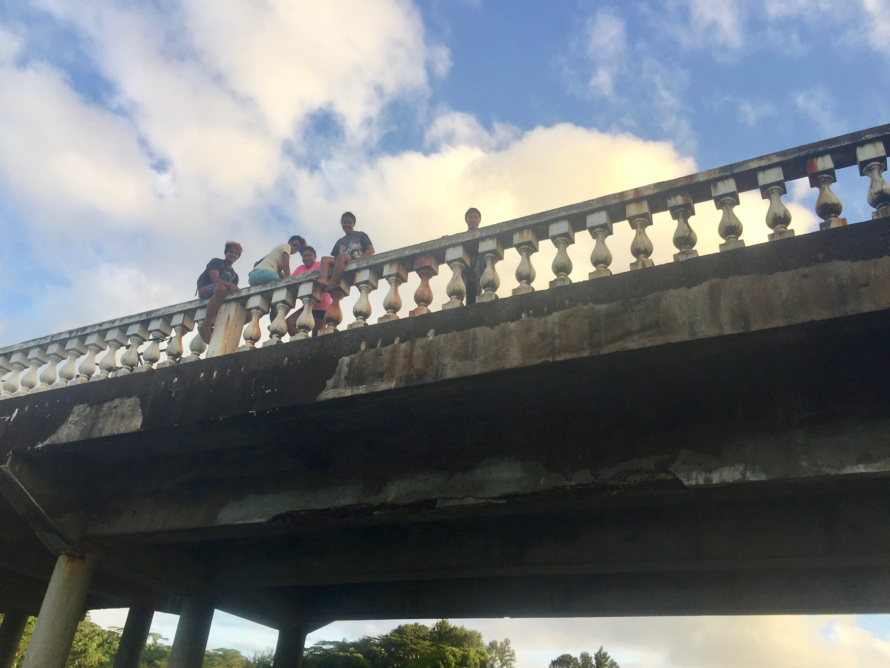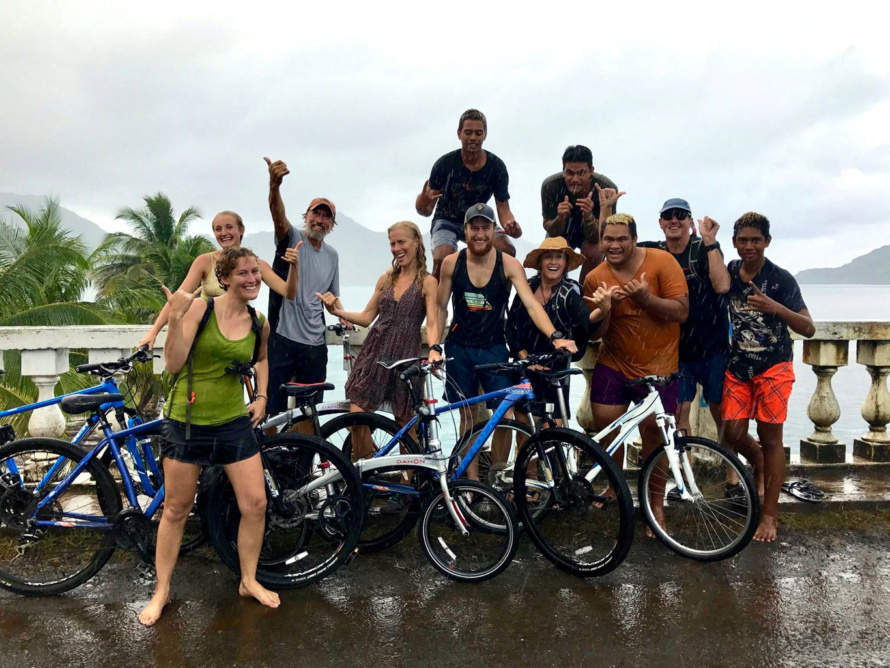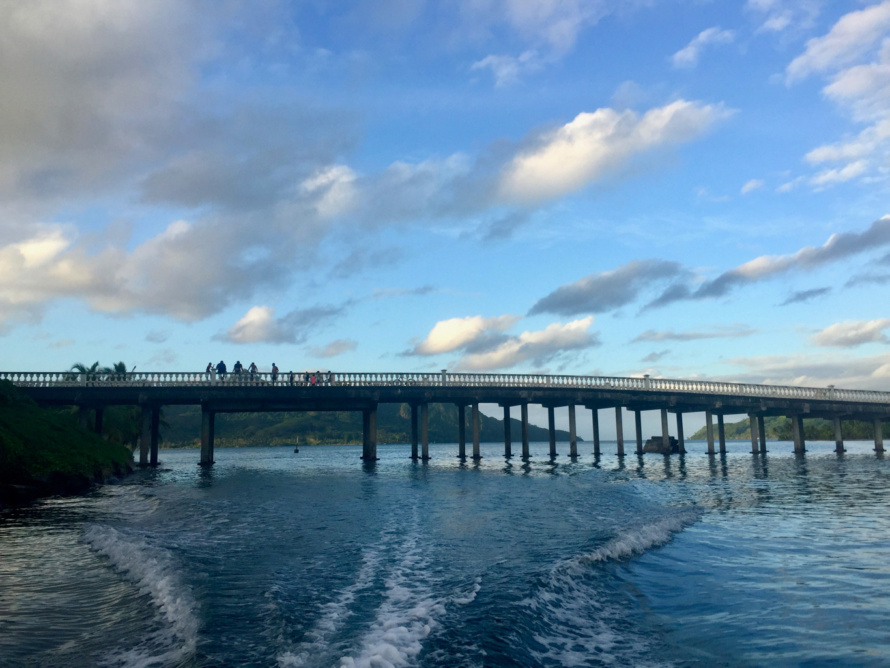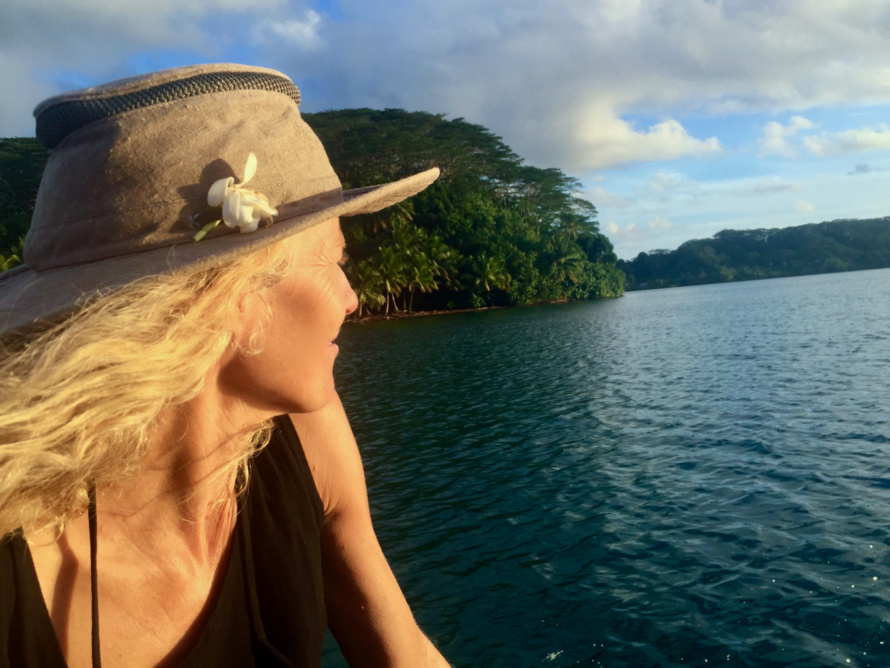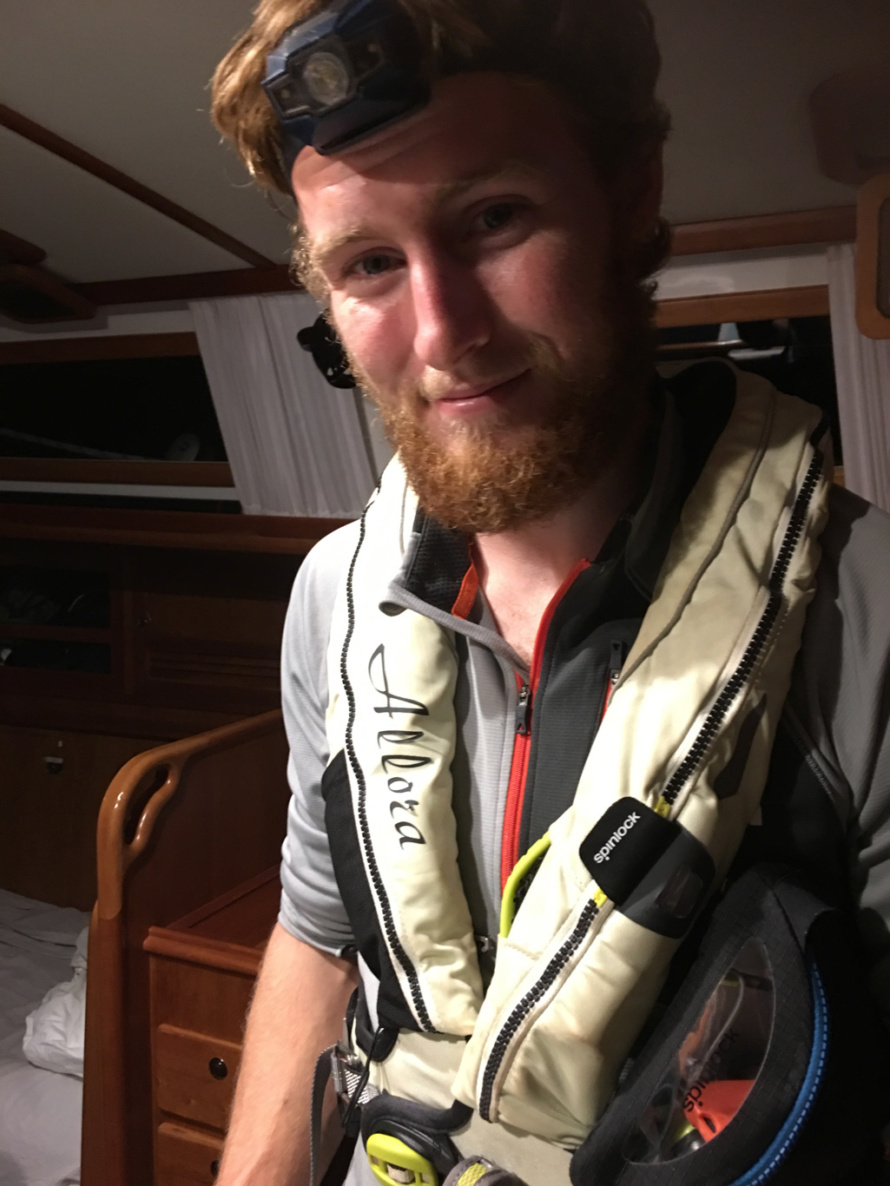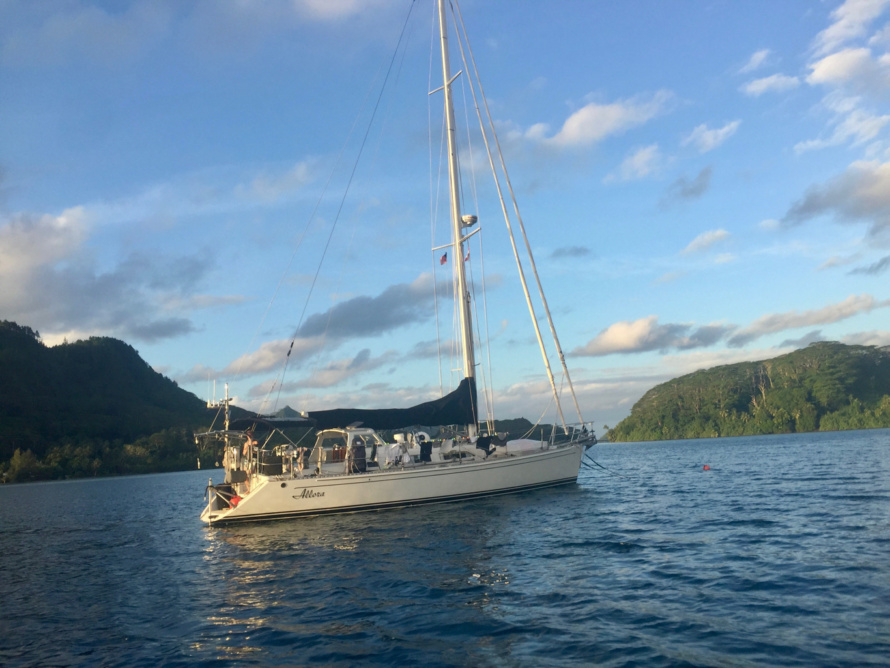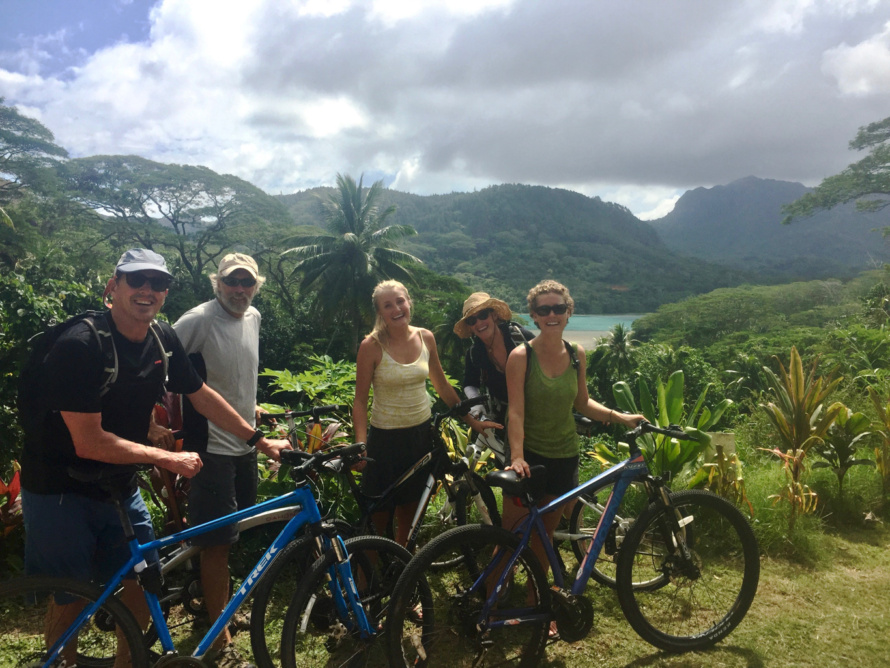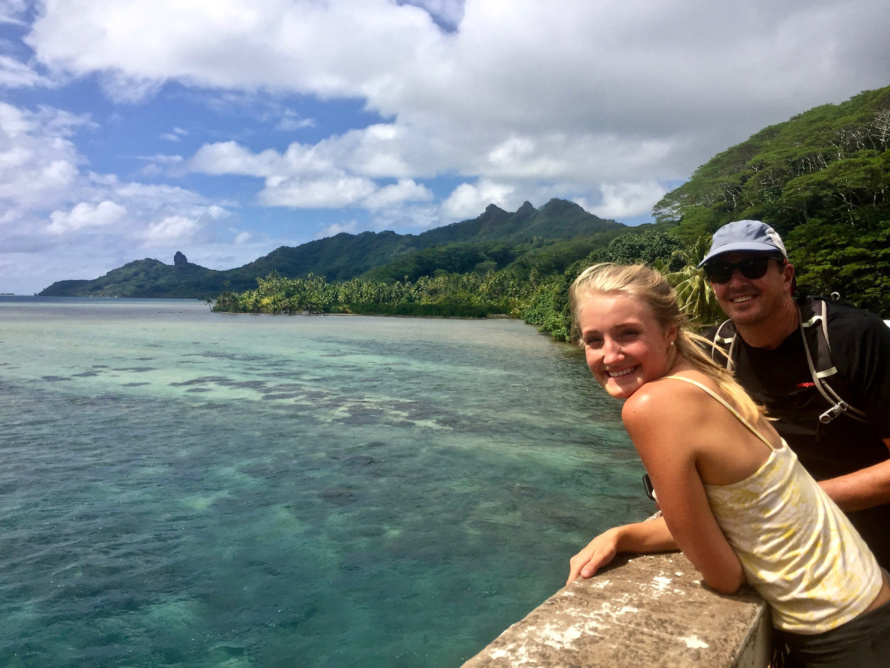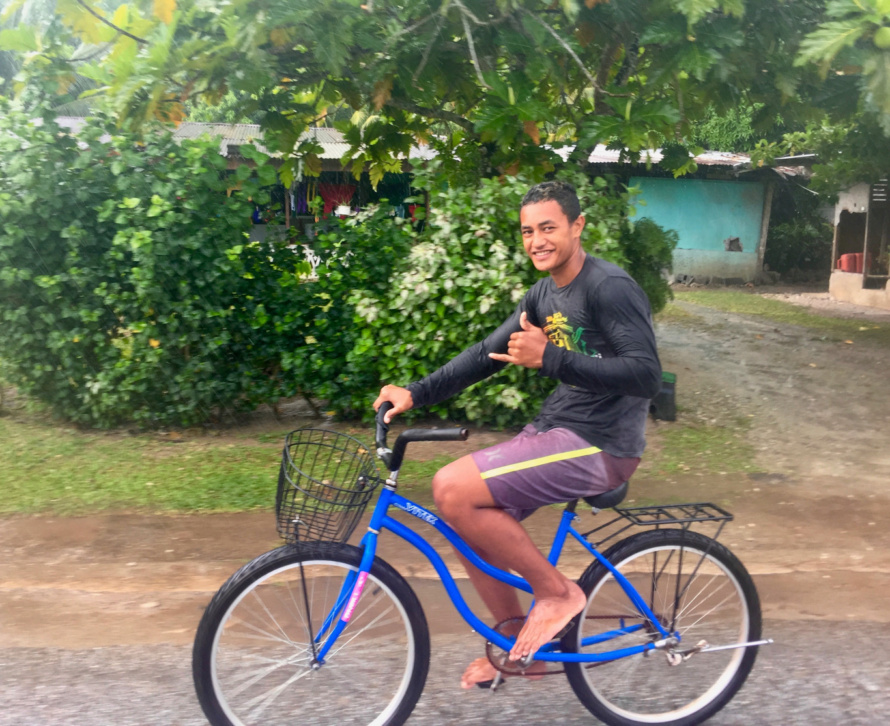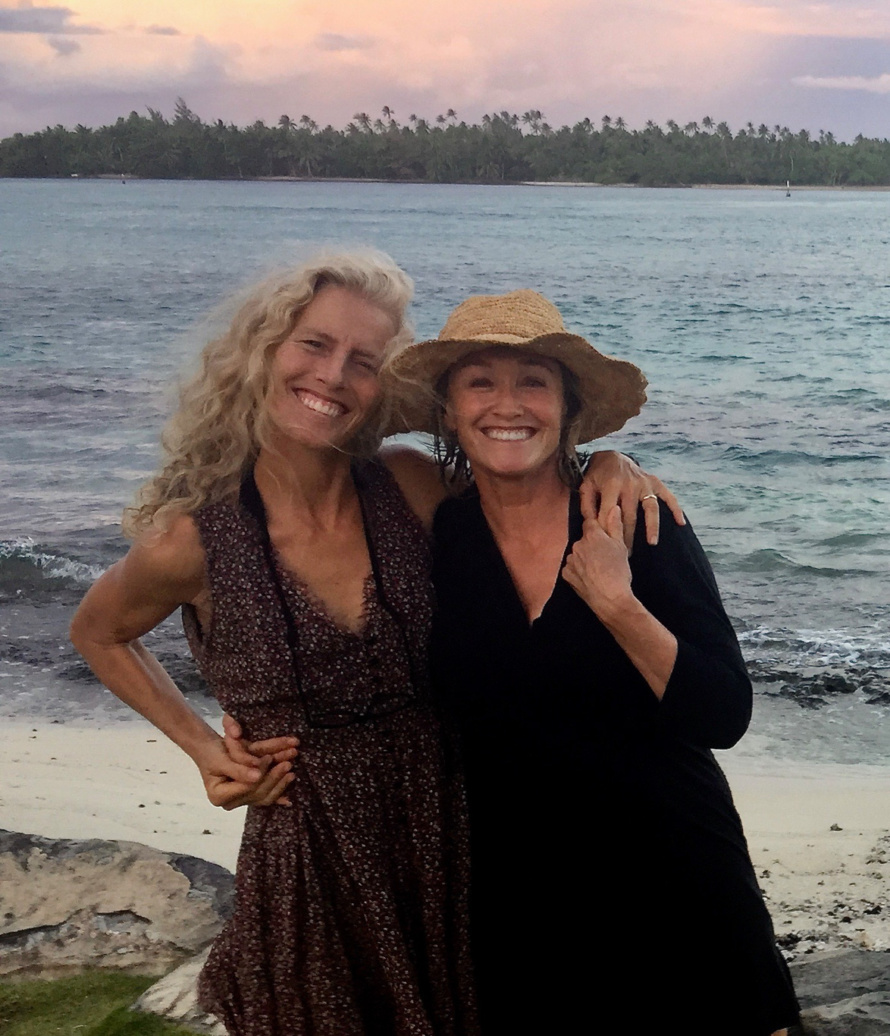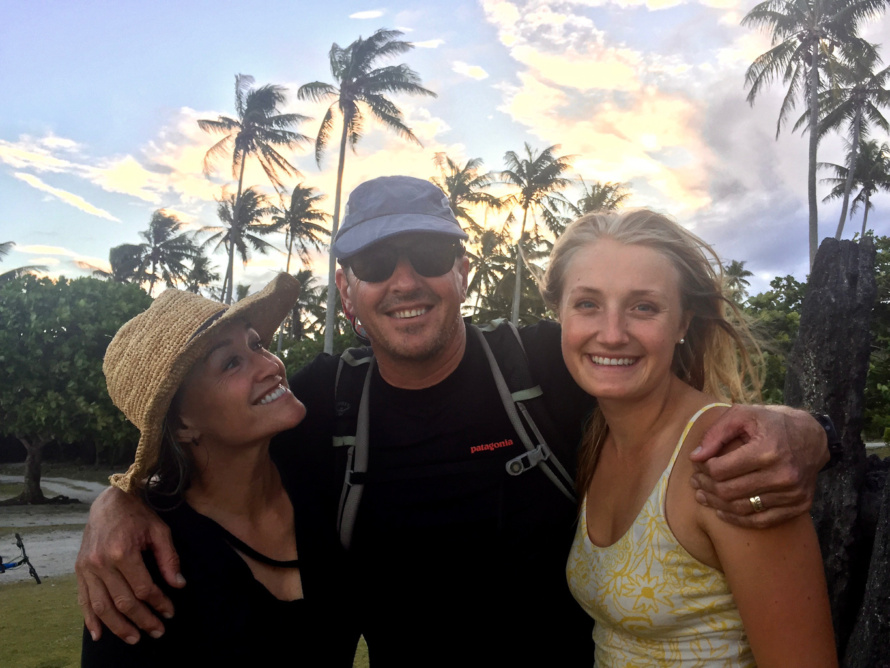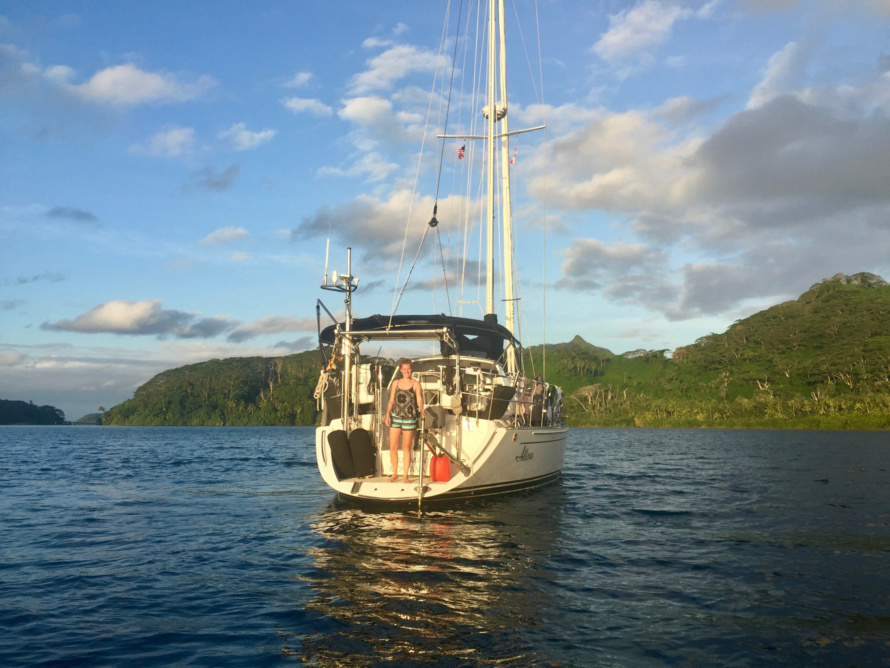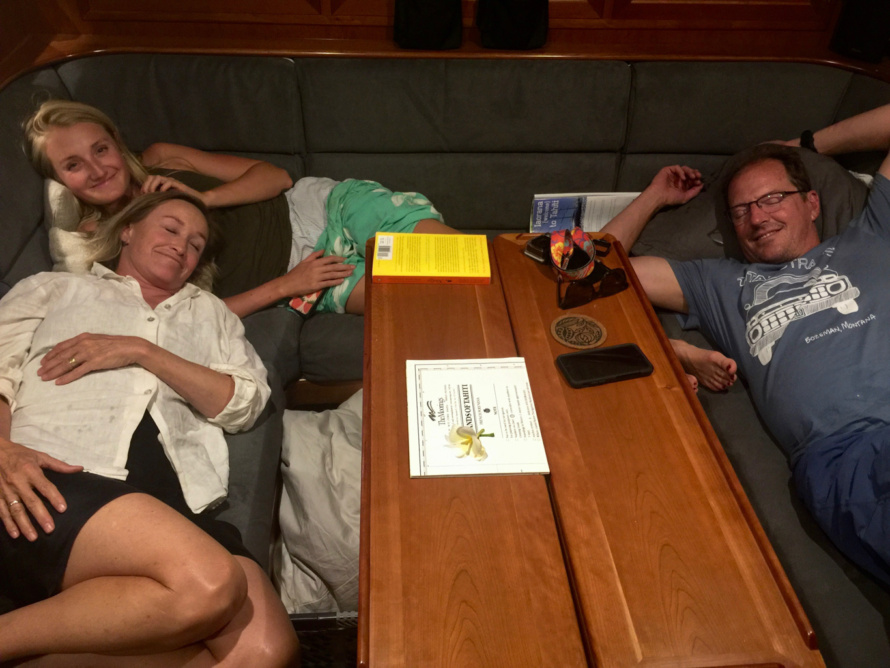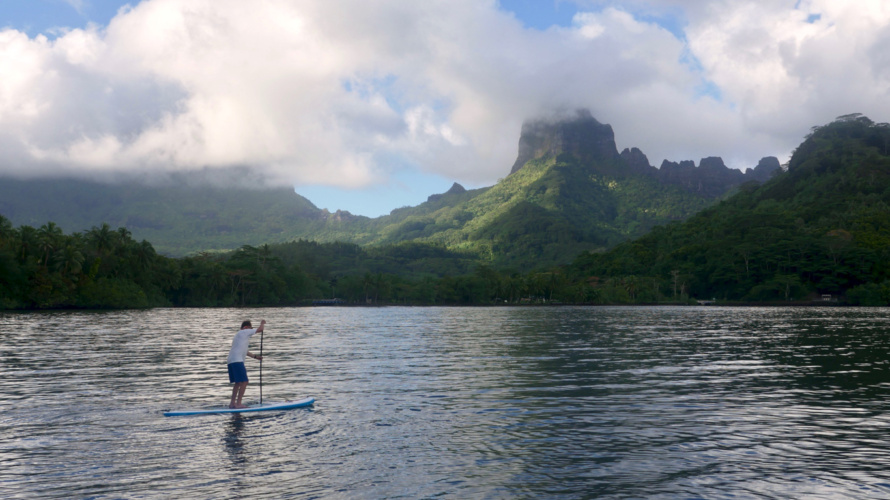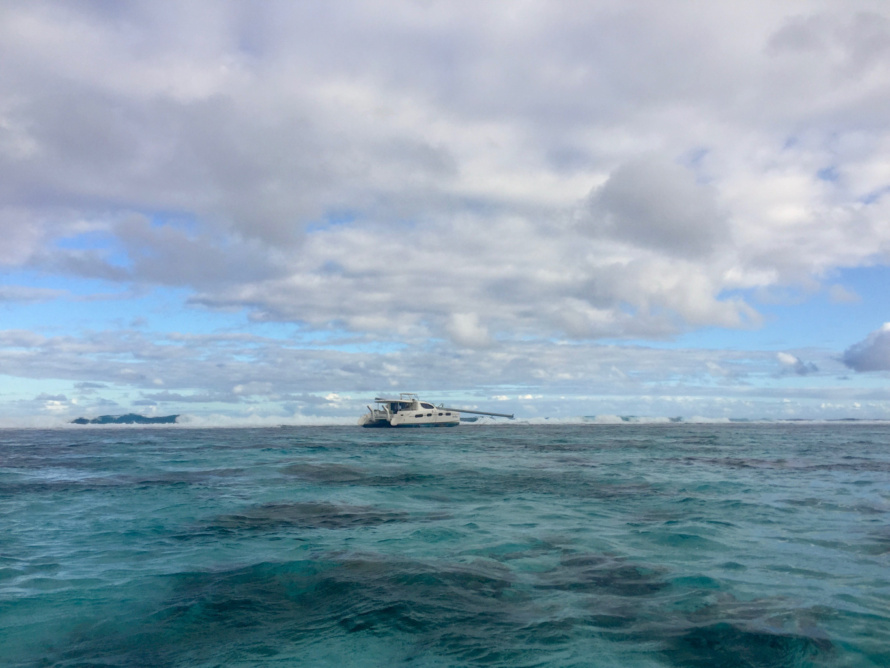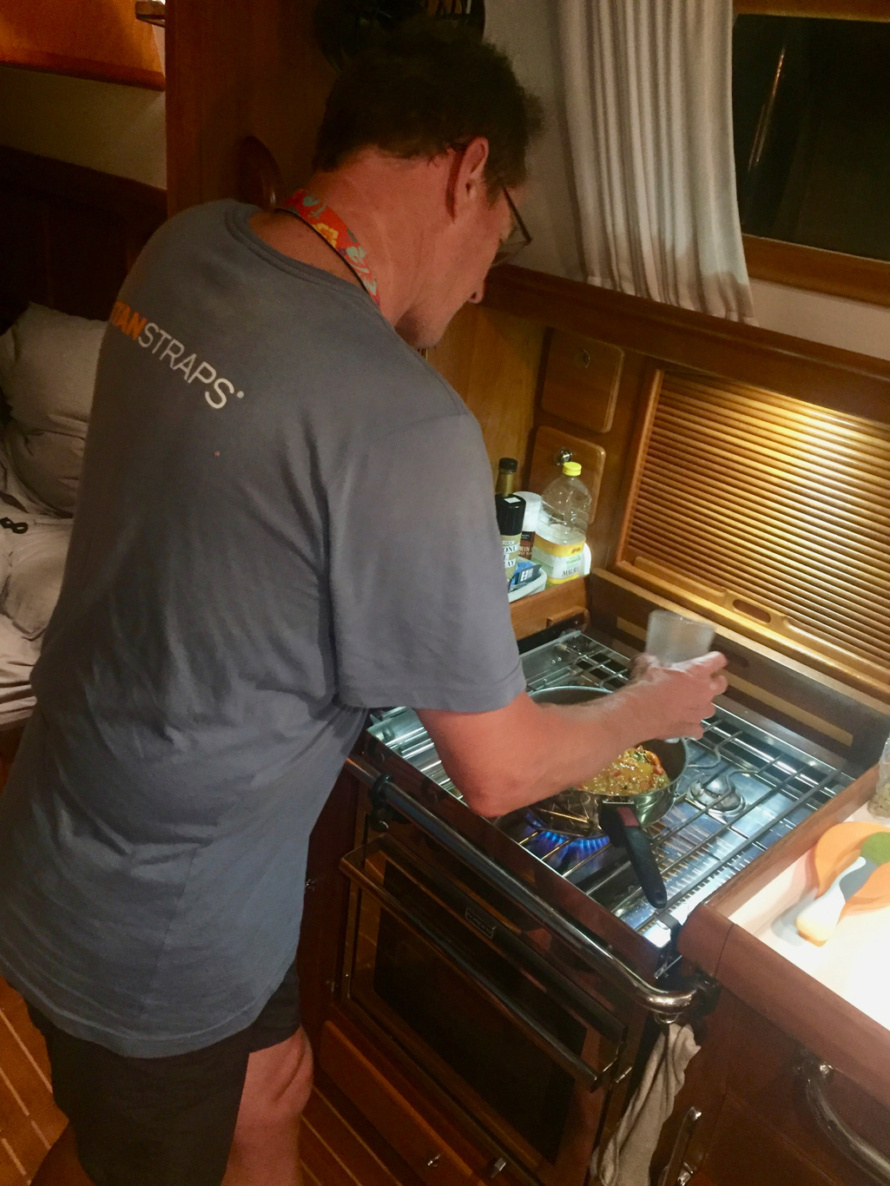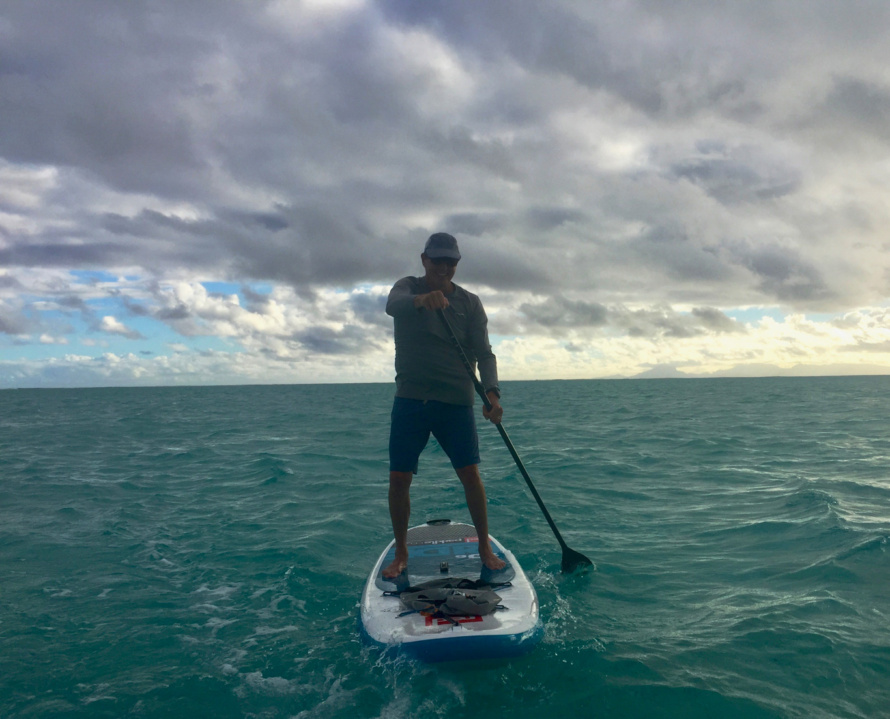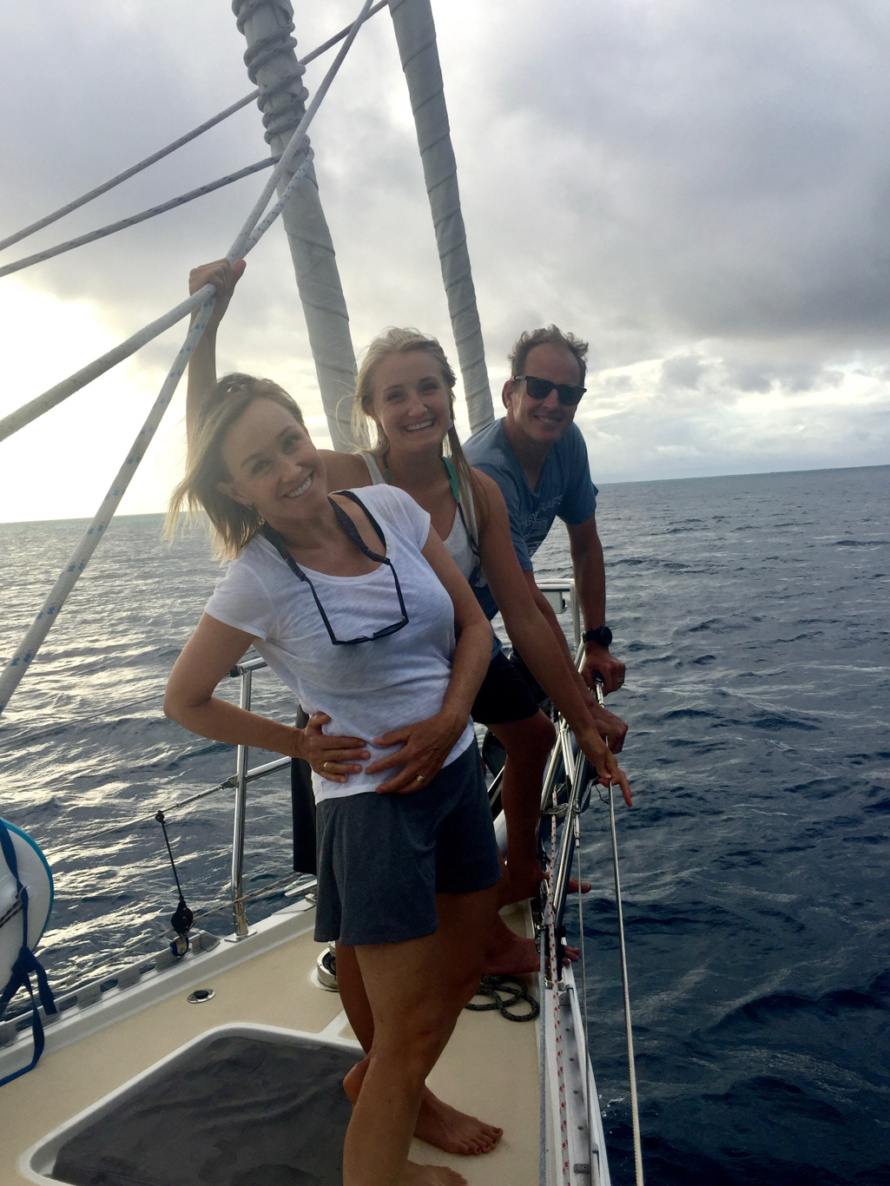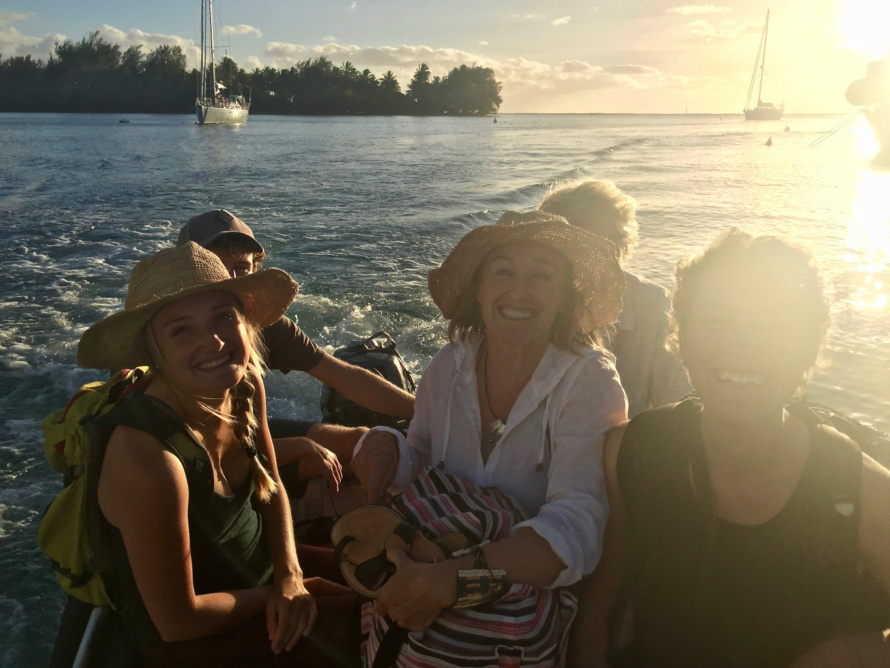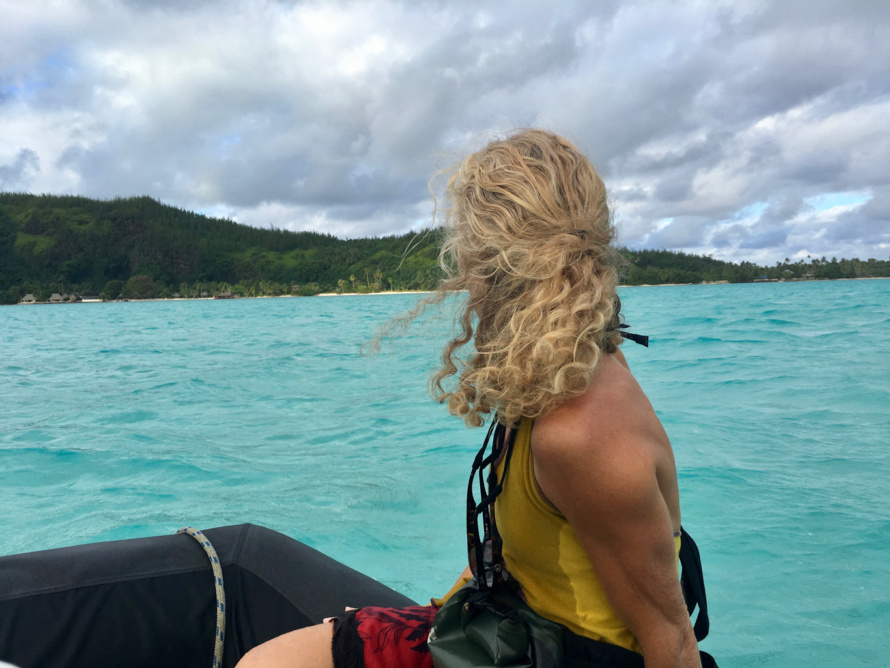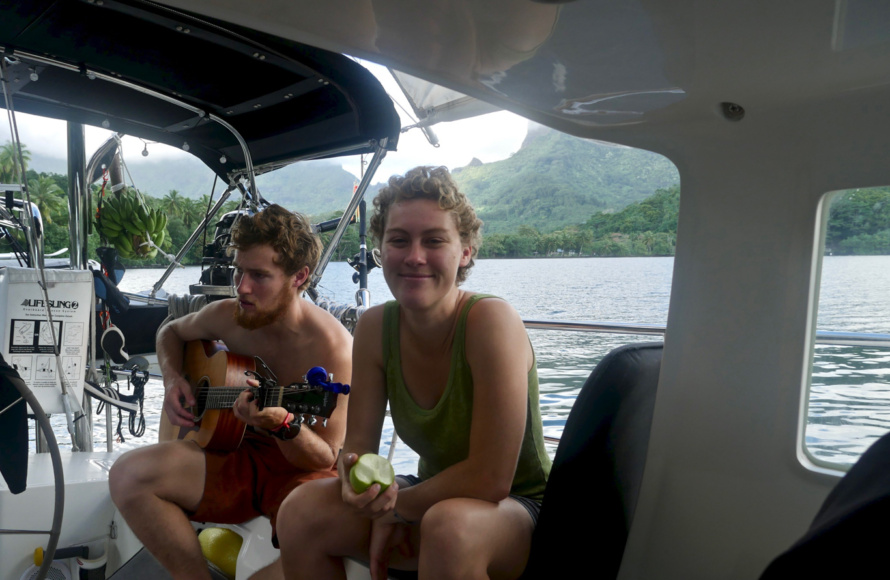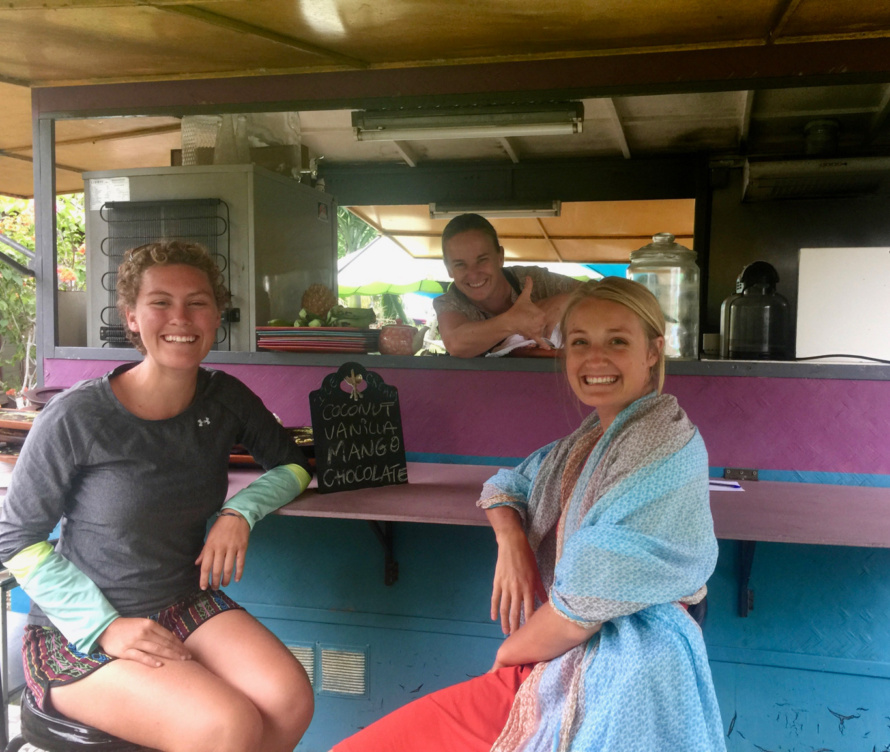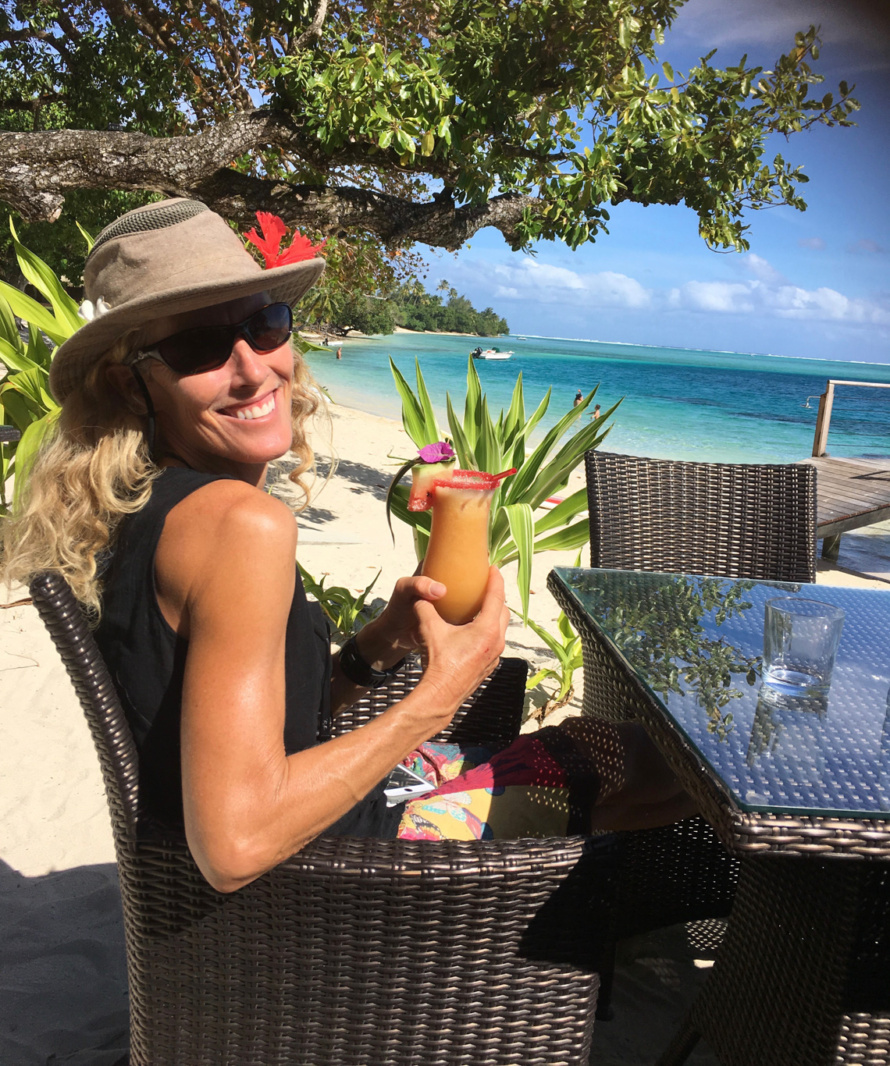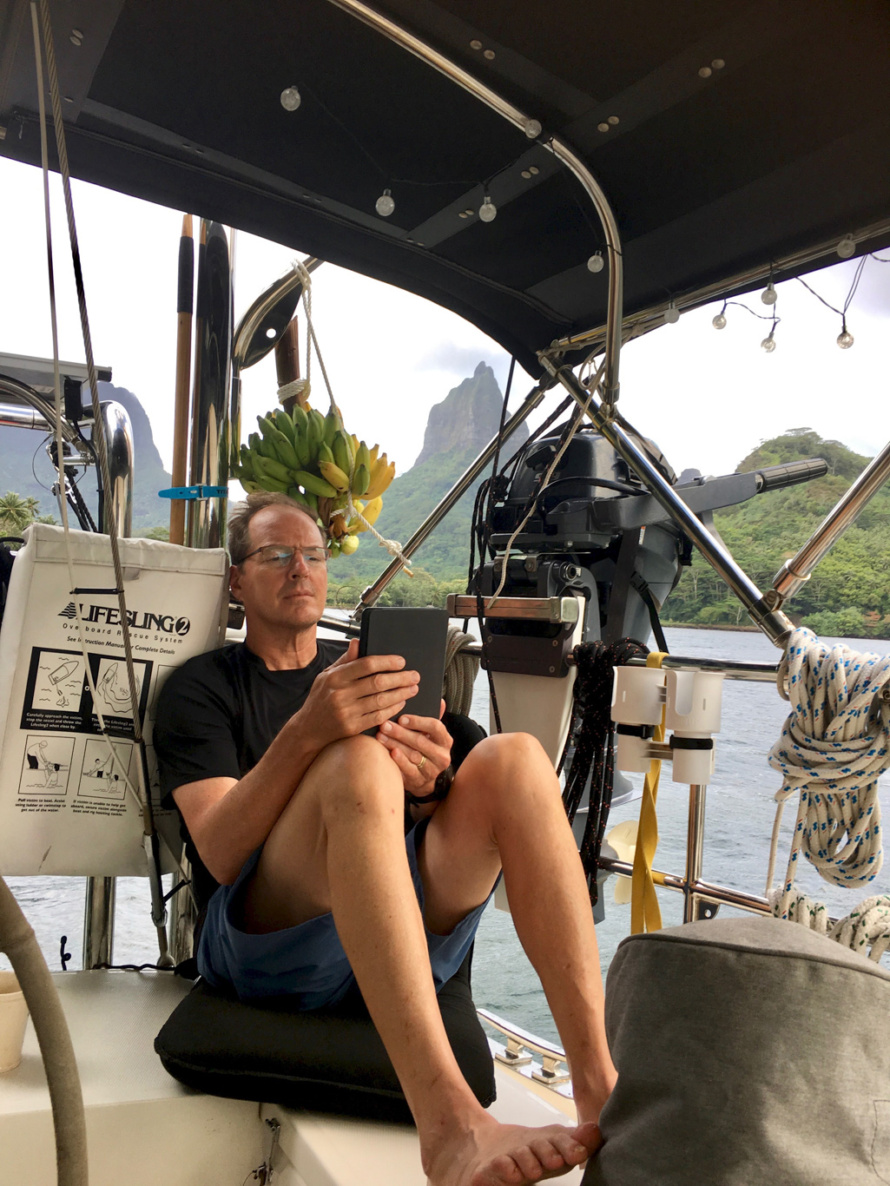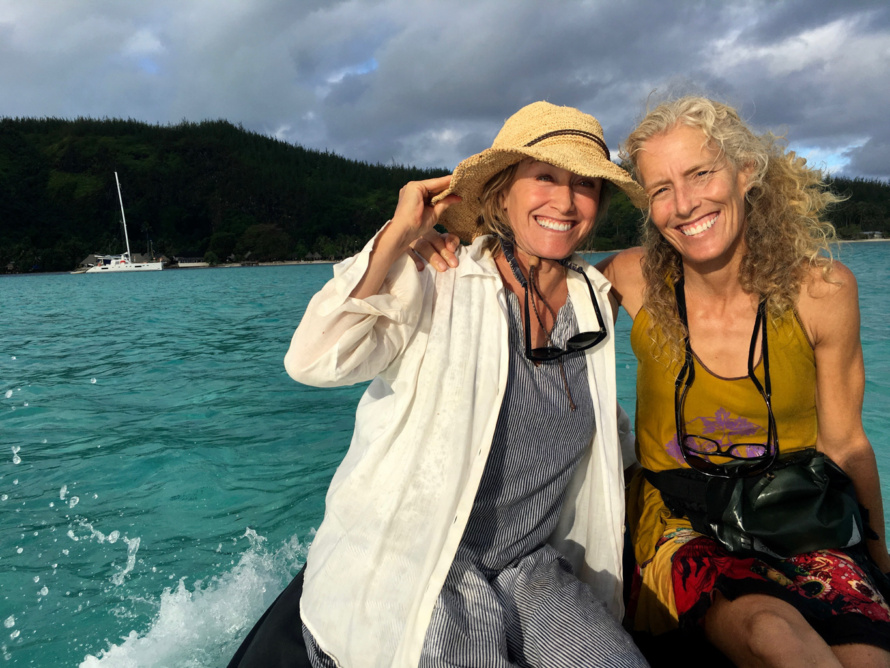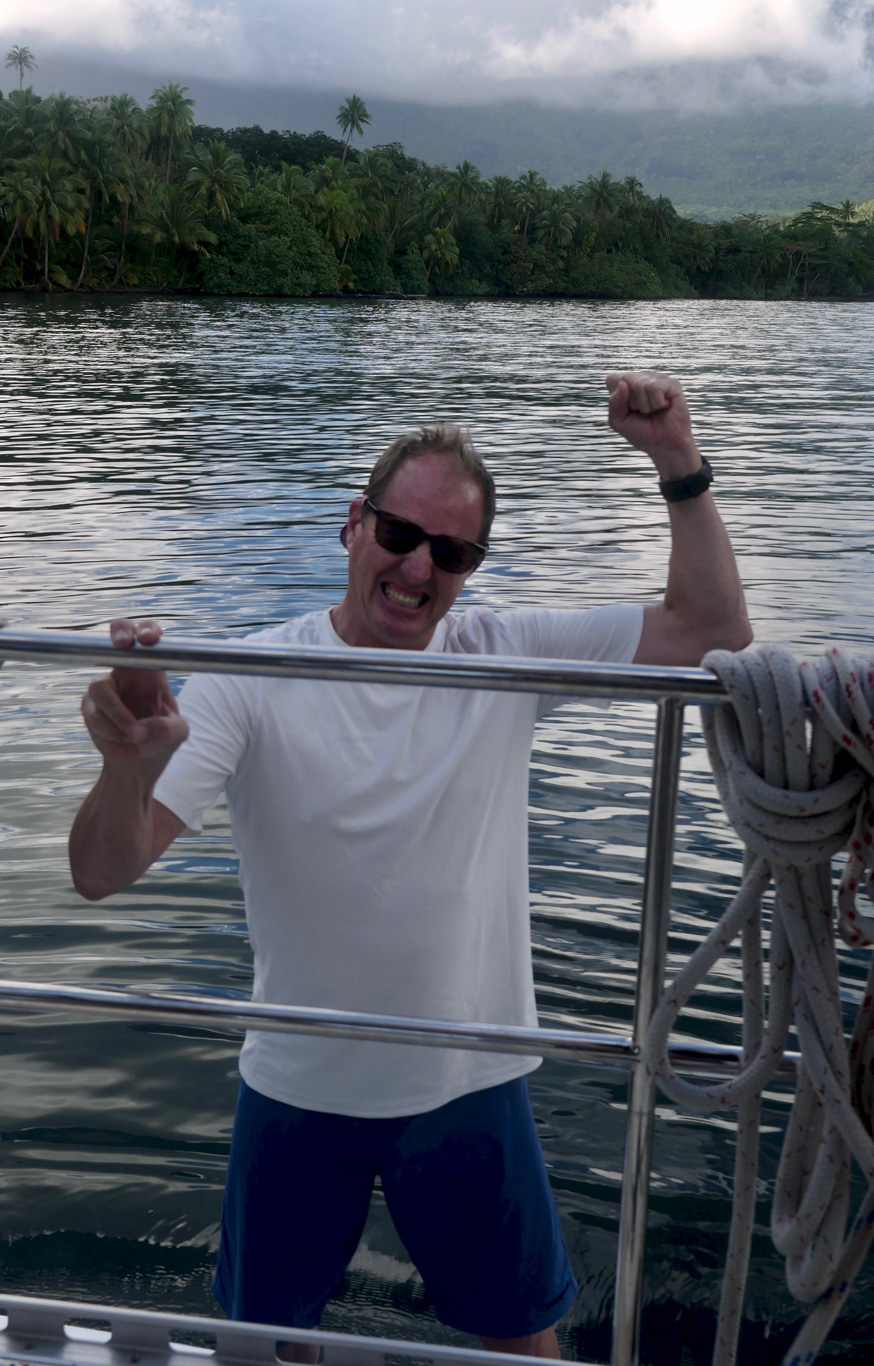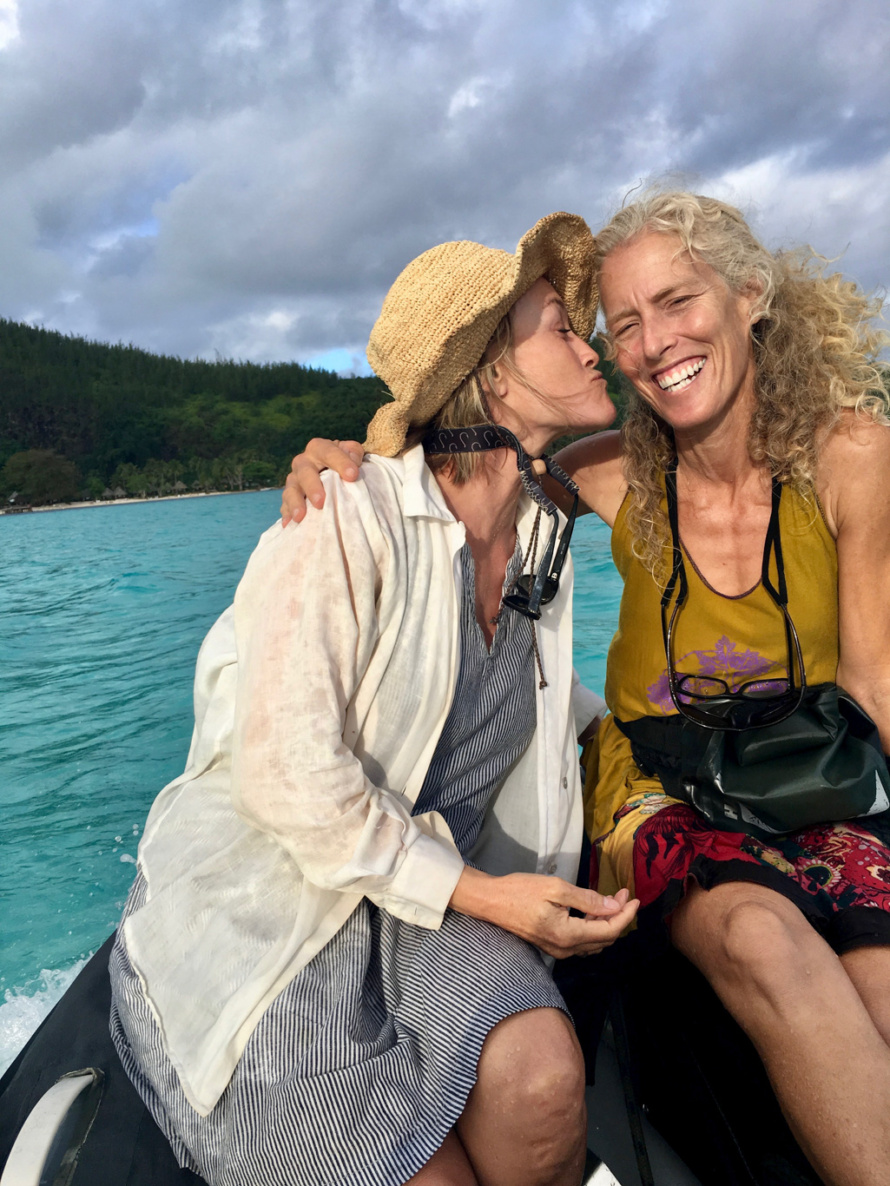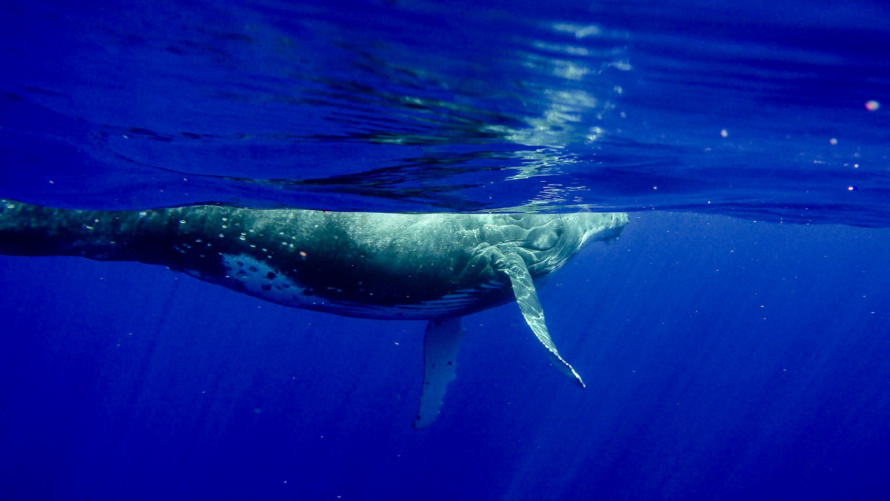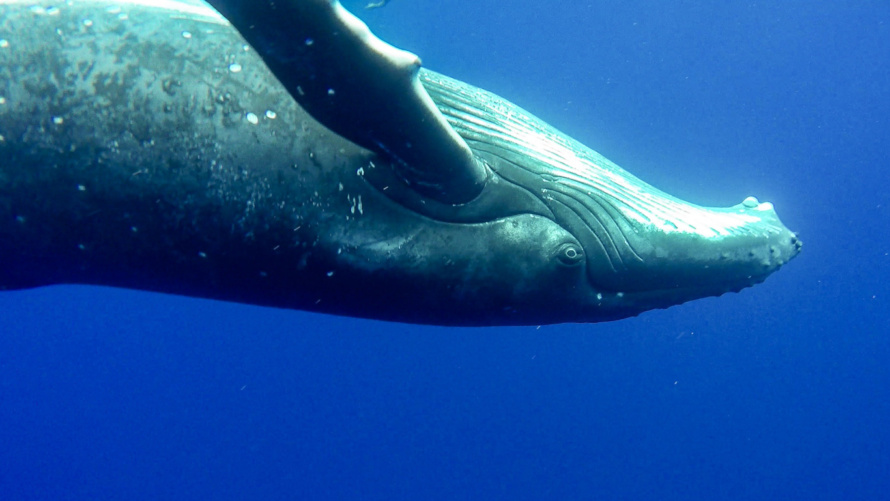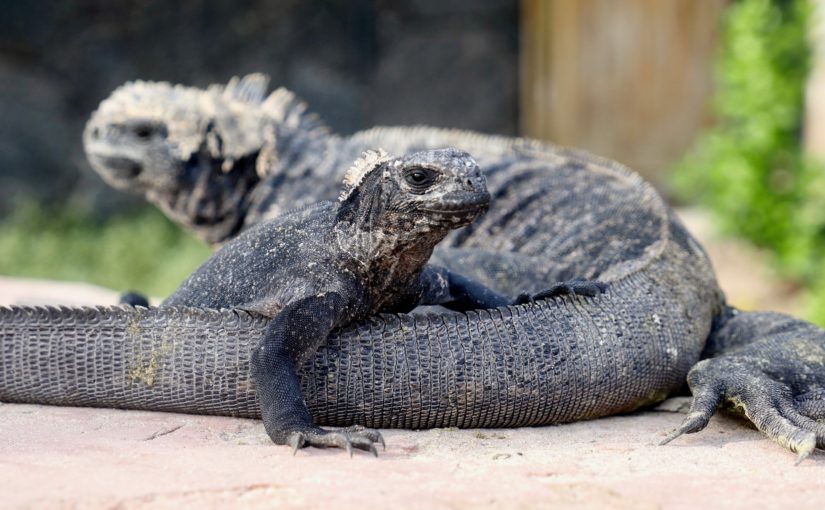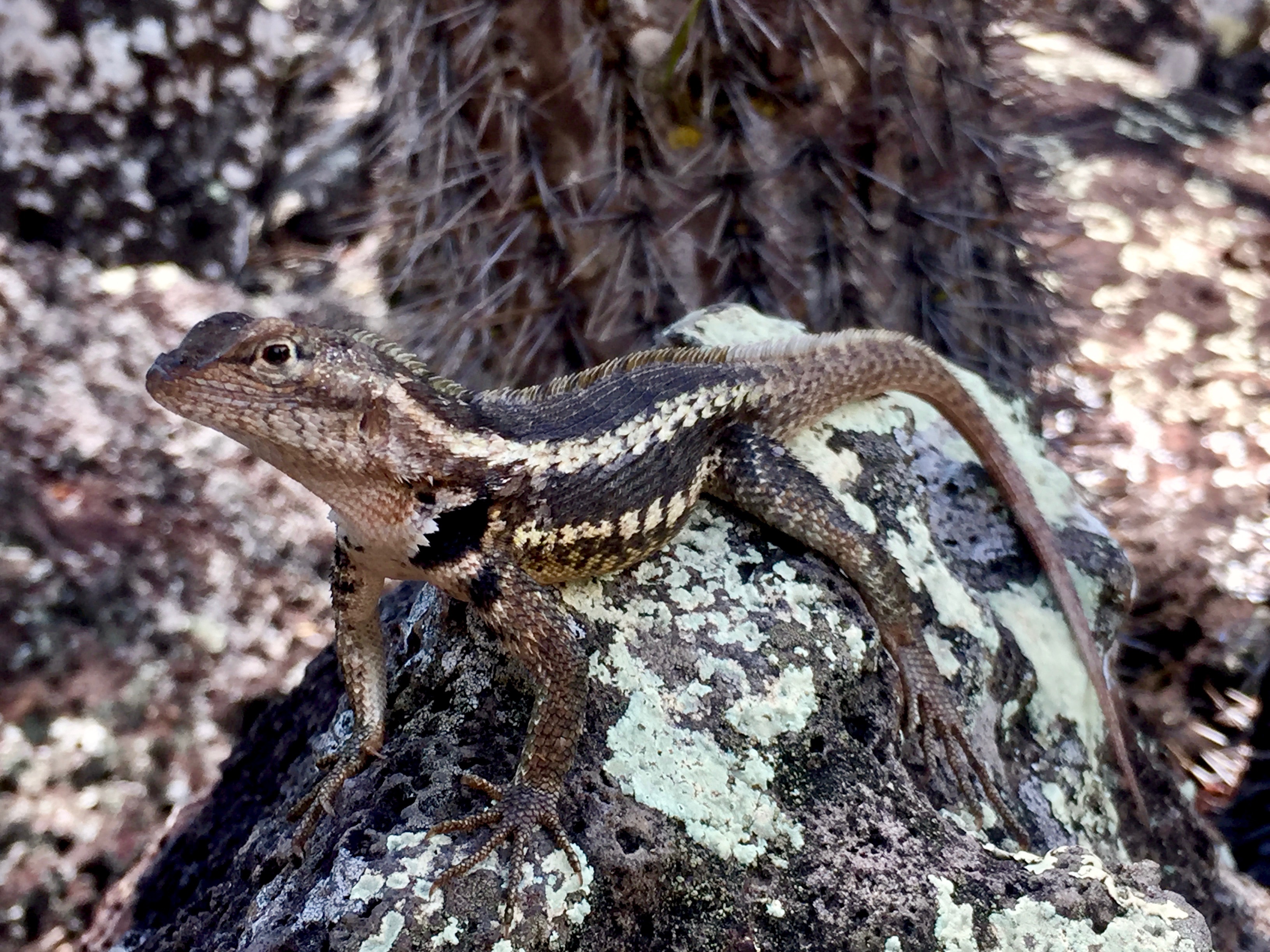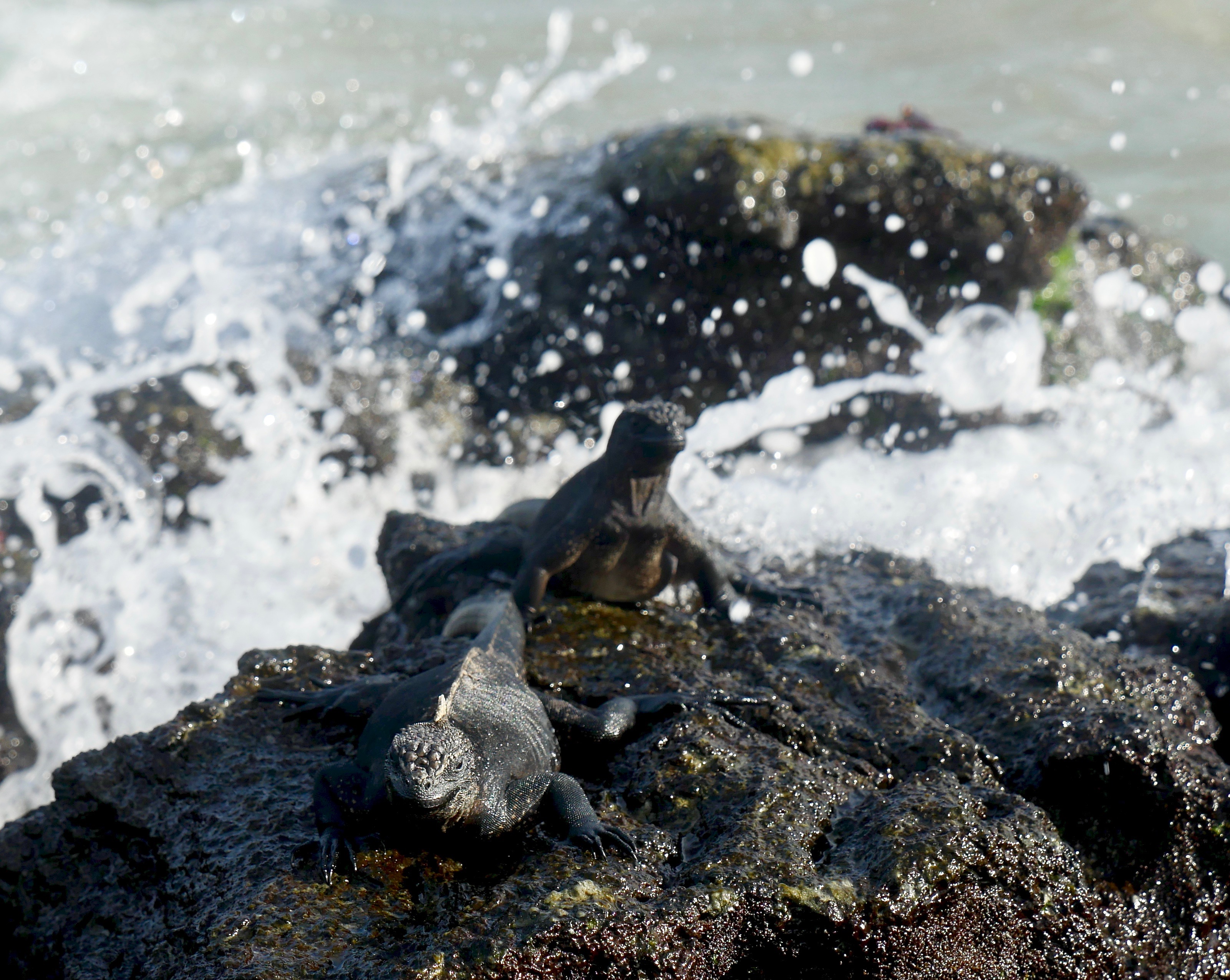The final Lembeh Strait muck diving album (see the previous two posts for more crazy creatures from these murky waters).
Tag: Wildlife
Run A MUCK – Lembeh Strait #2
Australia and Tasmania
Allora’s heading off on passage across the Torres Strait and the Arafura Sea from Australia’s northernmost islands to Tual, Indonesia. It’s just us two for this 4-5 day passage and conditions look good; it should be a brisk, downwind sail and we hope/plan to steer well clear of all the reputed fishing fleets! If you’re interested to track us on this passage, our Predict Wind Tracker link is under ‘Where In The World Is Allora.’ Should you need to reach us, head over to the ‘Contact Us’ page. And to AU and her fine people/landscape/creatures, you’ve been a whole lot of wonderful! It’s going to be a tough sail away …
Posts from these past 9 months forthcoming!
Farewell New Zealand, we fell in love …
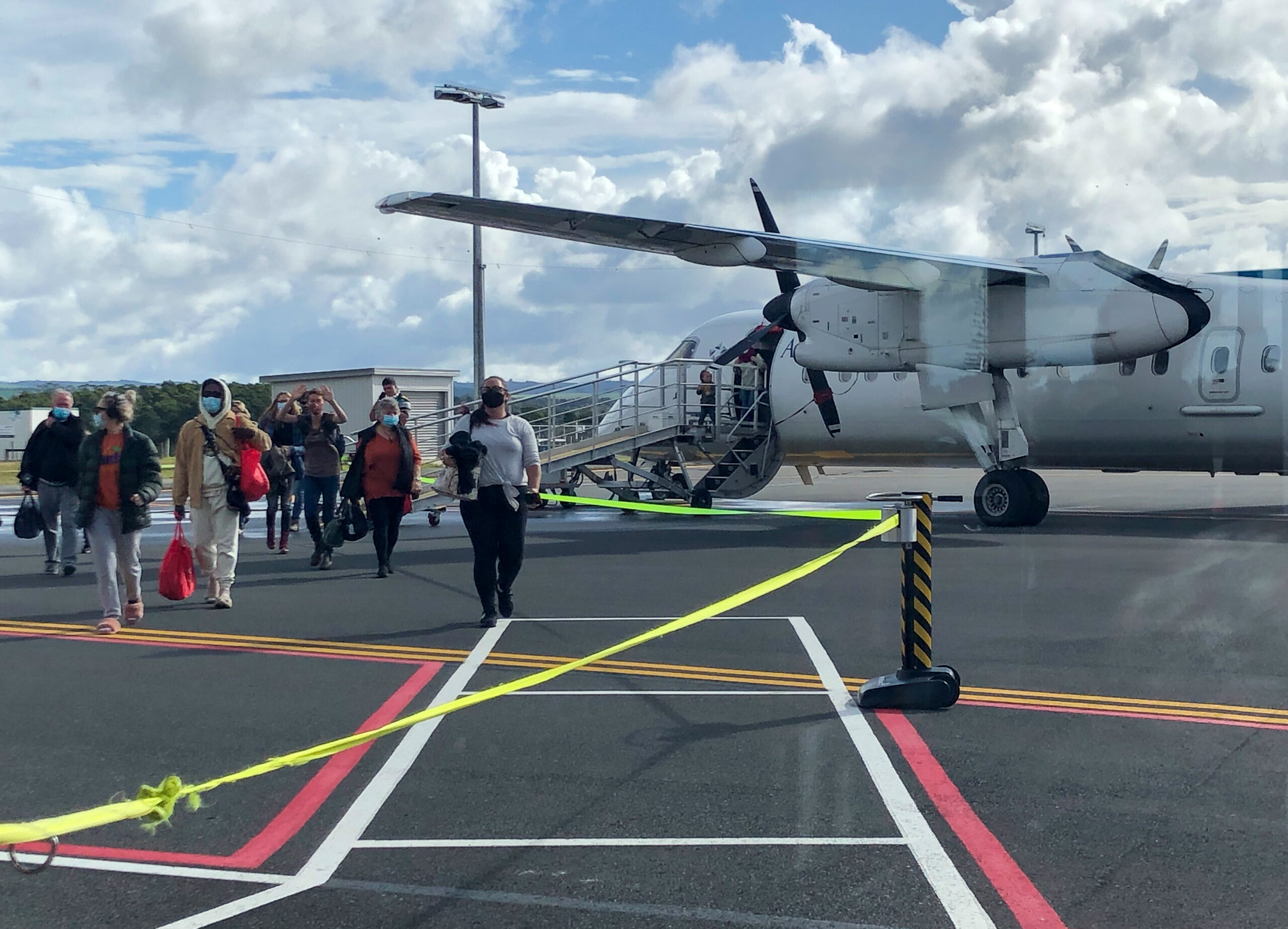

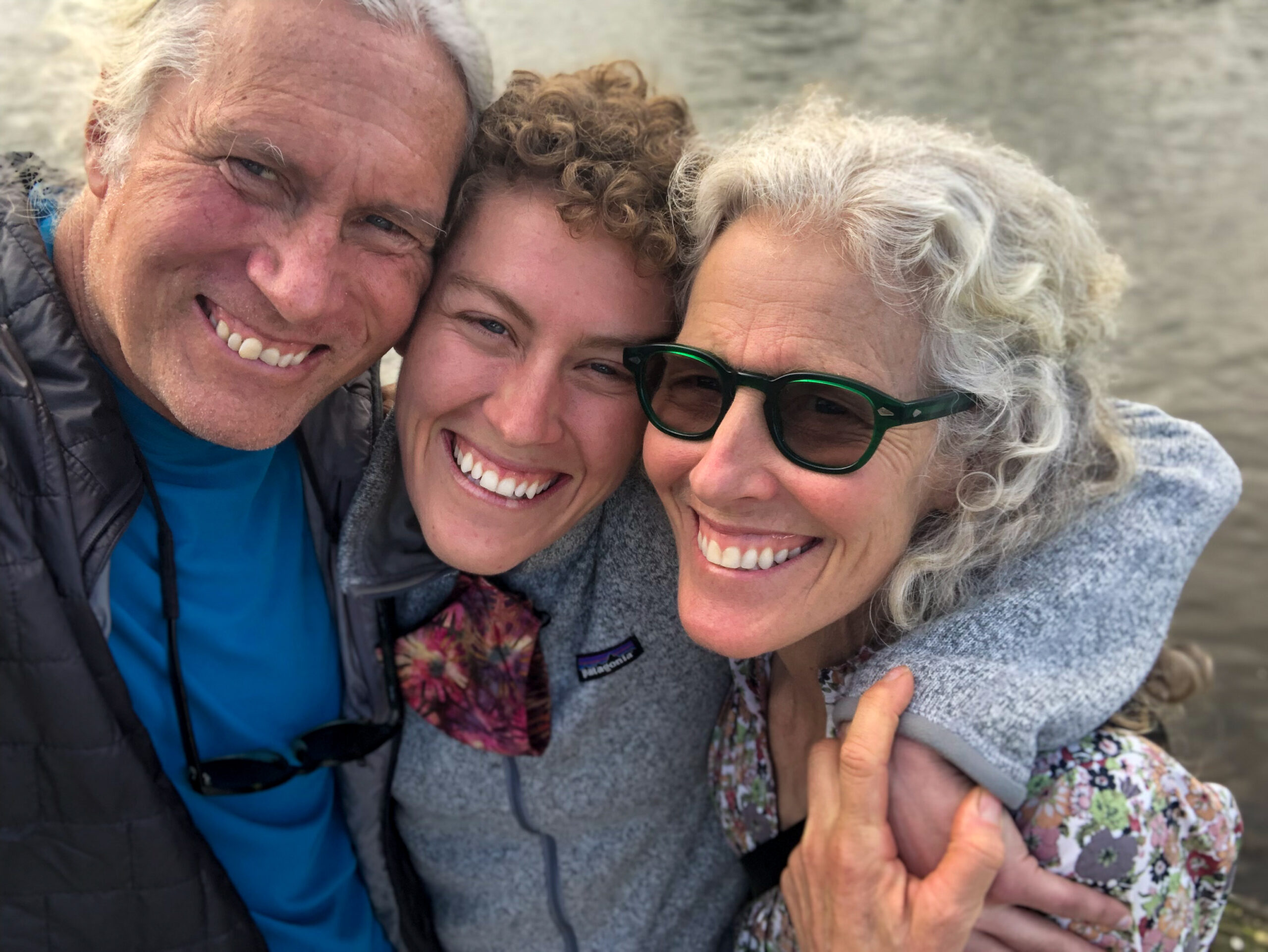

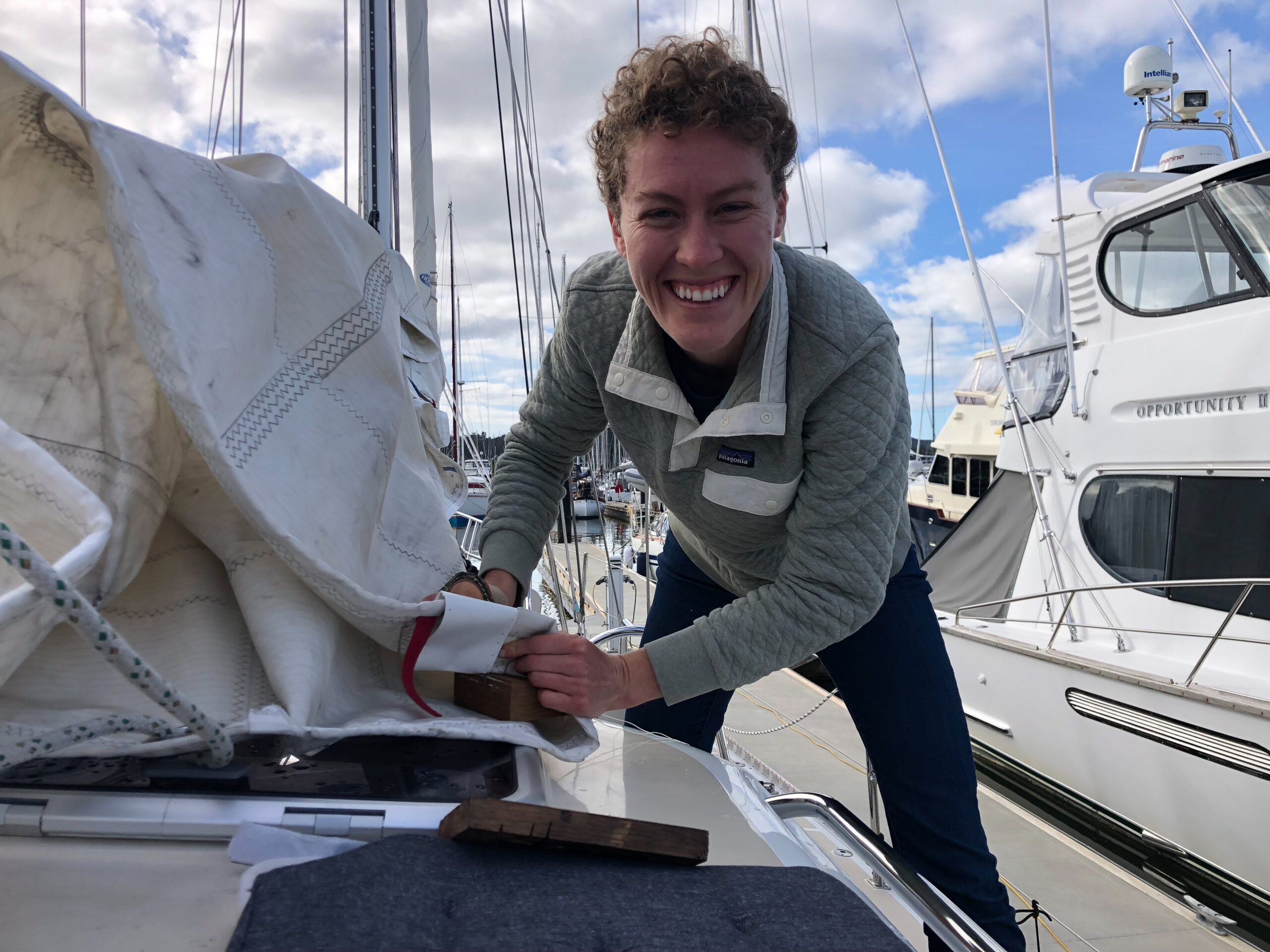

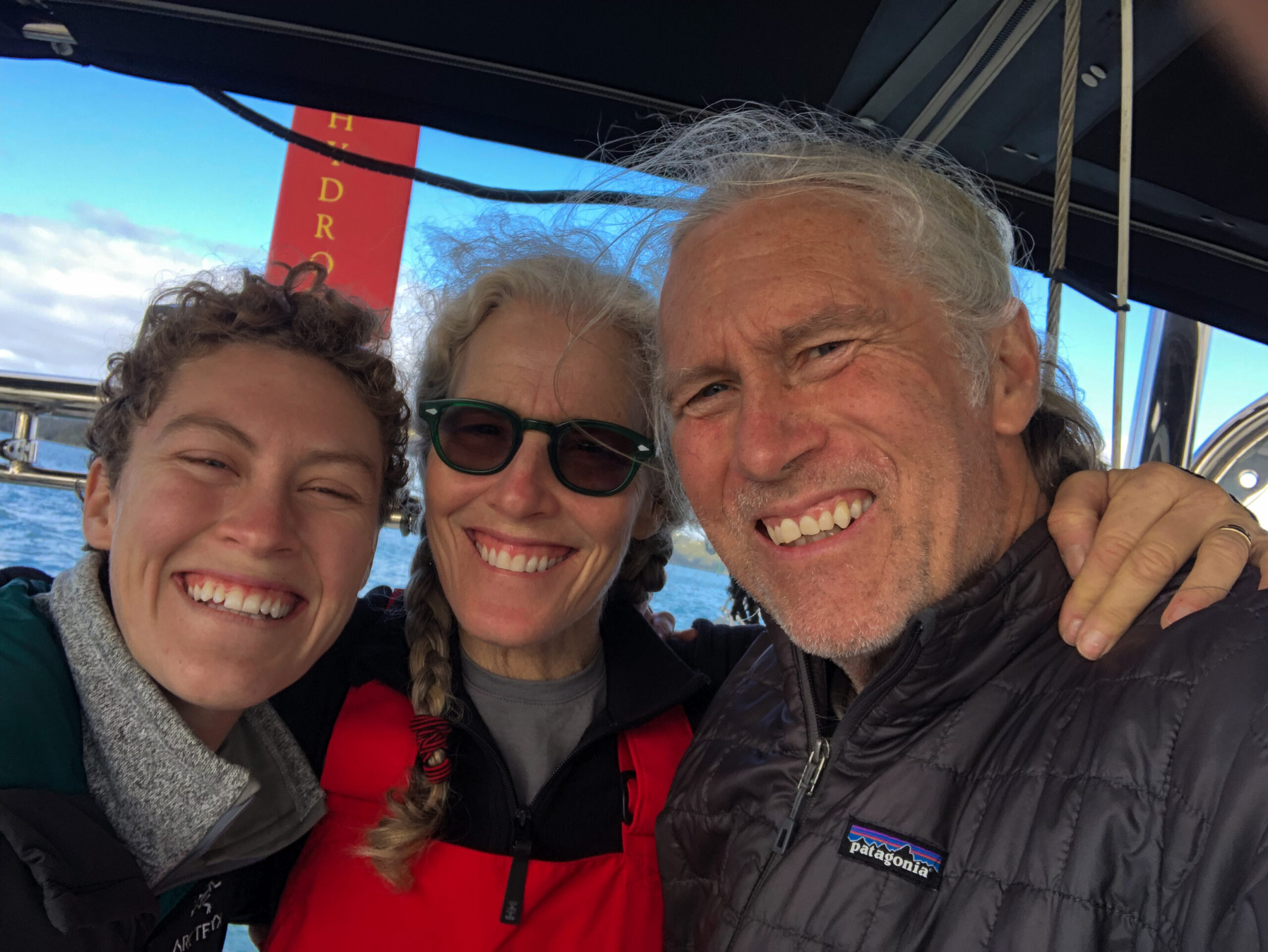
Passage to Fiji
Words we used to describe this passage upon arrival in Fiji when asked by the manager of Vuda Marina (pronounced Vunda): boisterous, lively, bumpy, rambunctious. Our passage was probably pretty typical, as good as you could reasonably expect from Opua to Vuda Point, Fiji. We left on the very day our fourth consecutive visitor’s visa finally expired! New Zealand took such good care of us throughout Covid, but the time comes when even the most charming guests need to be encouraged to abandon the couch and find some new friends. We departed on the end of a passing front, which meant strong (up to 42kts) SW winds kicking us on the tail. Diana posted these notes via Iridium to our tracker.
“You would have thought we were eager to leave NZ – the way Allora shot out of the gate and rode the tail end of a ‘low’ with 3+ meter waves and up to 42kts of wind! We’re now 24 hours and 175 nautical miles in, and the seas are showing a trend toward easing with the wind. Currently on a port tack paralleling our rhumb line. The guitars have just come out and “I Can See Clearly Now!” Highlights: bioluminescence, Albatross, slightly warmer temps and Maddi as crew (just one night watch each, woohoo!”)


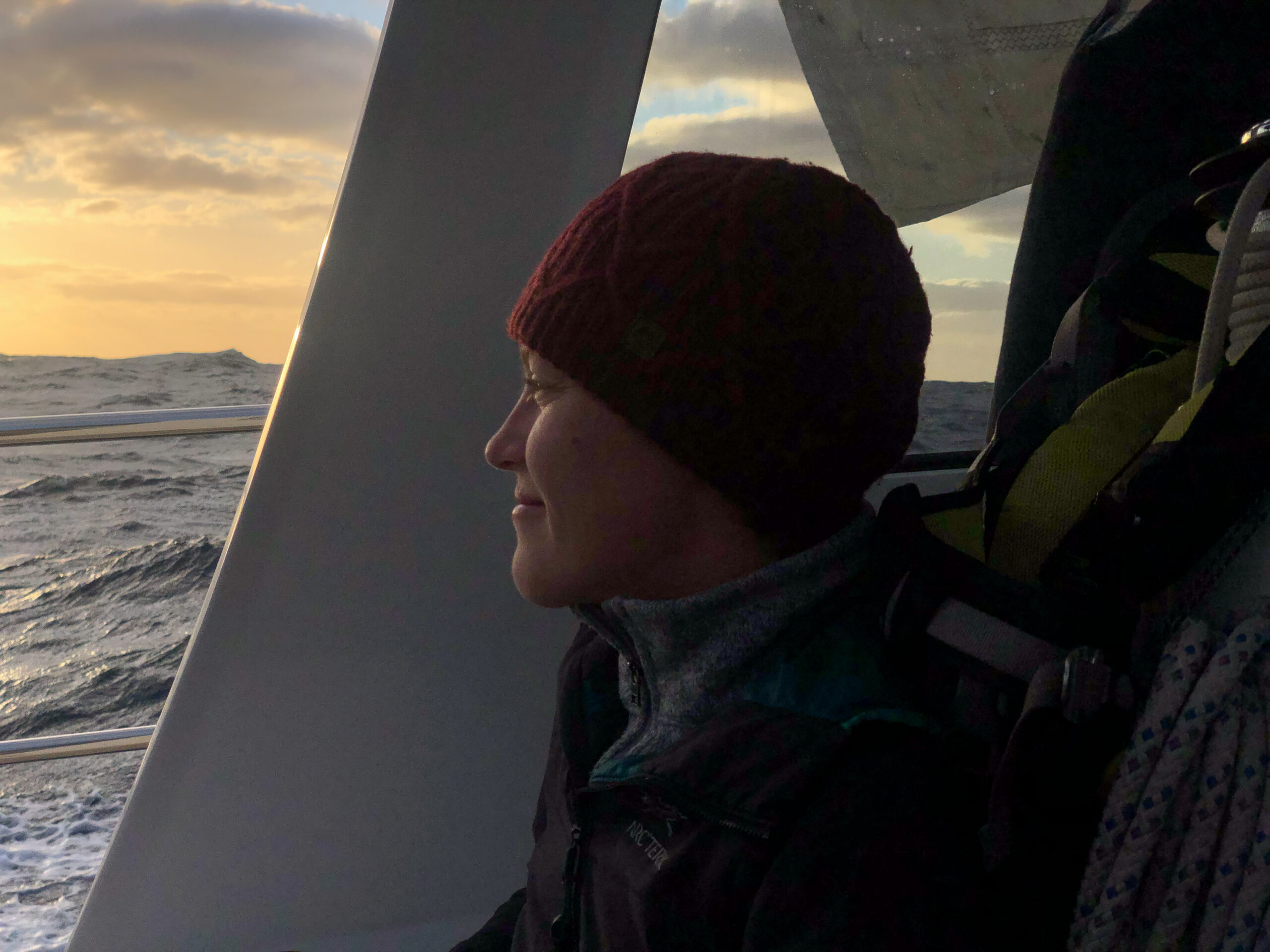
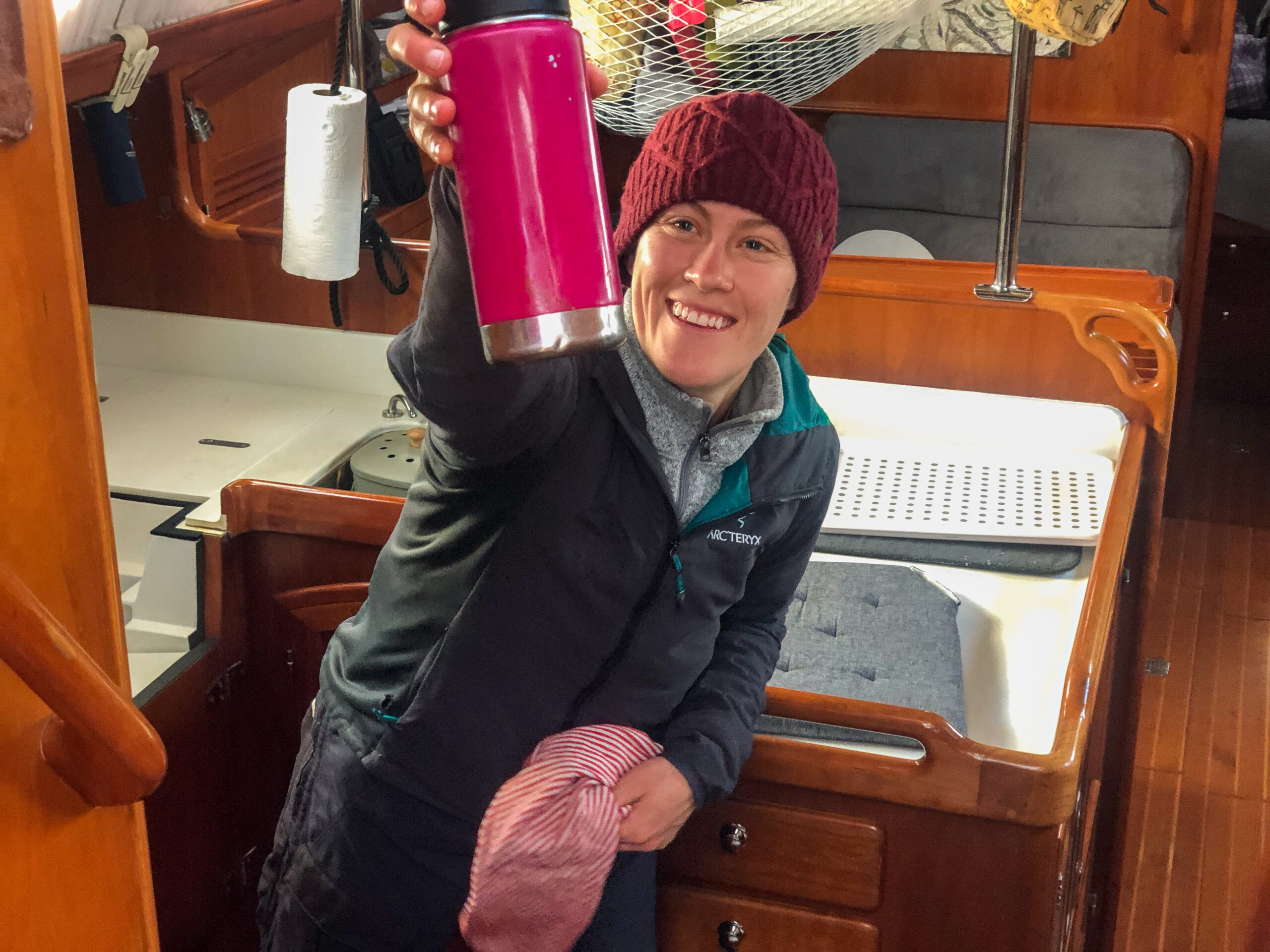
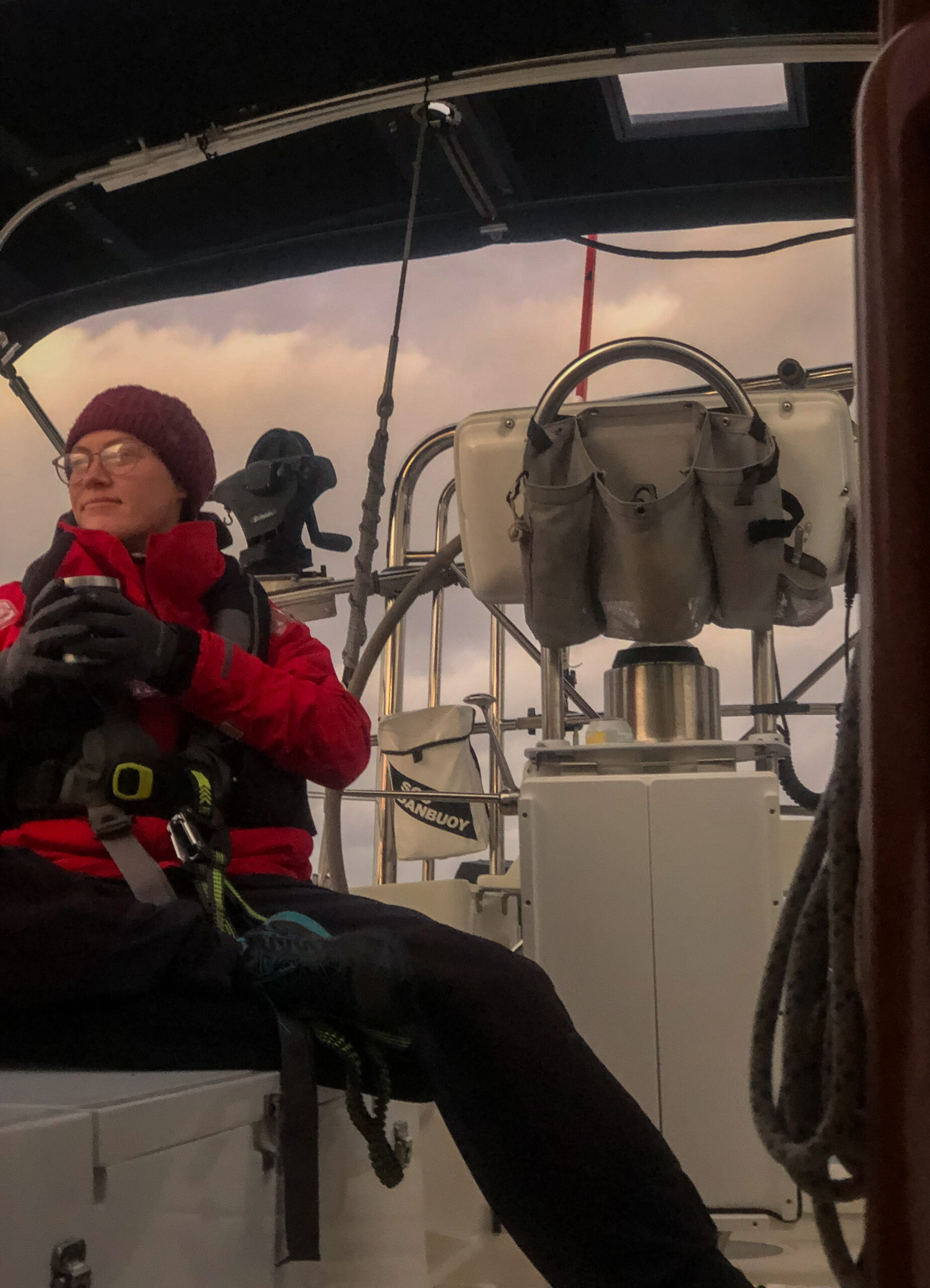
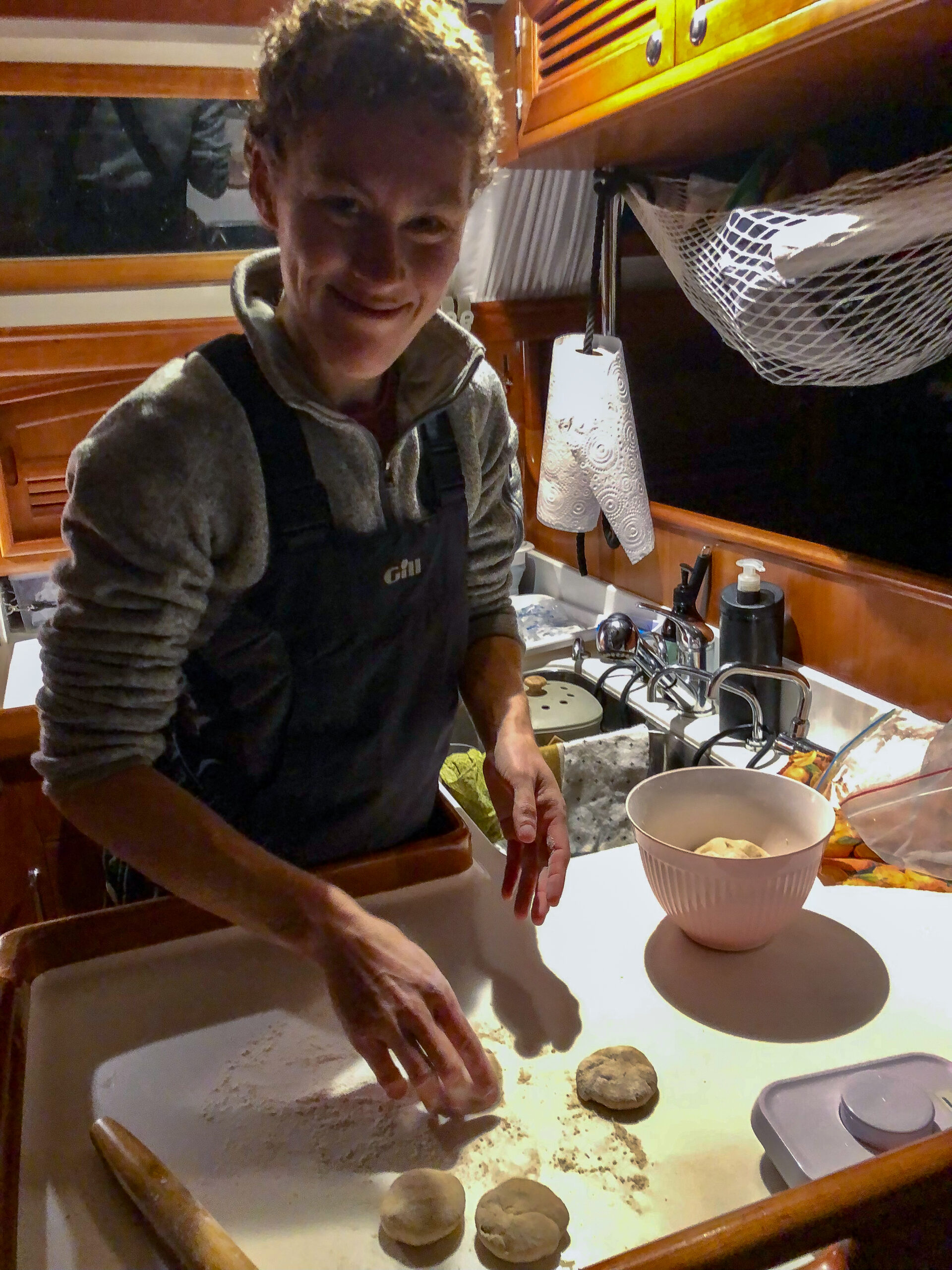
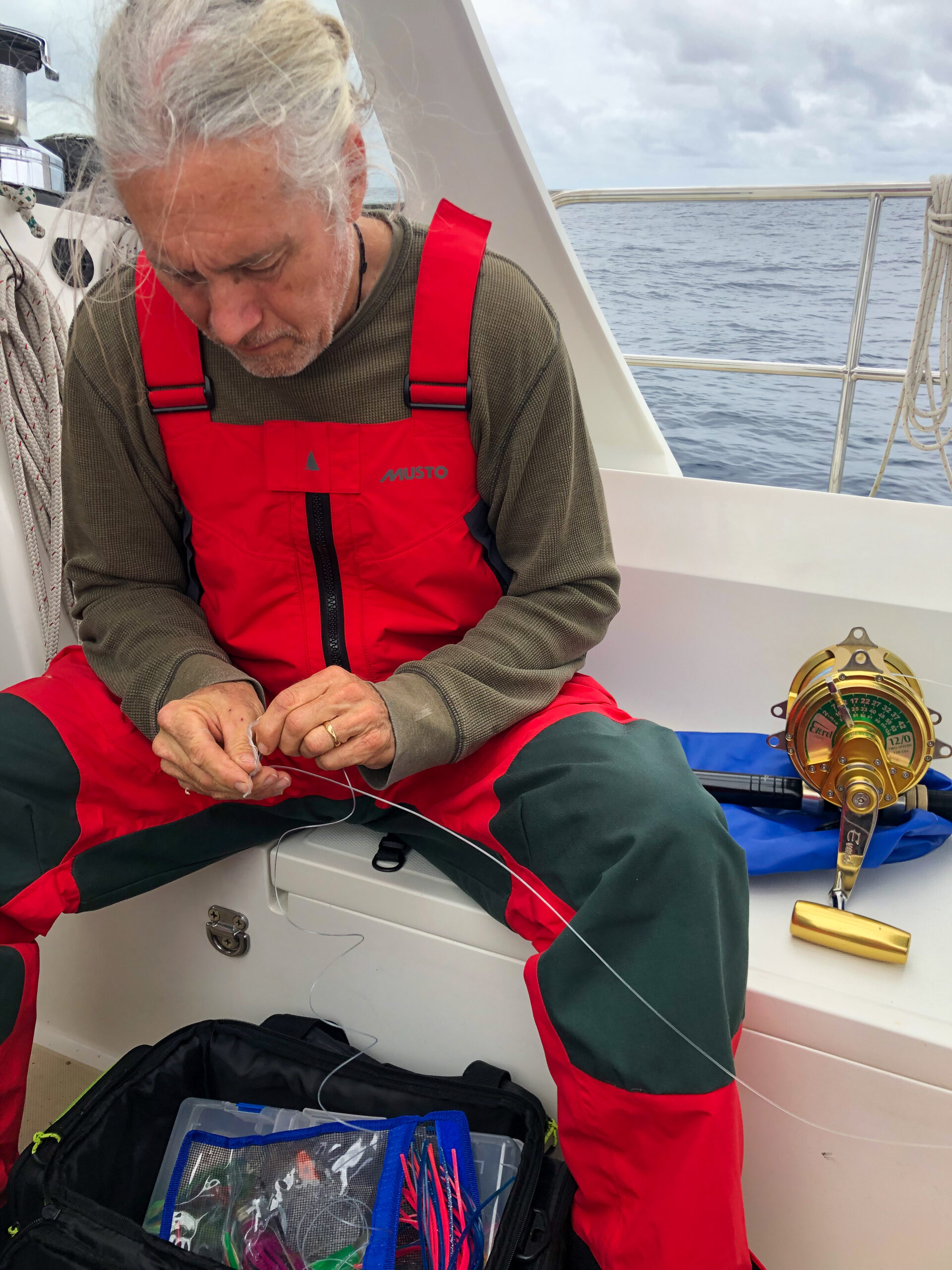
We hoped for maybe a day of wind to push us along, but we were lucky as the winds held out for almost two. You hear about the occasional passage with wind the whole way, but the horse latitudes aren’t called the horse latitudes for nothing… well actually there seem to be a quite a few theories about why they’re called the horse latitudes, only a couple of them to do with the paucity of wind. The basic idea is that this is where the easterly trade winds peter out, but is also the normal limit of frontal systems and westerlies in the mid-latitudes. Makes sense if the wind is going to switch from West to East that there should be some dead space between. We motored for just under twenty-four hours (we thought it might be as much as two days) using our 80 horses to get us through. We’re not big on running the engine (the noise gets tiresome and makes guitar playing tough), but we did enjoy the calmer seas, and the increasingly warmer night watches.
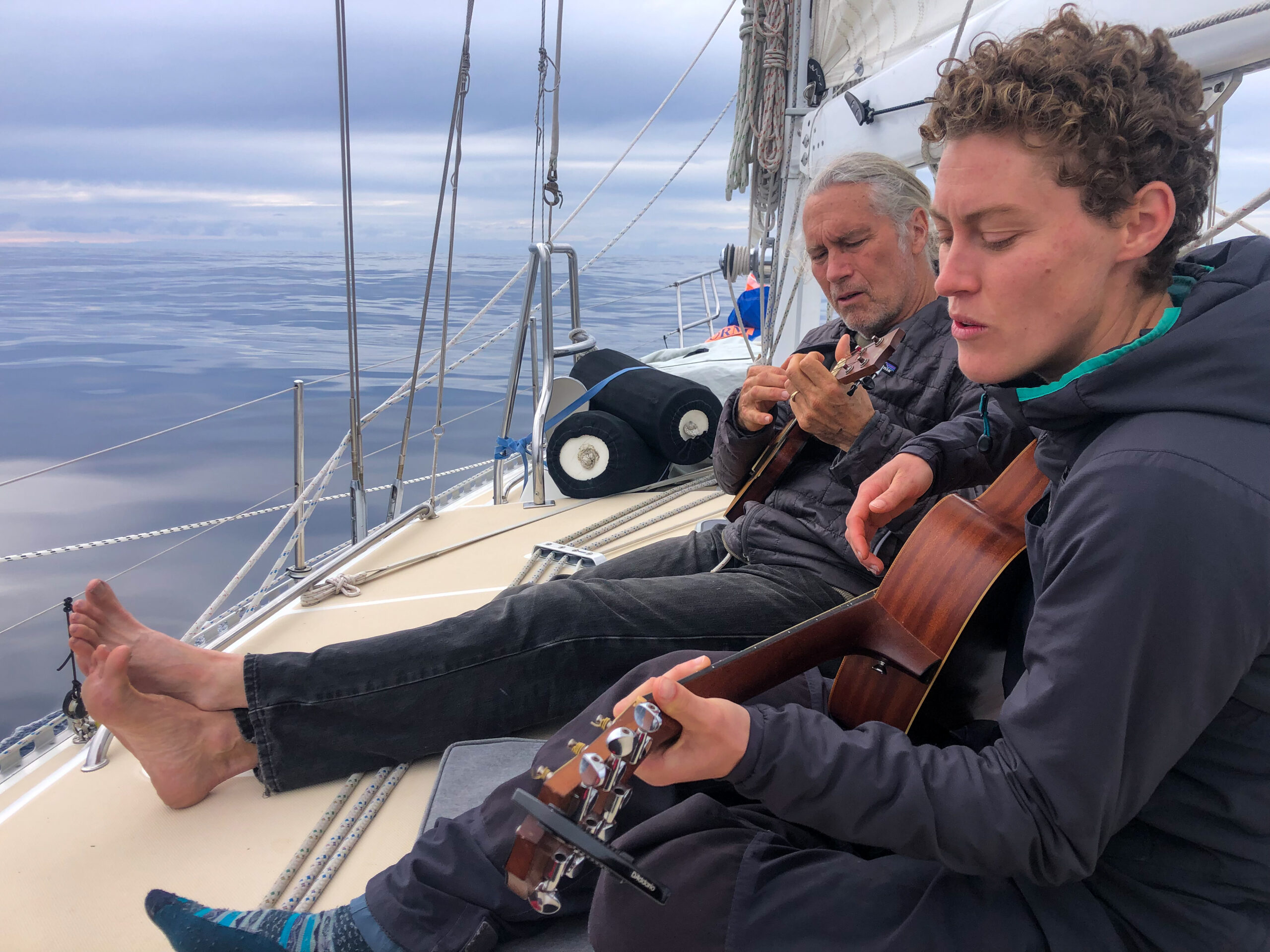
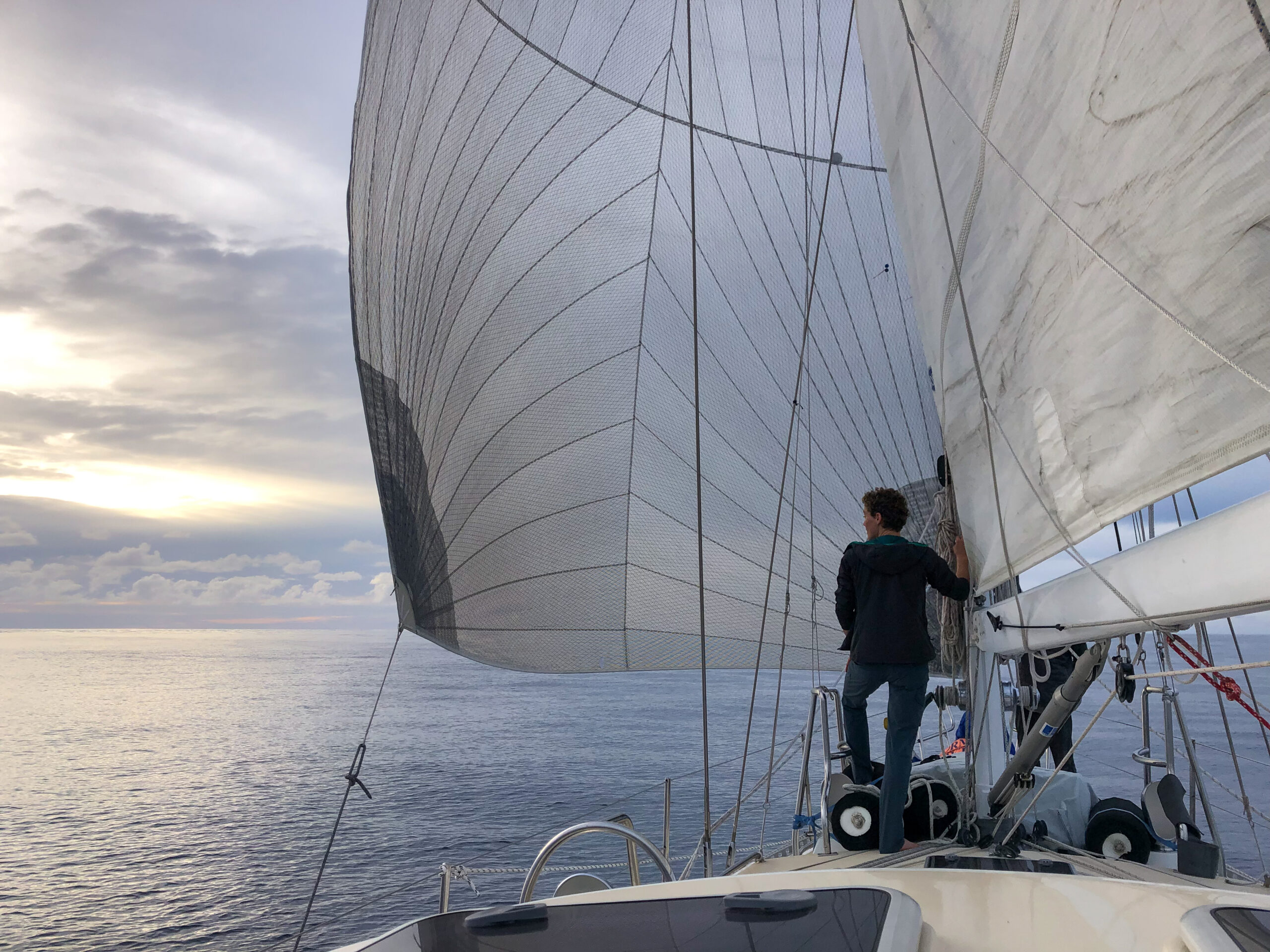
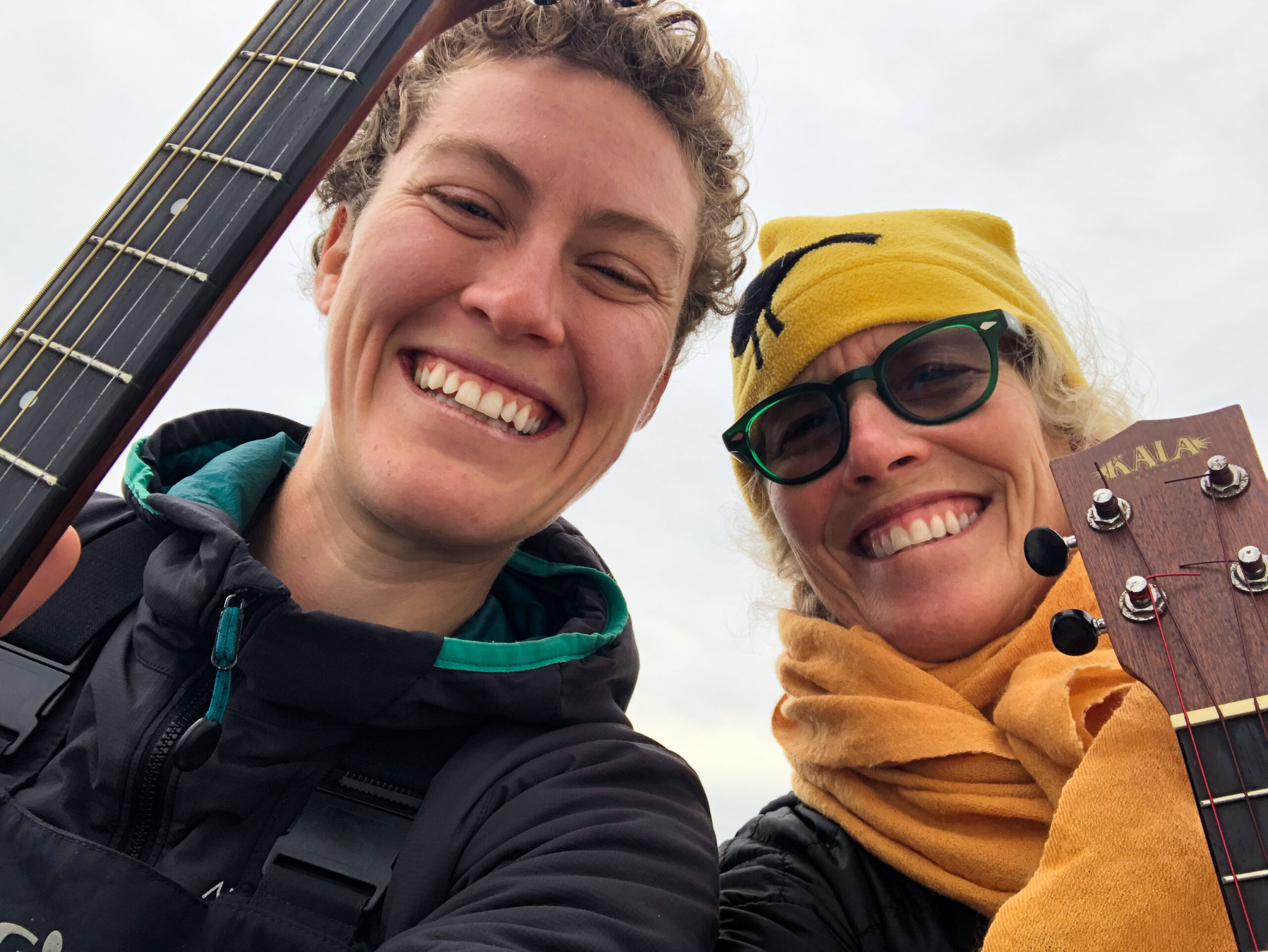
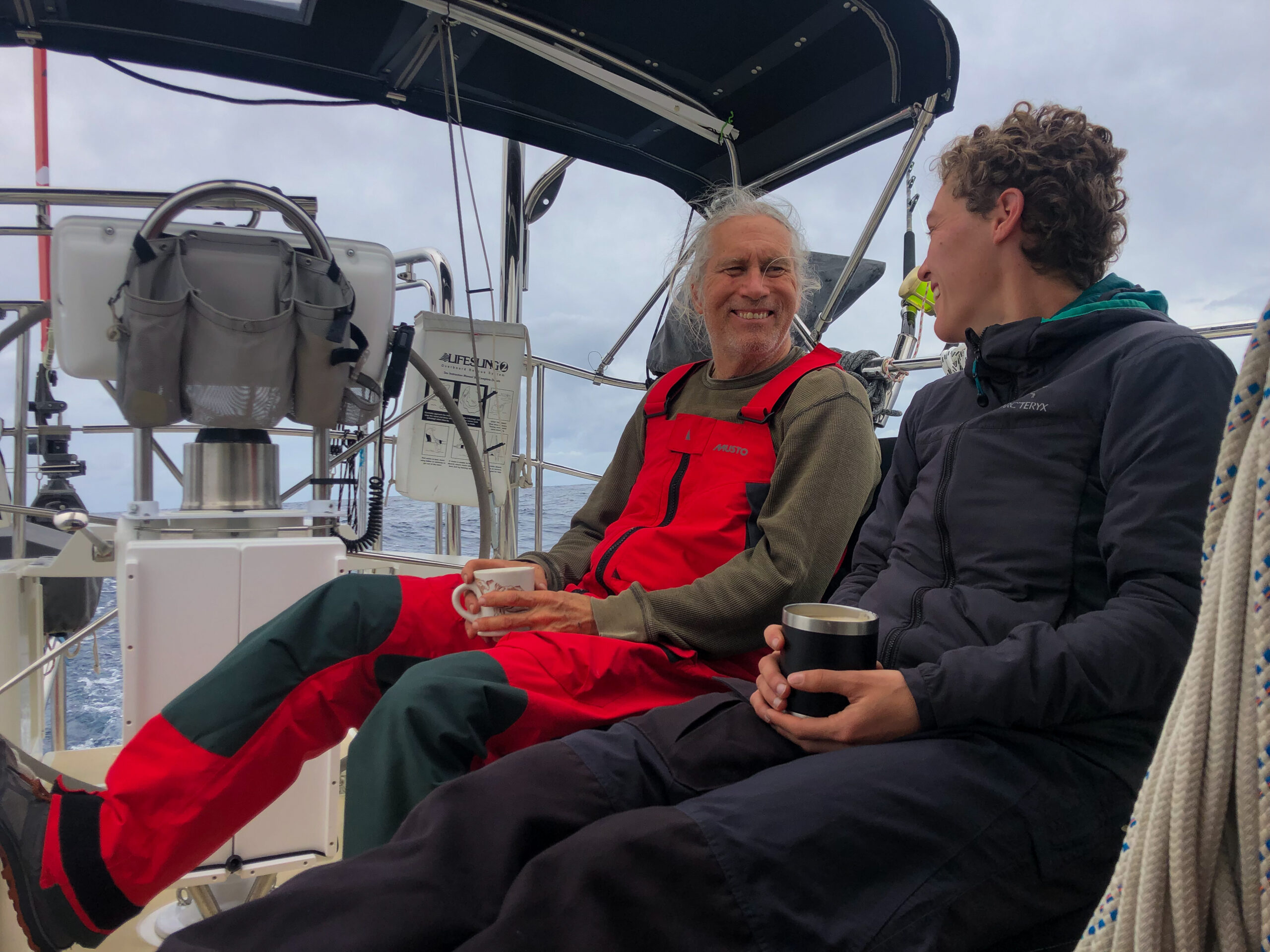

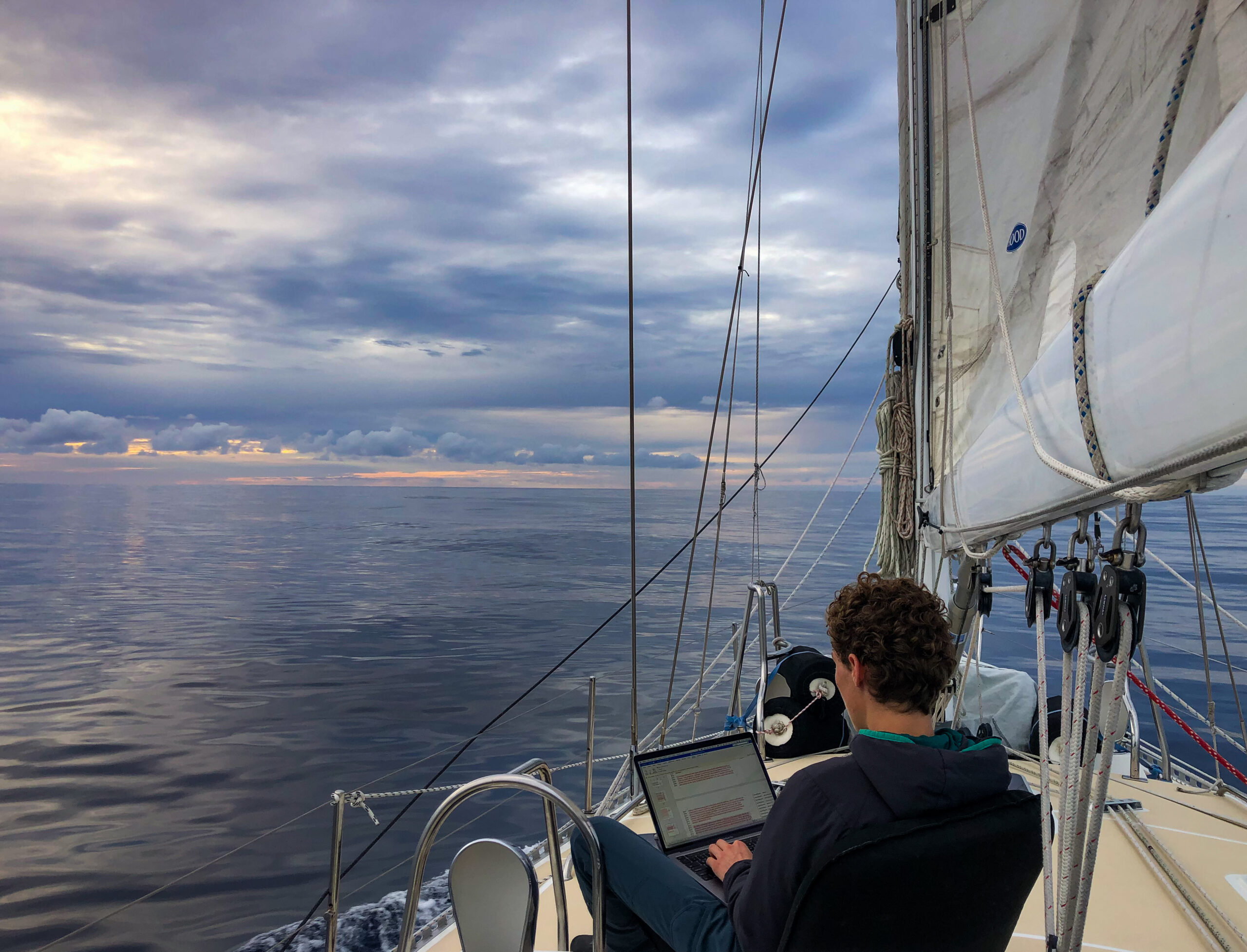
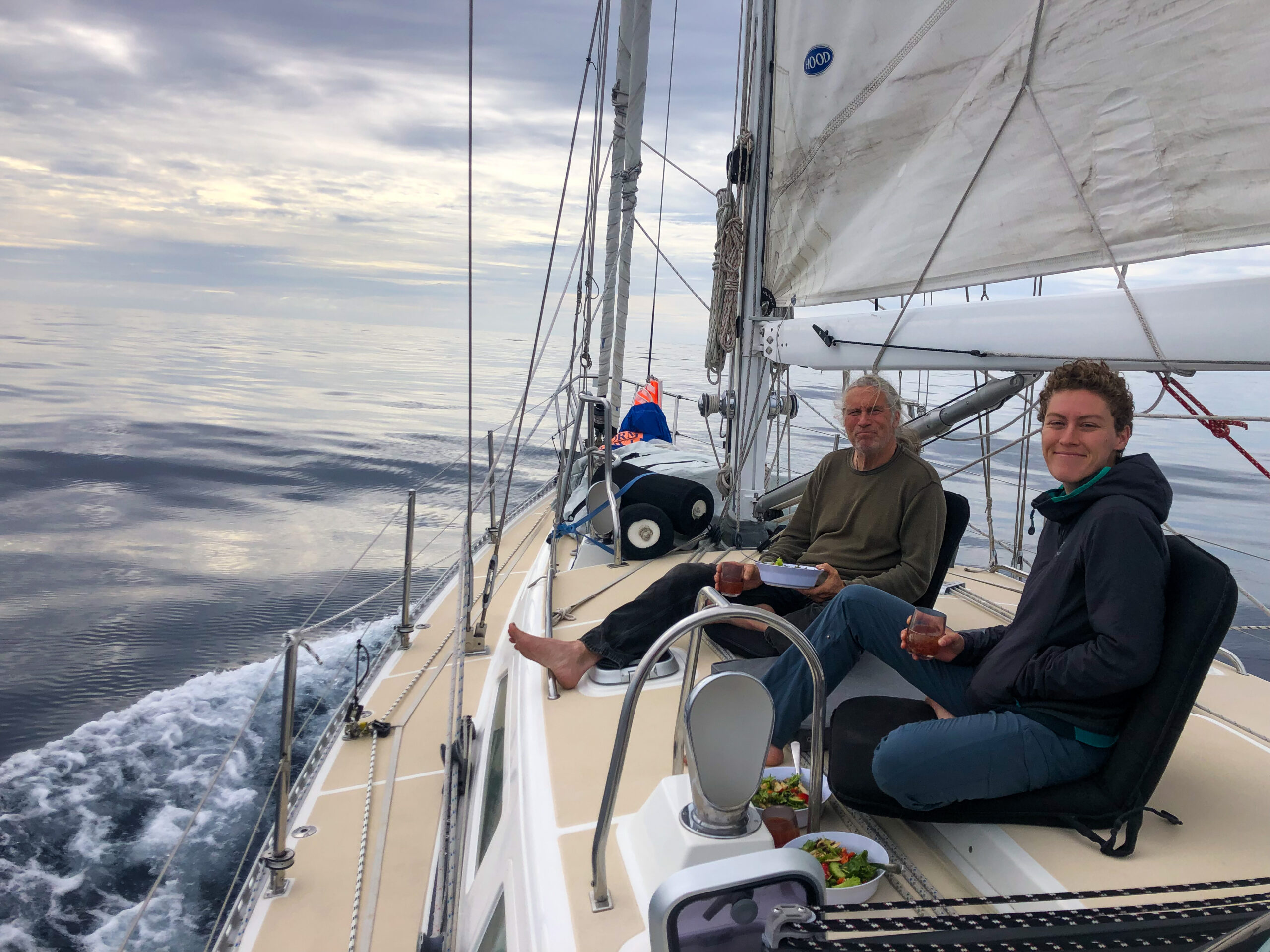
On my watch, just after dawn, just as I was about to shut the engine off and rally the troops to hoist the code zero, the engine made a loud screech and shut down without any warning beeps or anything. What followed was a gorgeous day of sailing in light beam winds with the big sail out that was a bit sullied by time spent trying to figure out what was going on with the engine. We suspected a transmission problem as there have been signs of impending doom for a little while, but we didn’t want make things worse and break something further, by trying to start it up until we could eliminate the possibility of water in the cylinders. I exchanged a few texts with the Yanmar guy in Lyttelton, Brian, who by good fortune happened to be at his shop on a Sunday, and he talked me through what to look for. Our mechanically minded sailor friends Ian in England (previously mentioned in this blog as the man with a plan) and Mark from Starlet both responded promptly to our SAT phone email with gearbox advice that was invaluable. I’m sure anyone can imagine how good it feels when you’re hundreds of miles out to sea, to have friends like this to turn to. Later, the Fijian mechanic showed us pictures of the main bearing in the gearbox which had literally blown up (which more than explained the problem.) Why is a longer story, which I’m happy to share with anyone interested in the gory details. I promise not to take the fifth. Luckily, we didn’t need the engine until well inside the reef at Fiji. By some miracle it held together long enough to get us into the marina.
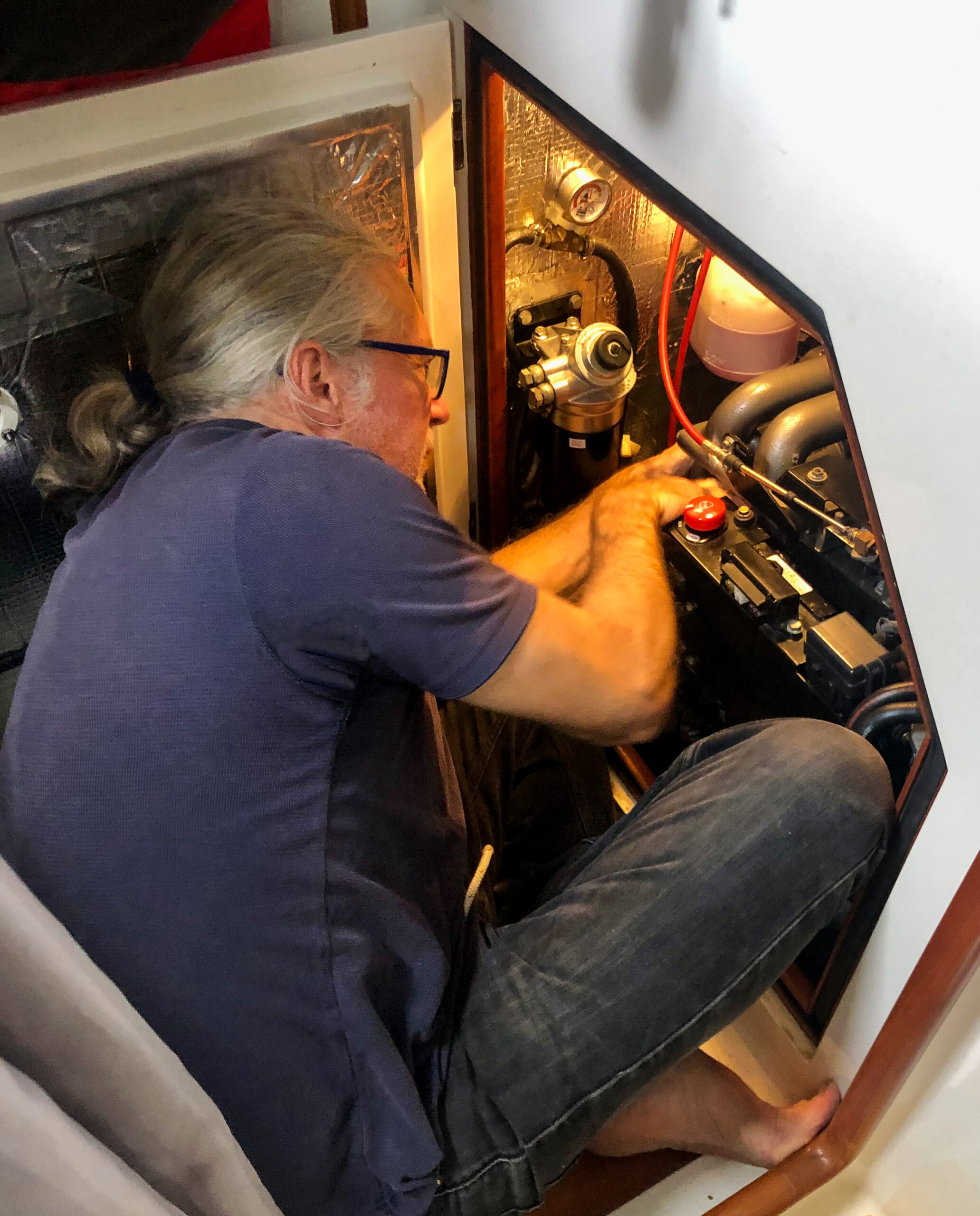
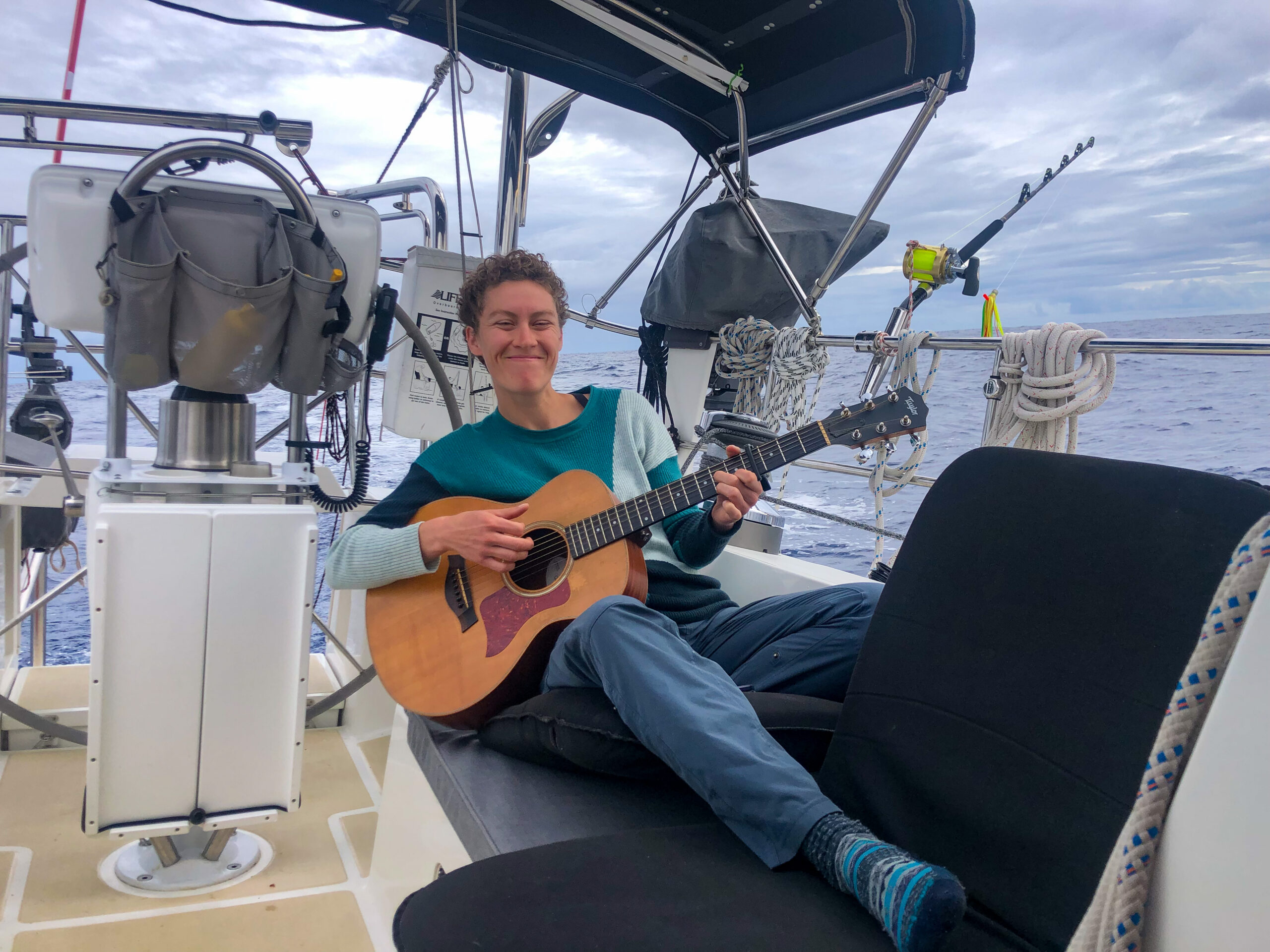
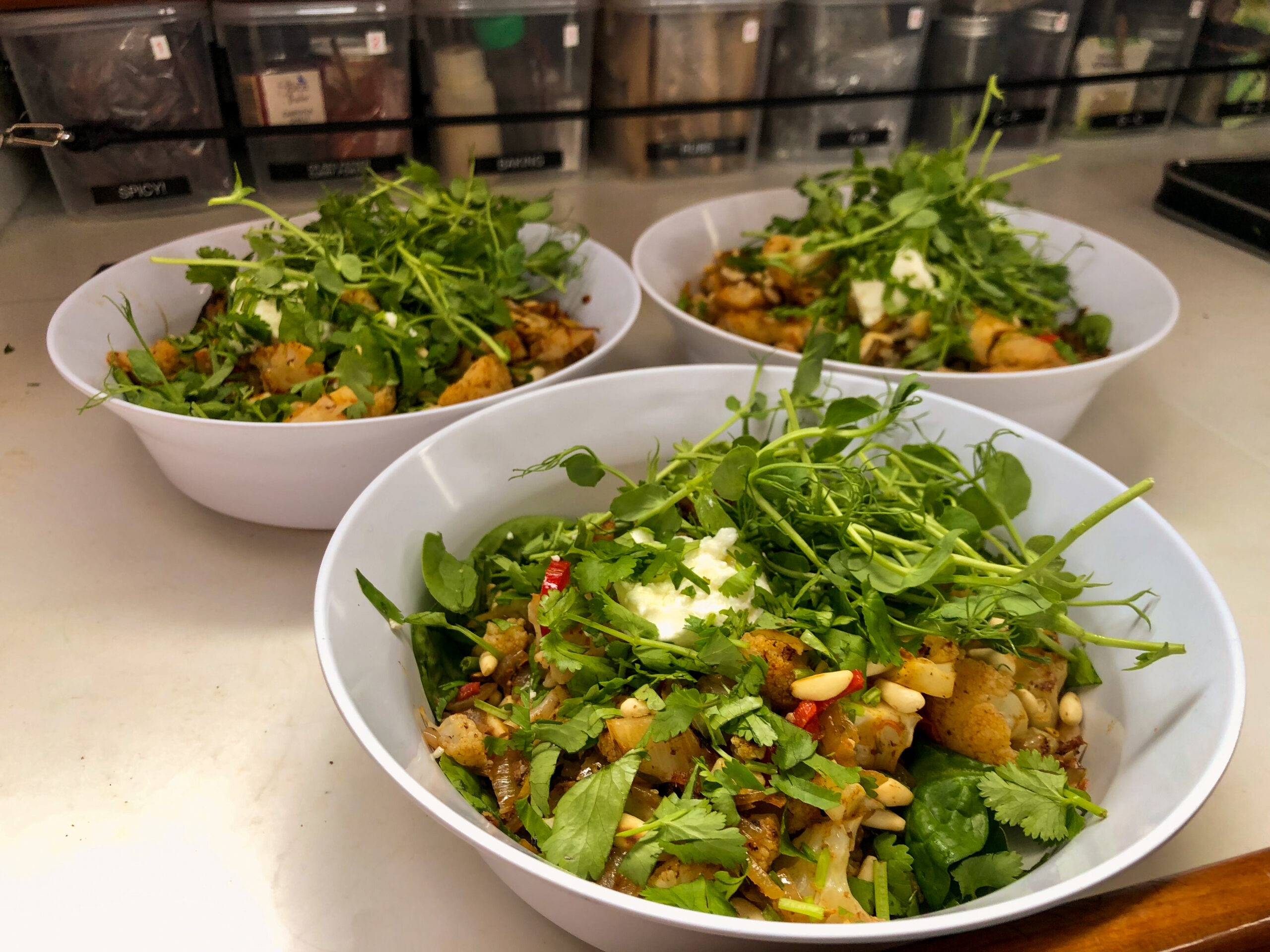
The rest of the sail, the wind was on the beam or just ahead of the beam, consitently over 20 knots with 3 to 4 meter very confused seas for the first day, which slowly moderated a little (though the wind did not) and became more regular. 
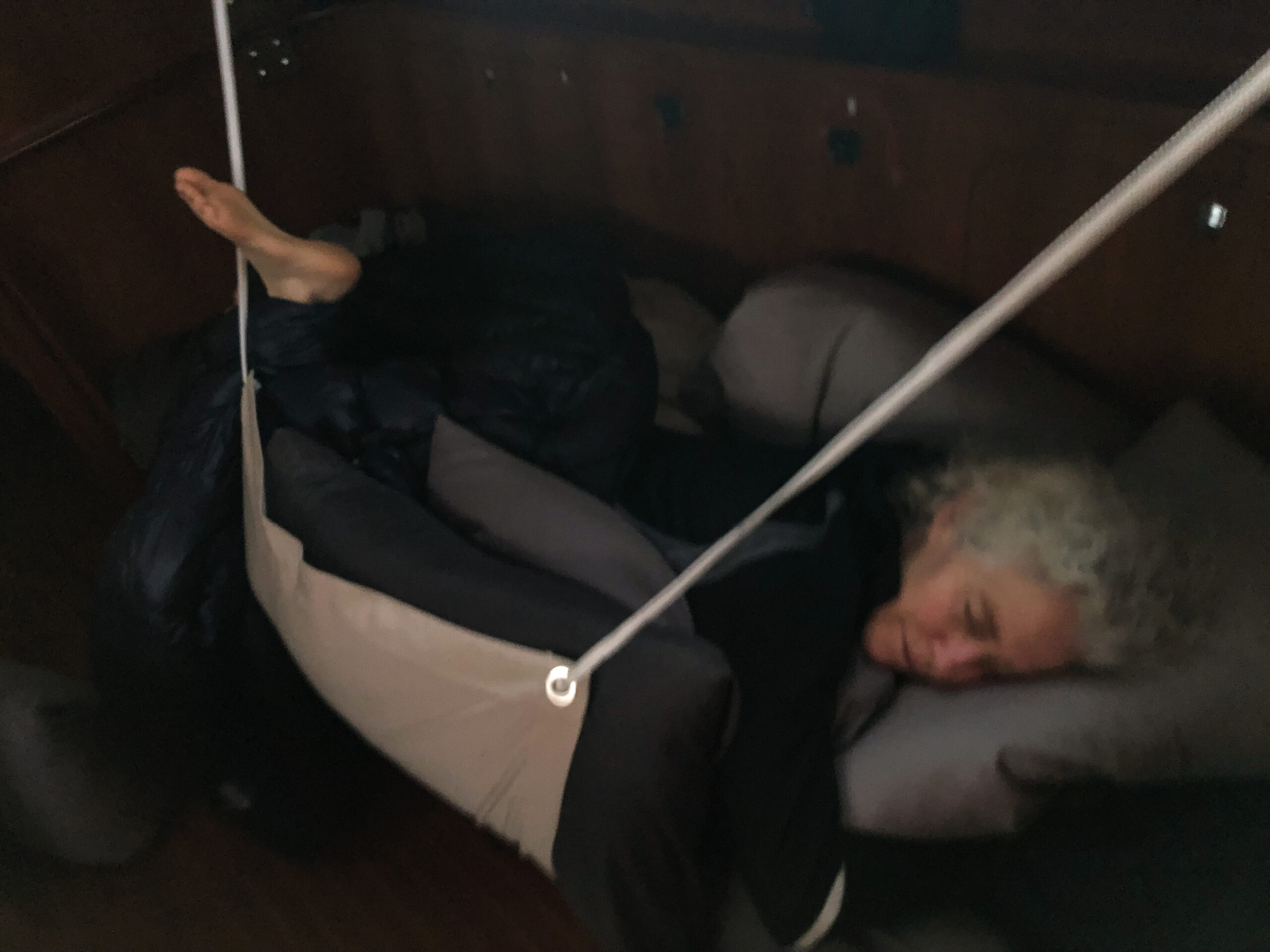
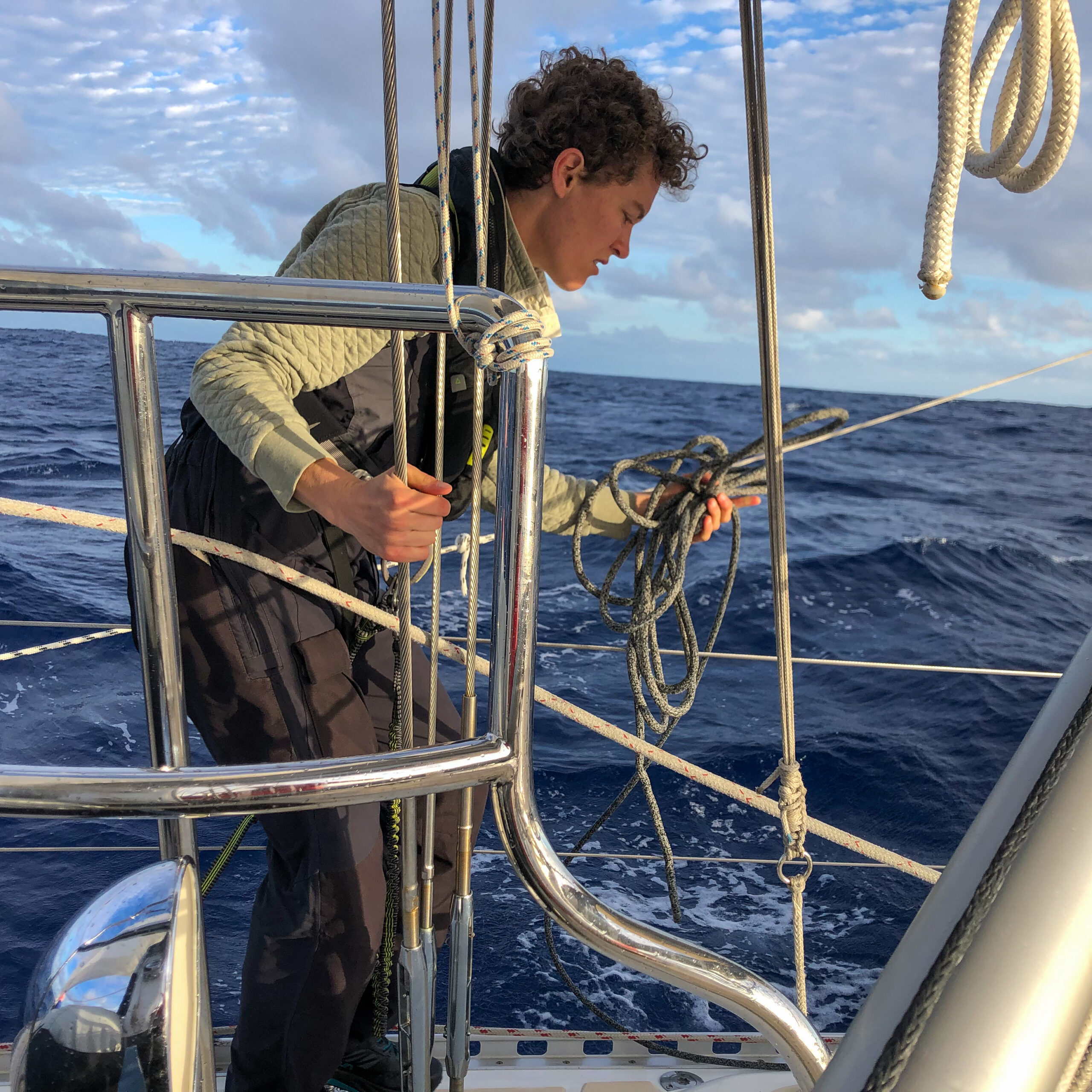
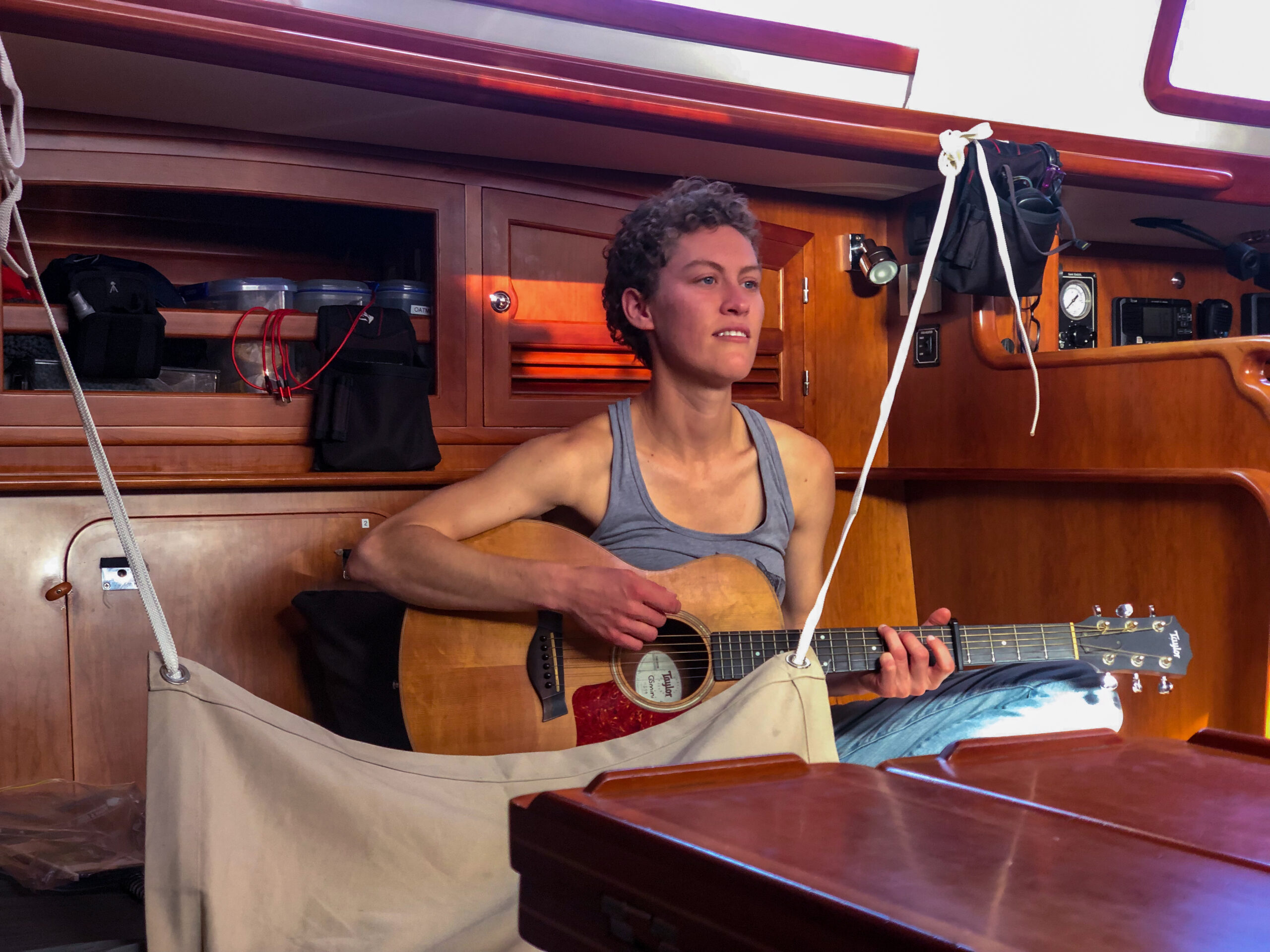
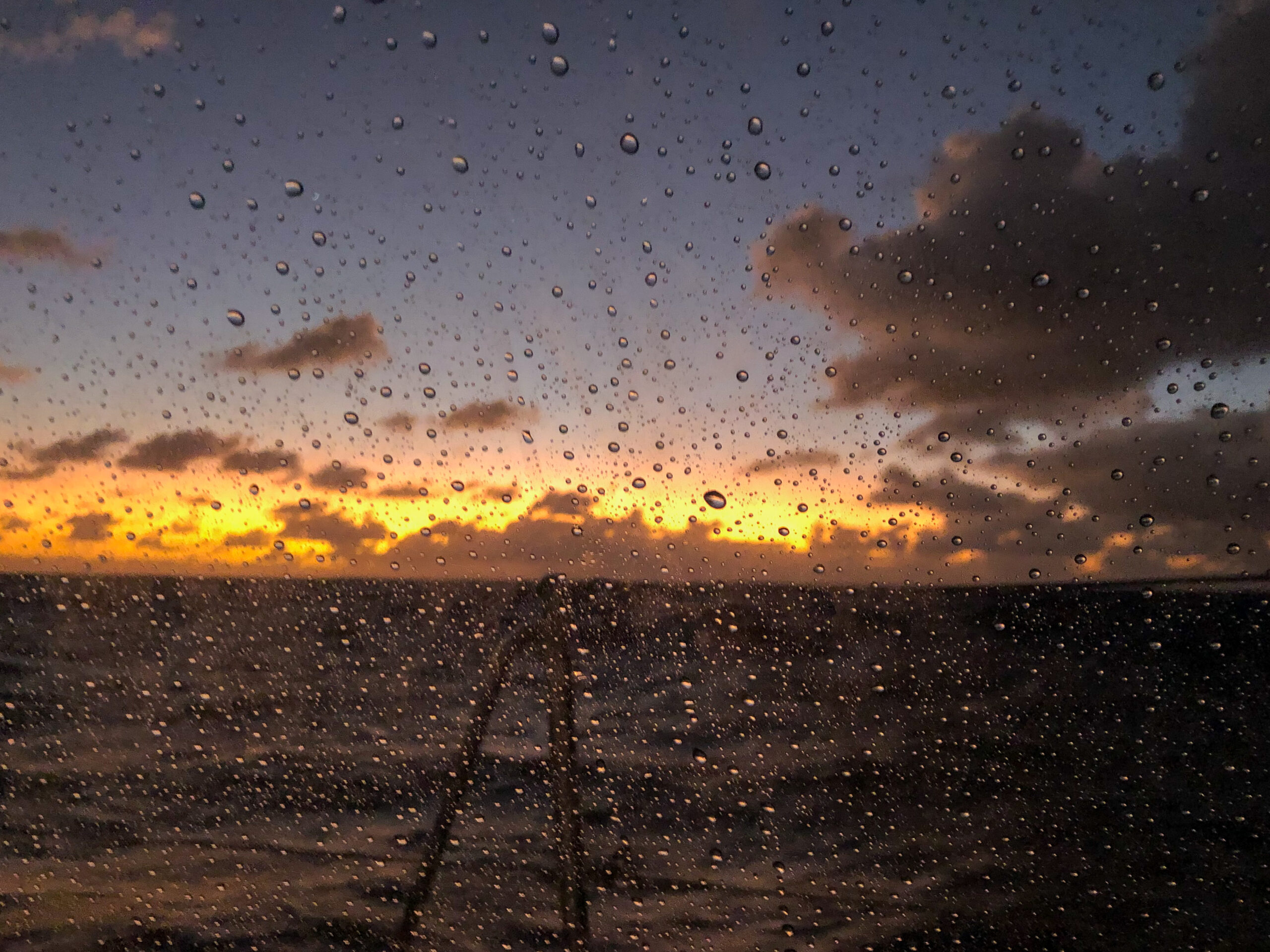
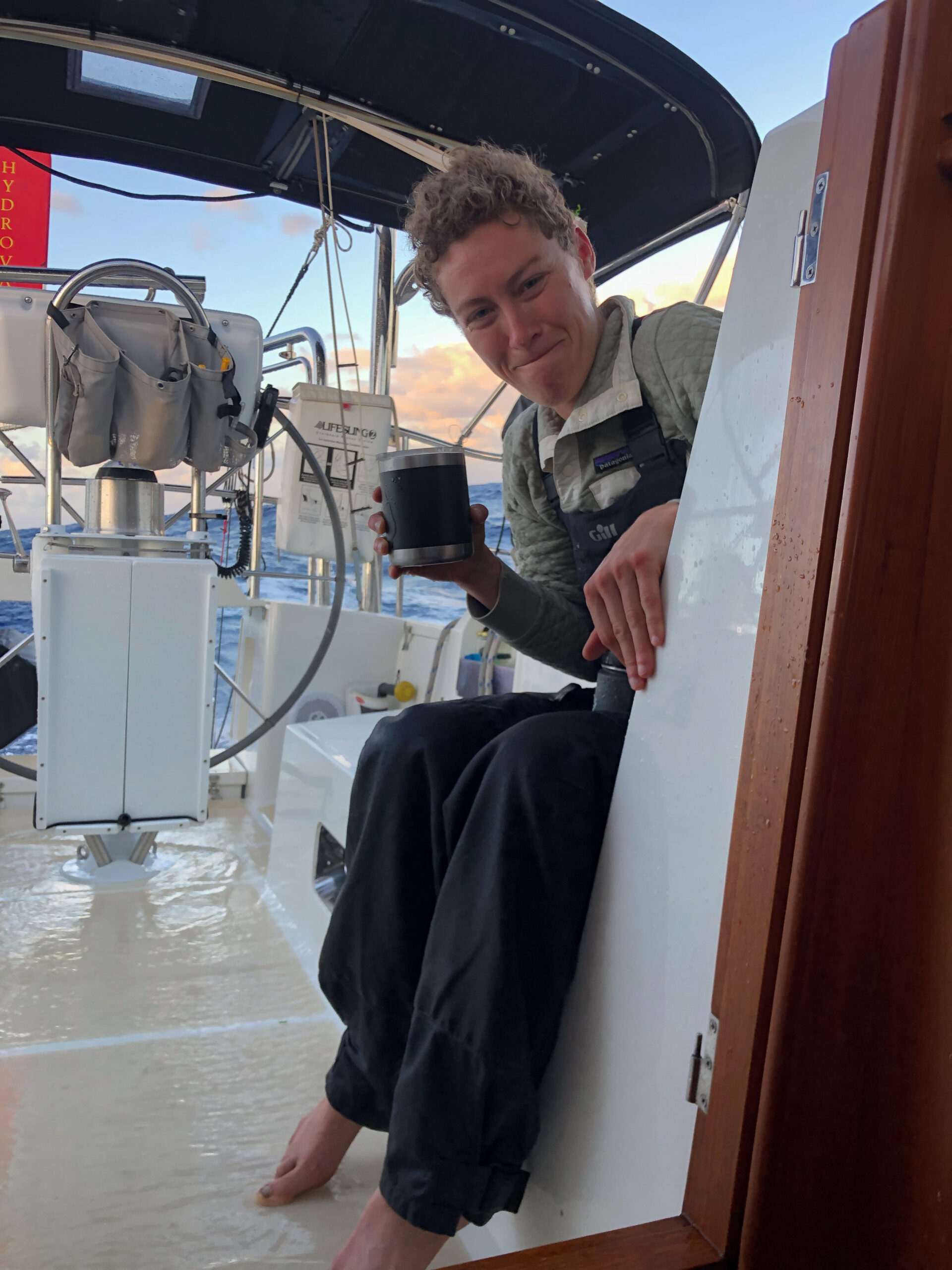
Maddi posted this note for Day 5:
“Poseidon has changed his mood, with boistrous seas catching us abeam and wind aplenty. With our course now set for Nadi, the Allora crew has spent the day either laying down or holding on tight. It’s incredible how tasks that were easy in the weekend calm have now become ludicrously challenging: making coffee, putting on pants… just want to take a pee in peace? Good luck! We keep thinking things are calming down, but perhaps it’s just our imaginations (and wishful thinking from unsettled tummies). Allora, for her part, seems to bounce joyfully over the boisterous seas, carrying us northward. The warm air, puffy trade wind clouds, and occasional flying fish among the leaping waves remind us that we’re back the tropics. We managed to brave the splashy cockpit for some music today, and only one of us took a full dousing! Heading into the night a salty crew, with gratitude for the wind and hopes for mellower seas tomorrow.”
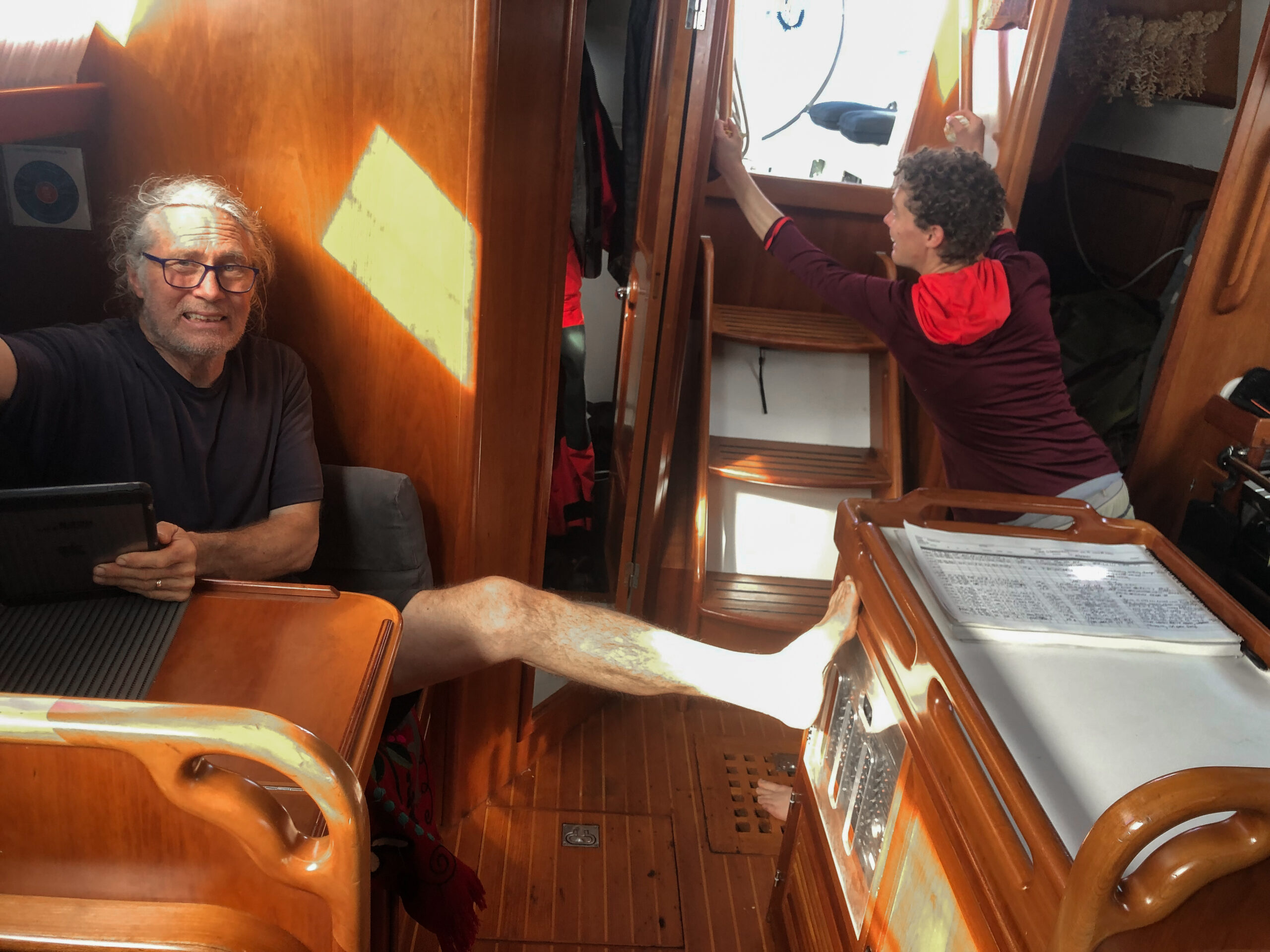


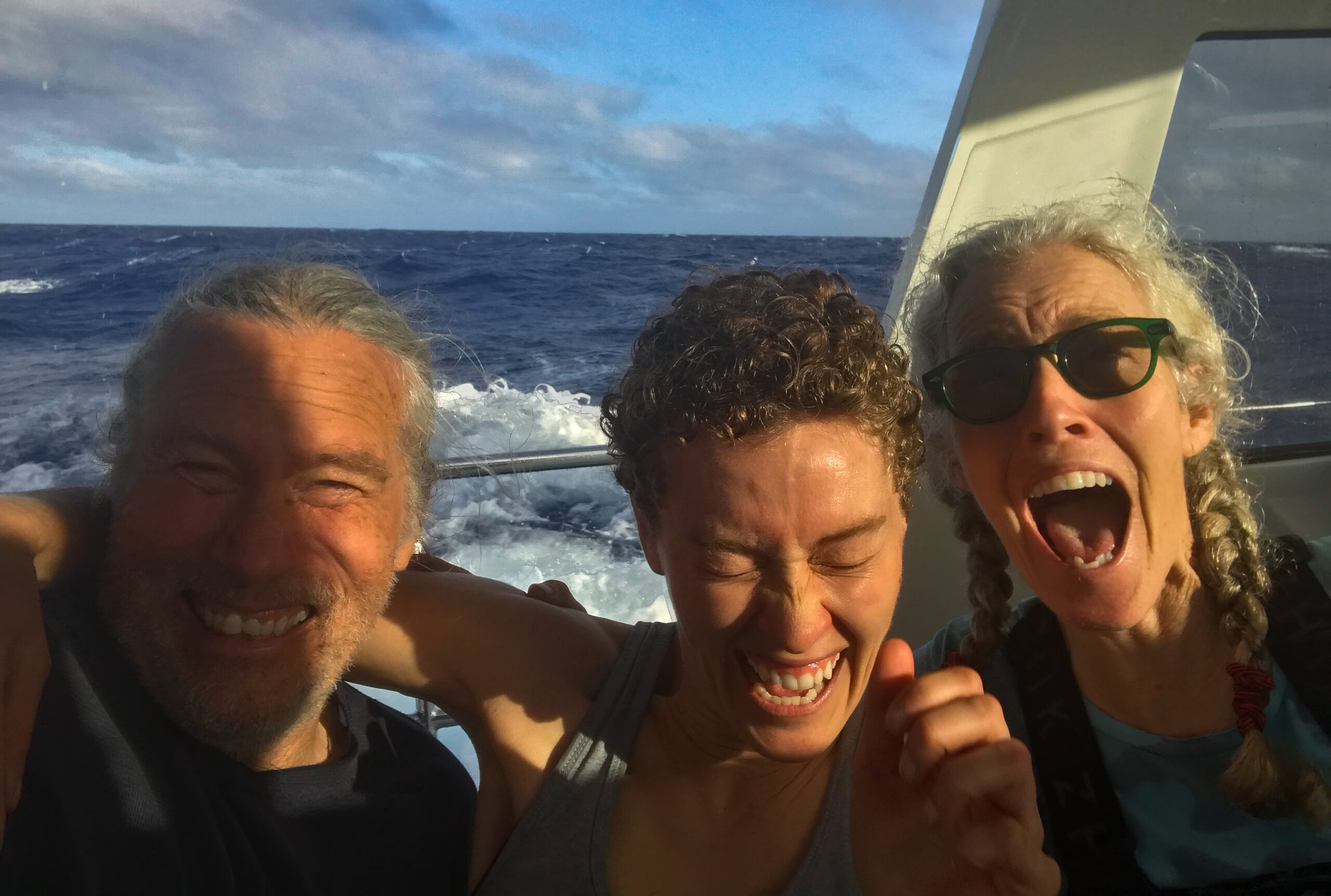
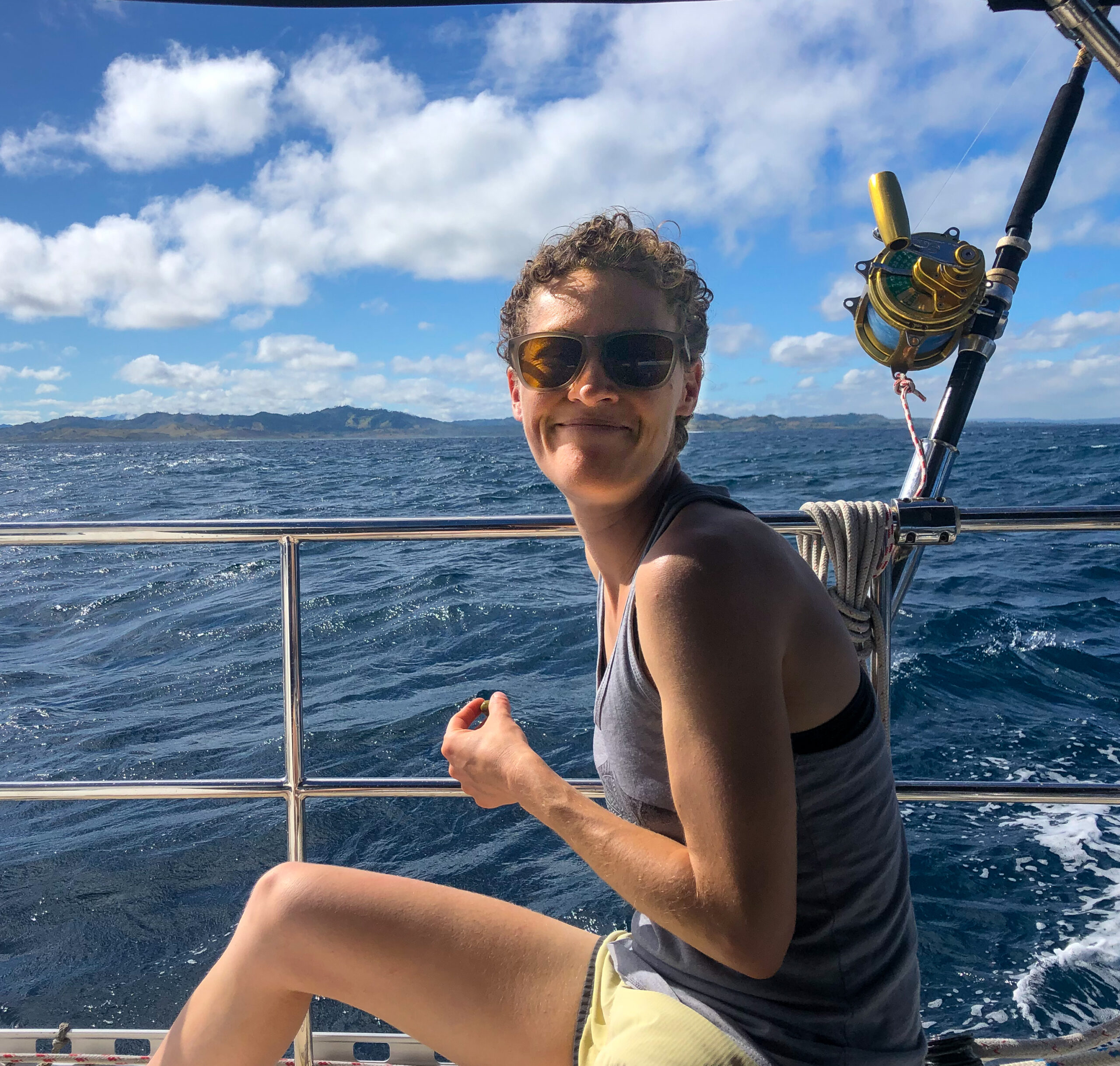
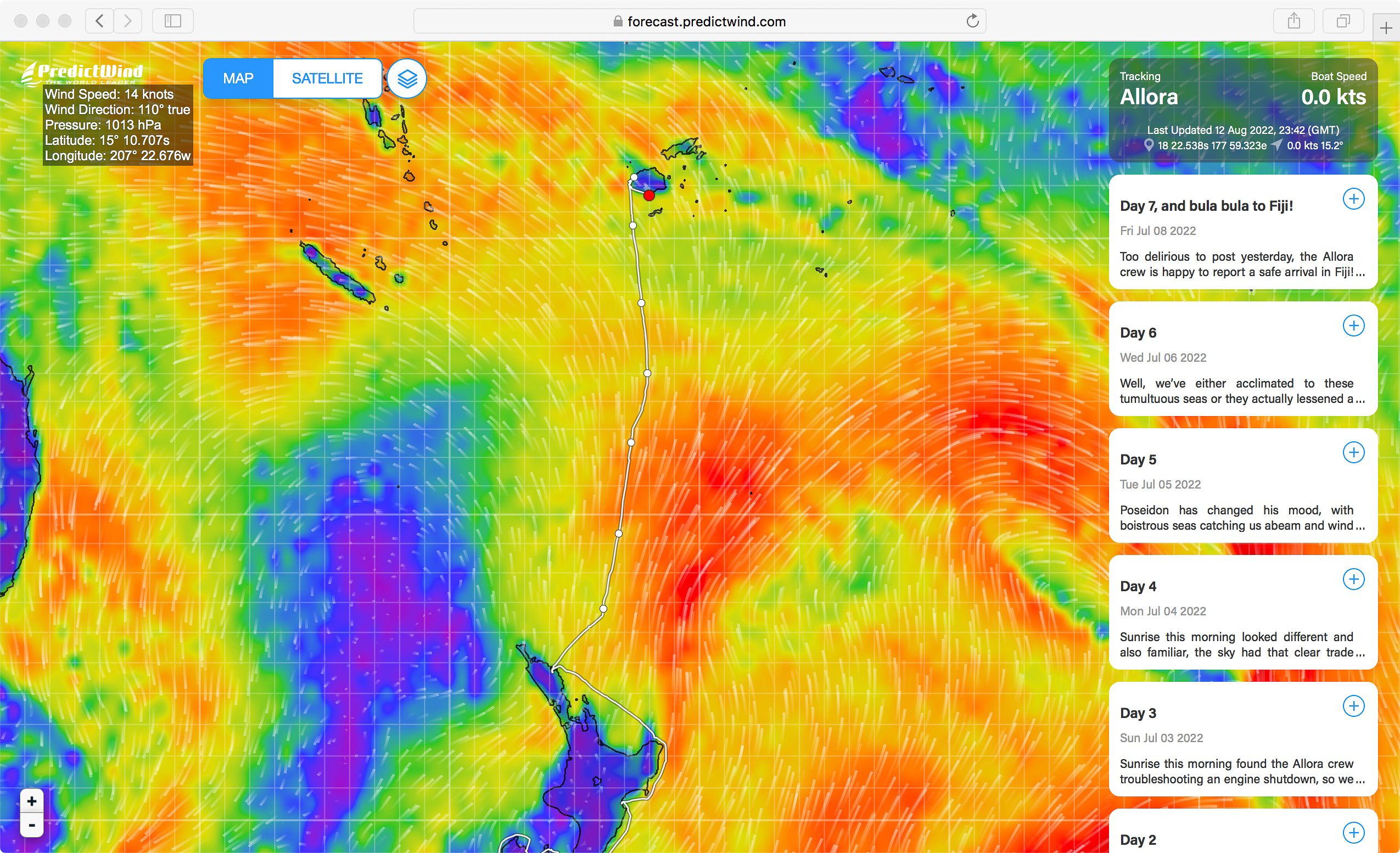
Though our speed through water was usually pretty stunning, it was all such a sloppy mess that our actual distance made good suffered. Still we logged a couple days over 170 miles, coming in at 7 days for the whole passage. After a rowdy, tumultuous, brisk and challenging ride, the calm water inside the lagoon felt surreal, the welcome song at the quarantine dock seriously touched our hearts and the Covid tests brought actual tears to our eyes!
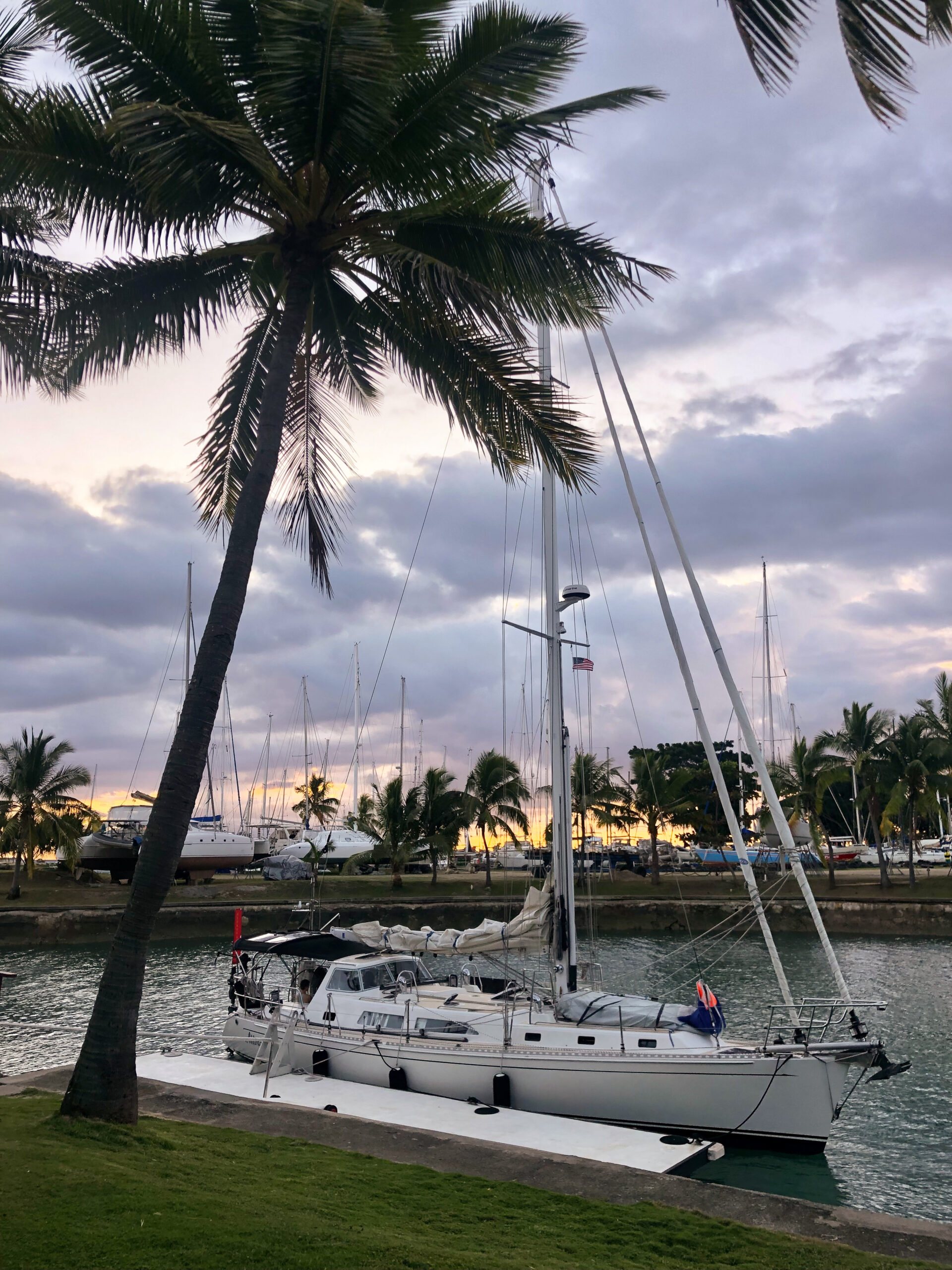

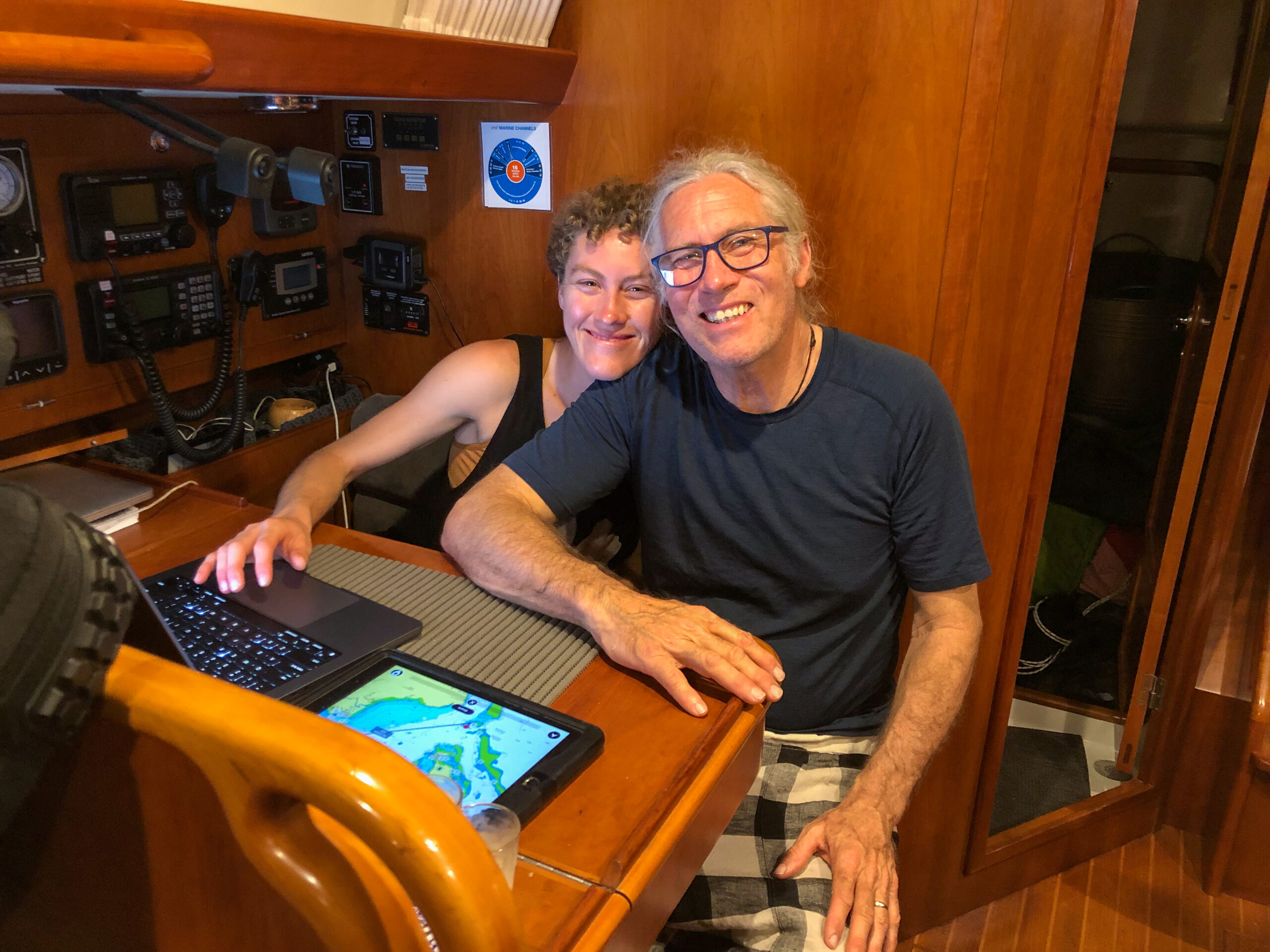
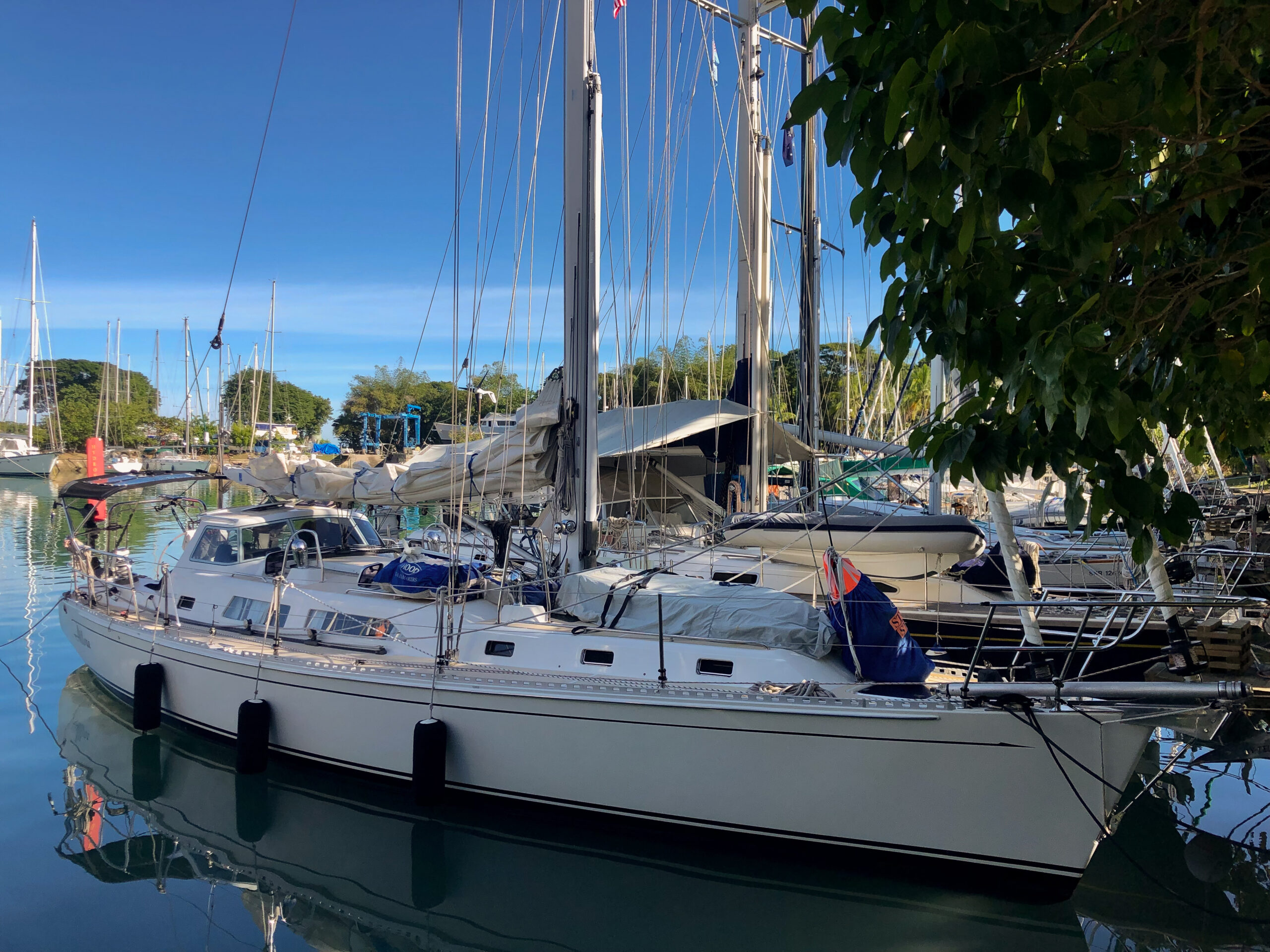
Maddi’s time in Fiji was already going to be pretty short, after waiting in Opua for weather, so we just couldn’t stand the idea of hanging out in the Marina, working engine or not, even though that would obviously be the prudent choice. We hadn’t seen the blown bearing yet, so blissfully ignorant, we decided that we would sail out to the reef for a couple of nights. We picked a spot that looked like we could sail onto anchor, and off, if we had to. Namo (our dinghy) was also standing by to push us along if all else failed. The wind cooperated (which is lucky because the engine quit again just after we got out of the marina and got our sail up), and though we didn’t have to sail onto anchor, we did have to manually drop it since the rough seas of passage had managed to drown a supposedly waterproof fuse box on the windlass.



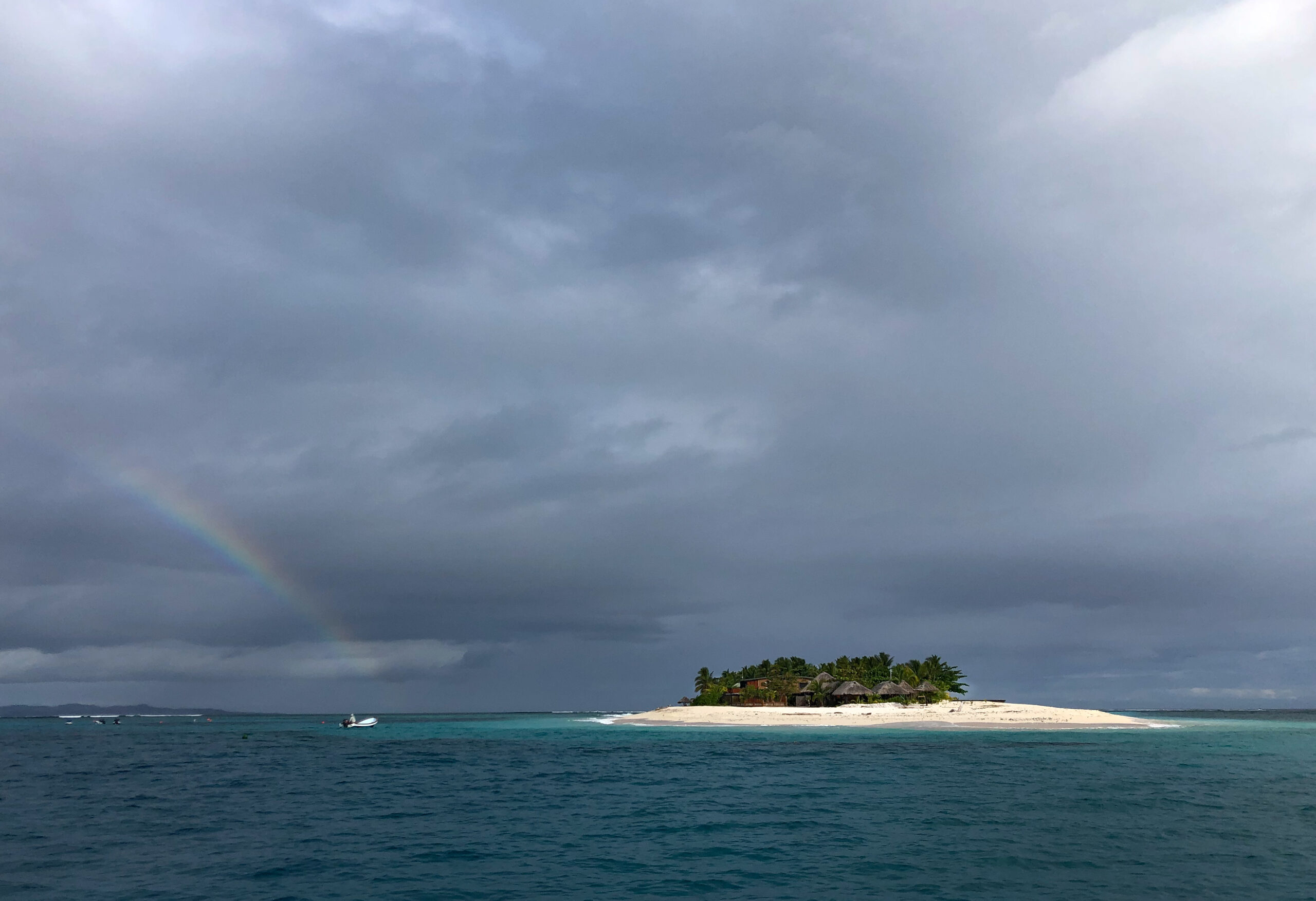
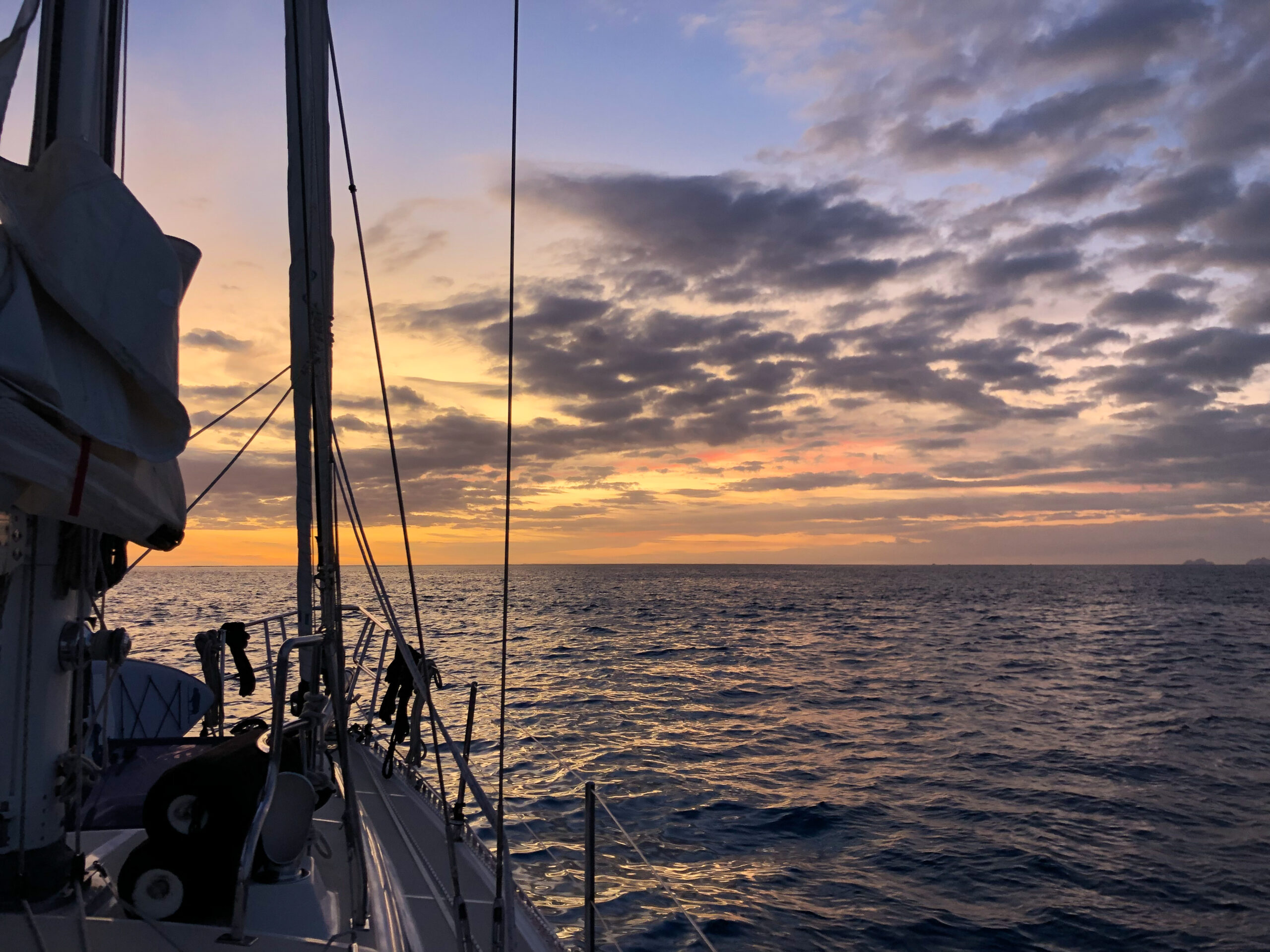
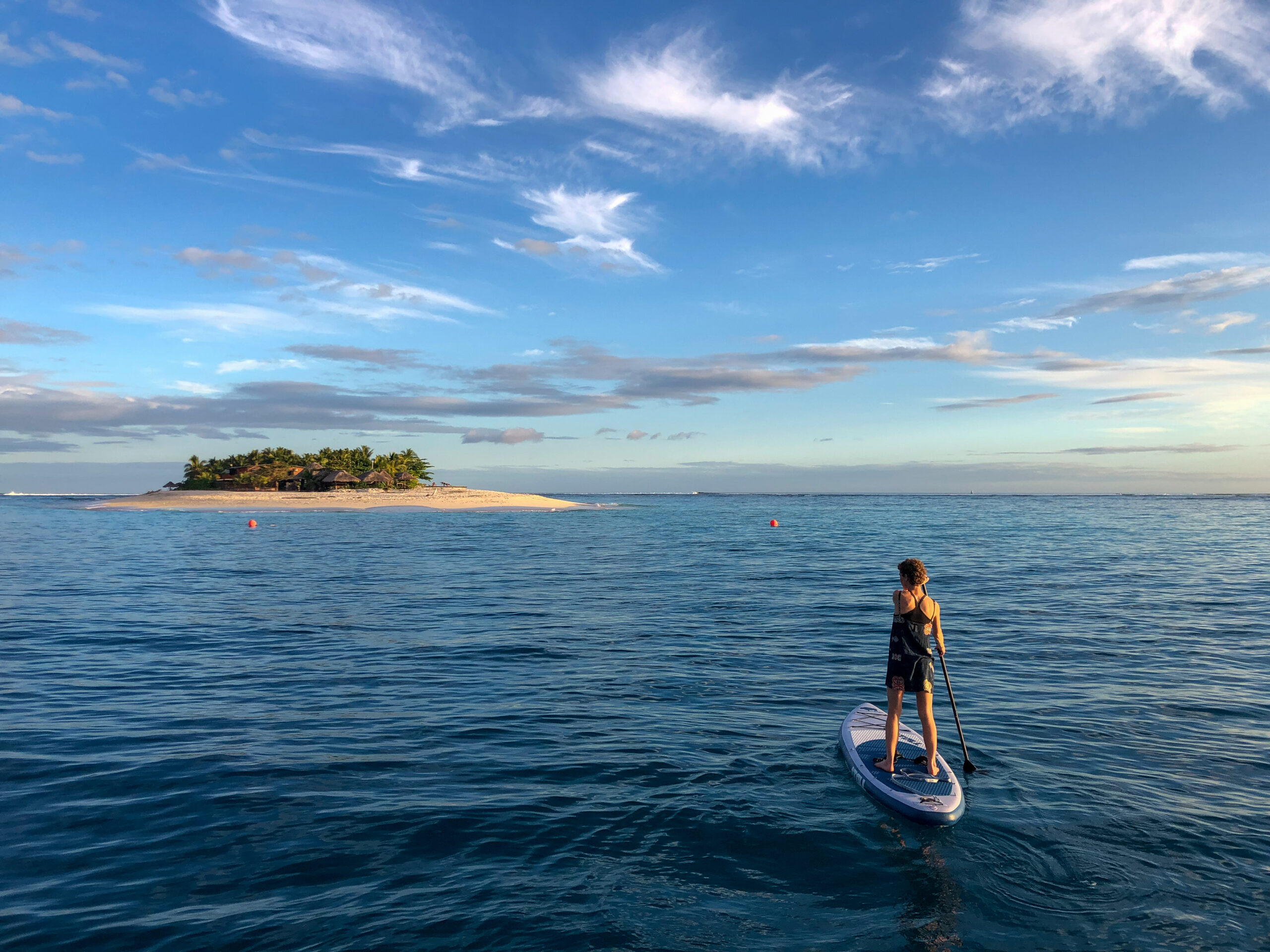



The night before we had to take Maddi back for her flight, I woke up feeling pretty sick. Diana was feeling a bit off, too. She thought it was the rolly anchorage, I thought it might be bad food. By morning I was slammed. So Diana and Maddi brought Allora back without my help.
Unfortunately, there wasn’t a scrap of wind, so they motored the whole way, with Diana in deep psychic communication with the Yanmar 4JH80, to keep it together until she could get all the way in the narrow marina entrance and tied up to the circular quay at Vuda. I watched from below – first the palms of the channel drifting by and then our neighbors’ masts as she wedged Allora into her spot, bumper to bumper with boats on either side. Flawlessly executed. We realize we really need to trade jobs now and then, just to practice for occasions like this. ~MS
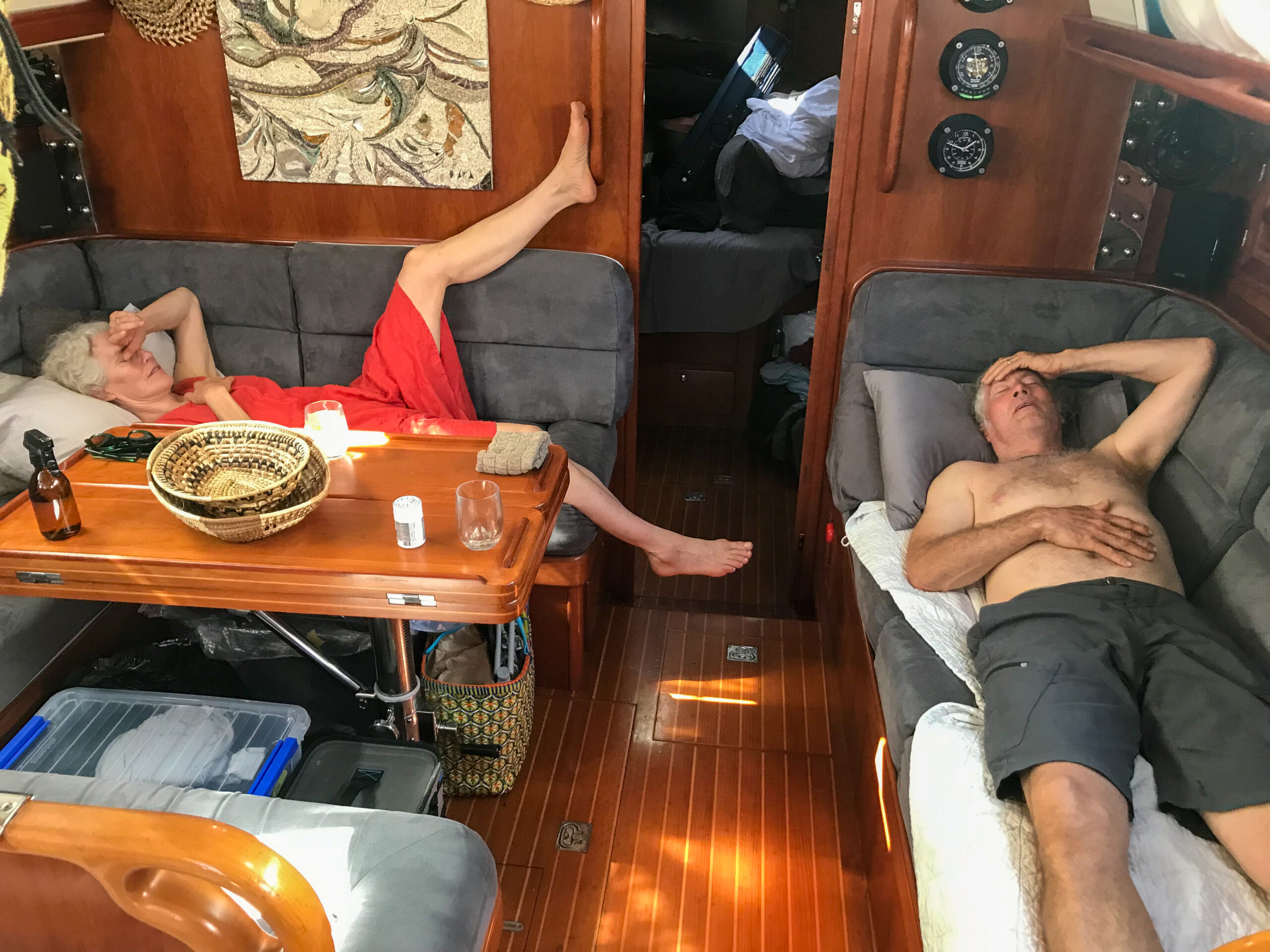
Northward to Charles/Taiporoporo Sound, Mesmerizing – Fiordland
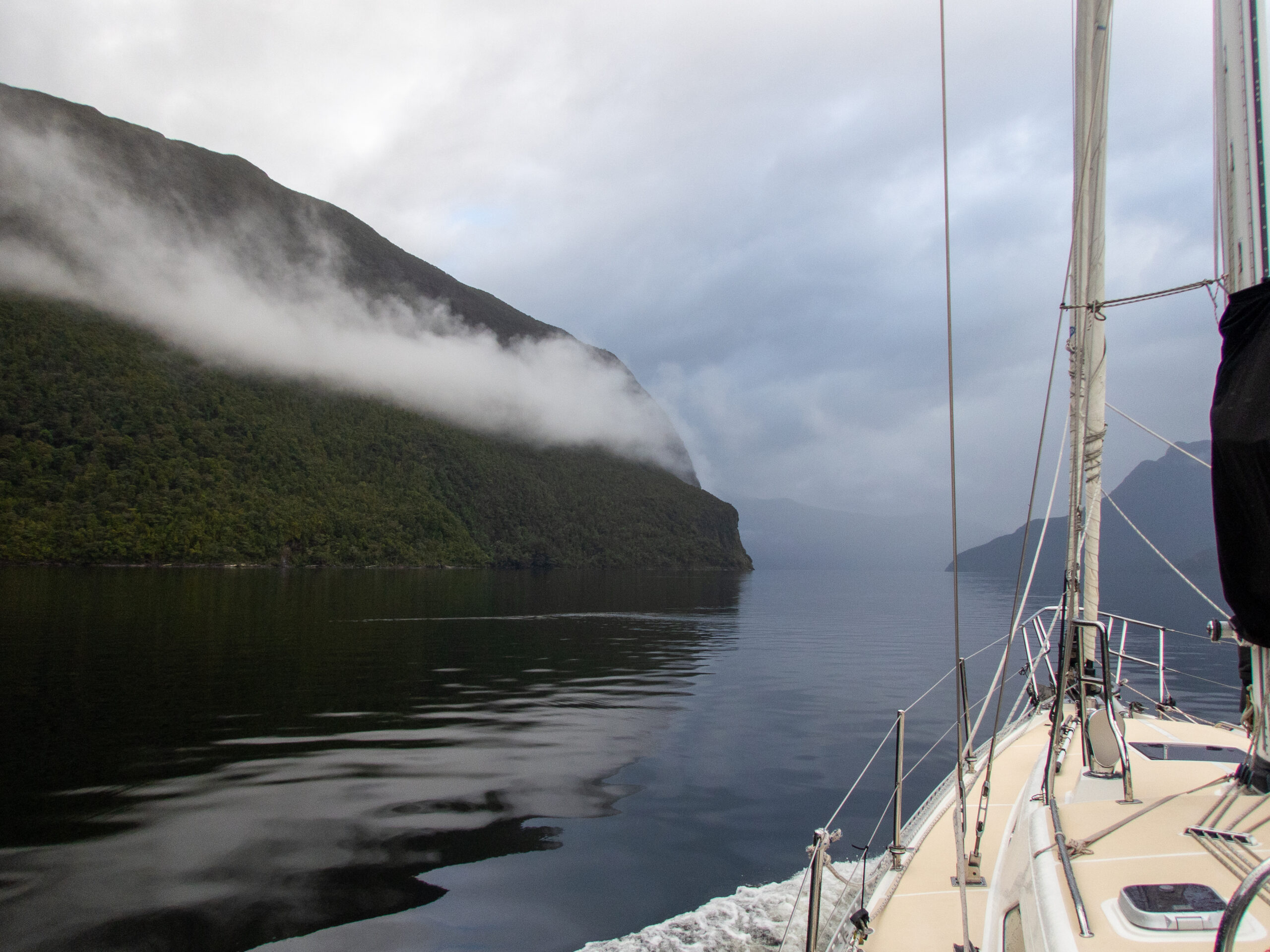
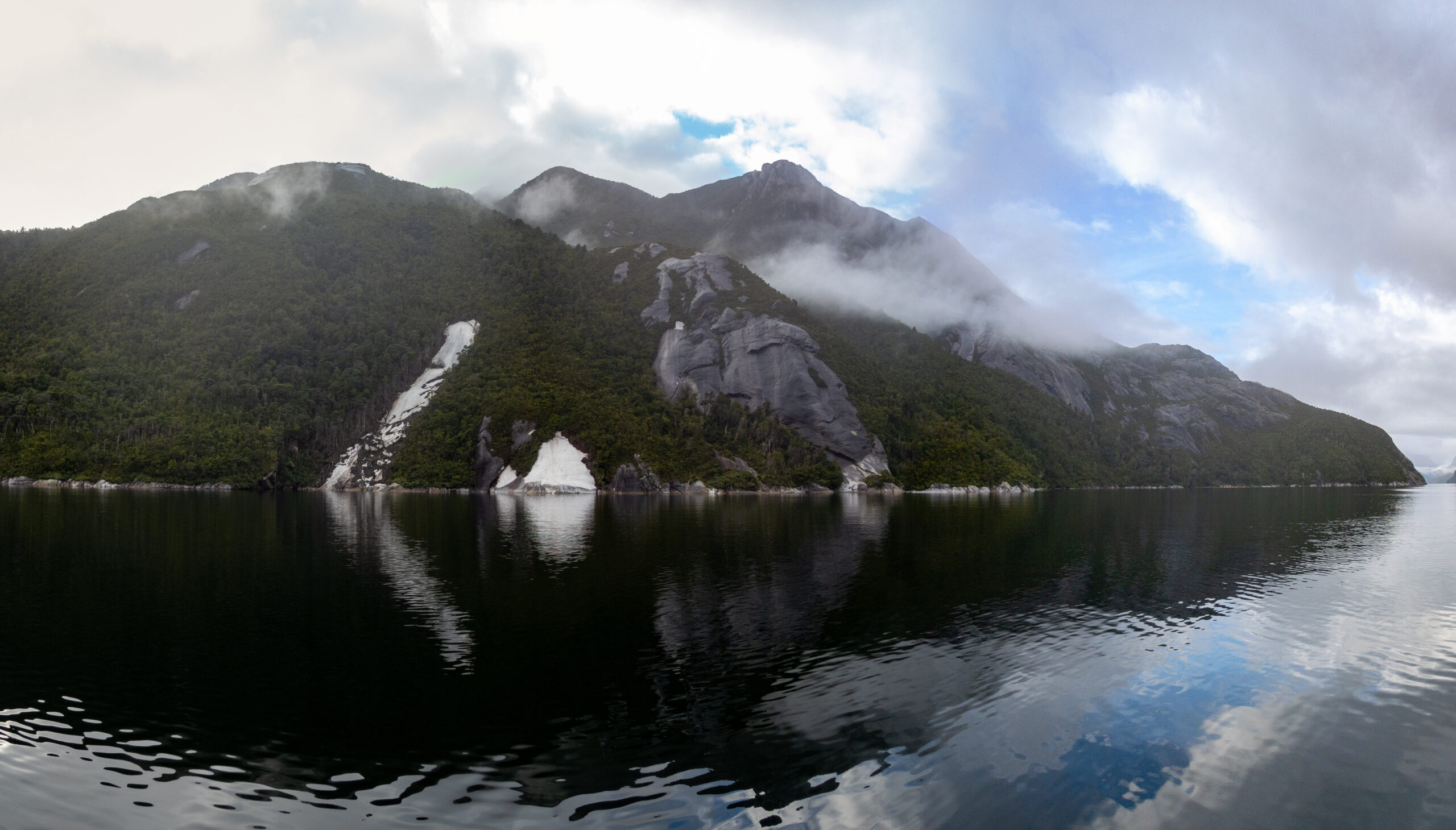
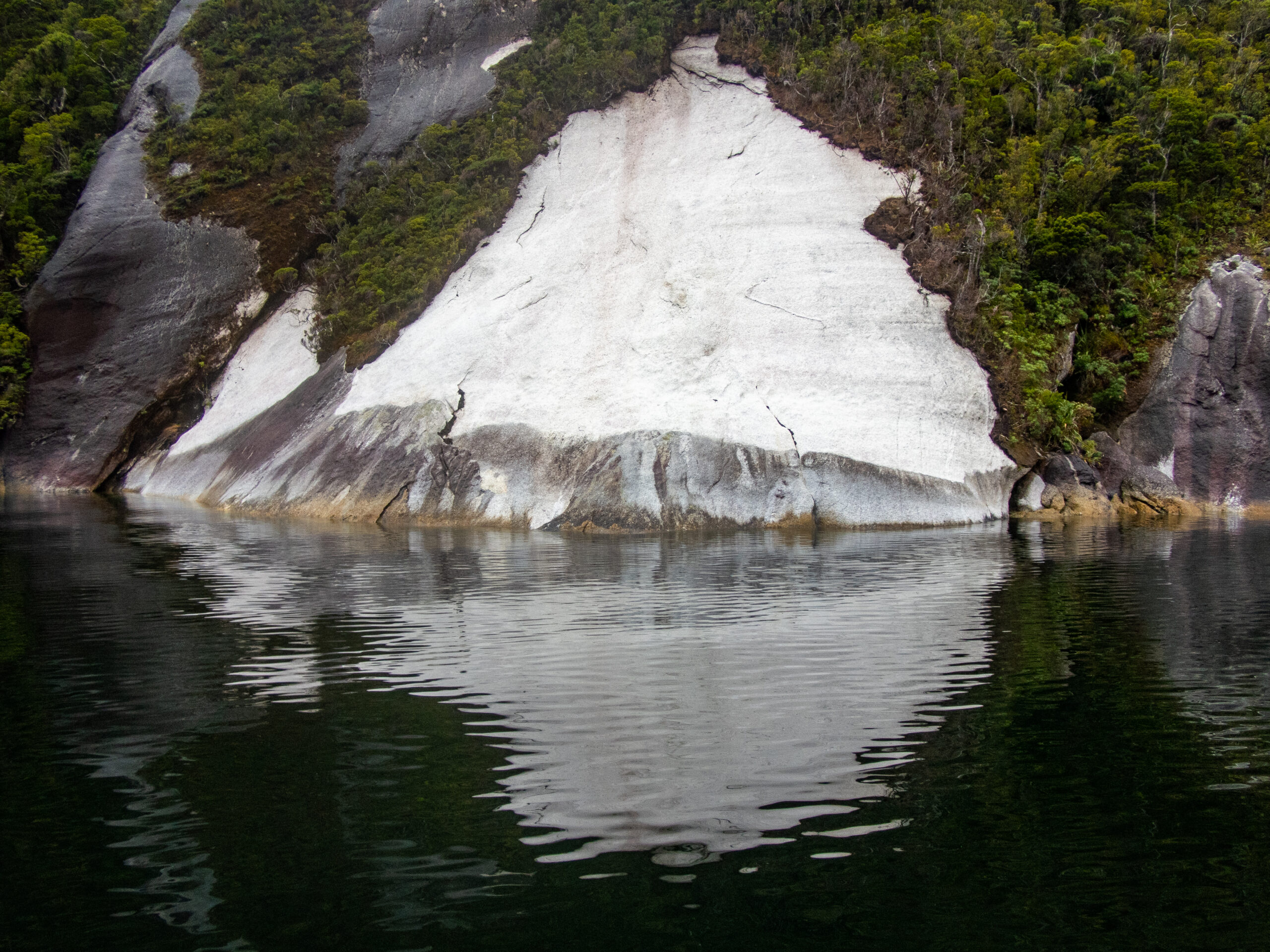
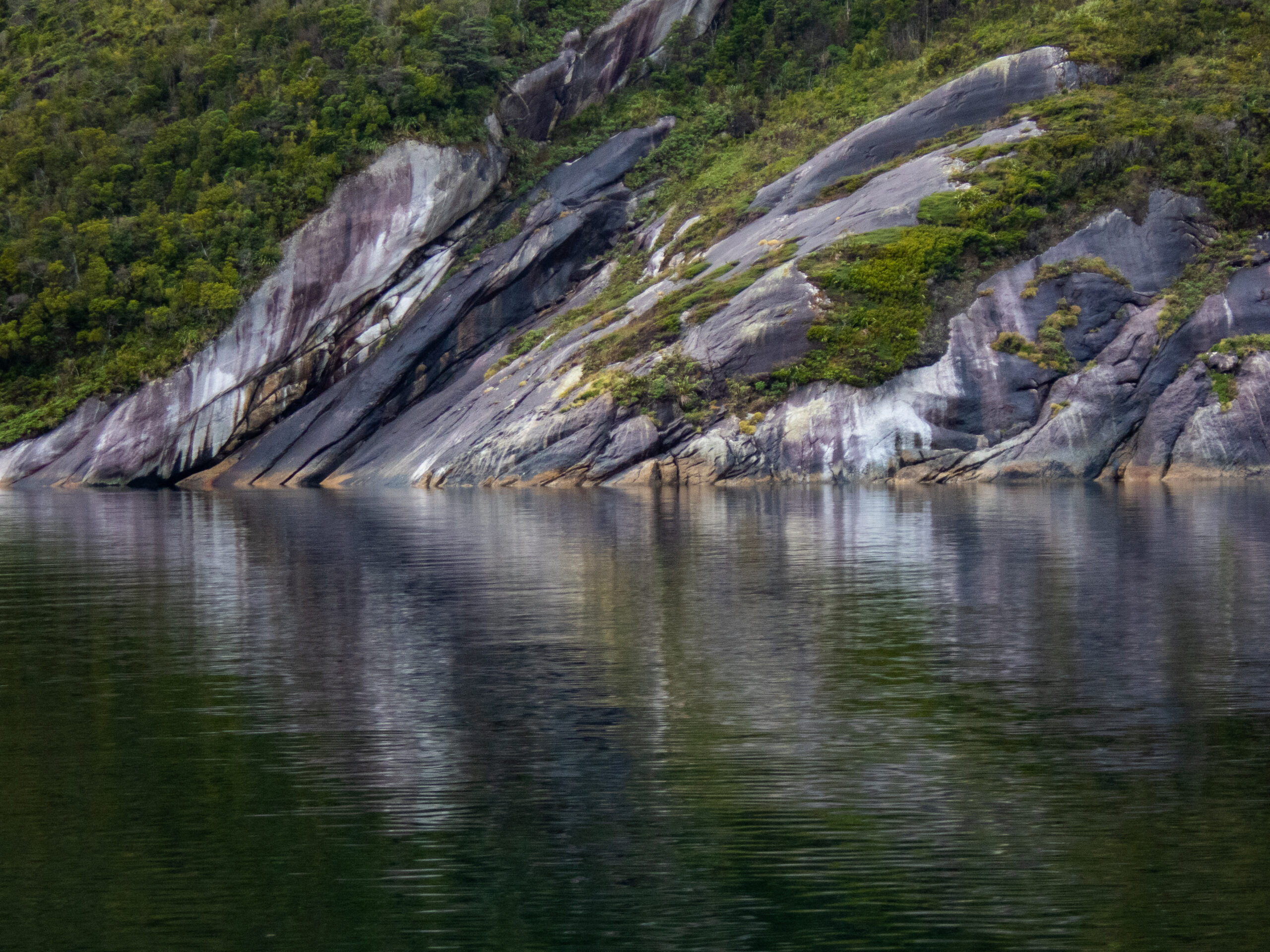
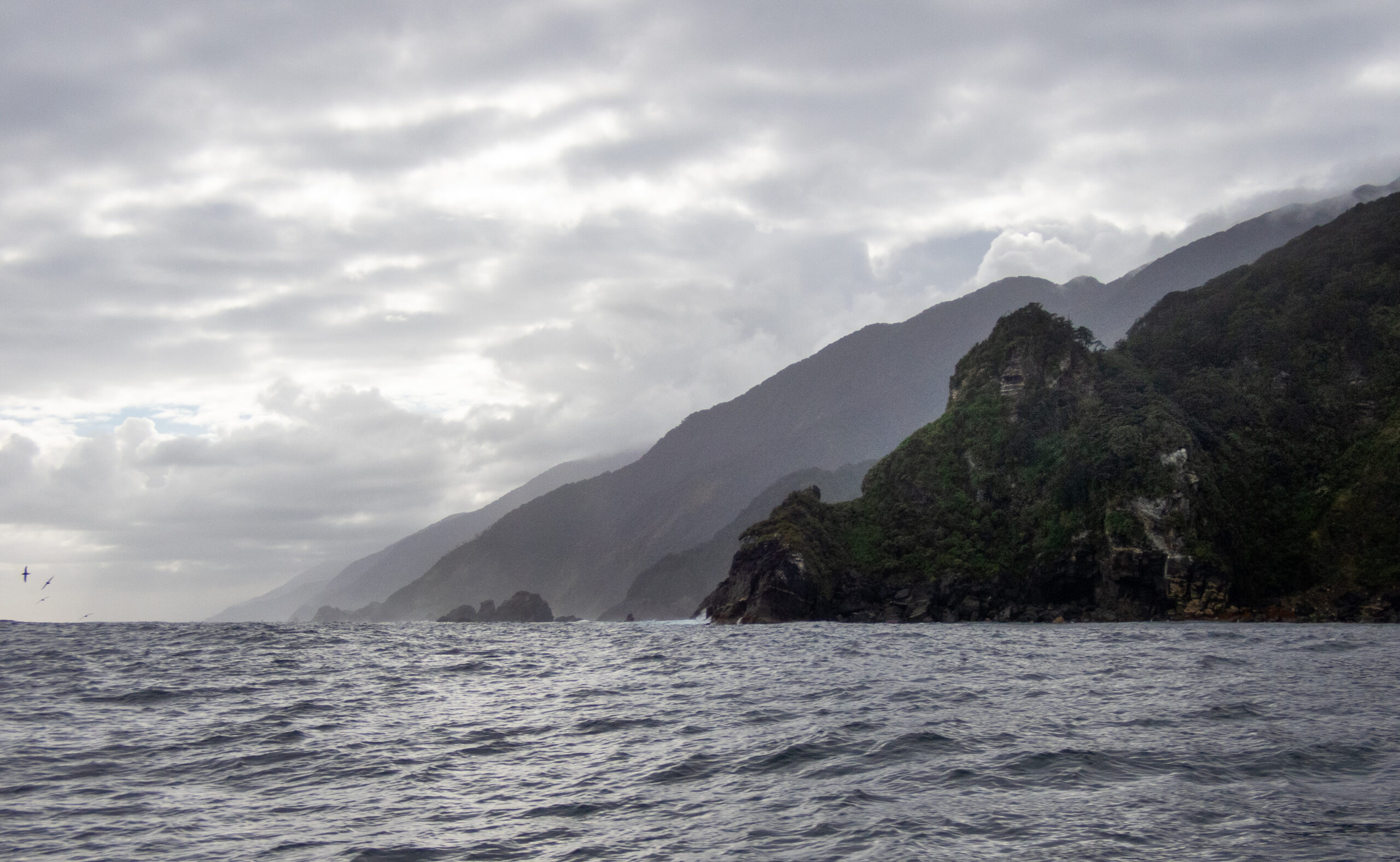
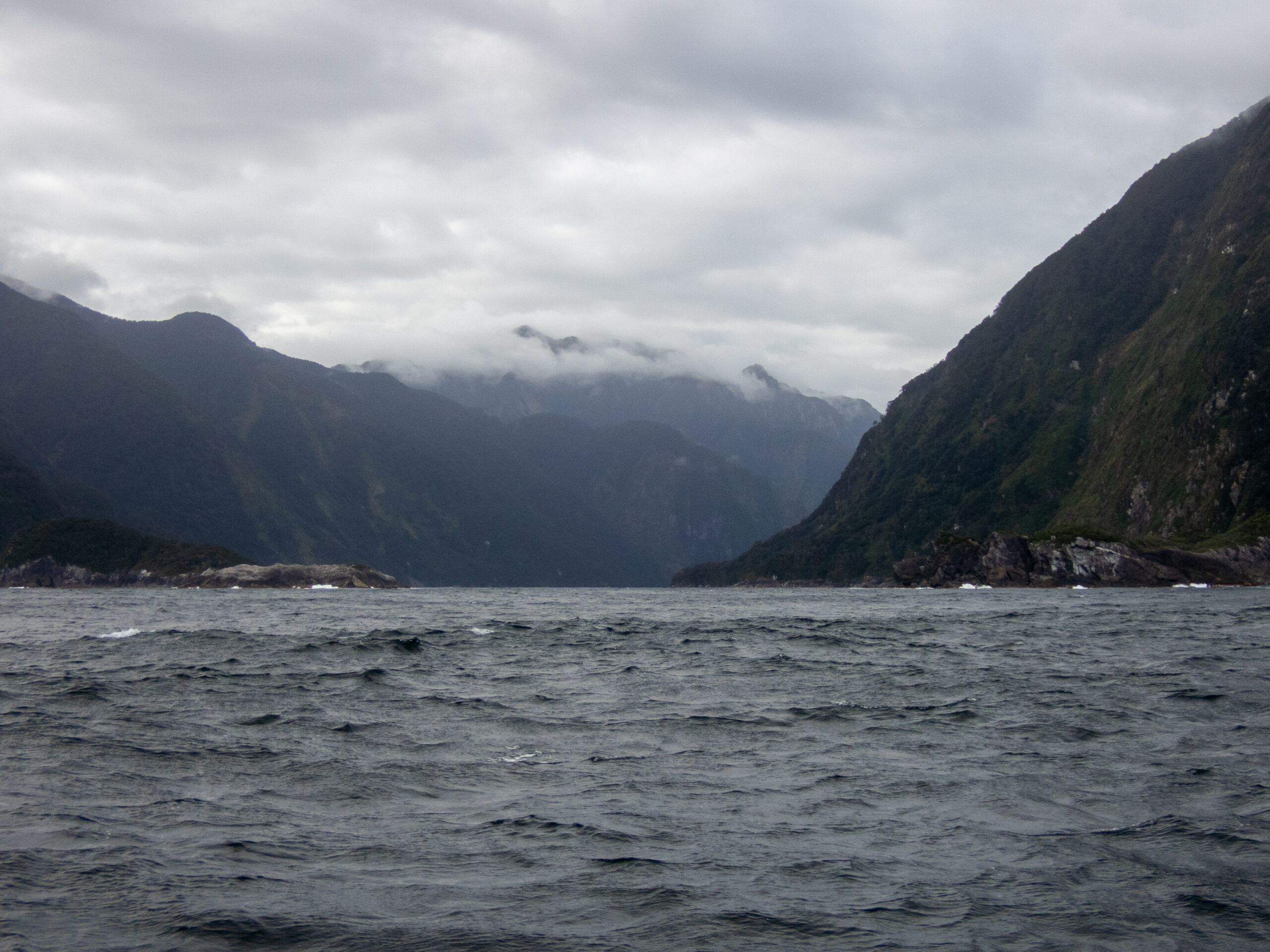

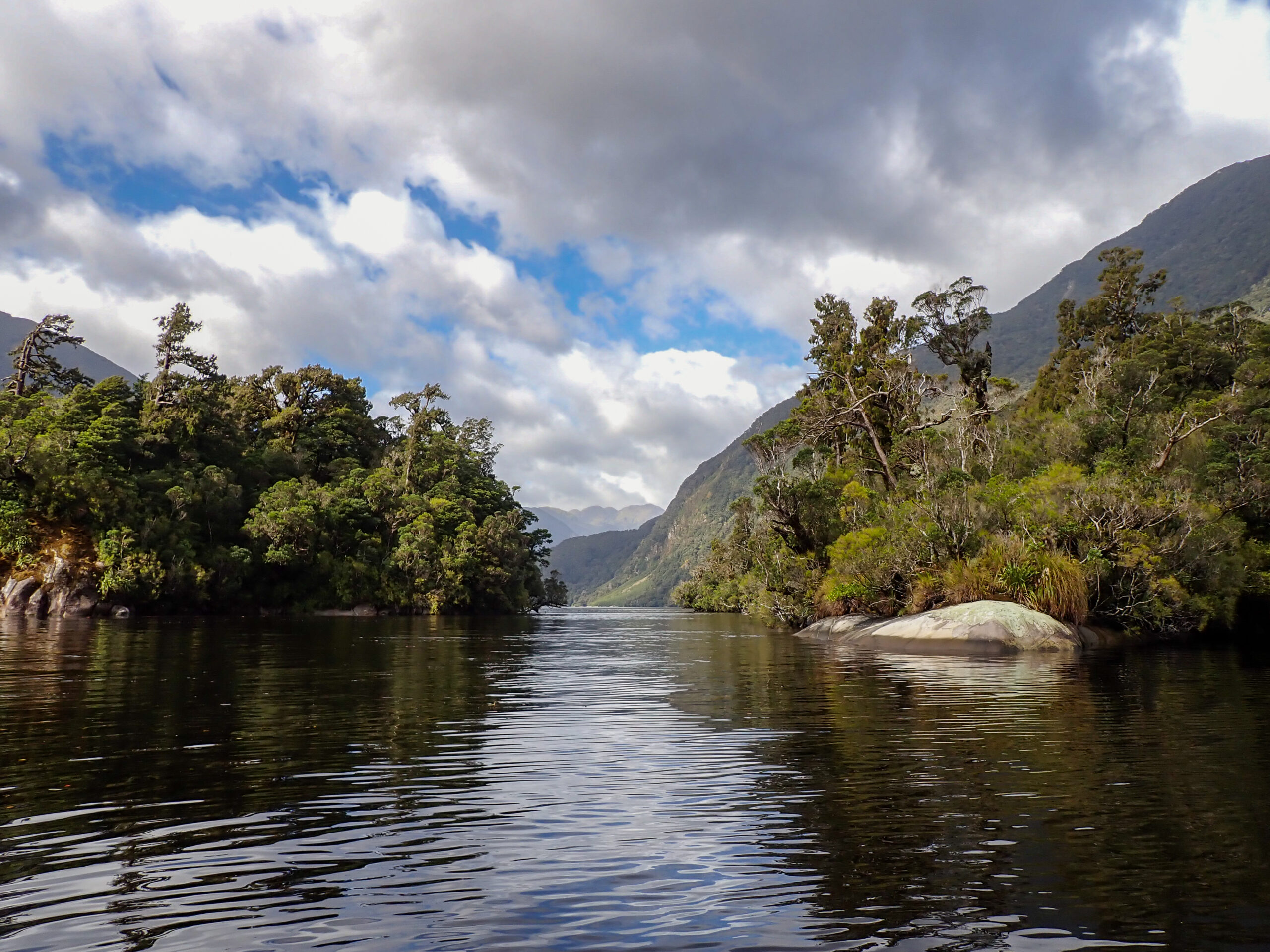
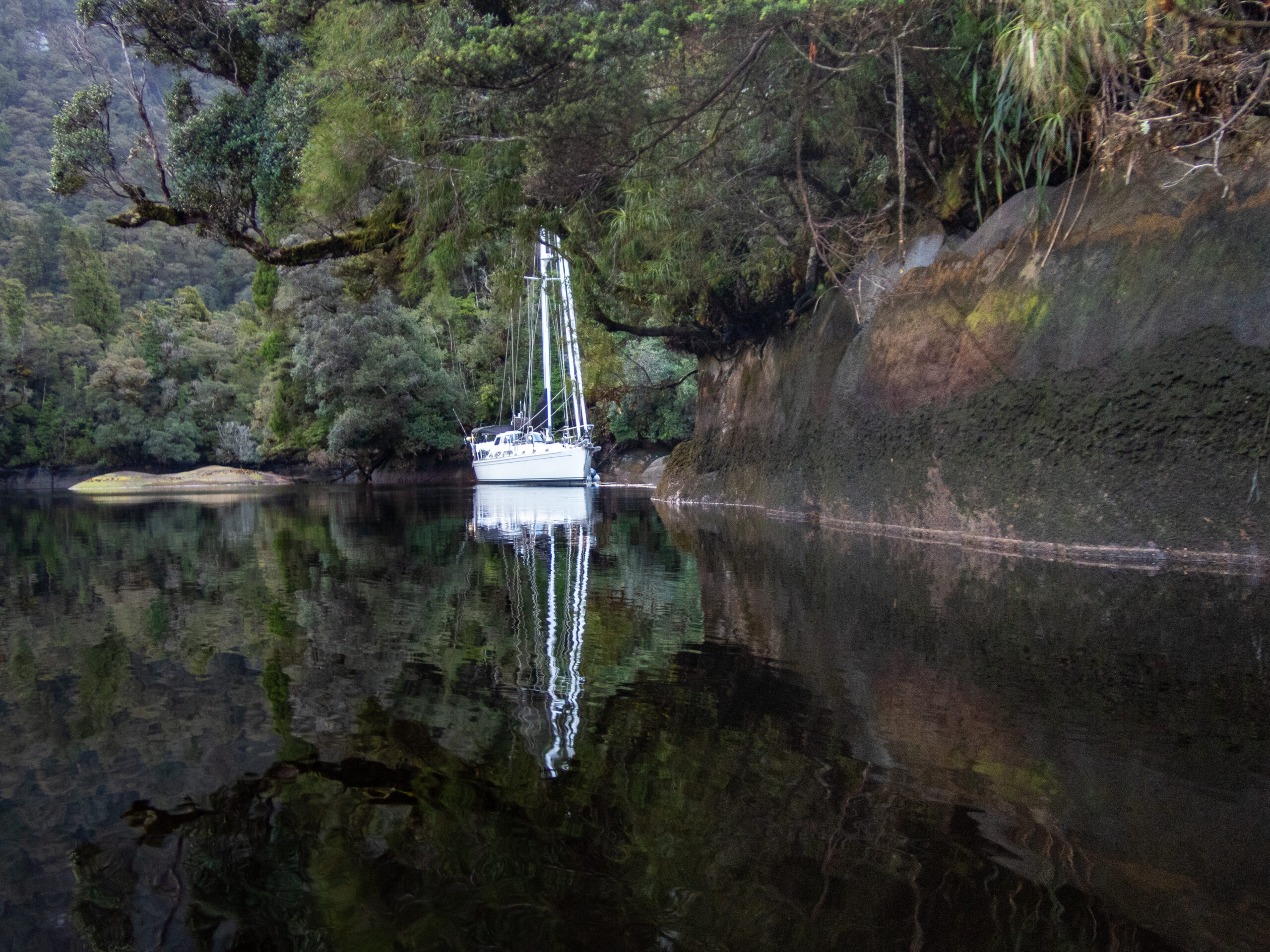


Abstracts
My favorite of Diana’s photographs from Fiordland are the “abstracts,” which she discovers by looking in a very careful, unique way, at the tidal line along the rocks, that magical transitional space between the hidden world underwater and the green, vibrant life-on-fire world above. Bare stone, stained and painted with time and color, bent and reflected by the still, secret, freshwater shimmering over the tide, the infinite, creative capacity of nature. Diana uses framing to share this vision, to point out Nature’s mastery of abstract art. It’s no surprise (and no accident) that these images feel so profoundly connected to her mosaic work. Most of the time these photographic expeditions are her solo meditations, which she shares with me when she gets back to Allora (after hours in the kayak!). But I’ve also been with her, paddling Namo gently into position, sitting right next to her, appreciating the wholeness of a beautiful place but without quite seeing what she is seeing. These images, for me, represent a particular (and particularly magical) collaboration between Diana and this very, very special world we are navigating in Fiordland.~MS
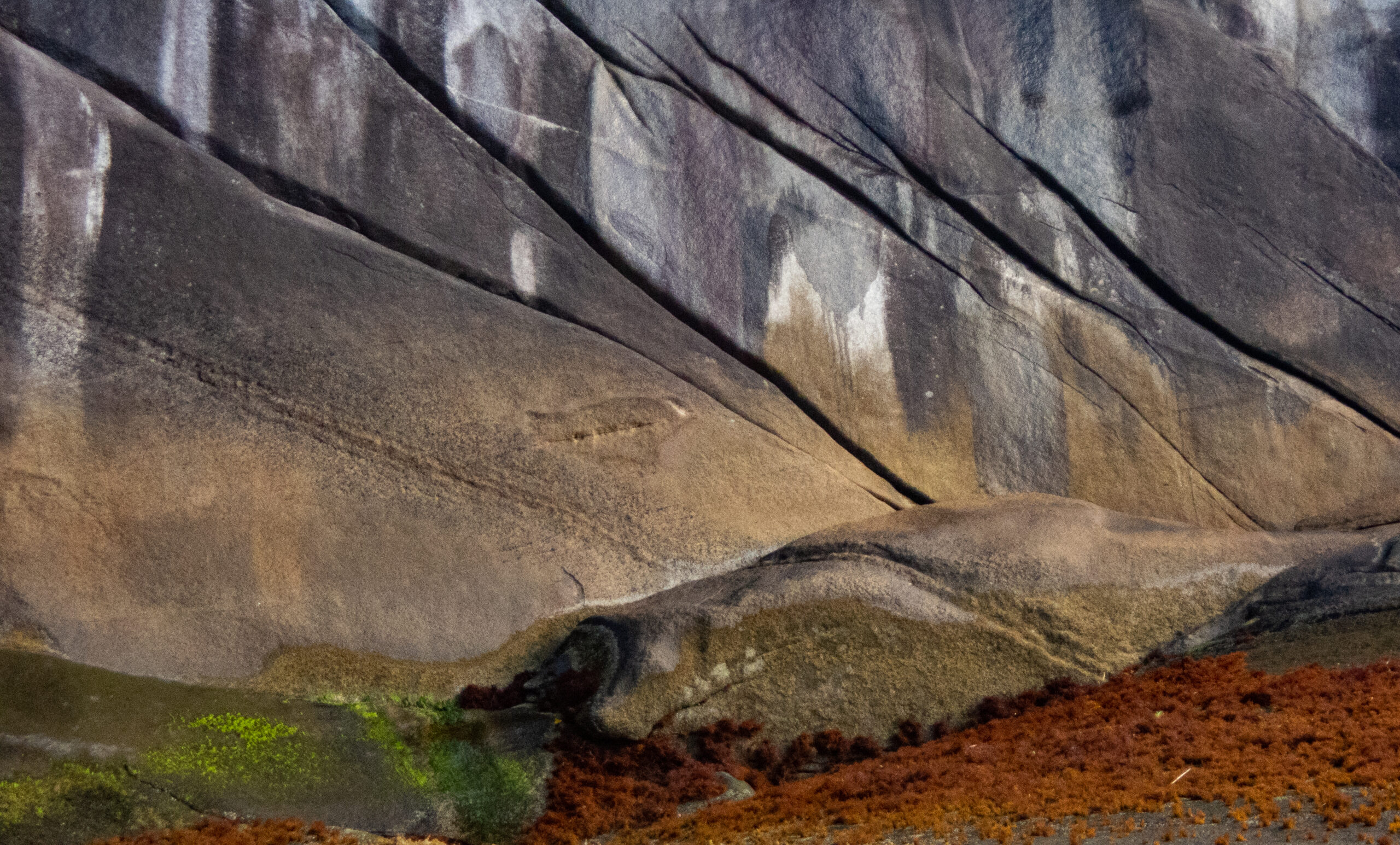

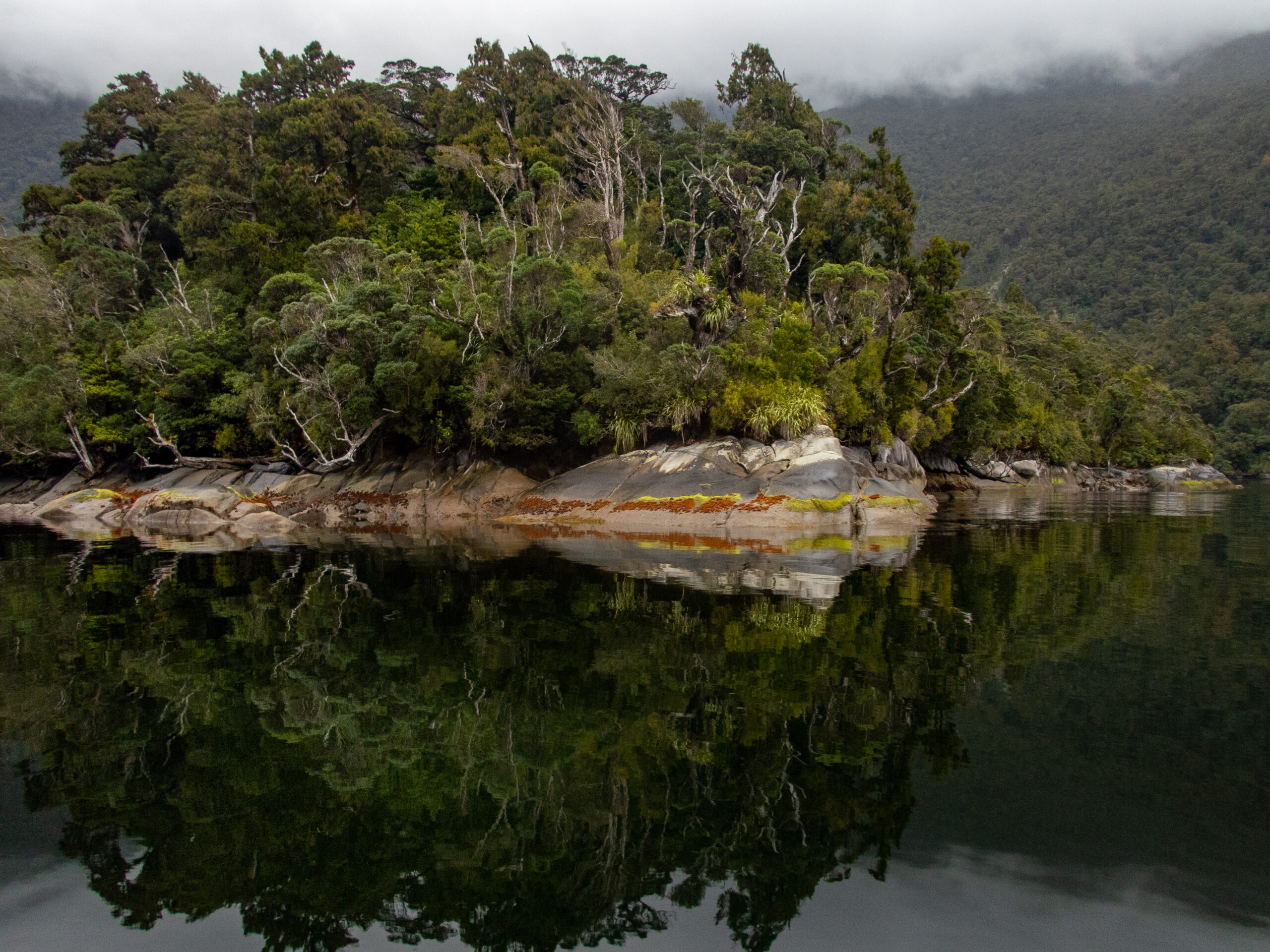
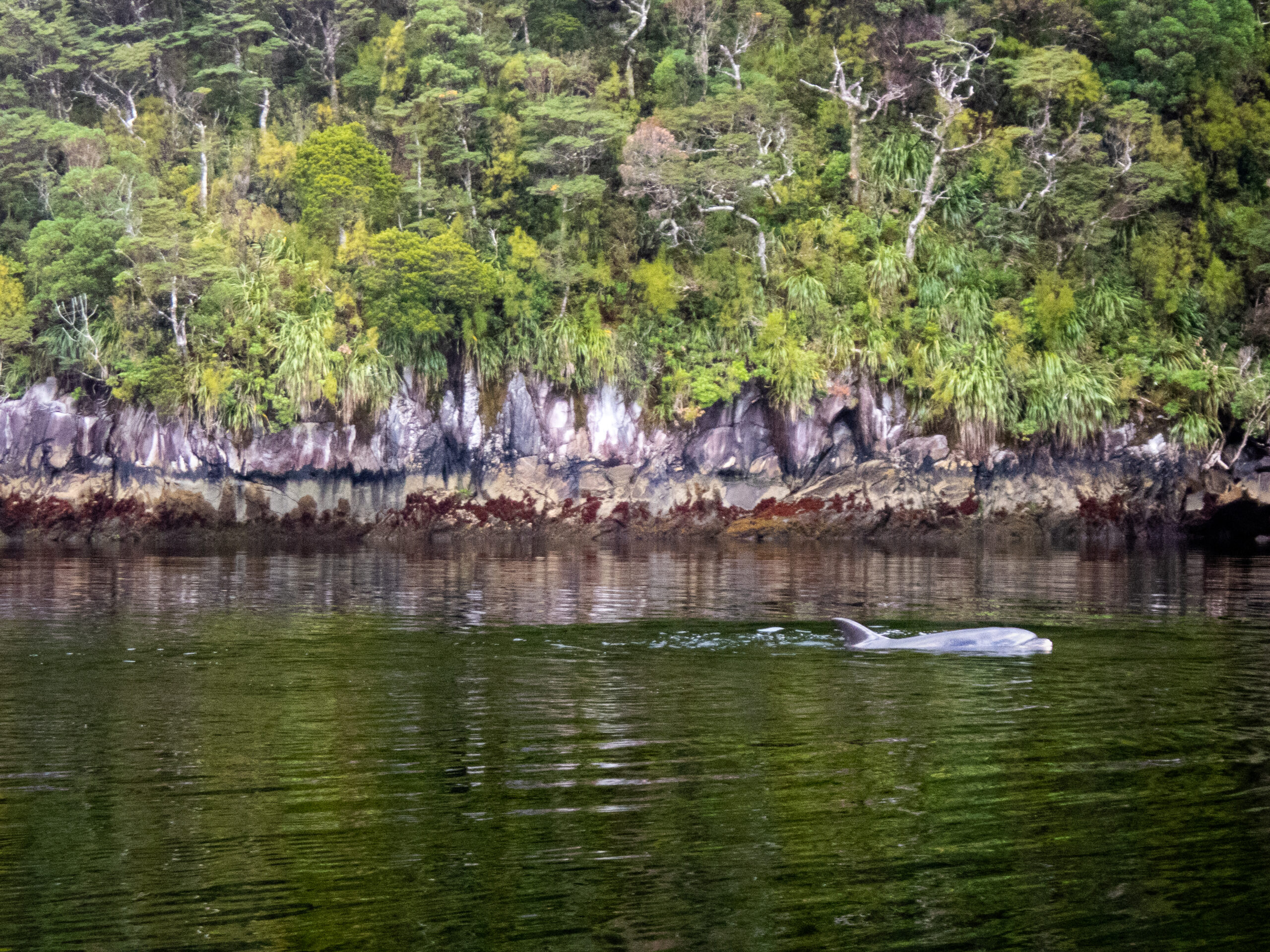
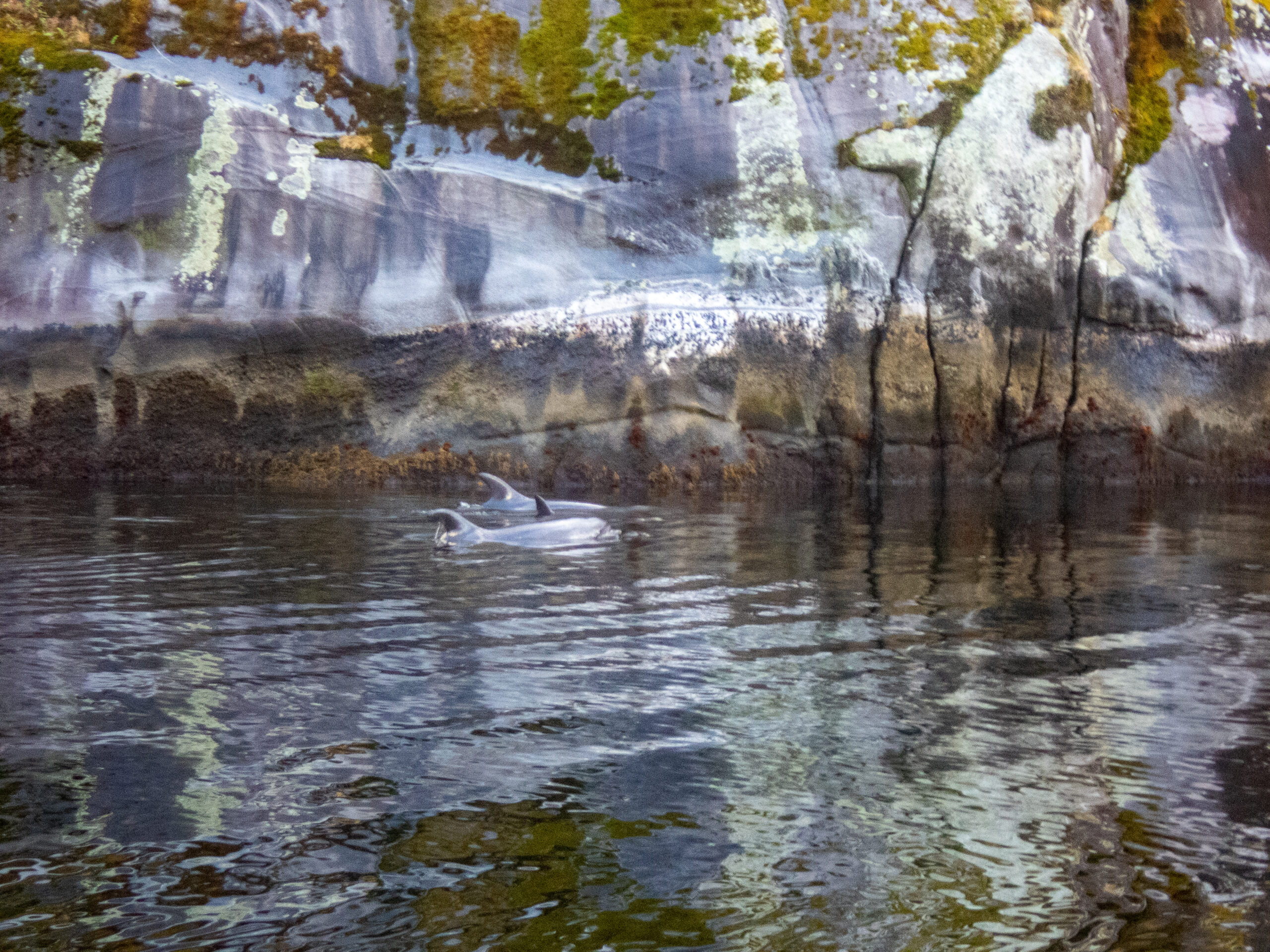
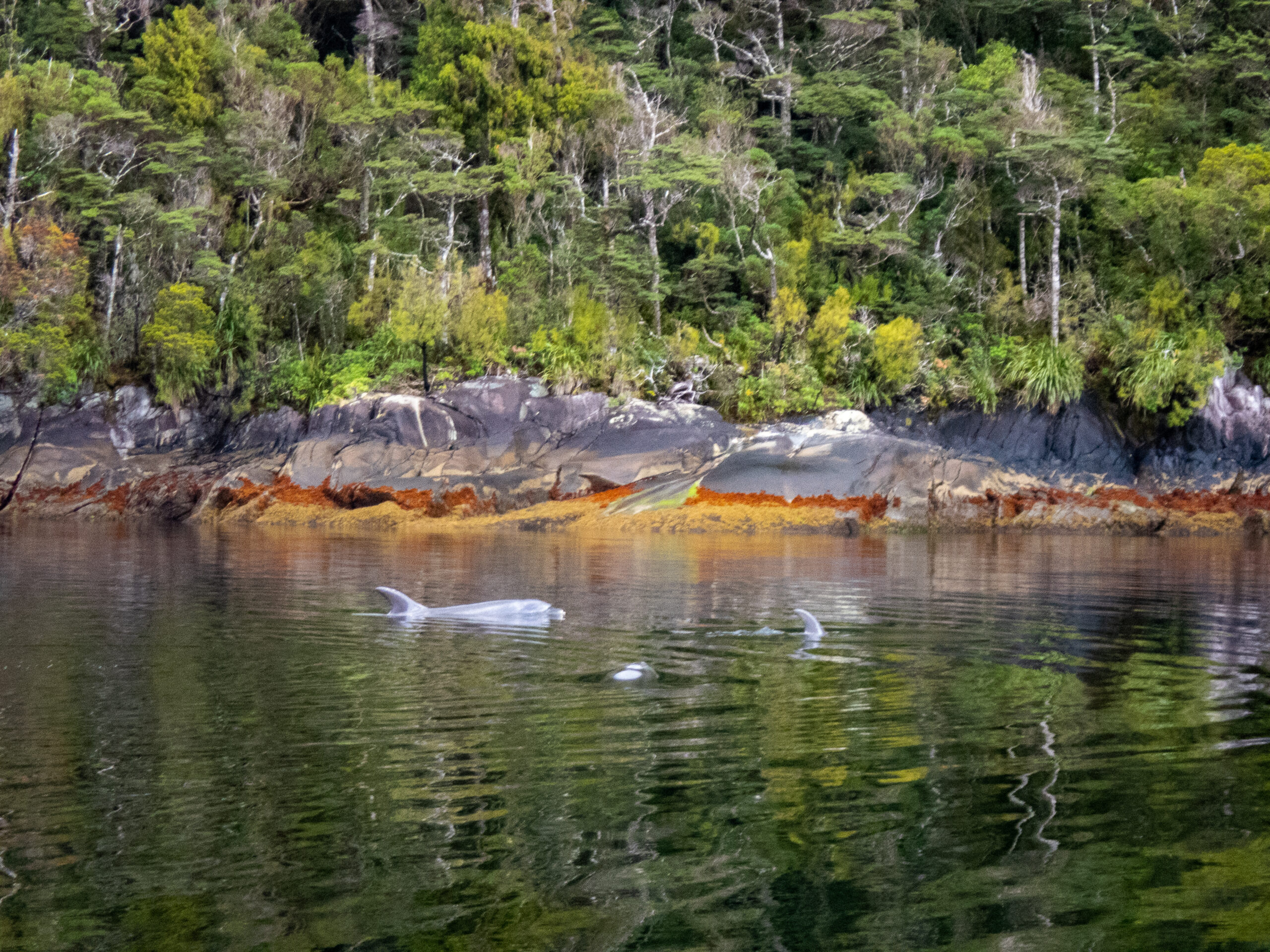


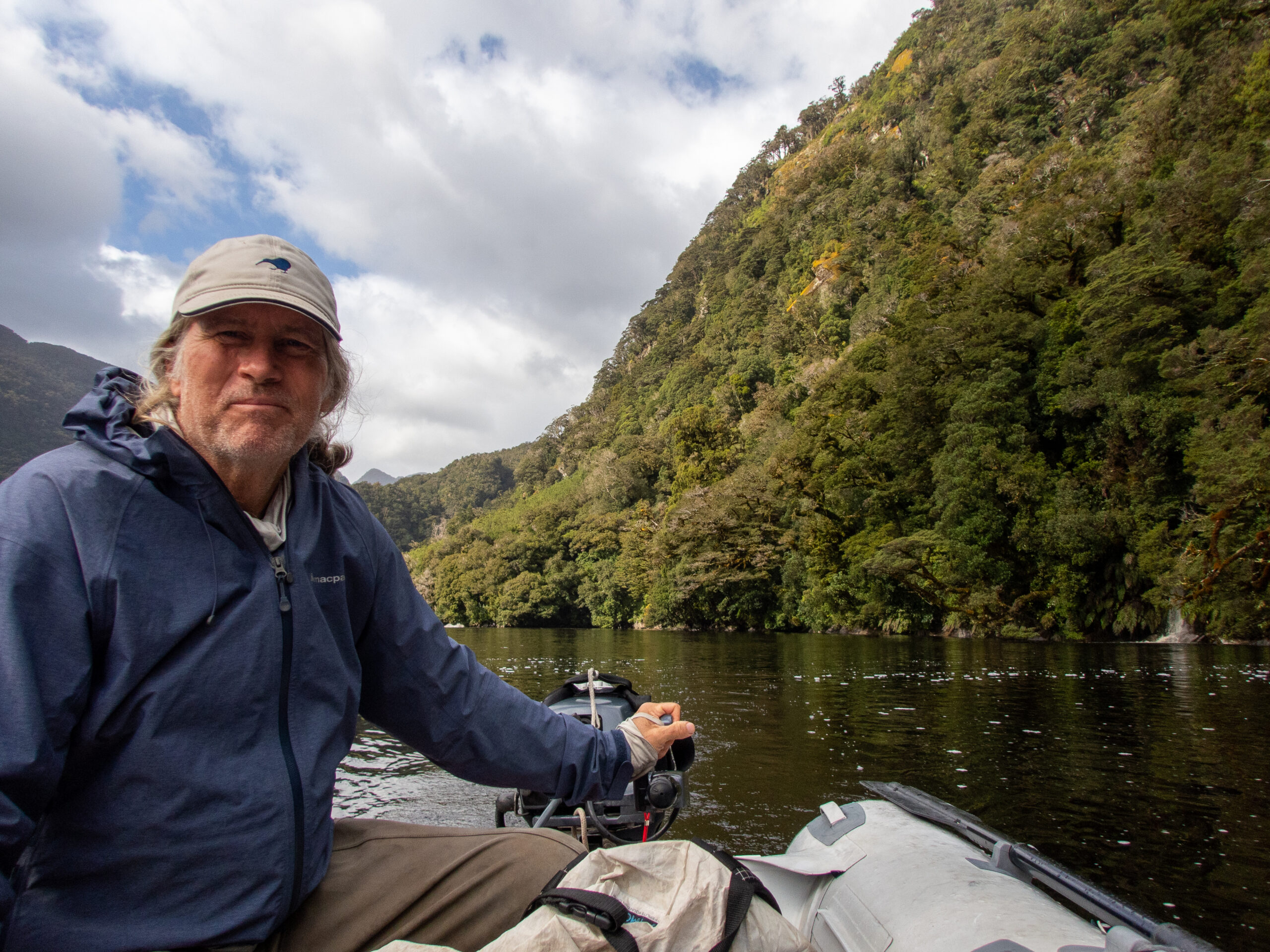
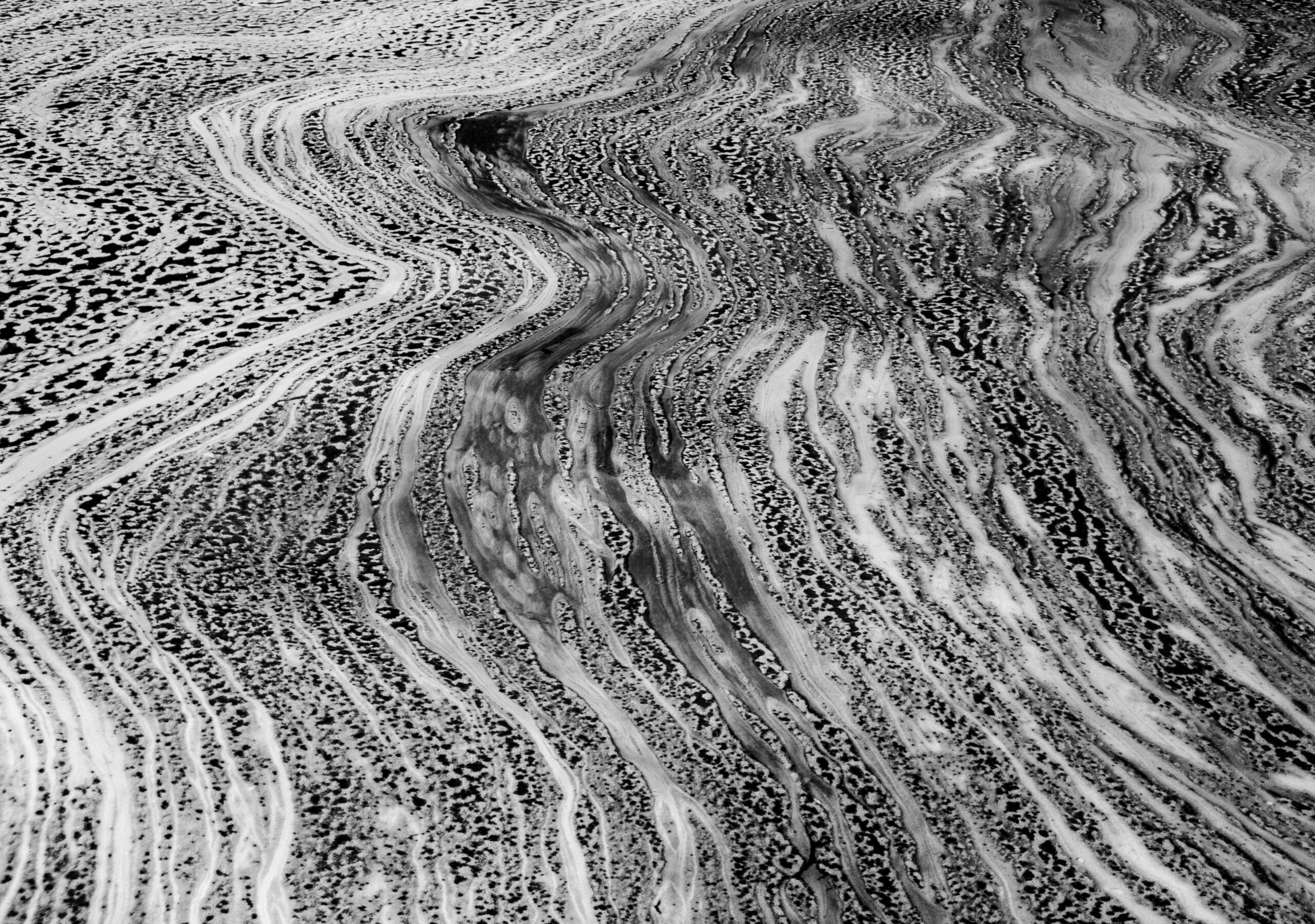
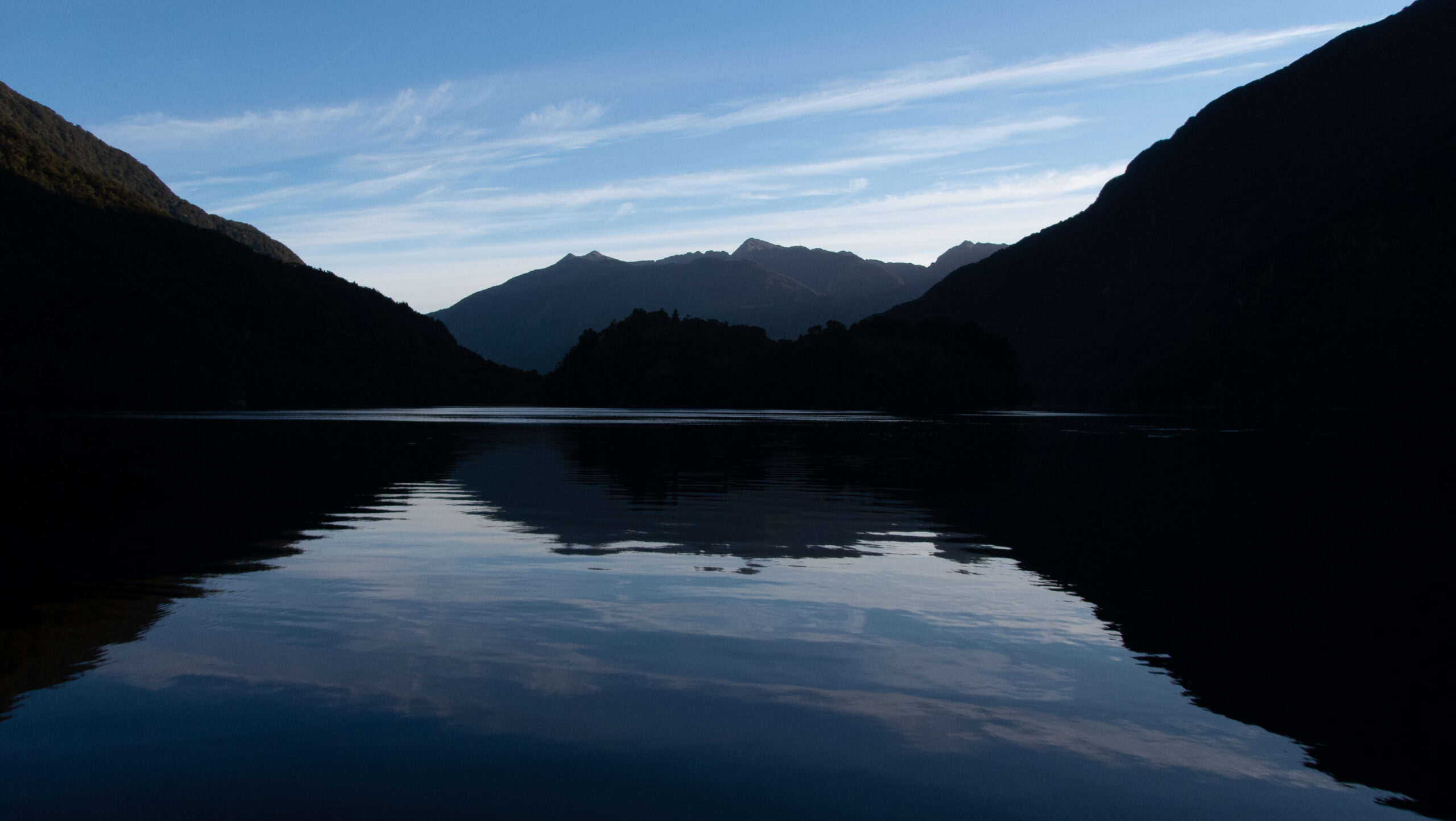

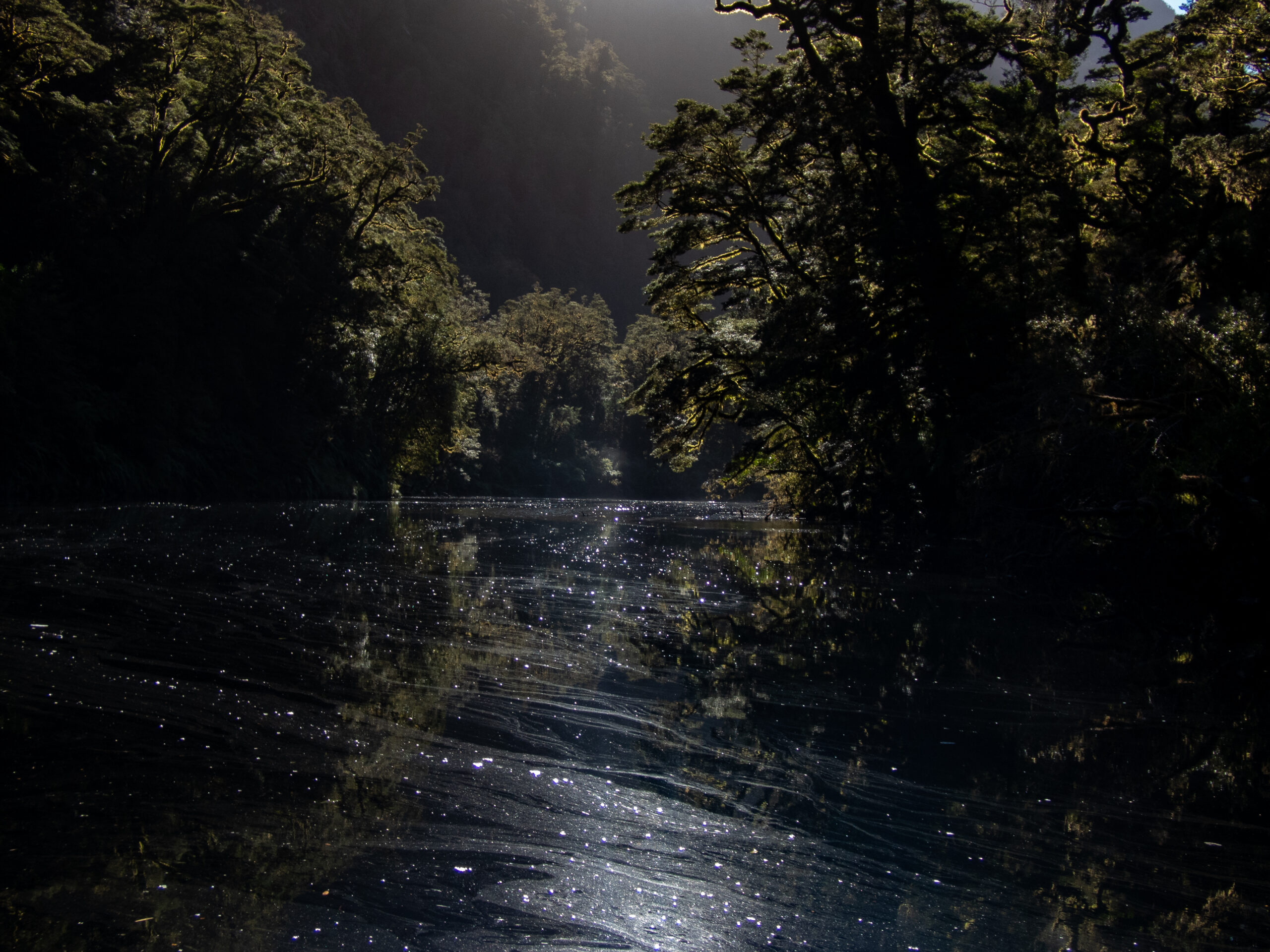
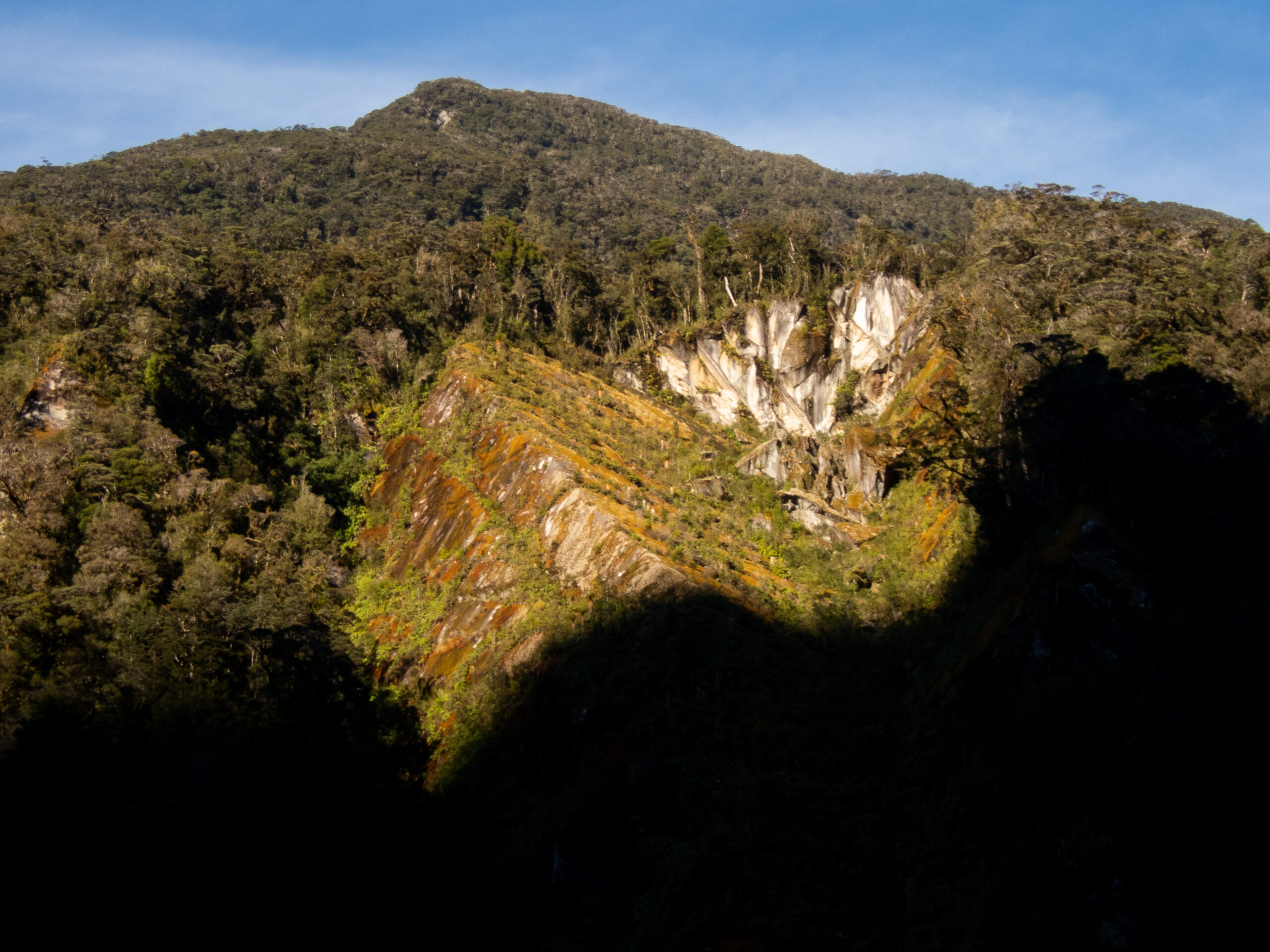
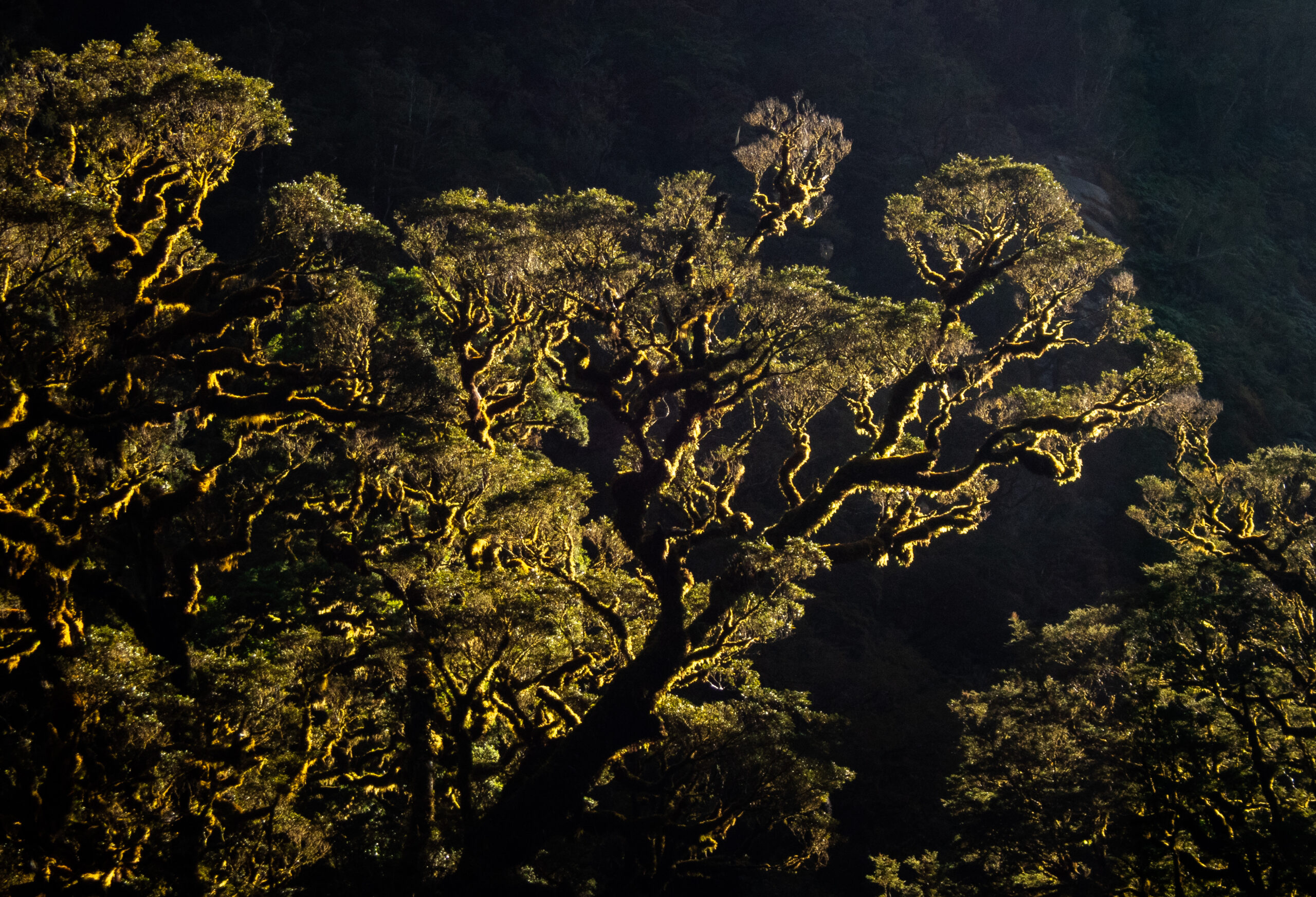
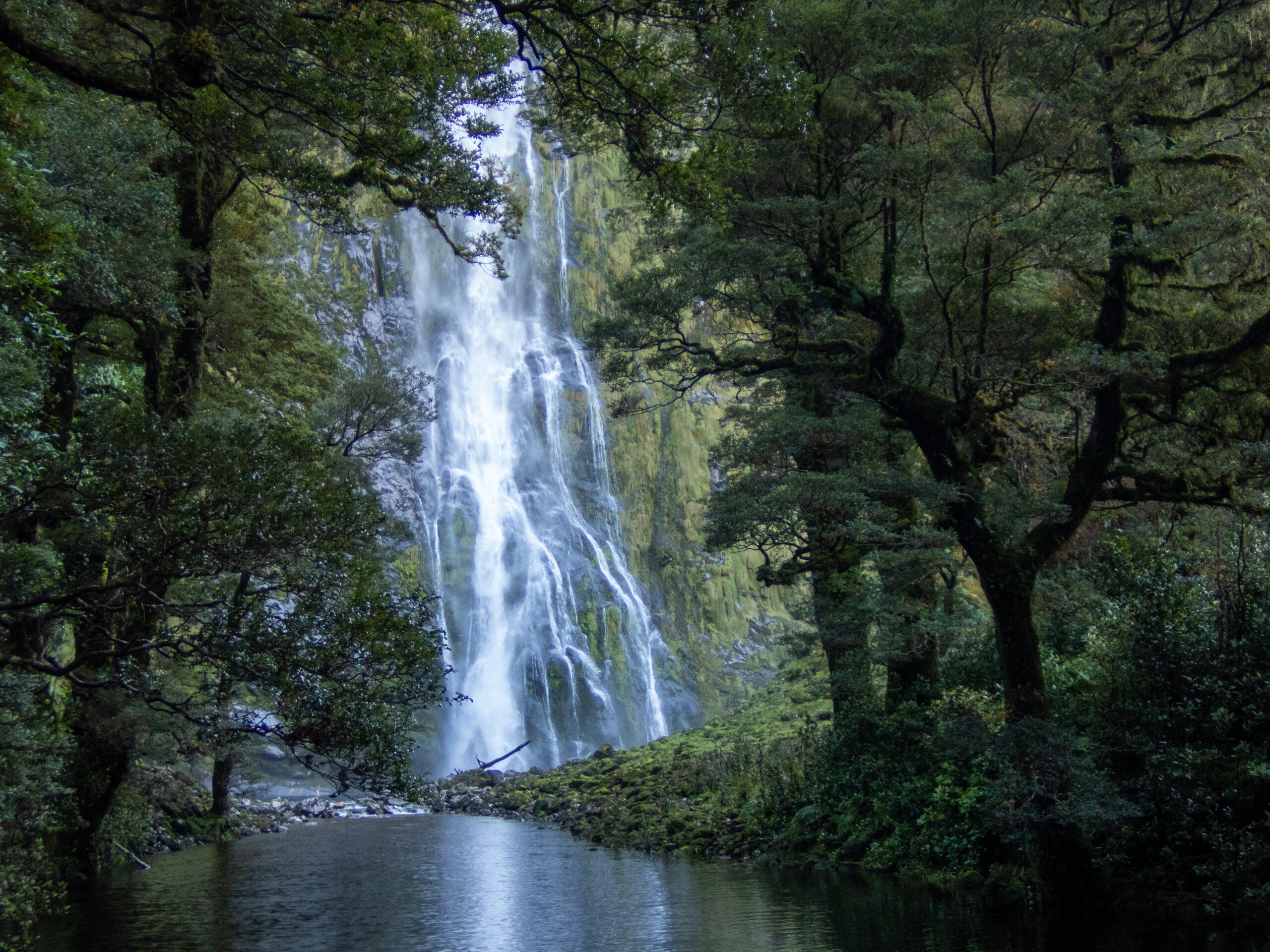

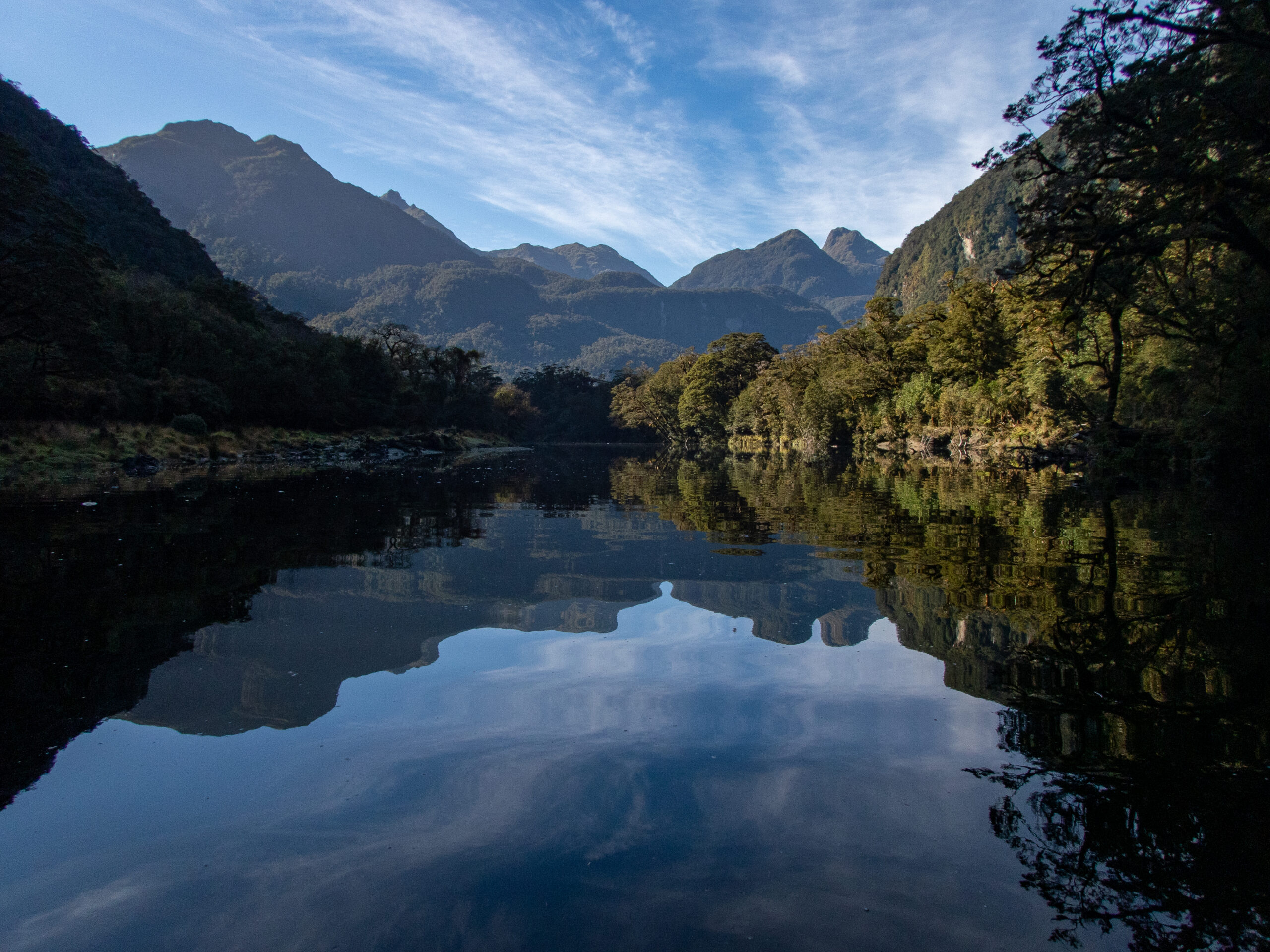
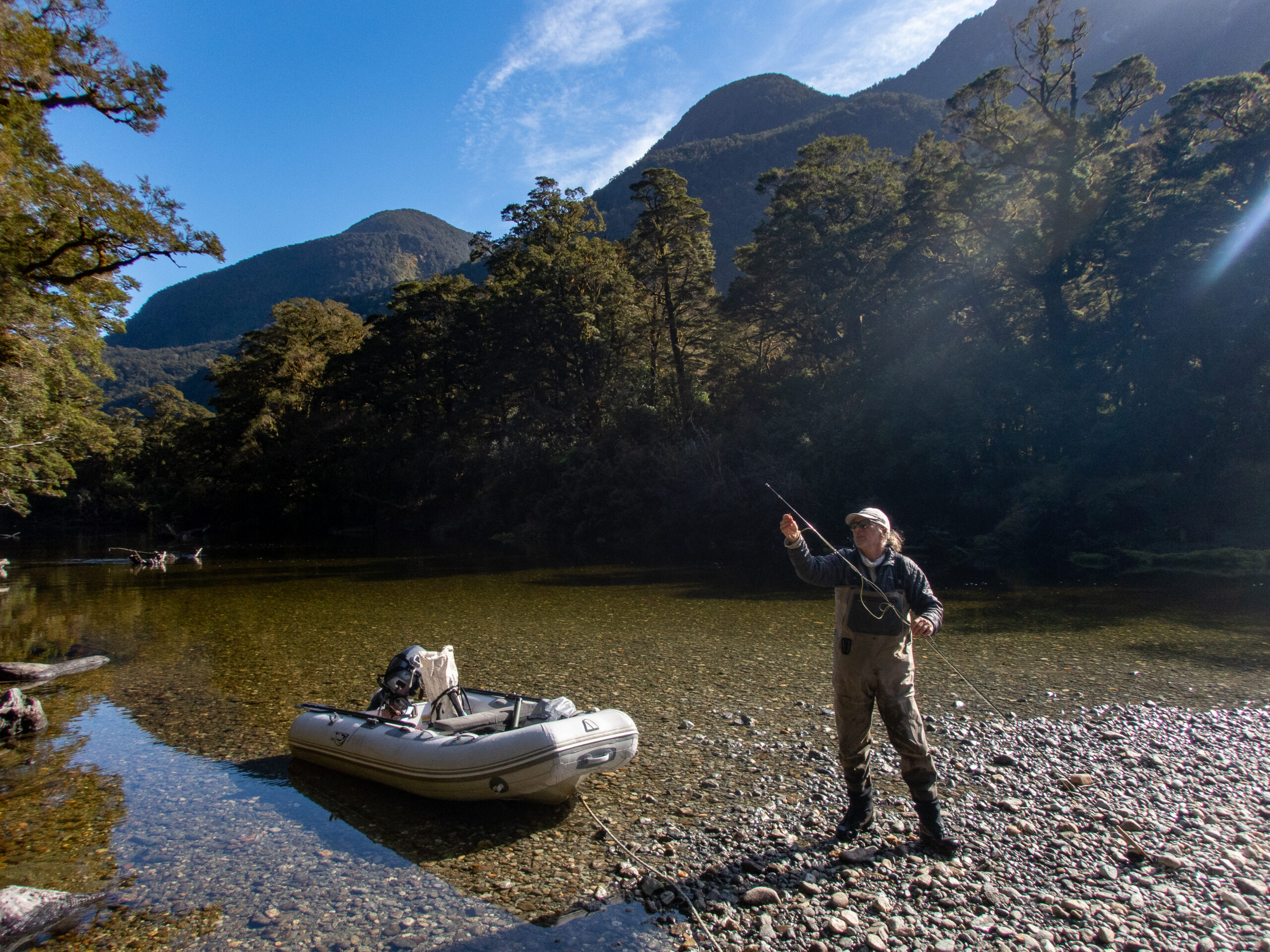

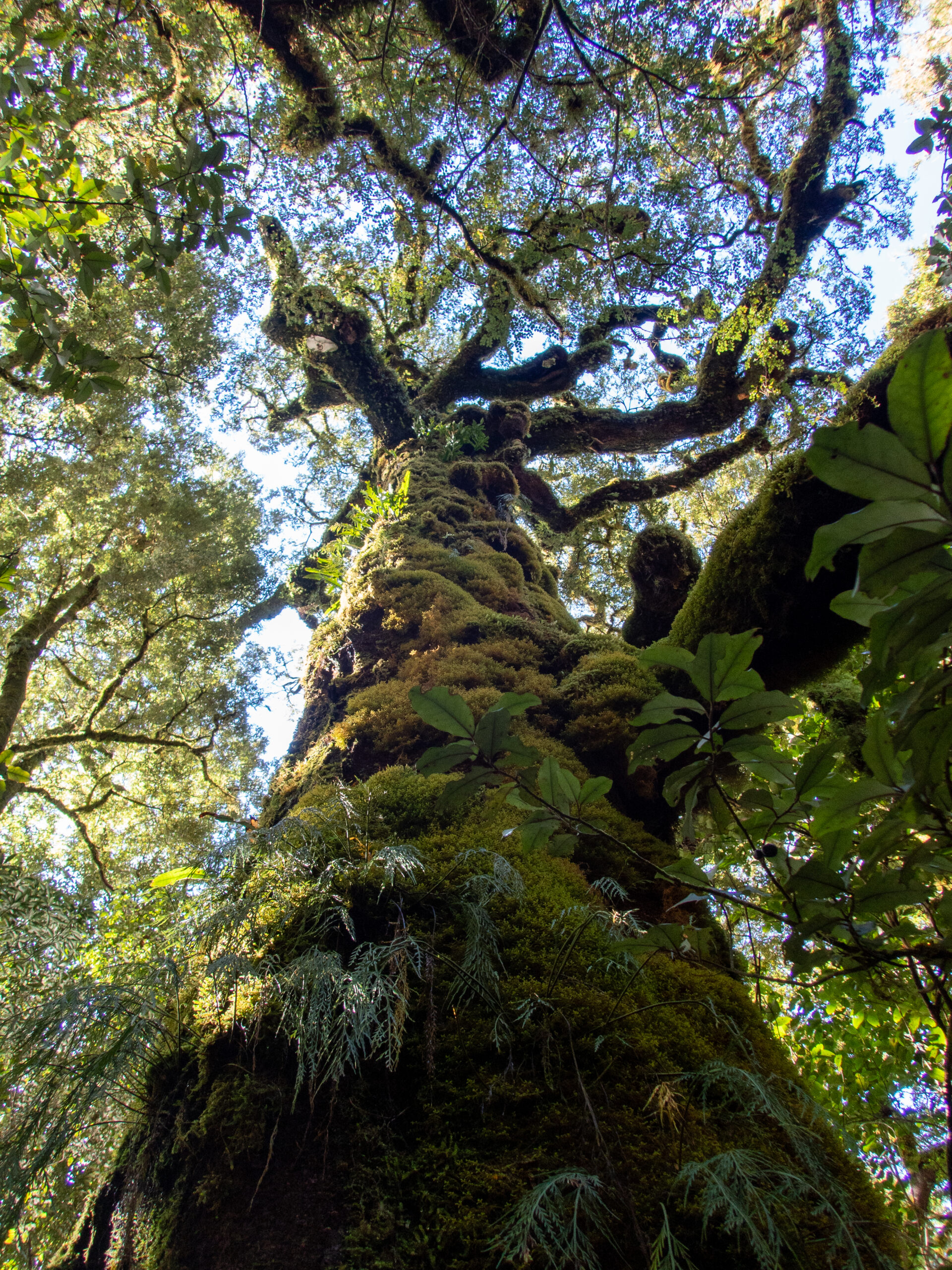
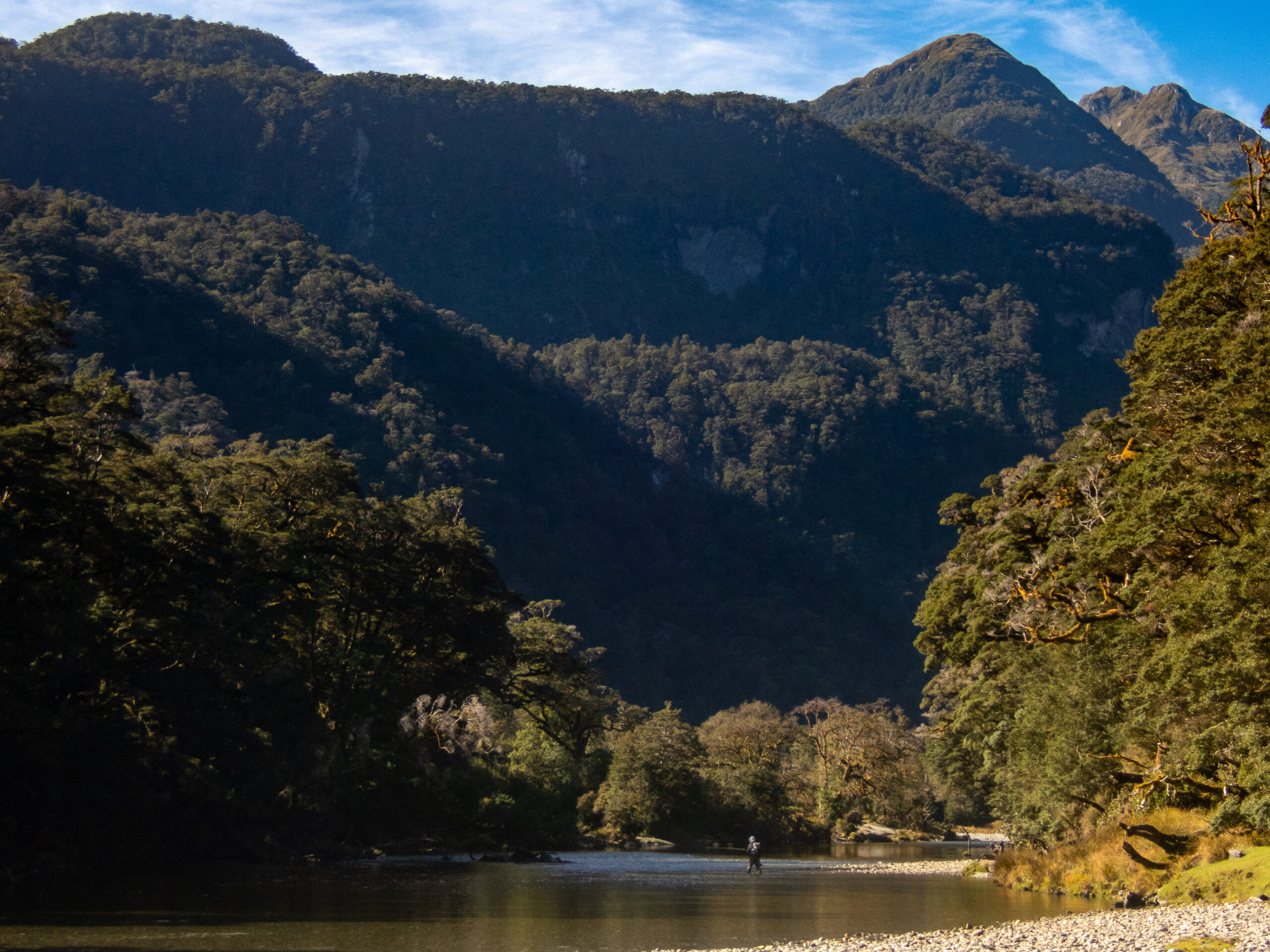
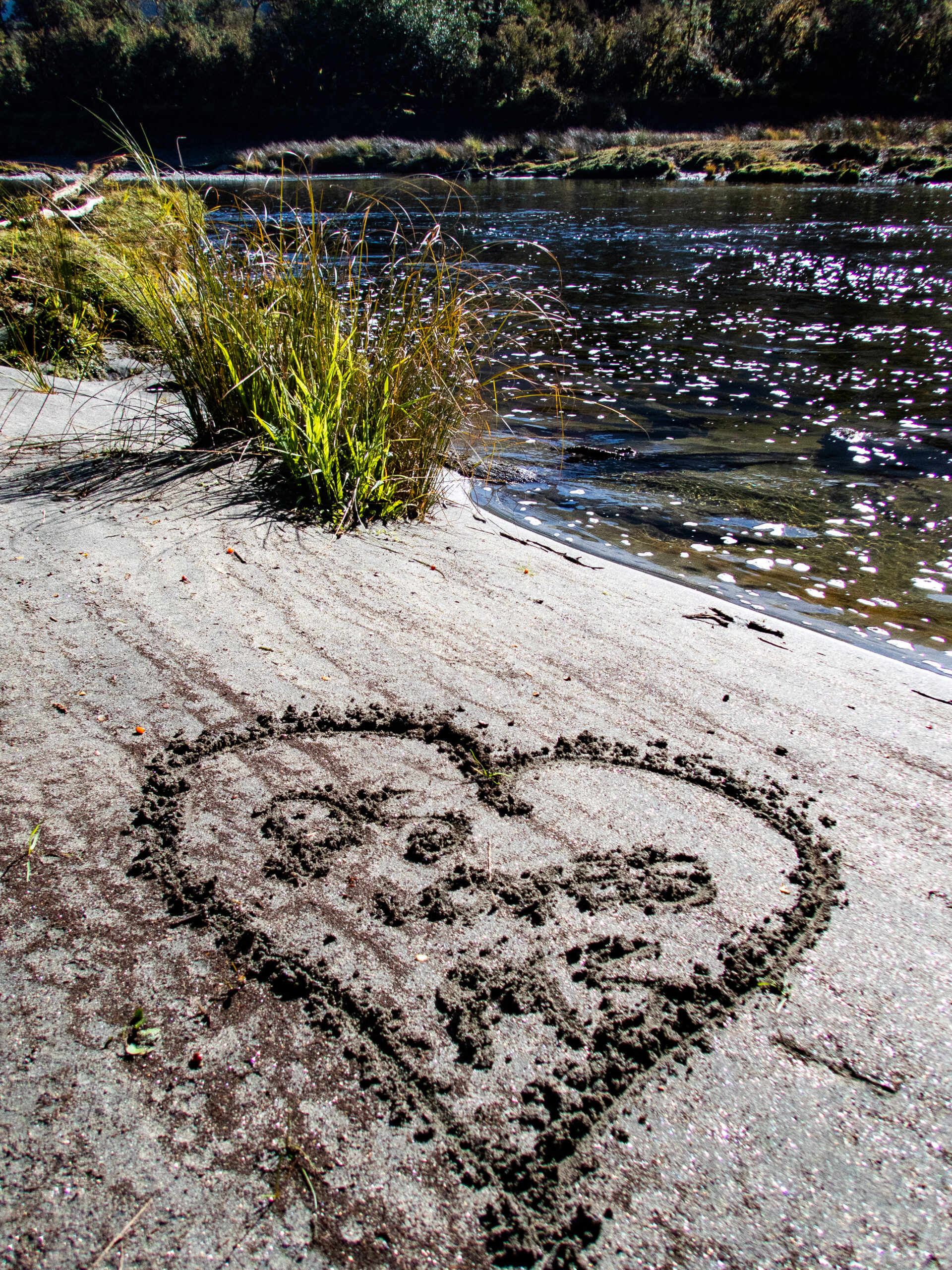
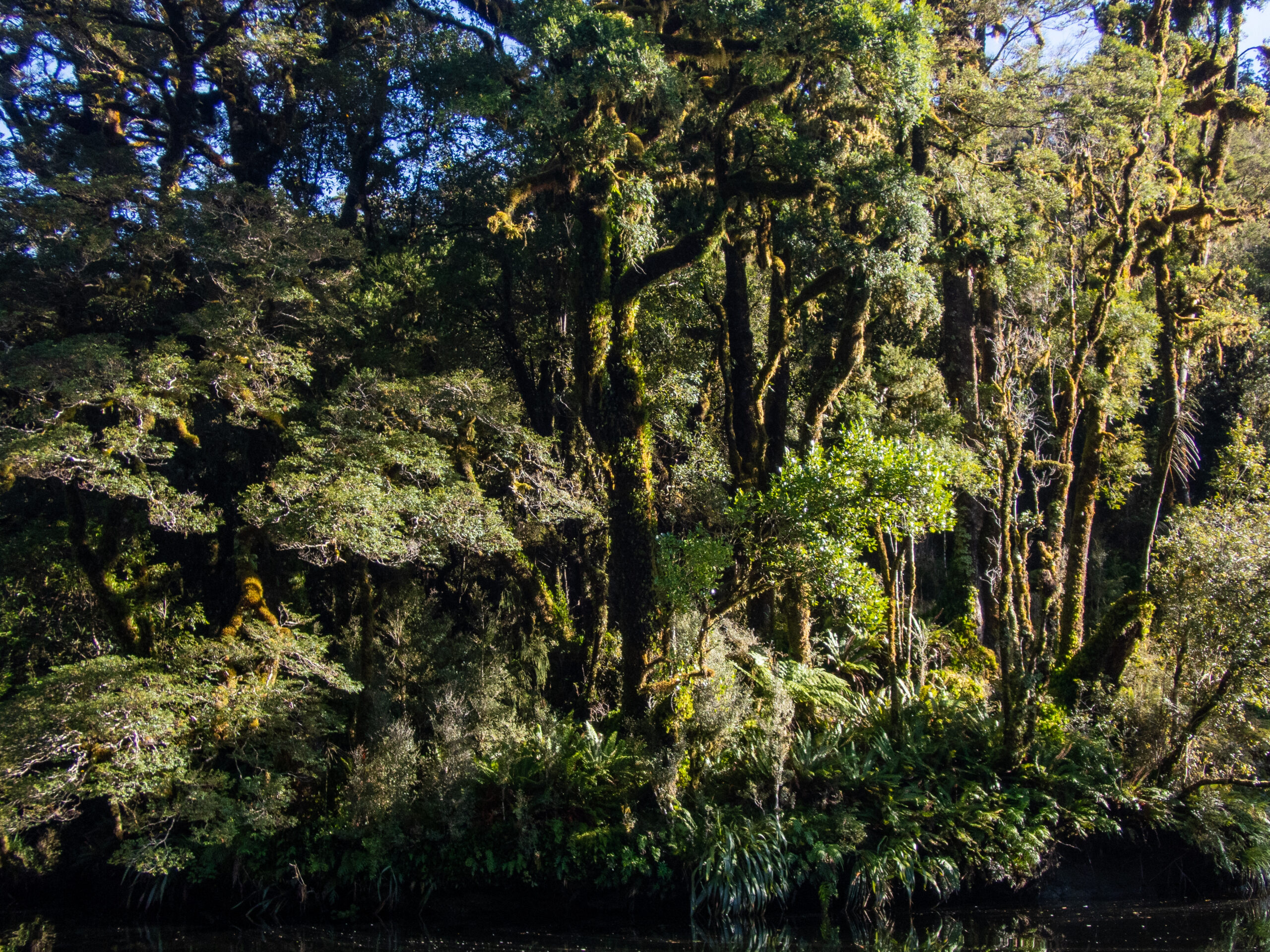

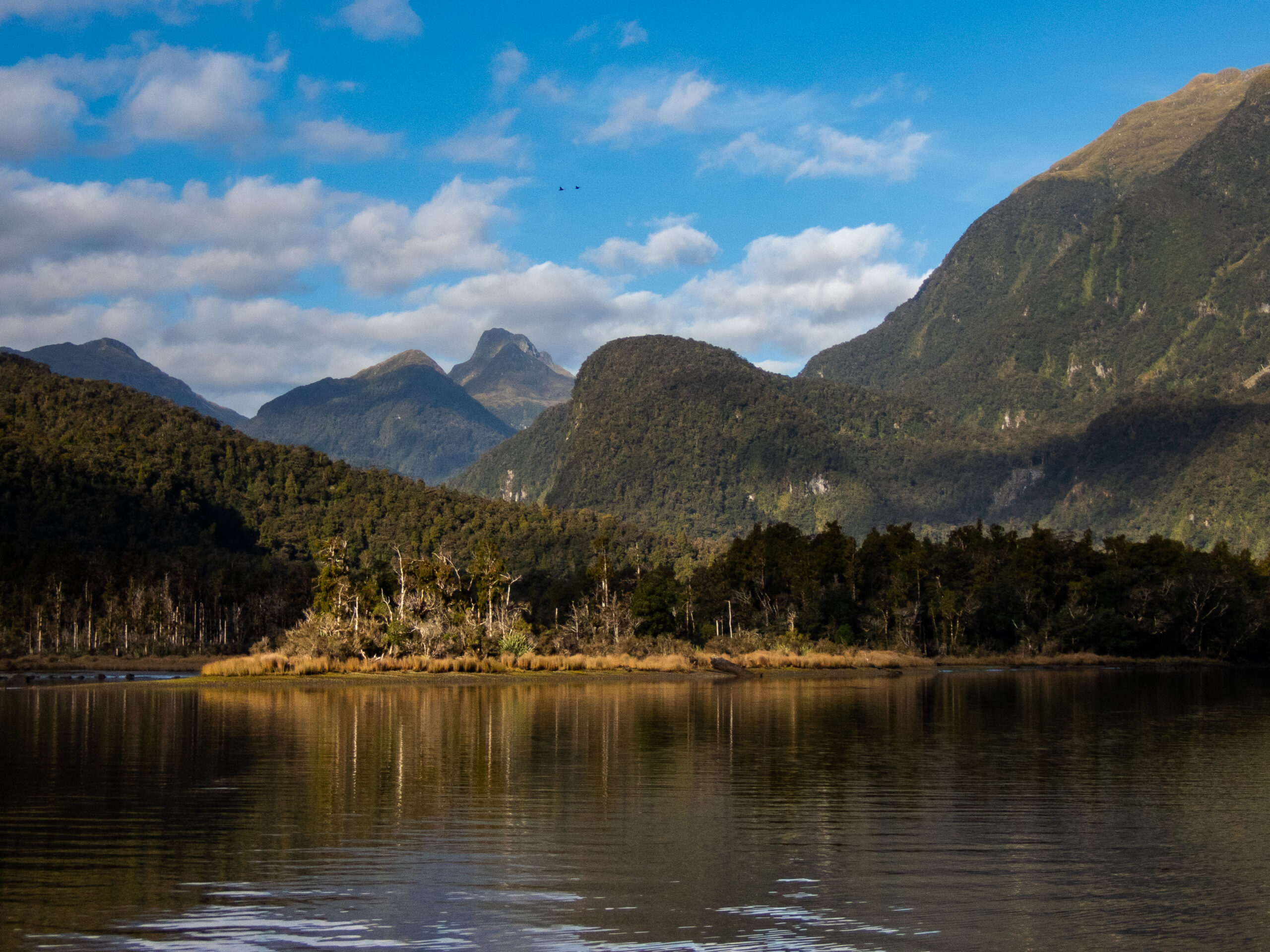
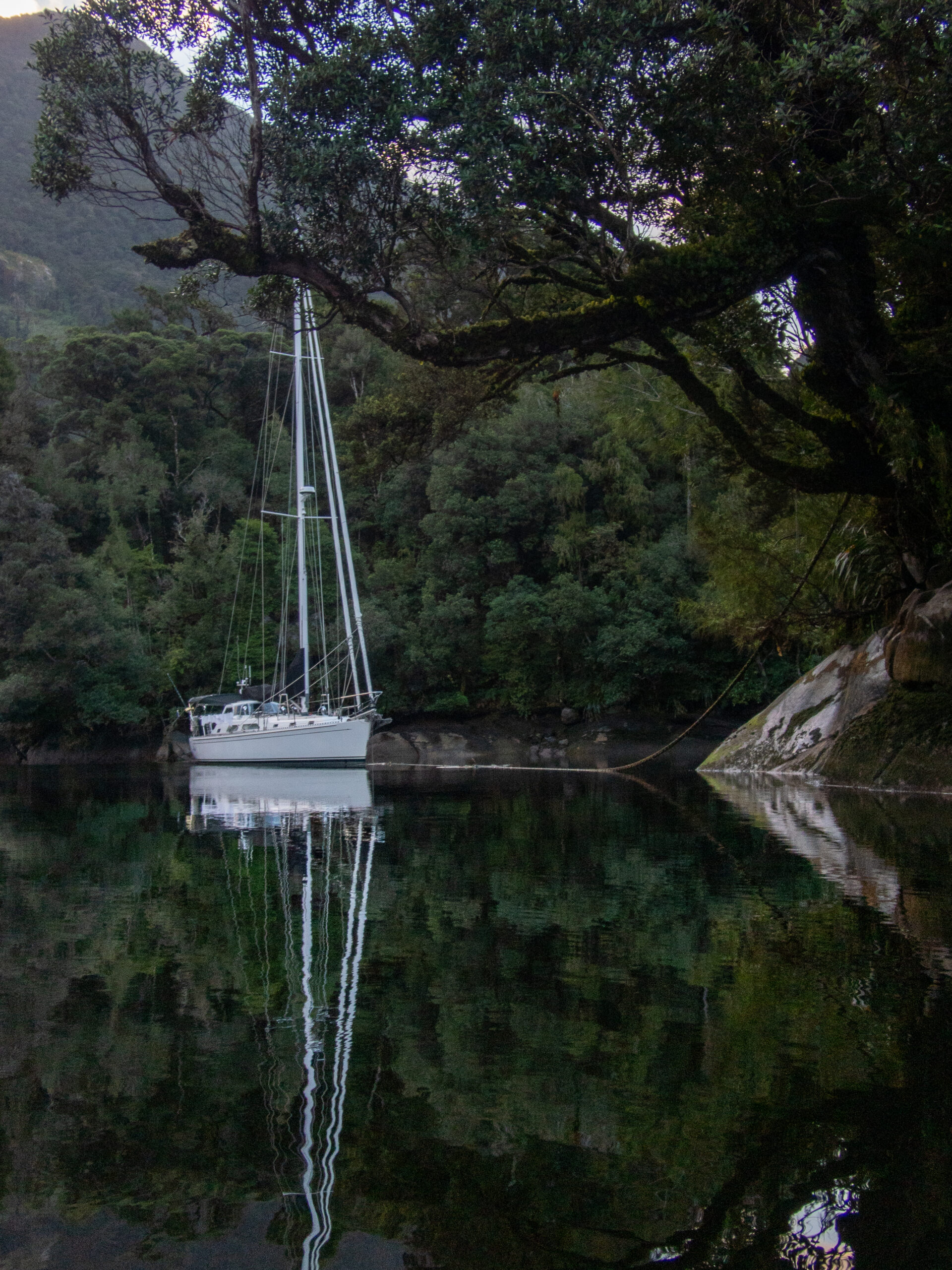
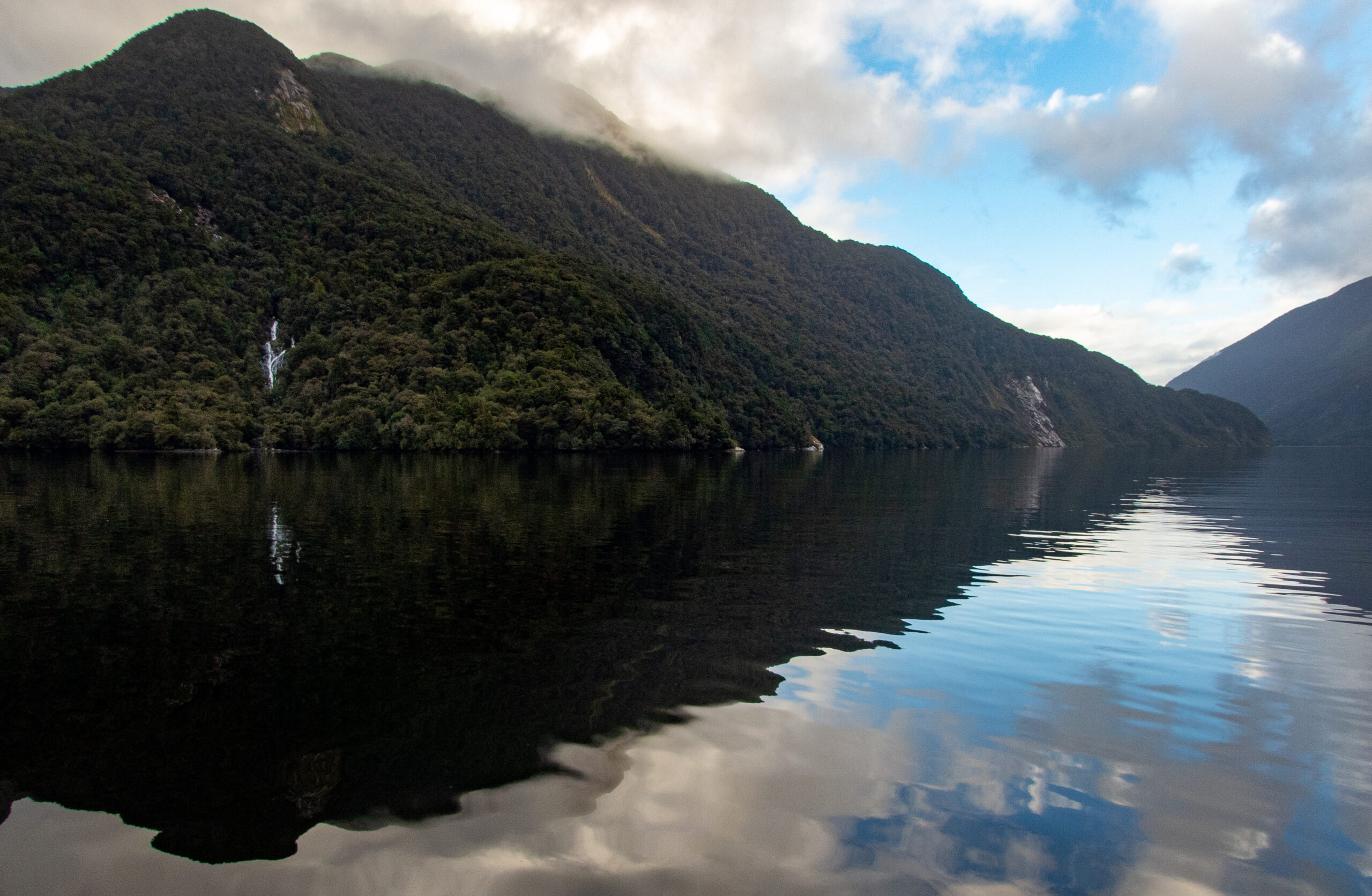
Doubtful/Patea, aka Gleeful Sound – Fiordland
Dash from Dagg to Doubtful:
The relatively short distances between sounds along Fiordland’s rugged coast allow for mad dashes timed to brief calms, but you can’t really read the ocean’s mood sheltered in the steep granite walls of the fiords. Often the designation, “all weather anchorage,” means that fishermen have figured out that even in the worst conditions, certain spots are spared. The only way to know when it’s time to go, if you don’t have the benefit of years of local knowledge, is to study the weather models that we download twice a day from PredictWind. Because they are downloading via Iridium satellite, the resolution of the models cannot be higher that 50km. So there’s a bit of an odd effect as the models average how much the wind on the Tasman Sea is slowed down by the mountainous Fiordland coast, giving the appearance of lighter winds close to shore. They probably are a little lighter compared to what they are 20 miles out at sea, but our experience is that the models generally underestimate what it’s like on the outside and overestimate what we’ll experience once inside. Wind or no, gale or no, the seas are almost always a mess, particularly where local winds funnel through the openings of the sounds. Schedules are well known as the bane of sailing but in the land based world they are unavoidable, and Wyatt had a particularly narrow window of time to squeeze in a visit to us amid preparations to leave New Zealand. So we considered ourselves unreasonably lucky when the wind that pinned us down for a couple of days in Daag, relented in perfect time for us to make the dash. We arrived at the opening of Doubtful with what Wyatt would call a ‘splitter bluebird’ sunny day. ~MS
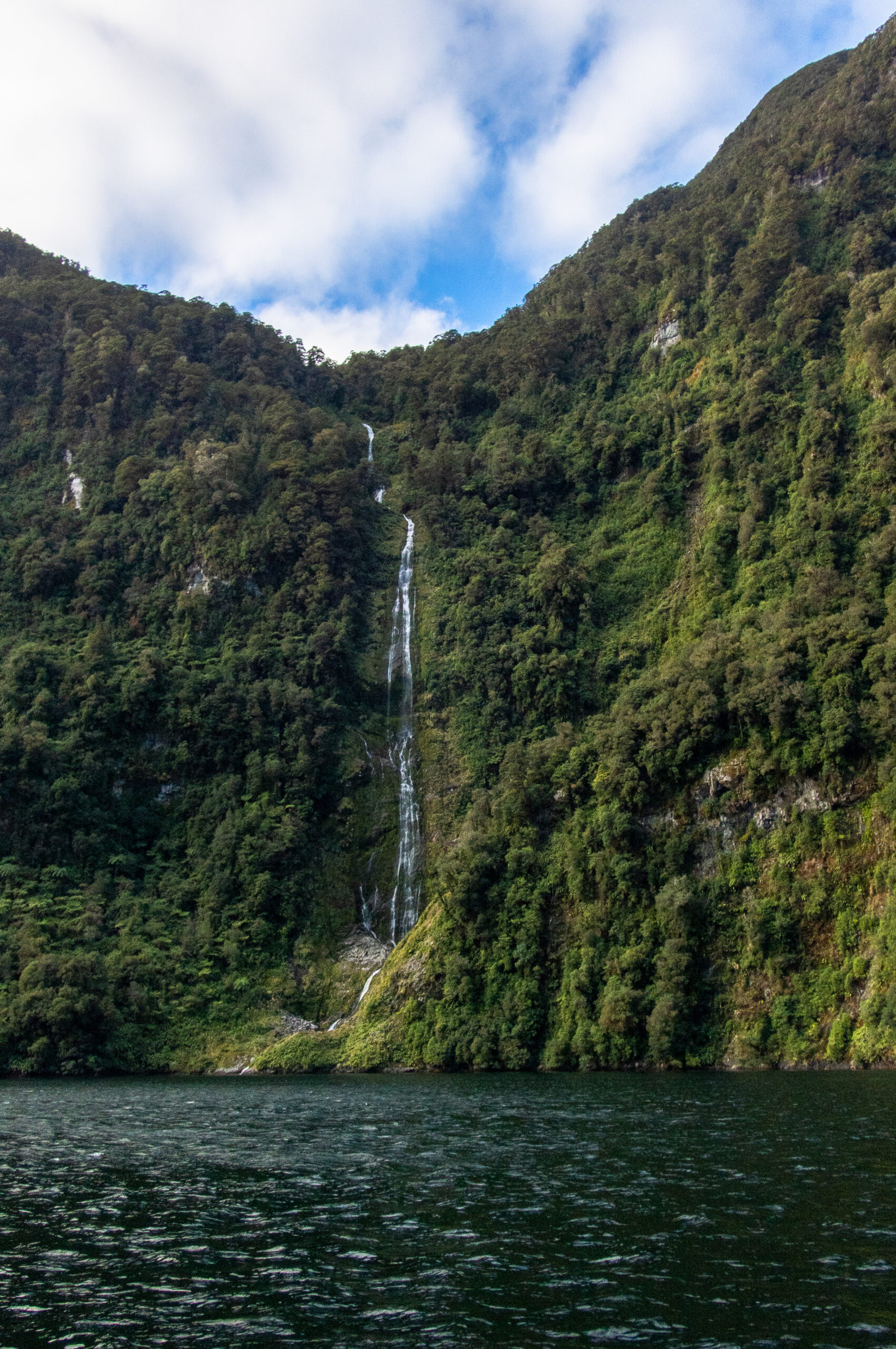

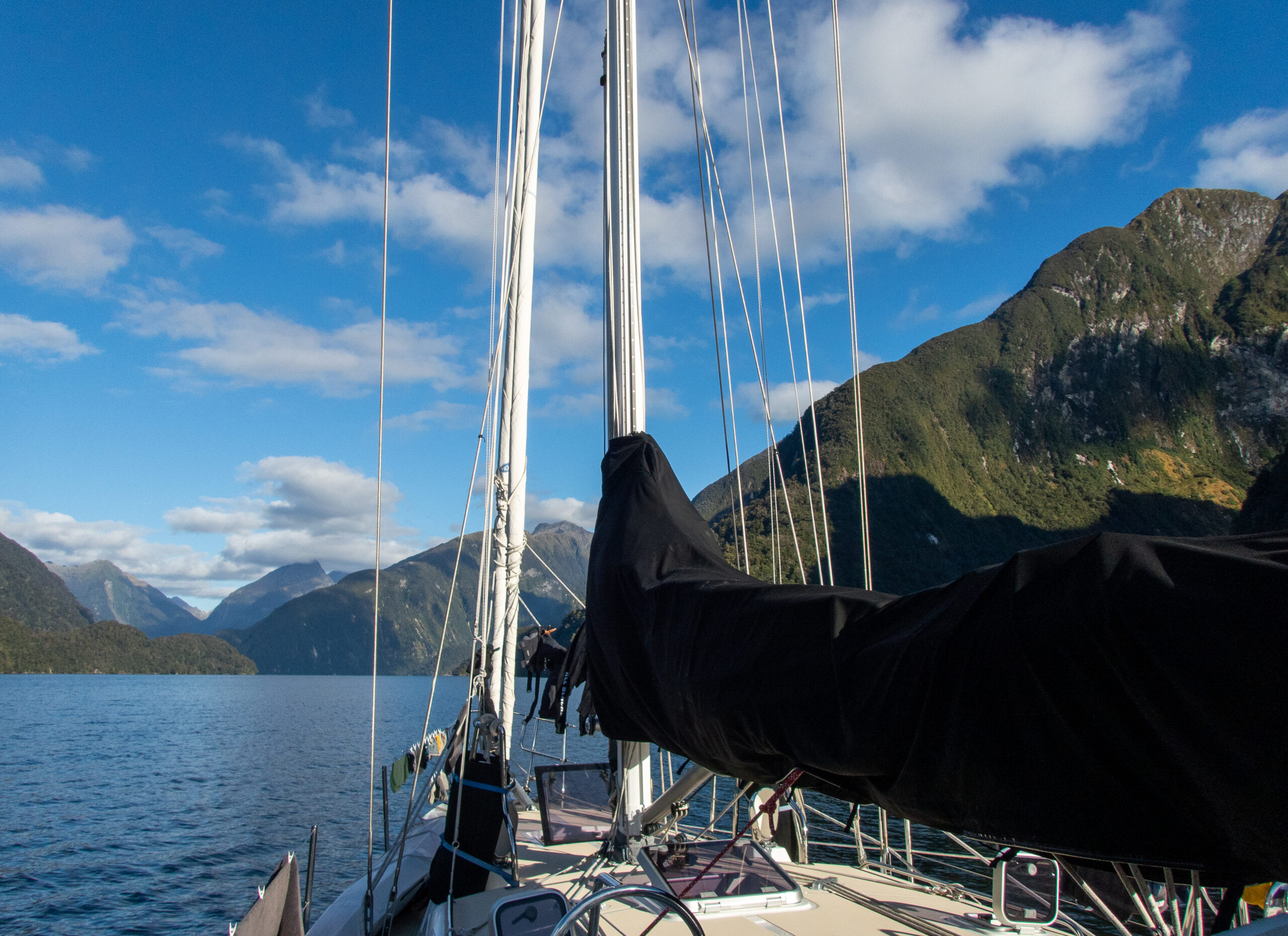
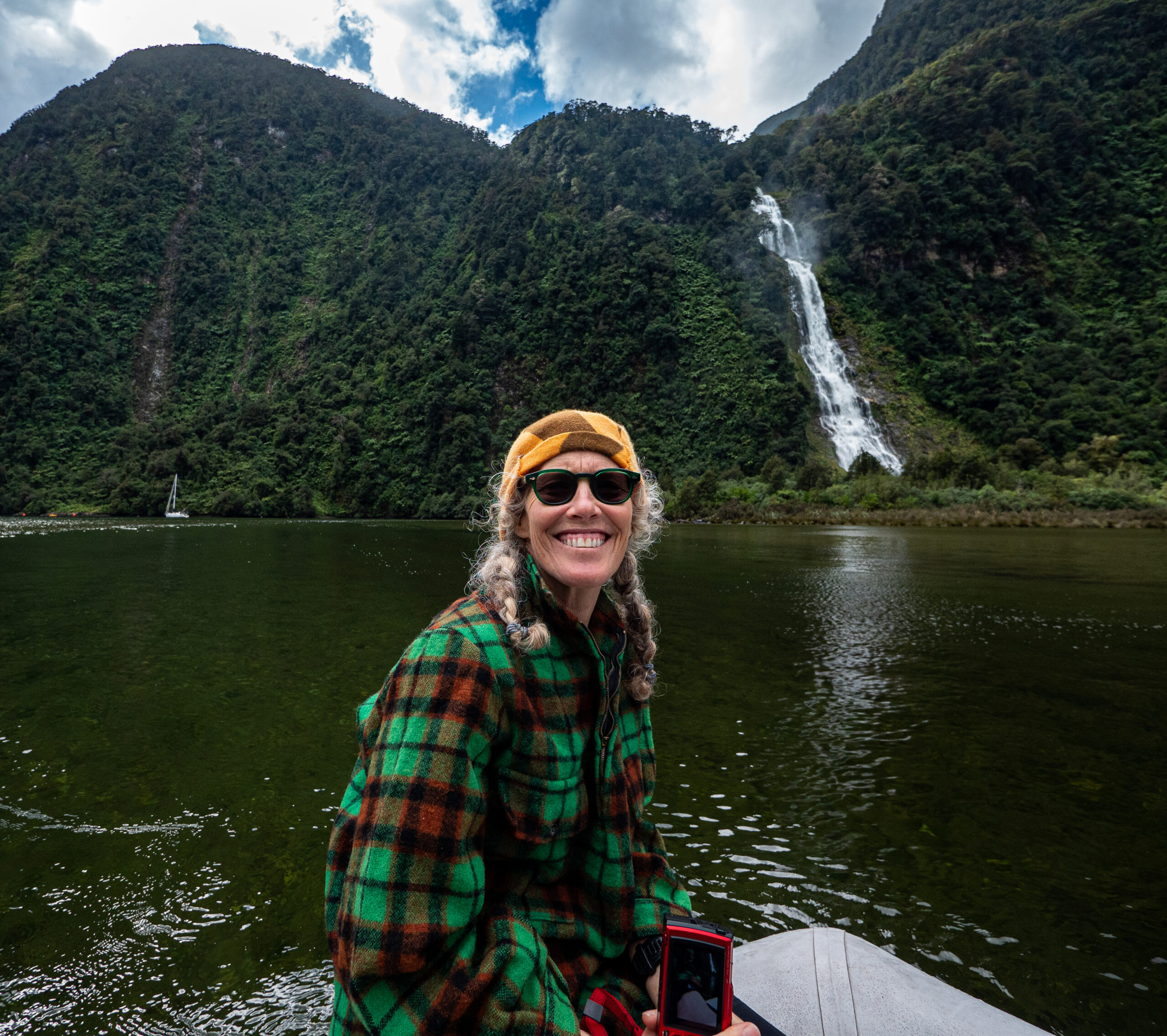
Allora on a mooring (all by herself) in Doubtful Sound, tucked right up next to the roar of Helena Falls. Evening spent getting the aft cabin clear of STUFF to welcome Wyatt the next day. Here, I don the particular ‘happy parent’ expression, just moments after snagging Wyatt off the bus!

Yep, the same one!
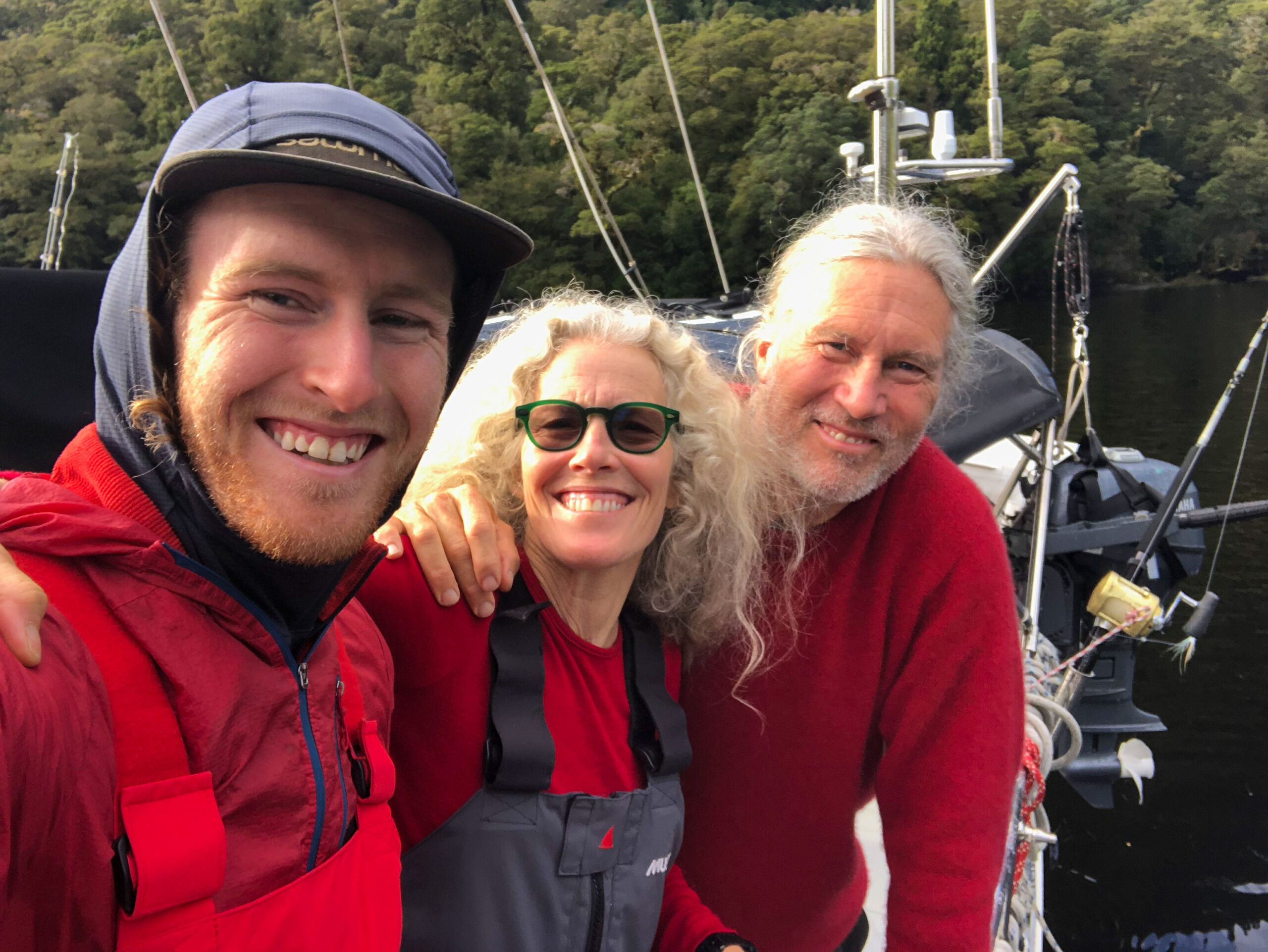


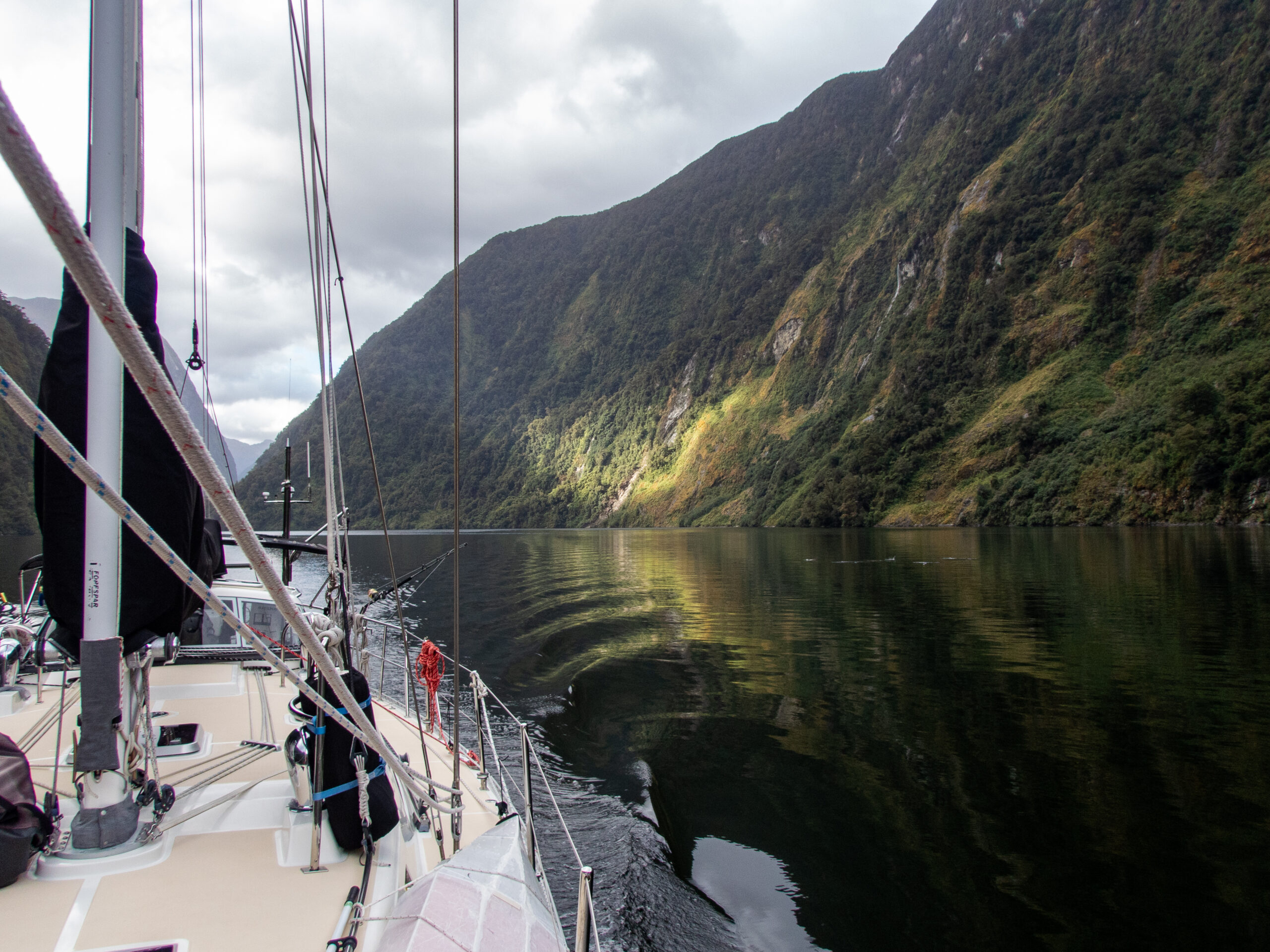

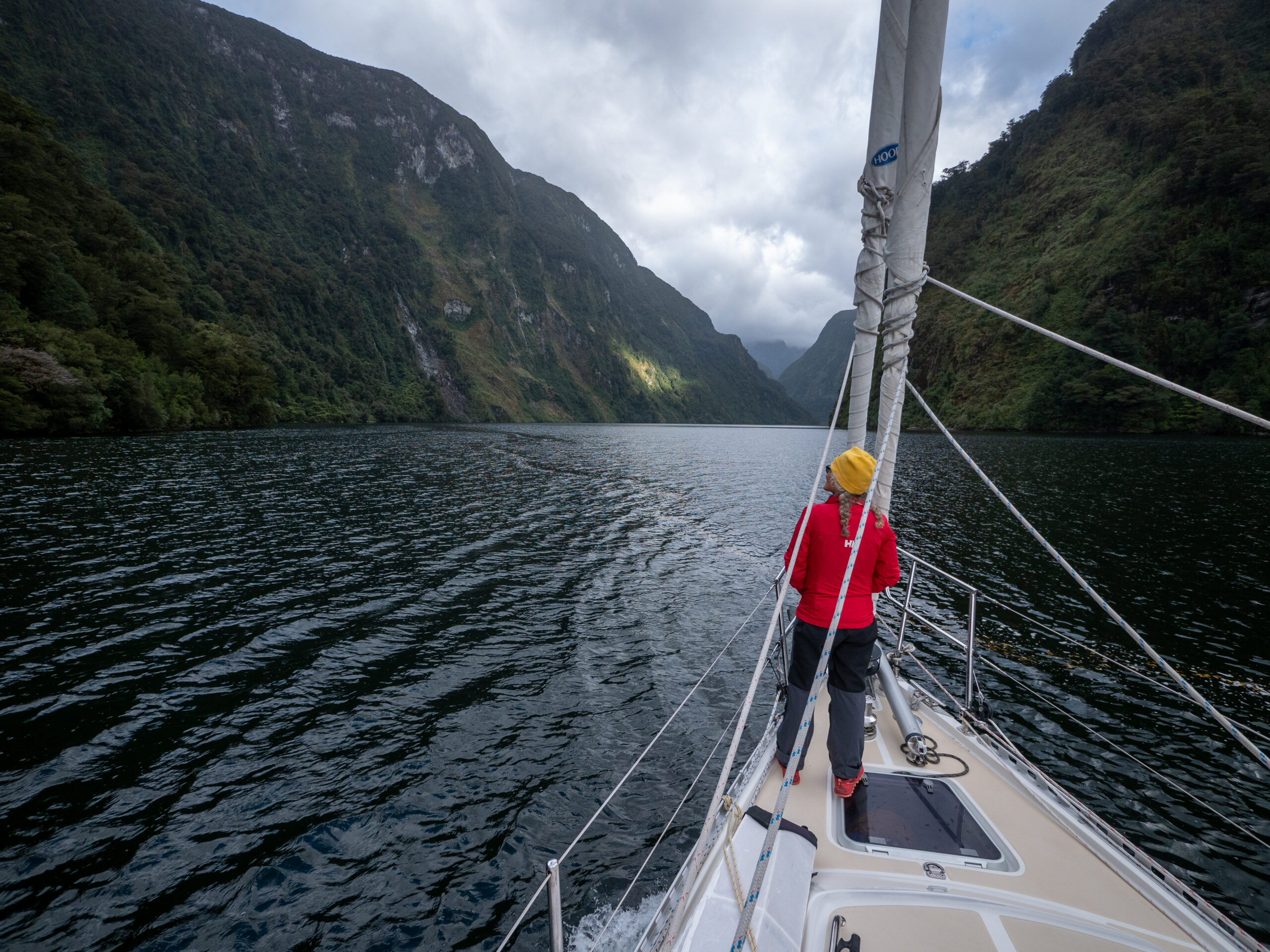
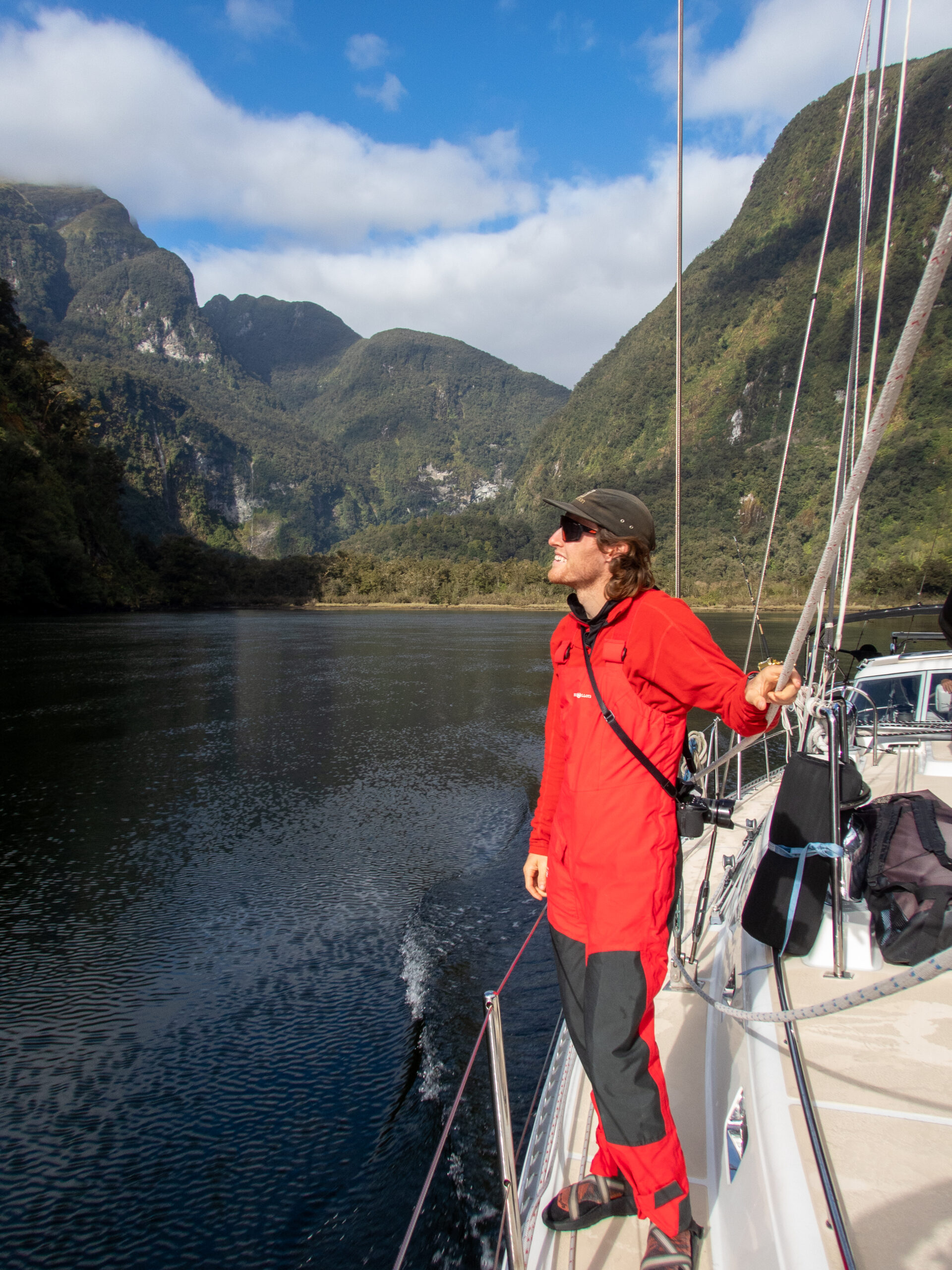
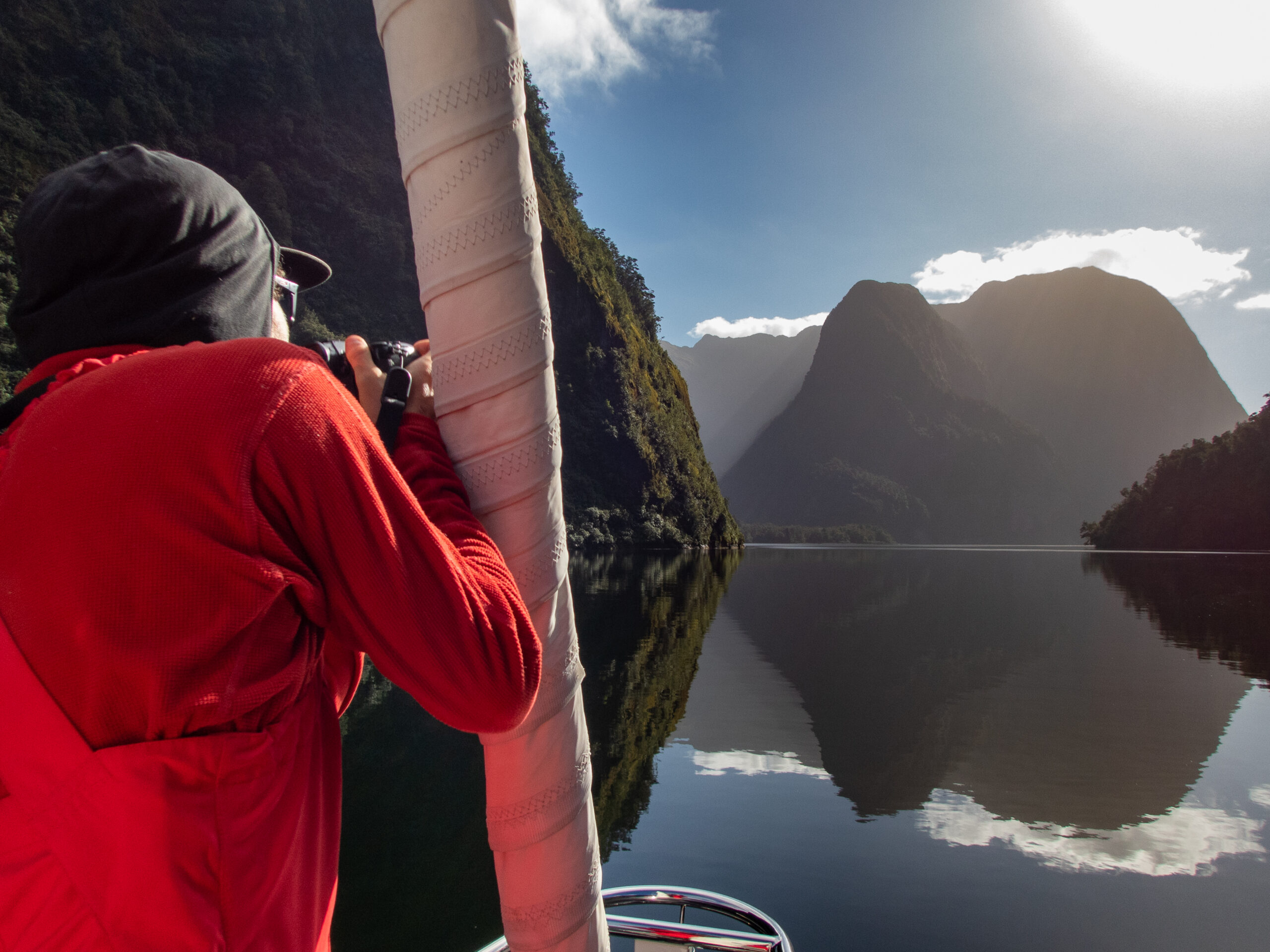

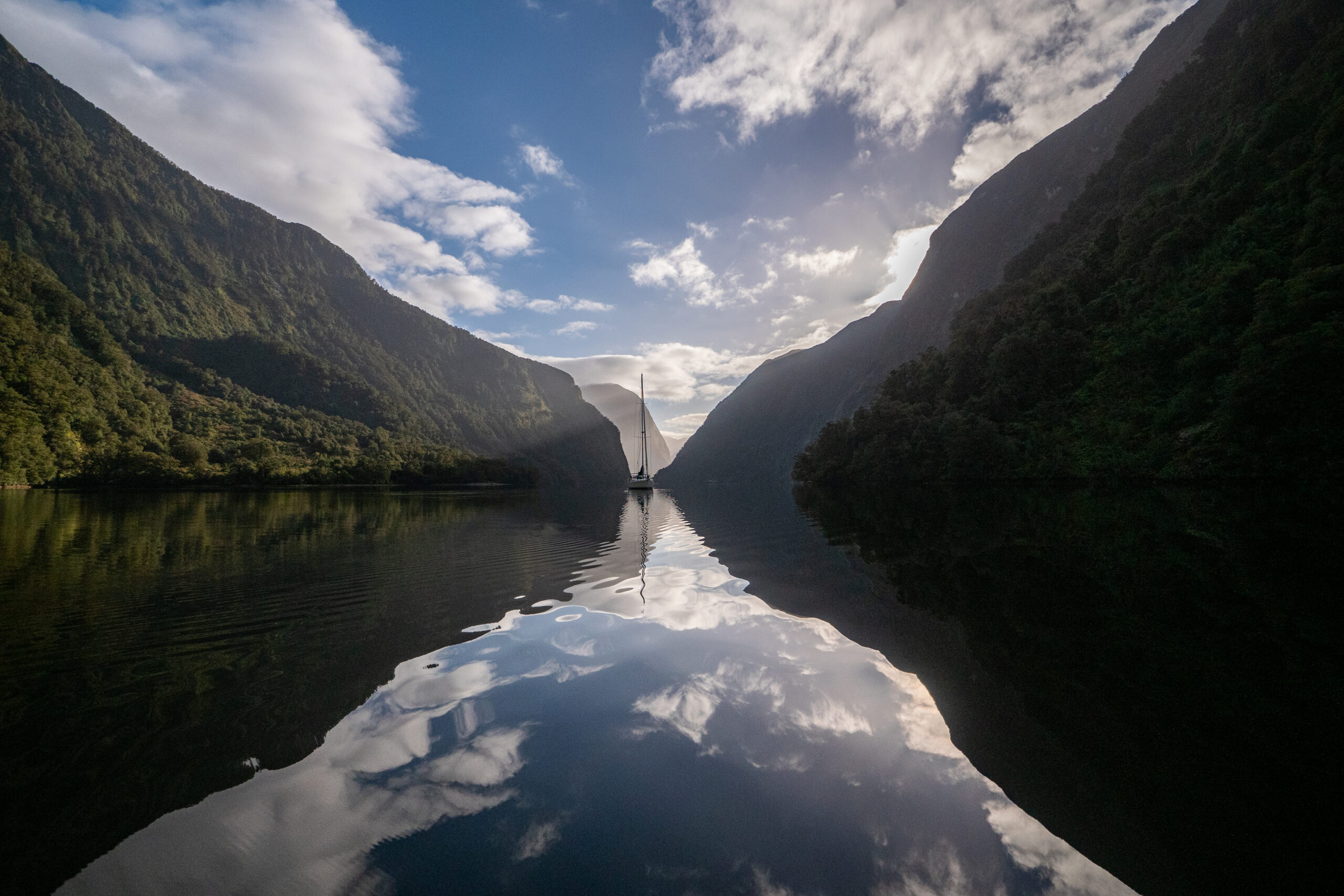
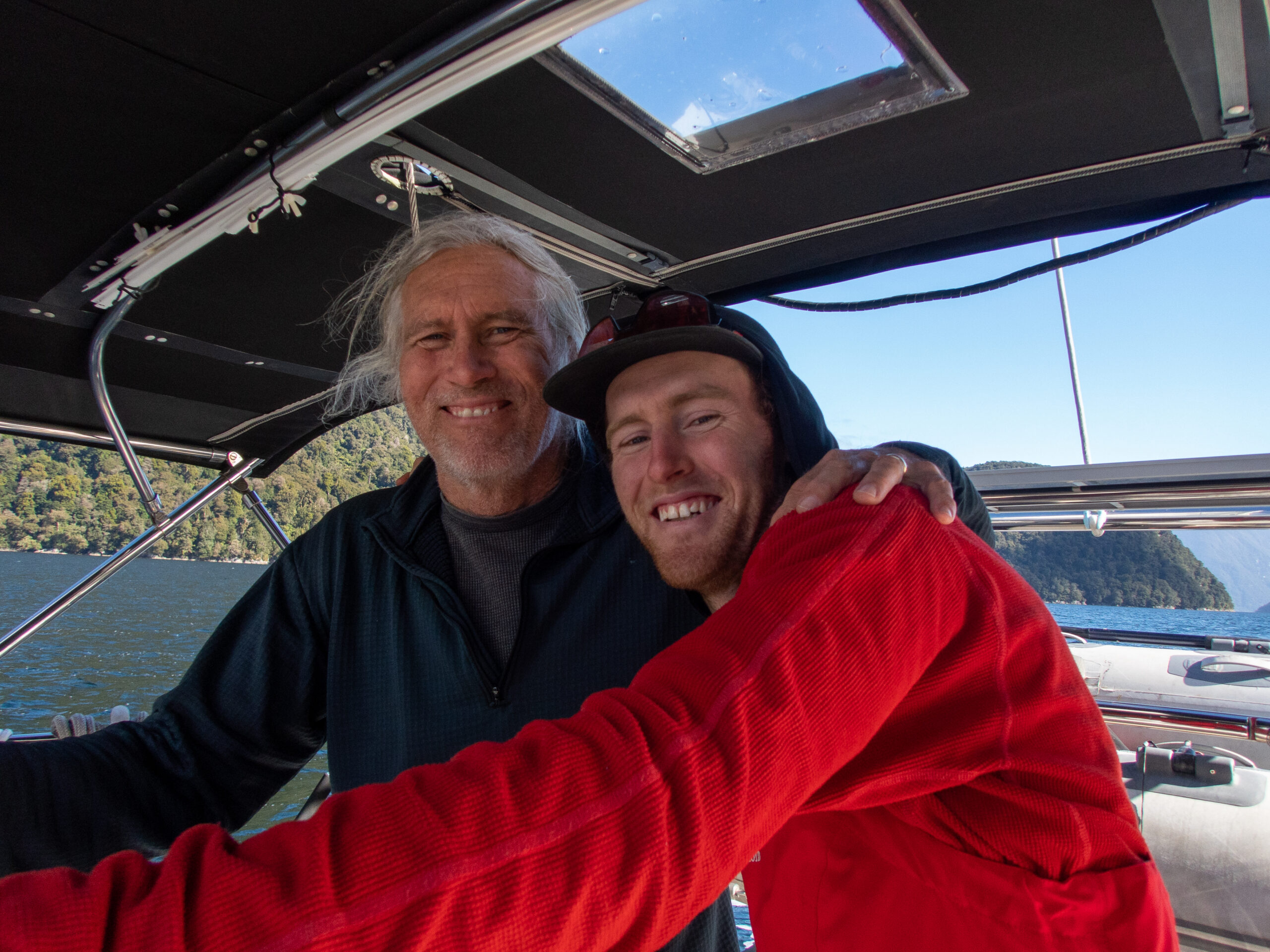
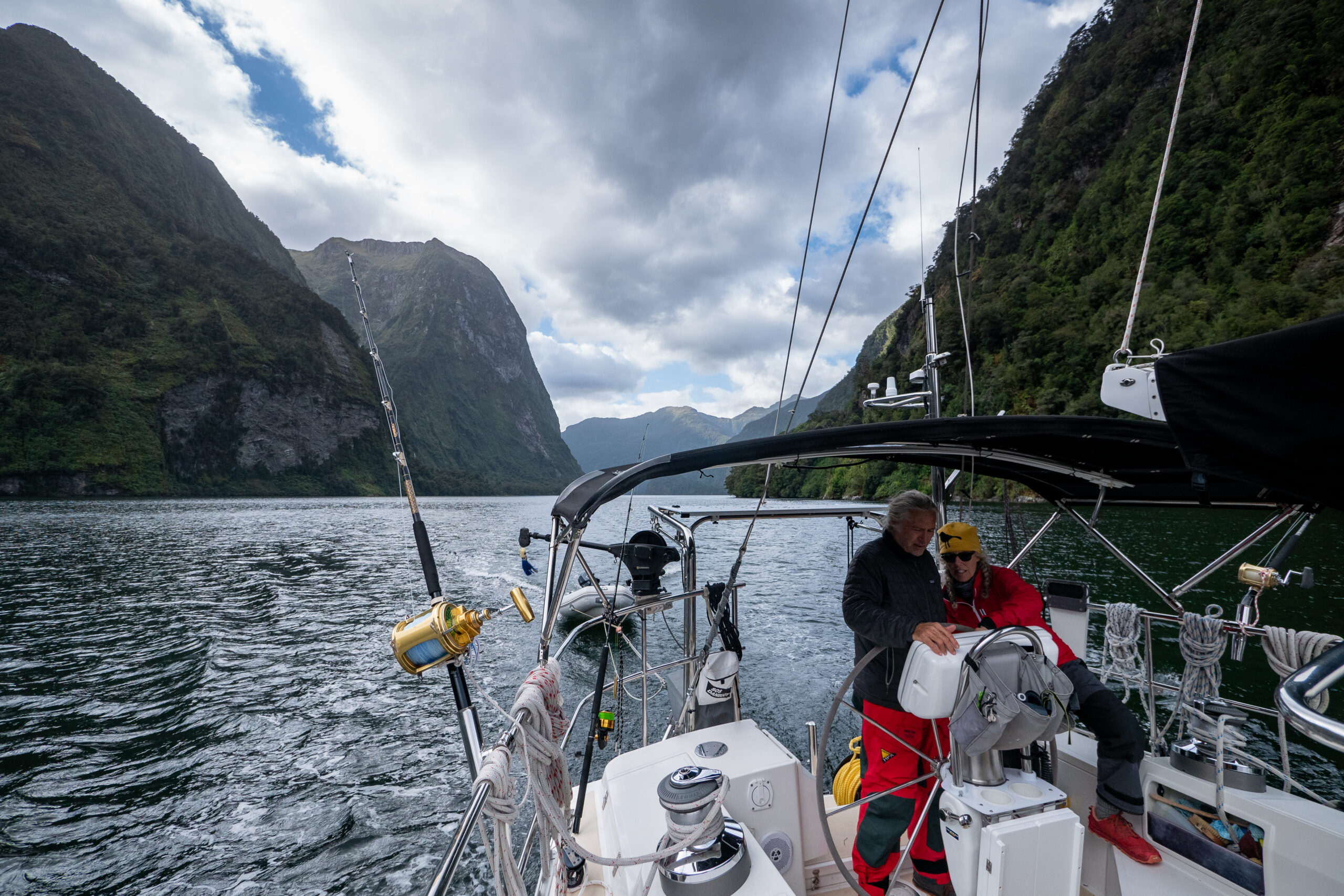


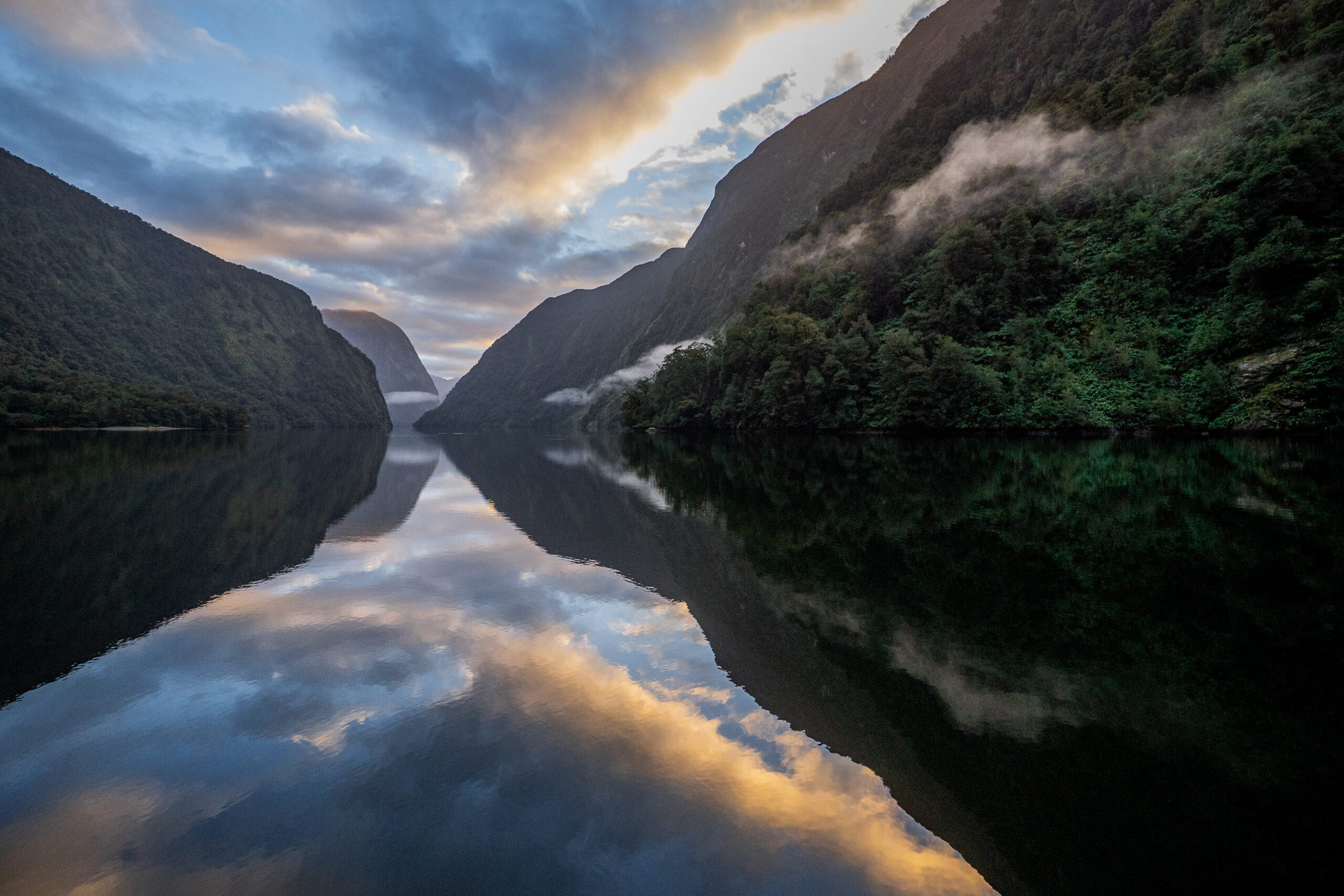
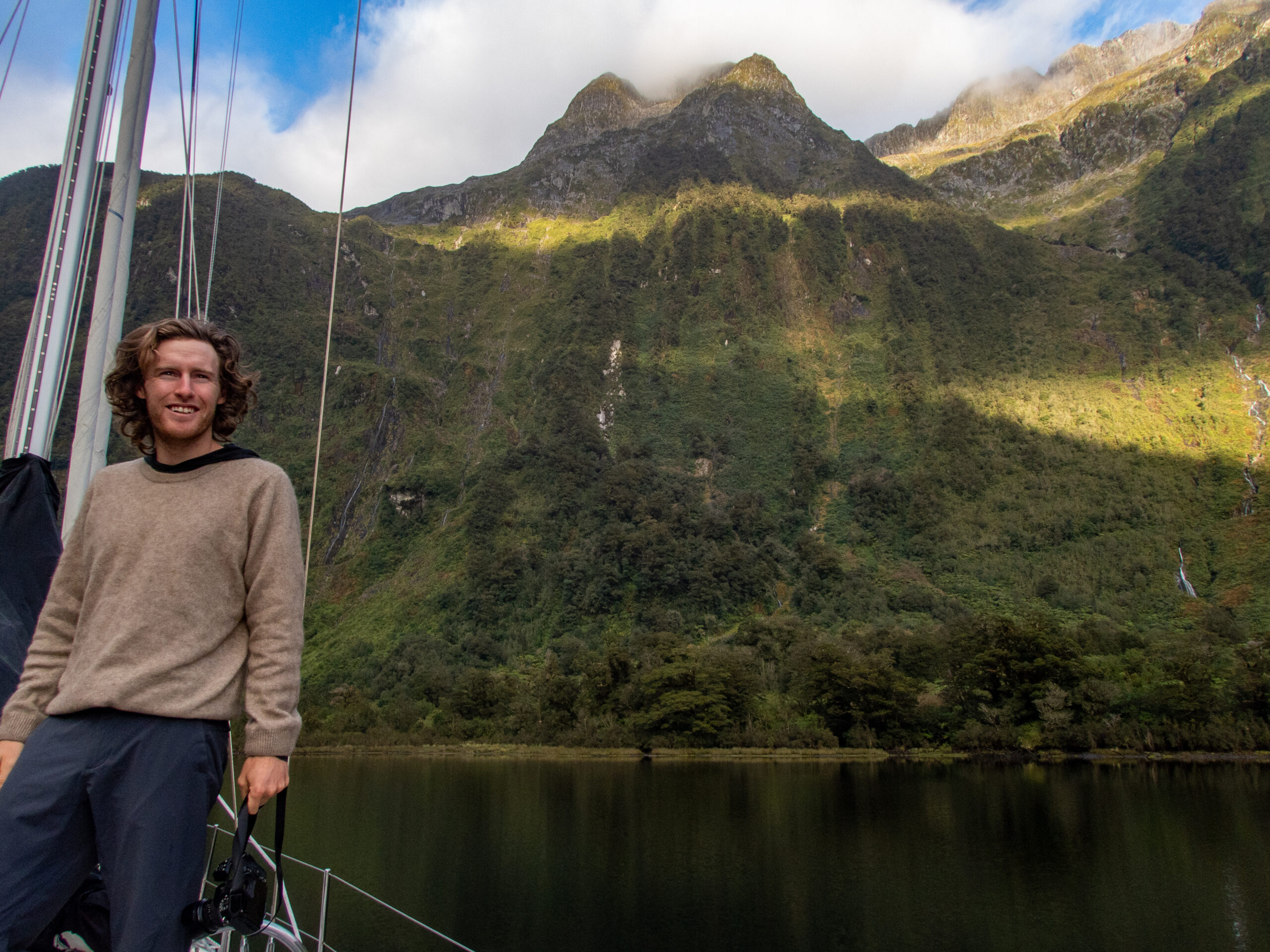

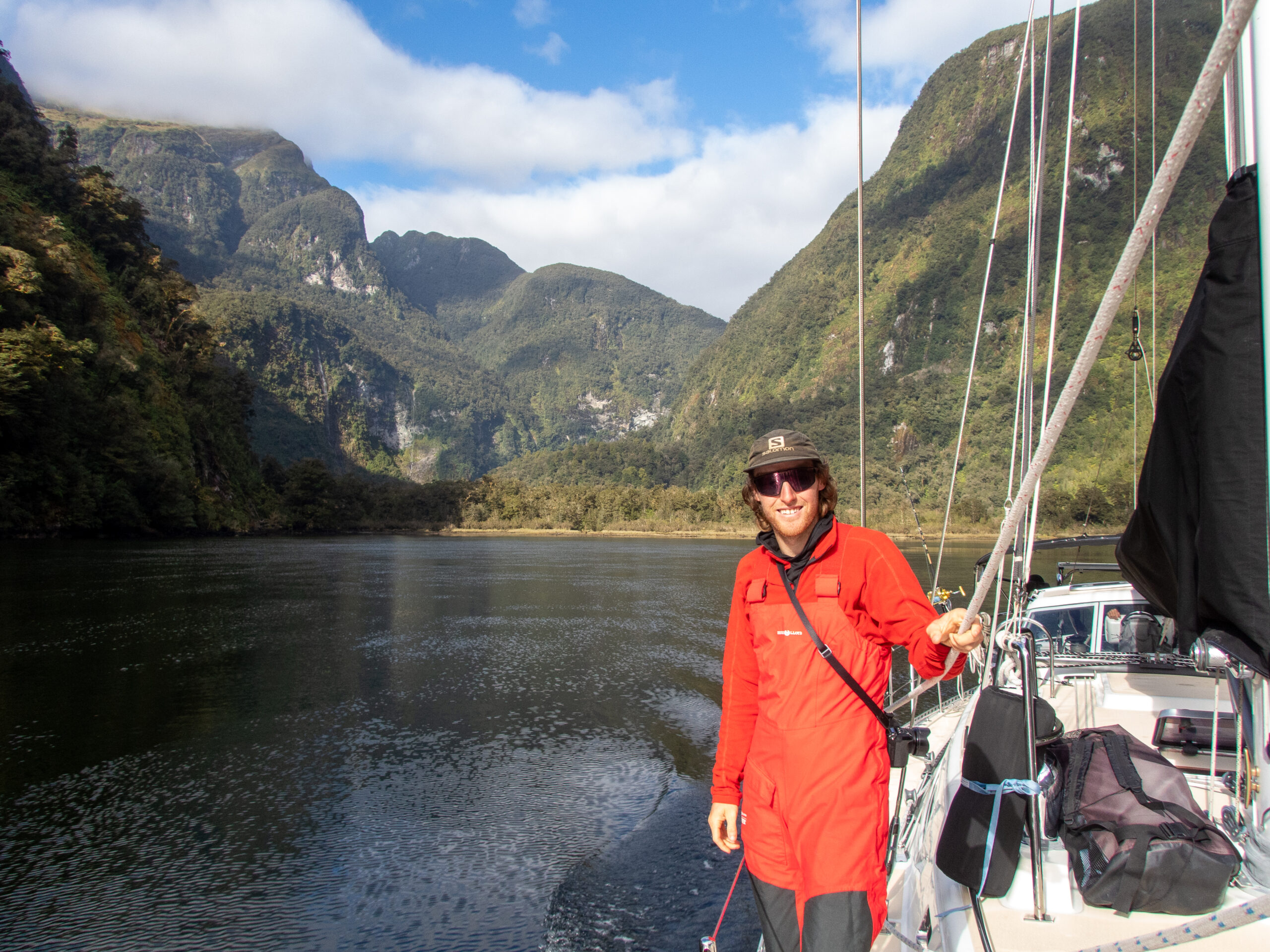
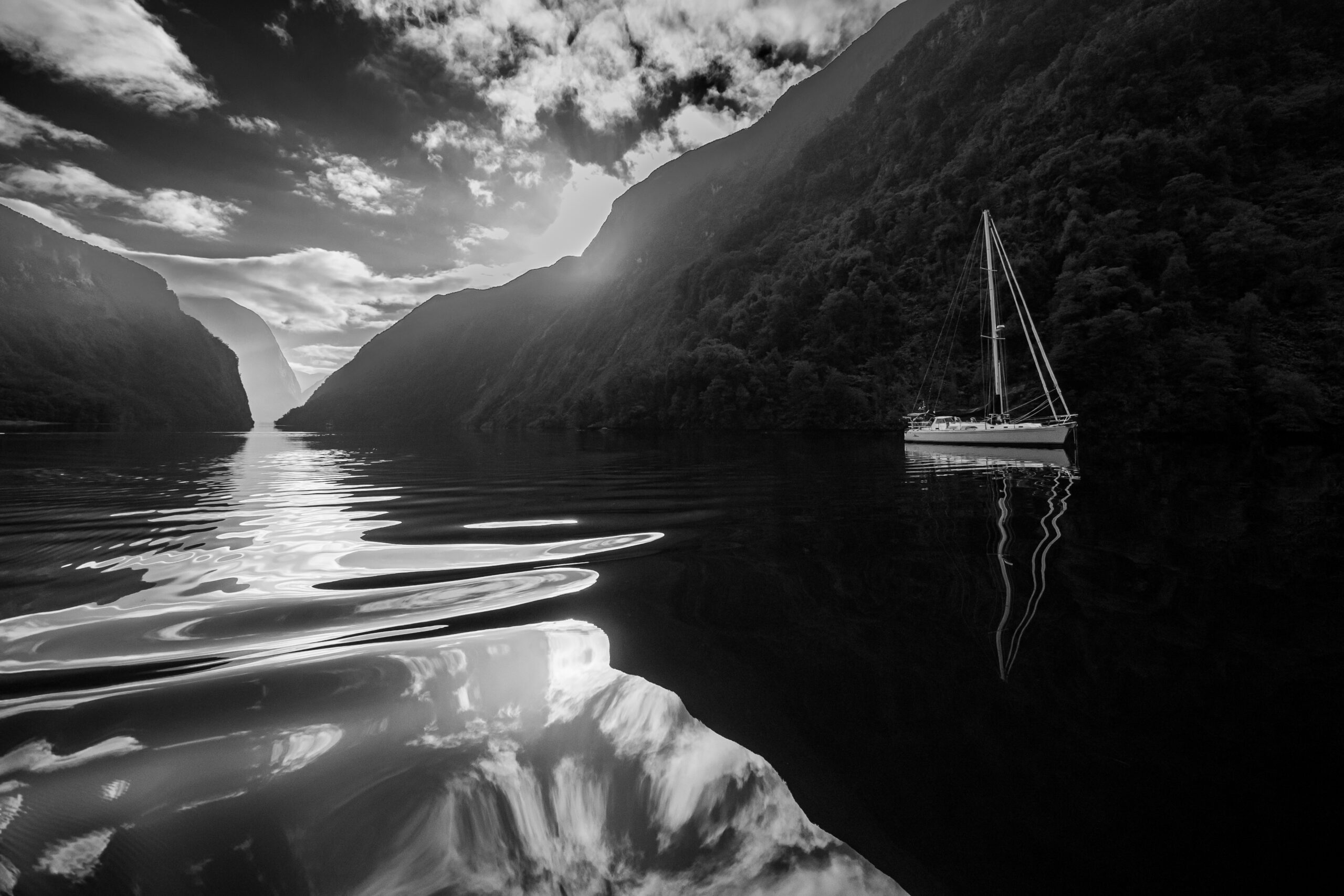
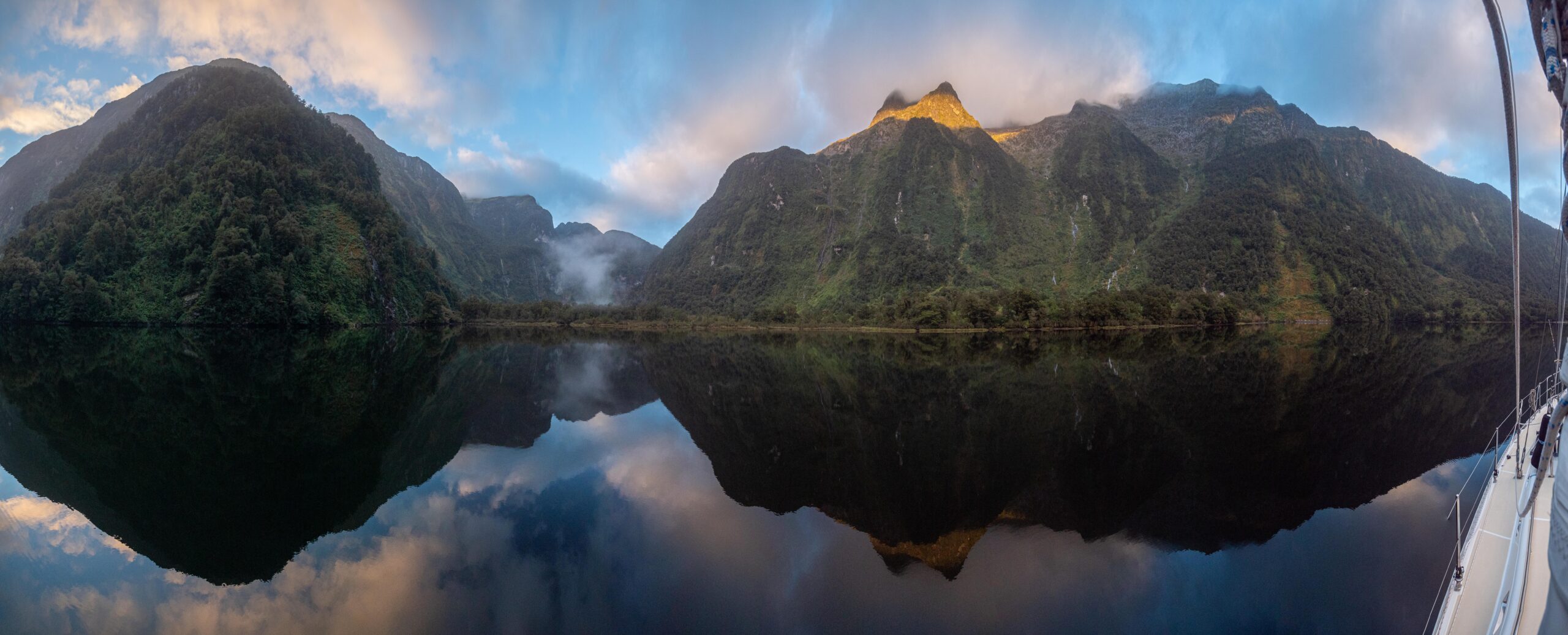
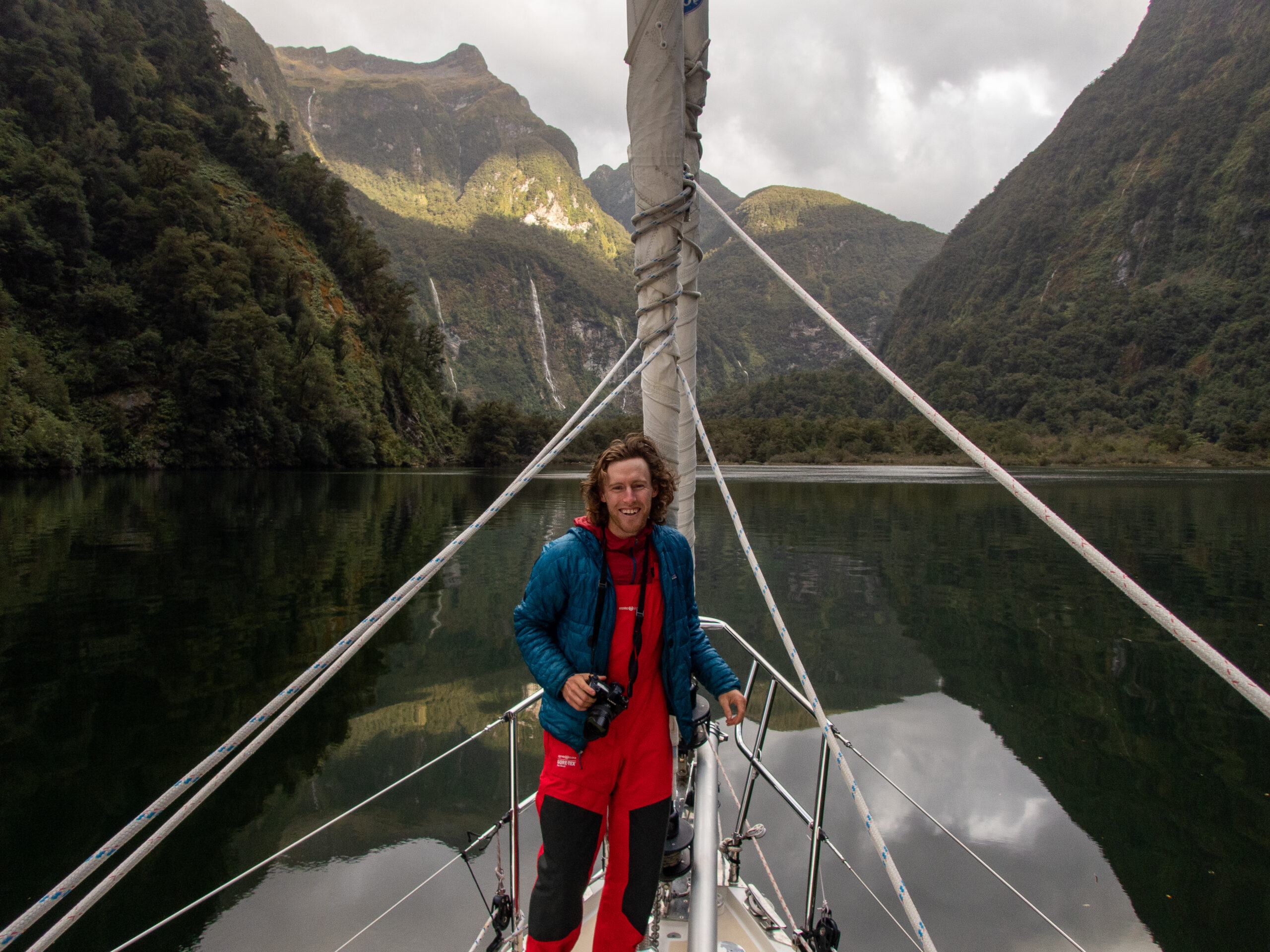

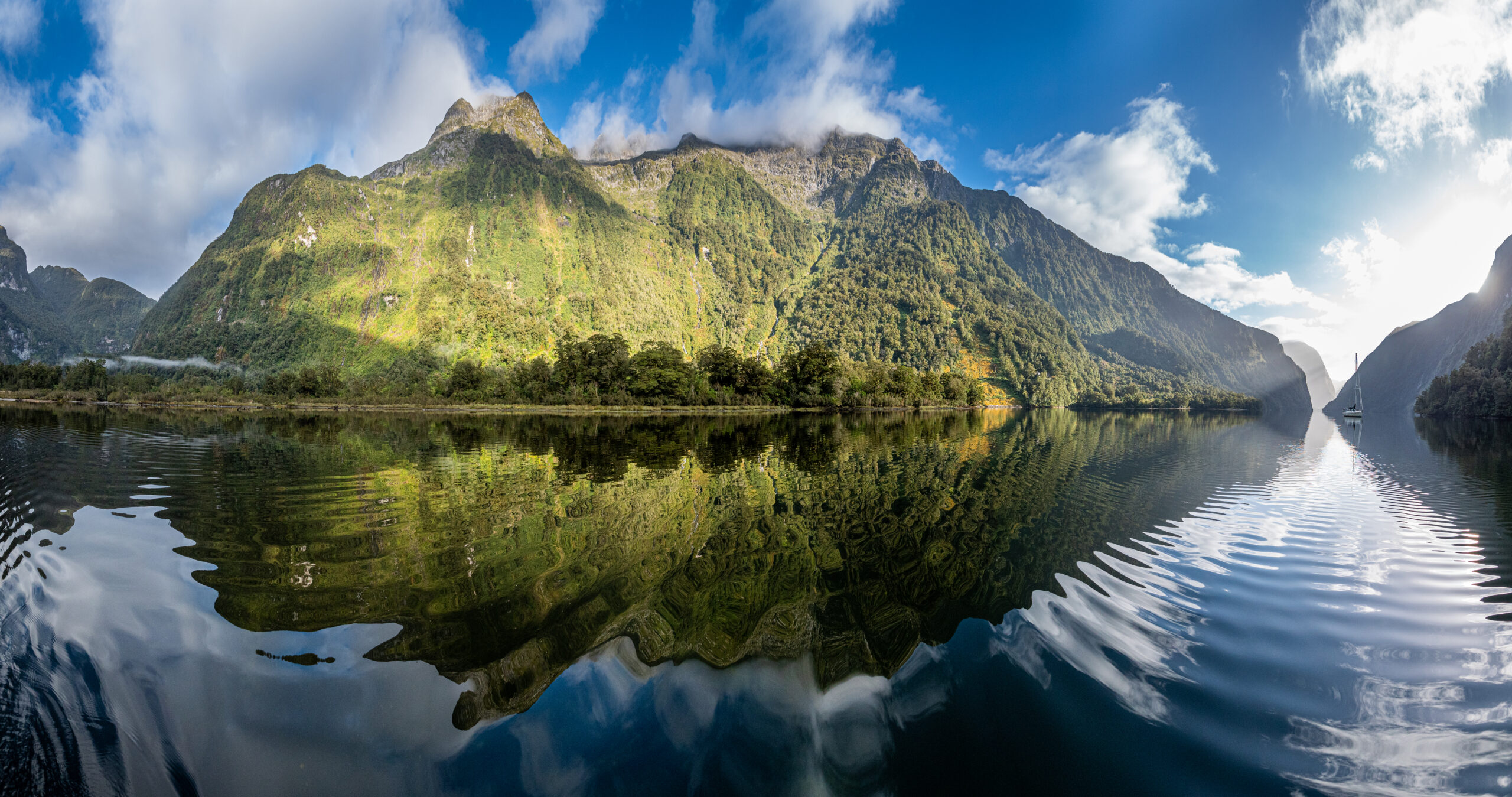
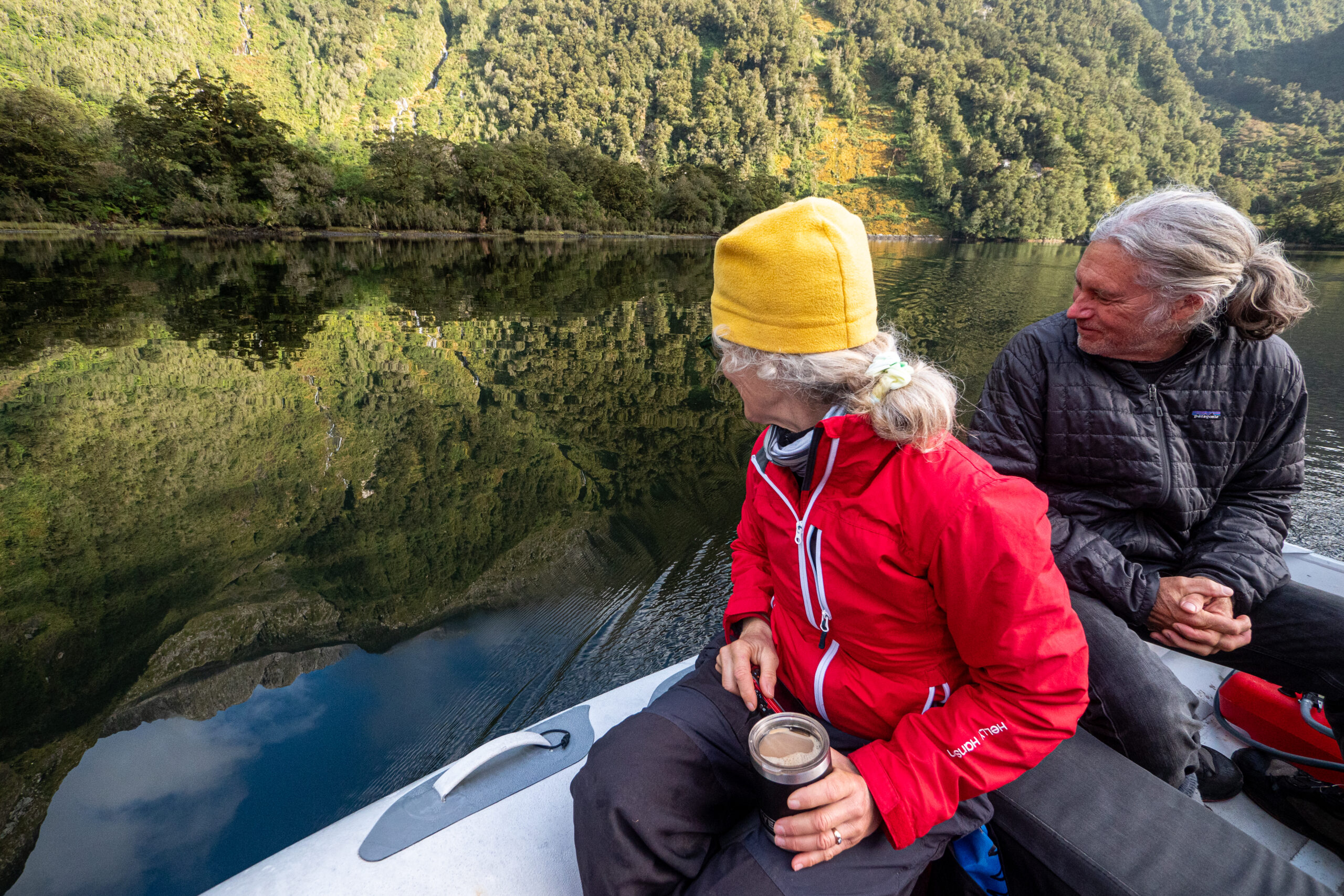
Ha, Wyatt caught us both entranced!
We have experienced a profound cumulative effect traveling through the wilderness of these southern fiords, as we mash through the tangled forest or glide like a whisper through glassy, watery mountain reflections. We feel a growing, deepening awareness of the liveness and power of this unfettered place. Every day Diana peers a little closer into the magical profusion of the rainforest, its tiniest creatures (or the smallest we may perceive) all this abundance of life fueled by fresh water, gray stormy clouds, shifting rays of sunlight, massive stone faces fading softly into the distance. The boundless imagination of nature is vividly accessible here, free of scheming human interference. Inexhaustible, effortless celebration. We feel blessed to feel like we belong, to participate at our particular scale, with our particular way of perceiving. Gratefully reconnected as dolphins come to play alongside Allora, turn and smile and look back at us with familiar eyes, into our own delighted gaze. As the sky softens at sunset, or looms heavy with rain before the storm, as water gushes from waterfalls that were not there before the deluge, thundering into the fiord, as williwaws tornado in wild rainbow mists across startled coves, how delightful it is to be alive, a part of, this marvelous, miraculous world. ~MS
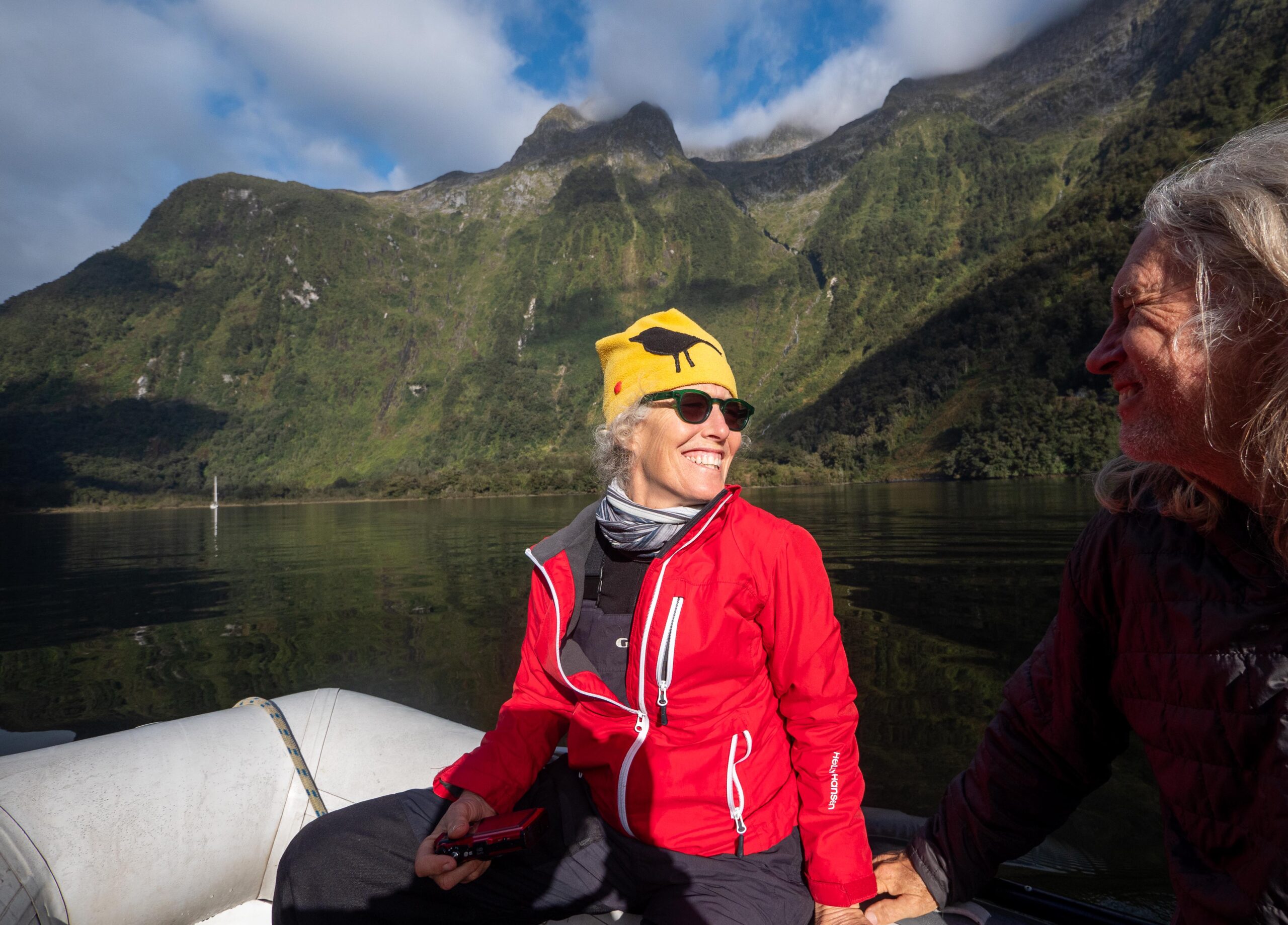
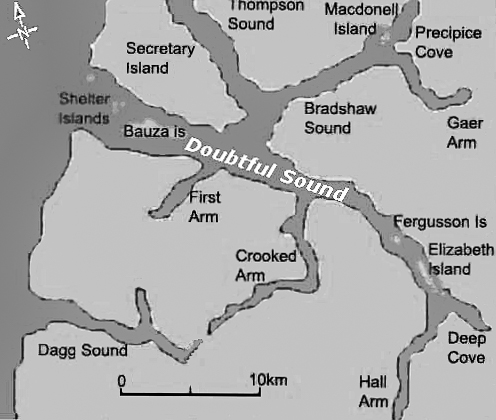
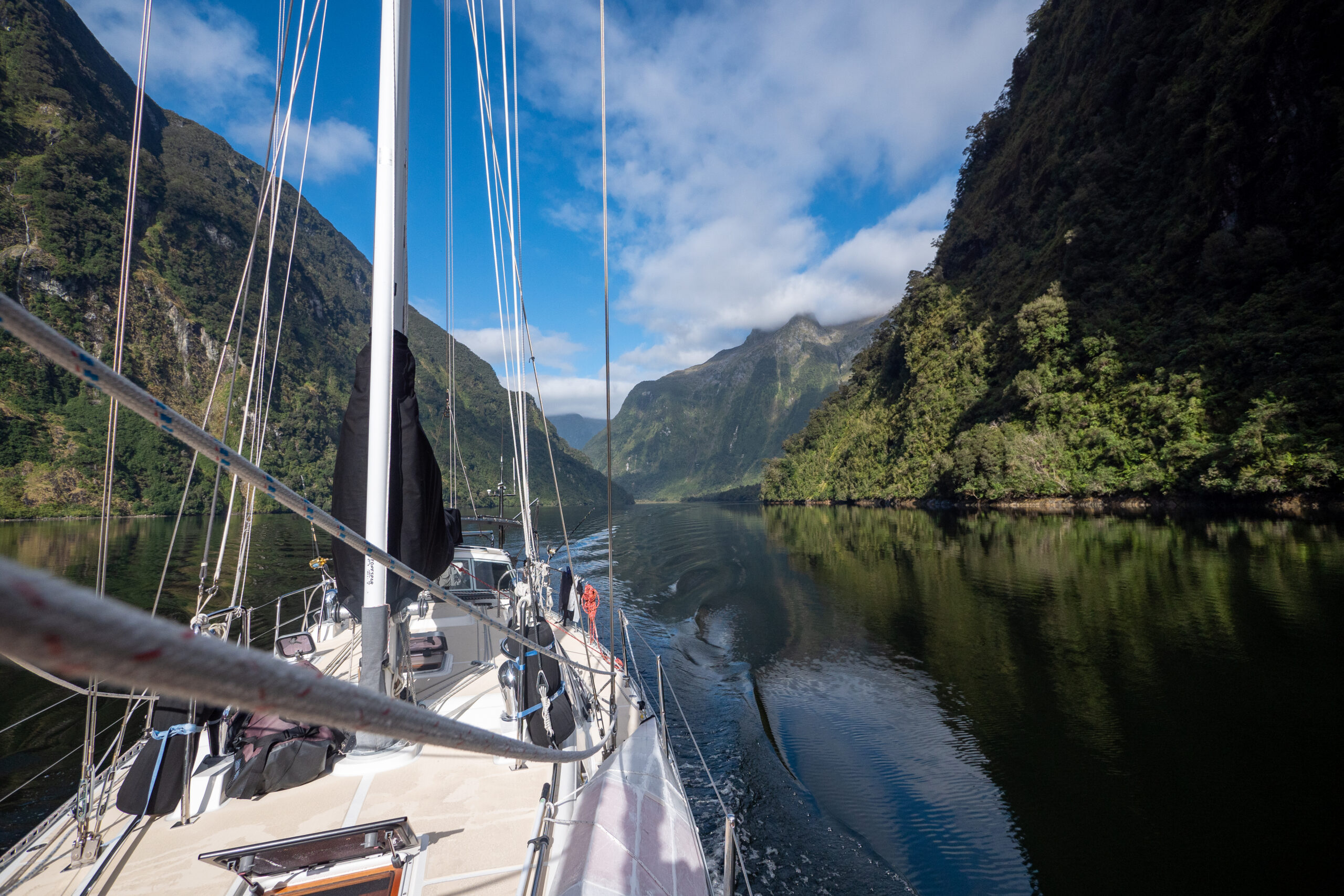
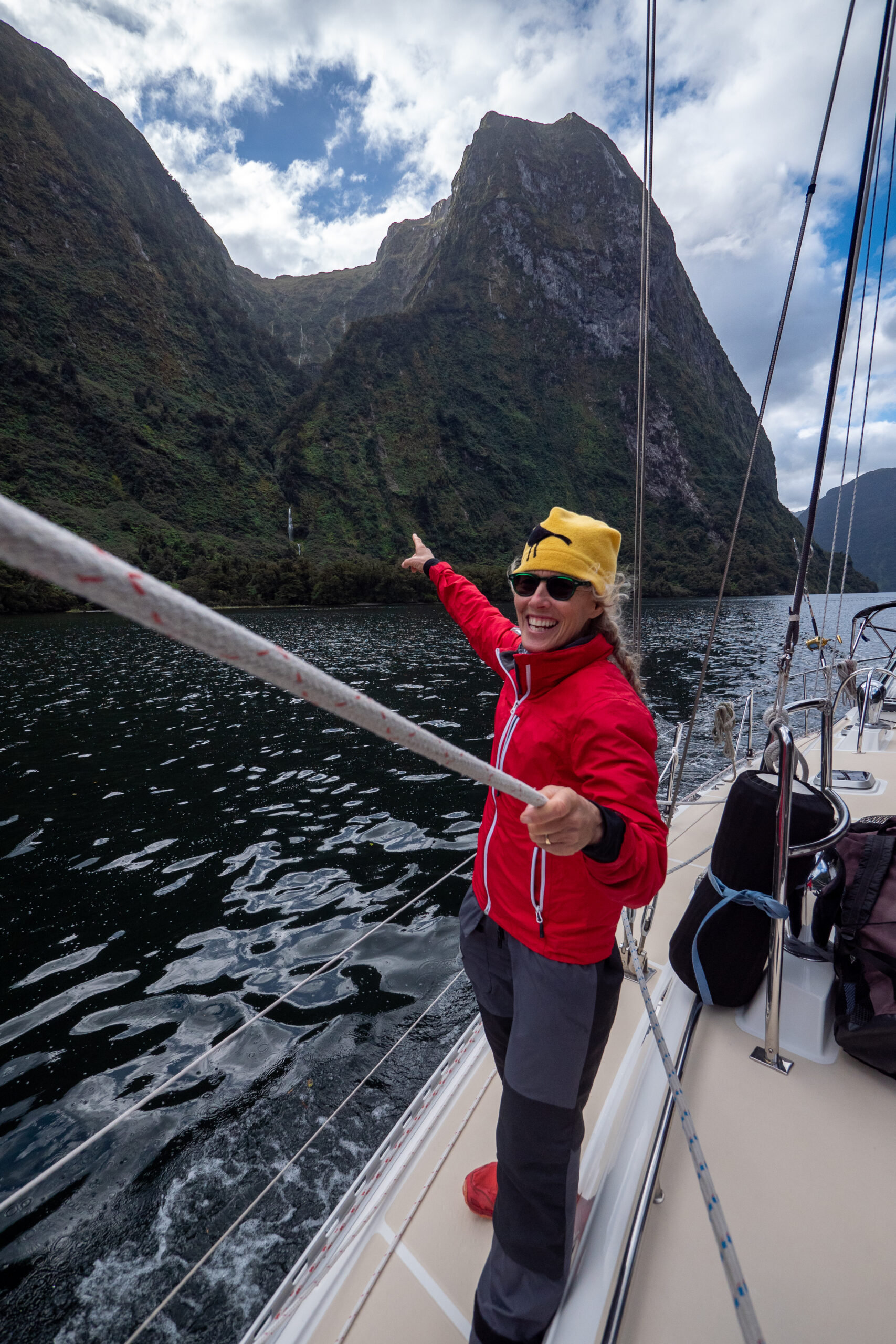

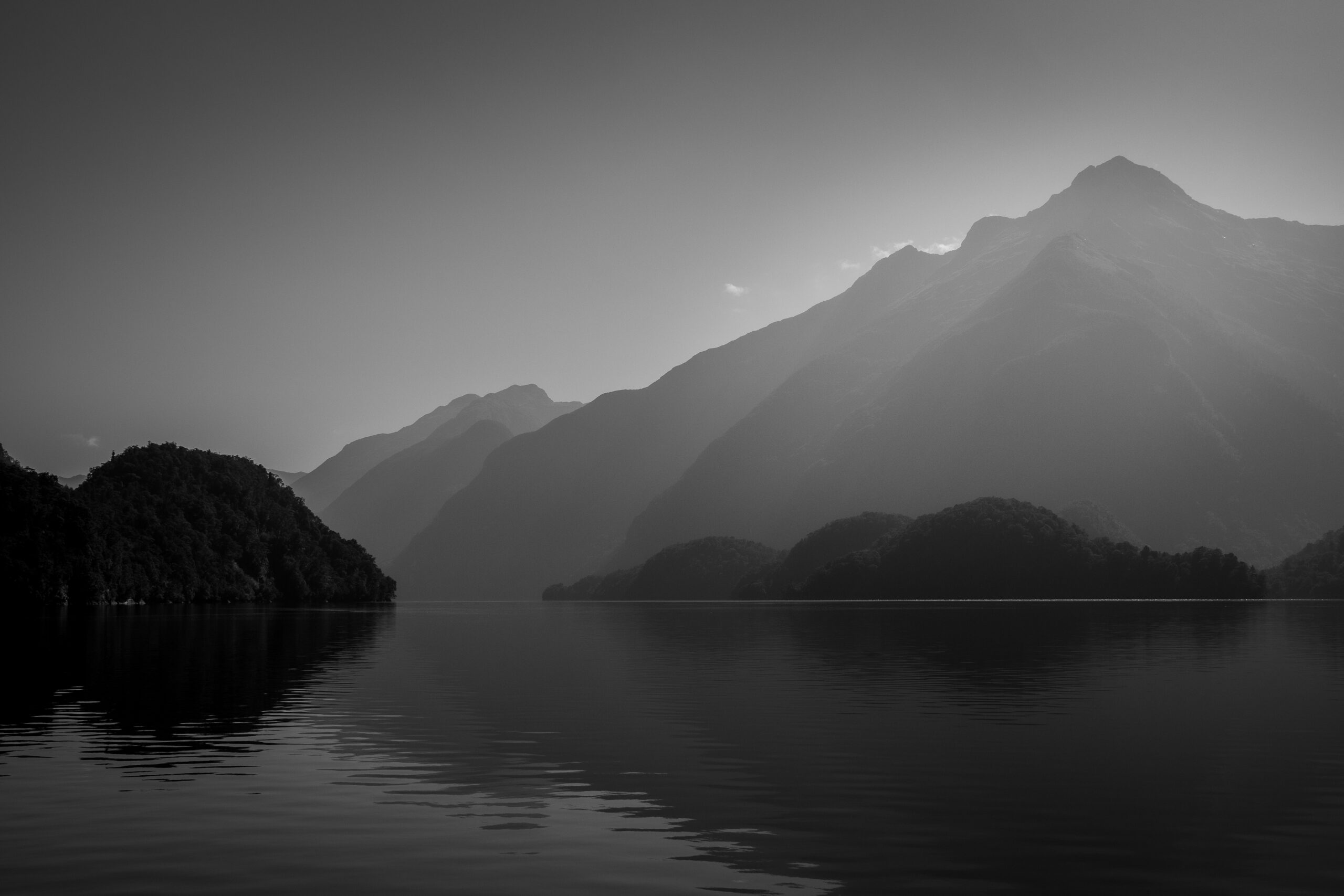
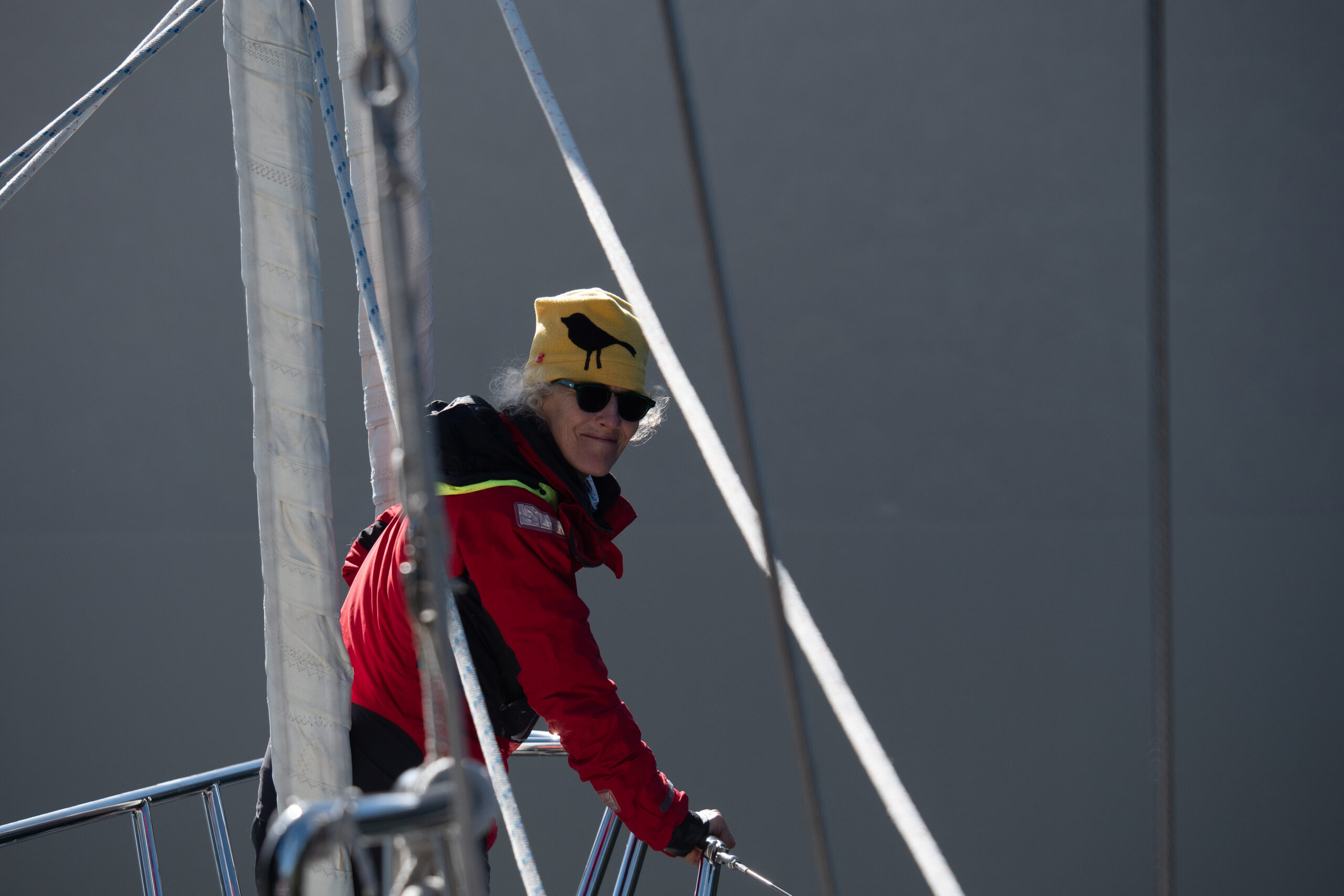
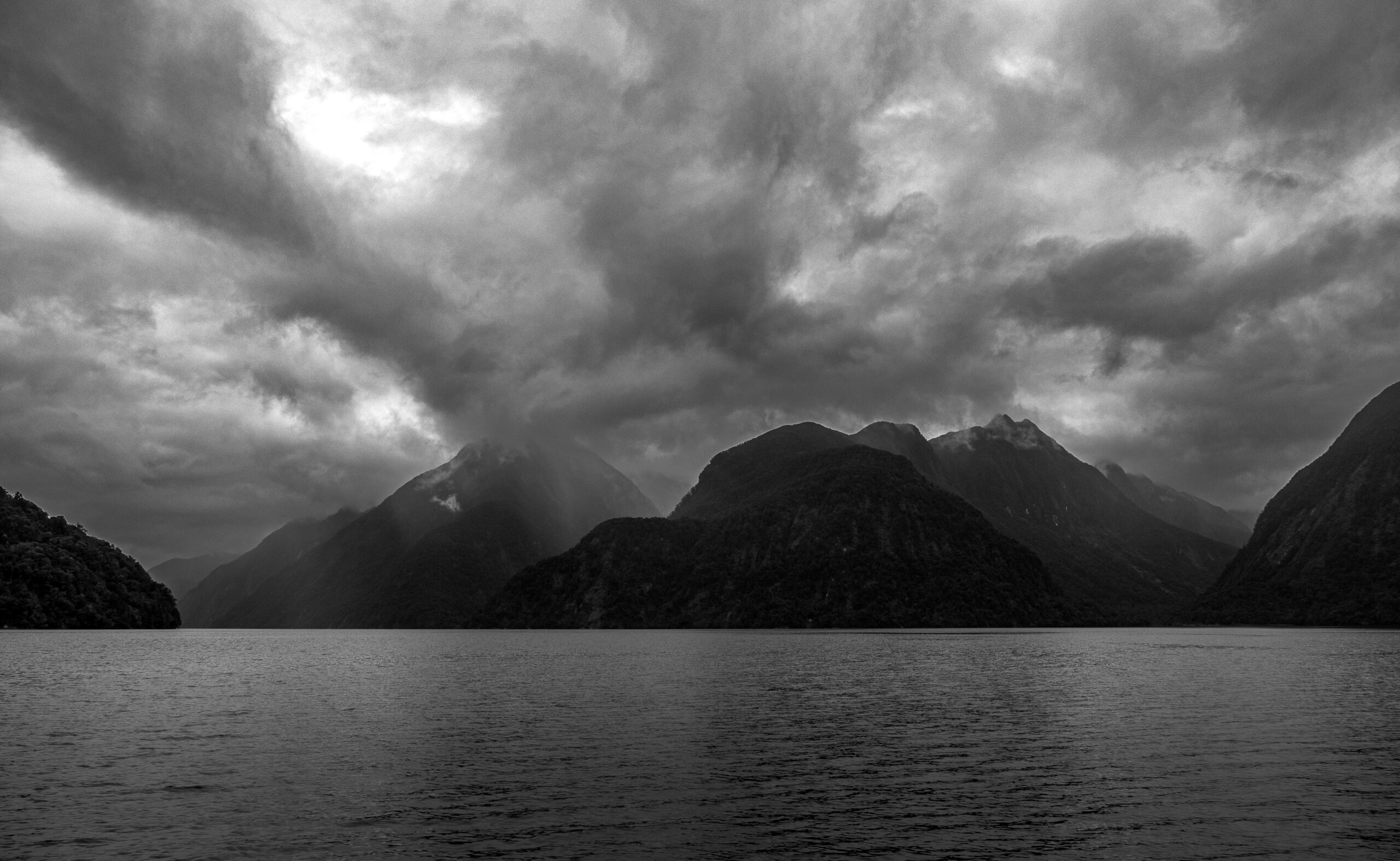
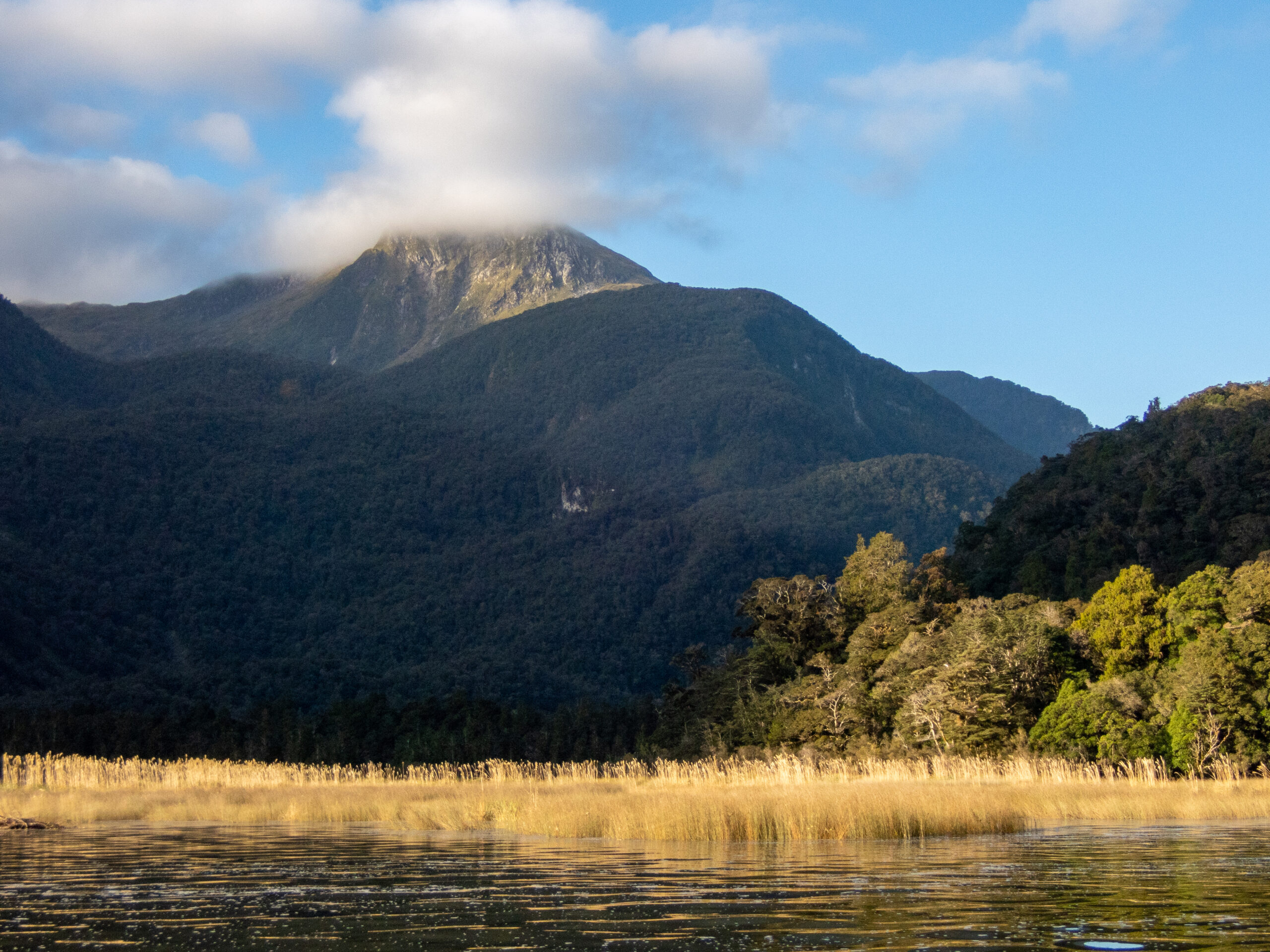

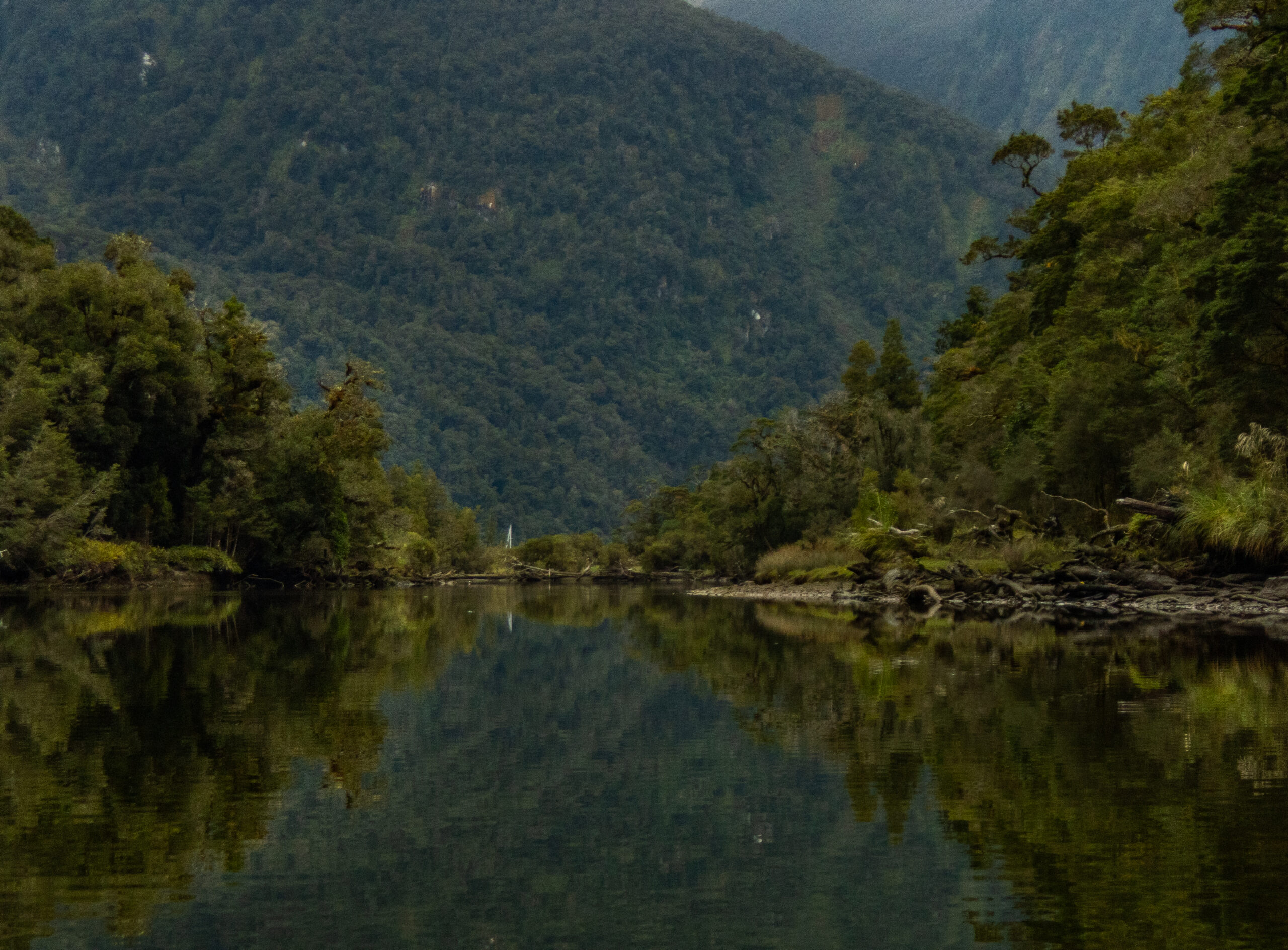



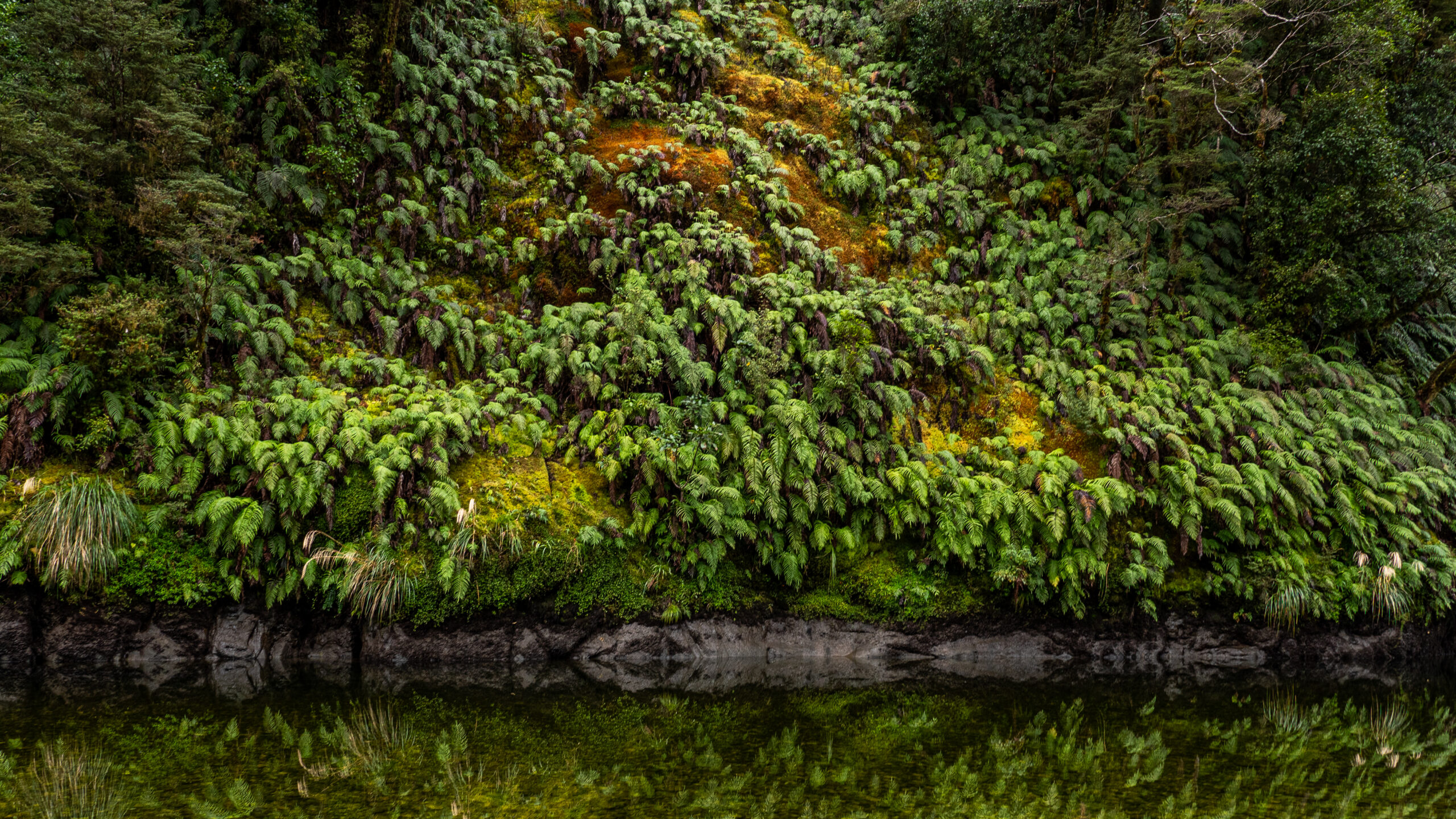
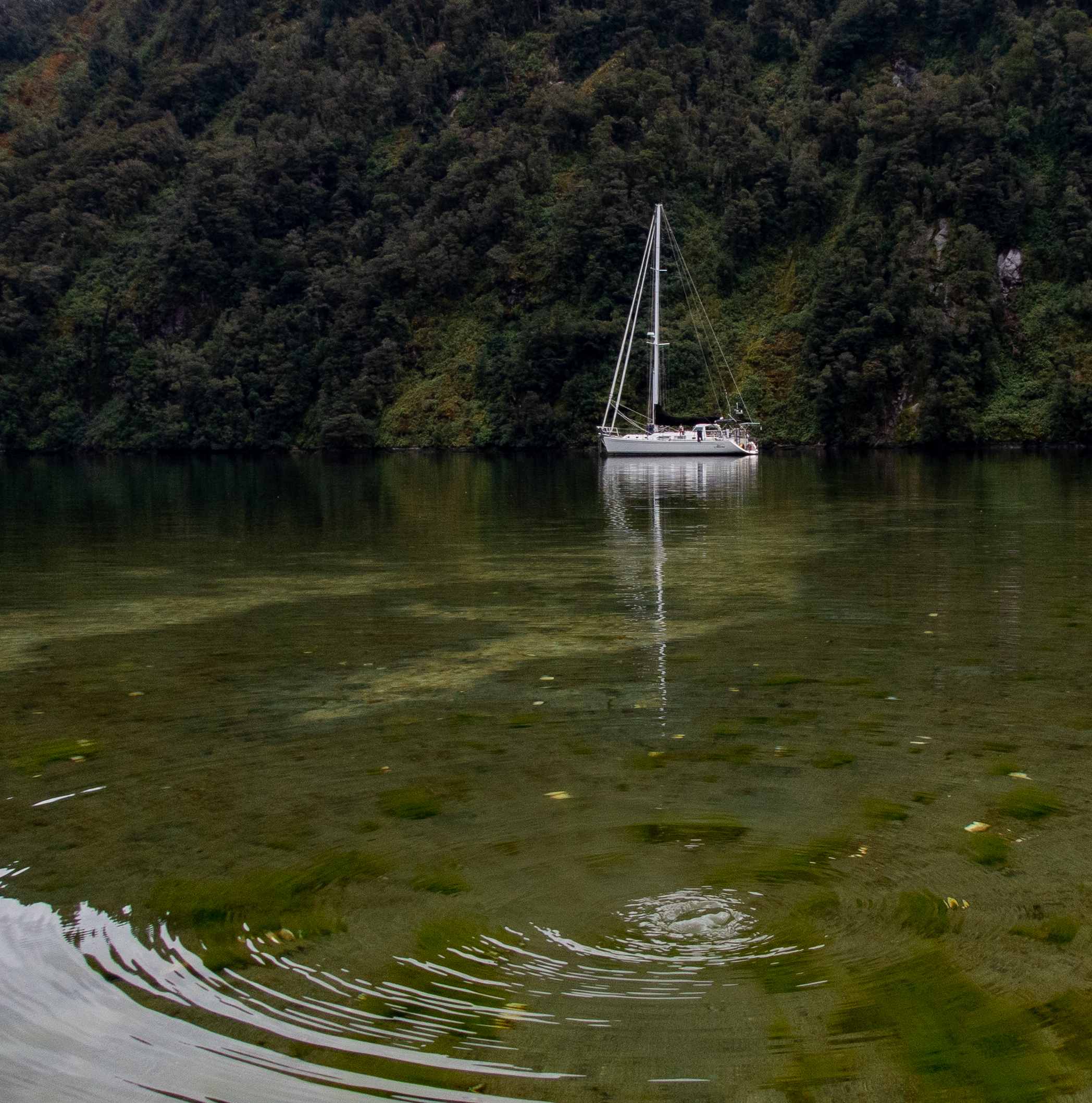

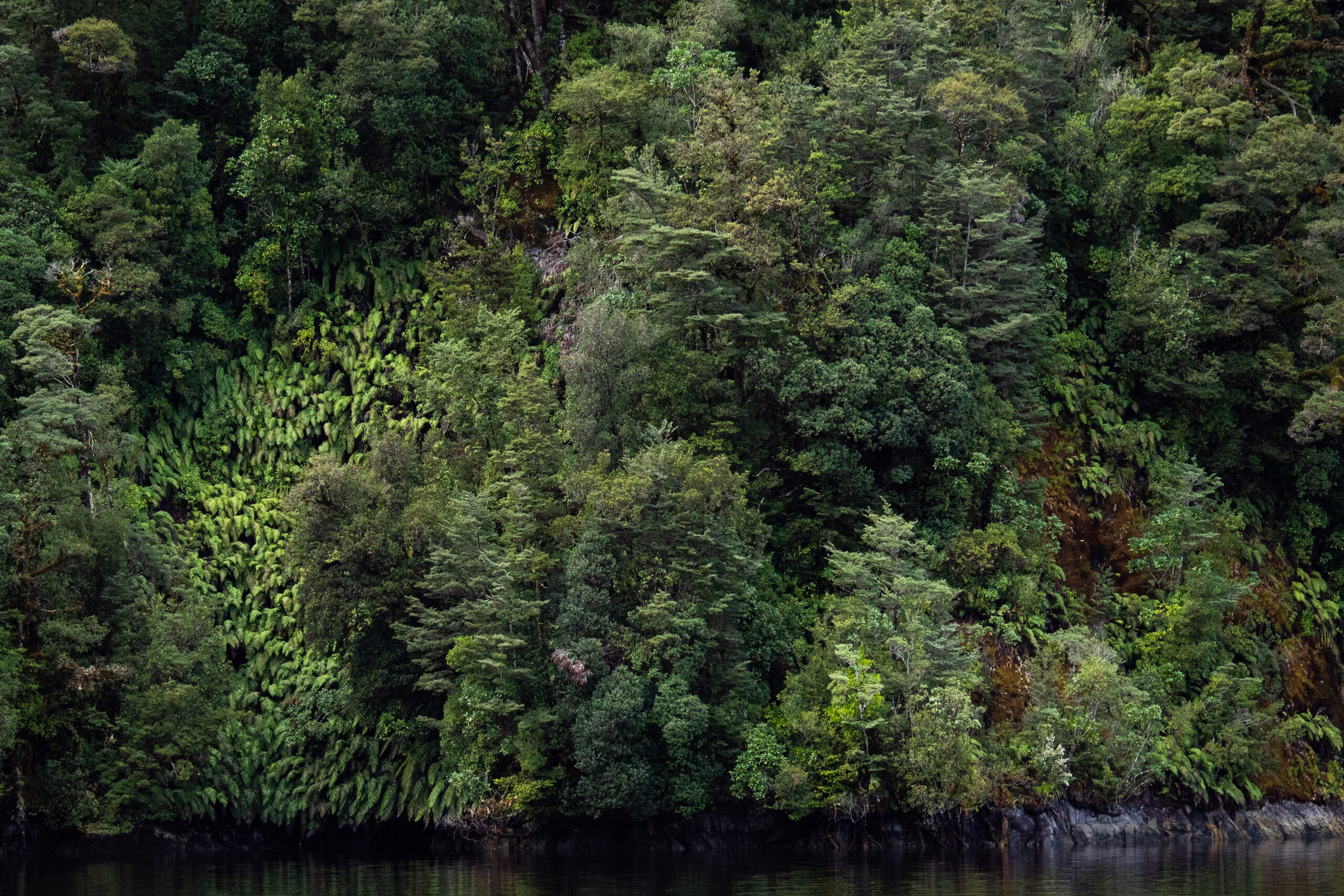
We moved across Bradshaw Sound to Precipice Cove/MacDonnell Island, an all weather anchorage.
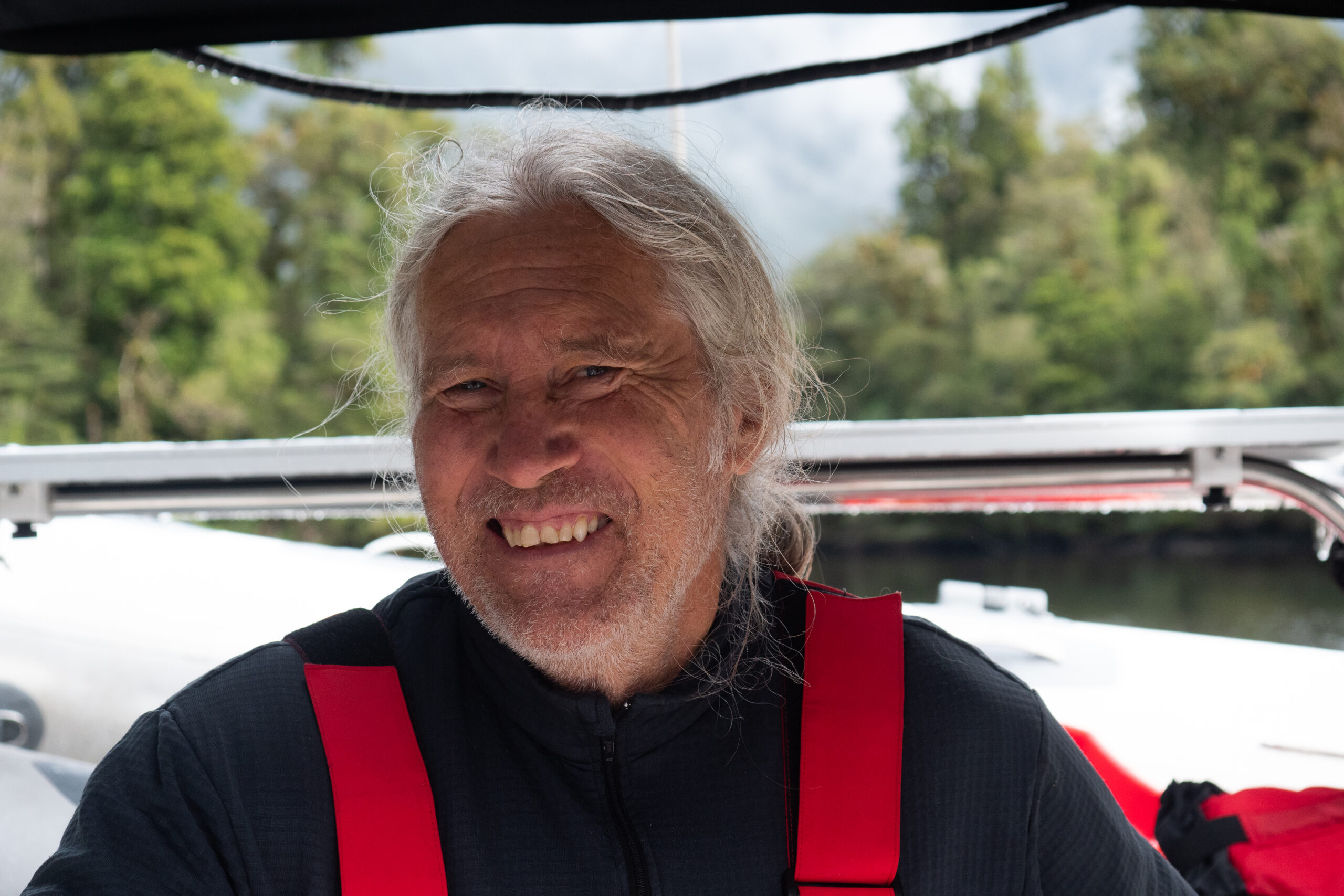
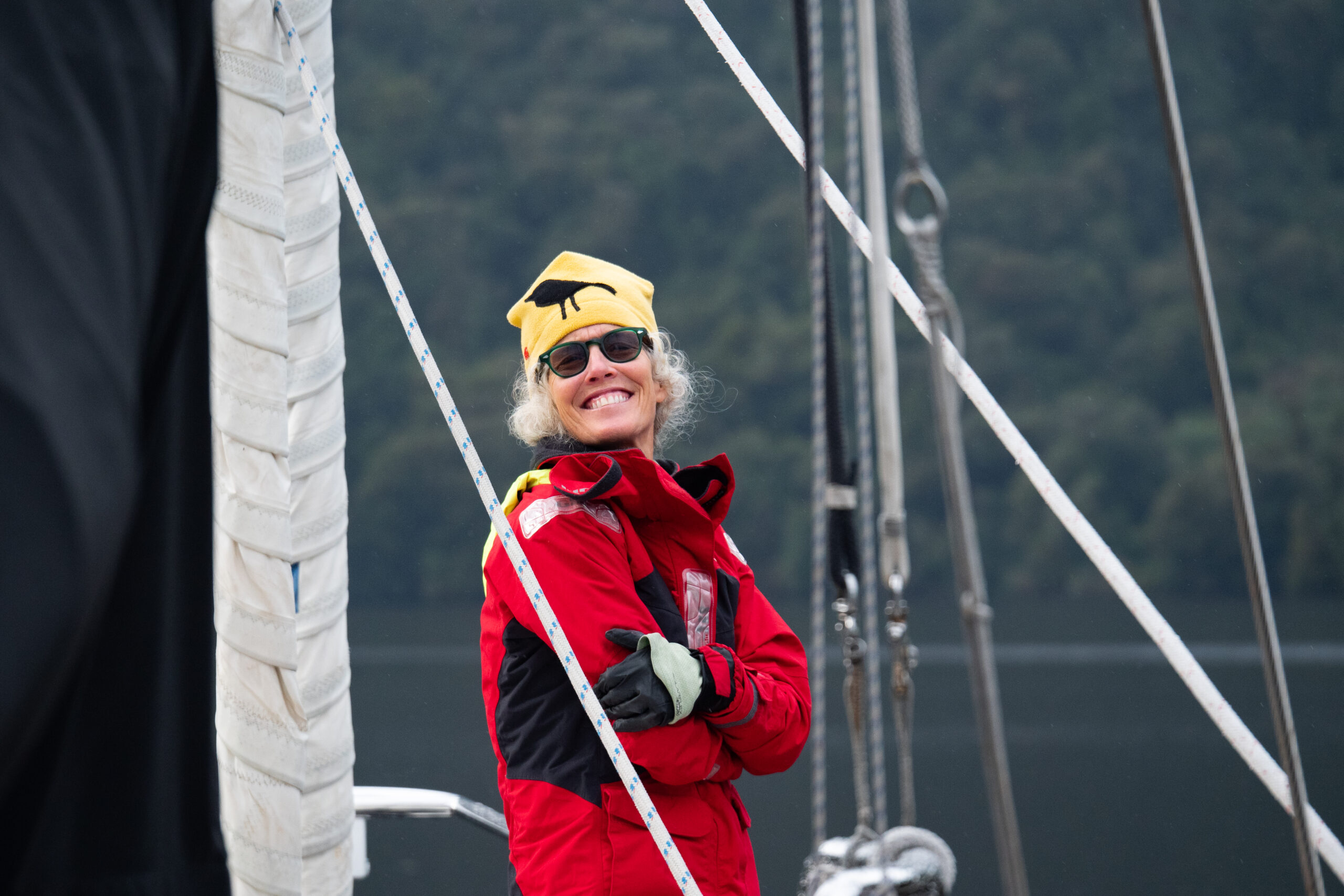
Still quite giddy about having one on one time with Wyatt before he flies back to the States.
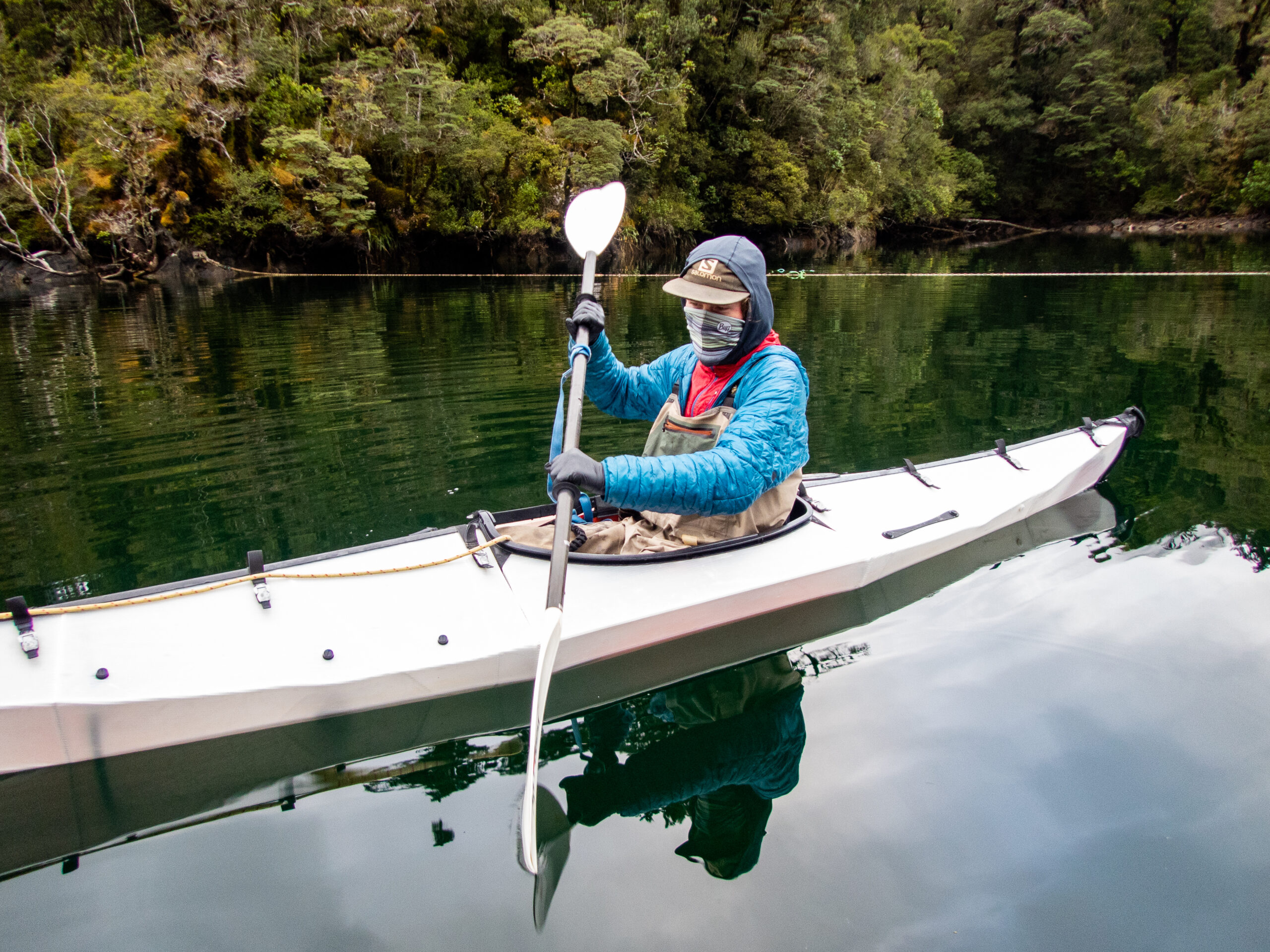
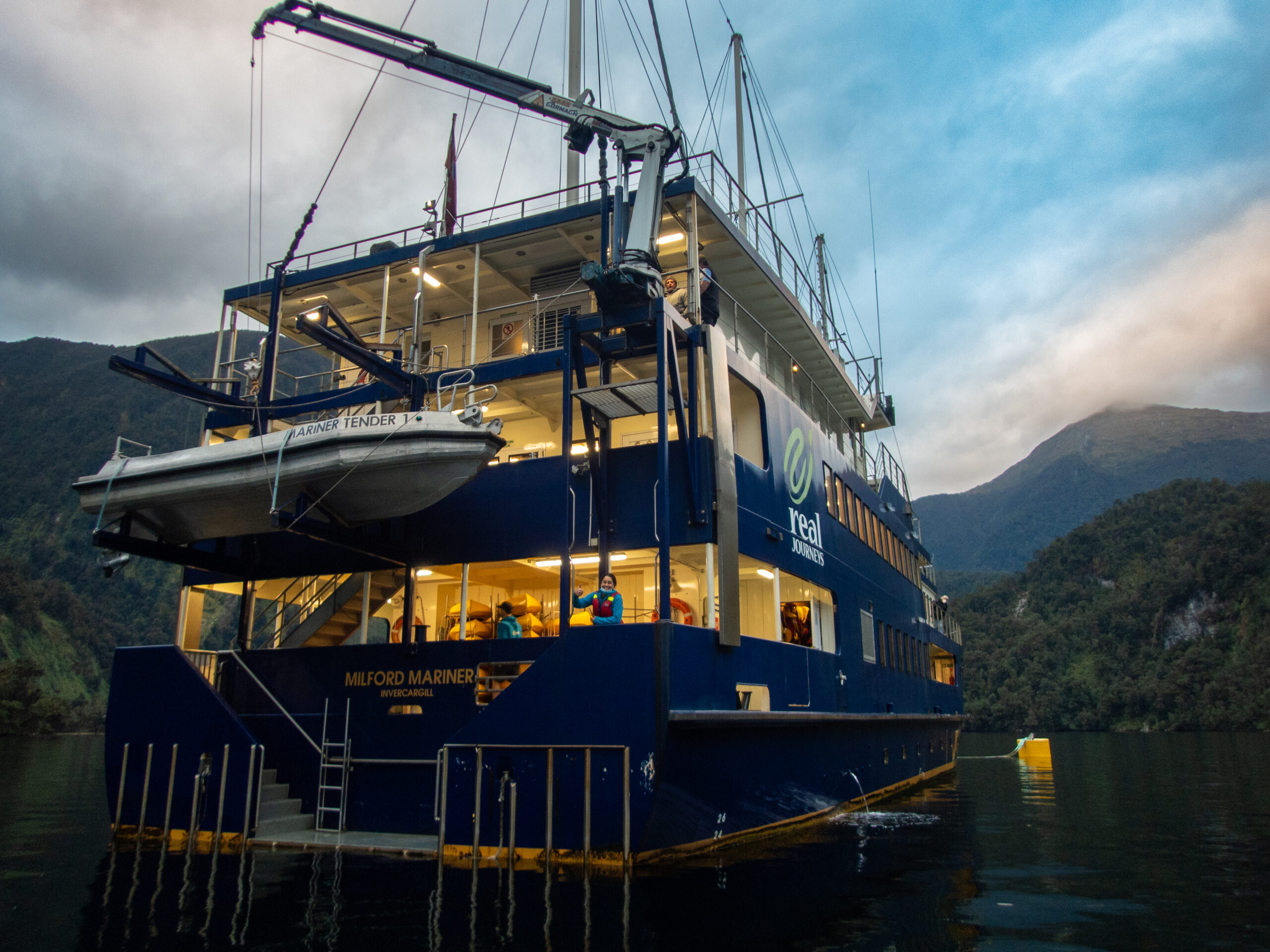



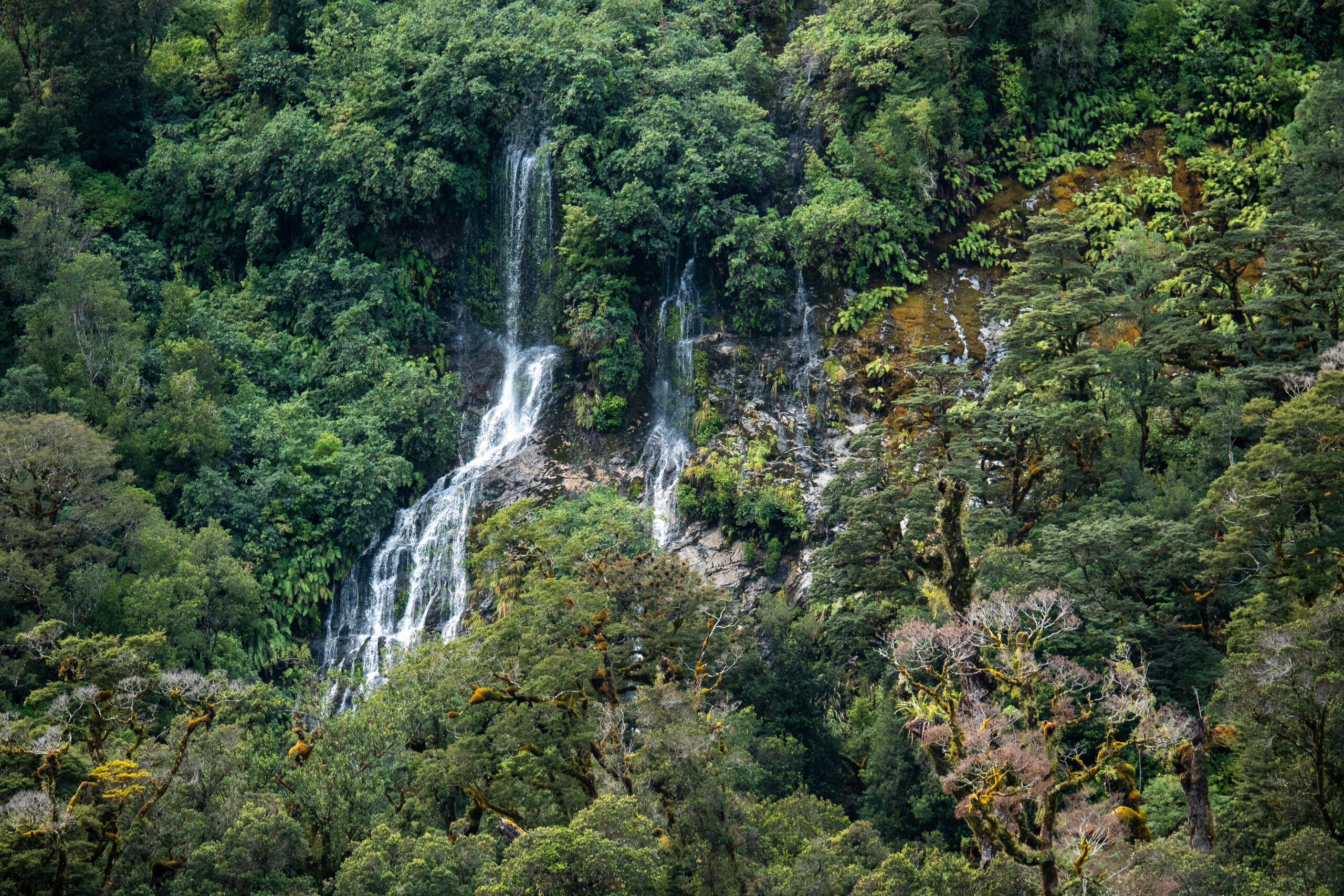

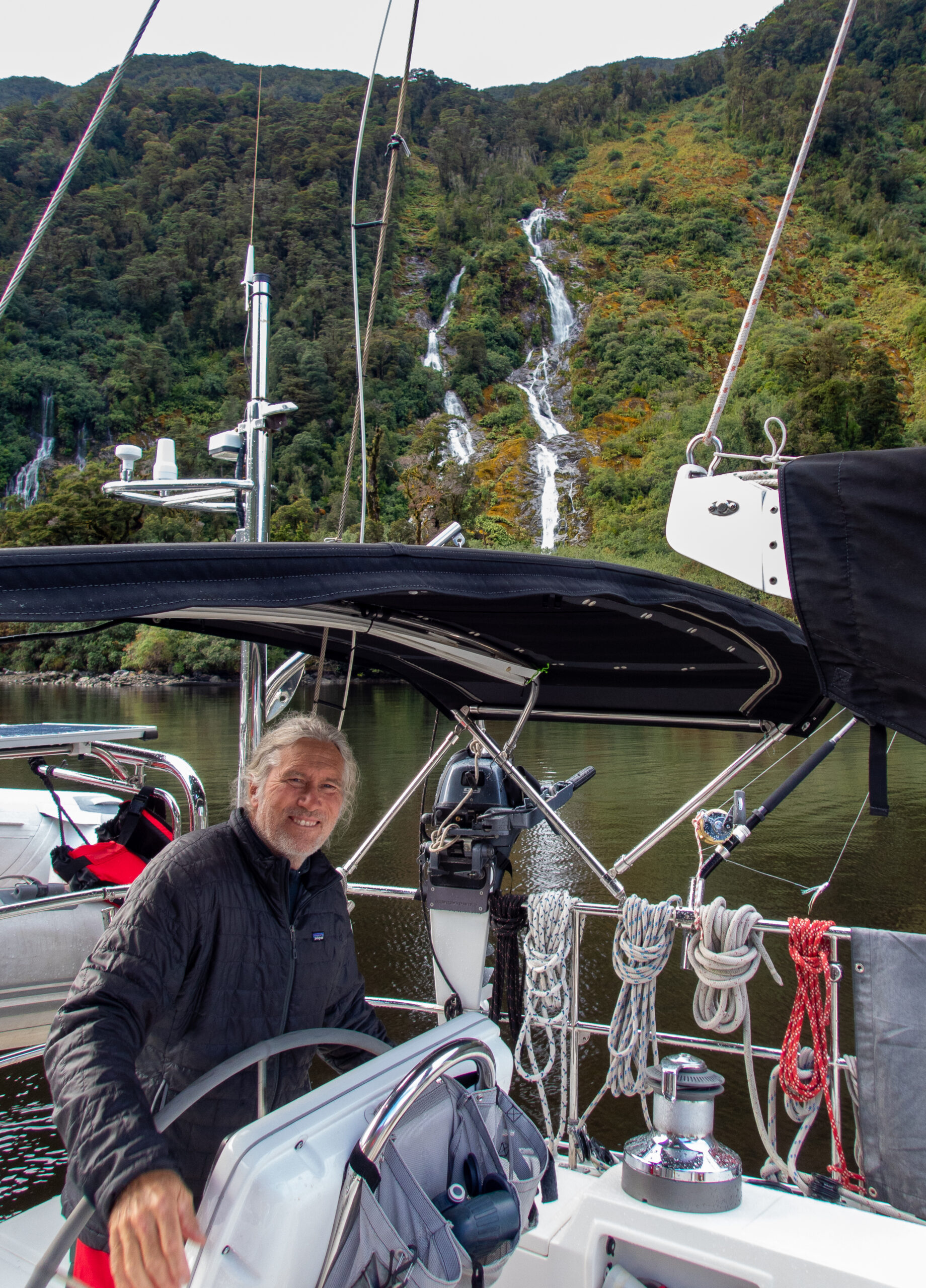

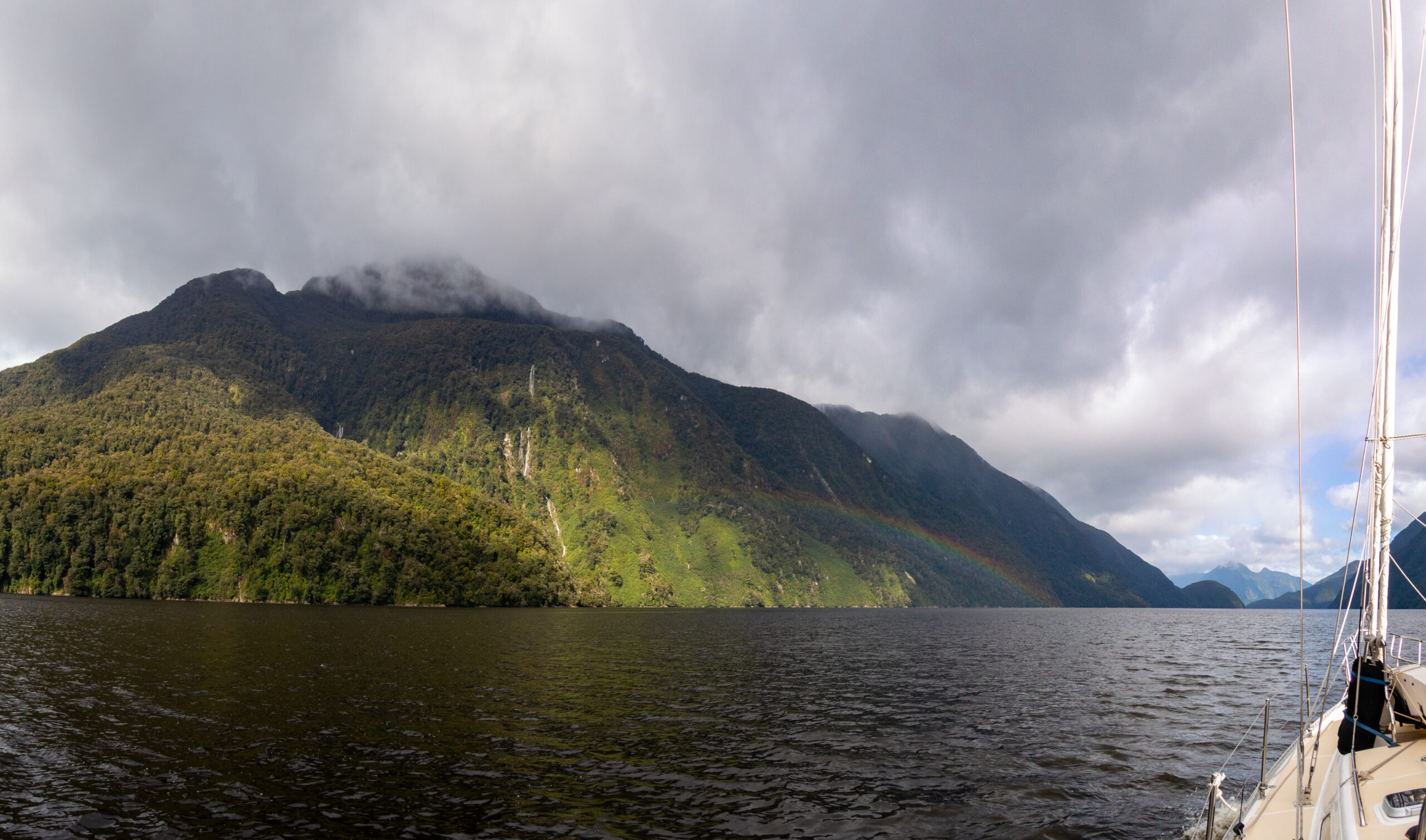

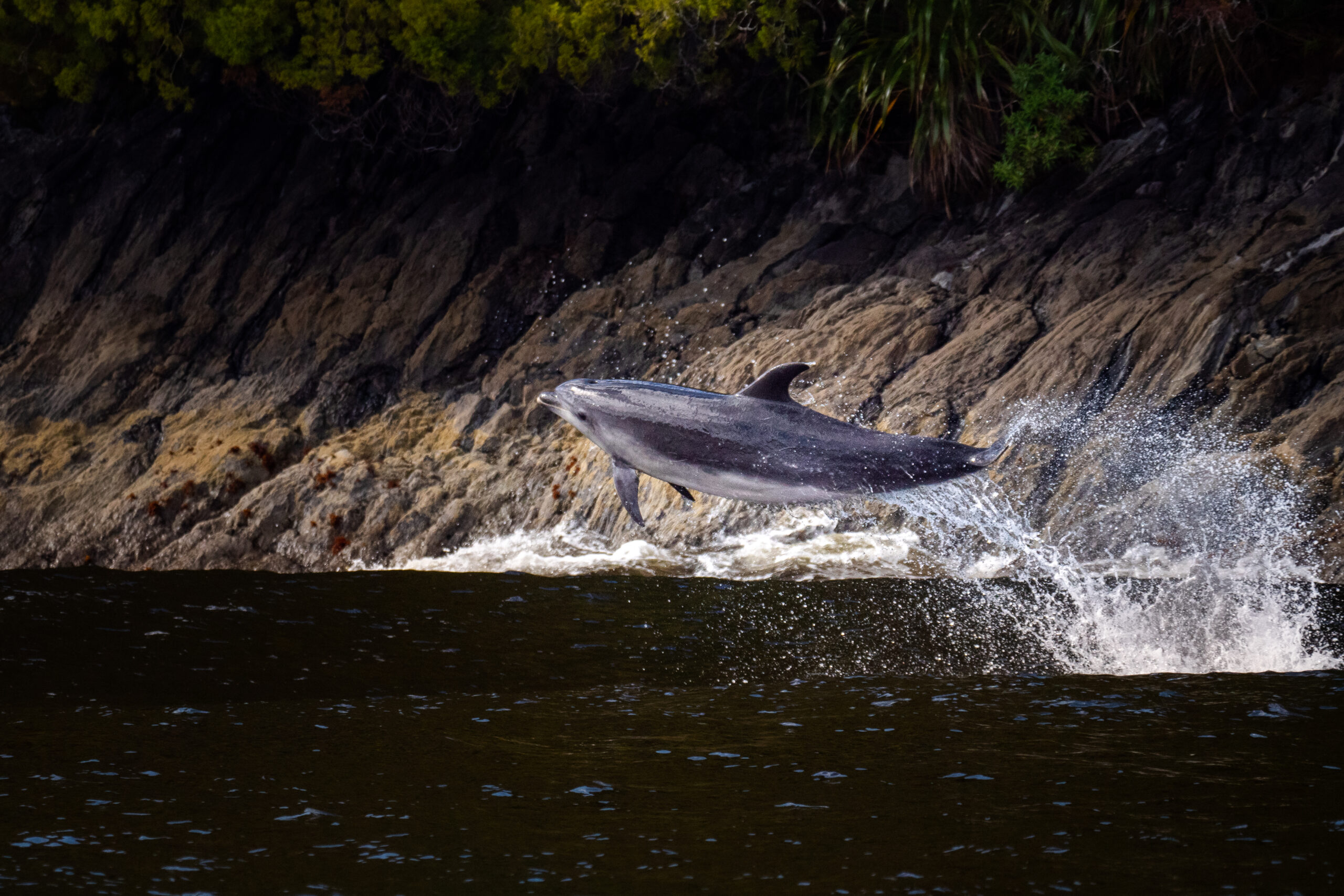


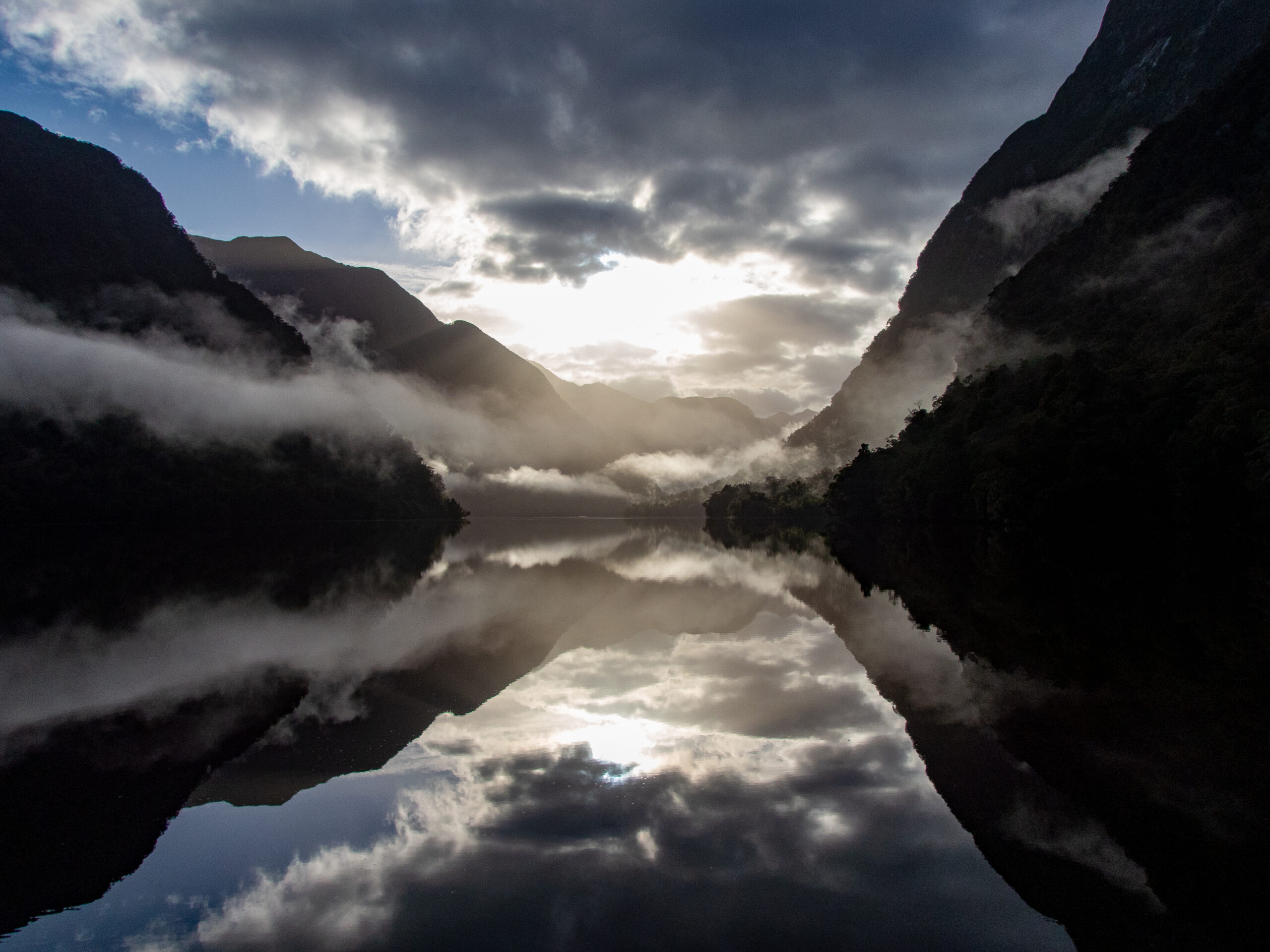
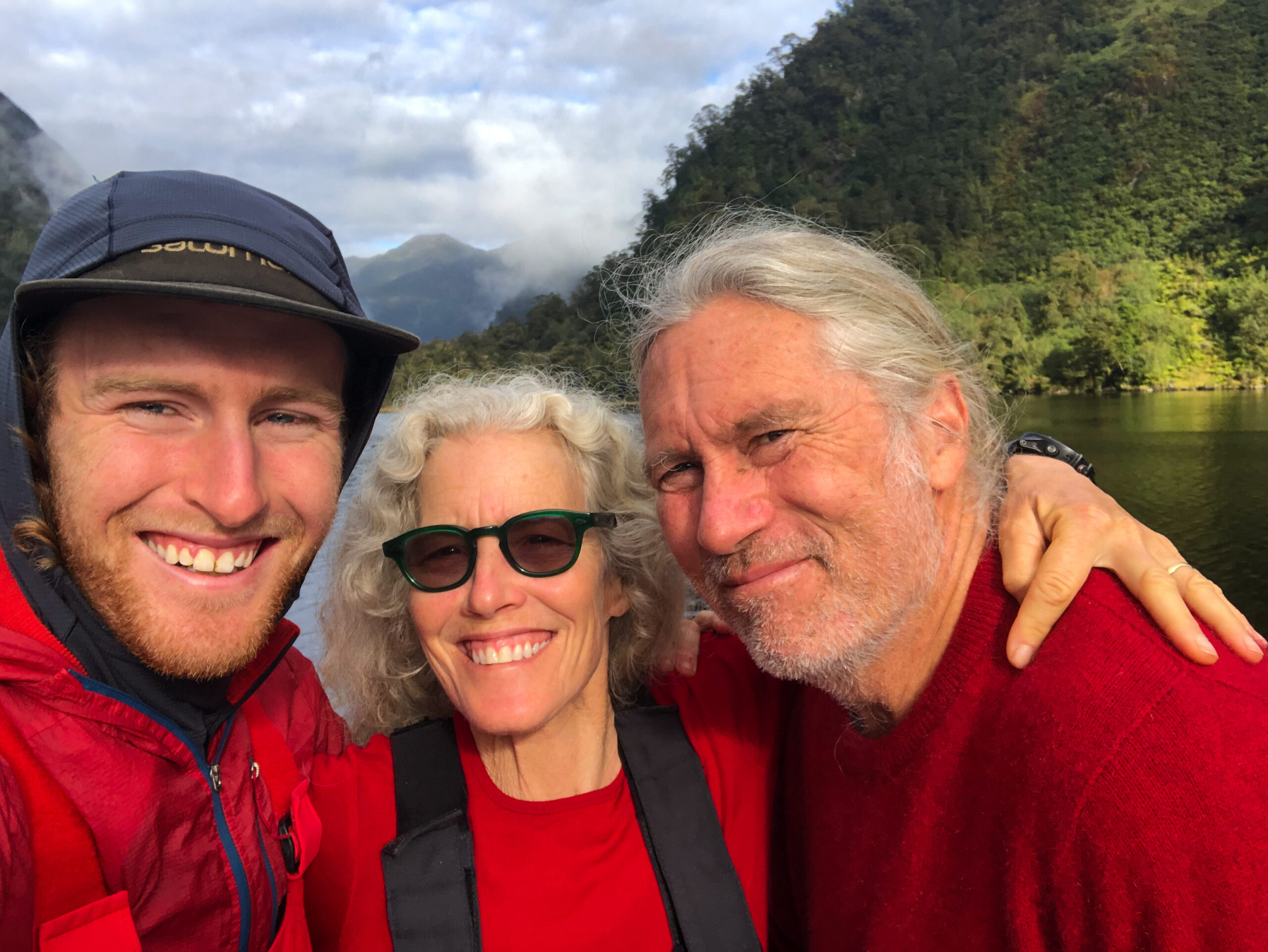

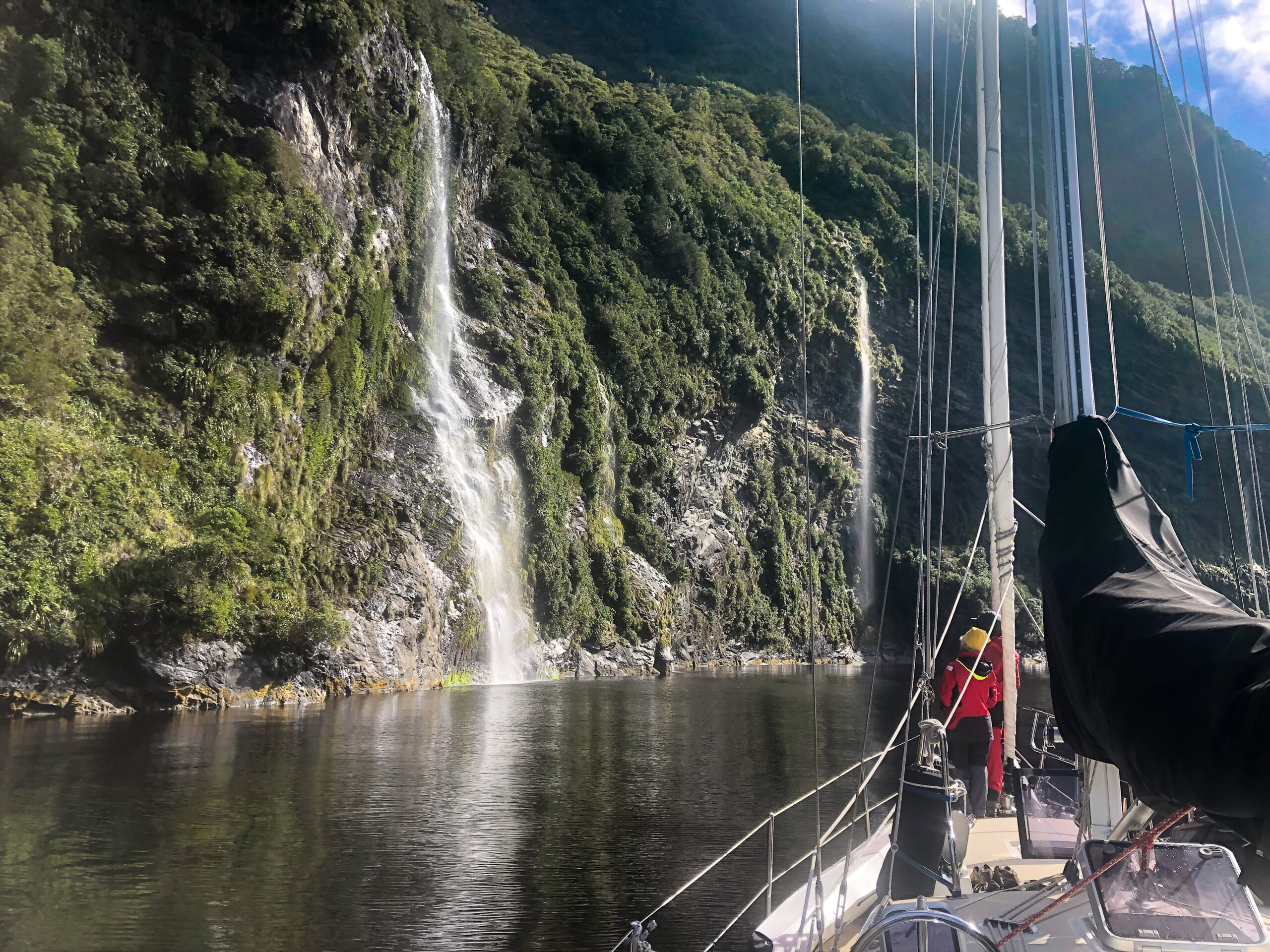
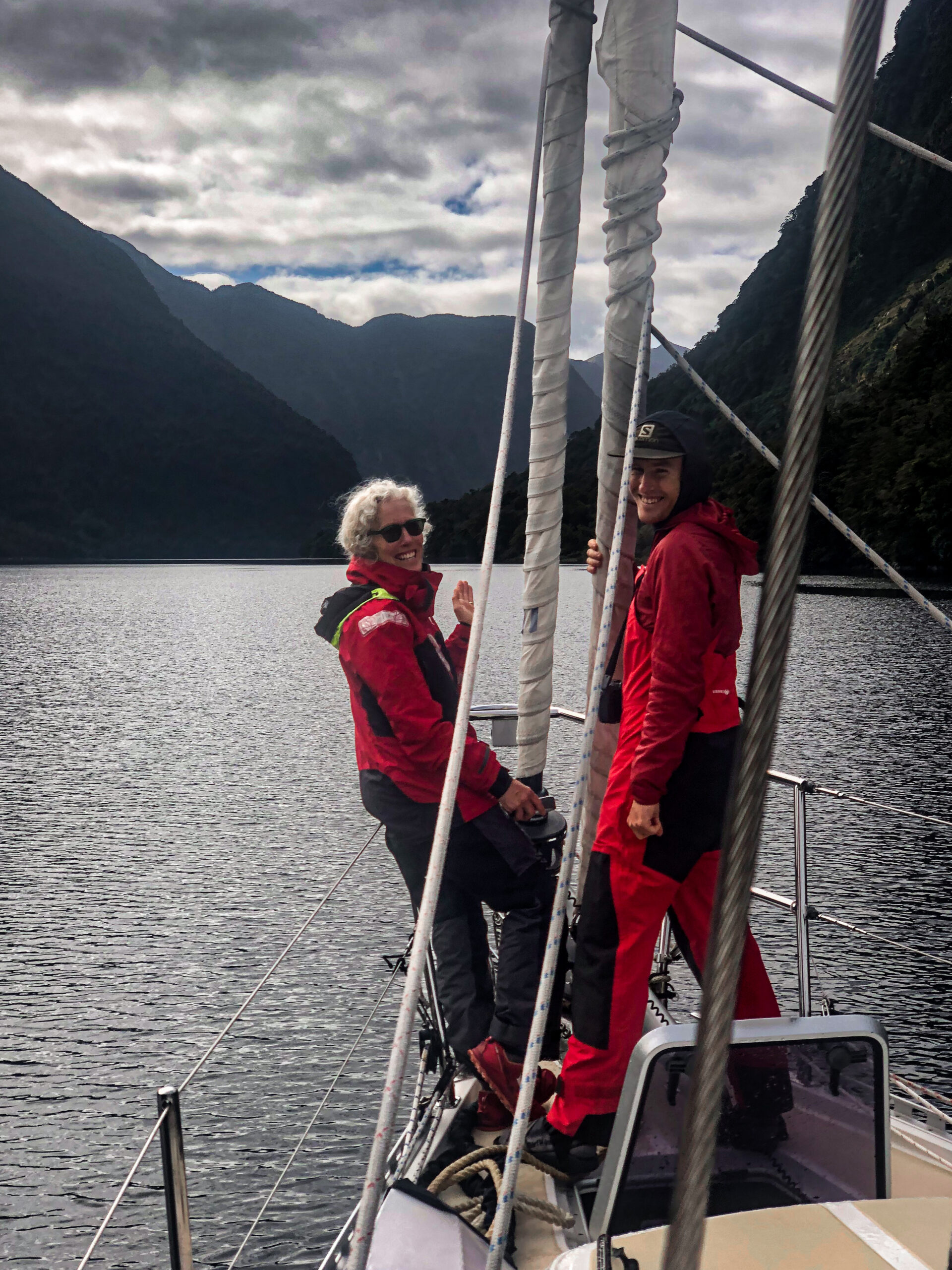



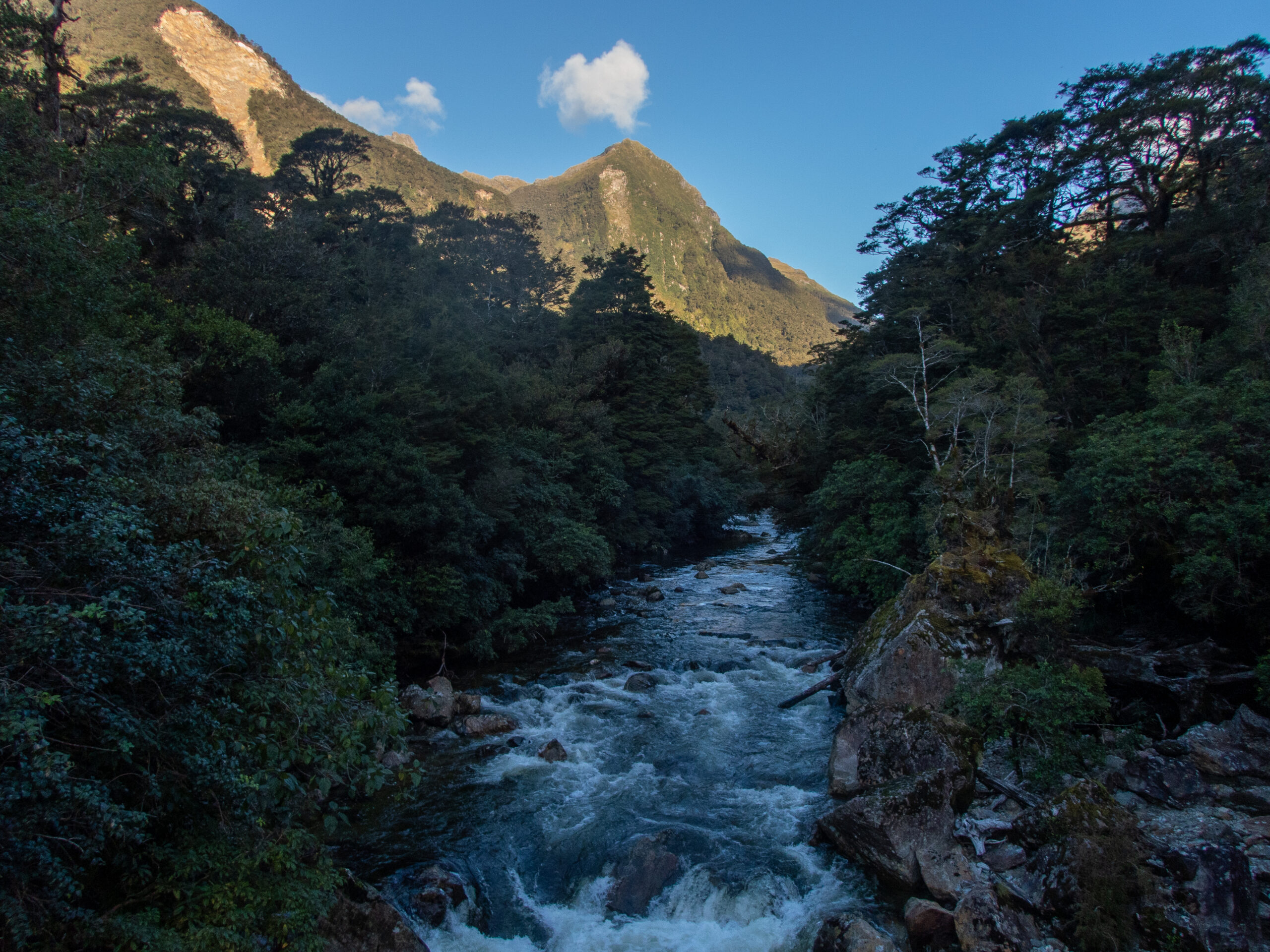
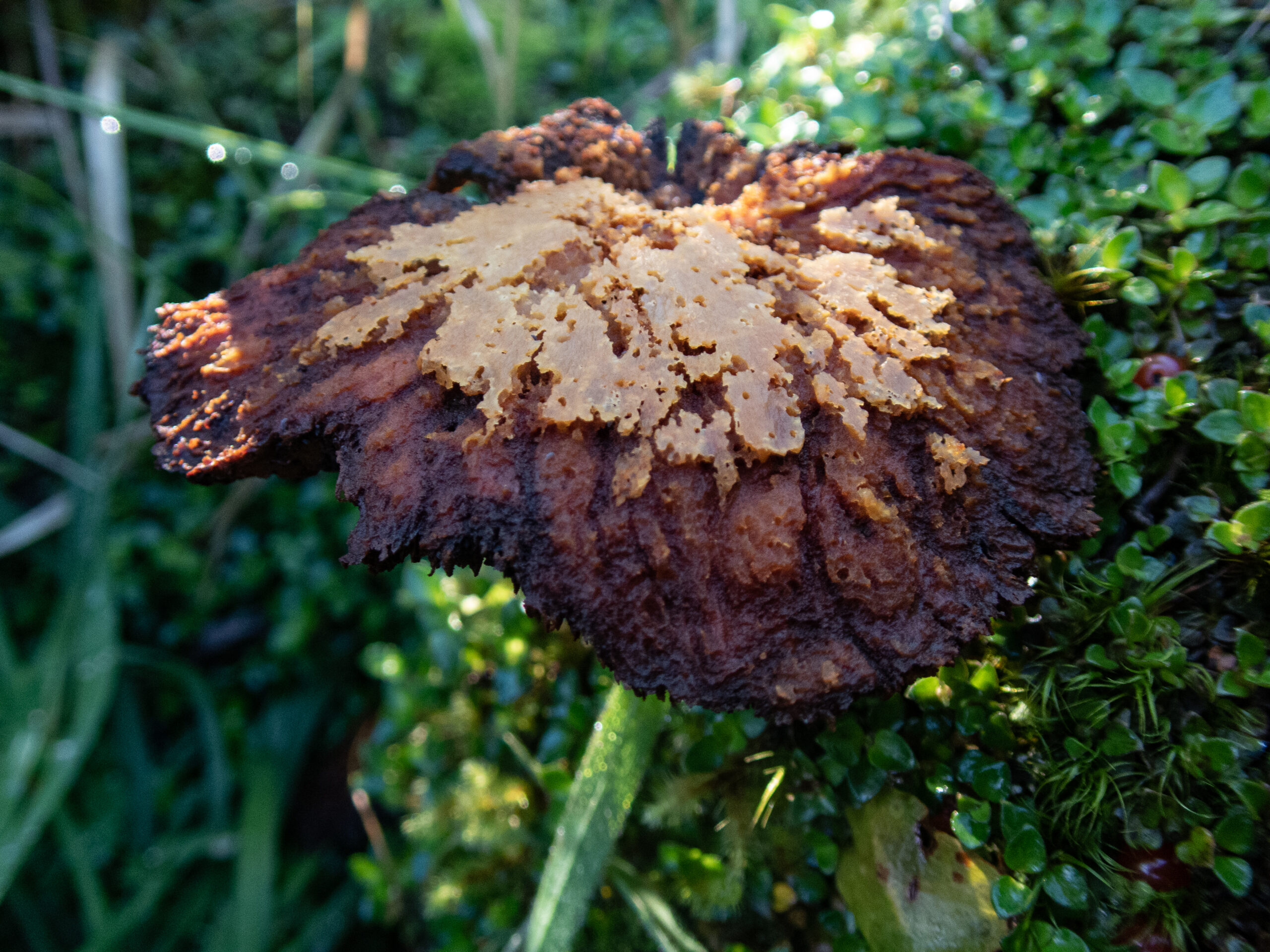
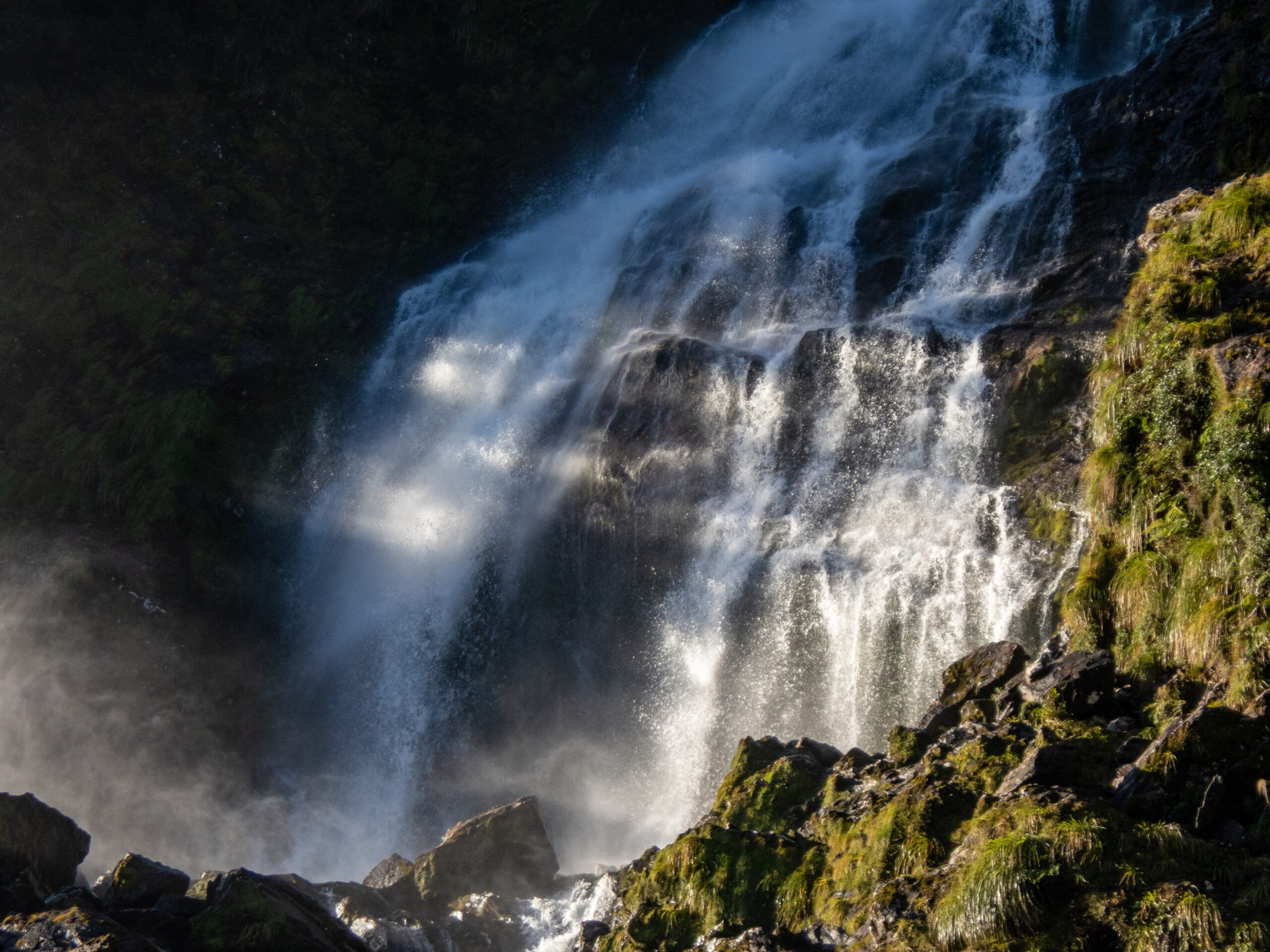

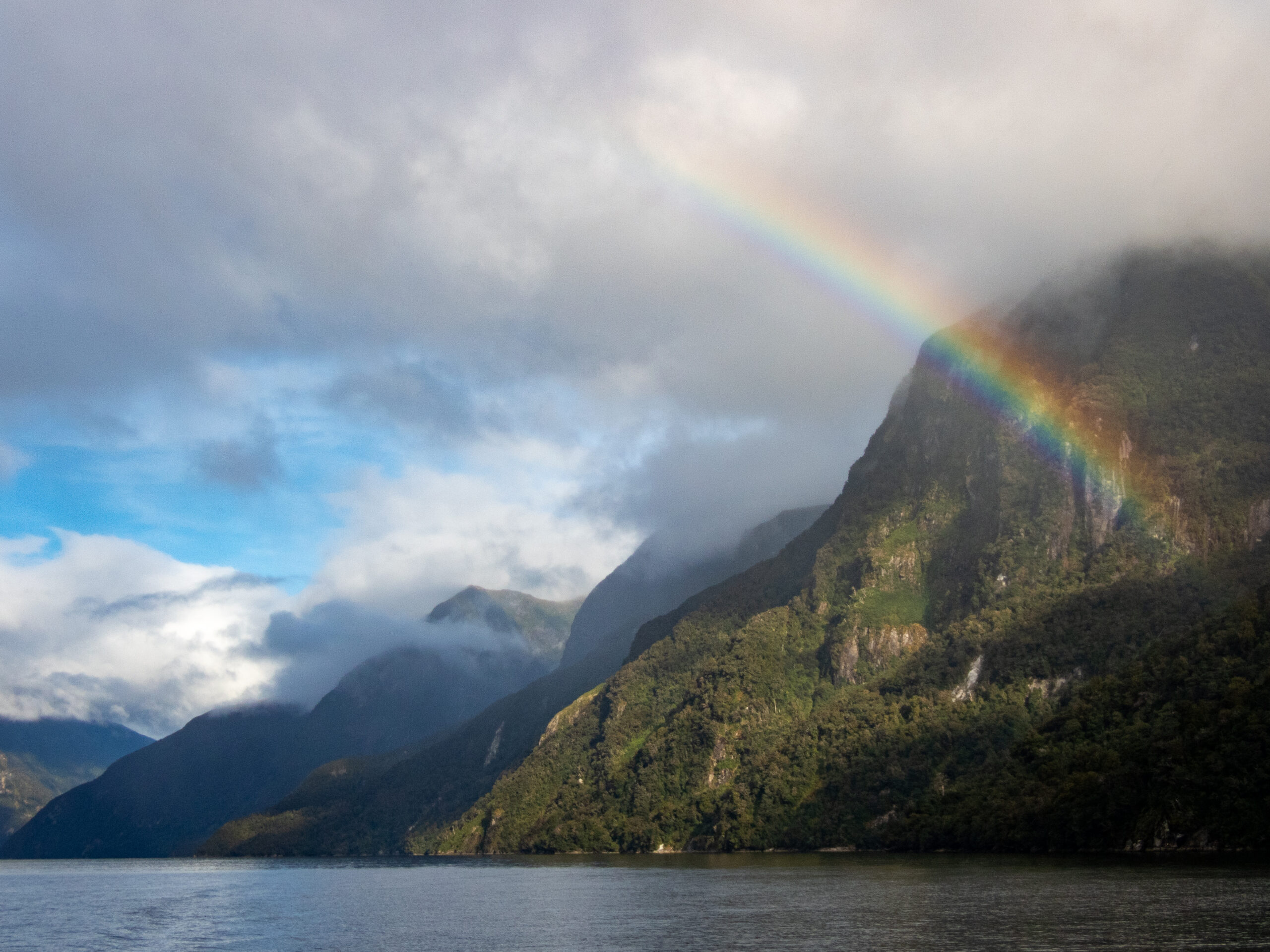
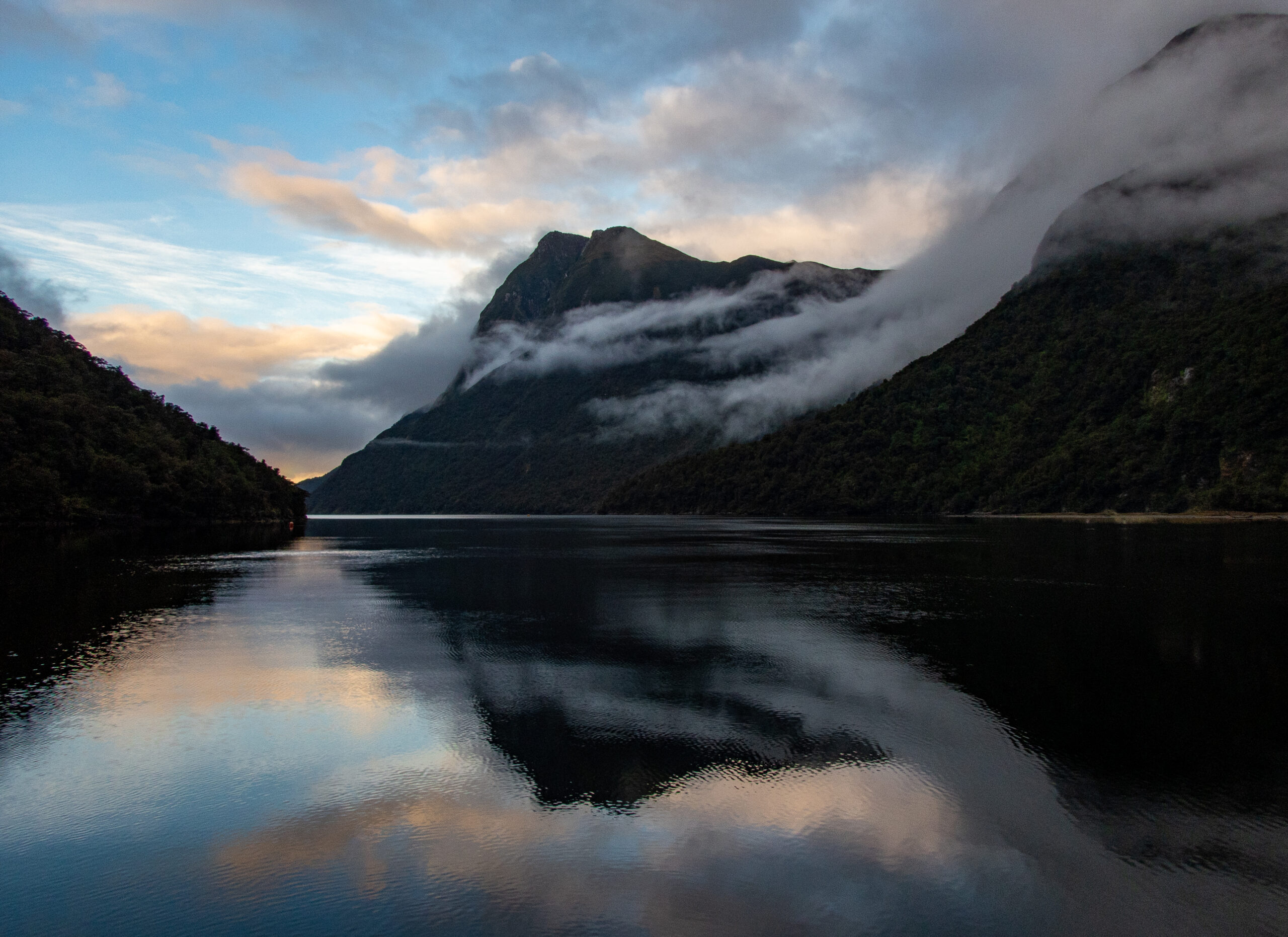

Dagg/Te Ra Sound, shared only with Wapiti in the ‘roar.’ – Fiordland
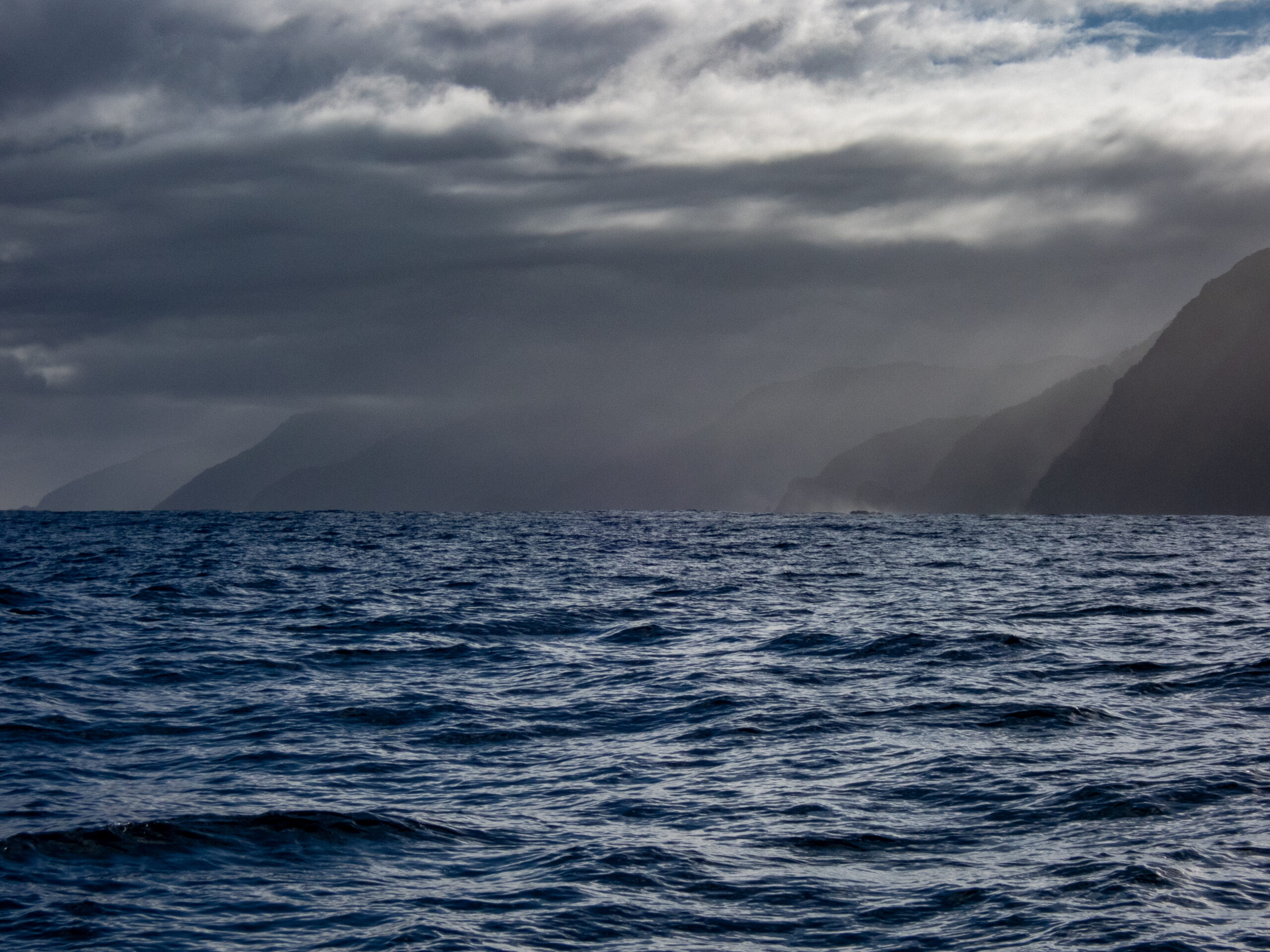


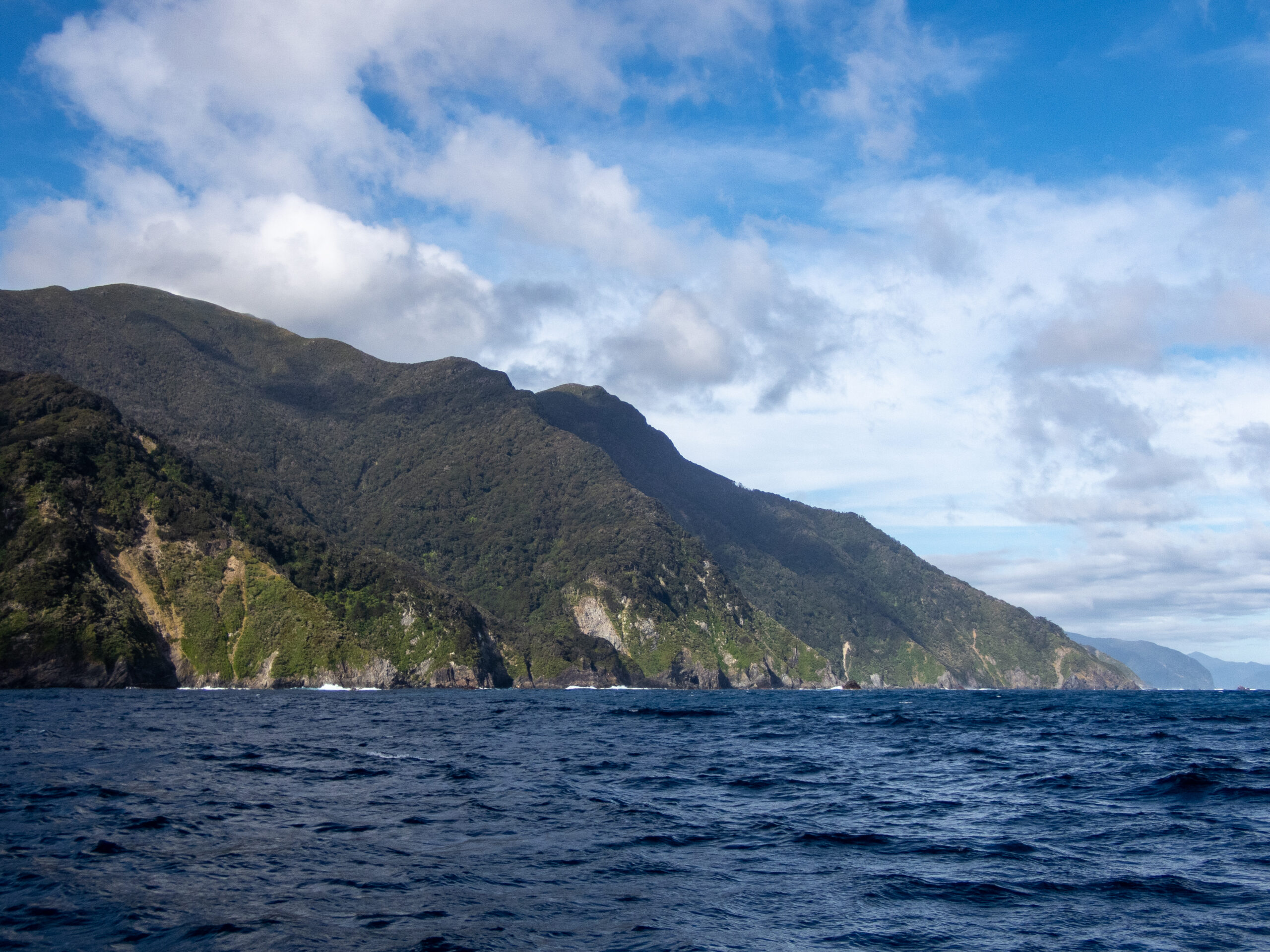
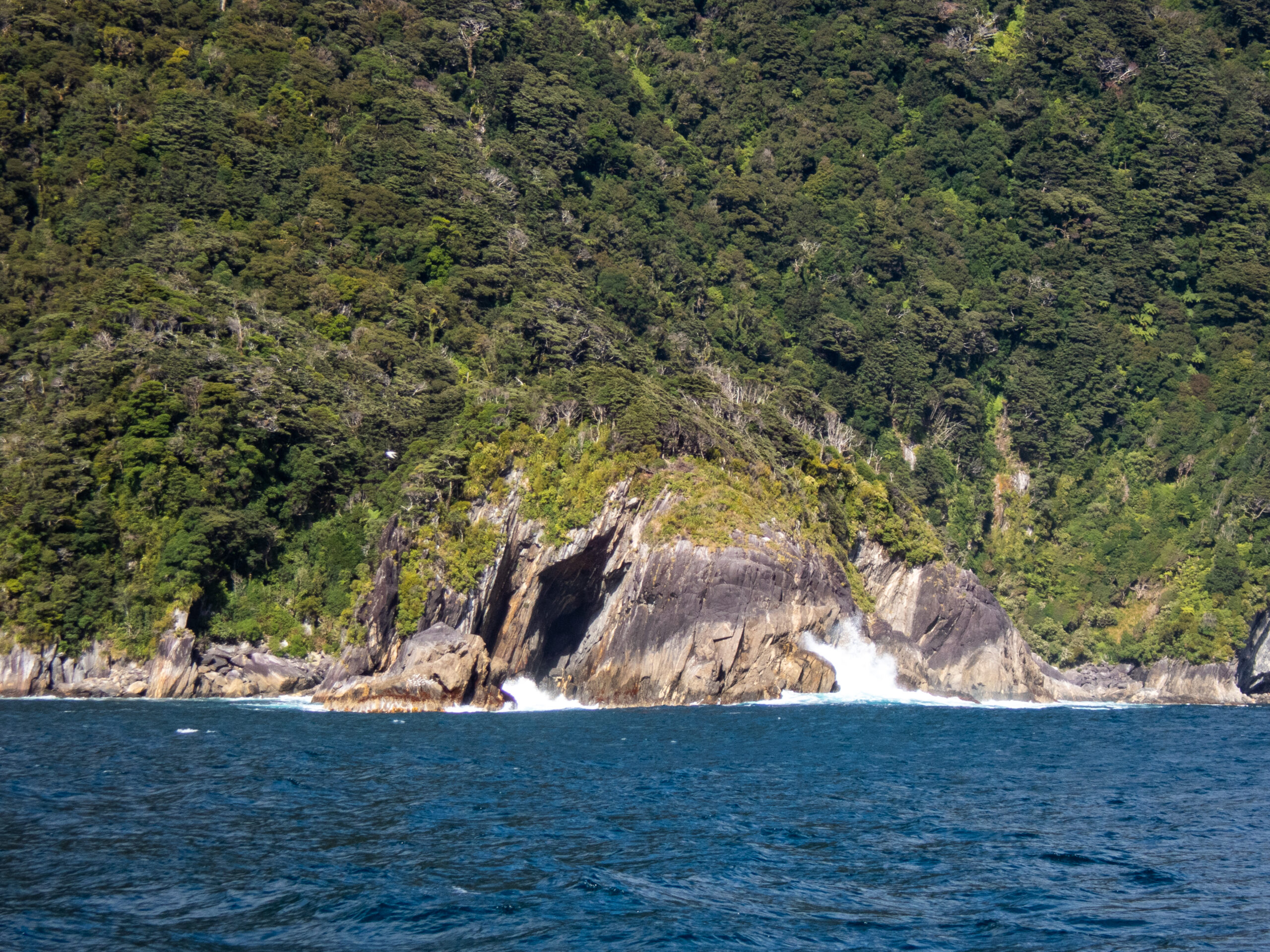
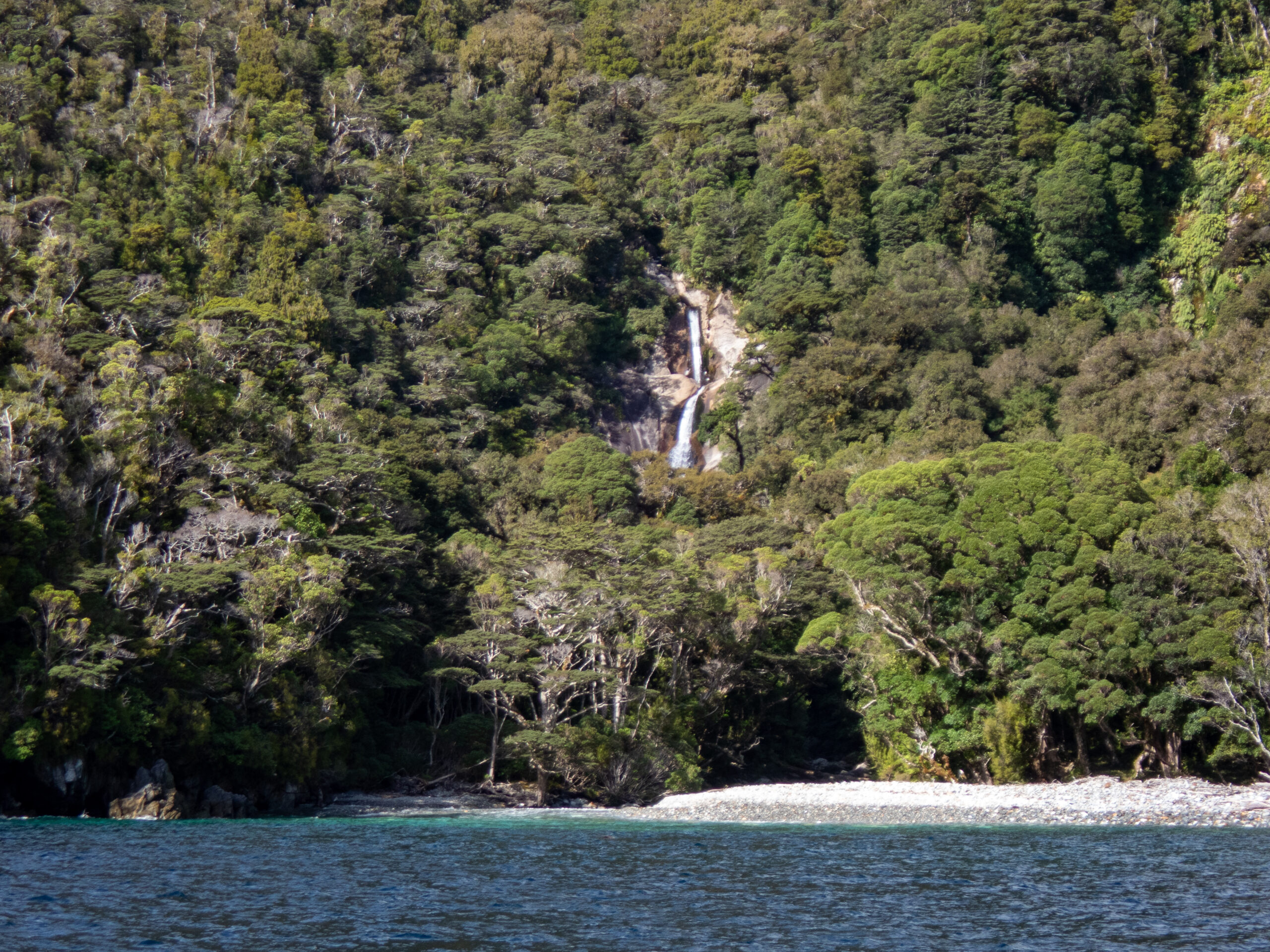
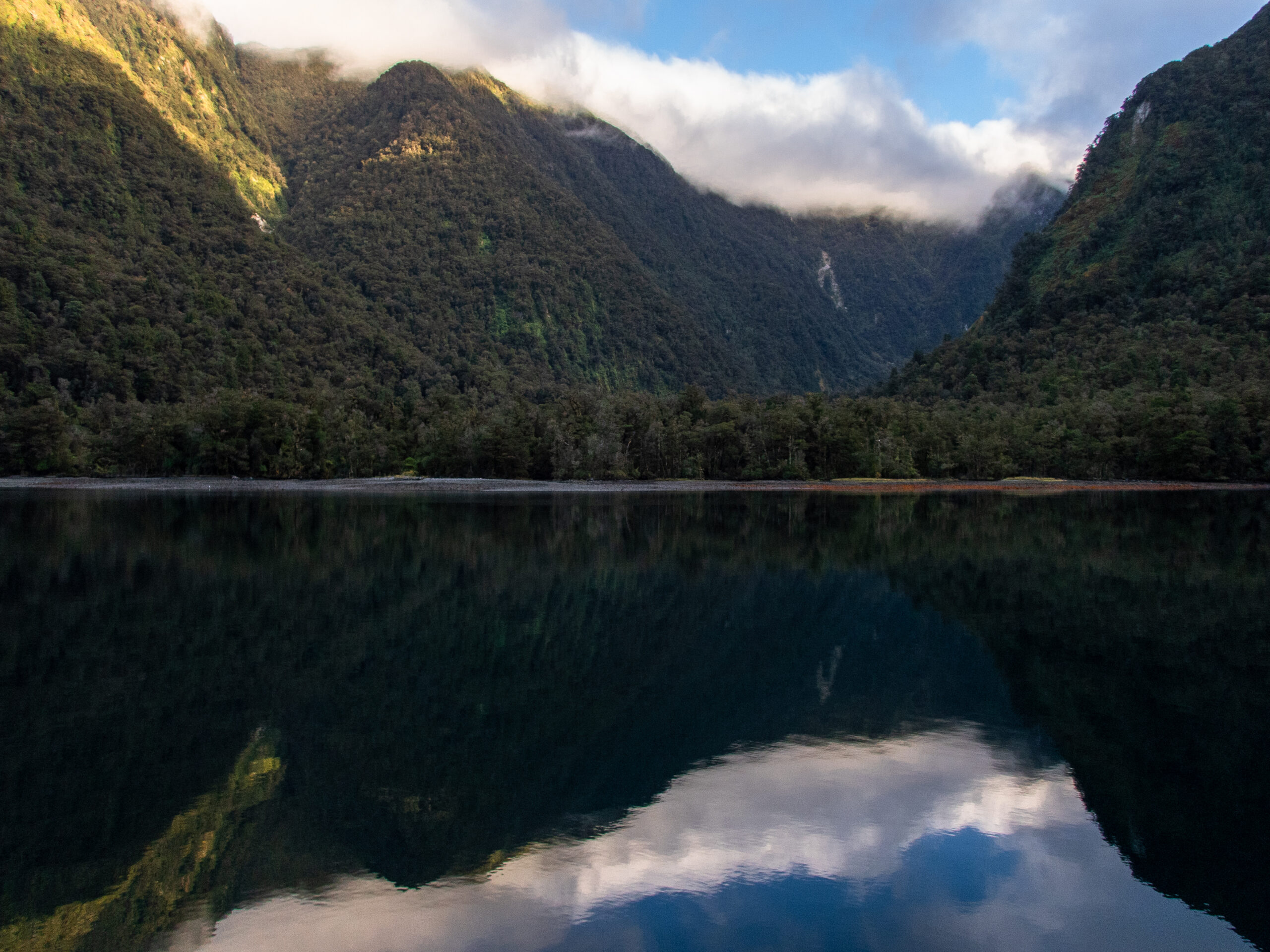
‘Anchorage Arm’ and had glassy calm conditions. Instead of trying to find shallow enough depths in the middle to anchor in, we snugged up super close to shore utilizing some fishermen’s lines which are rigged in place. Wonderful protection from winds, mellifluous creek sounds and voracious sandflies!

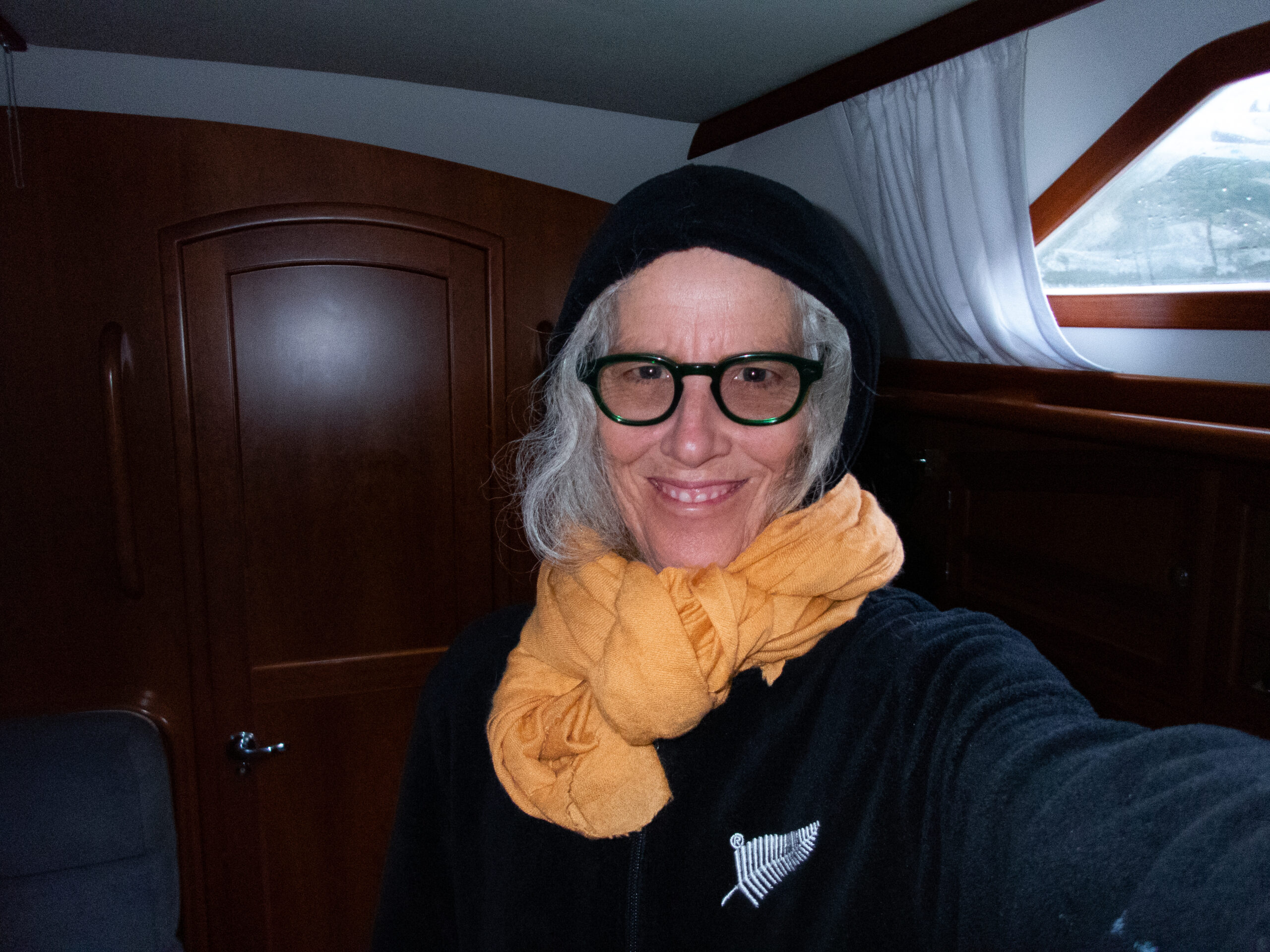
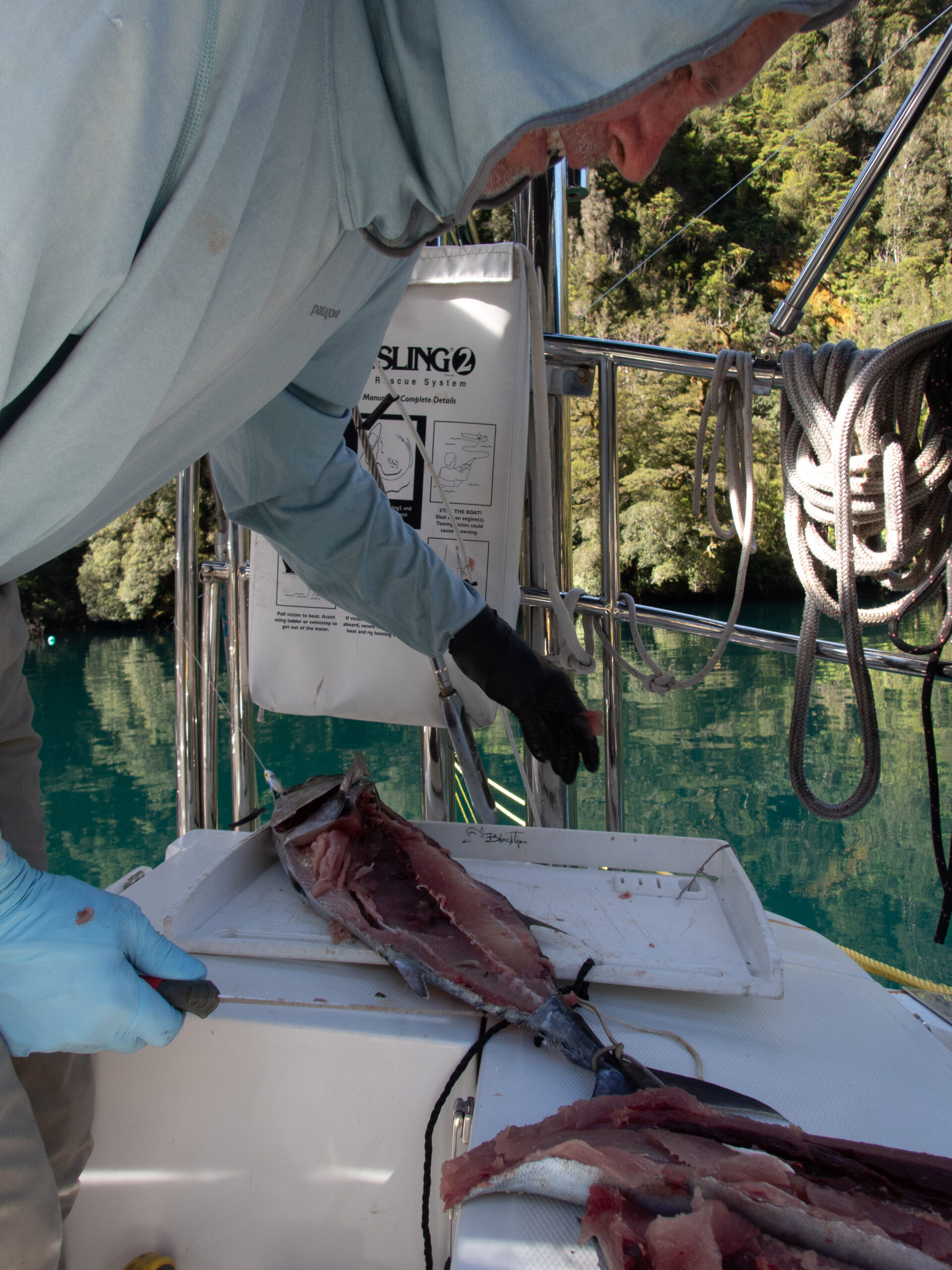

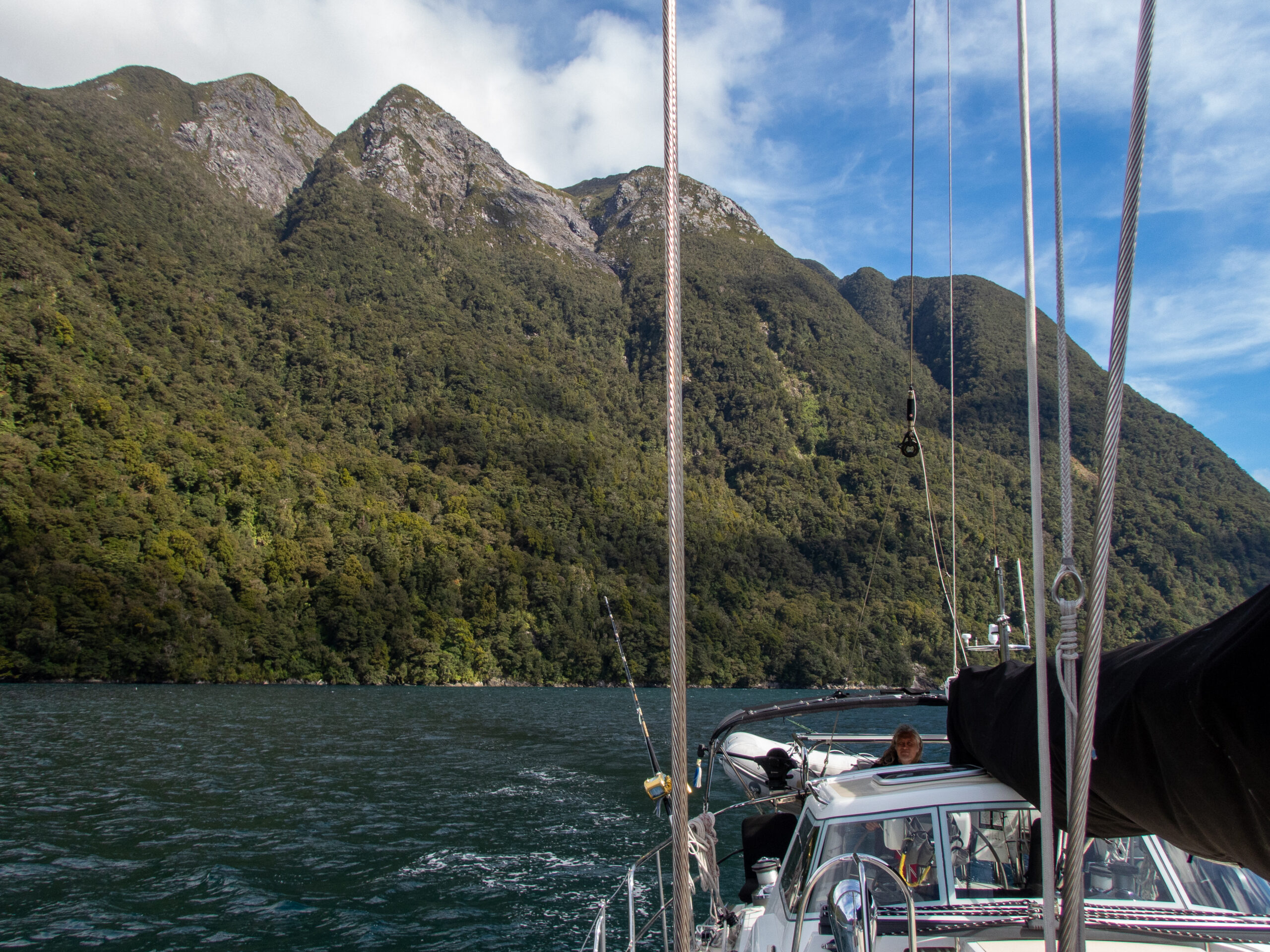
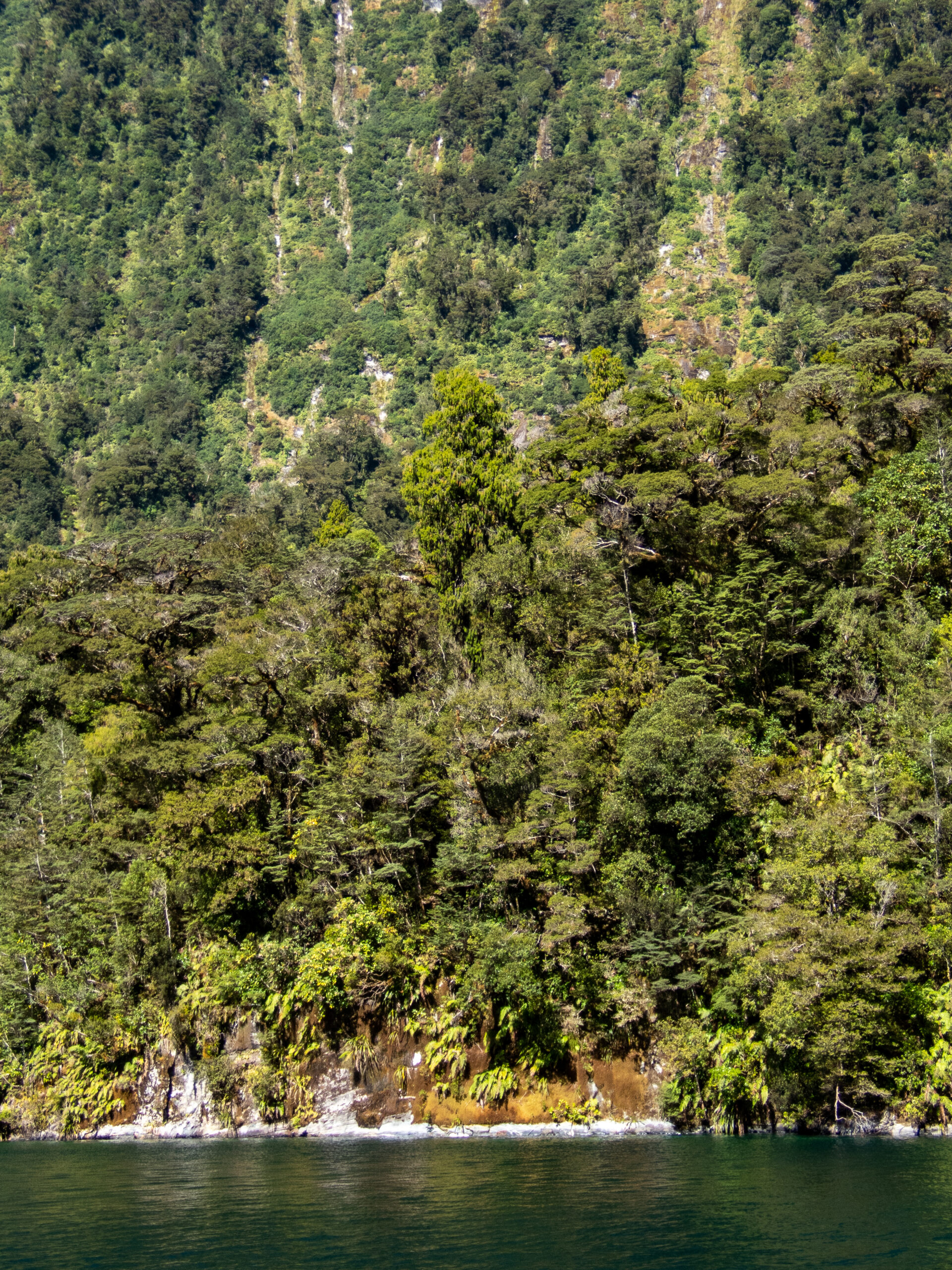

Something happened when the twenty North American Wapiti Roosevelt gifted to New Zealand in 1905 found their way into the heart of Fiordland’s steep and impenetrable wilderness. Maybe there’s a perfectly rational scientific explanation (maybe it has something to do with crossing breeding with Red Deer?). They got a bit smaller than the fat and happy elk of Yellowstone (which certainly makes good sense given the dense rainforest) but they also changed their tune, no longer bugling with that iconic, haunting call that resonates across the frosty parklands, lodgepole forests and granite peaks of the Rockies. Our visit to Daag coincided with height of the “roar.” It’s a sound that does not “belong,” but also feels so fitting, as though giving voice to the thick ferny jungle of that unpeopled wilderness. Deep, guttural, plaintive and haunting (in their own way) – their roars echo across the still water and ridiculously precipitous canyon walls. You can hear individual stags make their way up and down the steep shore, and we paddled Namo as stealthily as we could manage along the shore hoping for a glimpse, and though they often seemed very close, we never saw them. We could only imagine their antlered heads tilted back, belly’s trembling as they gave voice to the wilderness.~MS


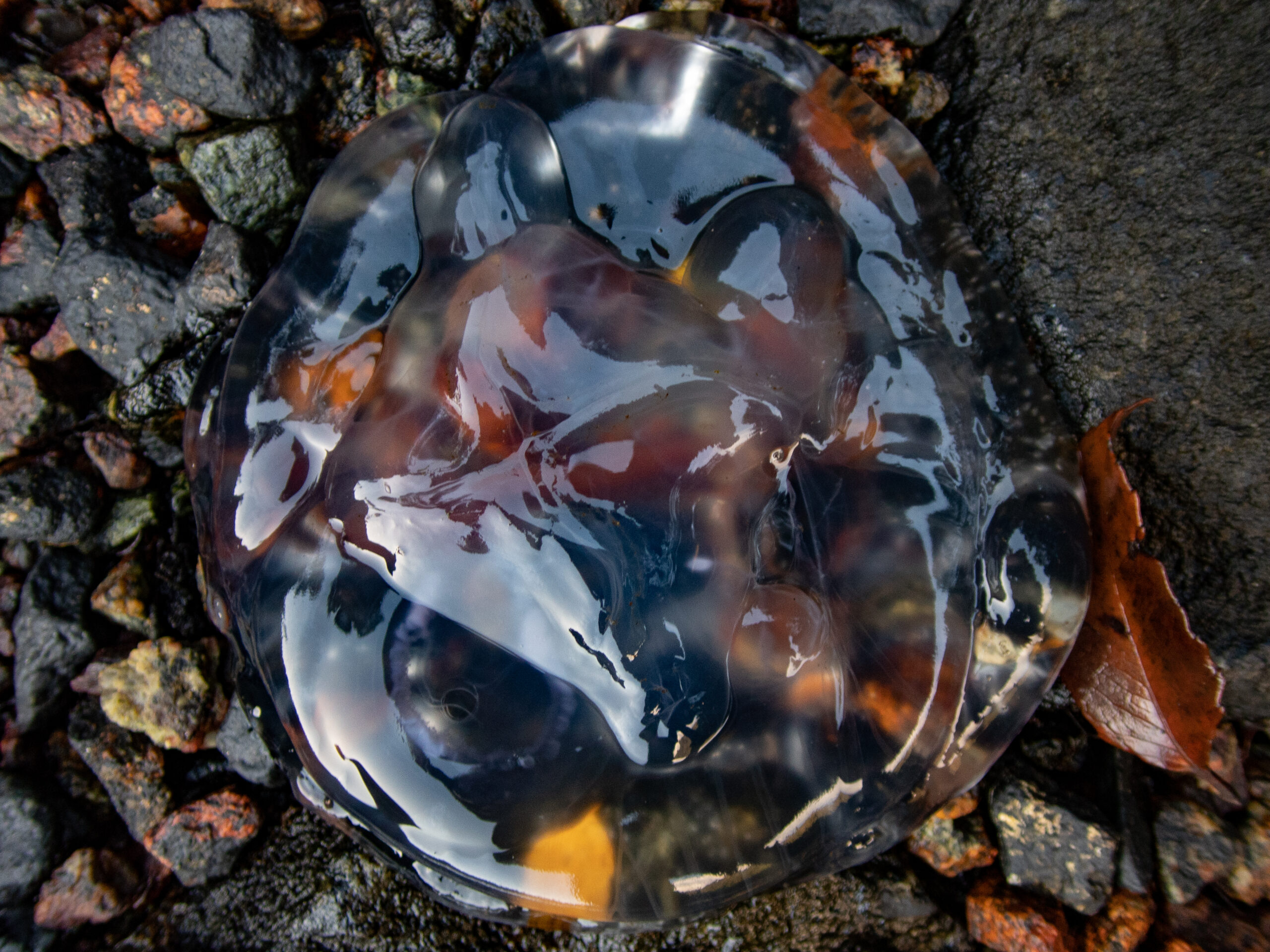

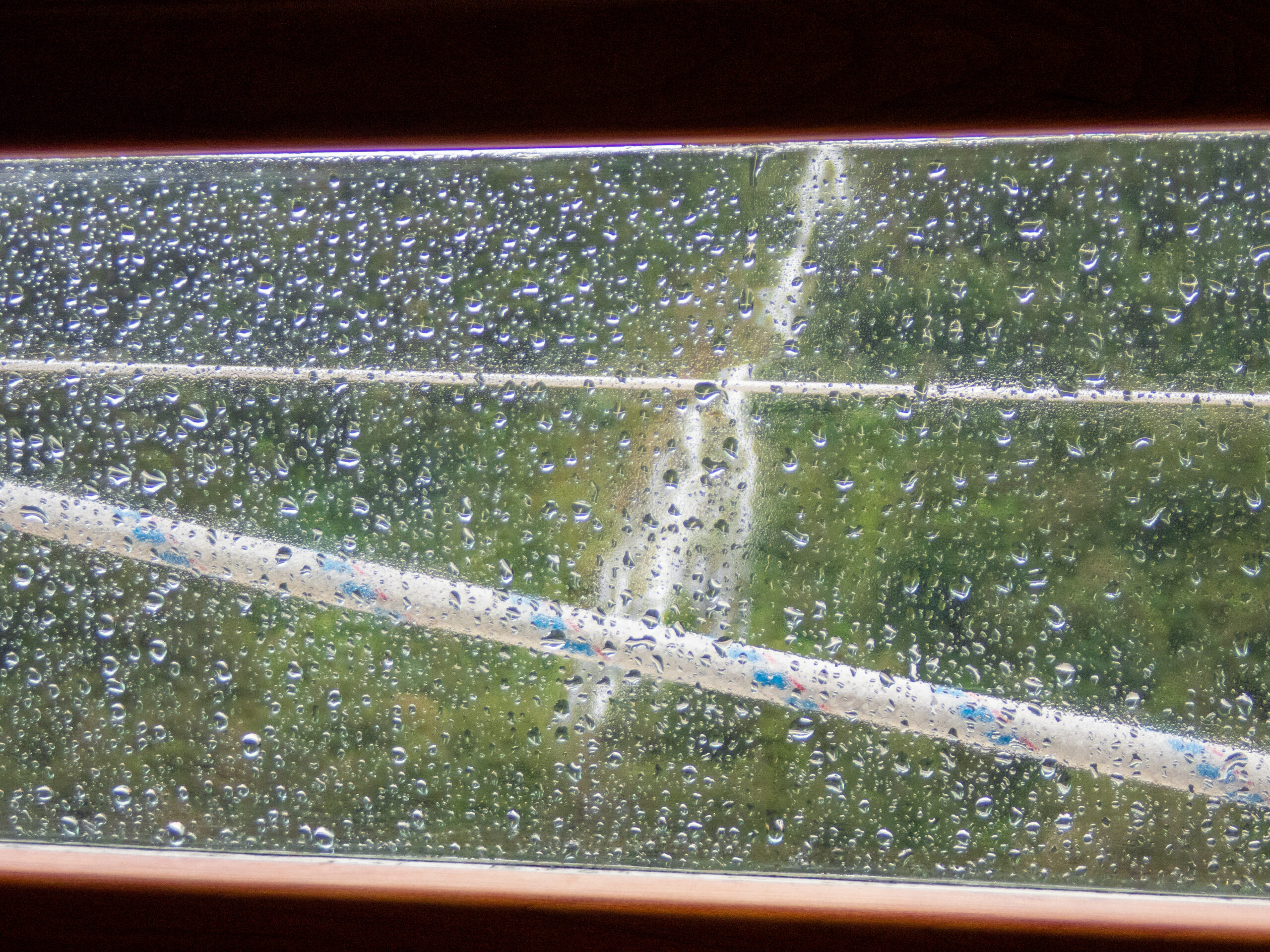
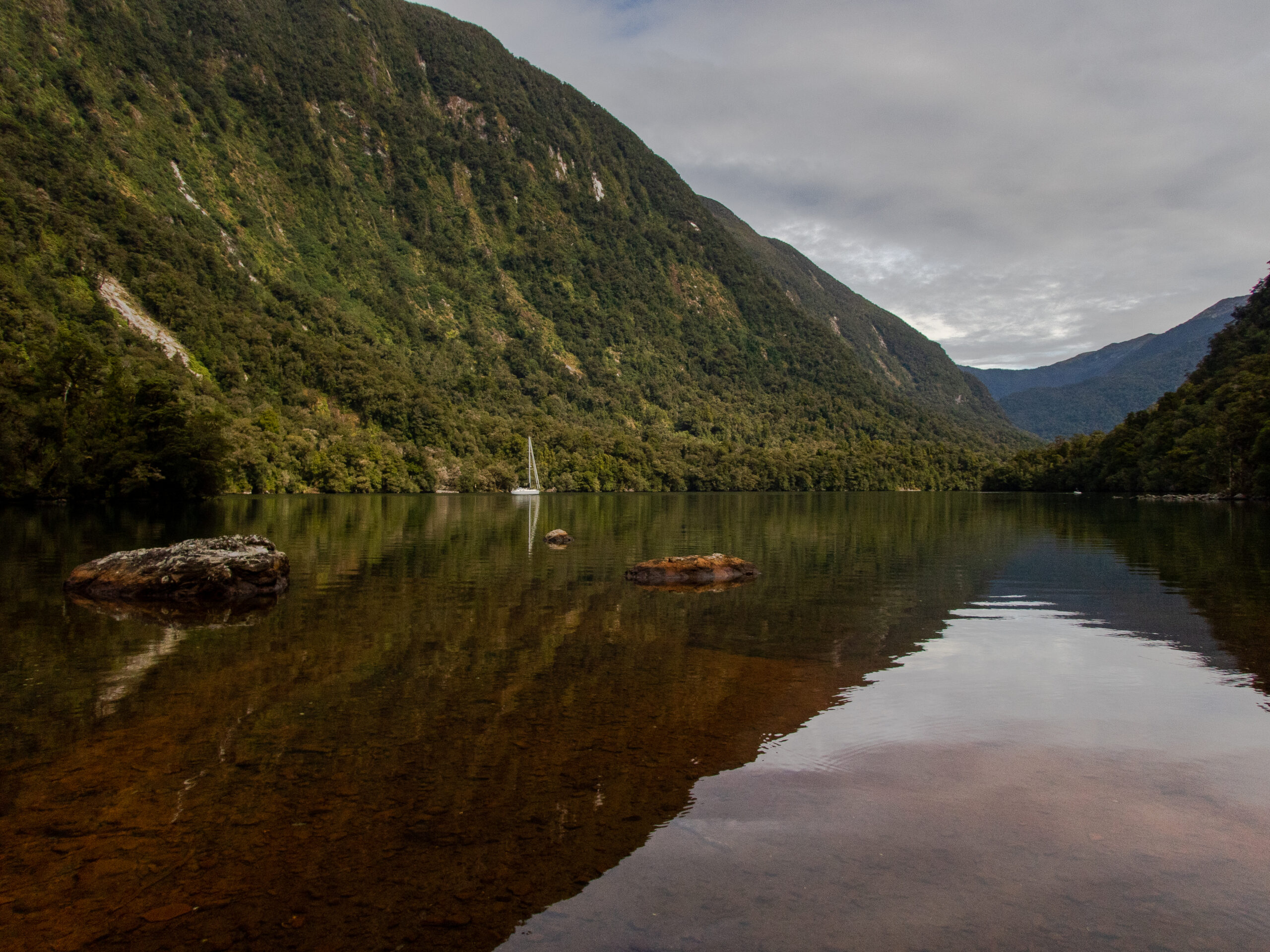
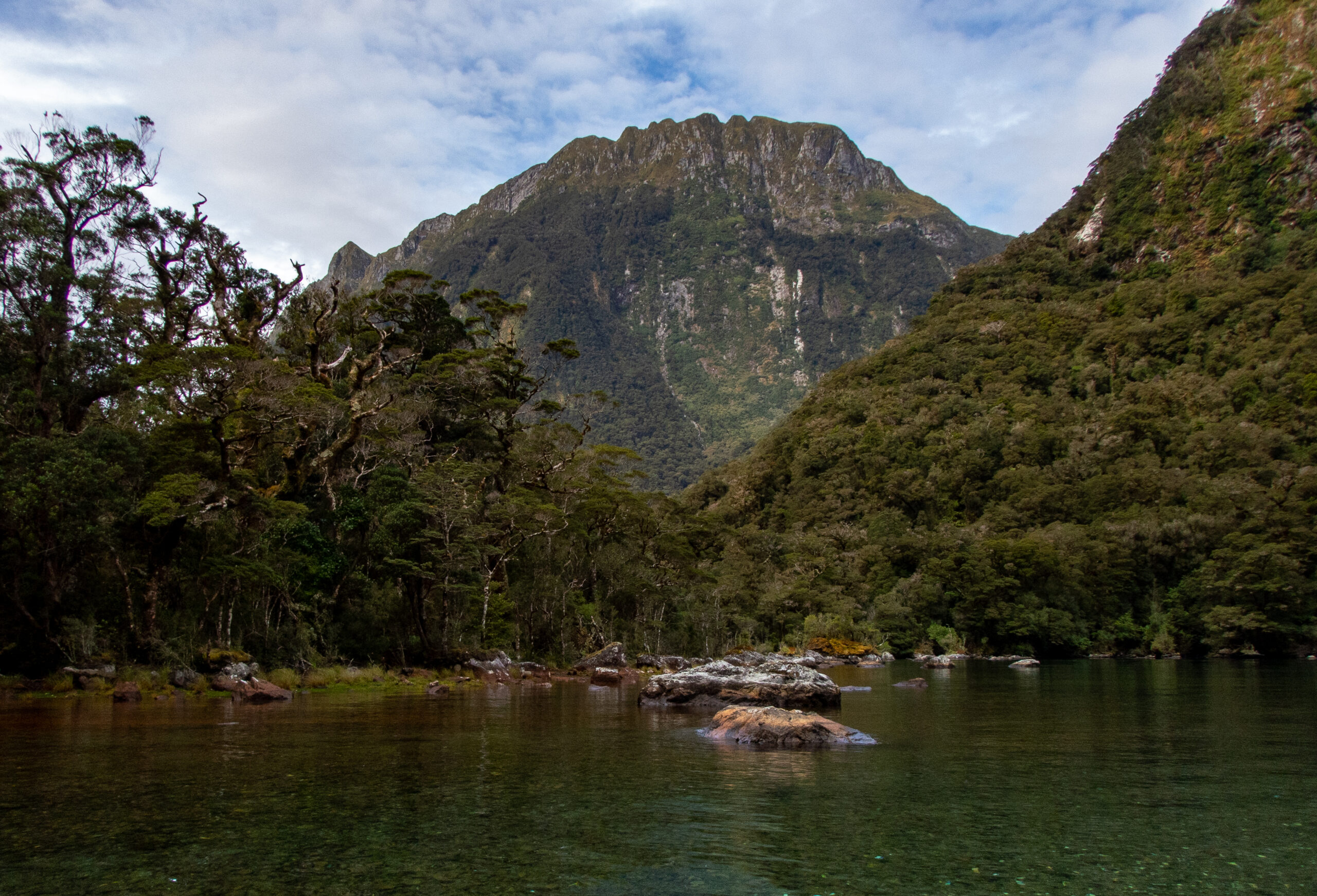

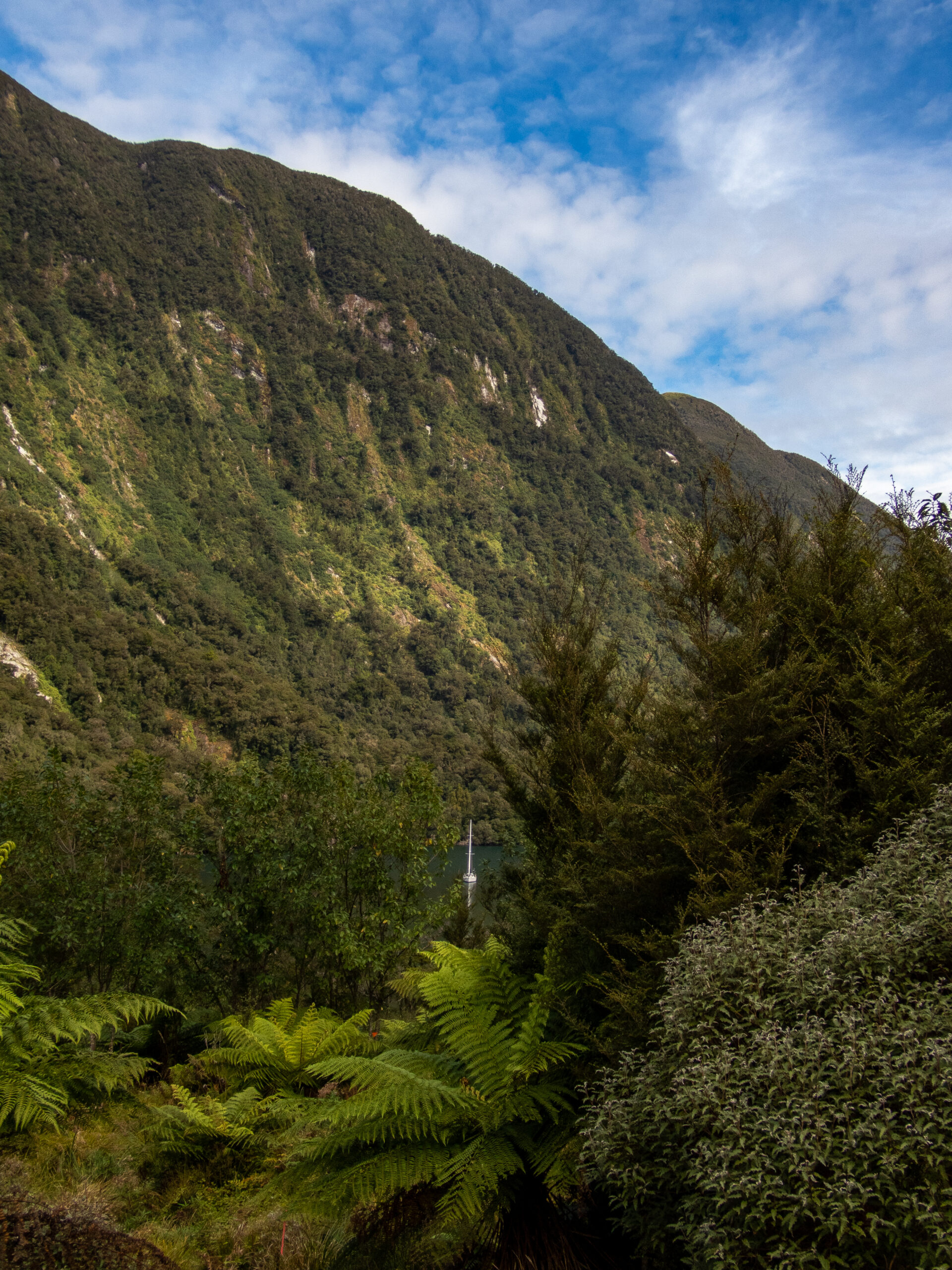


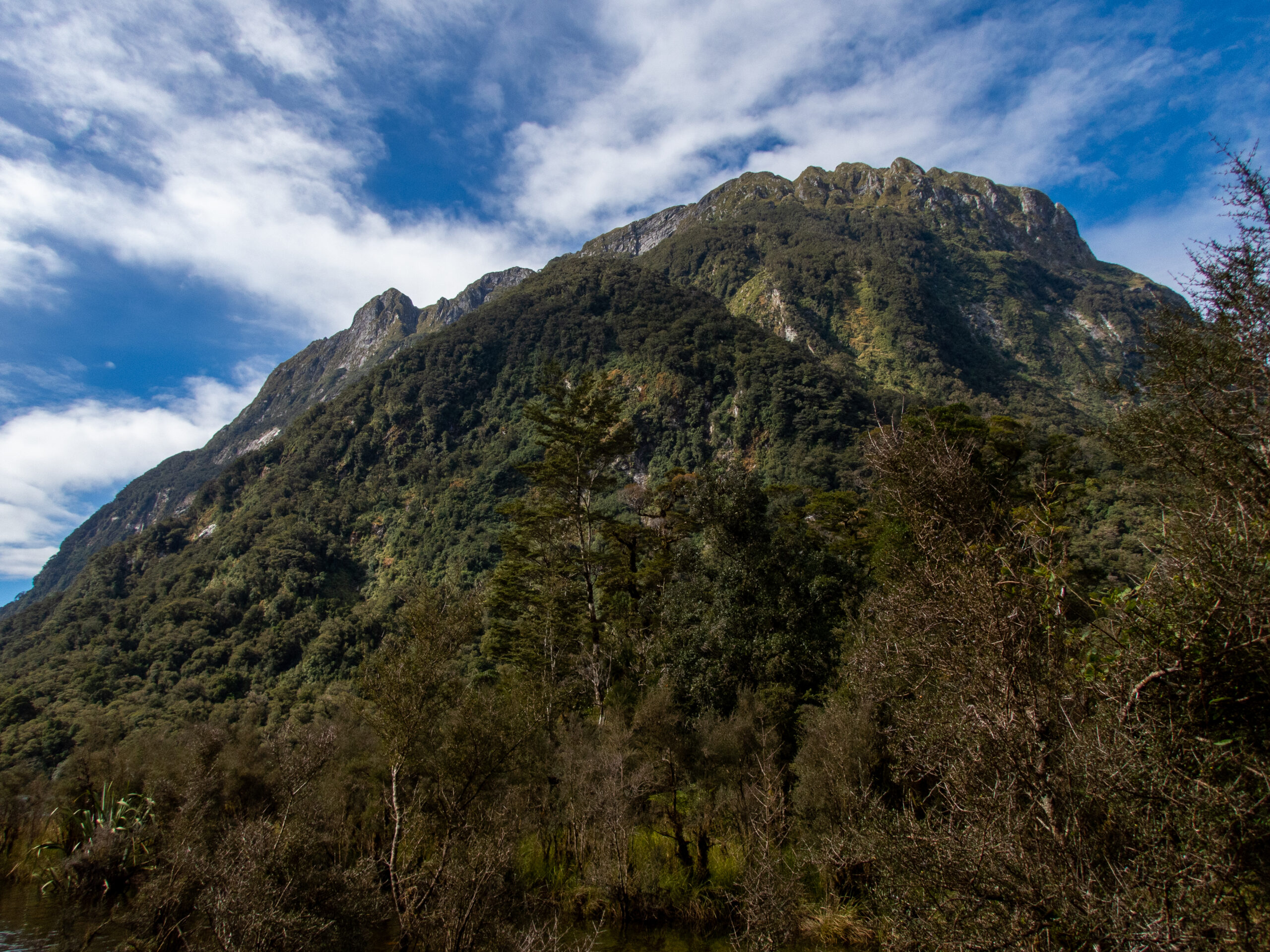
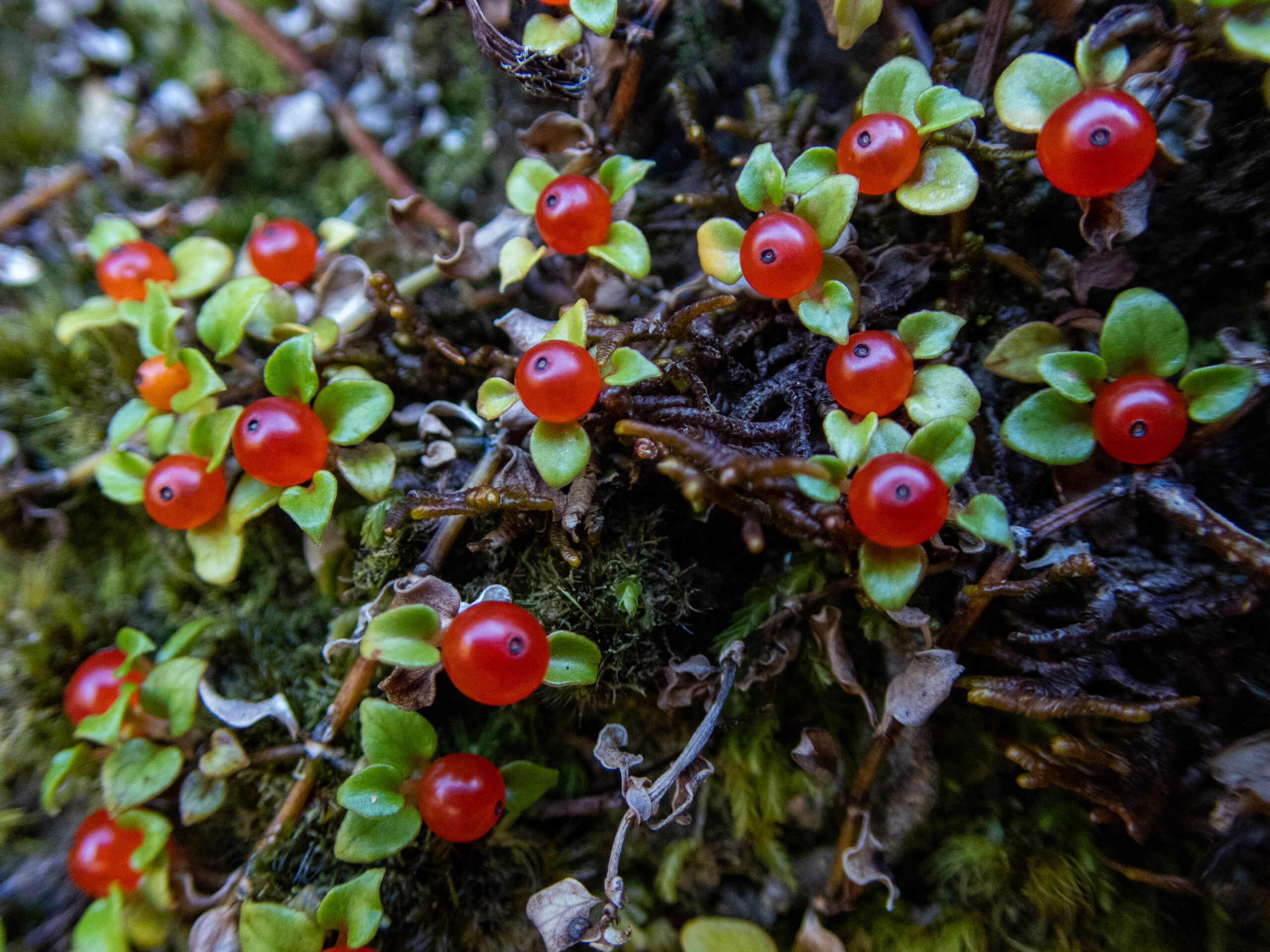
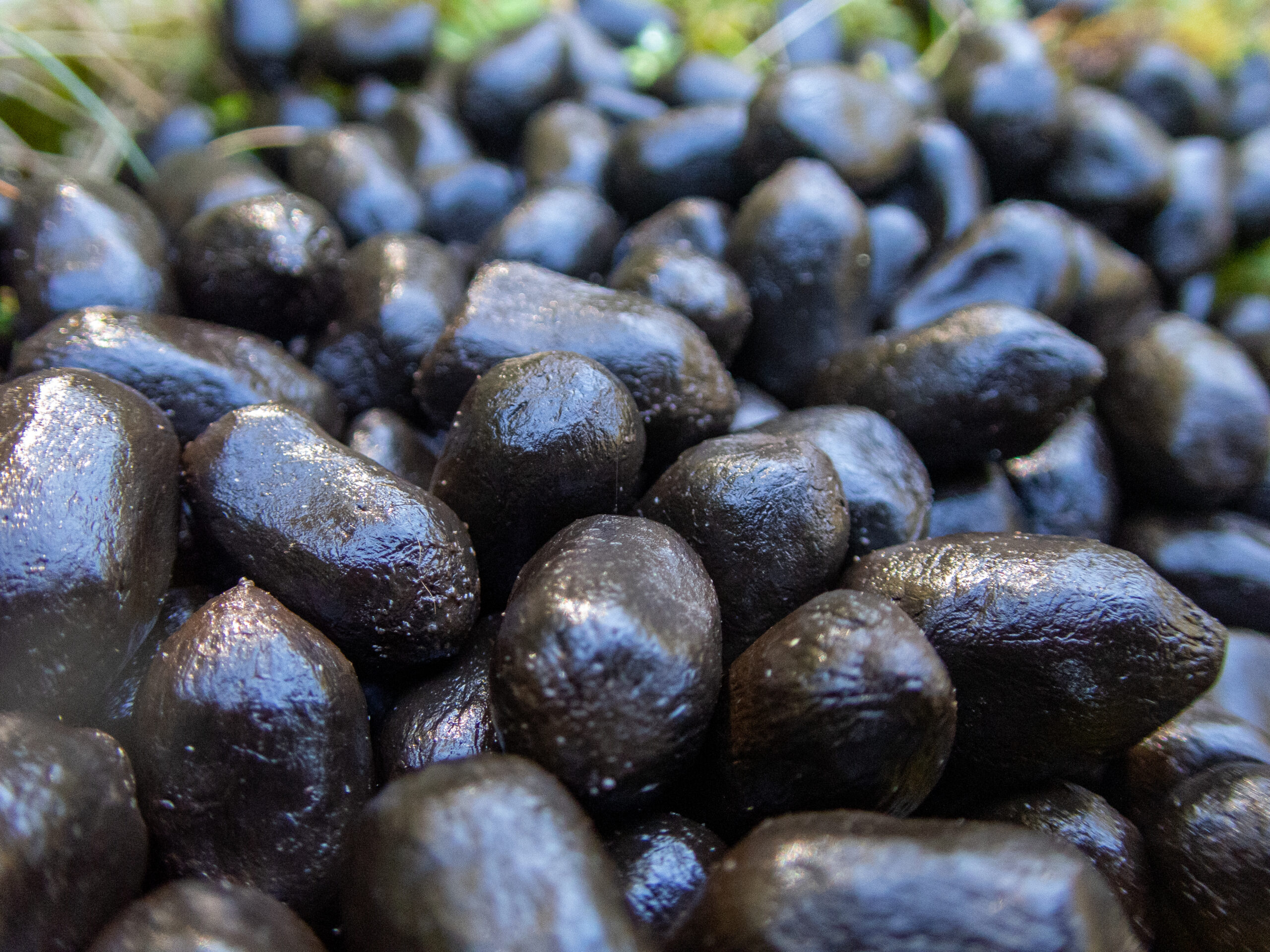
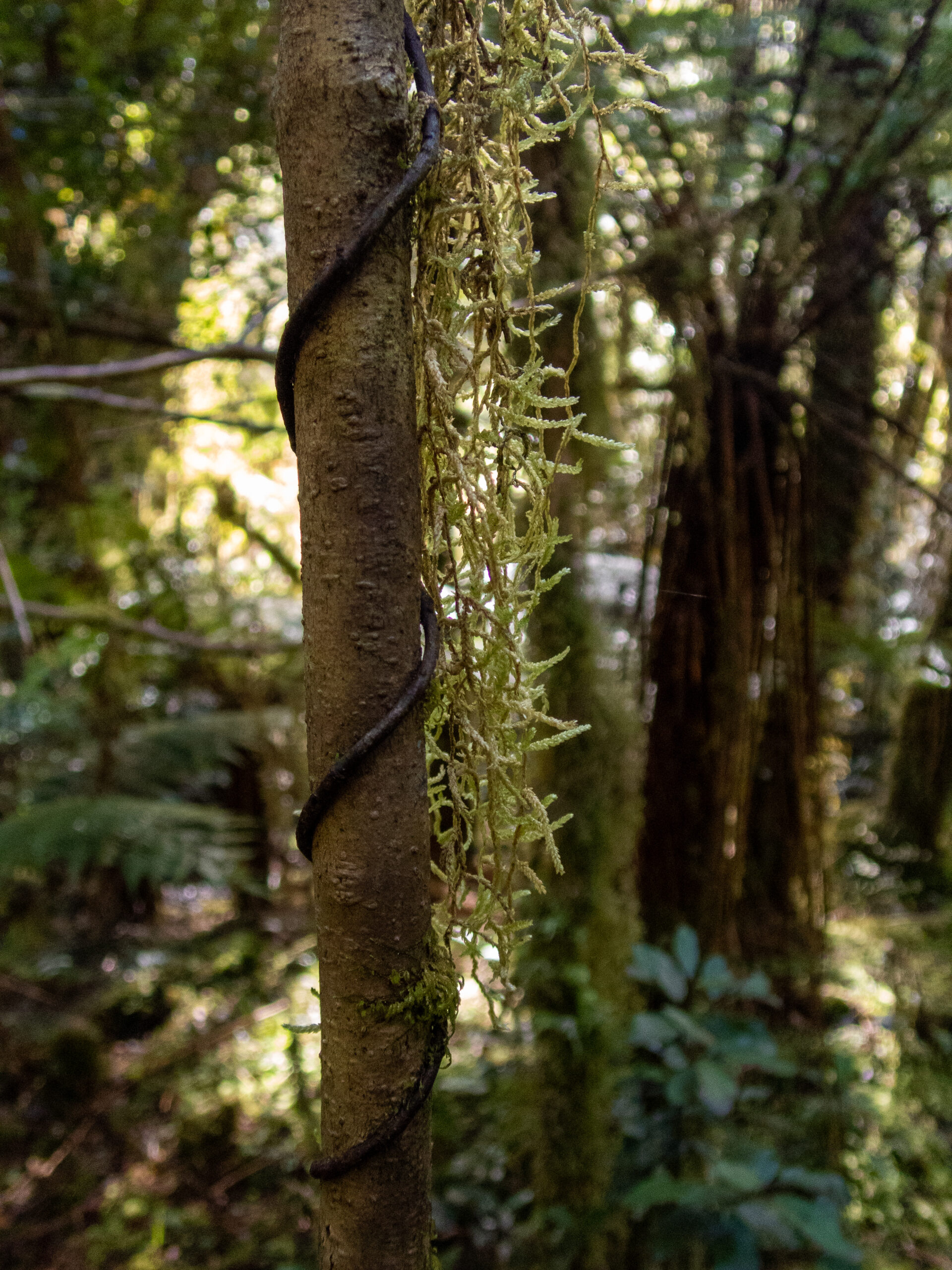
Although Spanish moss grows on trees, it is not a parasite. It doesn’t put down roots in the tree it grows on, nor does it take nutrients from it. The plant thrives on rain and fog, sunlight, and airborne or waterborne dust and debris.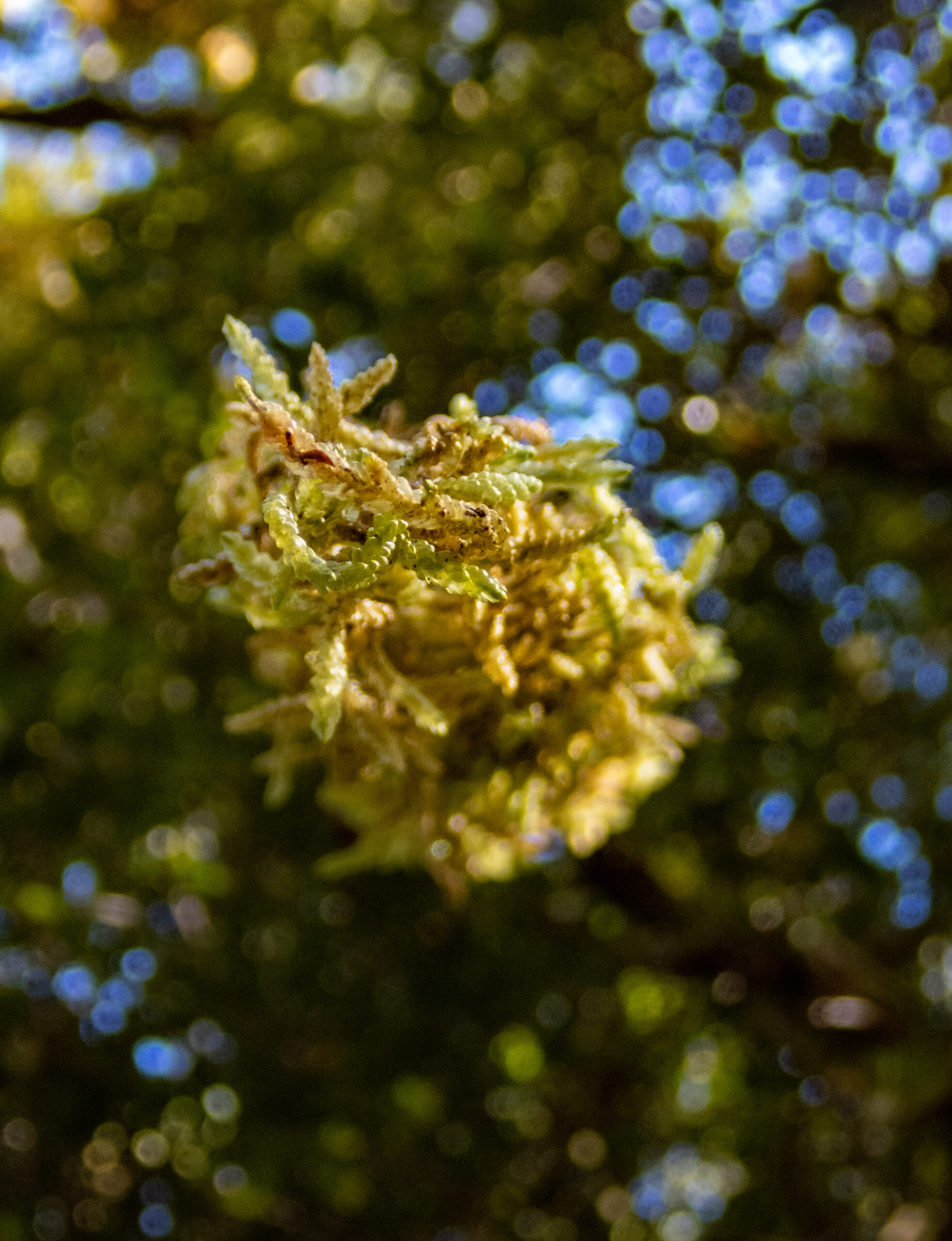
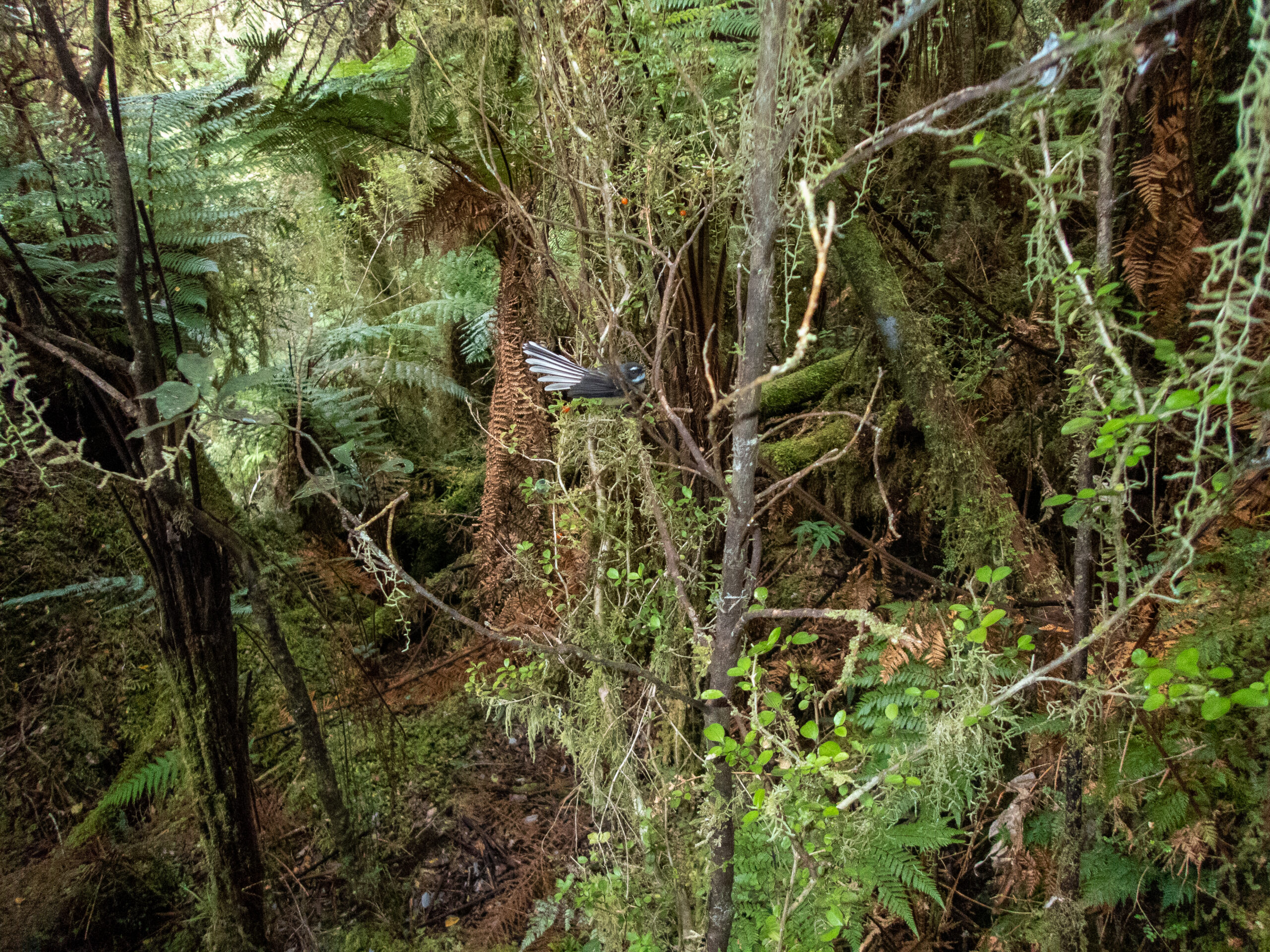
Known for it’s friendly, ‘cheet cheet’ call and it’s crazy flying antics, the Fantail or Pīwakawaka often follows another animal (and people) to capture insects. Time and time again, though, they acted as guides; when we were off track in the woods, they’d appear, chirping energetically, as if to say, ‘no … not that way, THIS way!!’ I learned to always follow them!
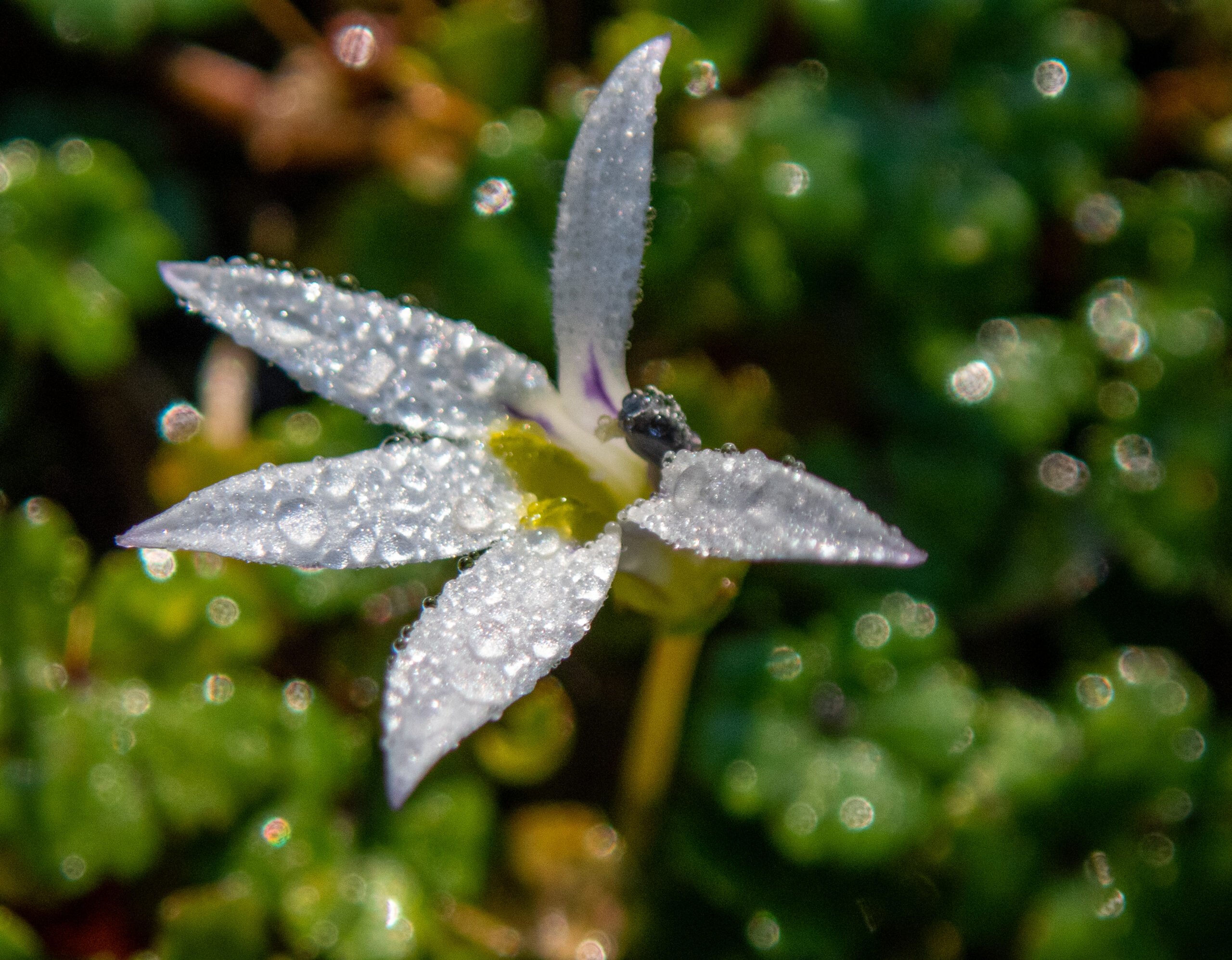
Some fungi fun: I haven’t had the time to research ID’s on most of these, so write me if you know and are keen to share?!

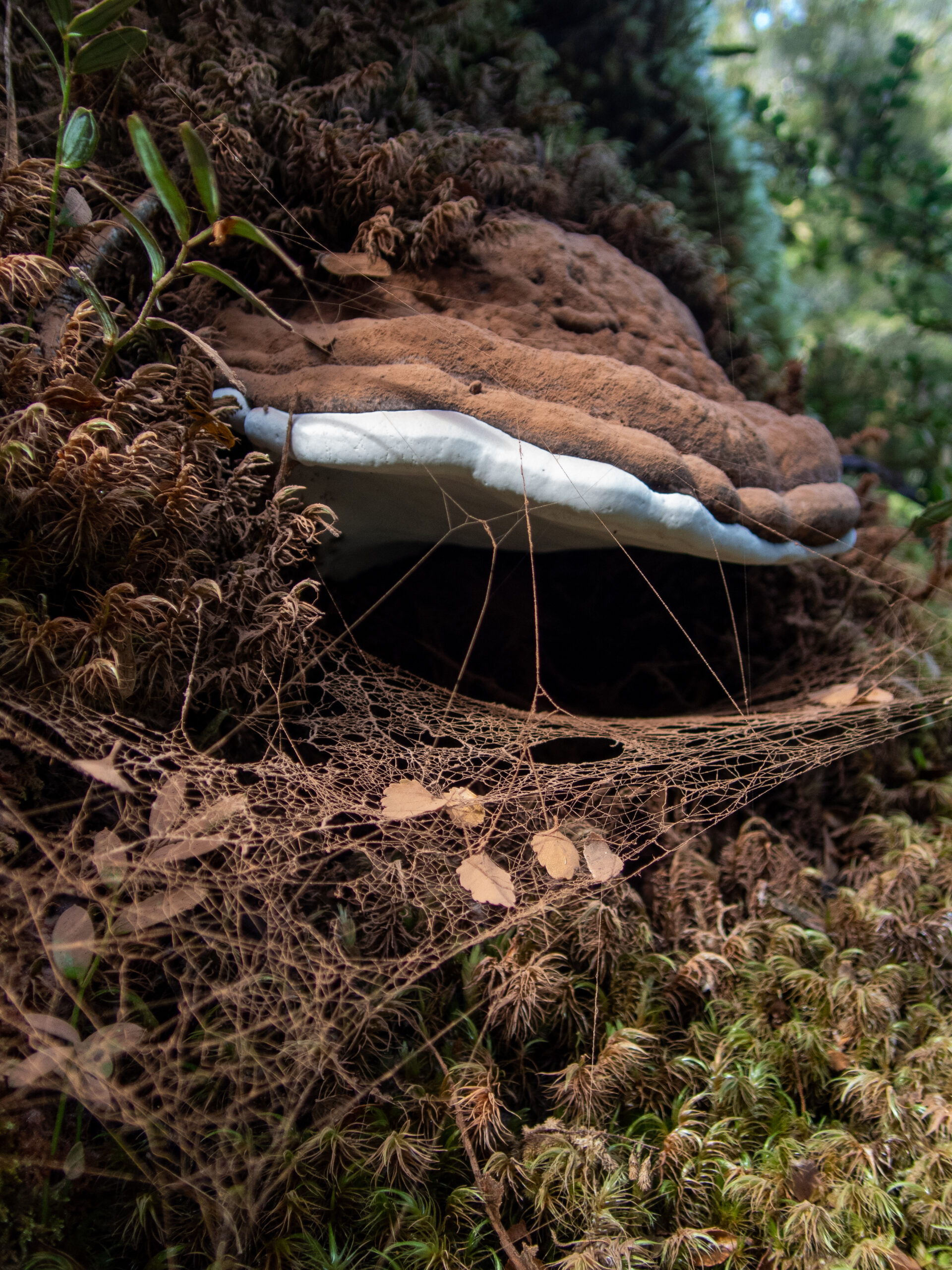
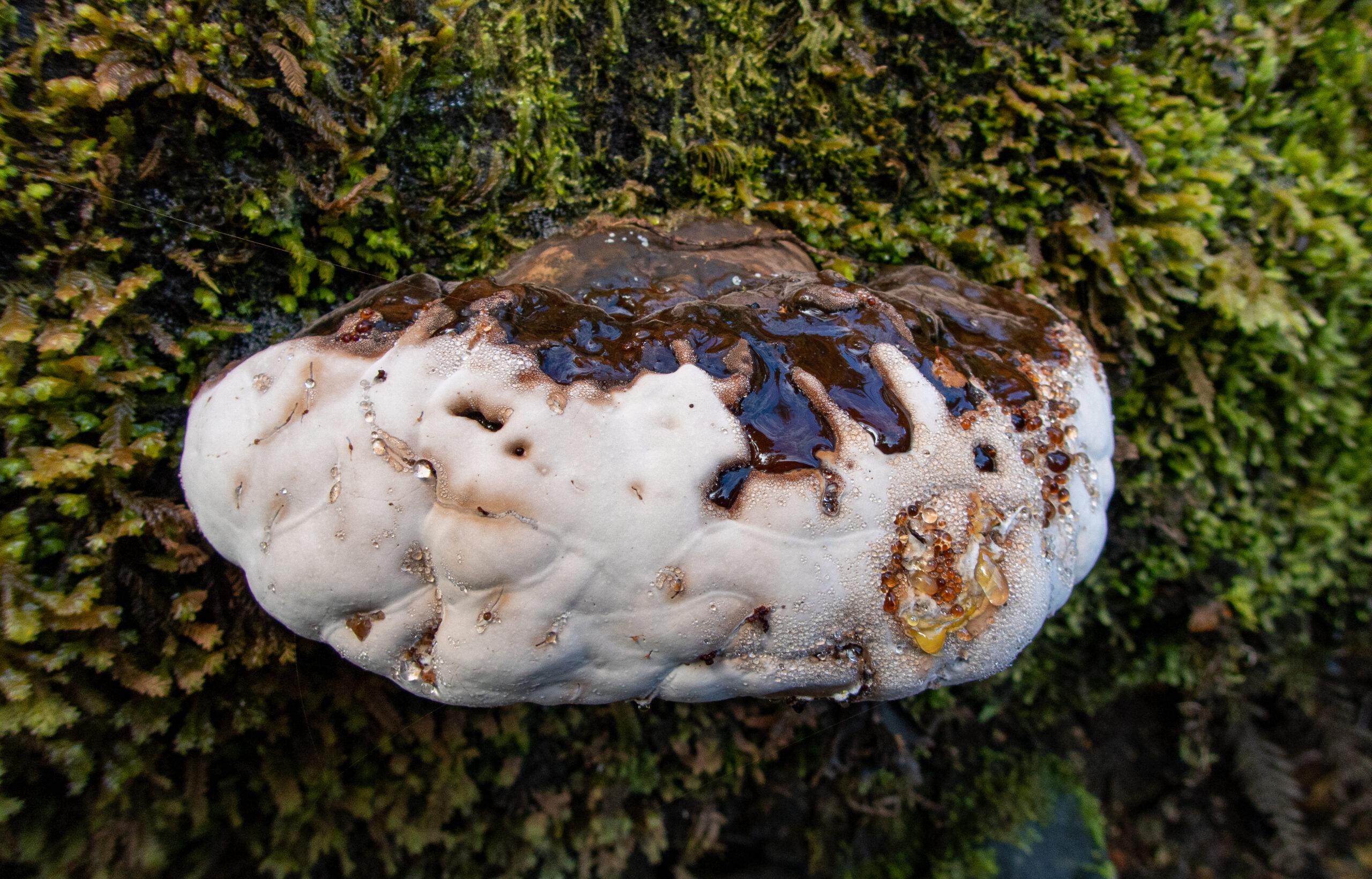
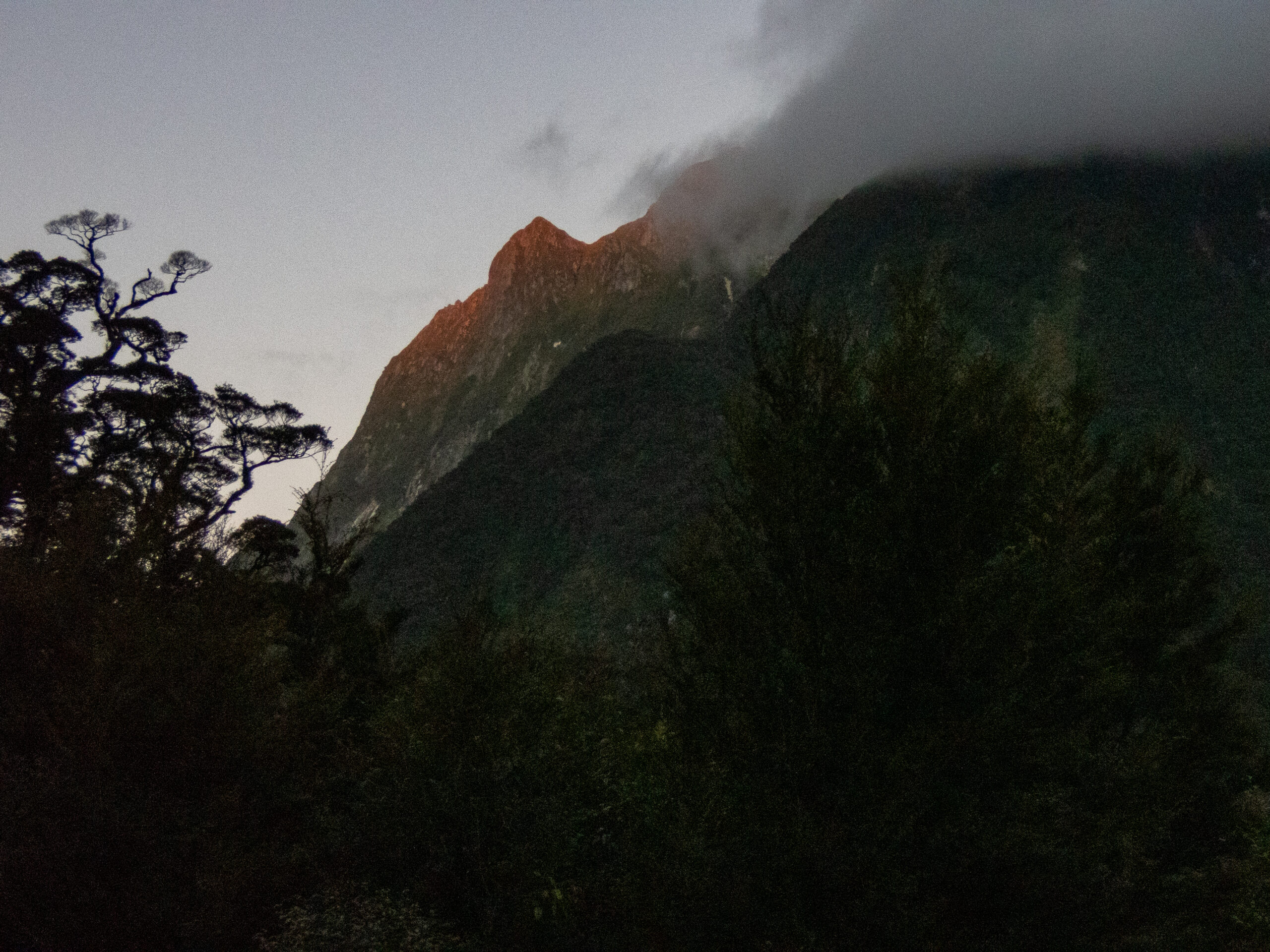

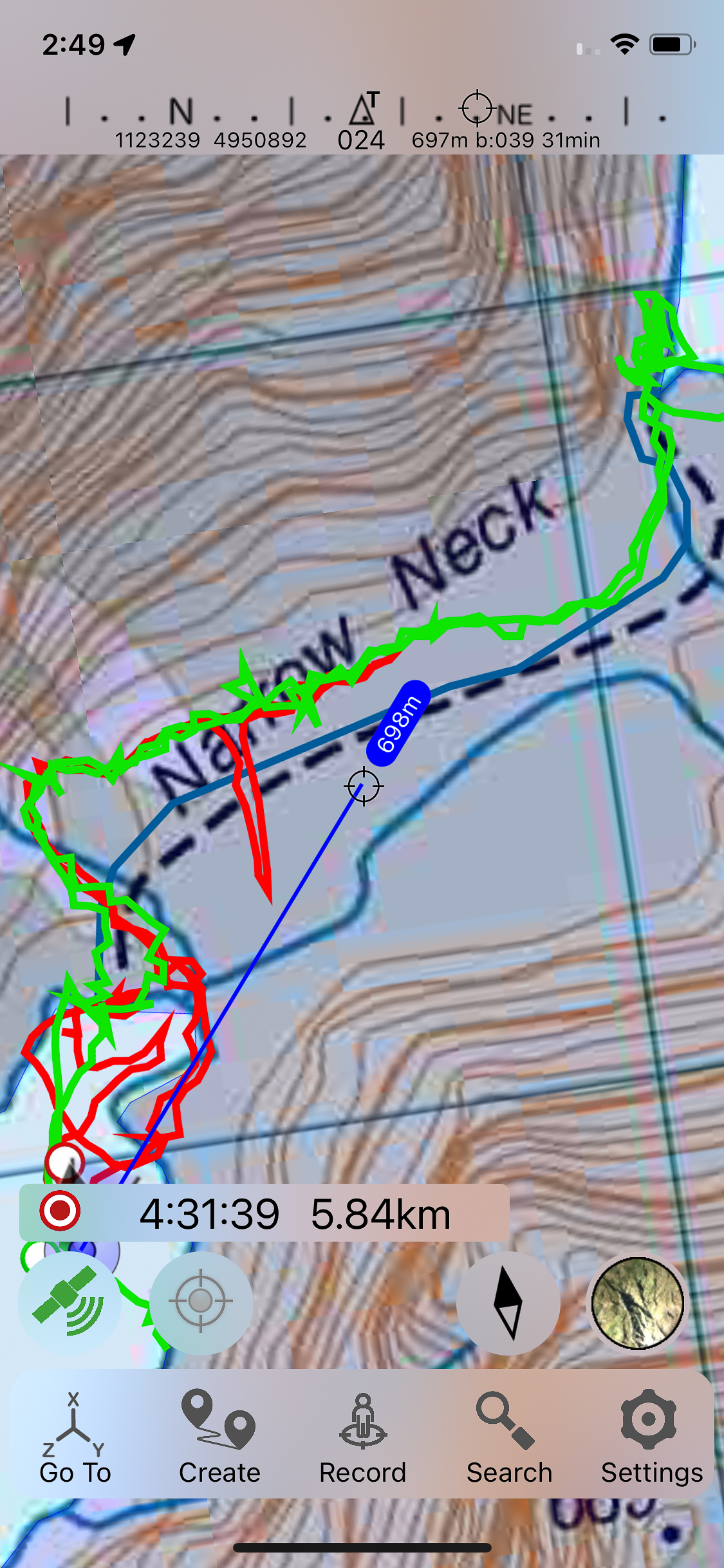
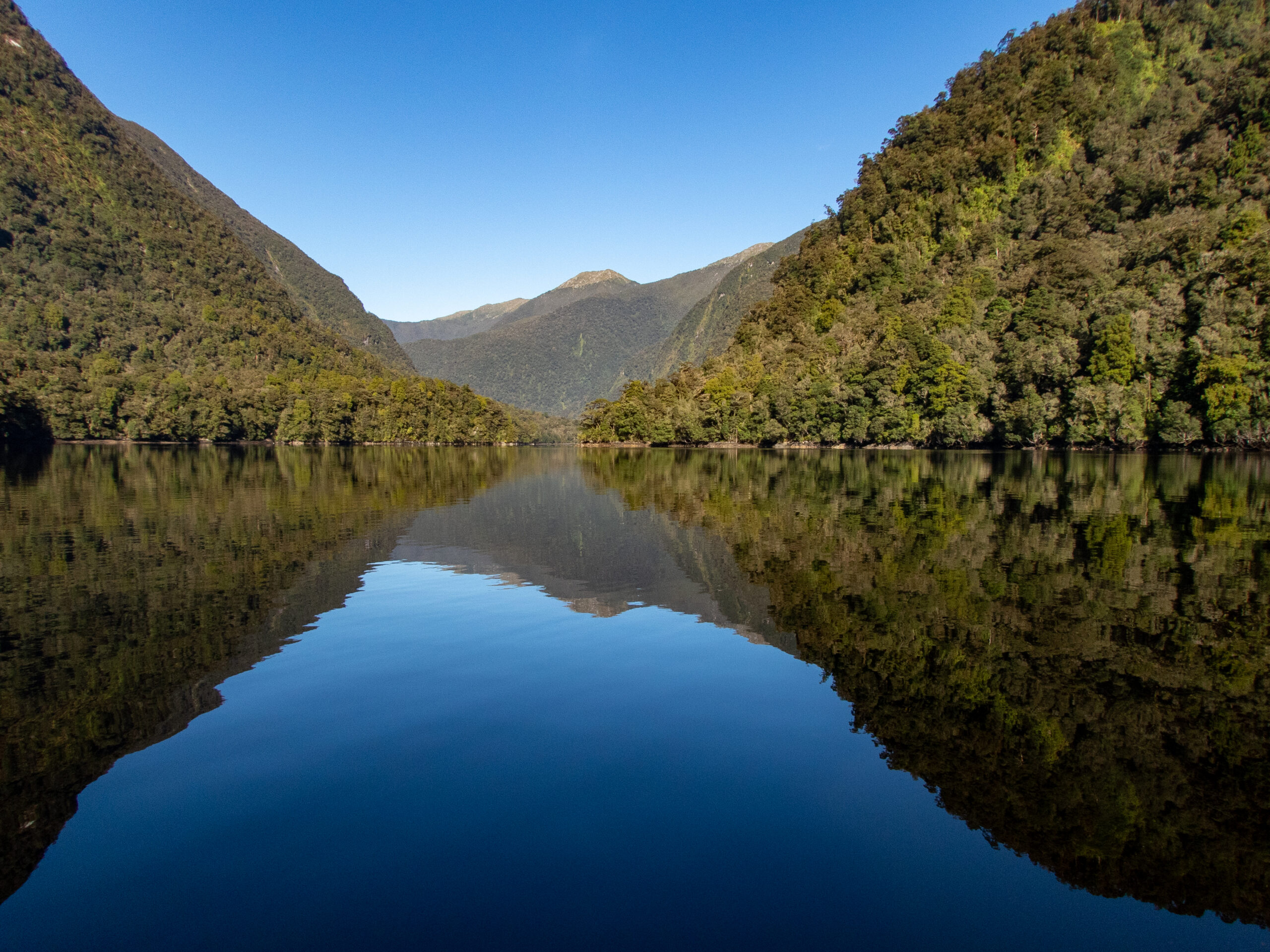


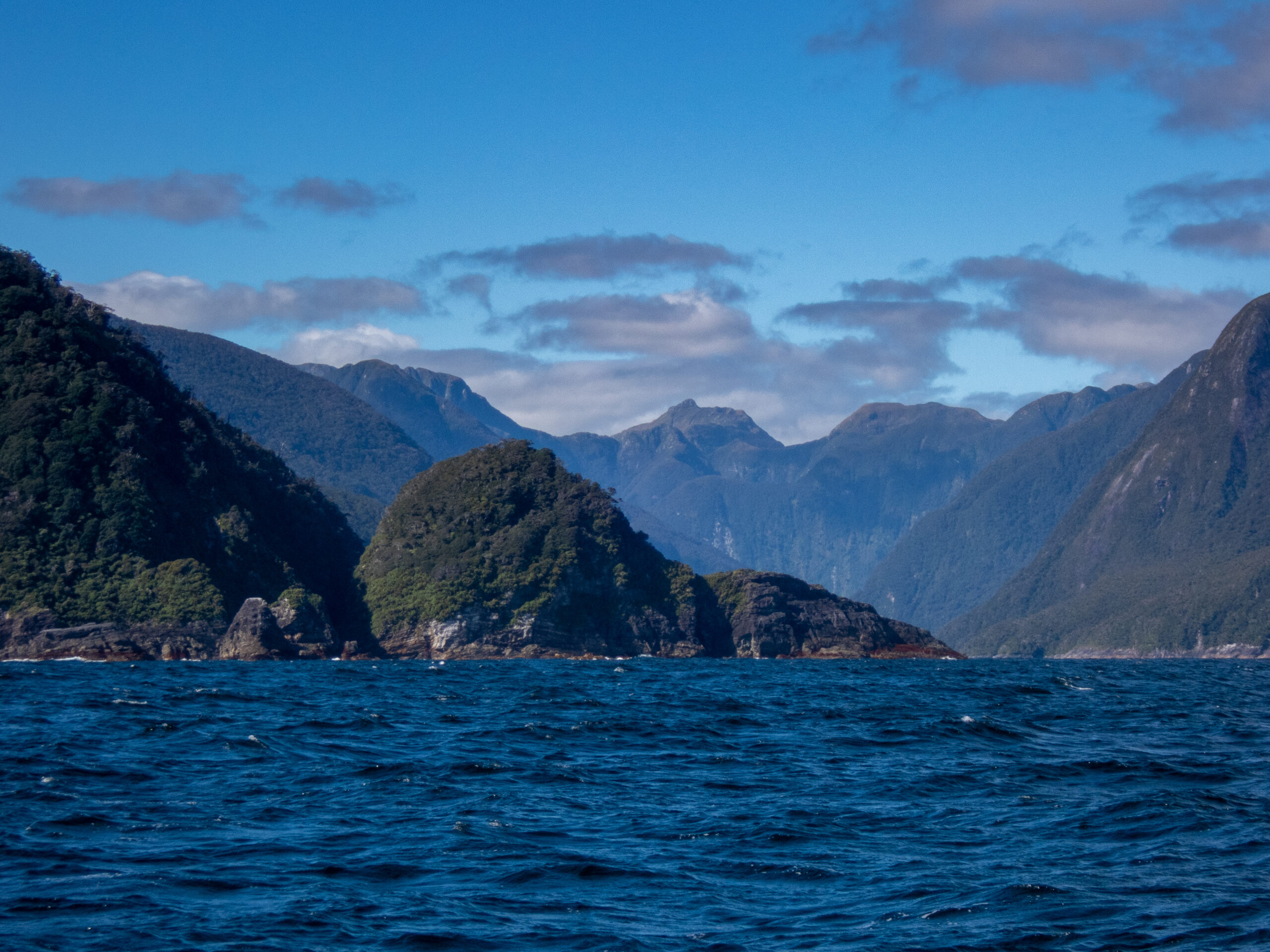
Delightful Dusky/Tamatea Sound – Fiordland
Dusky is the longest and most extensive fiord in Fiordland at nearly 24 miles in length. Named ‘Dusky’ after Captain Cook’s evening sail by in 1770, and ‘Tamatea’ after the renown Māori explorer who spent much time there. He’s also known for the coining the longest name of a place near Hawke’s Bay ‘Taumatawhakatangihangakoauauotamateaturipukakapikimaungahoronukupokaiwhenuakitanatahu,’ so I’m glad I didn’t have to work that into our logbook! ~DS
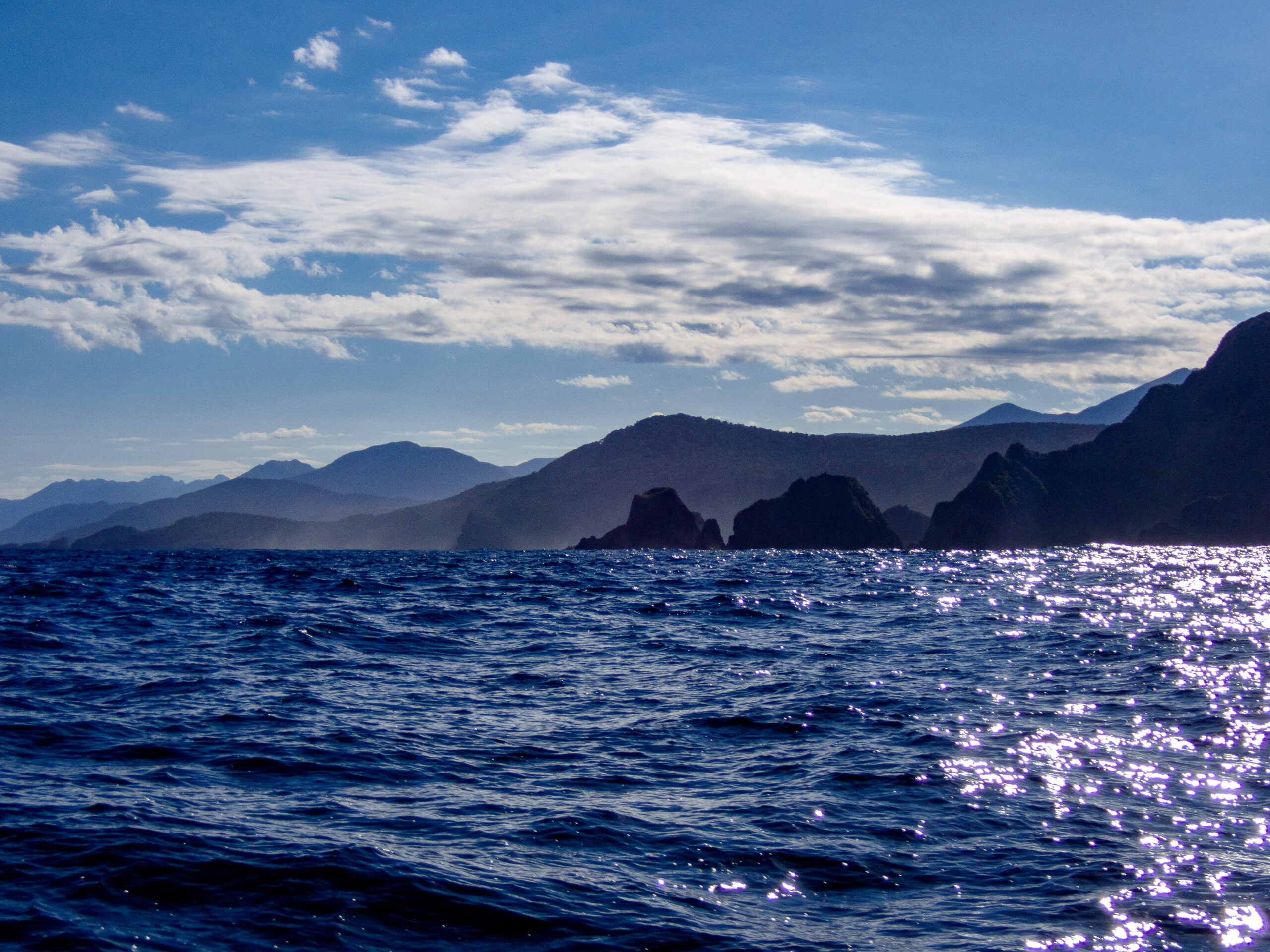
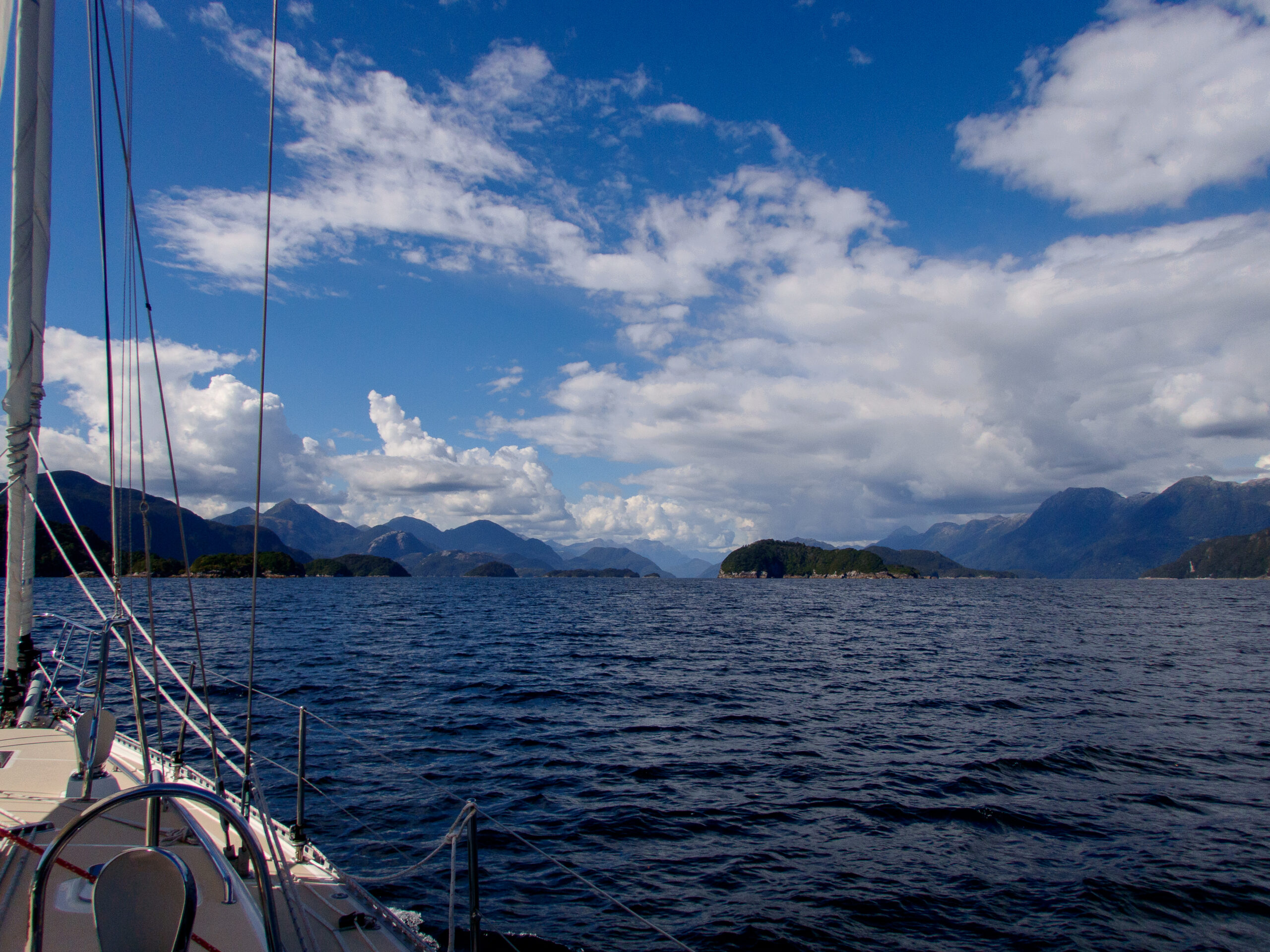
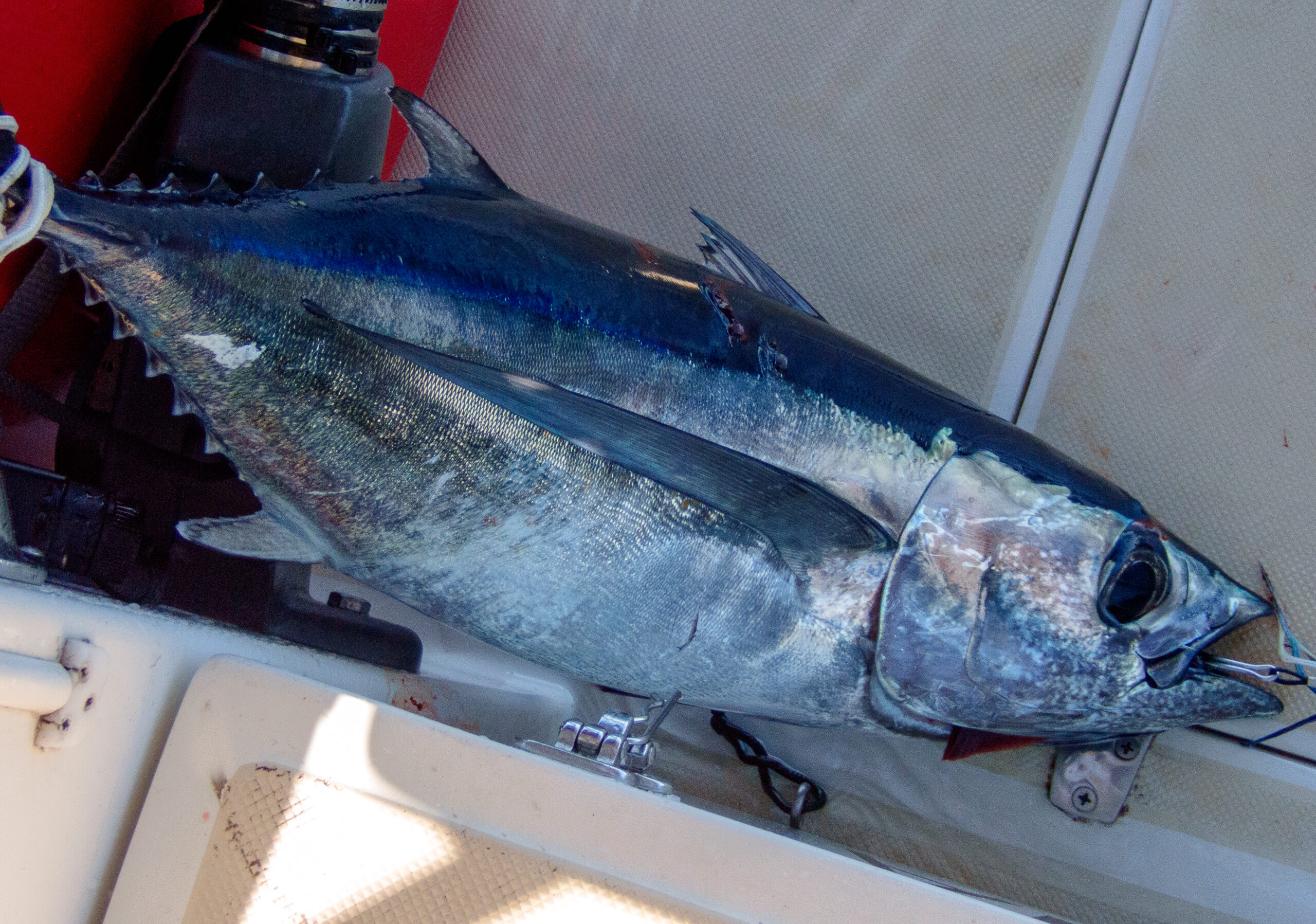
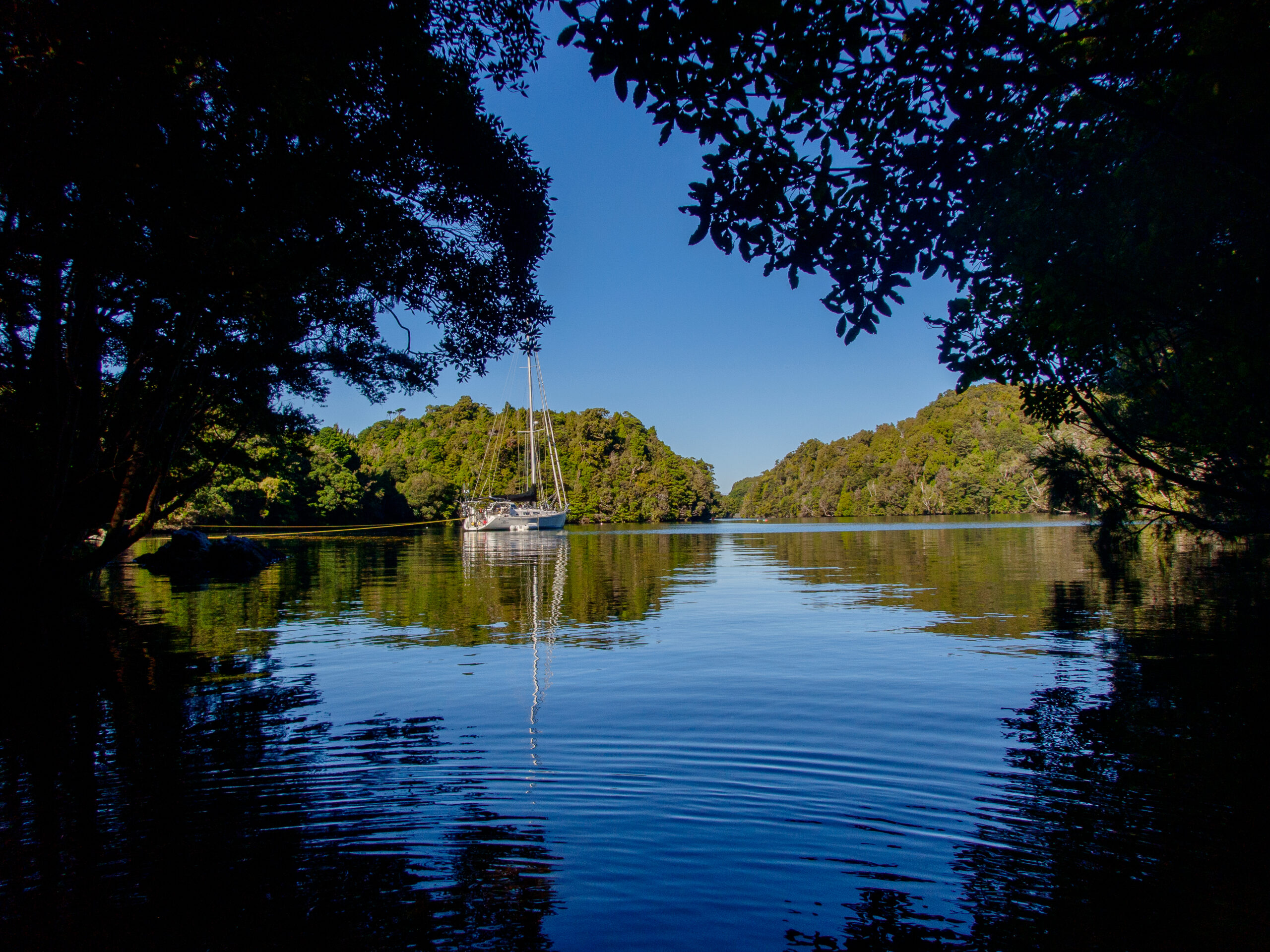
Inner Luncheon Cove on Anchor Island, Dusky Sound
We are anchored in an 18th century naturalist’s illustration. The Kākā, subtly colored parrots, russet and carmine, gray and mossy green, chatter in mobs back and forth. Fur seals and their pups bawl and rumble along the densely wooded shore, draped on rocks, sunning just out of the vivid green tide, or hidden mysteriously in the forest. Rays and Broadnose Sevengill sharks patrol the shallows. Bellbirds chime and Wood Pigeons dive and soar in mating displays, wind whirring in their wings. The water is supernaturally still after the tumult and breaking swell of Broke Adrift Passage, and the long motor up the easing blue Pacific around Cape Providence. The scale of the world is abruptly more intimate. Captain Cook dined on crayfish here in 1773. He left behind a recipe for brewing beer from the bark of Rimu trees, molasses and yeast. The island is also predator free, and refuge to the rare ground parrot, the Kākāpō, once thought to be extinct – rediscovered in Port Pegasus, Stewart Island by Rodney Russ, a sailor/explorer we met in Christchurch.
A chance to sit on the bow and meditate outside, to the constant music of birds, “Here and now boys, here and now.”
The dearth of sandflies and still air made for a pleasant barbecue, cooking up fillets of the Albacore tuna we caught on our way into Dusky.
The trails on Anchor Island are named and well marked, though oddly, do not seem to clearly indicate which of the many paths lead to the lake (just a kilometer or two away). We weren’t very far along the “wrong” trail when a mob of Kaka settled noisly into the trees over our heads. We sat still and waited and they ventured closer and closer, sailing back and forth, gnawing at the branches with their strong beaks and then landed a few feet away, turning their heads upside down for a curious closer look. A South Island Robin/Kakaruai (re-introduced in 2002) also hopped over to say hello, as they do, finally summoning the courage to peck at the bottom of my shoe. ~MS
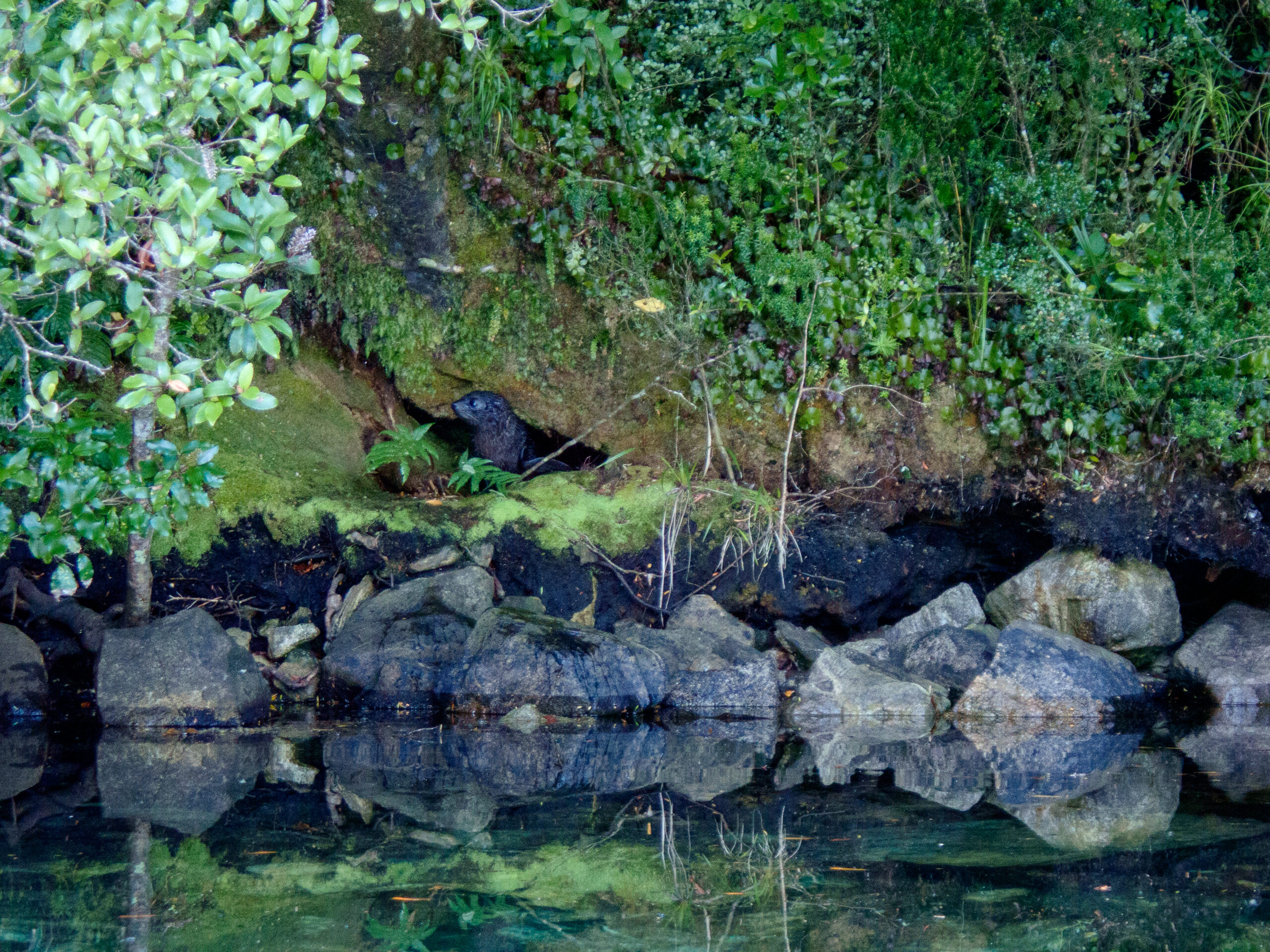
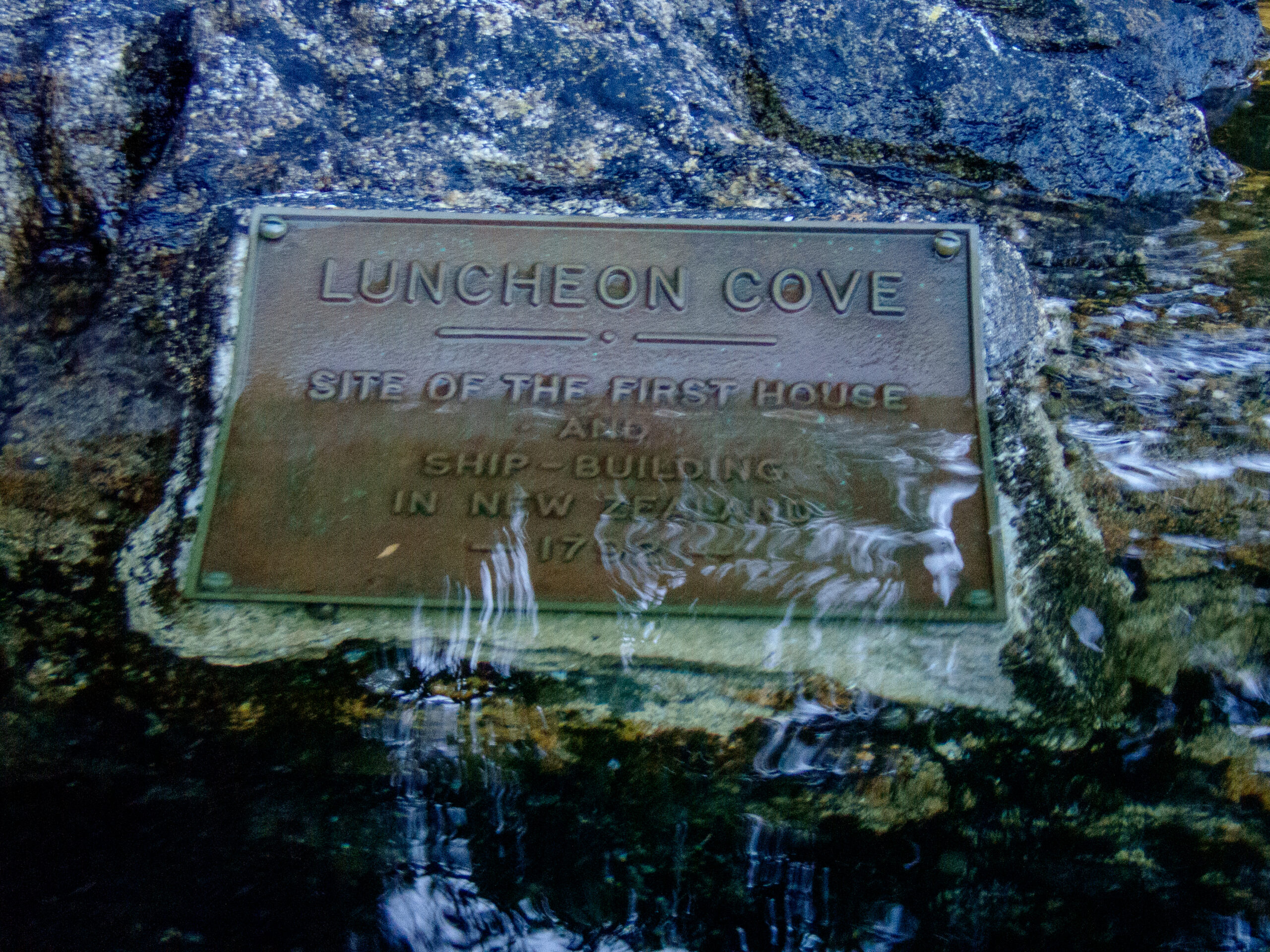
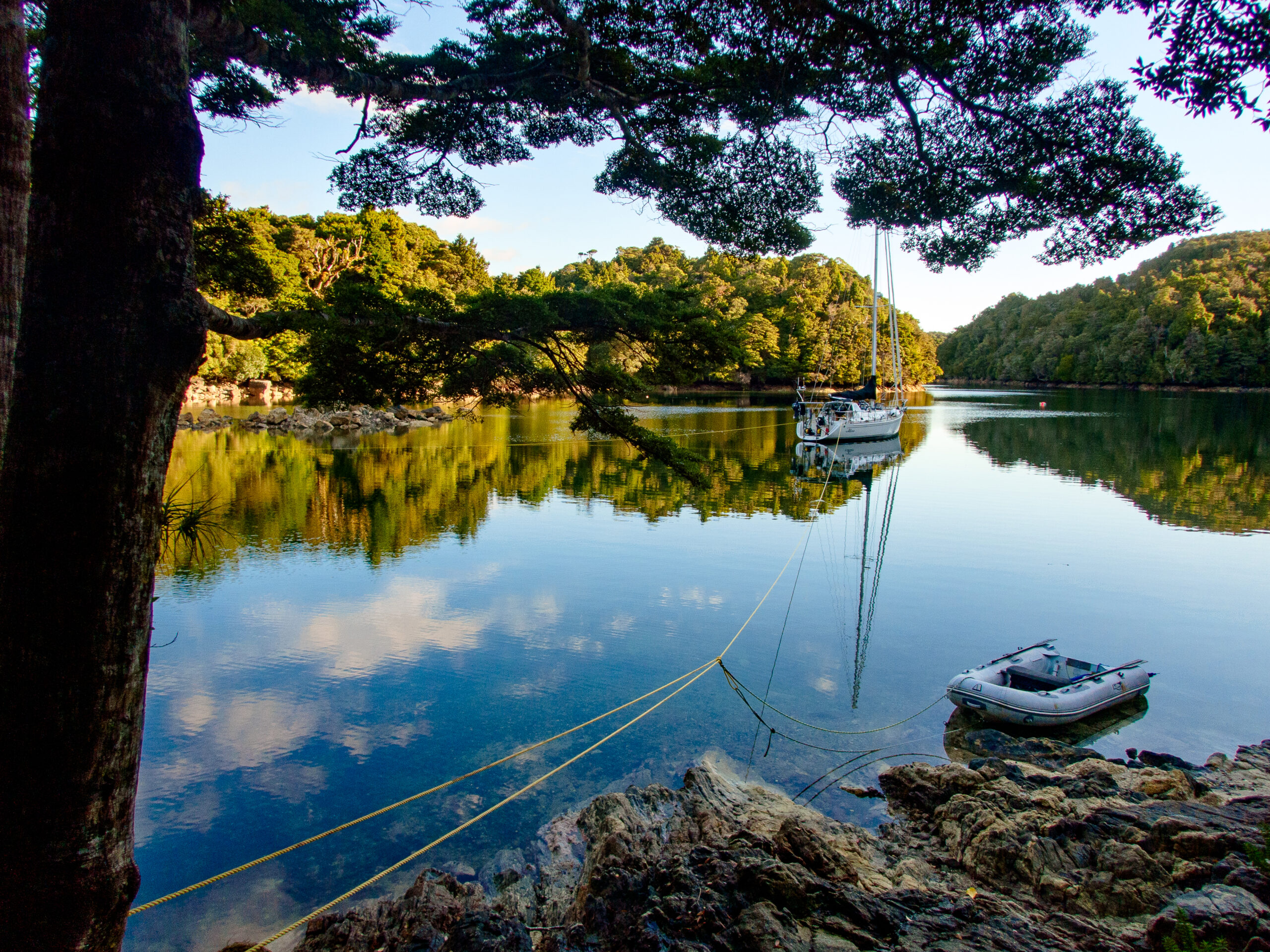
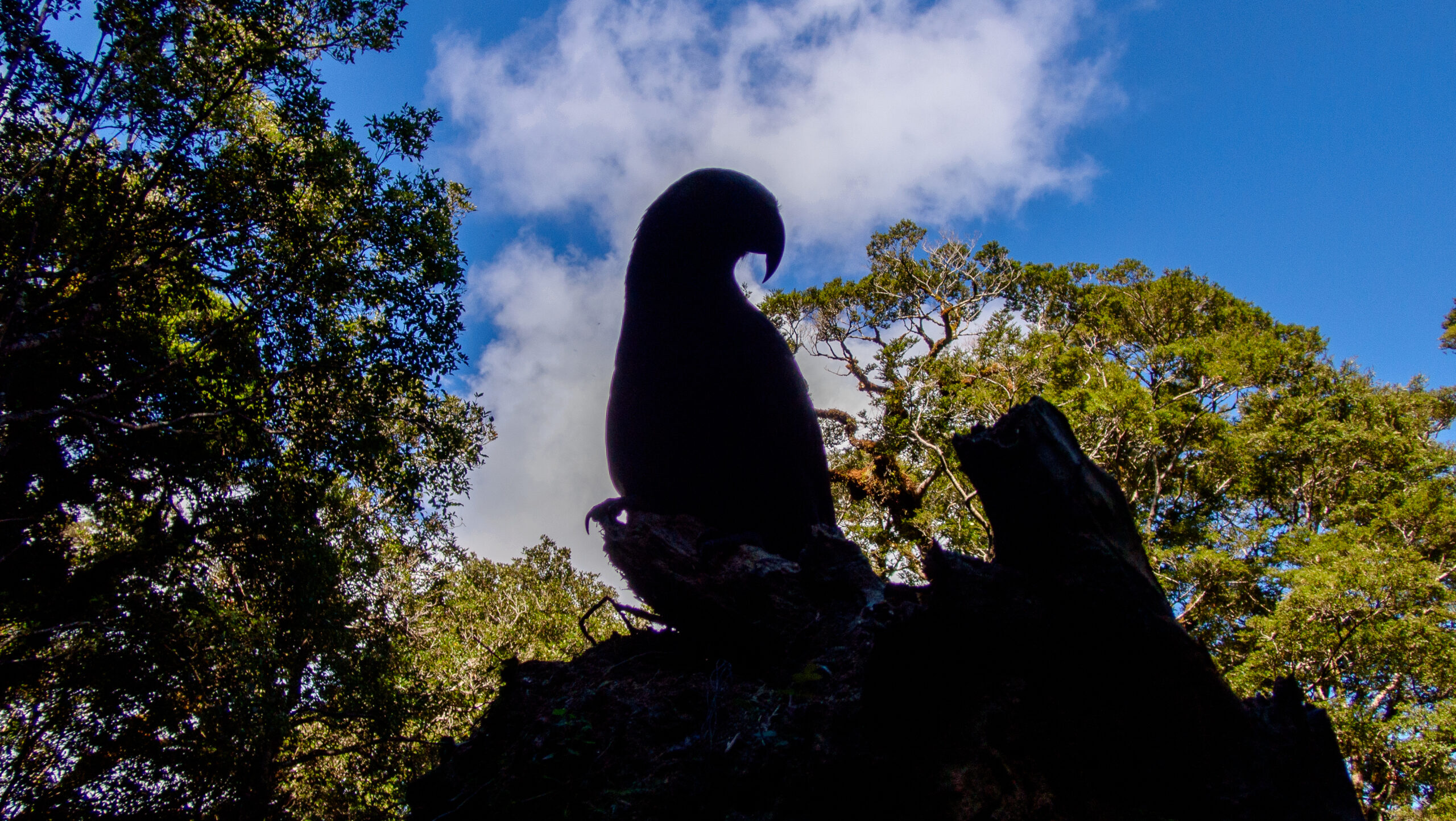

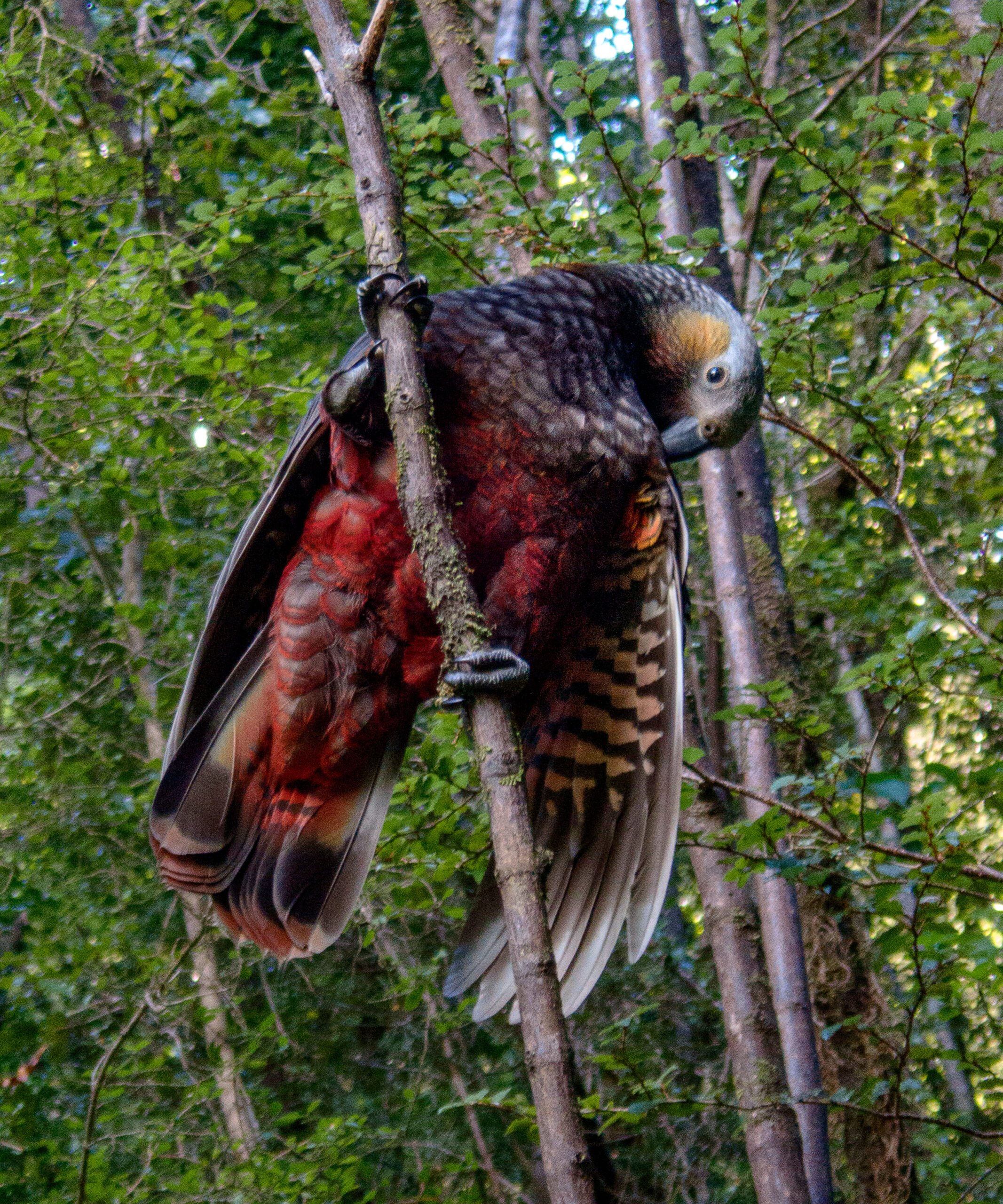
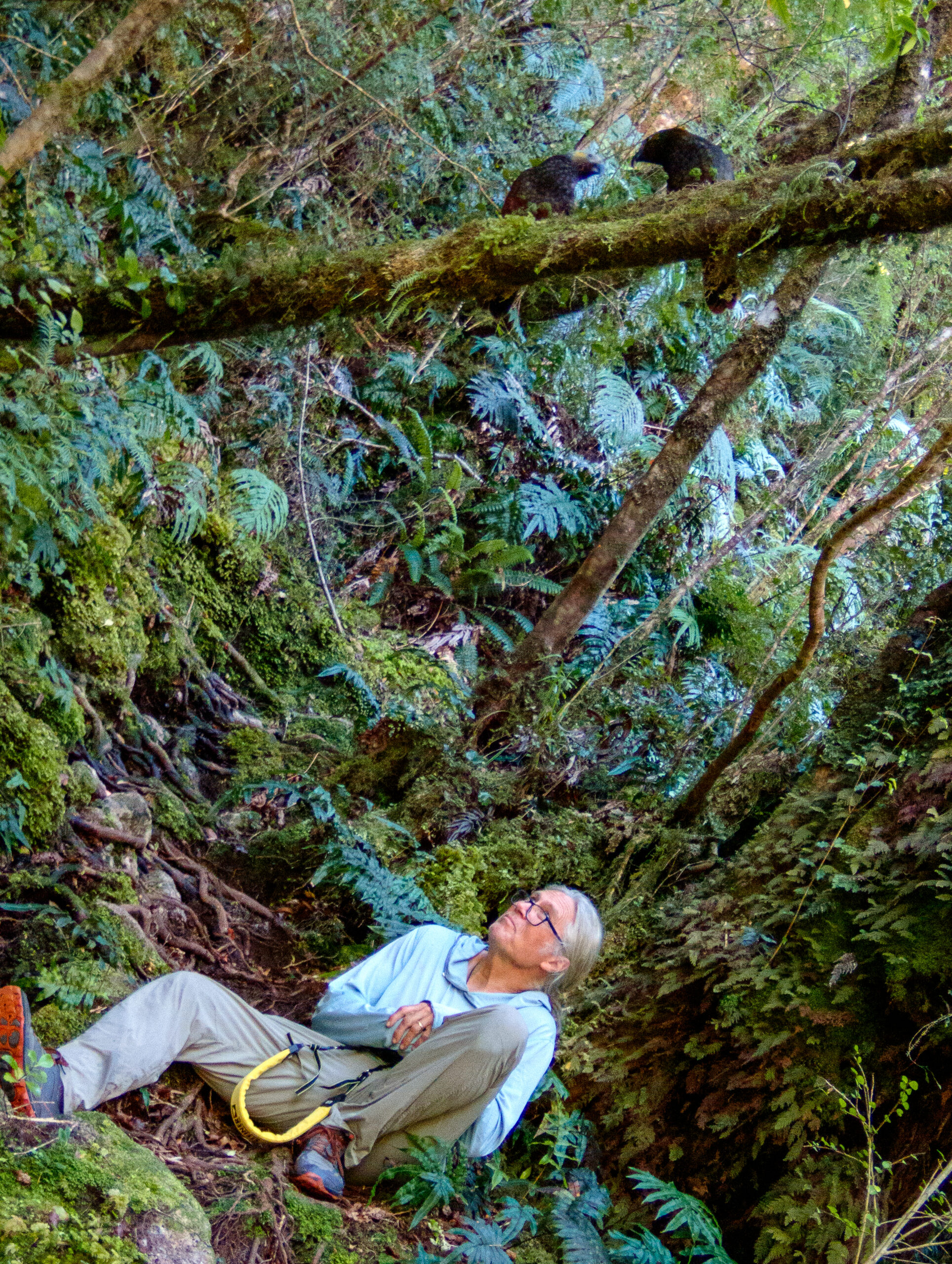
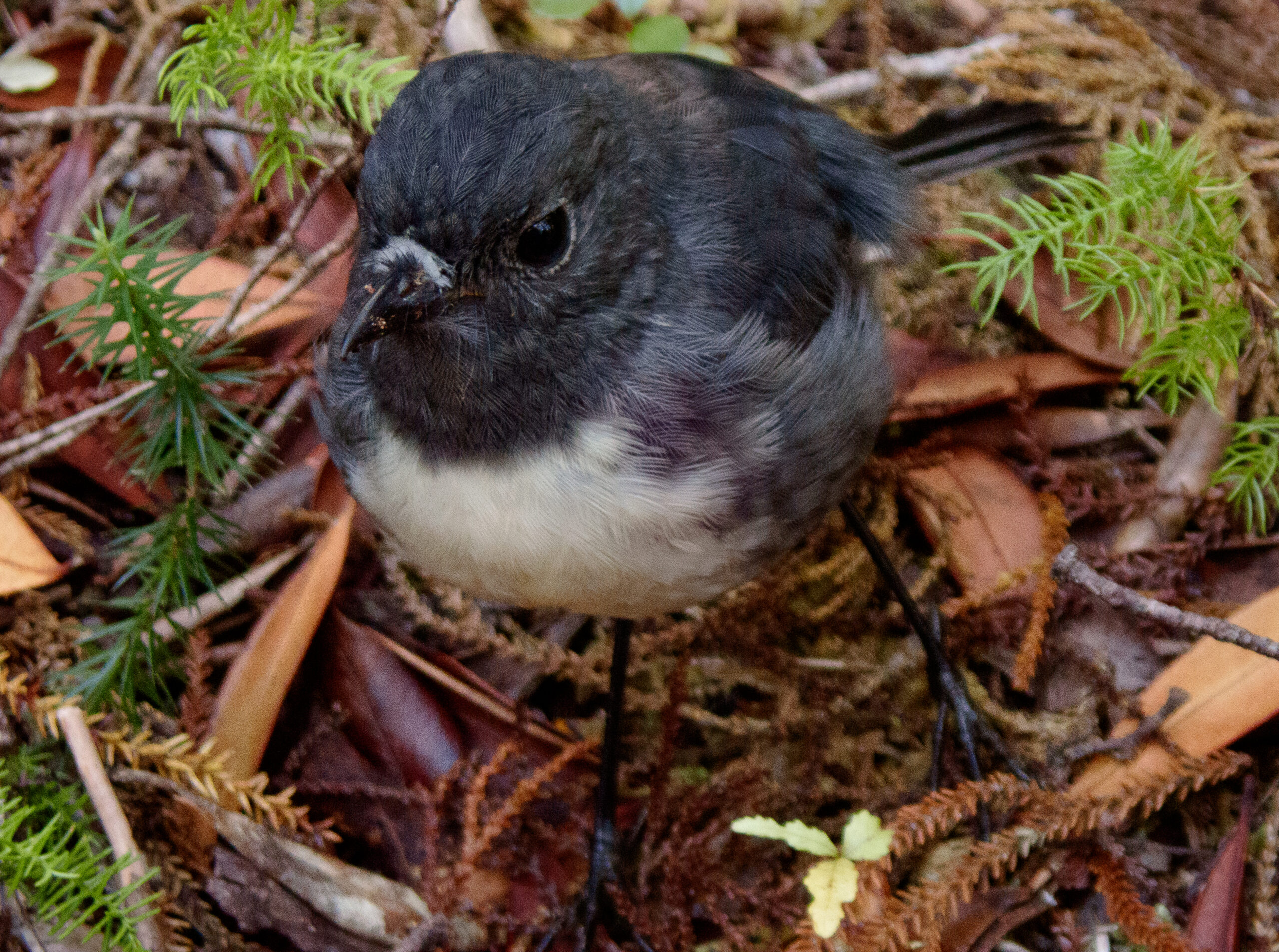

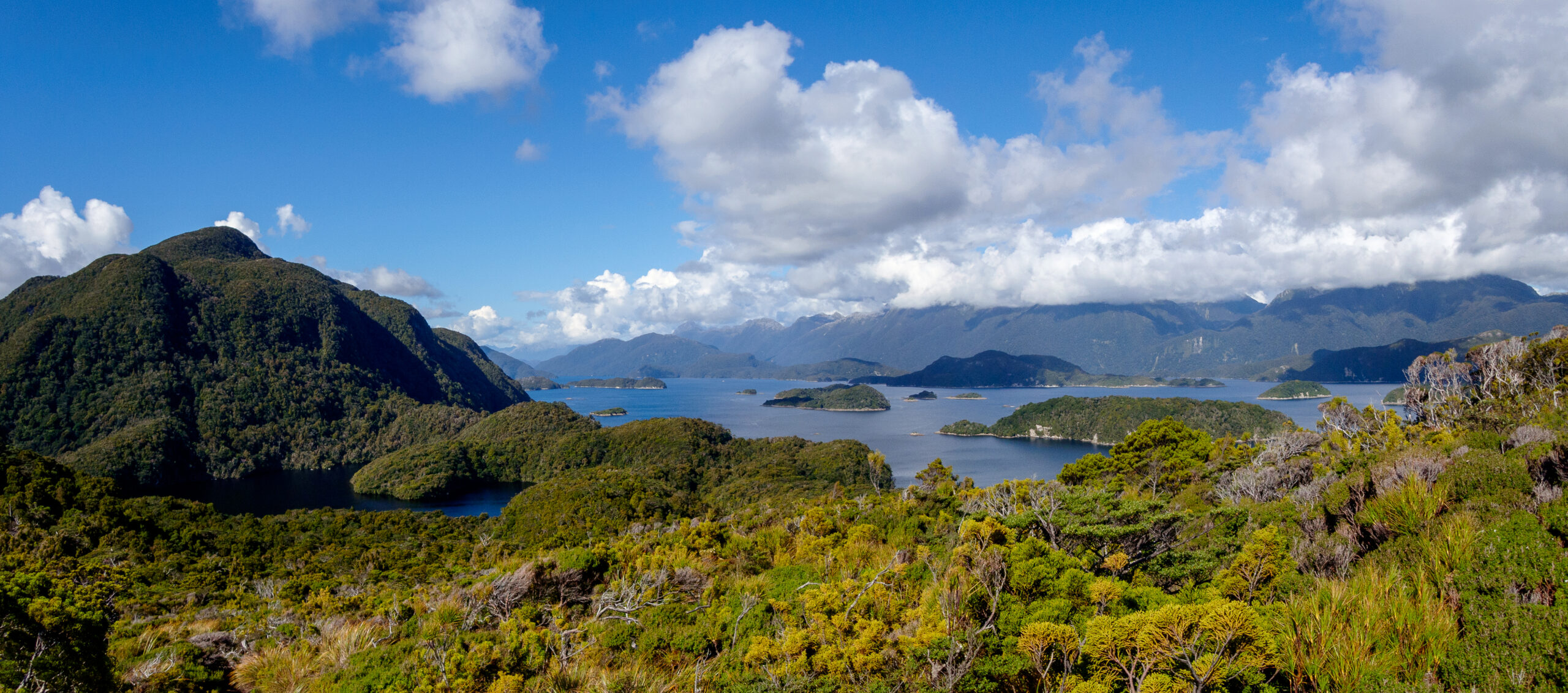
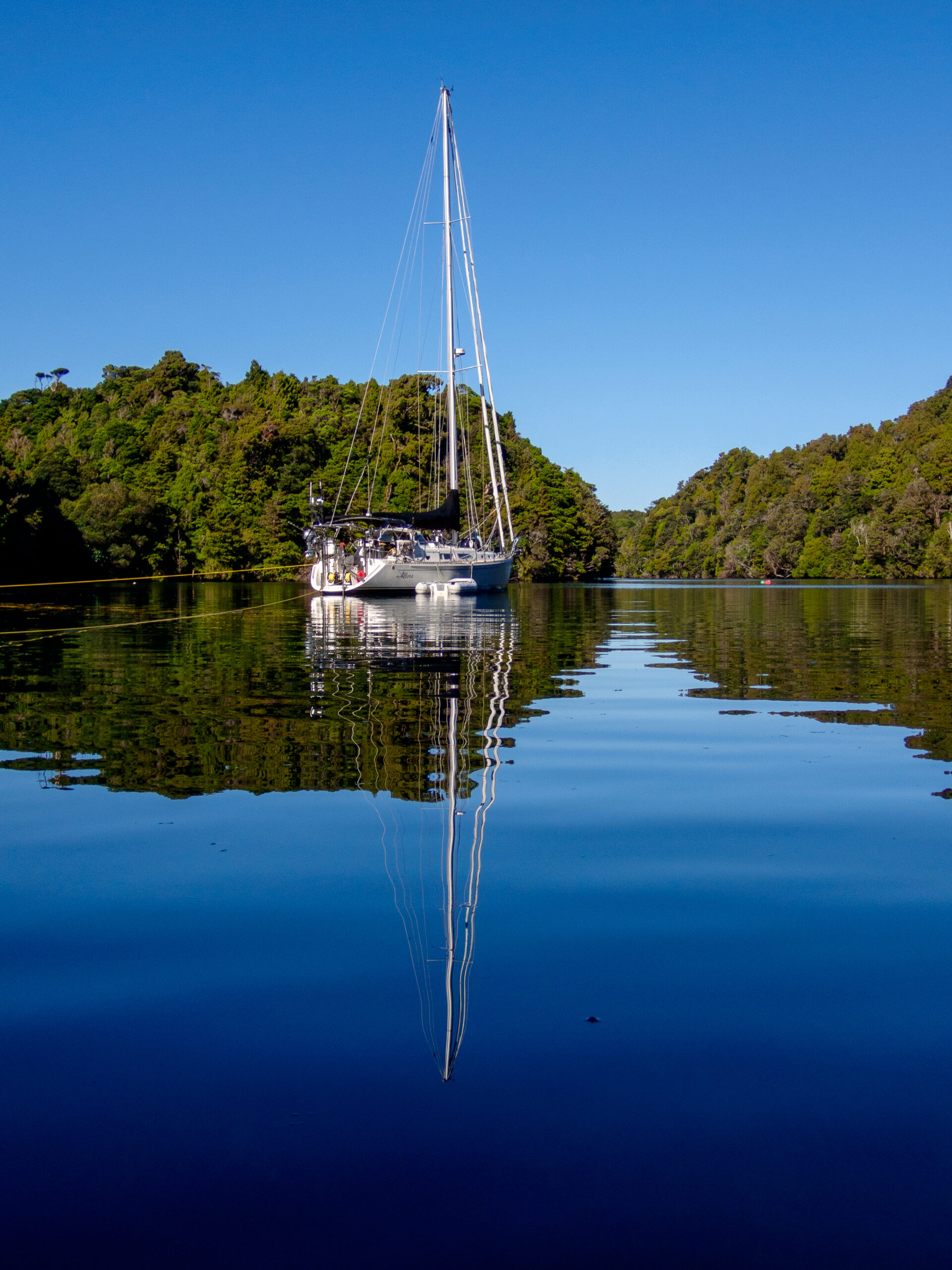

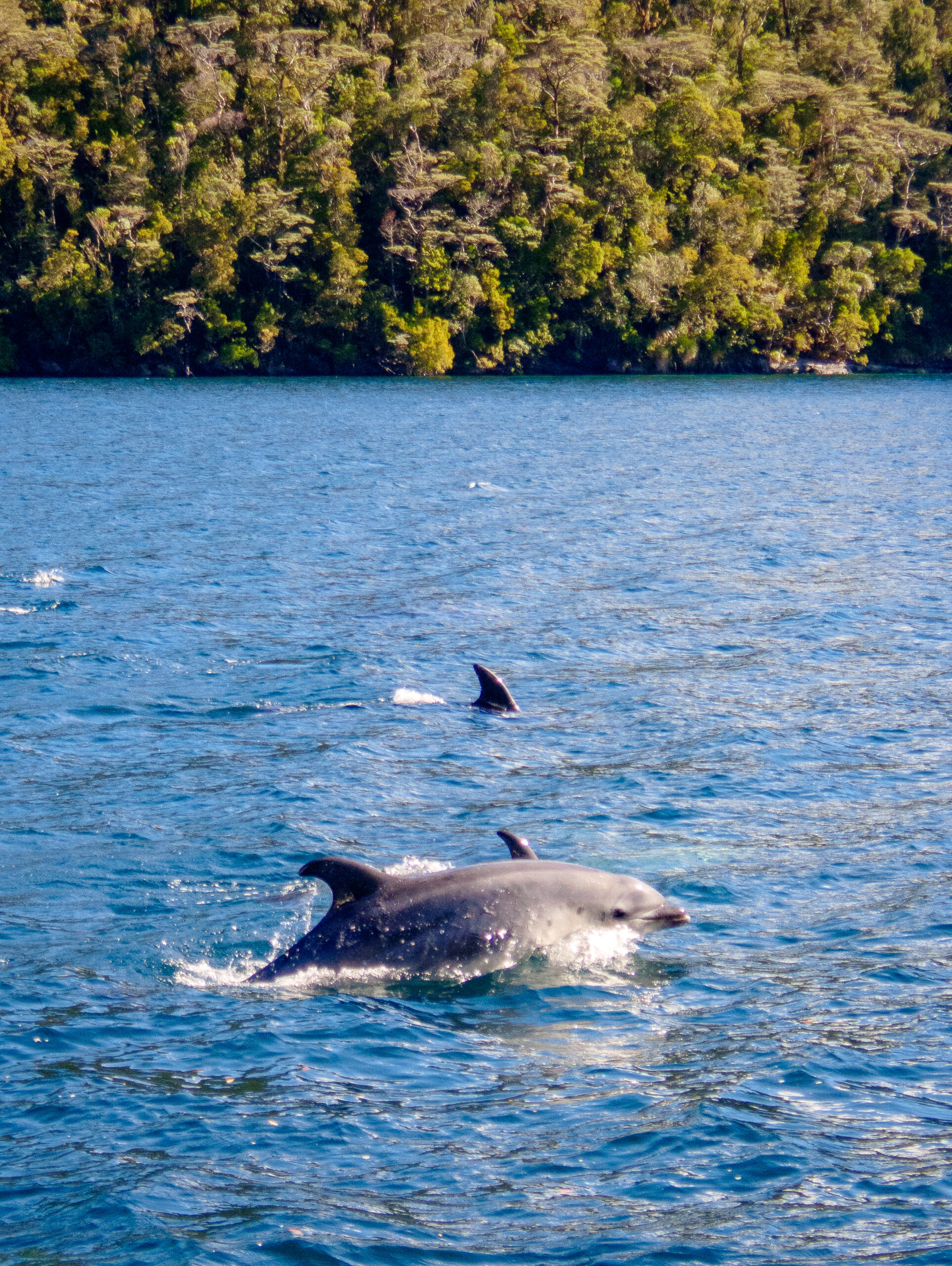
Fanny Cove, Dusky Sound
It was still when we arrived after the move from Anchor Island. Along the way we enjoyed the company of some of Dusky Sound’s residence Bottlenose dolphins, and stopped for a closer look at a waterfall, a hundred feet of depth under Allora’s keel a boat length or less from shore. We ate some bread that Diana pulled from the oven just as we entered the broad cove and thought about our plan for anchoring. The forecast was for twenty-five to thirty knots of northerly on the outside (a little less than the full Pusygar gale which prevails three hundred days out of a year), but all the models showed much less fifteen miles inland form the open sea. Still with the wind and williwas, we didn’t really know what we might get. The dramatic cove with the huge granite wall of Perpendicular Peak at the head is much bigger than in looks on the chart. The opposite of intimate Luncheon cove. We dropped in 60 feet of water and laid out all of our 100 meters of chain at a shallow angle along the shoreline, still sitting in thirty feet of water but with rocky shallows close by. Our first line would not really hold us off, and we ran a second as the wind came up and it was clear that the topography of cove seemed to twist the north wind with just a hint of west in it to solid west, coming at Allora from the port side and pushing us toward shore. The cove is big enough for a reasonable bit of fetch too, but the water on the east side is just too deep. Already worn out from setting the first two lines we debated putting out a second anchor from our midships cleat, but we worried about dealing with picking it back up if things got rough and we hand to move. We finally settled on putting out a third shore line using forty feet of chain to tie around a rock and pulled that up tight. By then the wind was pushing us with gusts of 18 knots. It went against every sailor instinct to be holding off a lee shore this way, but as long as our lines held it would take some mighty force indeed to drag 100 meters of chain and an anchor uphill. A power boat came in, and poked around on the east side and dropped anchor along the east side which we thought was too deep and we briefly wondered if we’d read the situation wrong (having no advice in our books about where to anchor in this broad open cove). But then they sent a dinghy over and we recognized the driver as he approached. Junate! from Hokey Pokey, a catamaran we knew from Papeete and the Gambier! We shared a brief excited catch-up about the last three years before he headed back. They’d also decided that it was too deep to anchor on the more protected east side and were zooming off (as only a power boat may) to find a mooring in another cove, much too far away for us to make before dark. And we were left alone with the wind, checking our shorelines and worrying how much more the night would bring. Just before dark the wind gusted to the mid twenties and Allora settled back about fifteen feet closer to shore than she had been. Our starboard shoreline went momentarily slack and the depth rose to twenty five feet. It began to rain. We donned foulies and went on deck ready to take more drastic action if it turned out that our anchor was actually not holding. We tightened up the breast line chained to the rock to pull us out into deeper water, and checked the GPS. We finally decided that the low tide had allowed some slack in our chain which the gusts shook out and we were holding fine. We made sure the dishes were away and everything was ship shape for the night, just in case, and then the wind quit completely, the rain settled in gently. In the middle of the night we woke up to an amazing stillness, just the finest pitter patter of rain. Light from a still nearly full moon softly lit the stunning granite faces that guard the entrance to the cove and the fine rain softened their reflection in the still water. It felt like a big reassuring landscape hug for a wonderful, still, uneventful night of sleep. ~MS
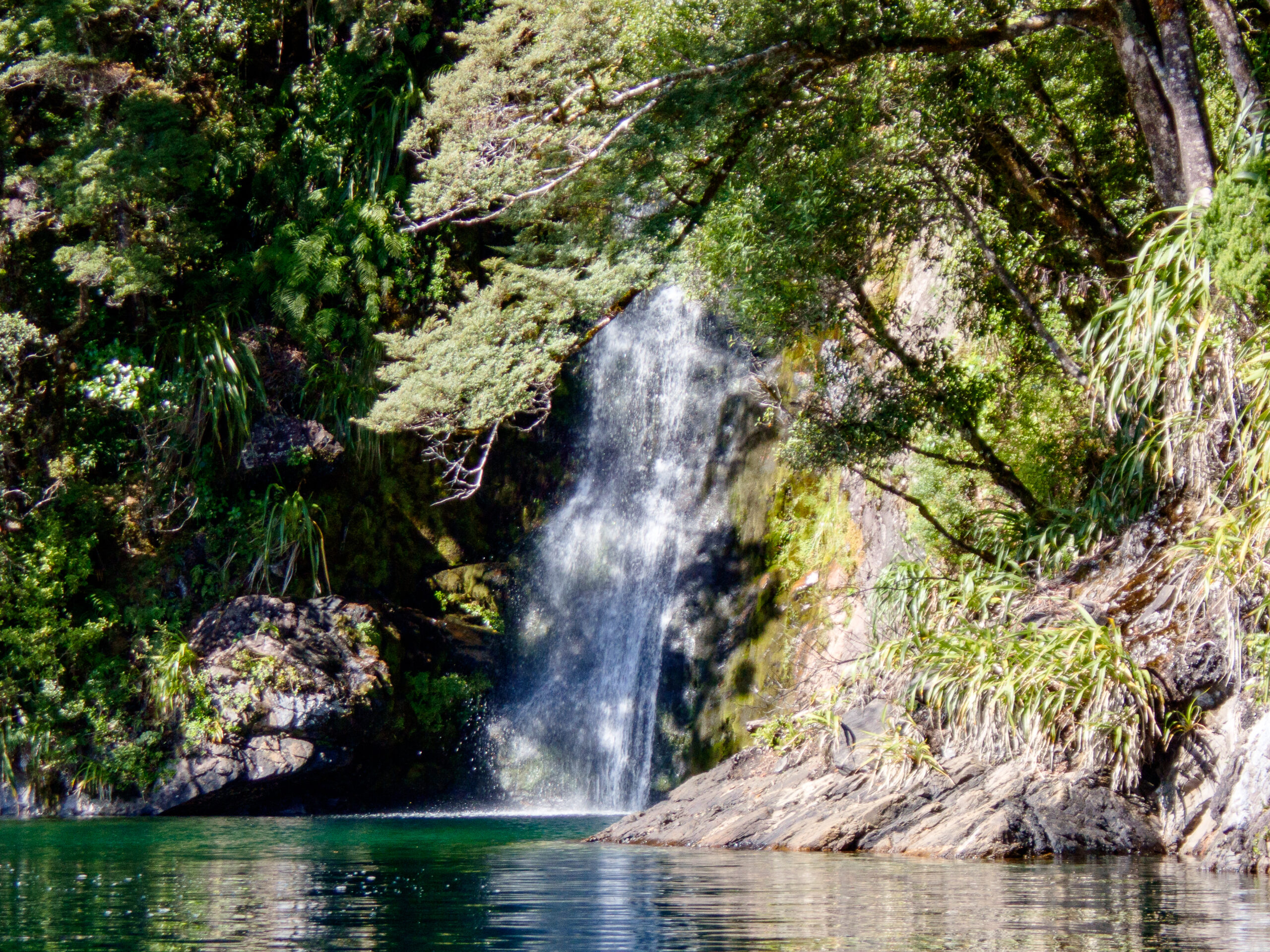


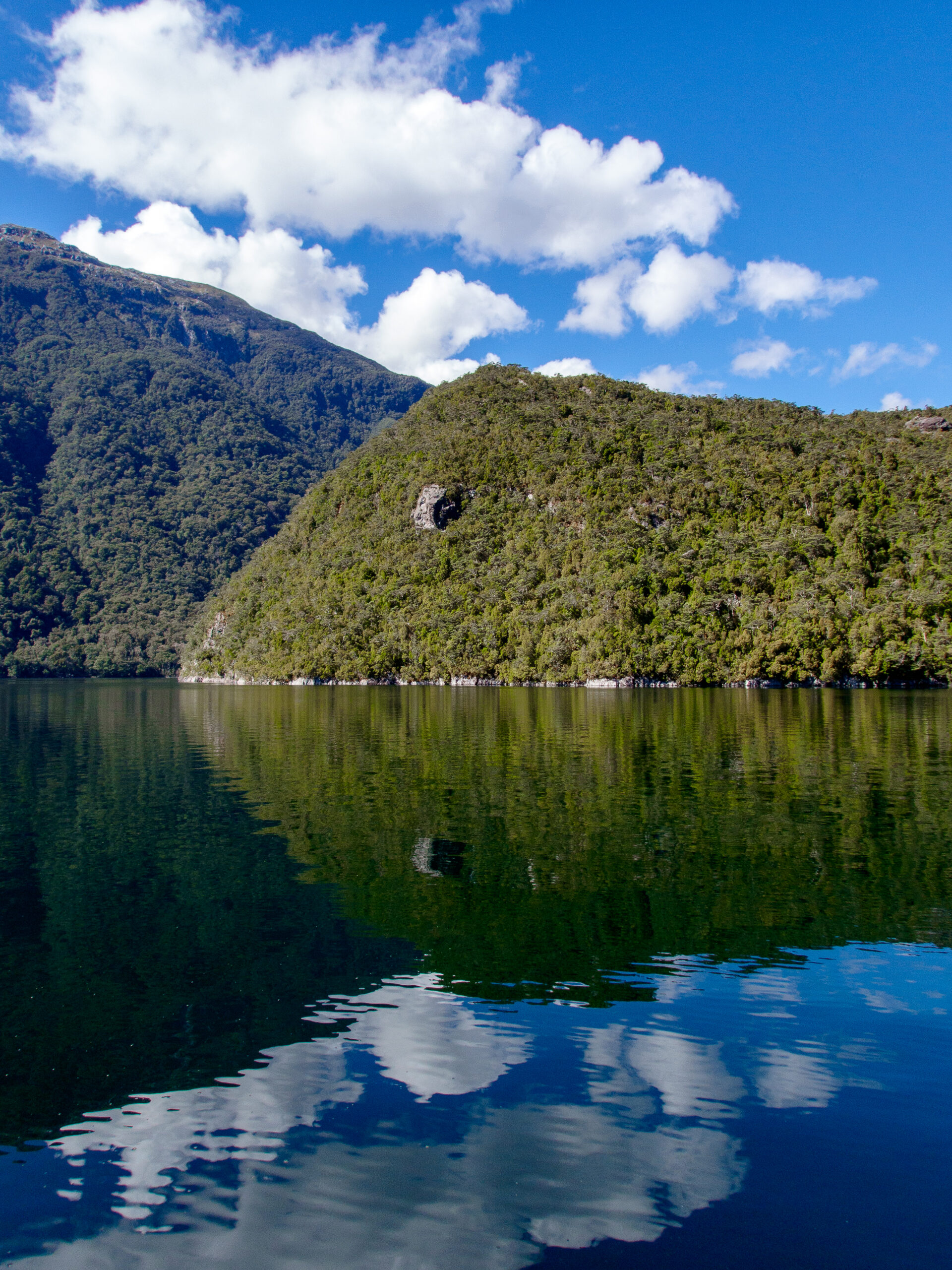
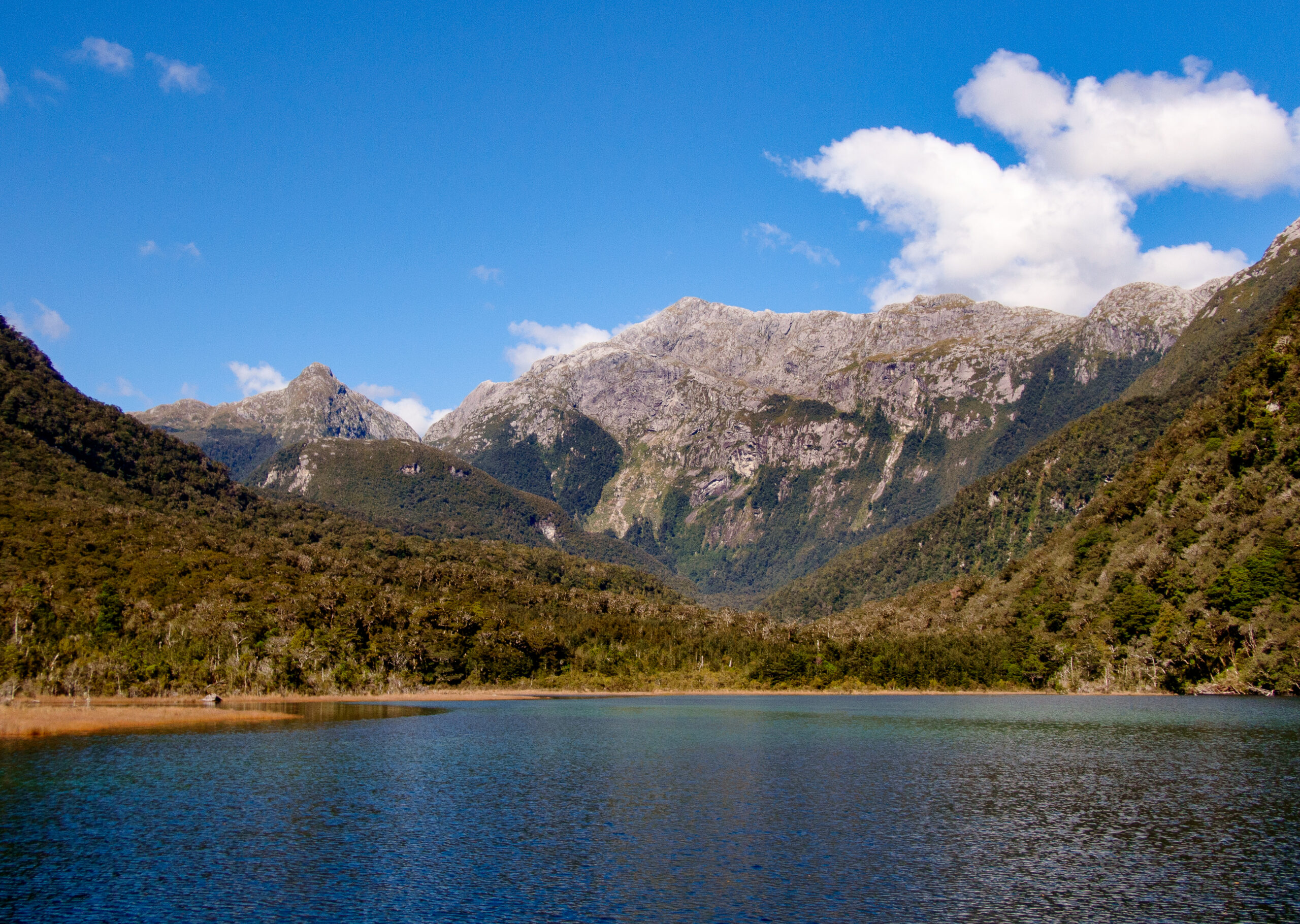


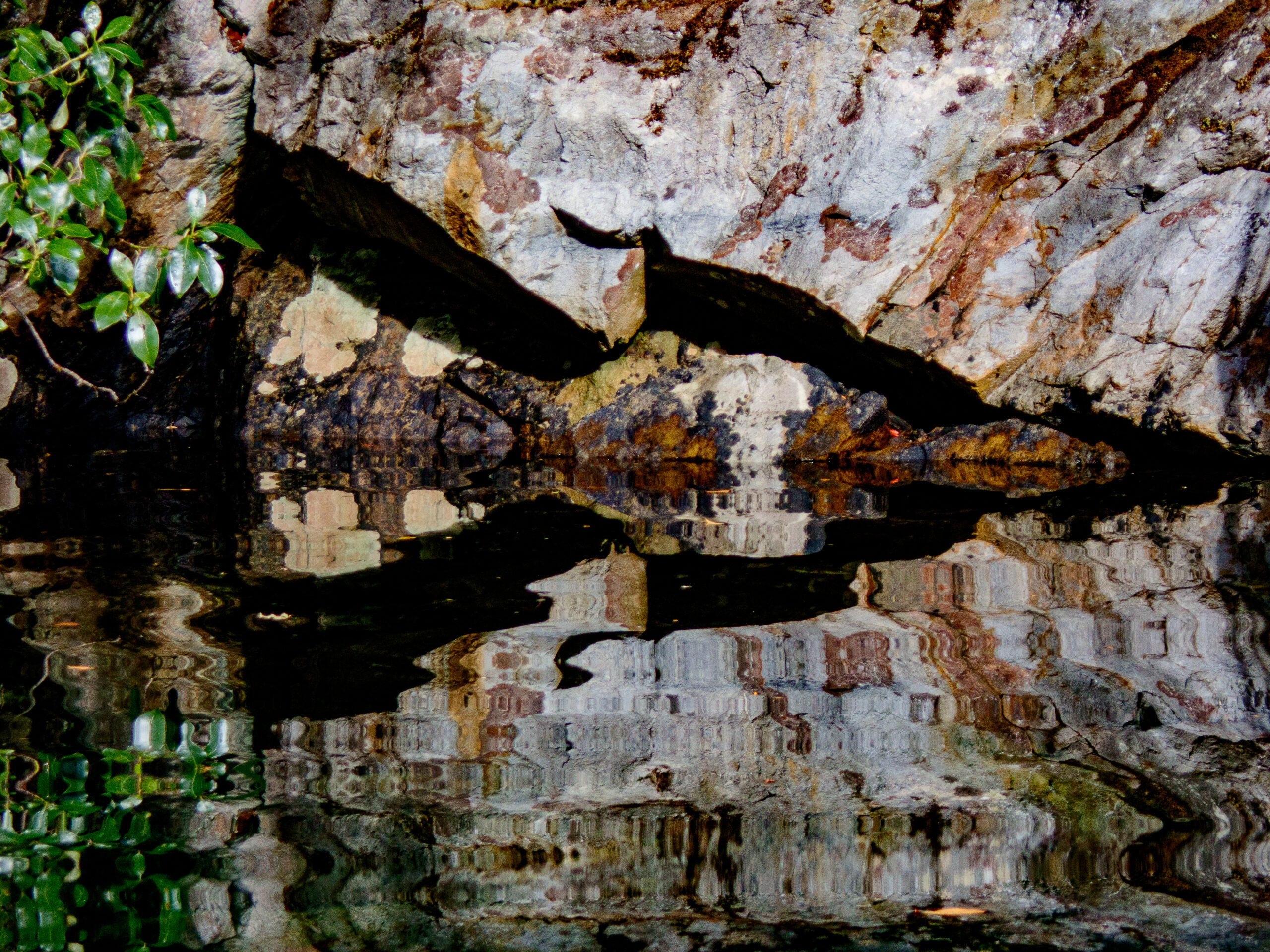
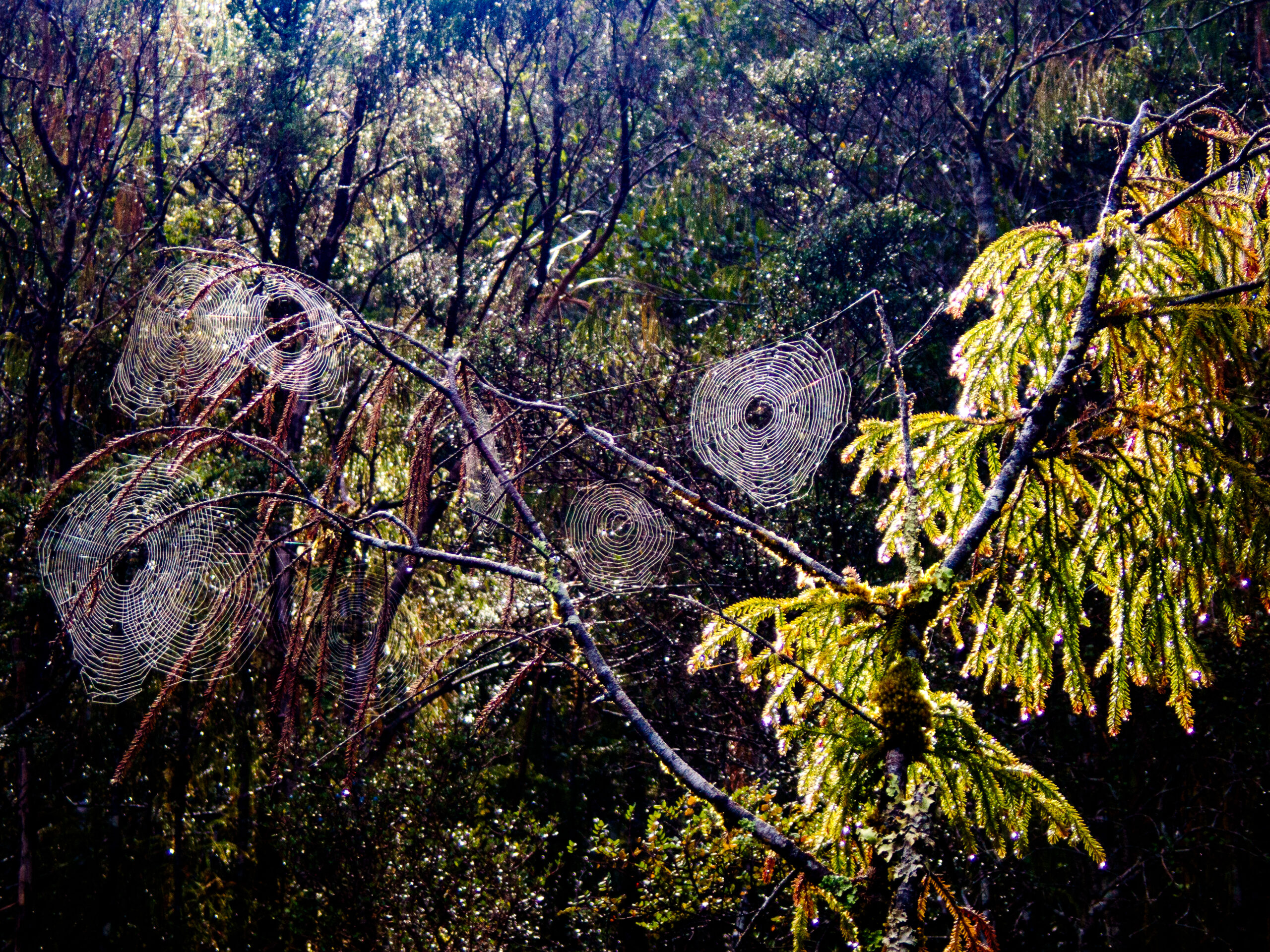
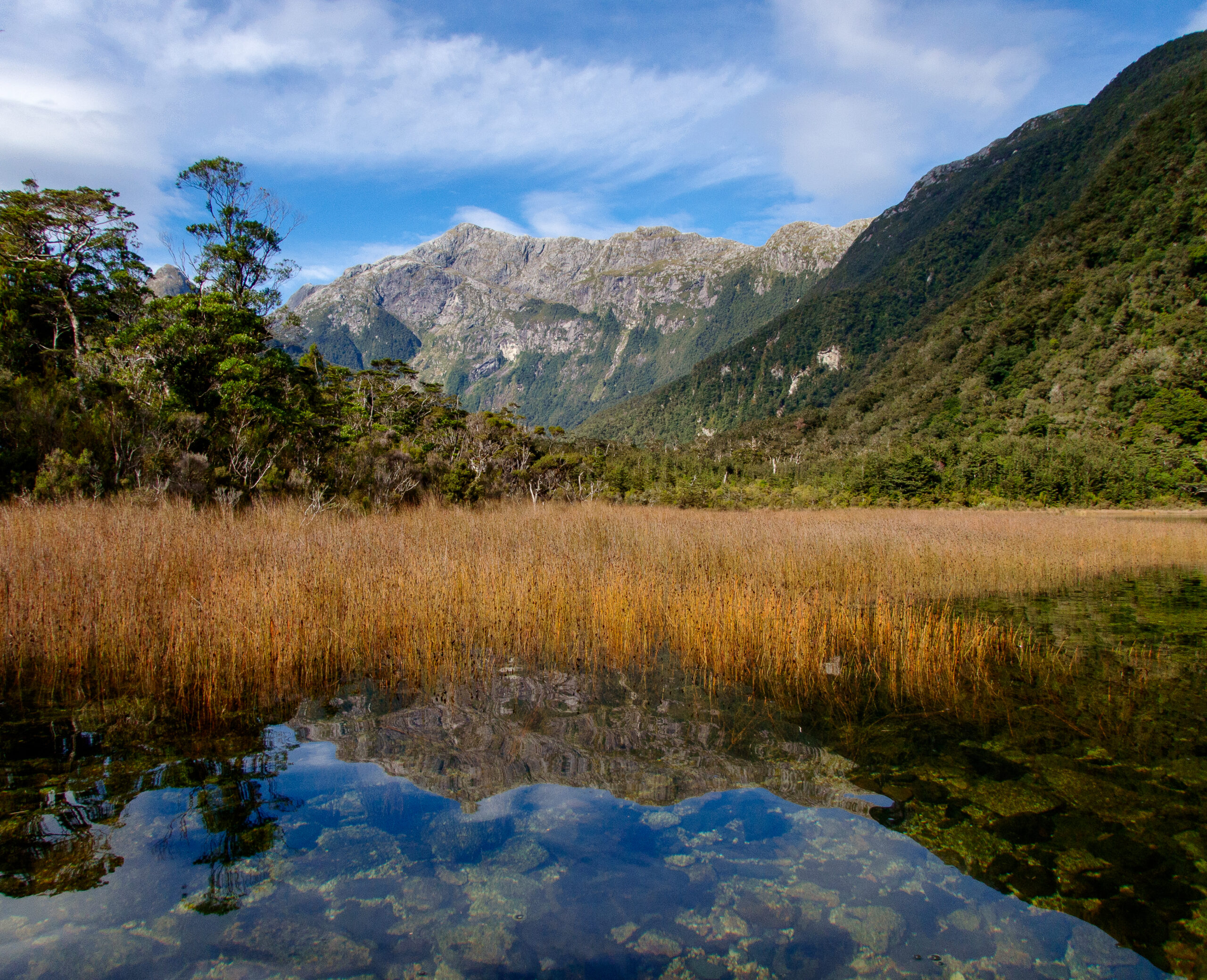


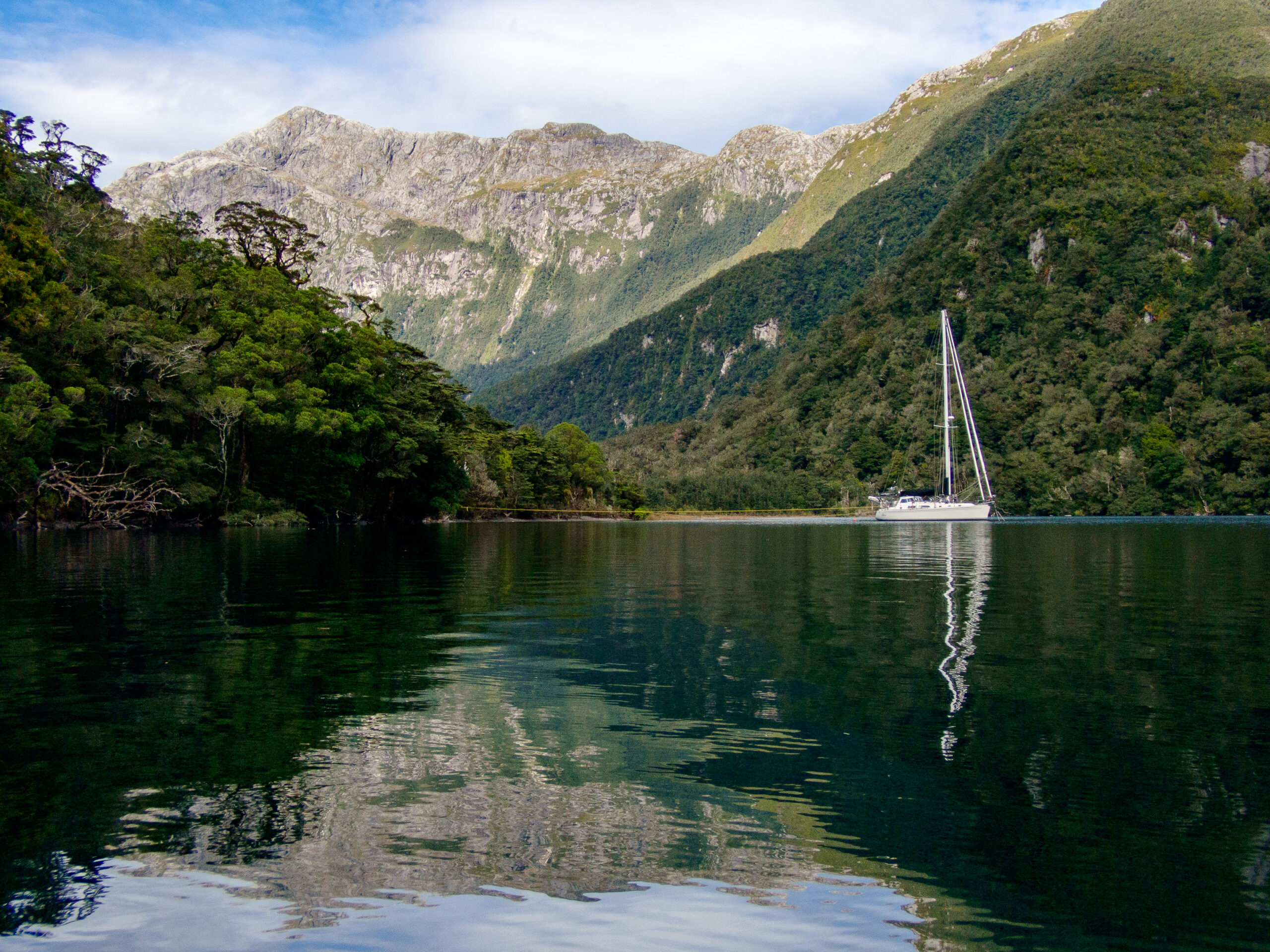

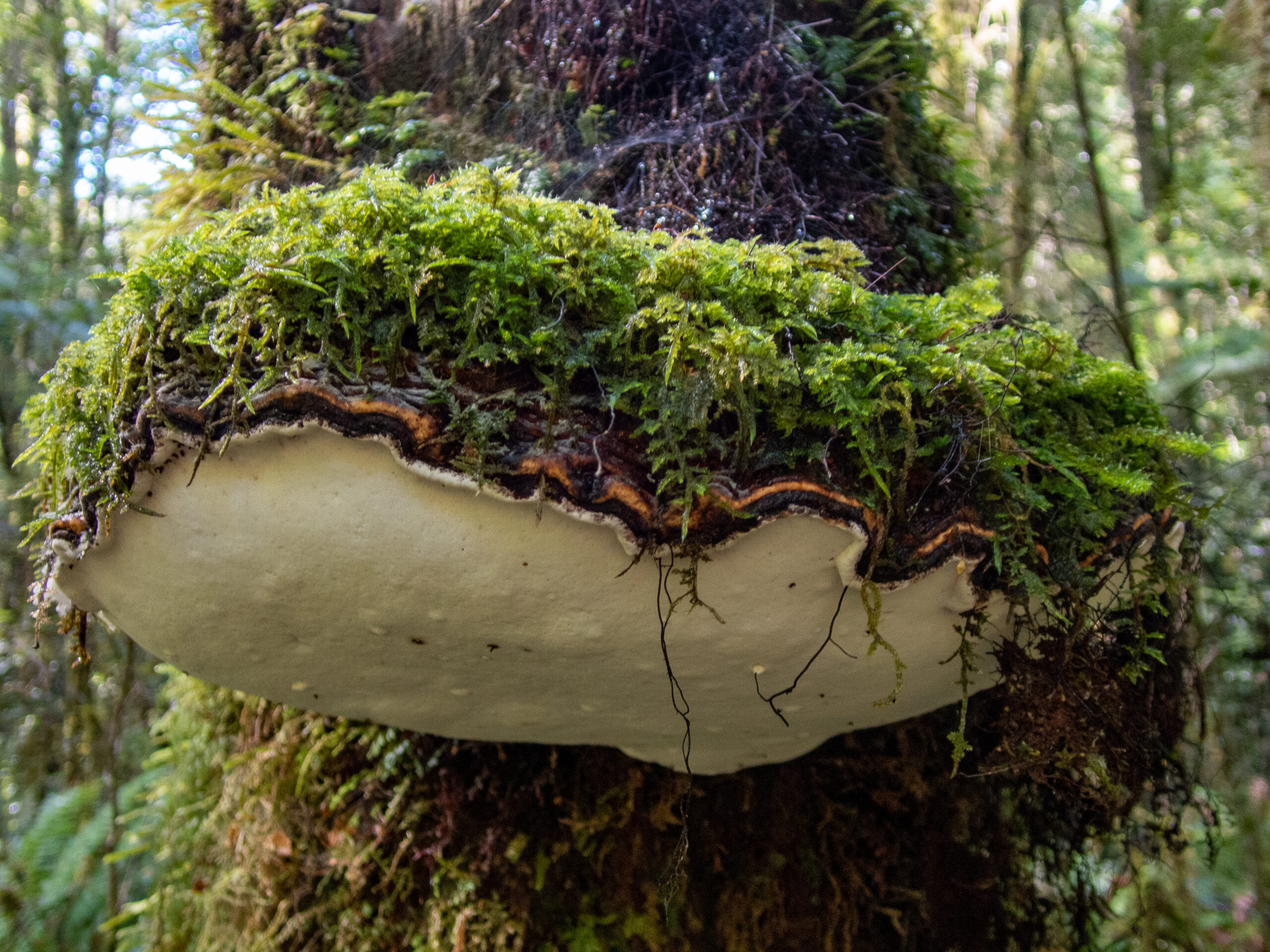
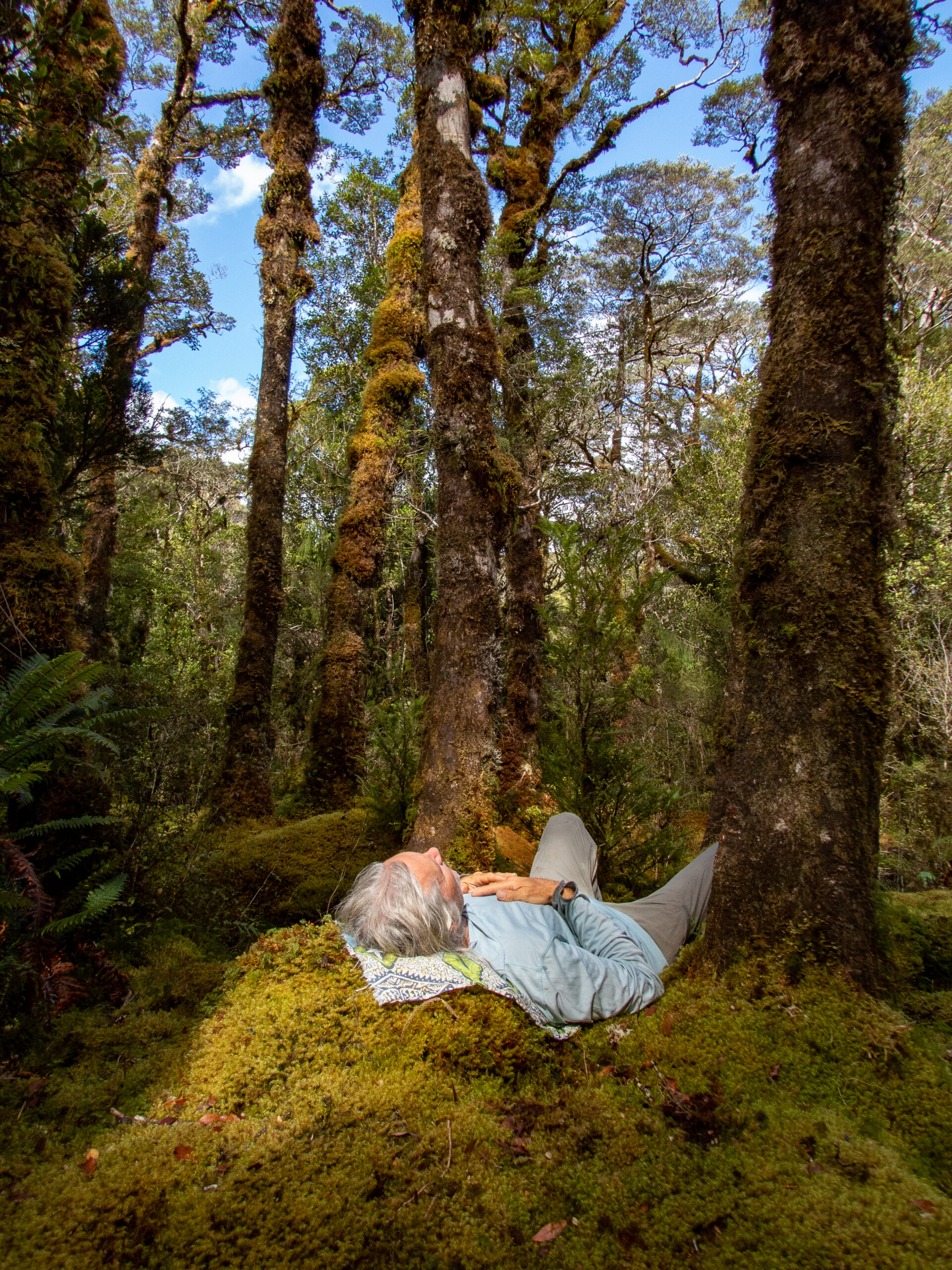
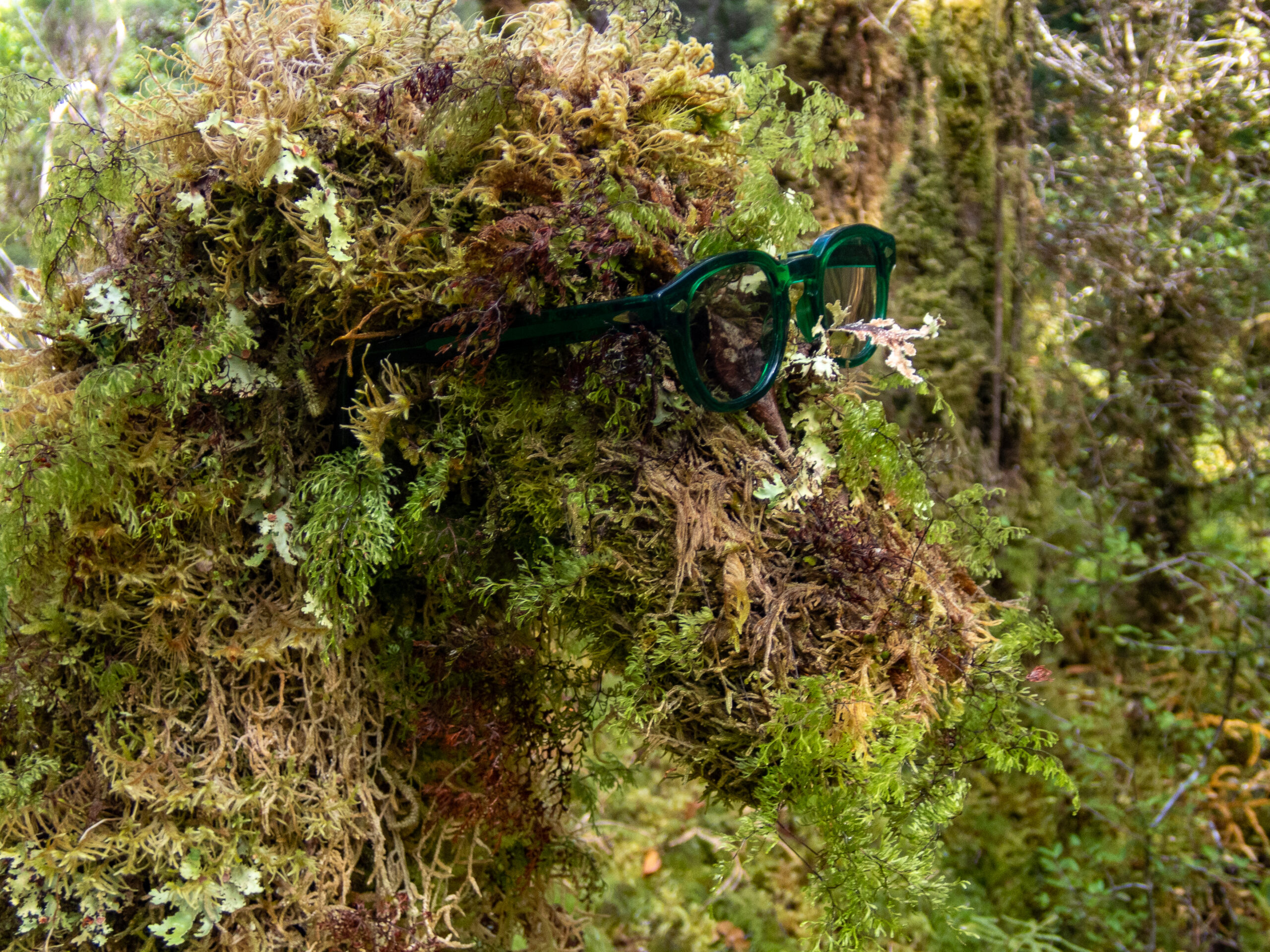


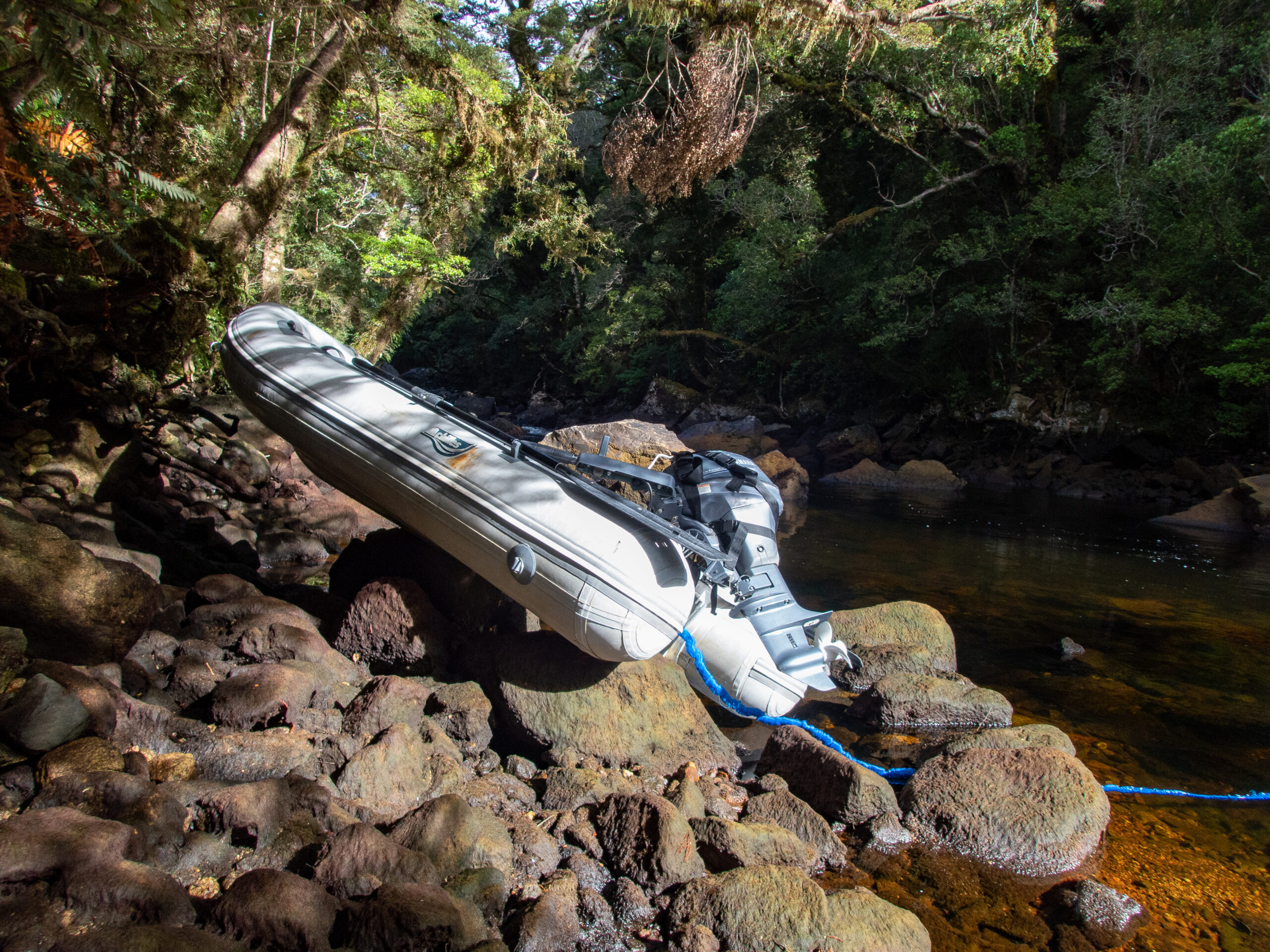

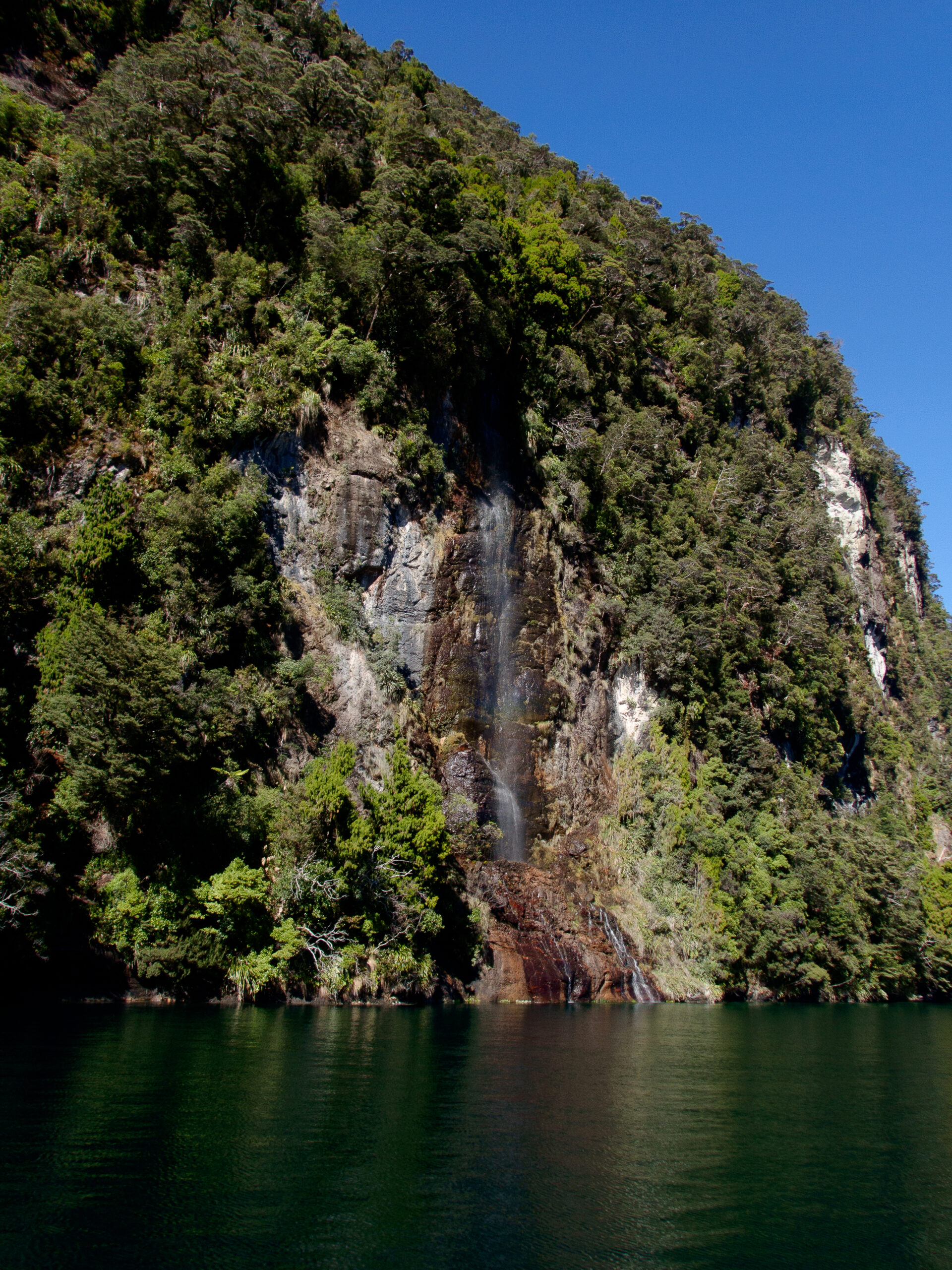
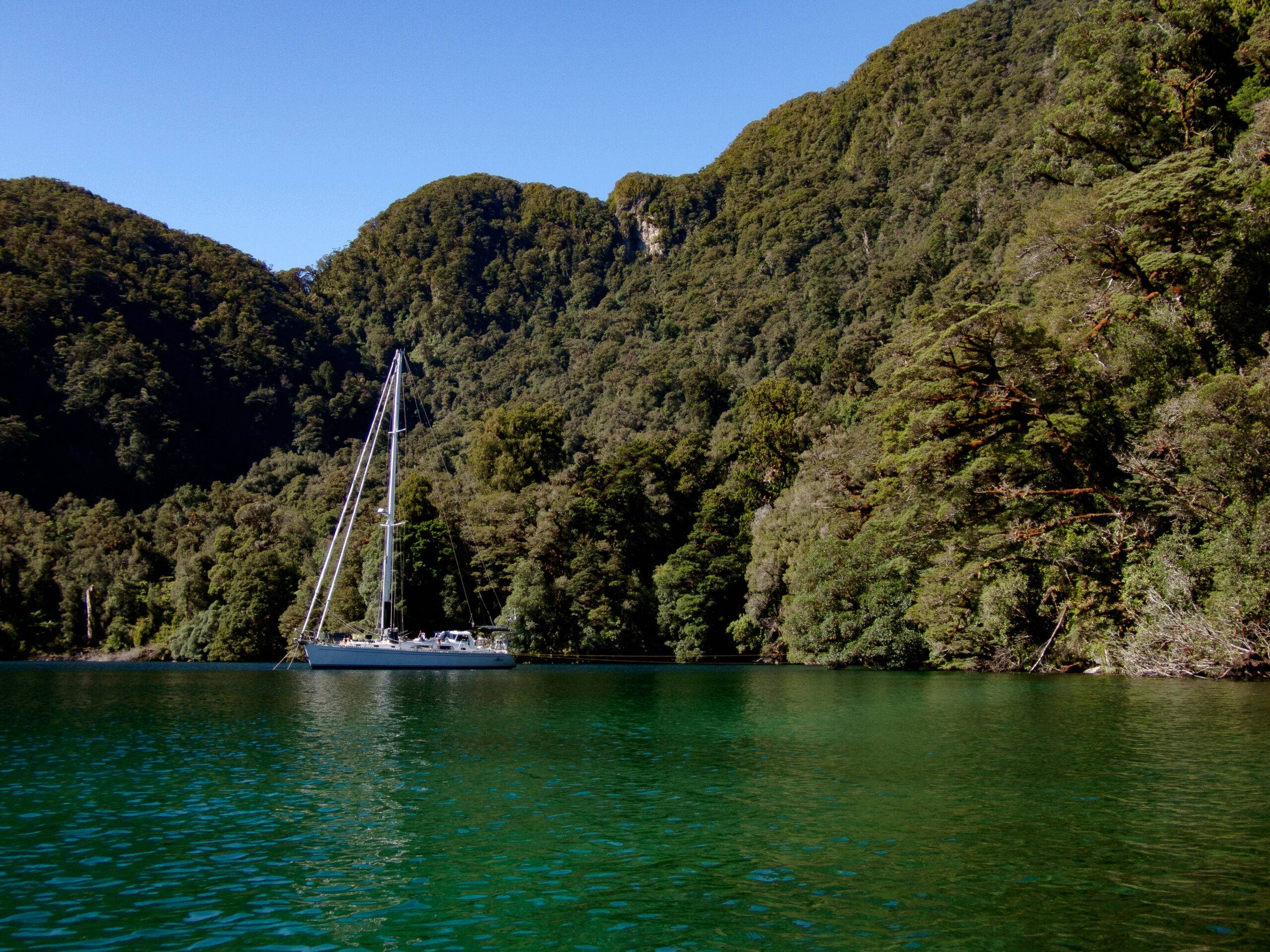
Seaforth River, Dusky Sound
It took us three tries to get the anchor to hold in Shark Cove. Communication from bow (Diana) to the helm (Marcus) is always a bit challenging (West Marine sells headsets called “marriage savers”). The view is different, too. We did alright for the first couple of attempted sets, but both got a little impatient and grumpy by the third. It held, and we were finally tied up, but tired and neither of us feeling great about how the teamwork had held up. There’s a lot at stake — sudden weather switches, unpredictable williwaws make it crucial to get this right. Every couple of days we get another chance to see if we can improve on our mutual desire to work together.
We got a little of a late start for the longish dinghy ride over to Supper Cove where the Seaforth River enters the Sound. It’s reported to hold brown trout! The Dusky trail slopes along the banks, through mud puddles and a podocarp forest of magnificent rimu, kahikatea, miro, mataī and tōtara trees. The river tumbles off some boulders and then flattens like a lake for several kilometers. Tea stained with tannins, spotting fish (the only way to fish in New Zealand) was tough. Ultimately we didn’t see any, though a few rocks got some very intense attention.~MS 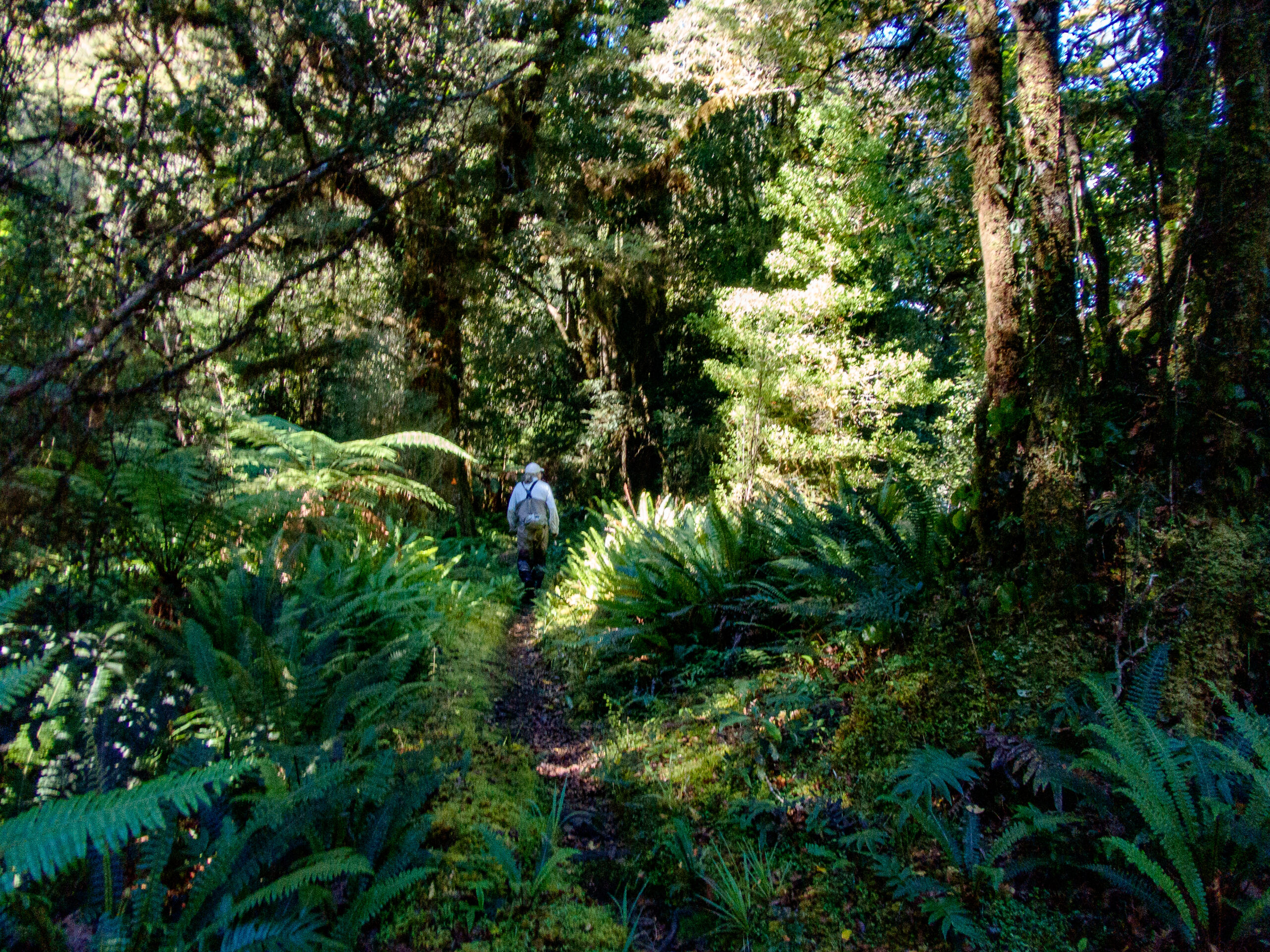 We took Namo over to the next bay, Supper Cove, to be able to hike on the Dusky Track. It’s an advanced tramper track – 84km one way, but we just did 6km and found it muddy but heavenly (not bushwhacking).
We took Namo over to the next bay, Supper Cove, to be able to hike on the Dusky Track. It’s an advanced tramper track – 84km one way, but we just did 6km and found it muddy but heavenly (not bushwhacking).
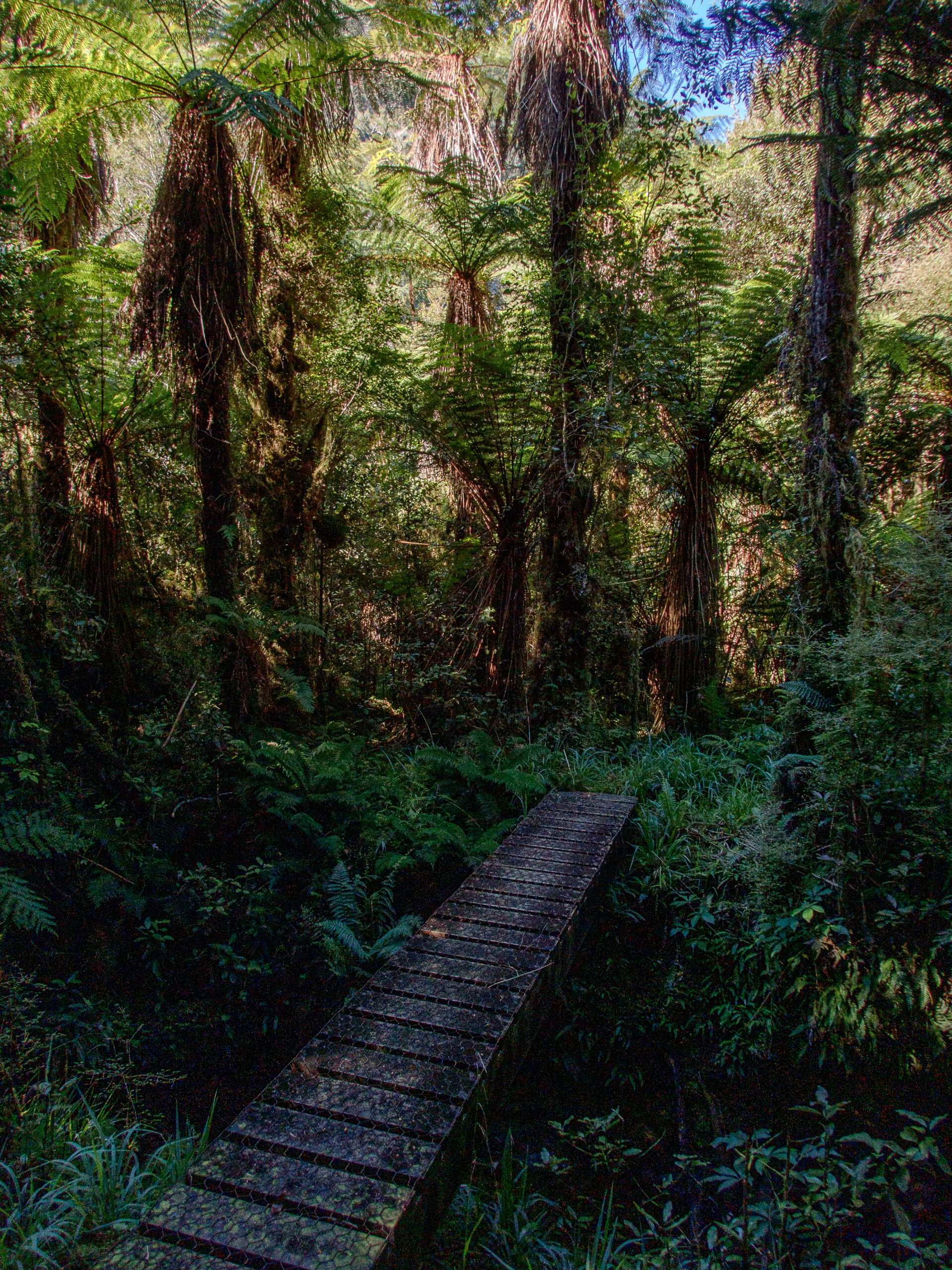

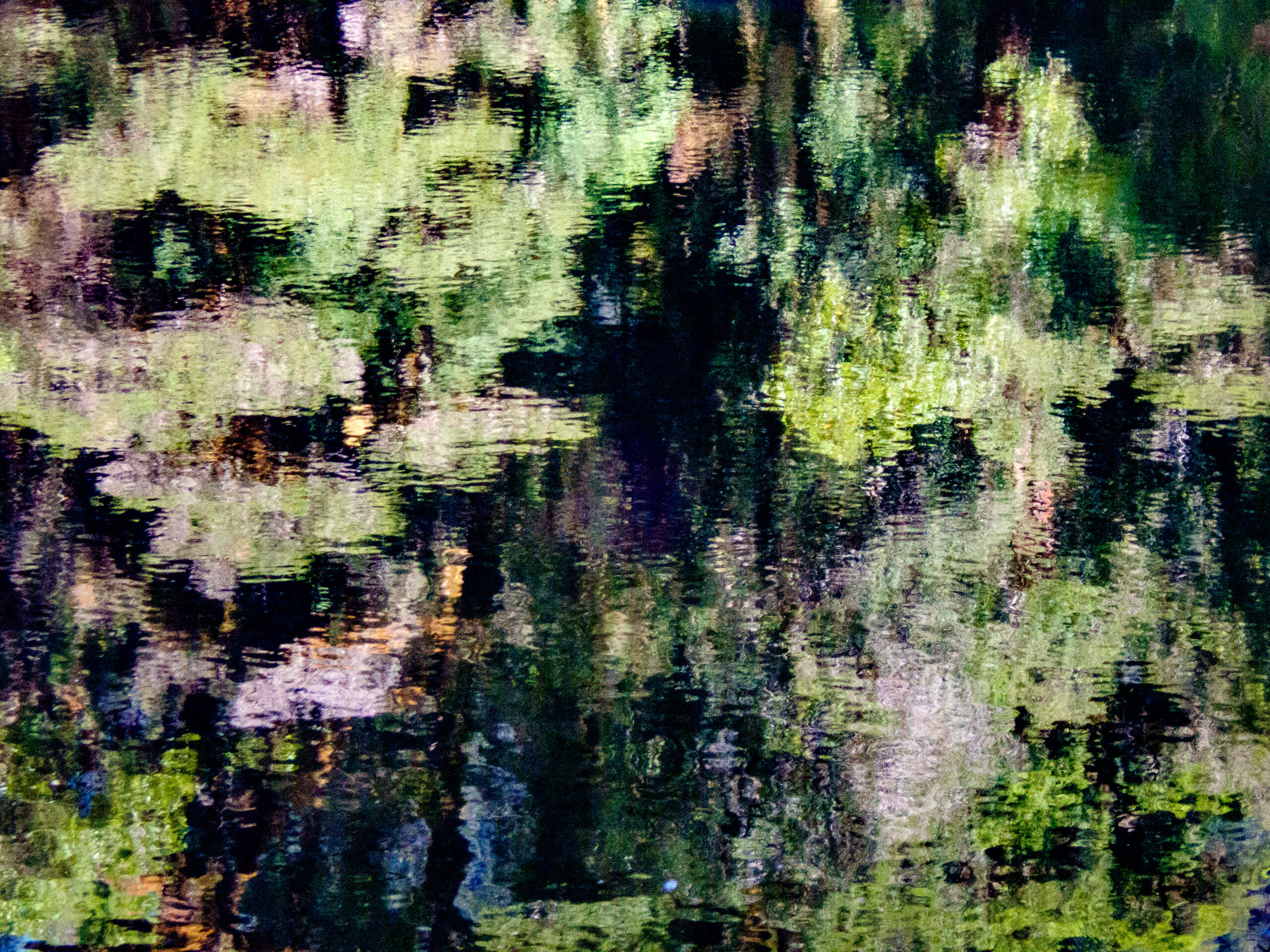


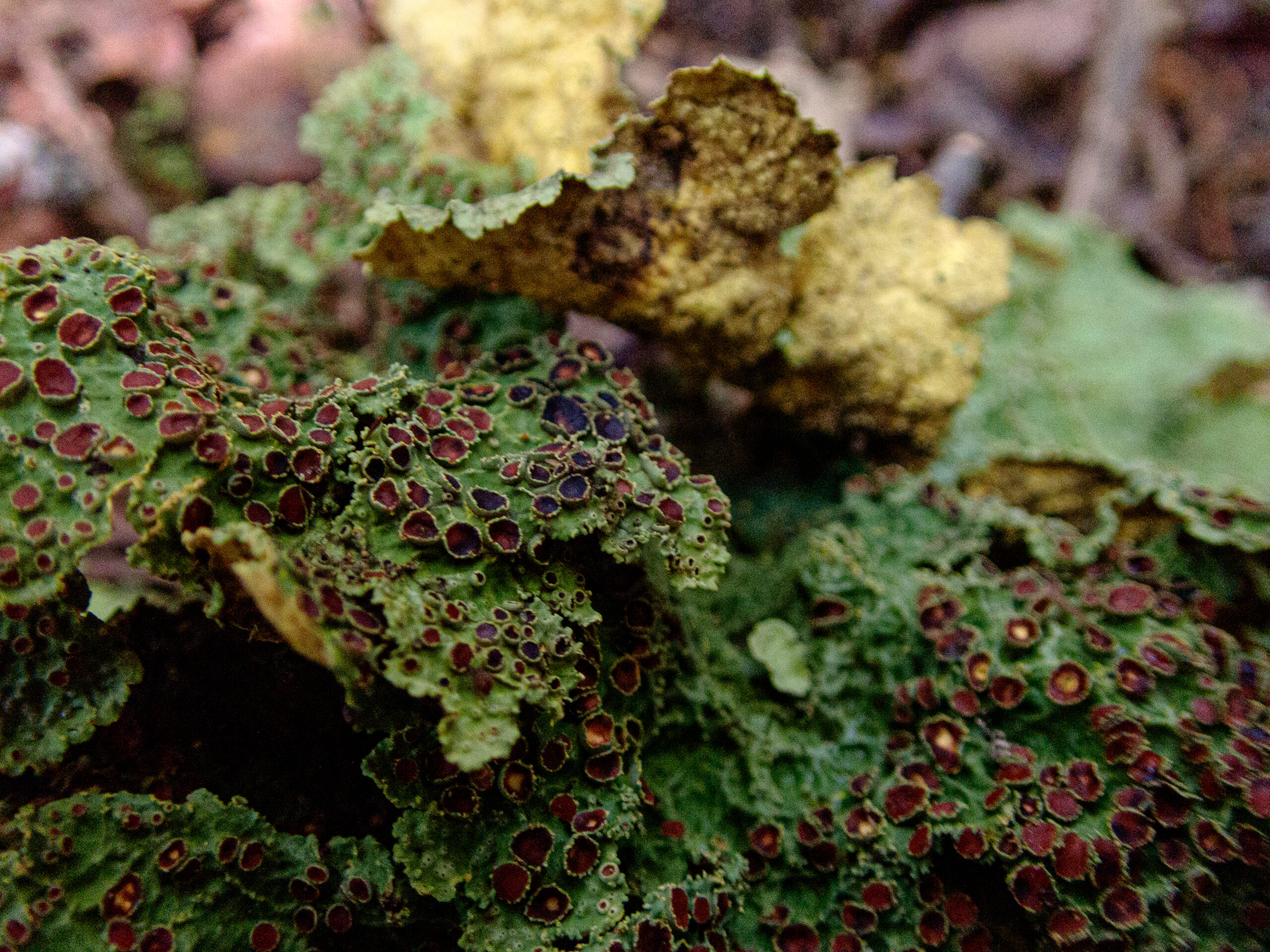
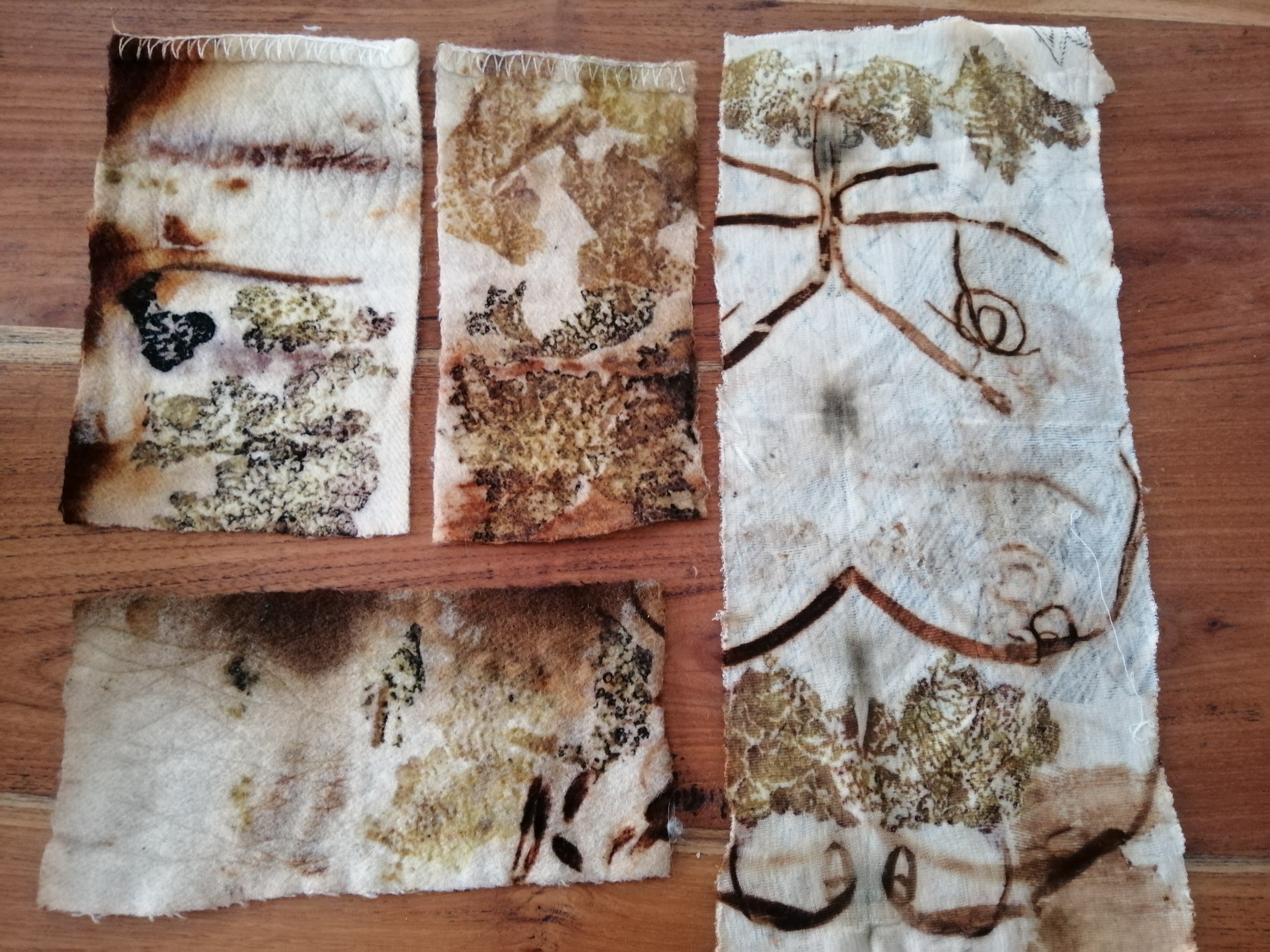
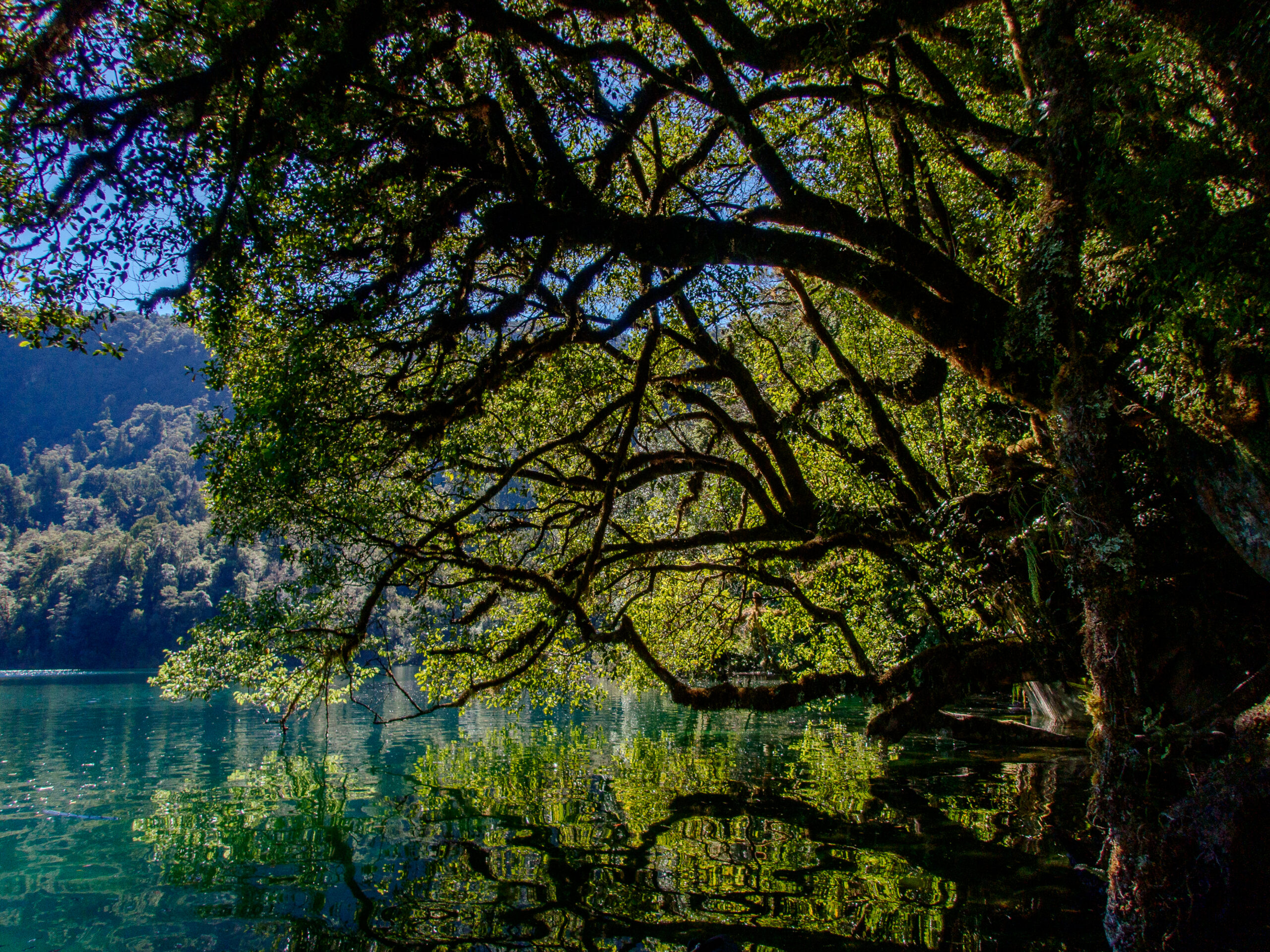
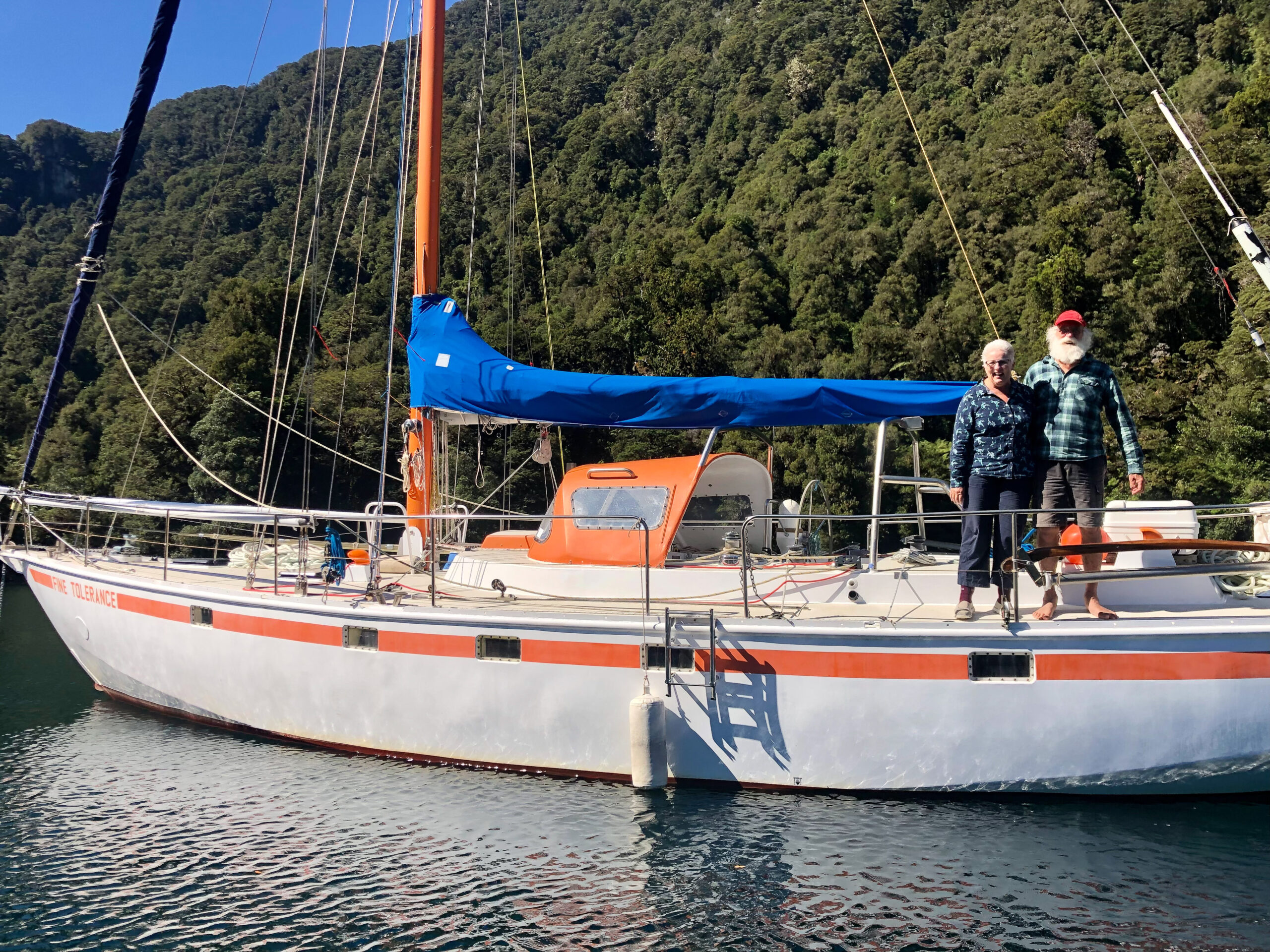
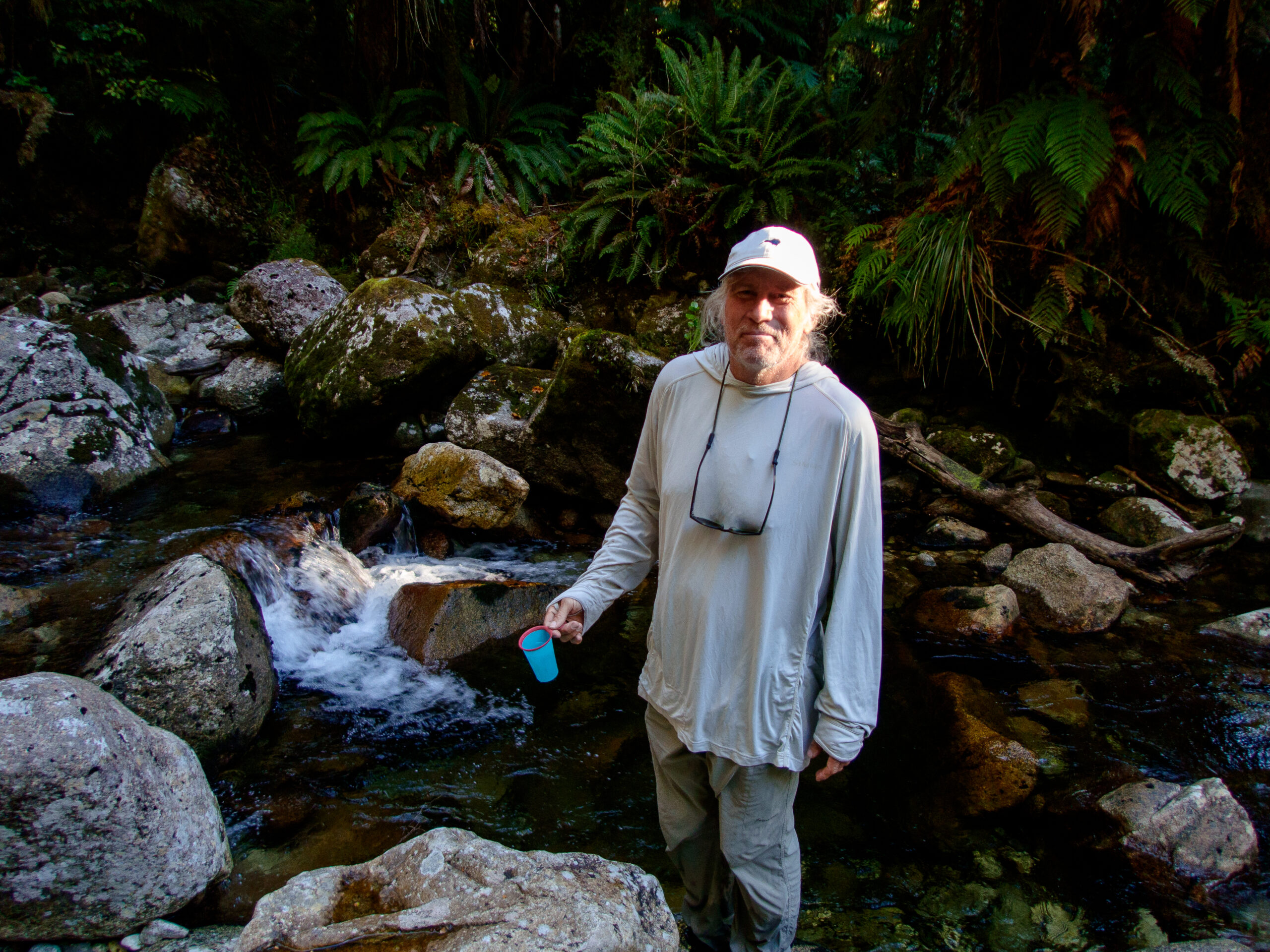
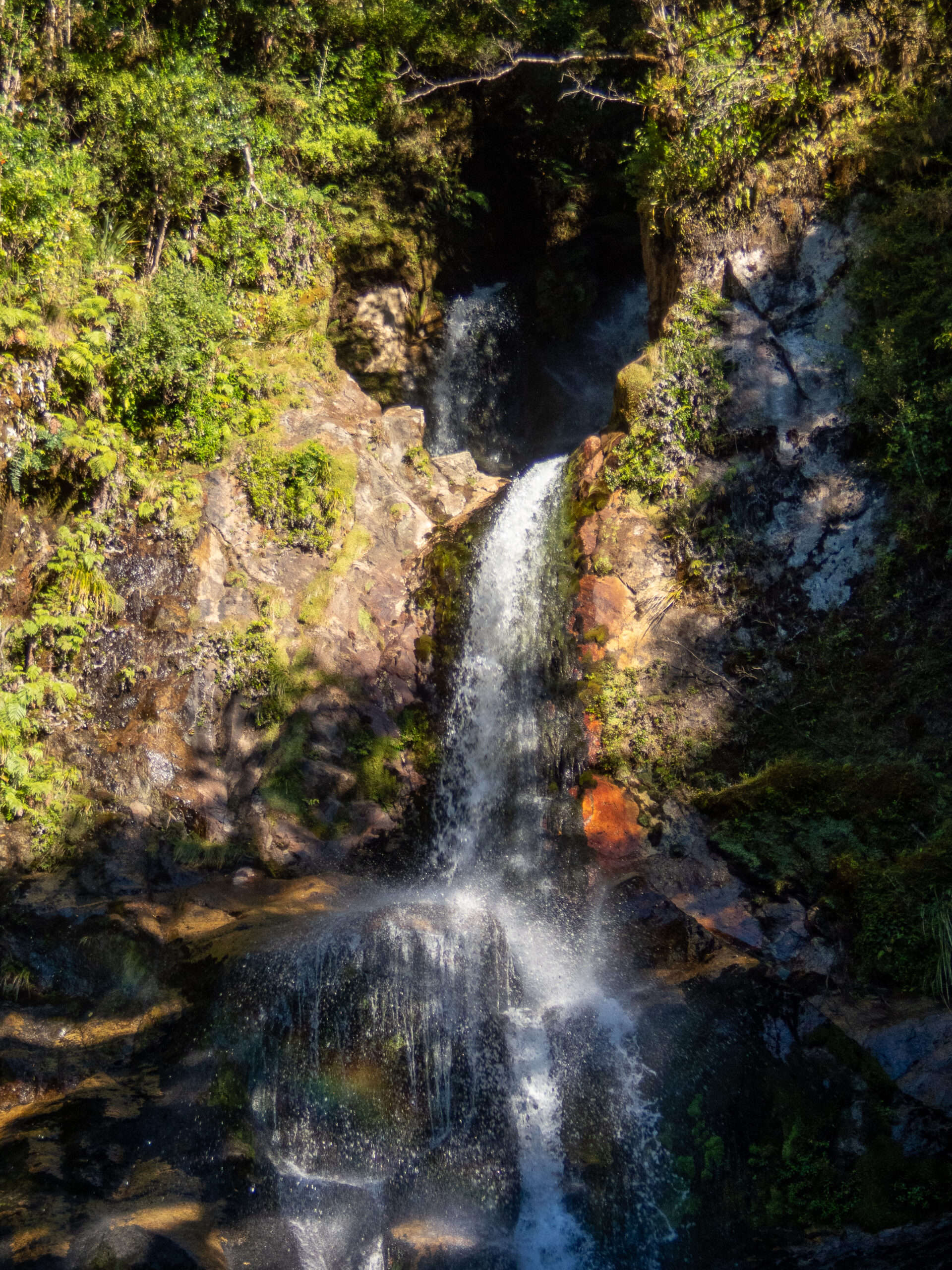
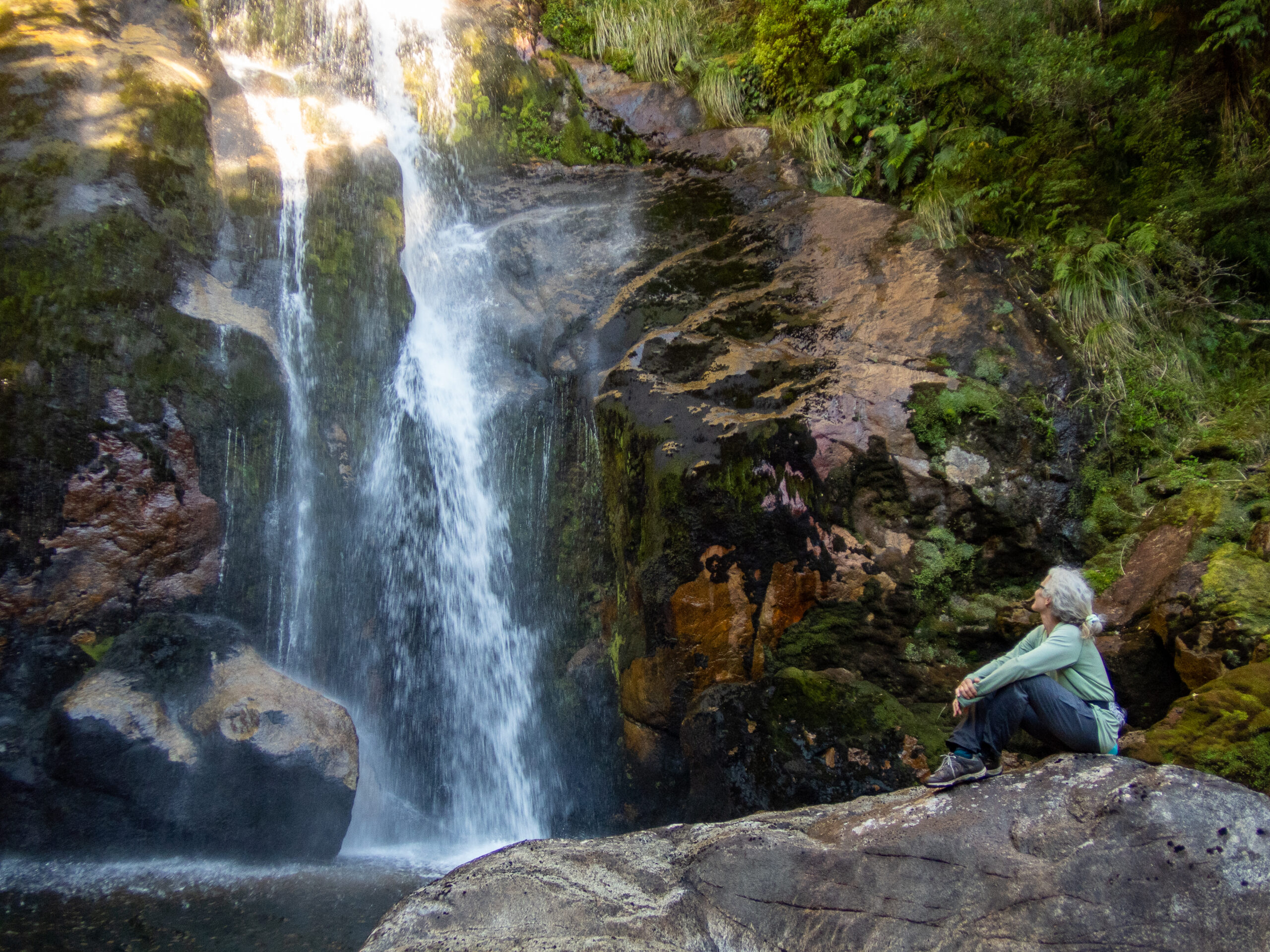
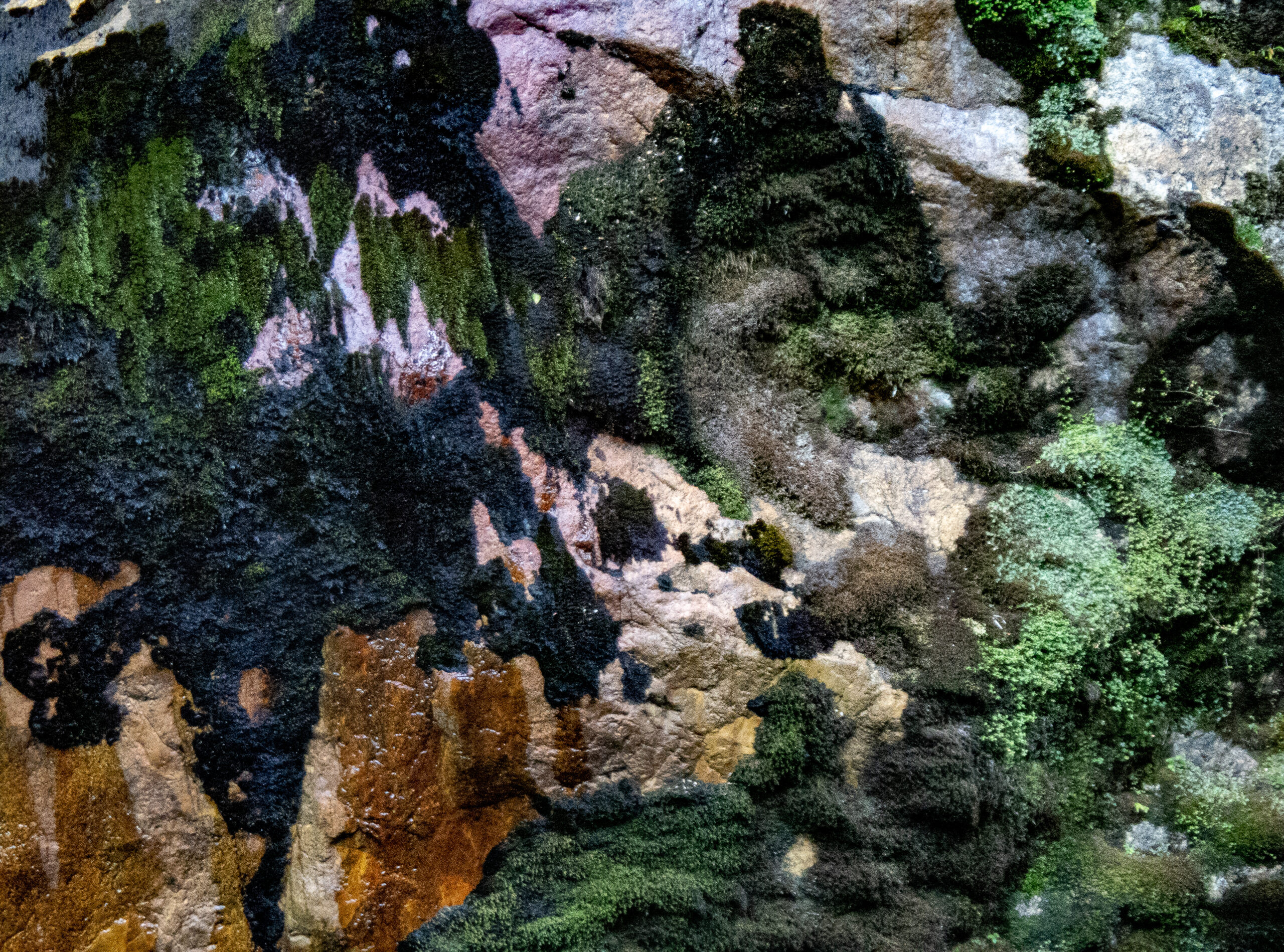
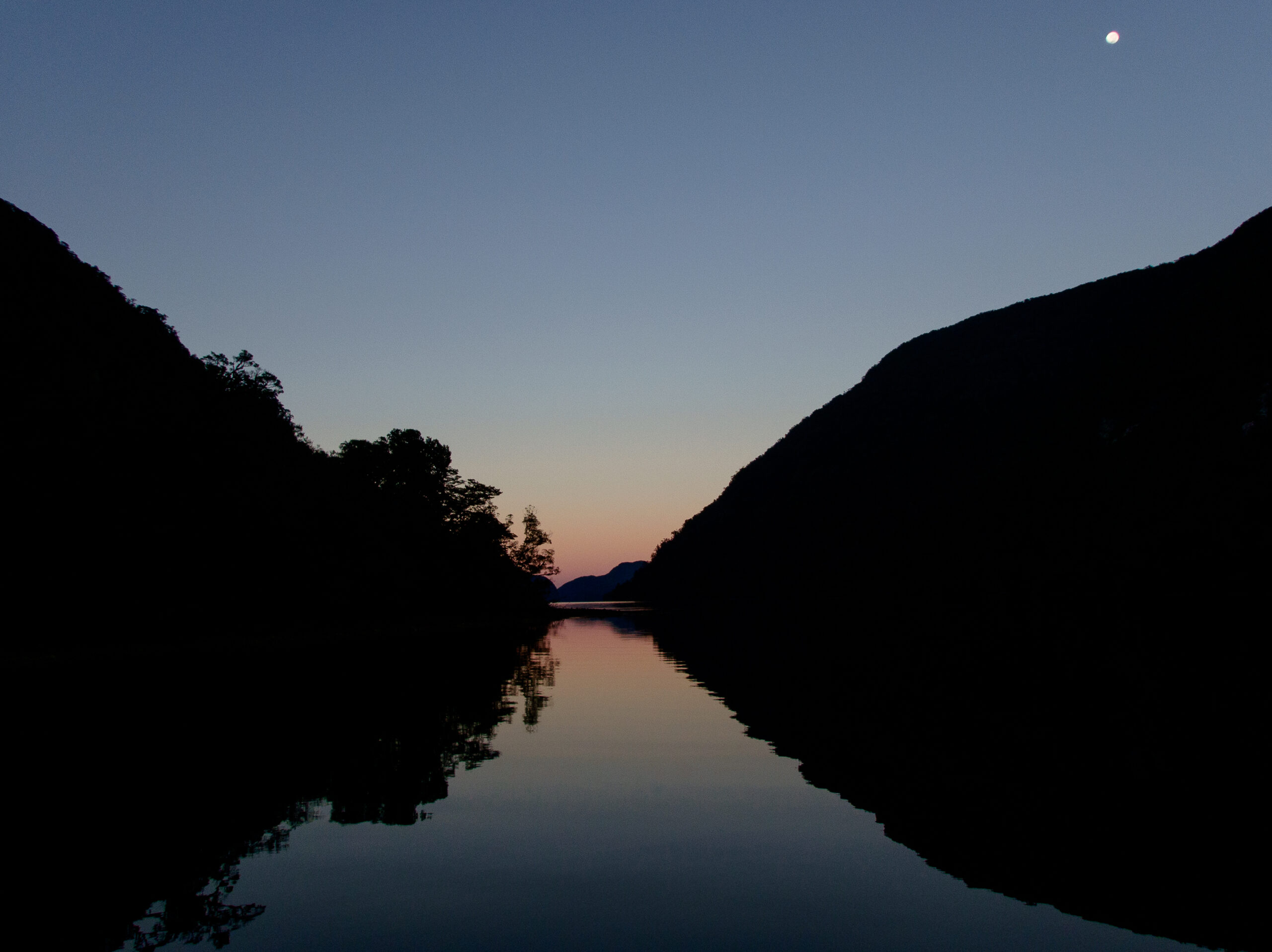
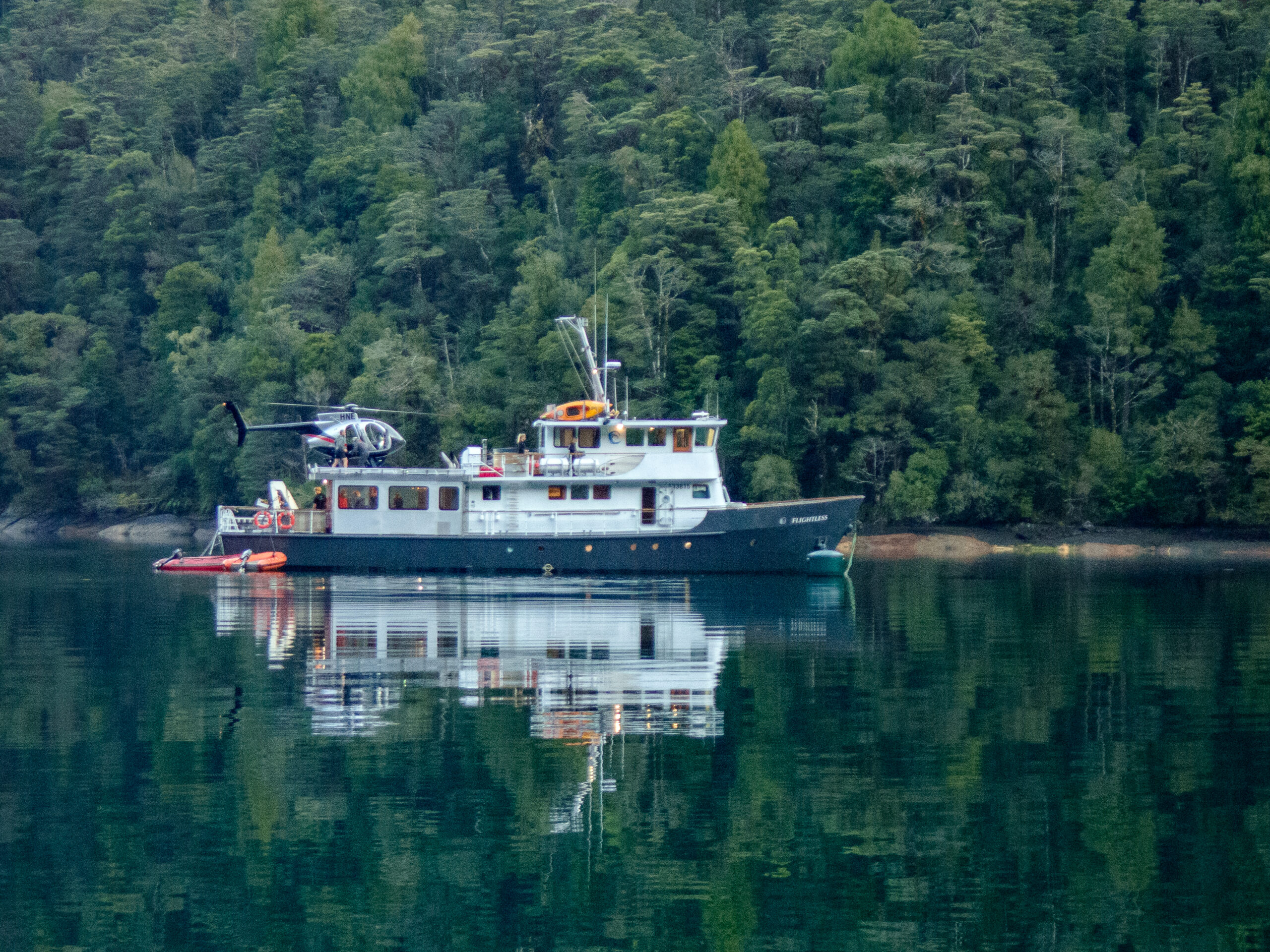
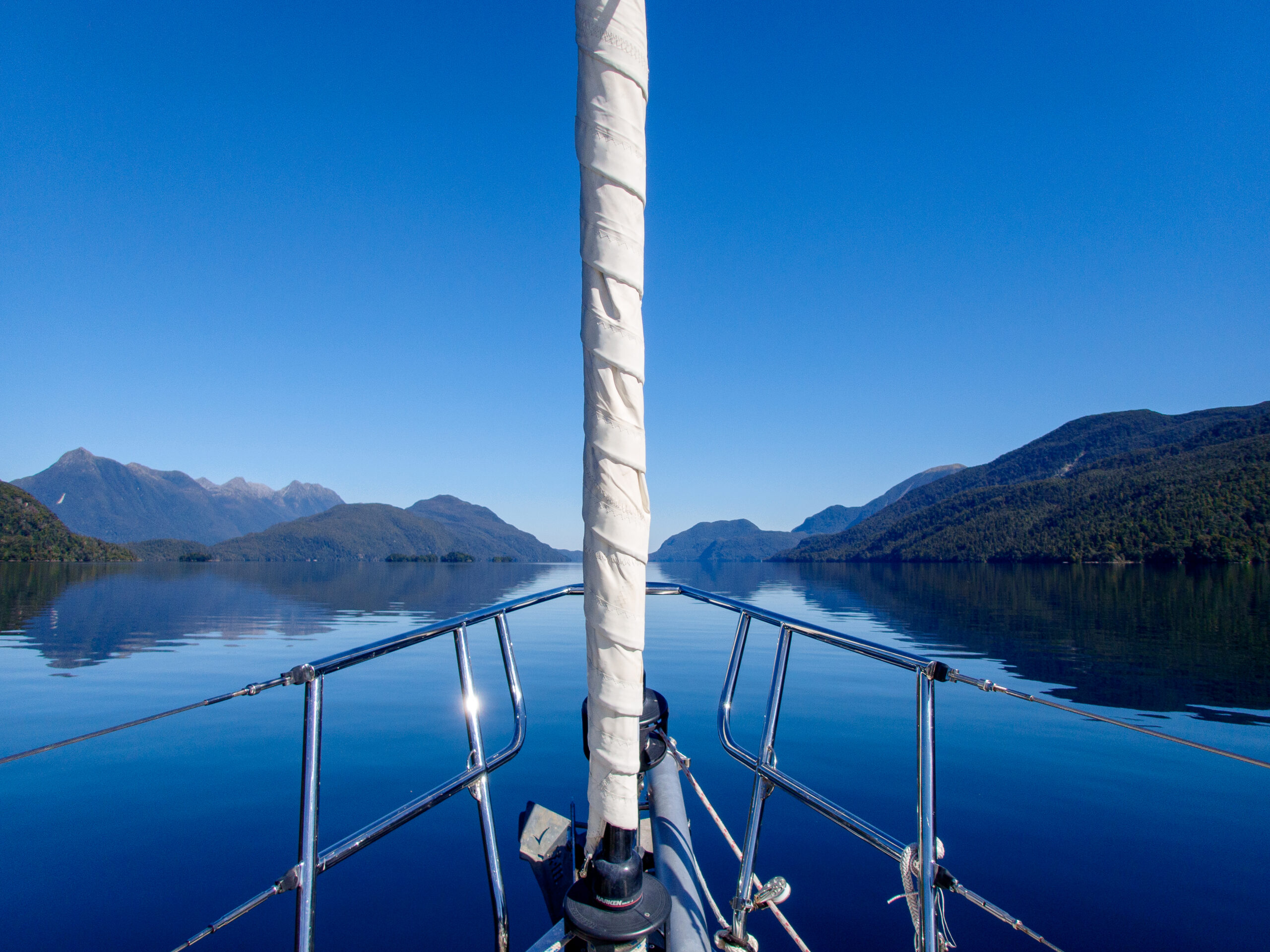
While Wet Jacket Arm and Breaksea Sound are still part of the Dusky/Tamatea Complex, I’ve broken them up, if for no other reason than my own sanity, so I can feel a sense of progression, ha! ~DS
Minerva North, Haven in the Pacific

Of all the places Allora has taken us, North Minerva Reef, is a stand out. The reef literally emerges only 90cm at low tide, and when walking on what feels like the Pacific’s very precipice, we had the surreal sensation that we’d been transported to another world. I urge you to read this article from New Zealand Geographic, which lays out the inherent hazards and contentious history of this fascinating ‘land:’
We, like many others, made a stop at Minerva North, to break up the often difficult passage between Tonga and New Zealand. Most boats poise themselves to try to stop, but the weather conditions have to be right to enter the pass and take the time in ‘pause’ mode as opposed to continuing onward, so we felt lucky to manage 3 days in the fold of the protected lagoon. We weren’t alone, though! The 30 boats at anchor around us were dubbed, ‘The Minerva Yacht Club!’



The Kingdom of Tonga


Woven belted mats, ta’ovala
worn over black missionary garb
maze of lifted islands pushed up by the Tongan trench
friendly islands, plotting Cook’s demise
faint volcano in the distance, a perfect cone
further south, the world’s newest island
space alien squid hovering by the swim step

weekly troughs of rain and wind and gray
hard scrabble bottoms for the anchor
numbers for the anchorages keep sailors from learning the hard to pronounce names
everything at the Neiafu market is four dollars

fish and chips on a floating barge
God is Alive bar, blasting music across the still water
Ag festival for the King

Ag festival finery
dead zebra sharks on display,
a temporary binge in the off limits fishing zones
people go crazy to show what they have

soft coral, rocks and canyons, nudibranchs and filefish

lobster, lobster, grab one if you dare

outer islands, Ha’apai, people live simple lives

weaving, fishing, making babies

it’s a long boat ride to the nearest grocery store
power from a solar project paid for by Japan
kids play on the beach

leap from the trees into the sand
make toys of VHS tapes, decorating wood fences with shiny ribbon
sailing the flat water behind the lagoon
hove-to for humpbacks
whales sing as we dive

high pitched songs, deep rumble in your chest
rolly anchorages, whale nursery anchorages, long beach anchorages

Kelefesia as seen from Wyatt’s drone view = as sublime from the air as it was to be there!
coconut heart pancakes!

Older, sprouting coconuts produce this rich flavored ‘heart.’ Not easy to extricate, but we make the most yummy pancakes using them!
Sleeping mom’s providing whale-sized nourishment using her Antarctic reserves
tail slapping to keep junior in line
rambunctious males, out for a good time
call mmmhhh mmwwwhmmm whummmmmmh
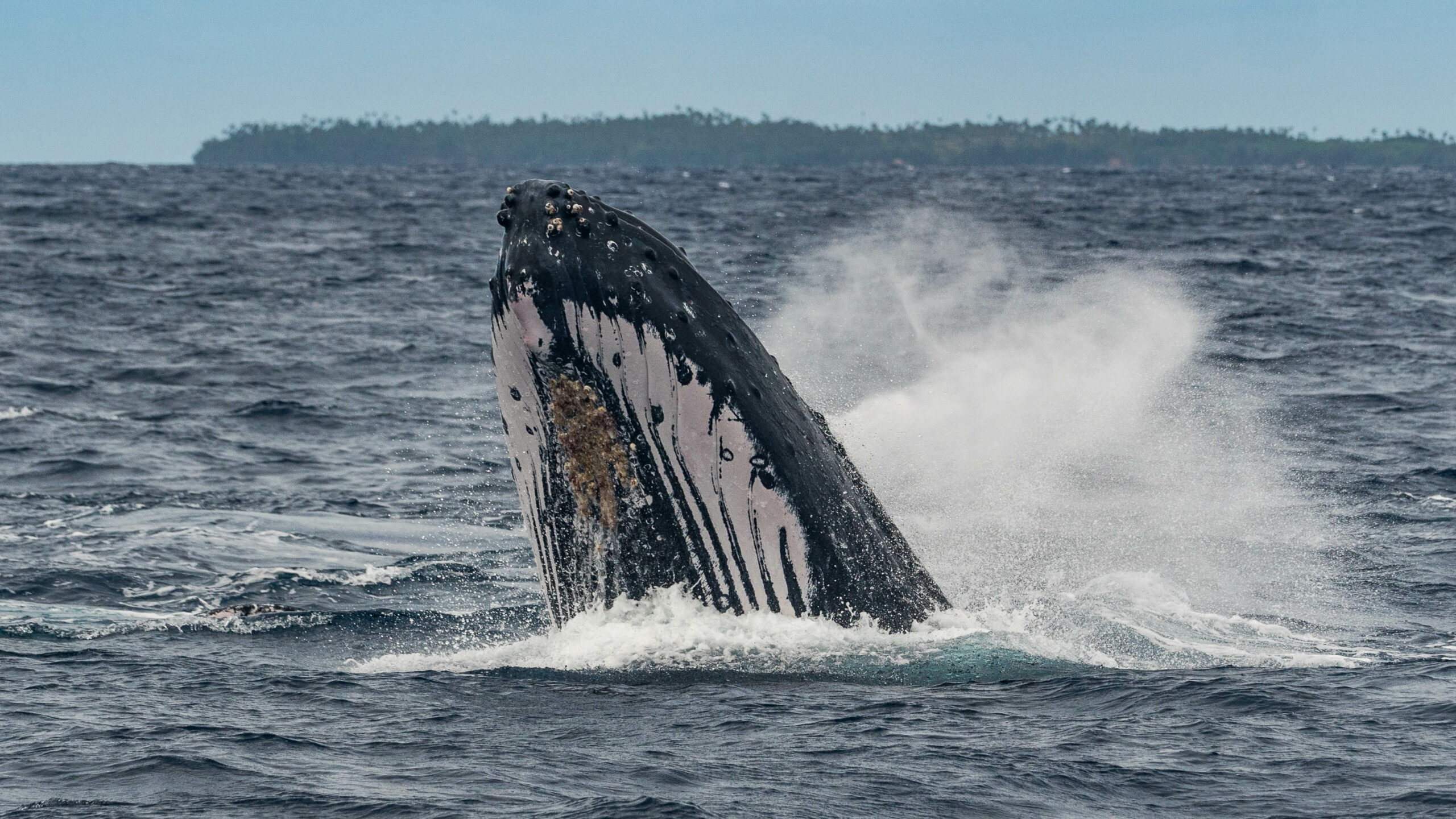
Cetacean society,
any whale who’s any whale is here
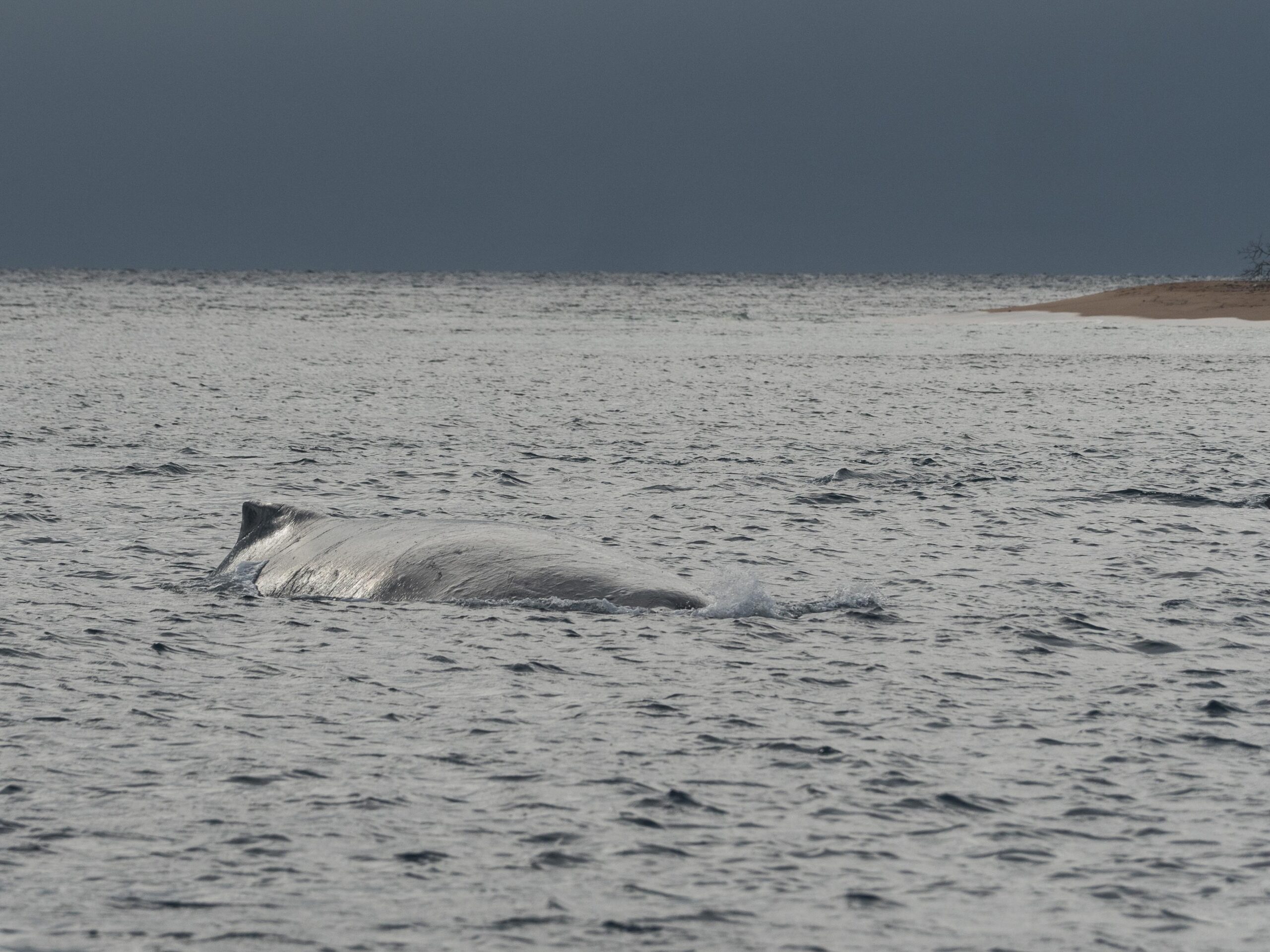
Tonga’s the place to be, leviathan

Well, Hello!
no predators, warm water, but no food either
what if humans vacationed the way humpbacks do

on a diet
no Piña coladas, might just put cruise ships out of business
think of the savings in fuel!
~MS

Nature’s bit of lovely!




Astrophotography with an anchored (moving) Allora is a wee bit tricky – nice work, Haley!
We had all 3 kids (and Liam, too) visit over the course of our 3 months cruising around Tonga, so you’ll see some family faces among the locals:

“Whales! One o’clock, Starboard bow! Not that far!”
There isn’t much about humpback’s that you can get “used” to
fin and back slipping above the waves
scale inspires awe
flukes waving goodbye, whispering into the drink
surge of whales on the move
juvenile males on a mission
shouldering water ahead of them as they porpoise on the surface
strange knobby heads rushing through the foam
in calmer water, a spy hop, slipping up to peak at YOU
soft blow of a sleeping whale
the sudden totally unexpected wild audacity of a breach
that always always comes out of nowhere
and again
young whale under the stand up paddle board
gripping the camera, ready to go under
calves in the anchorage, sleeping with Mom
arced above her head
curious little ones spy hopping by the stern
or practicing their breaches
flopping, silly half out
then the day they show everyone what they’ve got
~MS
(Rough camera moves, sorry, but the proximity had us sufficiently EXCITED!!!)
Penrhyn Underwater
The Bird Motus of Penrhyn, Cook Islands
Mad for Kio Kio, bonefishing in Penrhyn
 Every fisherman dreams about a secret fishing hole somewhere. Someplace no one knows about. No one goes. No one (or hardly anyone) has ever fished. A place where you show up knowing you won’t see a single soul and that the fish have never seen a fly. This dream fishing spot is naturally chock full of fish, too, everywhere you turn.
Every fisherman dreams about a secret fishing hole somewhere. Someplace no one knows about. No one goes. No one (or hardly anyone) has ever fished. A place where you show up knowing you won’t see a single soul and that the fish have never seen a fly. This dream fishing spot is naturally chock full of fish, too, everywhere you turn.
The Cook Island’s atoll, Penrhyn, might just be that place.
This atoll lays more than 800 miles of open ocean from anywhere. There are no flights. It is visited by just two supply ships a year. The only way to get here is in your own boat, sailing far off of the normal tradewind route. There was a time when expensive flights from the main islands of the Cooks occasionally brought an intrepid fly fishermen from New Zealand, though because there are no hotels or any other tourist infrastructure on Penrhyn the only way to fish these remote flats, even then, was to stay as a guest with the pastor at Te Tautua and have him take you. This apparently did happen at least once. Years ago. Basically, the only people who ever visit, in very, very small numbers are sailors. The intersection of committed bonefishermen and blue-water sailors who can actually get themselves to Penrhyn yields a very tiny slice of humanity. I’d bet there aren’t more than about five of us in the whole world, and that includes our friend Mike, who’s introduction to fly fishing was walking the flats with me in the Gambier and Rangiroa.
The pastor insisted on taking us to his spot, though we had our own dinghy and knew from Google Earth exactly where to go. Wishing to be gracious guests of the island, we accepted the ride. We spotted the first pod of fish even before getting out of the boats and over the next four hours (the limit of the pastor’s desire to stay and harvest noddy bird eggs), I landed at least fifteen bonefish (which is a lot of bonefish), considering the amount of time it takes to land each one and the fact that a fighting ‘kio-kio’ clears the immediate area on the flat of willing fish. Mike caught nearly that many, as well, and we were often doubled up with fish on at the same time.
We fished this singular spot for a couple weeks going back on our own, and it wasn’t always as good as the first day, the tide and the weather have a lot to say about how good the fishing is going to be, but it was always our spot and the fish were always there. They aren’t as big on average as the bonefish in French Polynesia, but Penrhyn is chock full of them.
We pinched ourselves regularly to make sure it was not just a dream. ~MS
Sweet Tuamotus, Last round through …

I’m going to ask Marcus to wax poetic about our final weeks in the Tuamotus. Suffice it to say that this region of French Polynesia is most definitely a favorite of ours and I even heard Marcus say he could live there. If fresh produce was available, I might be on board! For the time being, these pics can be a placeholder. These are shots from Tahanea, Fakarava and Rangiroa.
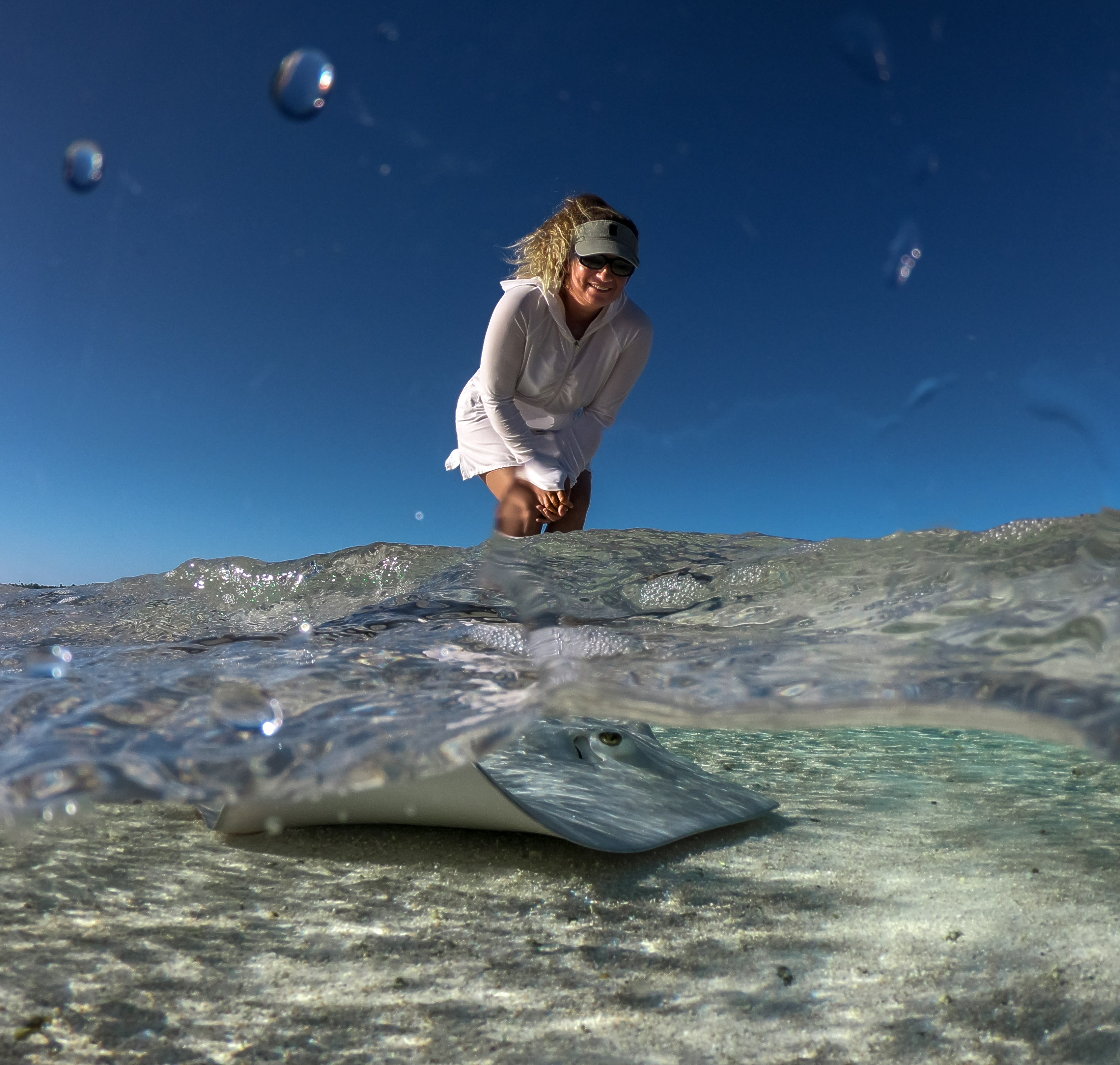
Cephea cephea/Crown Jellyfish
Tahanea, Tuamotus – April, 2019
We saw these dinner plate sized jellyfish while meandering around the SE corner of the lagoon searching for our anchorage. I hoped they’d stick around so I could get a closer look, because I could see that they were intriguing, but I HAD NO IDEA!! These shots were taken over 4 days of 15 -20 individuals. I was mesmerized!!! We were without wifi, so couldn’t even learn about the magic I was witnessing, but I was aware of being incredibly lucky to live on a planet where such a creature exists.
A quick search reveals a paucity of information about this jellyfish, but here’s a bit of what I found: Cephea is a genus of true jellyfish in the family Cepheidae. They are found in the Indo-Pacific and East Atlantic. They are sometimes called the crown jellyfish, but this can cause confusion with the closely related genus Netrostoma or the distantly related species in the order Coronatae. They are also sometimes called the cauliflower jellyfish because of the cauliflower looking crown on top of the bell.
Common Names: Crown Jellyfish, Cauliflower Jellyfish, Sea Jellies, True Jellyfish, Transparent Crown Jellyfish and Crown Sea Jelly
Scientific Name: Cephea cephea
Gambier Finale
We spent about 6 months in the Gambier between two visits, which was enough time to start to make some connections and get to know people a little bit. Herve and Valerie on the island of Taravai nurture these relationships with sailors, warmly welcoming everyone who drops anchor behind the reef. Eric and his family became near and dear and when tragedy struck (Tina was lost at sea in August of this year), we grieved together.
We learned our way around, becoming comfortable with how things worked with the supply ships, buying gas in 200L barrels and negotiating to pump diesel straight from the boat. We got used to the idea that it was nearly pointless to try to get an internet connection, even in town.
We got to know some of the people along the water in Rikitea’s harbor:
Mike the fisherman and his wife, Agnés, the school teacher, offered us fresh fish and tried to organize an excursion outside the reef with Marcus, but the timing never seemed to work out.
Vaitea, the guy at Jo Jo’s (the ‘magasin’ or market) who made key resources manifest when there were supposedly none and was the recipient of multiple loaves of banana bread.
Louison, the body builder who rented us extra scuba gear – always laughing and smiling, paddling his Va’a in the harbor, delivering us tanks and gear wherever, whenever.
Eric’s sister-in-law, Juanita, and her friend Tao who drove us around the island in search of fresh fruit and invited us into their homes with open hearts.
Tehoto, who grew up on Kamaka island, who’s wife, Noella runs the pizza place, which is sometimes open on the weekend, depending on what else they have going on, allowed us on his private island, sharing his haven with us.
Iolanie rented us her car for a couple island excursions and stored our bikes in her front yard and later, in her store and would accept nothing in return.
Josie and her husband from Las Vegas ran one of the magasins and they volunteered to bring us veggies out to our anchorage about 8 miles away, as they were going by to a nearby motu (island) anyway … and this on Christmas Eve!
And then there were the cruisers, considerably more this year than last, who sought refuge from inclement weather in these eastern Polynesian waters, namely cyclones. A comradery naturally developed as we ended up seeing the same boats around the islands. We sat out a tropical depression at Herve and Valerie’s place in Taravai with a handful of other cruisers and were all poised to help out our neighbors as need be. The community of sailors is one of the highlights of this nomadic lifestyle and generosity, much like in the local culture, is a ‘given’ concept and knows no bounds.
Over two seasons, we covered most of the waters that comprise the Gambier, and yet it was hard and strange to leave knowing we would probably never make it back to this beautiful, remote Archipelago apart from the world.
Elizabeth and Michelle, Mom/Sis team 2, Gambier!
cerulean seas
rain storm snorkel,
diving (with and without weight belt),
sharks, shells, sand, sailing in the lagoon
bugs on the beach, turtles
coconuts and an ancient village
Taravai petanque, ukulele and guitar
gusts from the mountain
anchoring pandemonium,
slow time and quick time
Valerie’s painting with sand
more fish more music
more fish more fish
damsels, butterflies, leatherbacks, grouper
parrot fish, sling jaw, guinea fowl puffer
canyons of coral, warm water
singing, laughing, lazy days
~MS
Mom and Lori team up in the Gambier!
Our 2019 ‘cyclone season’ in the Gambier kicked off with visits from our Mom’s and sisters. Mom and Lori arrived at the end of January and we enjoyed a couple of weeks aboard Allora, sharing our favorites (people and places) in this sweet eastern corner of French Polynesia.
Mom certainly knows her way around the boat, so she slips into very relaxed mode and we always marvel at her being ‘game’ to do just about anything. This was Lori’s first full-fledged stay aboard, so it was particularly wonderful to immerse her in our life afloat. These were full, rich days!!! ~DS
Through Lori’s Lens:
Through Maddi’s Lens, Gambier 2019
Through Wyatt’s Lens, Gambier, 2019
First Round: Gambier 2019, with Wyatt and Maddi
DIVE IN! We’ve been to the Gambier before, this little Archipelago on the southeastern edge of French Polynesia, clinging to the tropics by a few minutes of a degree. From any place to any other place in the Gambier it always seems to be six miles. Motus, reefs, mountain islands, all of French Polynesia on a small scale. Not a lot of people anywhere, basically one road on Magareva, no traffic lights, or stop signs or yield signs. No internet to speak of.
We’ve been to the Gambier before, this little Archipelago on the southeastern edge of French Polynesia, clinging to the tropics by a few minutes of a degree. From any place to any other place in the Gambier it always seems to be six miles. Motus, reefs, mountain islands, all of French Polynesia on a small scale. Not a lot of people anywhere, basically one road on Magareva, no traffic lights, or stop signs or yield signs. No internet to speak of.
The business of the Gambier is pearls. Its cooler water temps and open lagoon are ideal for cultivating that one particular oyster which has captured the imagination of the world’s great connoisseur and collector ape, an irredeemable species with a bizarre obsession with grading things according to their level of perfection, and assigning abstract value. Toiling like 49’ers, cleaning the oysters, nurturing and counting them, performing delicate surgeries to create little iridescent balls of nacre.
We had lots of company in the Gambier this time around. Lots of time to go explore some of the places we missed the last. We thought it would feel like lots of time in general, but I guess Time doesn’t exactly work that way. First to arrive was Maddi, followed a few days later by Wyatt’s girlfriend, Heather. All passionate outdoors people, crazy about running over mountains and diving with sharks and mantas. Heather kept a diary of the fish she identified (as a scientifically trained person would). She and Wyatt would pour over Diana’s books at the end of their dives. Diana’s pretty good at this, but I’ve been slower remembering the names of (non-game) fish. One that Wyatt and Heather found that has stuck and is easy for me now is the Piano Fangblenny. Nice name for a fish with what sounds like a mean habit of eating other fishes scales. We had lots of music and card games for the rainy days. Maddi hooked a giant bonefish right off the shore in front of Eric’s. It charged her fly and then ripped into her backing. She landed the next one. Wyatt landed a nice fish there, too, a few before having eluded getting their picture taken by slipping off the hook at the very last second. We dove, exploring new places in the Gambier, had some gear trouble, and then got that fixed. We played volleyball in Taravai and climbed Mt Duff in the pouring rain. It felt quick (as almost everything seems to these days) but filled with memories.
 The weather was unsettled during most our stay this year in the Gambier. Everyone says so. It’s a thing. We had great weather and we had rainy weather. We had calms that made it possible to swim with mantas at Ile Kamaka and spend a wonderful Sunday afternoon relaxing in the shallow water beach in front of Eric’s pearl farm. We also had the worse wind we have ever experienced at anchor, a glancing blow from a depression that plunged the barometer to the low 990’s. Top gusts of 54 knots and sustained winds of 40 knots. A proper gale. Other sailors certainly got tired of us commenting that it wasn’t like this last year.
The weather was unsettled during most our stay this year in the Gambier. Everyone says so. It’s a thing. We had great weather and we had rainy weather. We had calms that made it possible to swim with mantas at Ile Kamaka and spend a wonderful Sunday afternoon relaxing in the shallow water beach in front of Eric’s pearl farm. We also had the worse wind we have ever experienced at anchor, a glancing blow from a depression that plunged the barometer to the low 990’s. Top gusts of 54 knots and sustained winds of 40 knots. A proper gale. Other sailors certainly got tired of us commenting that it wasn’t like this last year.
Christmas day the festivities were held at Edouard and Denises, at the southern end of Taravai. We wore our hats from the Australs, and like everyone brought food to share. Herve supplied the pig for the roast (he introduced me to the doomed prisoner the day before) and Edouard made Tuamotuan-style bread on the fire from coconut heart and flour wrapped in leaves (delicious). We brought guitars and ukuleles and I backed up Maddi on few songs, then Wyatt came in. For me the best song of the afternoon was the one Wyatt and Maddi sang together “Wildermen.” It starts, “my brother and I”… but Wyatt sang “my sister and I.” They stopped and tried again, laughing when they each switched the line, and then on a third try got on with the song. Funny and relaxed, what a great afternoon! The song Maddi wrote for mother’s Day “Anywhere You Are” was also a big hit. We played the chorus a few extra times so everyone could sing along. After awhile, Herve brought out his Marquesan style ukulele, which confounded us at first because he’s left handed, though he hasn’t restrung the instrument to match, so he plays it upside down and backwards. It didn’t make it easier that here they use the do re mi system of notation in French Polynesia instead of A B C chords that we’re used to. But after a bit of mental gymnastics we were able to share some songs with him, too.

KAMAKA is a small, steep island on the south edge of the Gambier. Because the reef is submerged along this border of the archipelago the ocean swell is free to move in. There’s a patch of sand that great for anchoring (though watch out for a lost anchor on bottom about one third in from the east side), but the conditions have to be pretty calm for it to be comfortable. There is almost always a south swell breaking on the west side of the beach (in case you’re a surfer).


Taravai is a sort of sailors mecca in the Gambier. It’s a good anchorage in most normal weather even big southeast isn’t too bad. But the real attraction is Herve and Valerie. They live on this island with their son Ariki, the only child on the island. Herve’s uncle, Edouard and his wife Denise live at the other end. It’s kind of amazing in the 21st century to see such a gorgeous place so simply occupied. Gambier’s blessing for being enough off the beaten track and a place where sweaters maybe required in winter. On Sunday’s they put on a pot luck BBQ, usually chipping in some fish that Herve has speared and sailors bring food and drink to hang out, play petanque and volleyball. Hard to beat. Valerie greets newcomers with a warning not to beach their dink under the coconut tree which is tall and would be lethal if it let go a coconut as just the wrong moment. The games of volleyball are played with Taravai rules, which include a slightly lower than regulation net and an easy going vibe … Herve’s secret weapon, besides his wicked sense of humor, is the headshot. It never fails to unnerve the opposition. Valerie is a committed player, too, always giggling, saying “Fakarava!” when she misses. Herve calls her “my lady.” The games often persist until it is just too dark to see, so Diana had the idea to ask Wyatt to find a glow in the dark volleyball to bring along as a gift. It lights up when hit, and stays lit for some period of seconds. The first night we played until the only thing people could see was the ball.

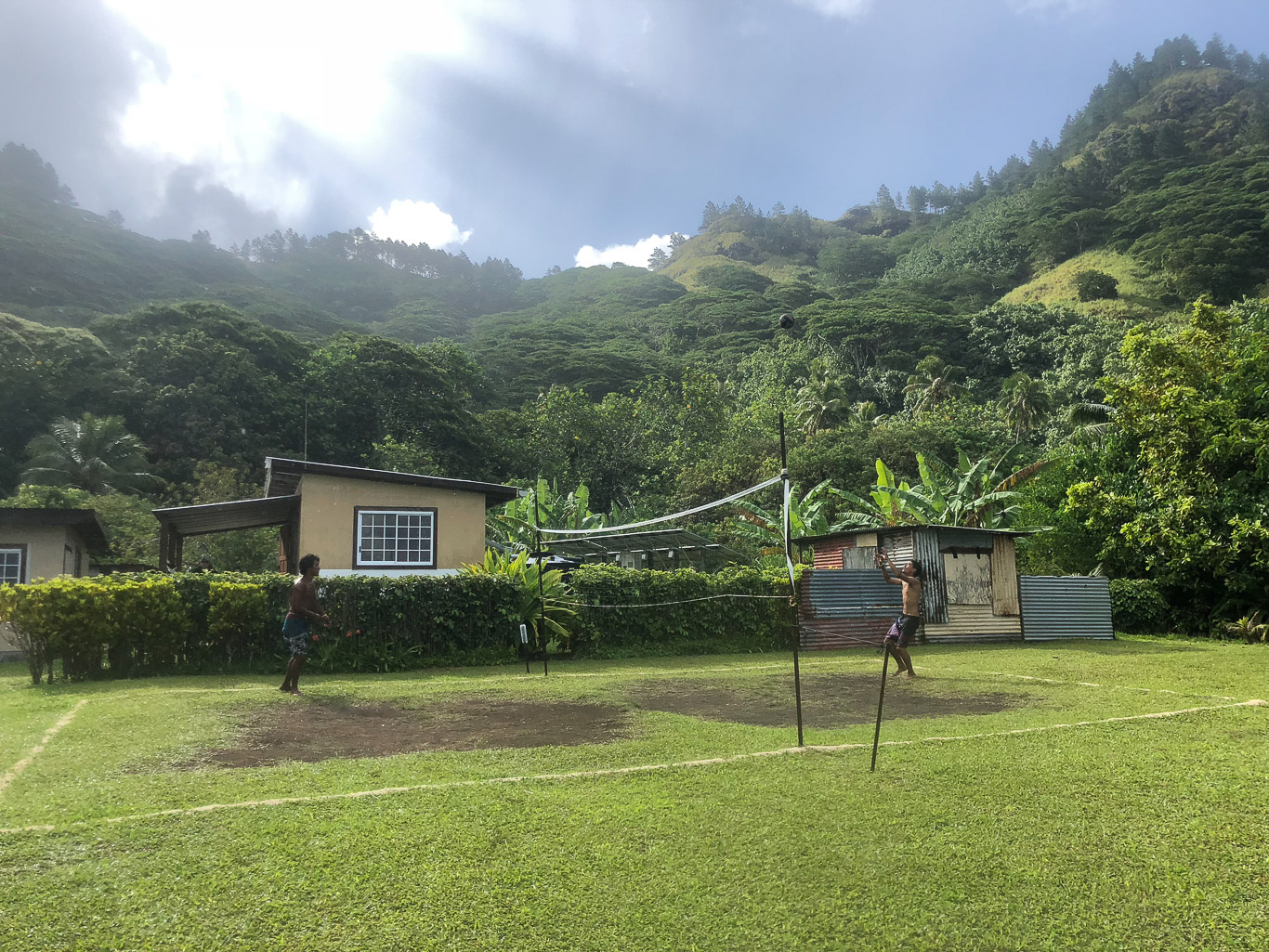
NEVER Too Many Whales!
The Turtles of Oponohu
We are now equipped to dive aboard Allora, so it’s been our pleasure to explore the coral canyons outside the pass in Moorea and we’ve been rewarded with countless Hawksbill Turtle encounters.
Much like the Manta’s belly markings, the ‘mosaic’ pattern on the turtles’ cheek is unique to the individual, so I’ve been getting carried away with my Sony RX100V (in its housing, thanks Marcus for finding a great little camera!) trying to get shots to share with local researchers. ~DS
Manta LOVE in Tikehau, Tuamotus
Pictures are going to do most of the talking here. Just think about the size of these amazing creatures, ten, twelve feet wing span (Manta Alfredi get up to 18’ across). Watching them move, like huge underwater birds, is mesmerizing. One bunch of six or seven literally bowled us over. You can find them in this spot pretty reliably because it’s a cleaning station. Diana was hooked. Another boat came to join us, Jacaranda, who we knew from their blog and got to know on the Single-Sideband radio net that covers this part of the South Pacfic (called the Polynesian Magellan Net, at 8173 USB, 0800 and 0600 local time). Linda is as crazy about looking for new fish as Diana, and she and Chuck had some amazing experiences hanging out with Manta researches on the remote island of Socorro in Mexico. I spent the morning writing, but Diana and her dive buddies got out with the Mantas early each morning. During one of their best sessions they watched a pair doing a courtship dance and then mating which is a rare thing to observe in the wild.
Diana dove with the Mantas twice a day for the week we hung out and took, you might imagine, thousands of pictures. Some of those she sent to an organization called the Manta Trust, (https://www.mantatrust.org) which uses the unique patterns of spots on a Manta’s belly to identify individuals. They encourage people to send in their photos, and then experts in each region identify and catalogue them. Diana sent them pictures of seven distinct individuals. Six of them had been identified before, and they shared some of the information they had from previous sightings, where when, doing what. One of them was brand new to the researchers. They told Diana that they have identified 70 mantas just in Tikehau, so now that’s 71. The next fun part, was that all seven had numbers for identification but needed names. So Diana gave them Polynesian names. Haley’s boyfriend suggested that ‘Liam the Manta’ would make a fine name, though inspiring a Manta name as that would be, it did not make the final cut.
Meet the Mantas:
Ma taa raara – (A shining, or bright eye)
Vavevave – (Speedily!)
Atae – (Surprise)
Marema re – (Sparkling as the saltwater at night)
Tamure – (Dance Together)
Atavai – (Elegant)
Manino – (Calm, Smooth)

Polynesian beauty with an Emperorfish. I brought the dinghy over to say hi and see what they were up to and she shared two fish with us for dinner.
Rangiroa -The Tuamotu Folks Have Heard Of
Our first instinct, on our initial pass through the Tuamotus last year, was to avoid Rangiroa. It seemed too popular – with actual hotels for tourists, including those ‘elegant’ thatched roof bungalows out over the water that plague Bora Bora. But on our second pass this year, we ended up spending a month in this largest of the Tuamotus atolls.
I’ll keep my part of the motivation for staying so long to one sentence: Rangiroa has the best bonefishing in the Tuamotus. Okay, moving on. Okay, well maybe not moving on. I broke both my nine and eight weight rods on these fish. I used up my entire stock of number 4 hooks. I fished everyday, and there were bonefish wherever we went, even at the touristy Blue Lagoon. We’re not talking armies of tourists, lets say a couple dozen for a whole day in three or four small boats. One group even waved me over and fed me lunch. The tour operator was an avid fisherman and pure Polynesian friendly. He told about a spot where he’d seen a giant bonefish, so big that at first he’d mistaken it for a shark.
Unfortunately, I never got over there. The wind shifted and we had to pull up anchor – which is a short sentence for describing a pretty harrowing situation where our anchor windlass failed, and we had to untangle the anchor from some nasty bottom, manually, and then with a little luck and jimmying of the windlass control, we raised the Rocna, just as the waves and wind built in earnest. Fortunately, we figured out the wiring problem at the next anchorage and it was an easy repair. ~MS
To Be A Dolphin!
I don’t know quite how to describe the magic of diving with dolphins. They played, they chatted, they rolled and swooped, they came over begging us to rub their bellies. We lost track of our depth and where we were. They came to see us two out of our three dives in Rangiroa’s Tiputa Pass. It was probably better the second time, because it was easier to slow down and take it in, rather than worry that they would only be there for a moment. It was wonderful to swim with them in their element, to watch one jump up out of the water, looking from below. In Baja we always debated which we loved more dolphins or whales (now there’s a silly argument), and it generally depended on which we’d seen most recently. I remember us saying, ‘dolphins, definitely dolphins’ once, and seriously just few minutes later a humpback breached out of nowhere and it was ‘whales, definitely whales.’ Guess what the sentence is now? ~MS










The wildlife of these remote atolls, which were originally called the Puamotus (poor islands) where lesser chiefs were once exiled, is addictive. It never stops. ~MS




Return to Paradise – French Polynesia
Fakarava North
Anyone watching us might have wondered what we were up to, bouncing back and forth between the anchorage off of Rotoava and a spot near the north pass of Fakarava. Part of the story is that you need winds with some north in them to be able to sit by the pass comfortably. There’s a nice public buoy by the channel marker and the snorkeling there is pretty awesome. Diana became quite familiar with its retinue of sharks and one particularly friendly triggerfish. I liked the spot because it’s a jumping off point for going to the far northwest corner of Fakarava. This is a nature preserve area, so no anchoring allowed. It’s about a five mile dinghy ride, but a pretty cool spot with some really nice fishing. Diana explored with me the first time, and I did the 10 mile round trip a few more times on my own. I brought a VHS radio in case I had any problems. Occasionally, a few boats brought tourists from visiting cruise ships to a place out that way they like to call the blue lagoon (every atolls got to have one). It’s a pretty spot and they bring lunch. I was lucky this time that they did, or not lucky depending on how you look at it. While I was off wandering across the endless flats in search of bonefish, one of these tour operators spotted Namo anchored by the shore of one of the motus. Apparently, he could not think of a single earthly reason that anyone would park a dinghy in that remote spot (not by the blue lagoon). So while I was out of sight, he “rescued” Namo and towed her away. It’s true that if one of the sailboats in Rotoava lost a dinghy this is where it would float to. Lucky for me there was still one other tour operator in the area, though it was a bit of hike to get to them. He was able to get one cell phone call out before he lost the signal, and after about an hour of chit chatting with the cruise ship passengers, Namo reappeared with the apologetic tour operator at the helm. ~MS
Toau
I think we’ve been to Toau four times now, maybe more. Diana’s posted about it before. The difference this time was that a new group of sailors was moving through, having done their crossing this year. It was interesting to see the island get new visitors, sailors who migrate through each year, visit the same spots, have barbecues on the beach, talk about their experiences crossing the big ocean, and think about the mysterious way the wind messes with the tides. There’ll be another group next year, too. We are so remote and still there is a steady presence. Toau is a popular spot, despite its tricky pass, for good reason.
Among the new crew were friends we made in Baja, Mike and Katie on Adagio. They have dive tanks and a compressor, so we got to do a little scuba diving. Mike is also a pretty fanatical fisherman and gets as excited about the subject as I do. He’d only been fly fishing once before, kind of on a lark in Yellowstone. But we grabbed a couple rods and went out a few times to see if he could hook one. Fortunately, he’s a good enough fisherman to understand that’s a pretty tall order for a first time, but he got a few shots, enough to get a fair idea of how addictive it can be. The fish were being tough in Toau this year, giving me a hard time, too.
We spent a little time on our own, too, doing what we do. Freediving to photograph fish, and yep, more fishing. Lots of water time.
We moved around to Anse Amyot, (the ‘false pass’ outside the atoll in the north), for a little more diving with Adagio, which was excellent, including some caves in the reef absolutely jam packed with sea life. I fished a little more. We bought some wildly overpriced lobster from Valentine, the snaky operator of the business there and had a wonderful lobster dinner with Mike and Katie. Valentine tells the story that she came to Toau as a little girl from nearby Arutua in a small boat with a two horse outboard. She says she was brought by her father to keep her grandfather from stealing her. She has his name, is the explanation. She’s been there a long time. She’s very, very religious. But she doesn’t seem particularly happy with her lot. There’s a defunct phone booth on the motu and a very funky pension. They installed buoys for sailors ($5/night) from the time there was a village here. This is the first place we’ve been where we felt this proprietary vibe, but the option to tuck in safely on the outside was sure nice. ~MS
Gambier Archipelago, FP, Cyclone Season
We underestimate gravity
living mostly in a flat world
or buoyed by the sea
or by the power of internal combustion engines,
jet turbines
until the boat heels just fifteen degrees beating to windward in moderate seas
and making coffee becomes a heroic adventure
I’m still trying to understand, to viscerally know
how gravity is mass bending space time
I do get that gravity is like time, in this crazy wingding world
falling toward the future
resisting it is an illusion
even our thoughts are not free of gravity
normal looks strange, titled just a little off angle.
~MS
Haraiki to Hao, Tuamotus
Madison’s Tuamotus Visit
We’ve fallen in love with the Tuamotus, as most people do, so getting to share this utopia with Maddi over her winter break was really special. We’d promised a much needed rest, but ended up playing pretty hard, so hopefully her soul was recharged and enriched by the warm, turquoise waters brimming with life and the sun kissed days filled with simple, yet active goals. We ended up hanging out in Fakarava and Tahanea, two atolls with abundant wildlife/wilderness, (always appreciated by Maddi) and we just may have spent as many hours in the sea as out of it! We’d been renting diving gear from a local provider in the south of Fakarava, but once we met up with our cruising friends, m/v Starlet, they ‘hooked us up’ with tanks and together, with s/v Makara, we dove daily. Pics of these shared adventures will be on the next post, but here we focus on our middle daughter, the shark whisperer.~DS
“Groupers Shining in the Light”
Fakarava, famous for sharks
rows of teeth, sinister, graceful
ominous patience at the top of the food chain
keen senses for a slip-up, a moment of inattention
fish hide in the coral after dark
unaware of a tail poking out
sharks imprinted with curiosity
follow every lead, investigate every anomaly
de facto enforcers of the status quo
stick to the rhythm
you’ll be alright, maybe
it takes attitude to be a grouper
shining in the light
defending your rock
even more attitude to be a grouper at night,
You should try living among swarms of predators
try to sleep or procreate, try to enjoy a little leisure
not surprising that groupers get a little touchy about their neighborhood
food funnels with teeth in their gills,
they present themselves to the world mouth first
Prettier tropical specimens keep a wary eye
slip between branches of coral as though sipped by a straw
everybody seems to know
that the sharks know
they’ve traded decent eyesight and speed
for jaws and uncanny 3D senses for smelling fear and panic
traded chewing teeth for biting teeth
Six Gill sharks eat as little as once a year
(you don’t want to be reincarnated as a Six Gill shark)
Triggerfish, with beaver-like teeth
flopping, rooting, peering under rocks
Bluefin Trevally terrorize the shallows, manifesting classic symptoms of ADD.
Parrotfish seem to know that they’ve been named after birds
fluttering over the reef
crunching coral, shitting and spitting sand
along with their groupies, Maddi and I call “friends of parrotfish”
Moray eels scowl from their caves
Moorish Idols parade along the branching staghorn
huge green Napoleon Wrasse contemplate a sex change
an octopus camouflaged in the rocks
how much brain power it must take to run eight arms
and change color and texture instantly?
I can barely pat my head and rub my stomach at the same time
those unblinking eyes
that gambler’s mouth breathing tube
shoals of shimmering, blue, wide-eyed baitfish
birds above, predators below, strength and peril in numbers
bobbits with scissor-like jaws lurk in the sand
800 species of deadly cone snails
Everything that can be eaten
is
iridescent ink glows in perpetual darkness
volcanic vents in ocean trenches are planning for the future
human concentration suffers from lack of predators
evolution is happy to start over
when our moment of inattention
gets the better of us
~MS
Tuamotus Gallery
Travel is Love

Travel is like falling in love
new, unconsummated love
crooning love
love like the first glimpse of a Marquesan island
before the anchorage becomes rolly
or the tiny population shares a dose of their chronic strep throat
like a Central American jungle before you try to enter
and find that every tree, bush, wild house plant has thorns
crawls with ants that bite like a son-of-a-bitch
white sand beach love, faintly rosy with crushed coral
a place where you dream of living forever
a place where you might become homicidally bored
a place before
imperfect personalities, awkward intercourse
young hearts, seafarers, learning when to pull up anchor
But I think
love is not just a beating heart
love is often found in thorny jungles
on white sand beaches with sand flies
it is found in patience and acceptance,
love is arriving at the same island over and over
with wonder and a racing heart
Travel should be like that.
~MS
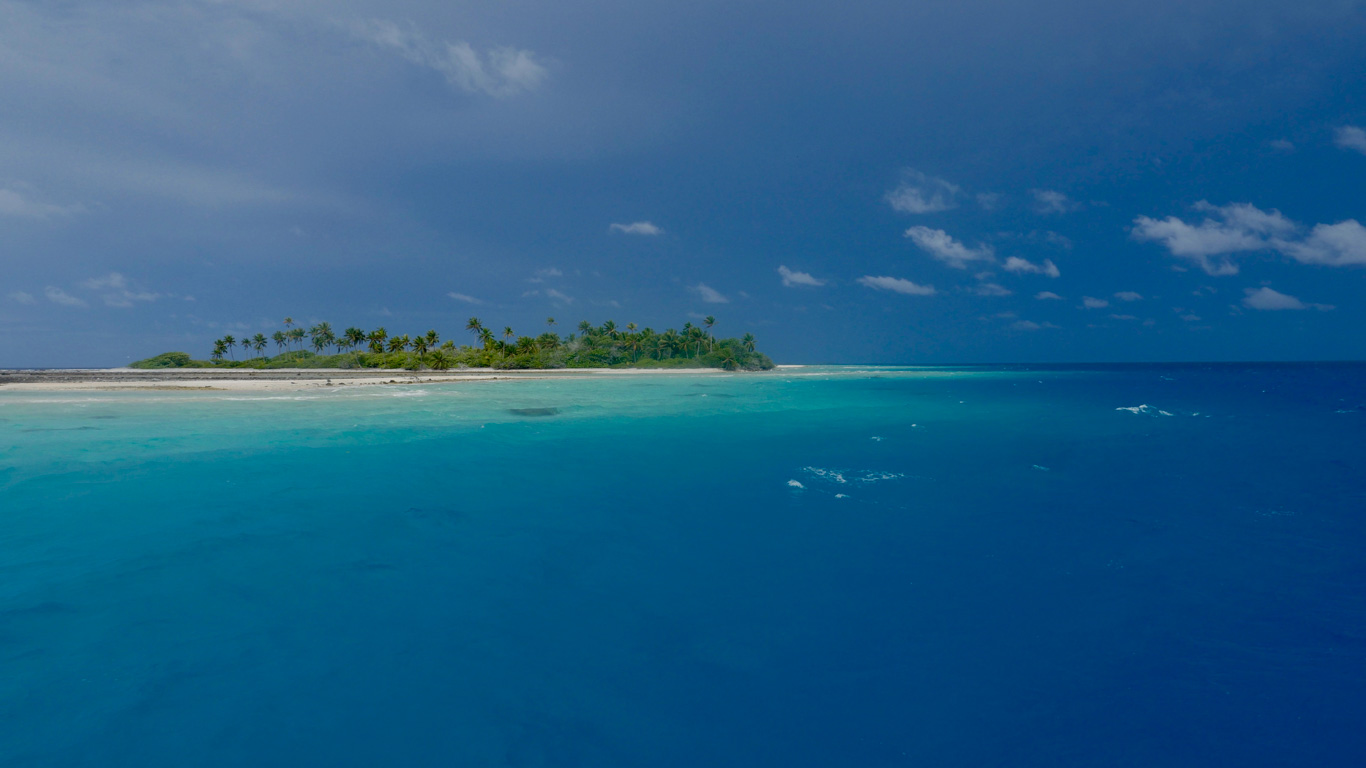
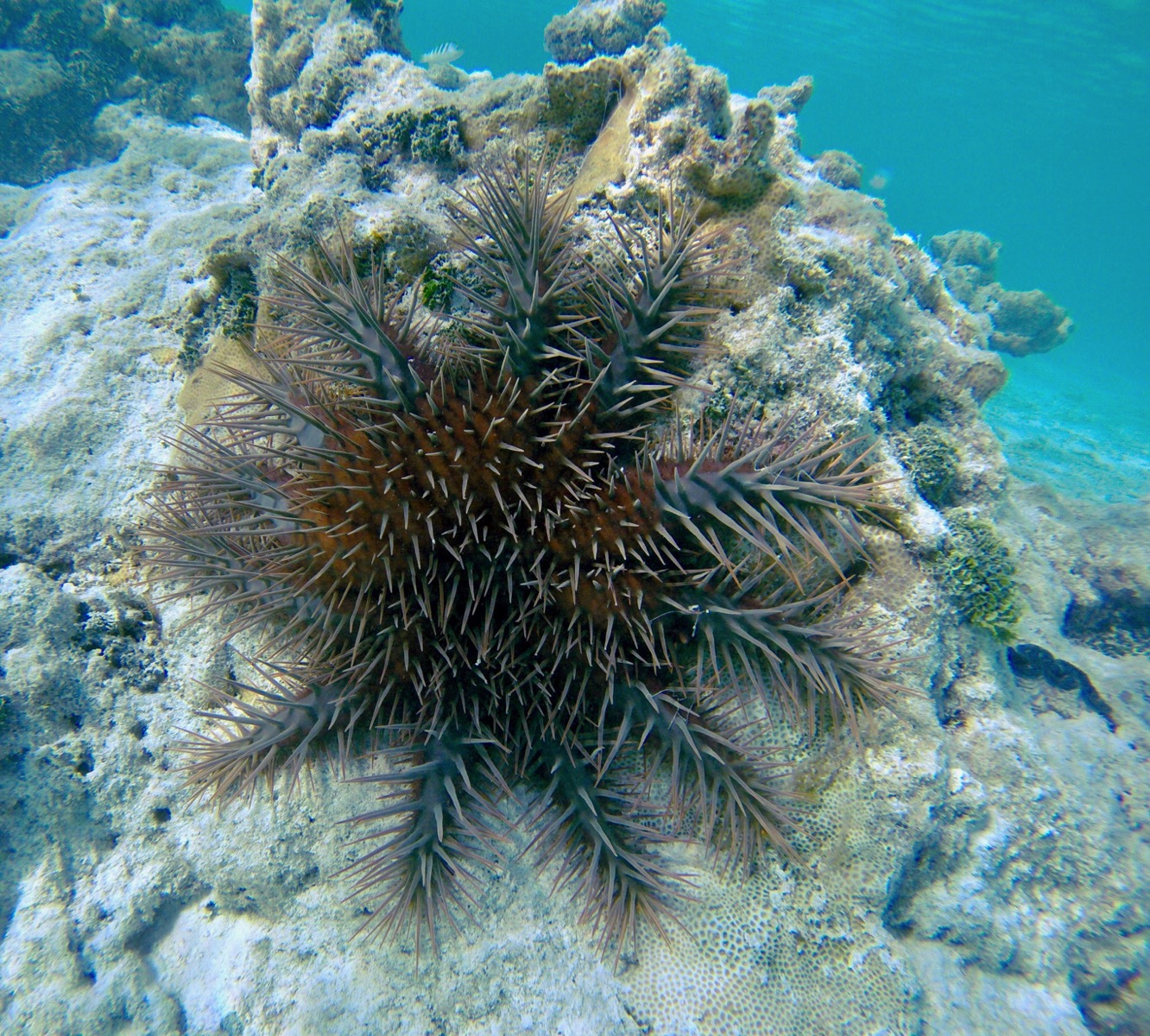
Found this Acanthaster (venomous Crown of Thorns Starfish) while snorkeling in 10′ of water off our boat.
They voraciously eat coral and are considered a scourge

These two were in less than 1′ of water and as I approached, one octopus reached out to ‘hold’ the other

I feel the same way when I get my hands on lettuce – don’t worry buddy, I’m just admiring you!

This small white tern lays its eggs on bare thin branches in a fork or depression without a nest.
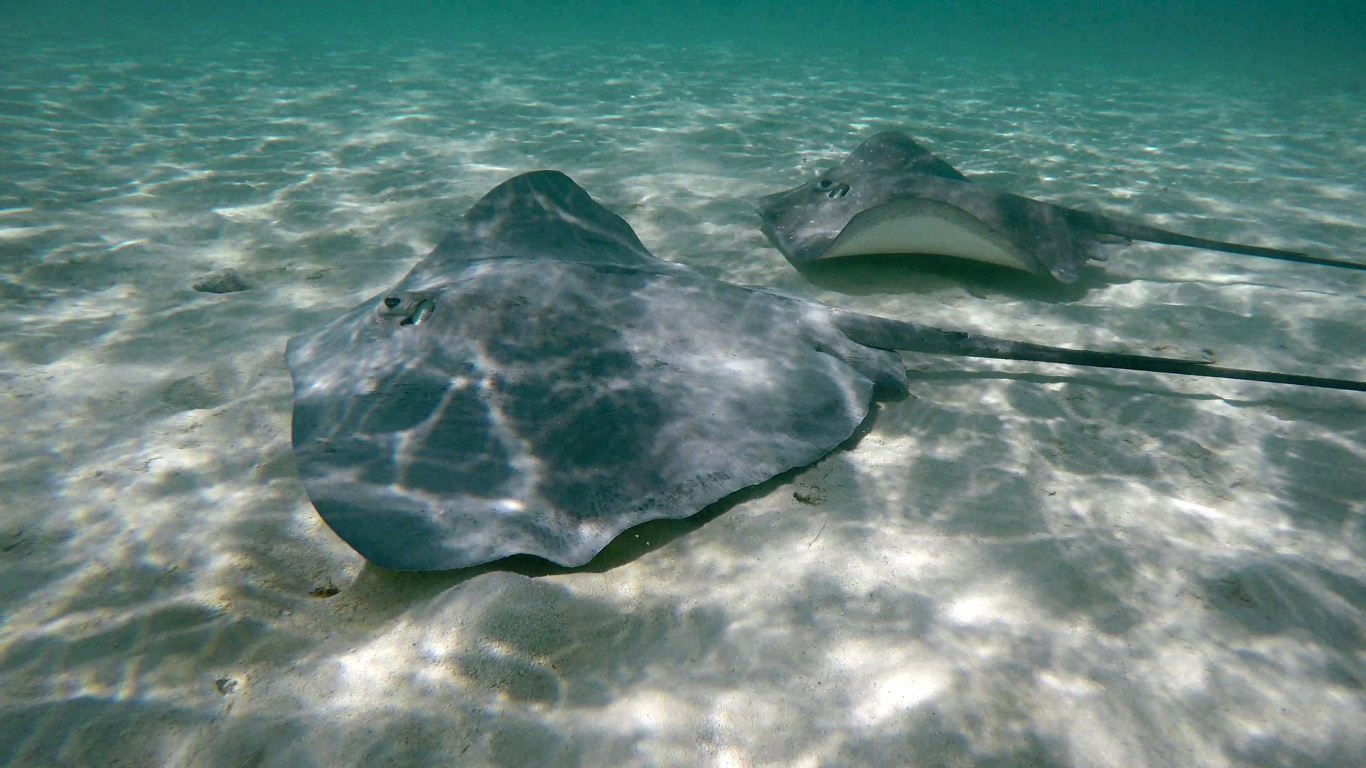
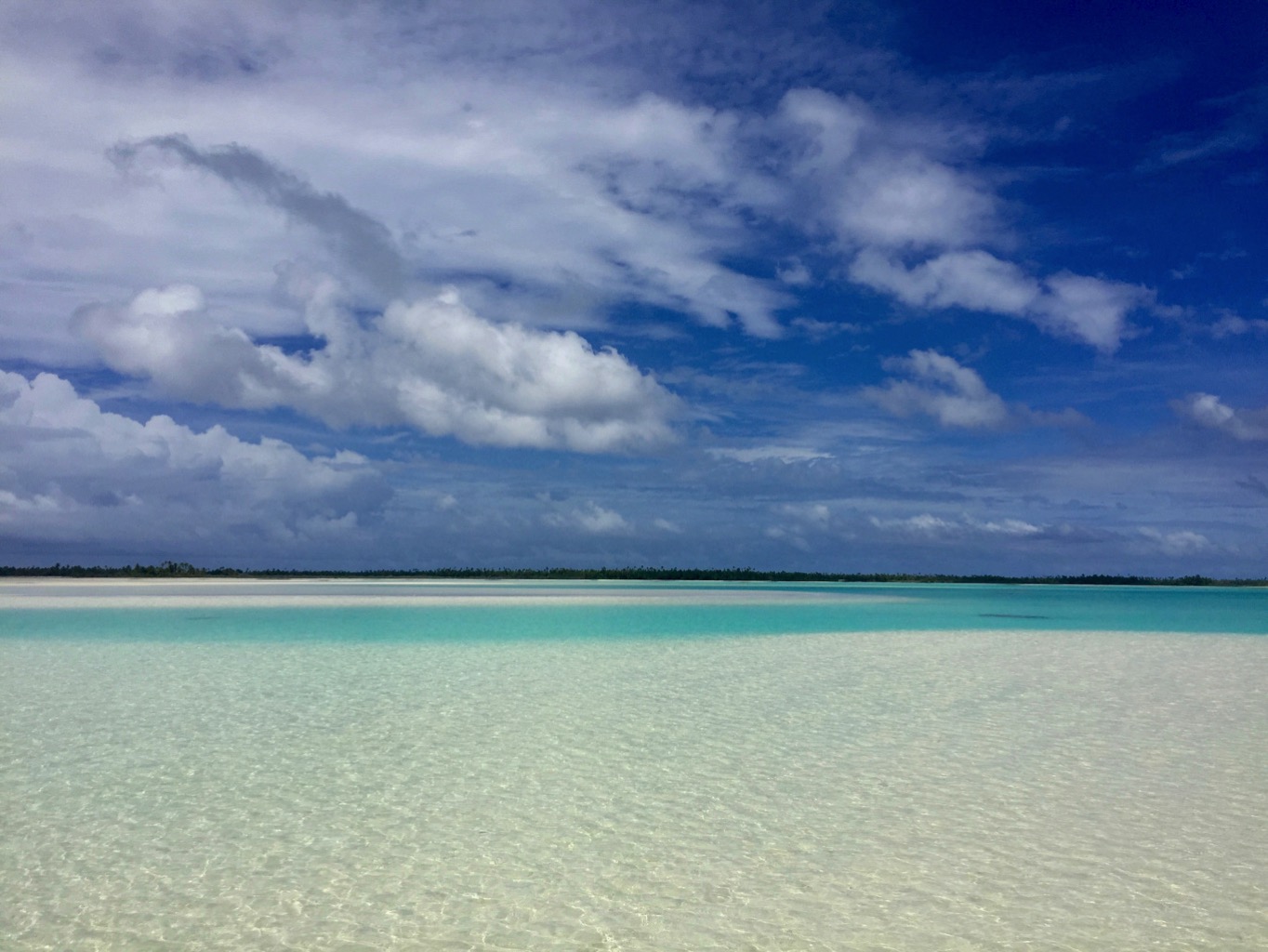
A grandmother, mother and daughter
Winter break from school, they spend a month on the Island
away from home in Fakarava
clearing the coconut groves
a hammock by the beach
they don’t have a lot
but they have a tropical island
~MS

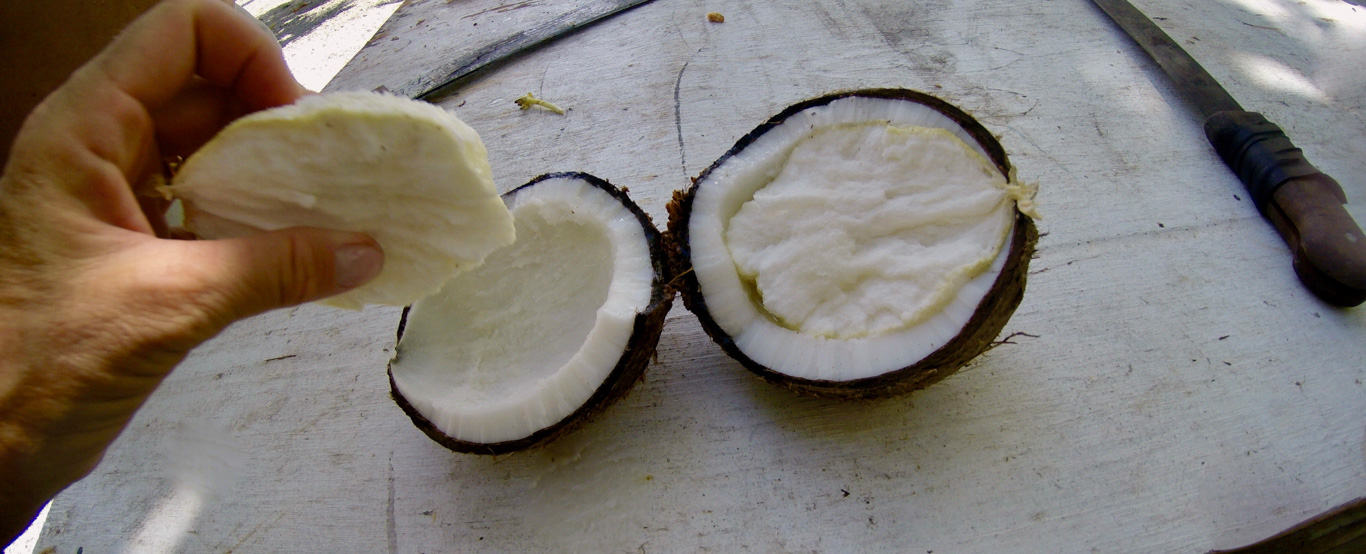
Heart of the coconut from recently sprouted coconuts.
This sponge replaces the milk space and is sweet and tasty-ish
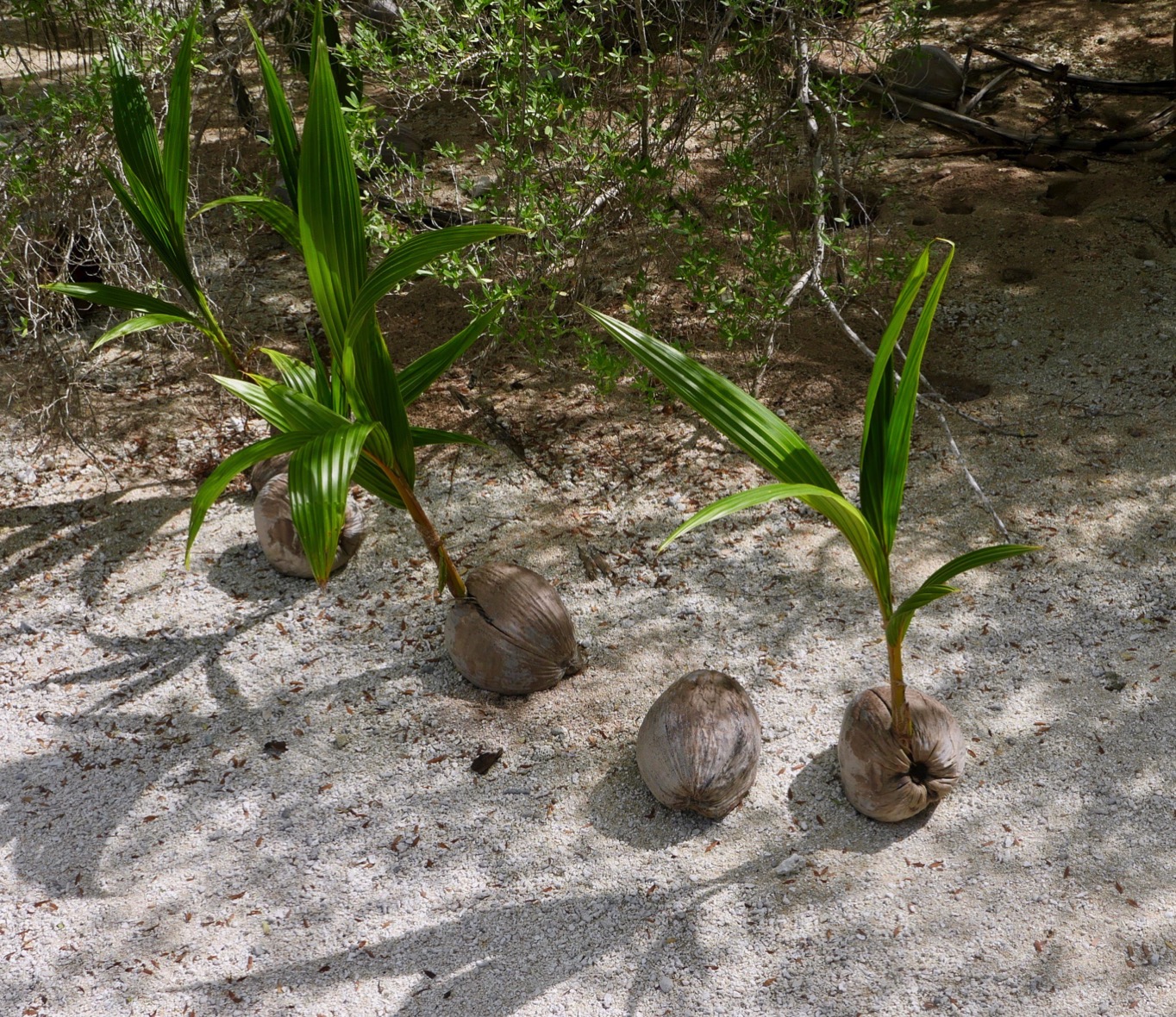
Prolific Palms will sprout wherever they fall
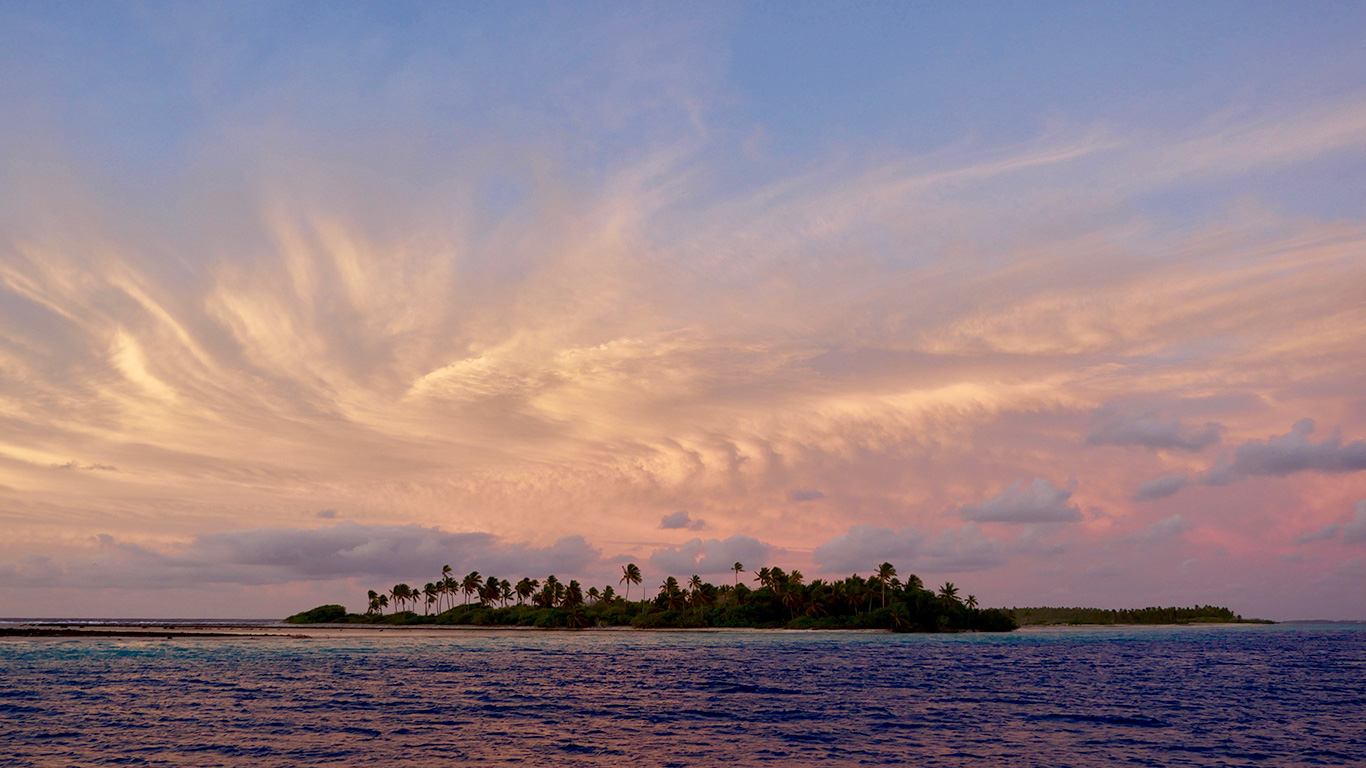
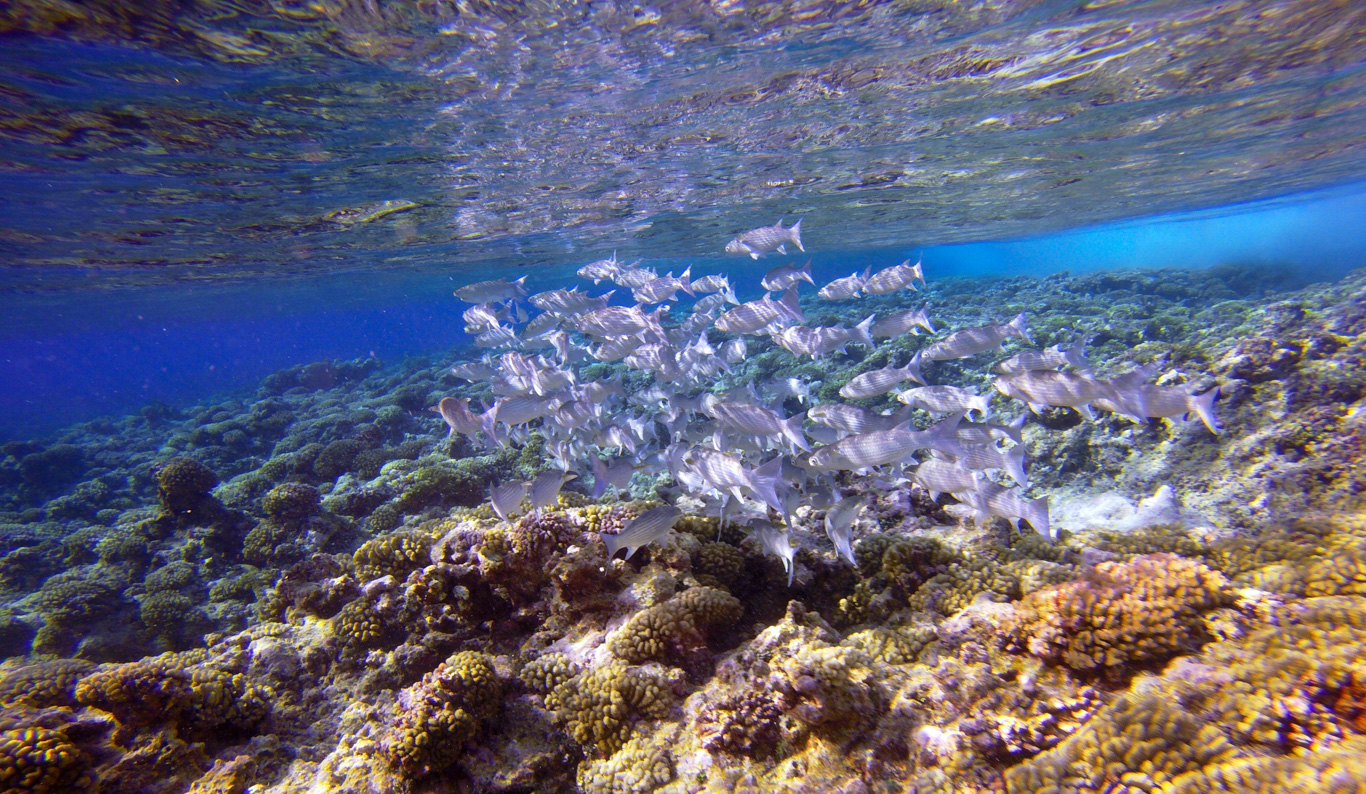
In the internet we trust
we believe in our digital sources,
sailors climb in their dinghies with their hard drives
swapping terabytes
open source navigation, the pass current “Guestimator”
it all sounds good, so technologically clever it simply has to work
we’re going where sailors used to dread
watched over by the faint, triangulated signals of satellites
google earth stitched over the old charts
some drawn diligently a hundred years ago by men who were dedicated, but human.
Rand and Ellen of the Catamaran Golden Glow
who bequeathed us so much of this digital treasure one hectic evening in Nuku Hiva
told a story about a family sailing in Polynesia
the daughter at watch, at night,
they hit an uncharted reef going full speed
dismasted, the father ultimately lost his leg
it’s hard not to be haunted by stories like that
on watch at night, sailing between Atolls
we remember the northern Sea of Cortez
only a few hundred miles from Los Angeles, real civilization
charted islands that did not exist or were miles off
once we appeared to anchor in the middle of the sea
An email via satellite from our friends on Starlet
they’ve heard that there is no internet in all of French Polynesia
a cable cut to Hawaii
True it wasn’t working in Kauehi
and I couldn’t post my perfect bonefish picture
so I guess there are still real world connections to the buzzing web
some lonely cable, thousands of fathoms below in the darkness
just couldn’t hold it together anymore
no escaping the real, physical world, after all
~MS
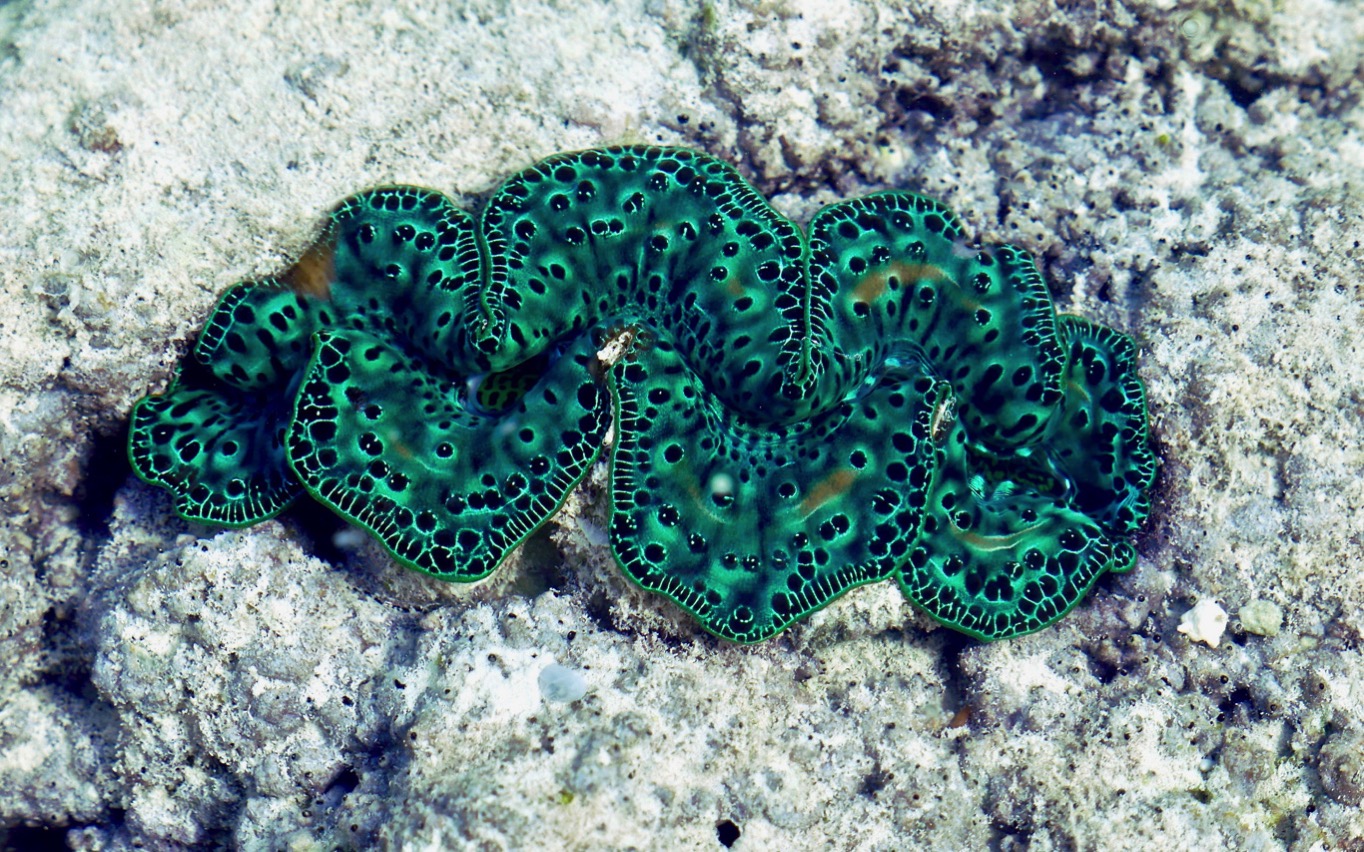
The ‘Tridacna Maxima’ shows up in every imaginable color (This mosaicist is wild about them!)

These abandoned homes get occupied during the copra harvest (coconut for export)

Whitemouthed Moray Eel (feeding on crabs)
Waterline Challenged (Lawsons, Maddi & Wyatt visit)
In August, we had the supreme pleasure of seeing how many loved ones we could fit aboard Allora without sinking her or going mad. Turns out it’s probably 7!
Actually, other than playing bumper bodies routinely and Scott slamming his head too many times, we managed well, sailed Allora, played hard and laughed a lot. It wouldn’t be called luxurious, but we had the sleeping spaces we needed and the Lawson’s were as mellow and relaxed as we could wish for. Wyatt and Maddi were here as well, both awaiting their Fall school starts. Those two can navigate Allora’s spaces and systems quite nimbly, so they stepped into their familiar ‘GREM’ role and really helped out. The coolest thing: with this group, we had a veritable band aboard! Concerts were spontaneous and the norm. In their absence, we truly miss the melodies.
Scott and Lori showered us with copious gifts, all useful and helpful, and we continue to be thankful, probably daily, as we make use of them. Sumner’s positive, can-do attitude was infectious; what a delight she is to be around – an ideal member of Team Allora. I treasured having Lori in my midst. Basically, we are already talking about when we can get these guys back. This voyaging life is extraordinary, but it is made even more so when we can share it with our ‘people.’ Come play with us!
Landfall Galapagos! Isla San Cristobal, 959nm from Panama City, Passage April 8-15th, 2017
Archipelago de Colon, April 15-25, 2017
Where is the tempo set?
on the avenues of new york london tokyo paris
or are they older than that
set by Luther’s hammer on the church door
the herd school flock shifts in rhythm to what secret signals
why does it matter if a man has something to do today
too much or too little
the sun is busy, the moon too with her secrets
and naked celebrations
water is always about to do something unexpected
the sky on a mission that does not tabulate human considerations
the stars are moving so fast they have time for little else
they don’t think for a moment about the implications of an infinite universe
belittling space and time and the business of anything or anyone, even stars
we move because life is motion
though even rocks are not still
there is no still point
no rest for the wicked
no rest
no rest
anticipation of the next wave or swirl of wind
is enough
until a stomach cramp, or the same anxious energy that brings a smile and satisfaction
sets a leg to tapping
mind worrying about something far away I cannot change
a fish and a hook
a plan and minor success to distract from the basic fact
that there are no ringing triumphs
or perfect endings
stubbed toes and broken knuckles and mosquito bites
that are more real than the scale of these mountainous islands
as out of touch as dreams and manmade stories
~MS
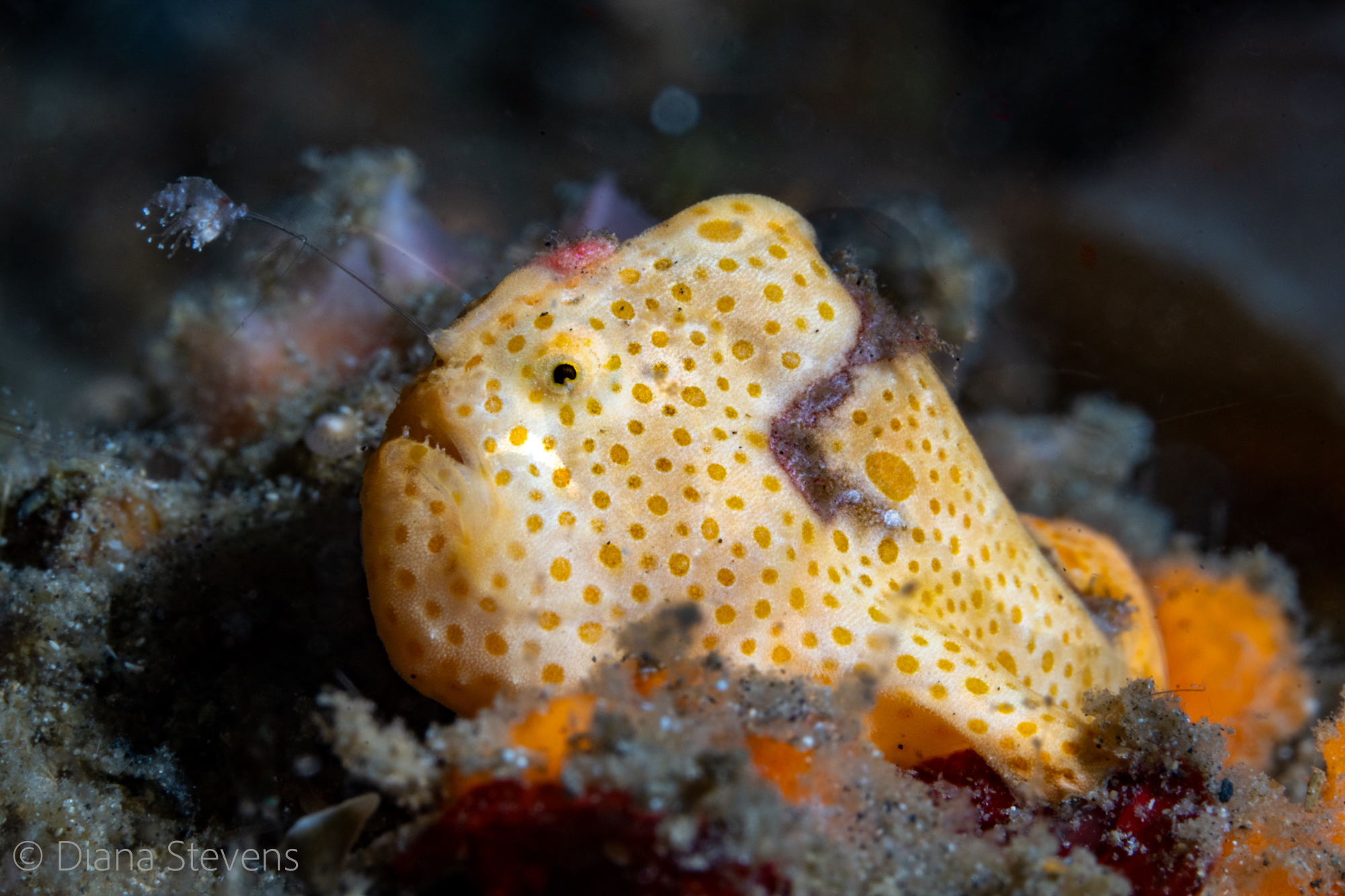

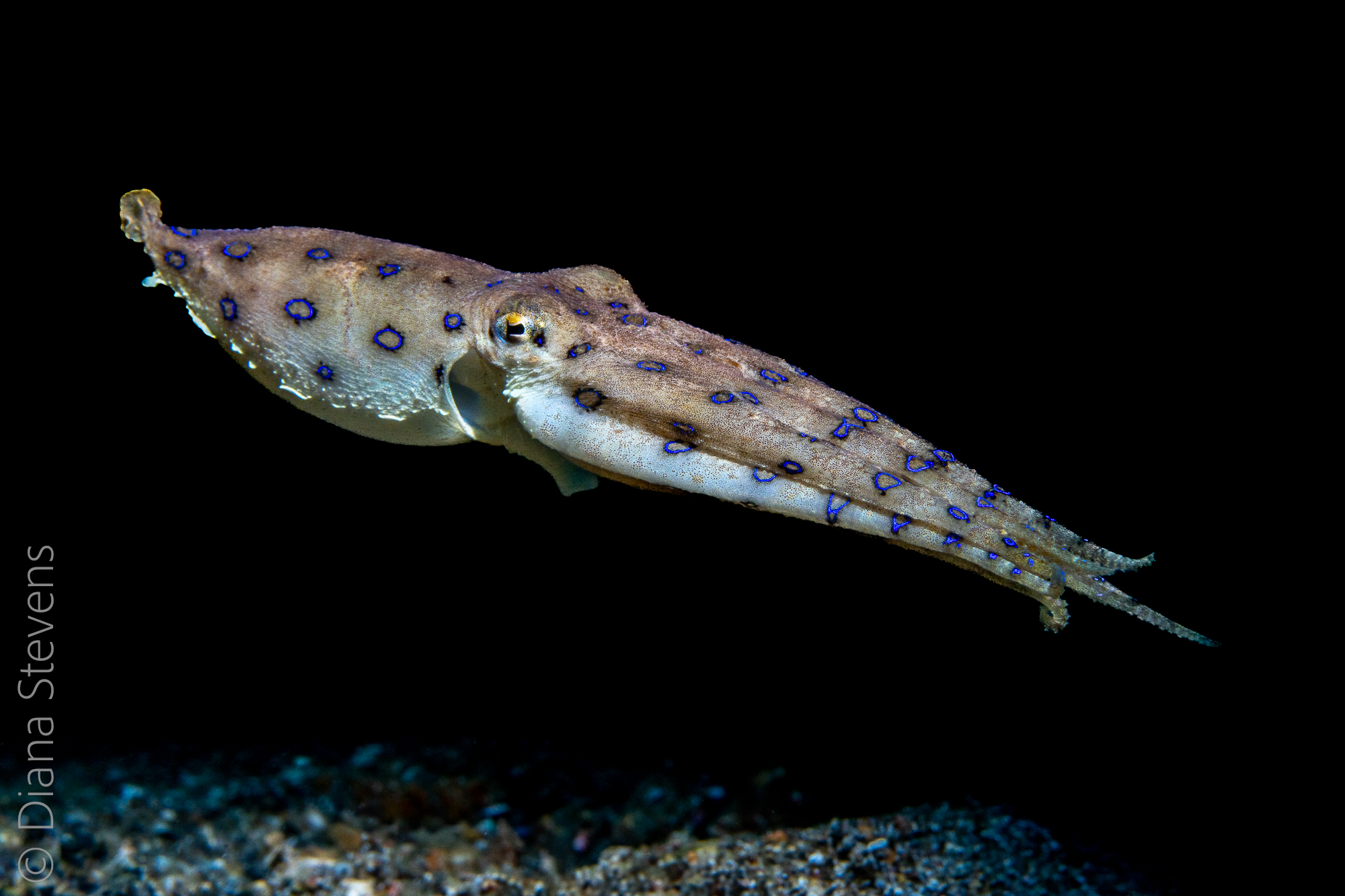

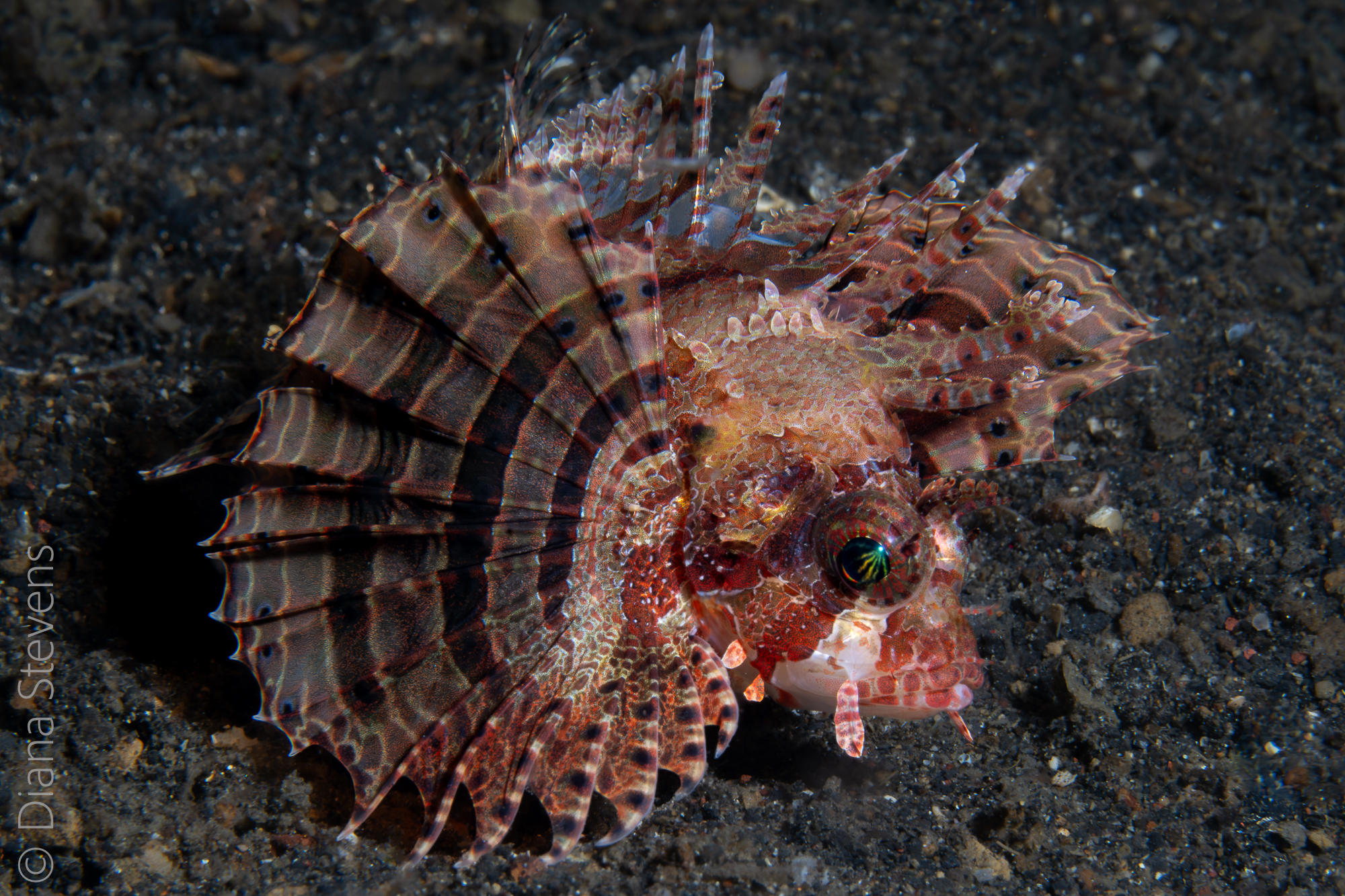


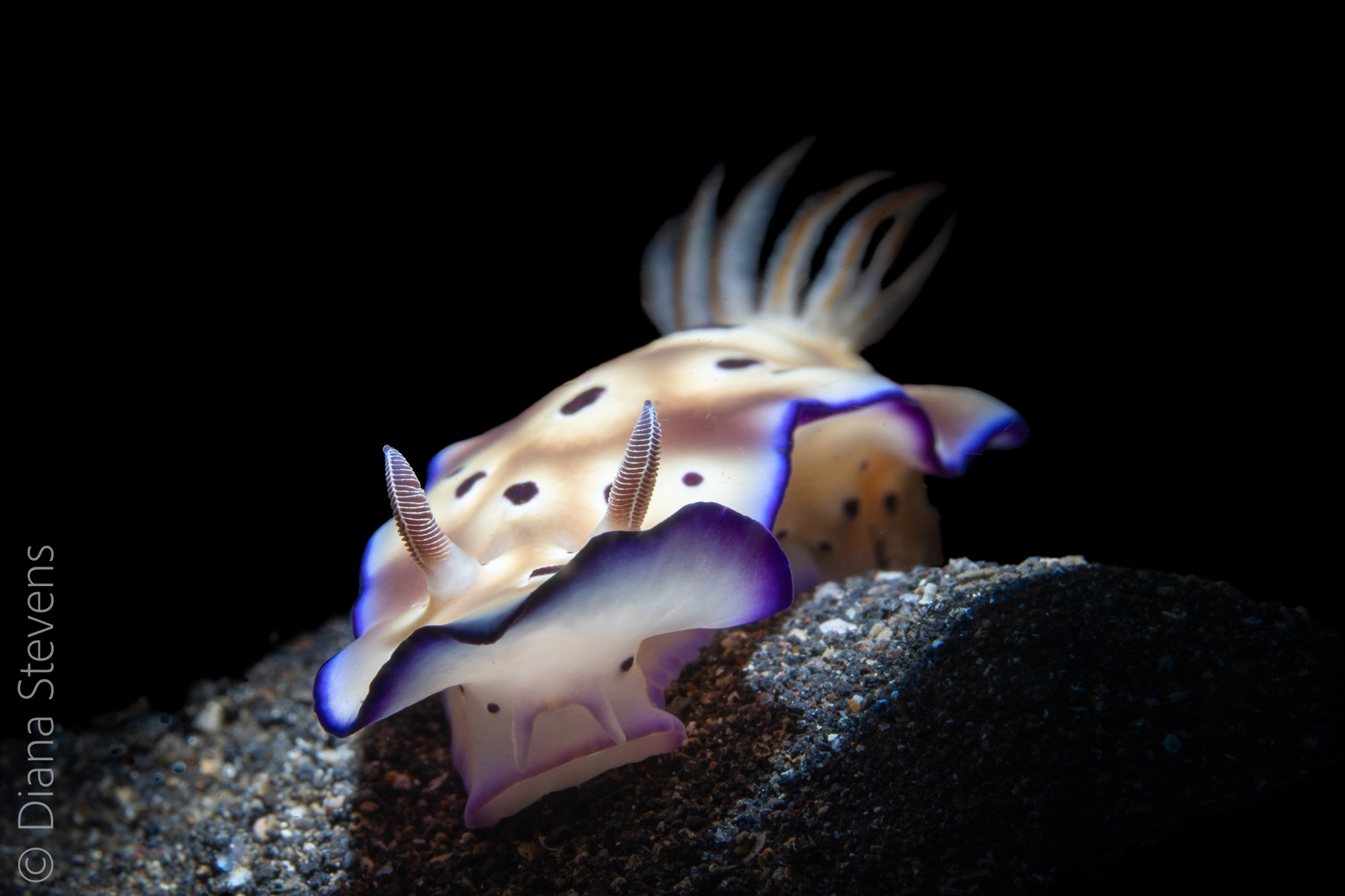


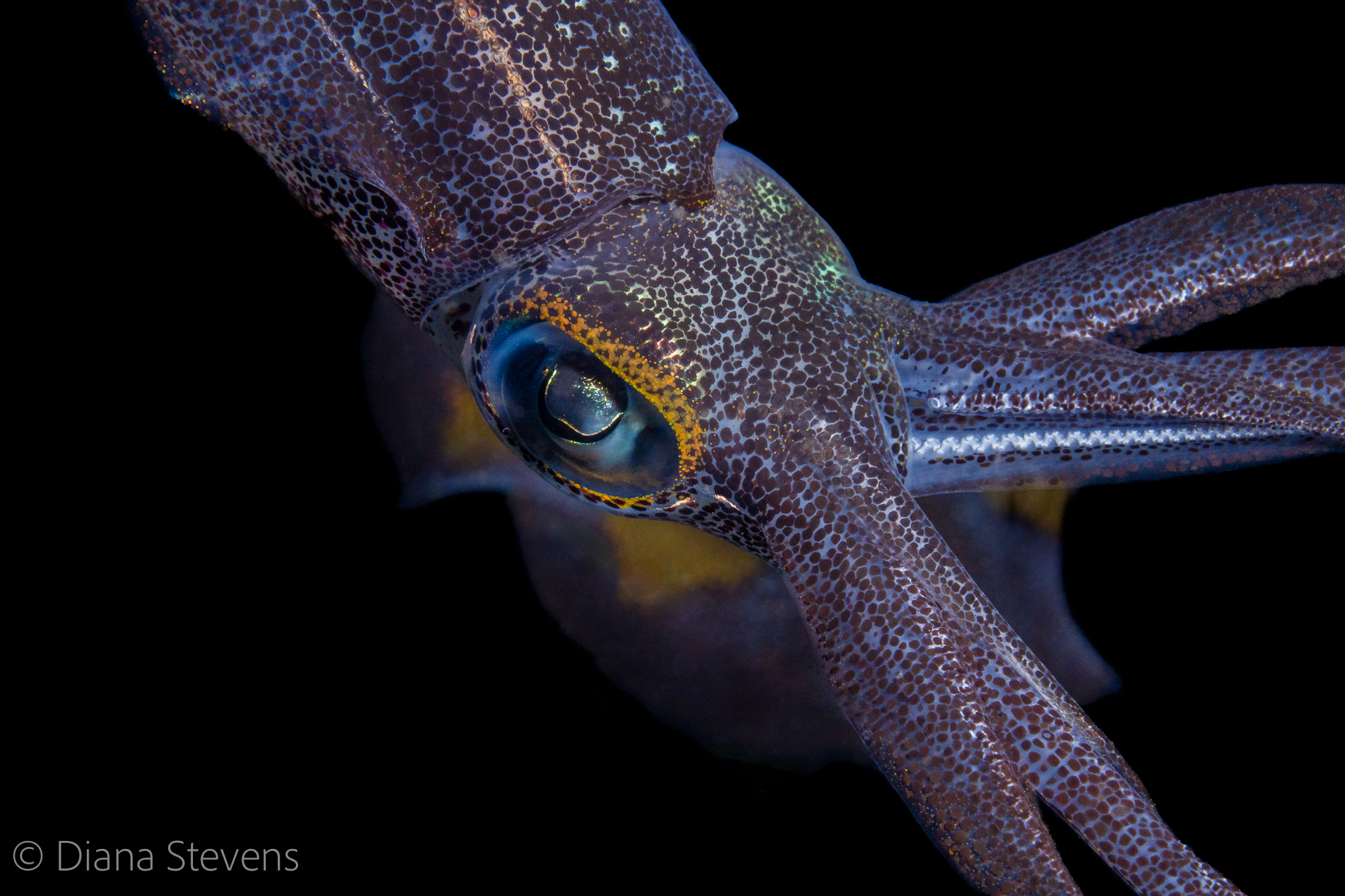
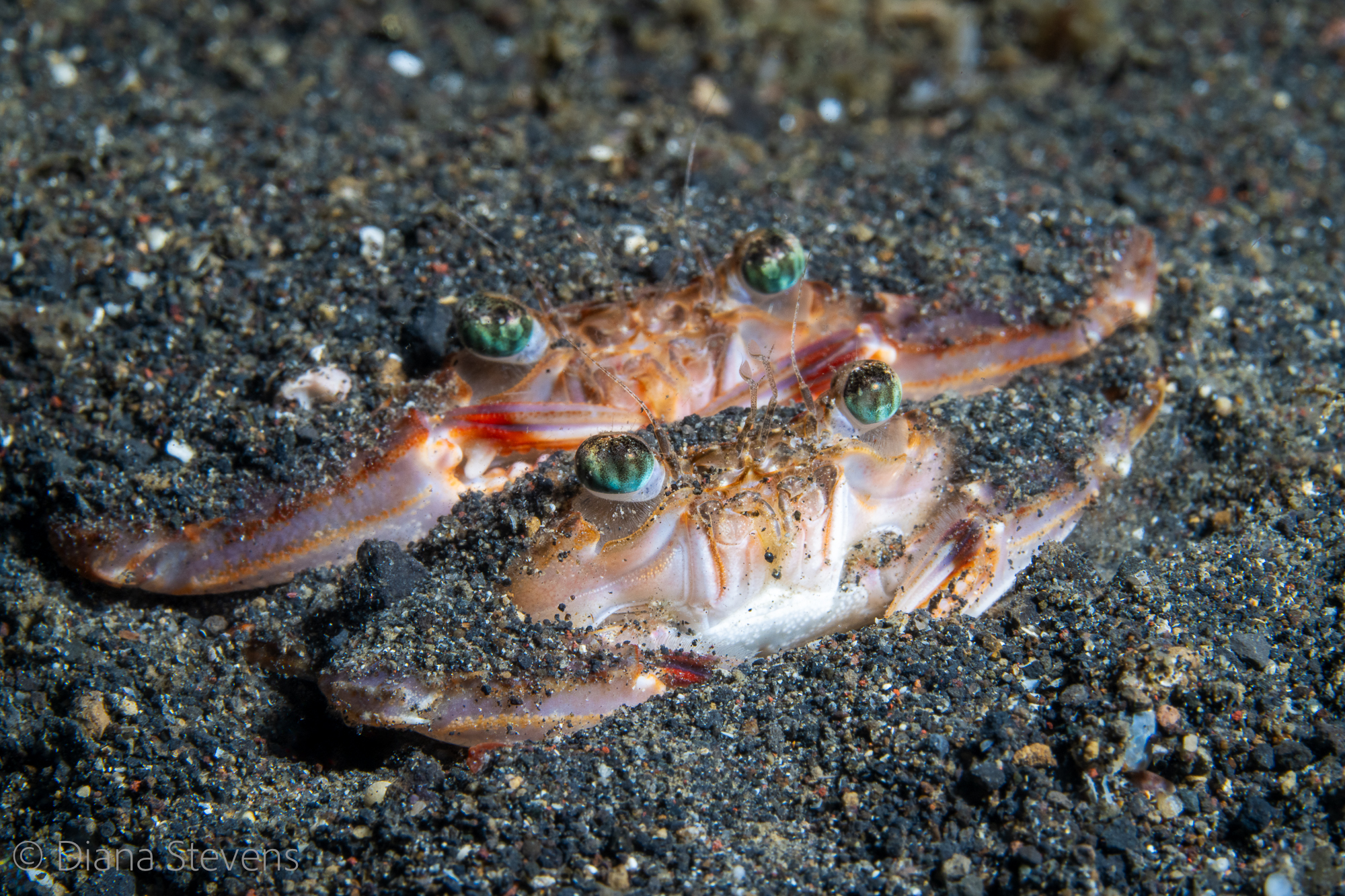

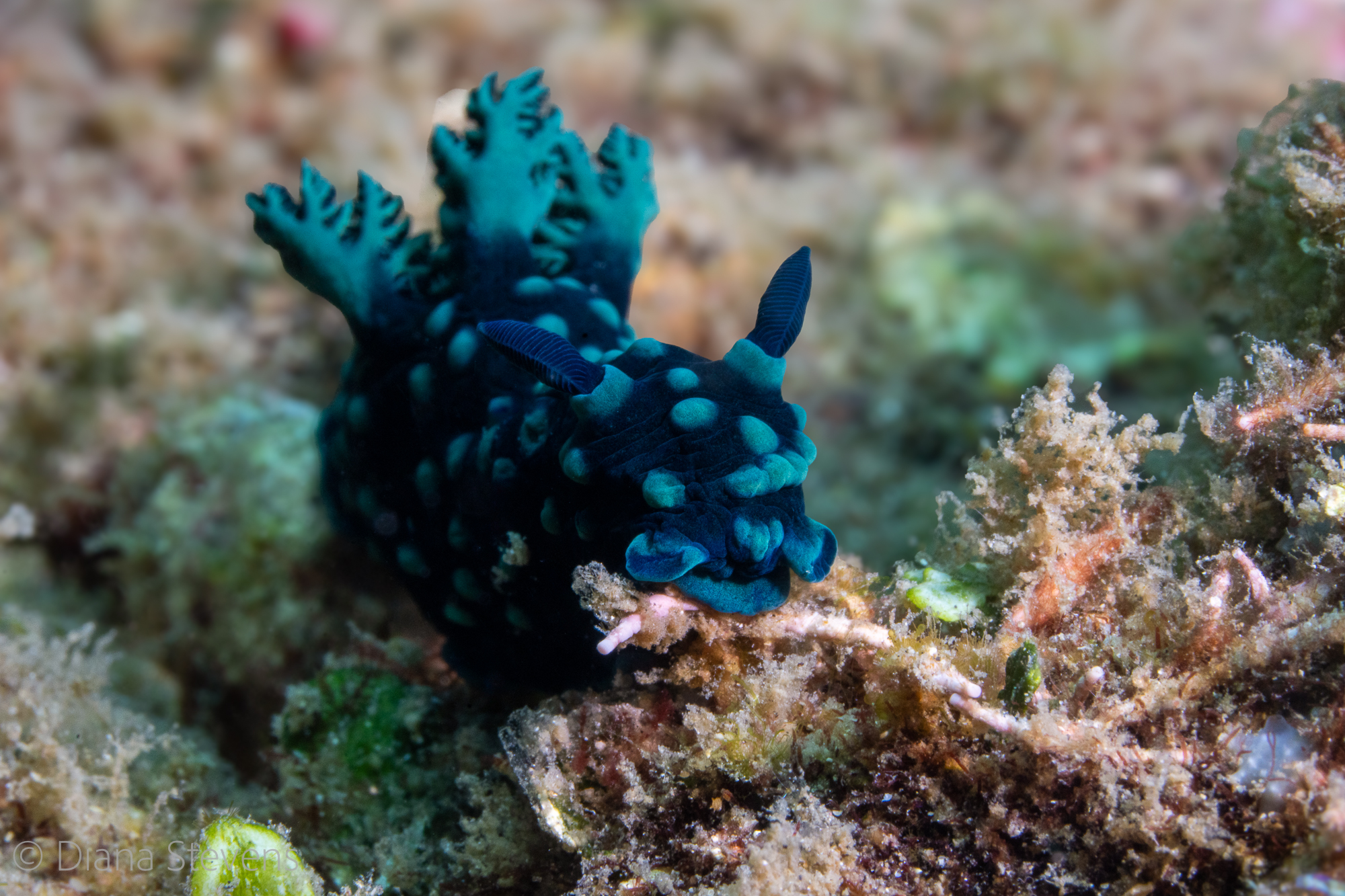

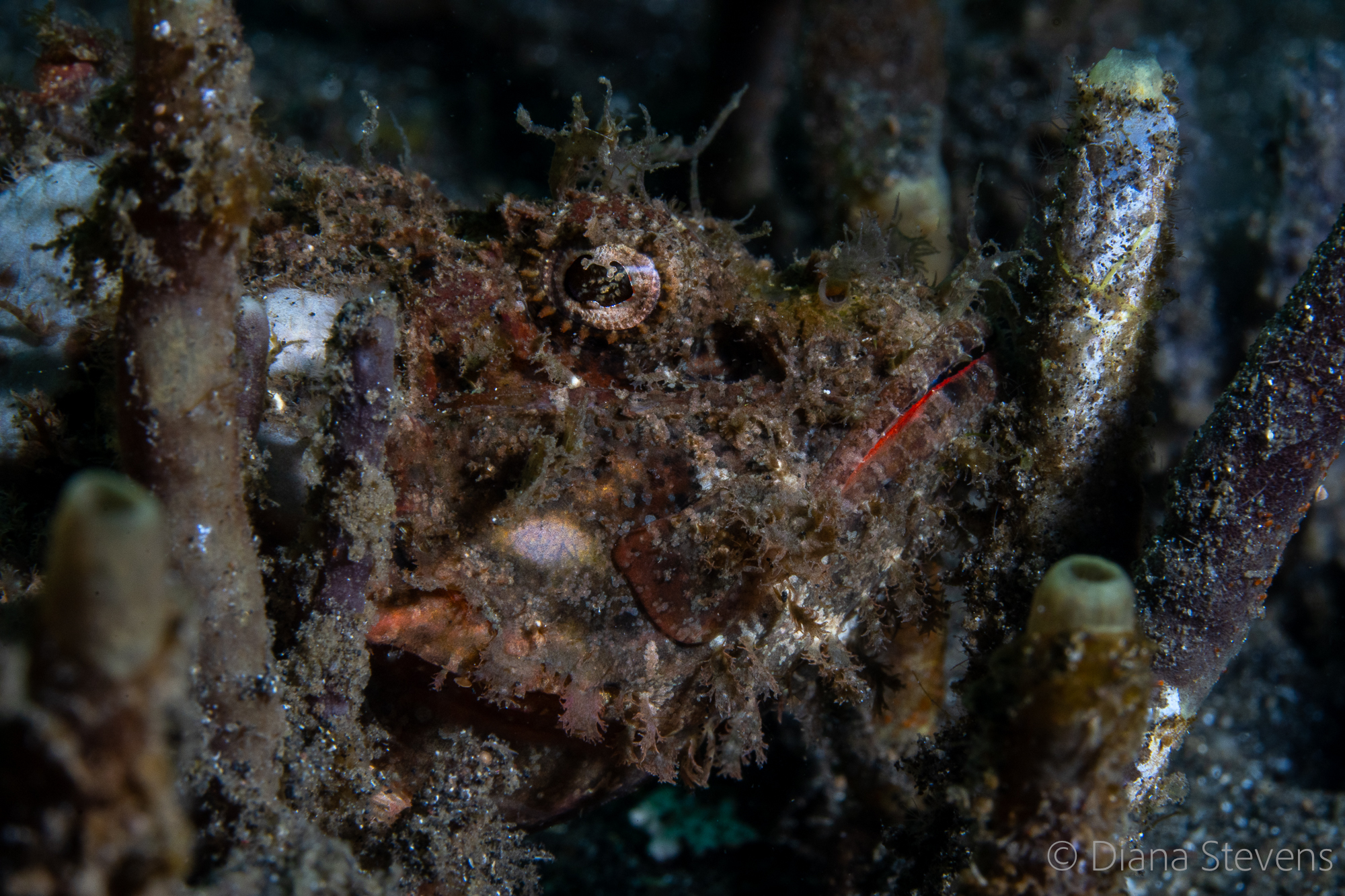
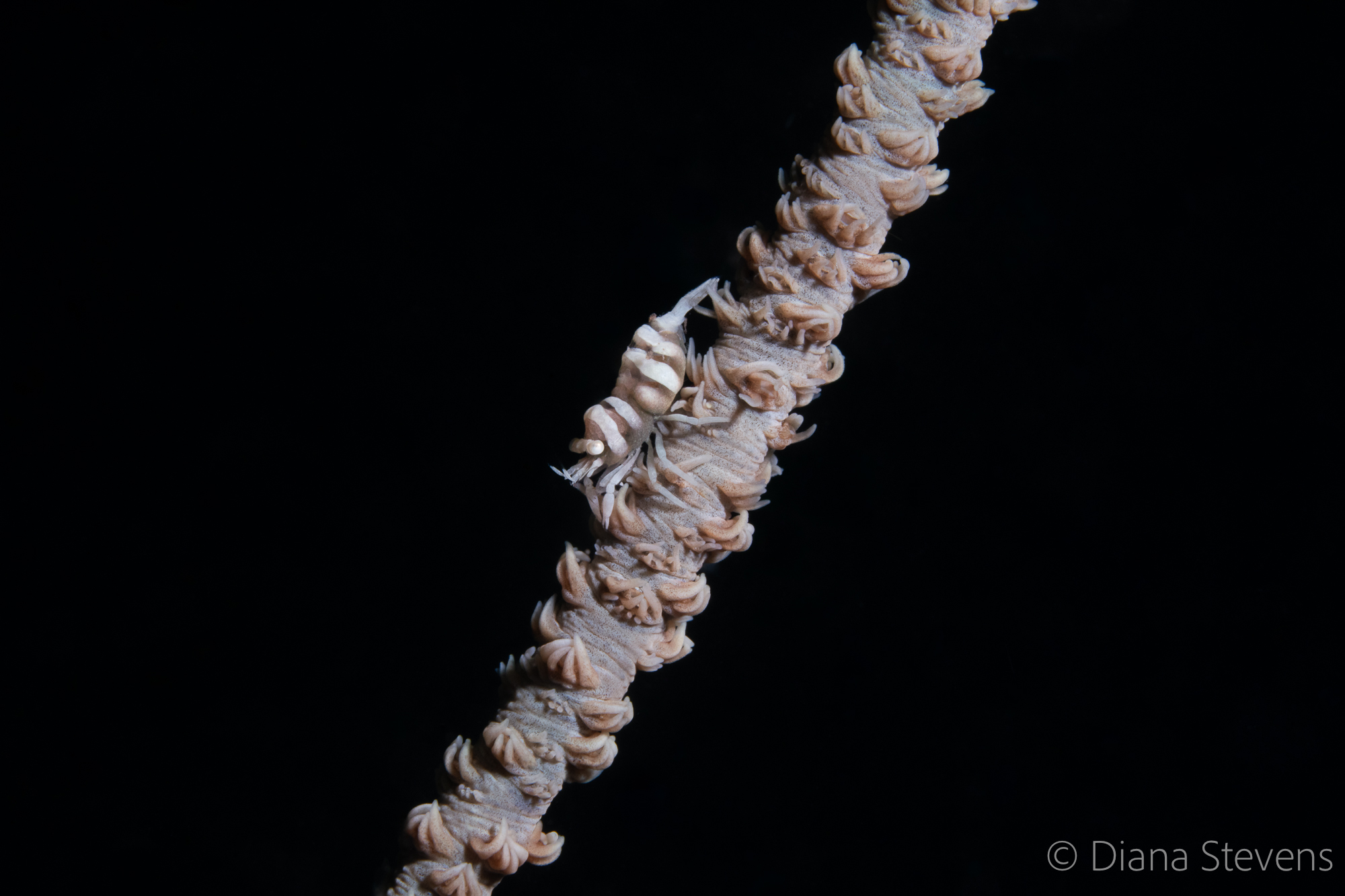
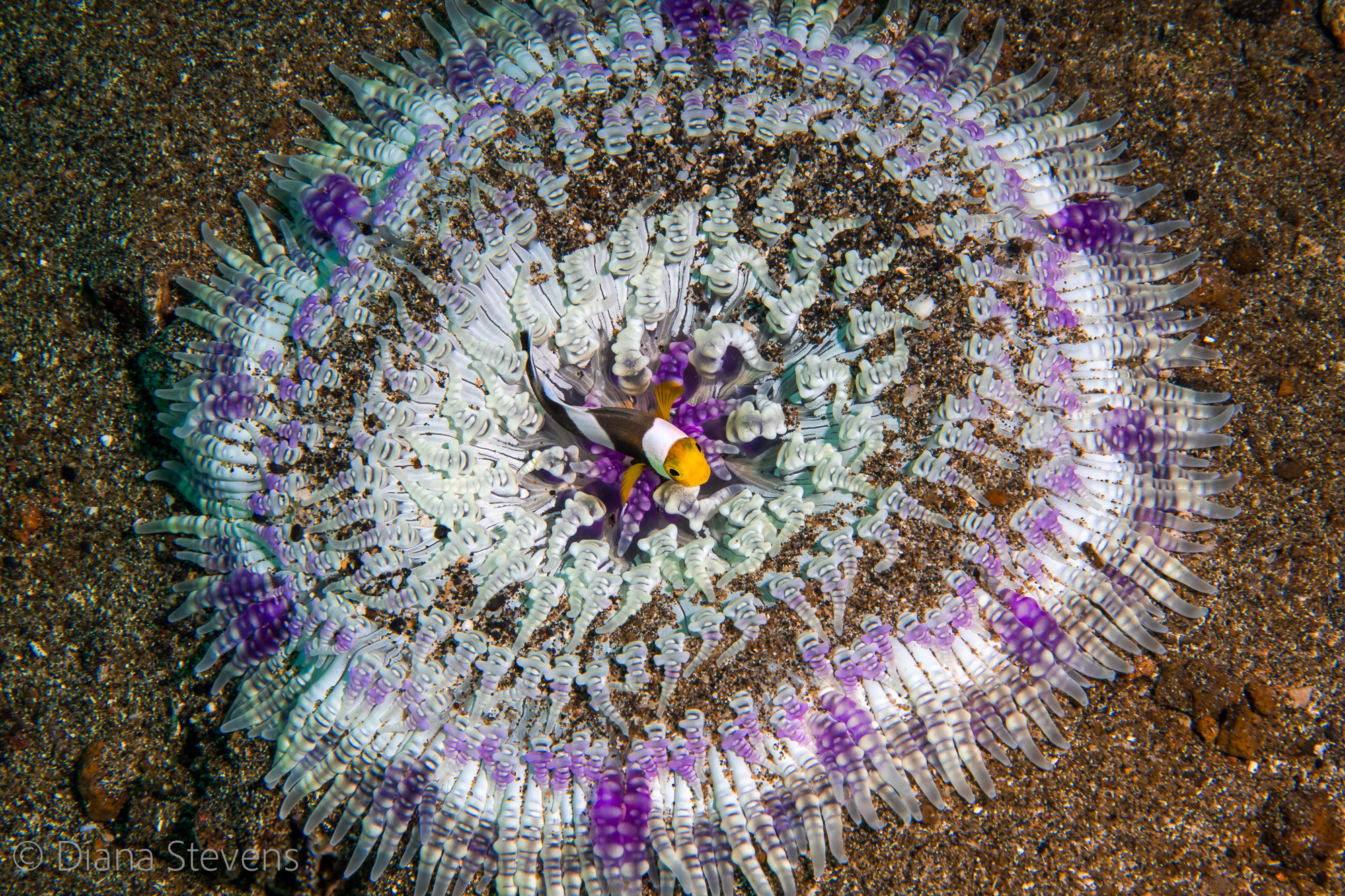
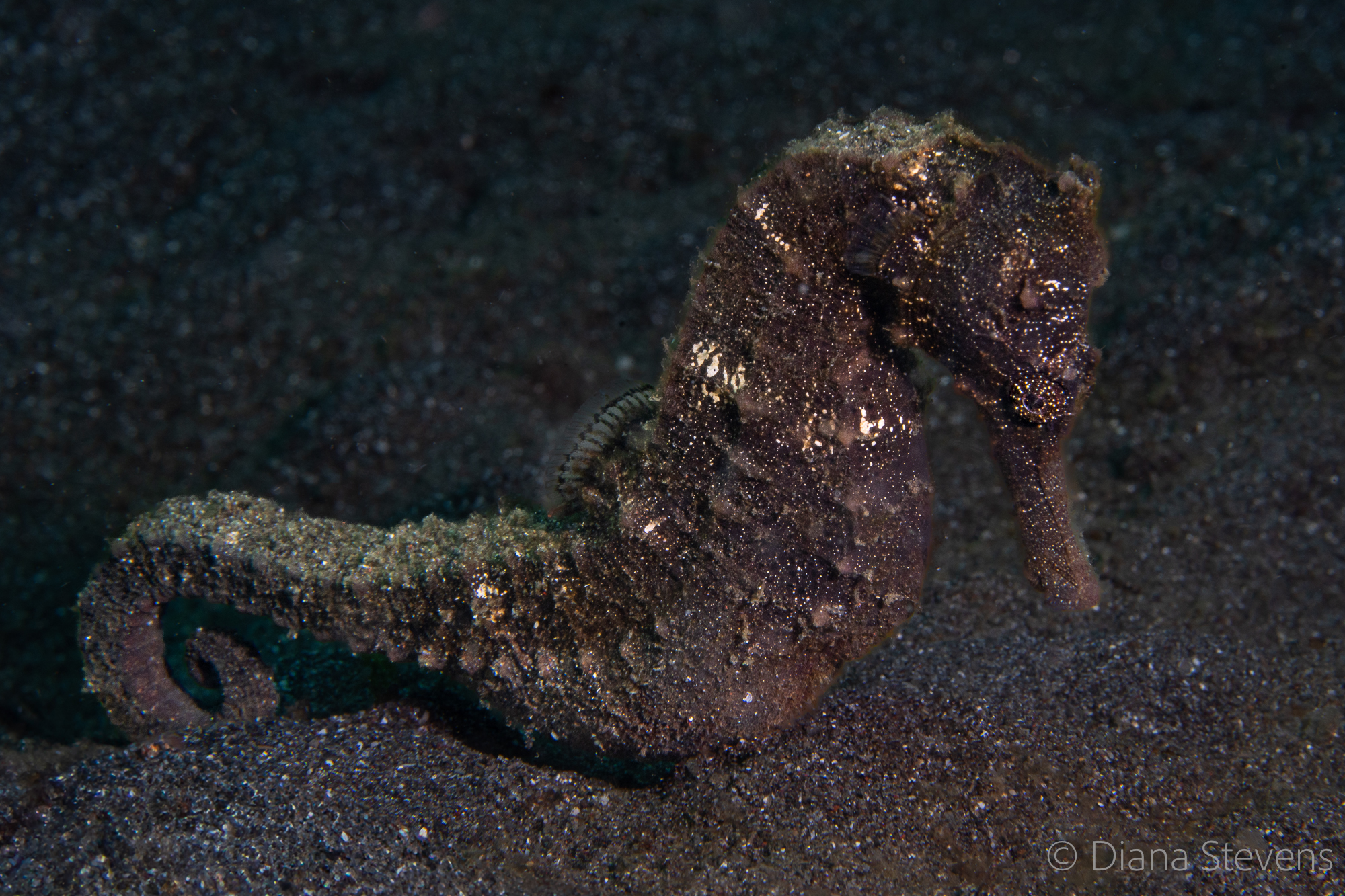
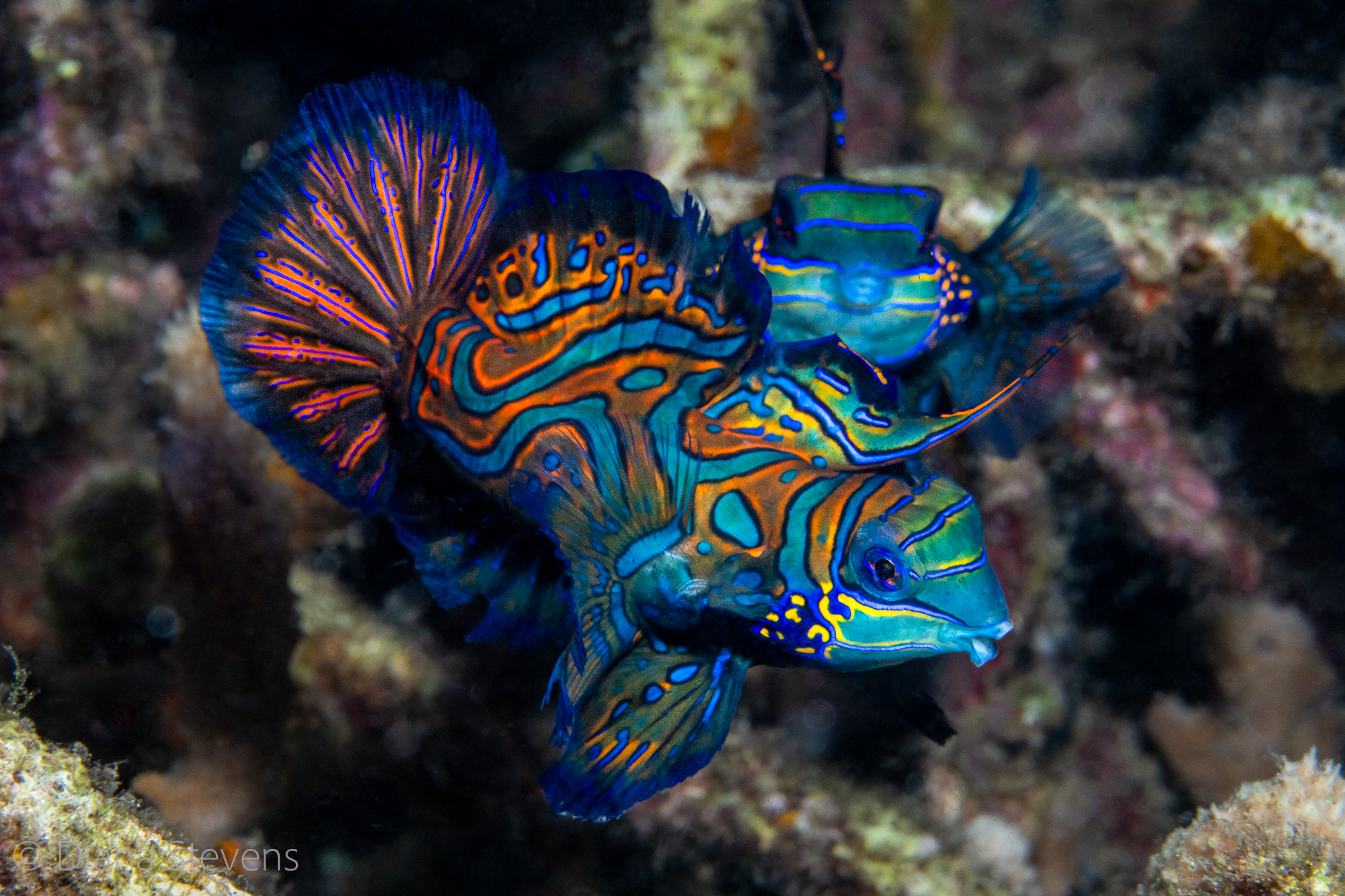
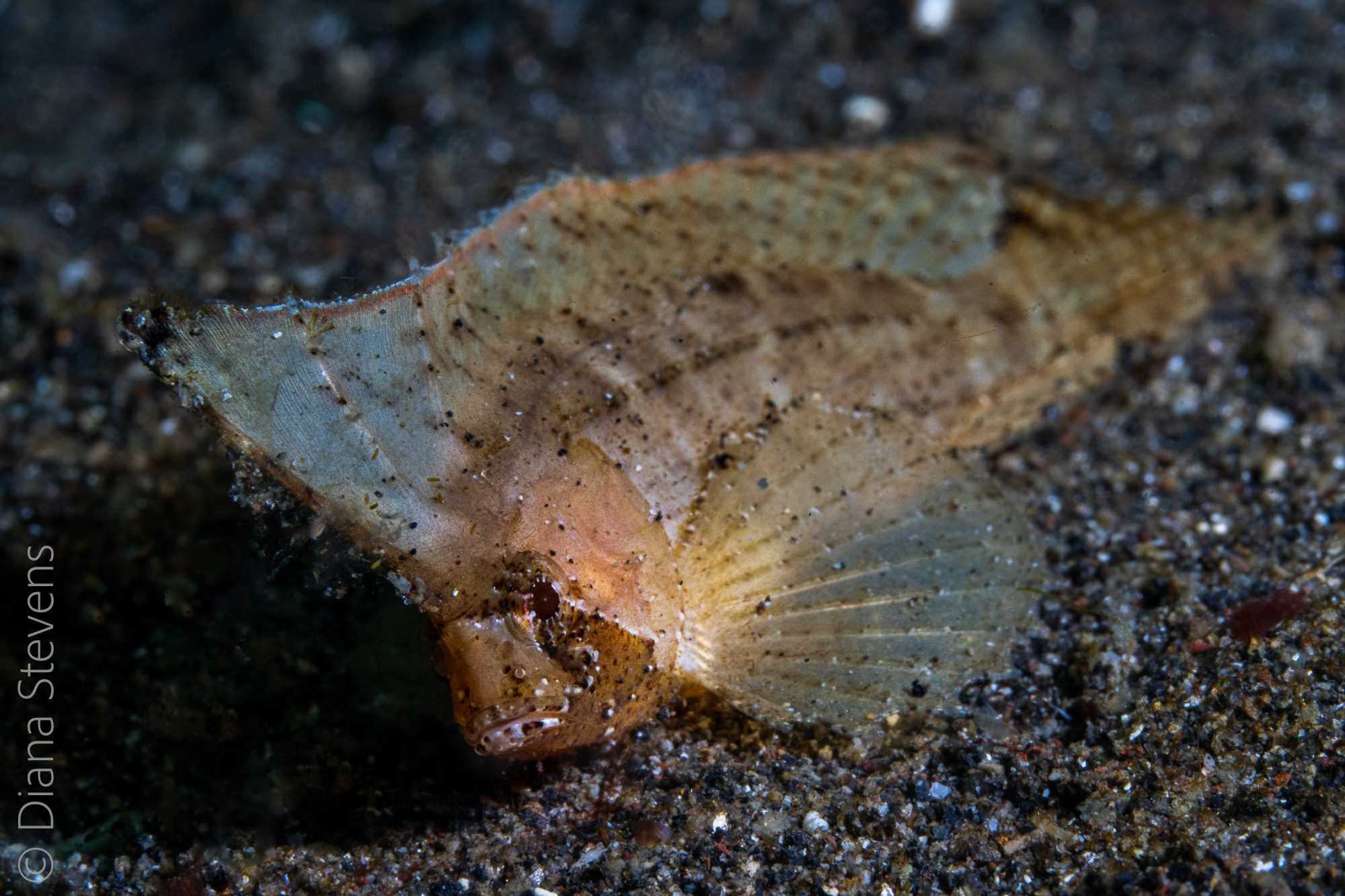




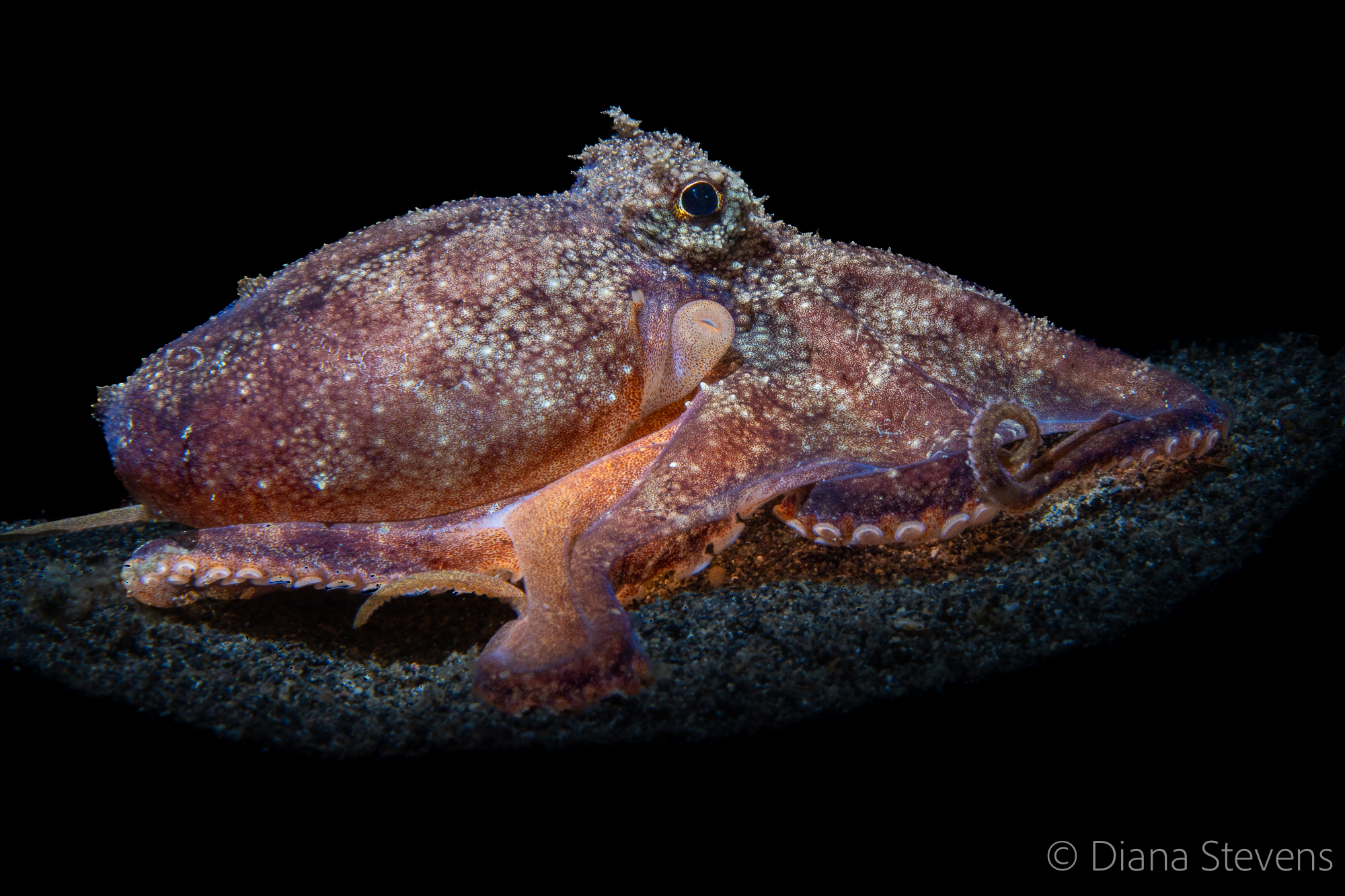
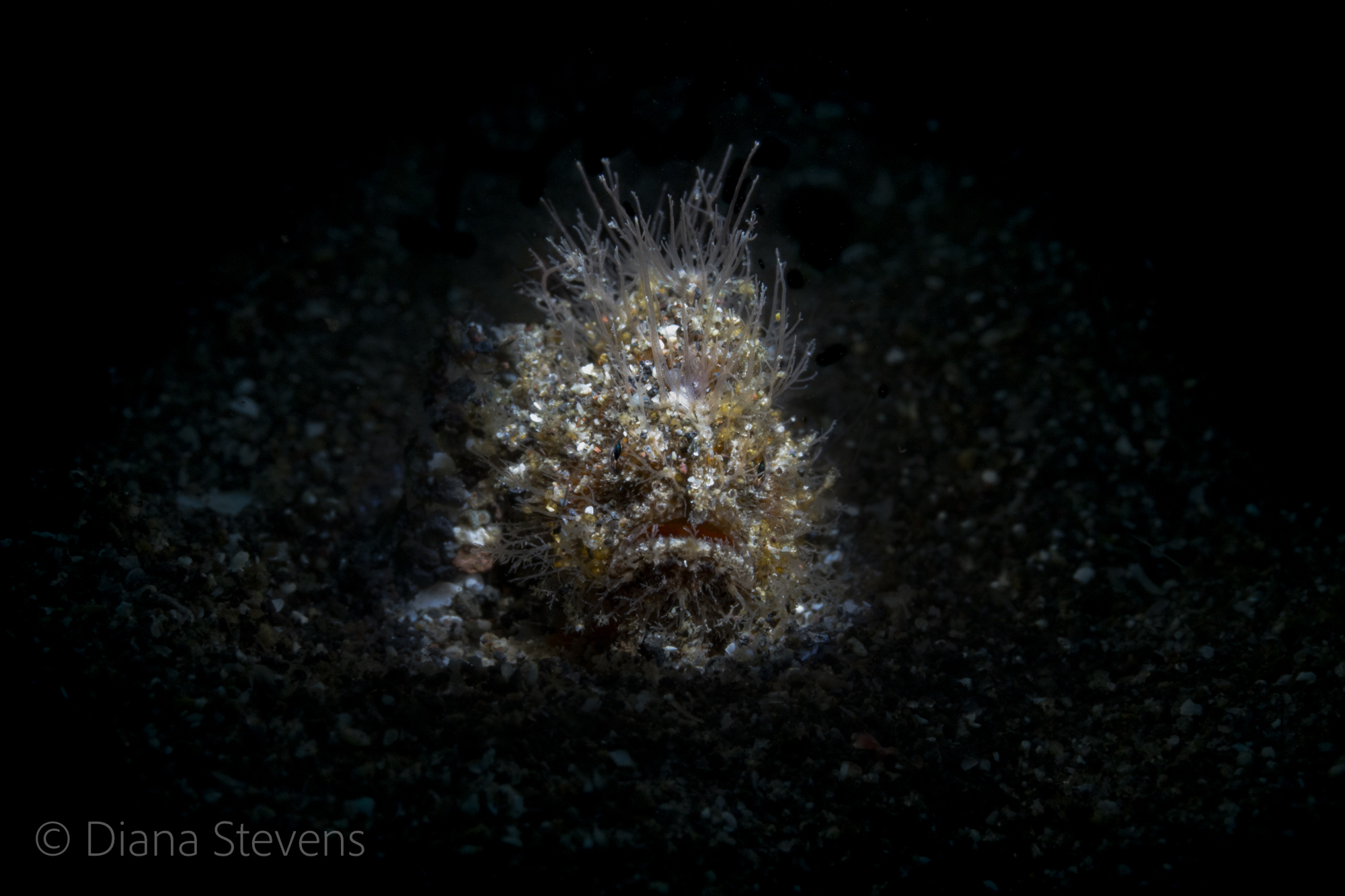





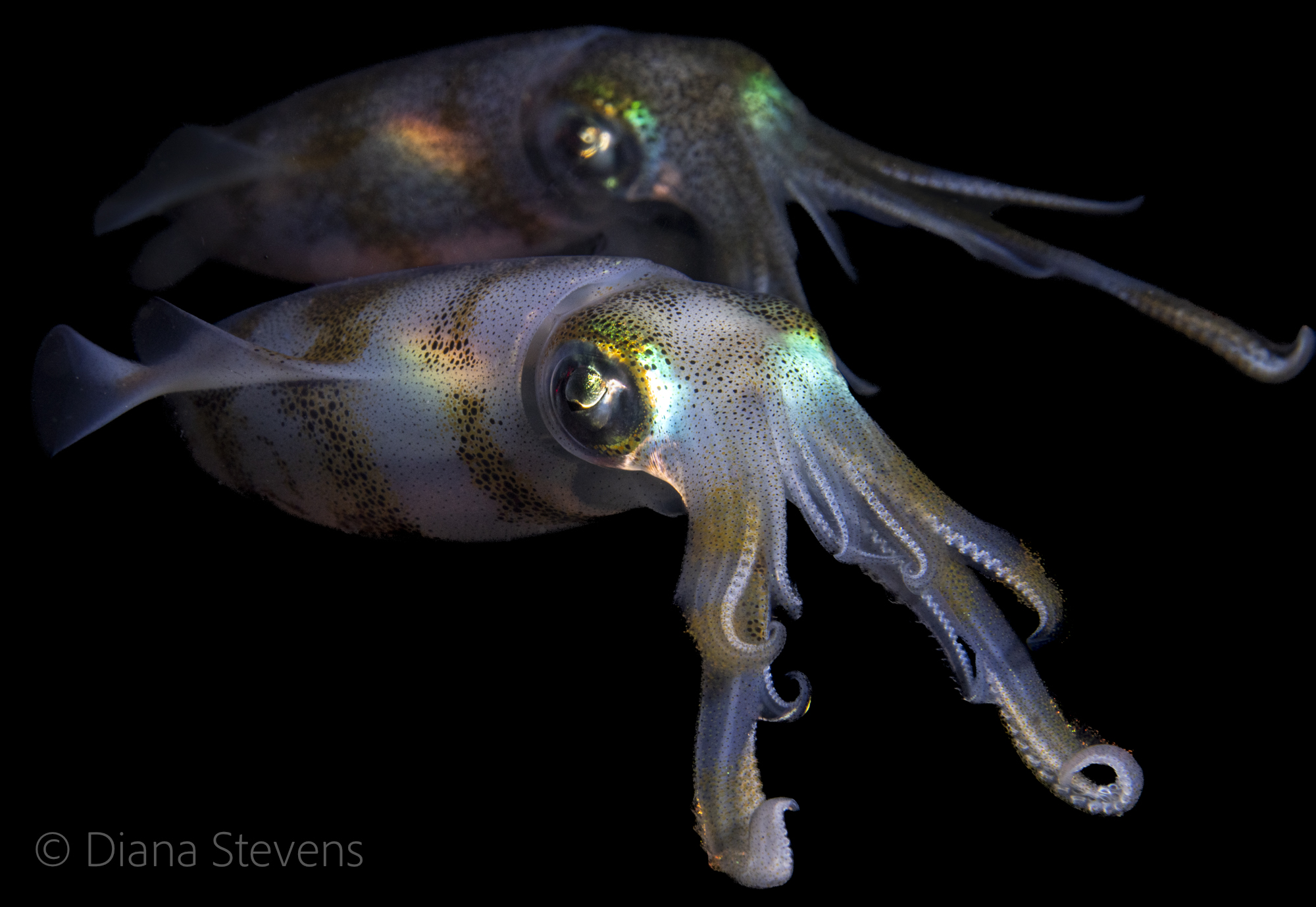

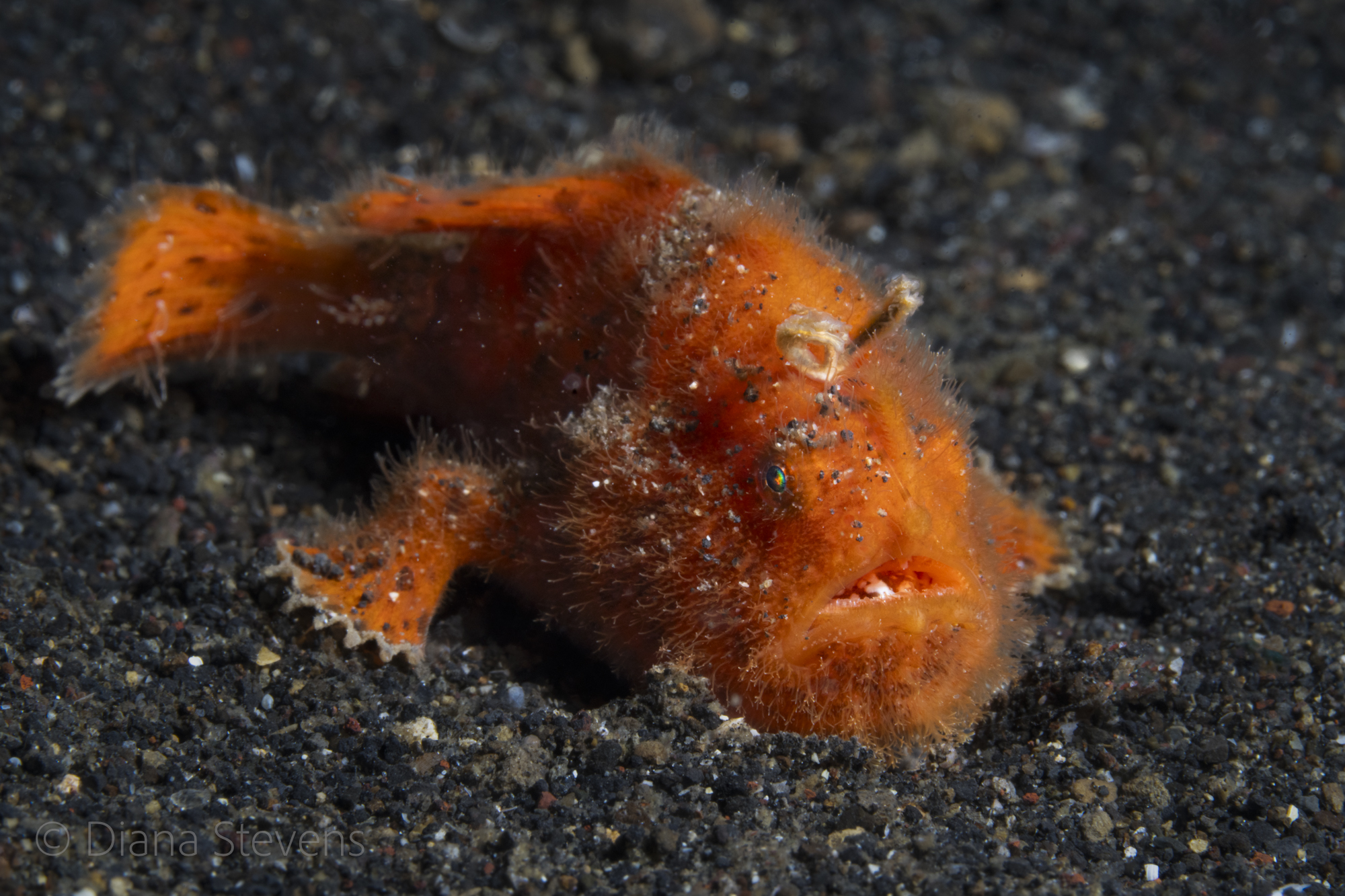
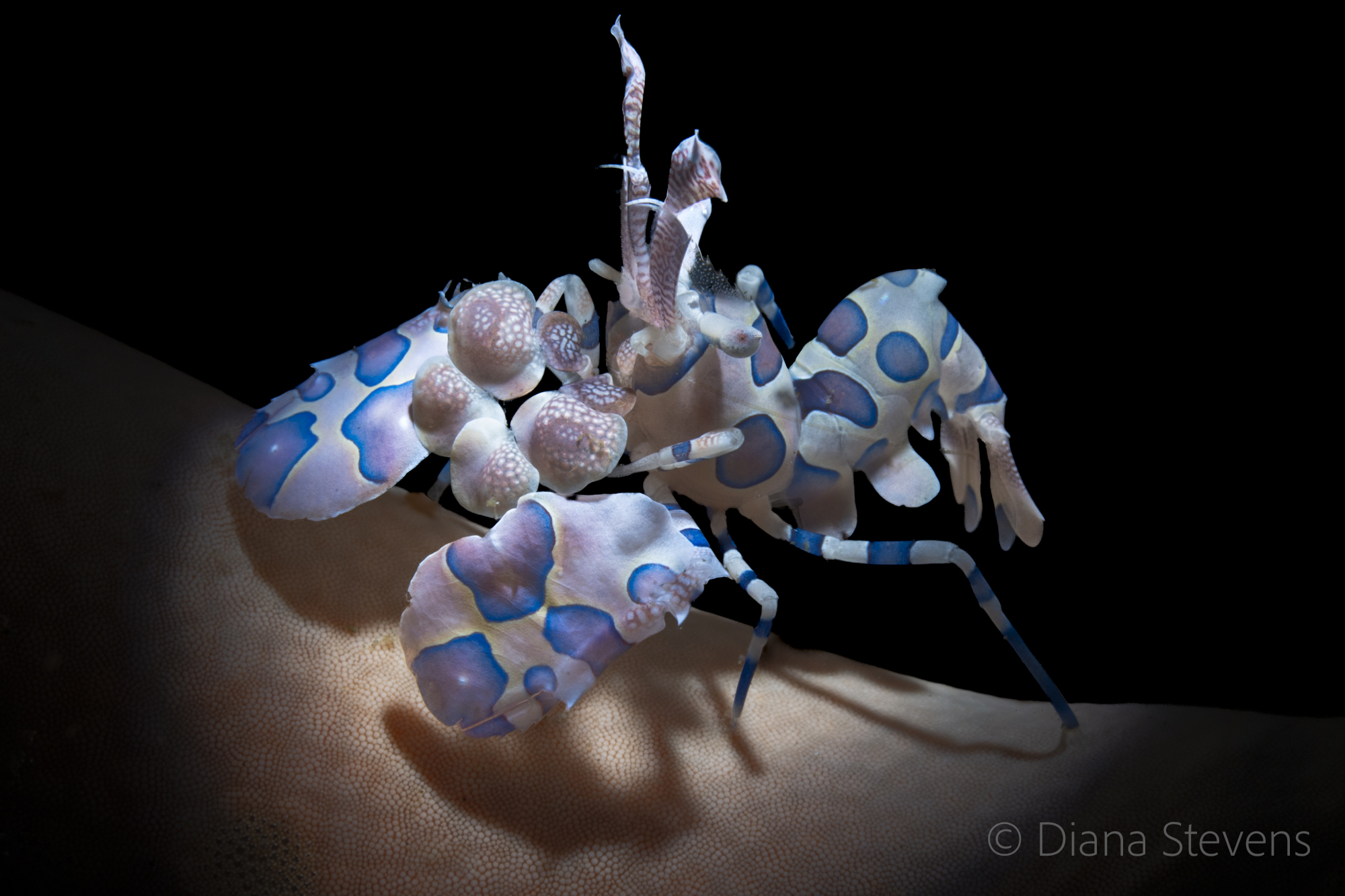
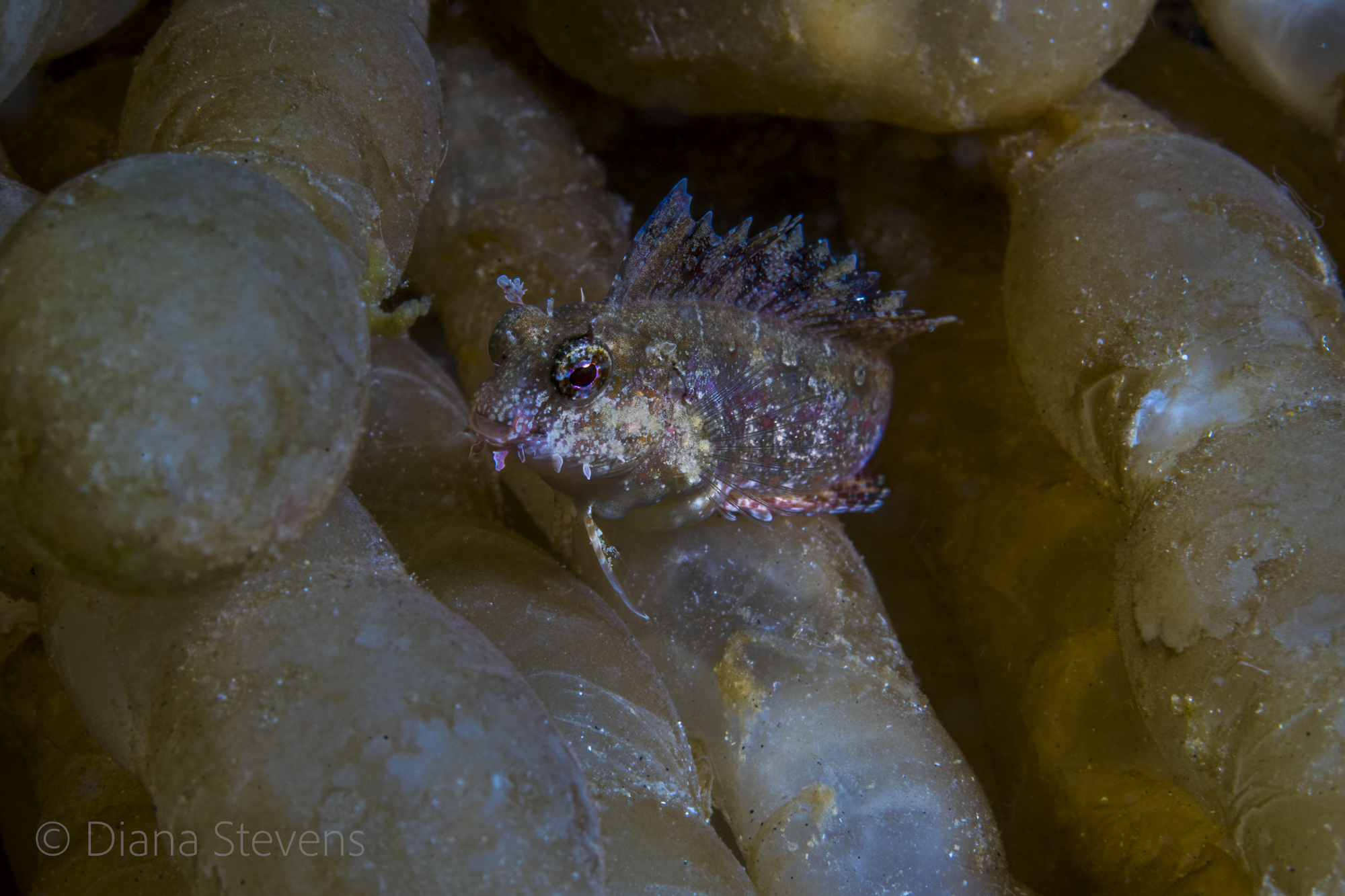
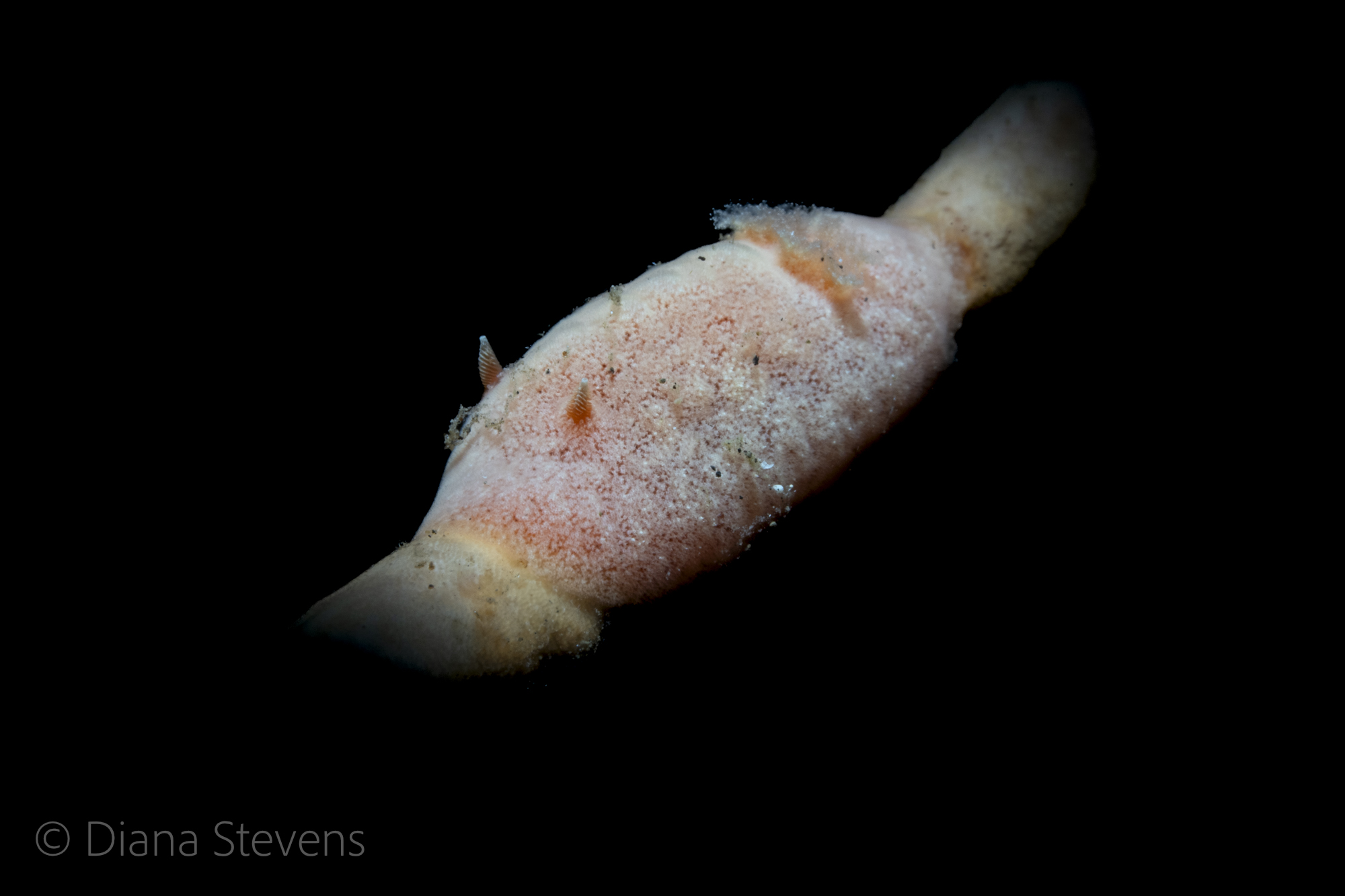
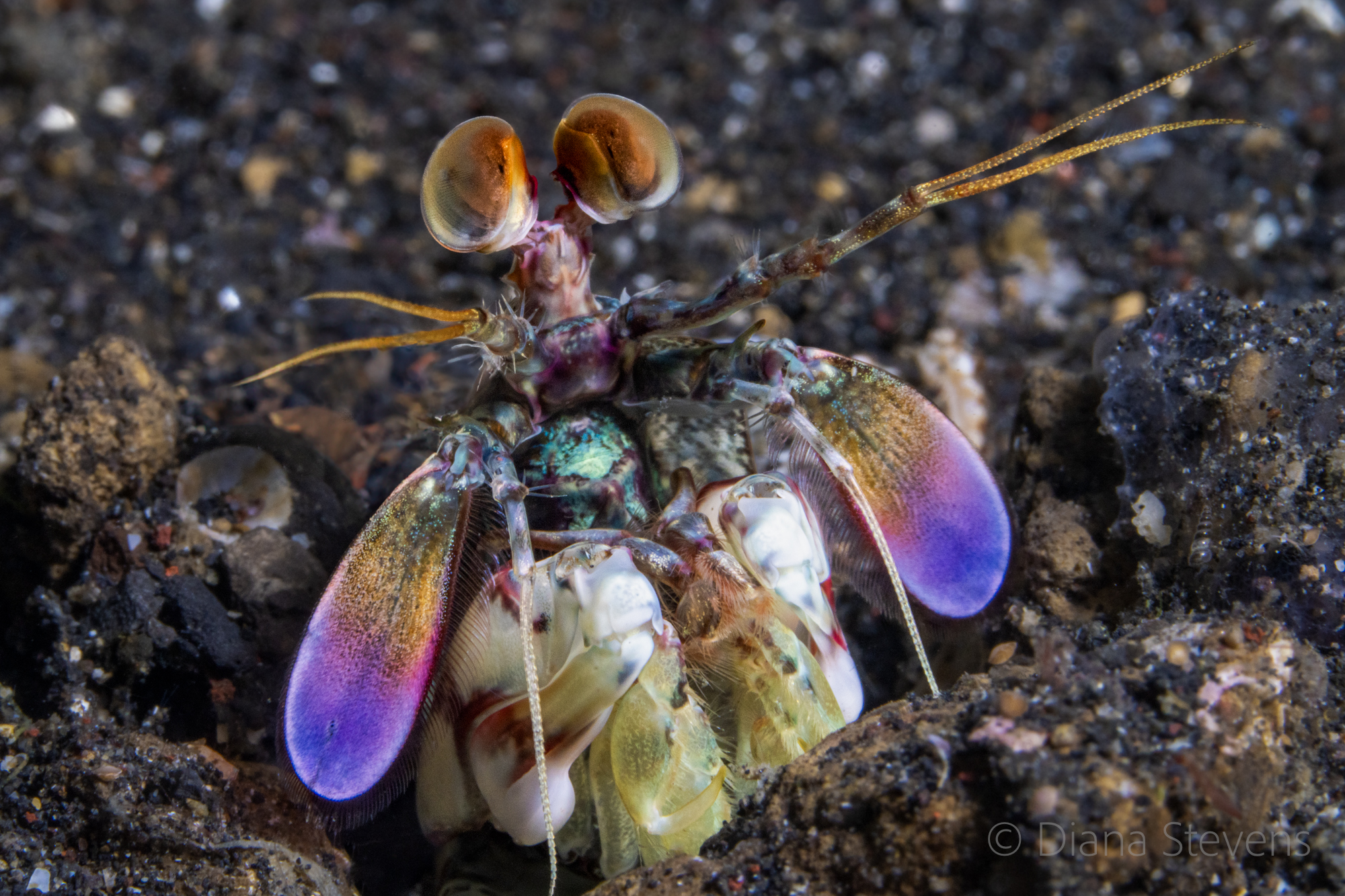



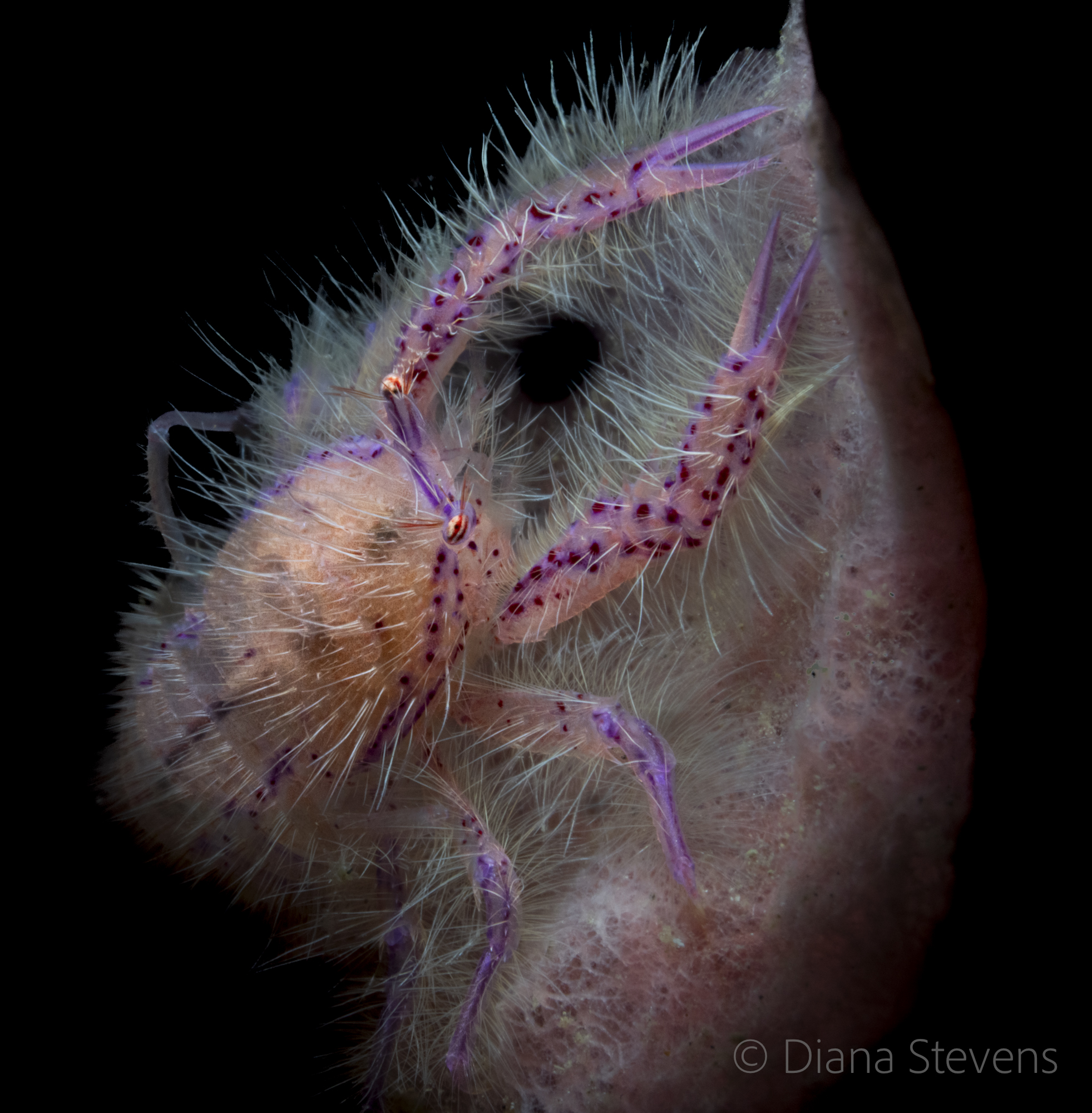
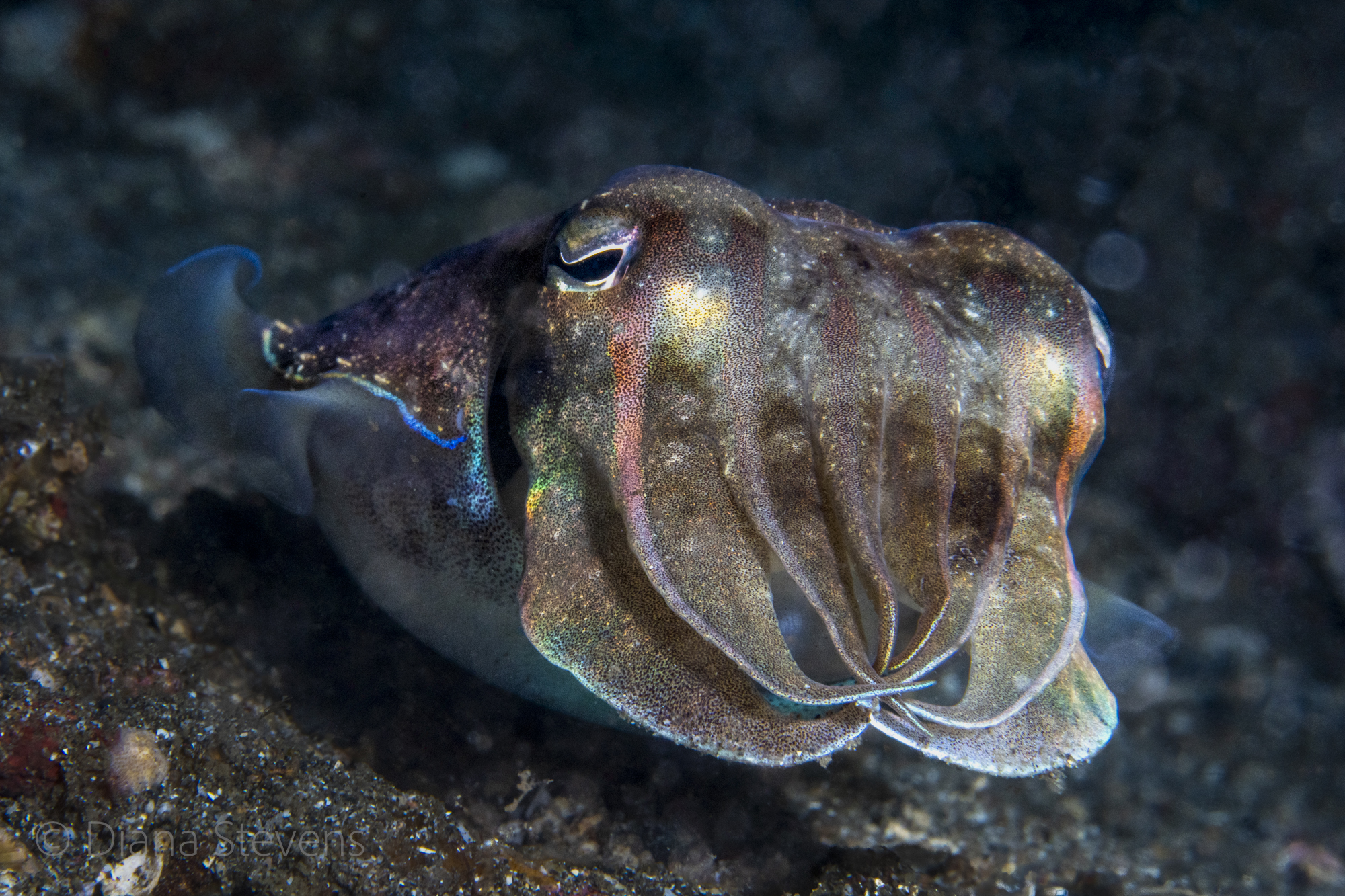
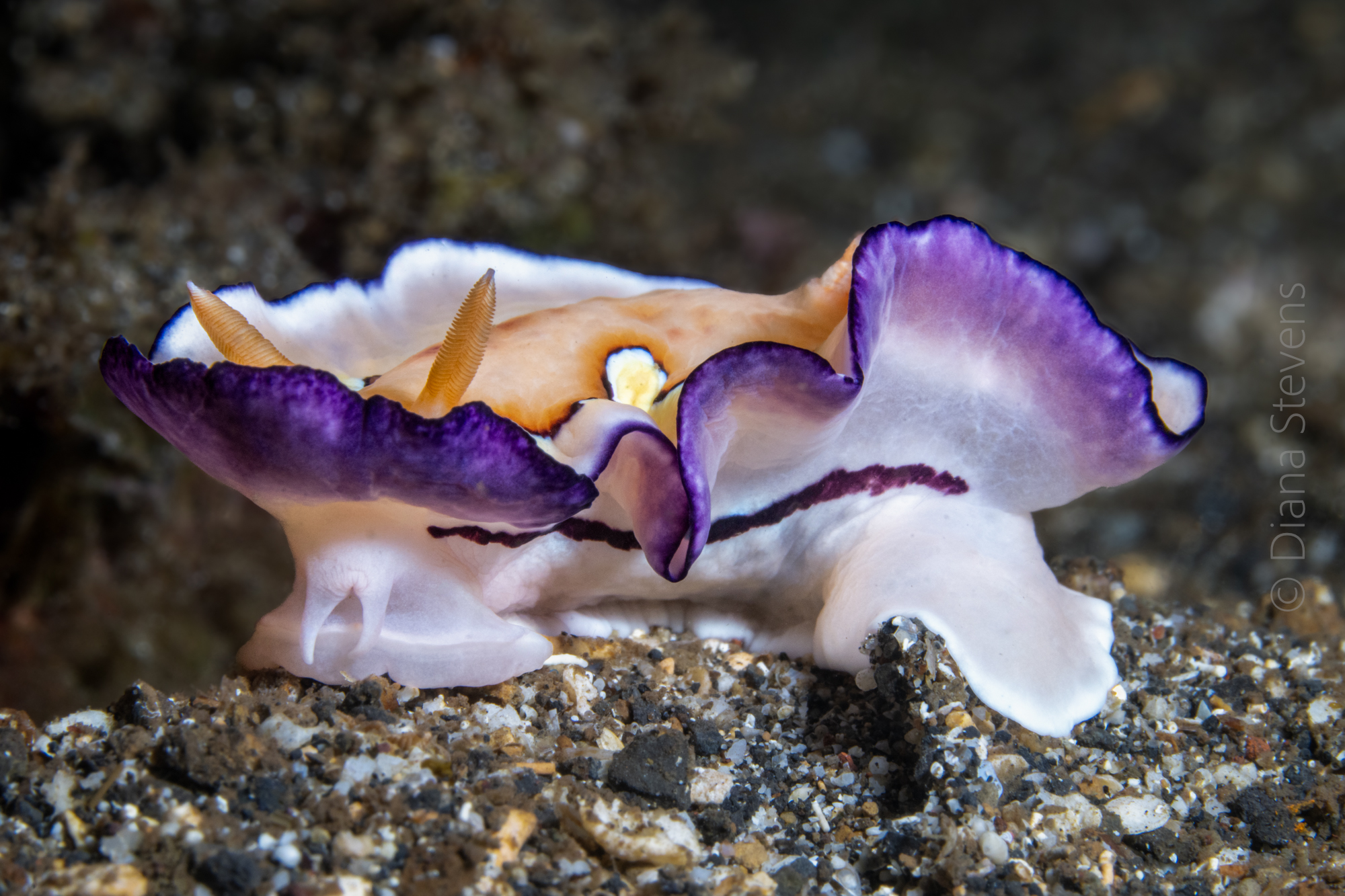
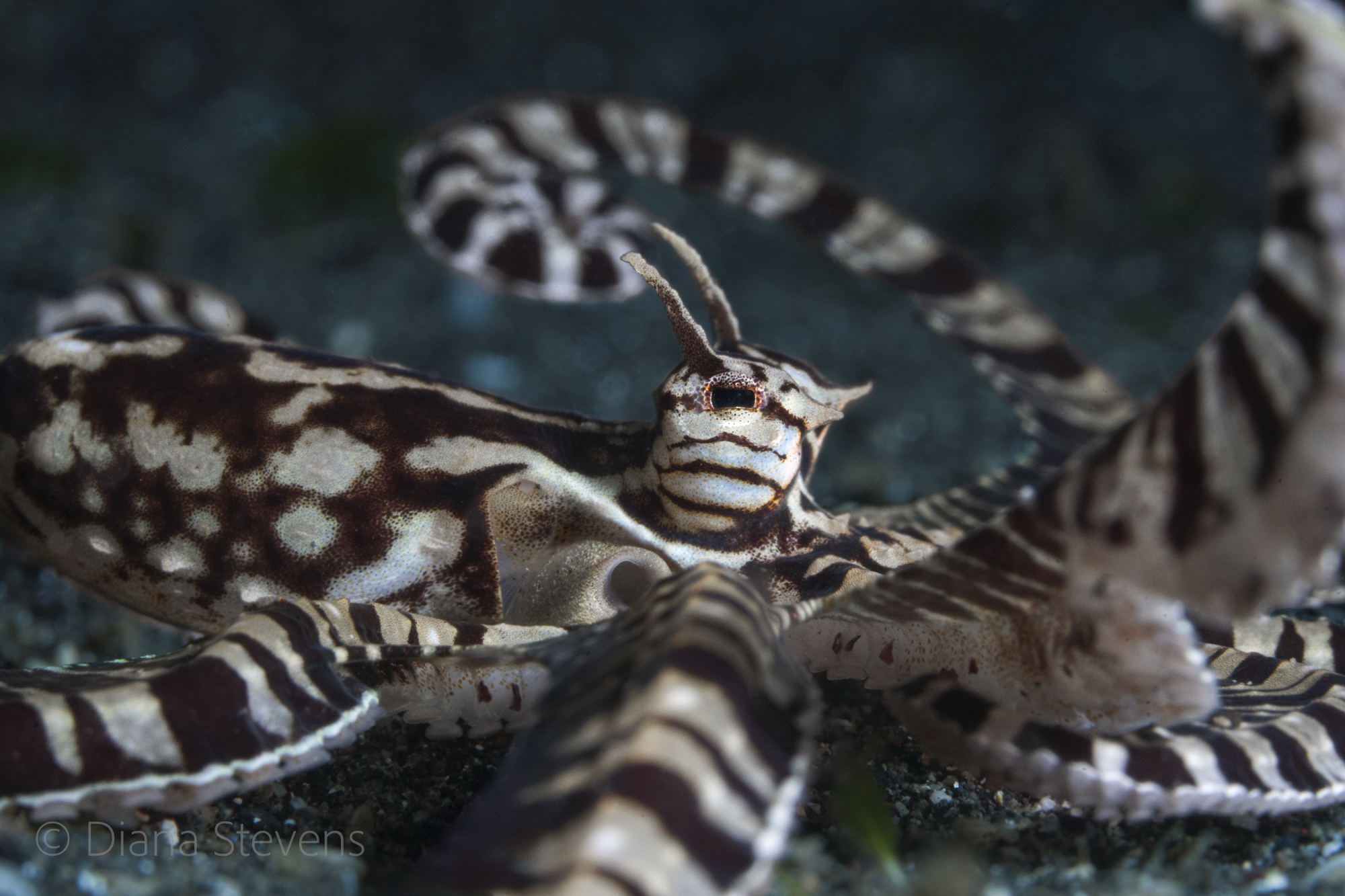
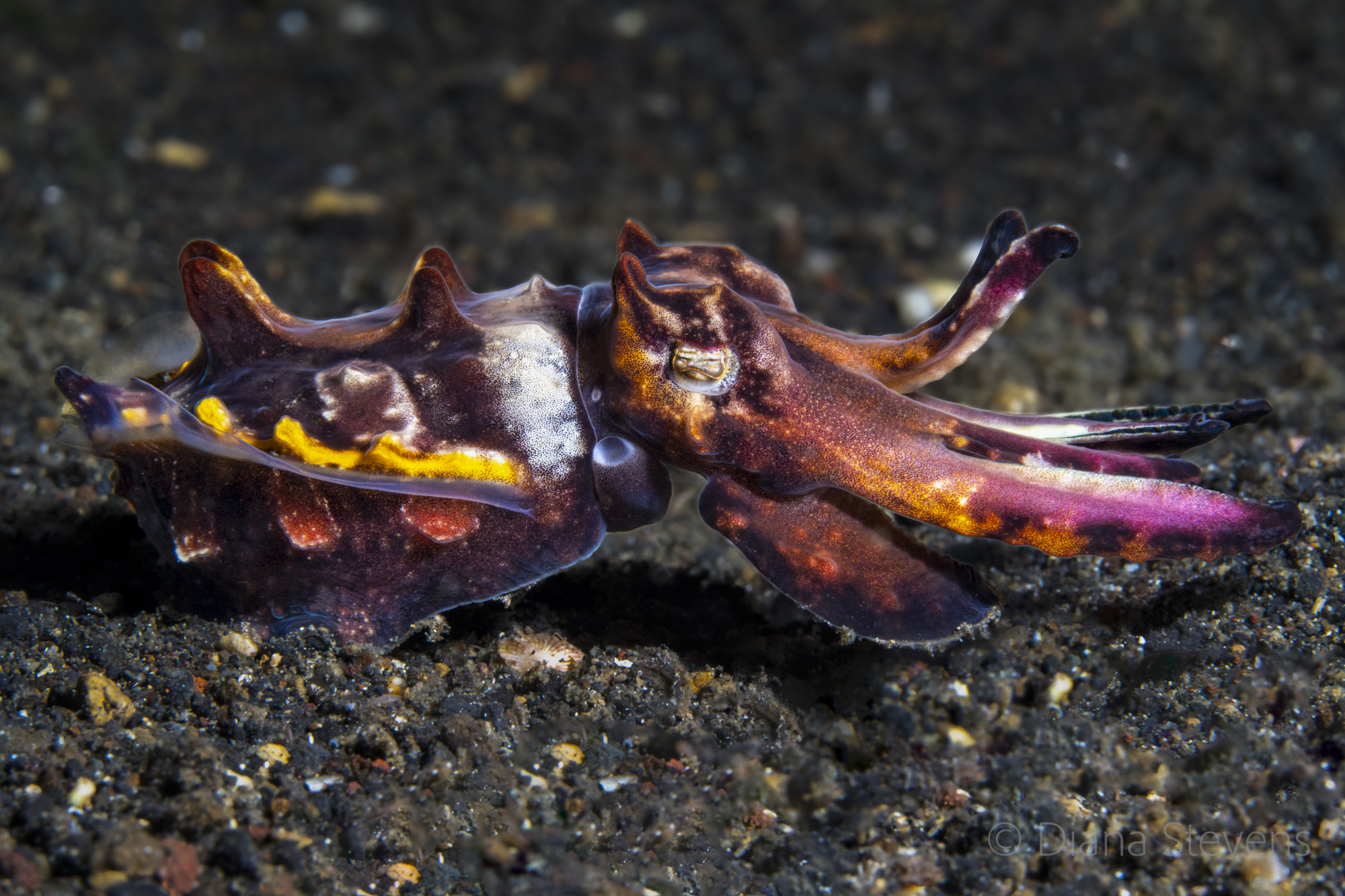
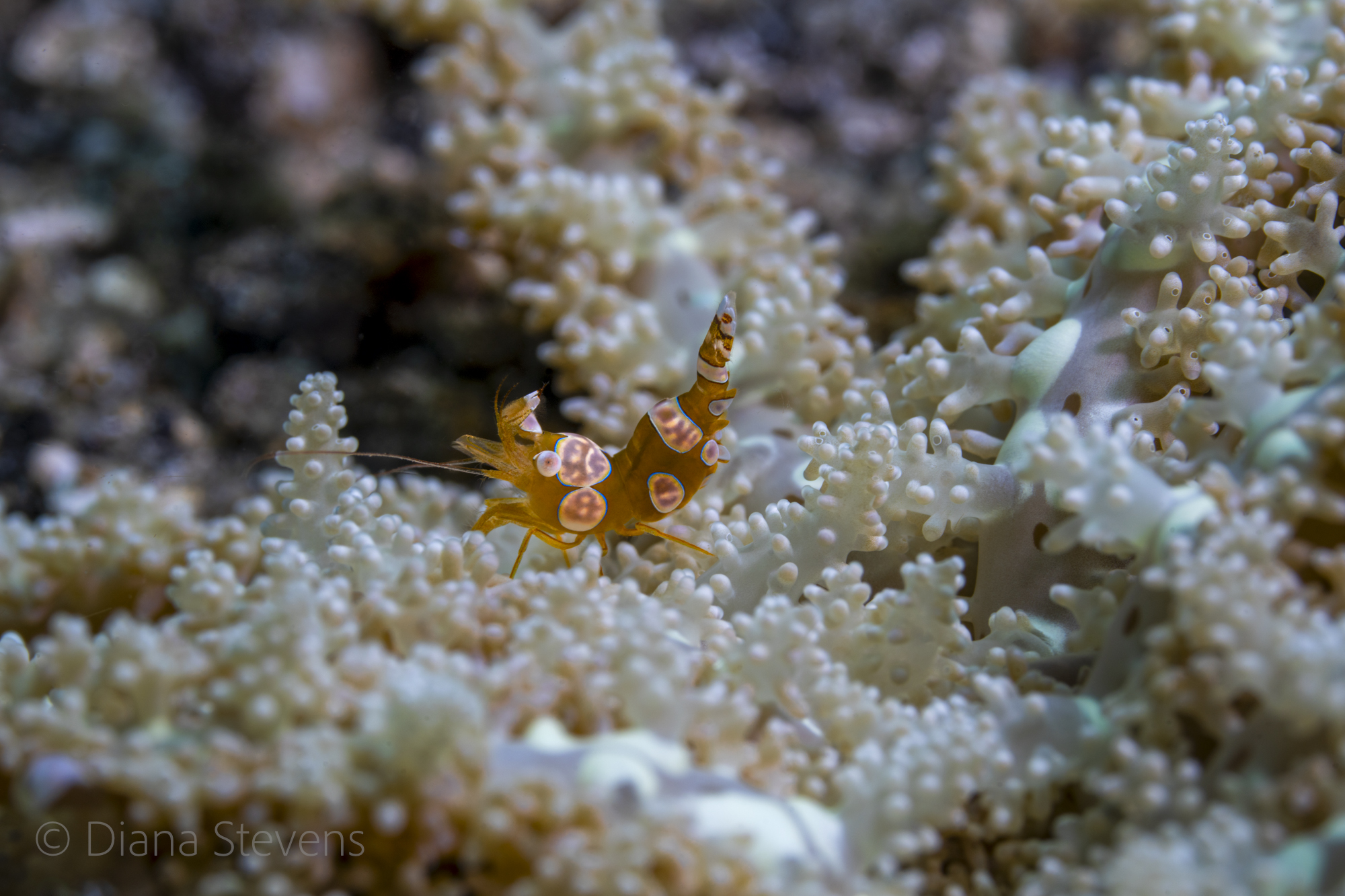
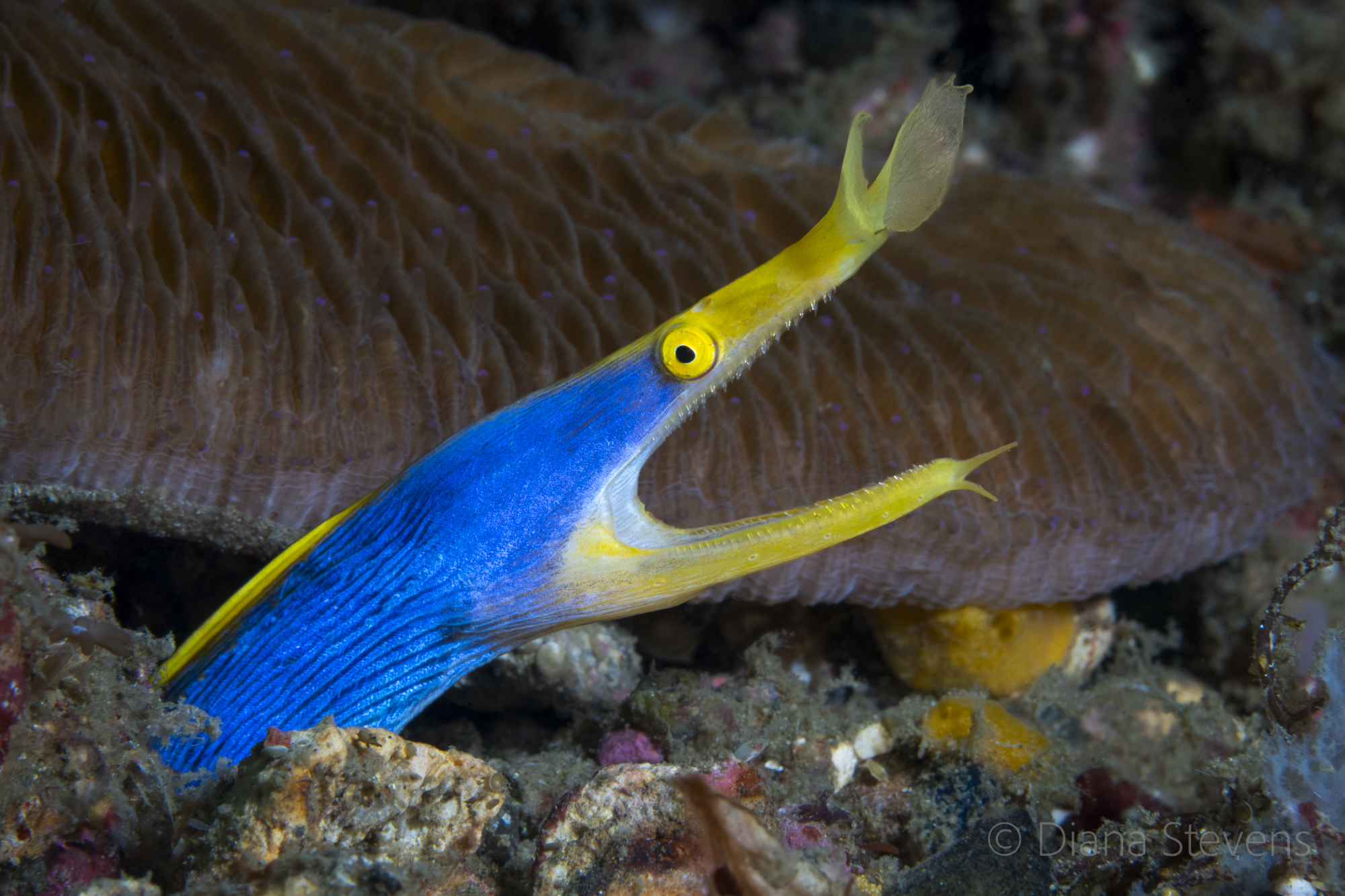
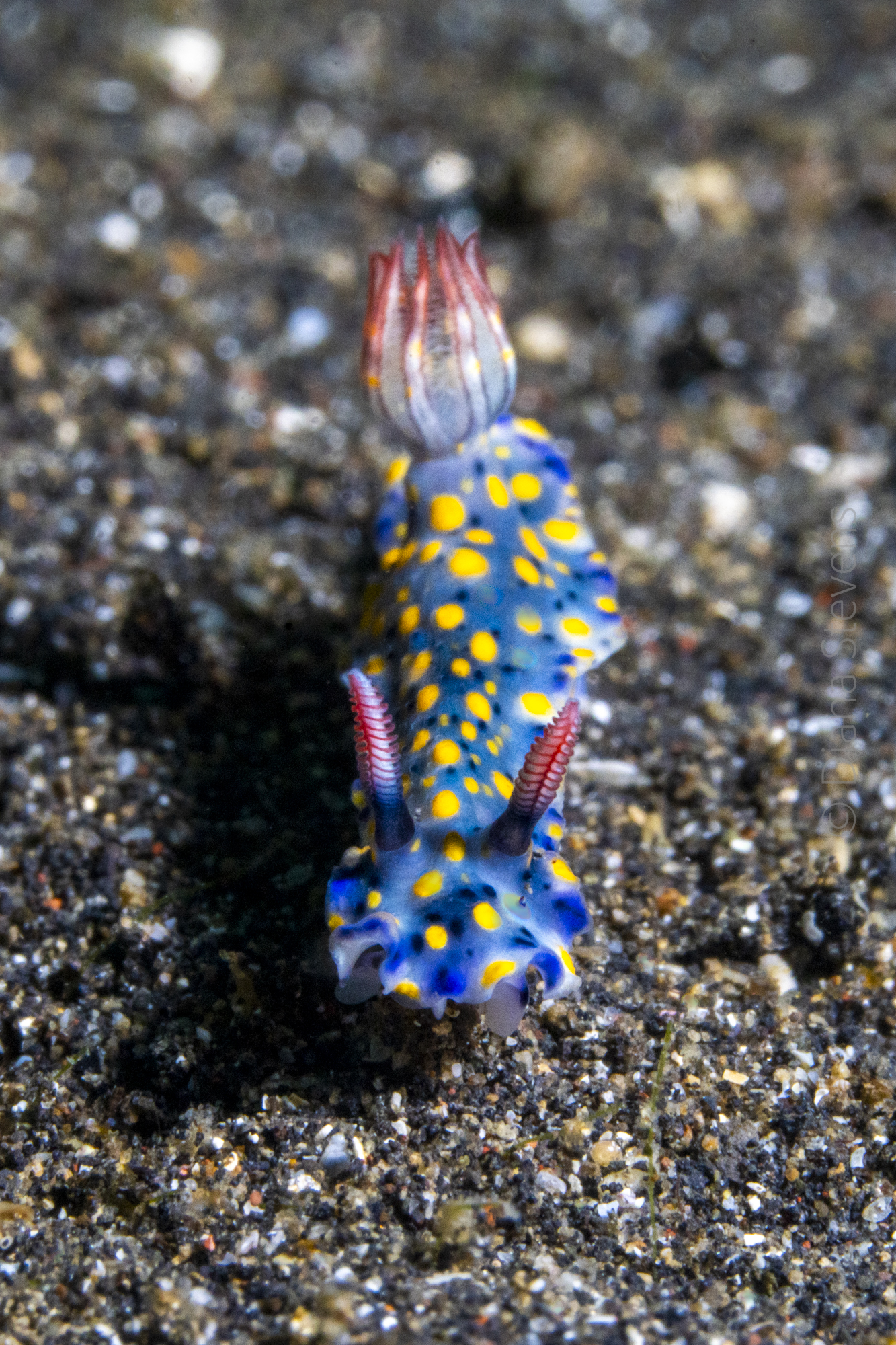
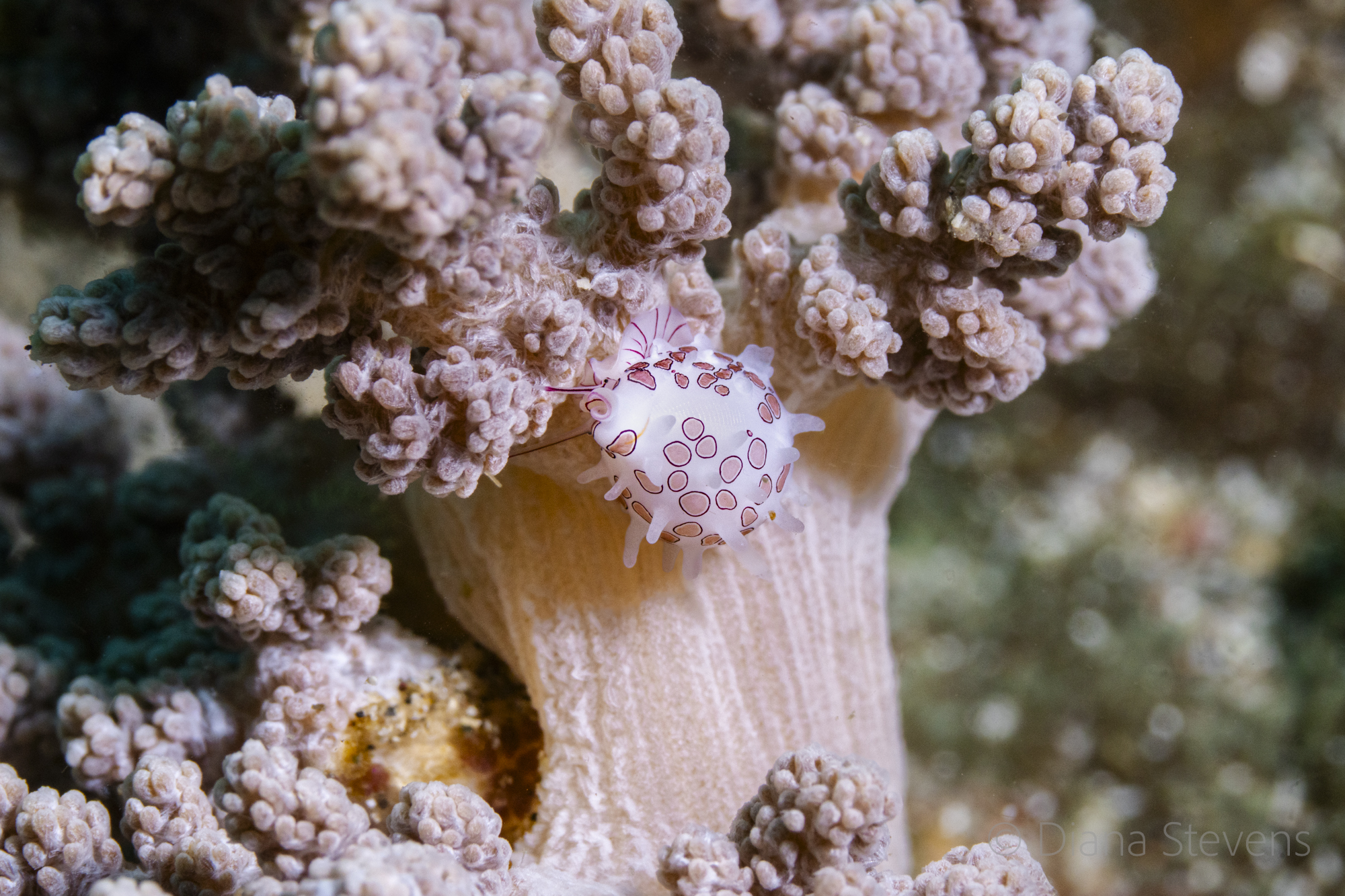
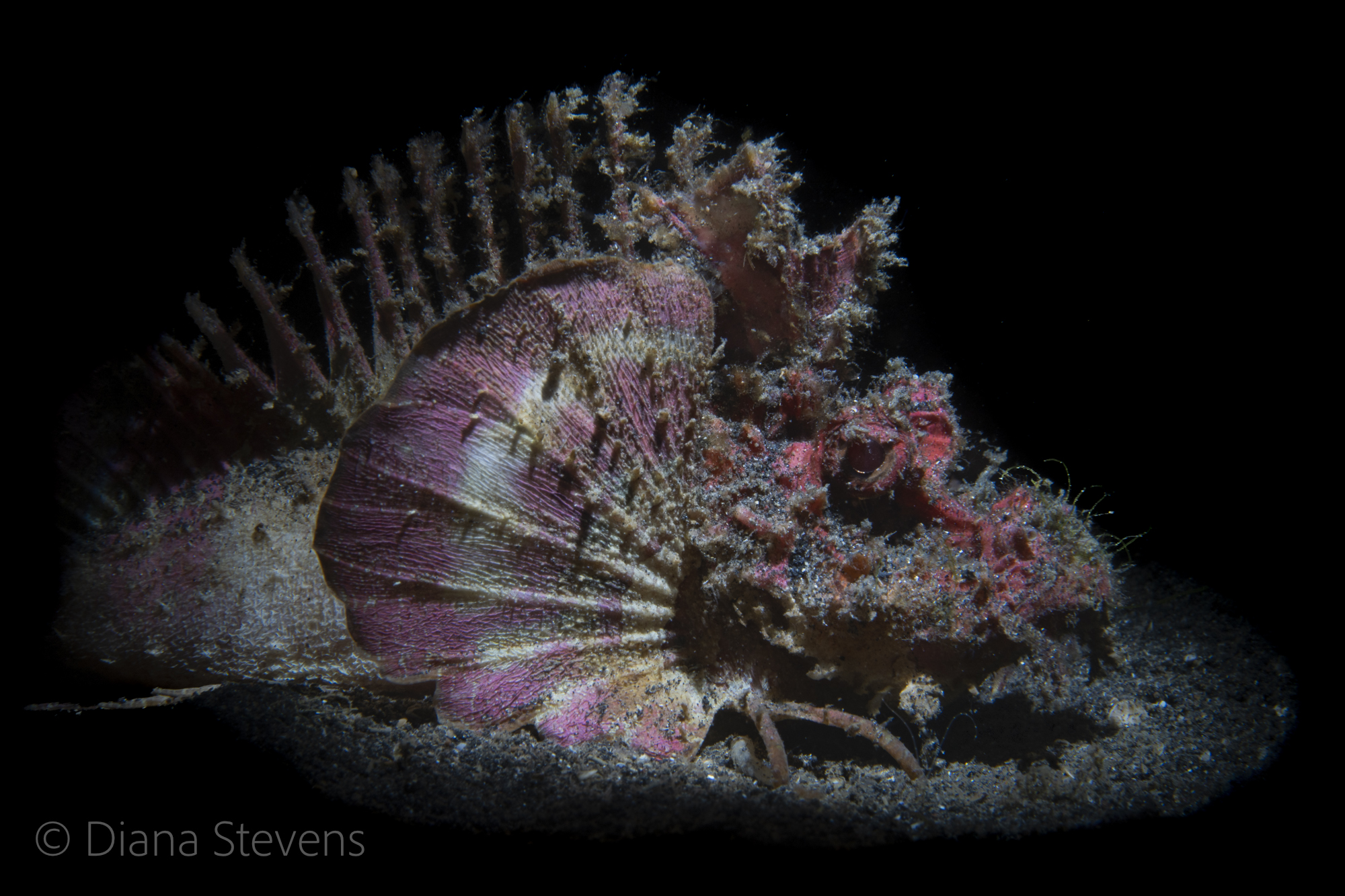

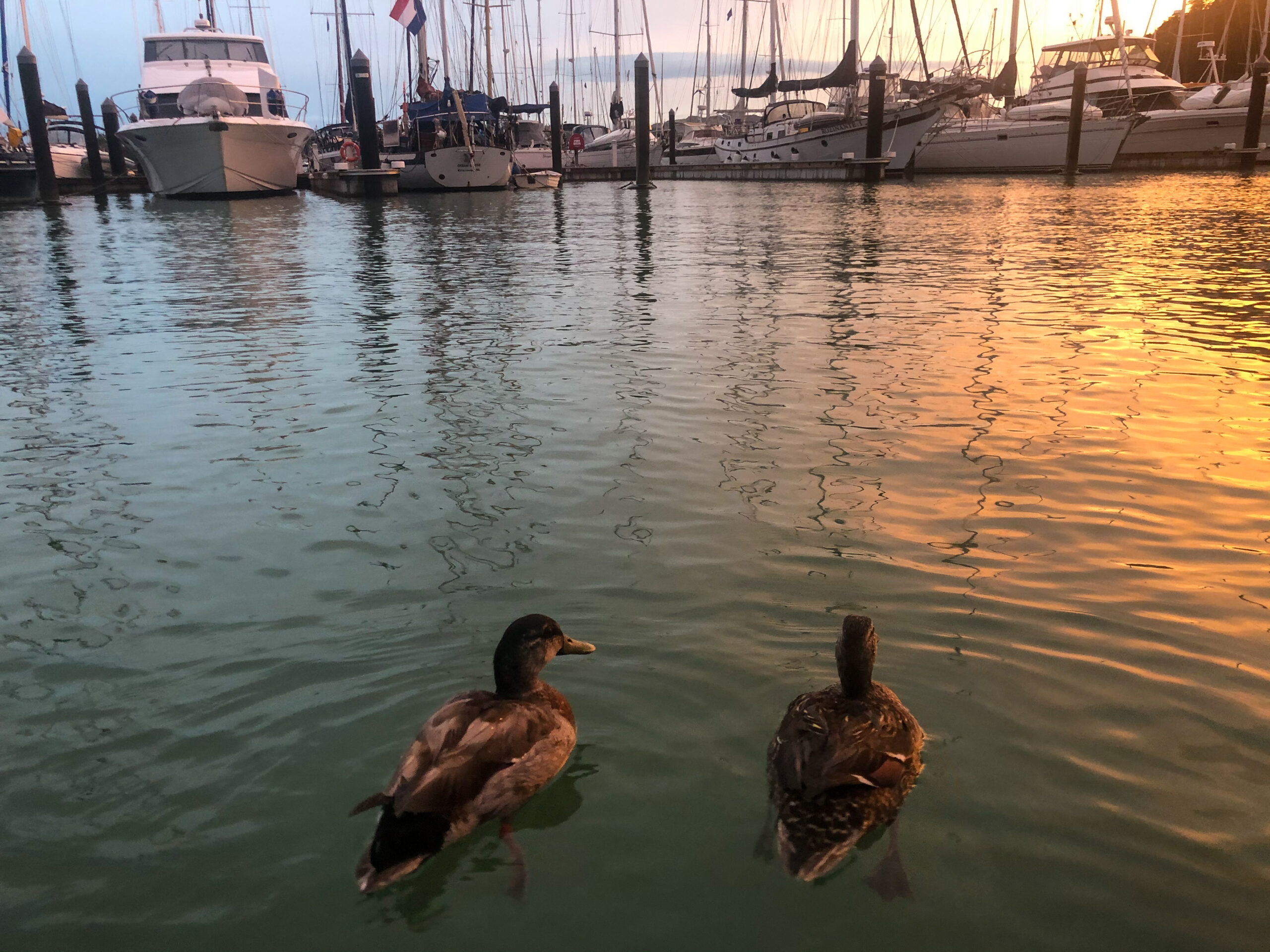
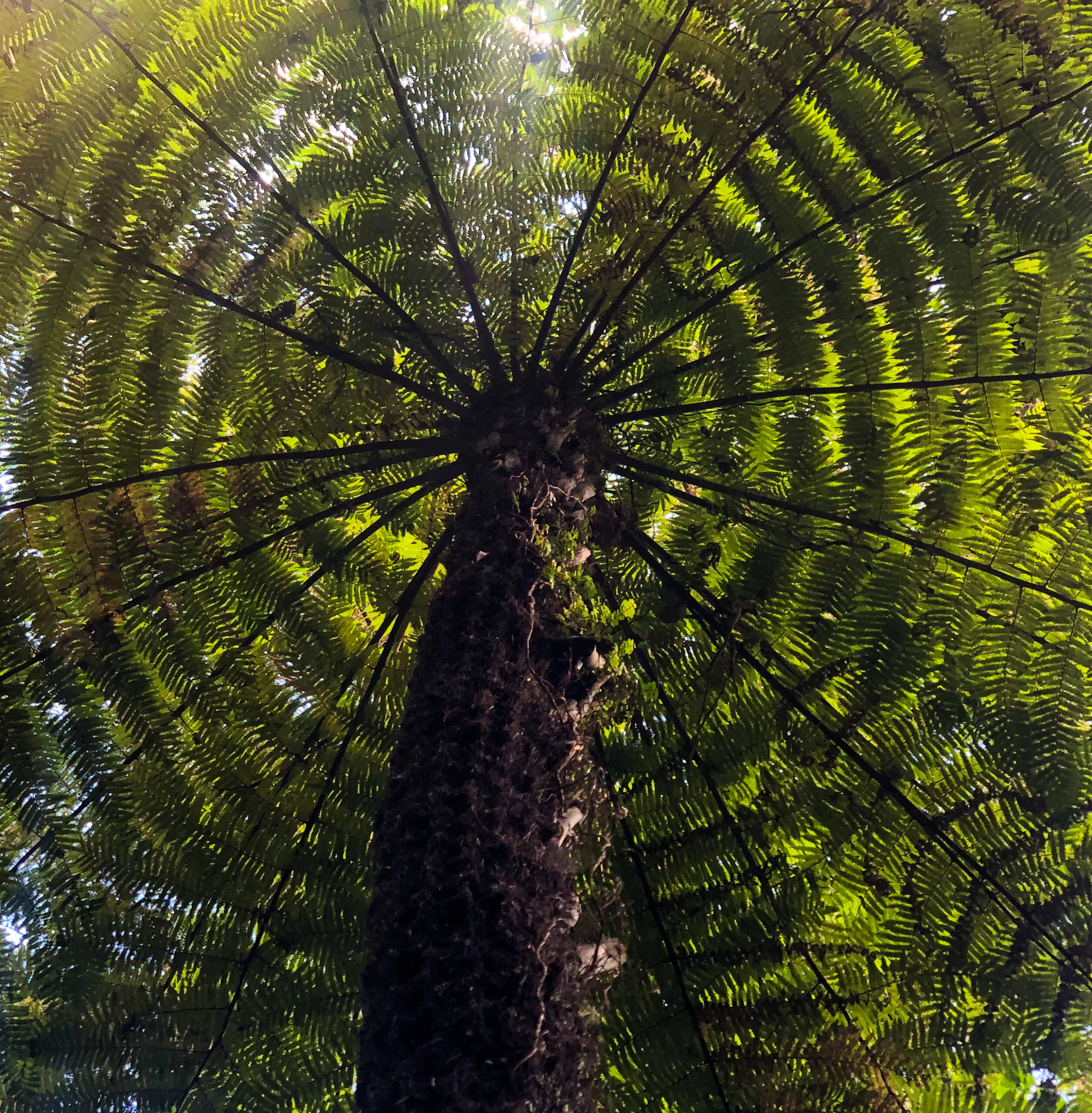
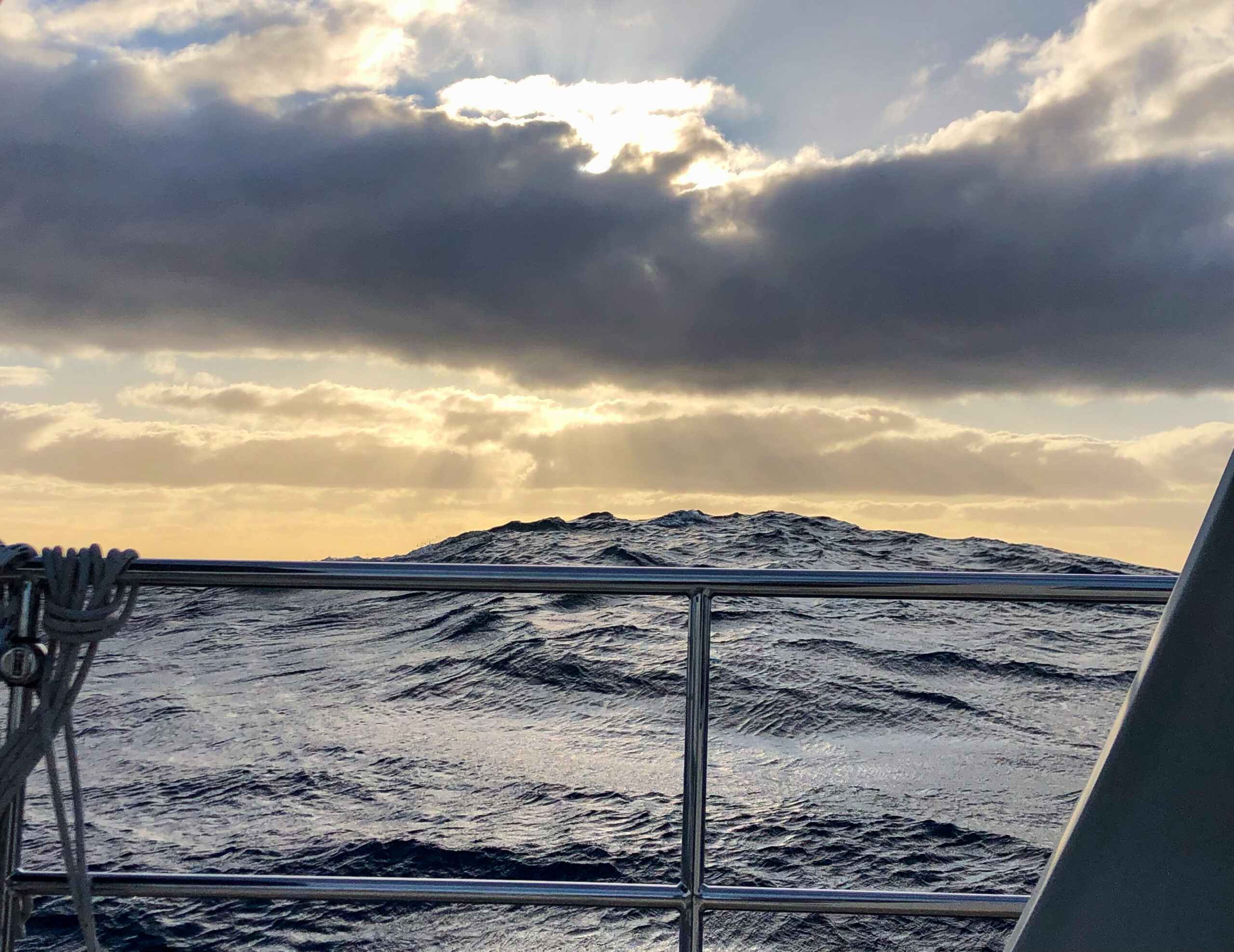
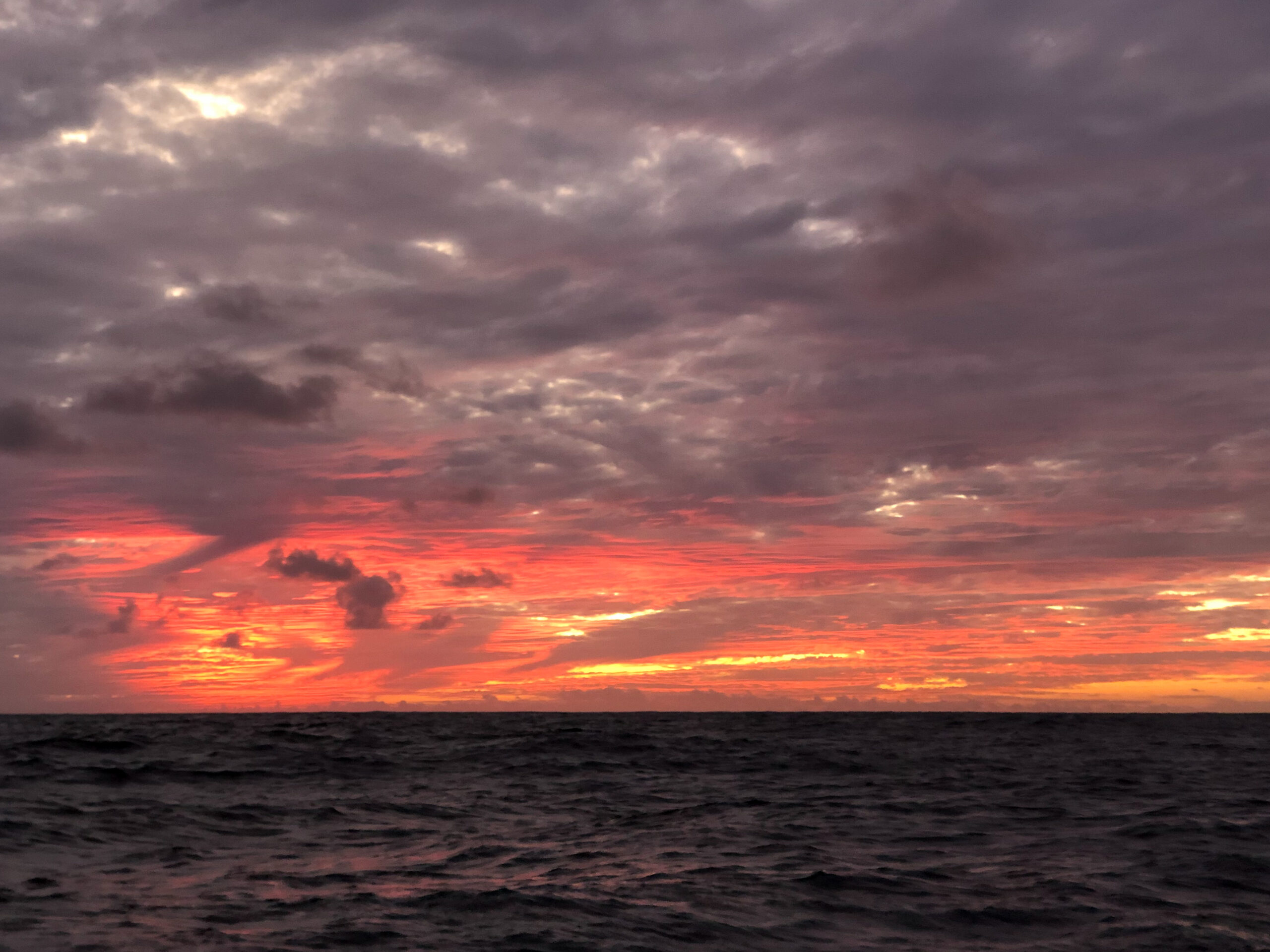
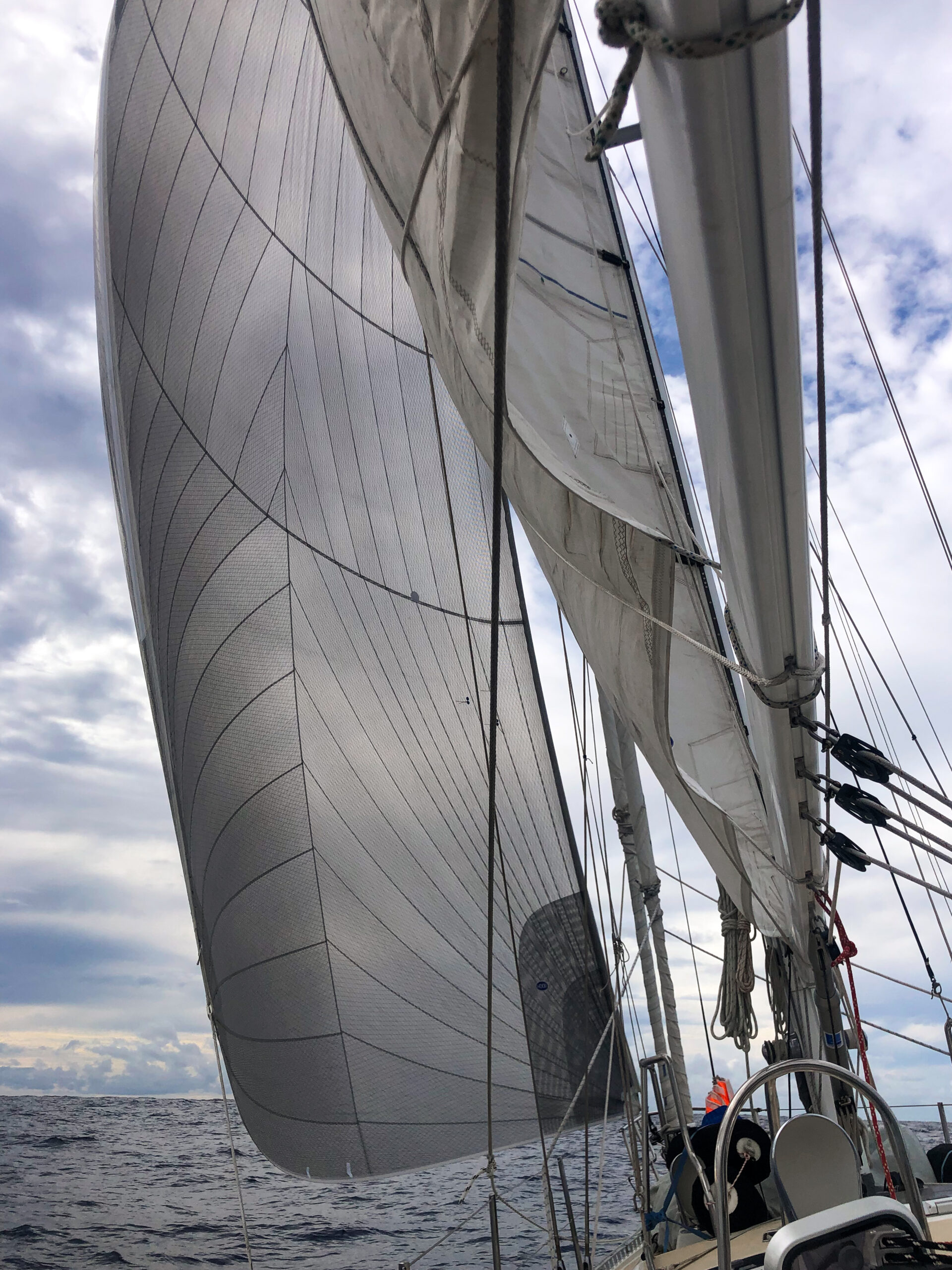
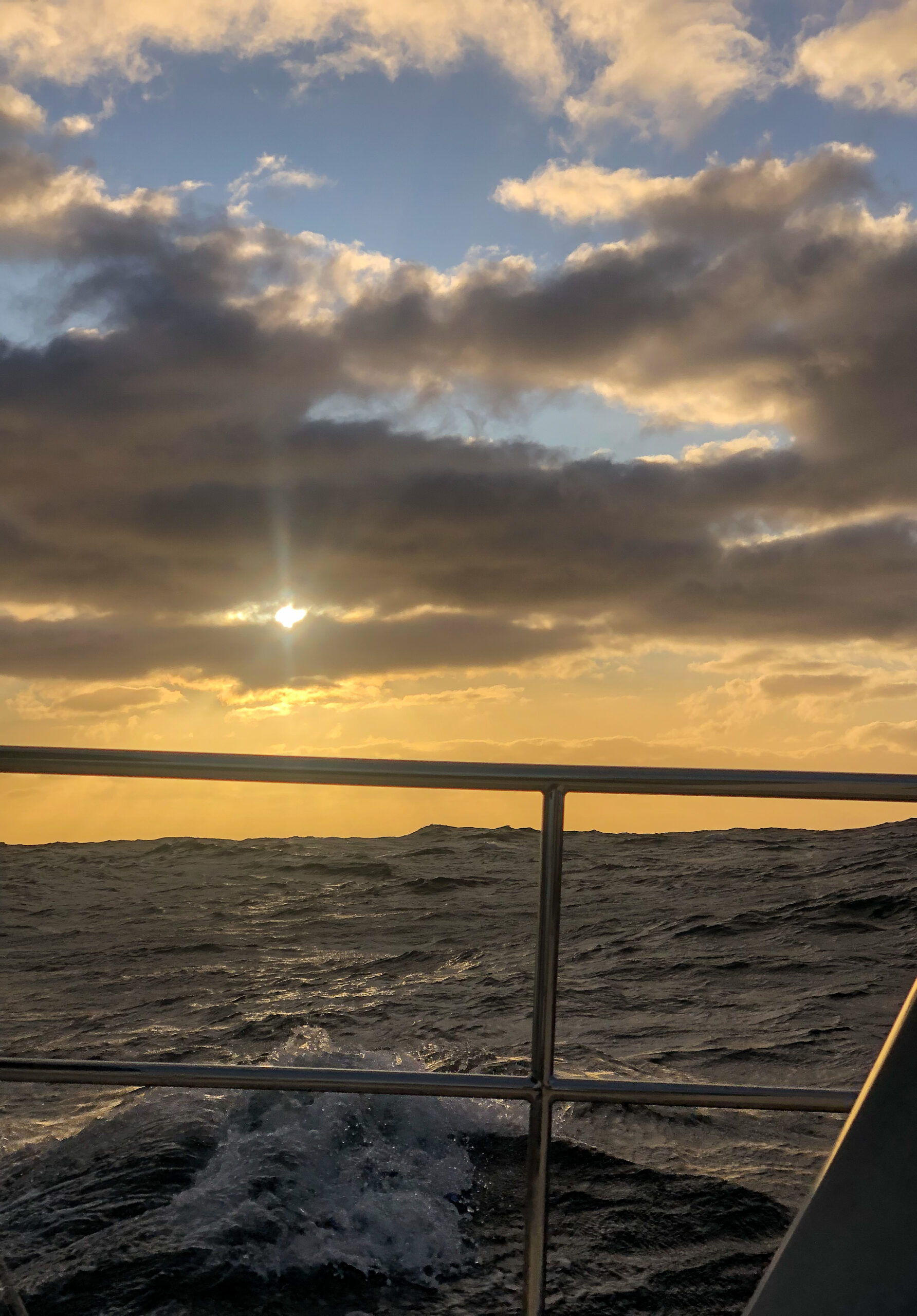

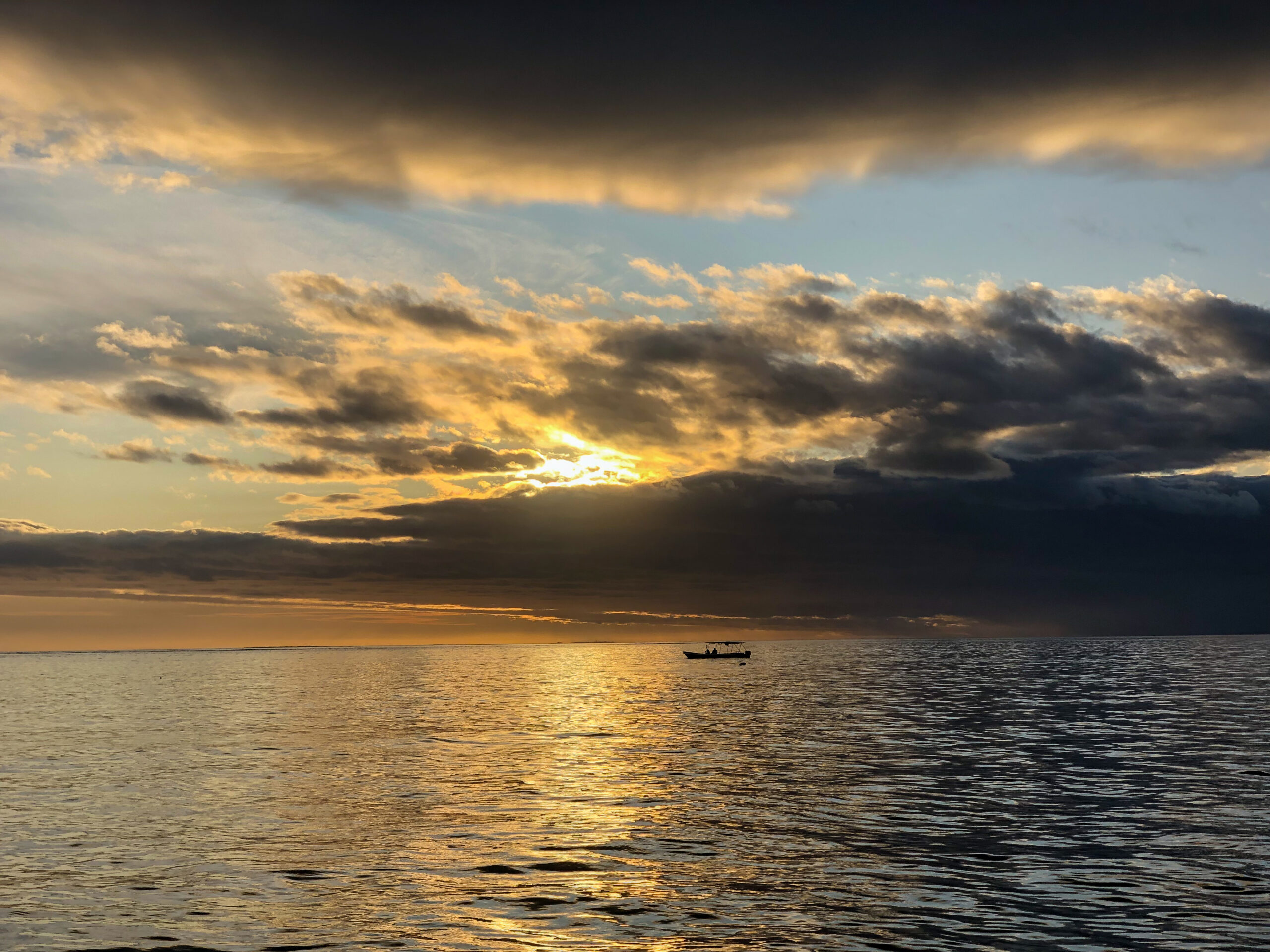
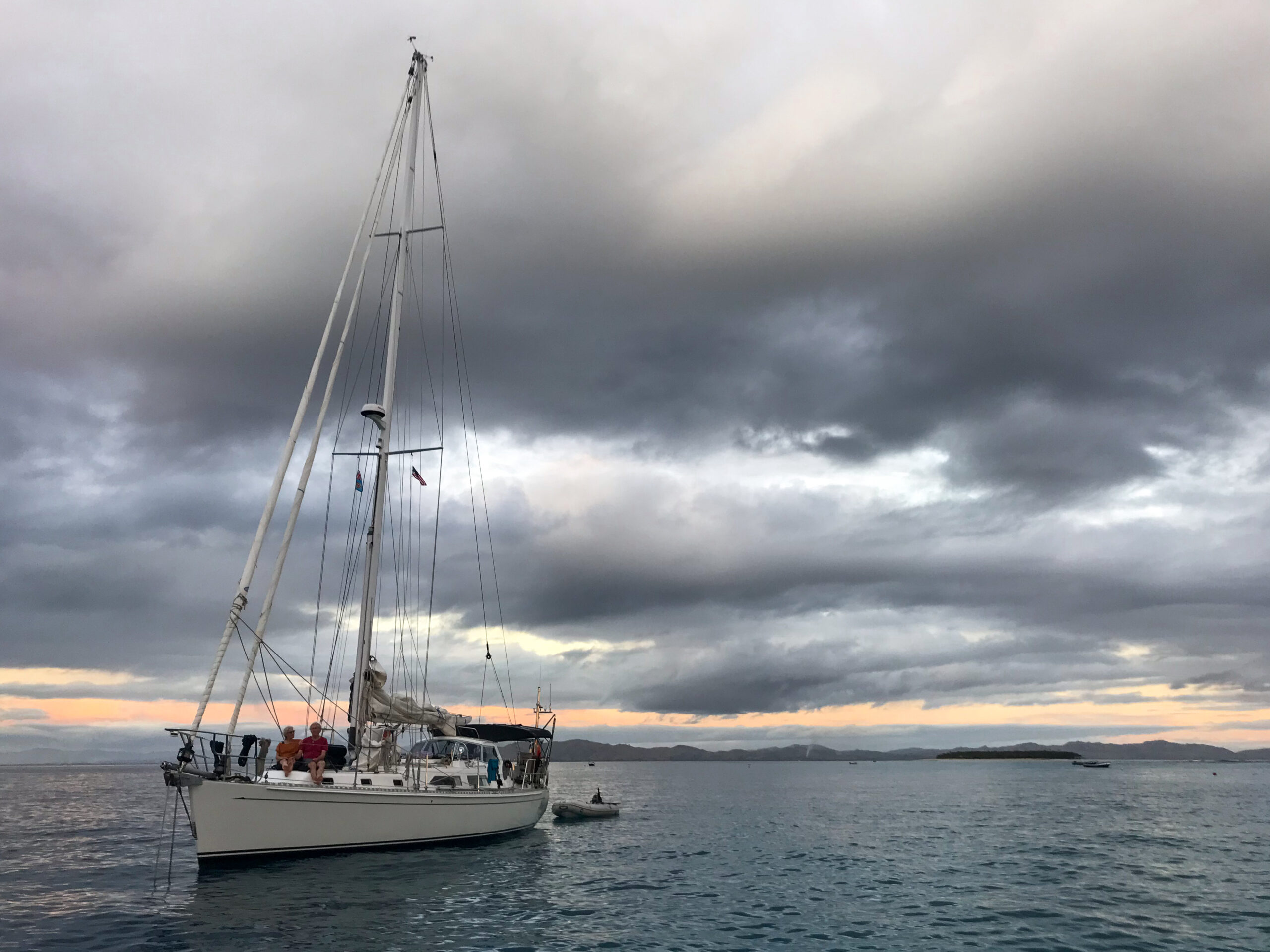
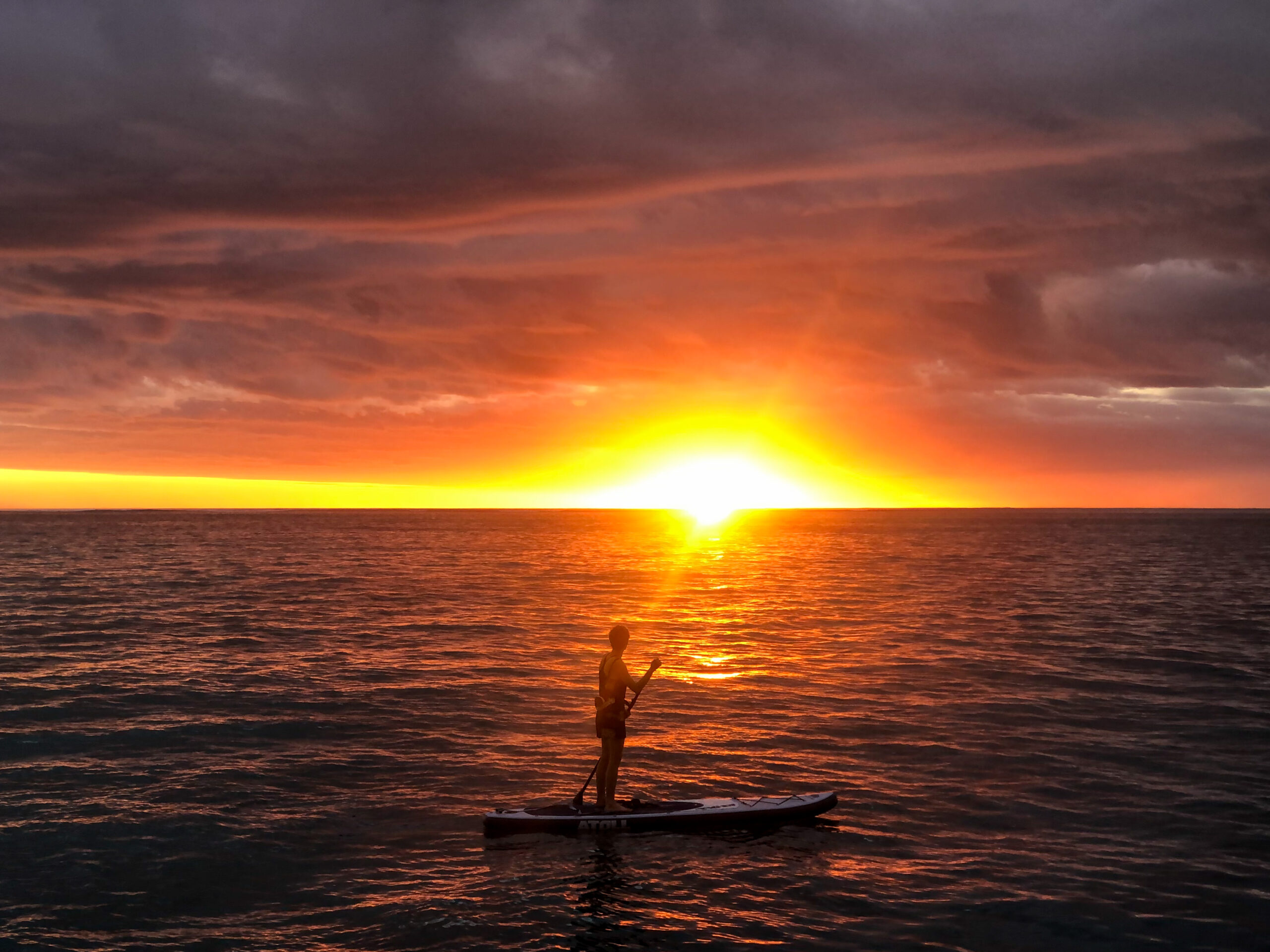
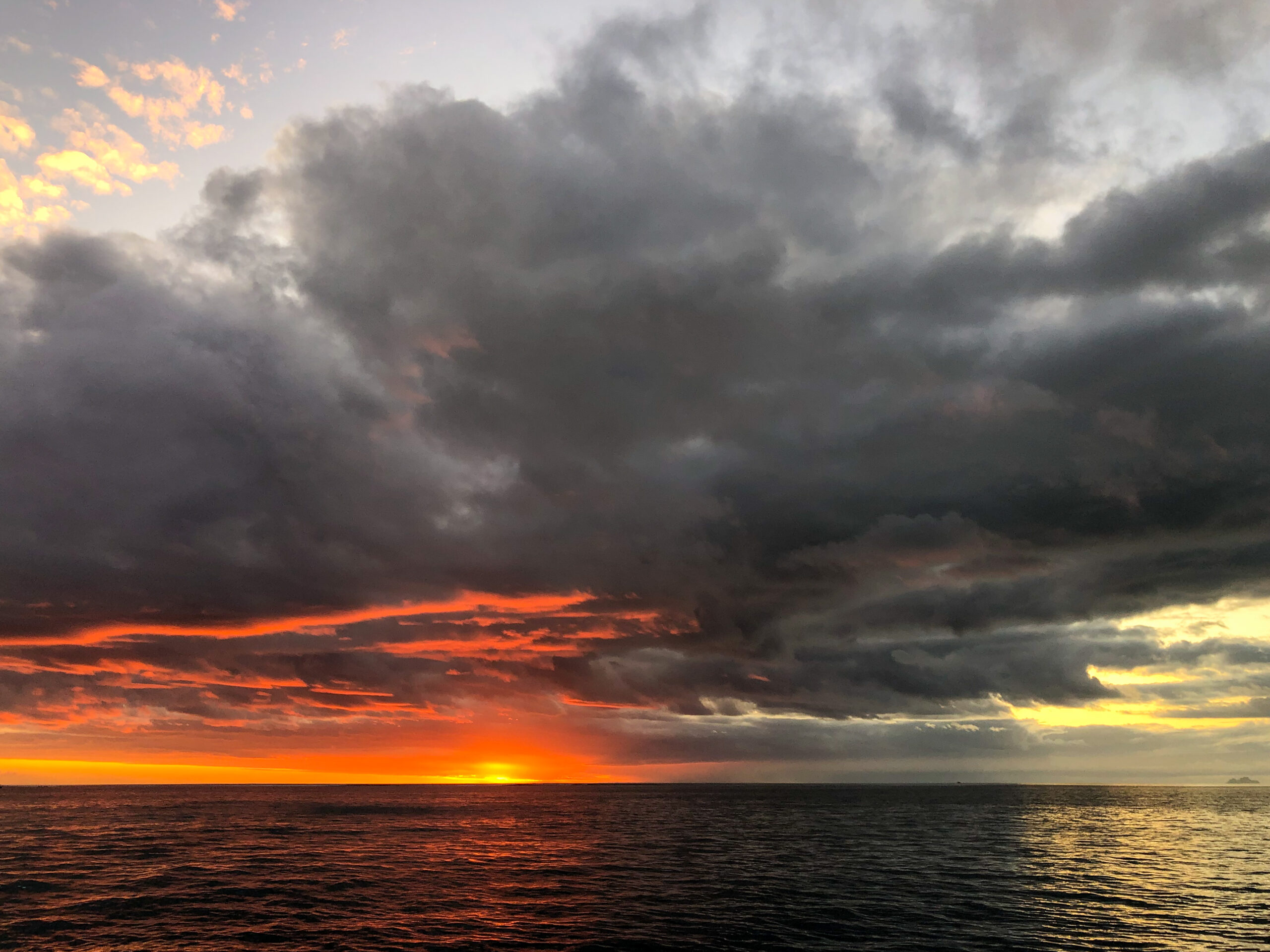


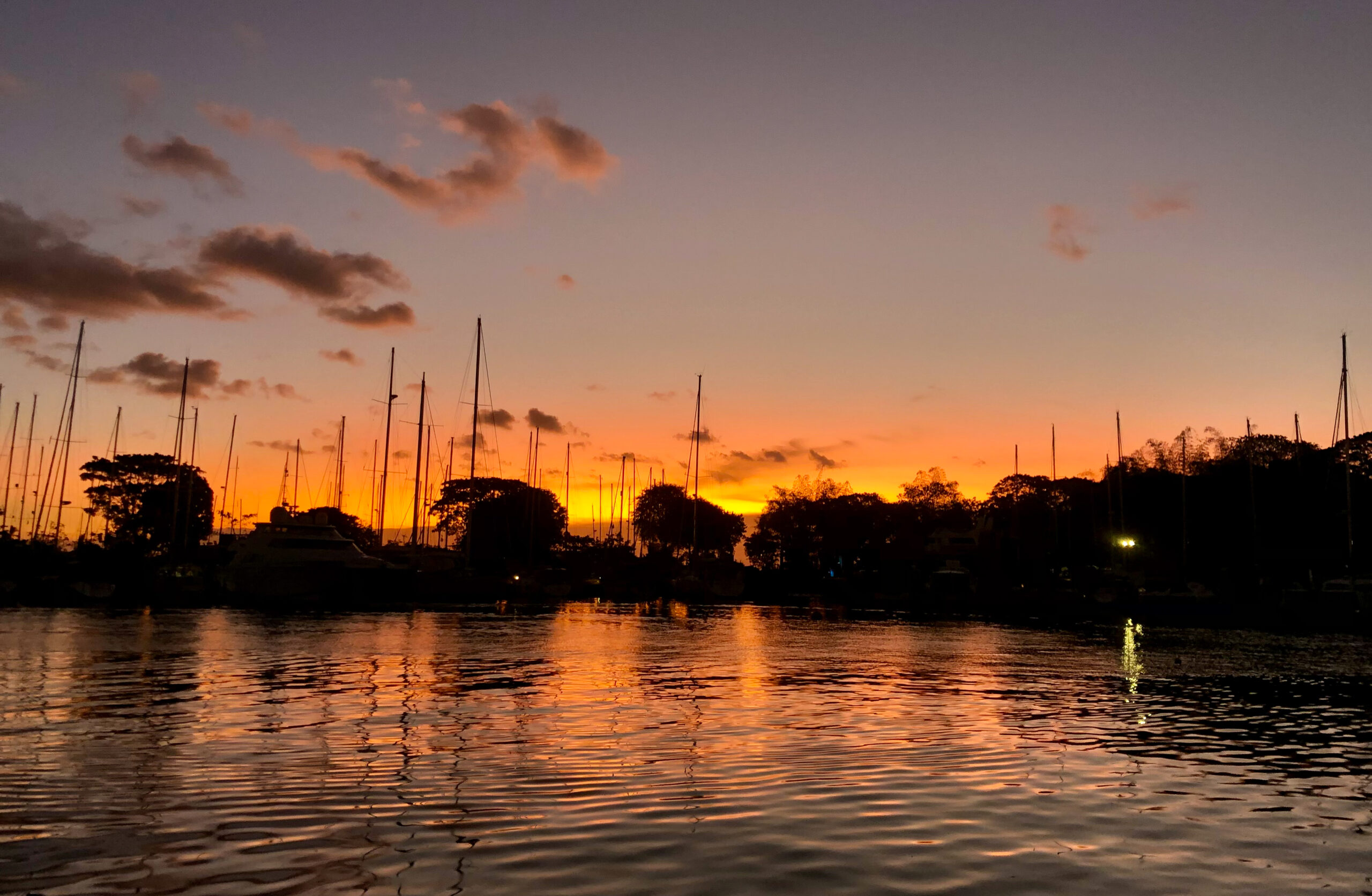
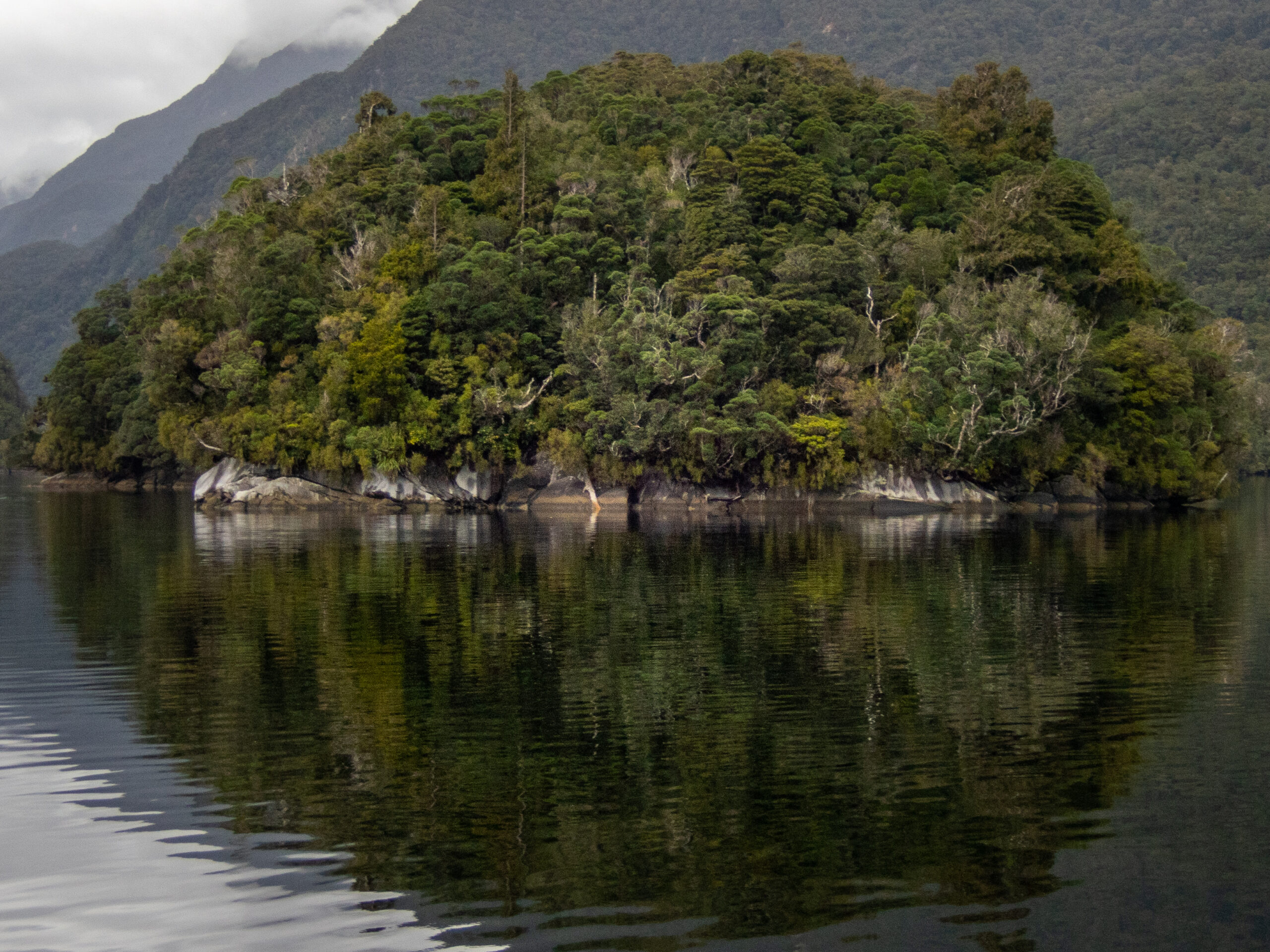

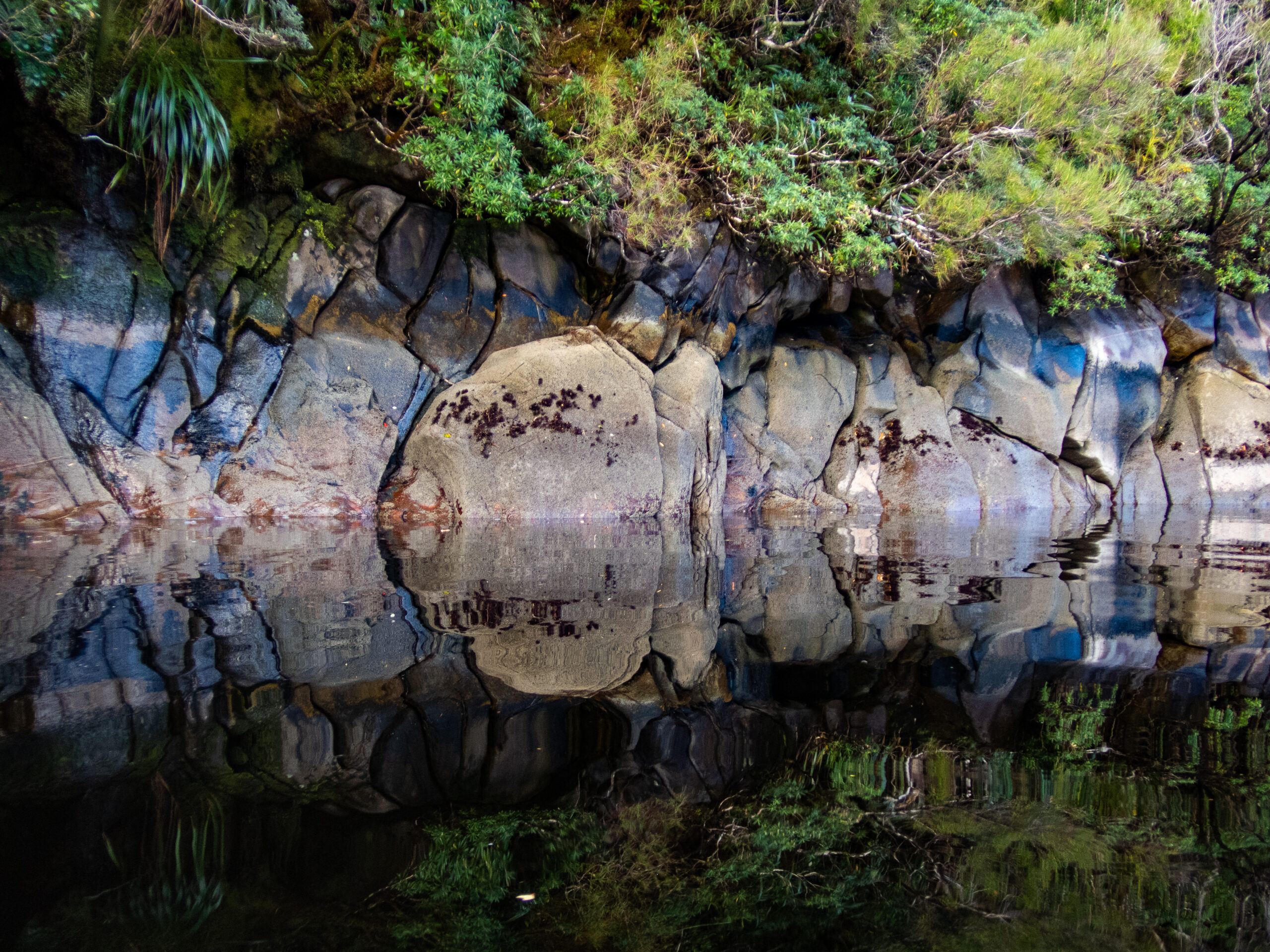
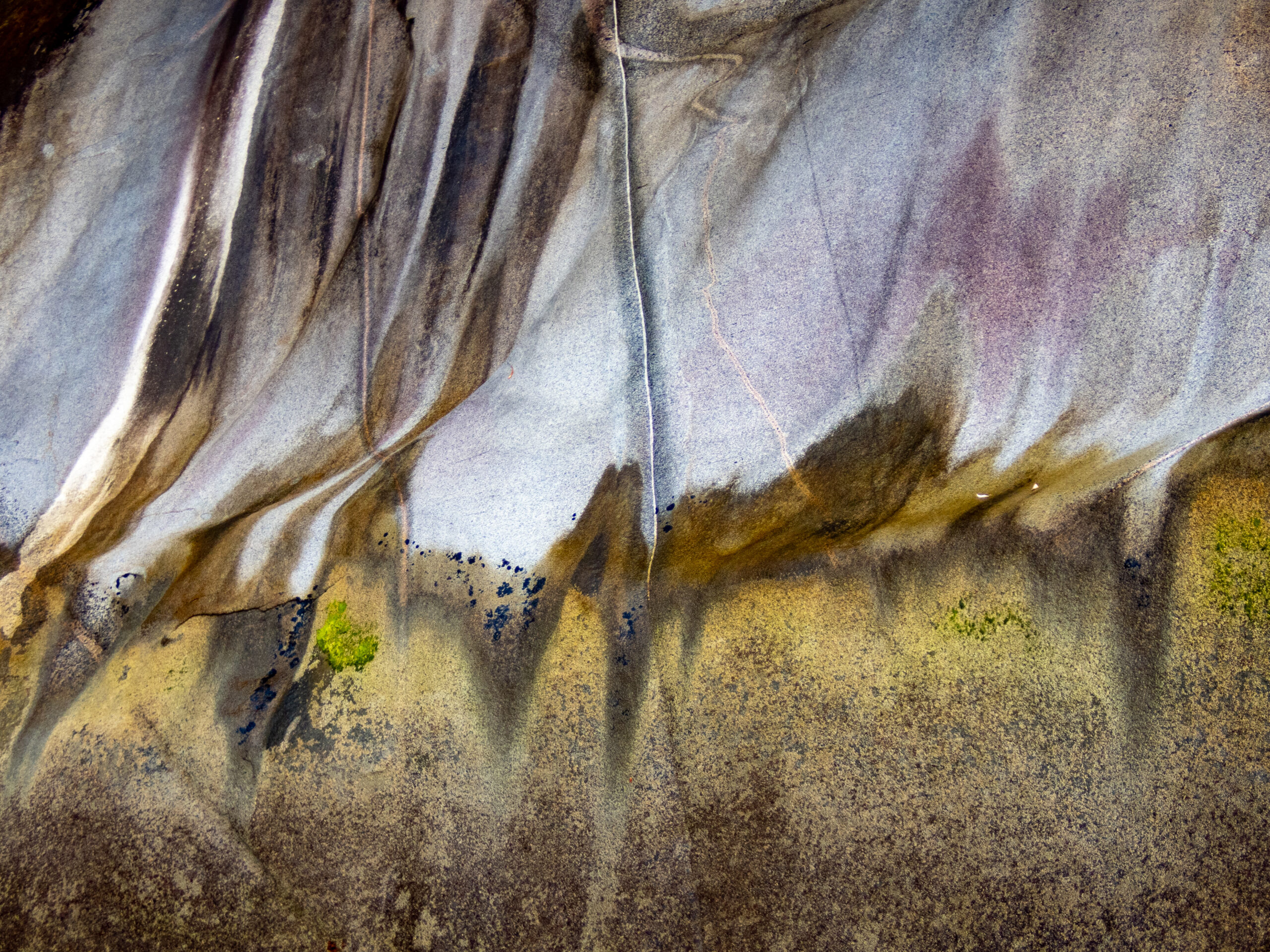
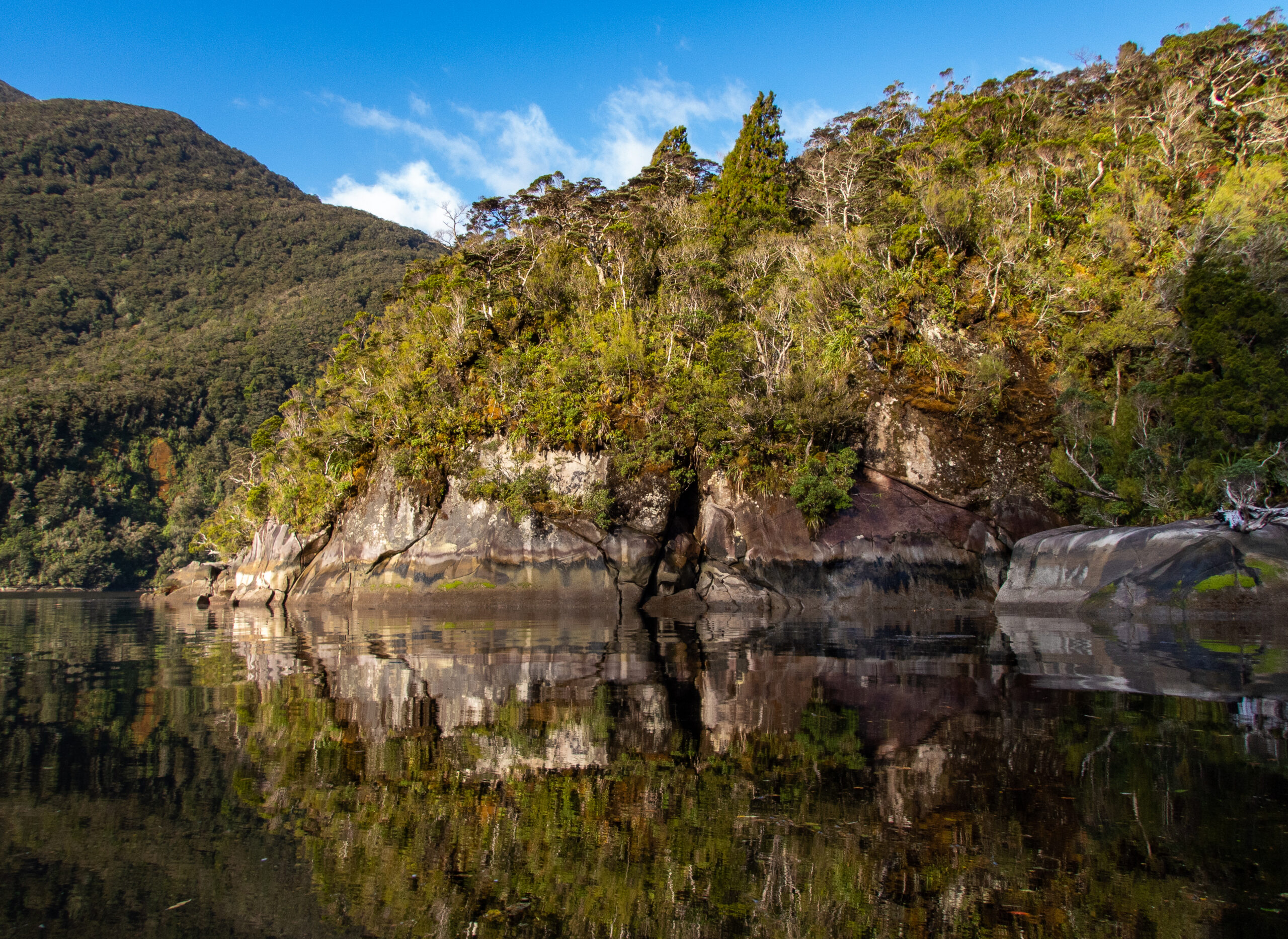

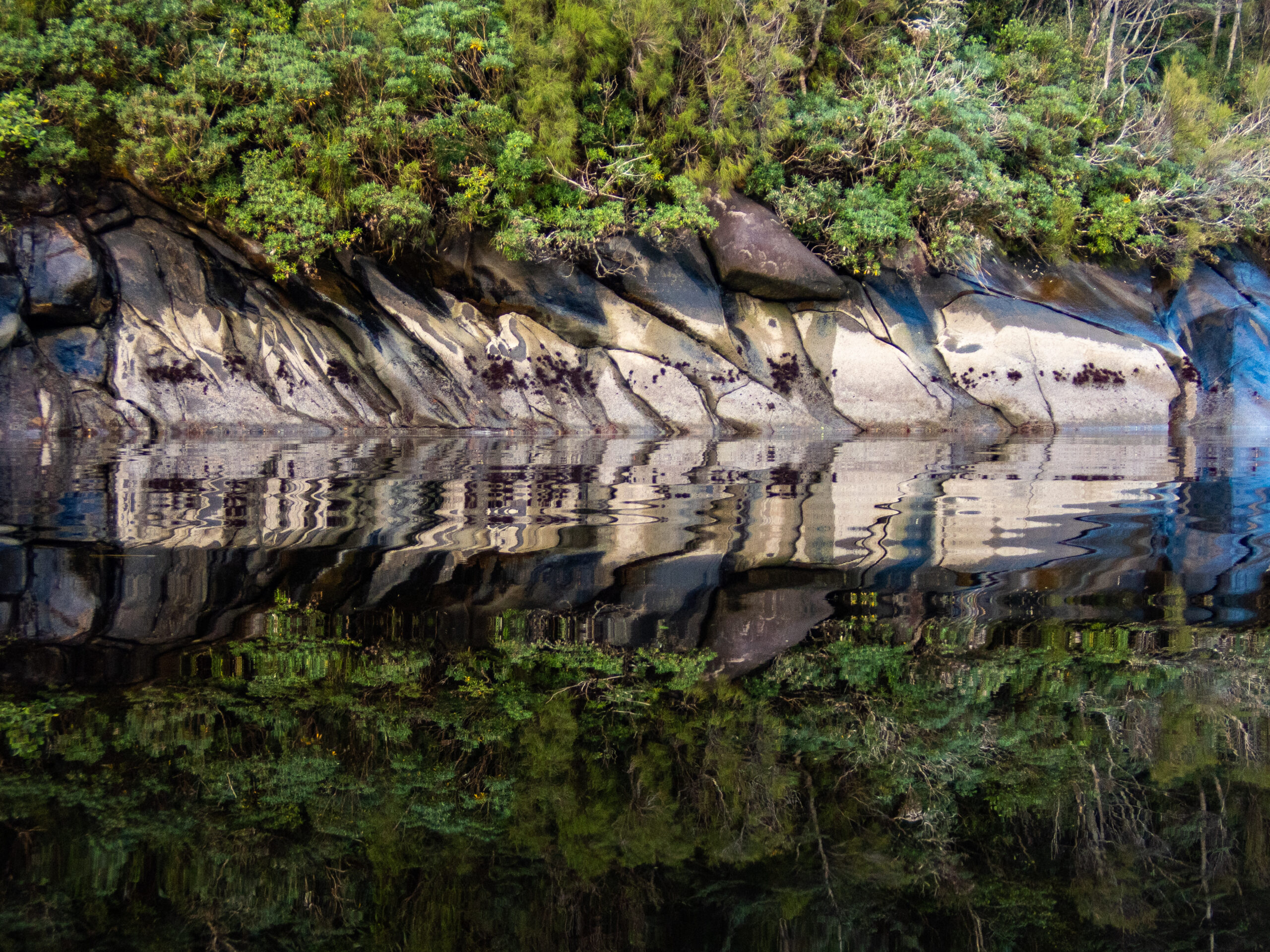
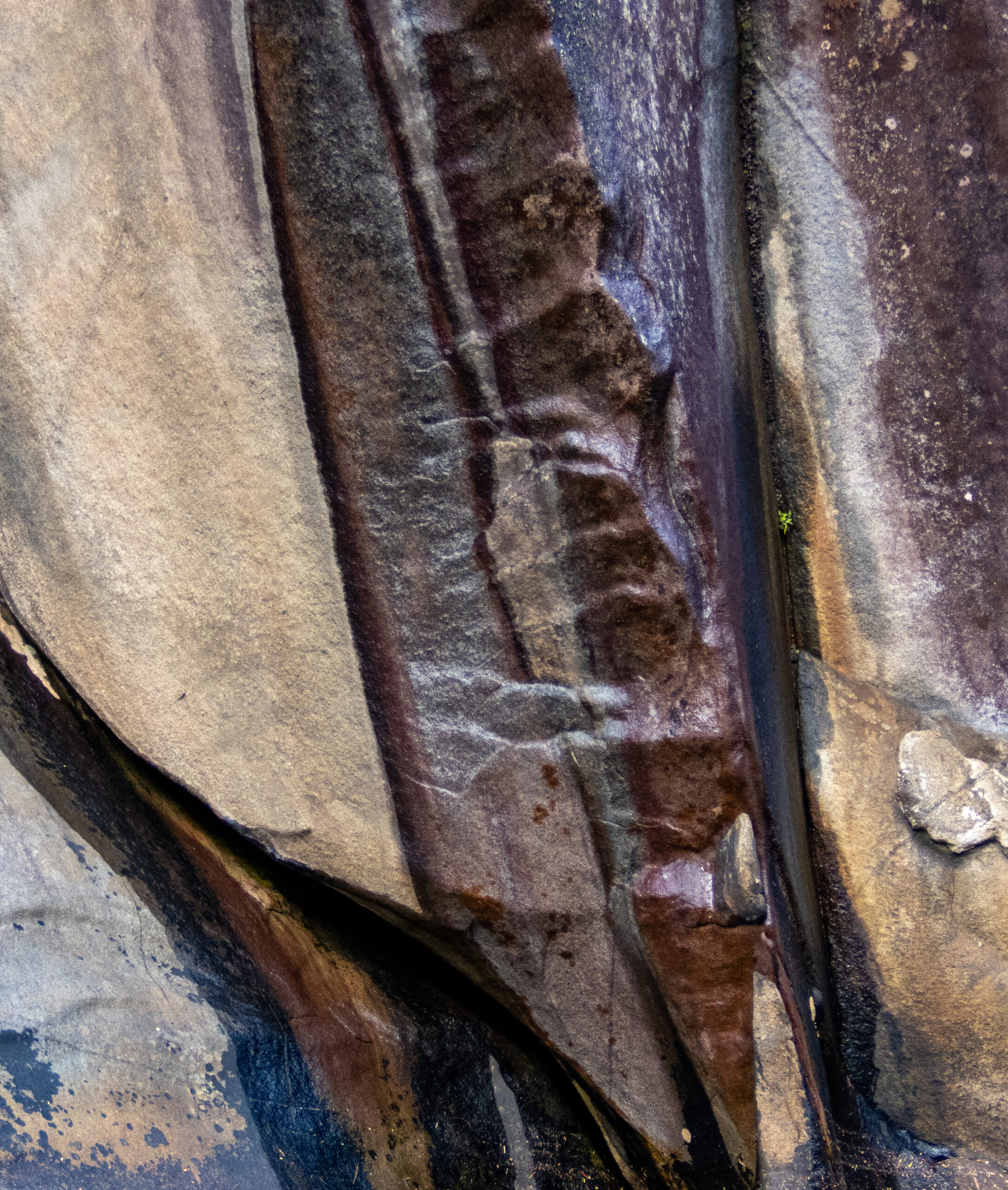
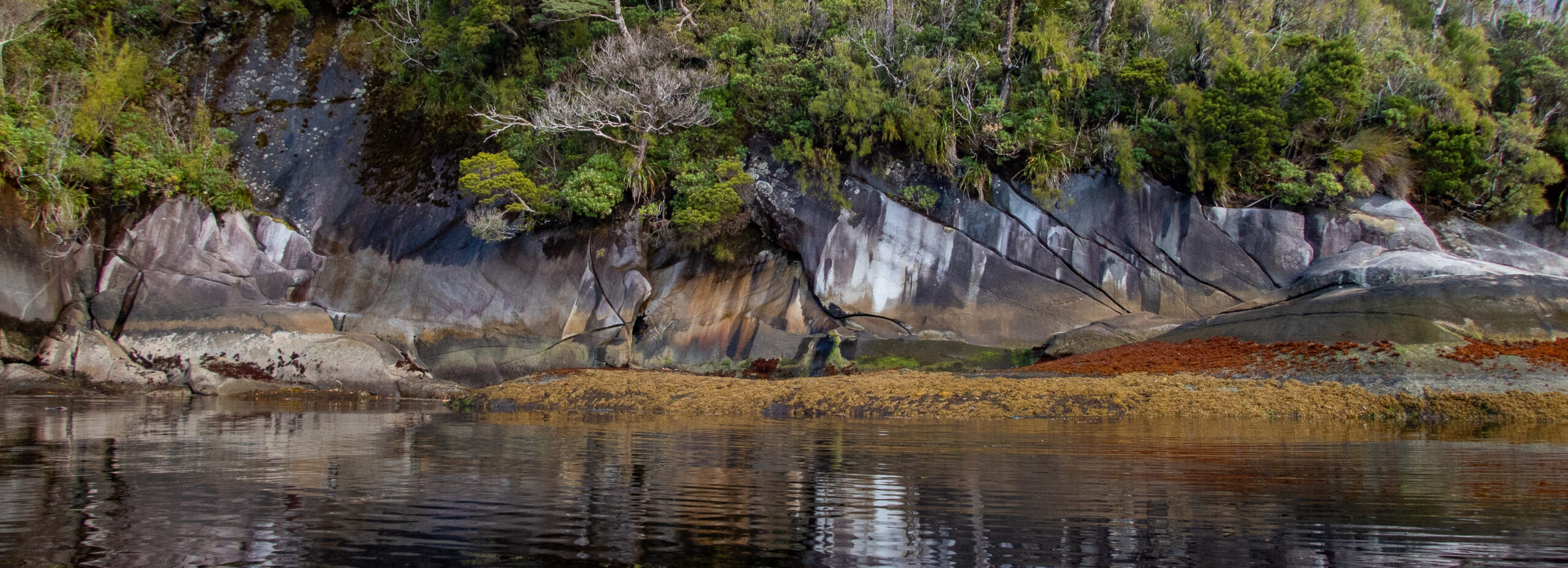

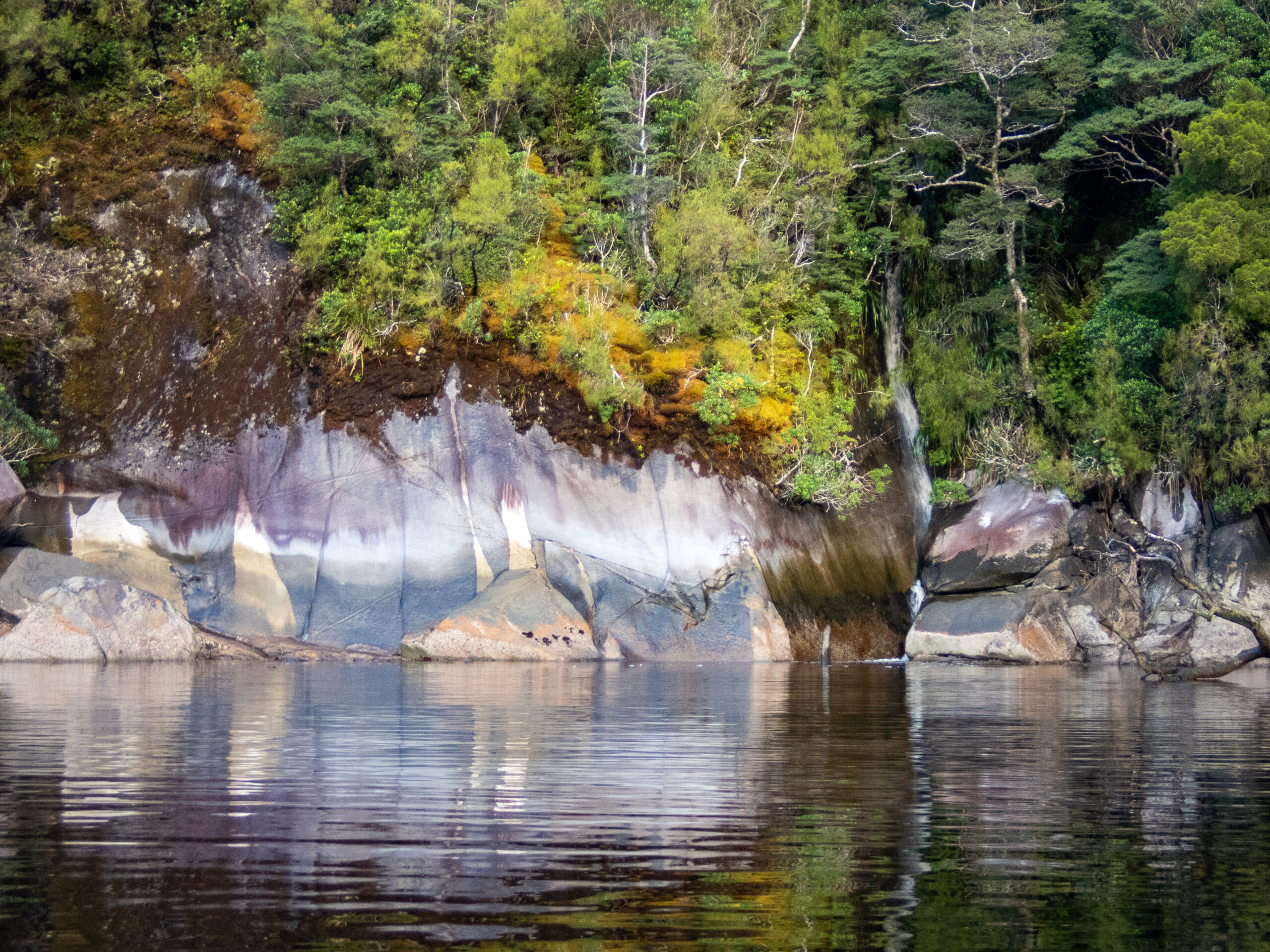



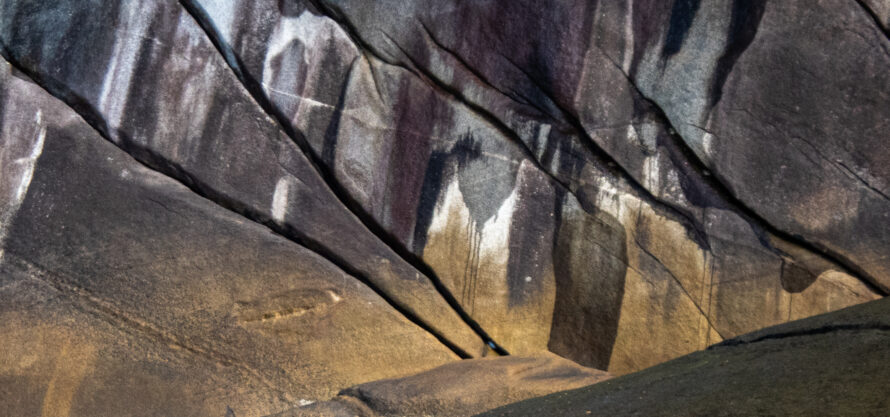
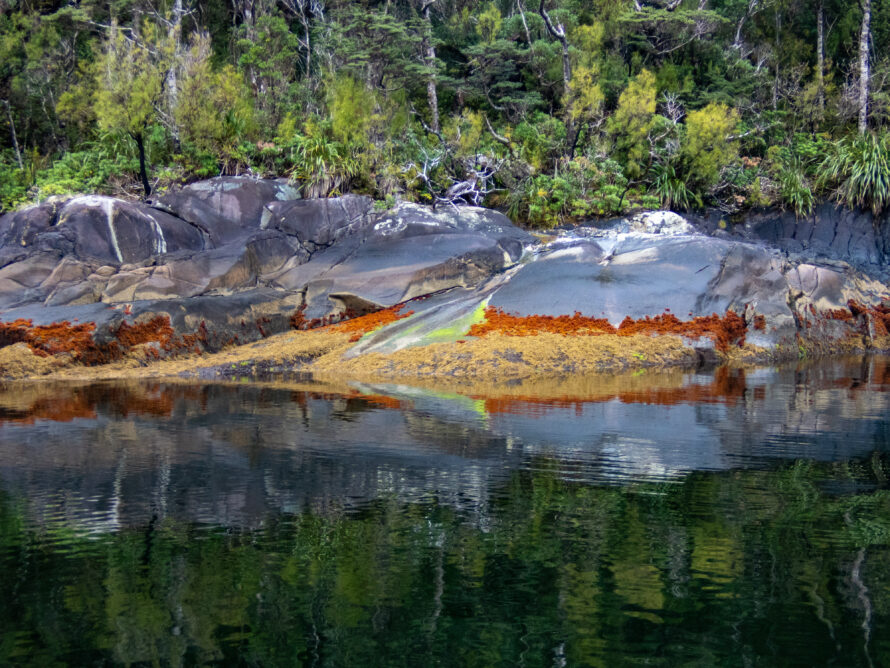
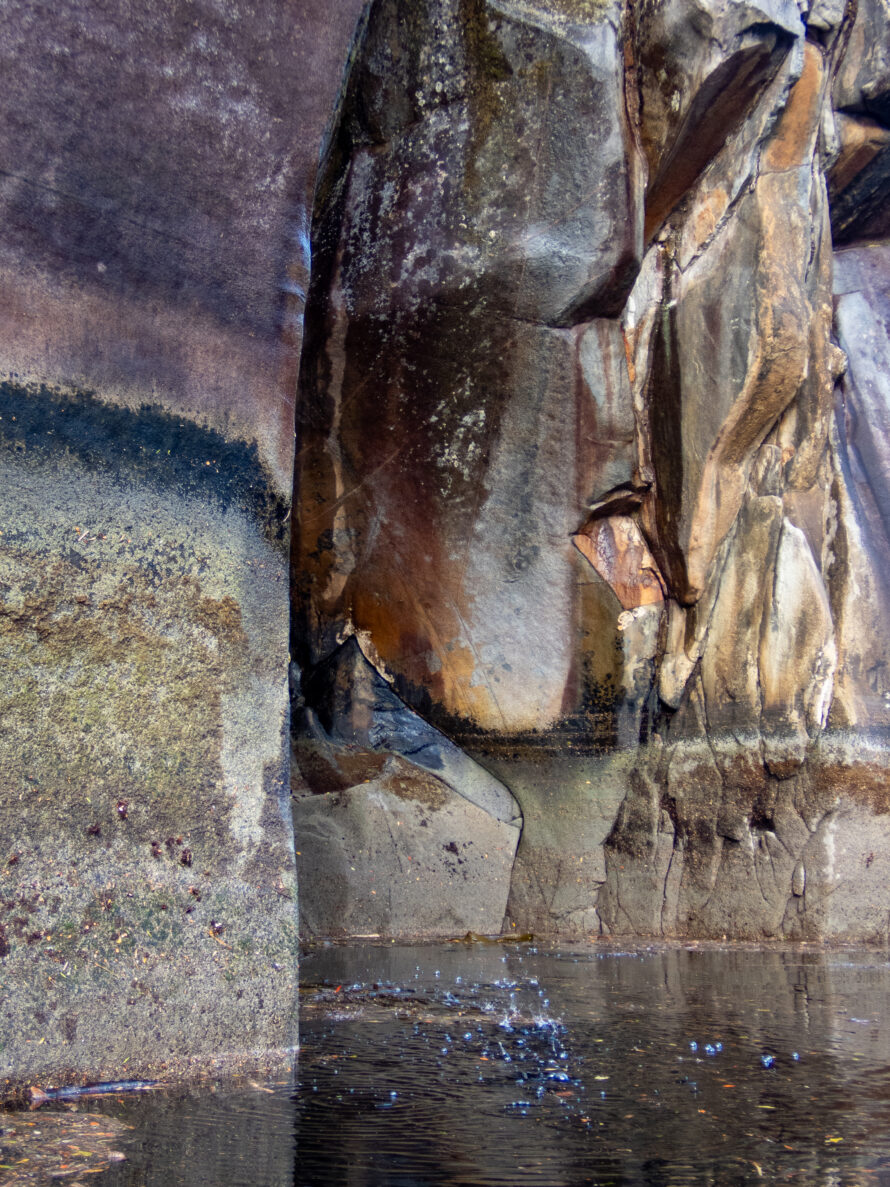
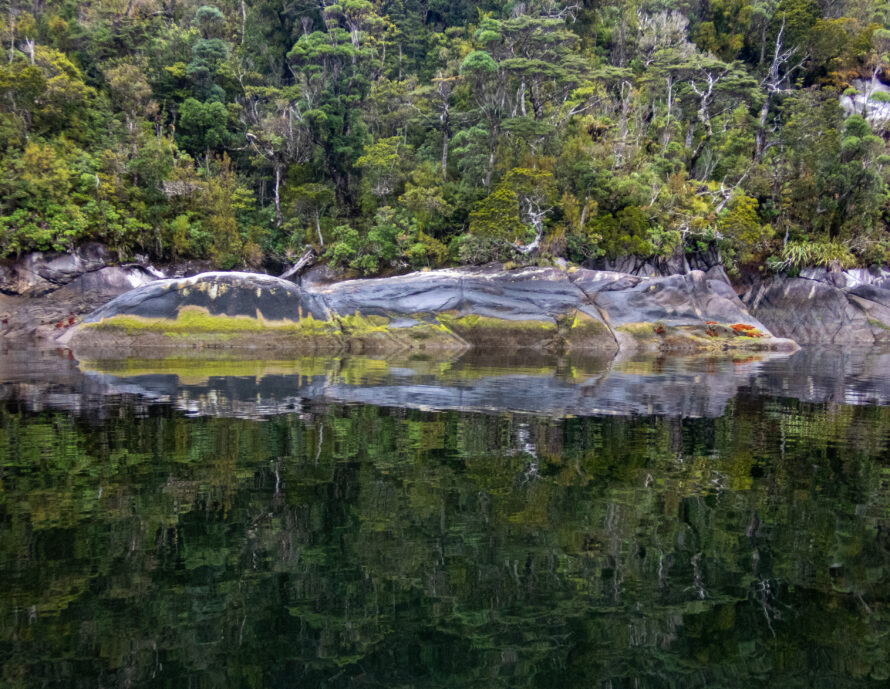
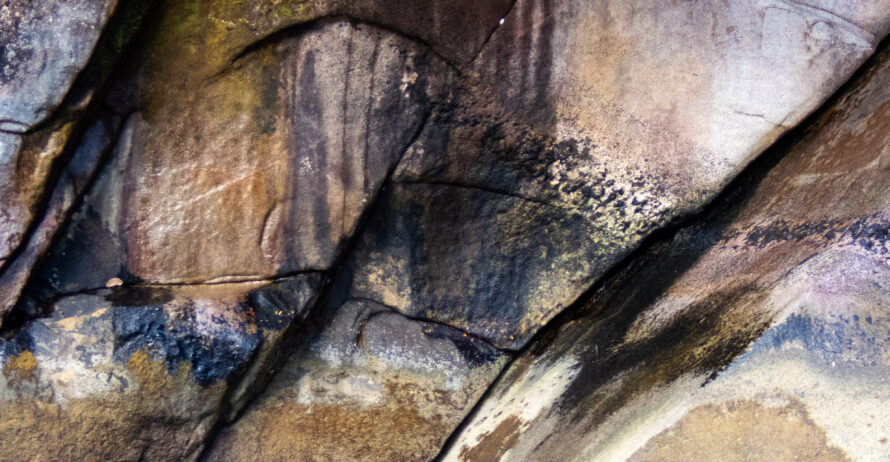



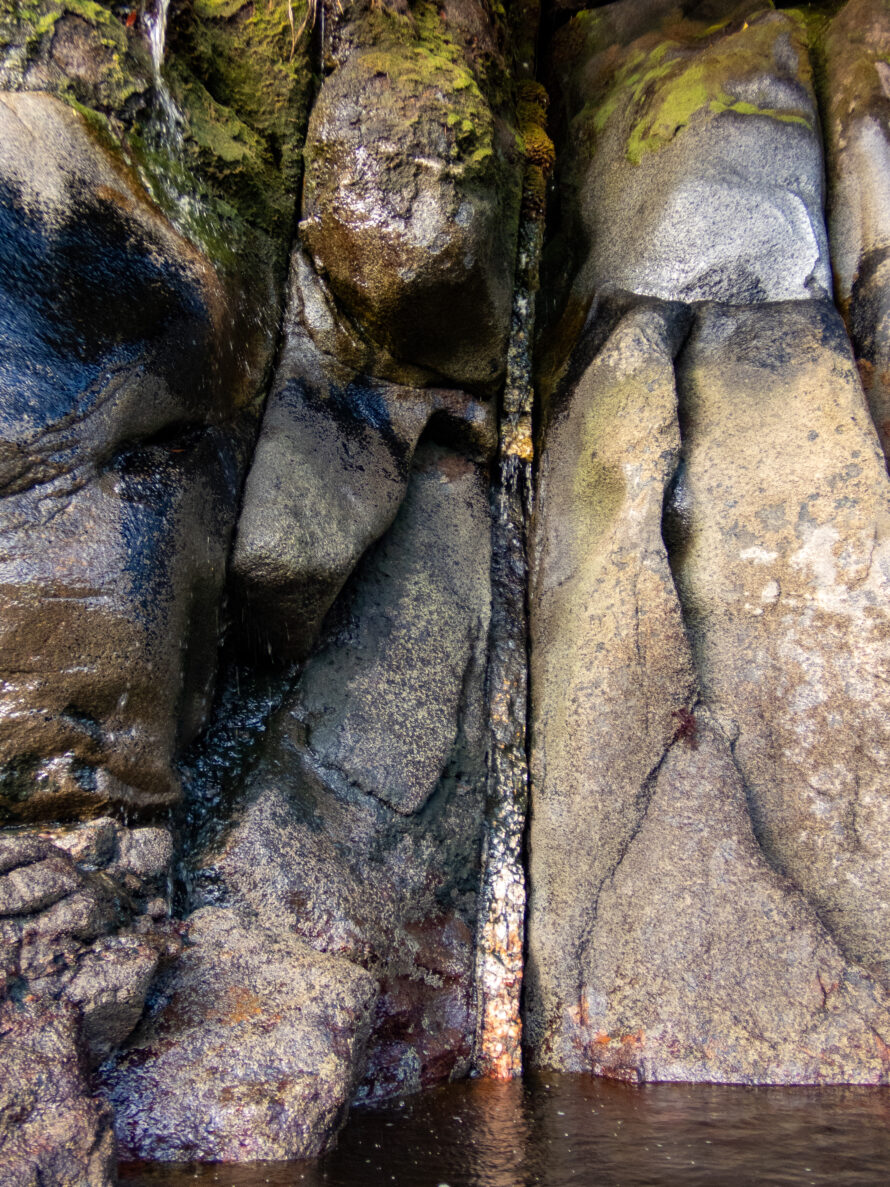


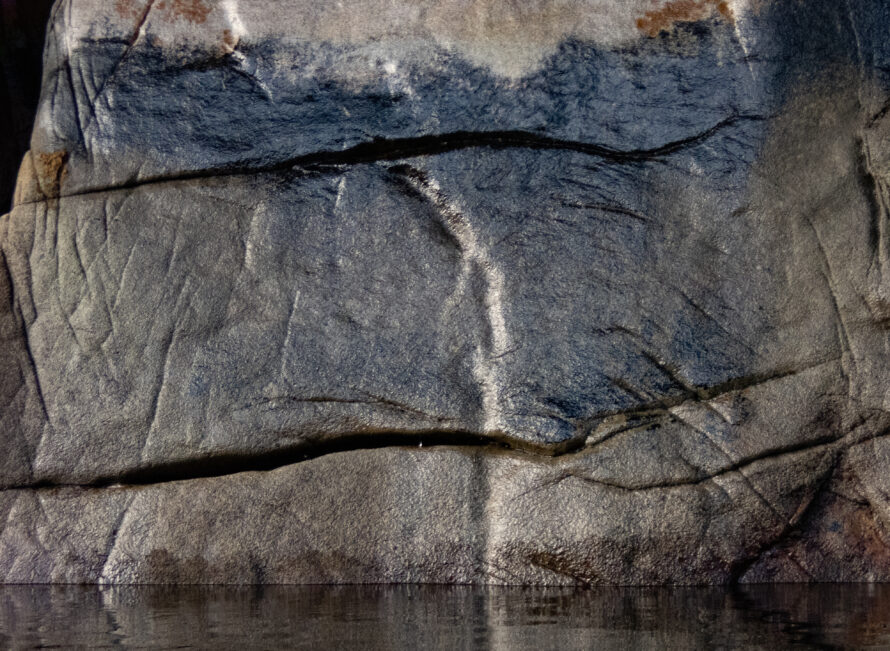
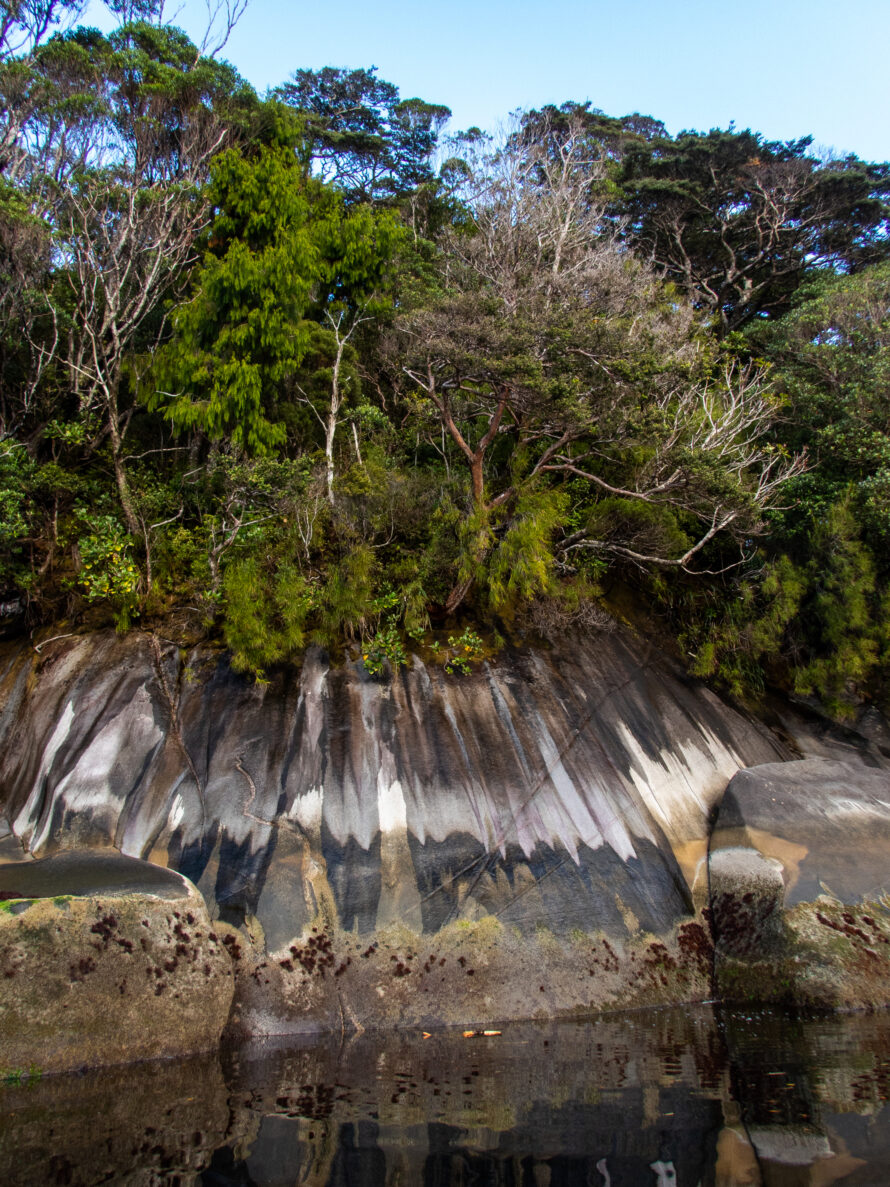

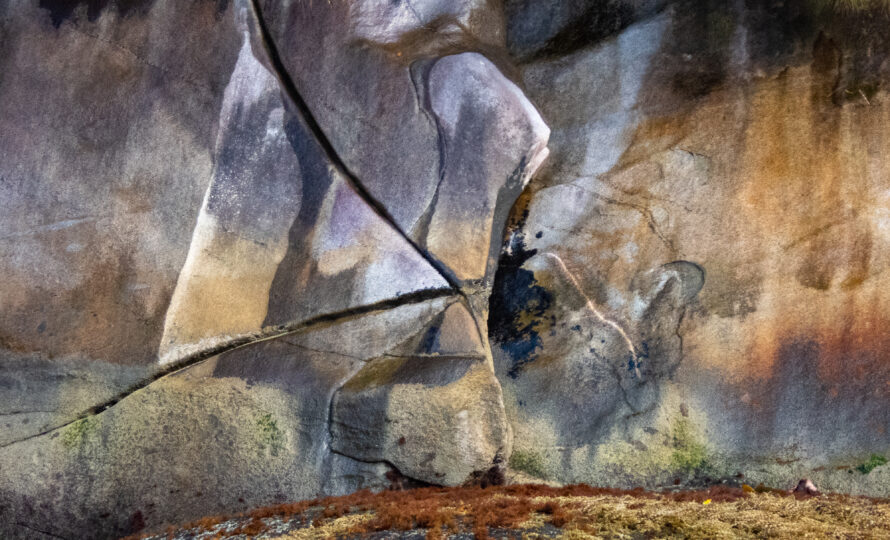
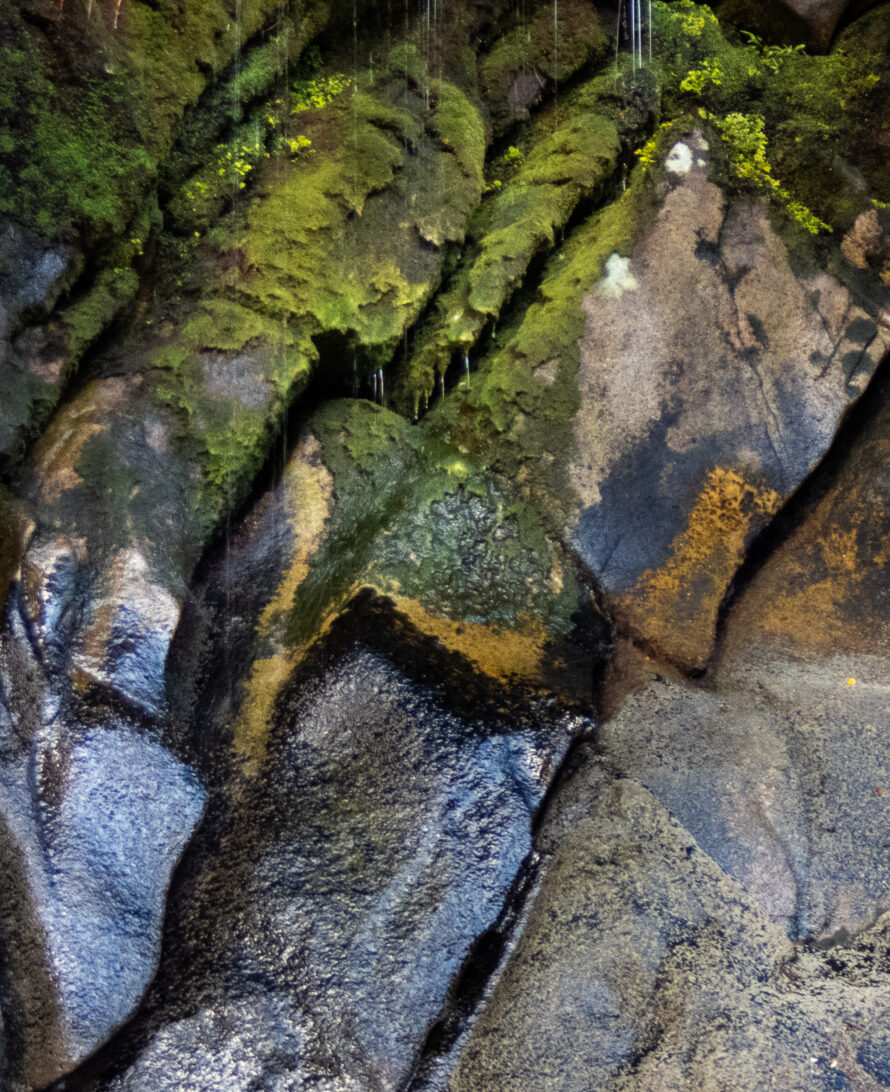
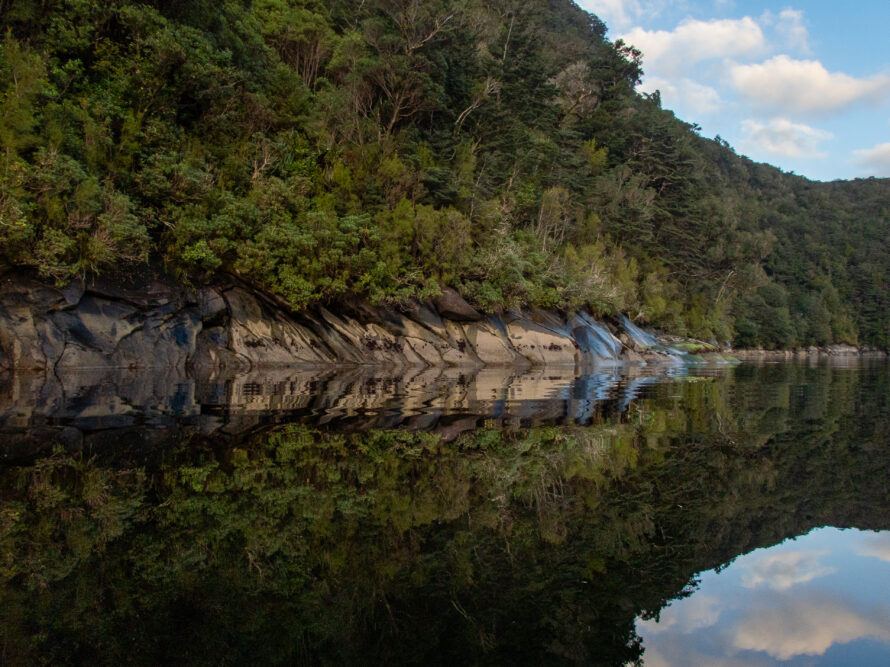





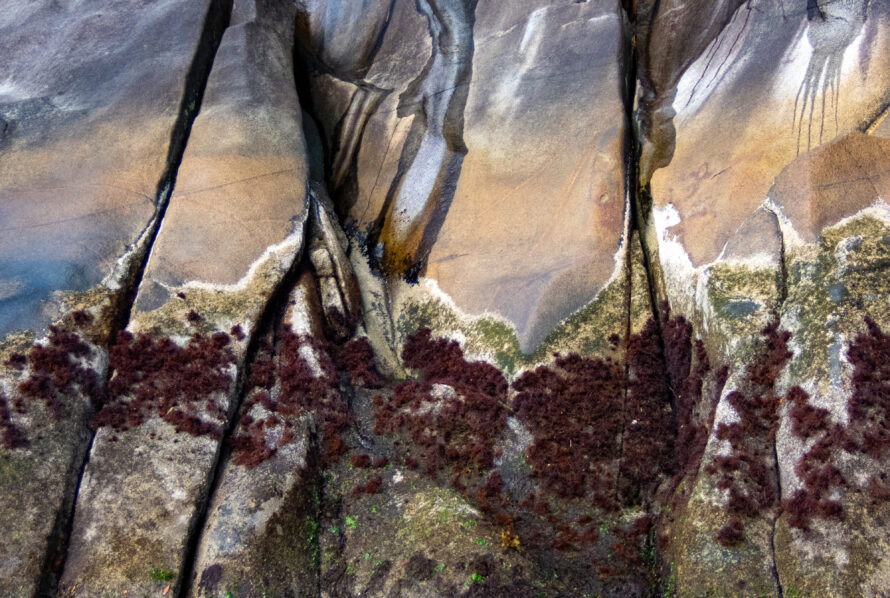

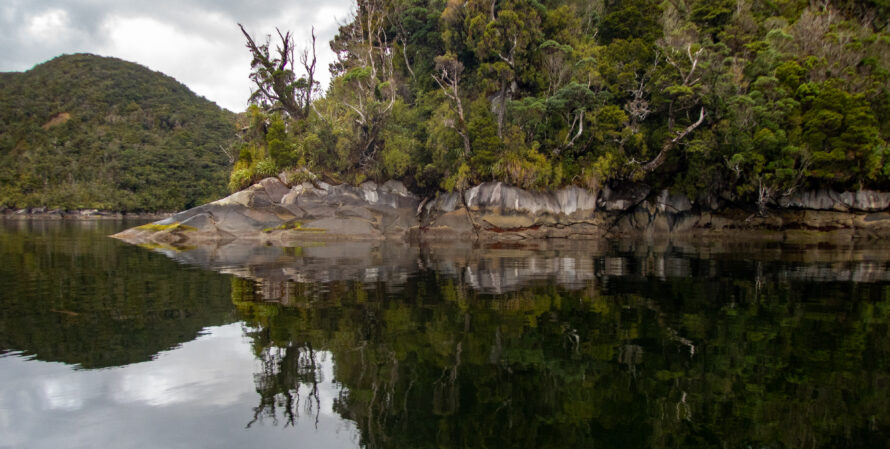
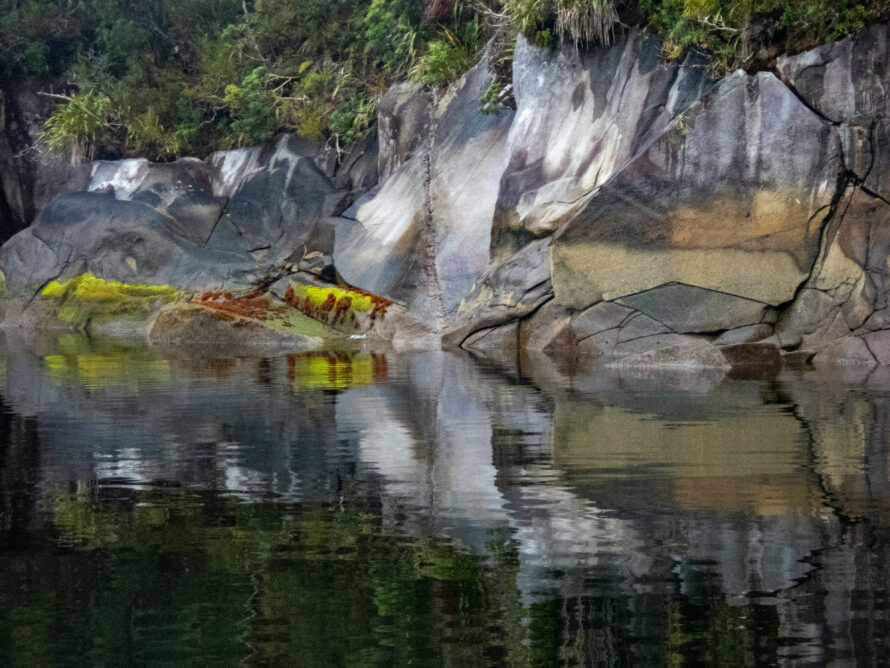


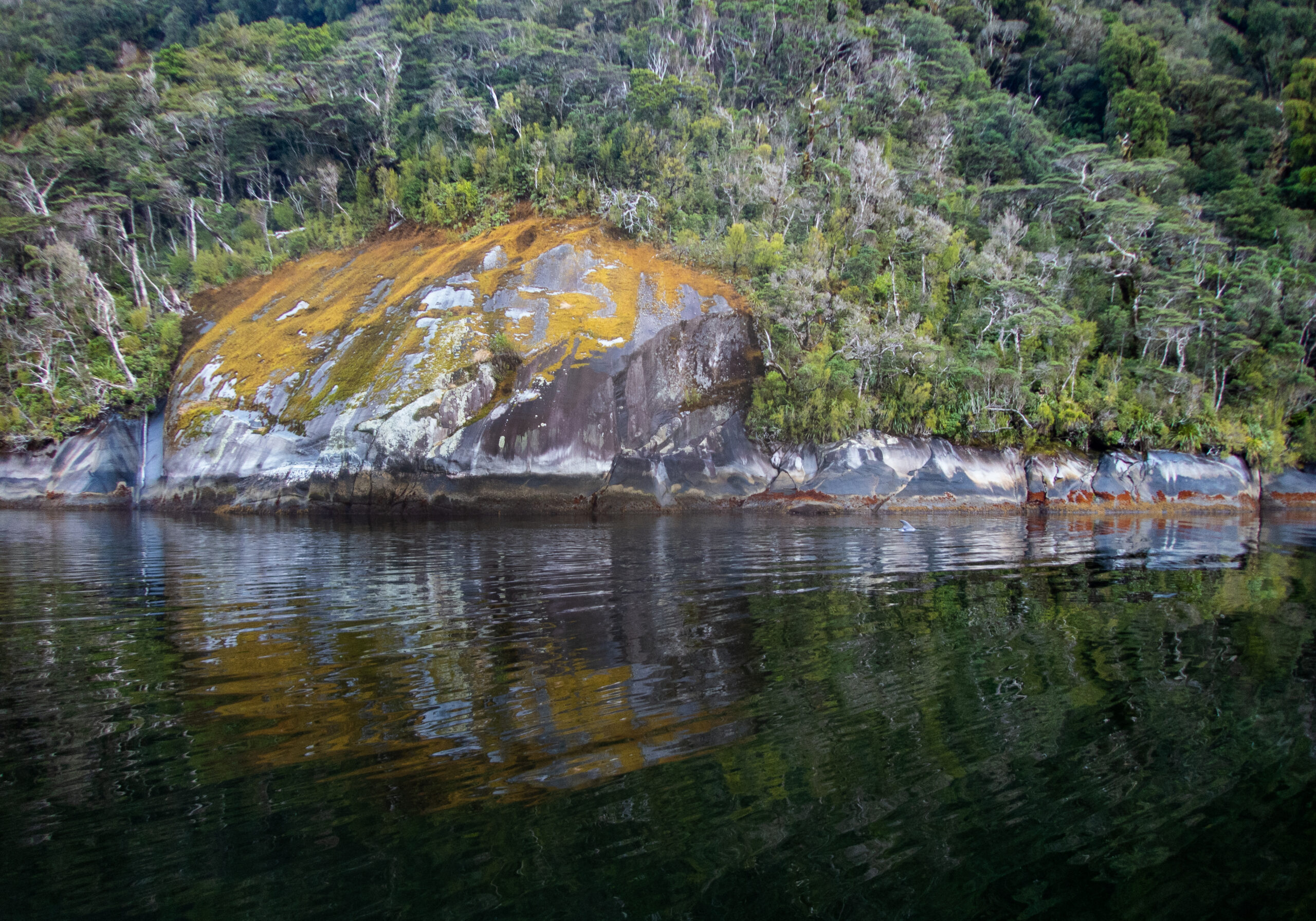


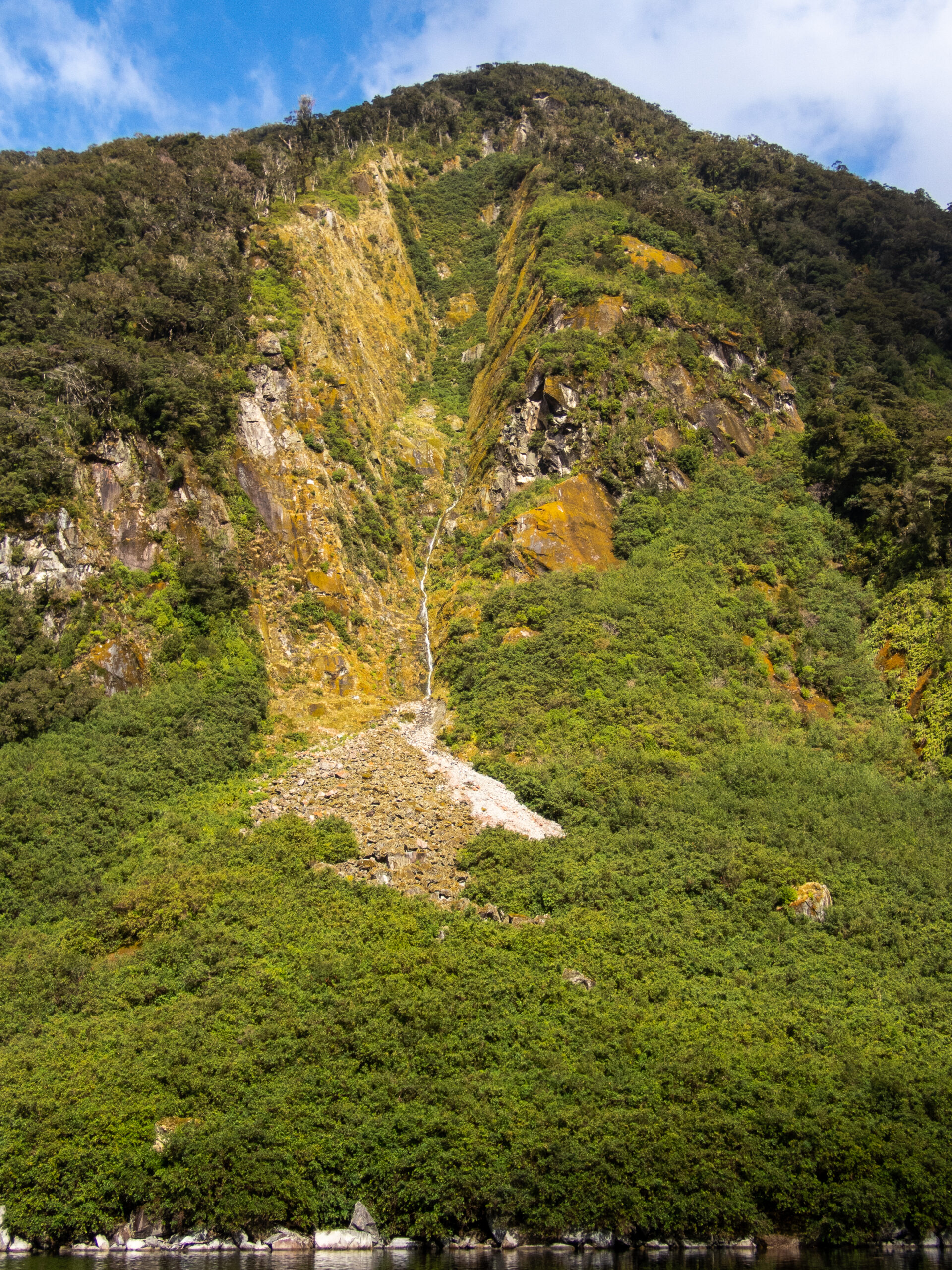
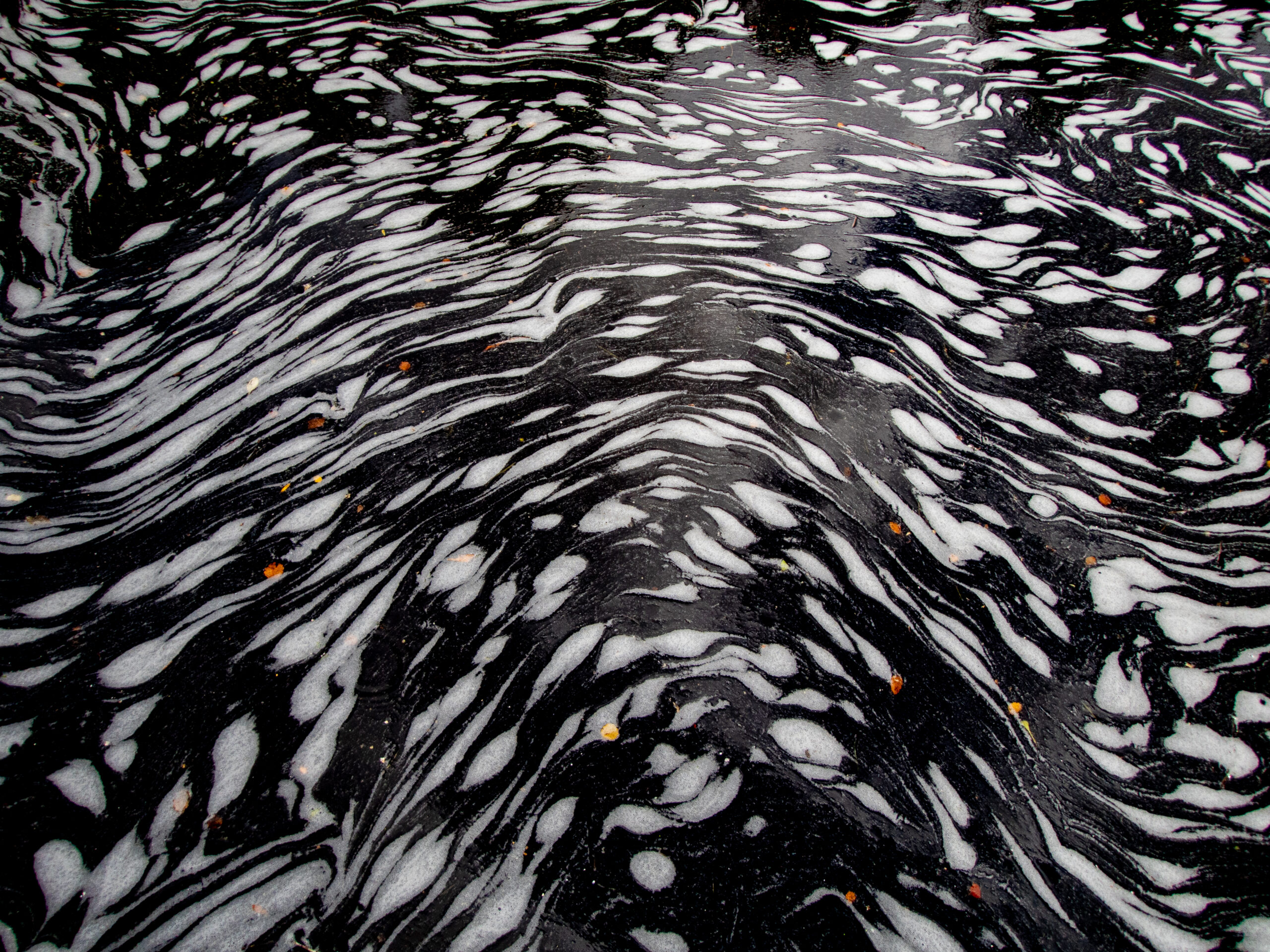


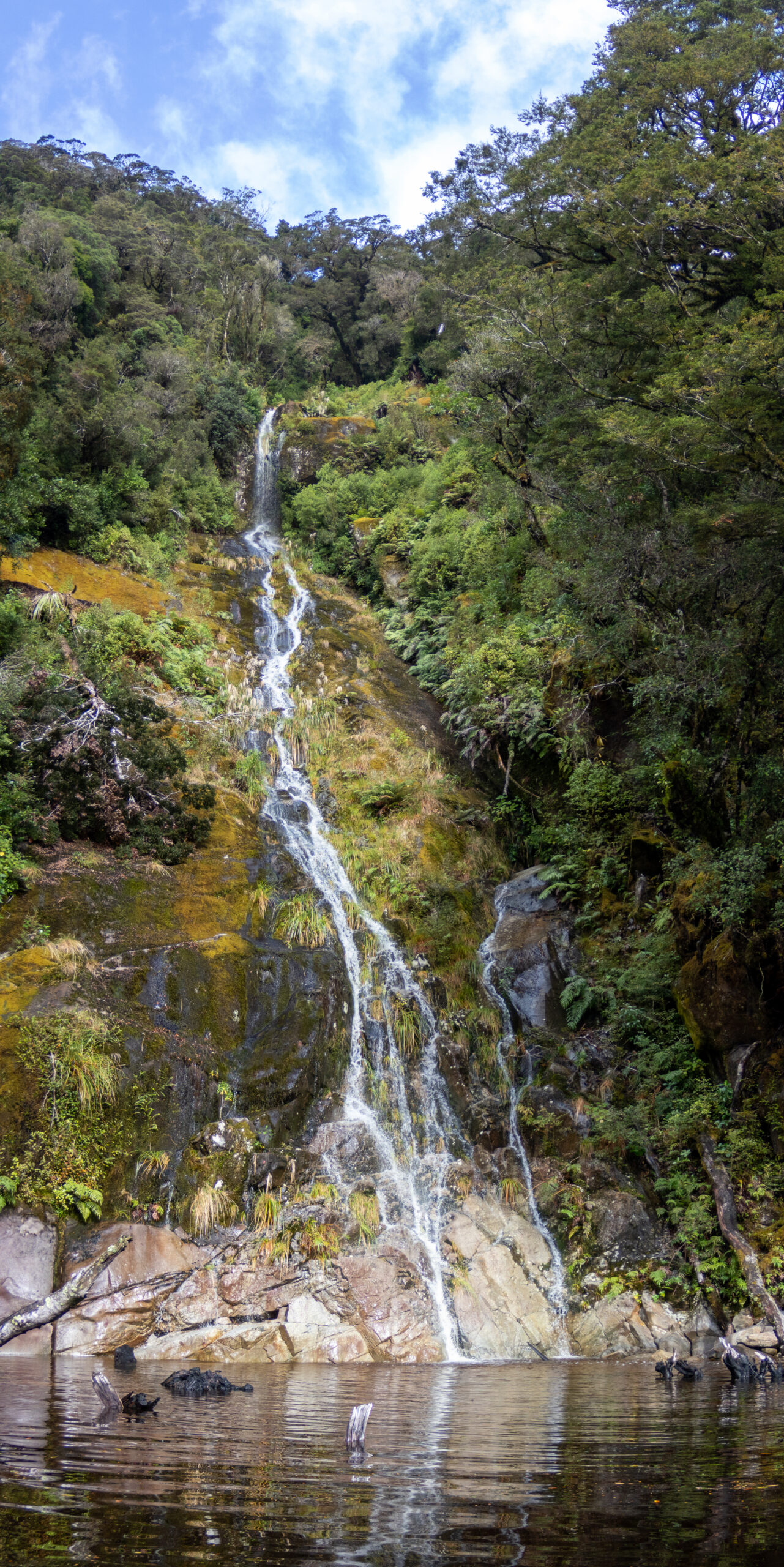

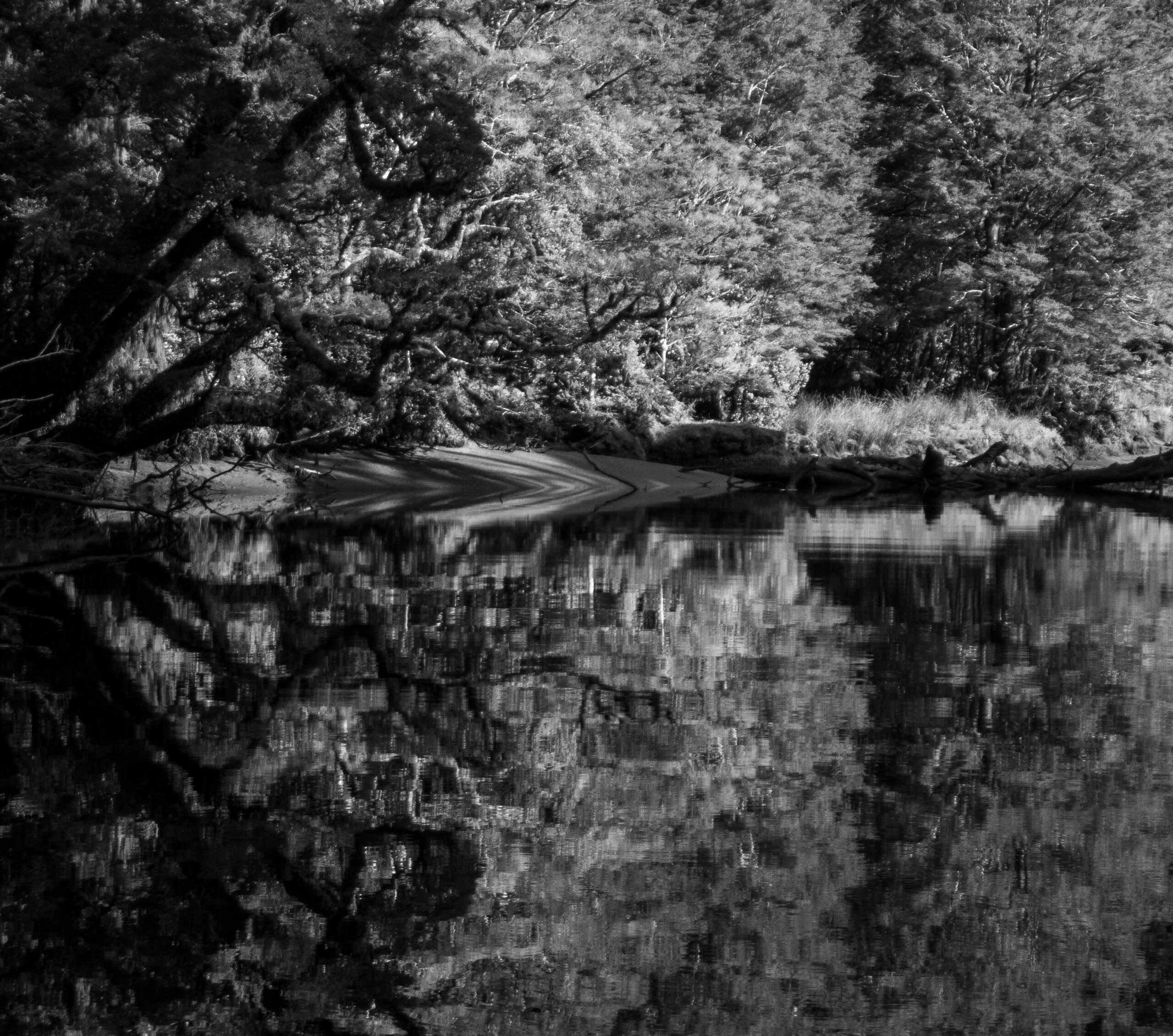
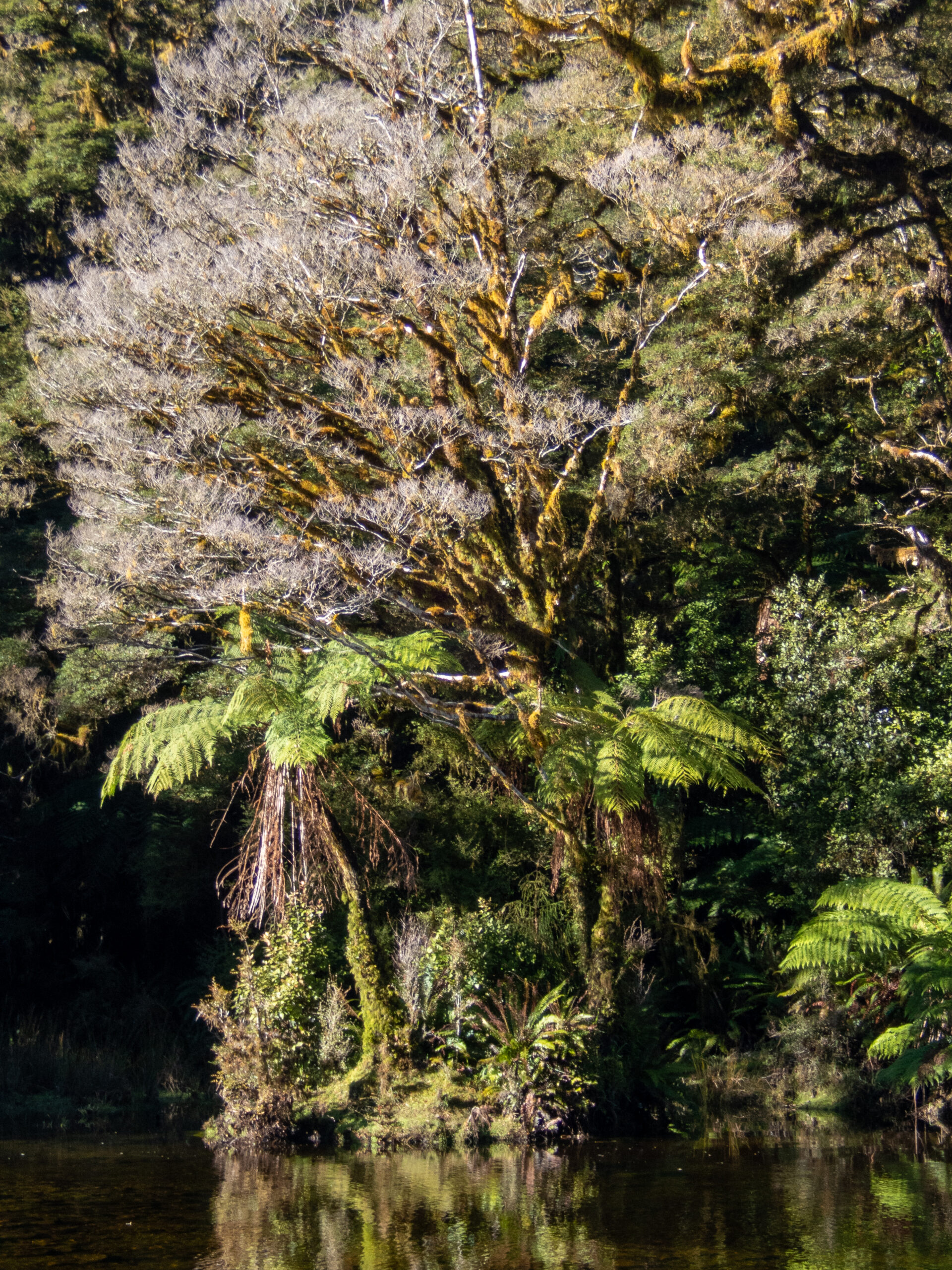
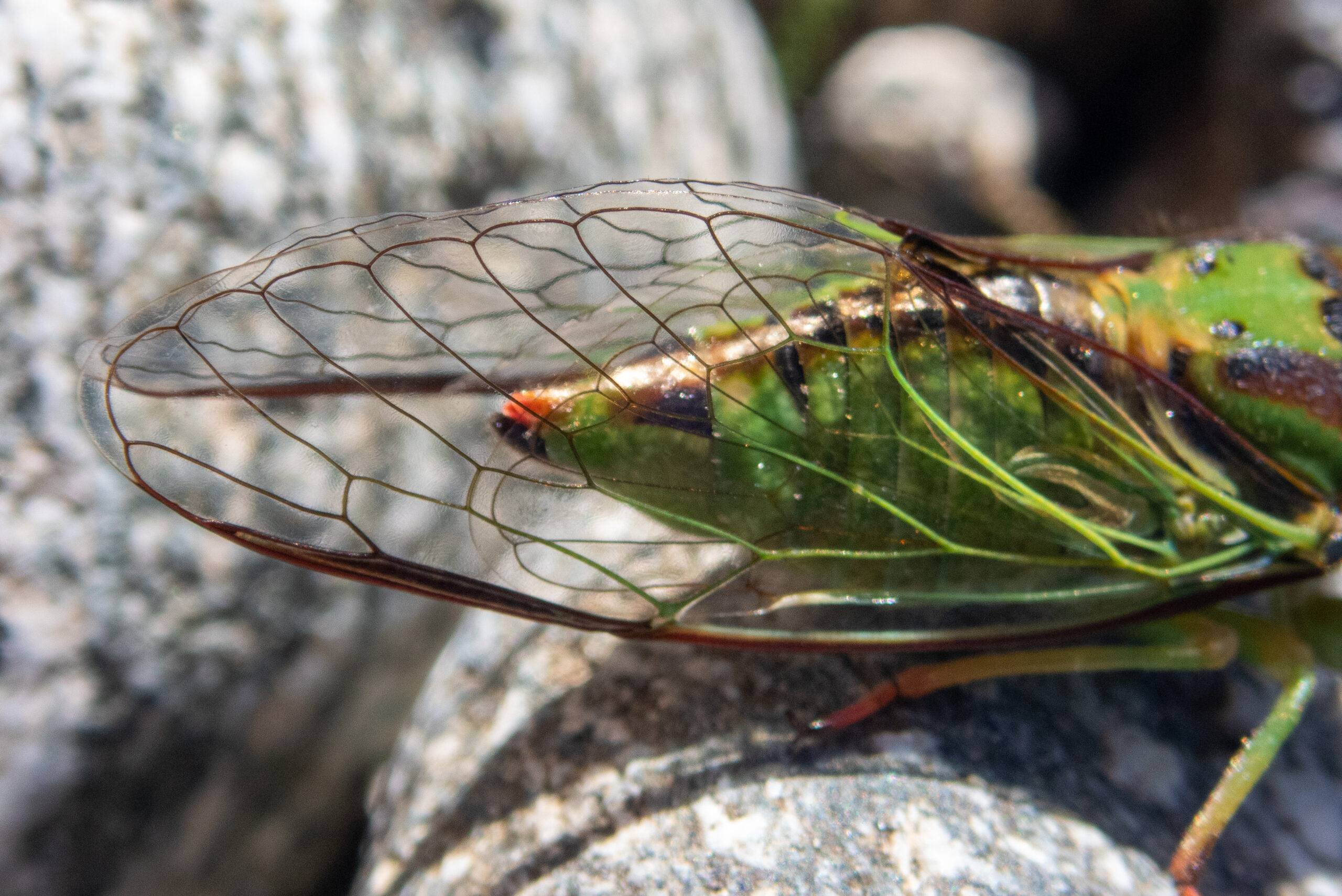
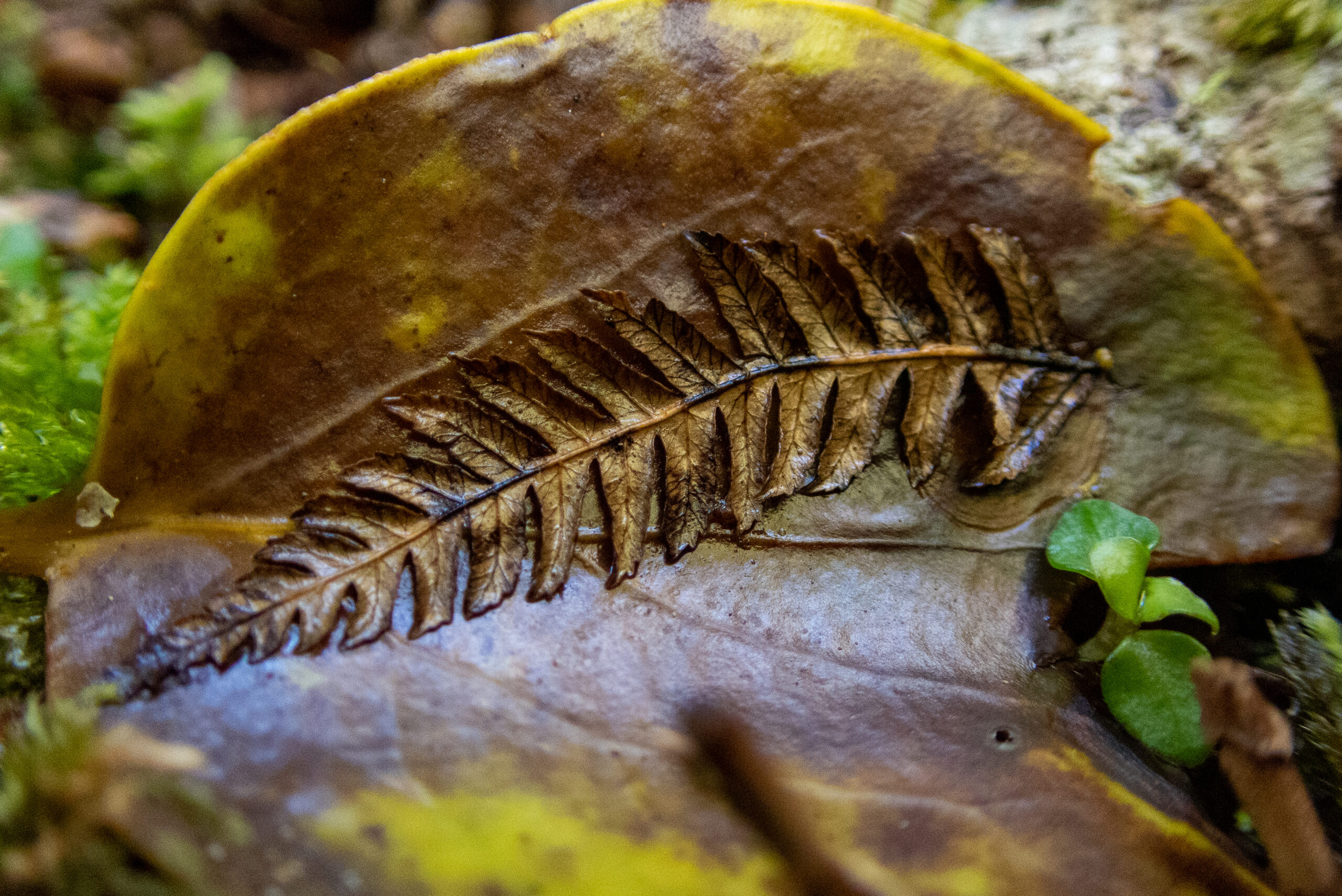


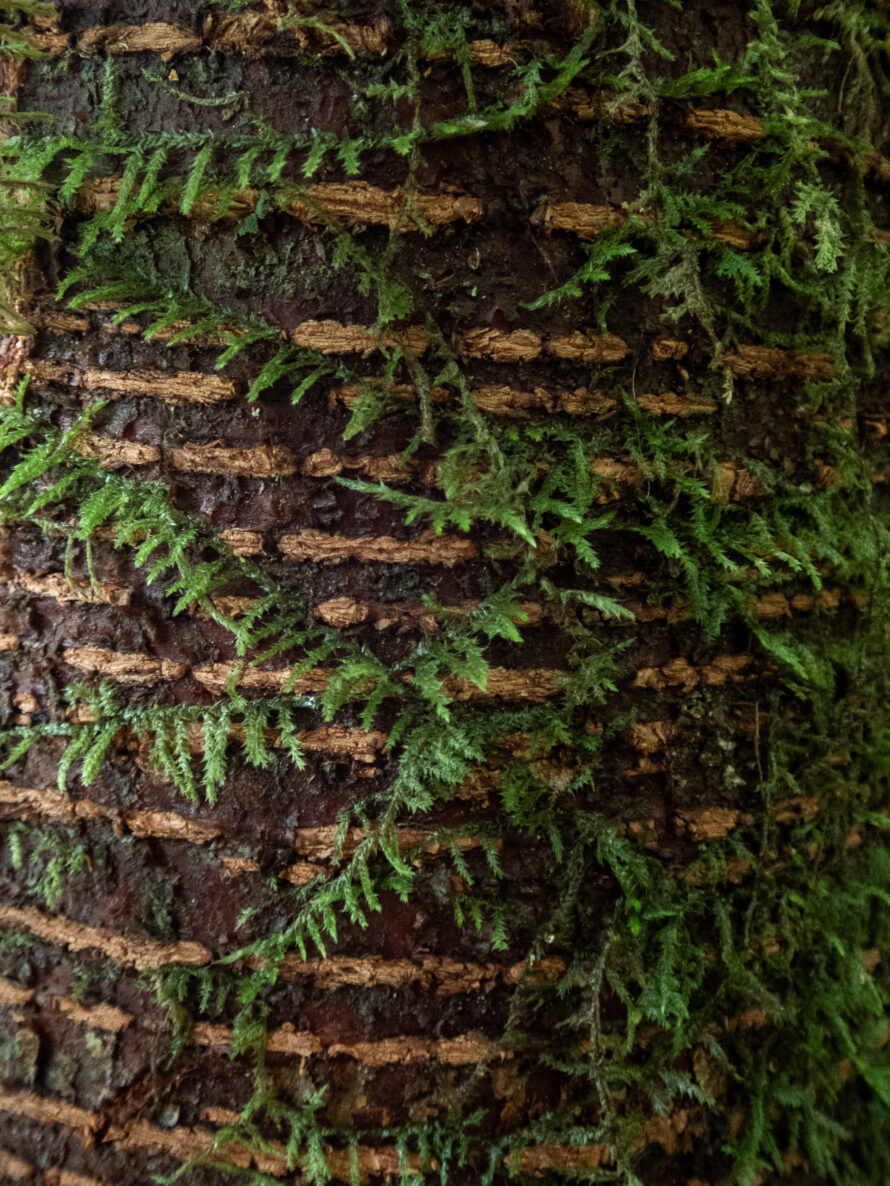
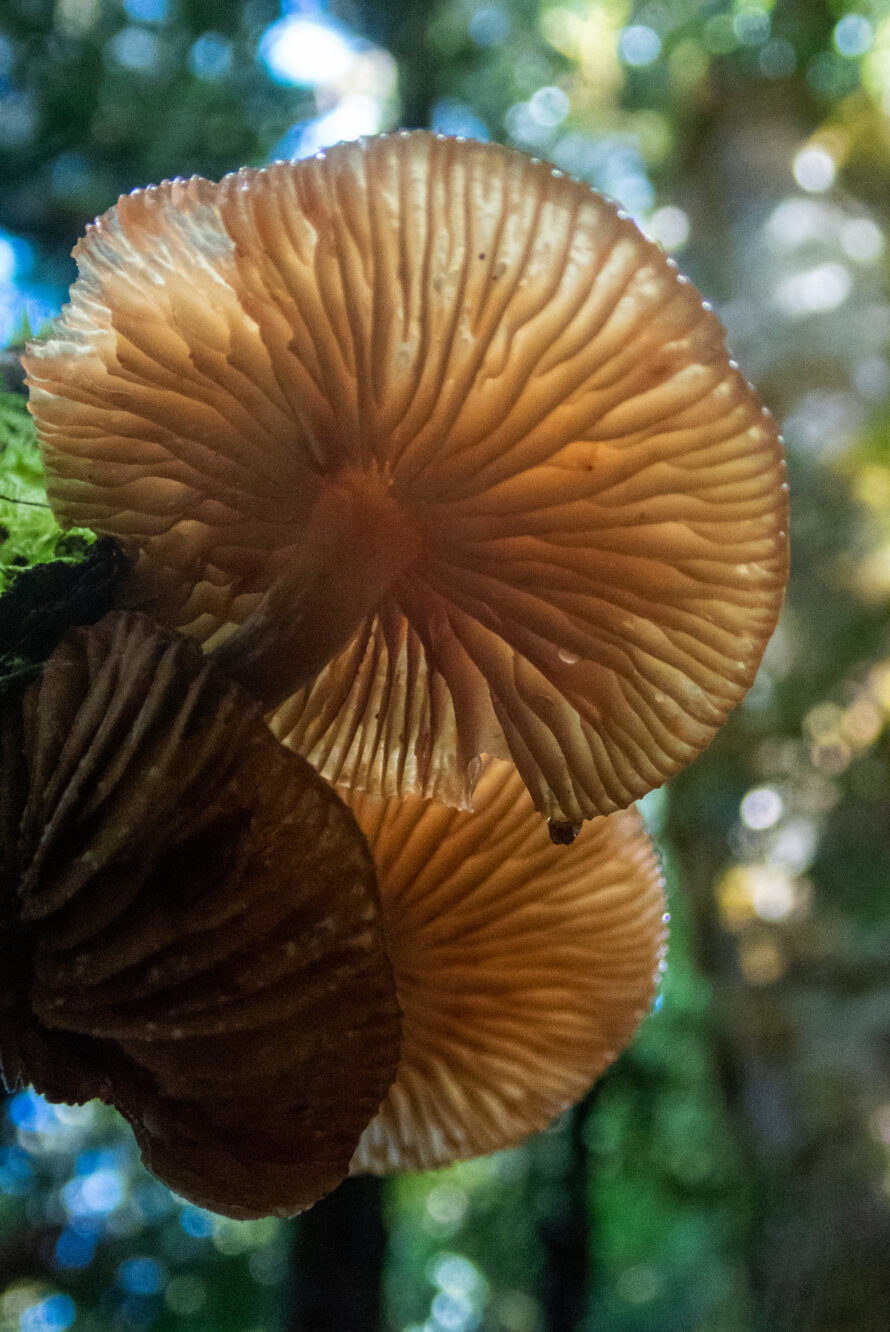
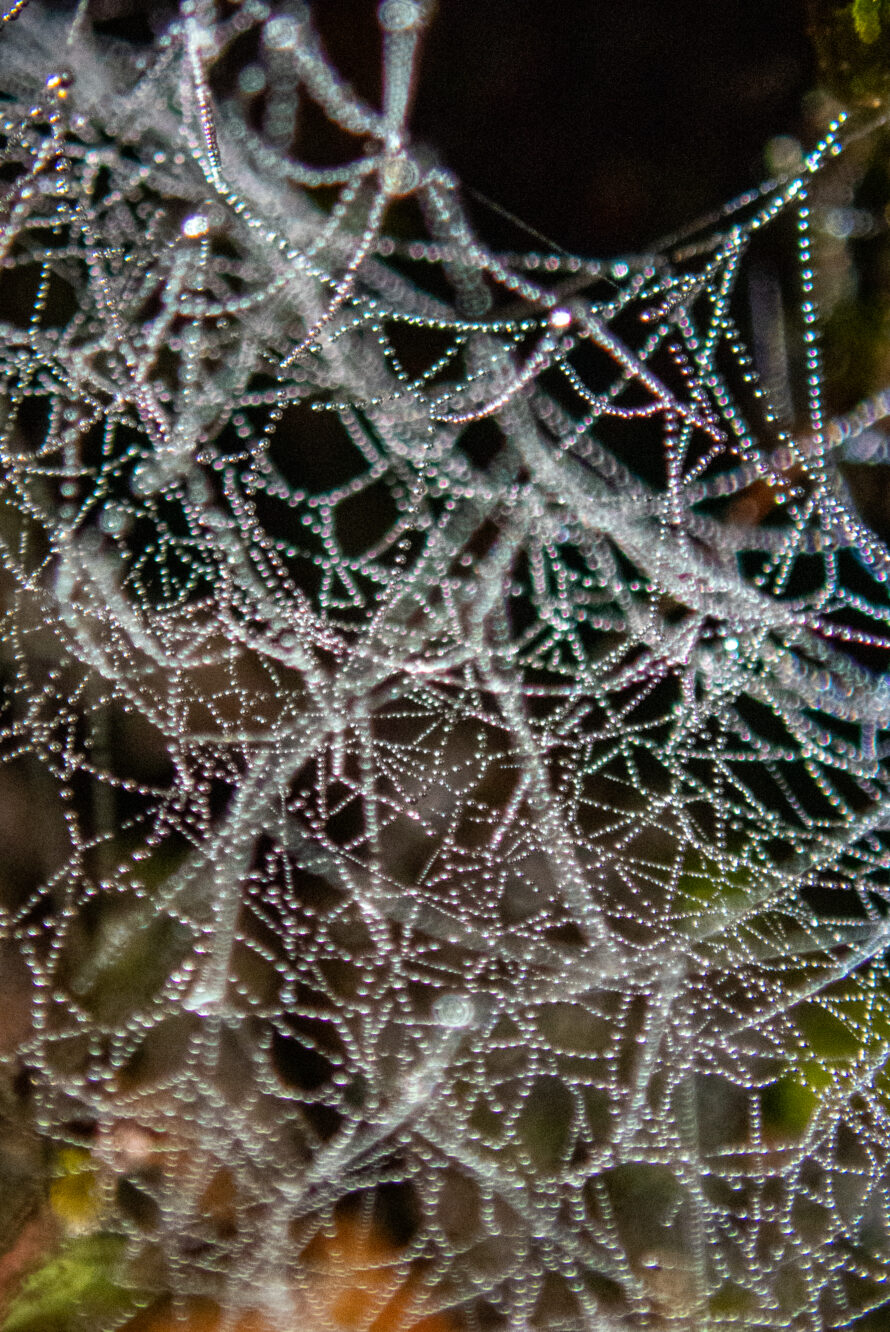
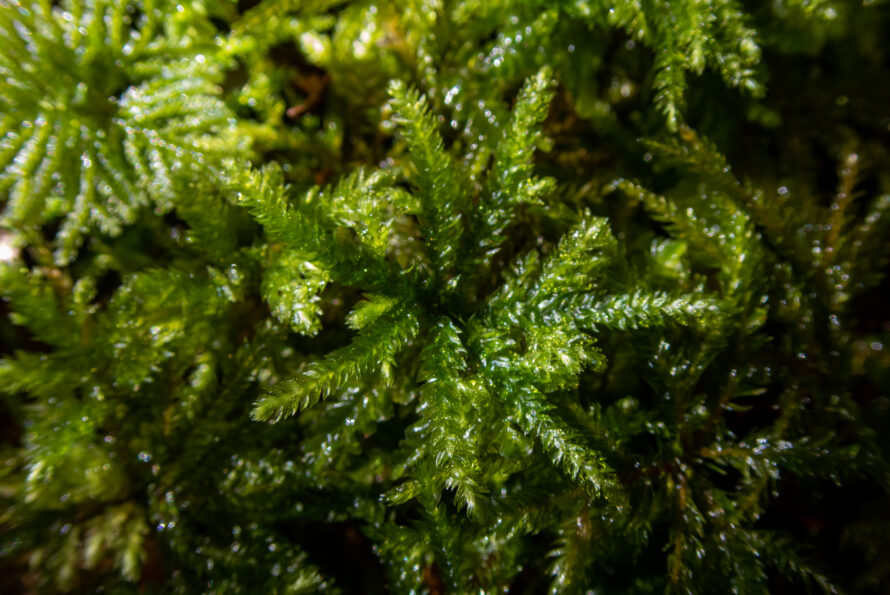
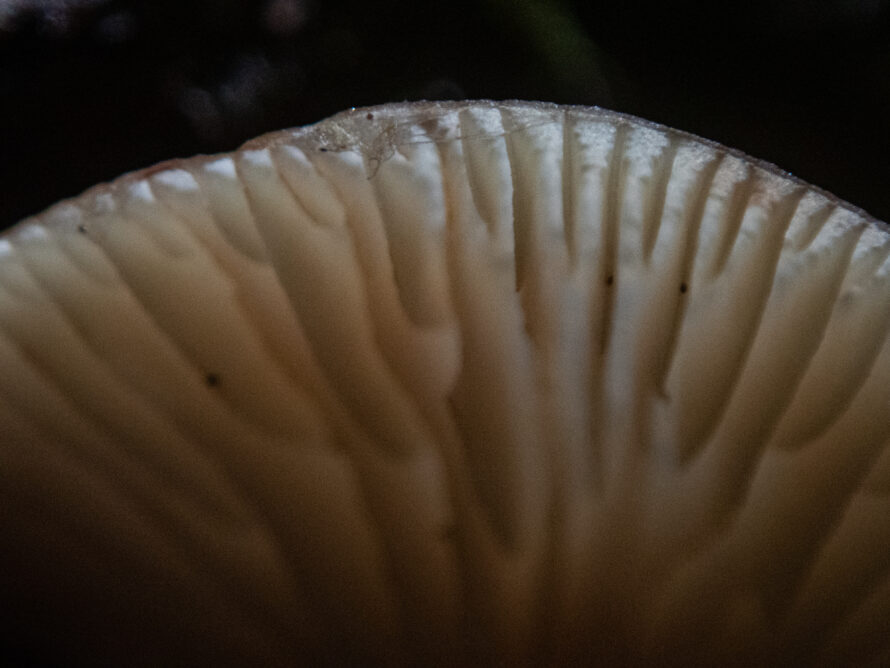
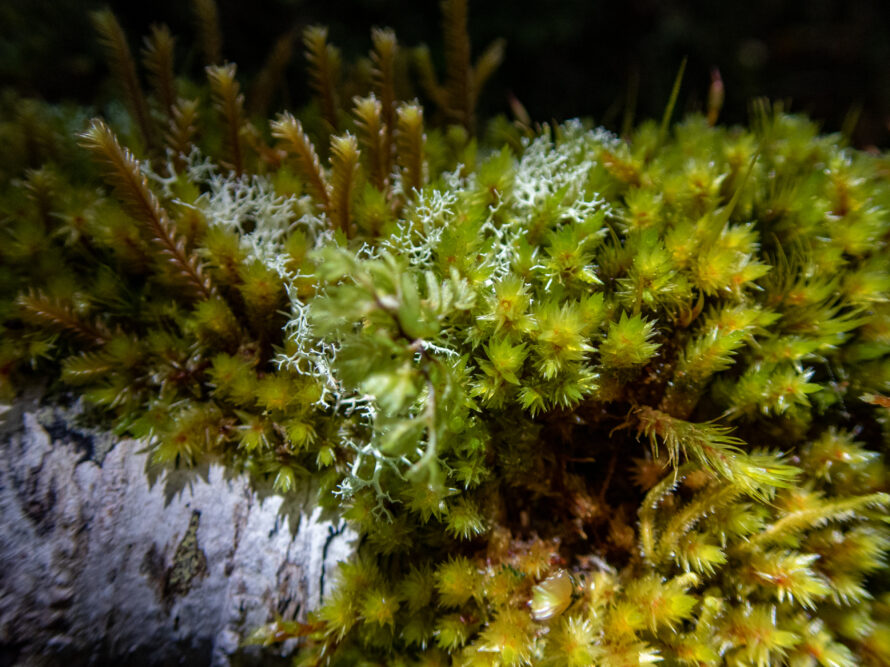


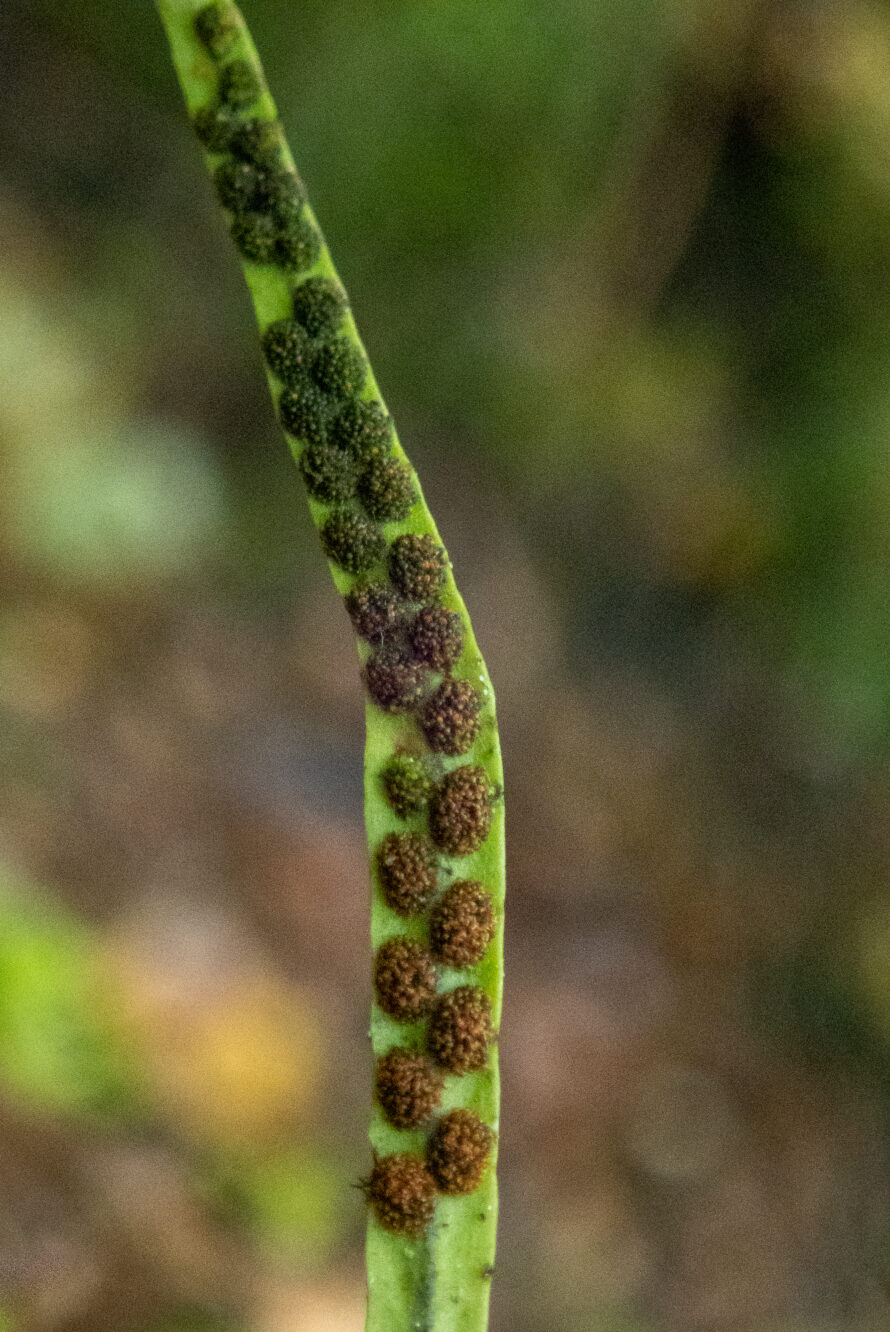
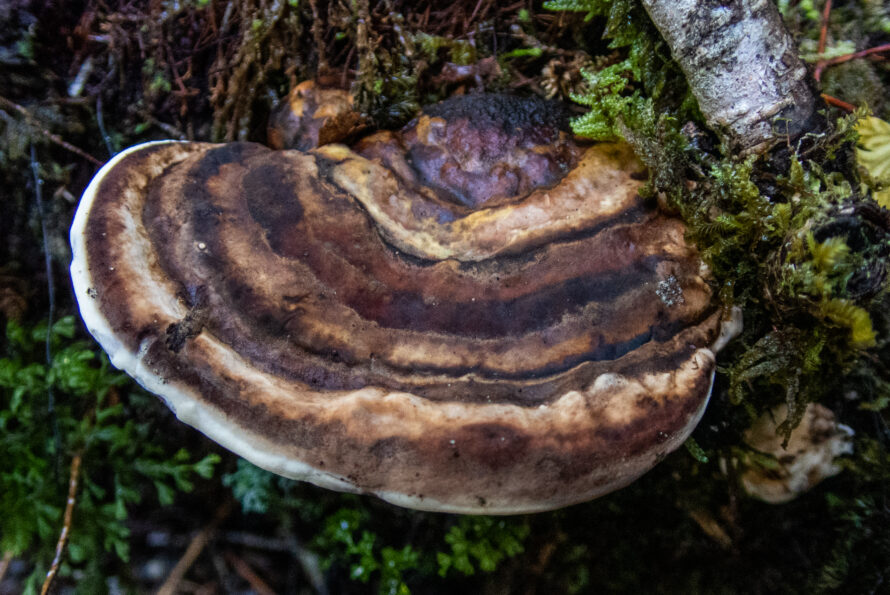
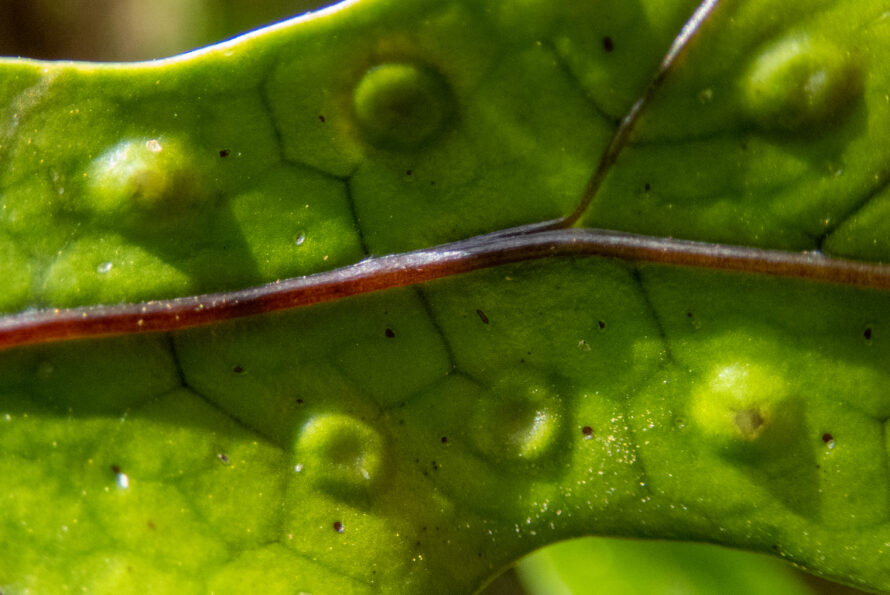
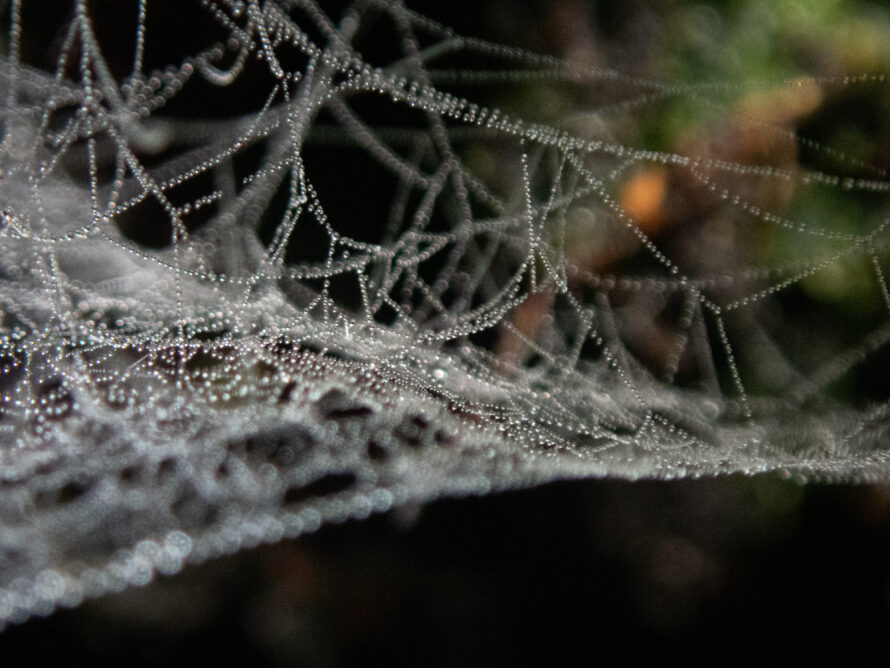
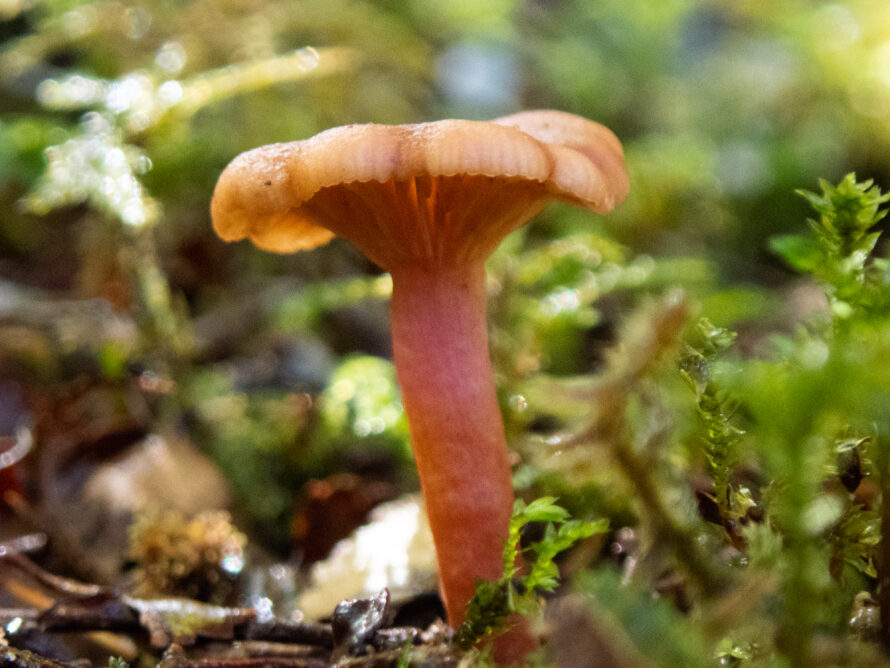
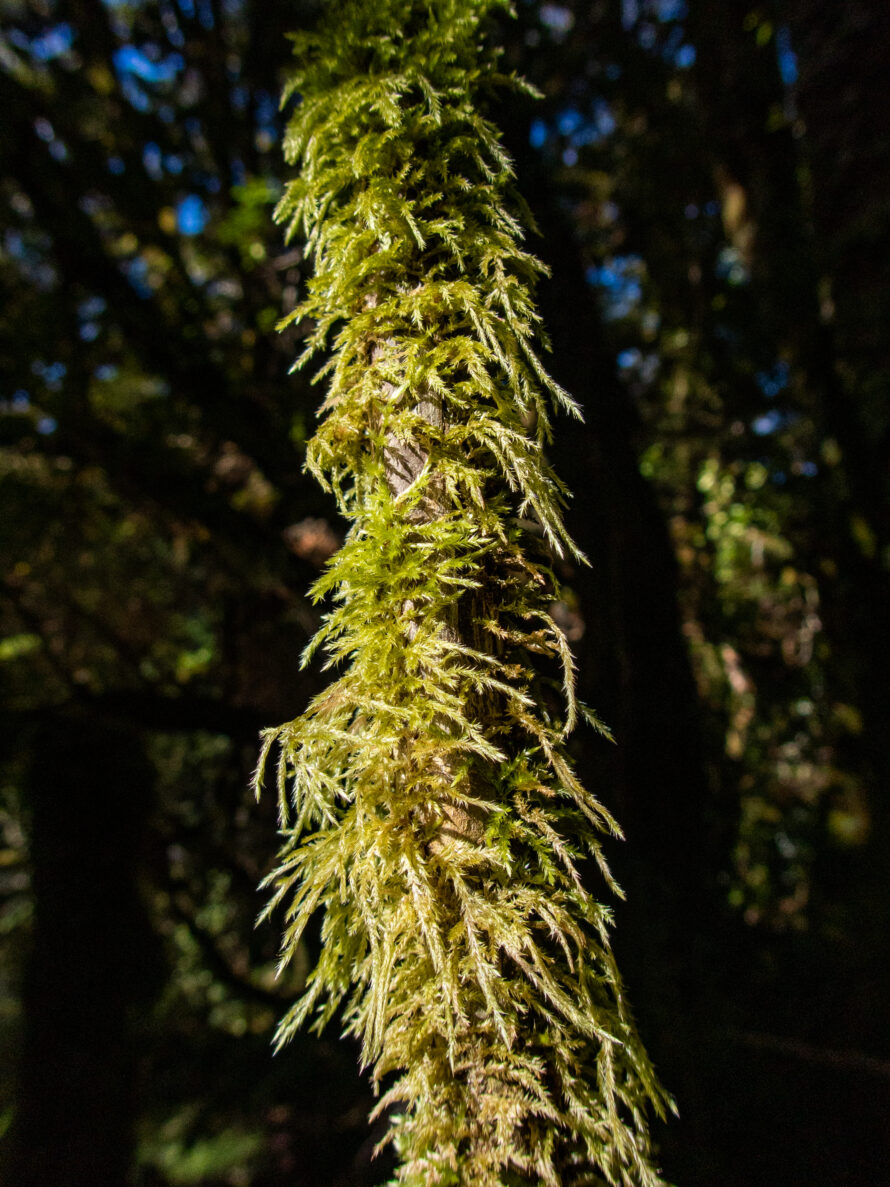
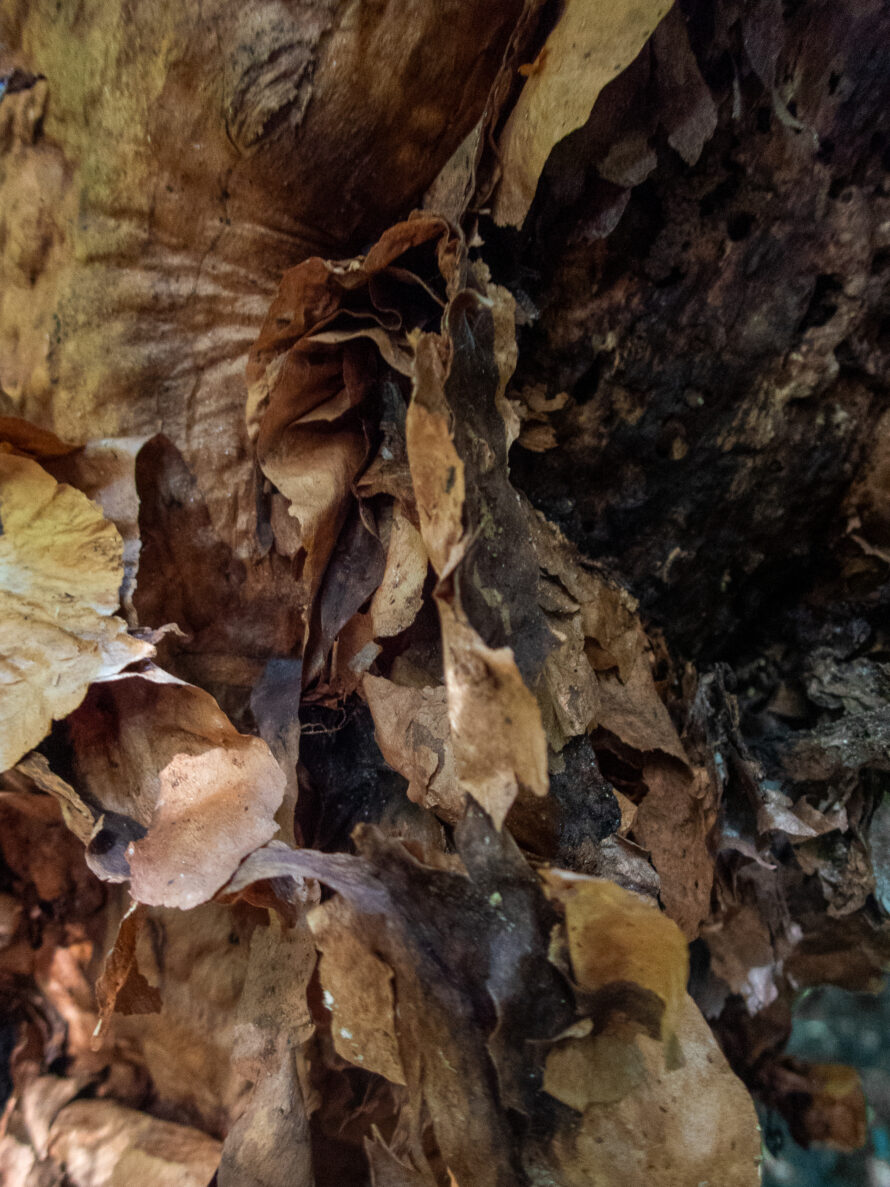
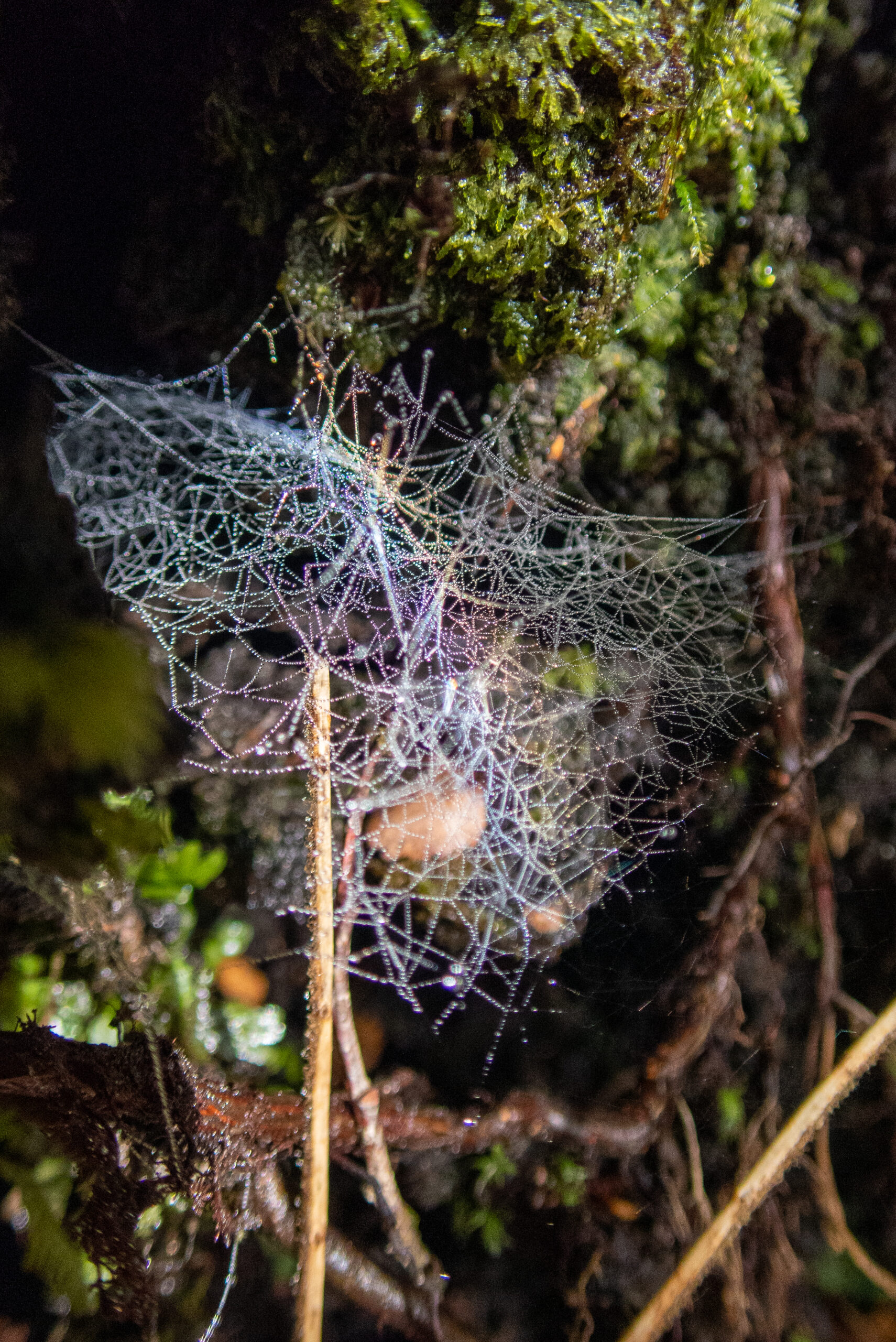




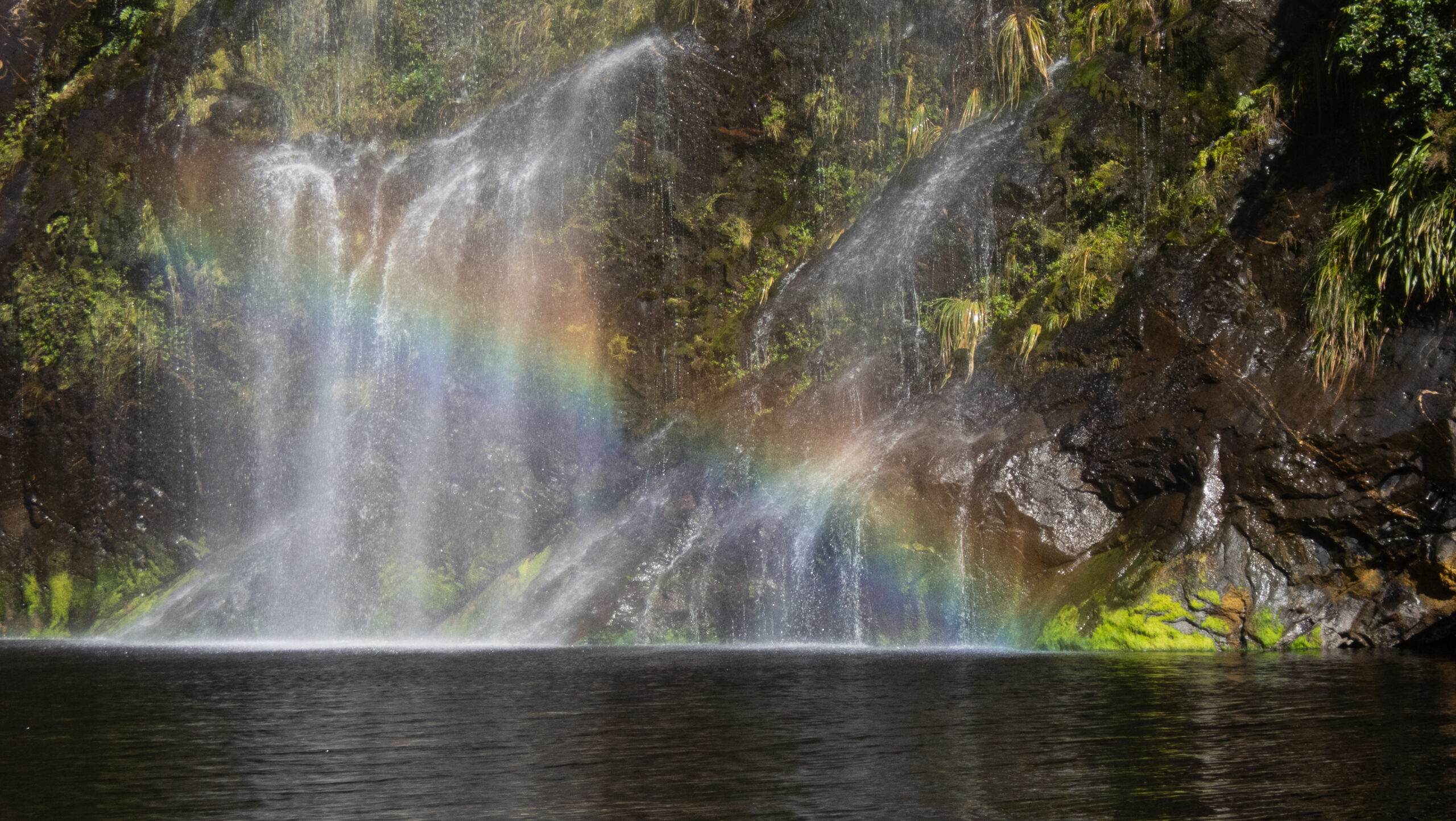


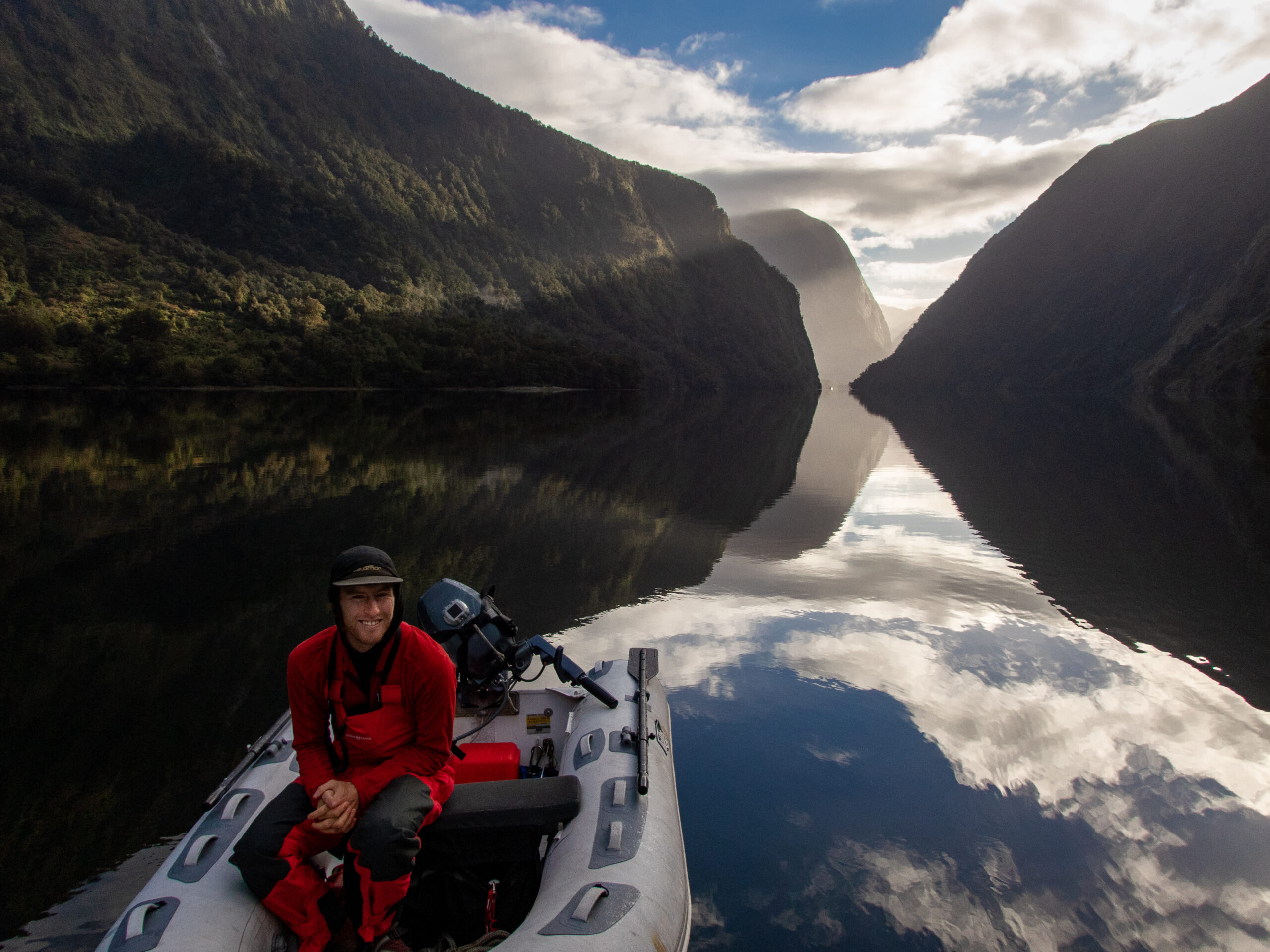
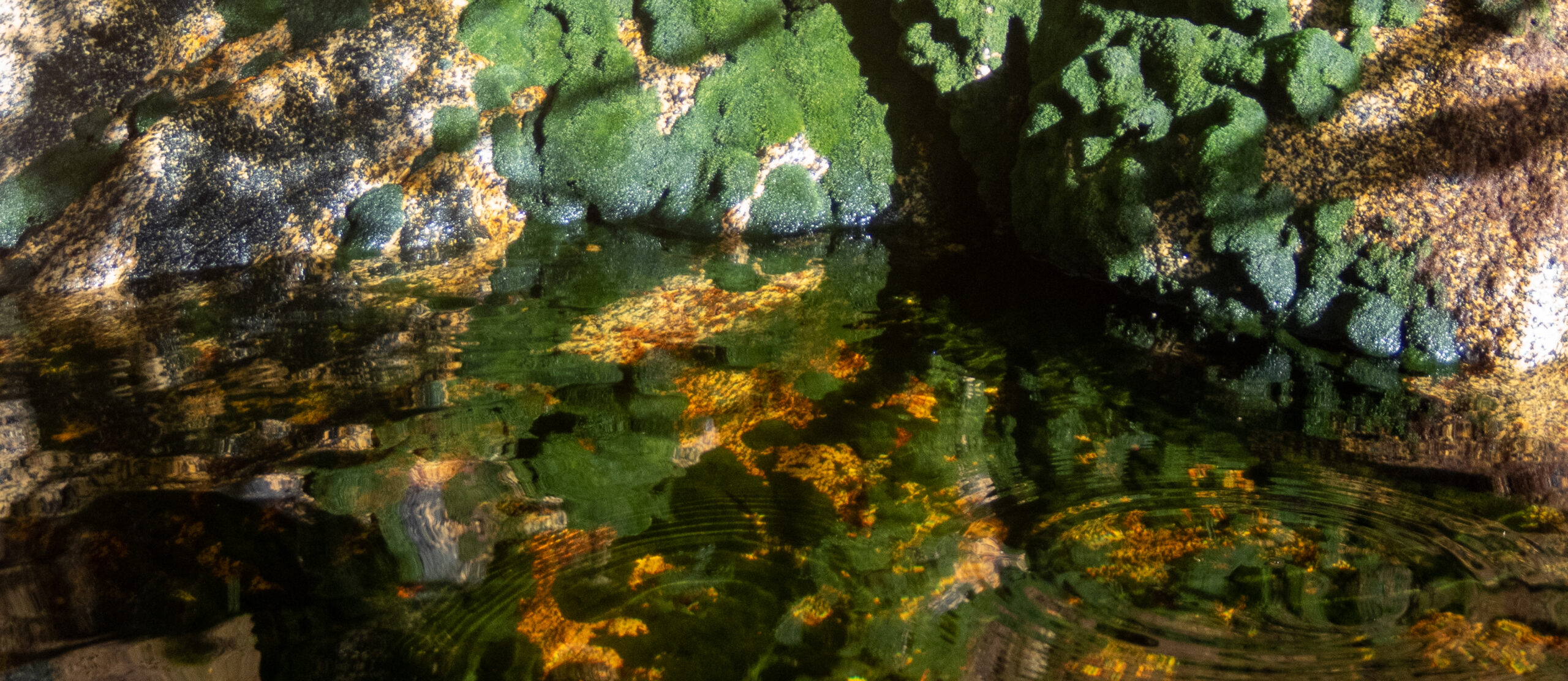


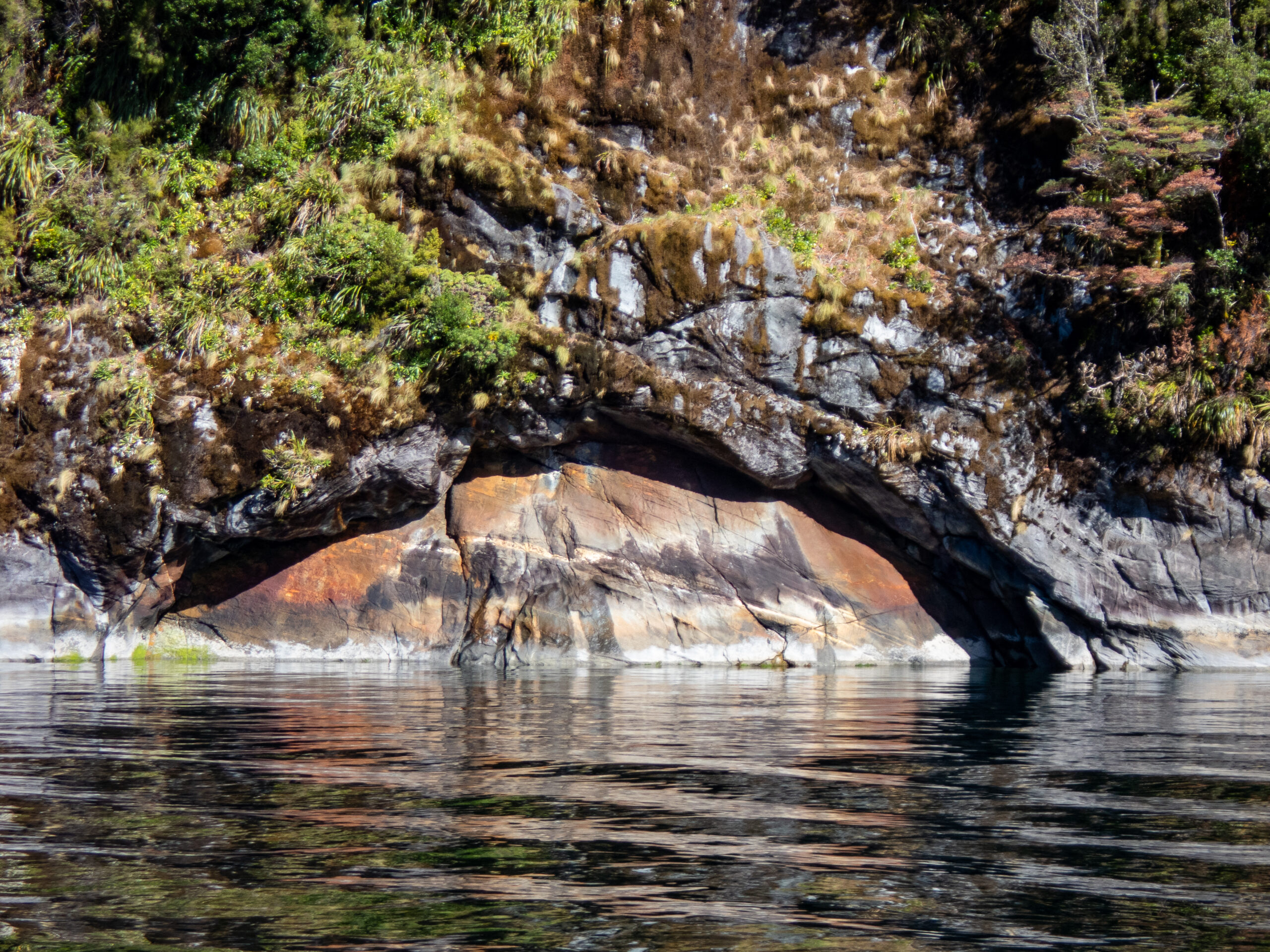


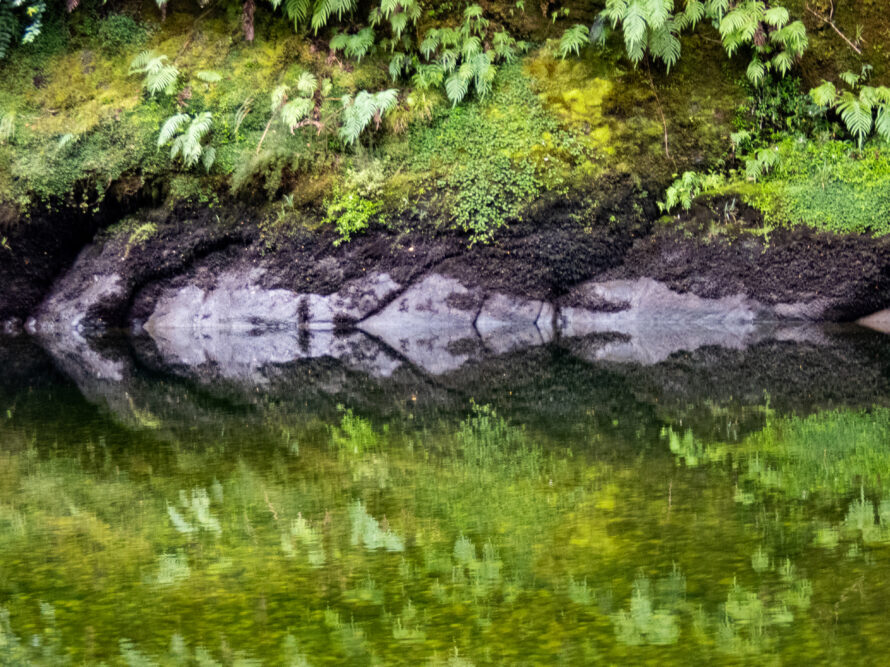
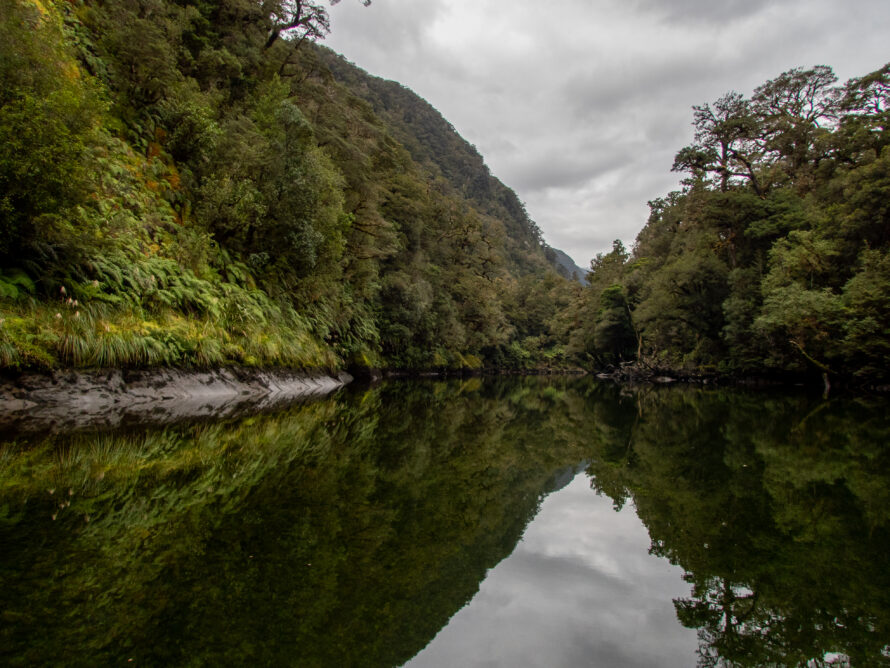
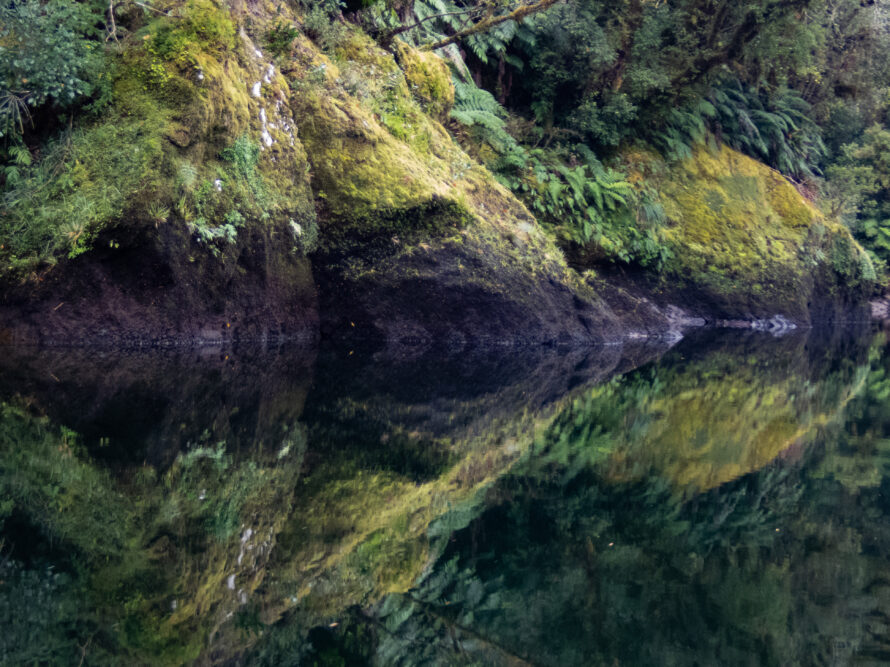

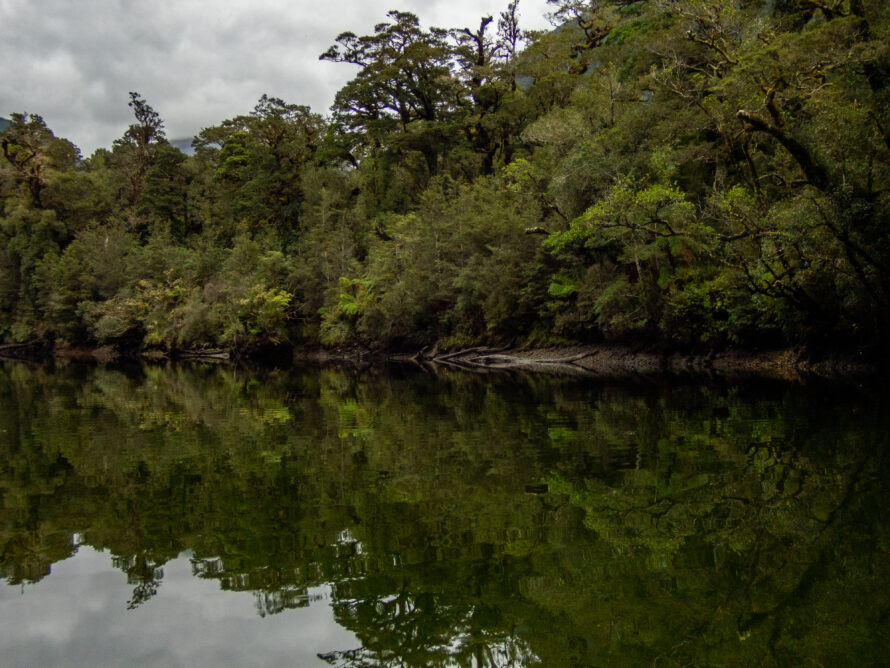
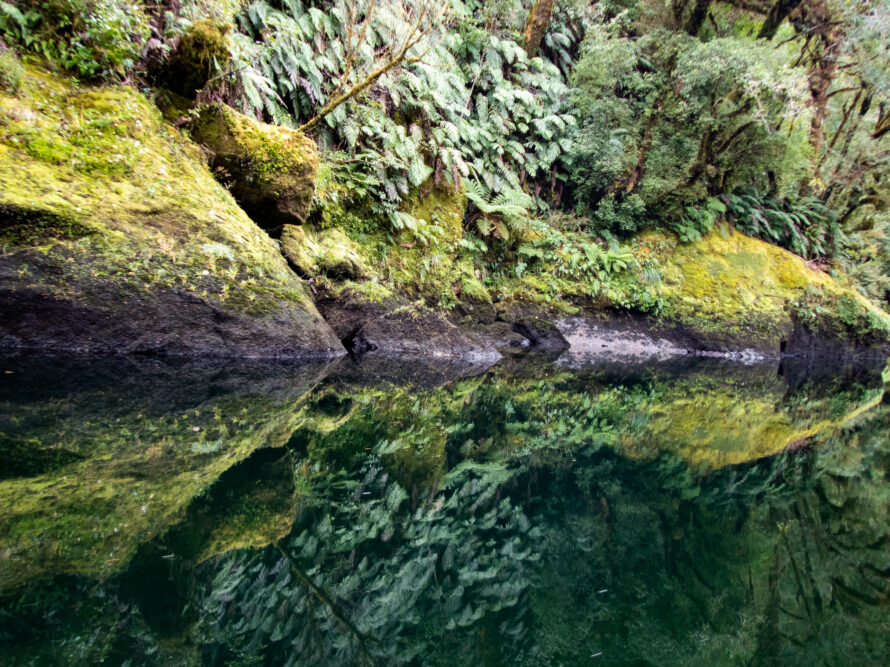
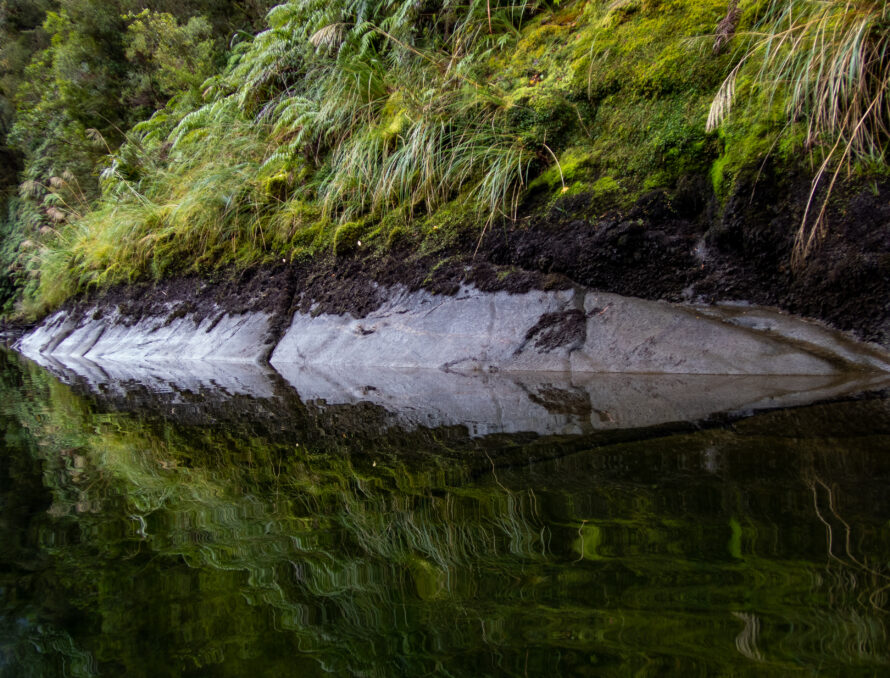

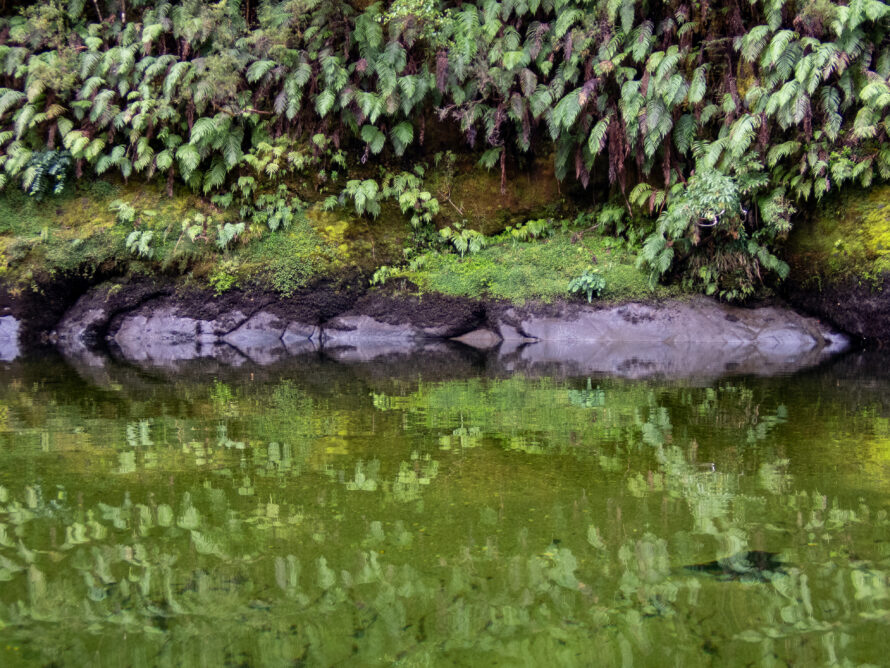
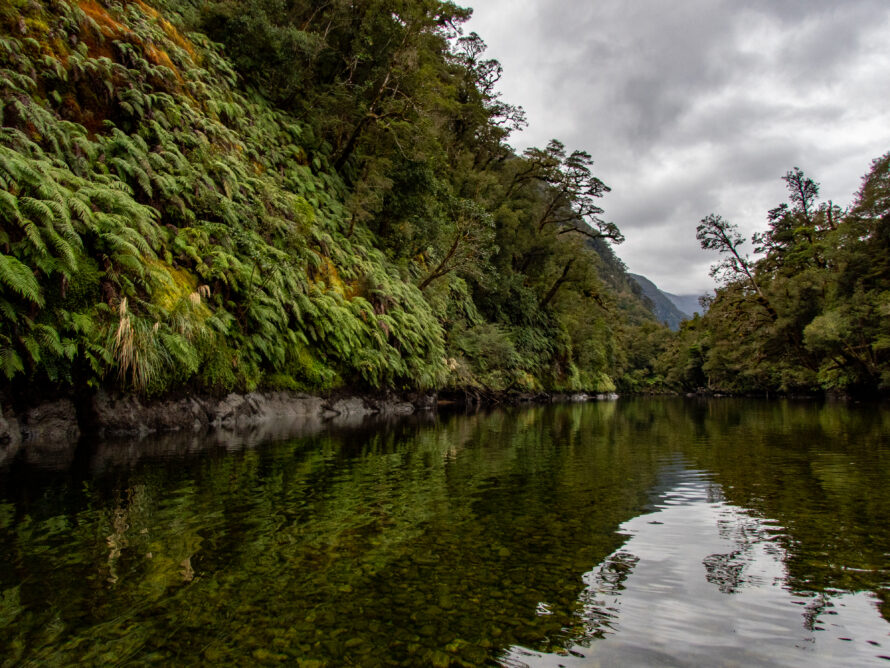
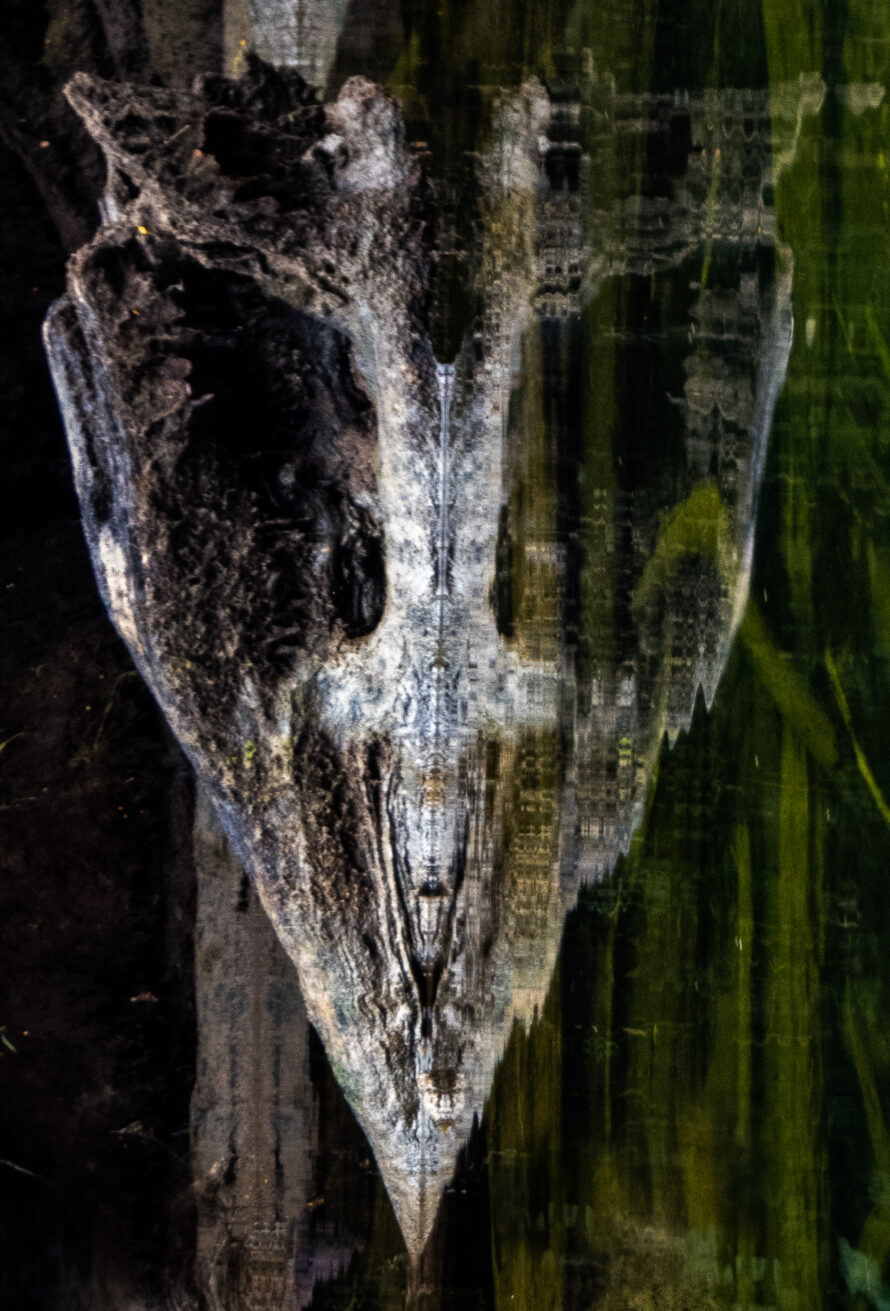
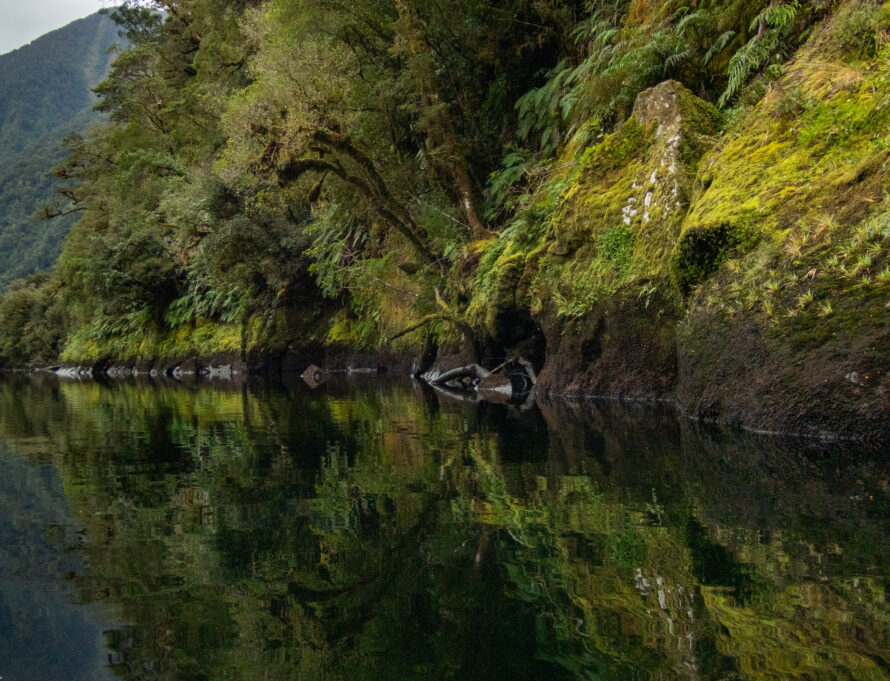
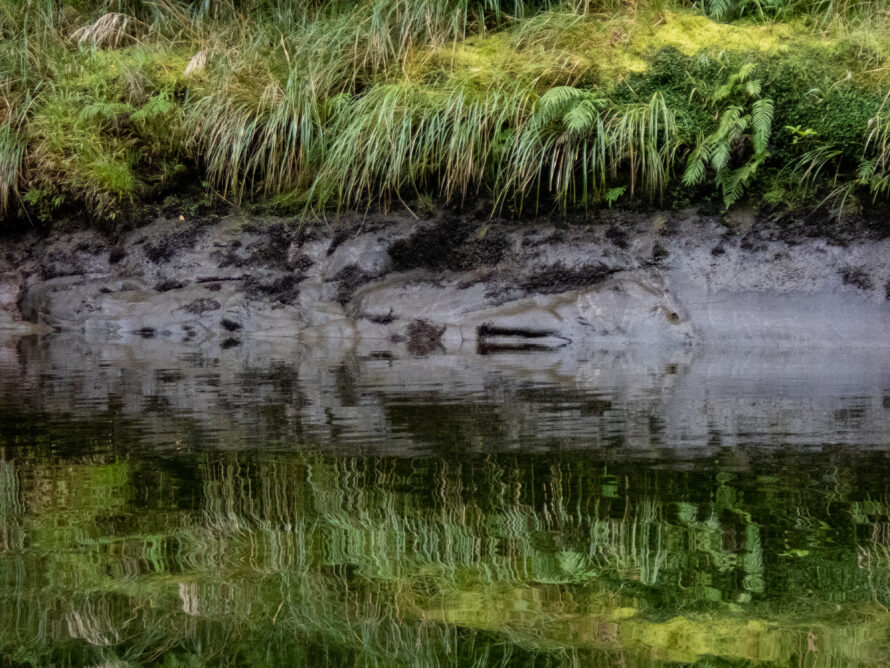

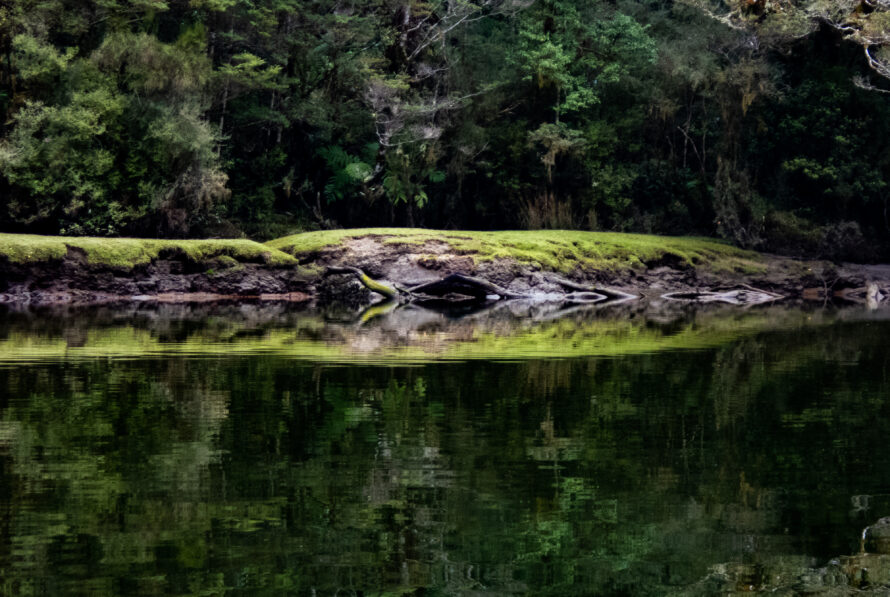

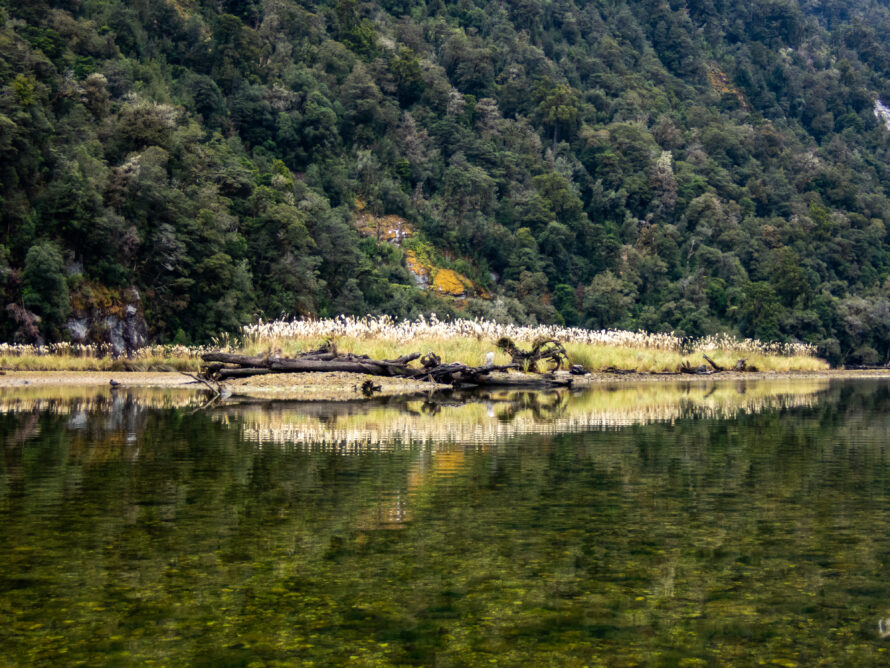
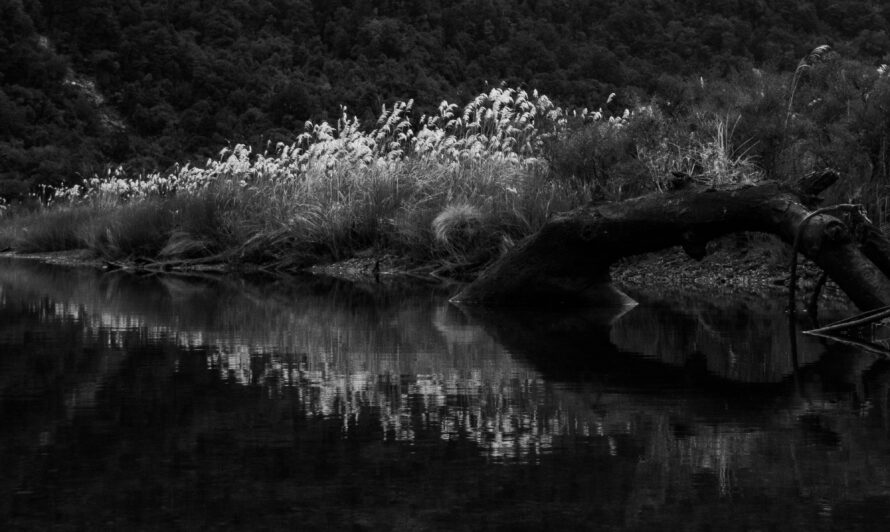
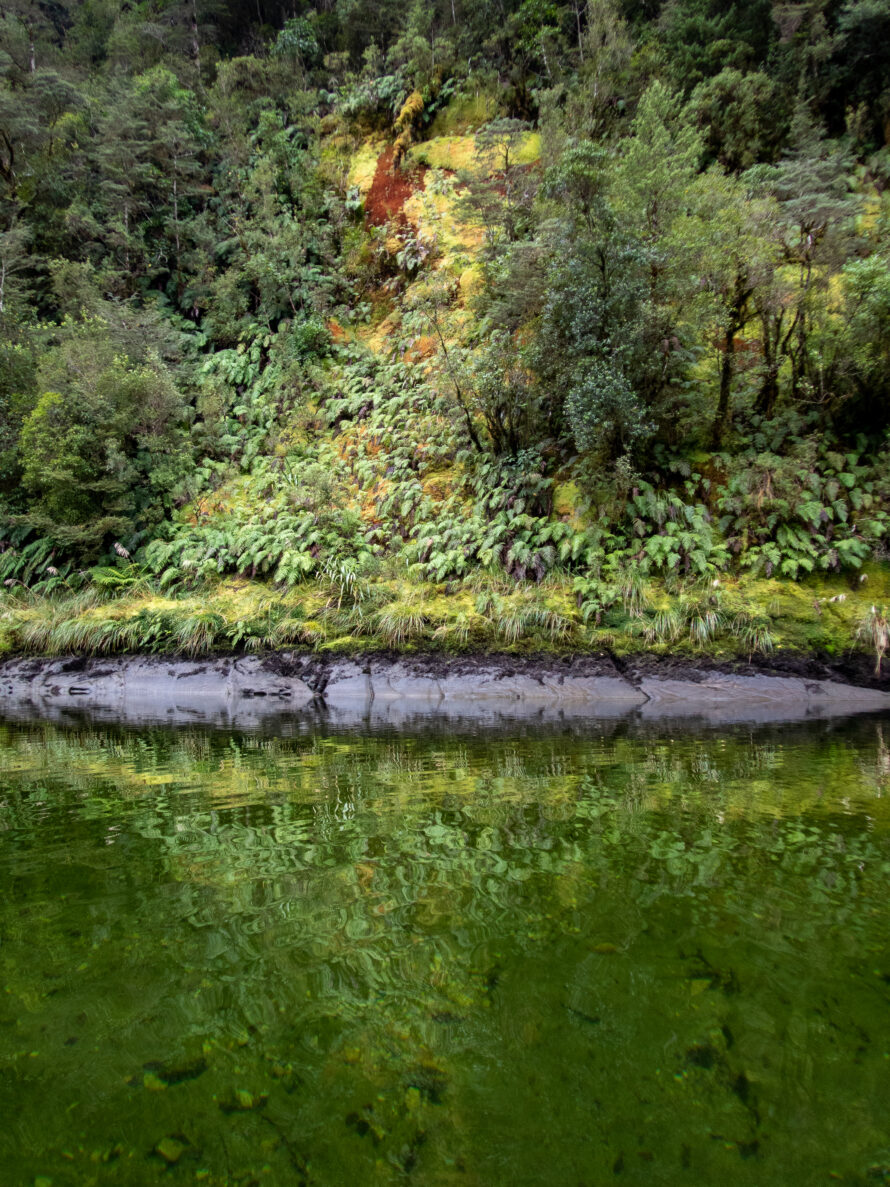
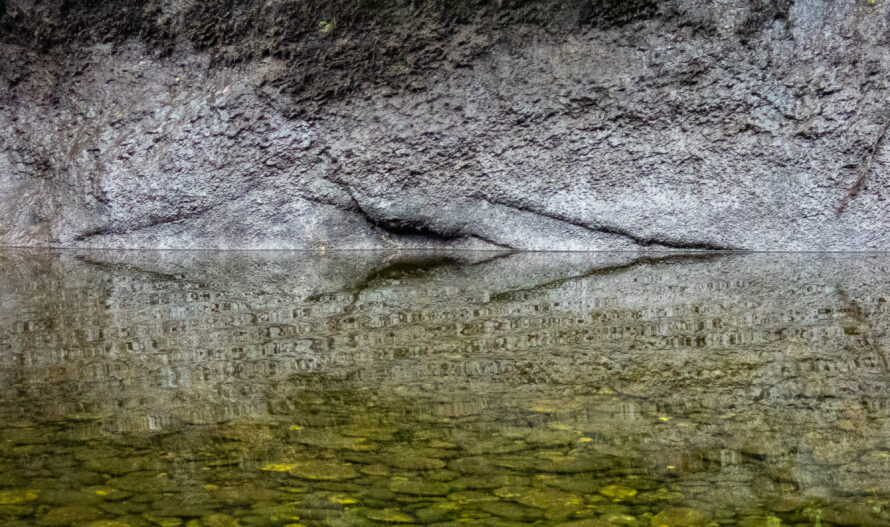

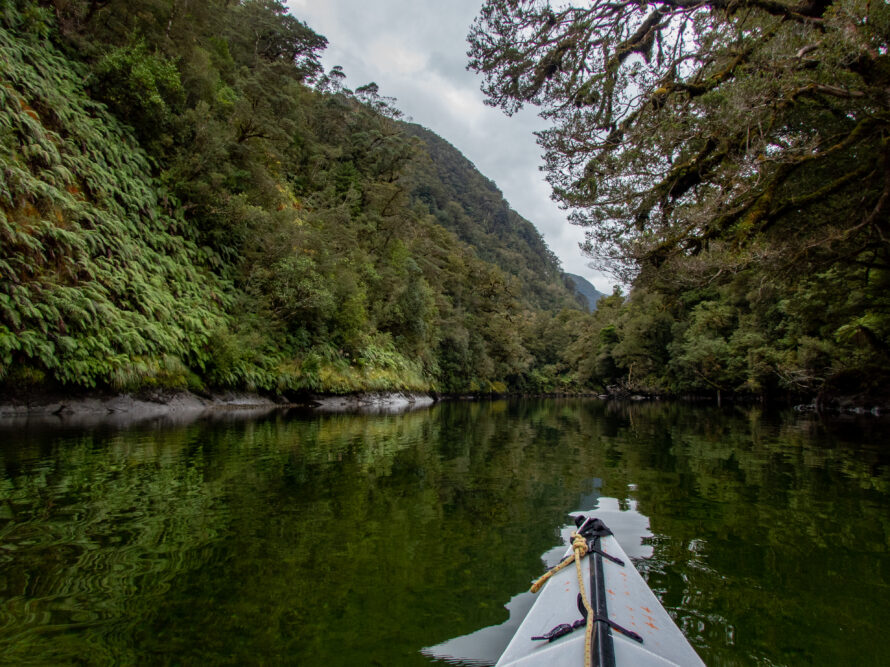


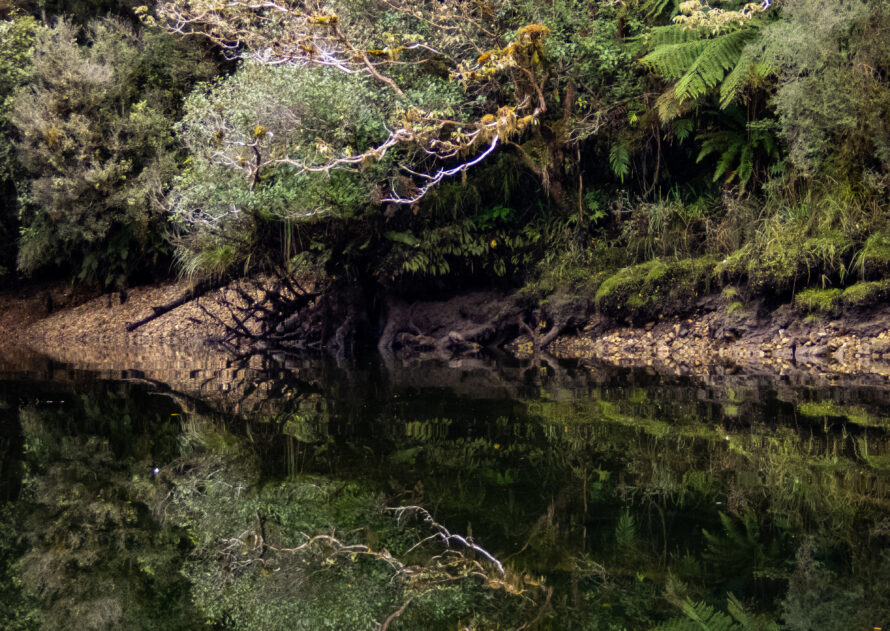
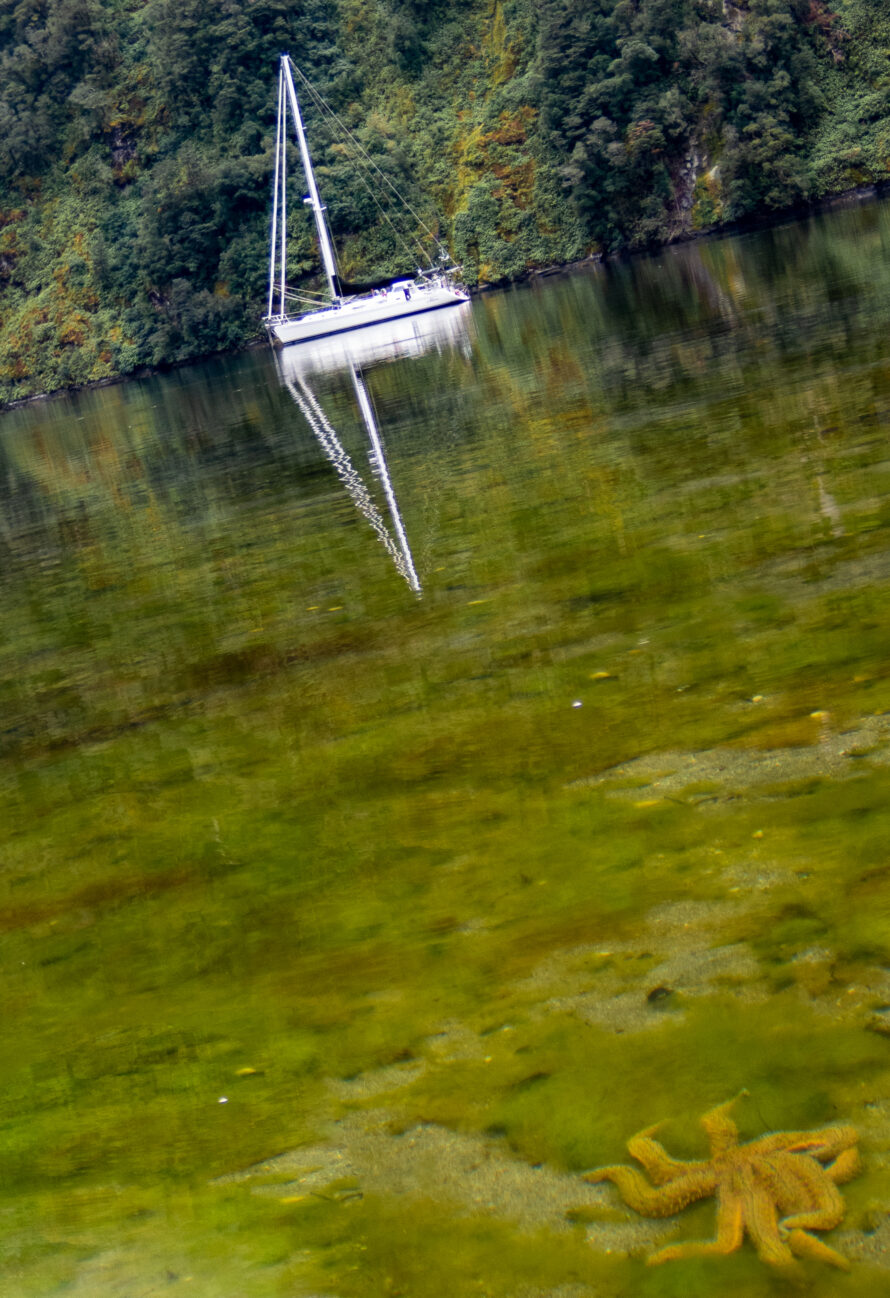
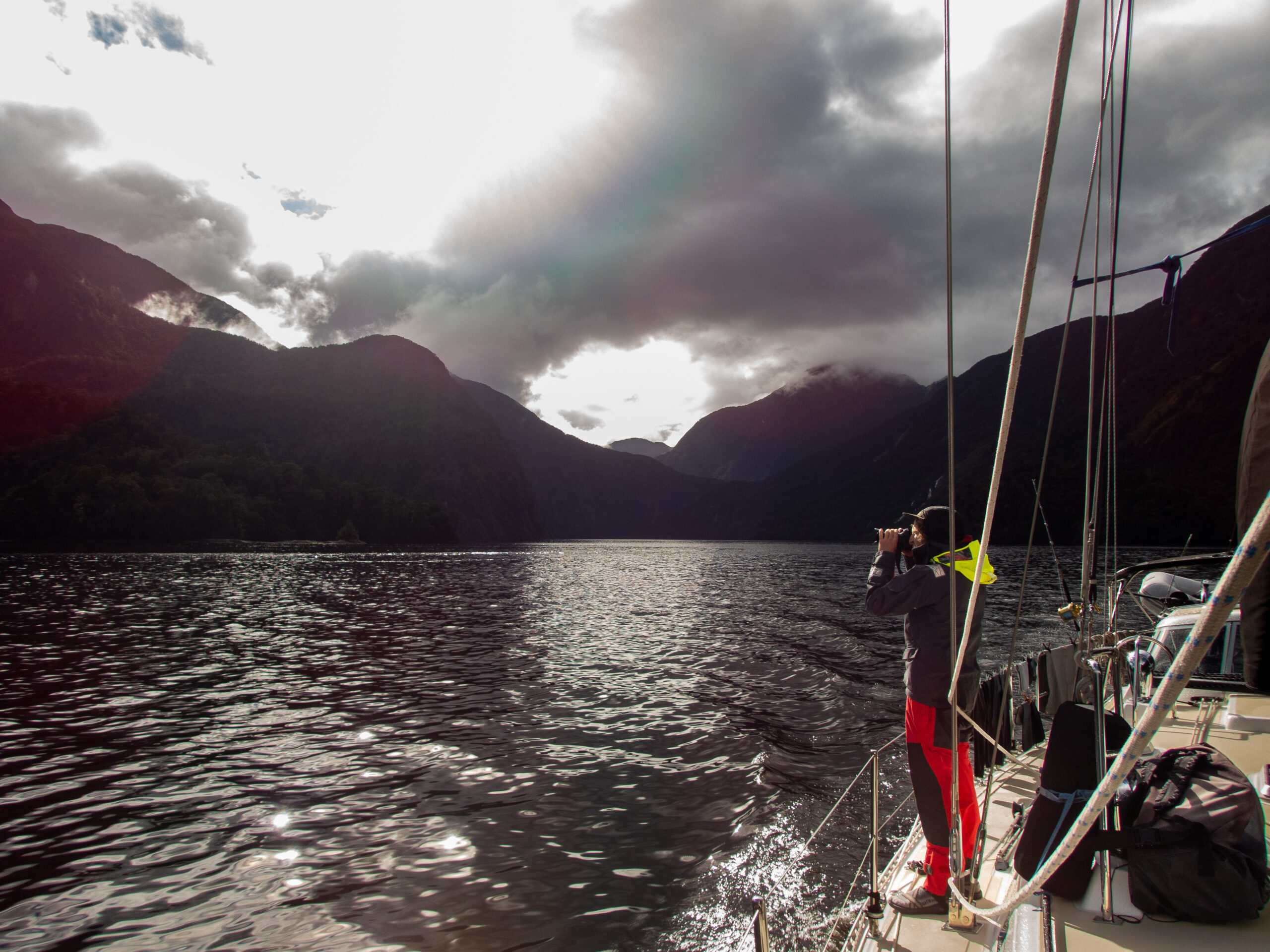


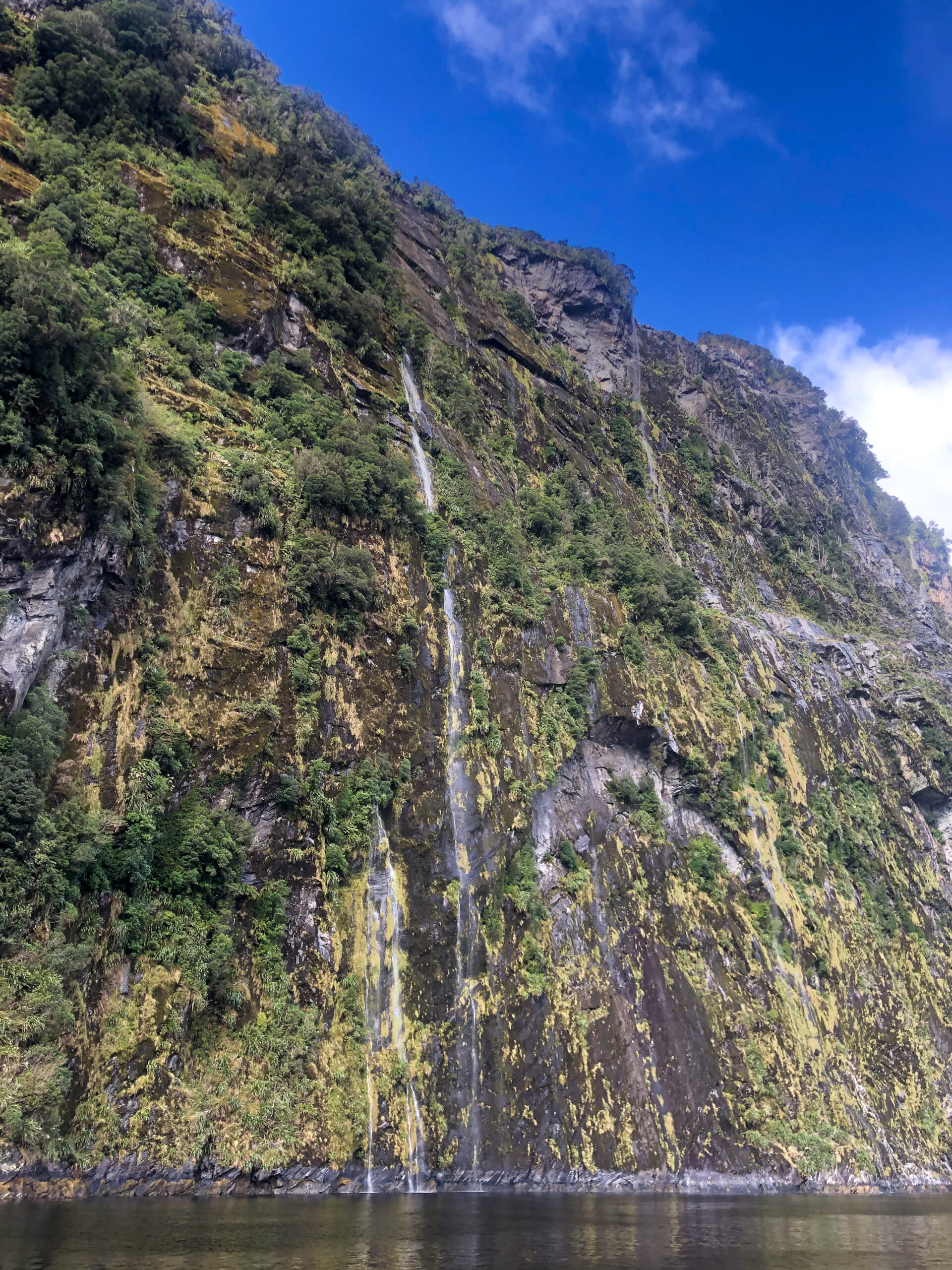
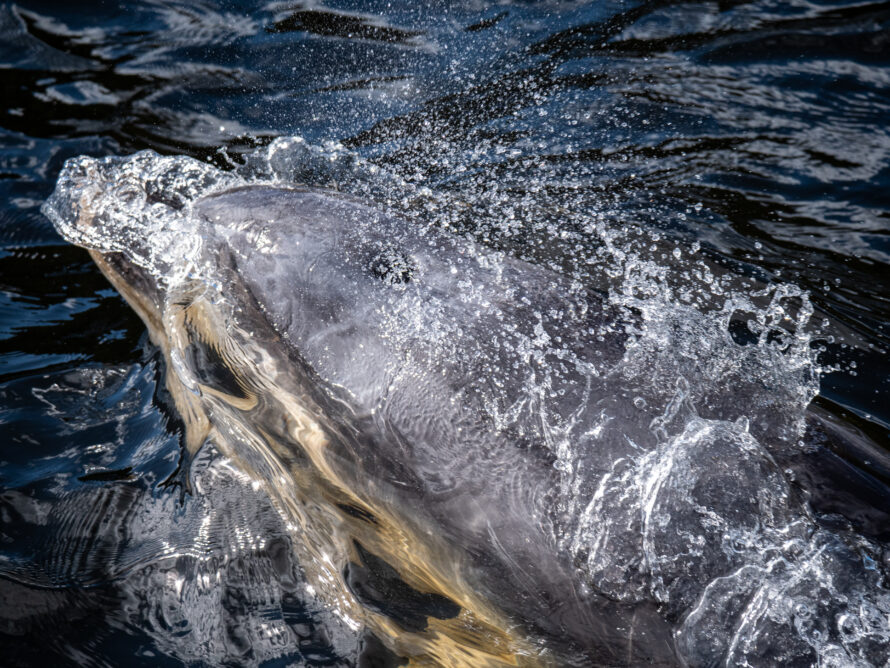


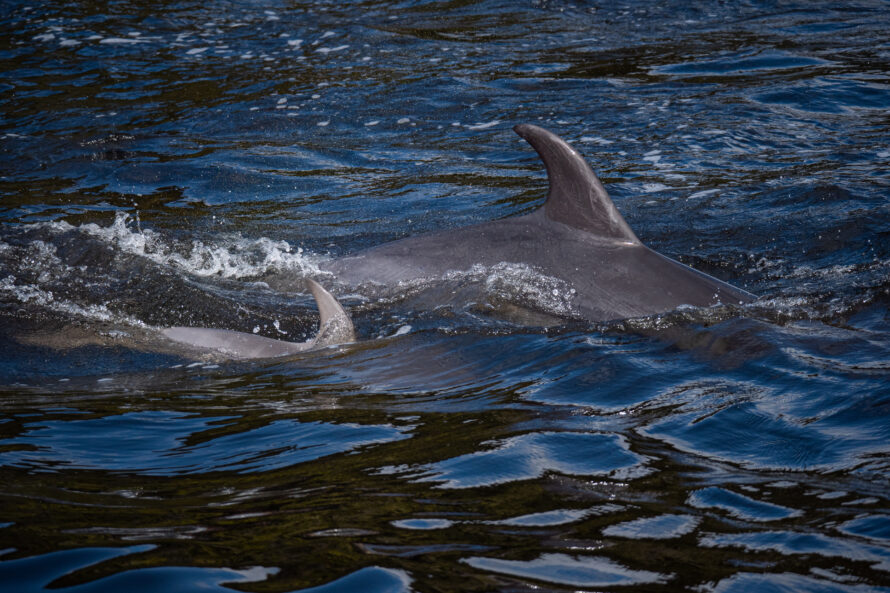

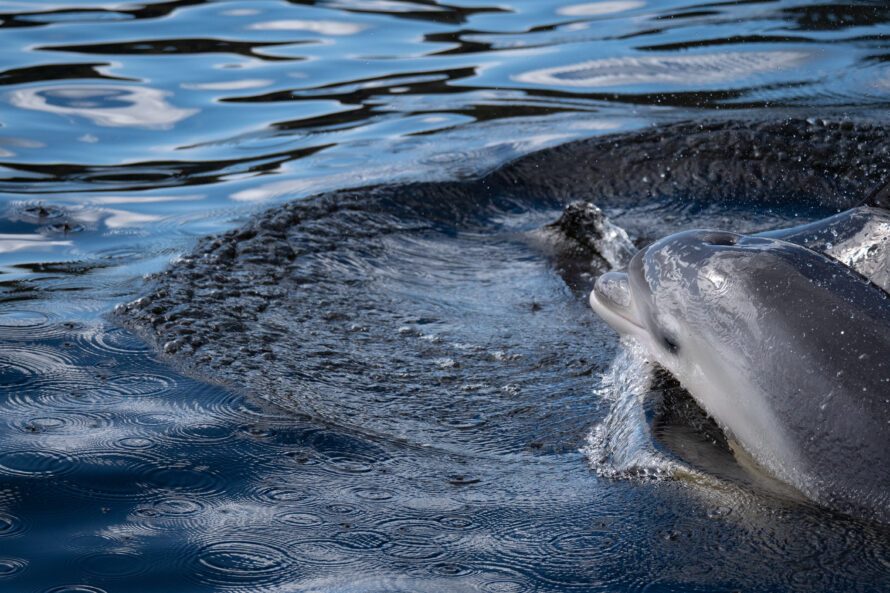

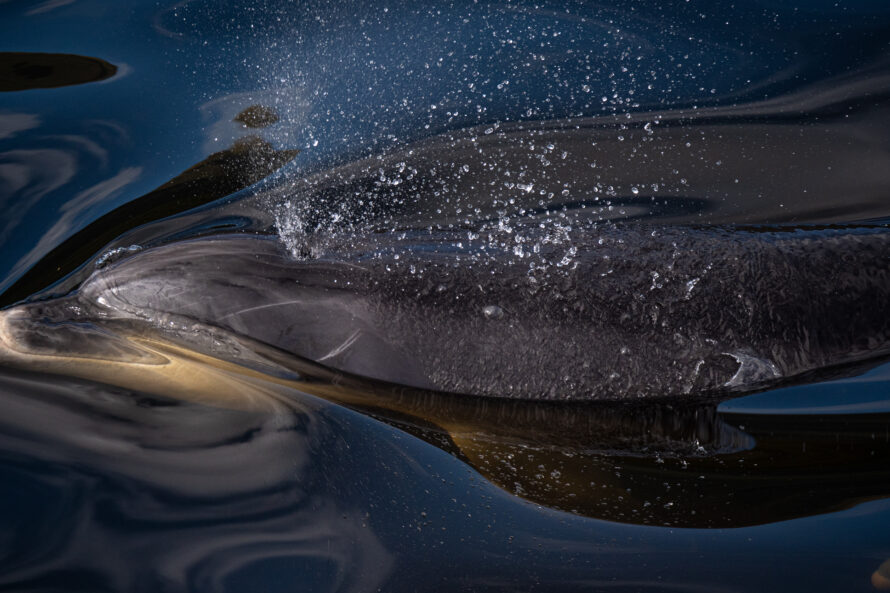
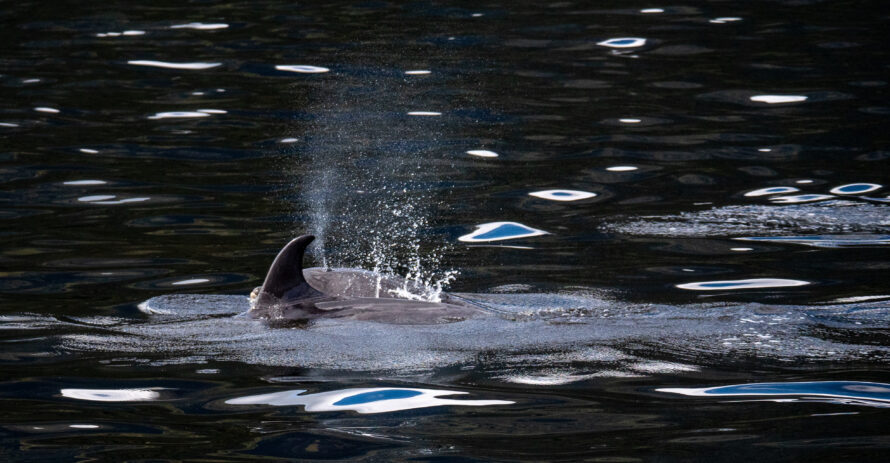


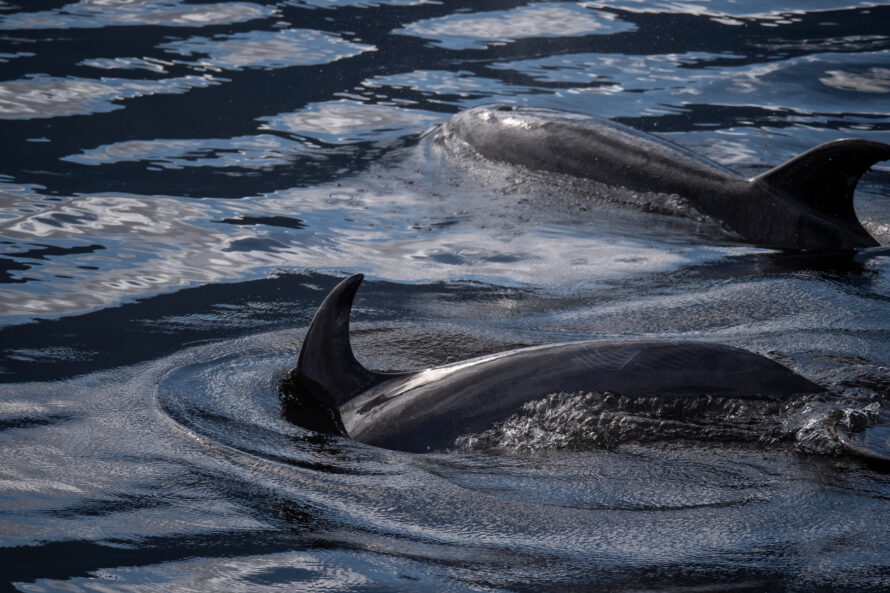


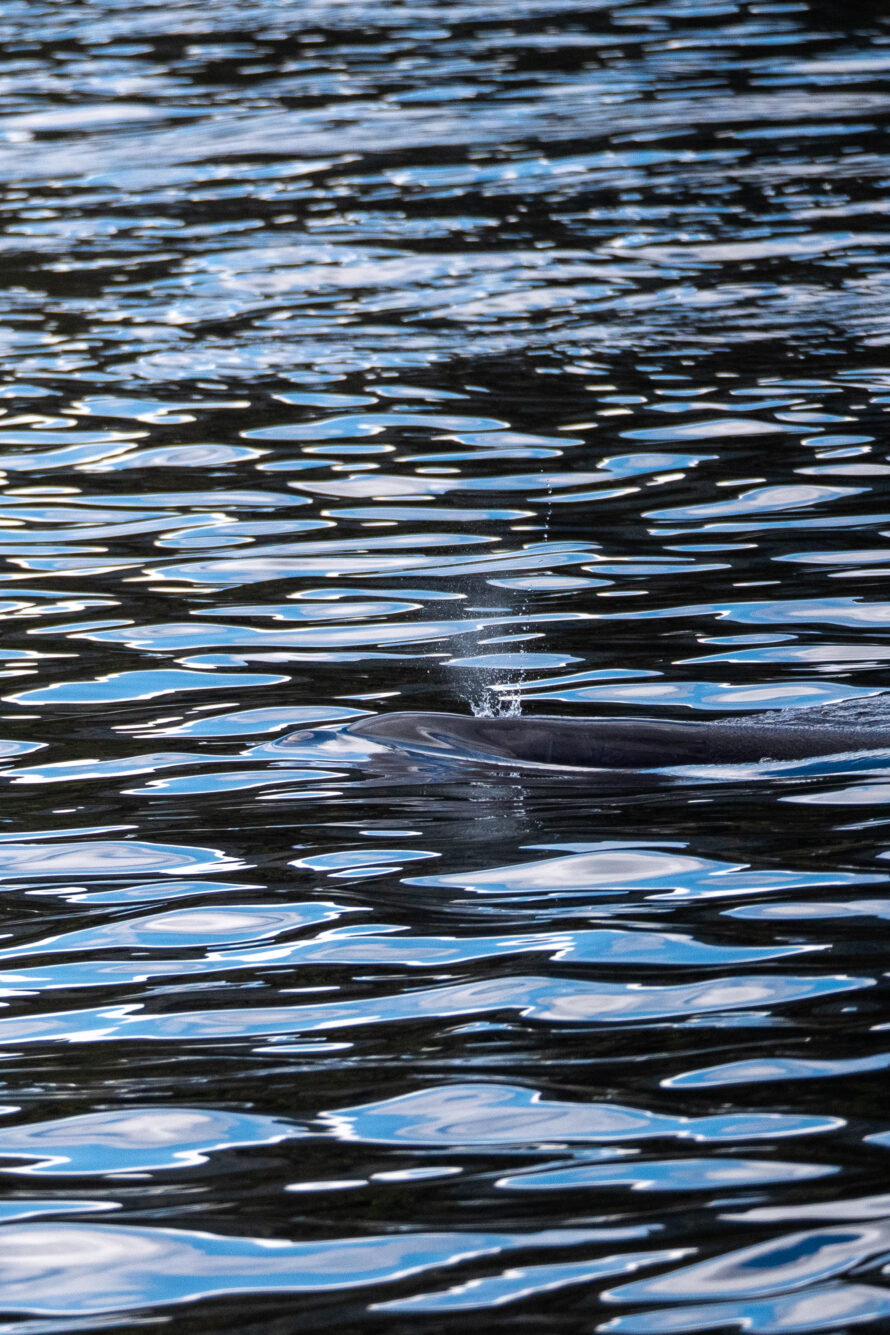
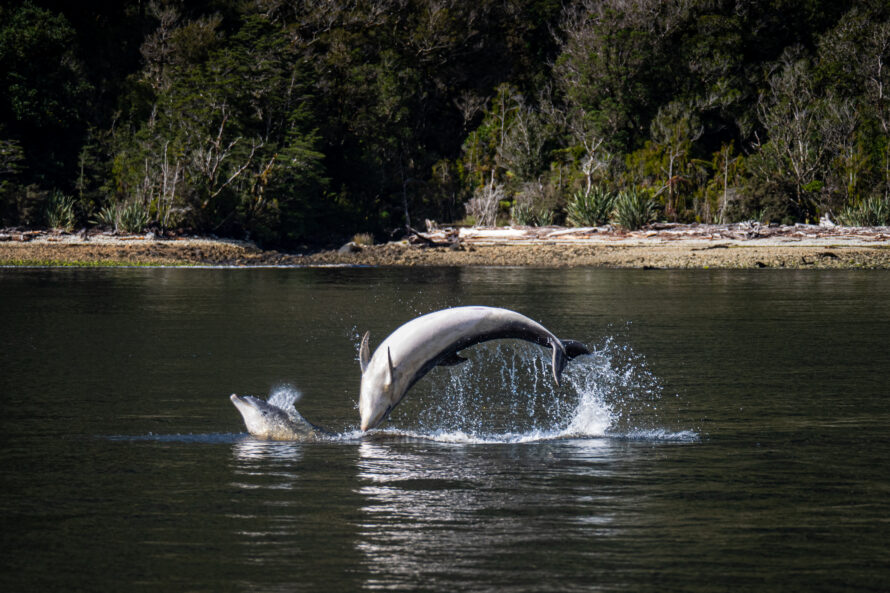
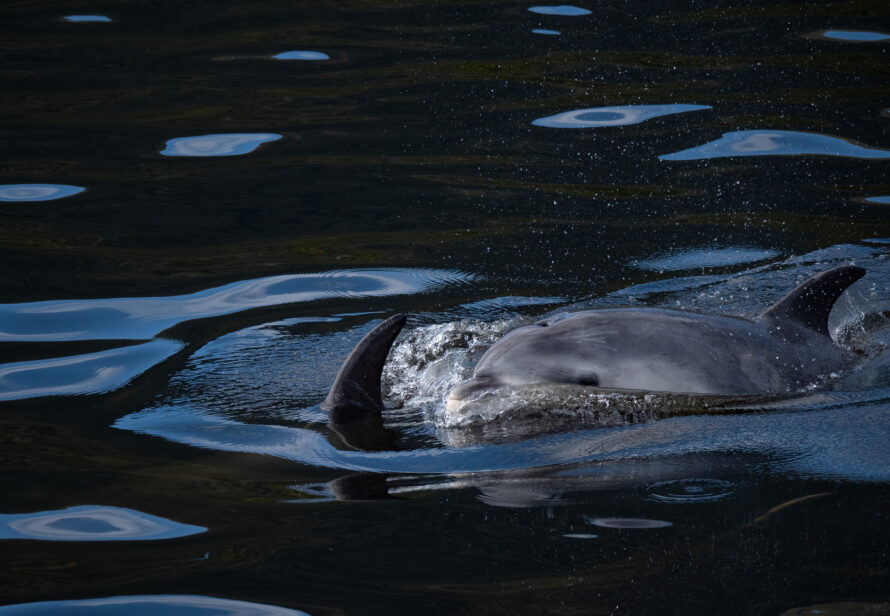

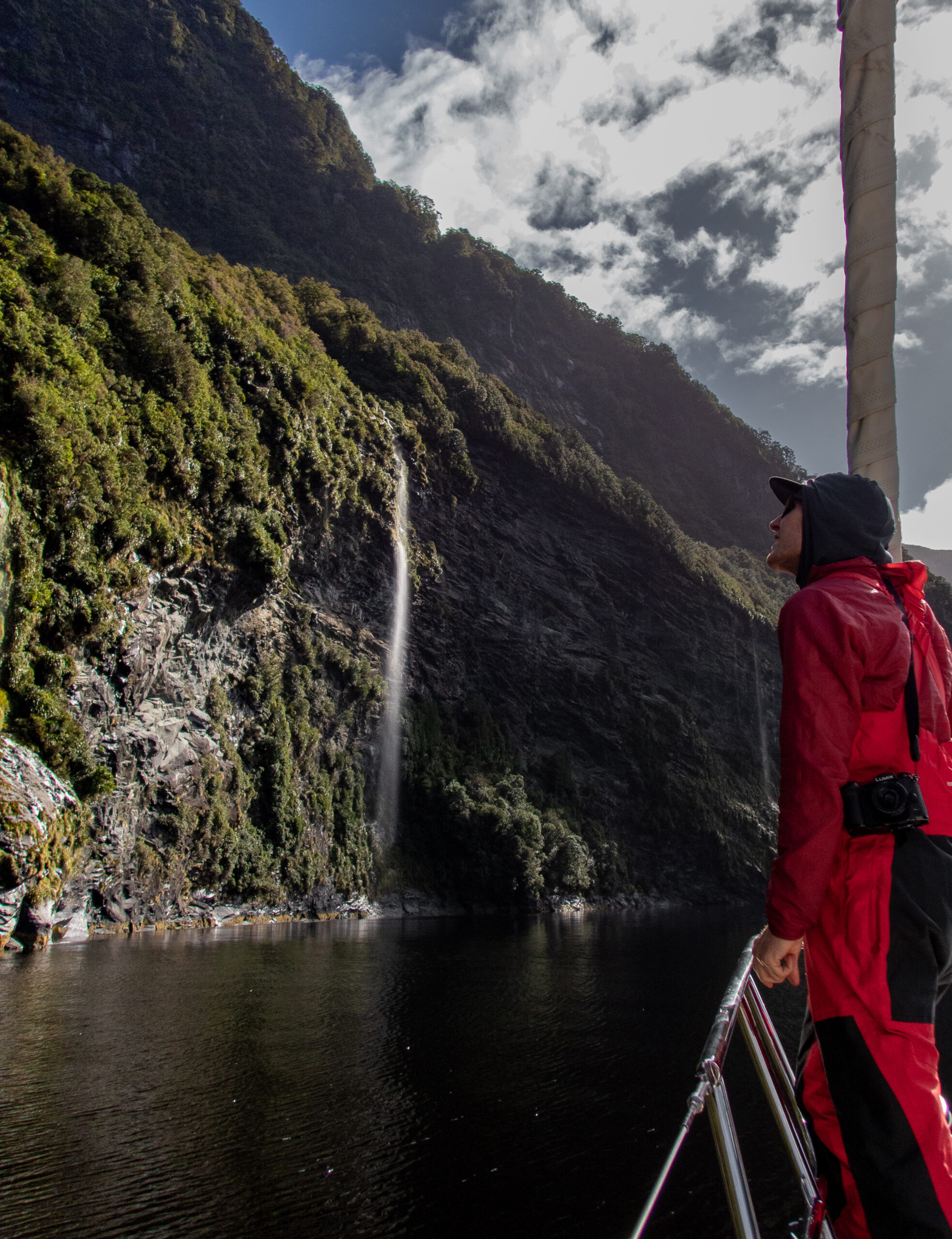
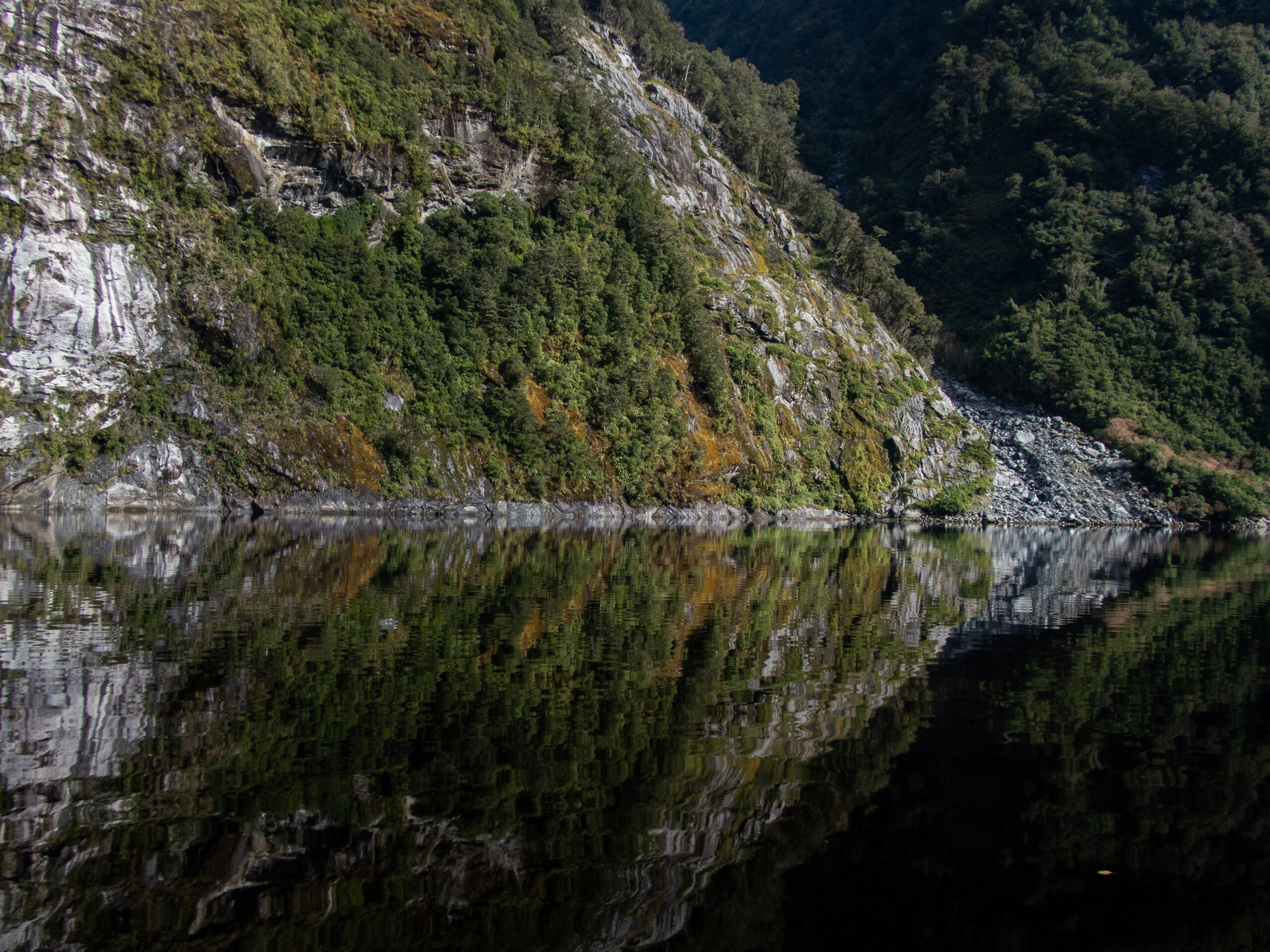
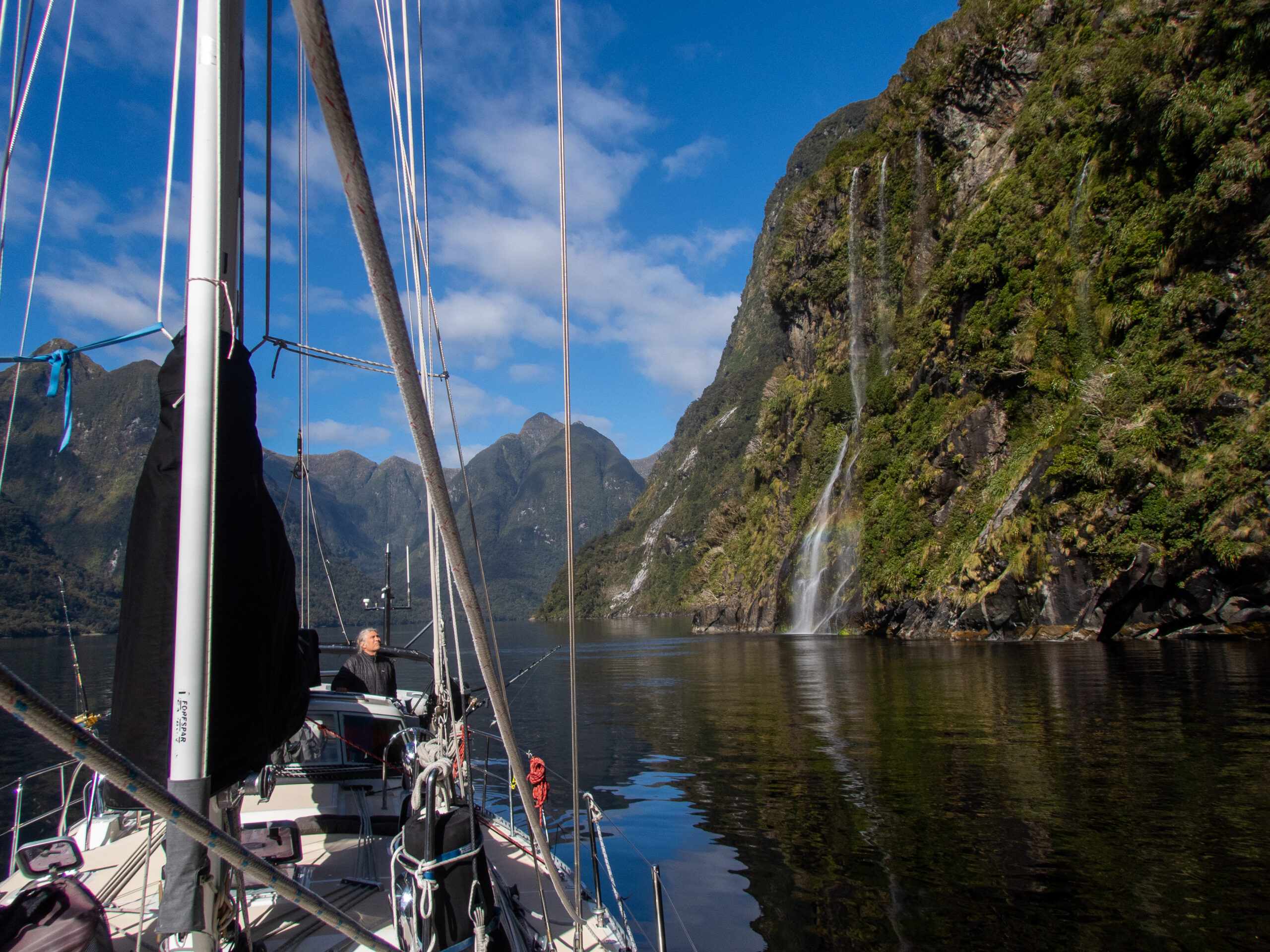

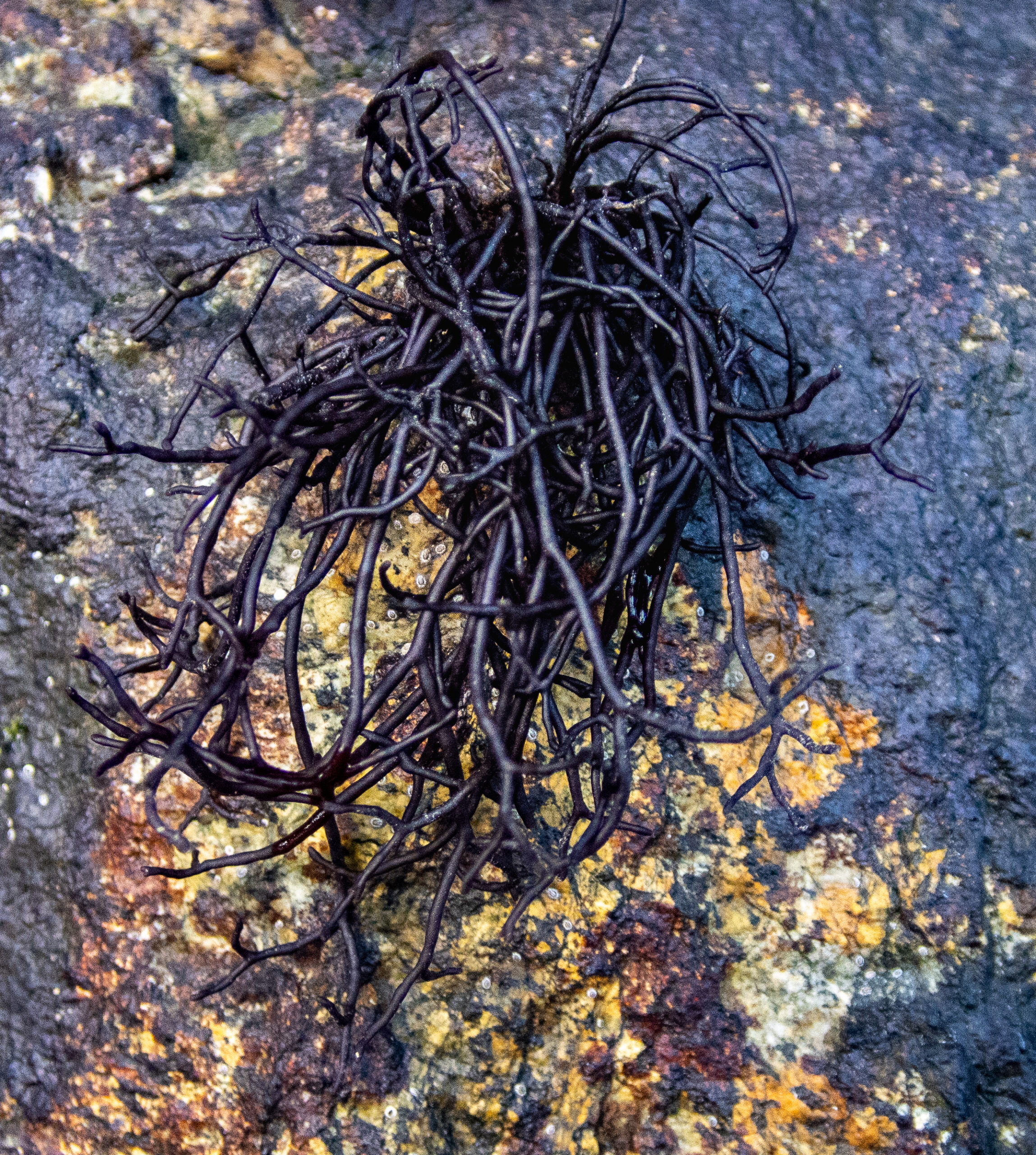
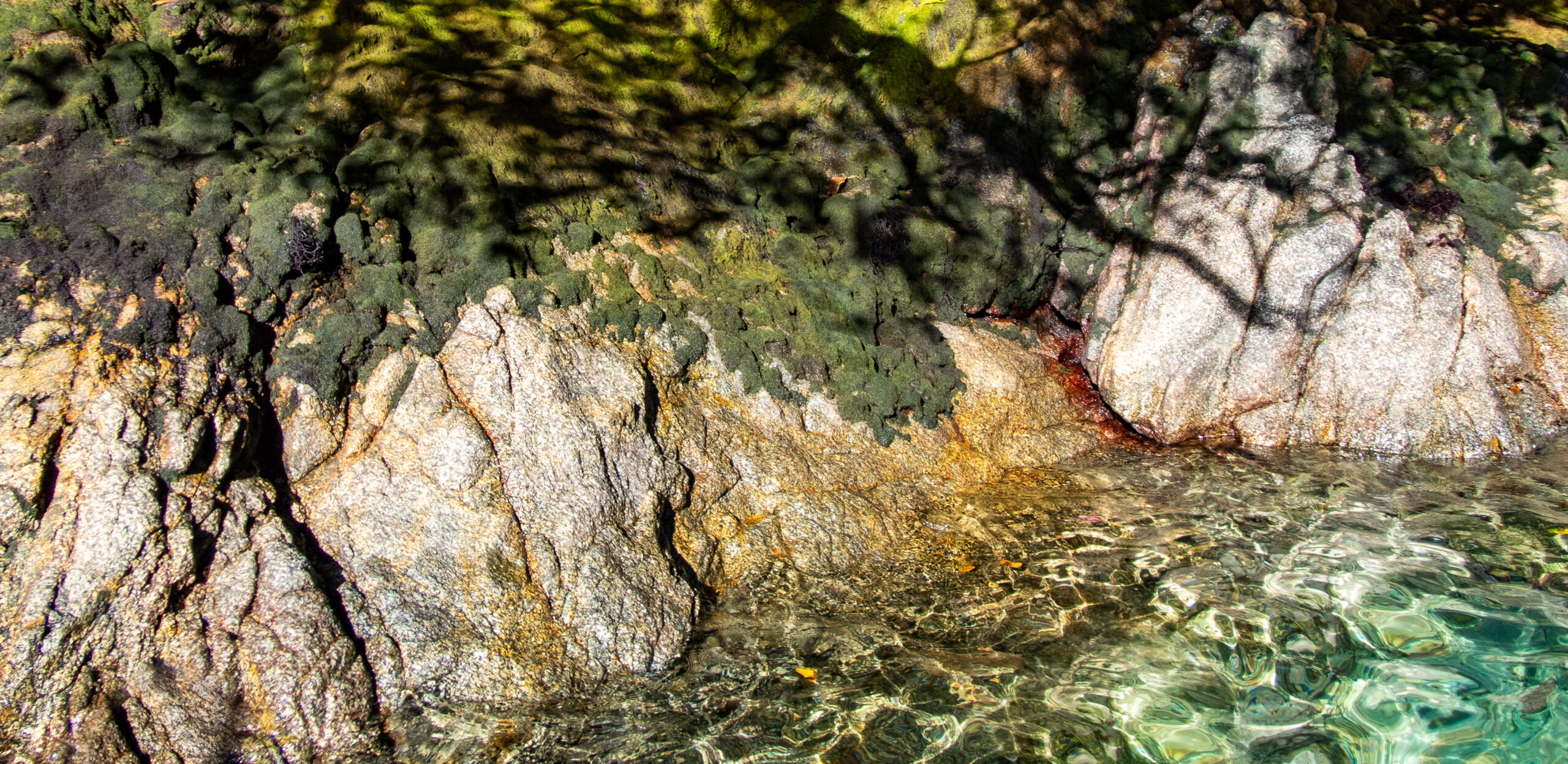
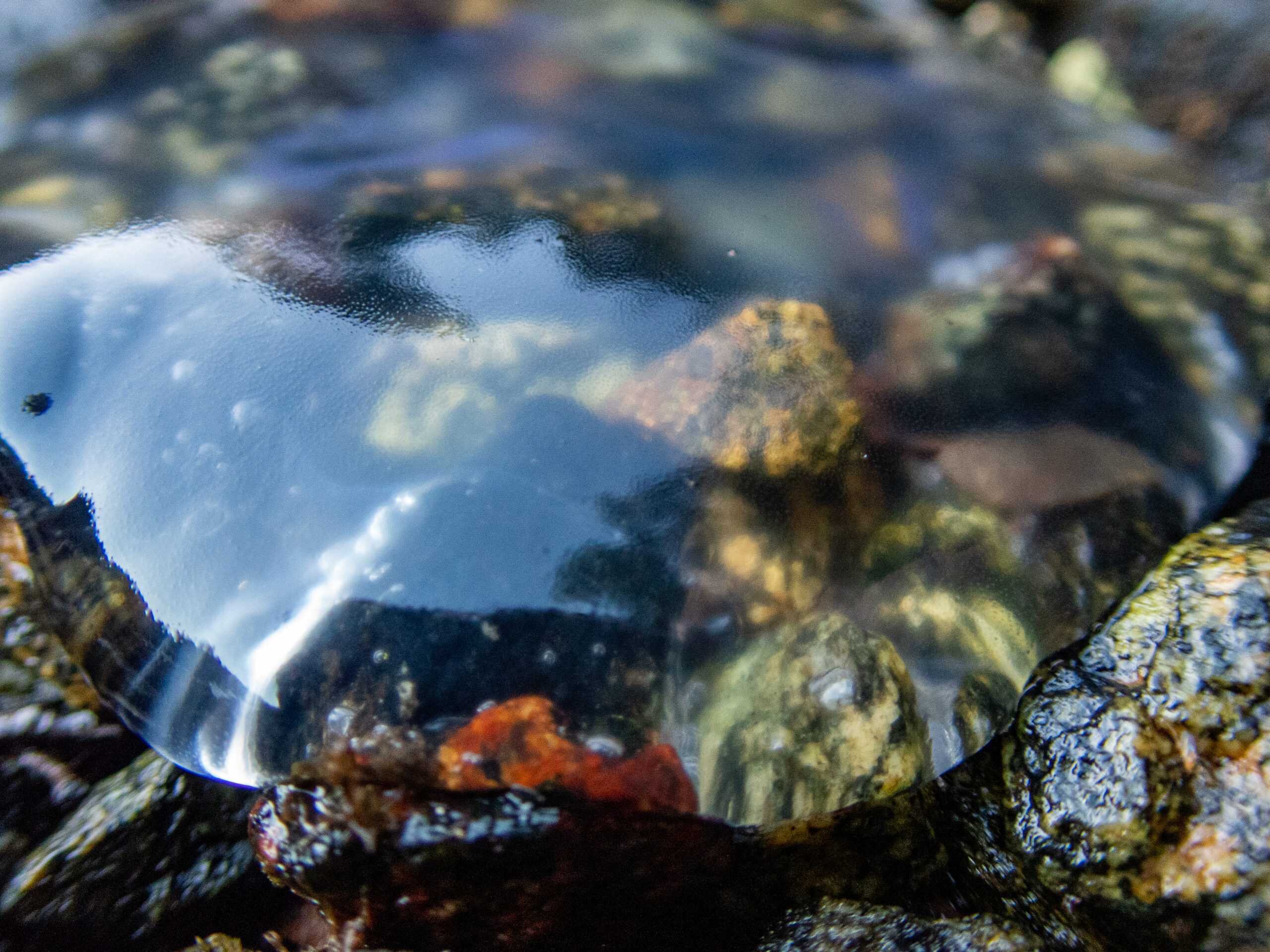
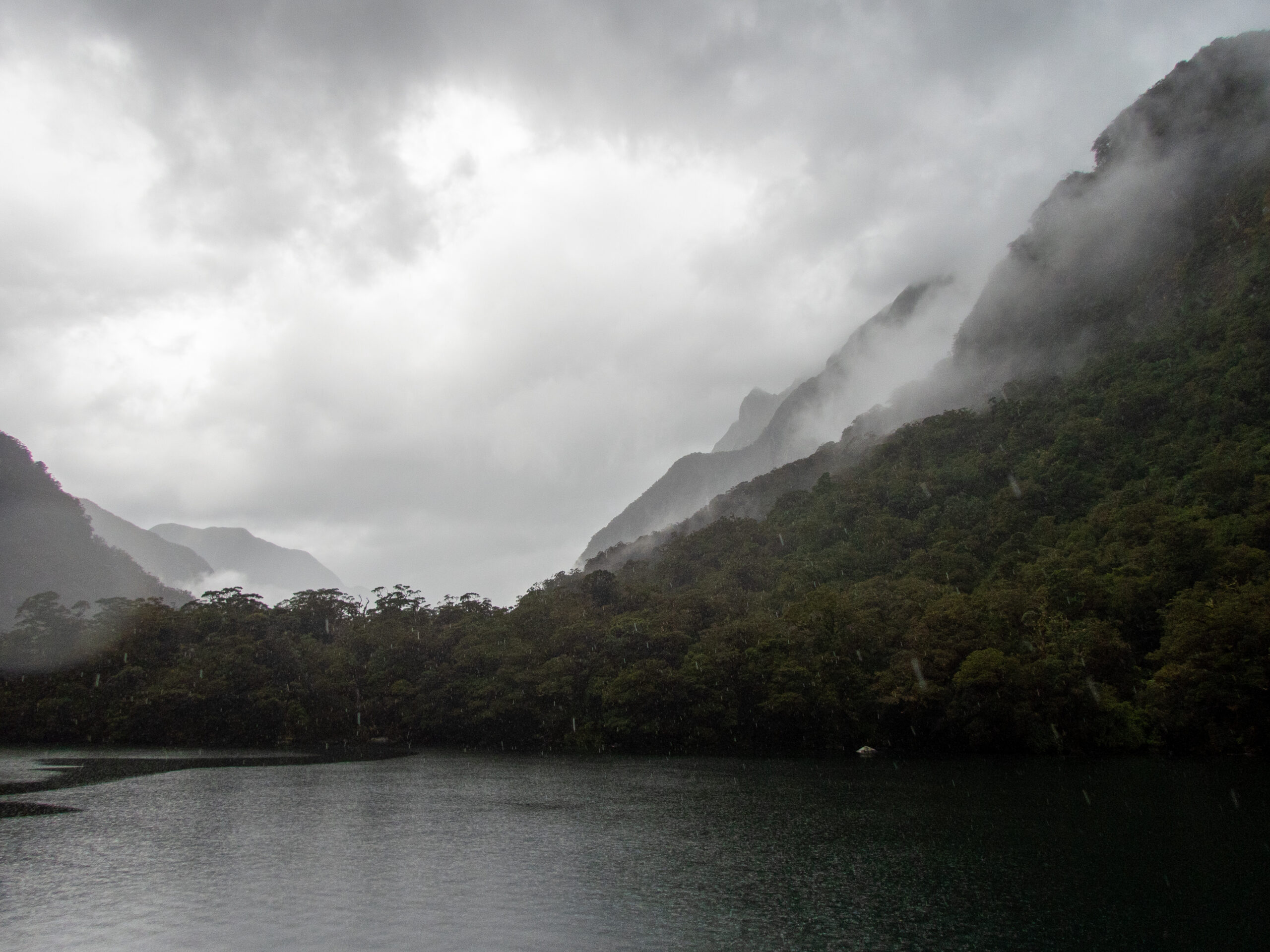
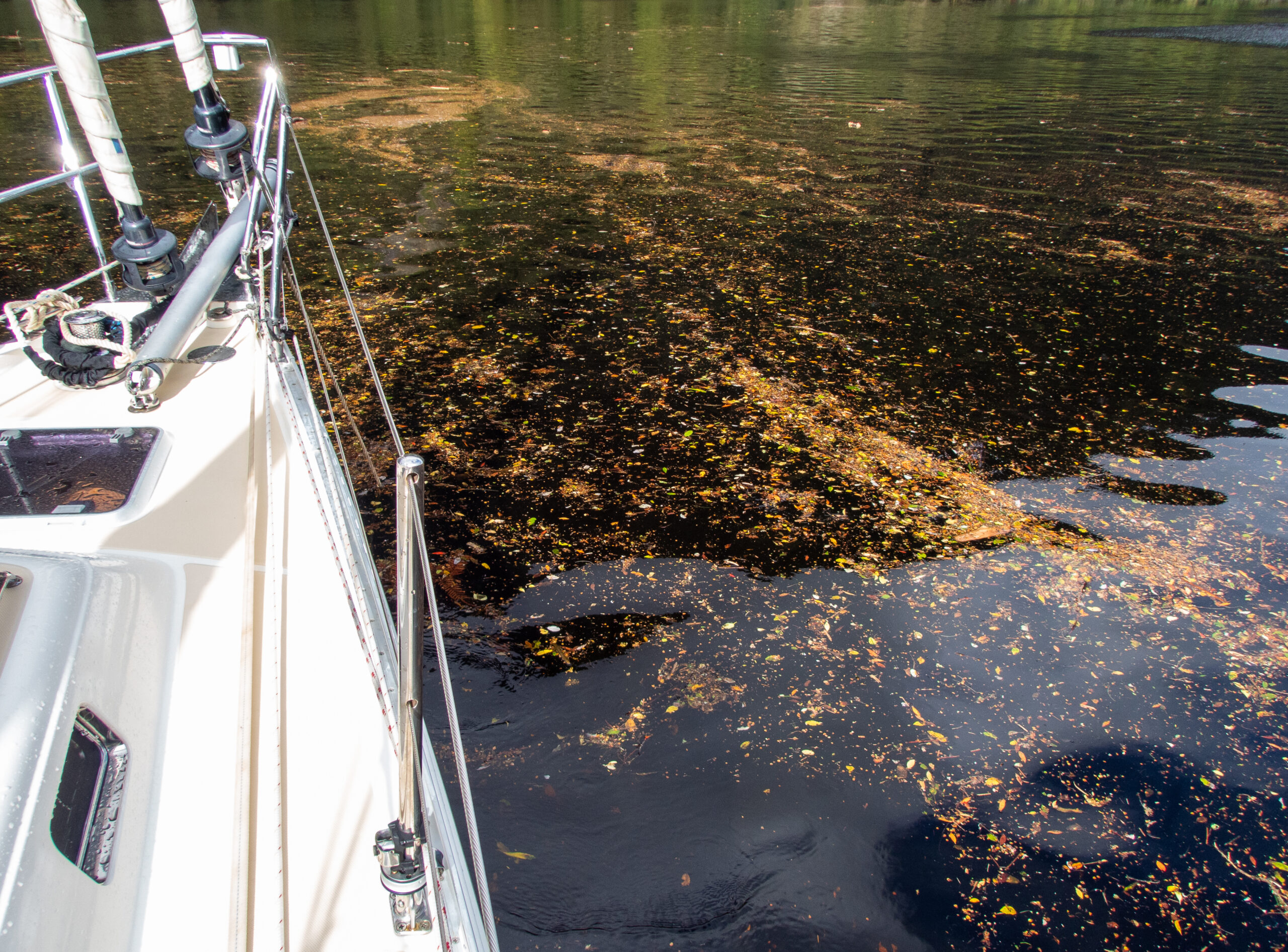


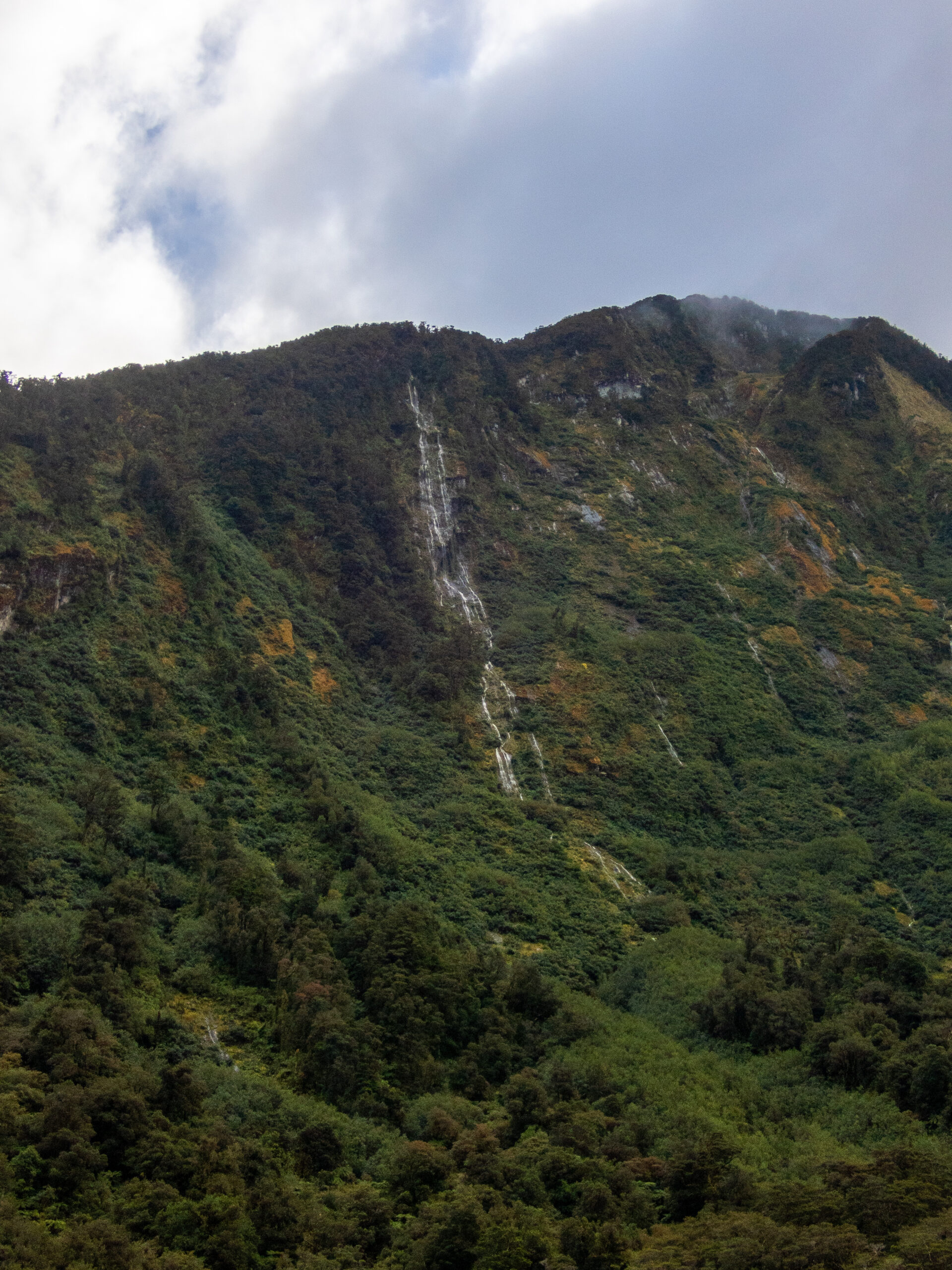
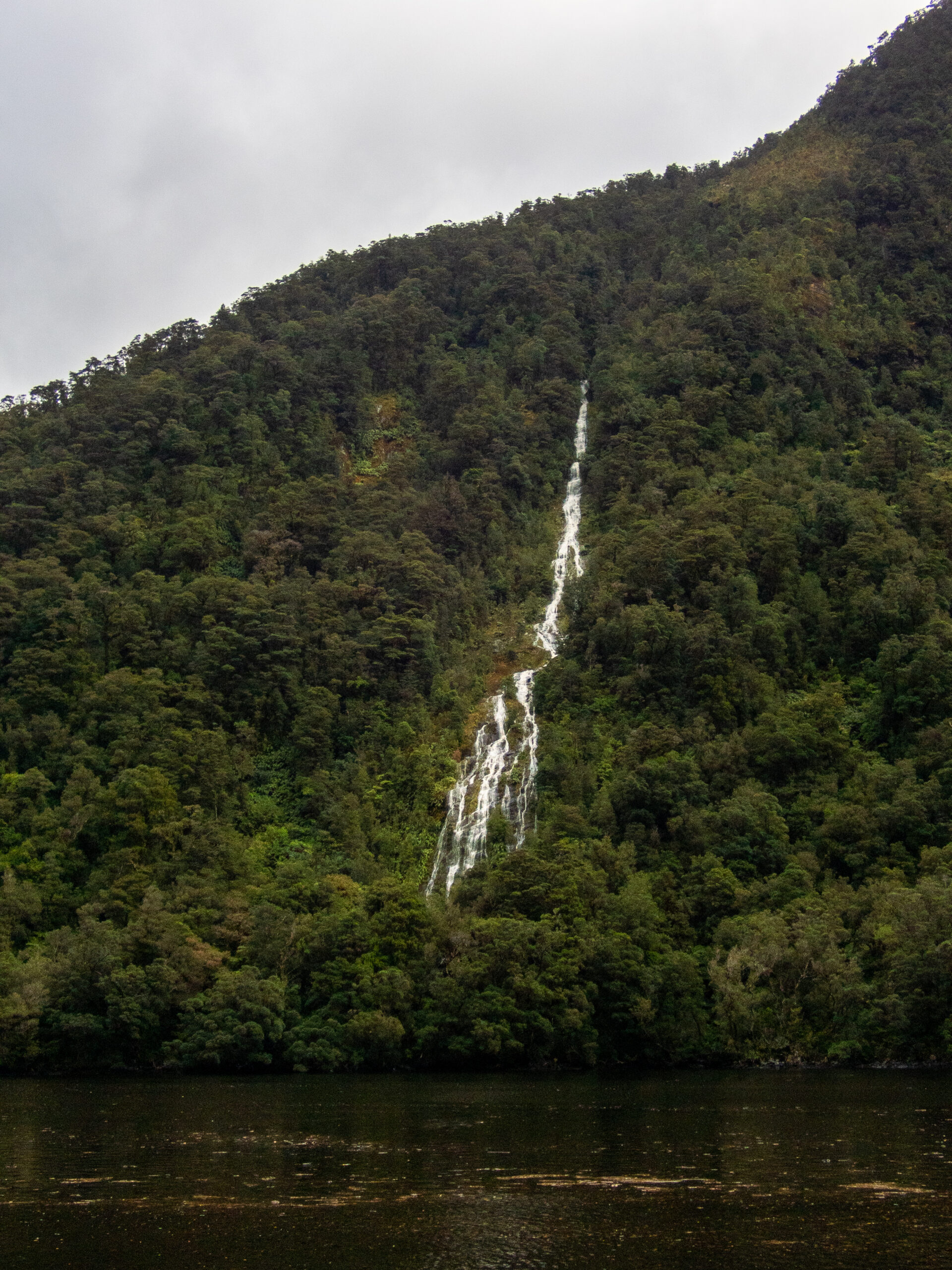

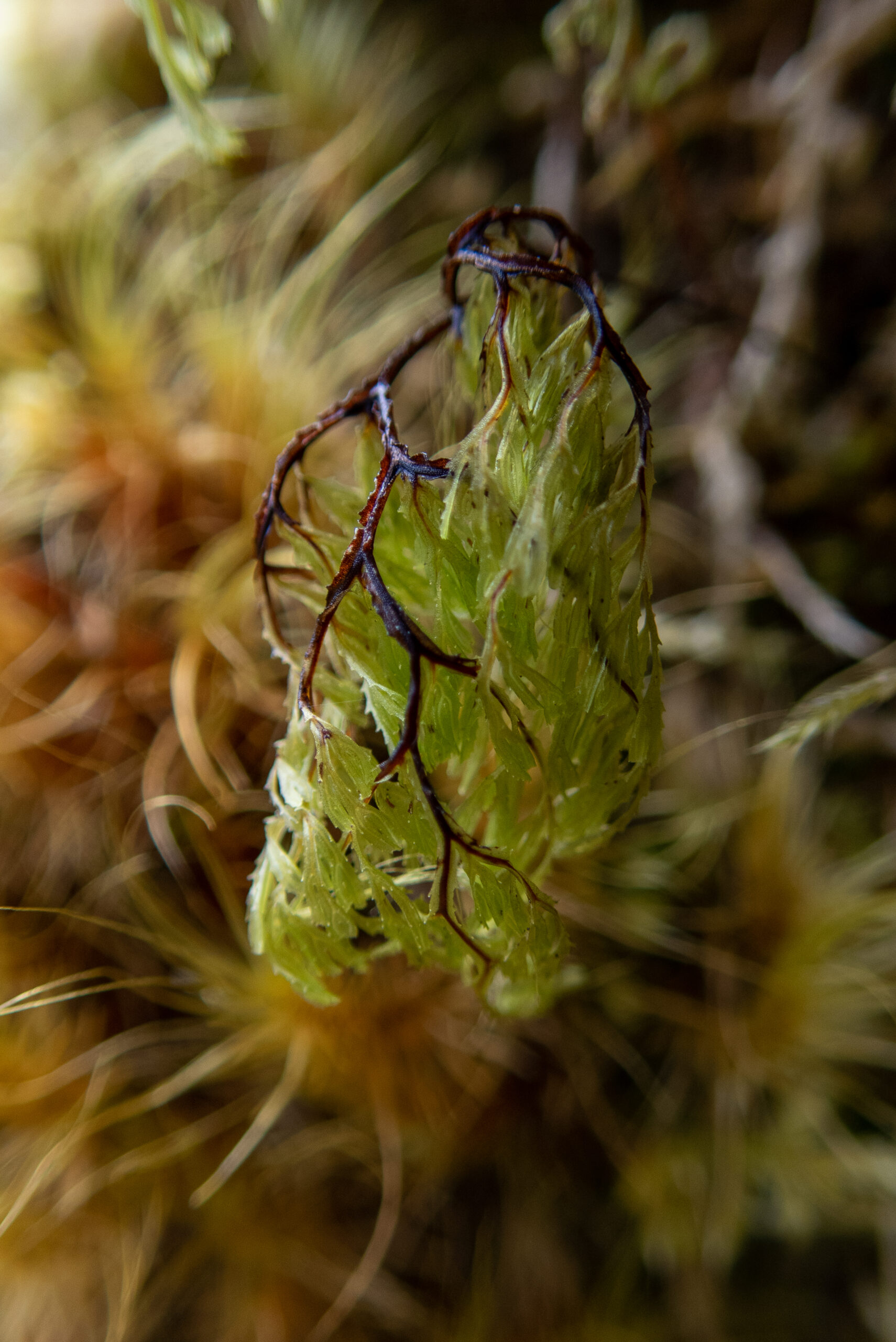
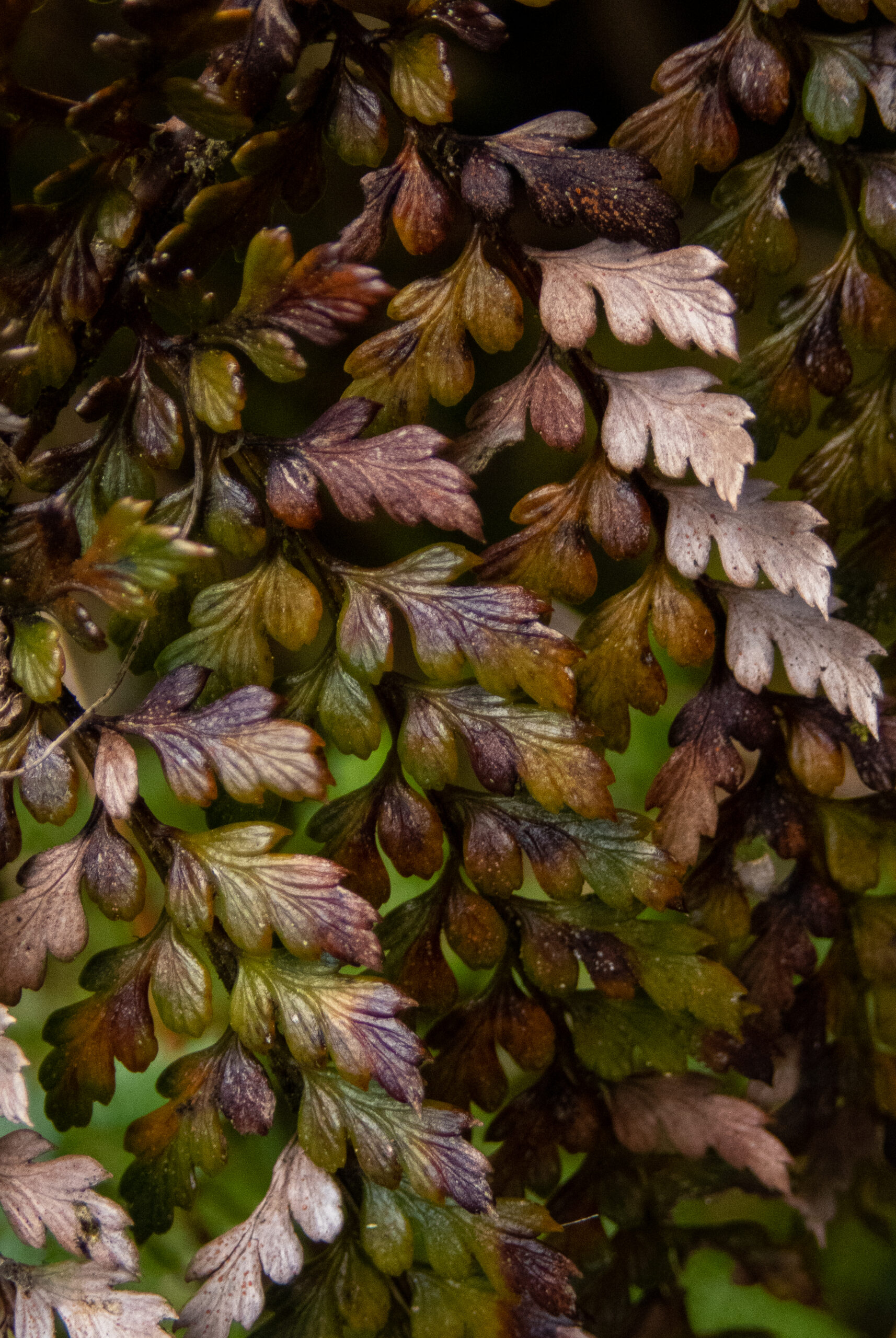



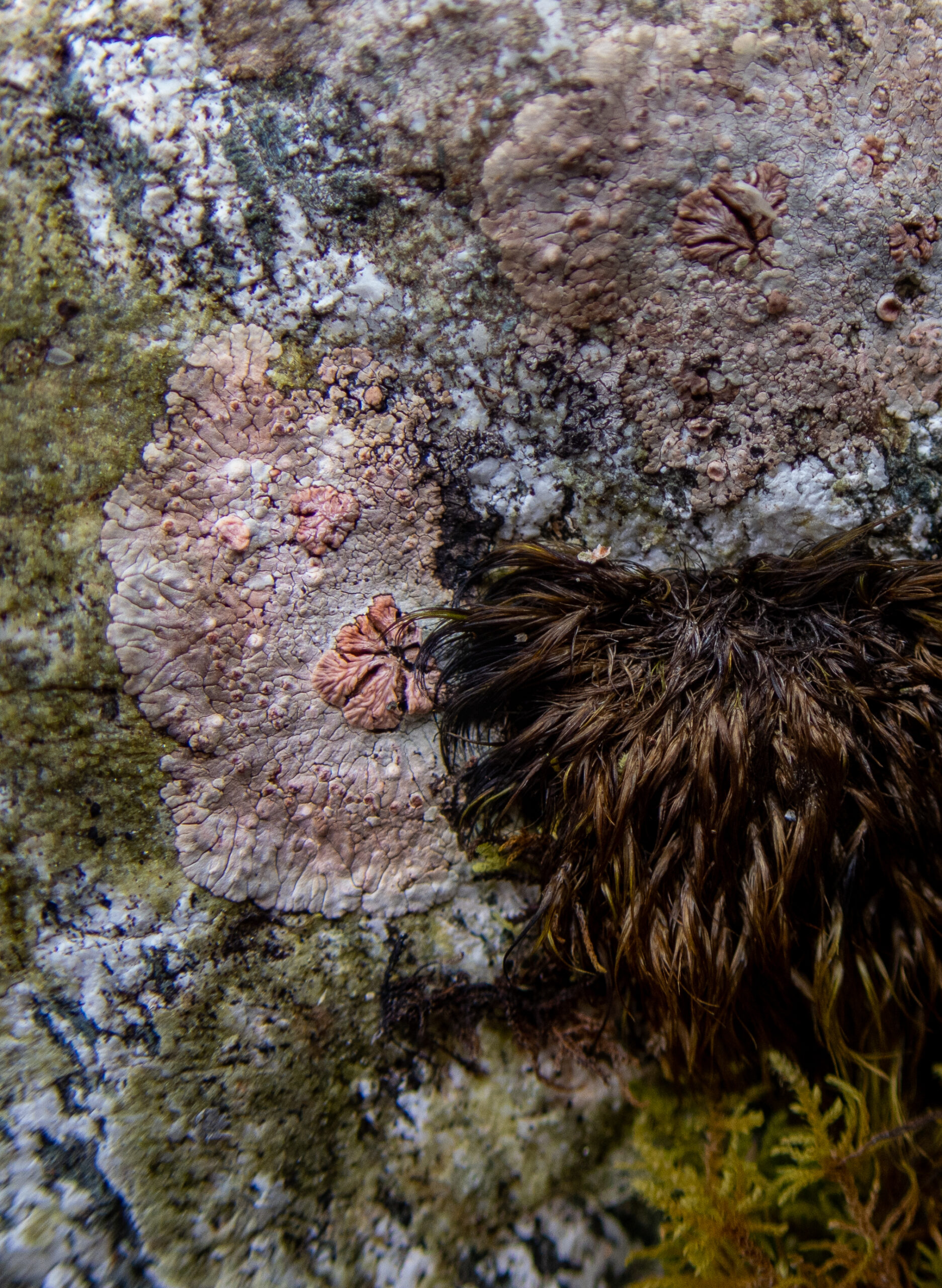

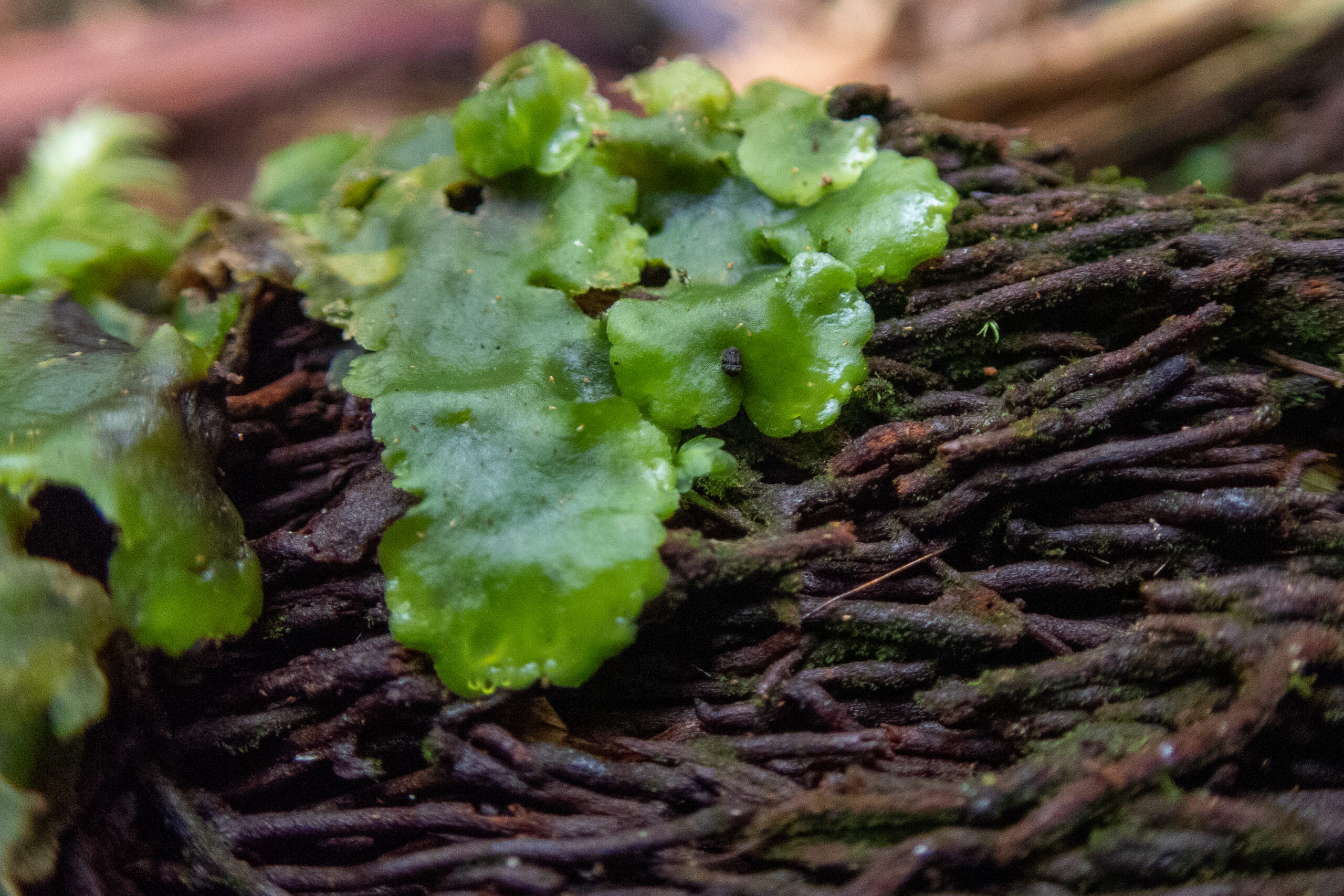


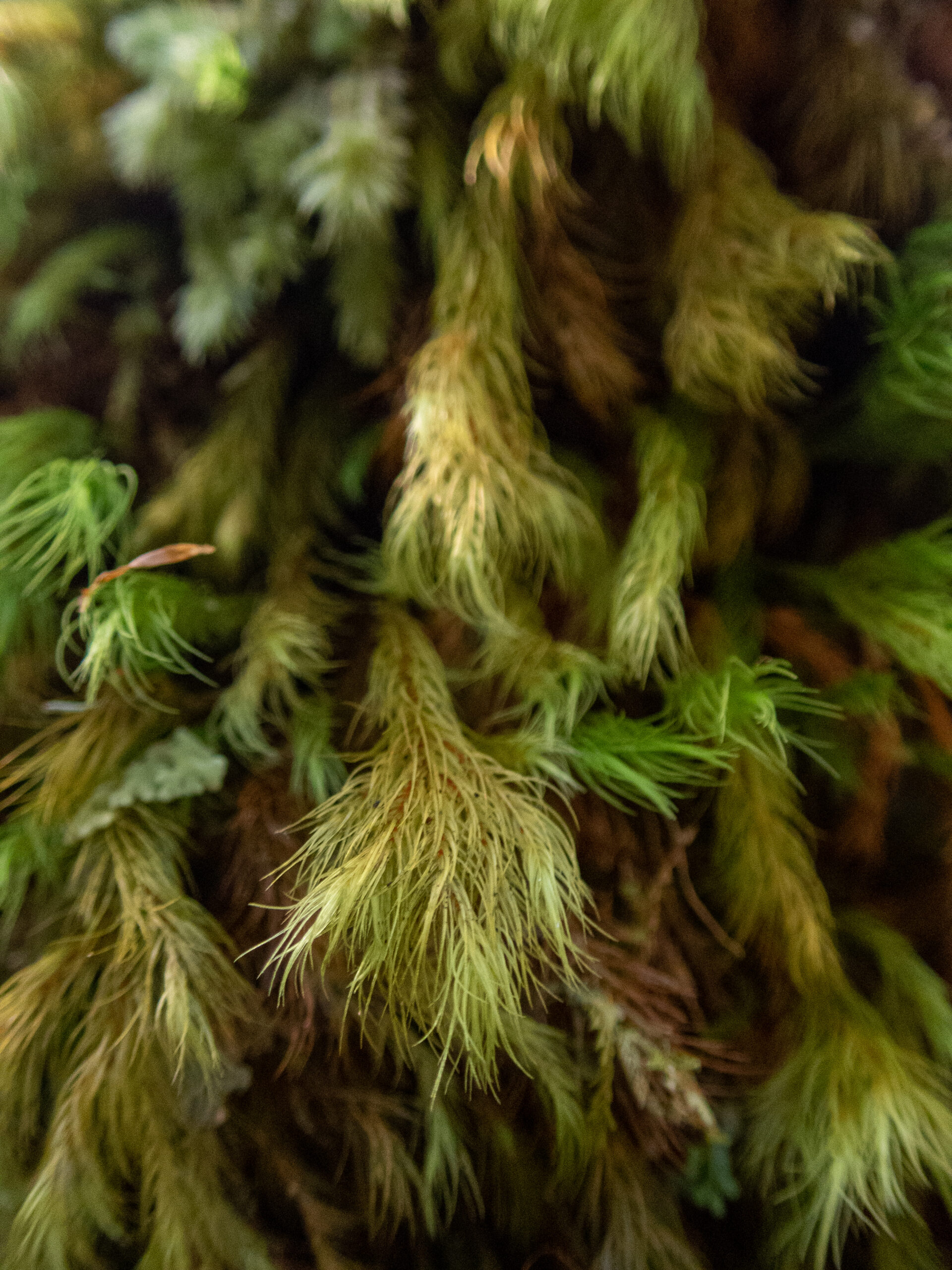

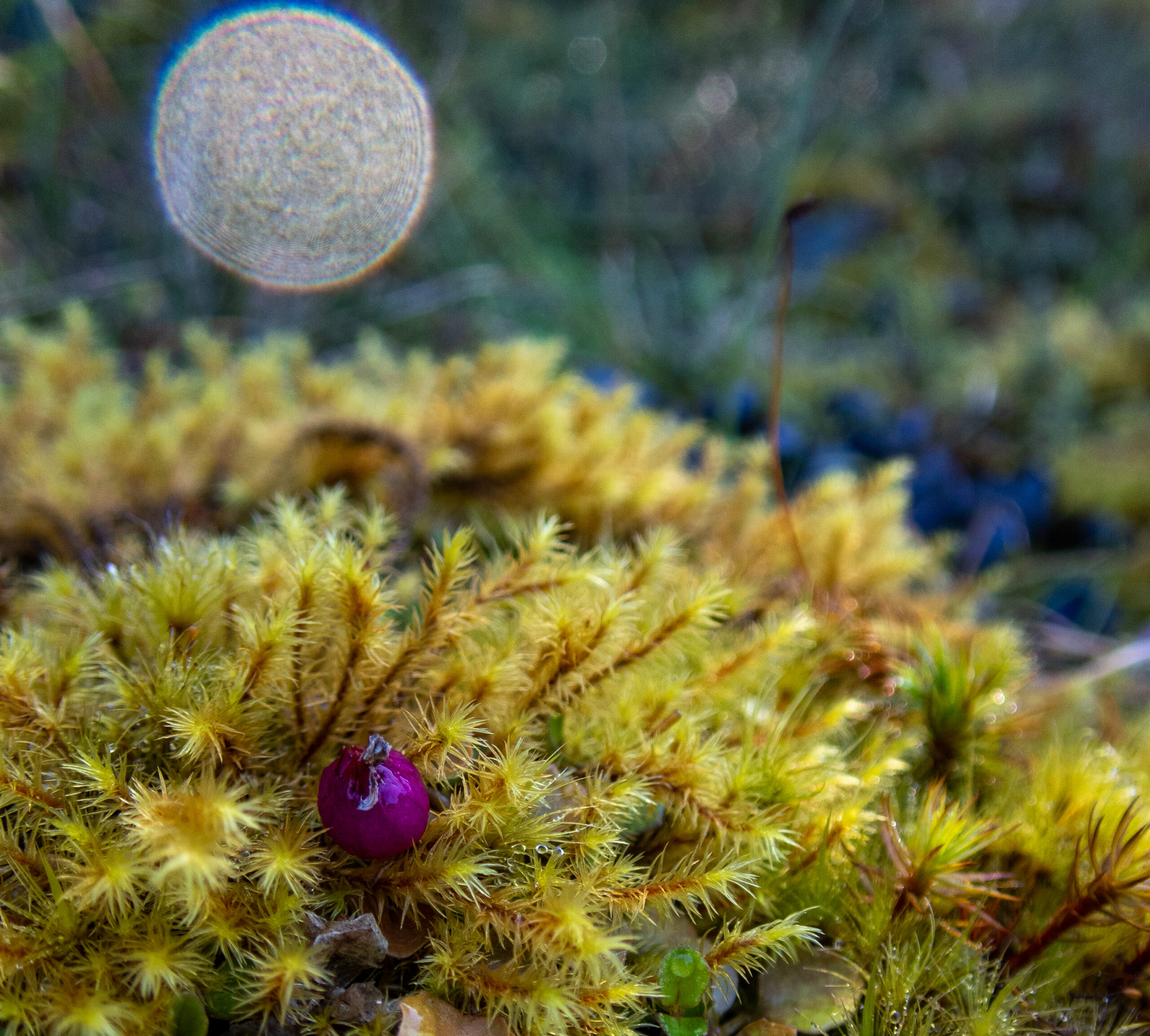
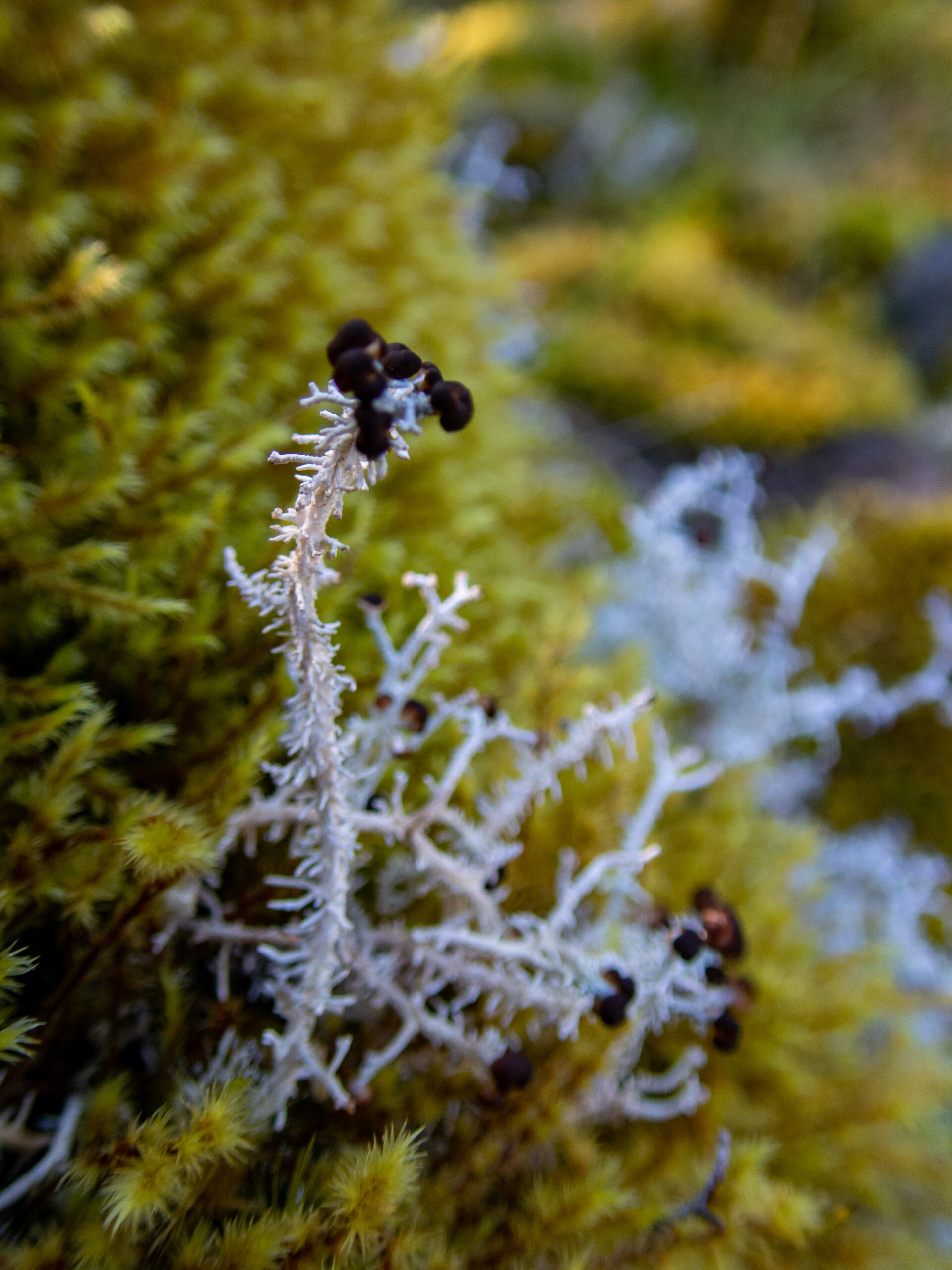

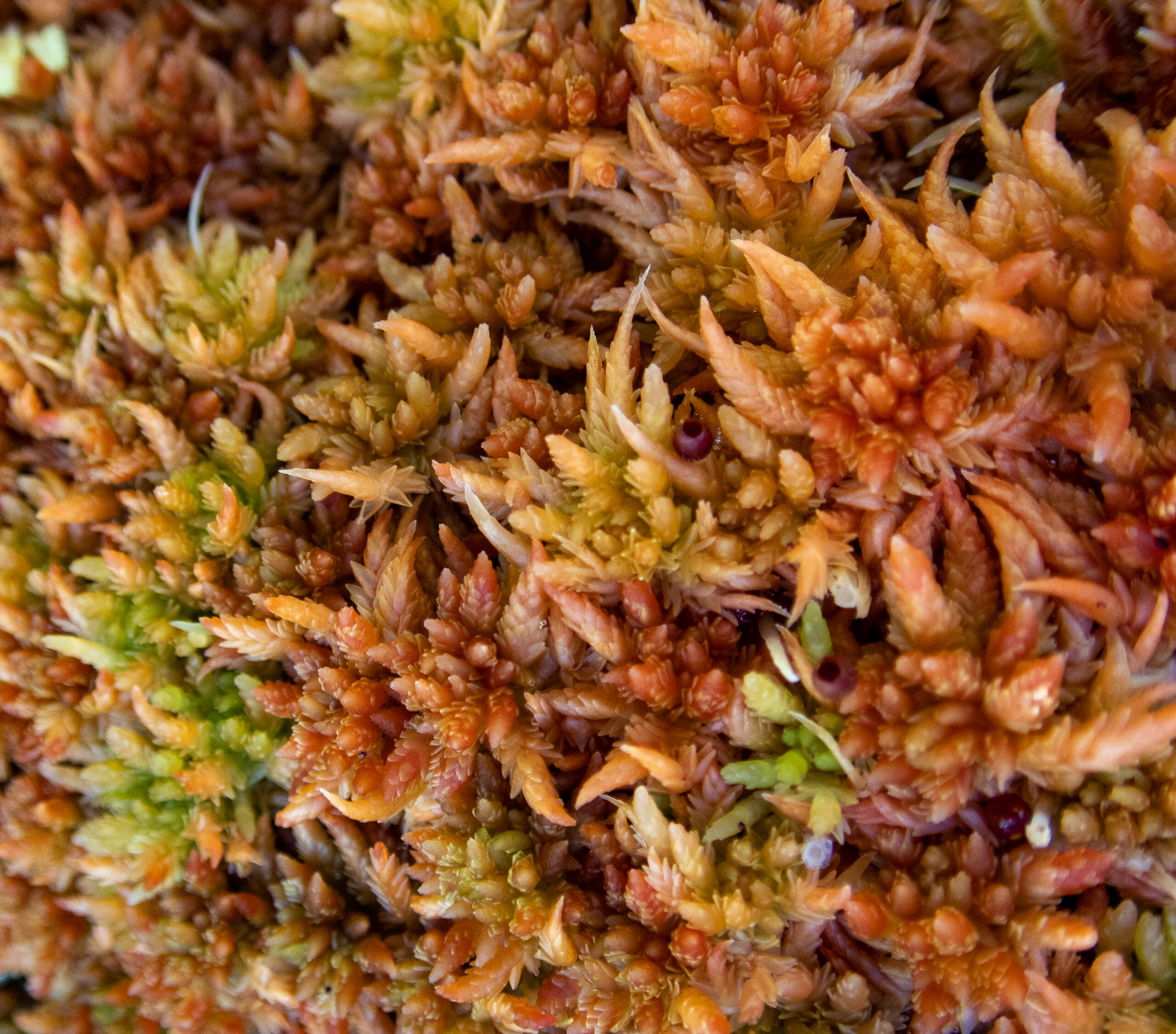


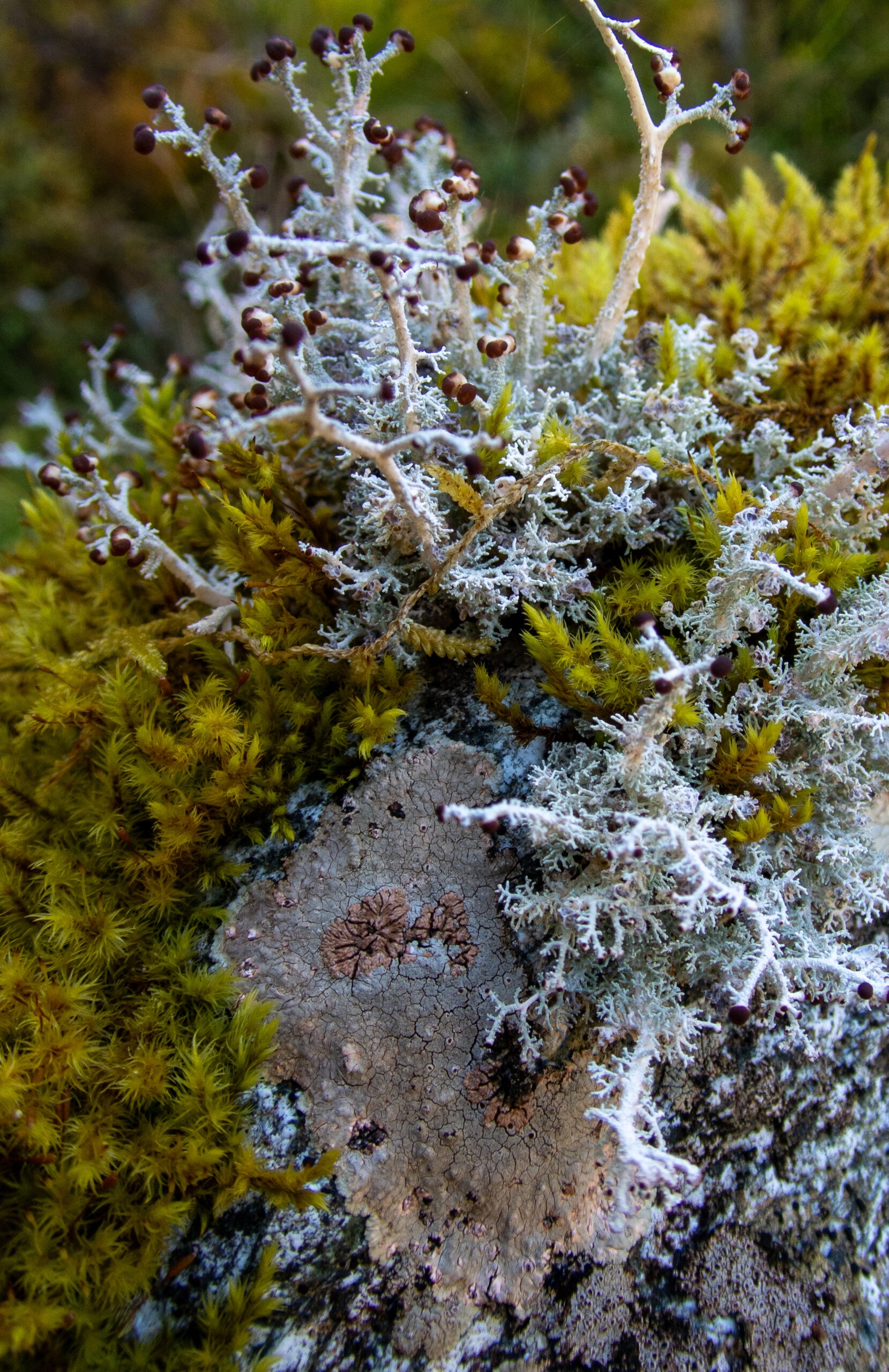
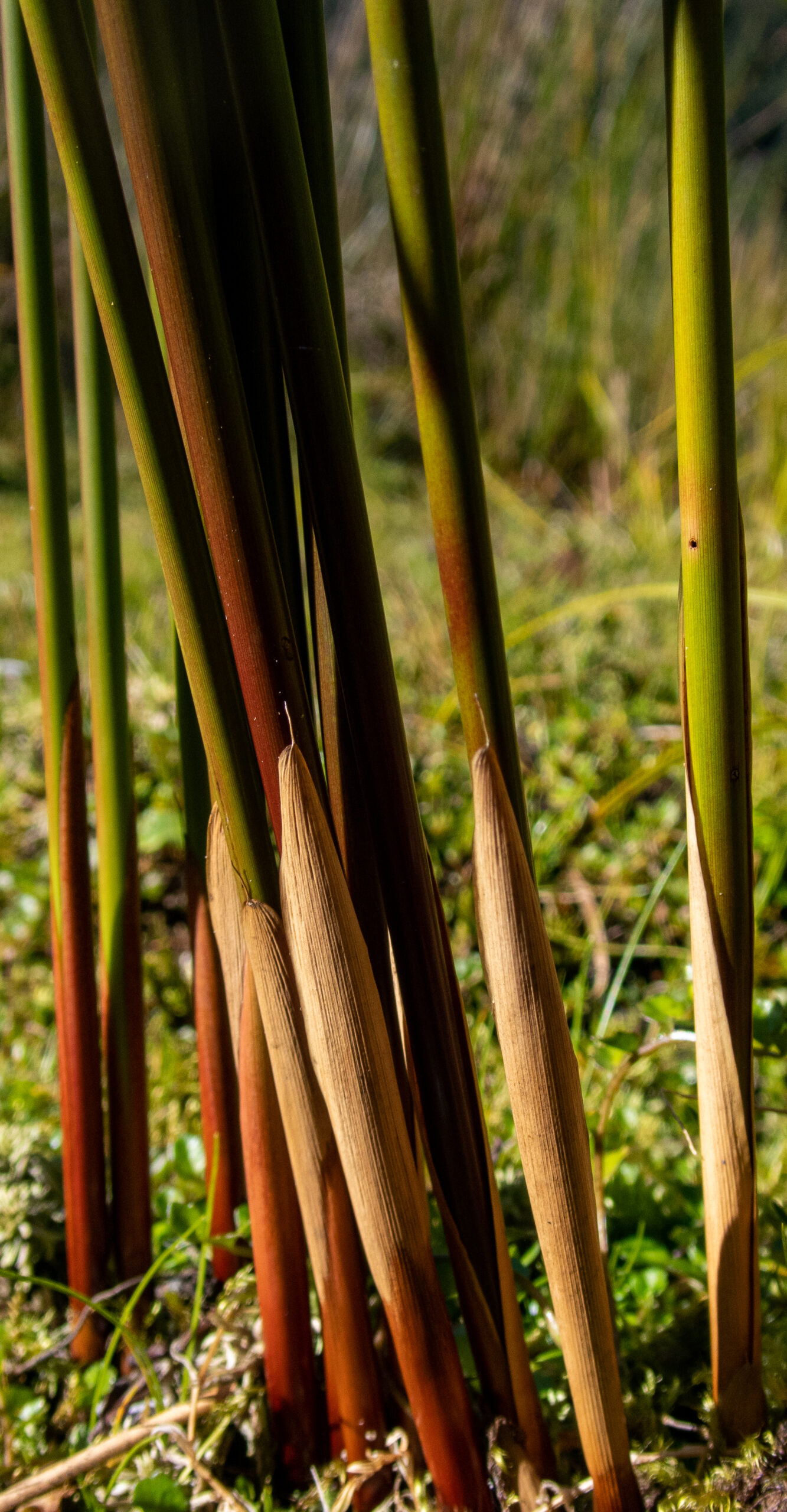

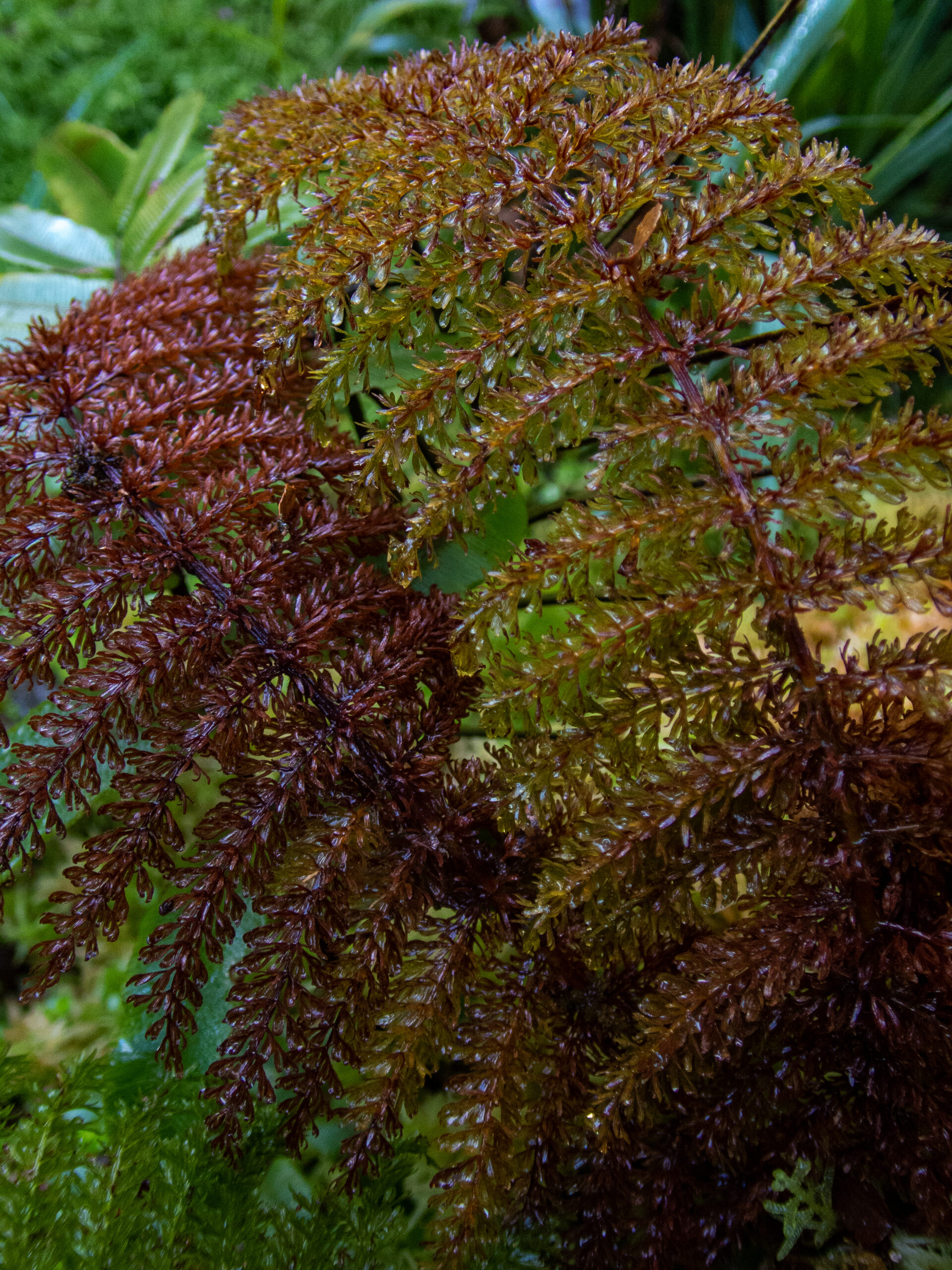


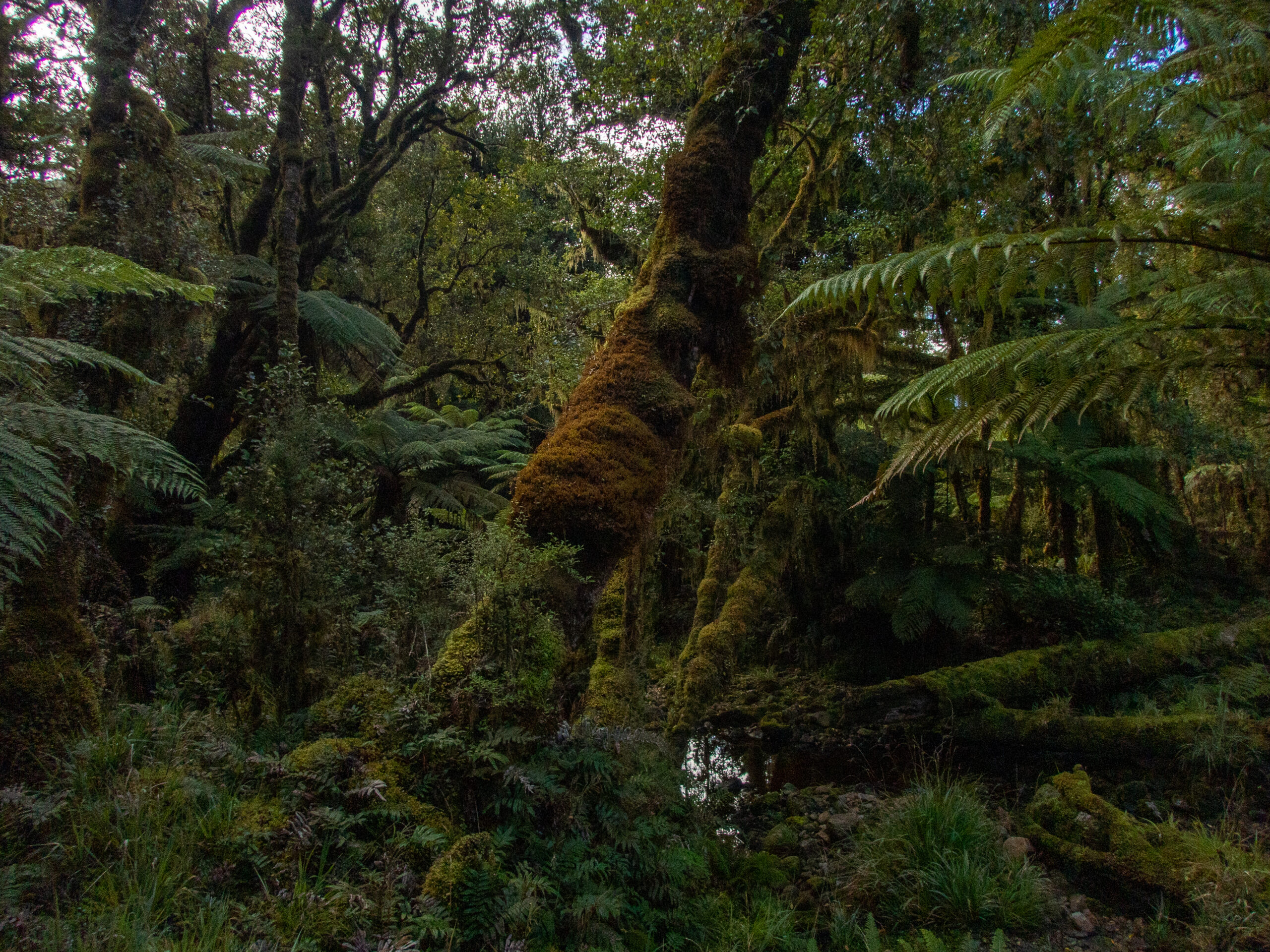
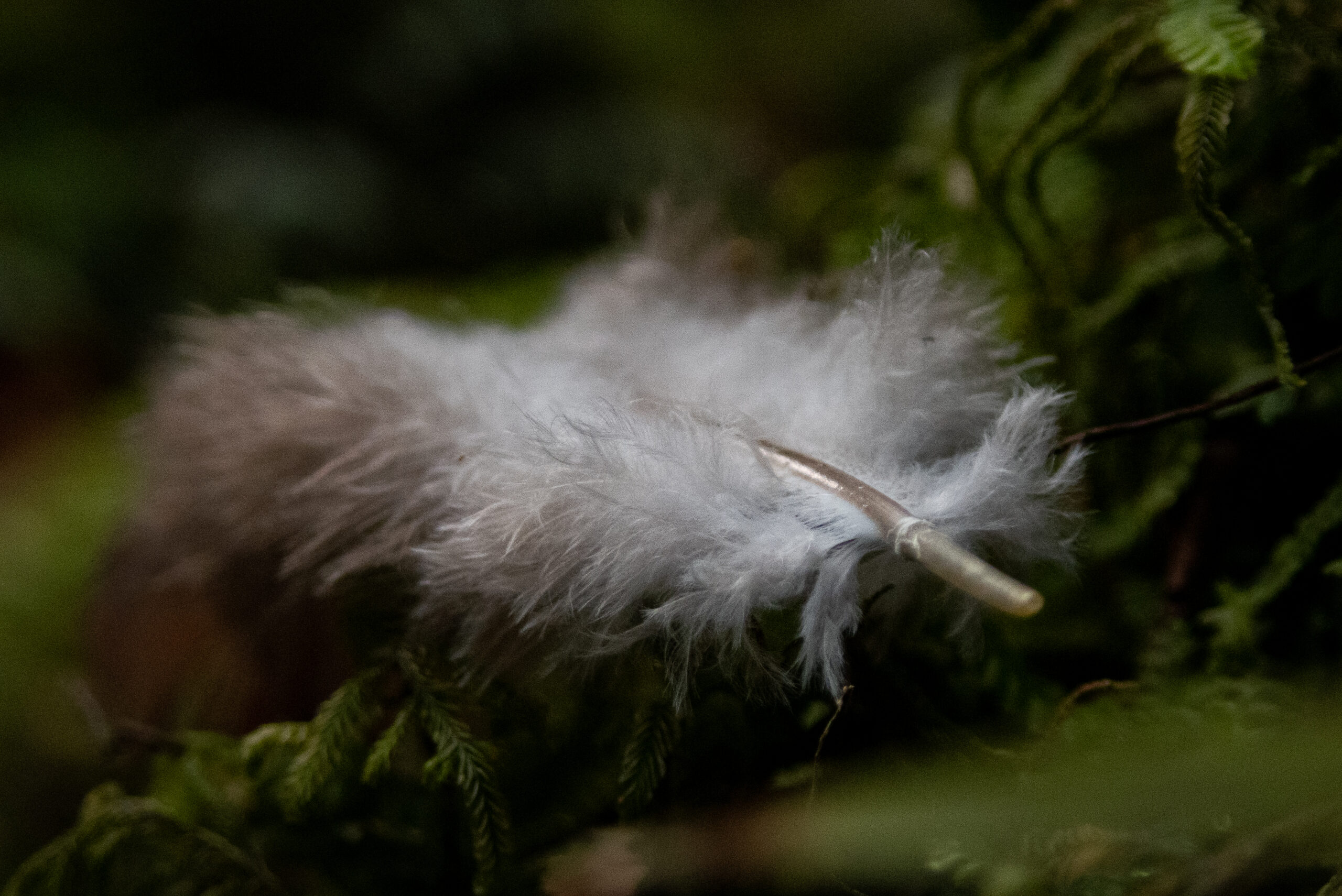
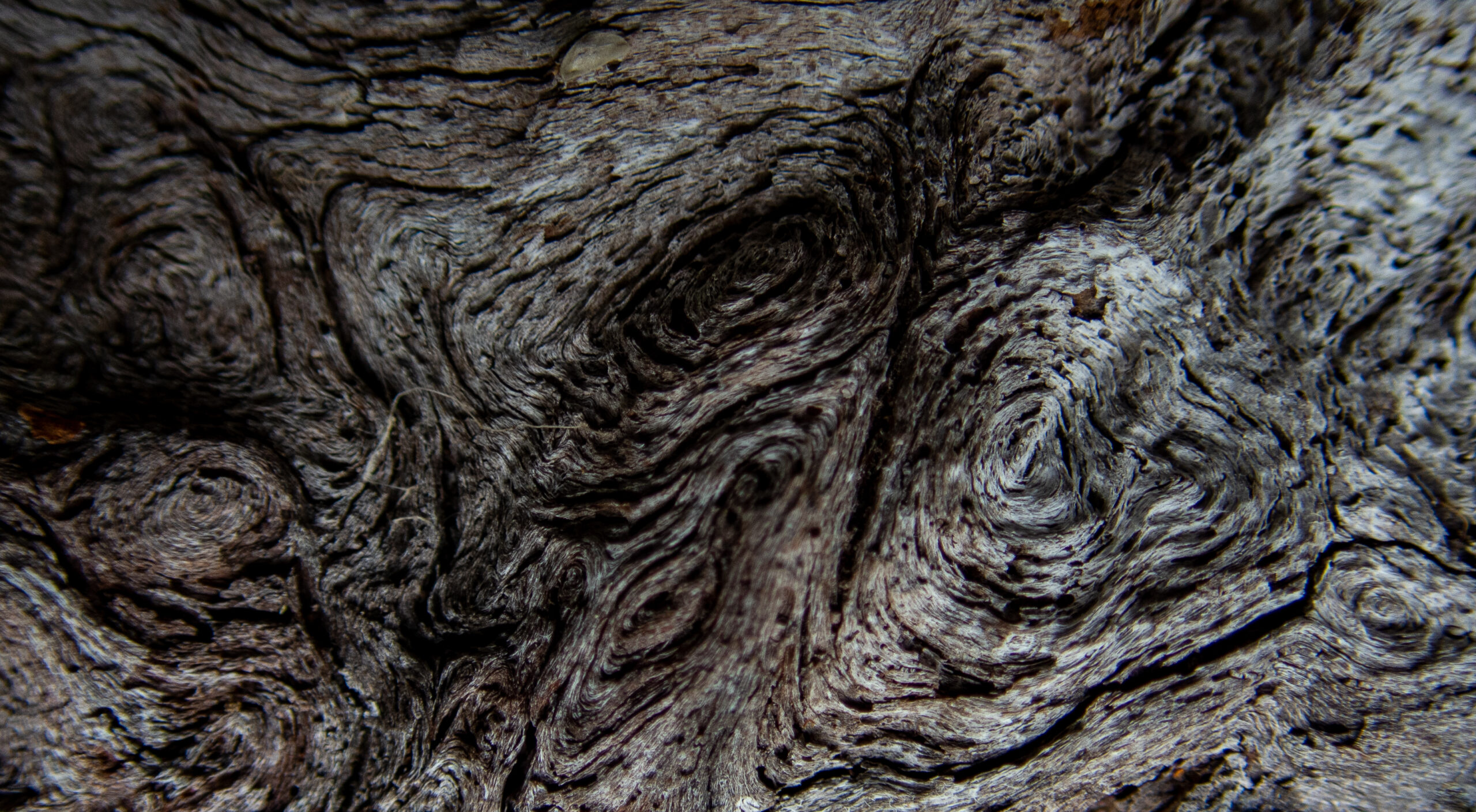


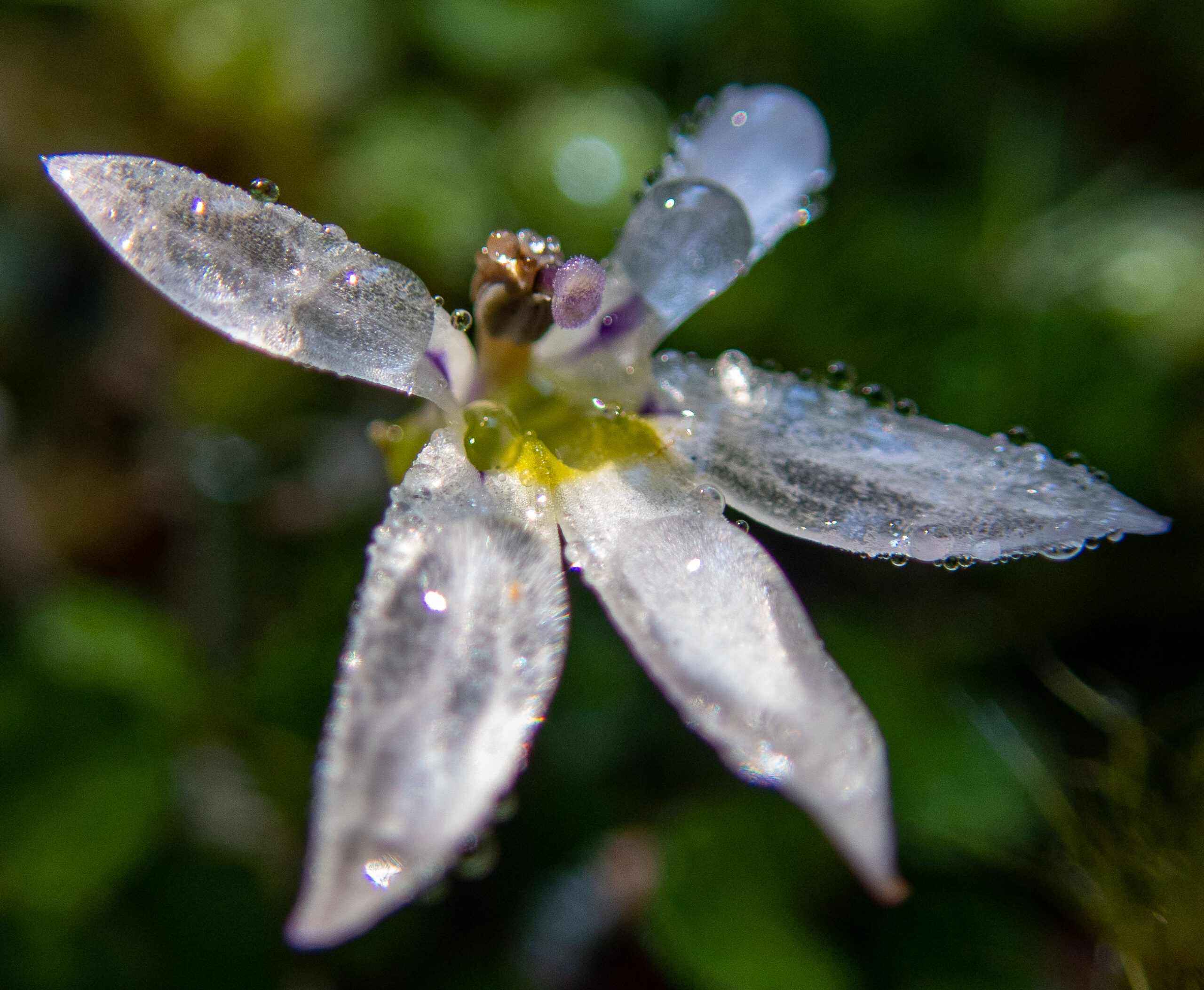
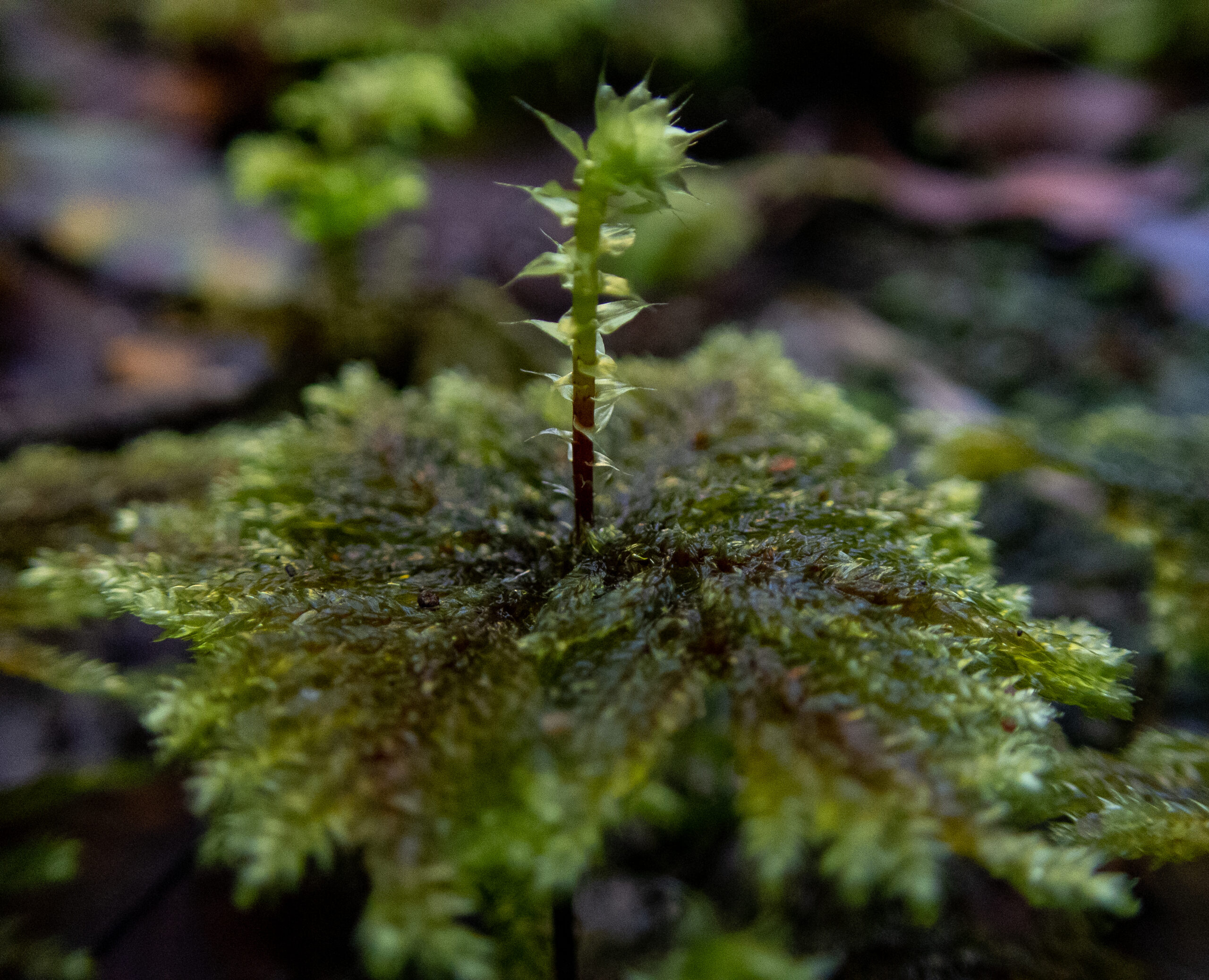
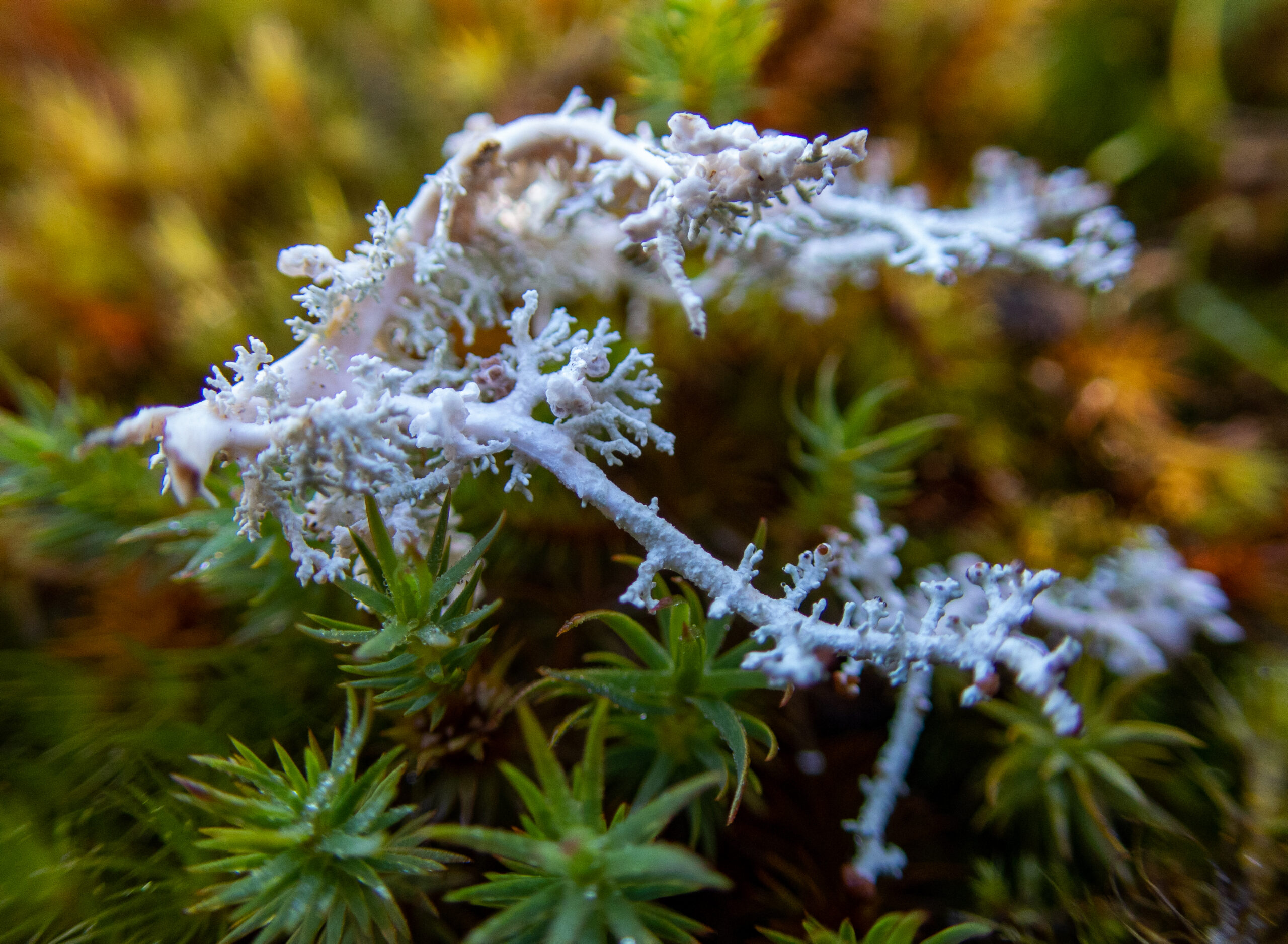


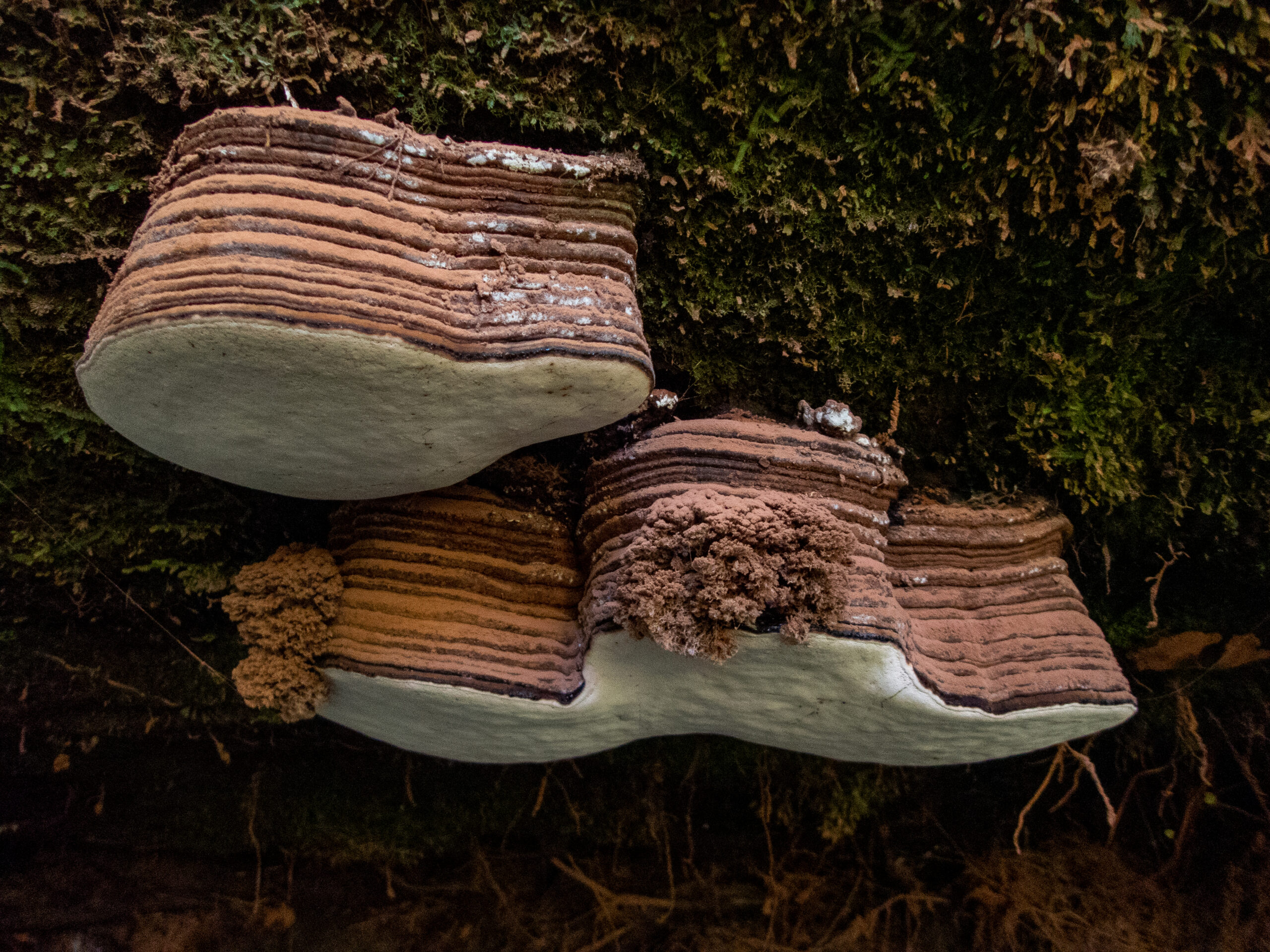

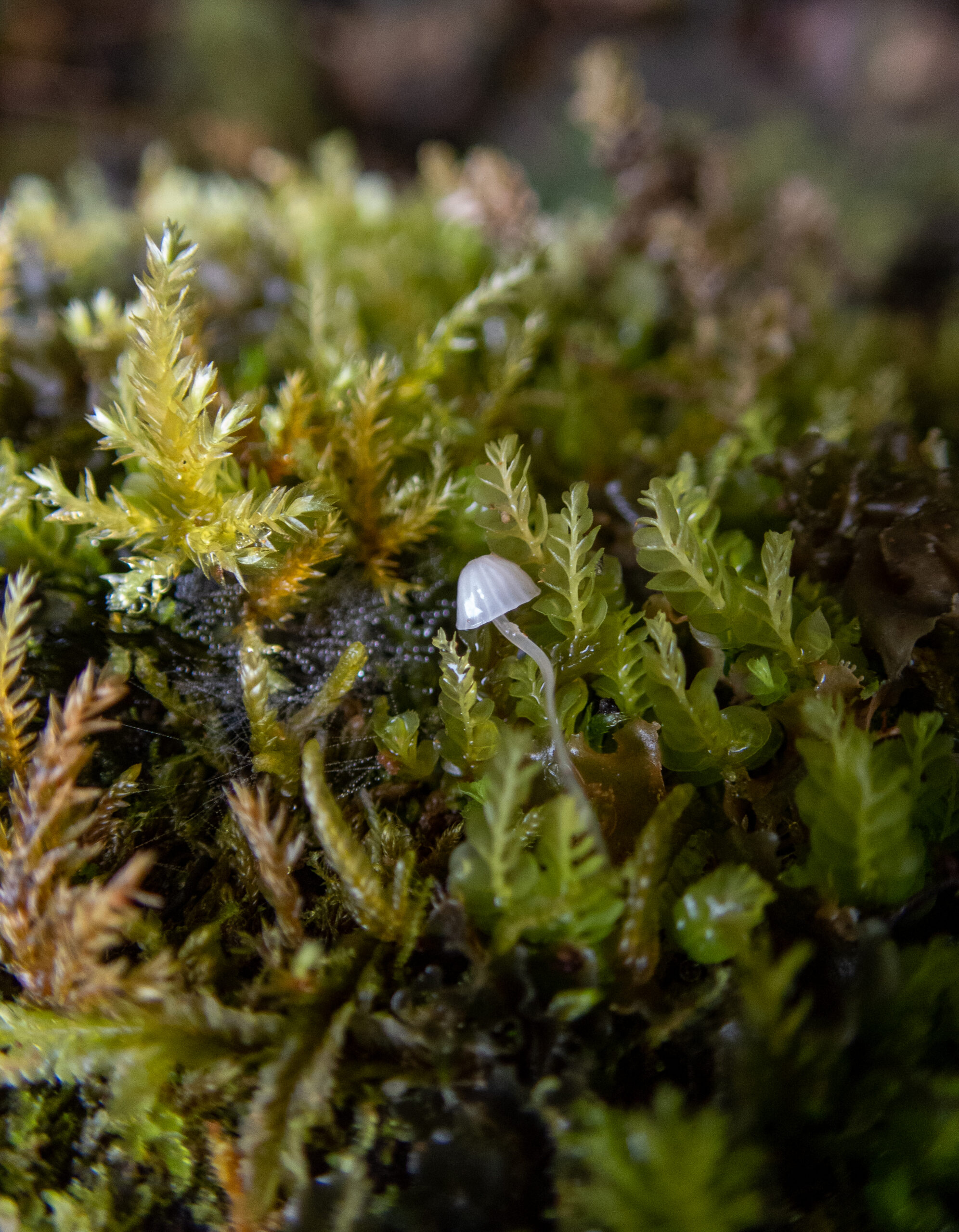
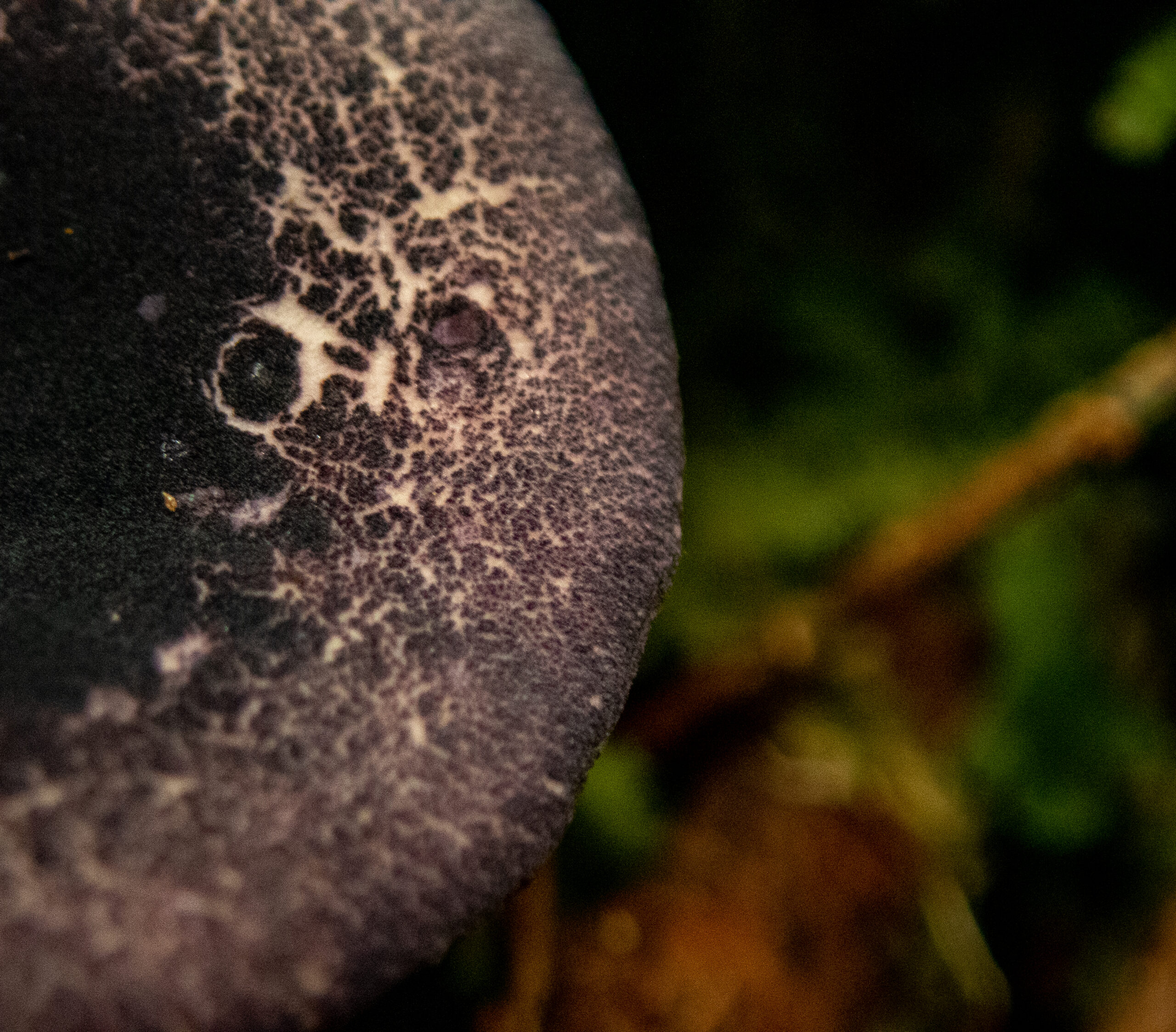

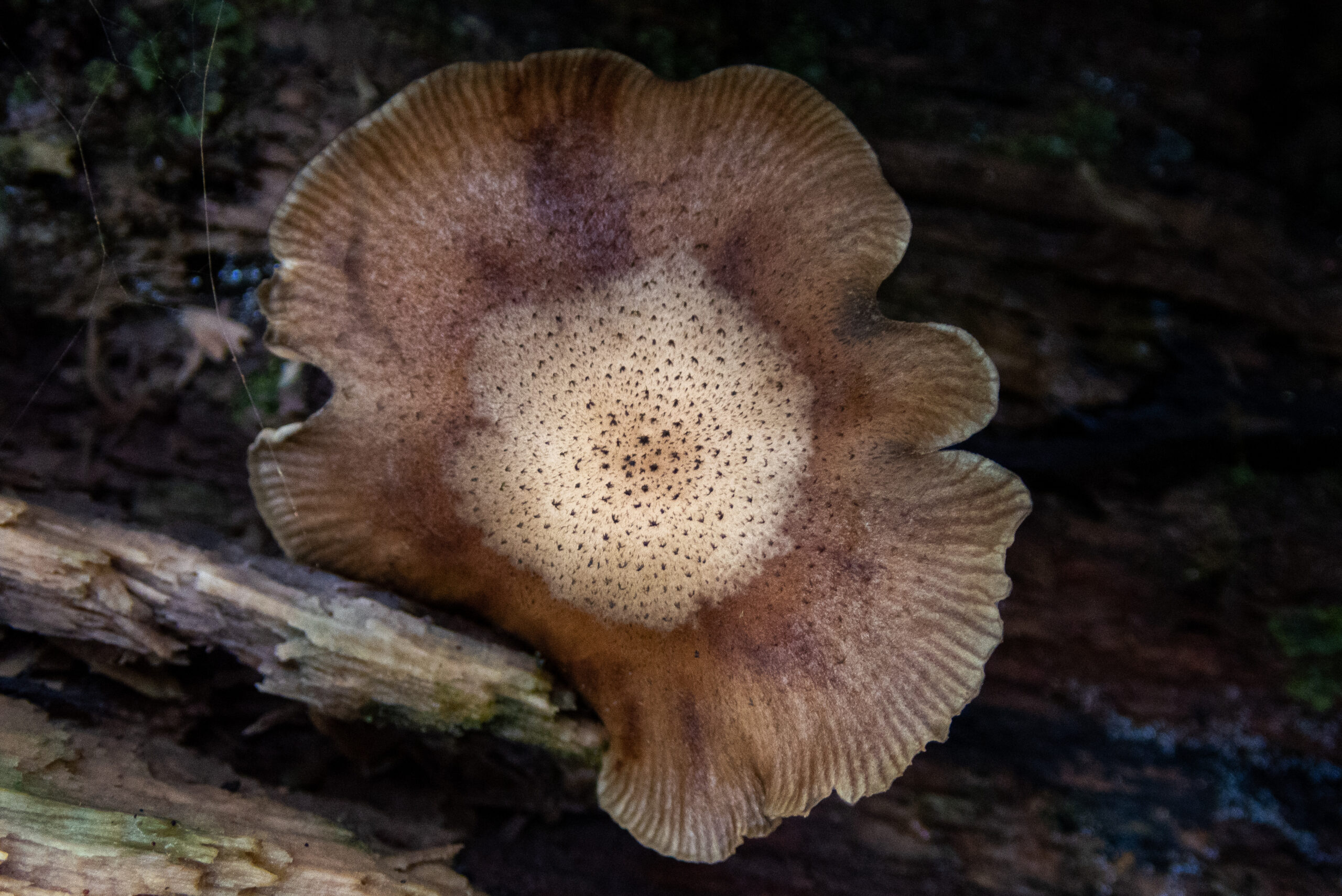
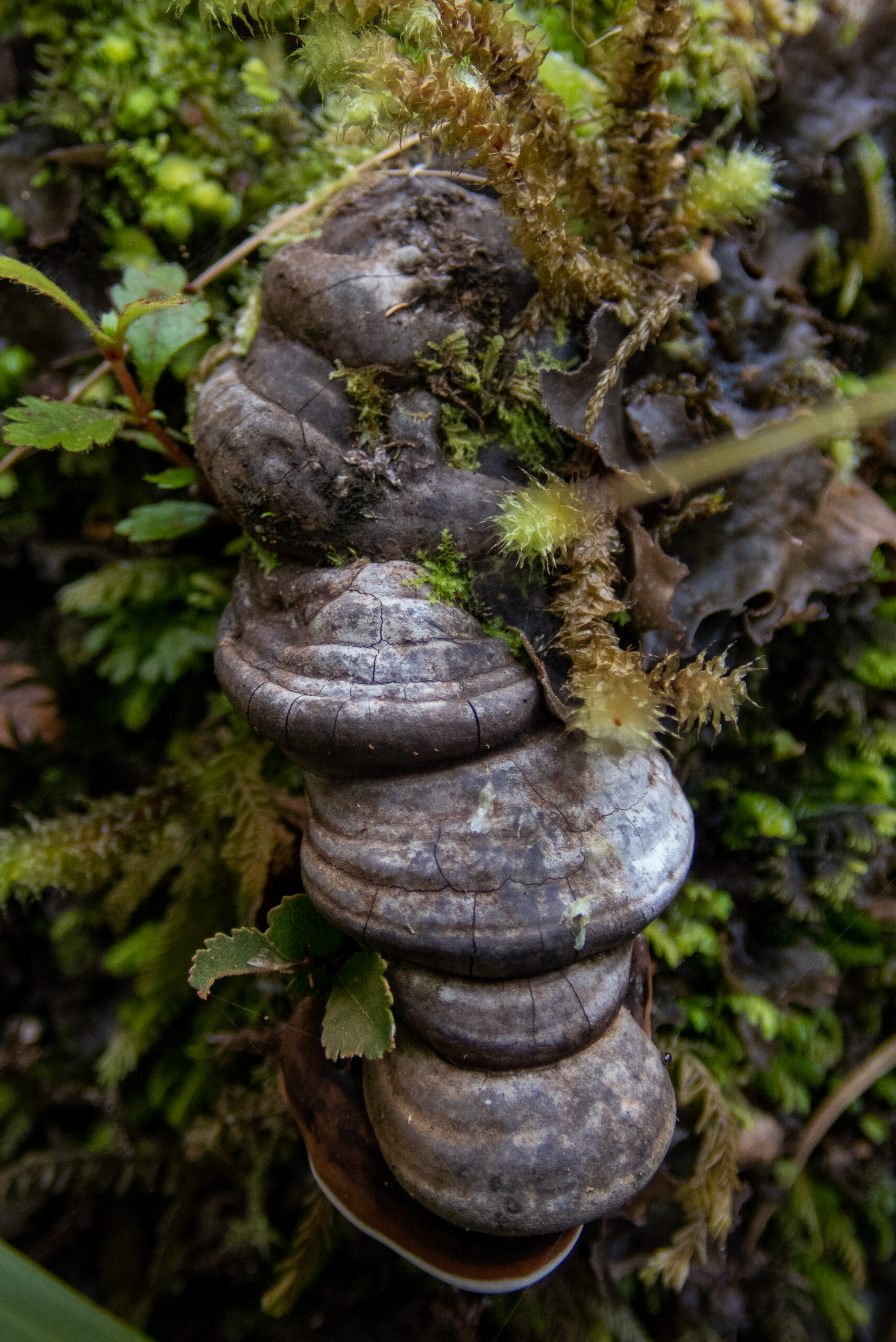
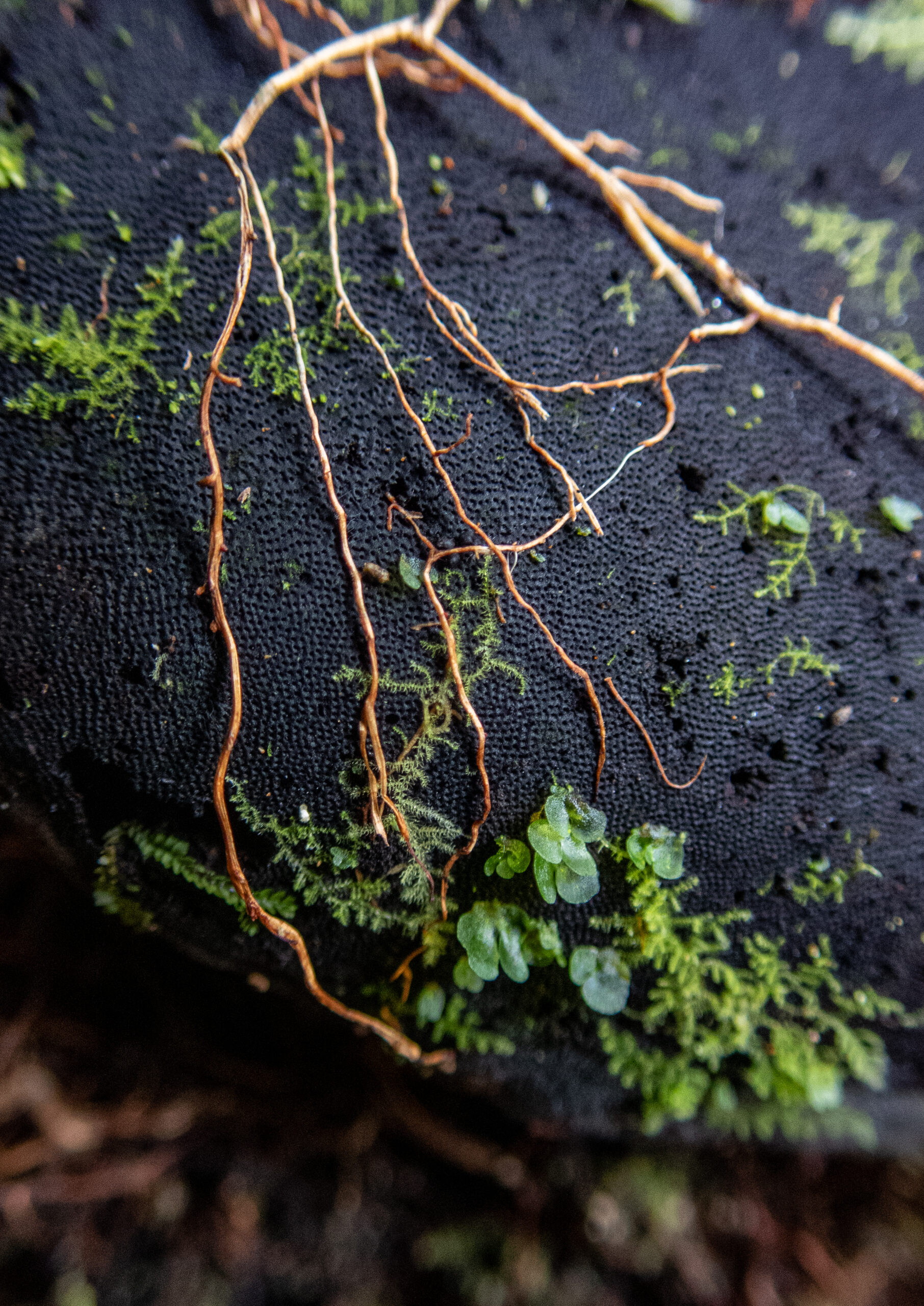


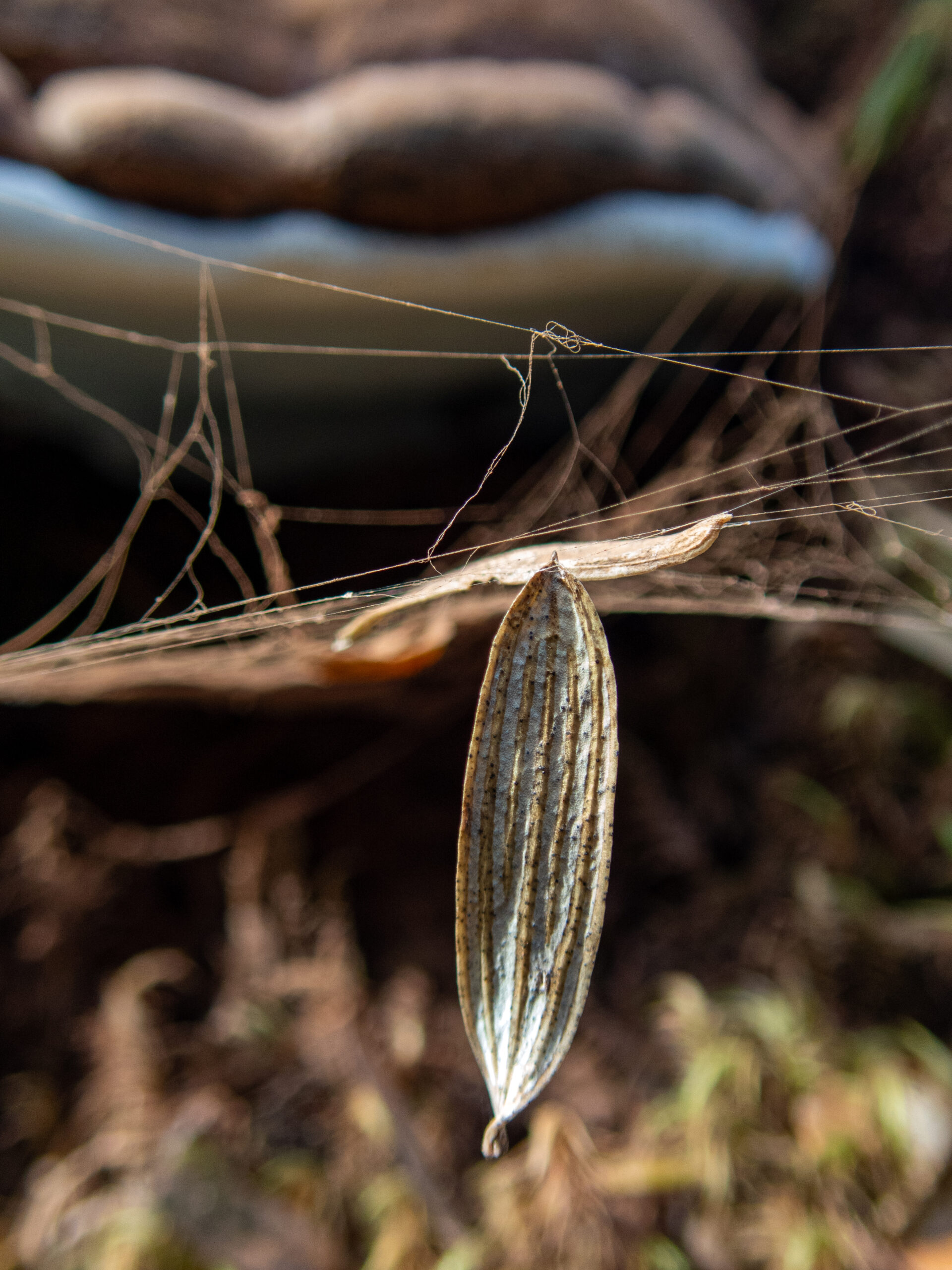

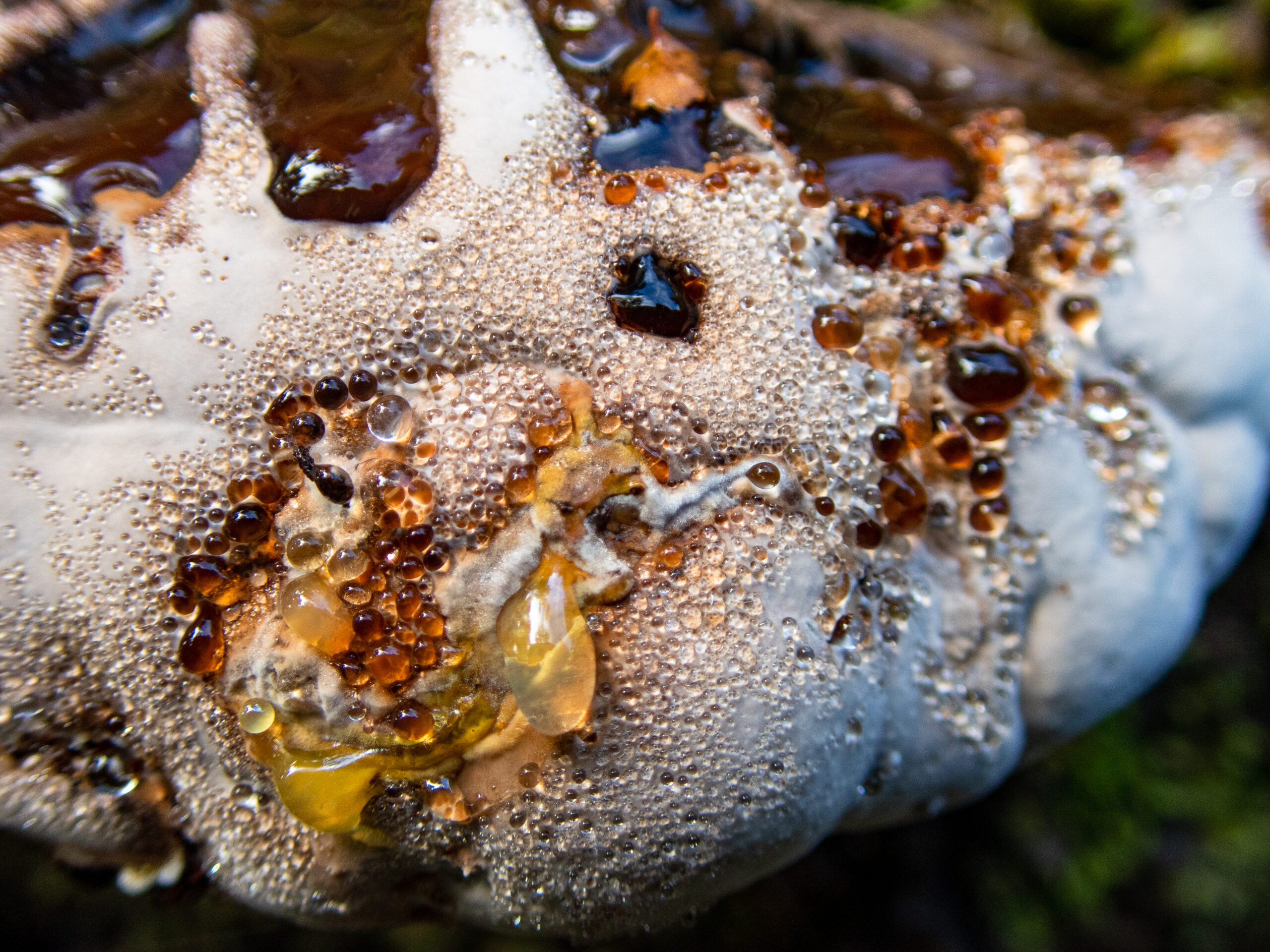
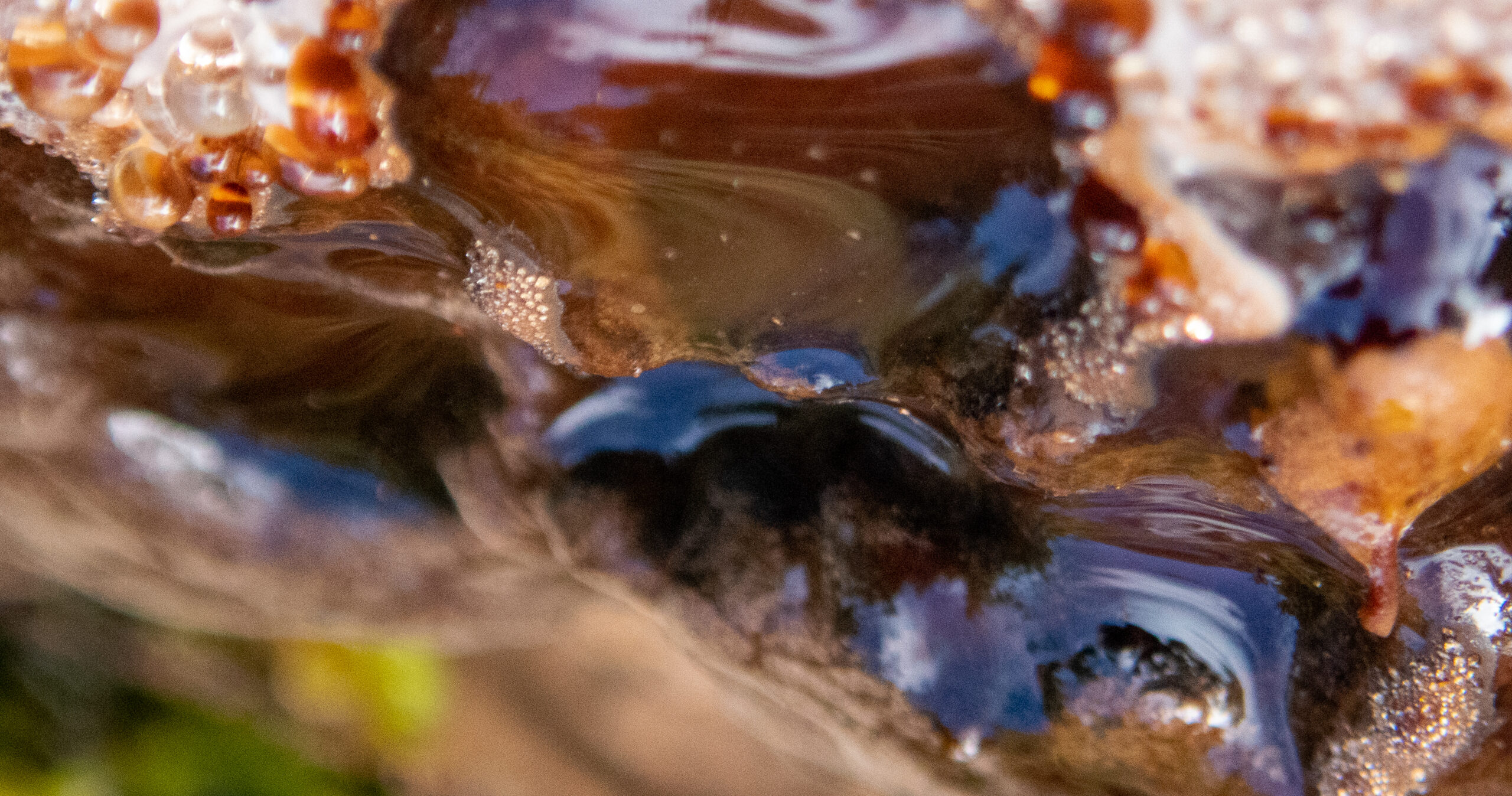
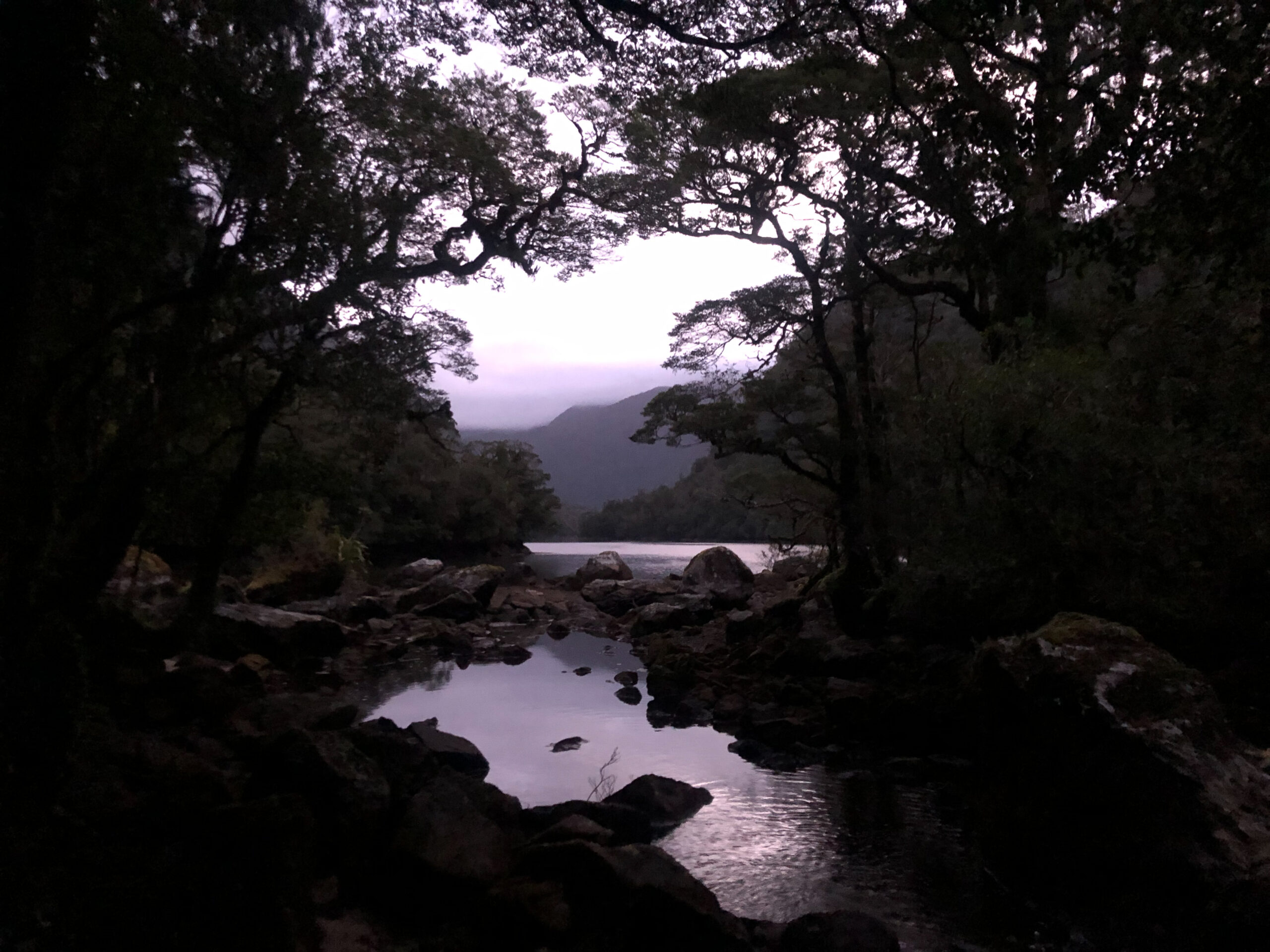

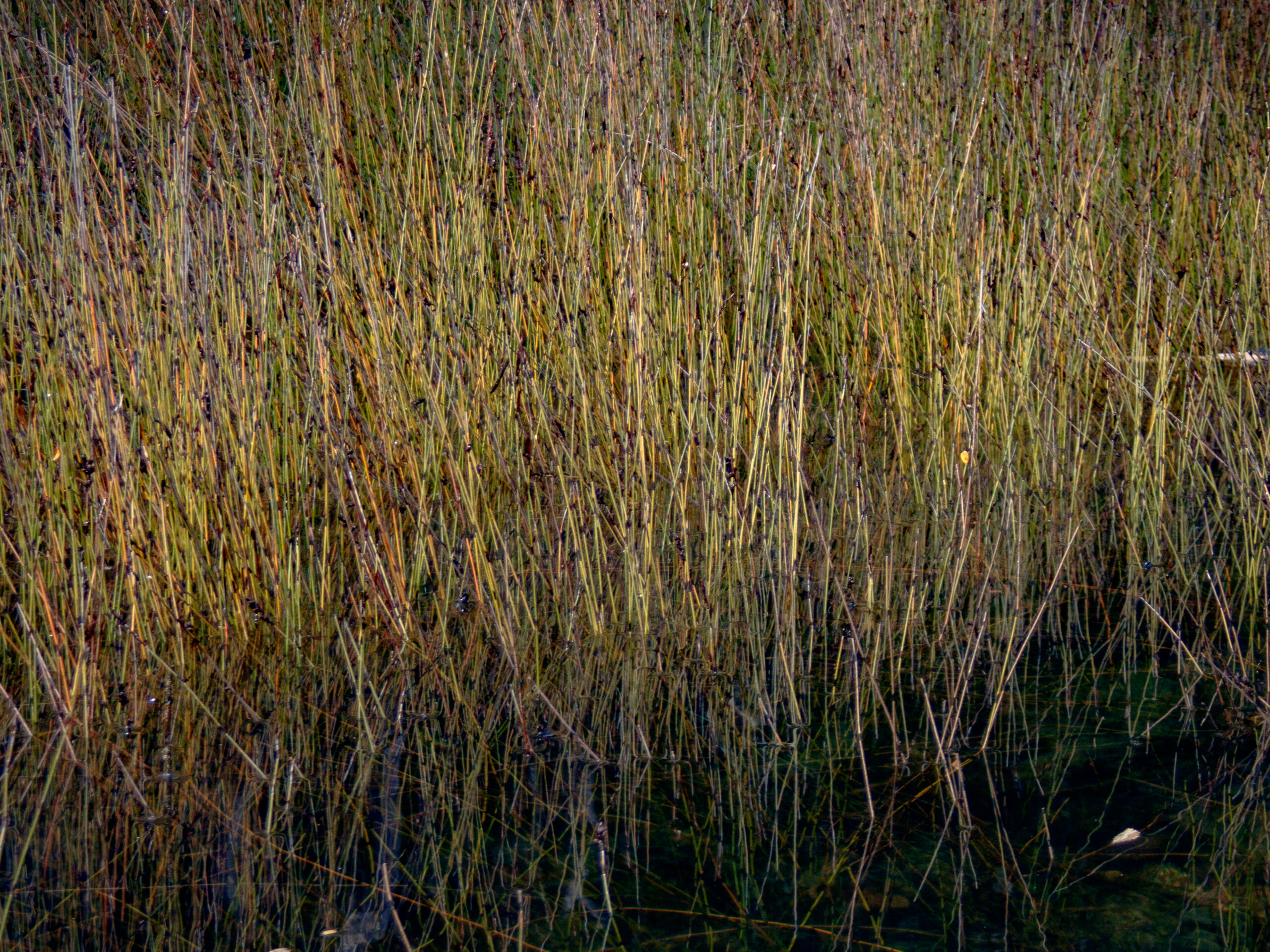
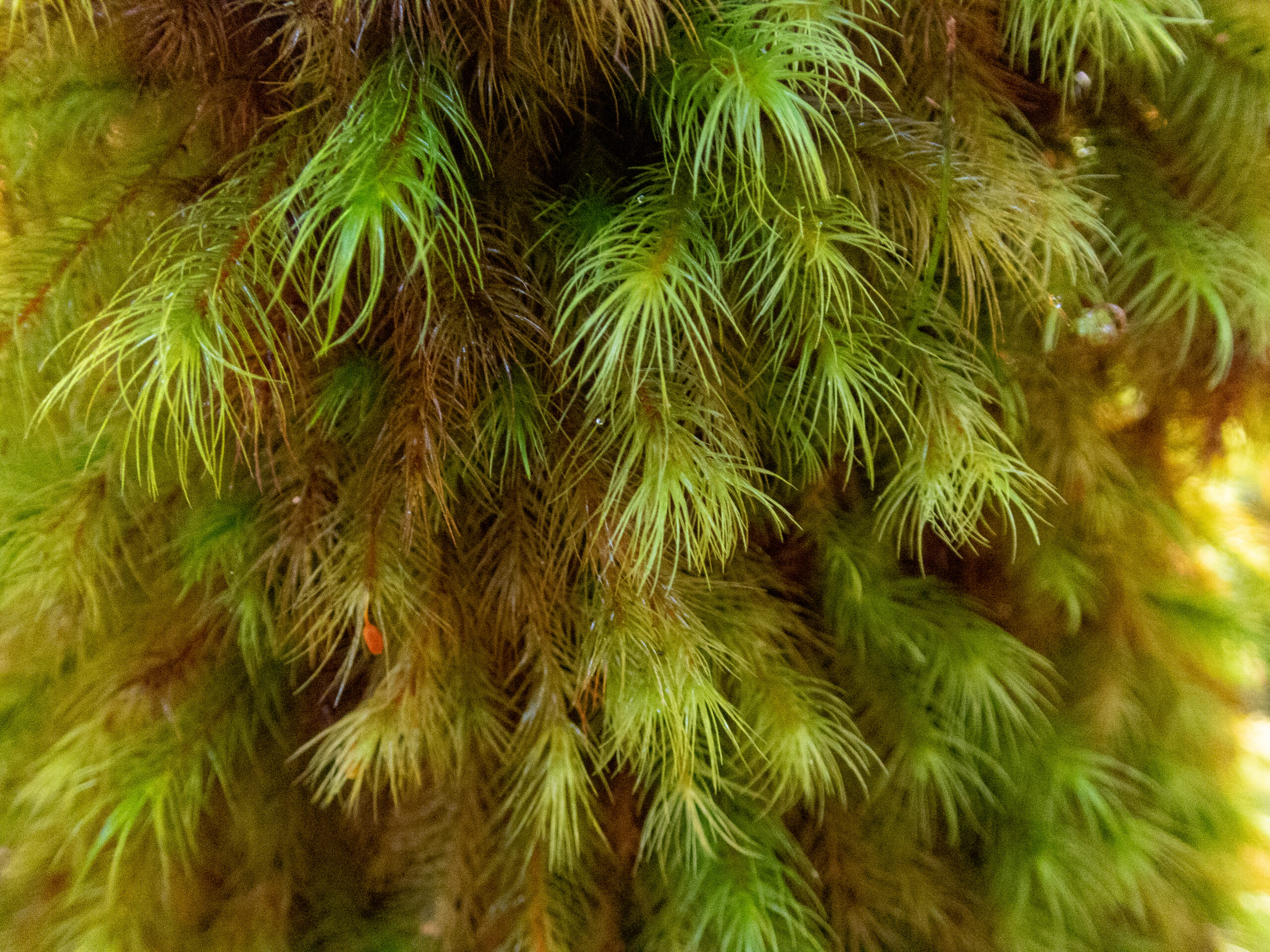
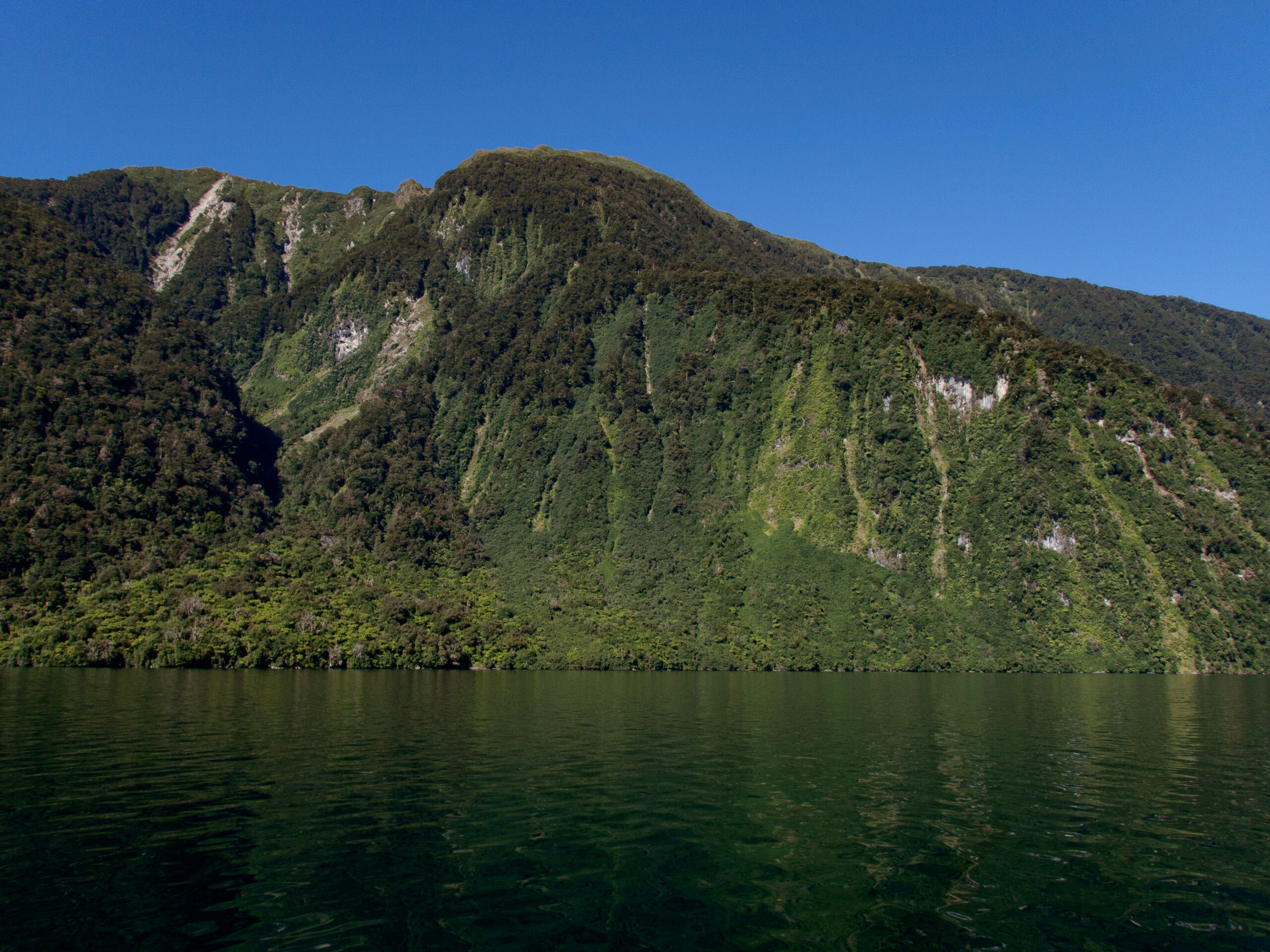






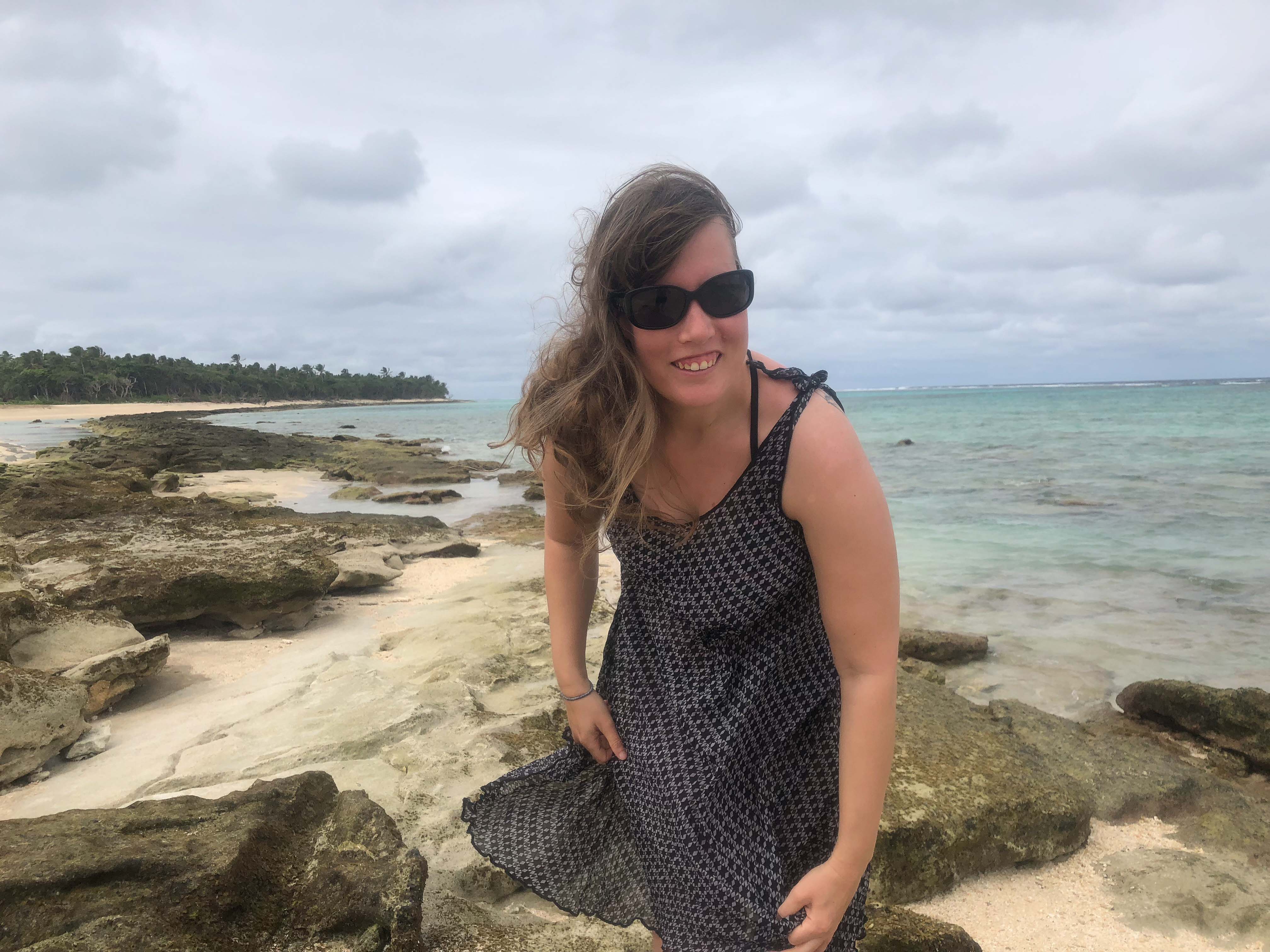

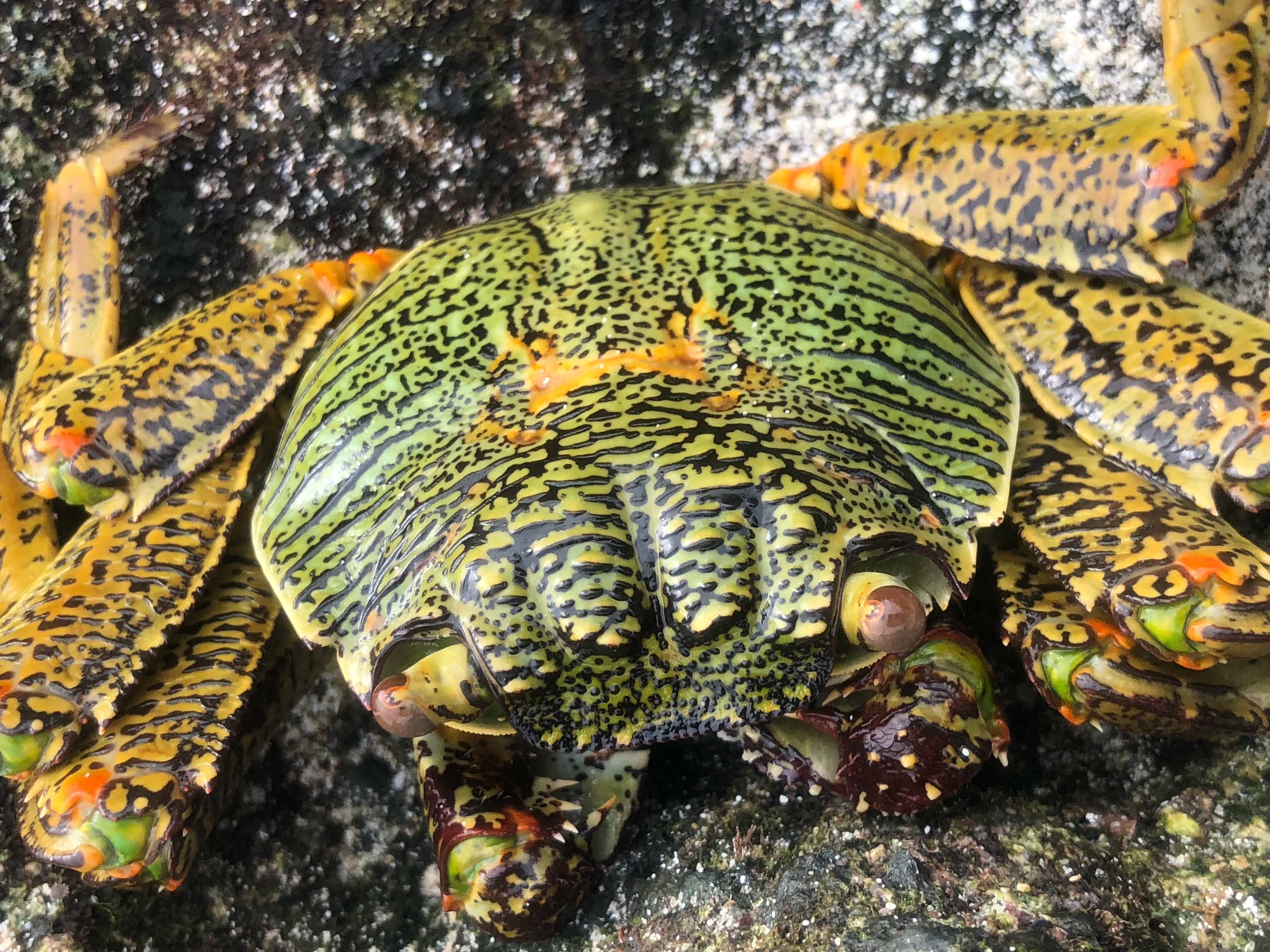

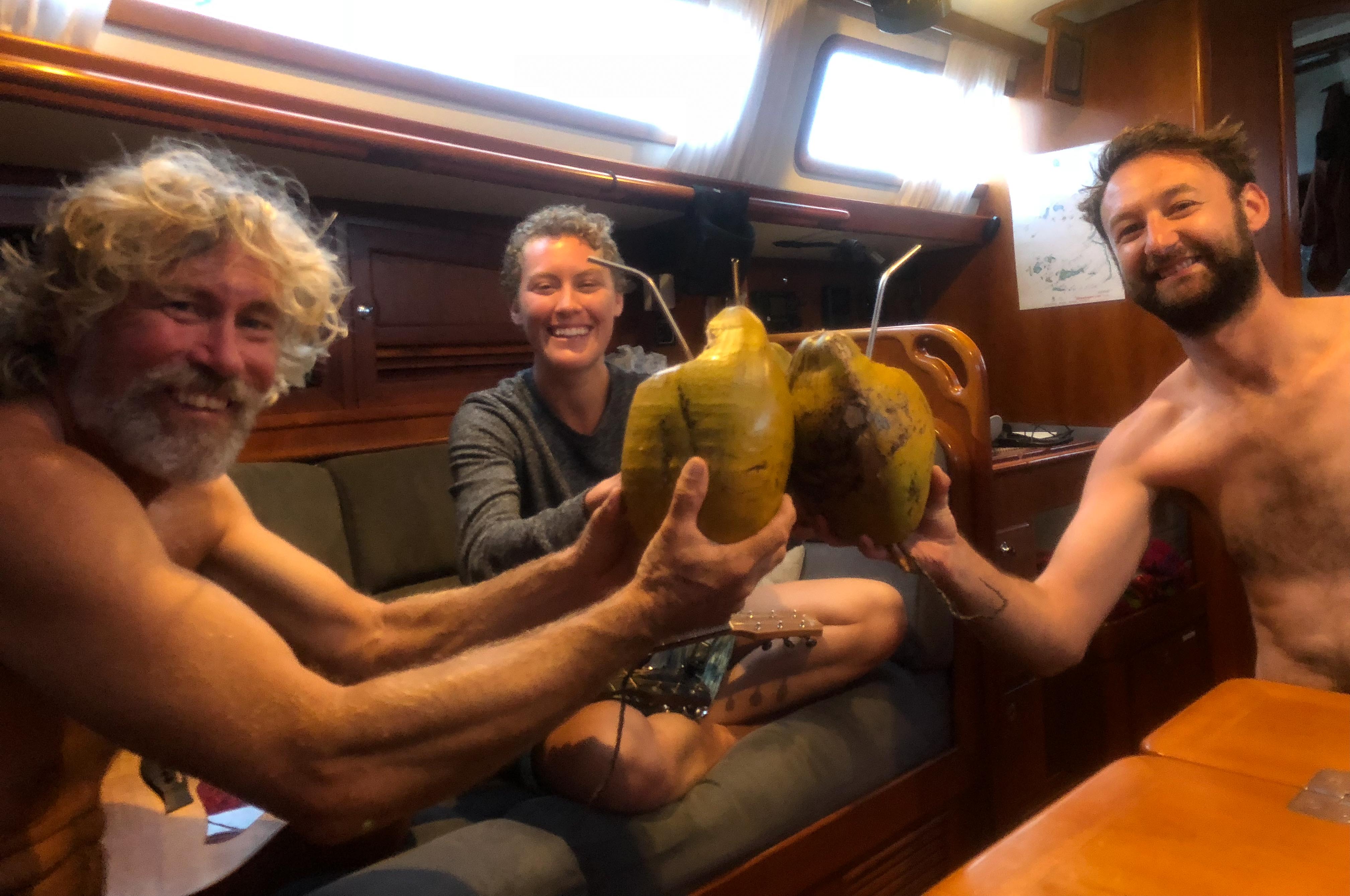
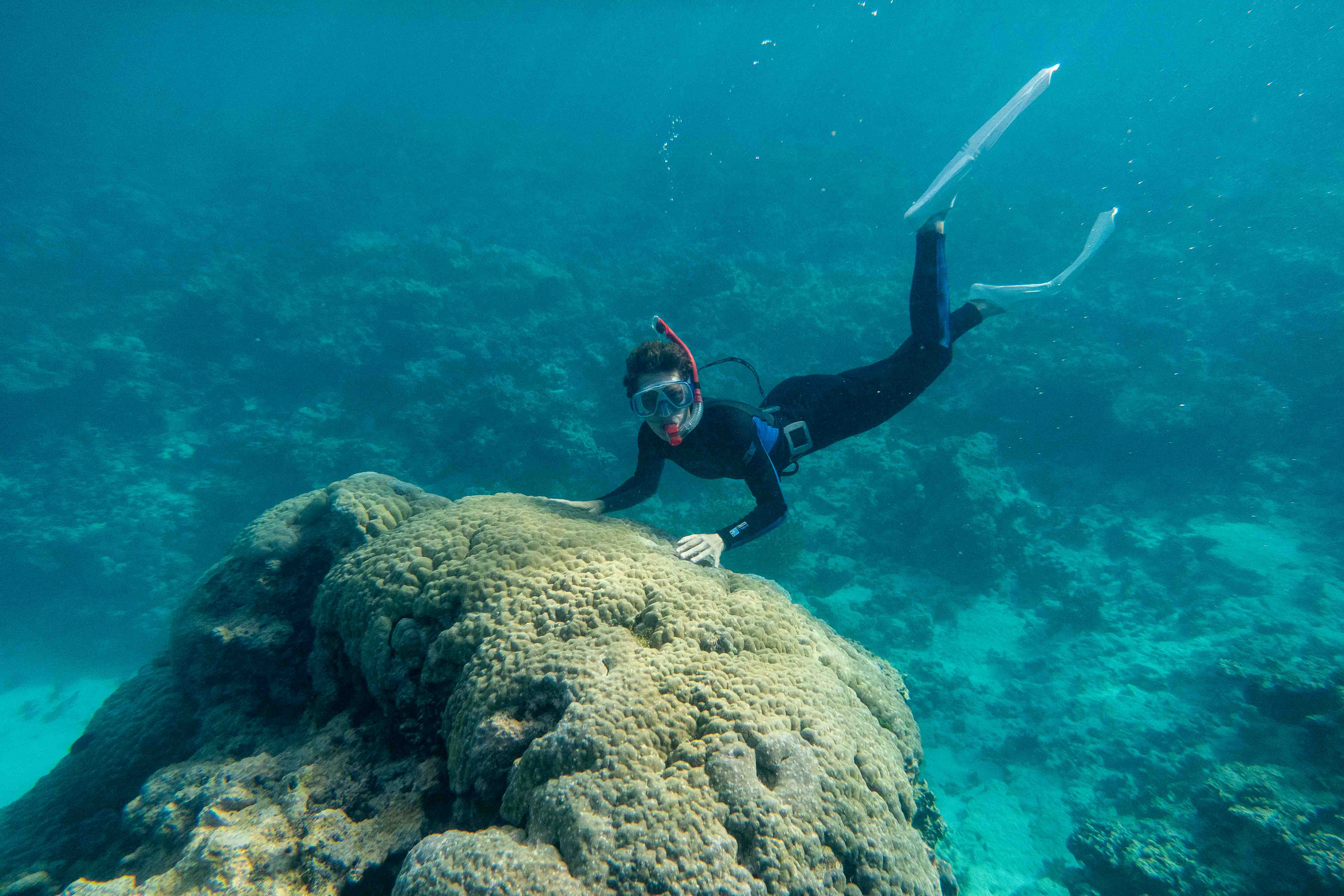

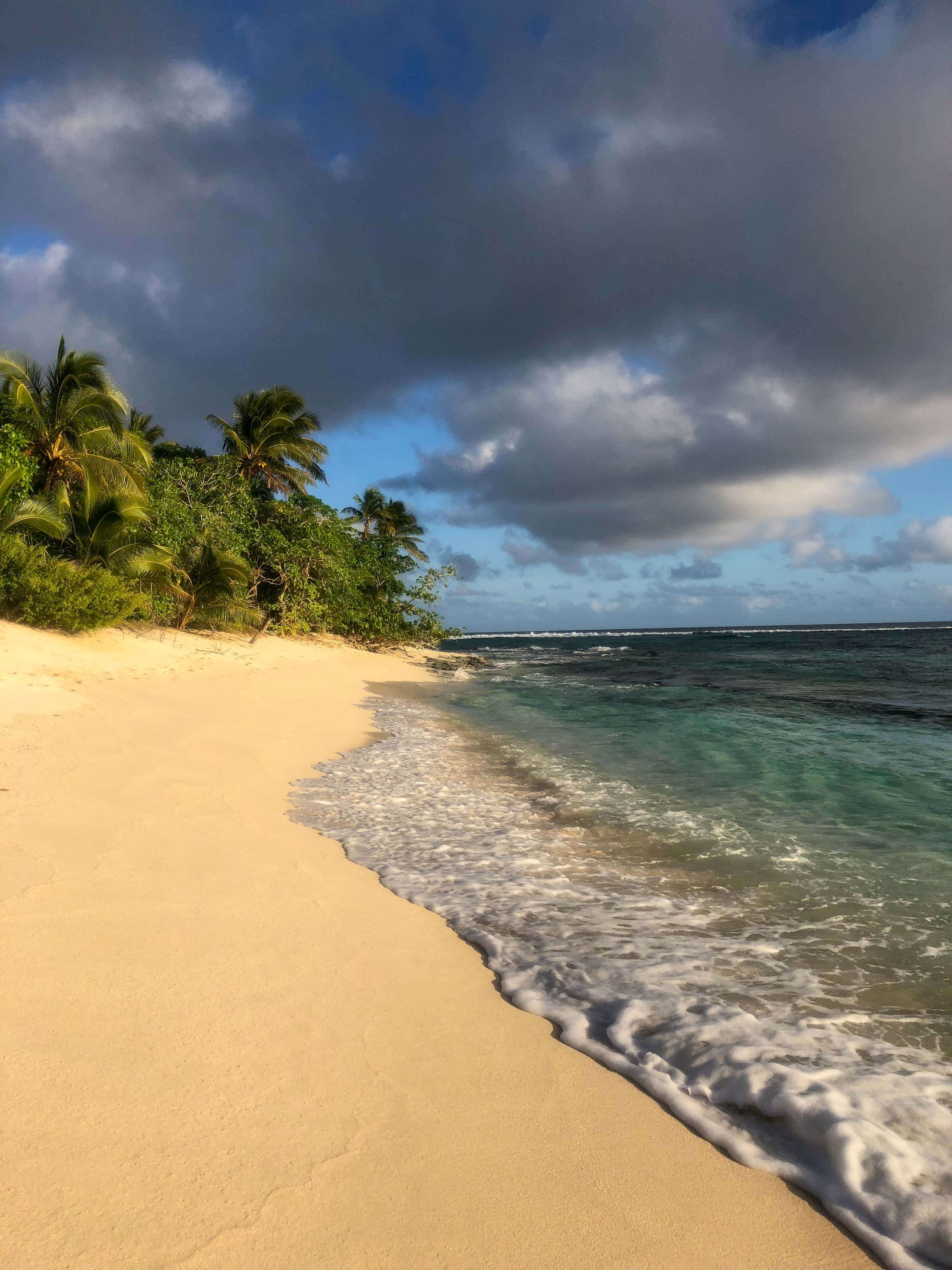

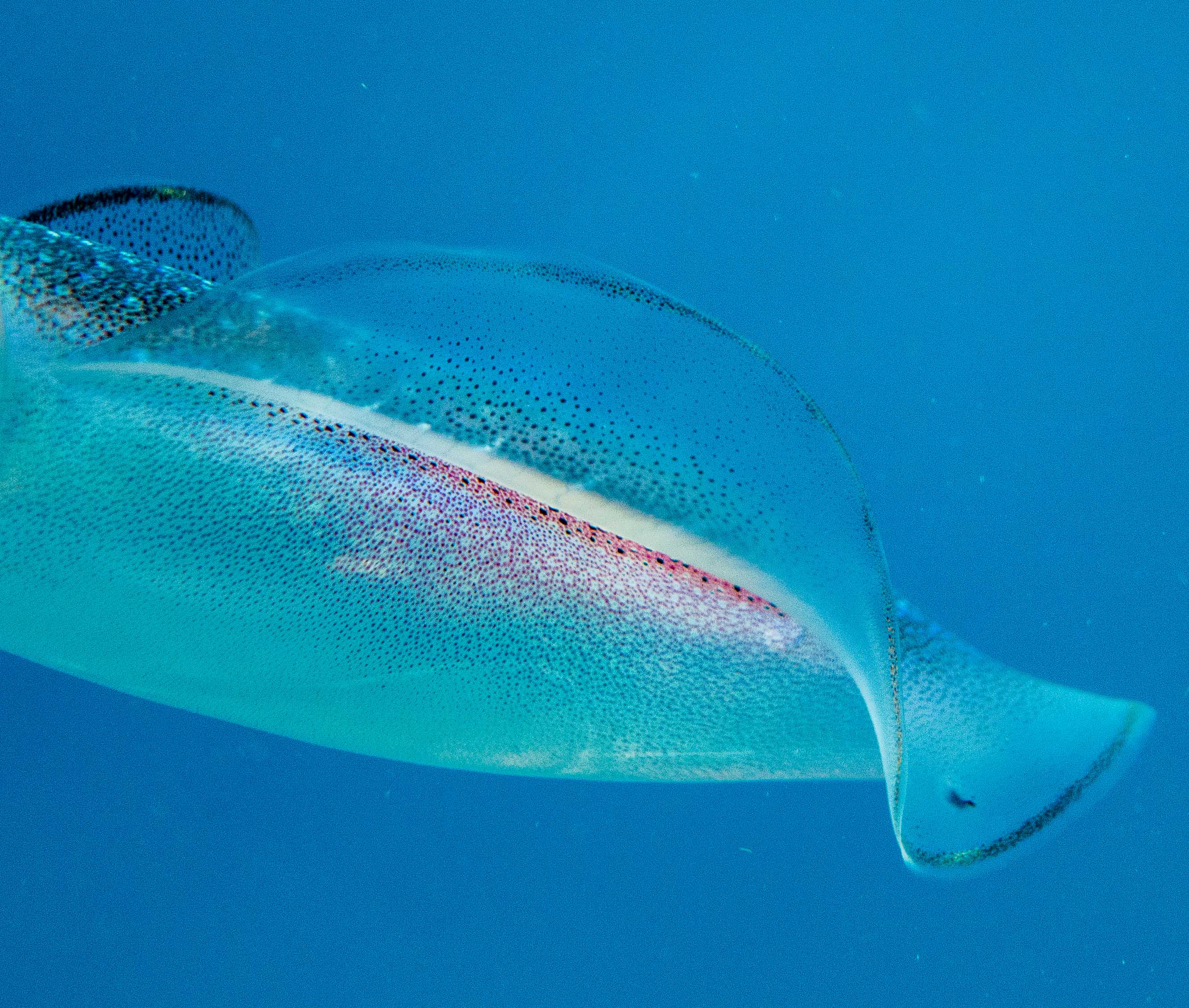
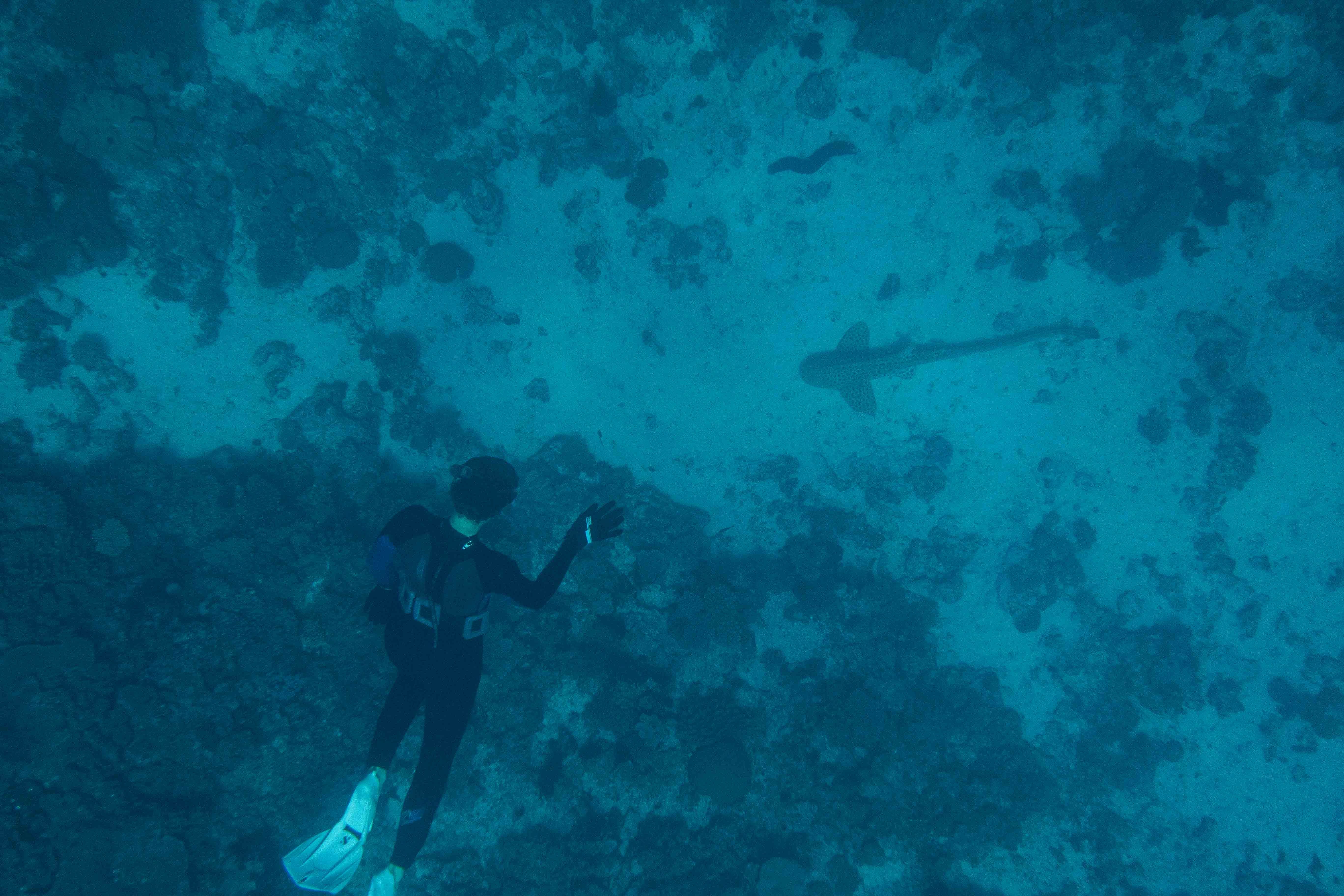
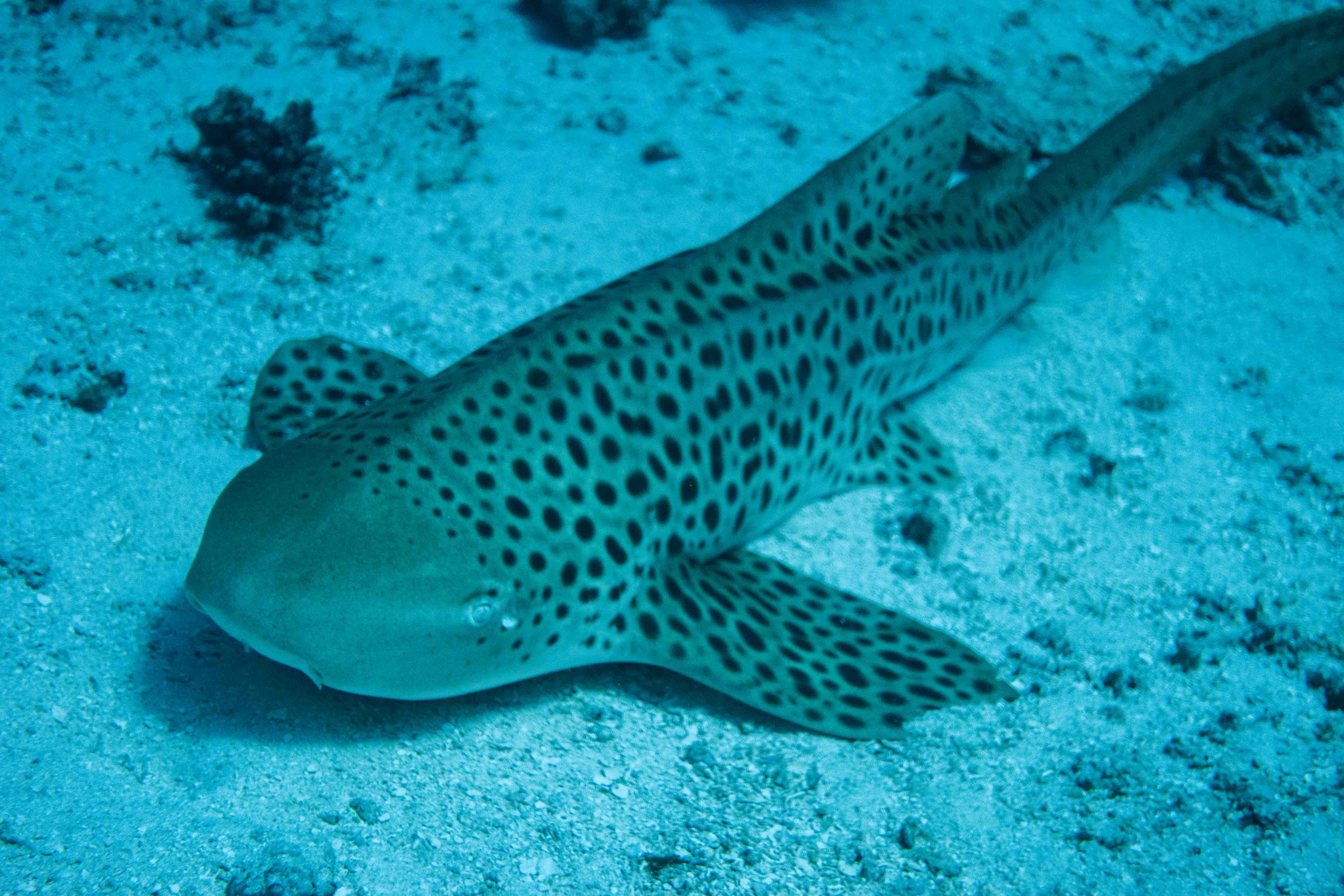
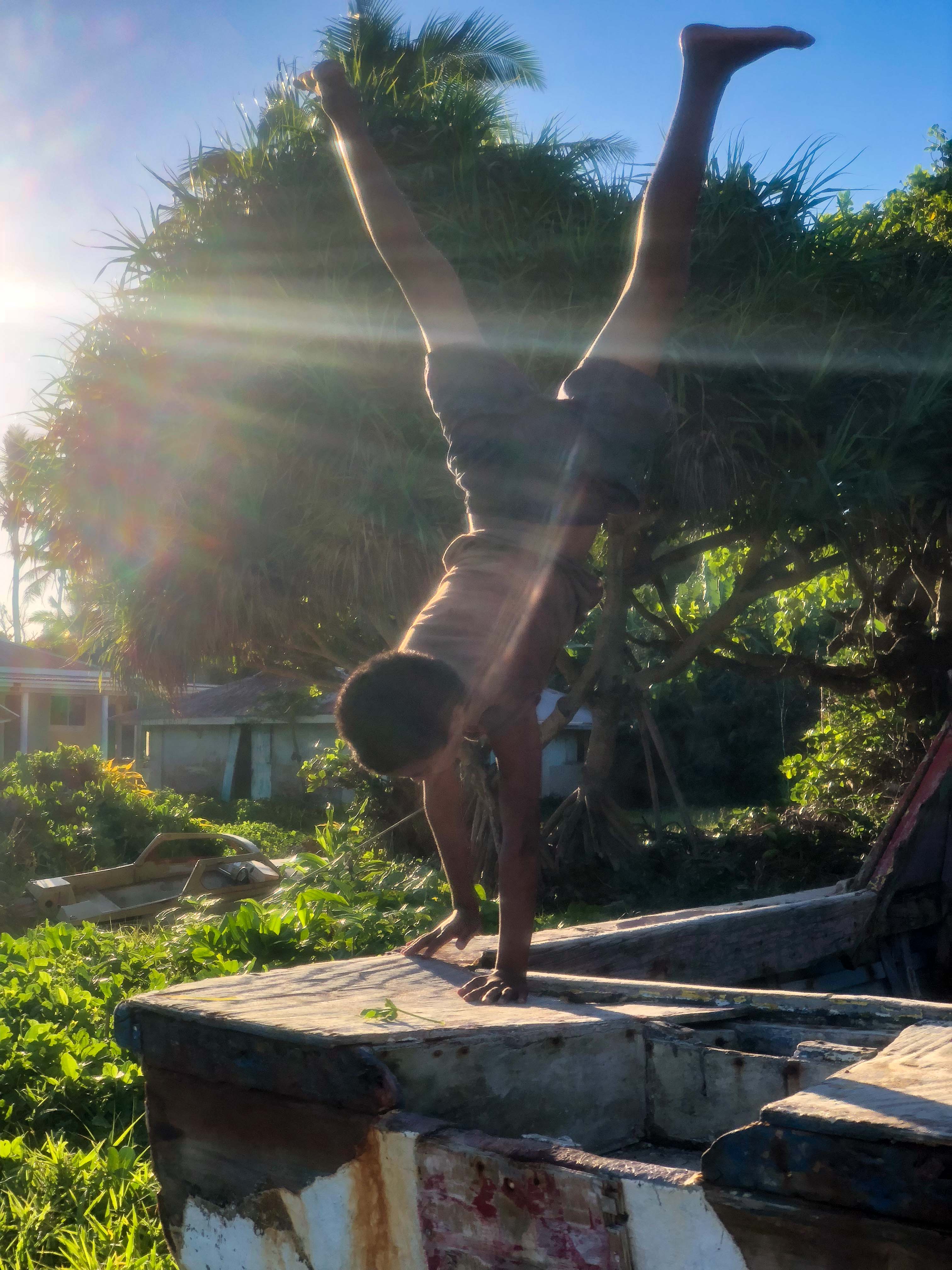
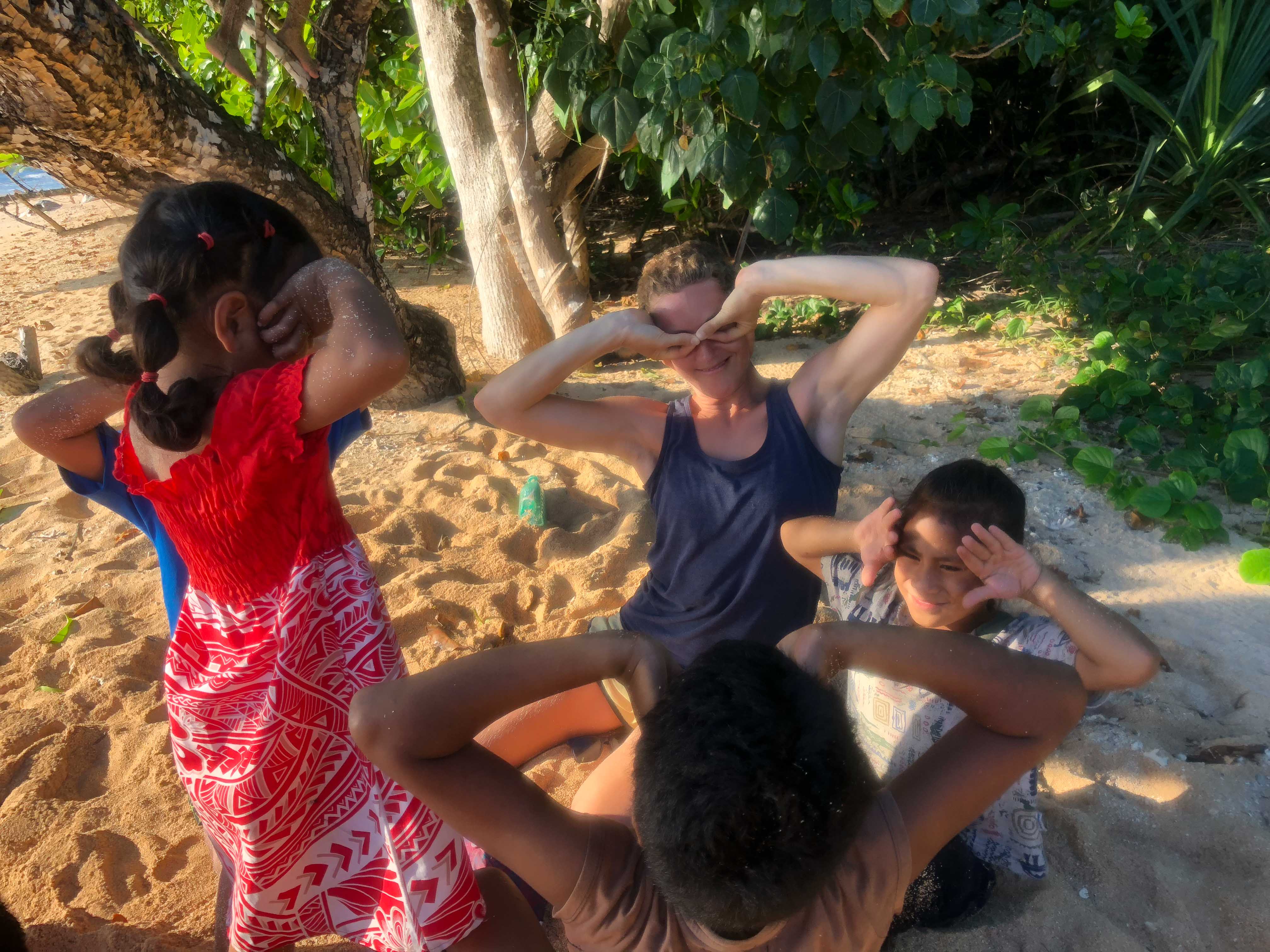
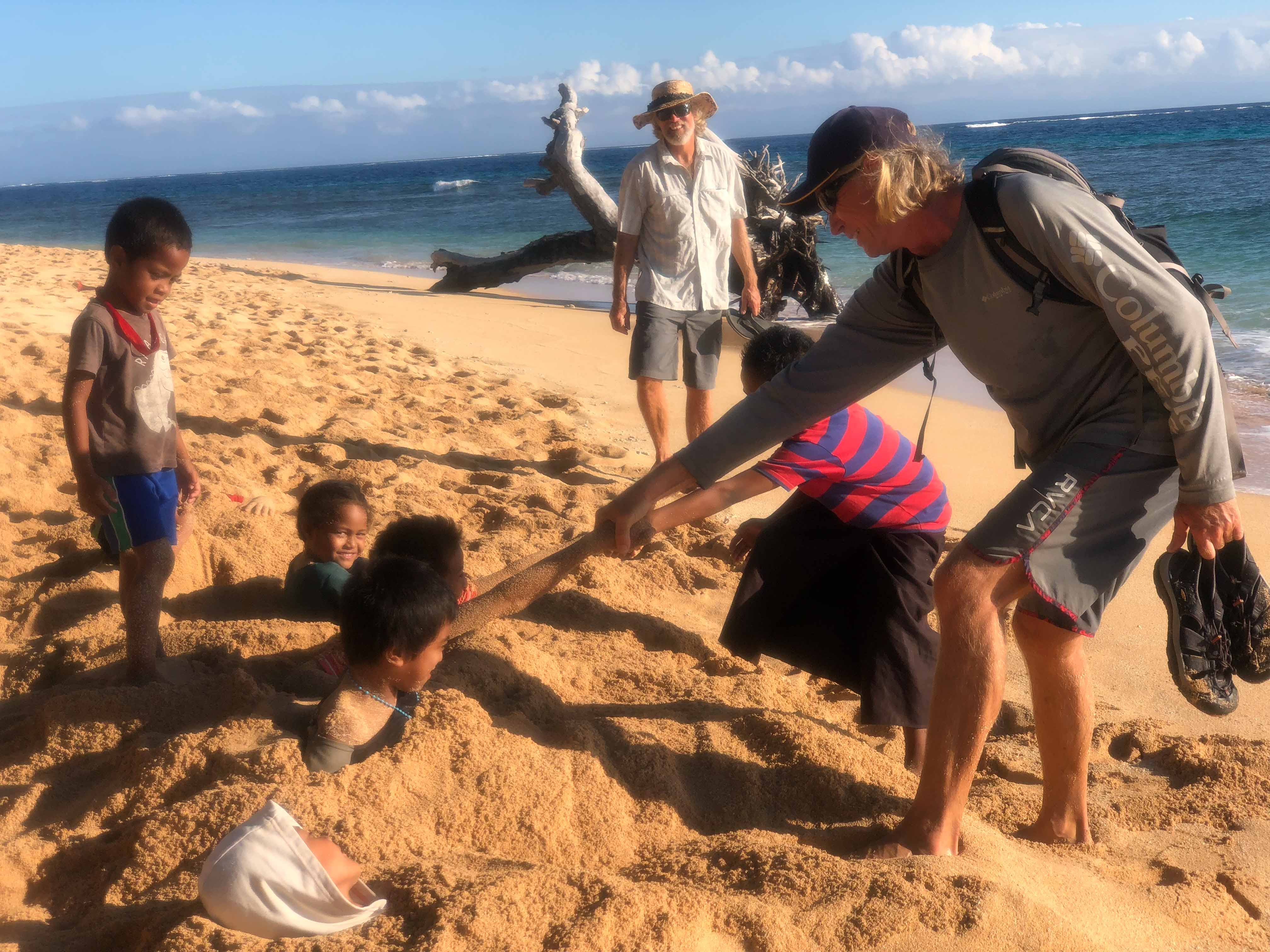





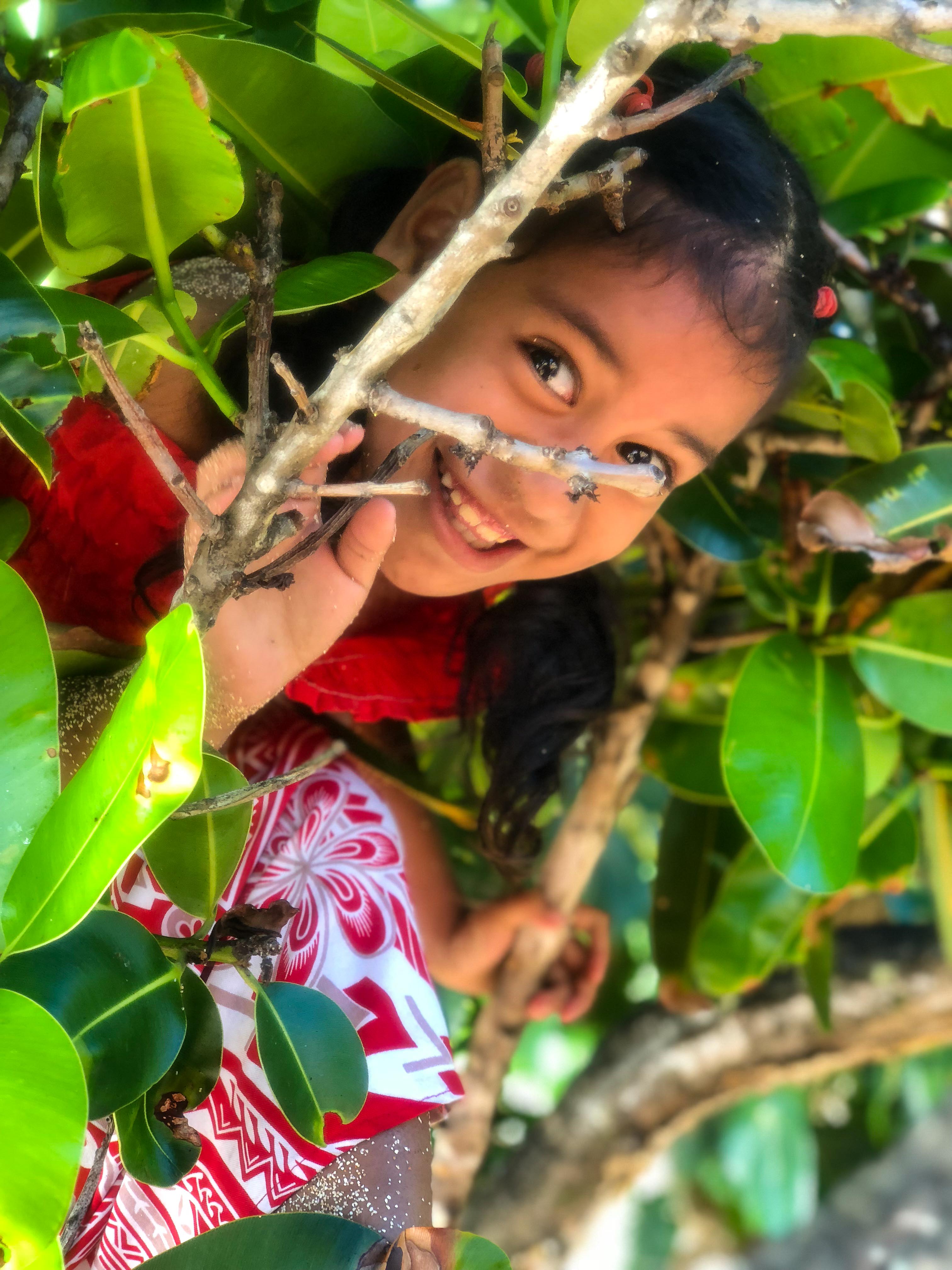
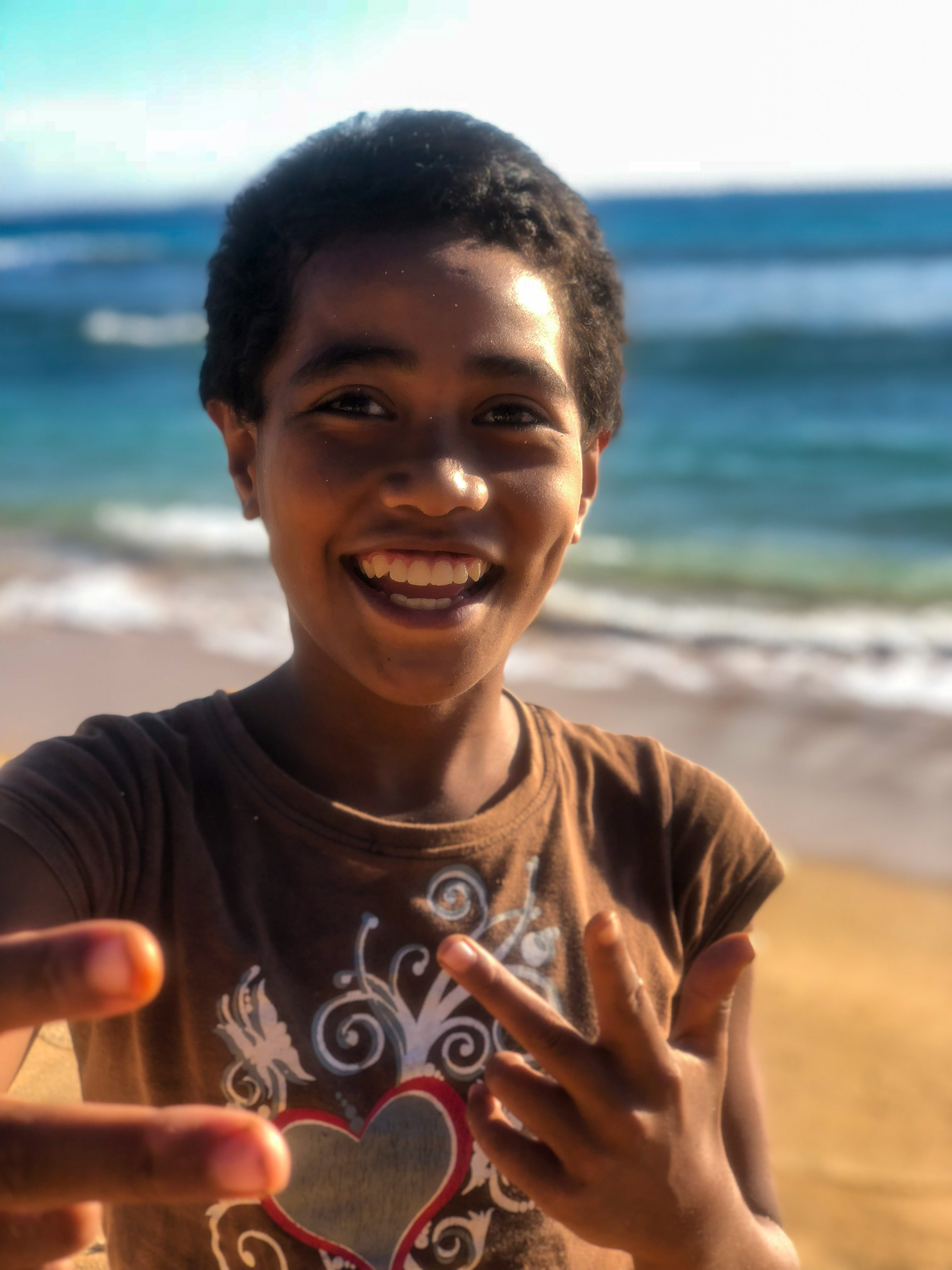
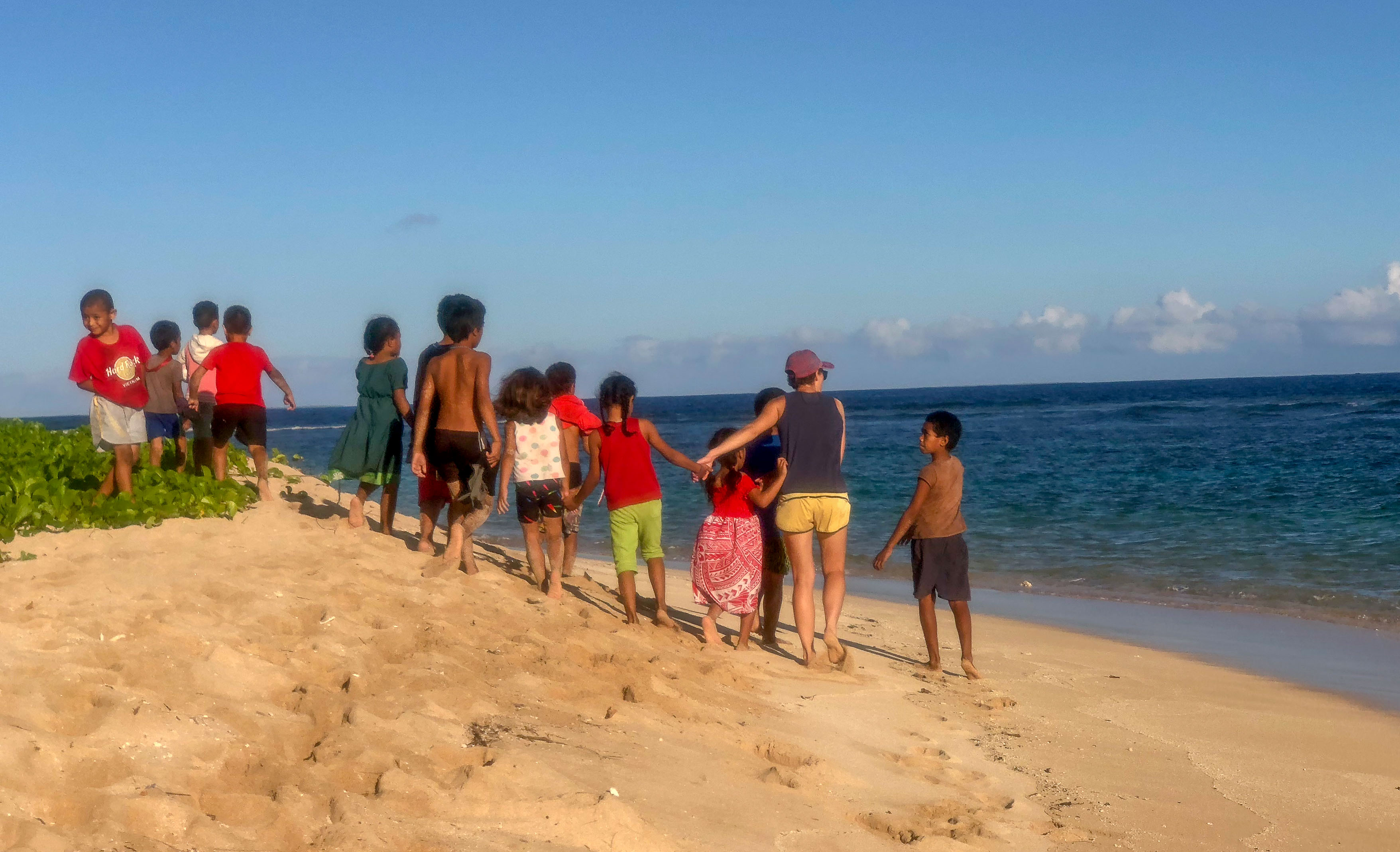
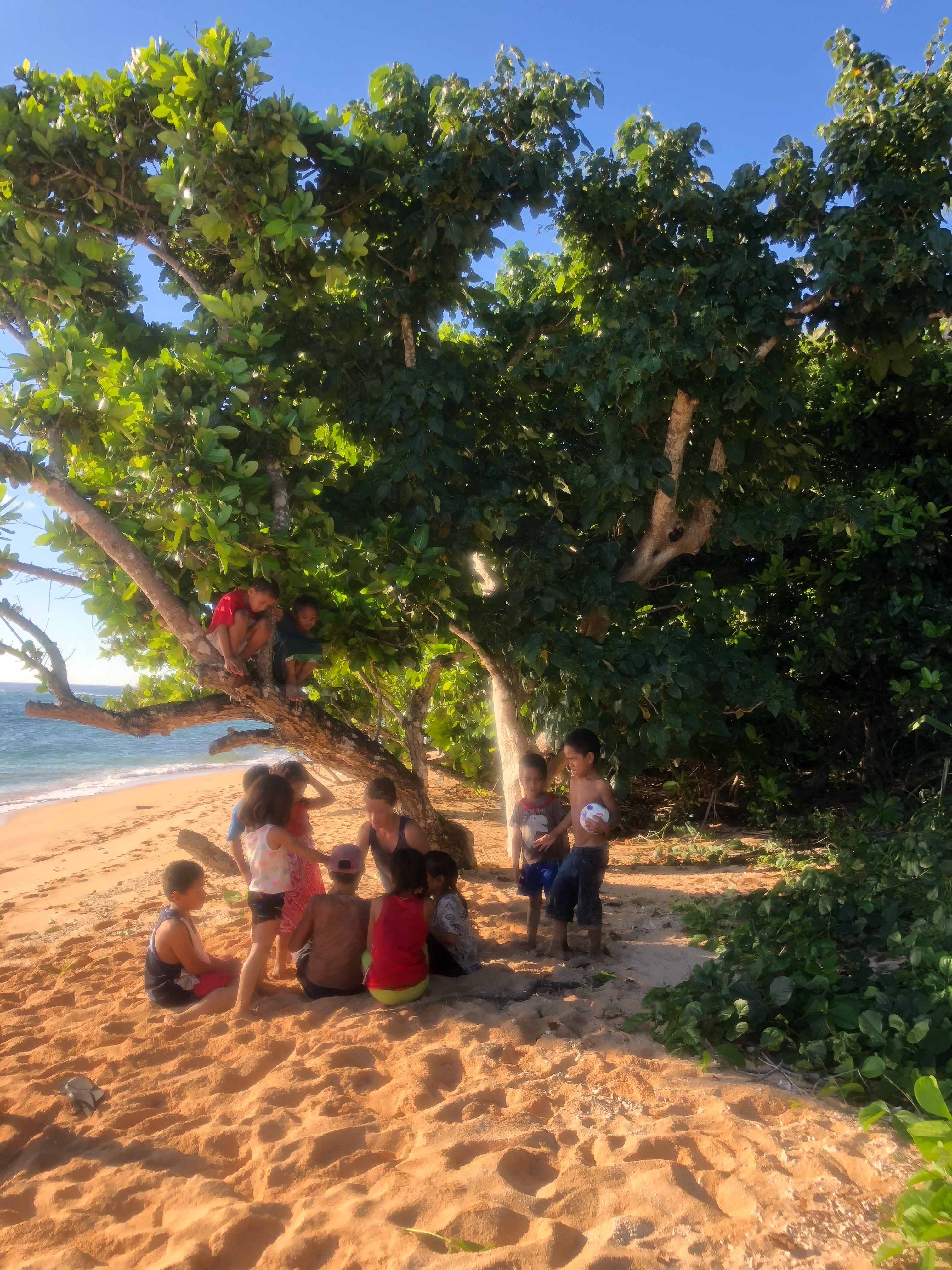

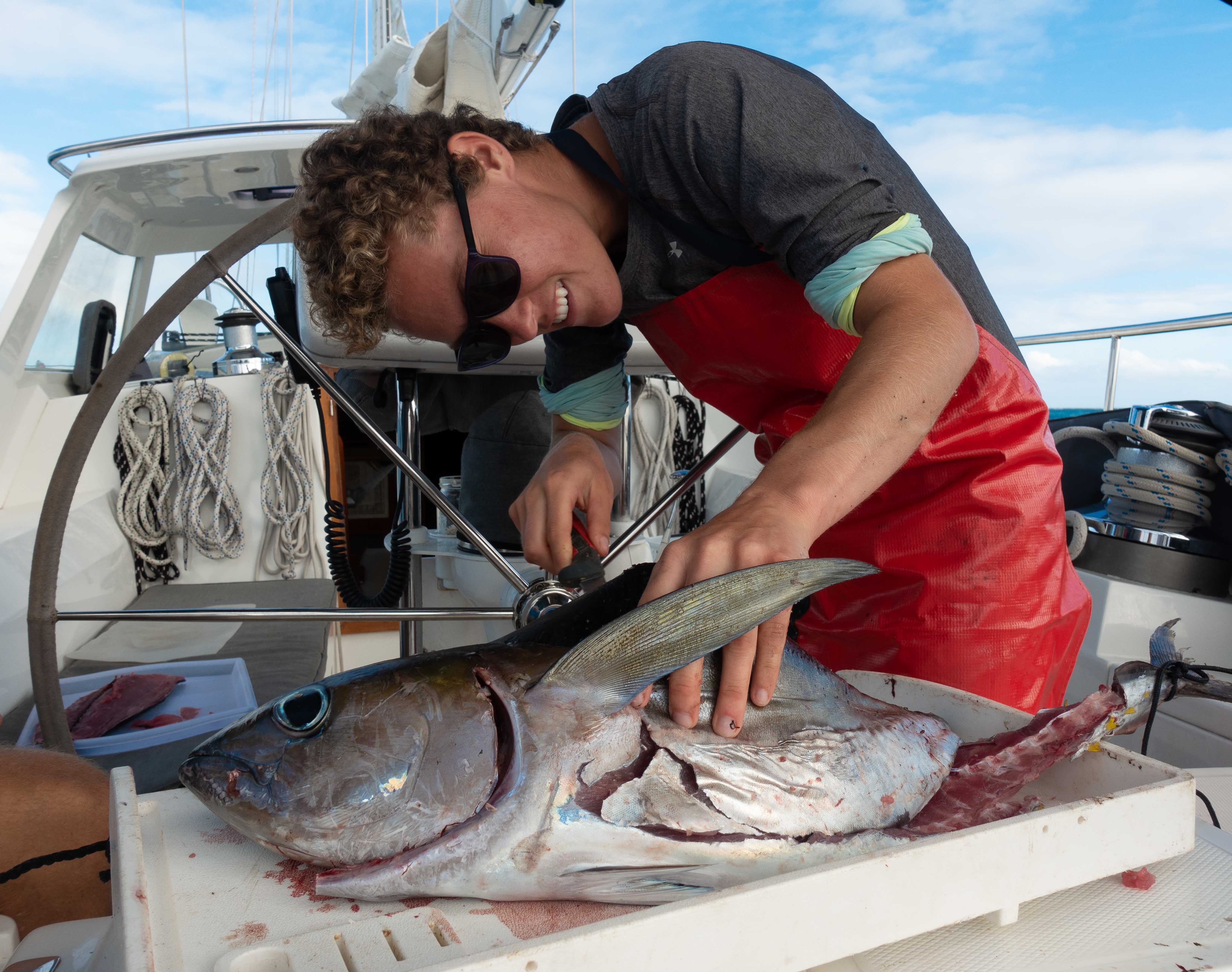

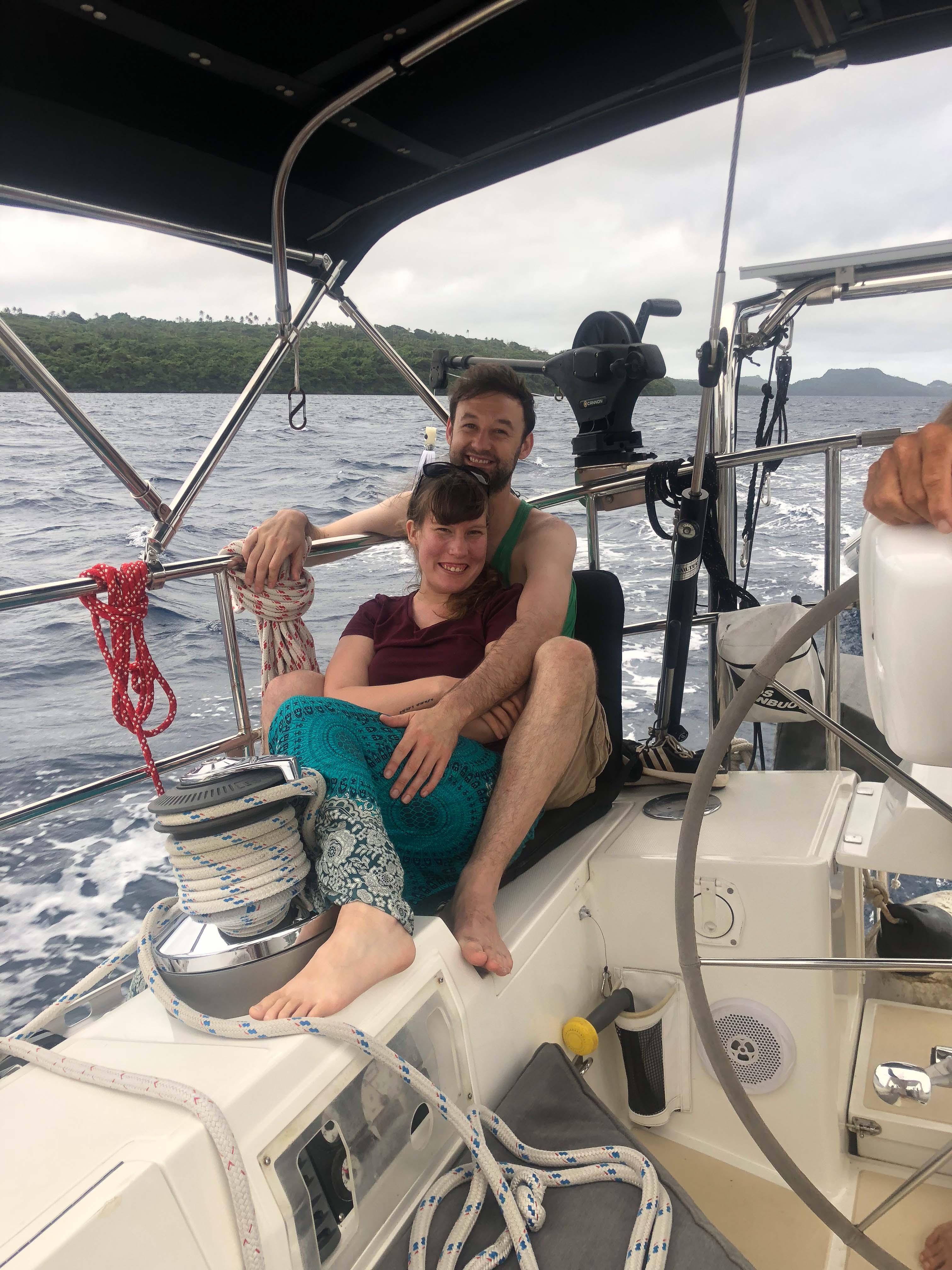
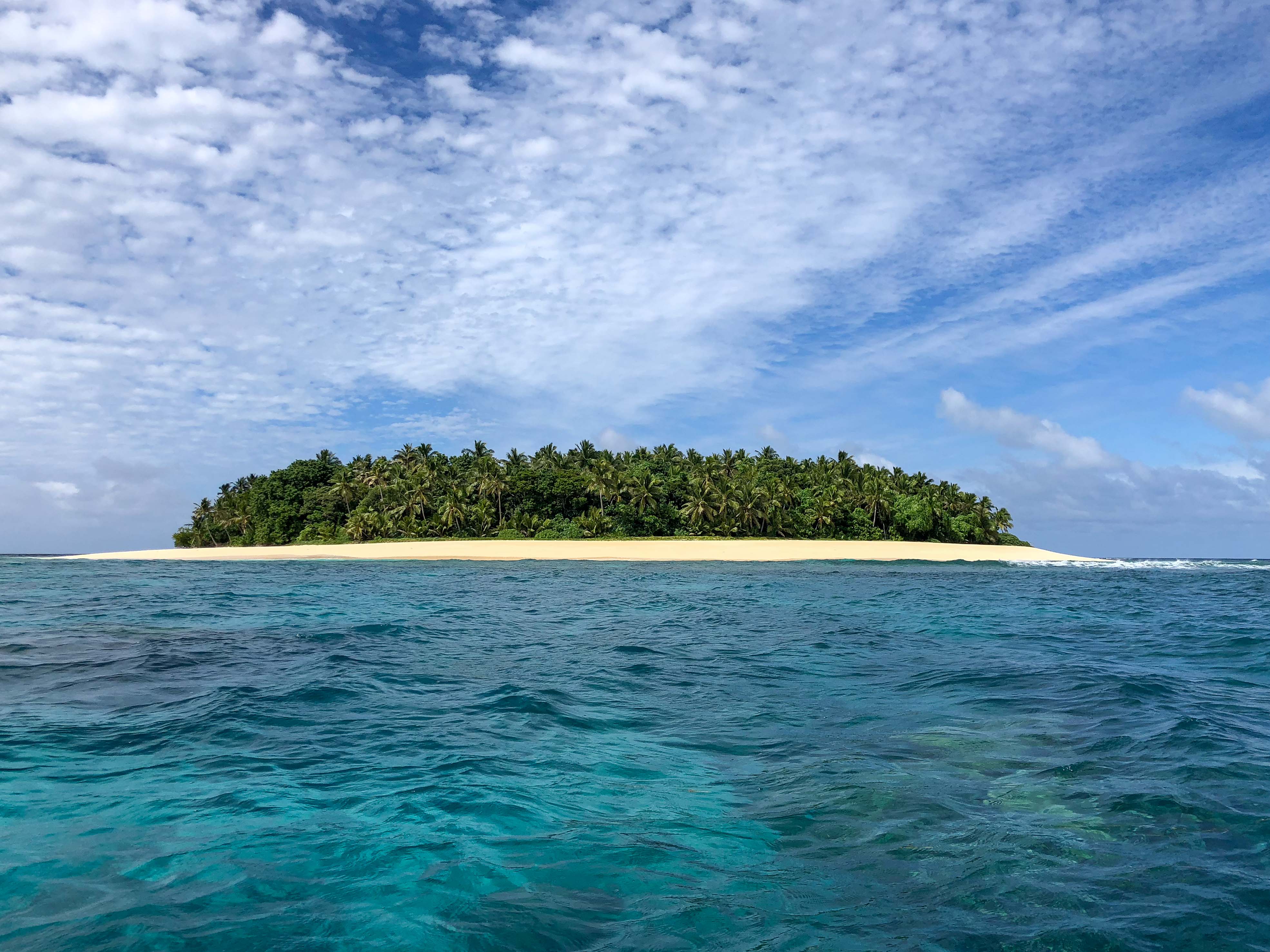

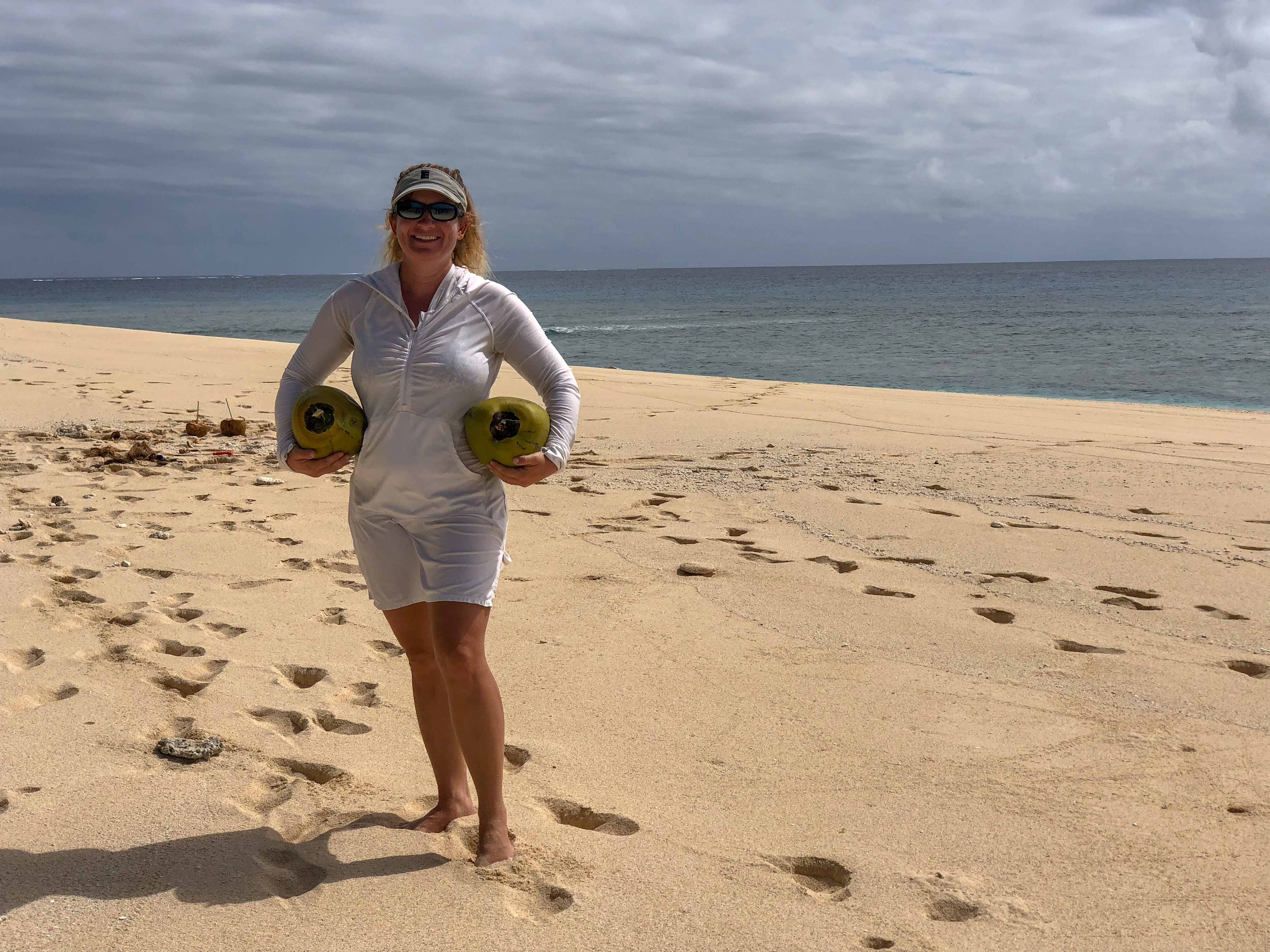
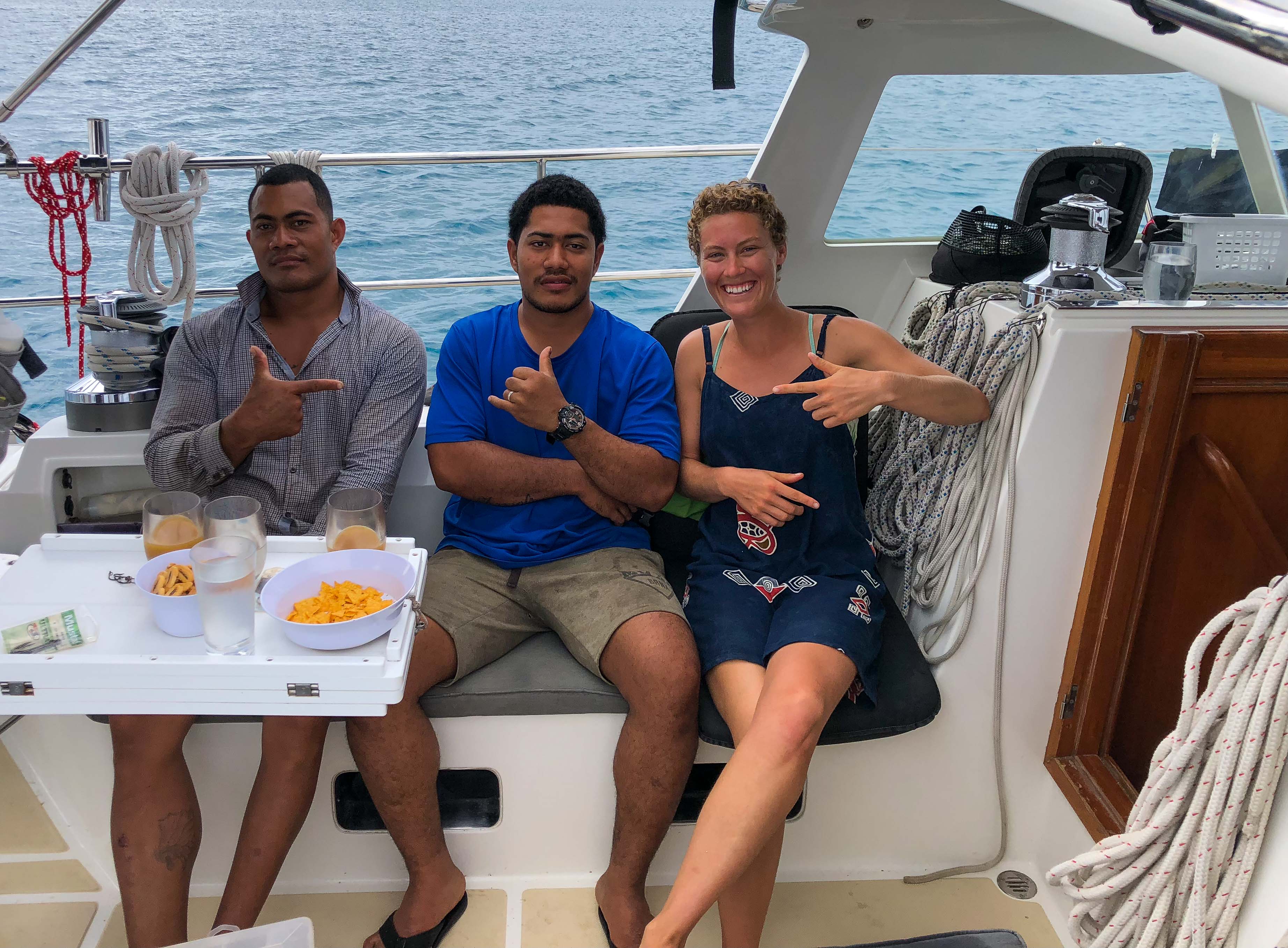

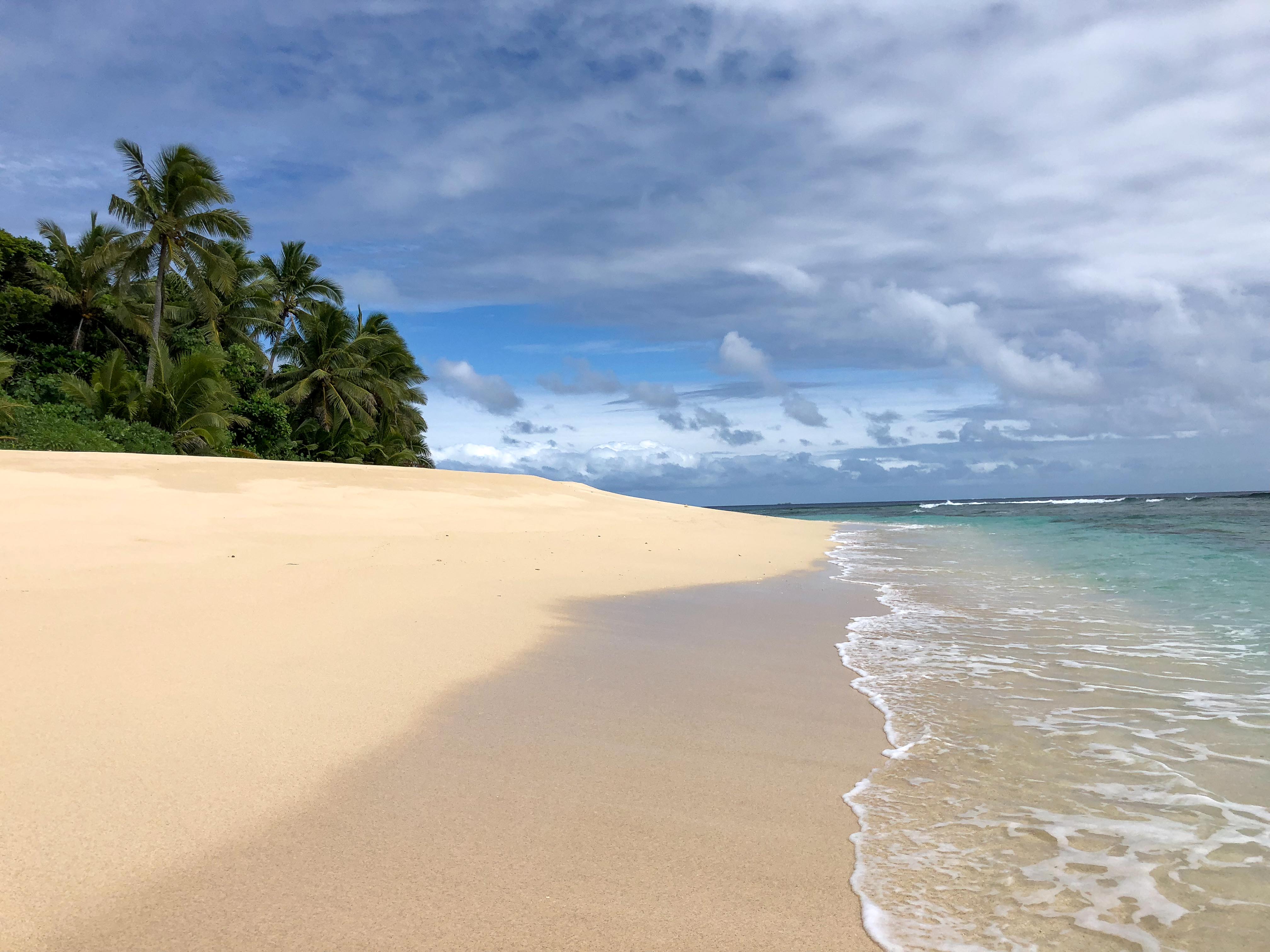
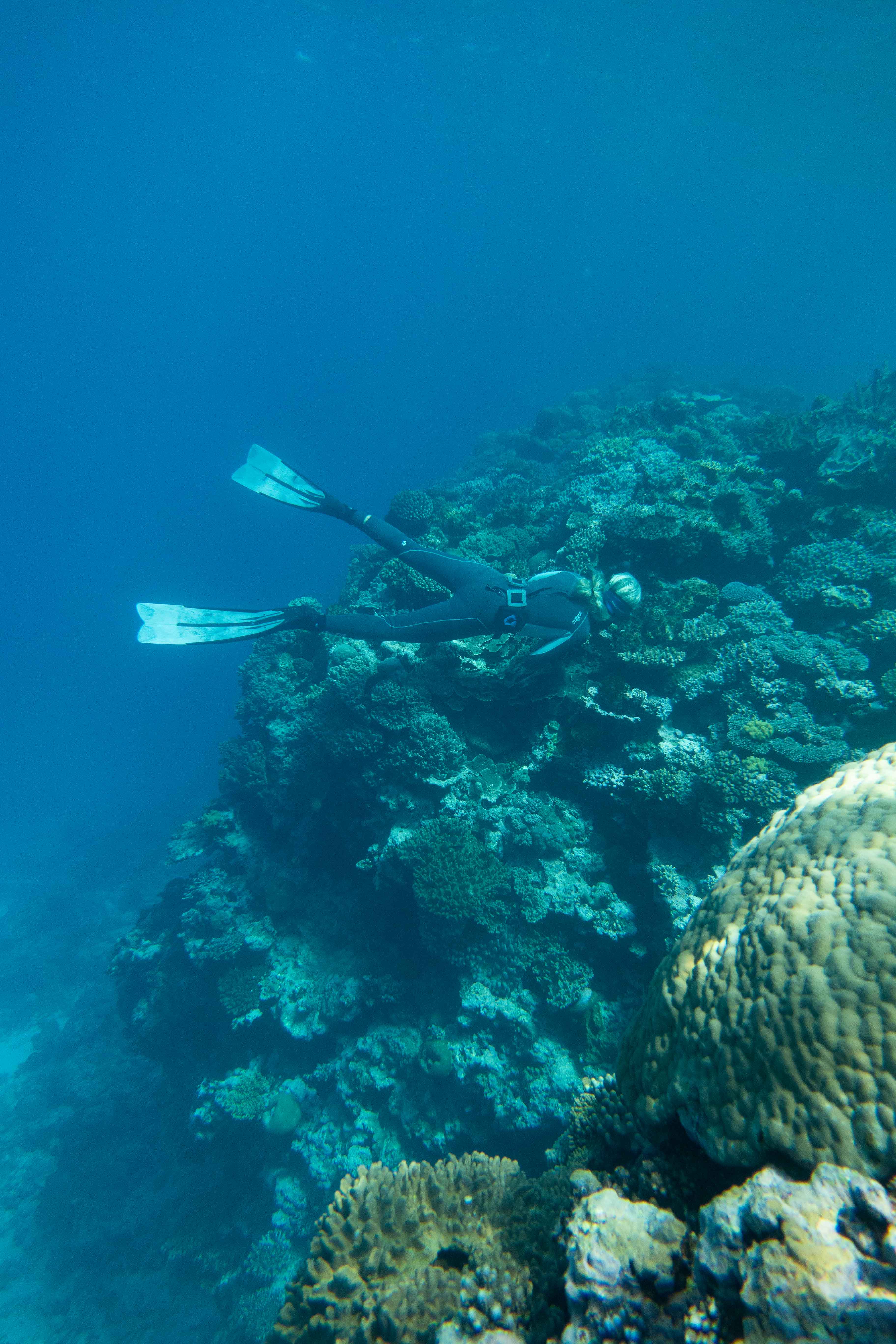
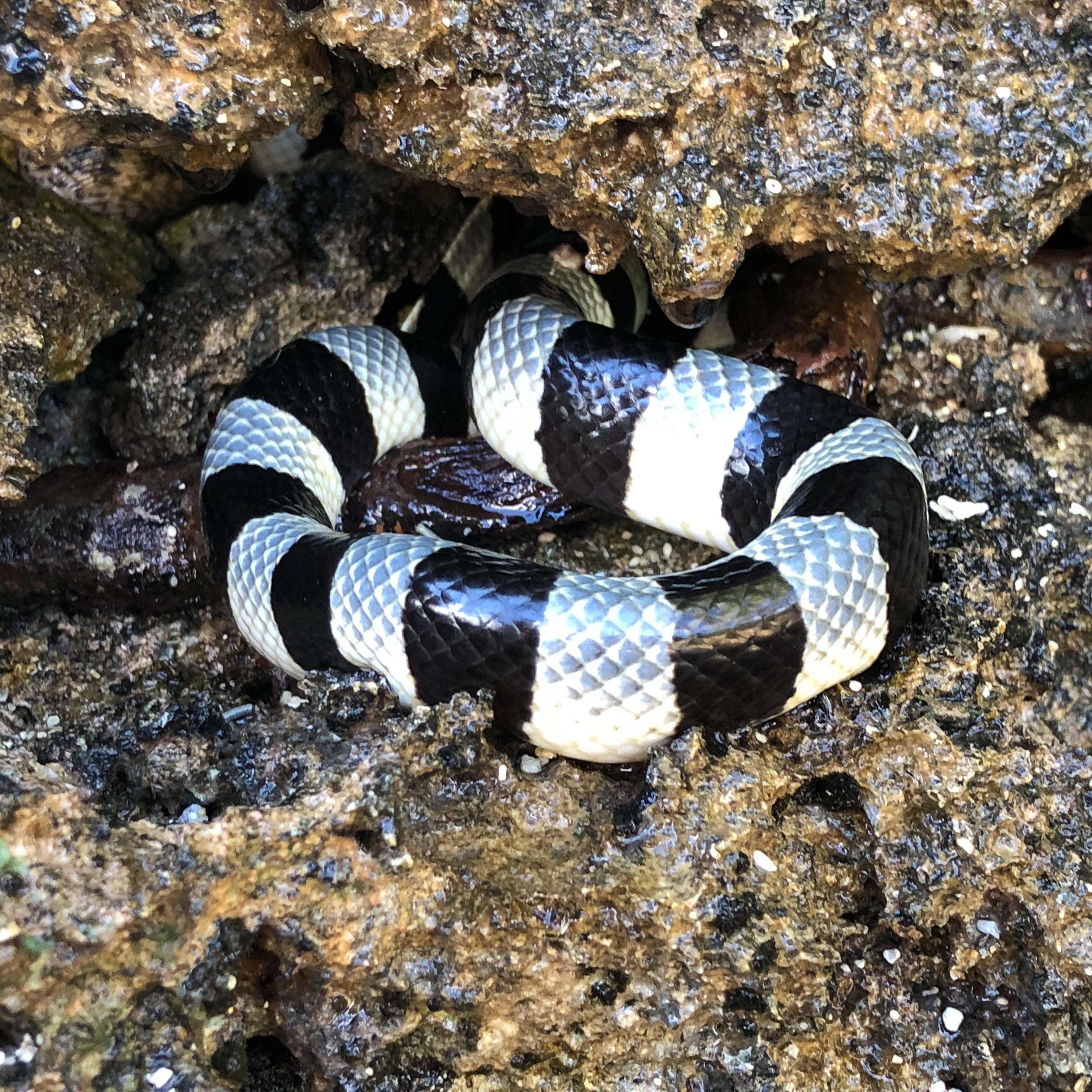
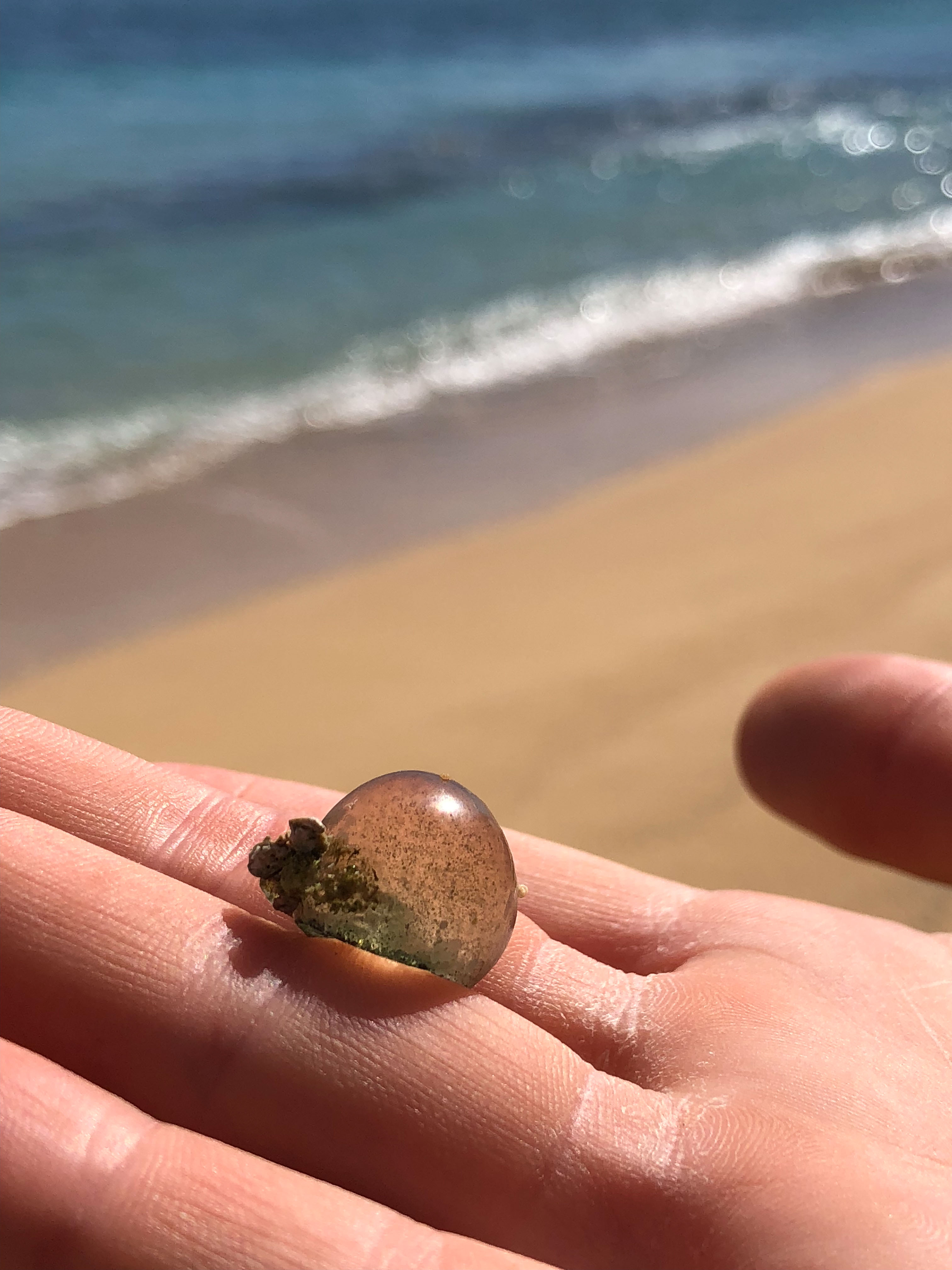
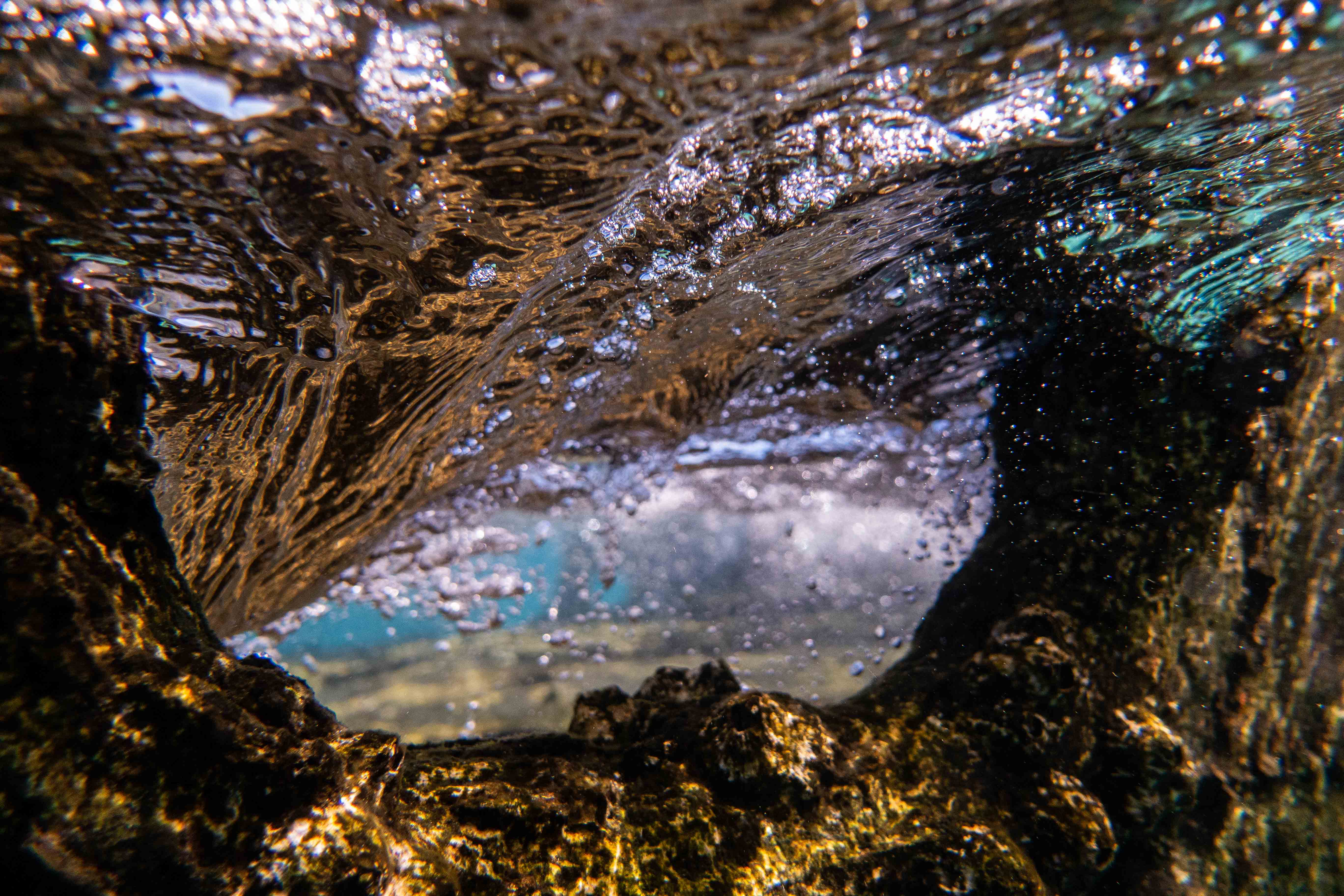




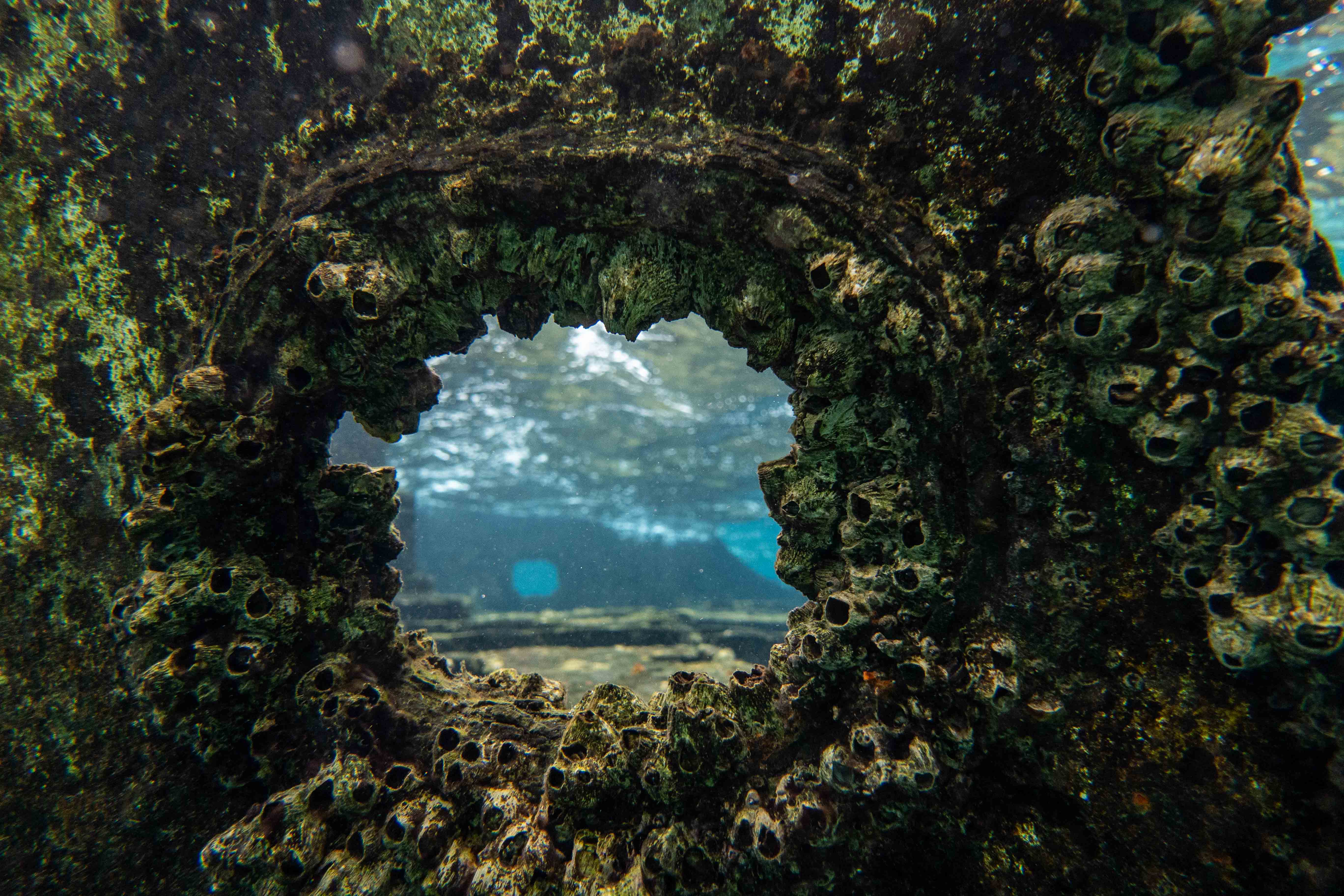
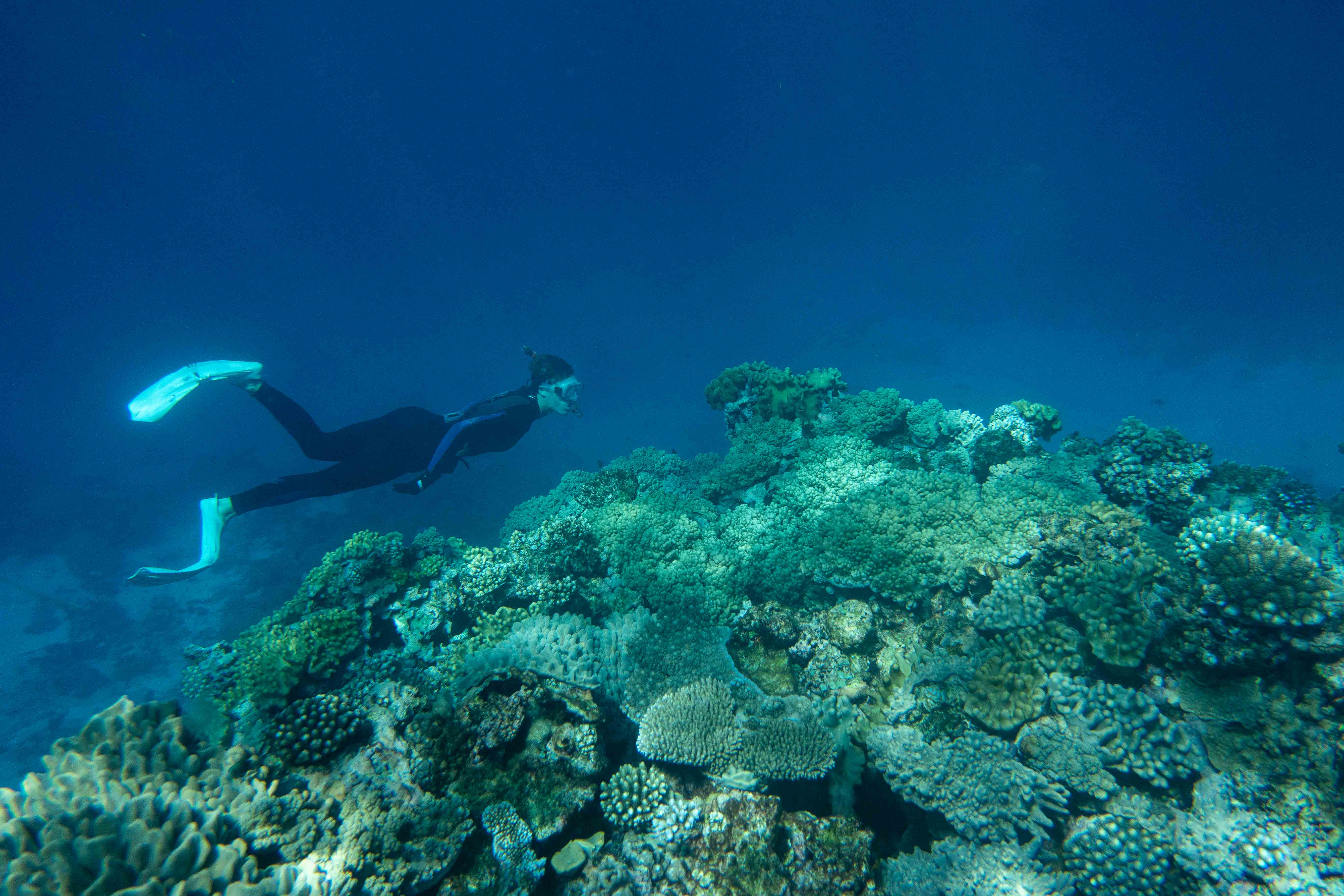


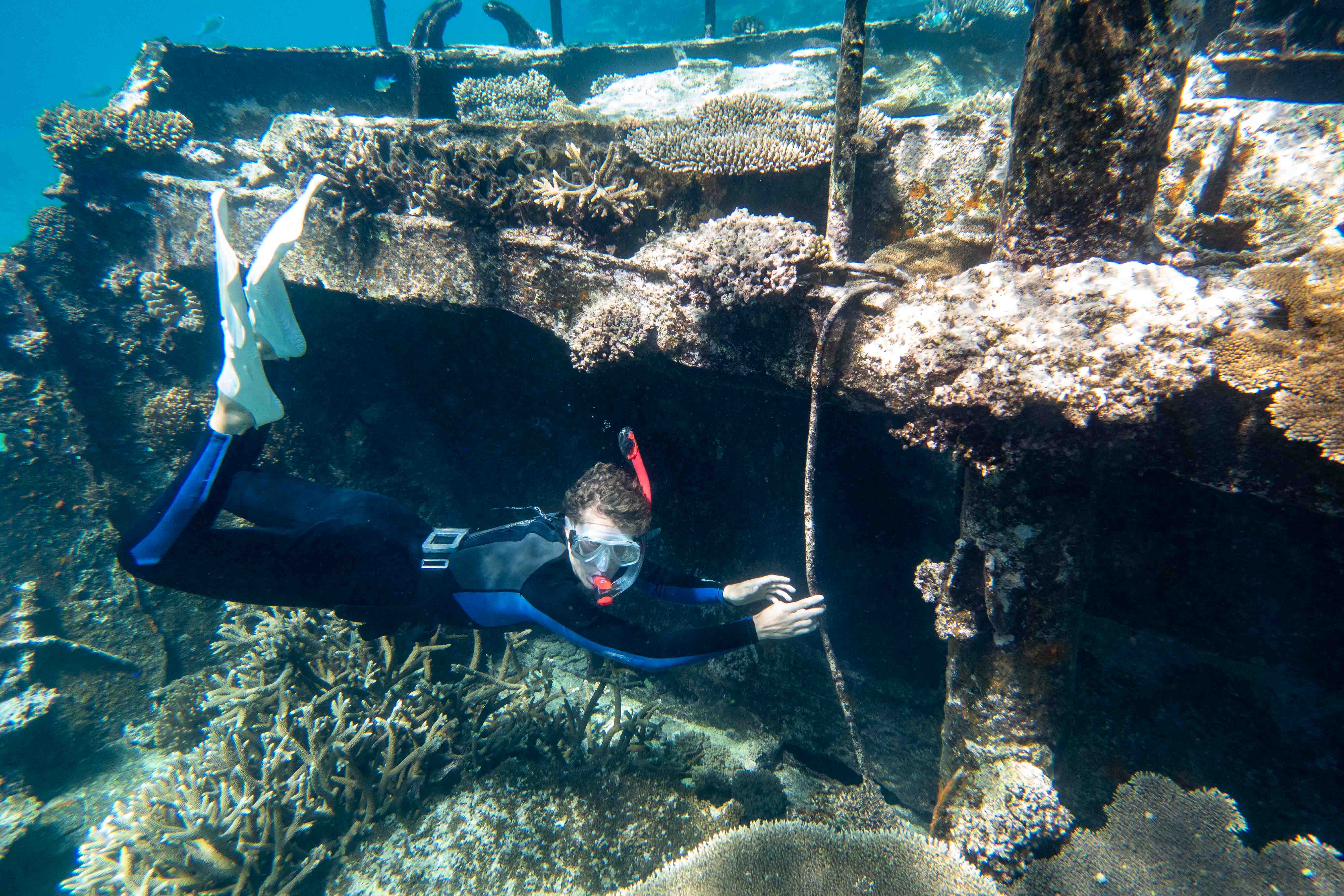
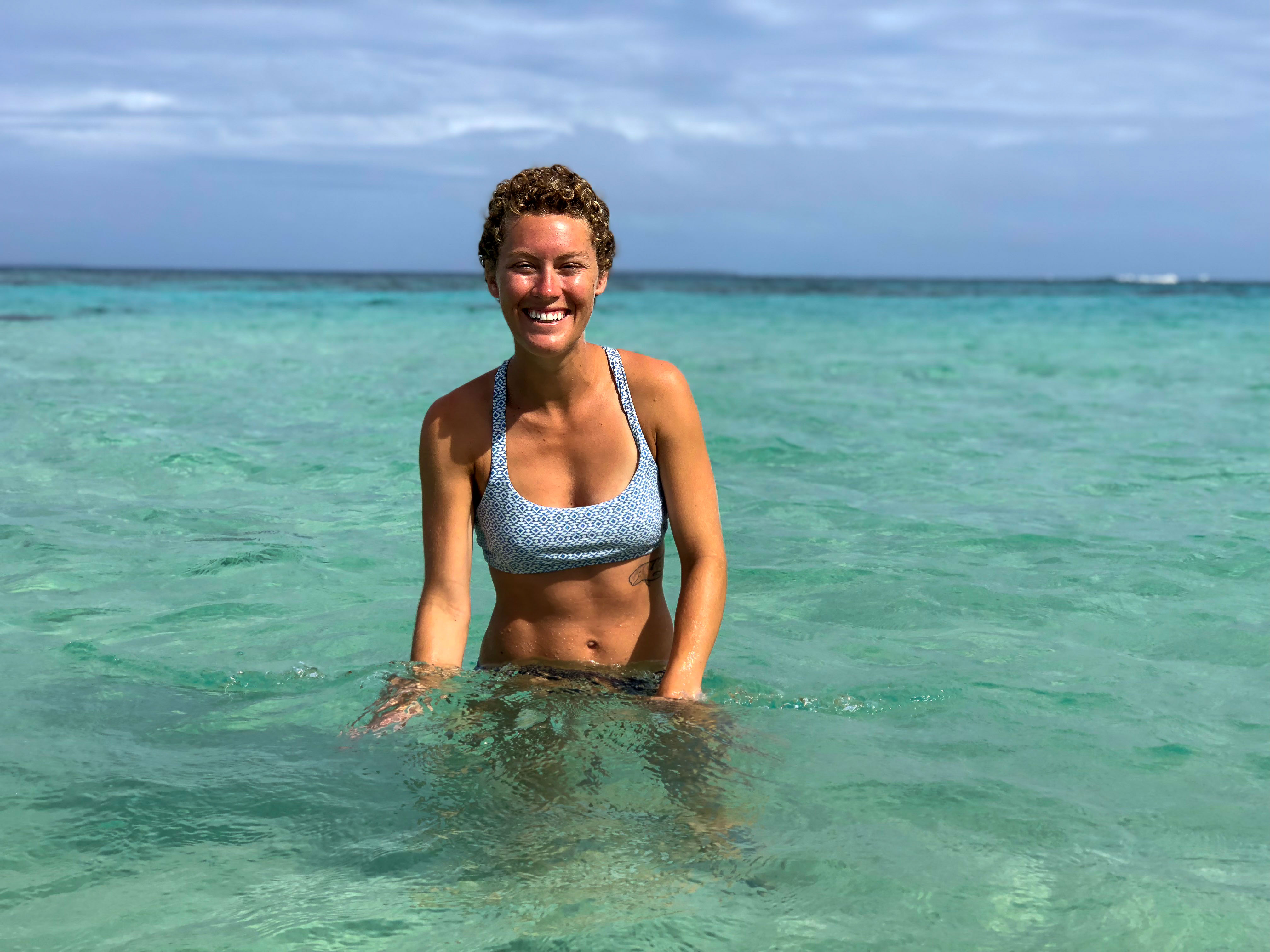
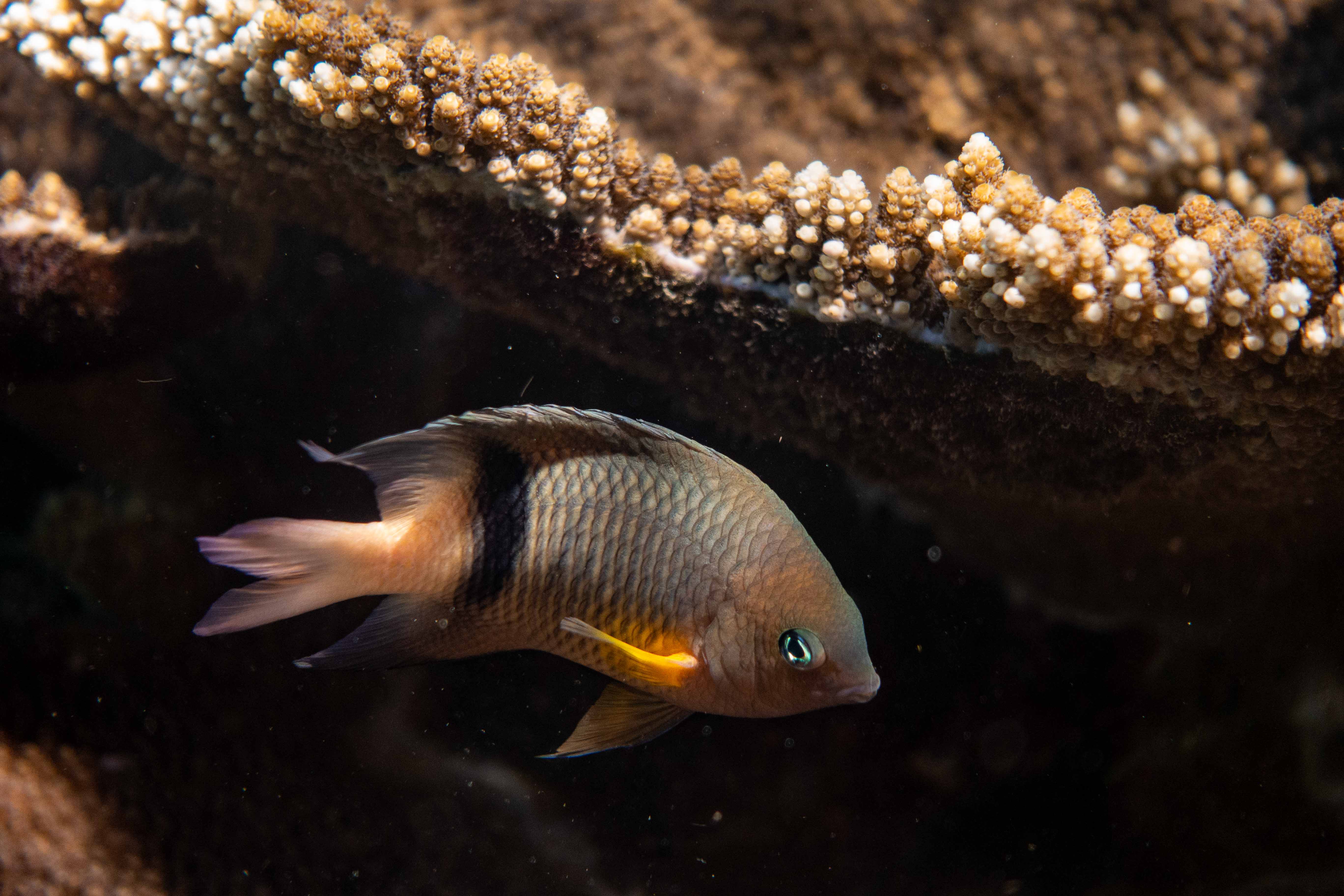
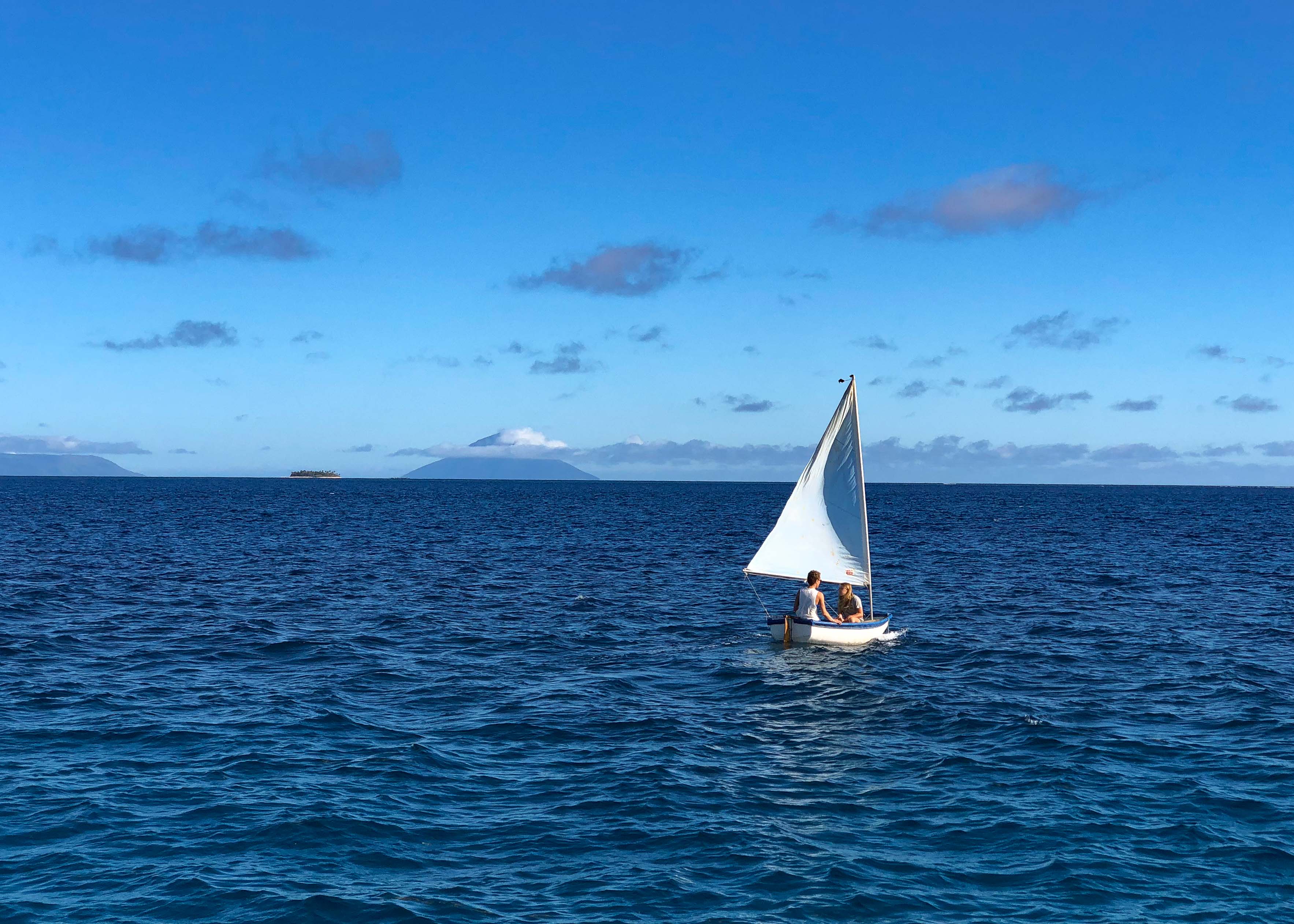
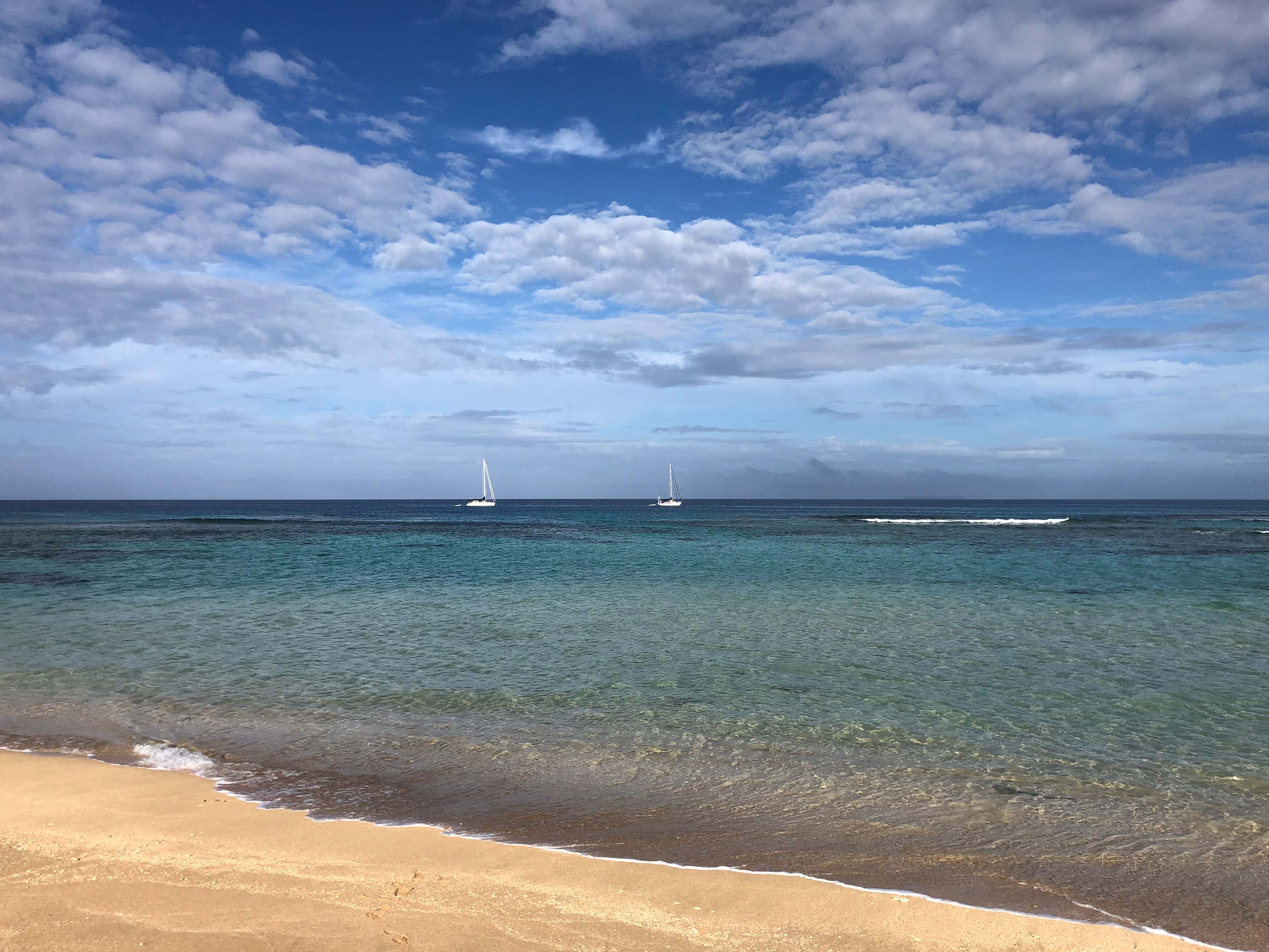
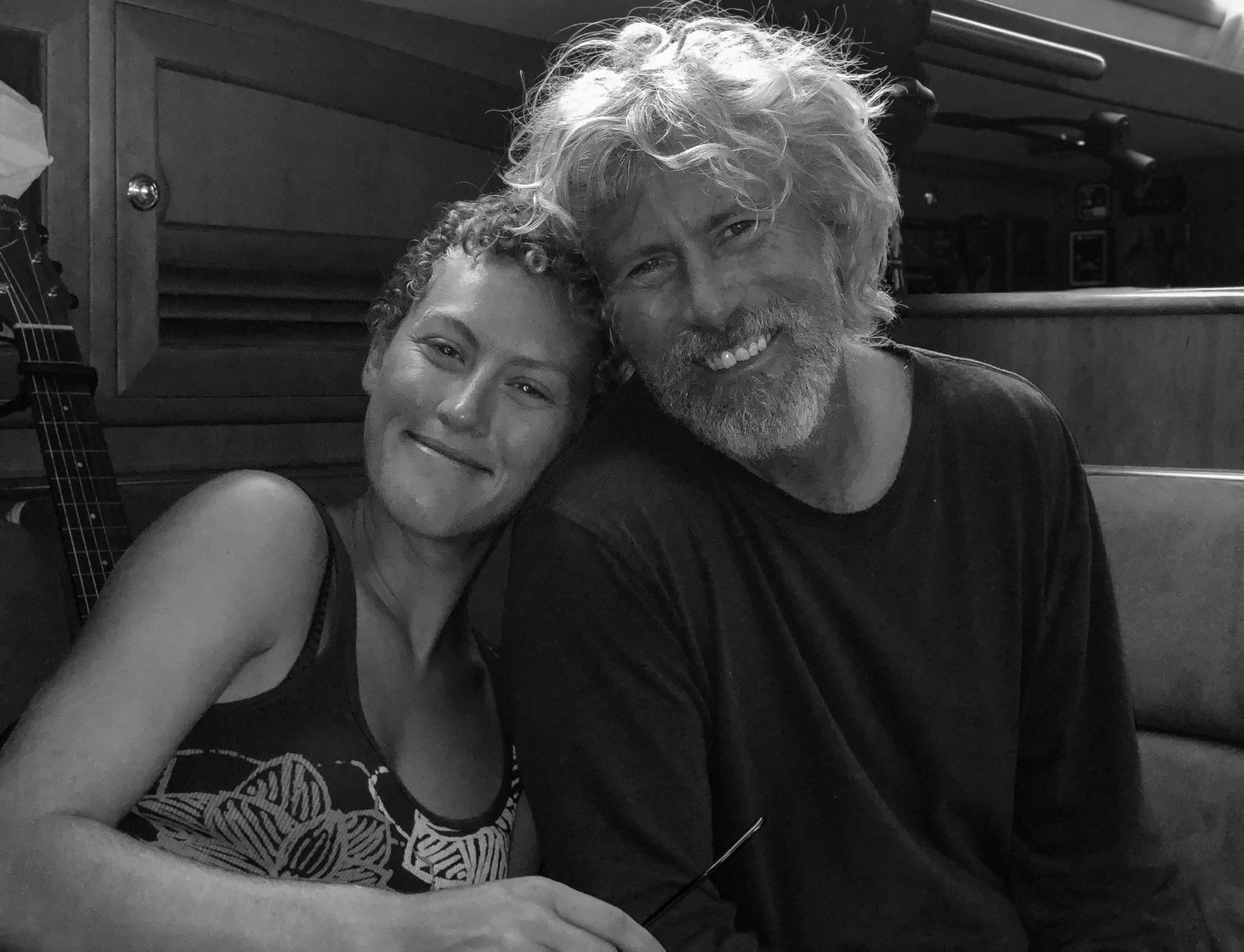
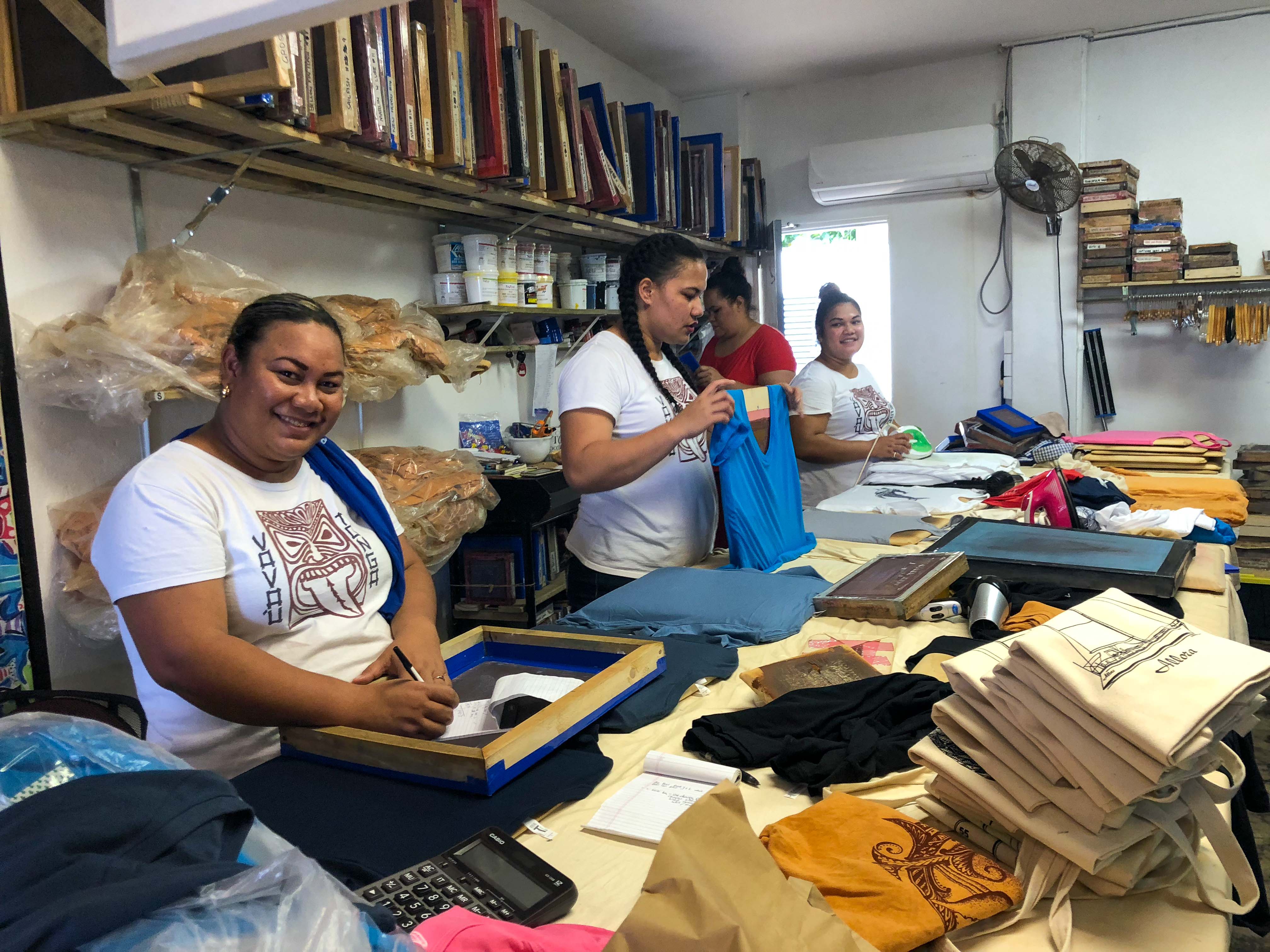
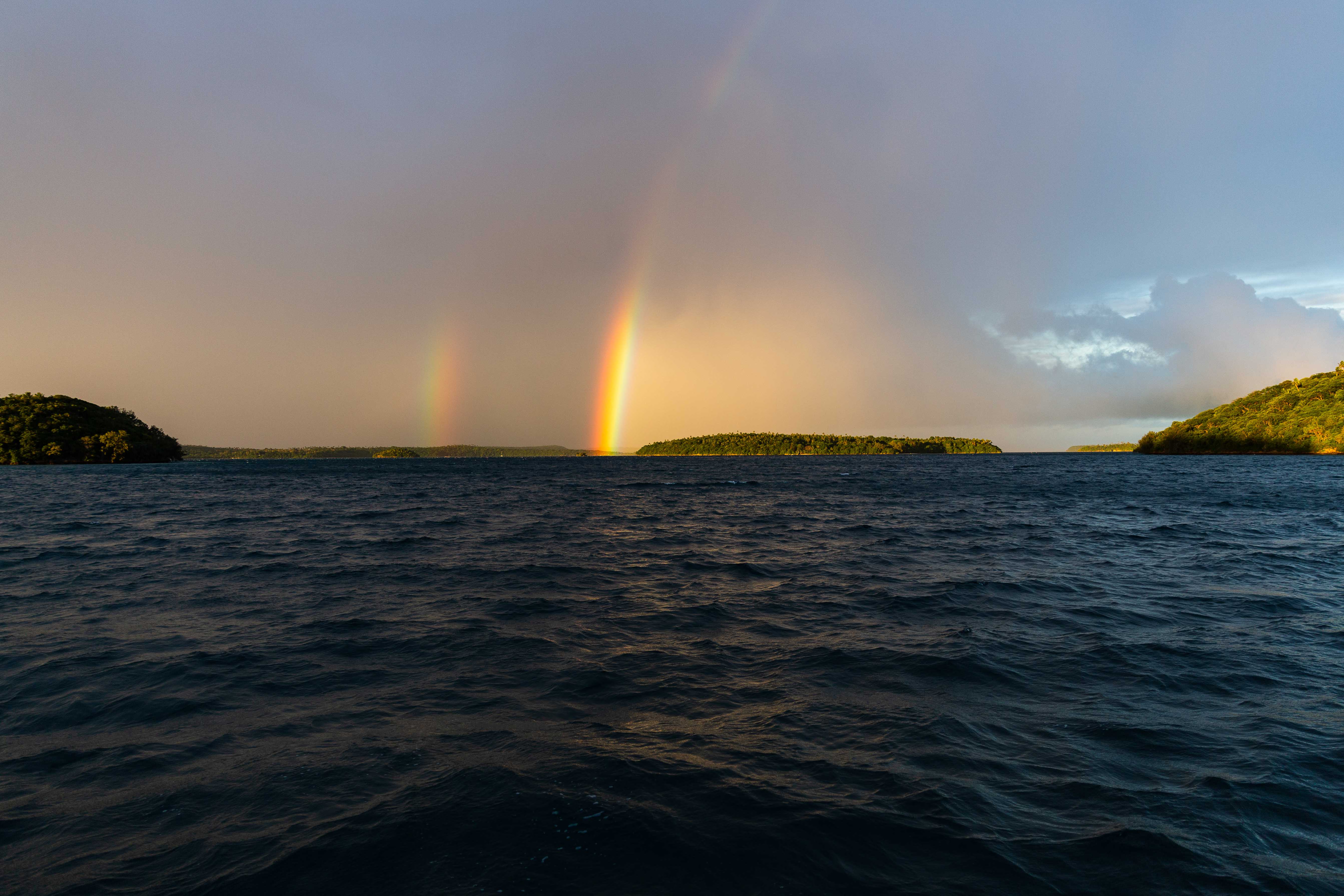


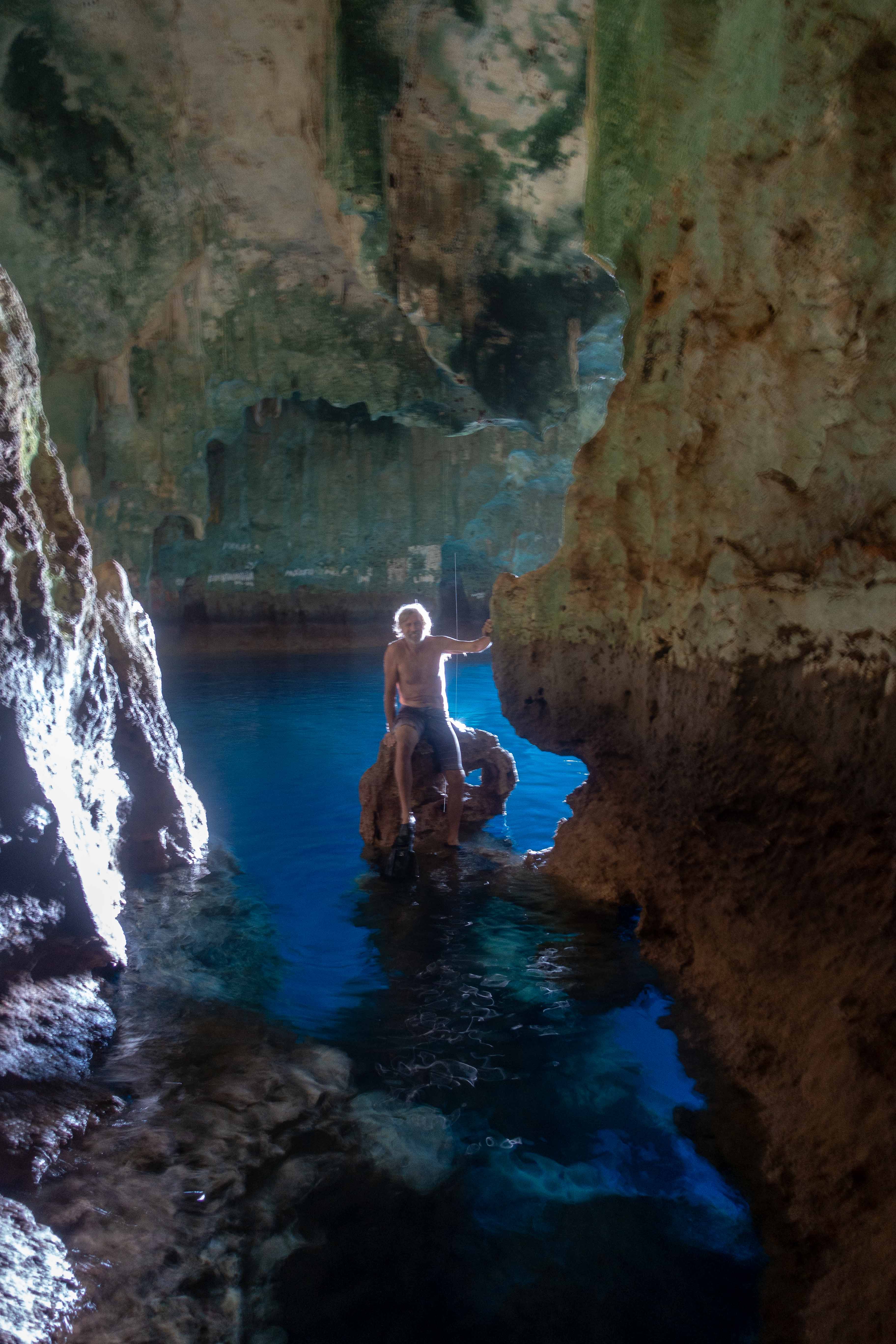
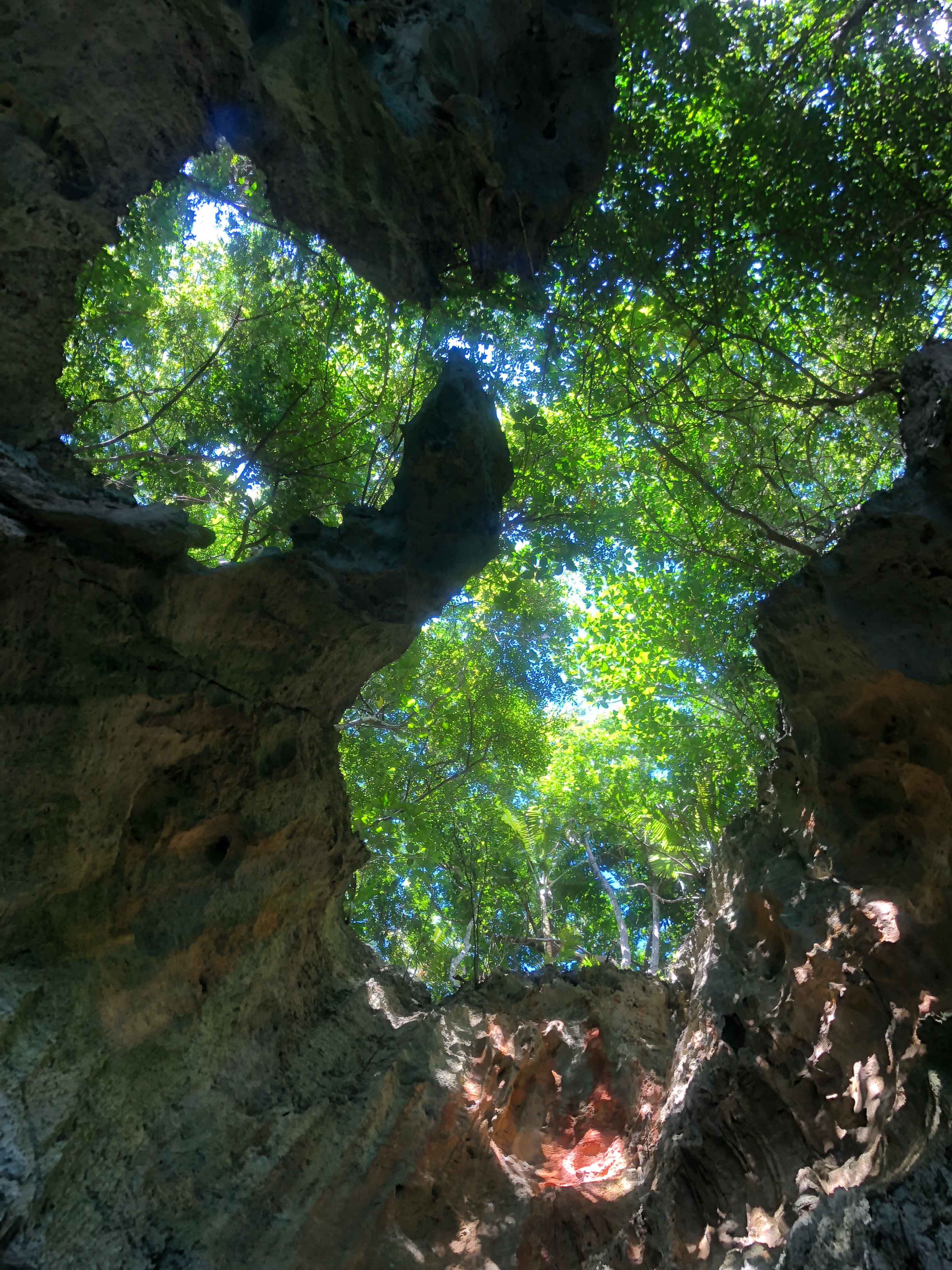
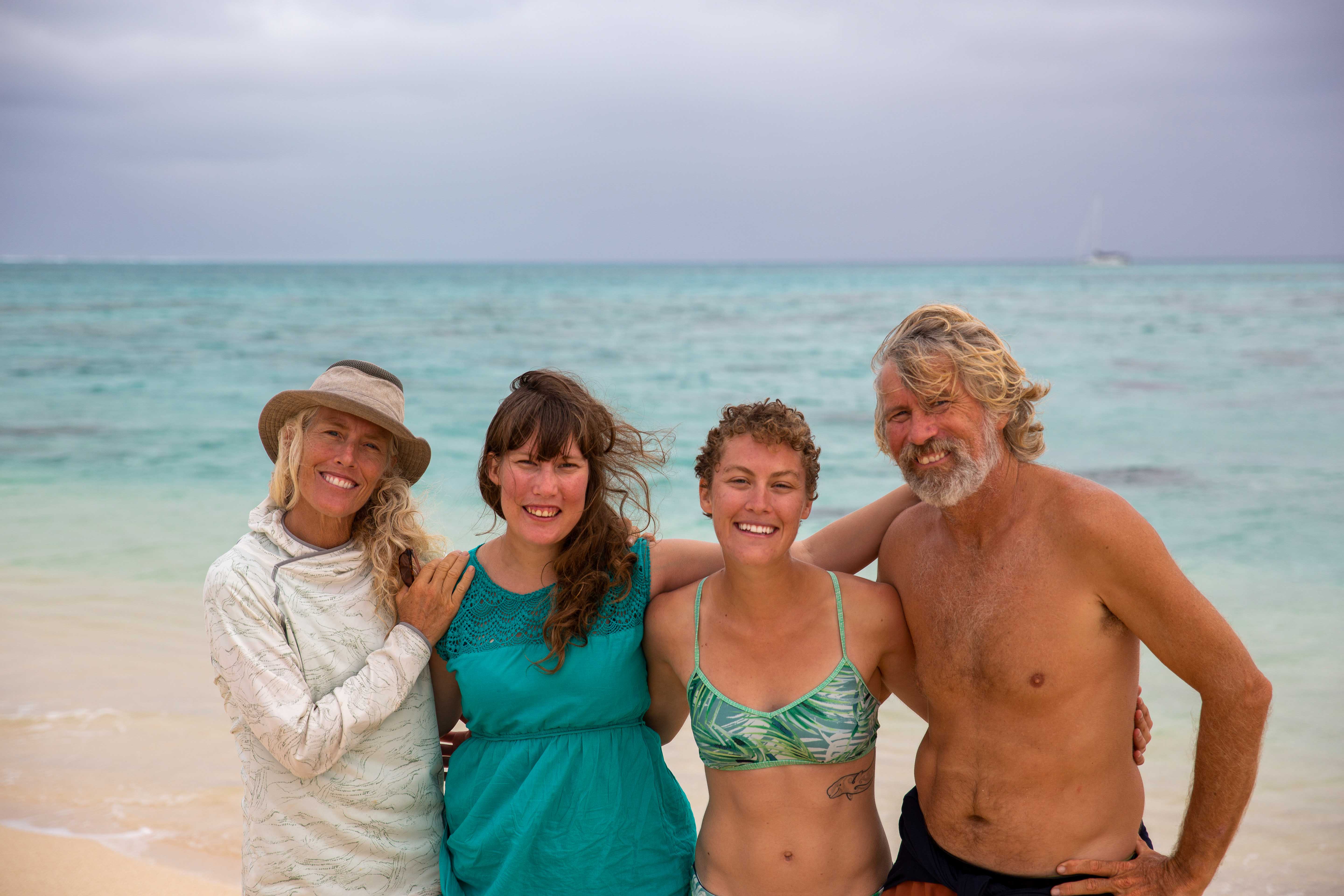
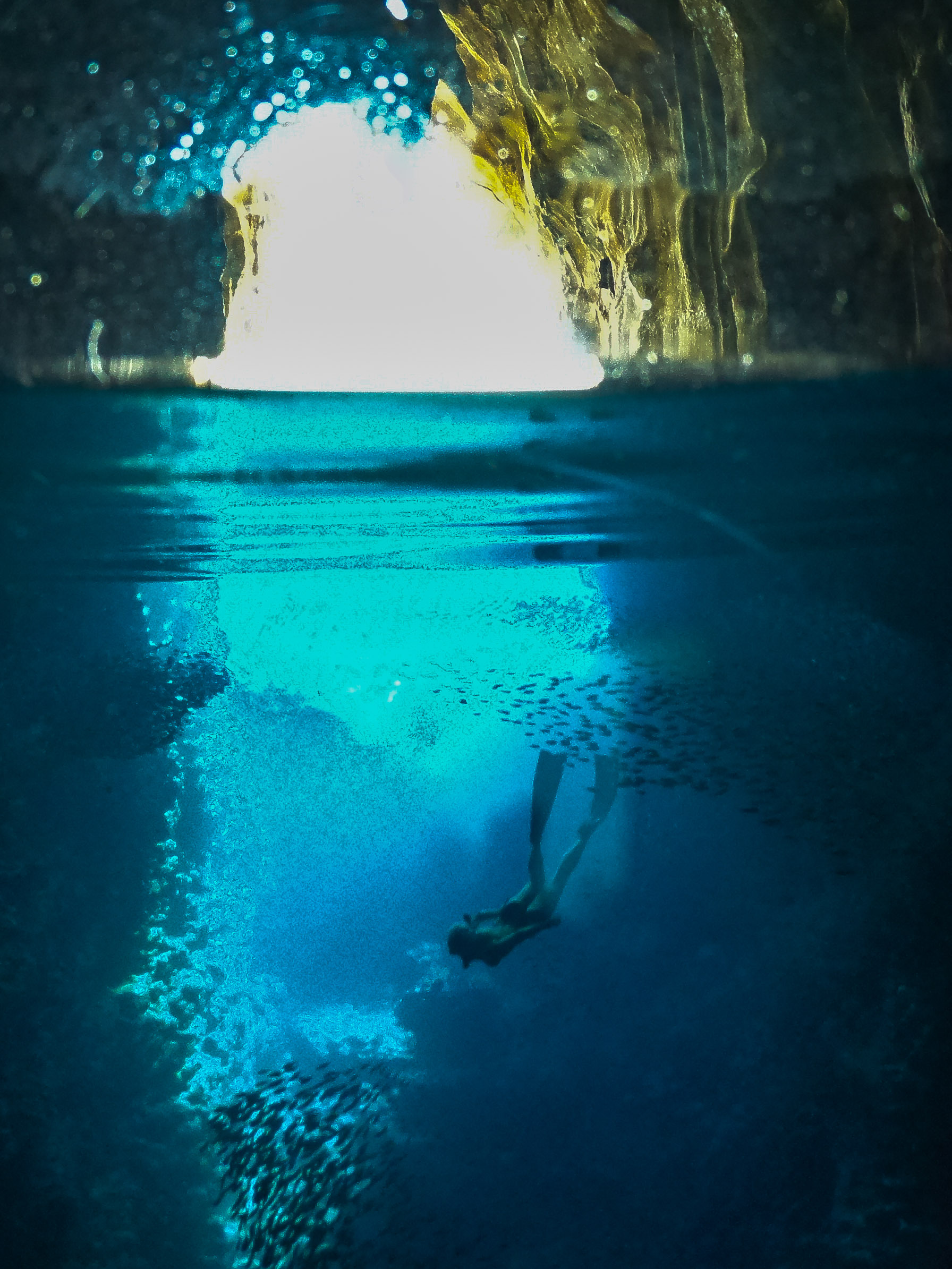



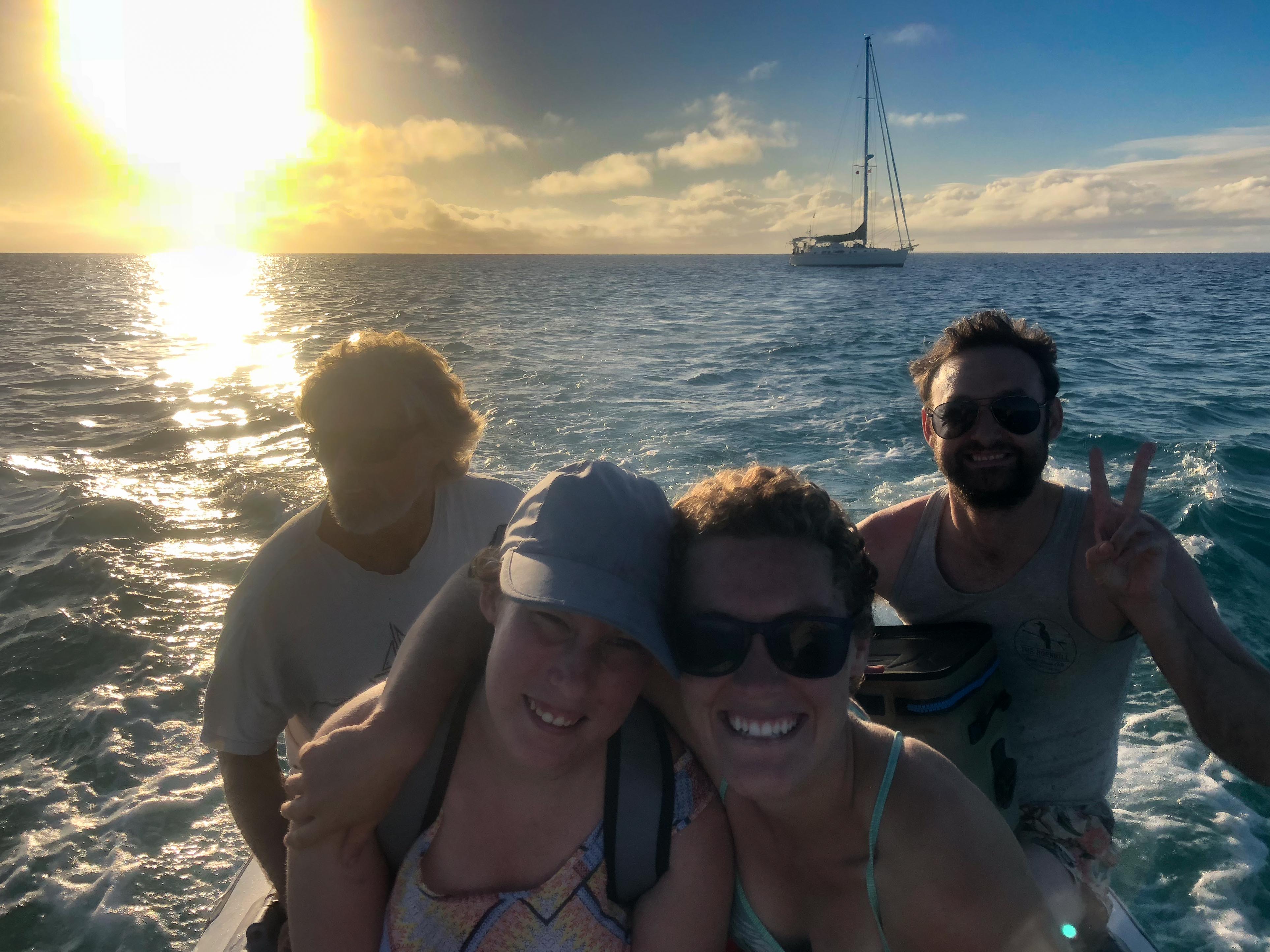
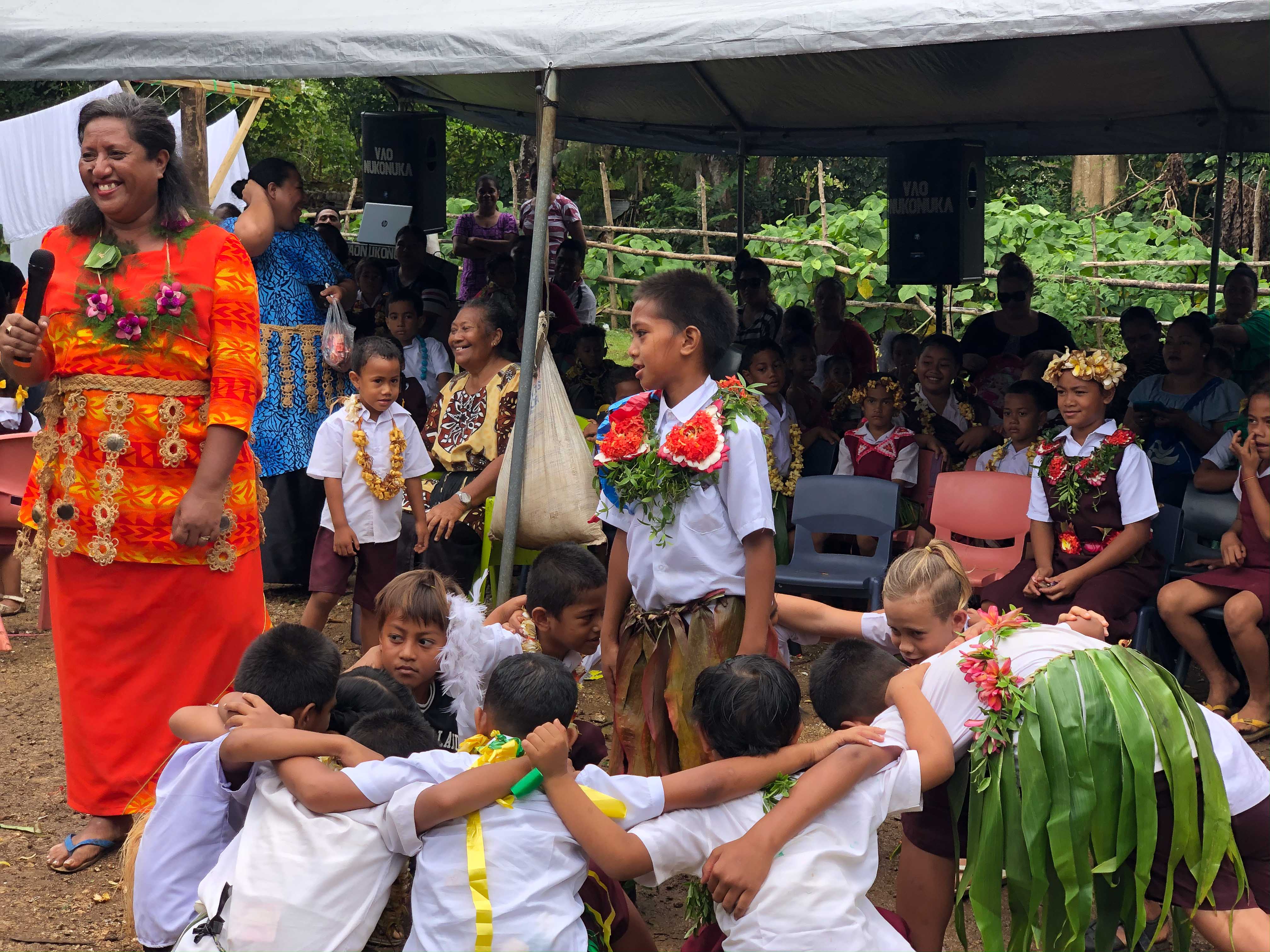
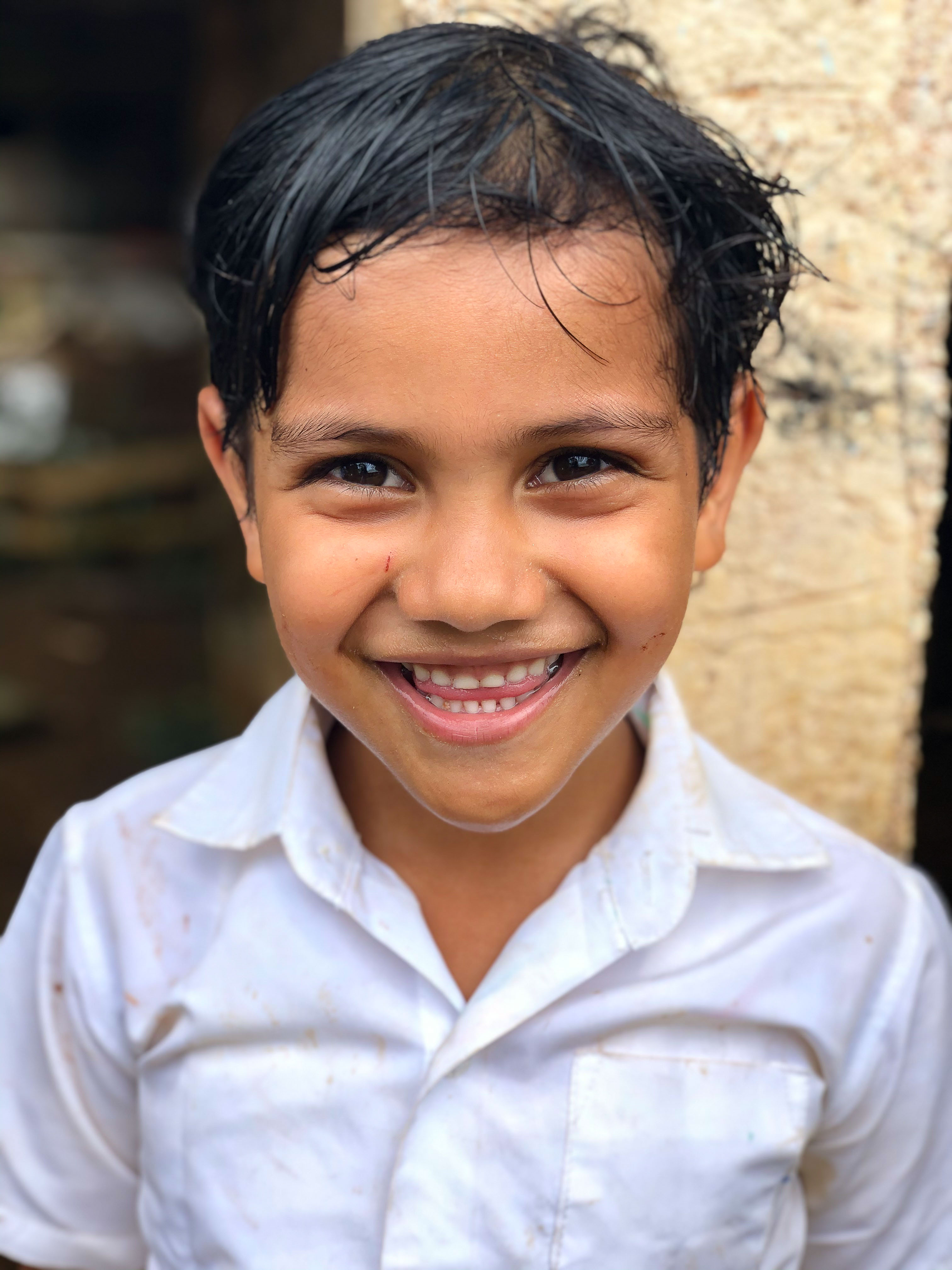
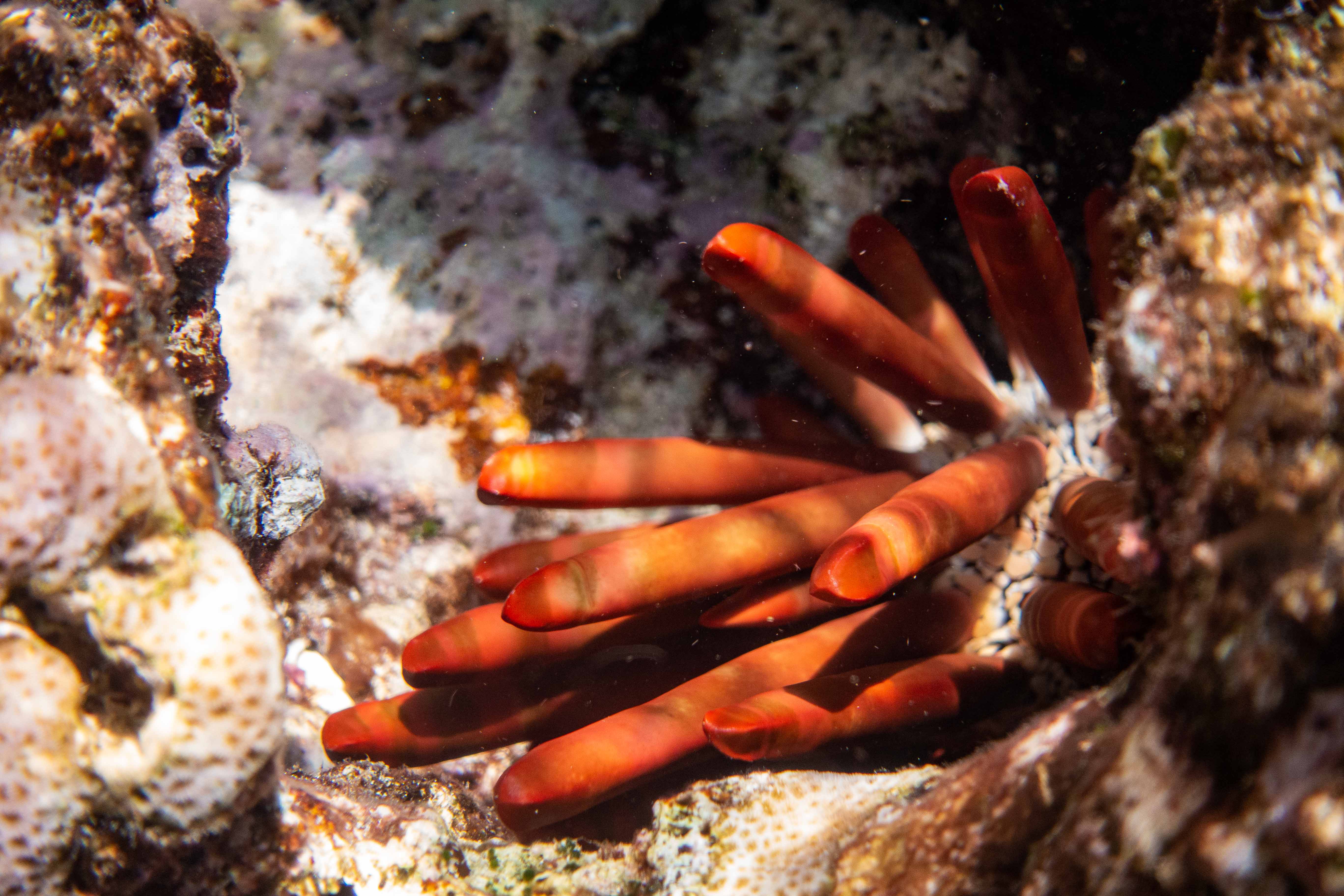
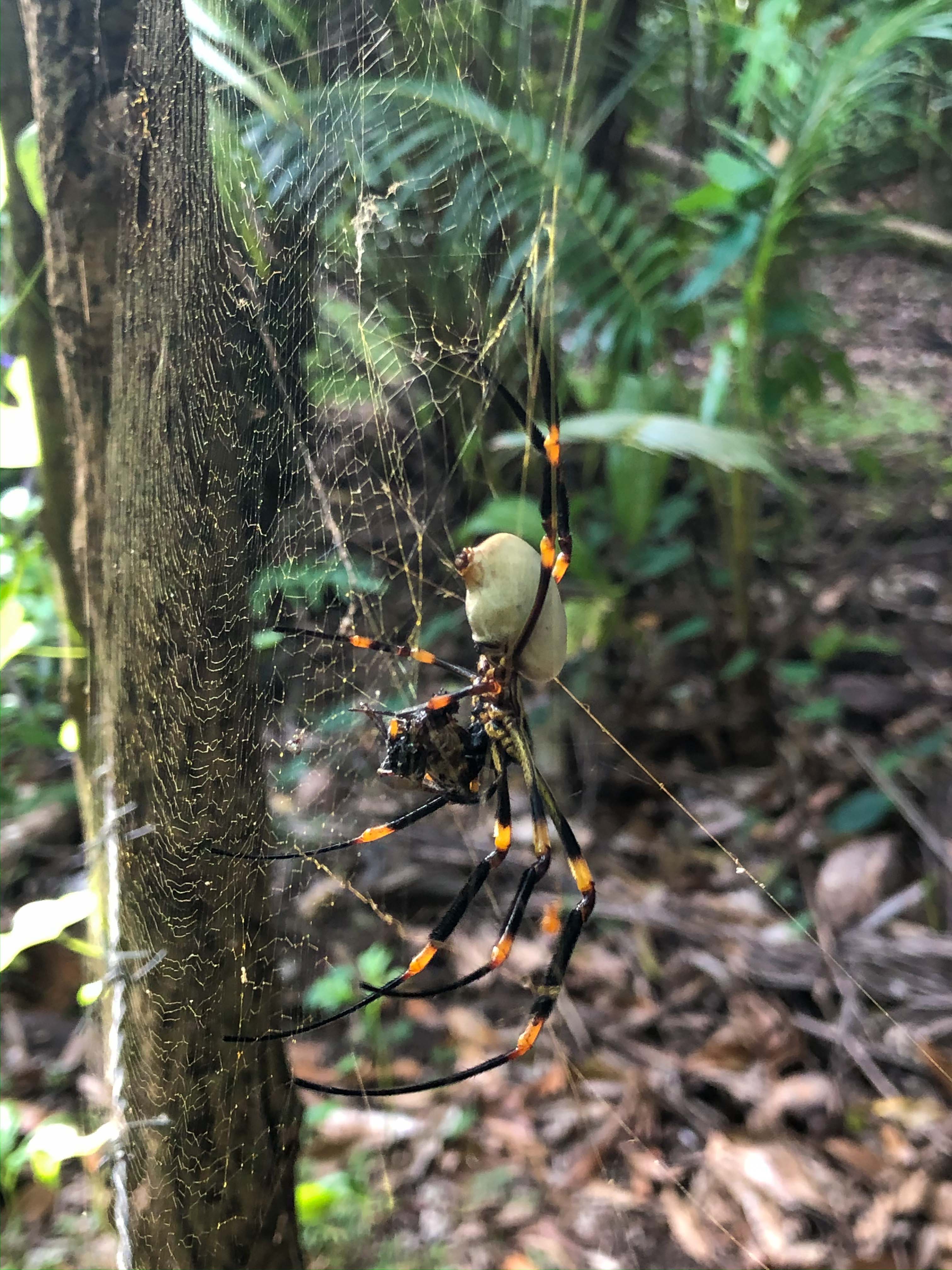
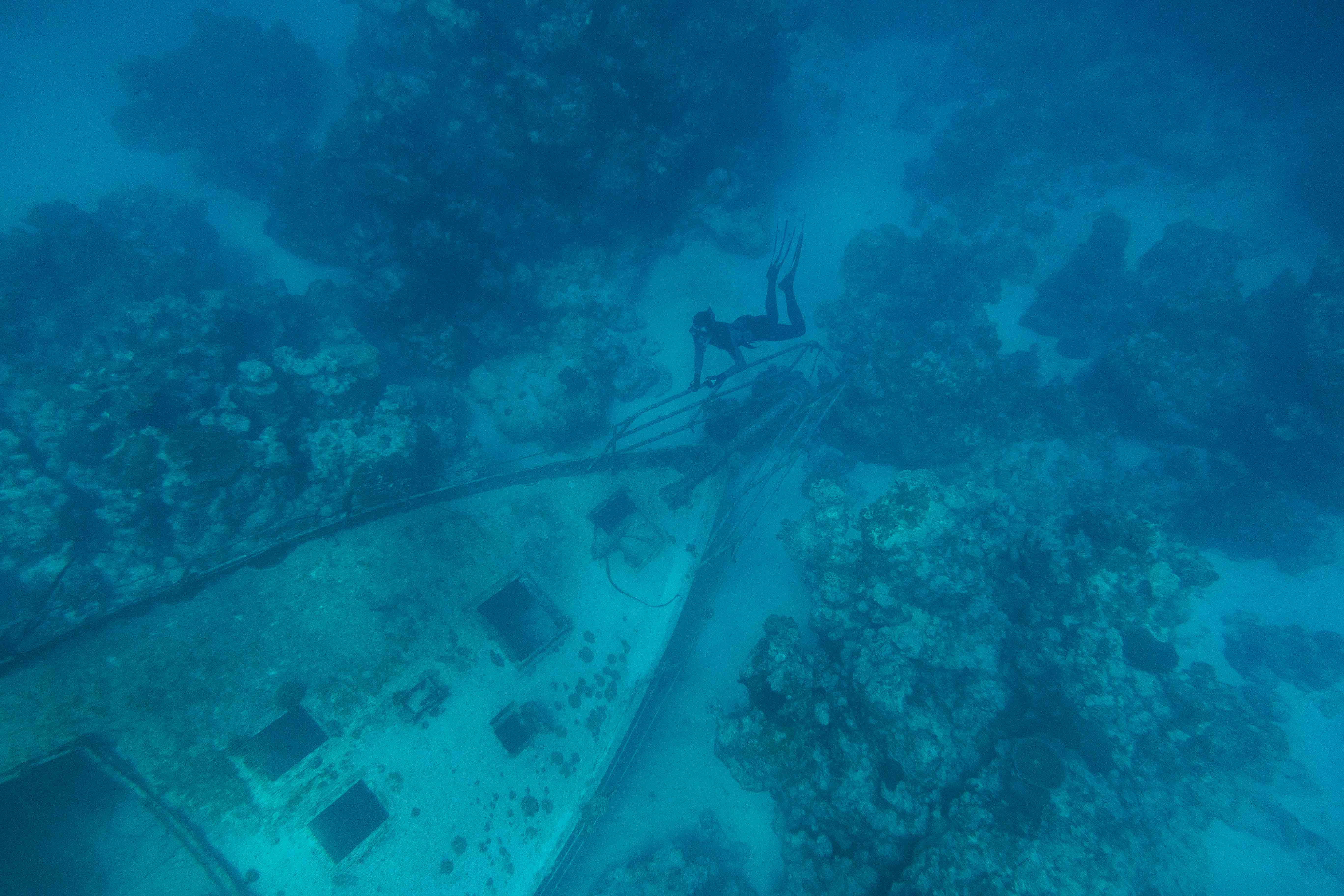
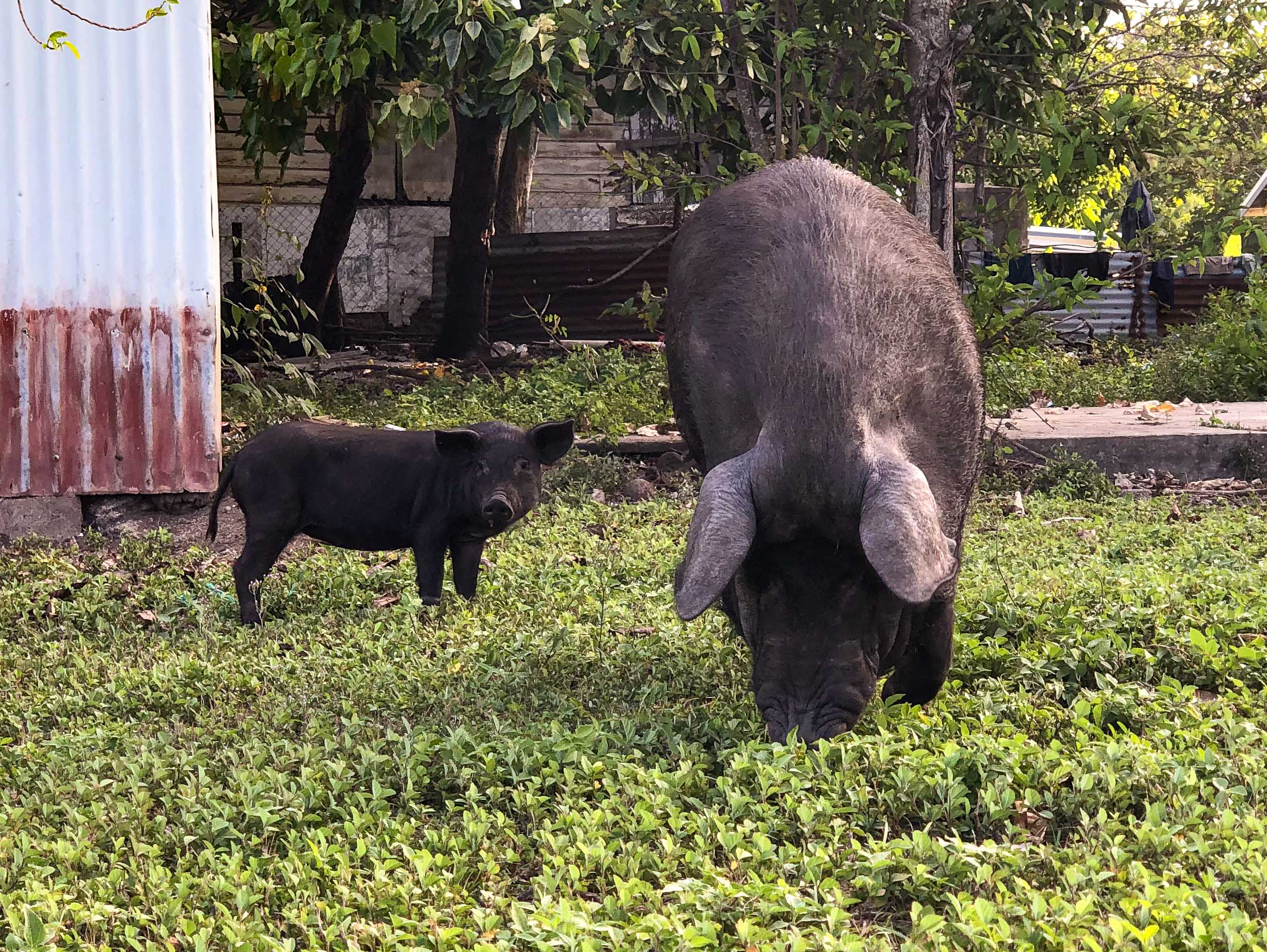
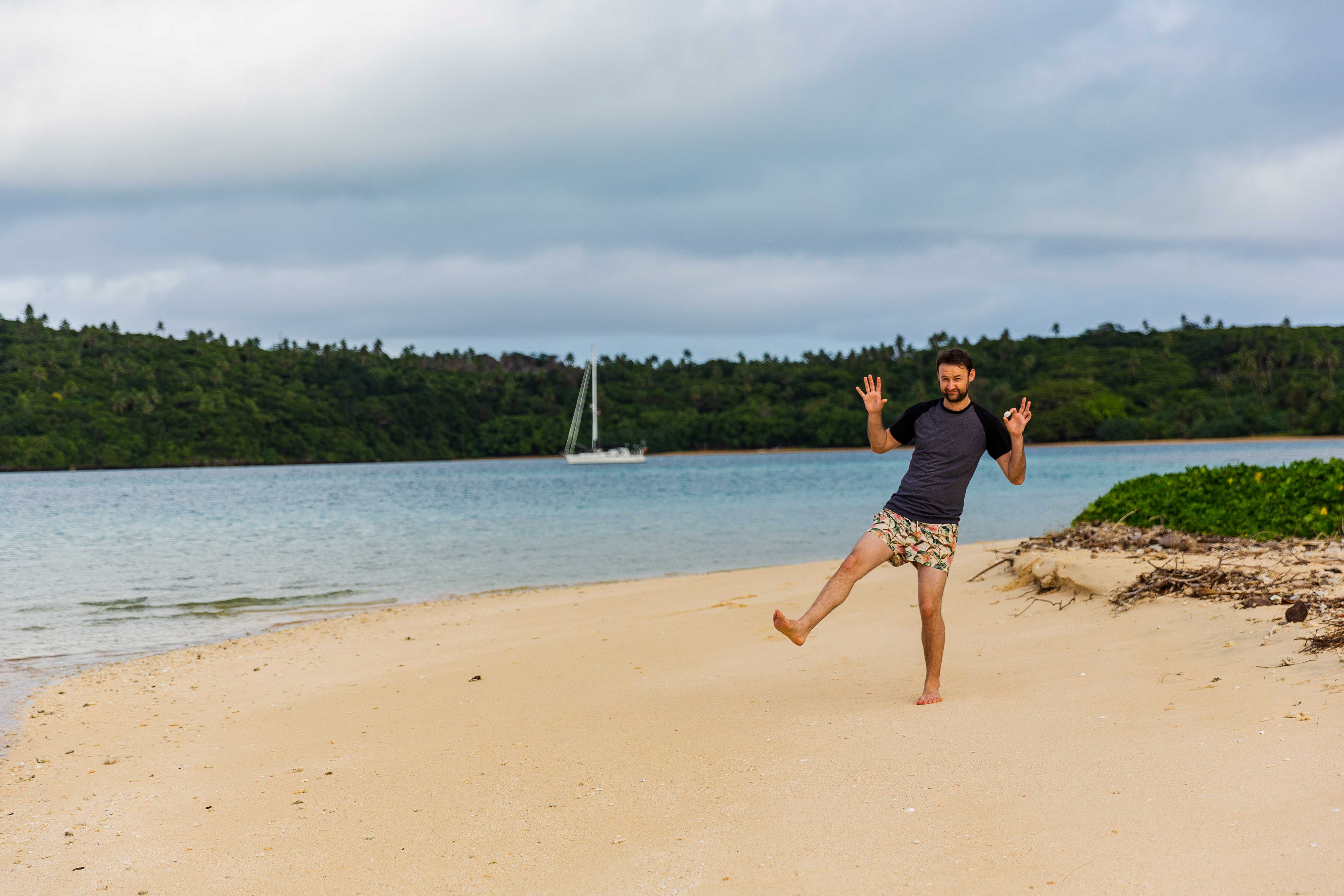

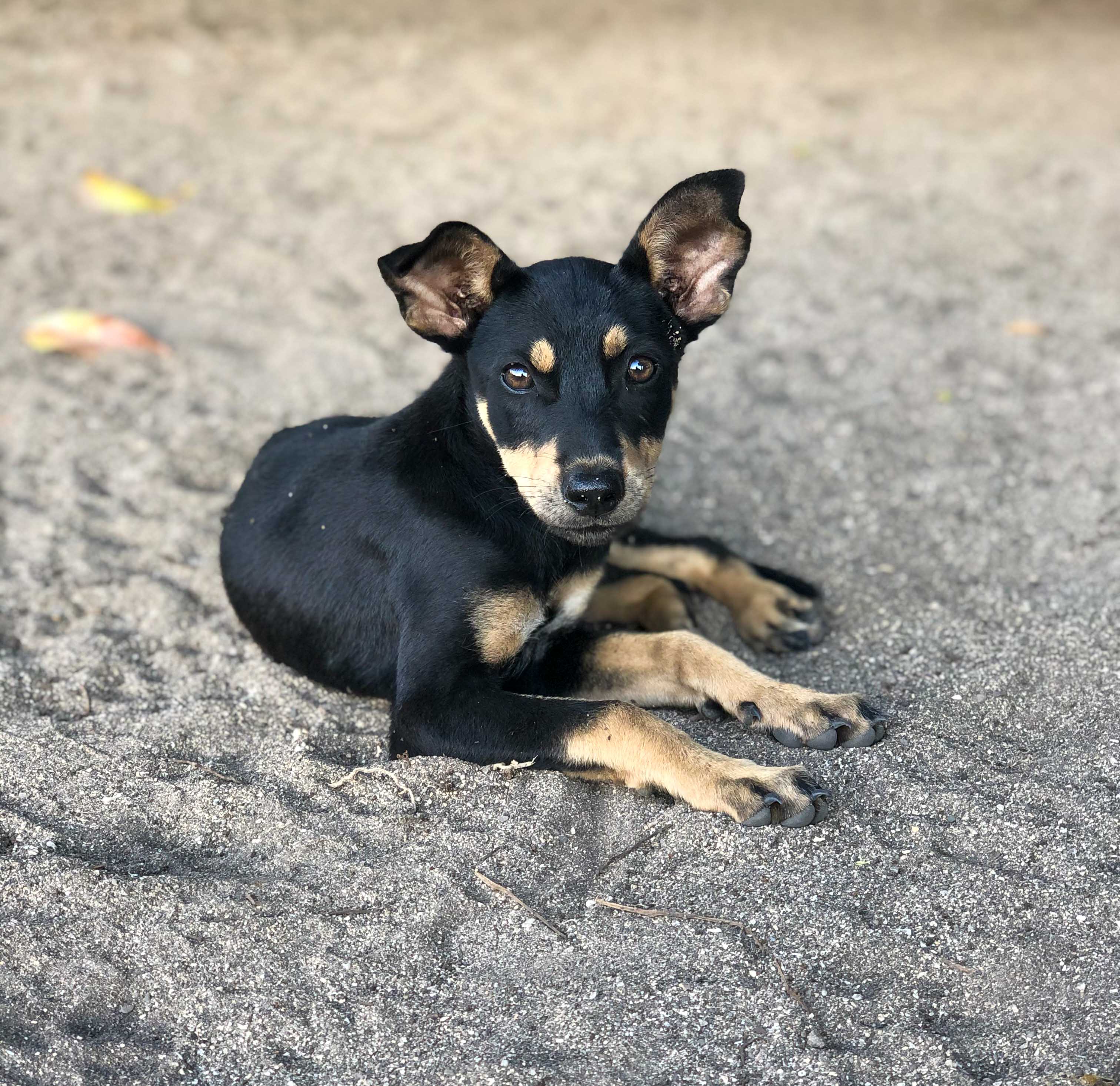


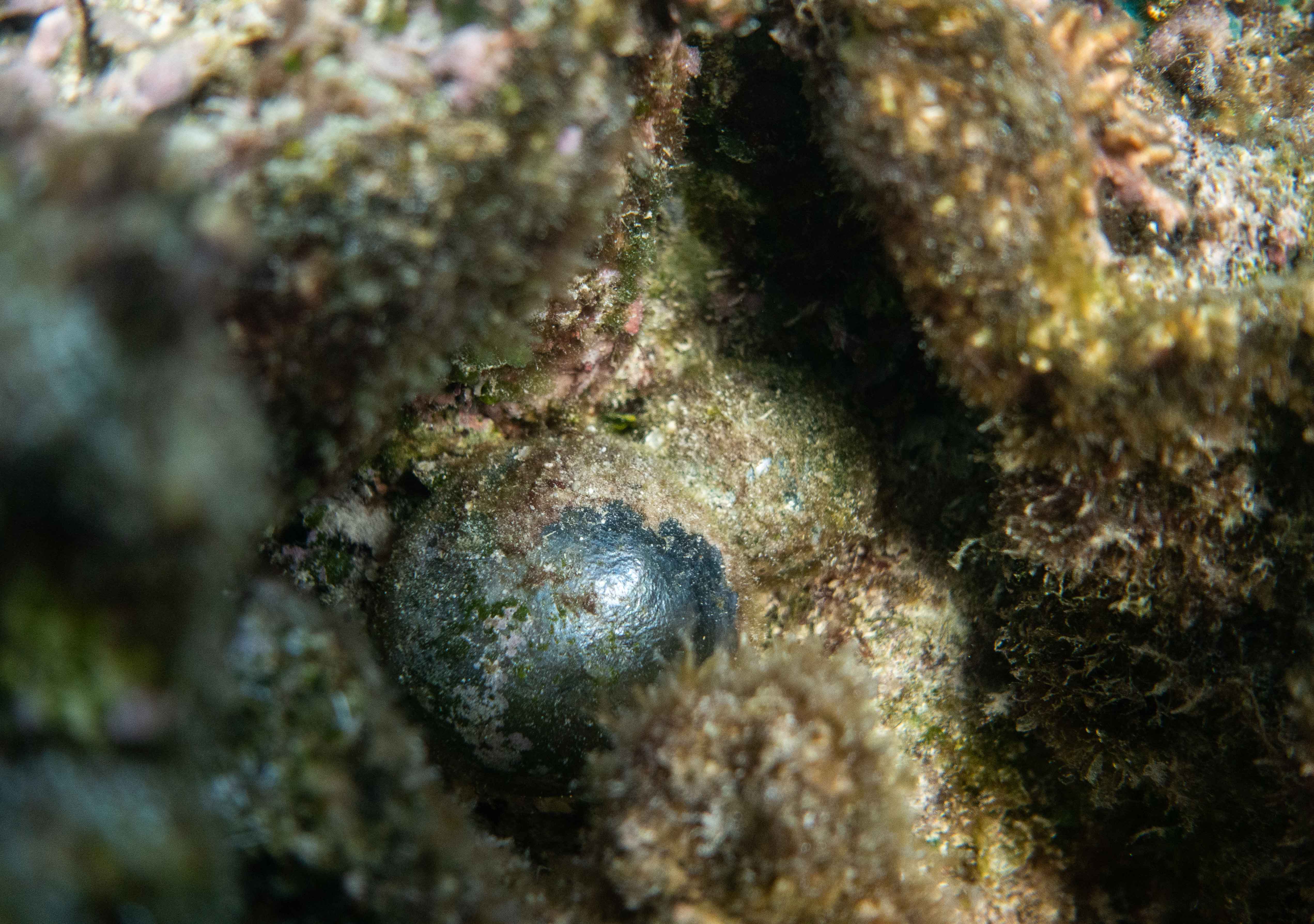

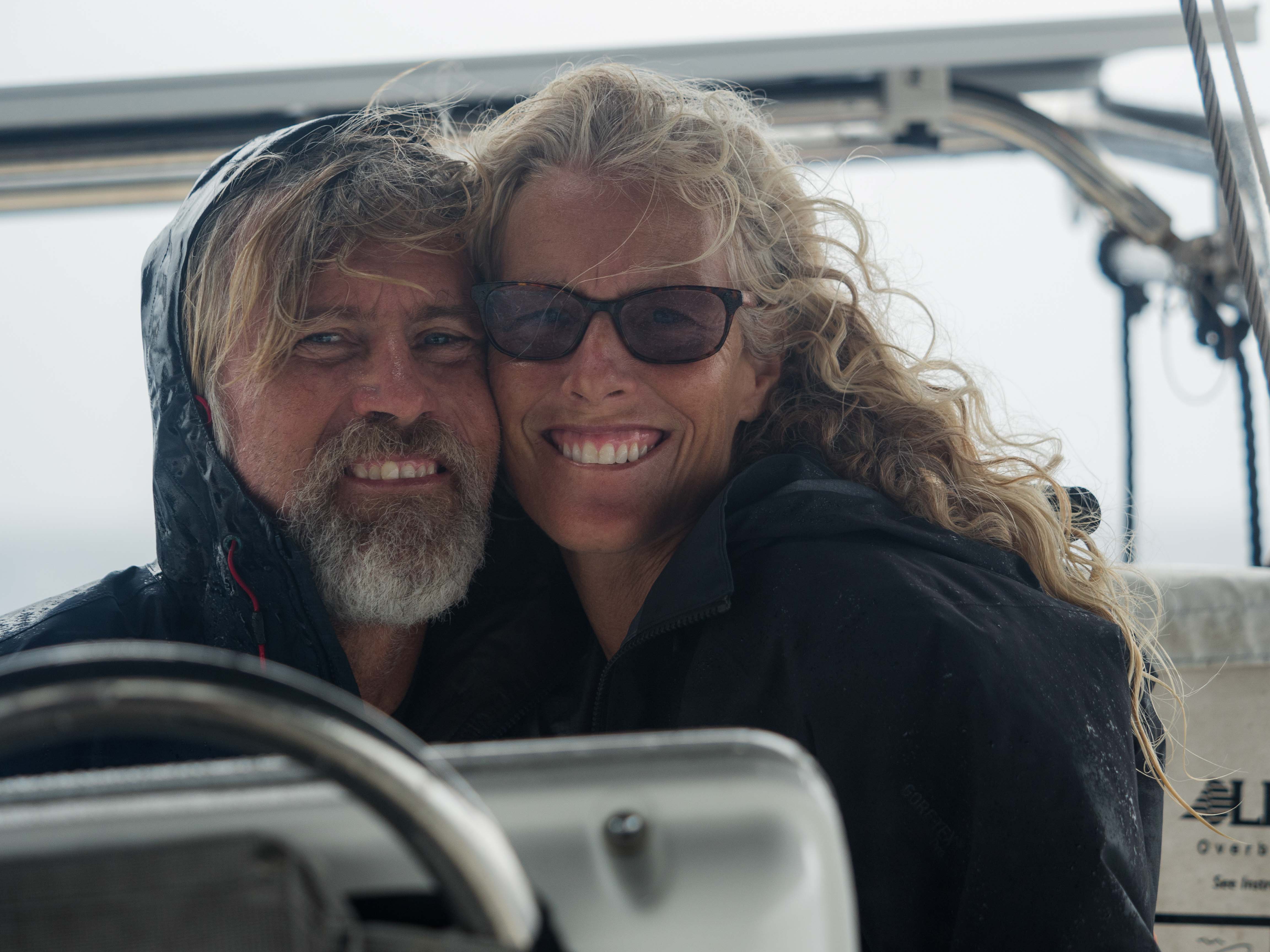
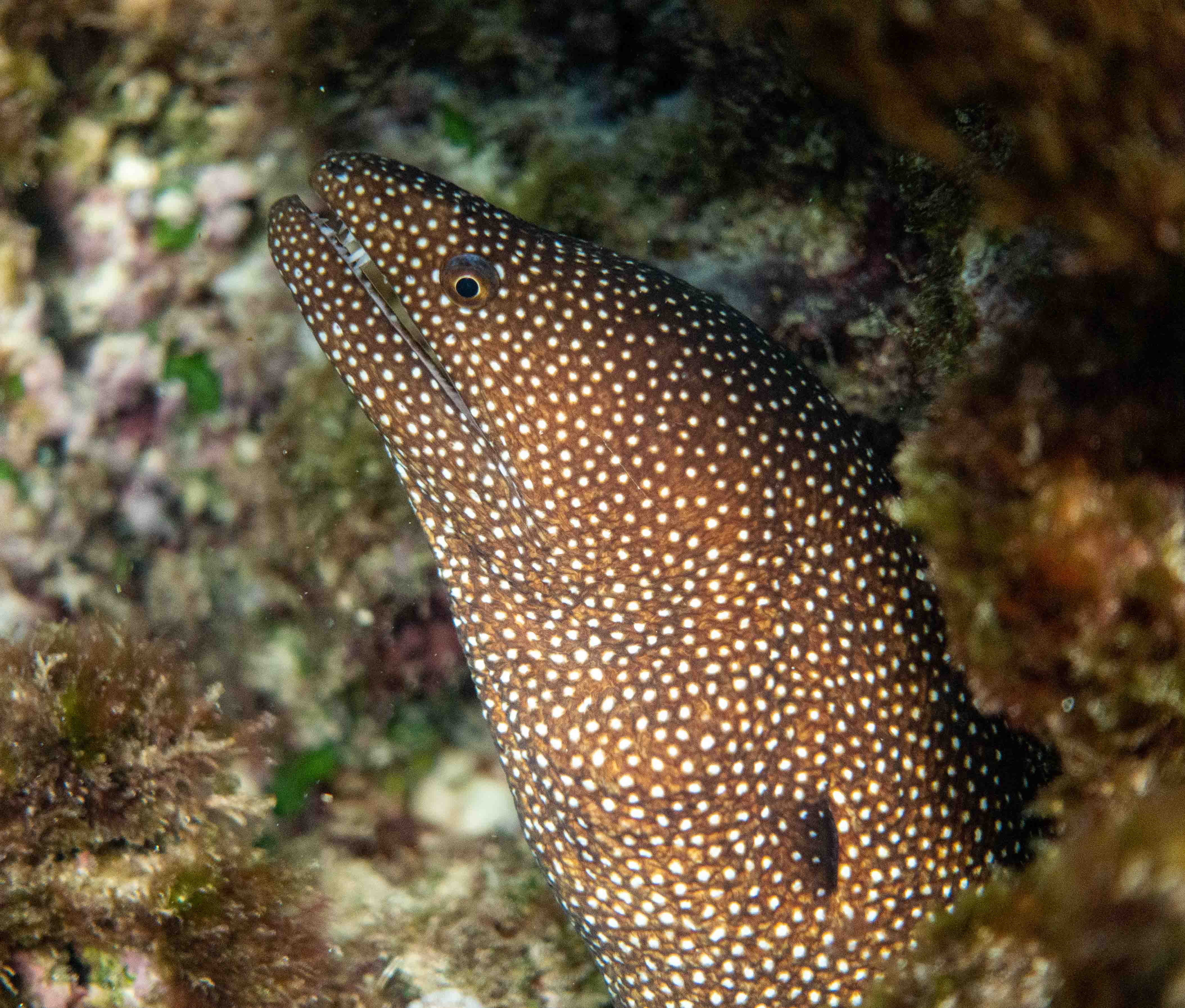

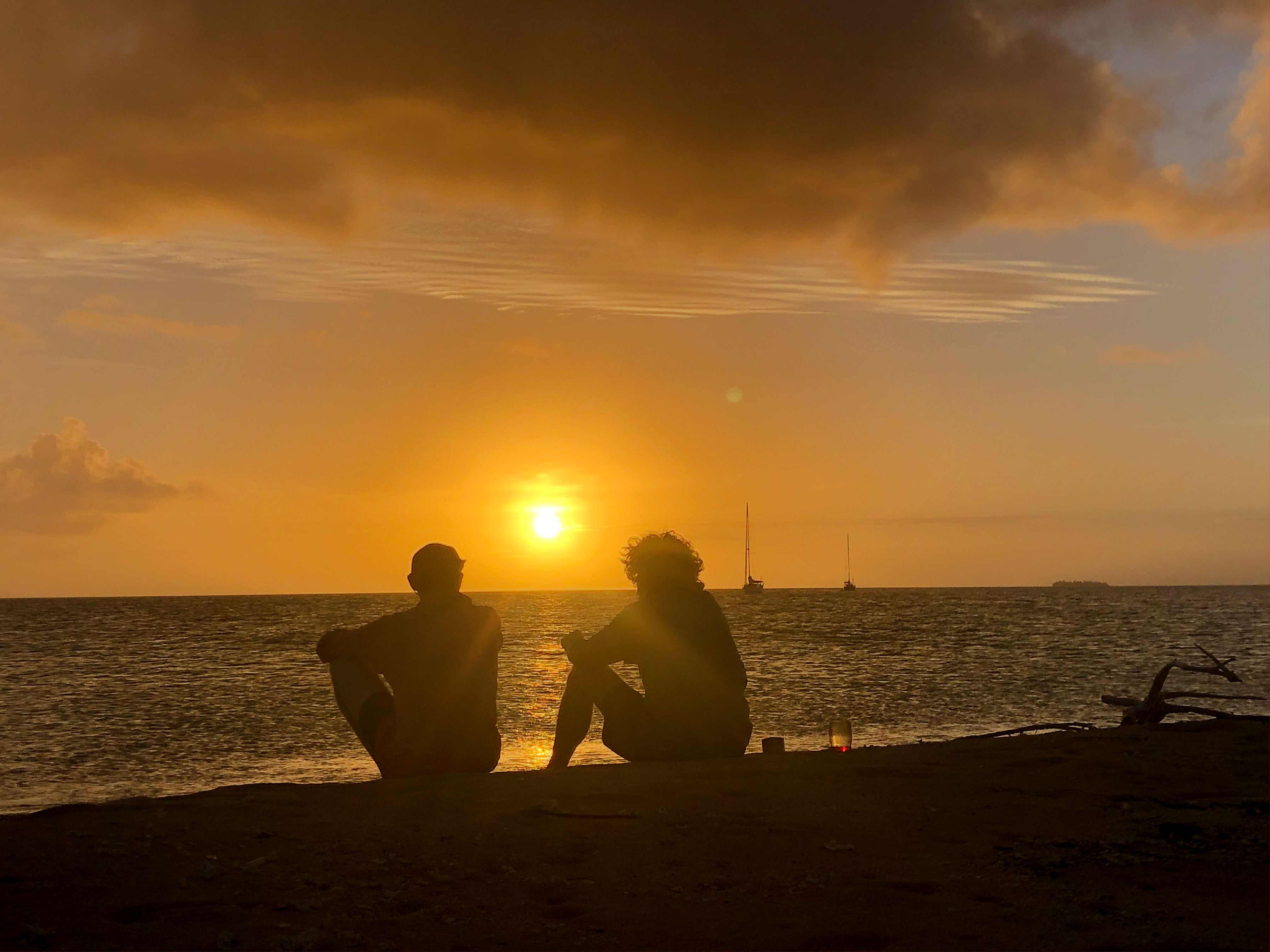
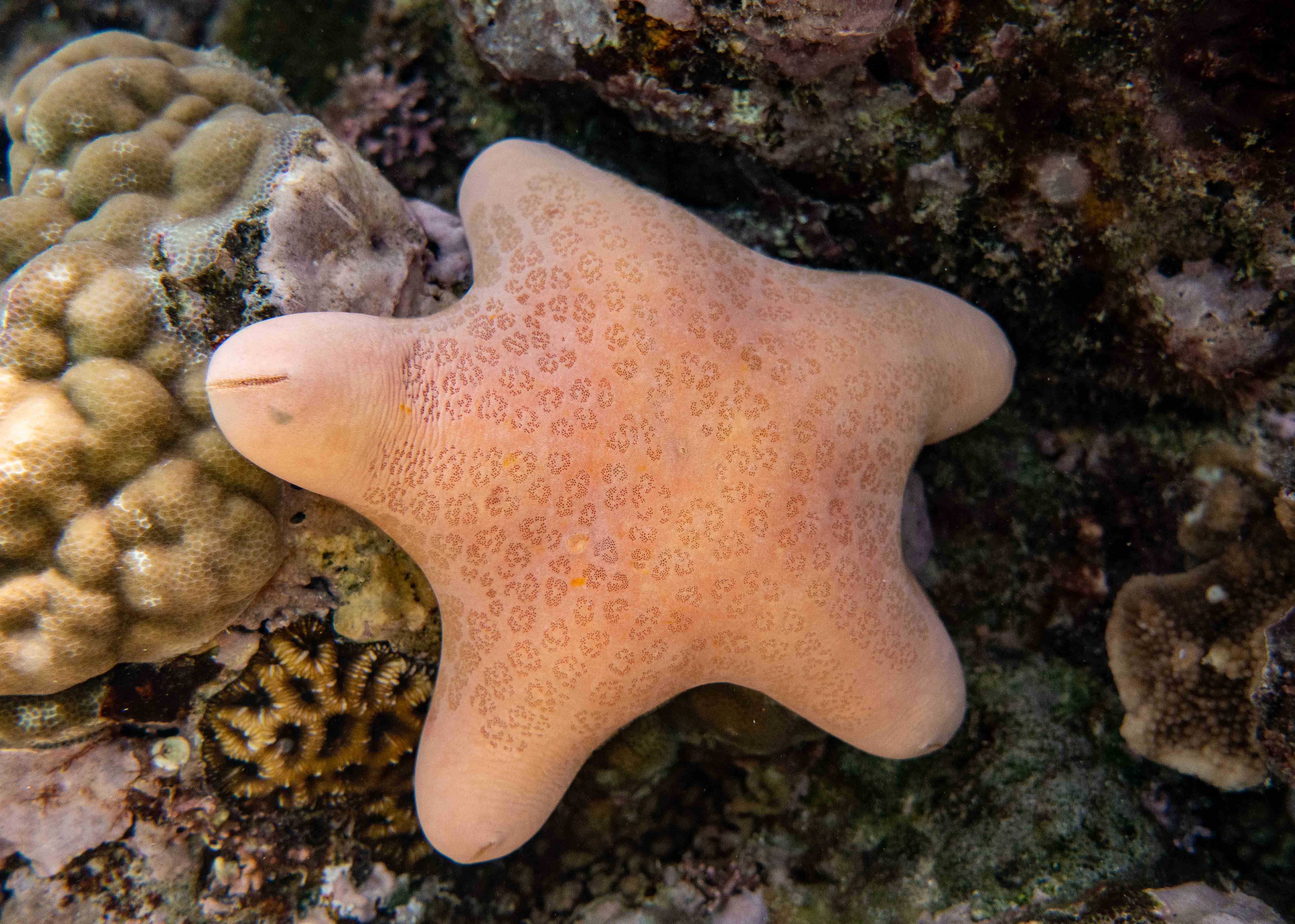

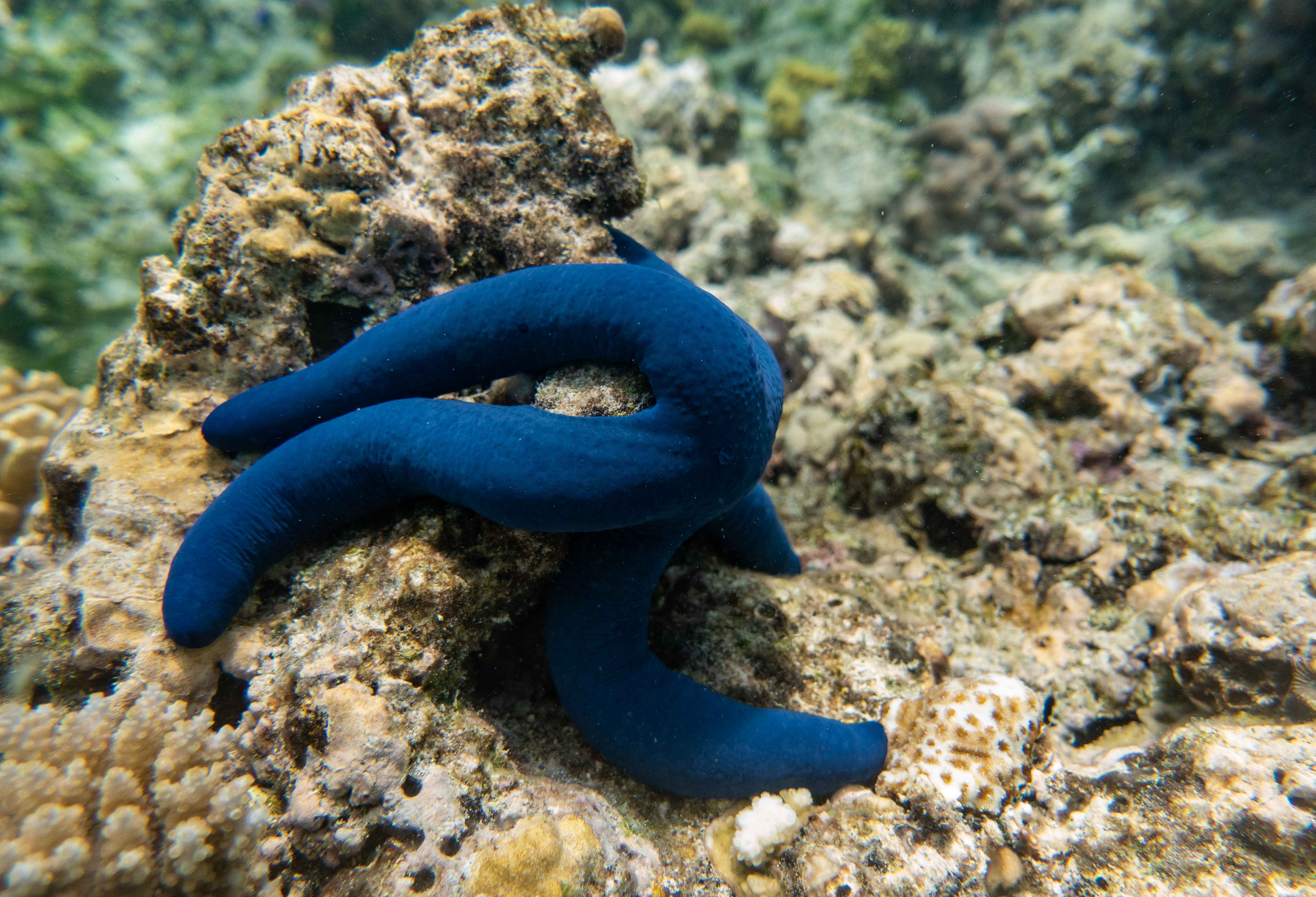
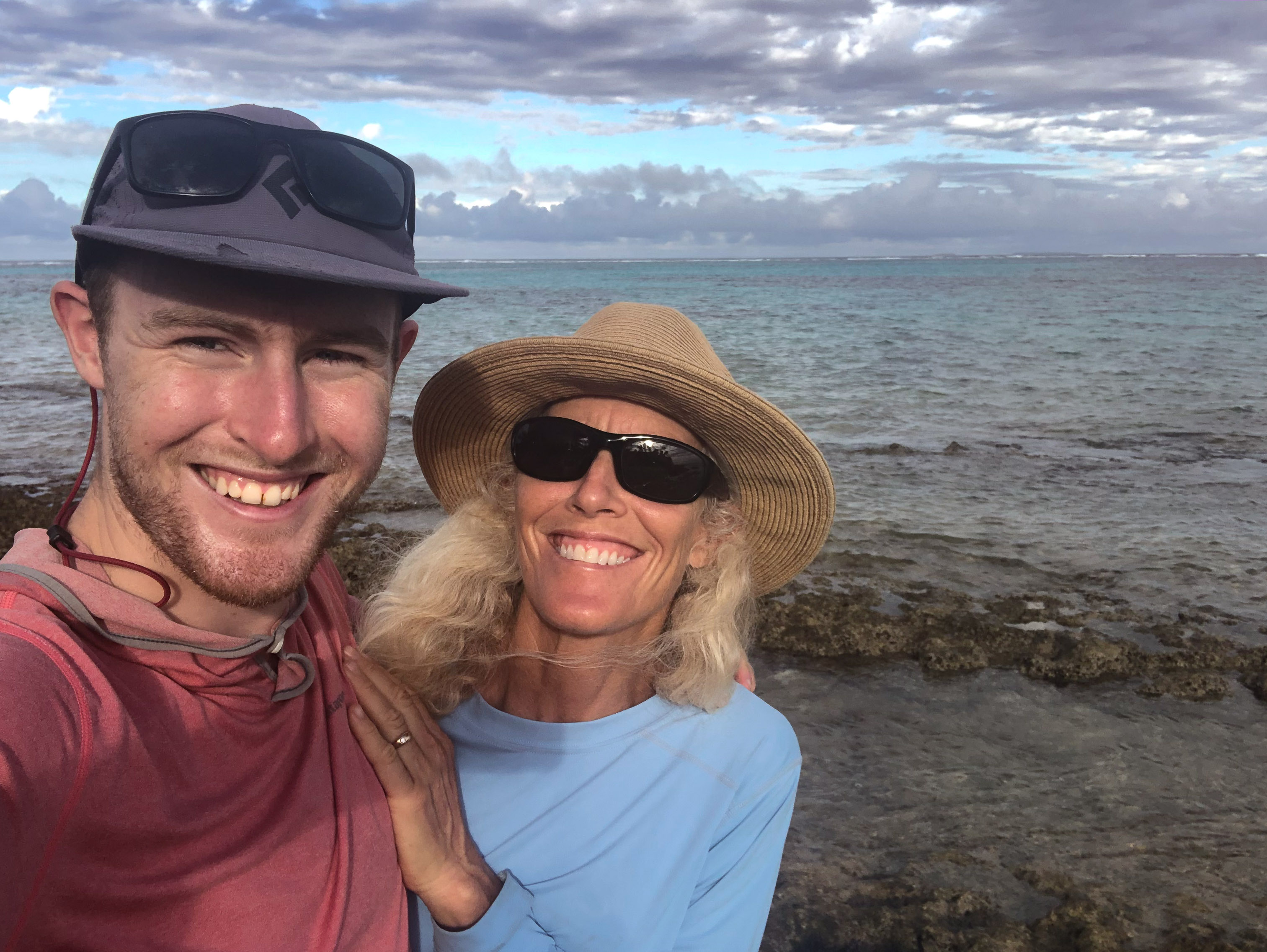

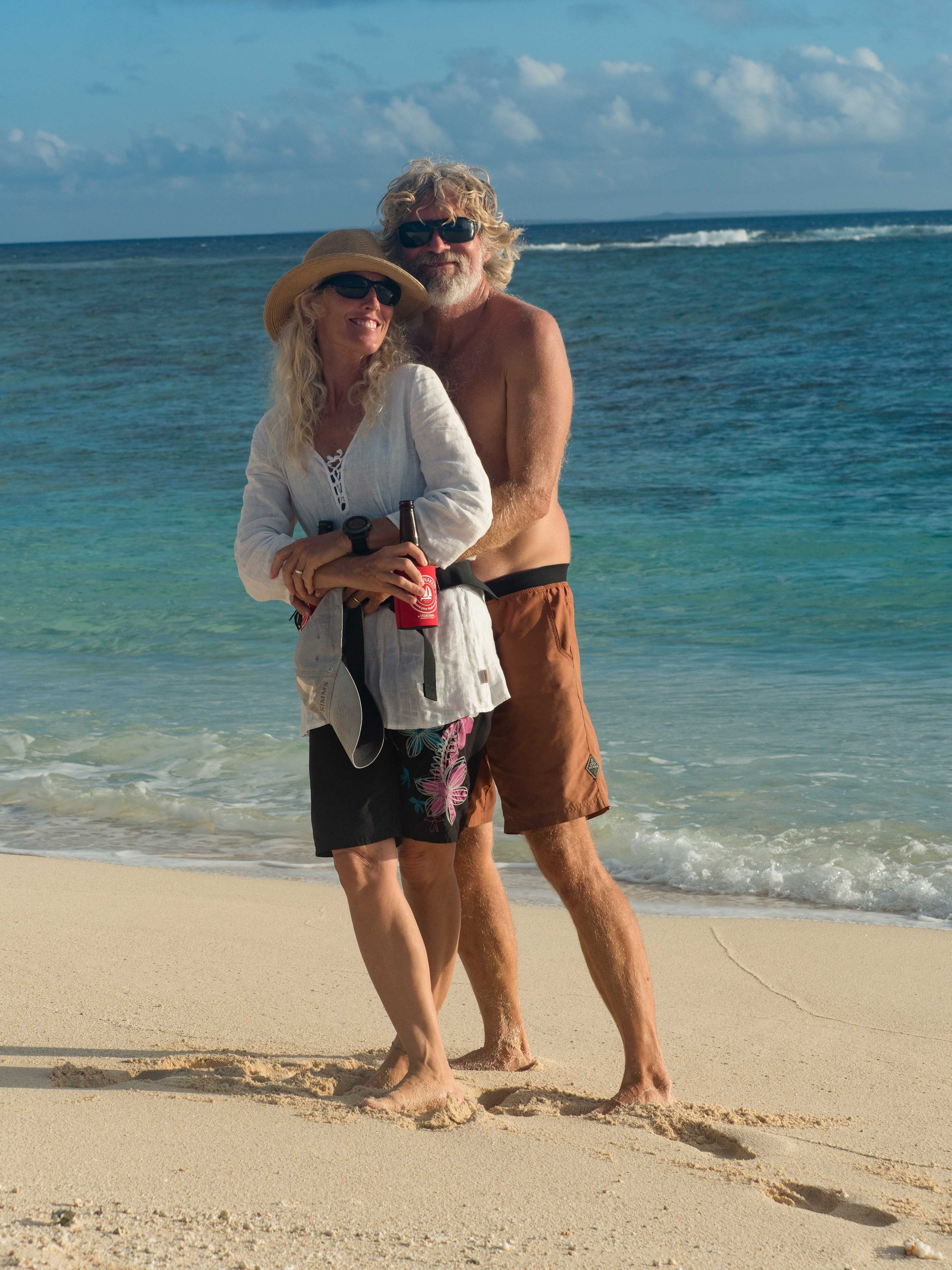

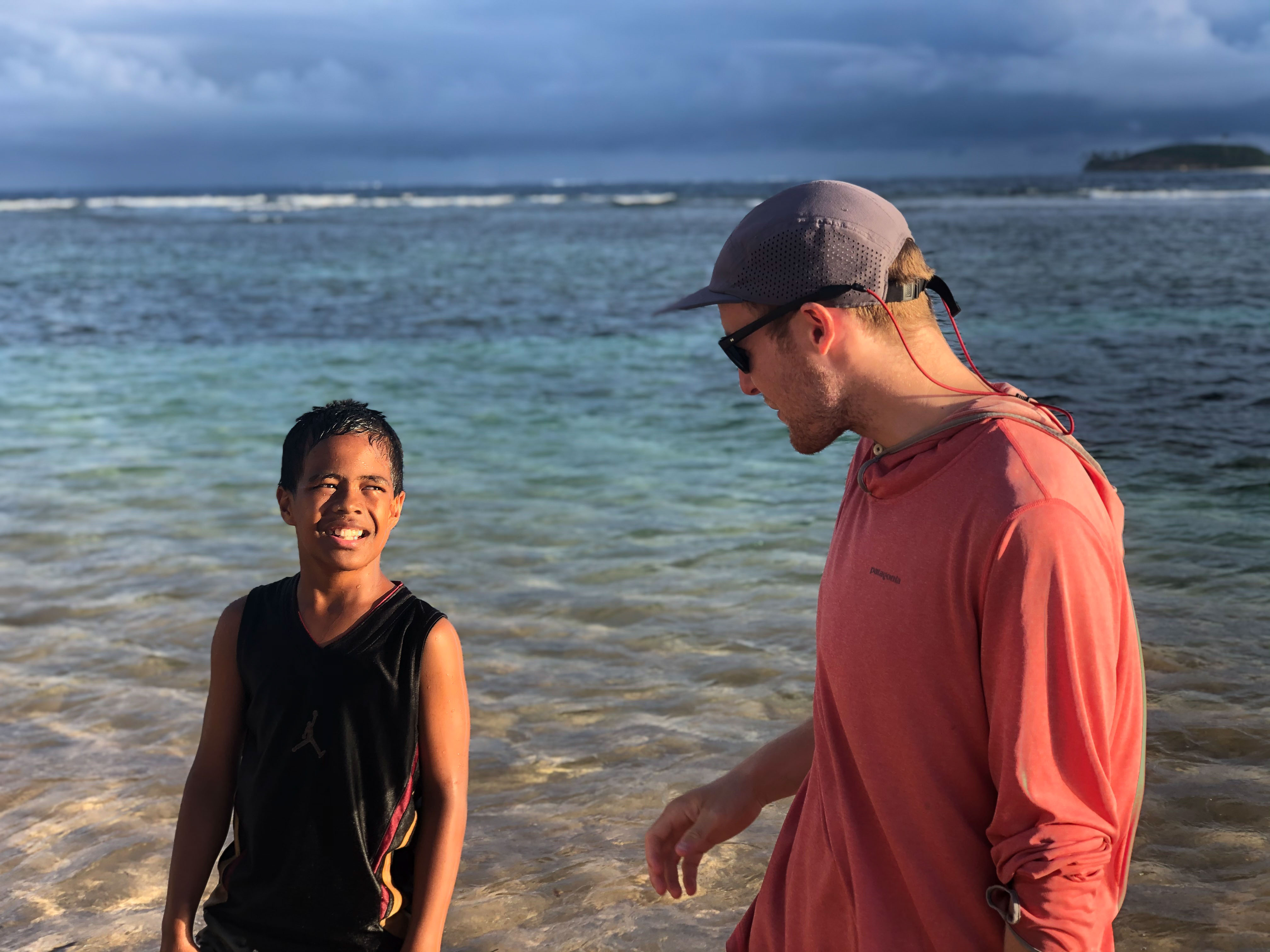





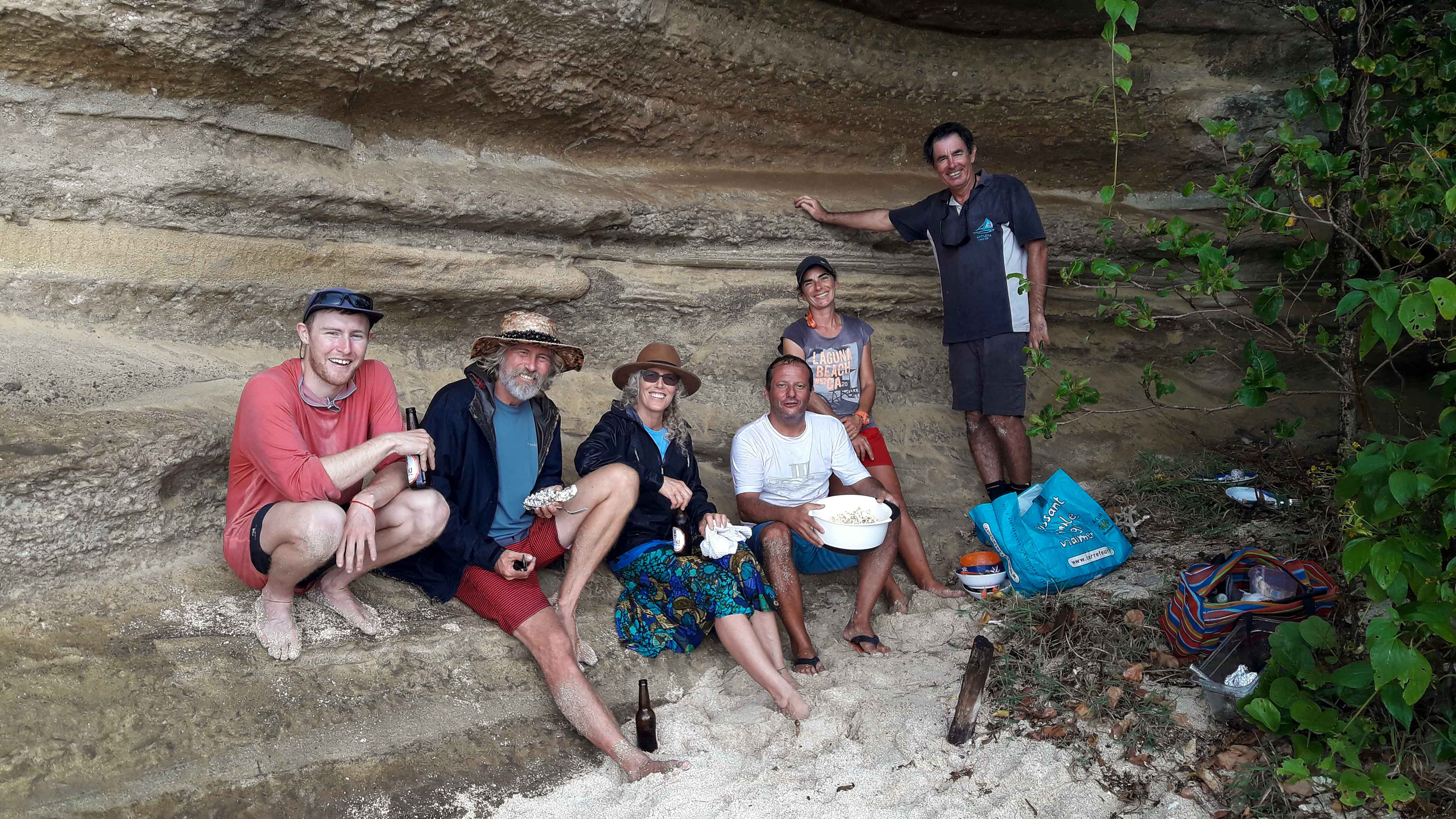
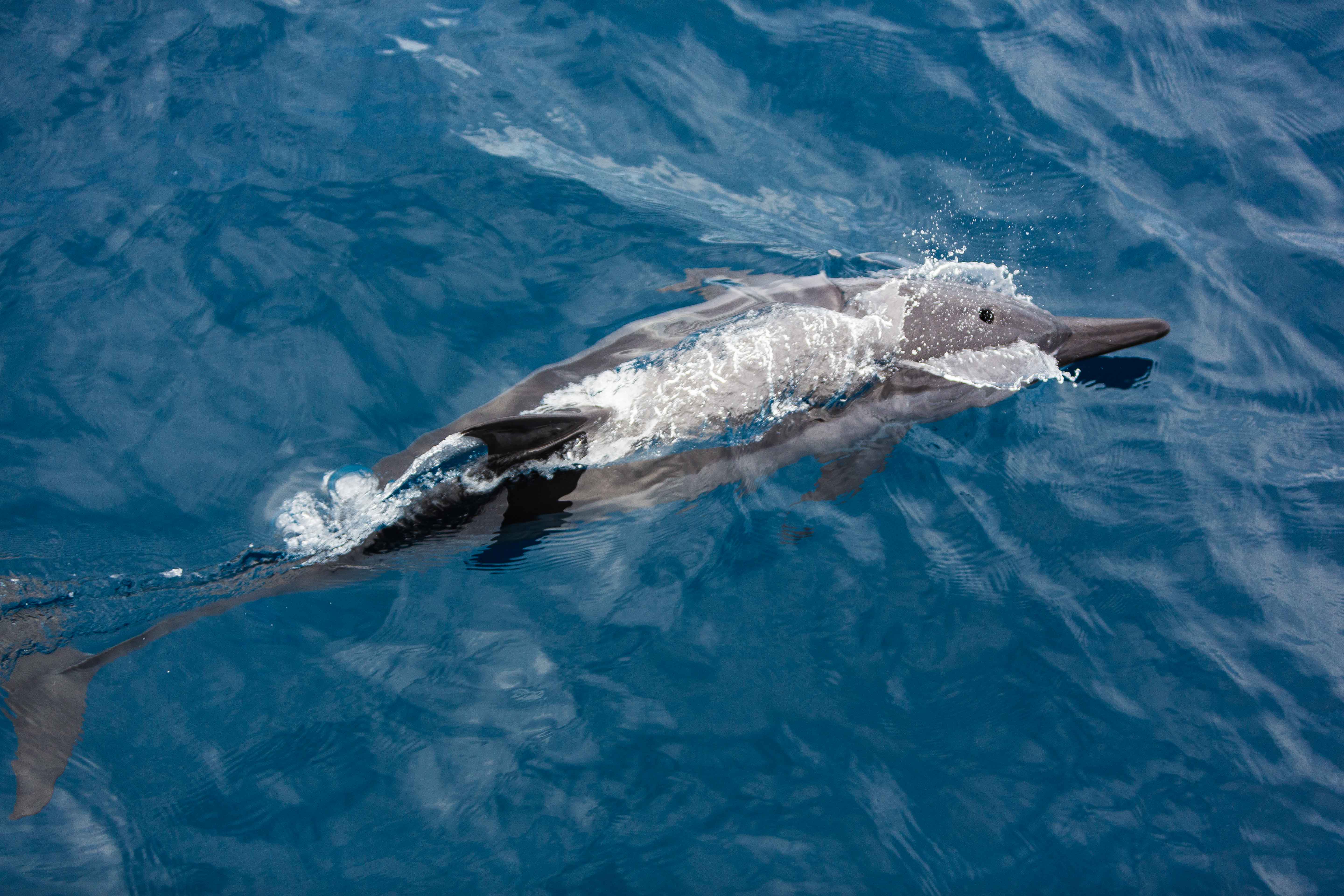


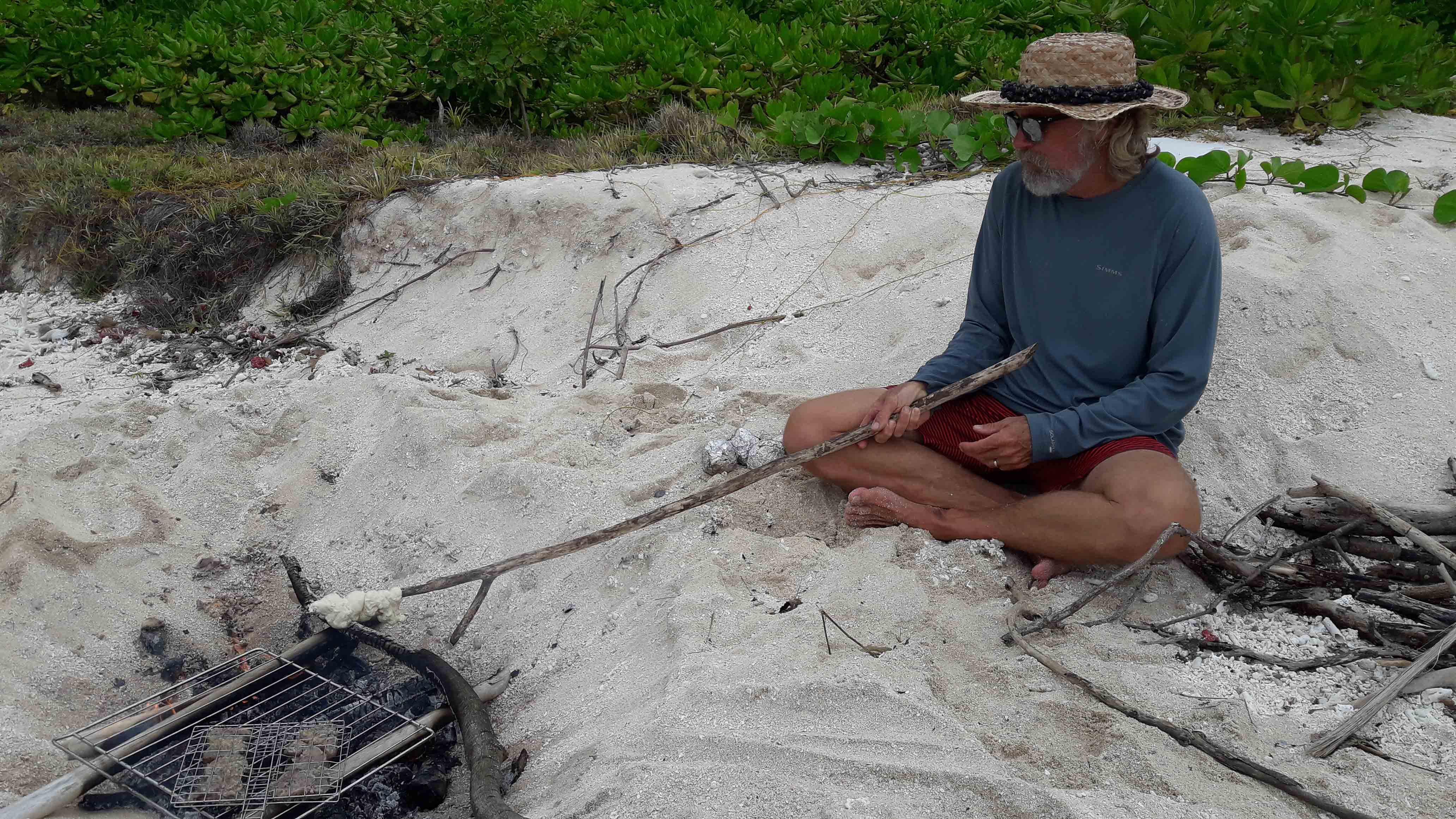

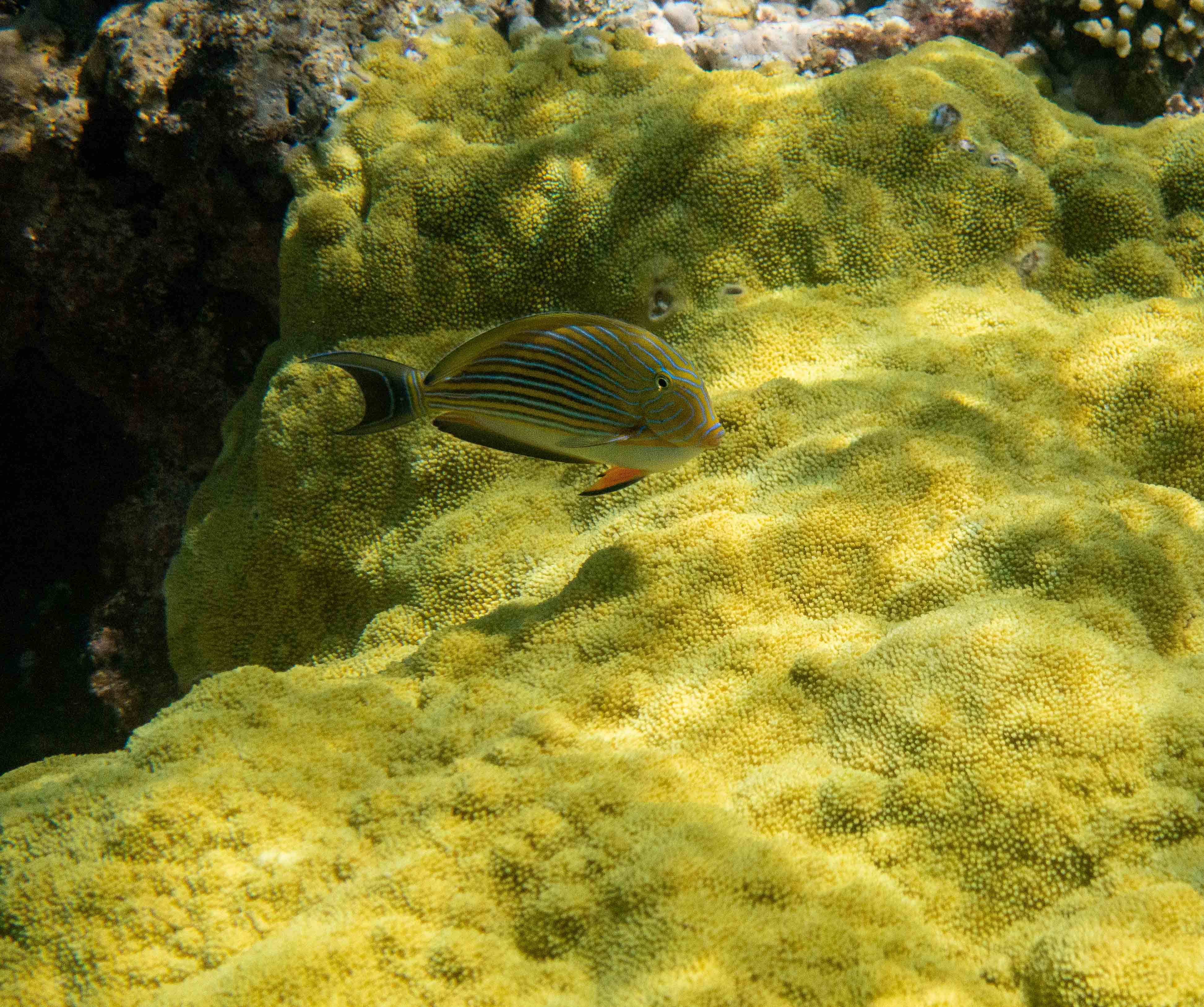

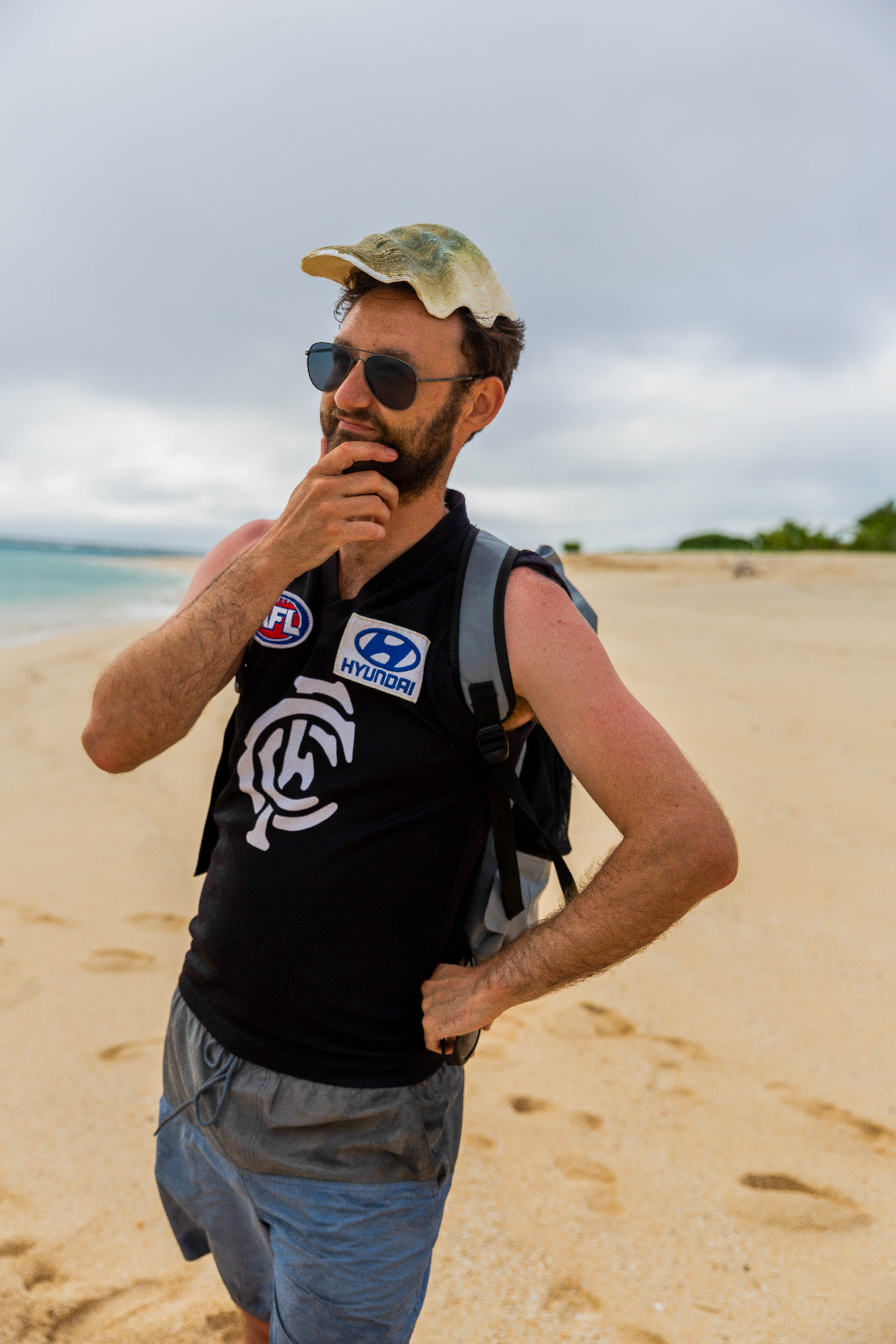
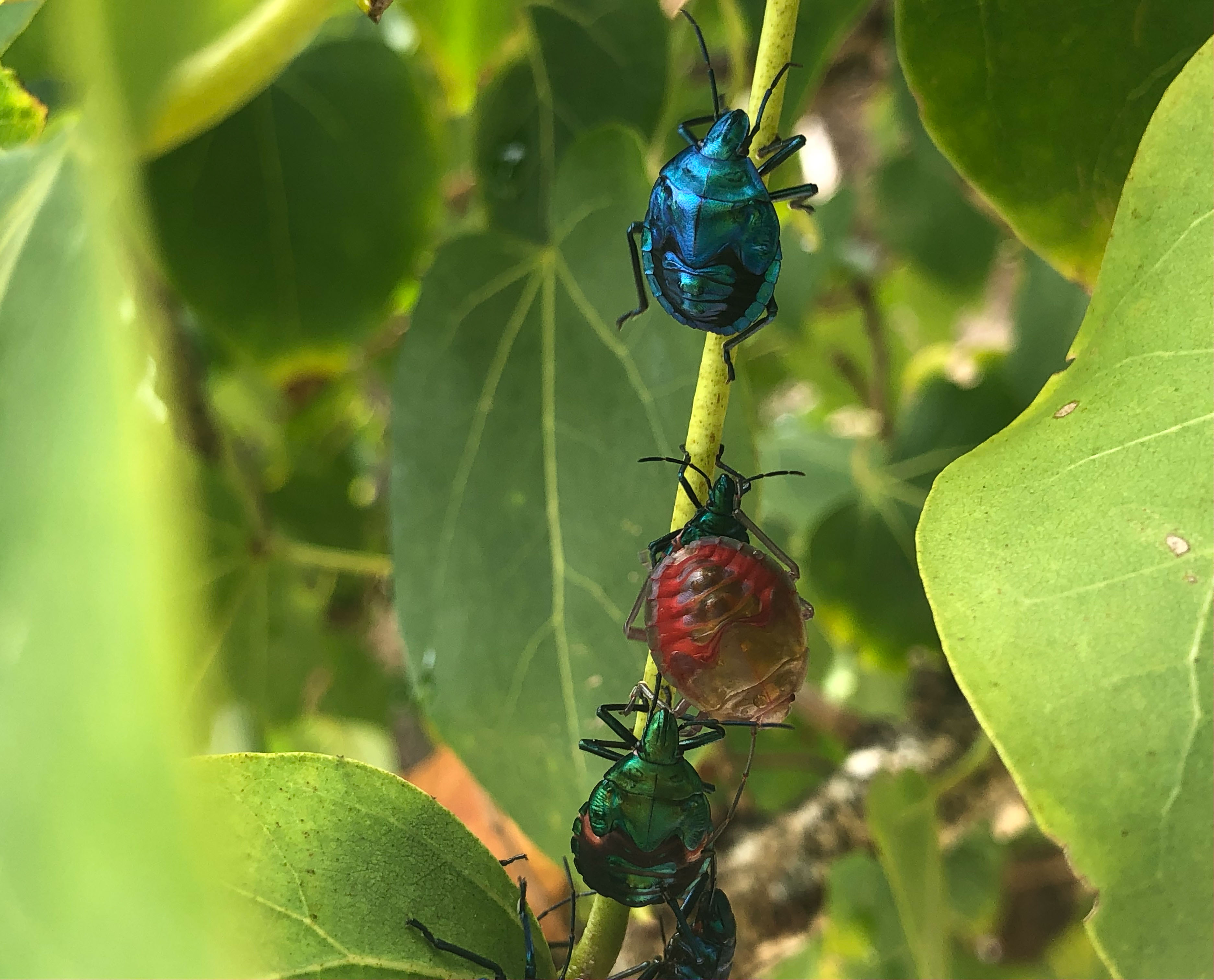
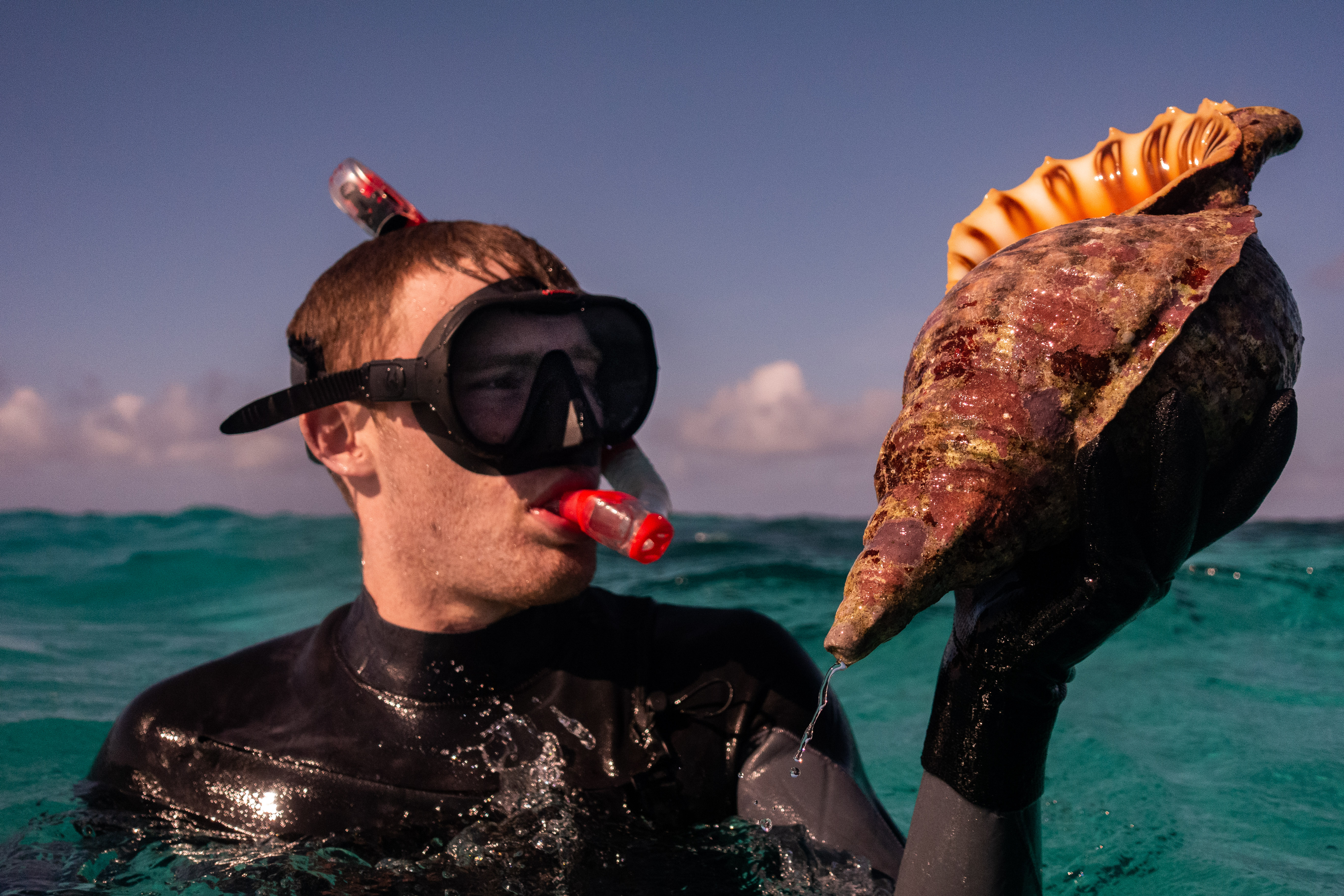





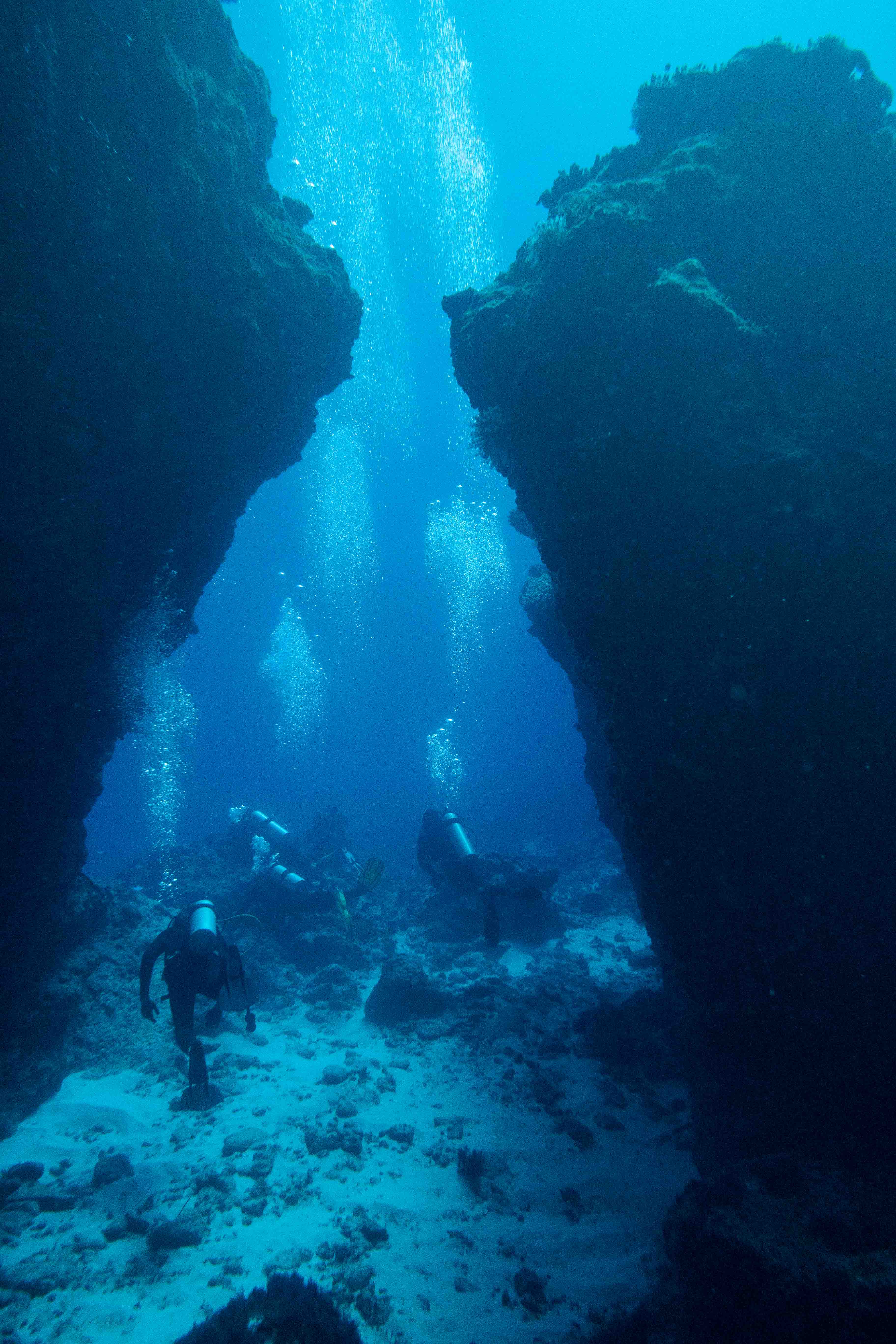

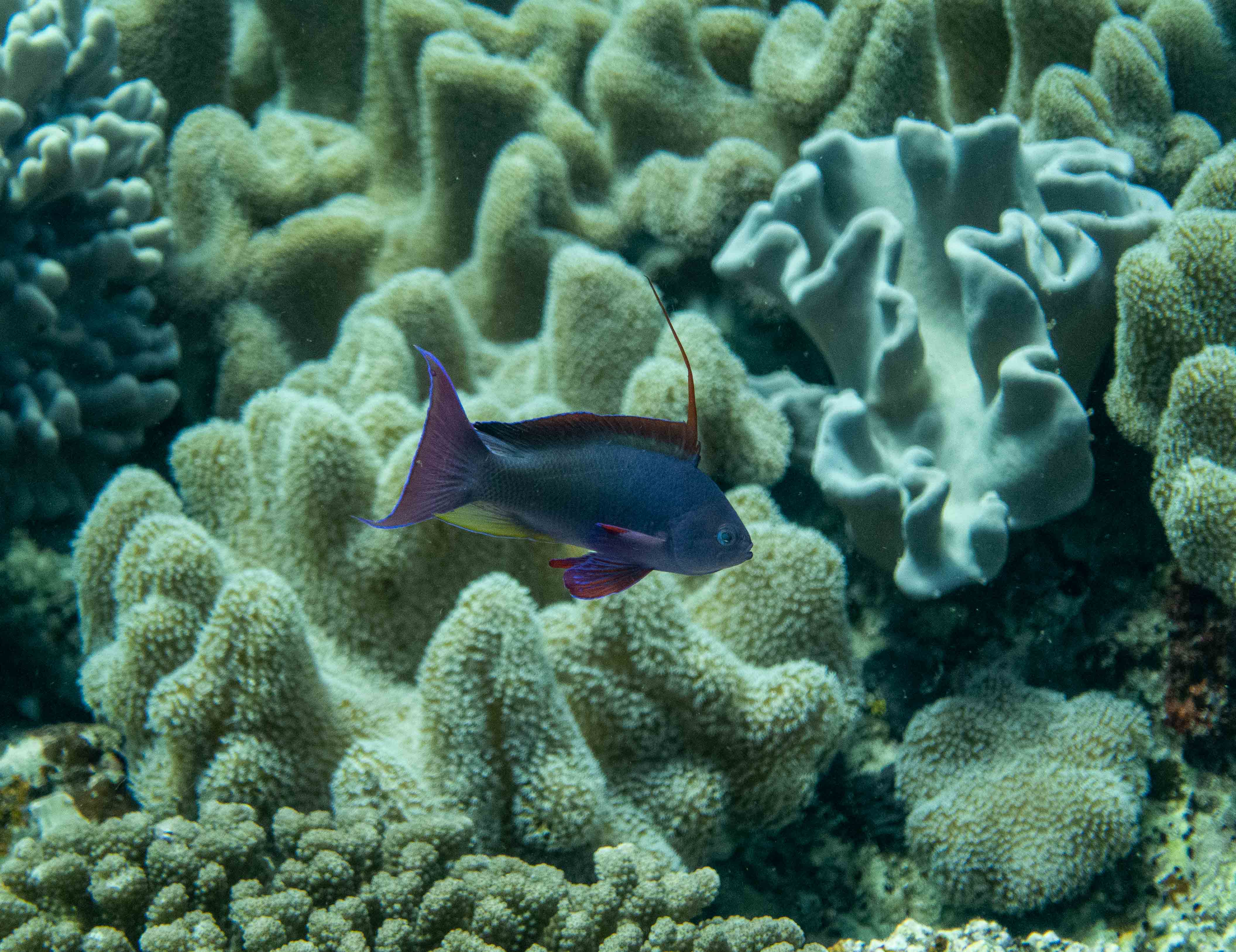



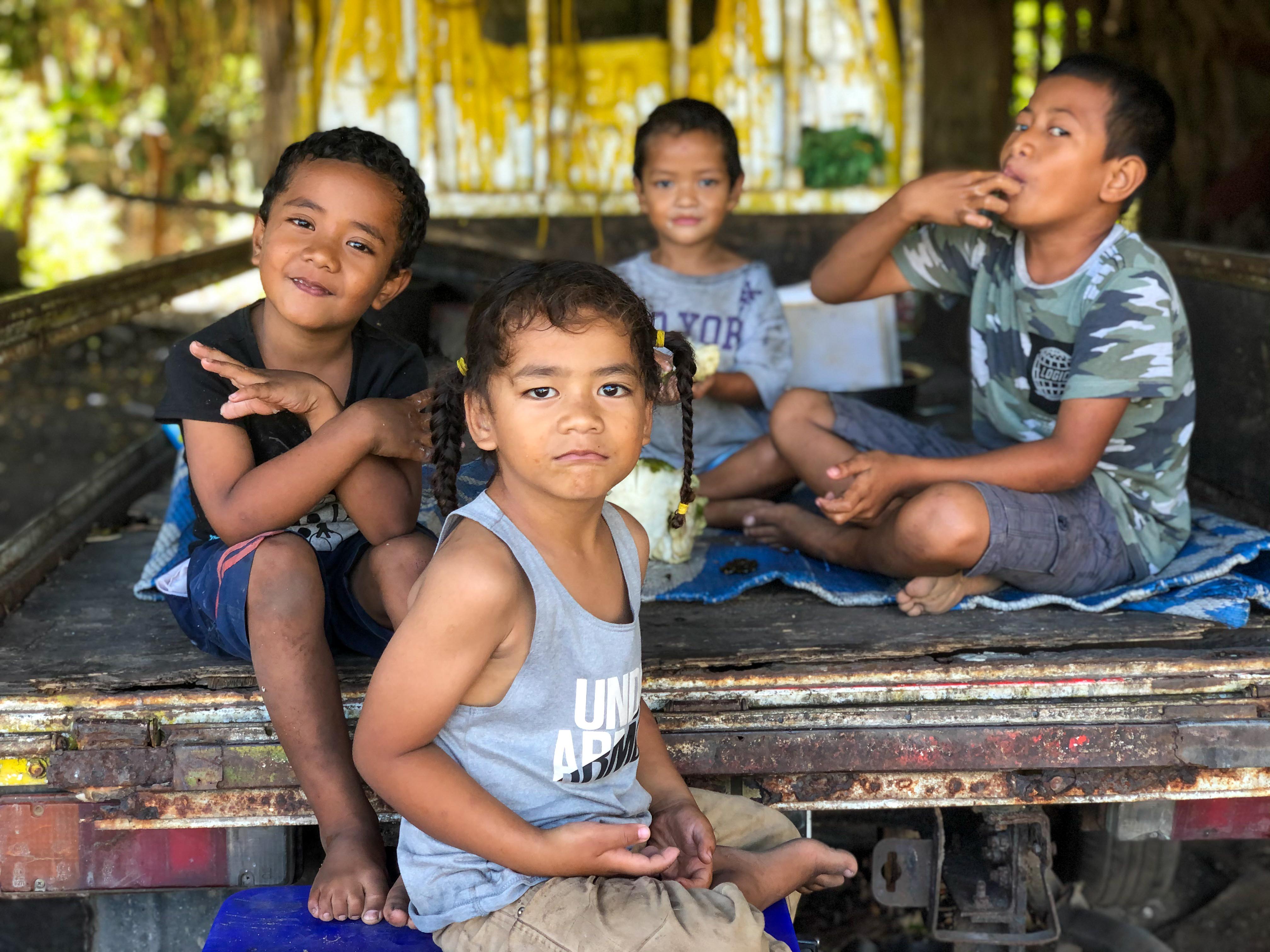
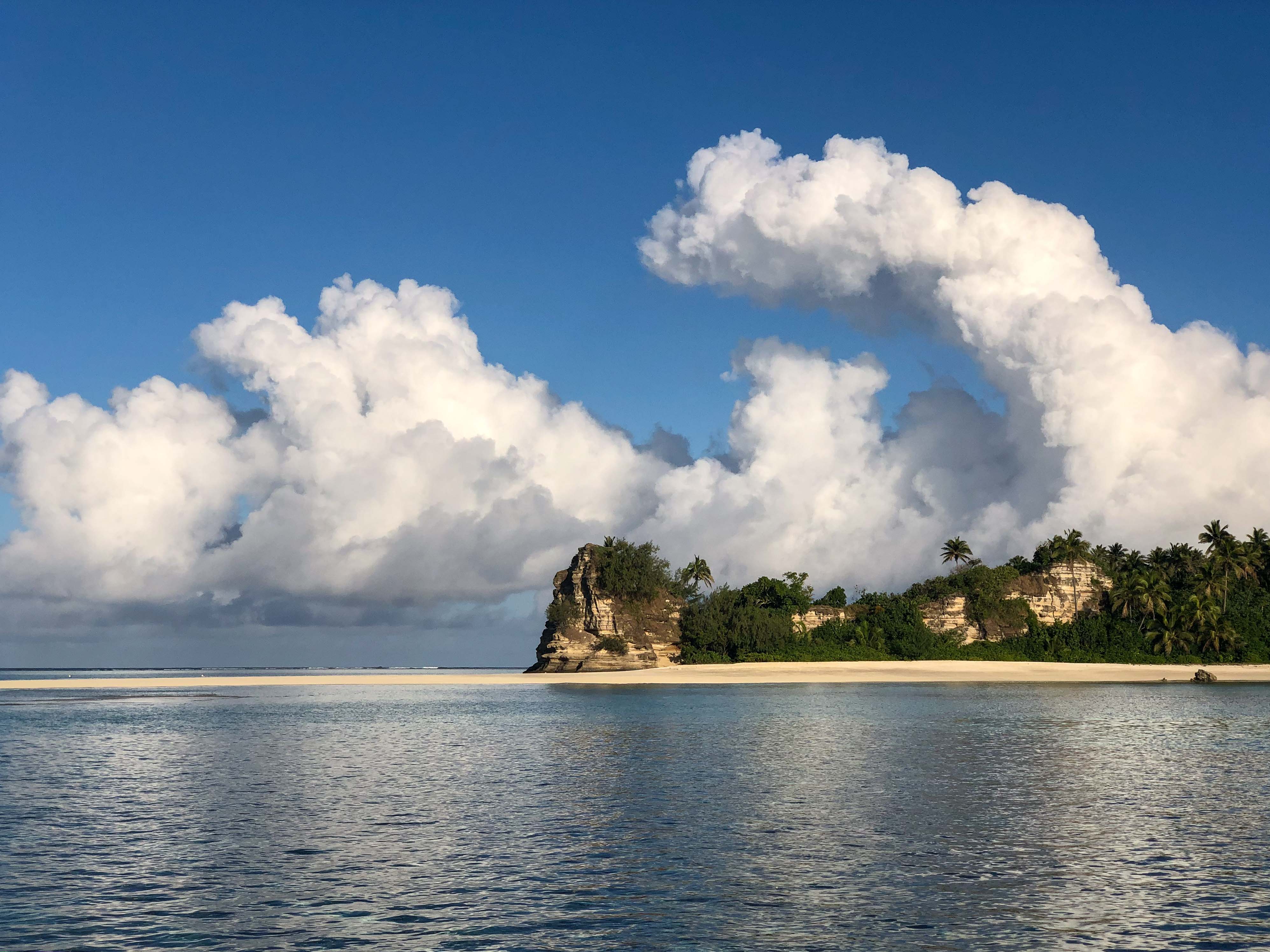



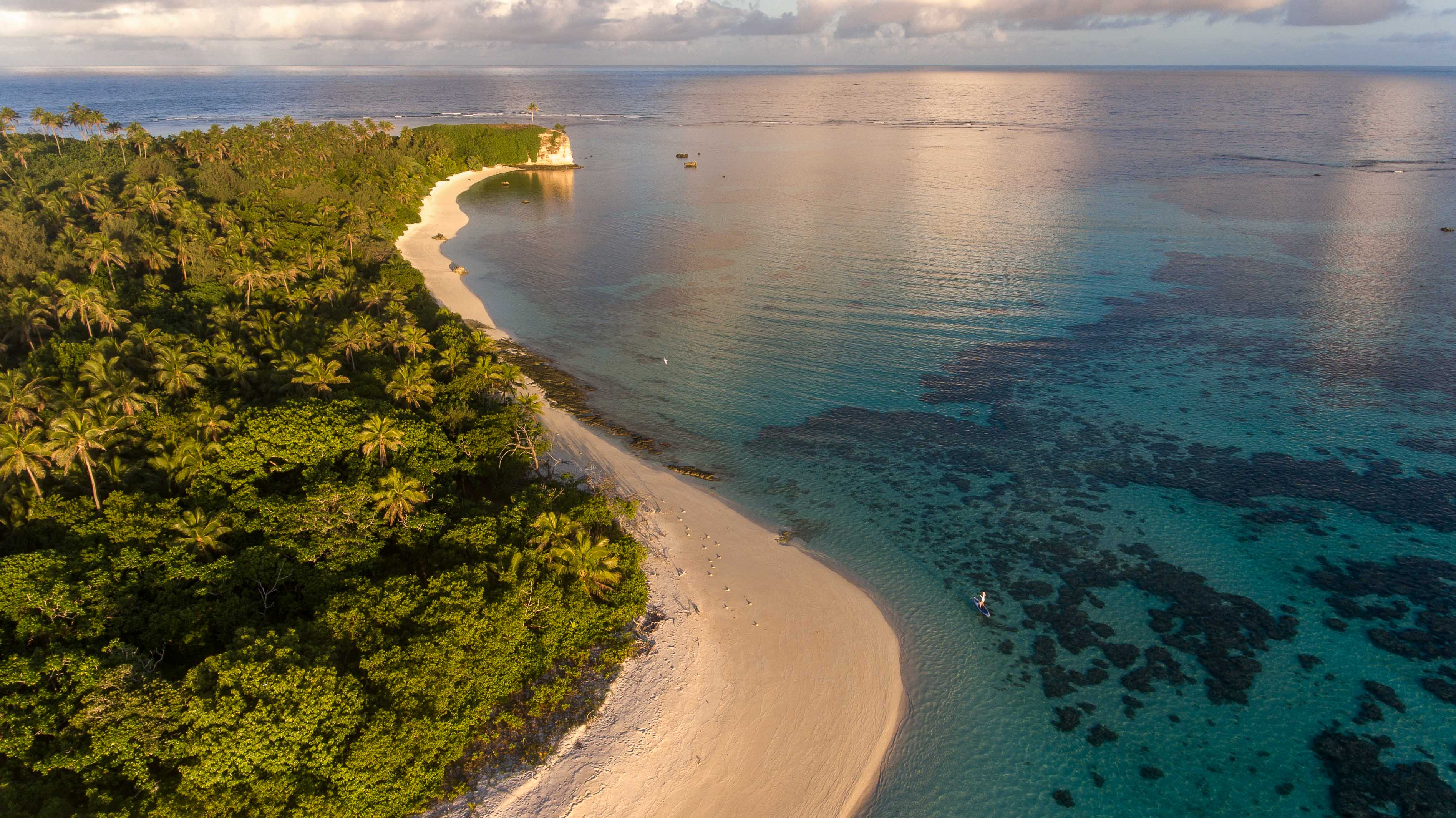

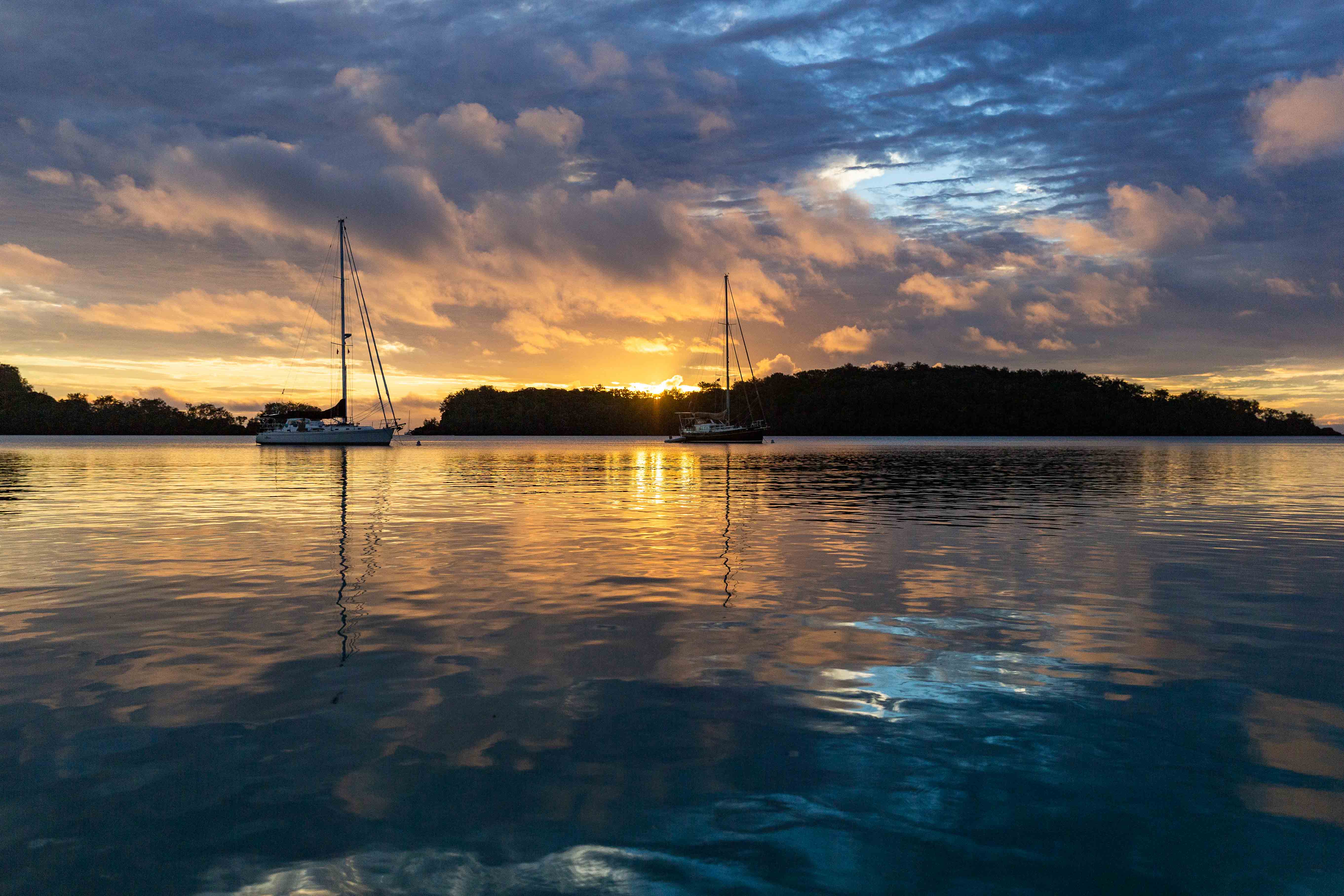
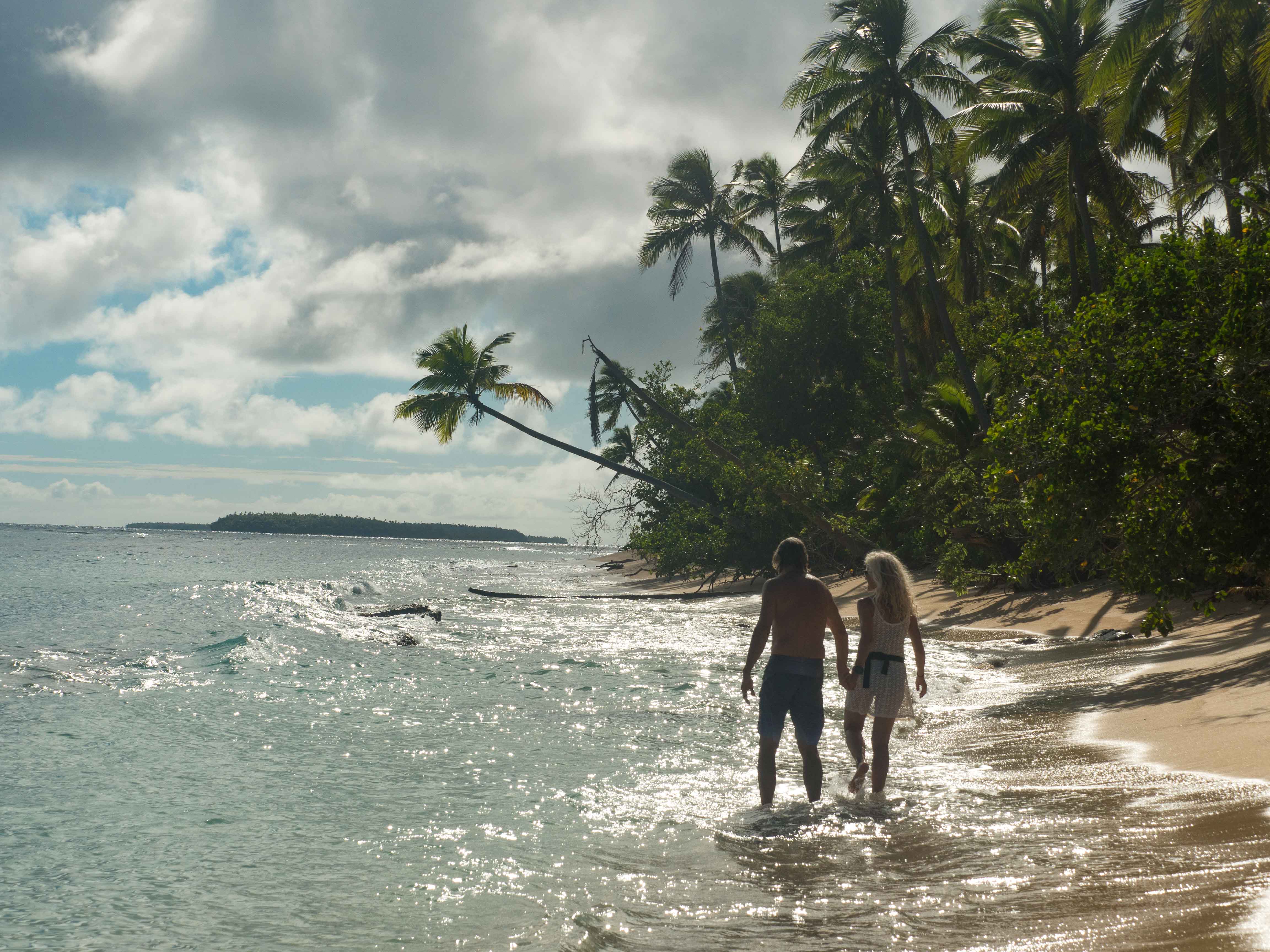


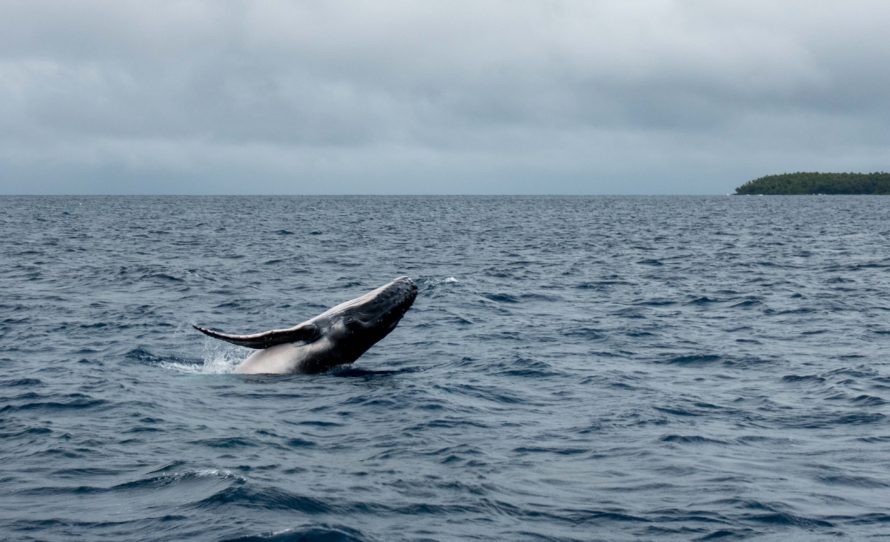

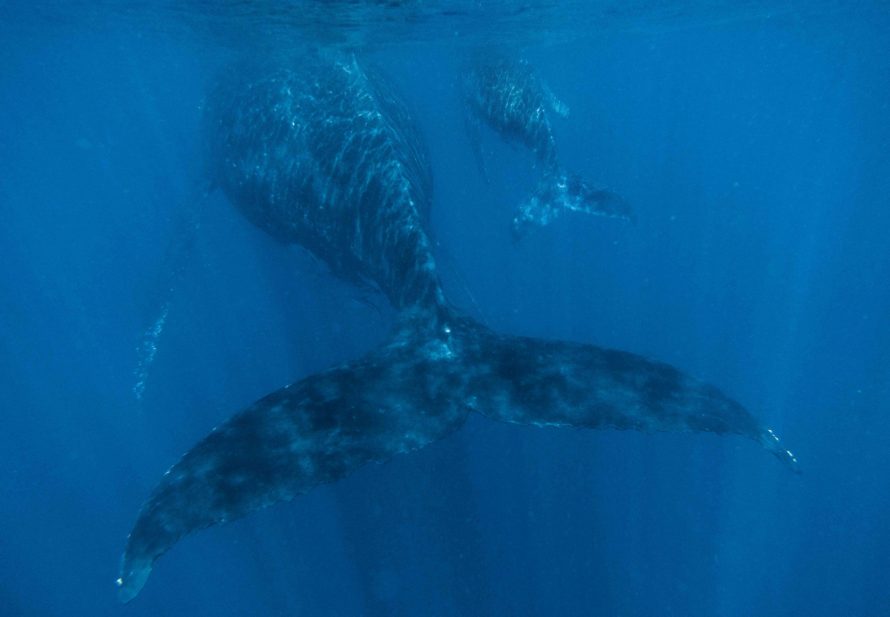
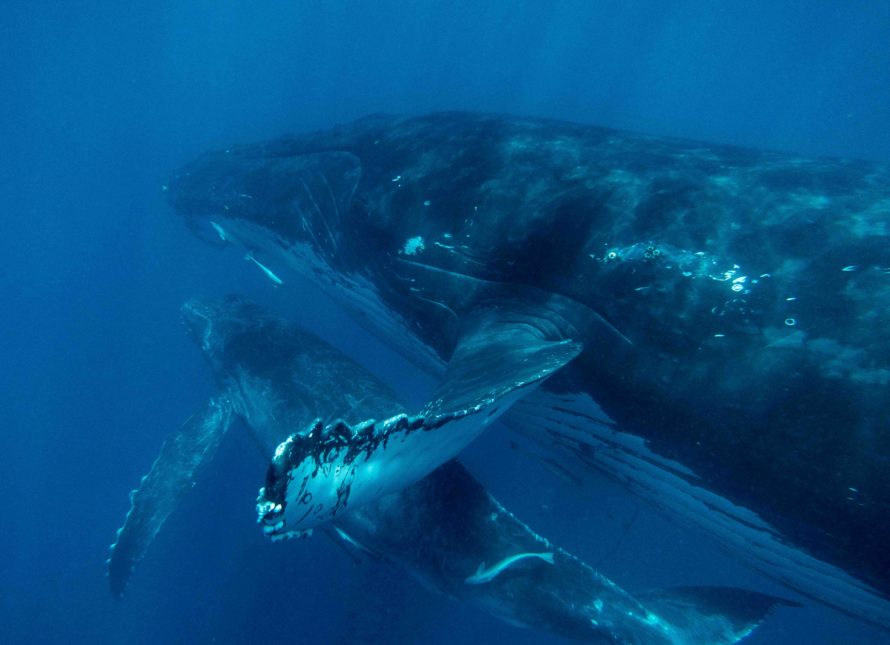
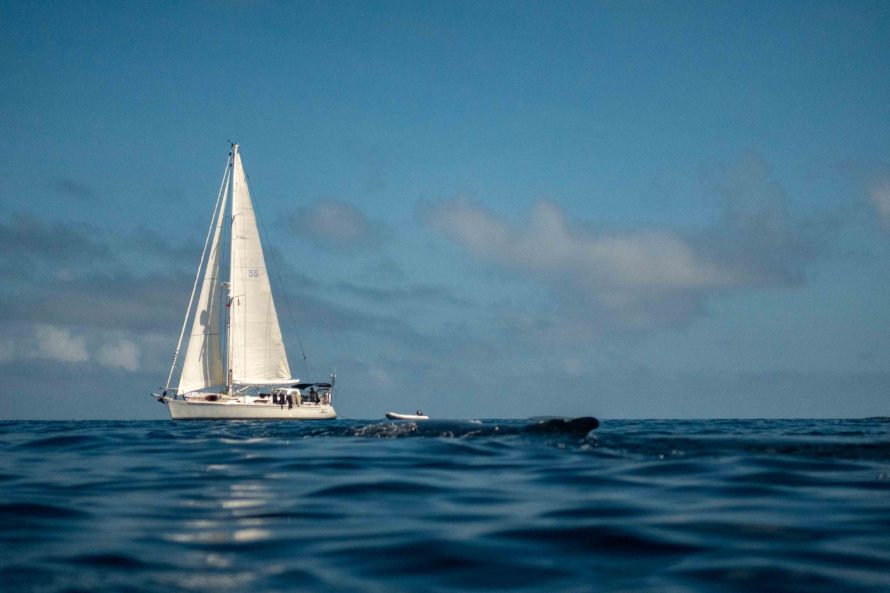
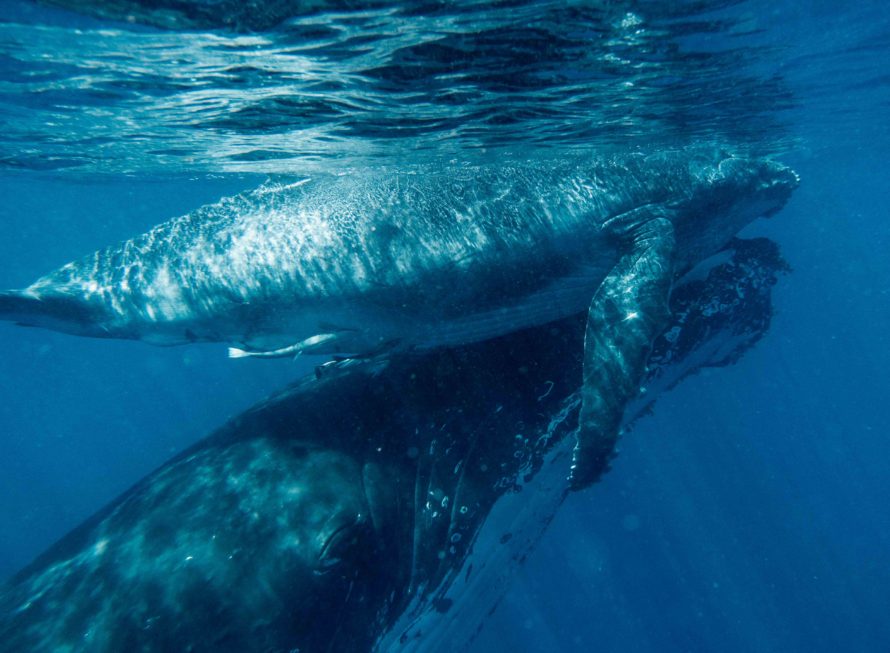
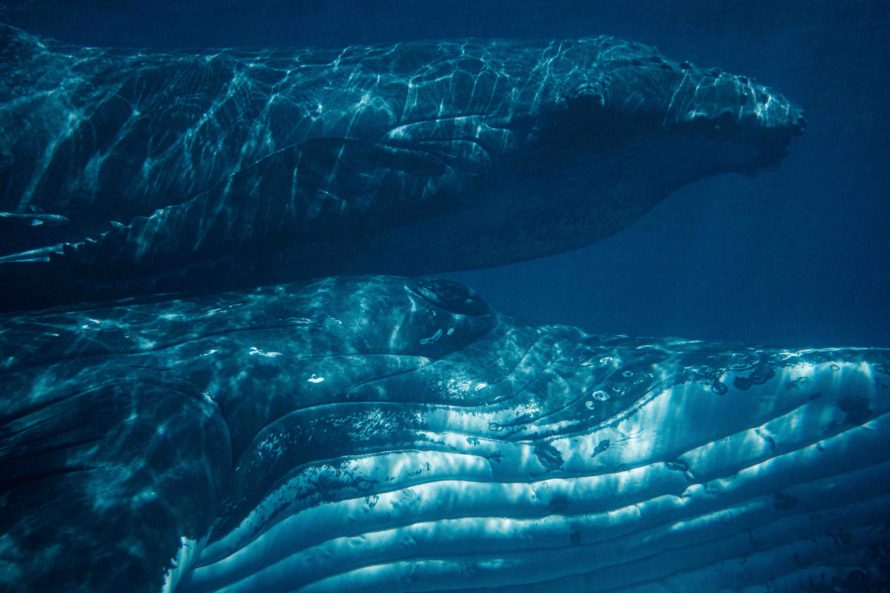


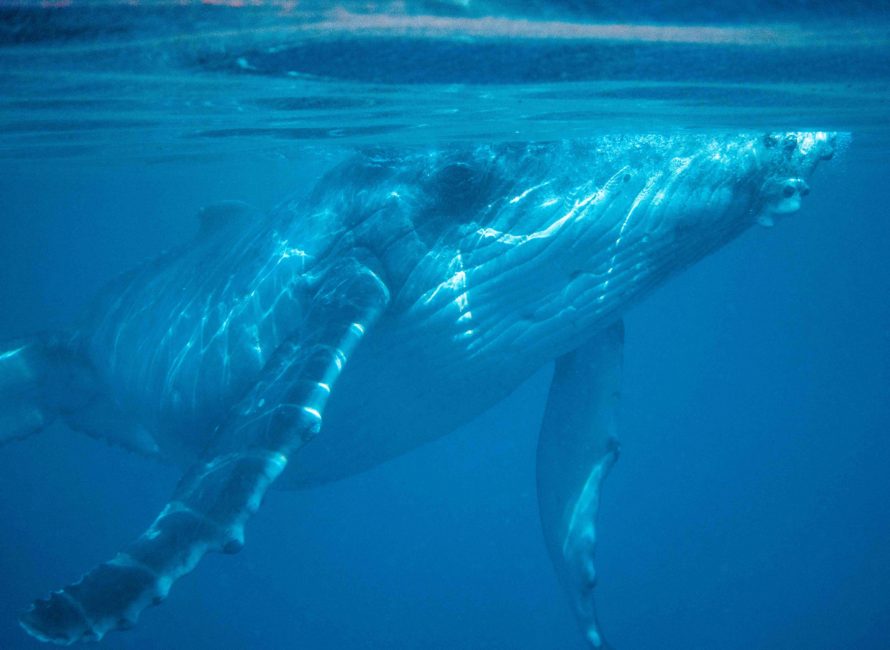
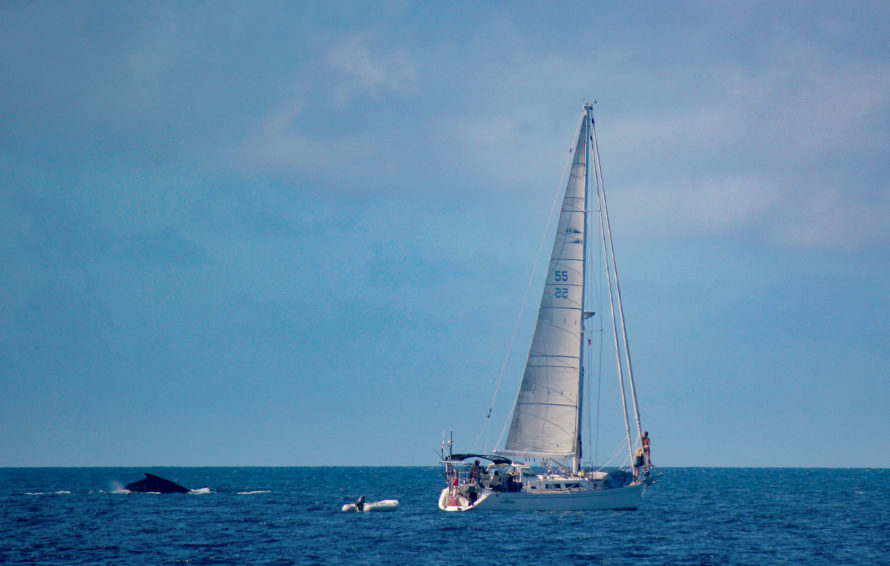
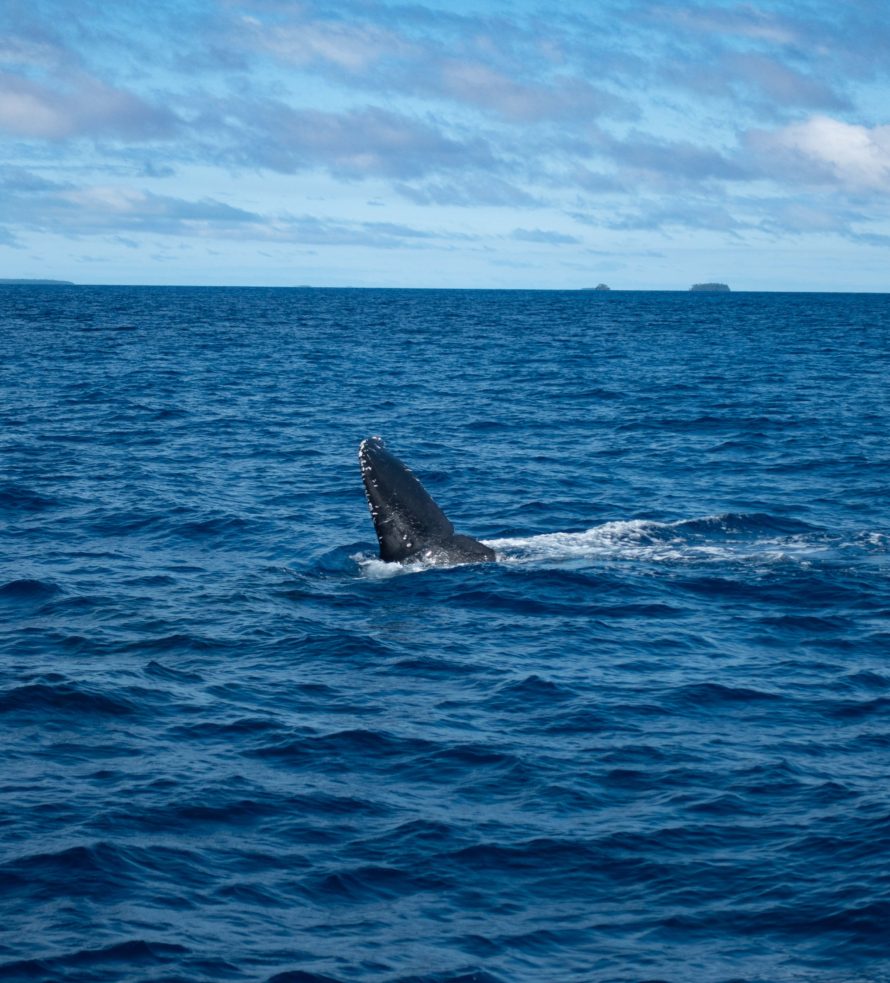


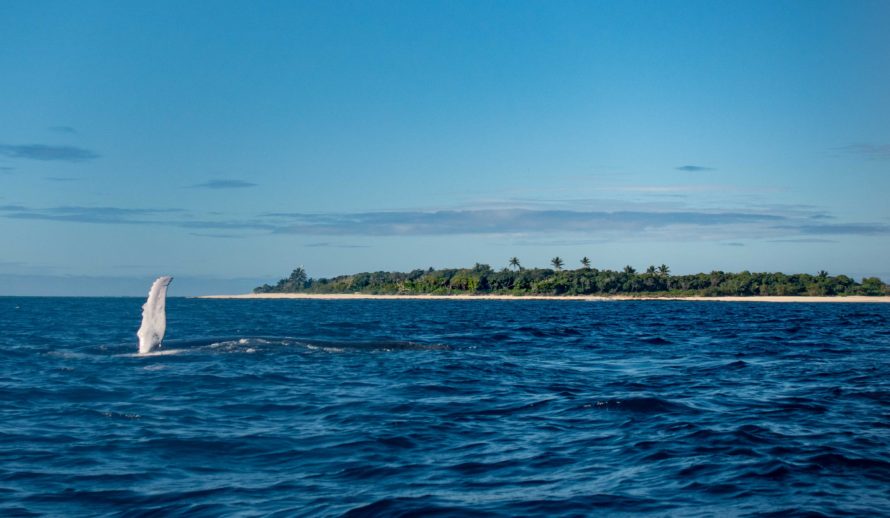



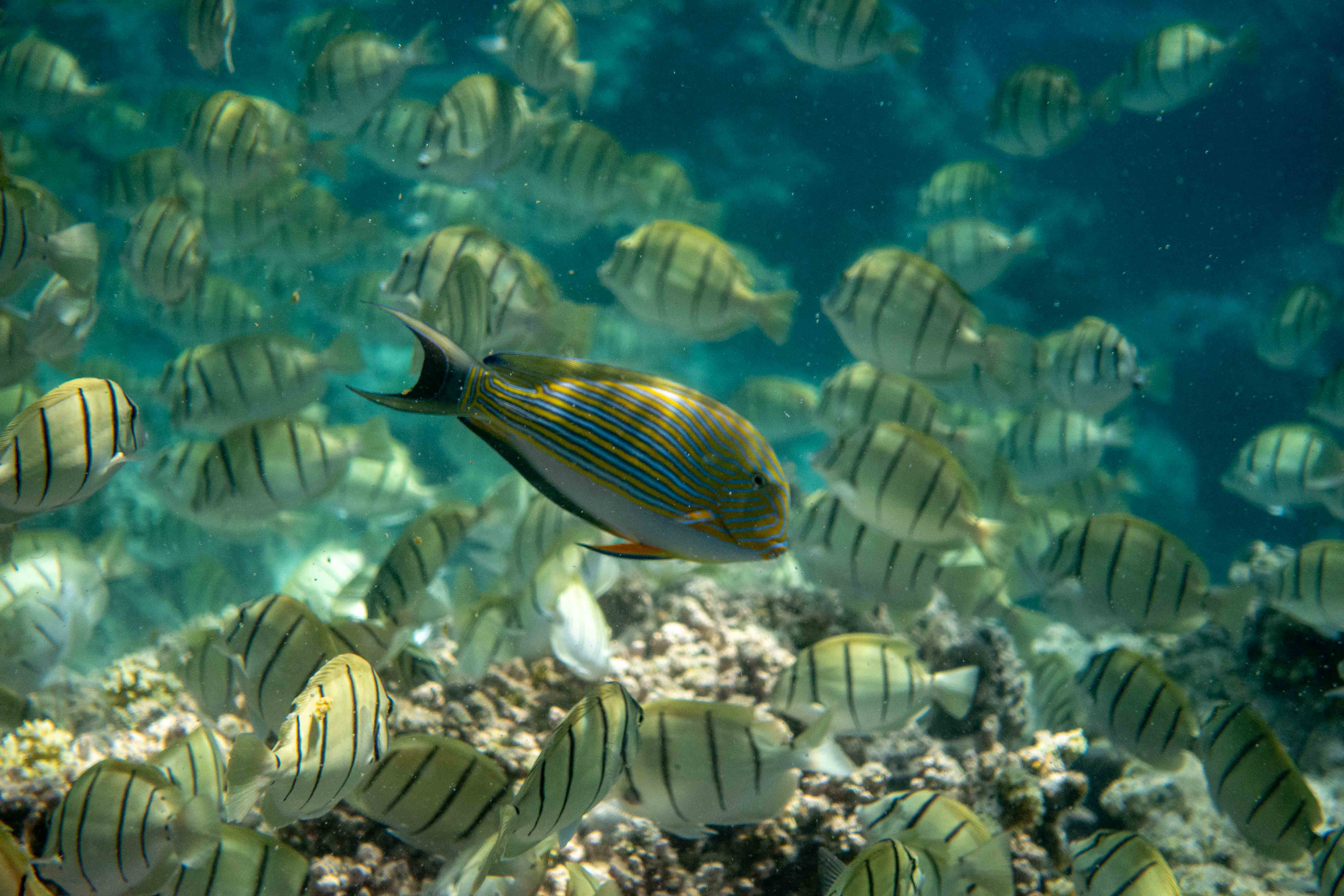

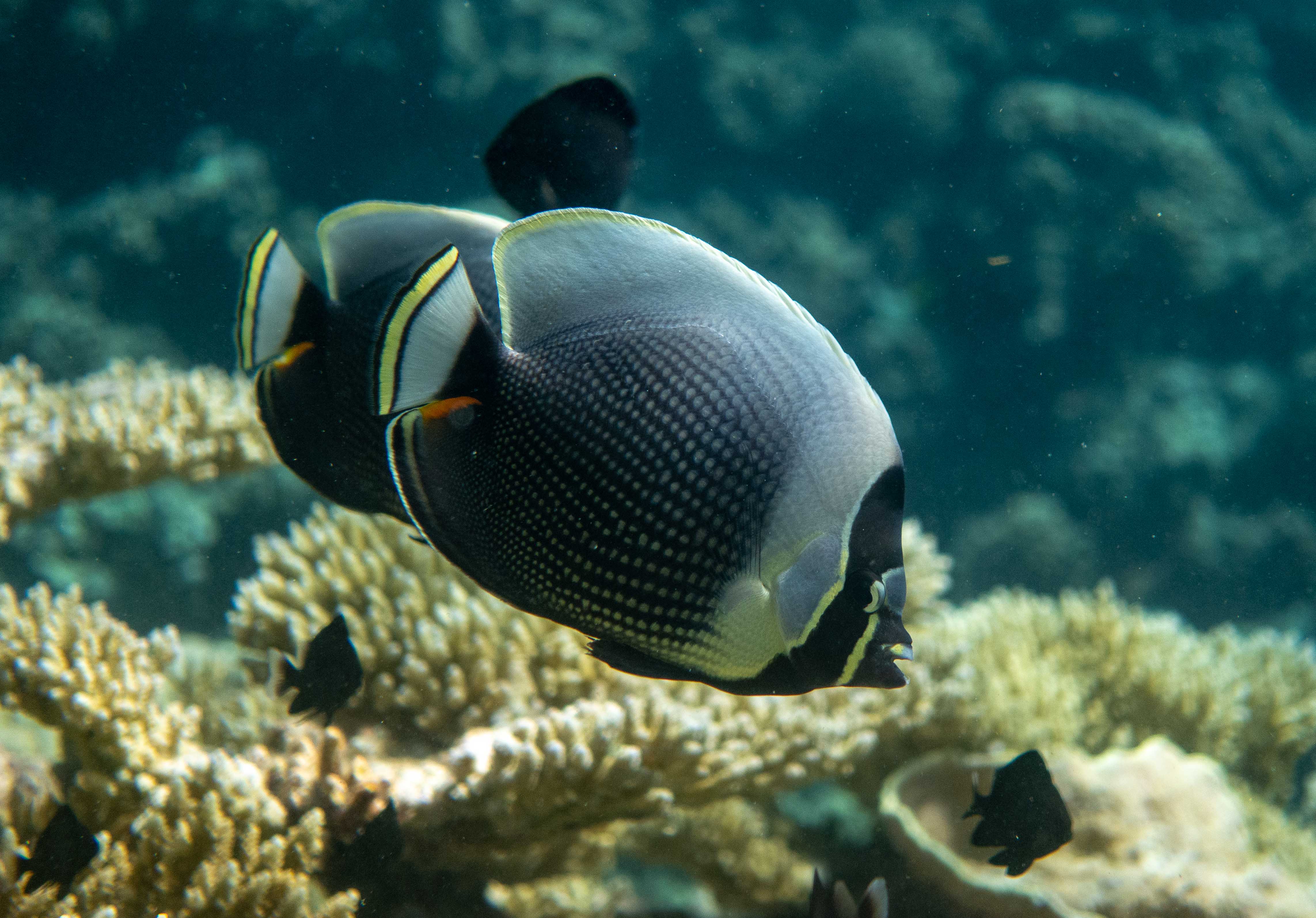
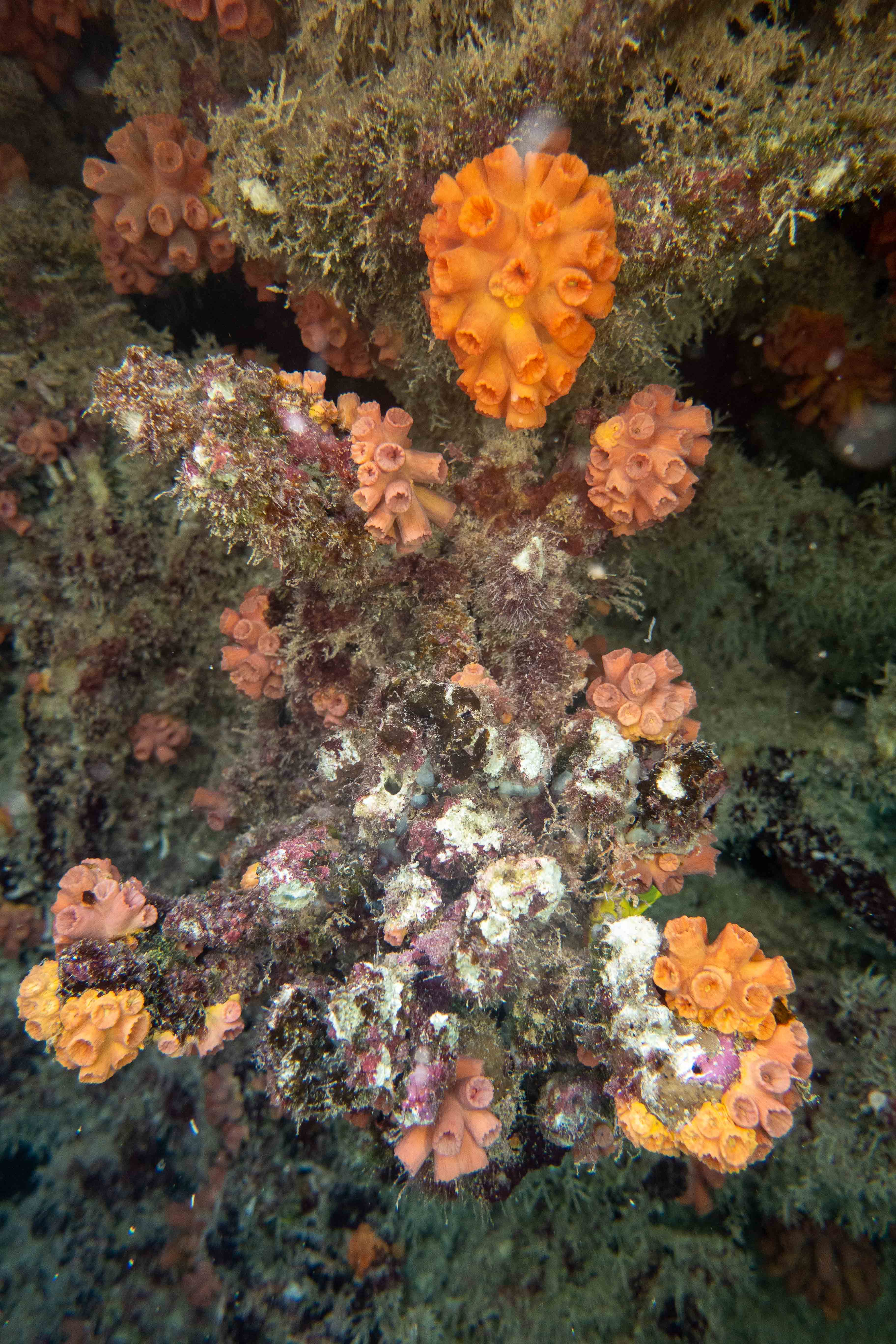
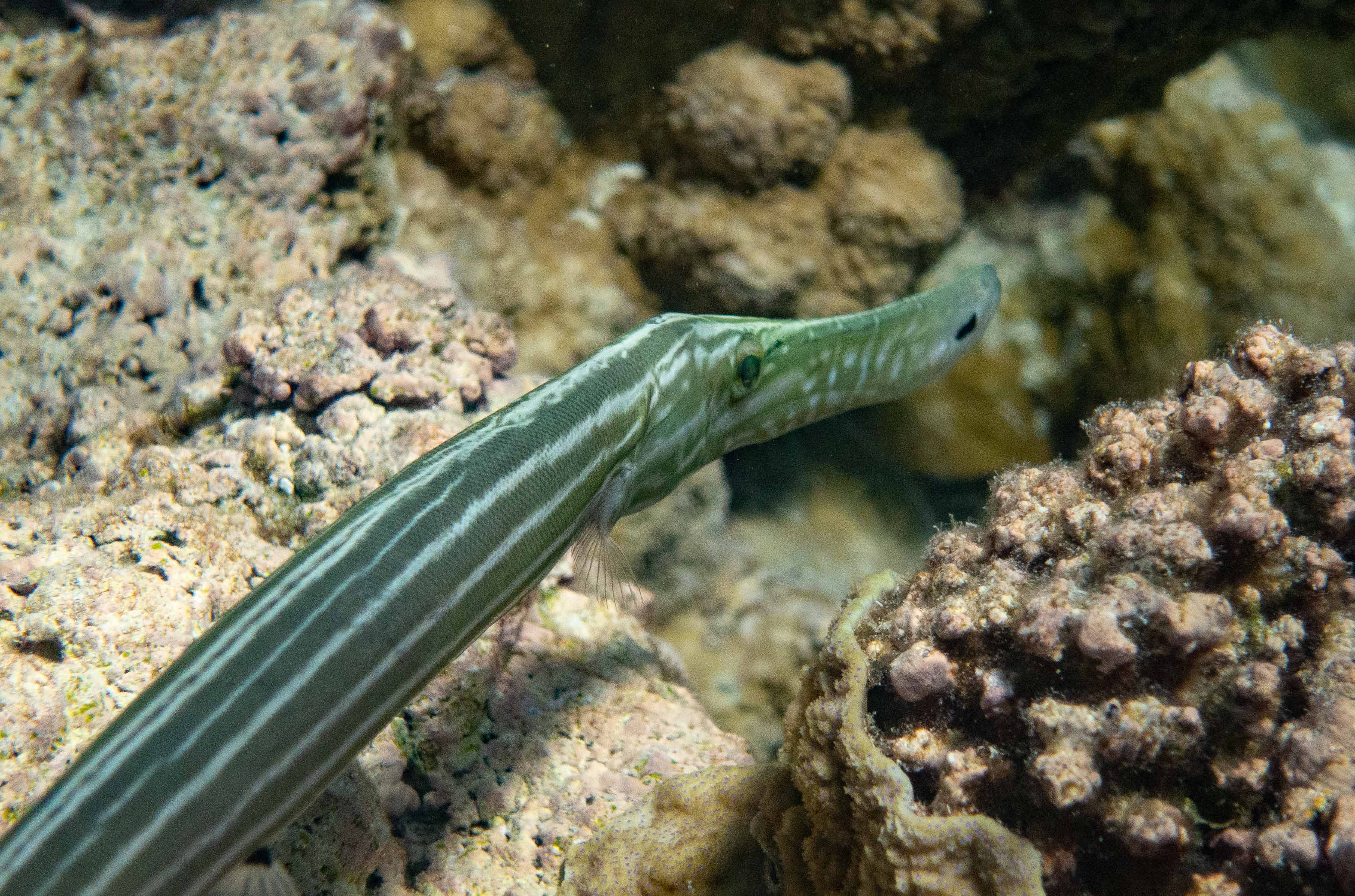

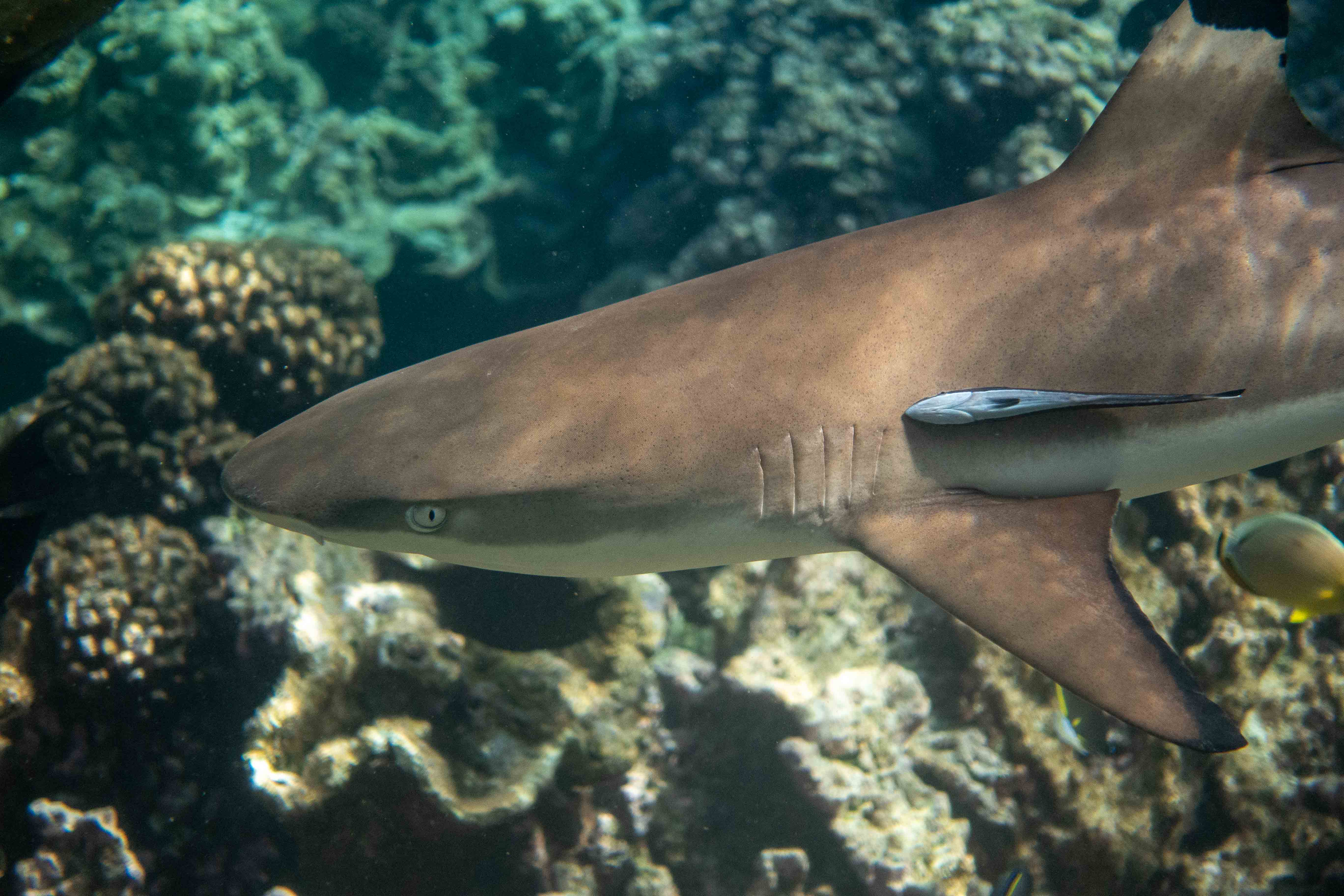
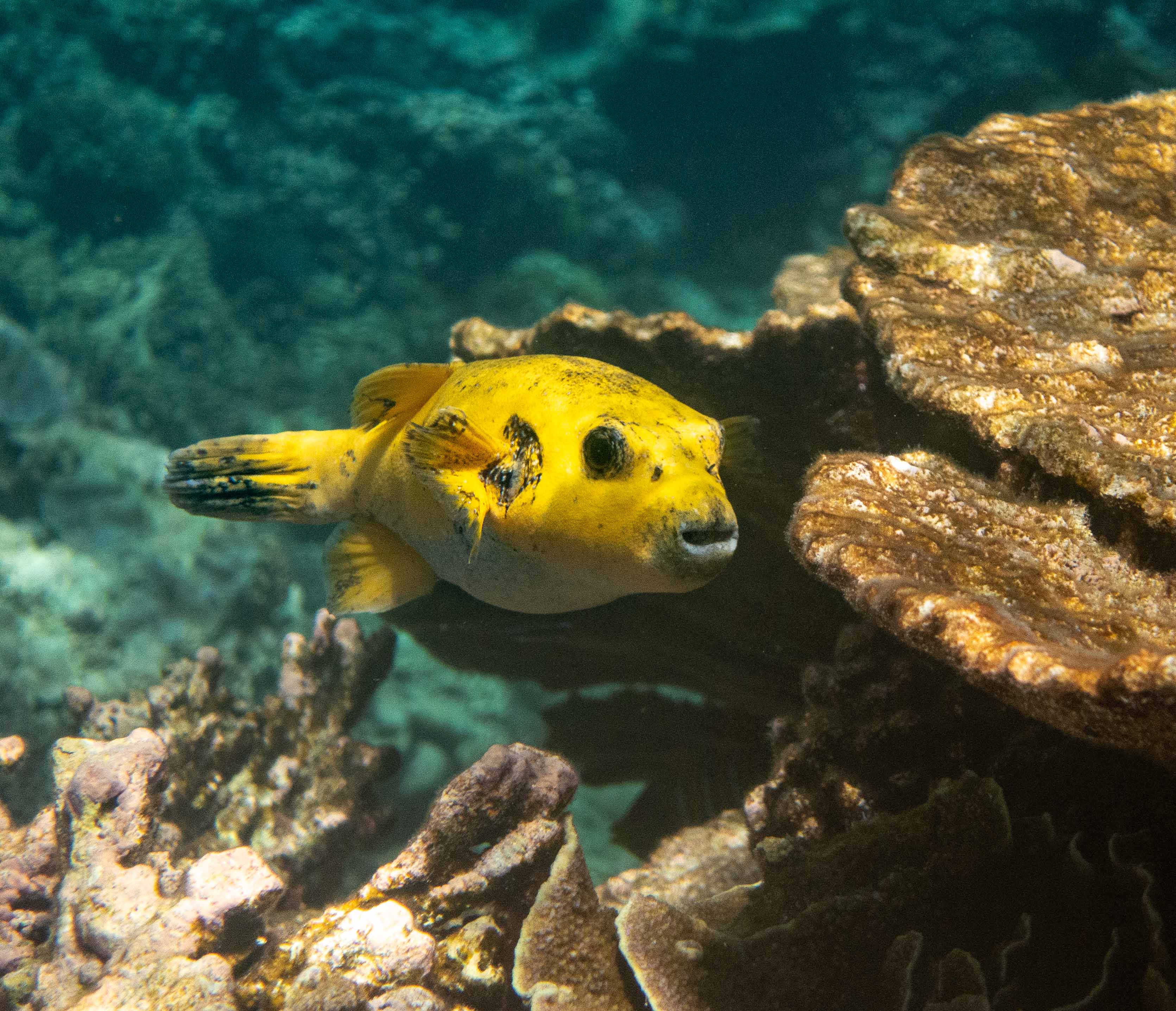

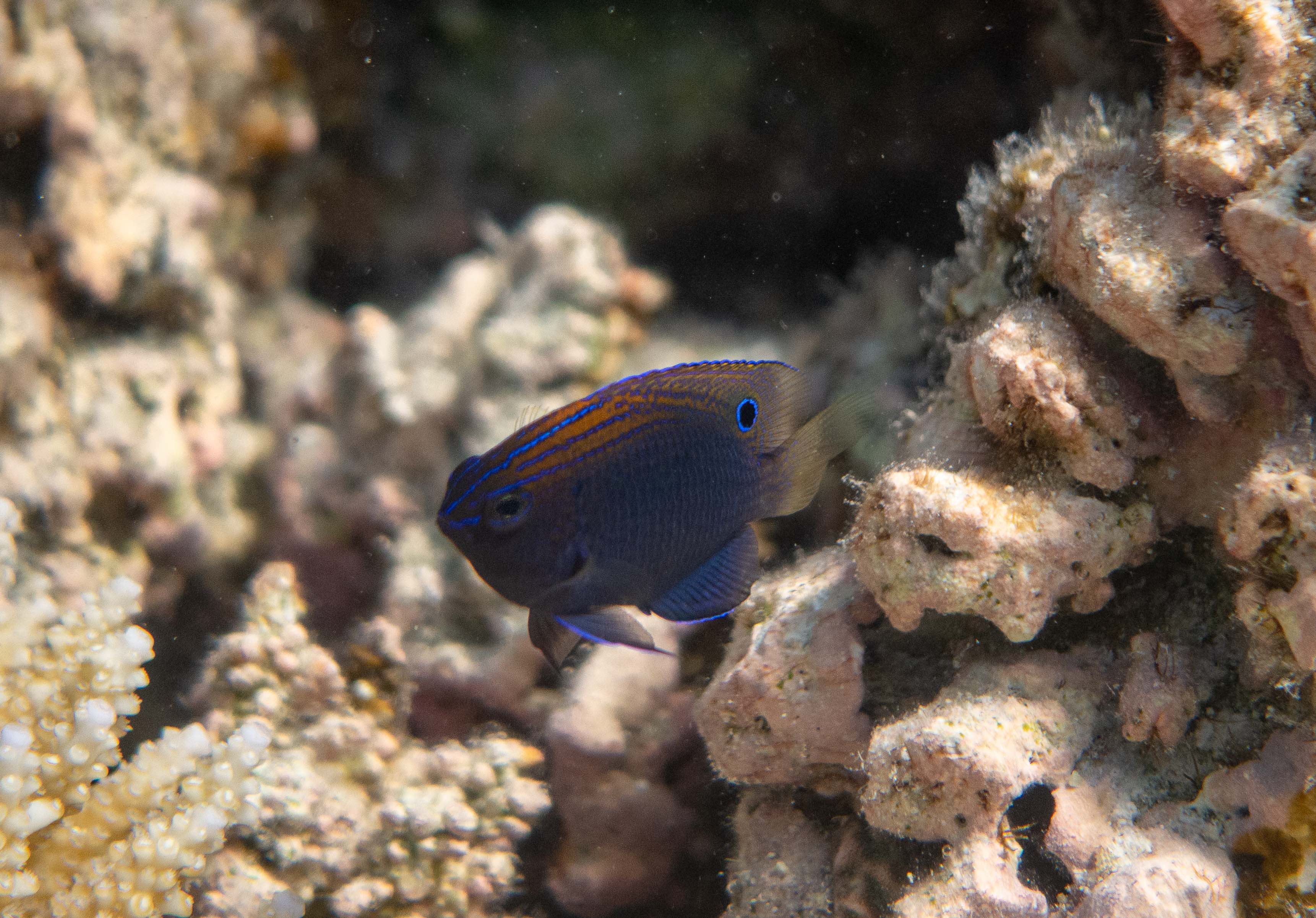



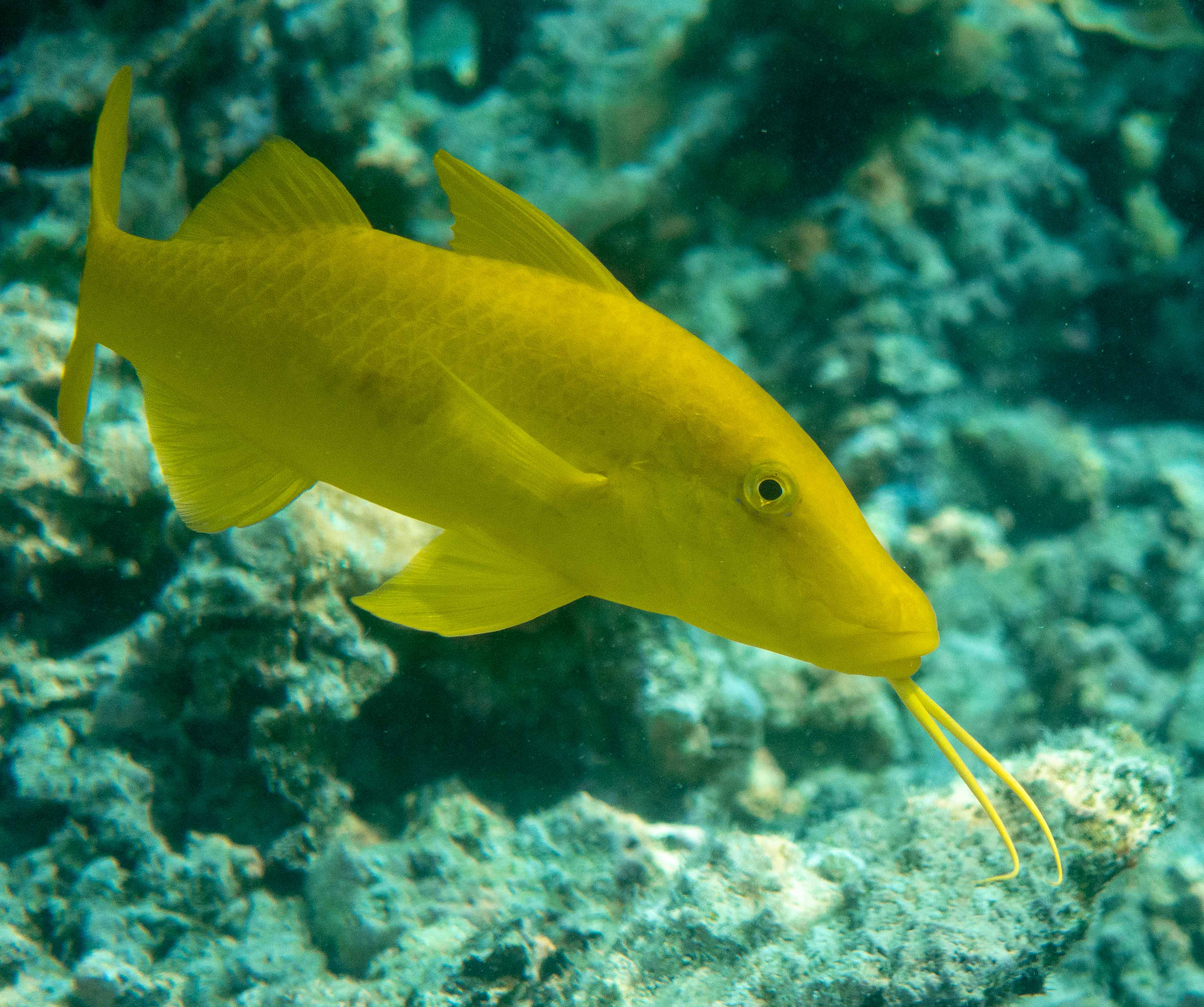
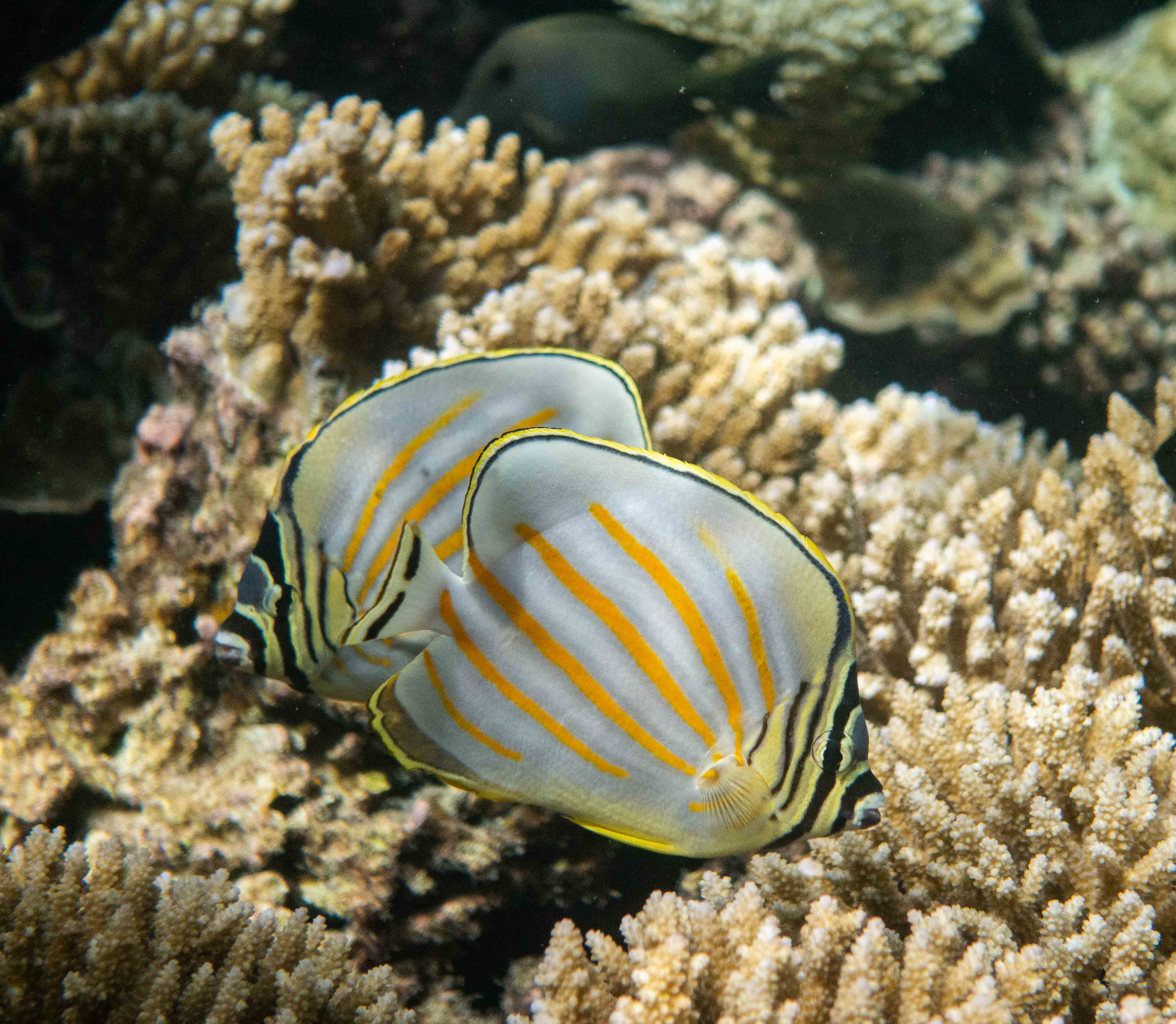
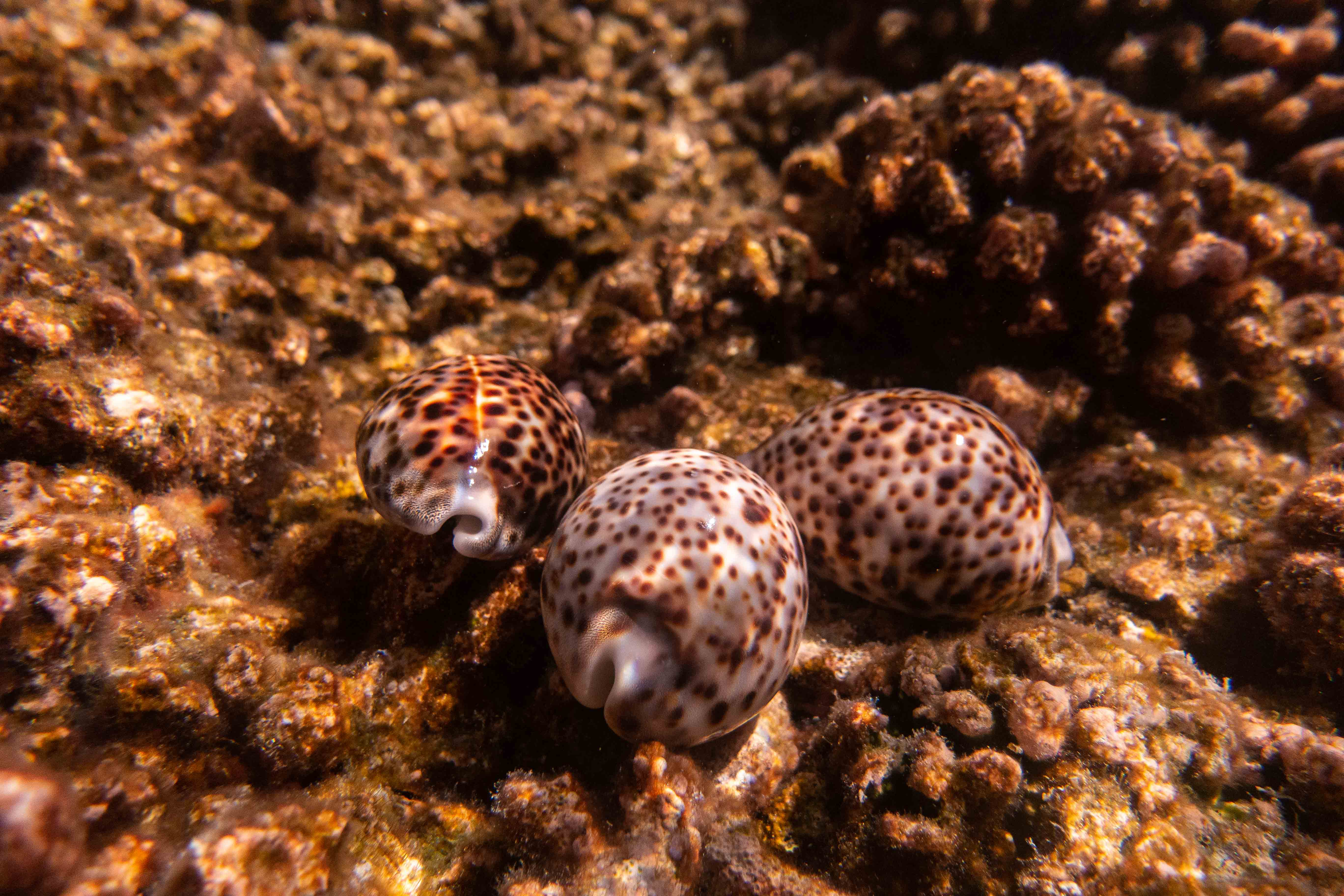



























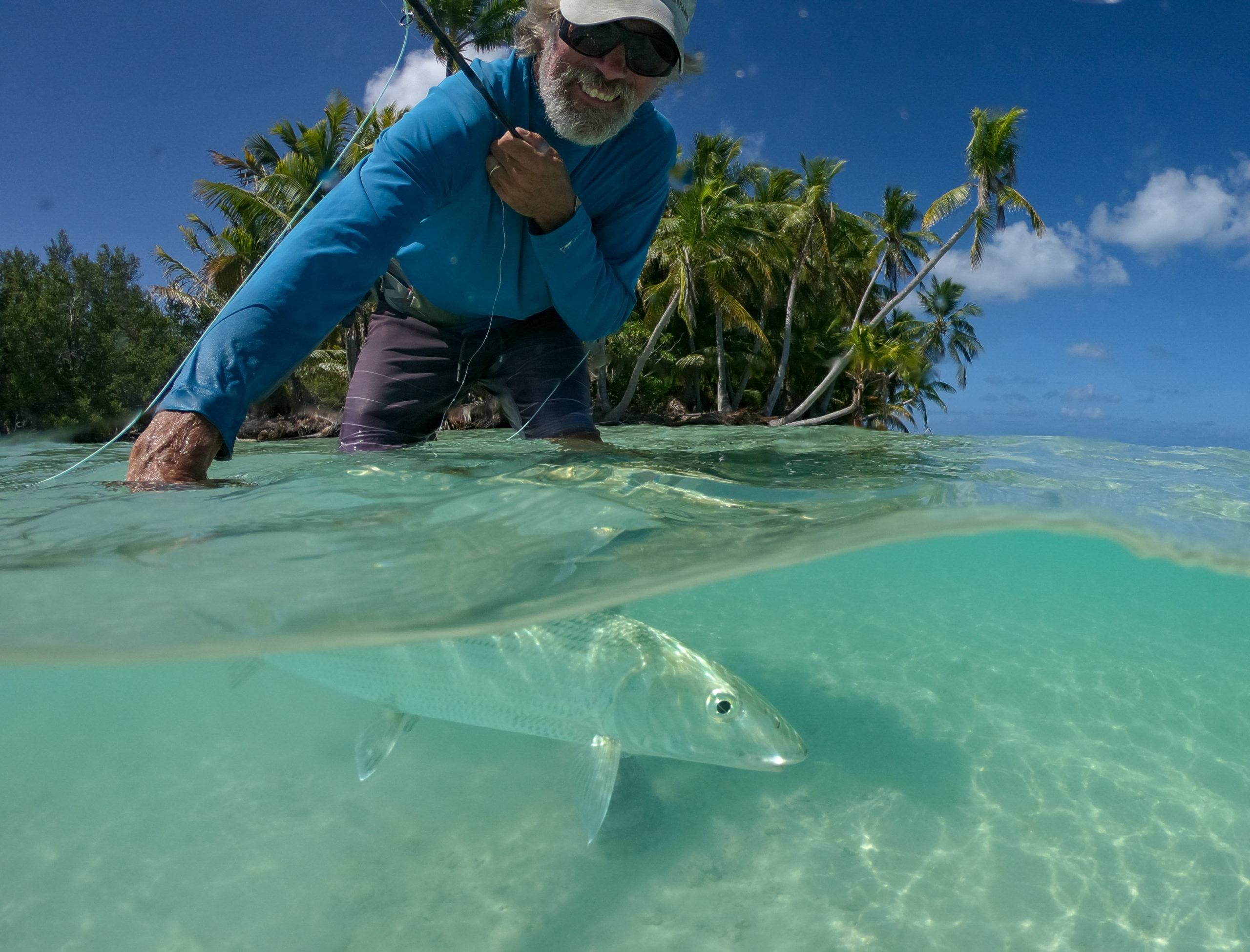



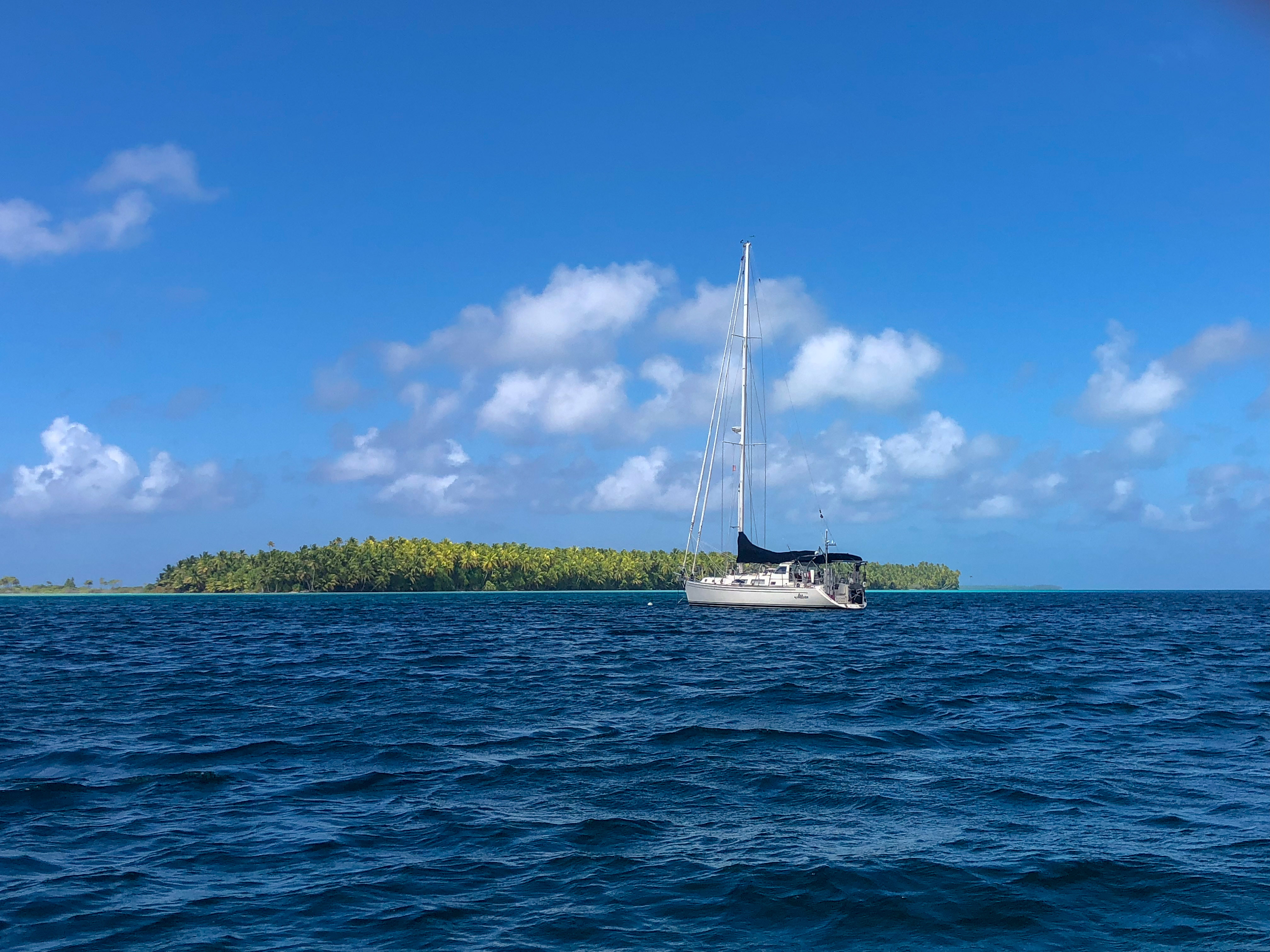
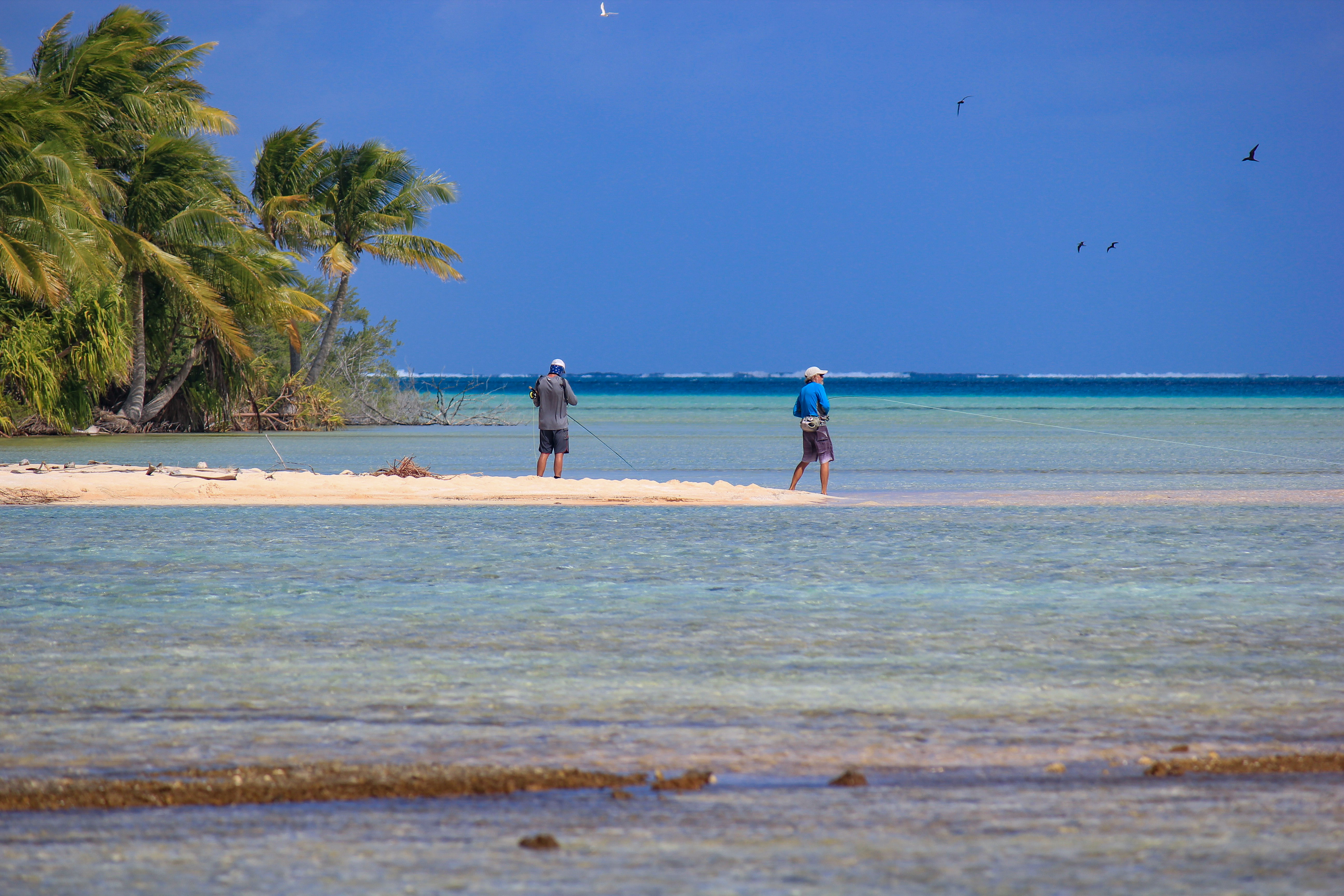
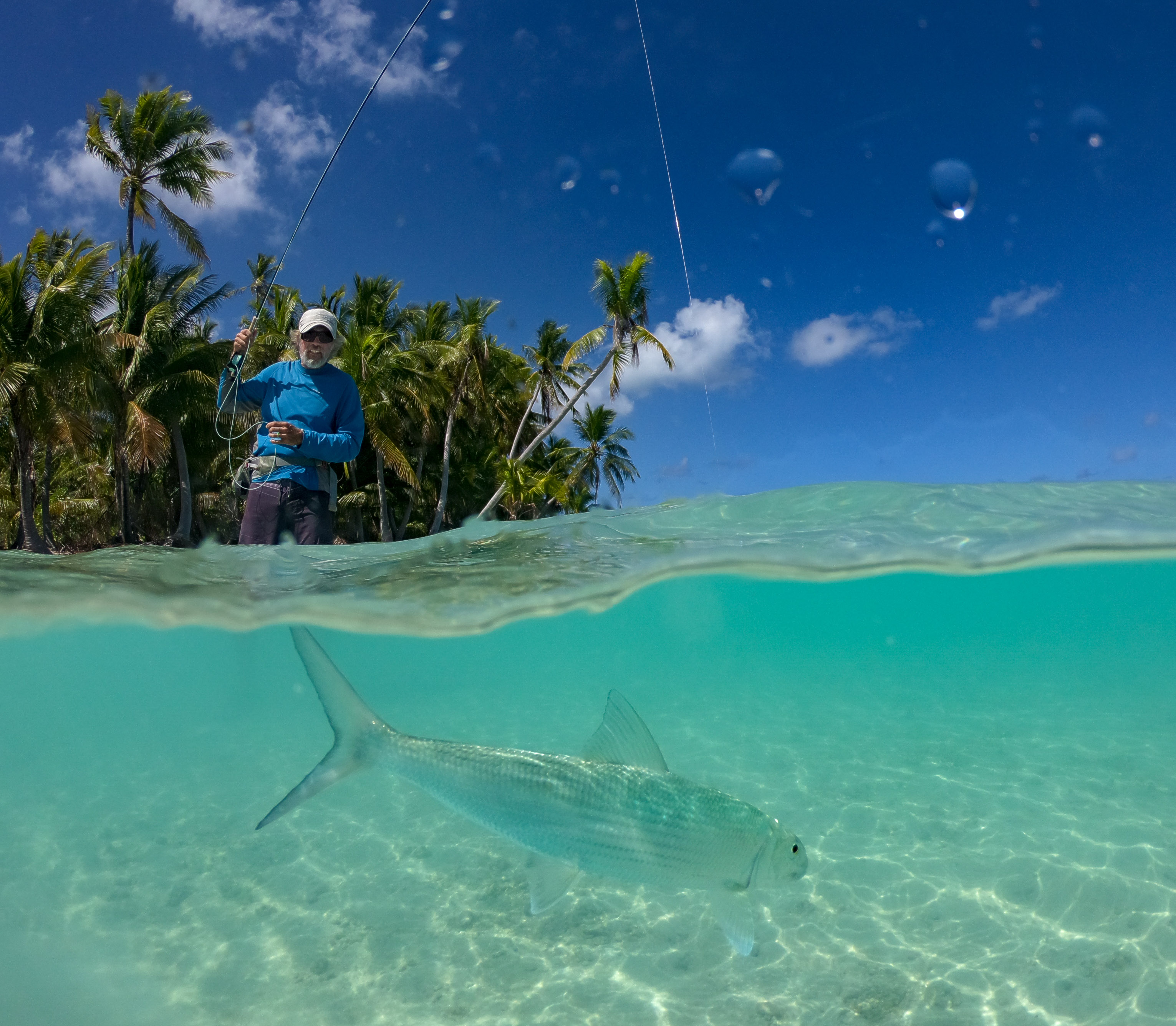
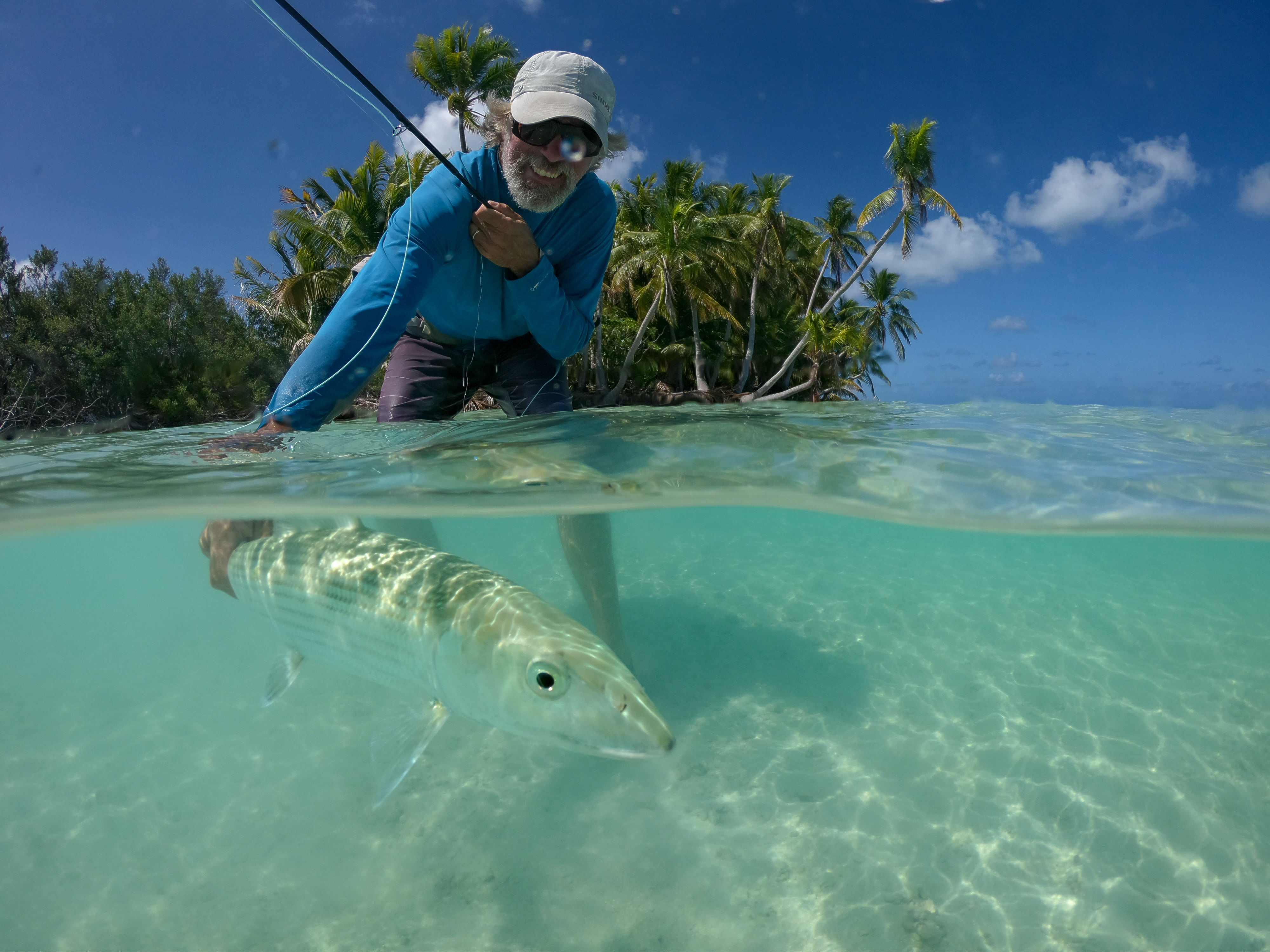
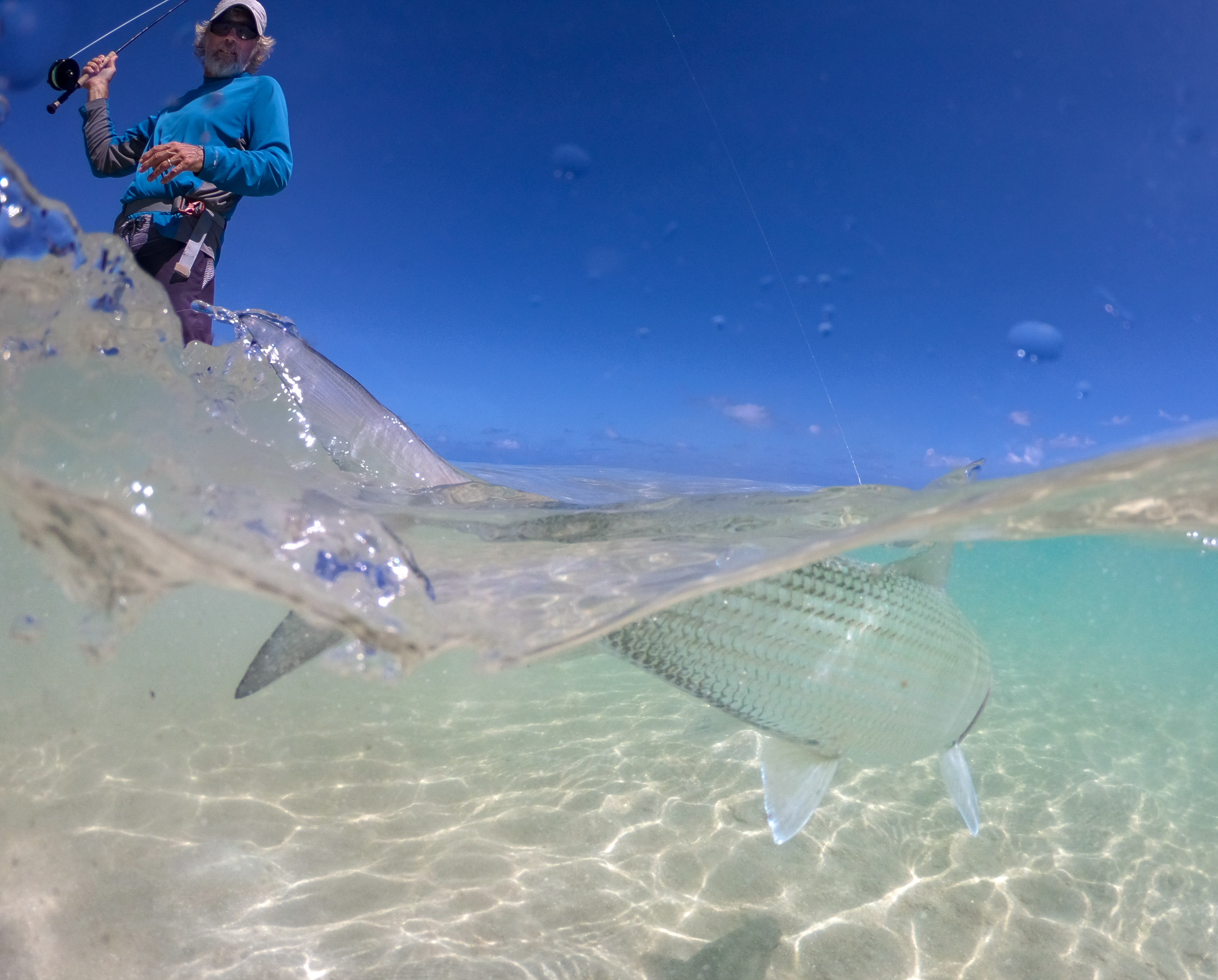

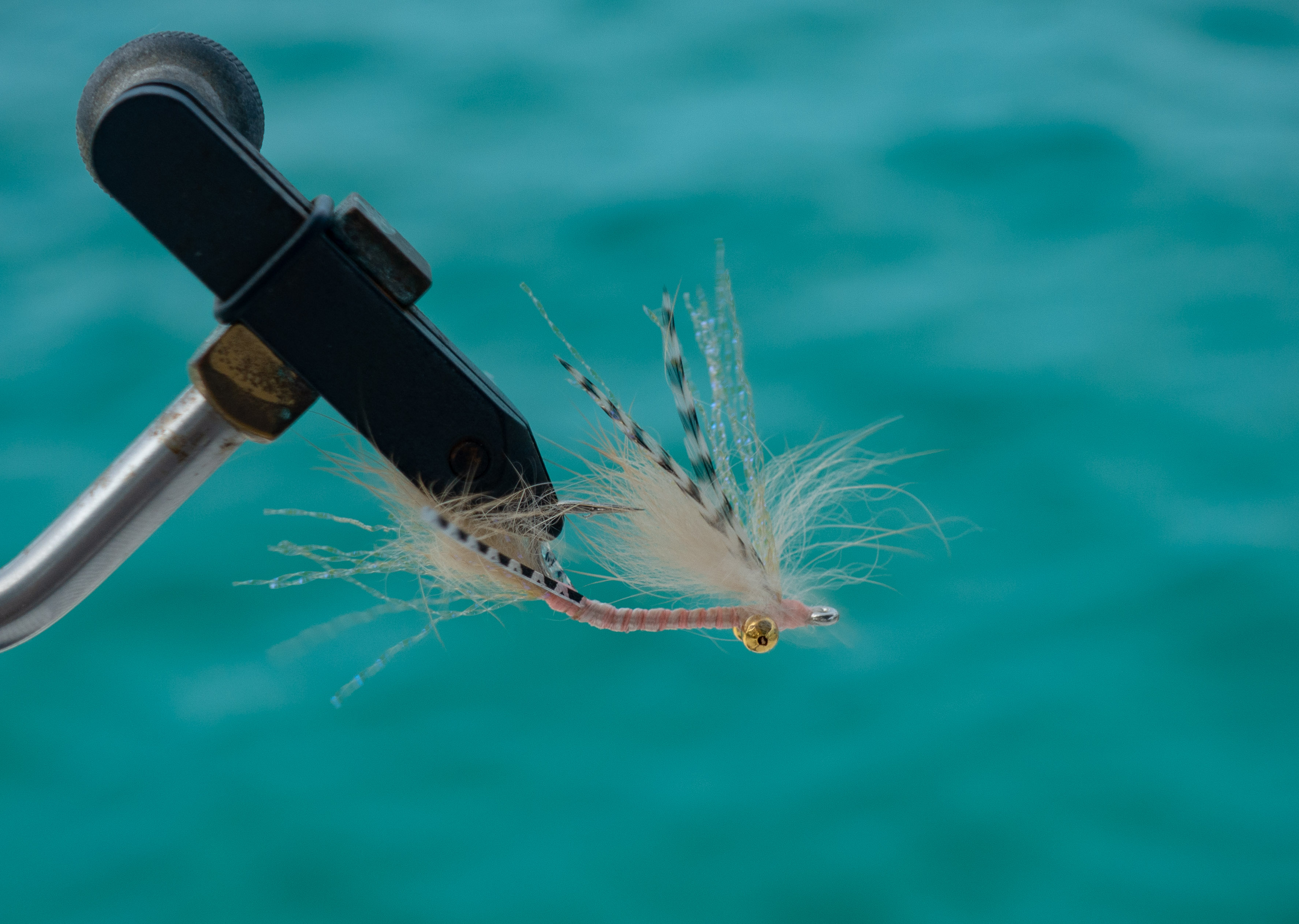
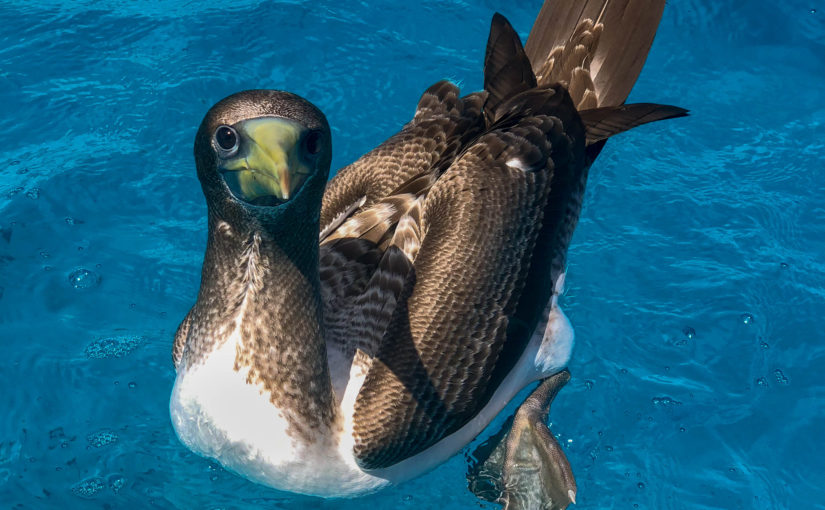













































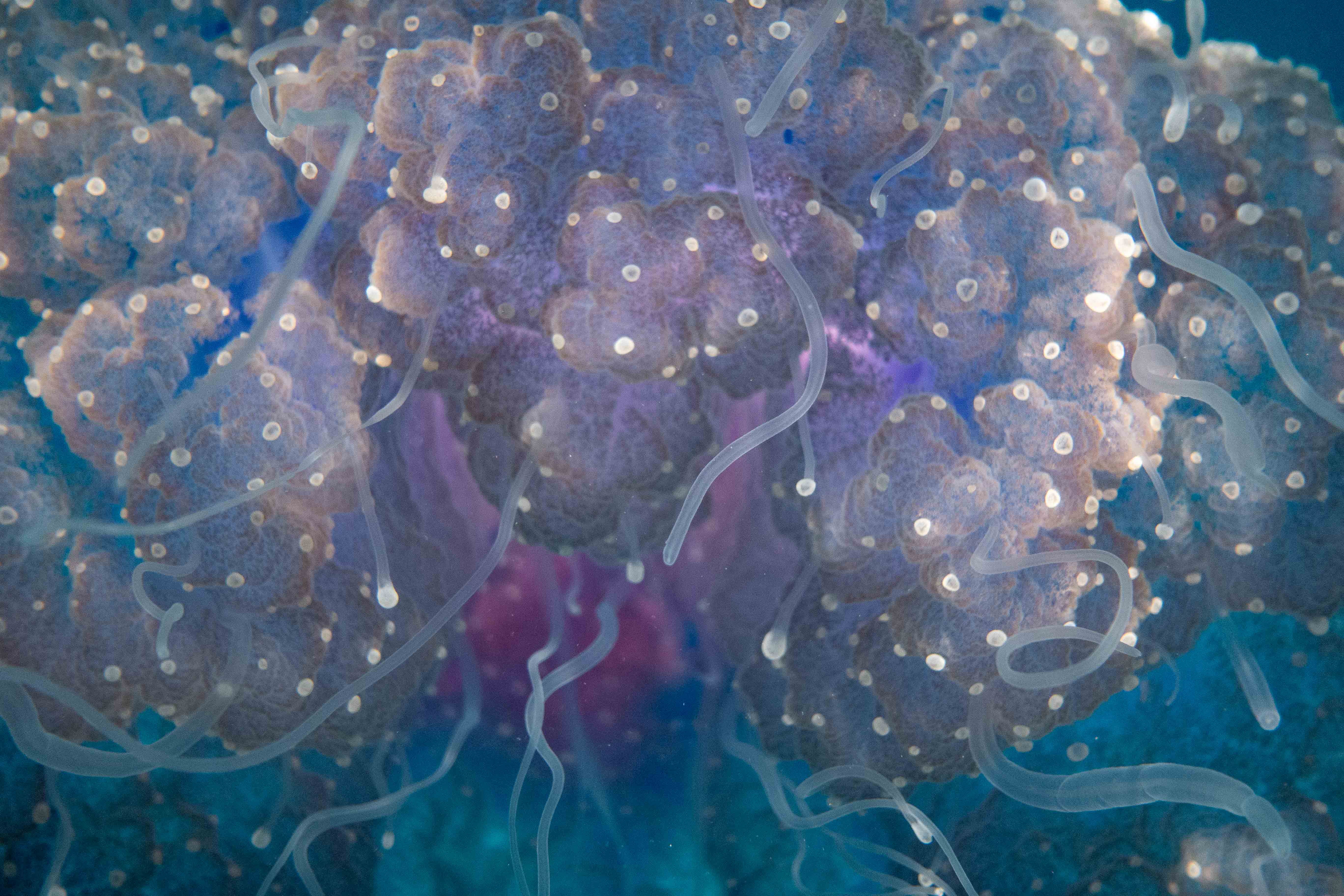








































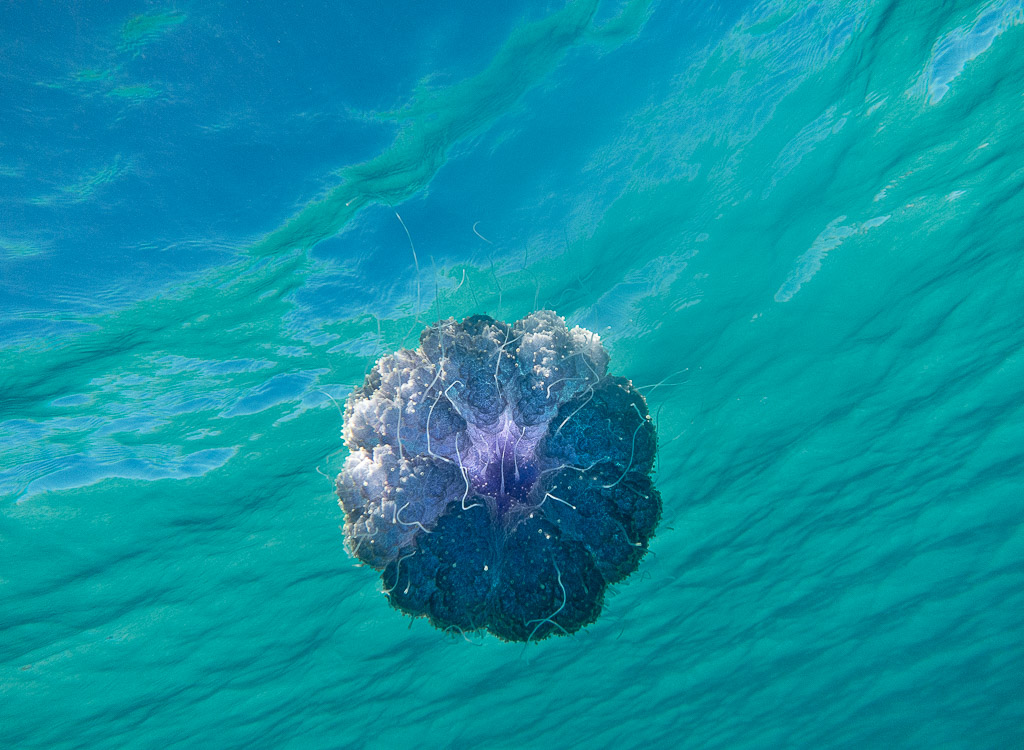























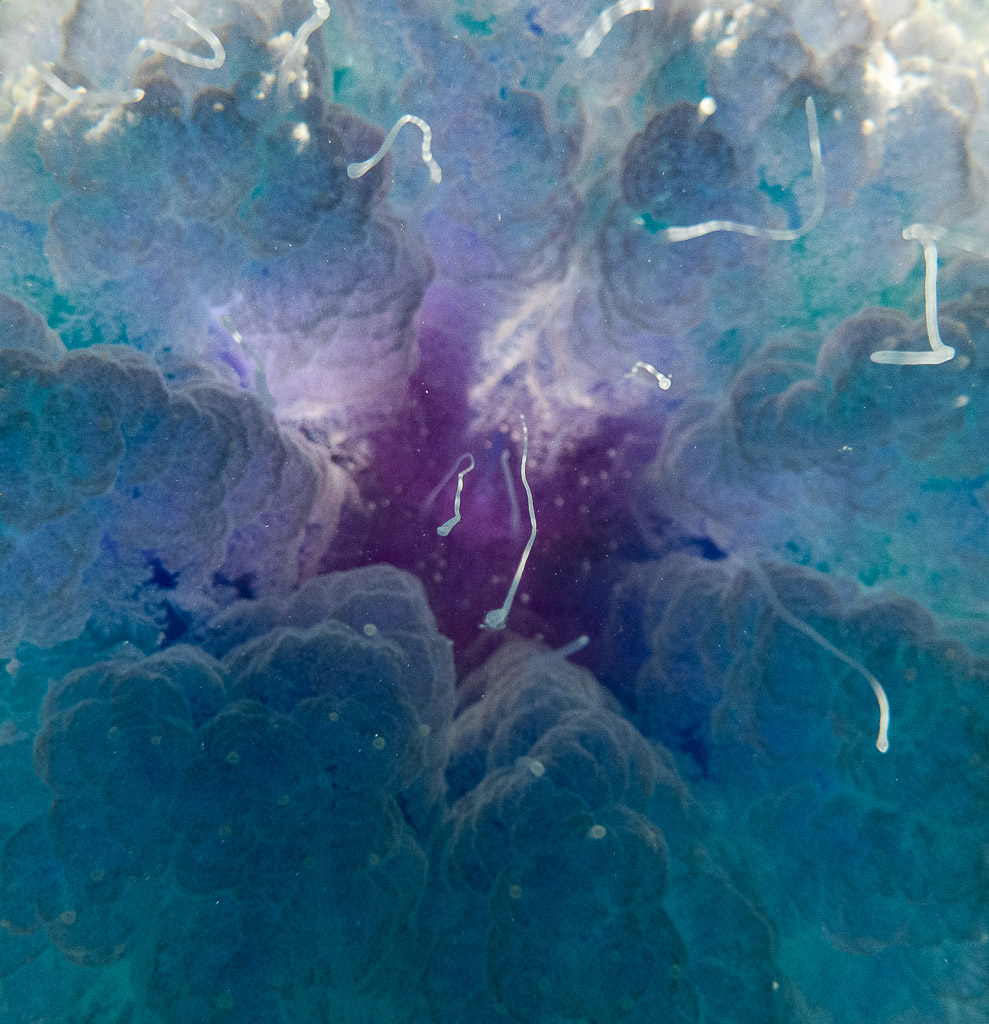










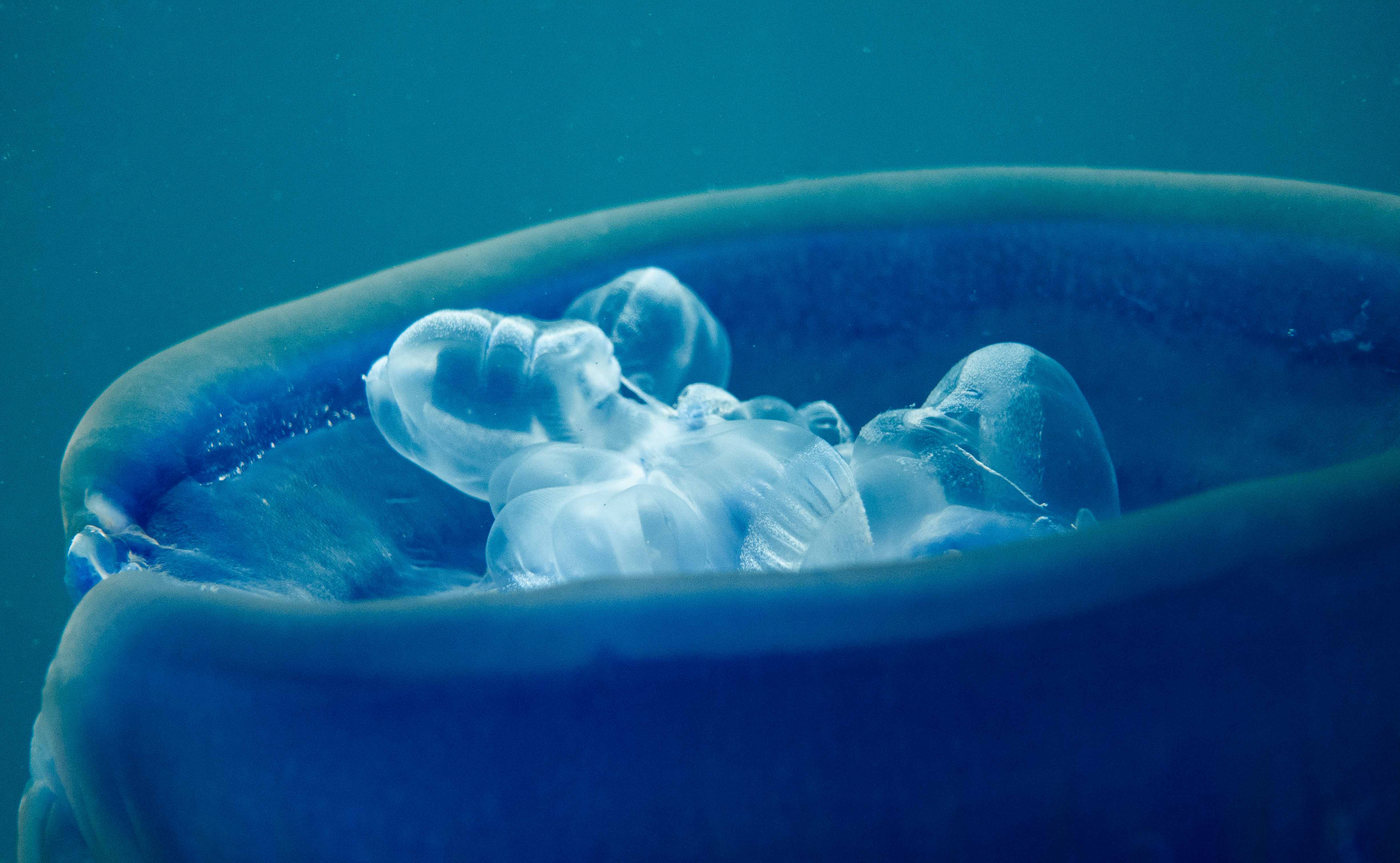




















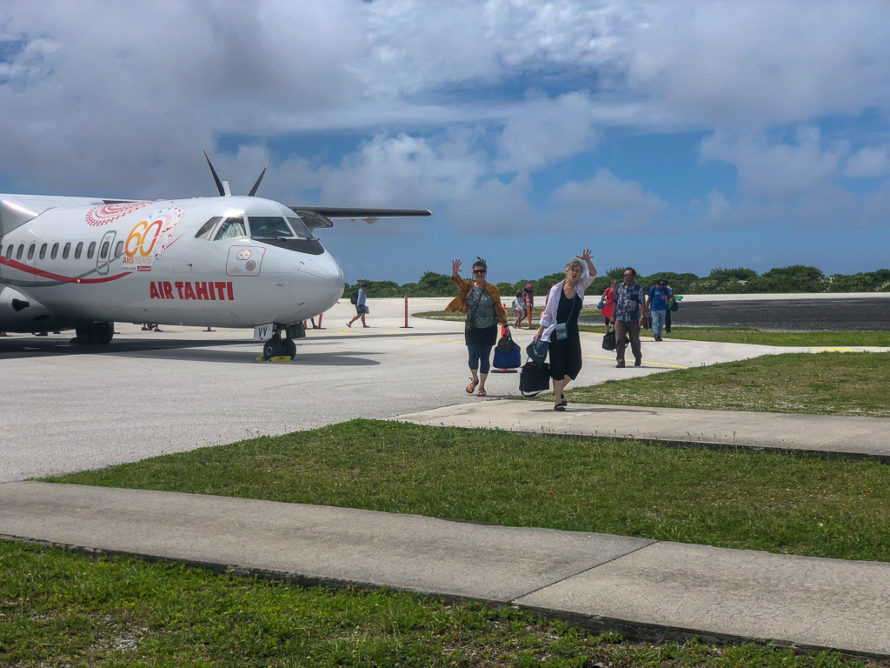



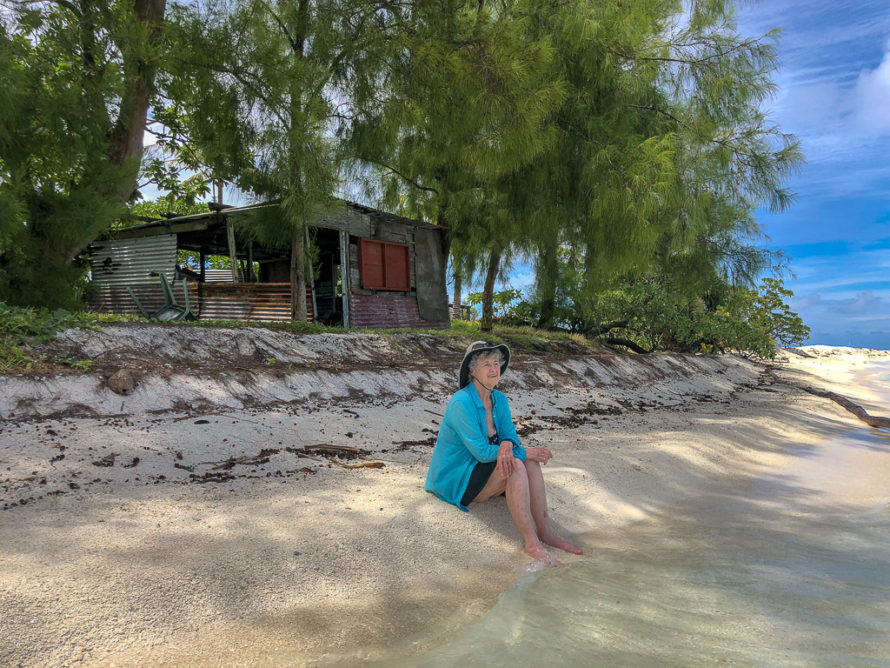
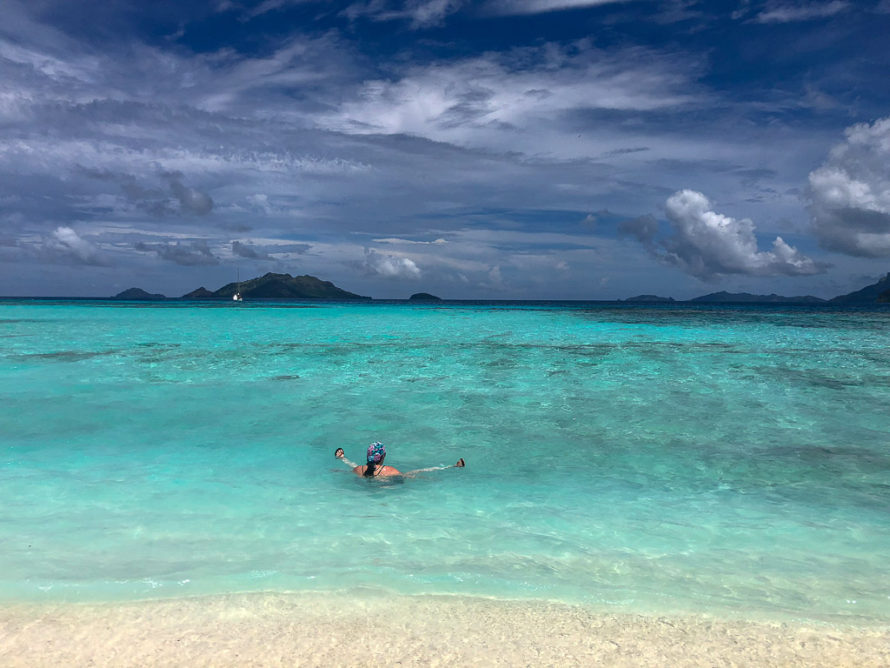
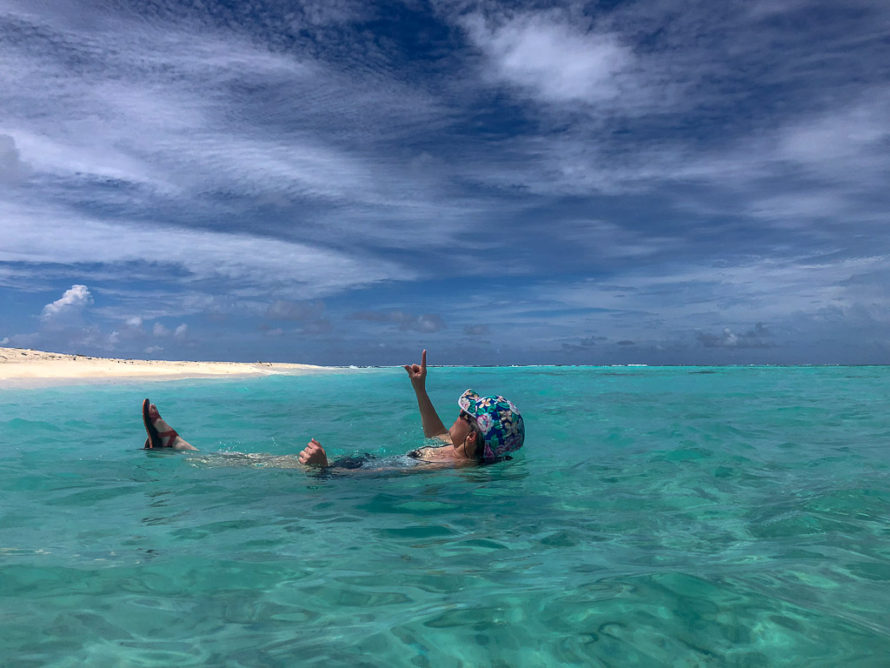


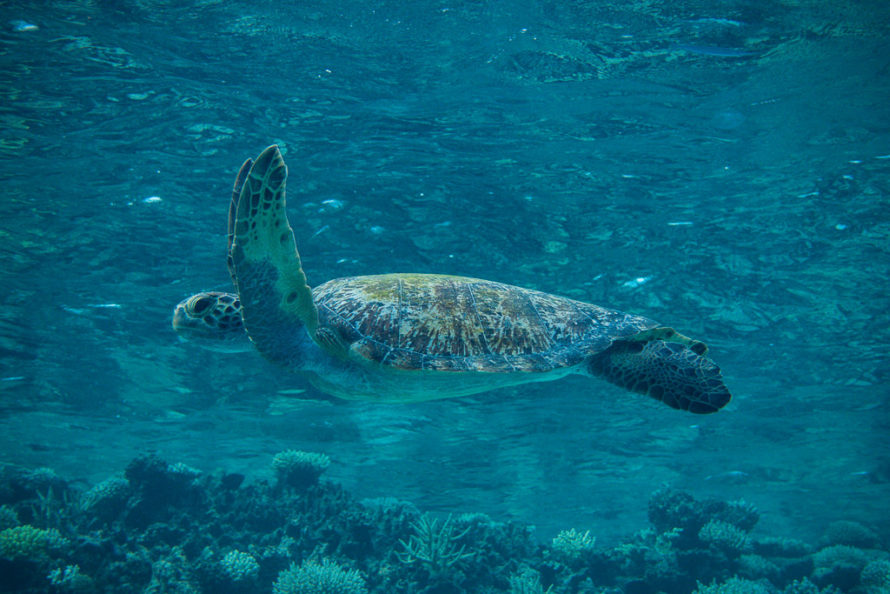
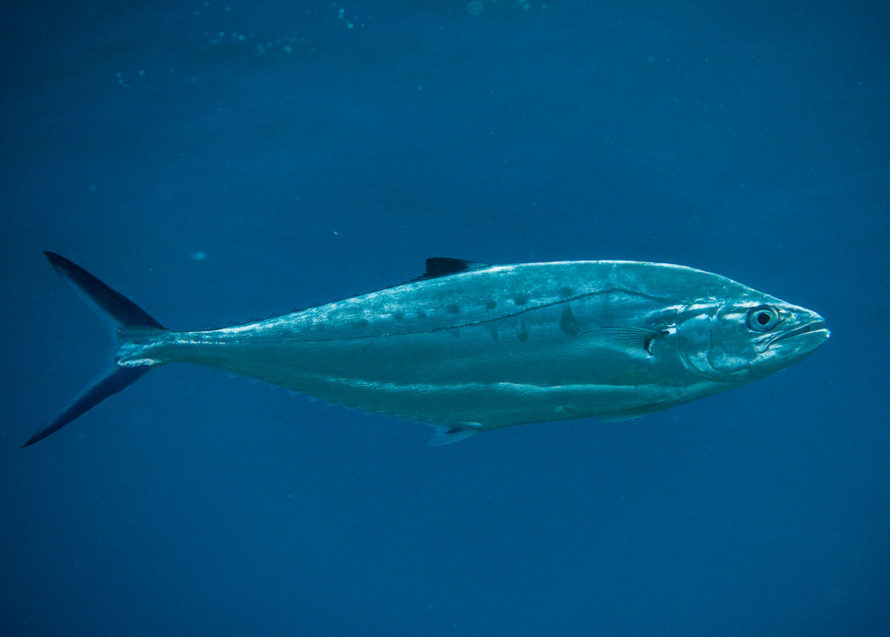

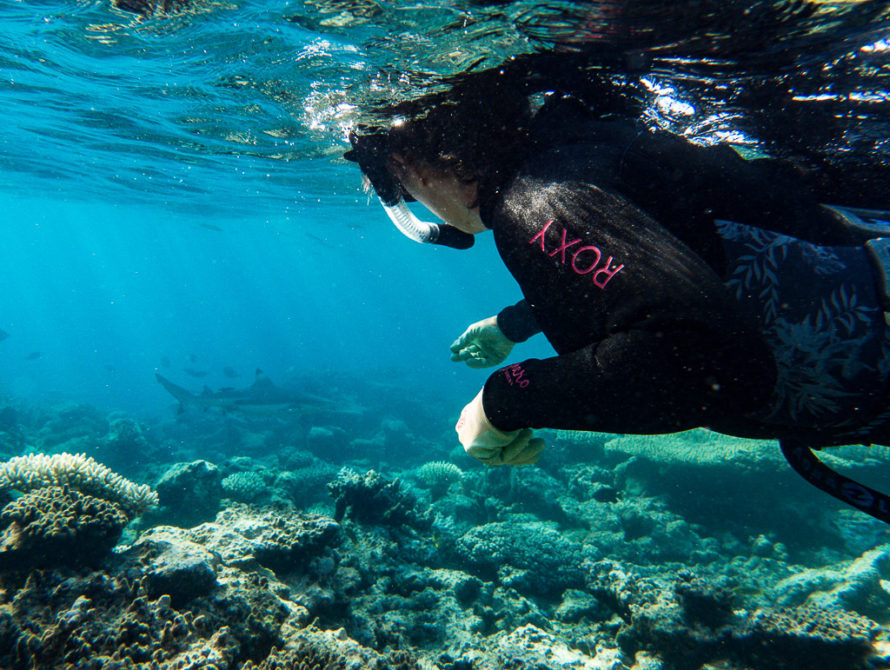
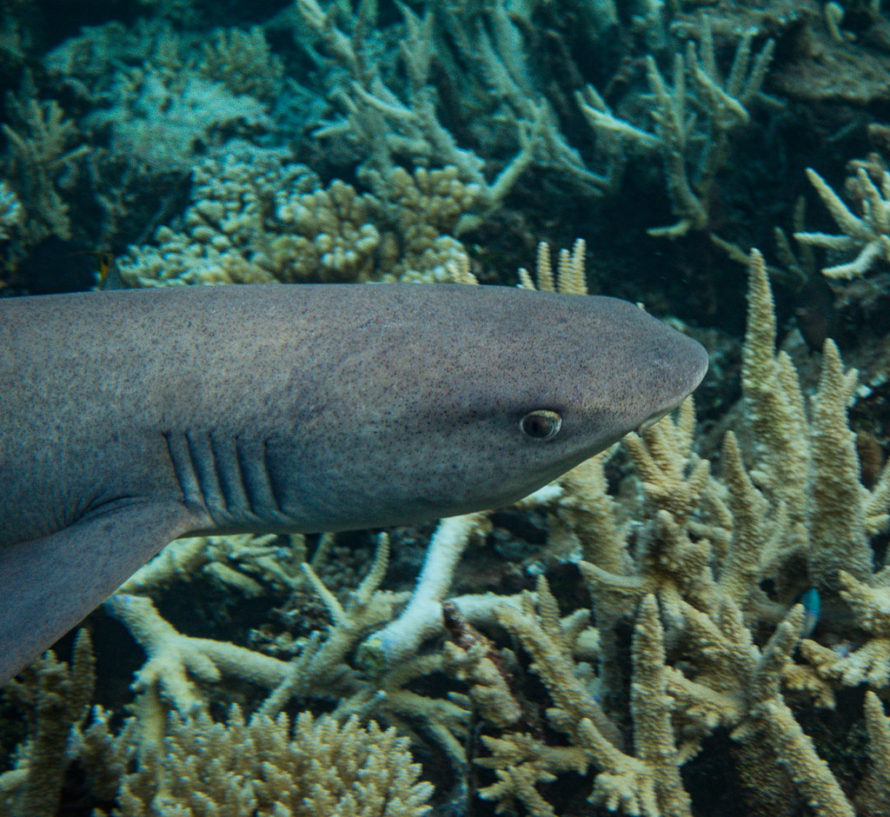
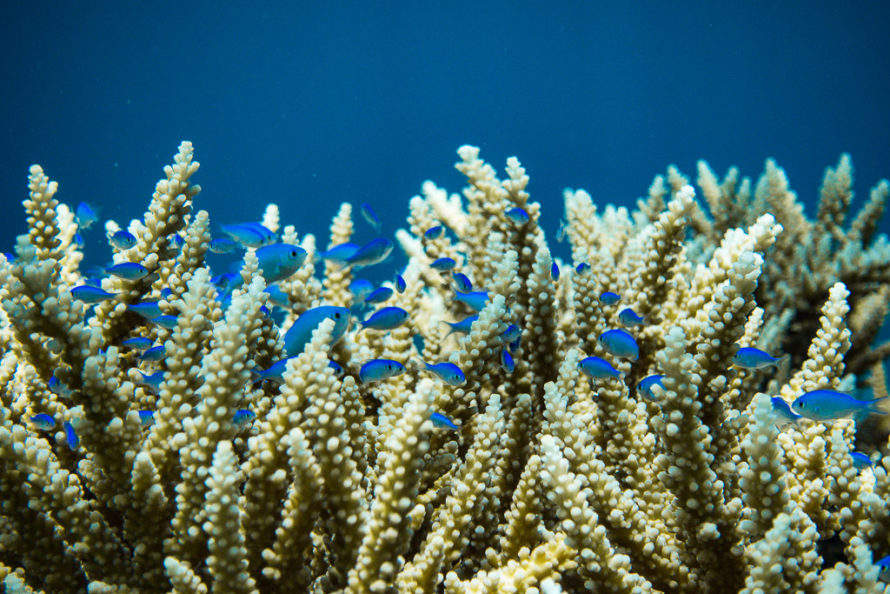

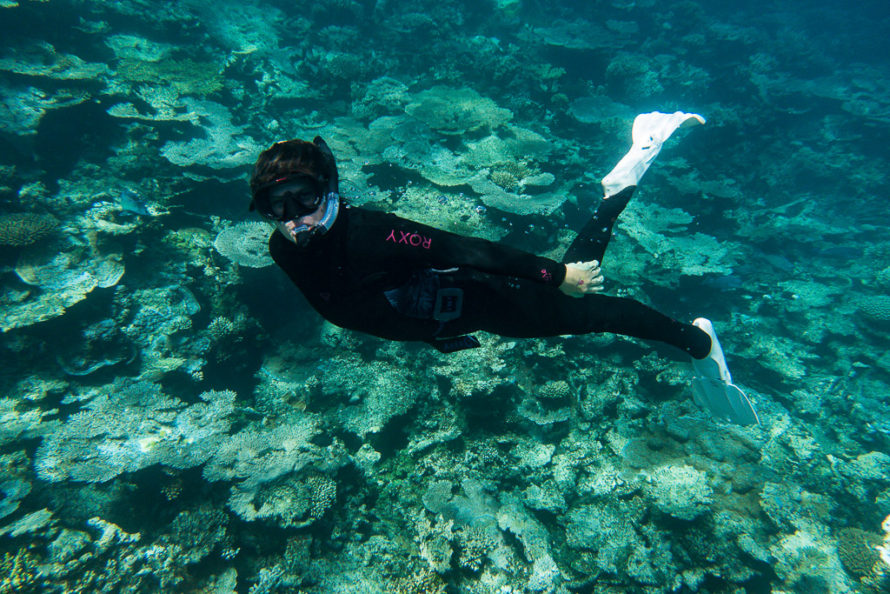
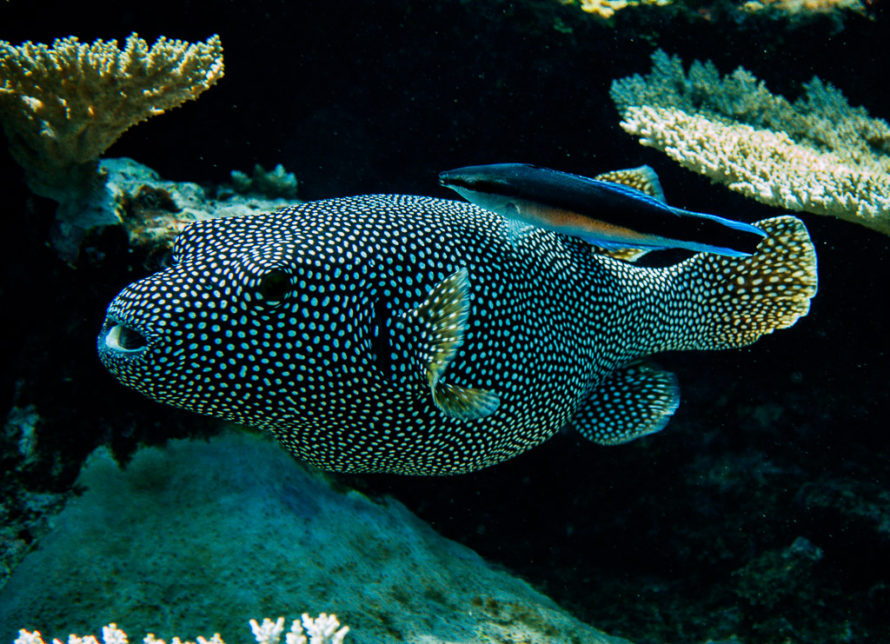


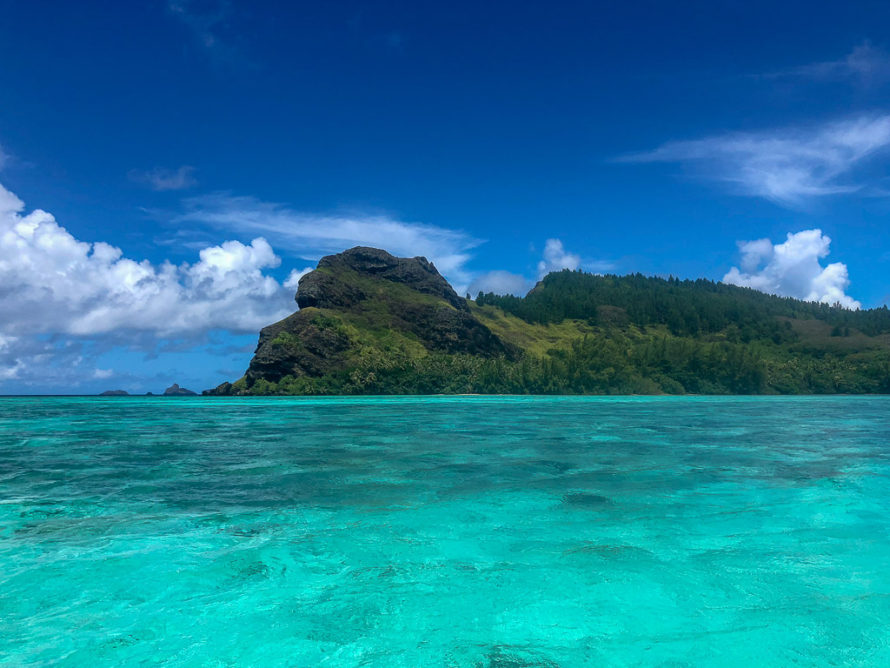


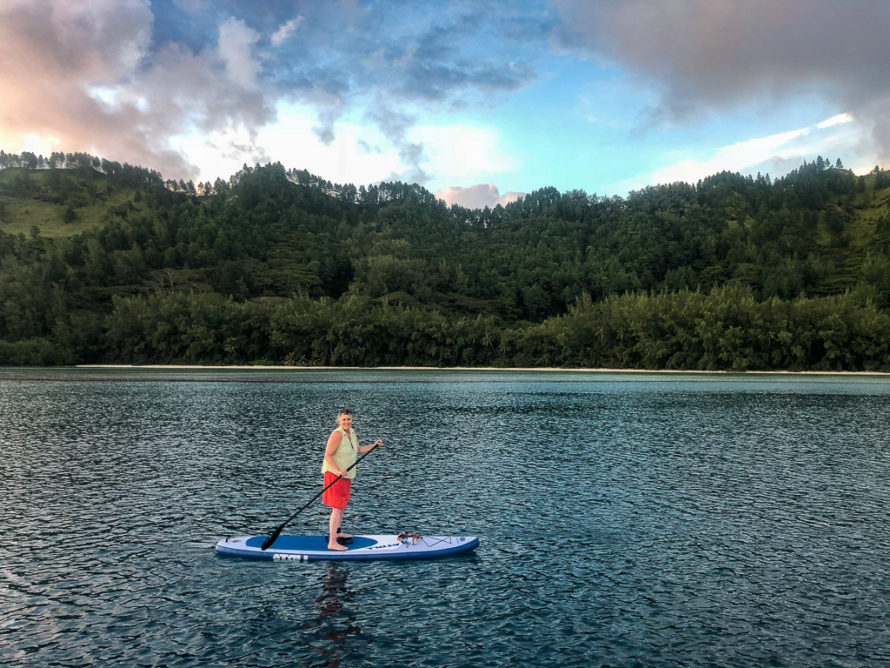
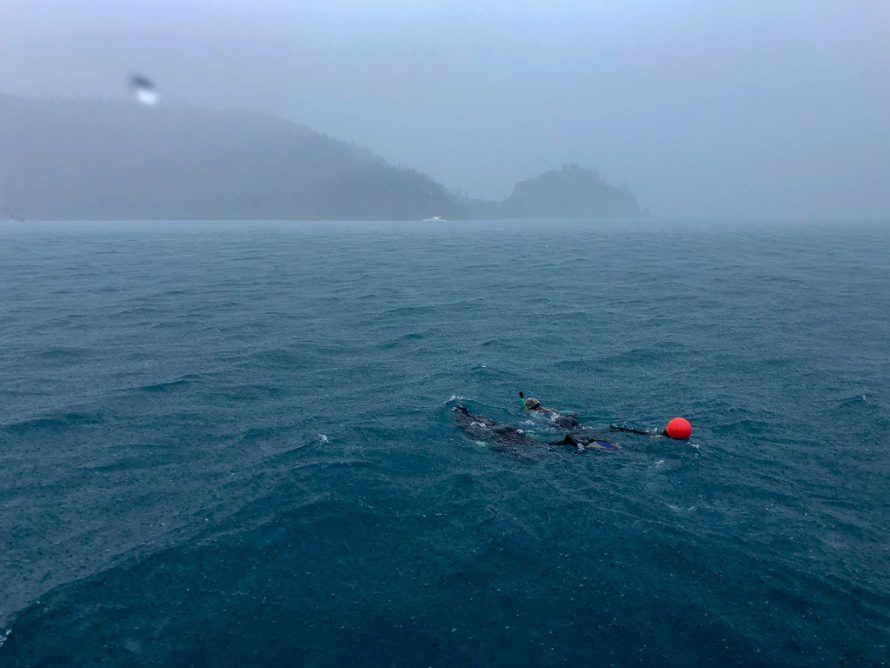
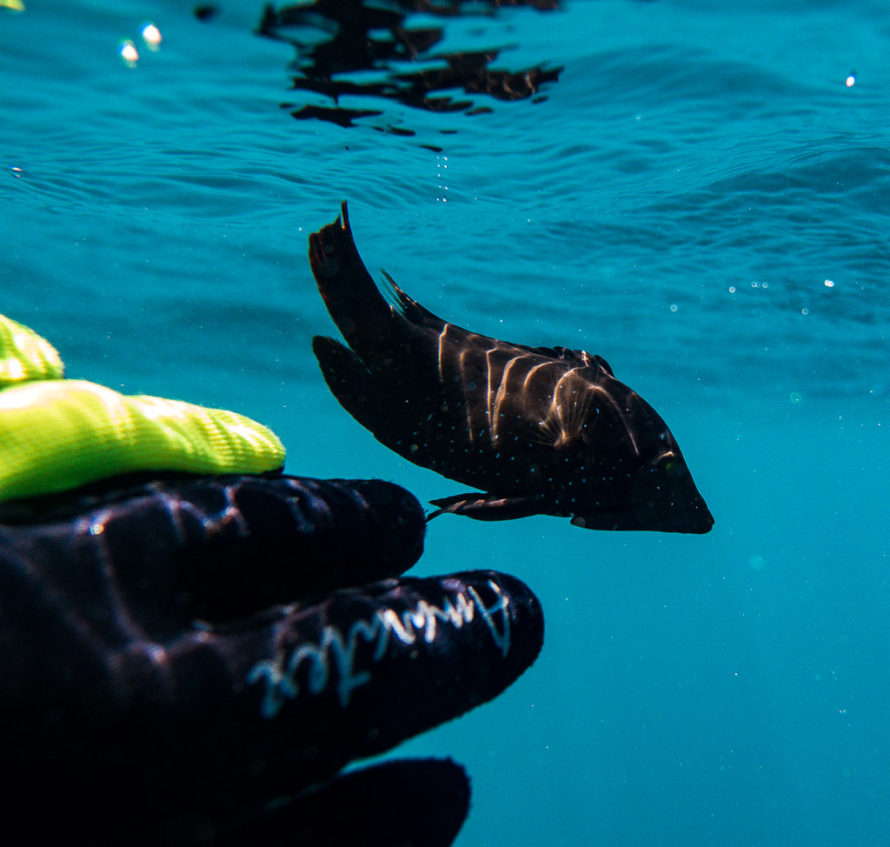








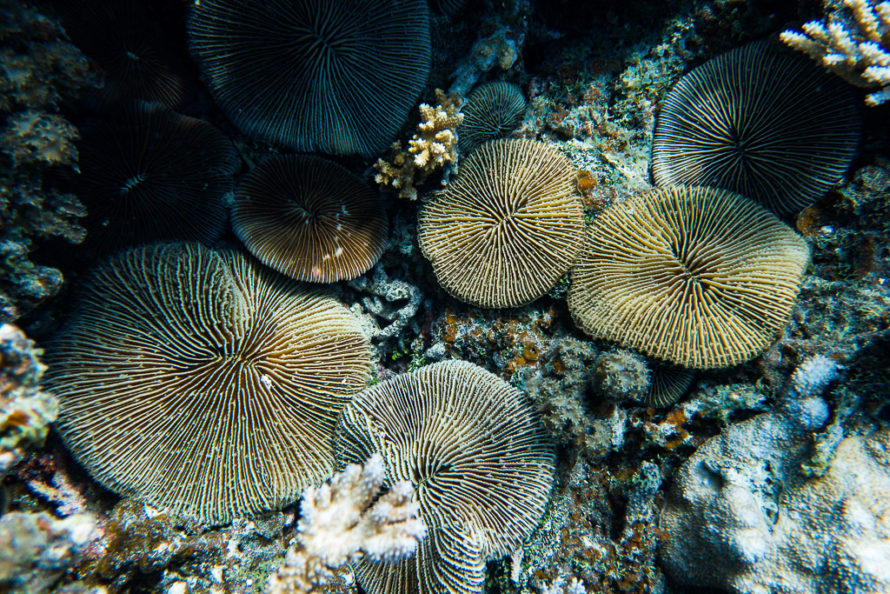
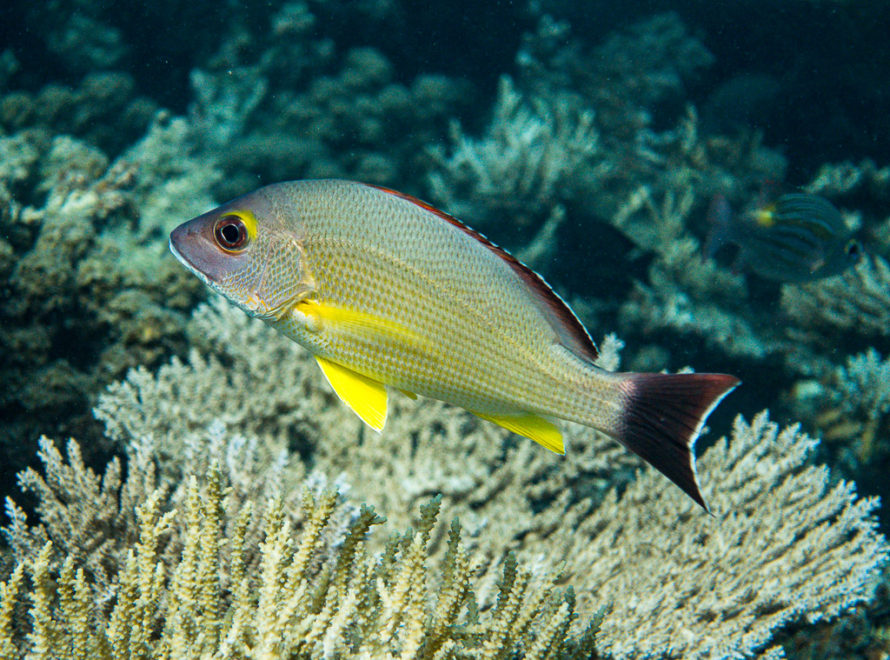
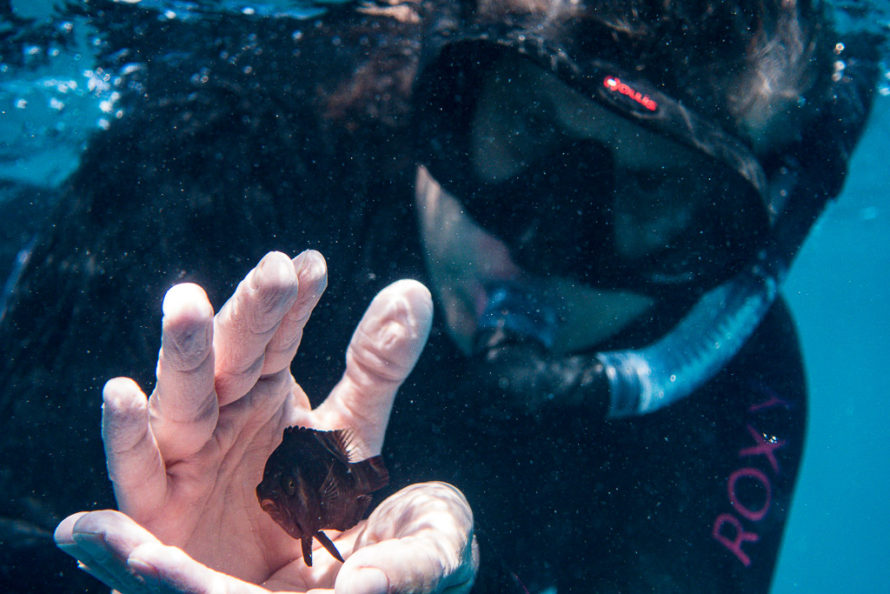
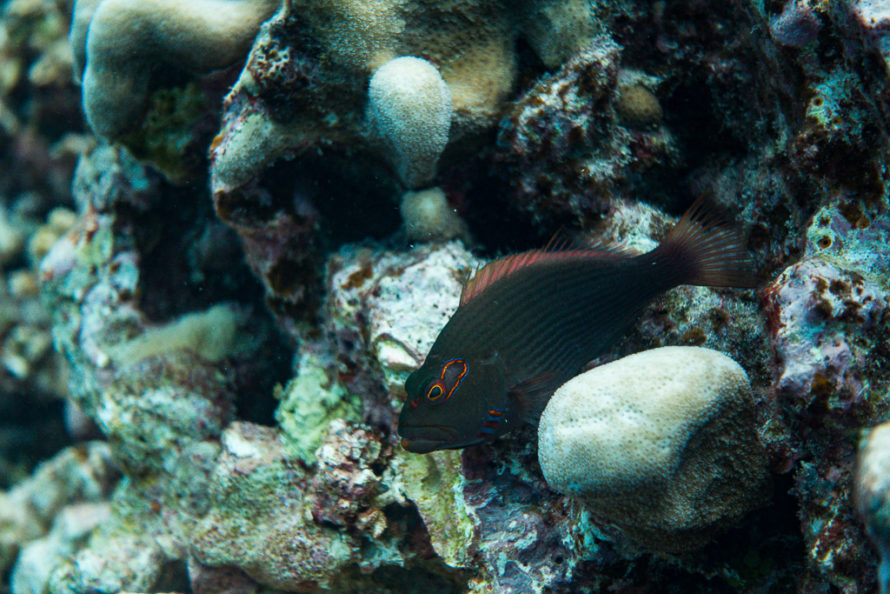
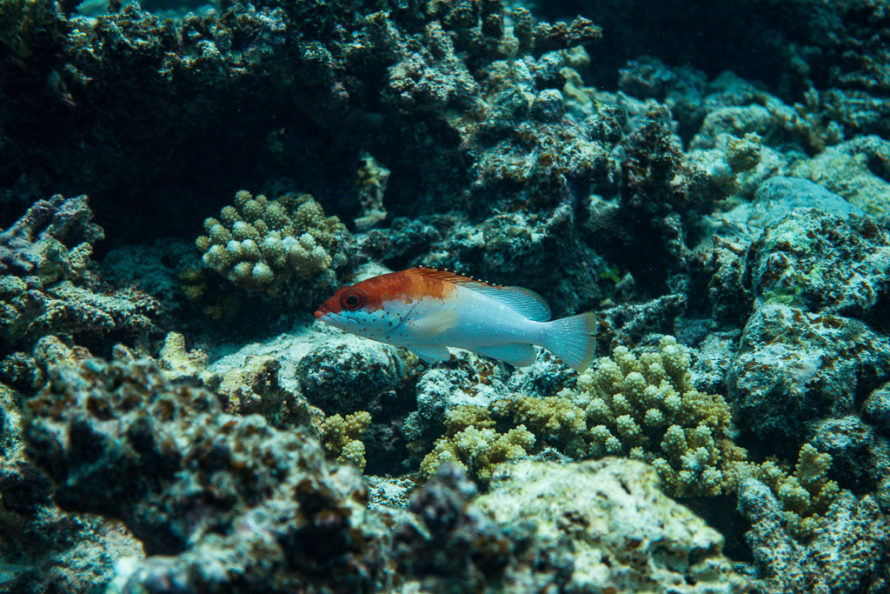
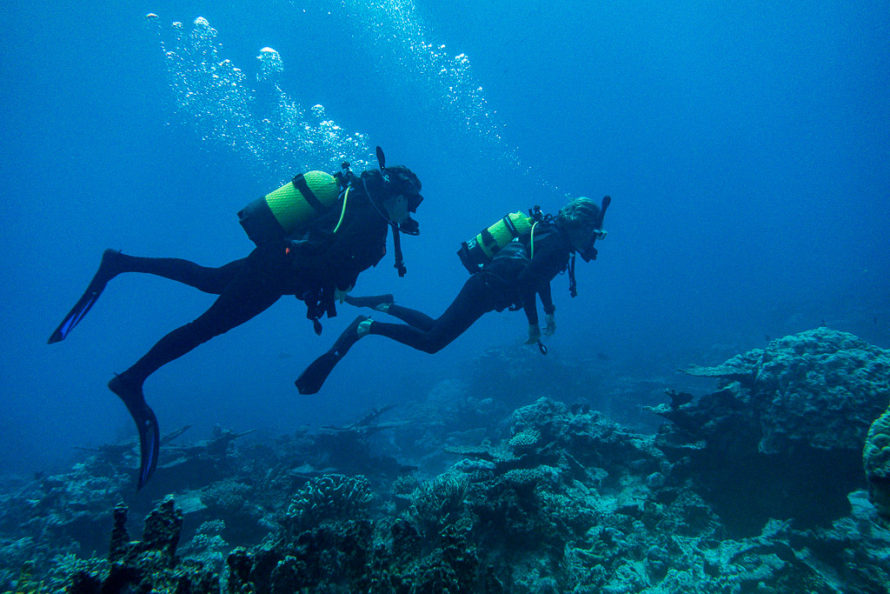


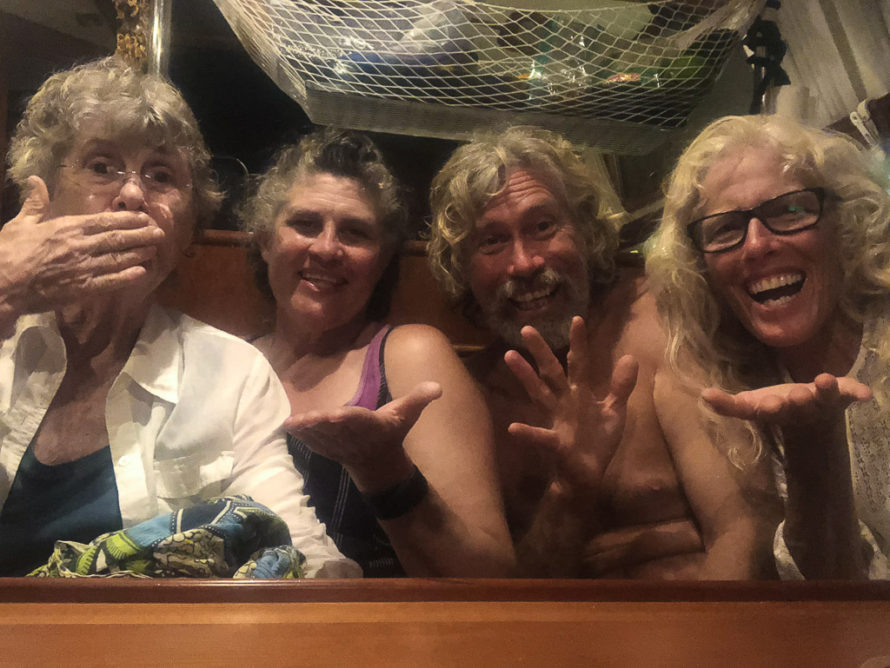





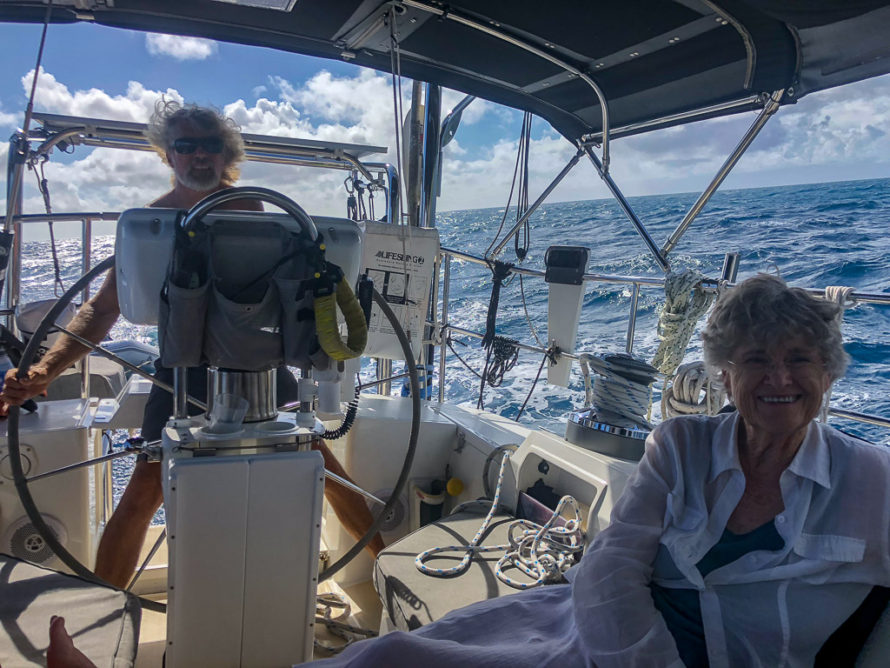
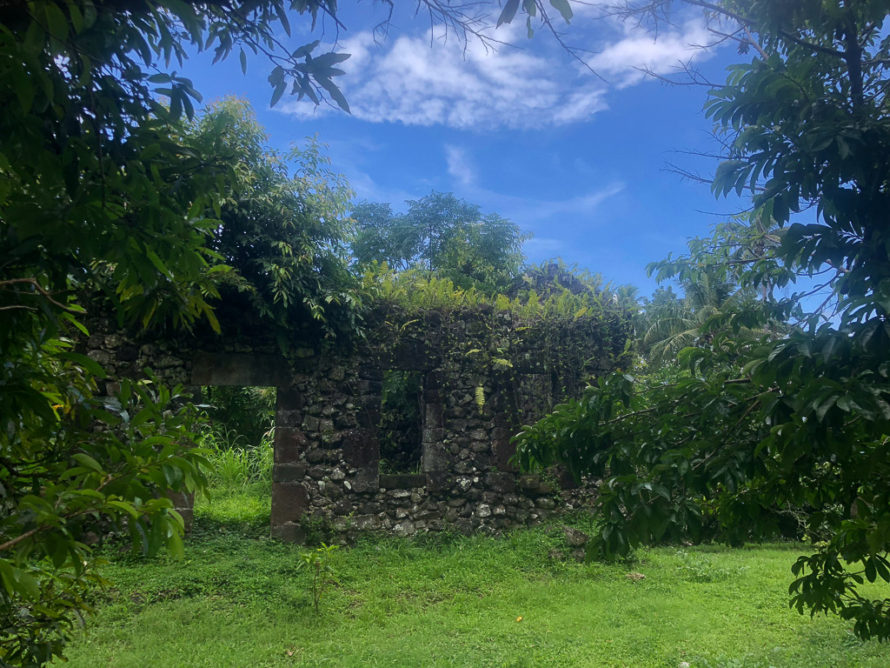
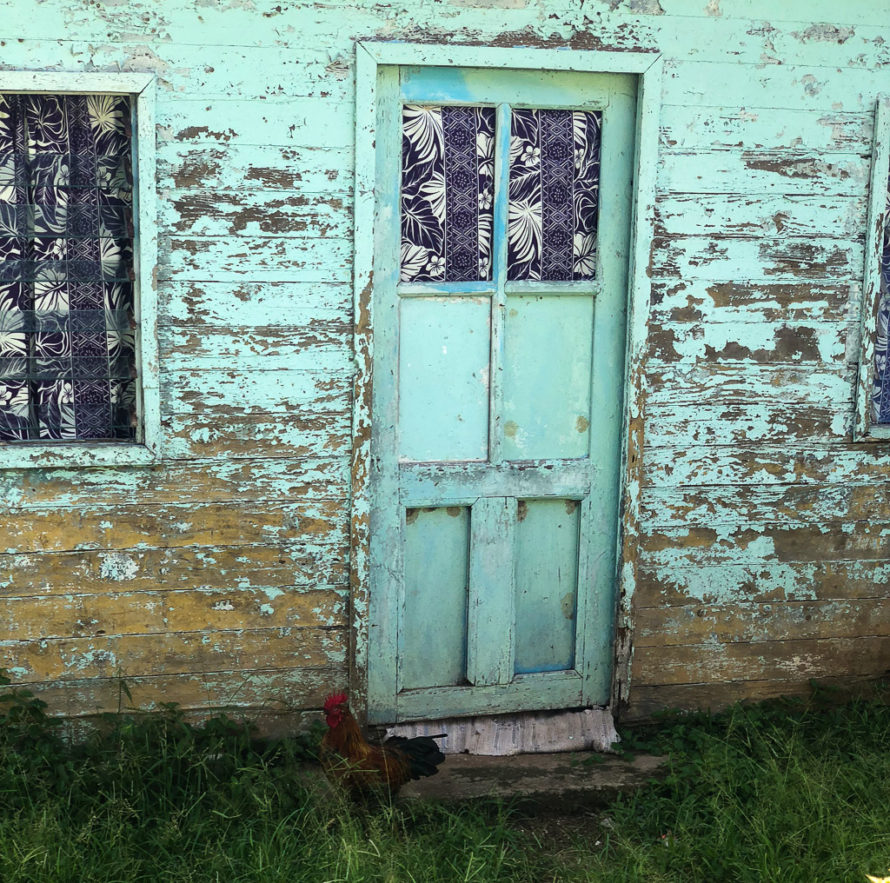

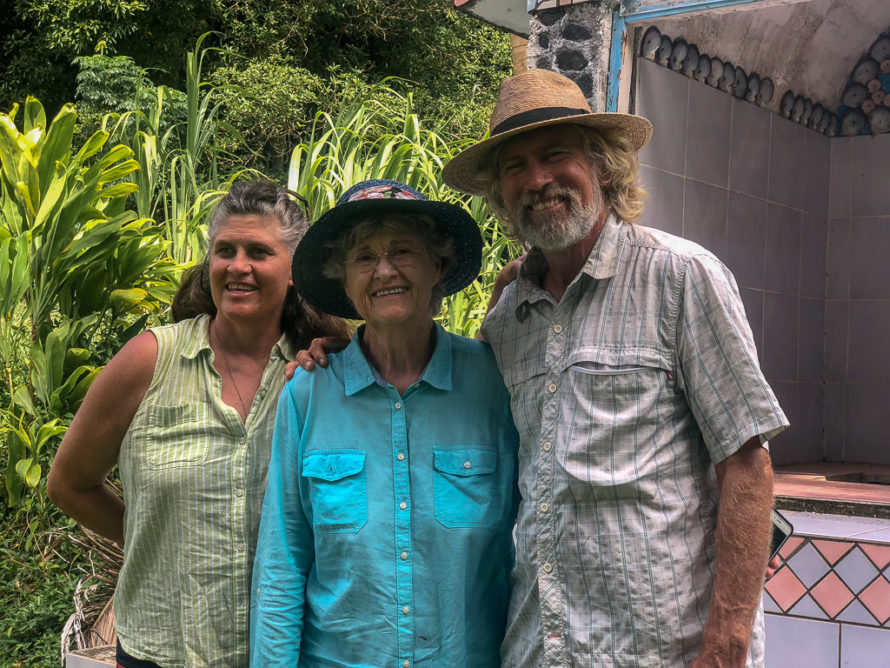
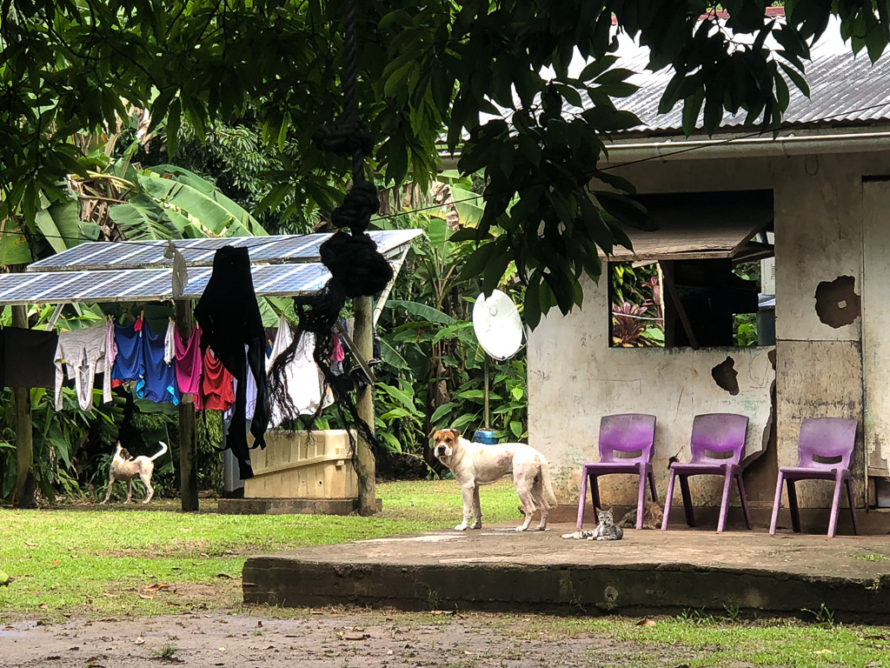
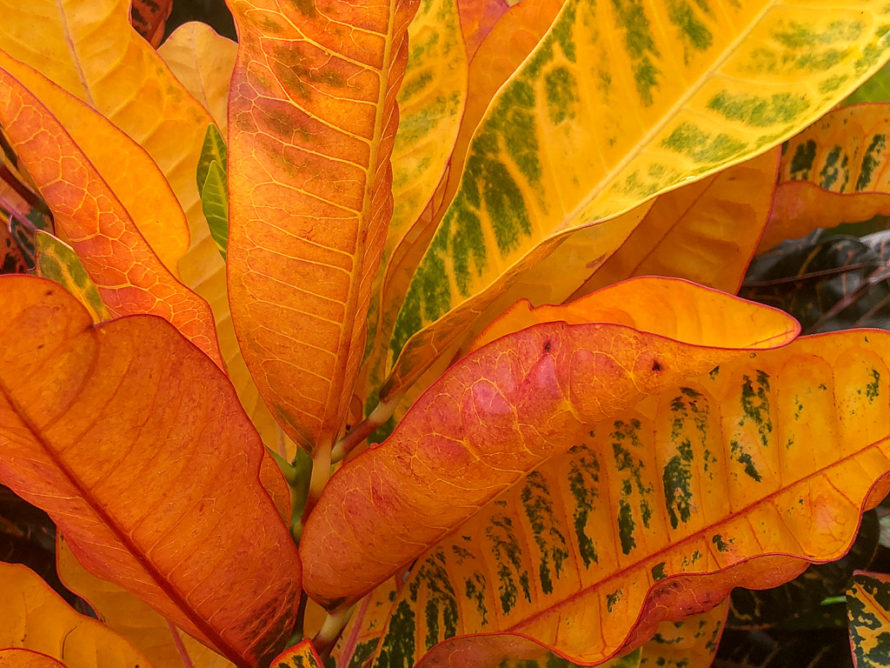
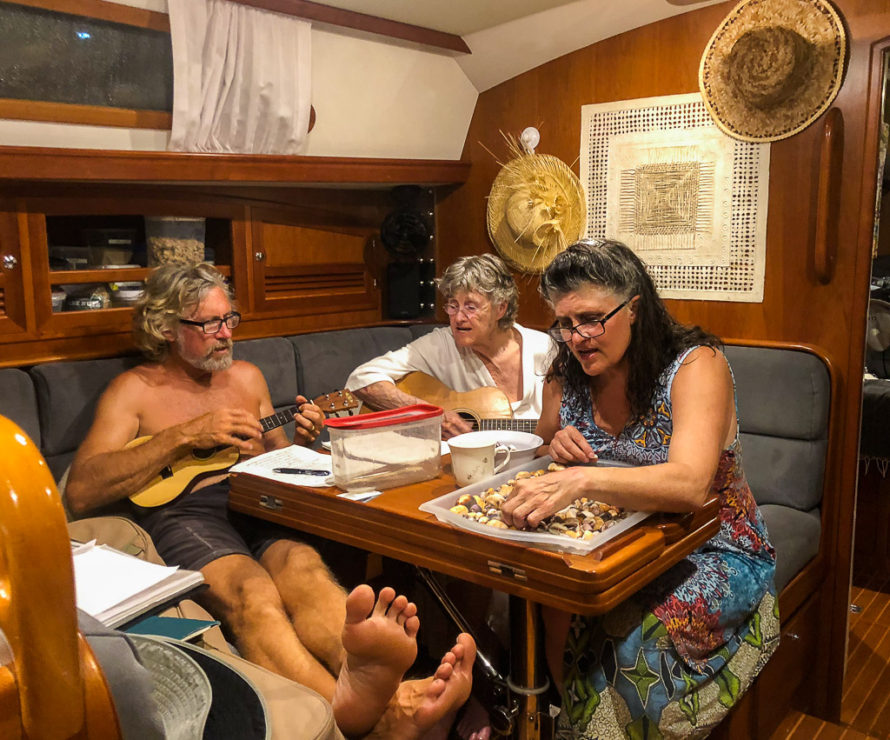

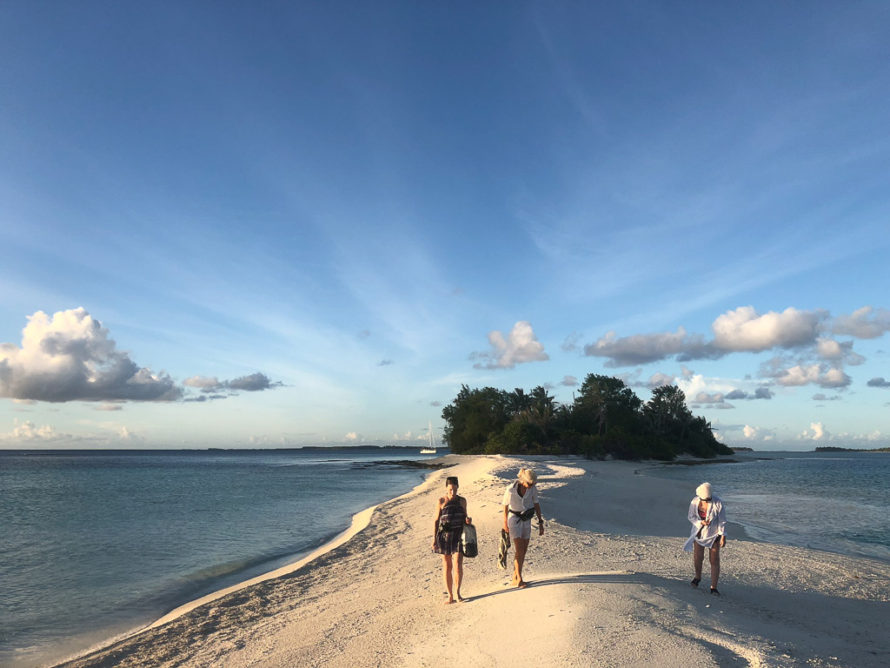

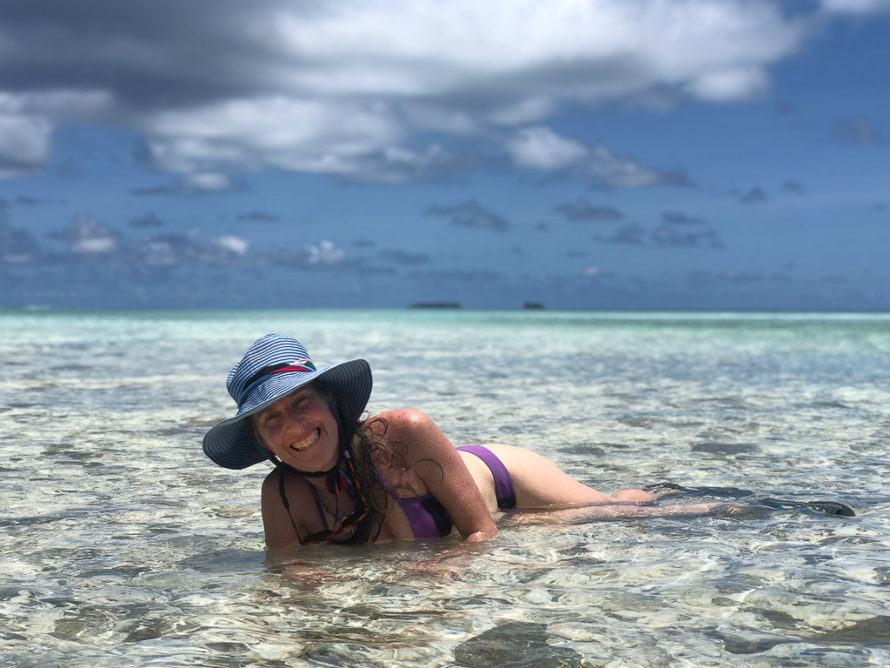
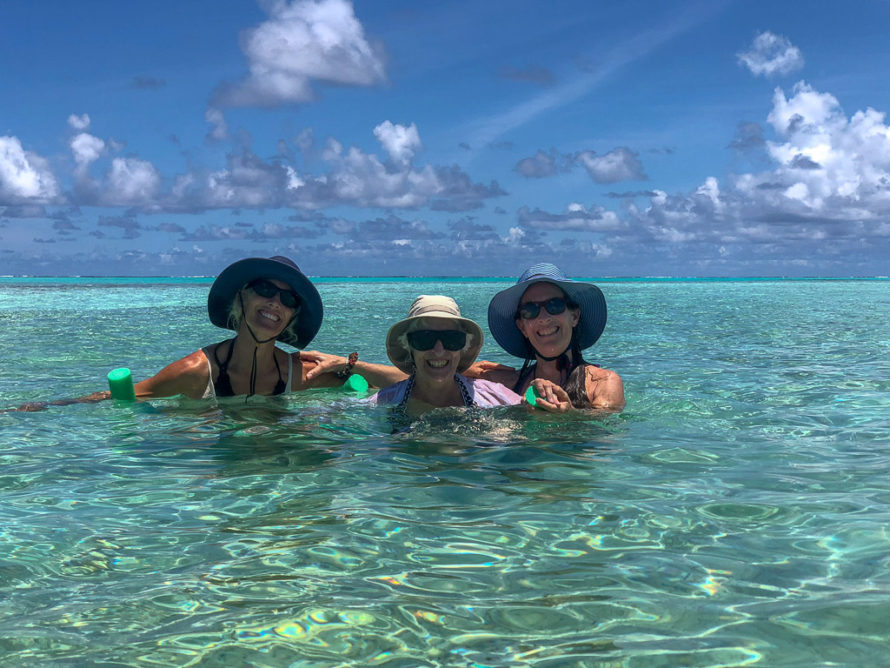
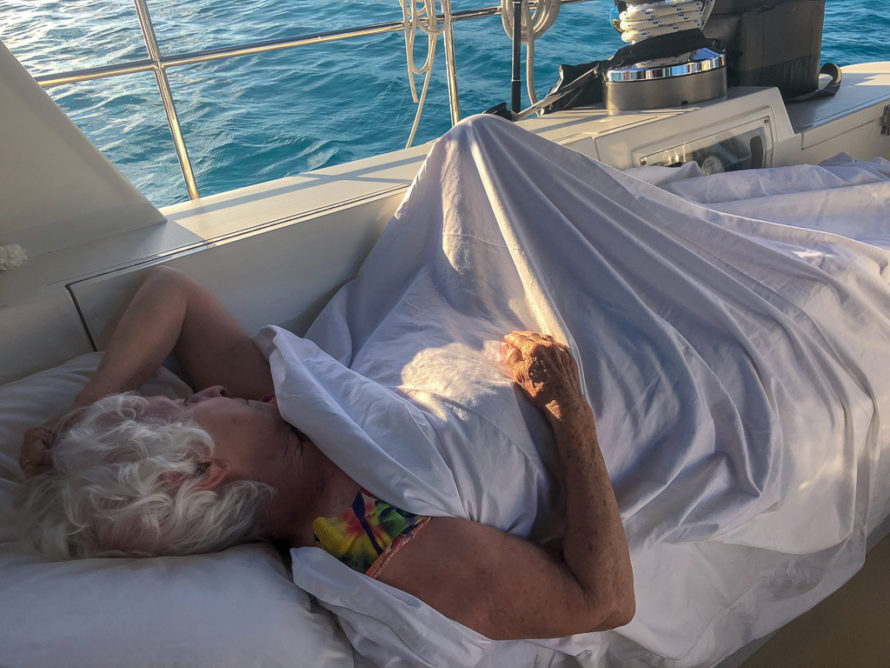
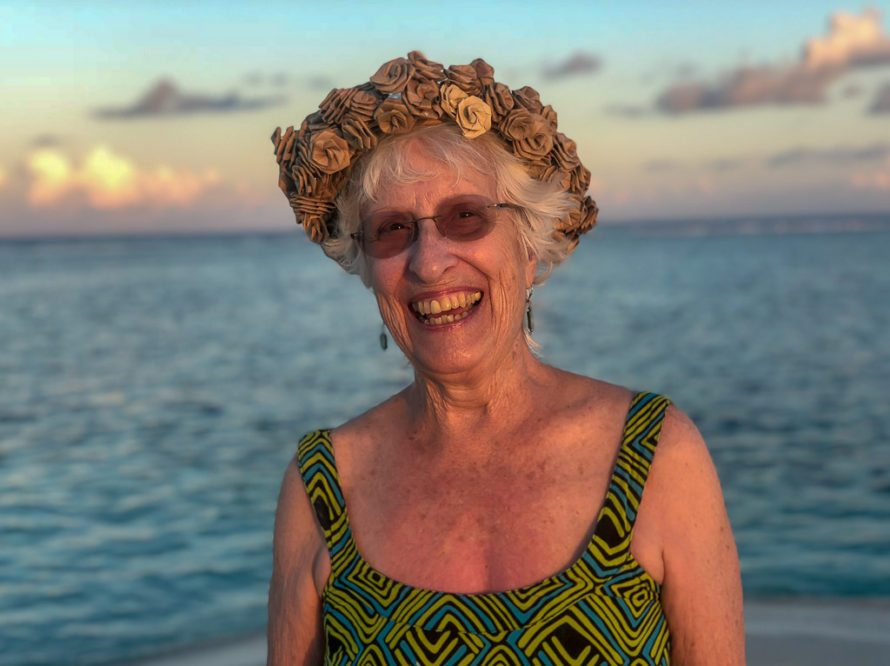


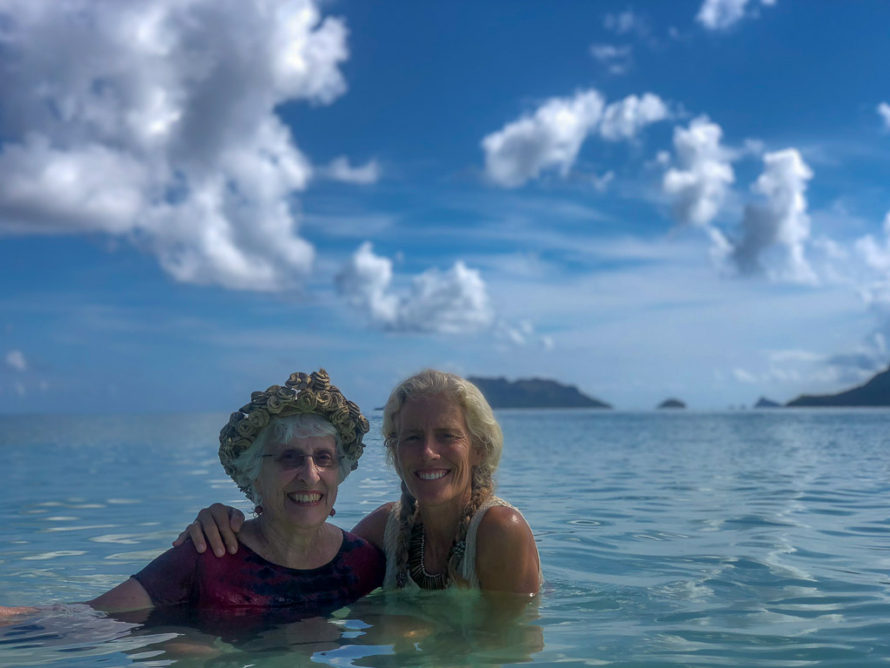

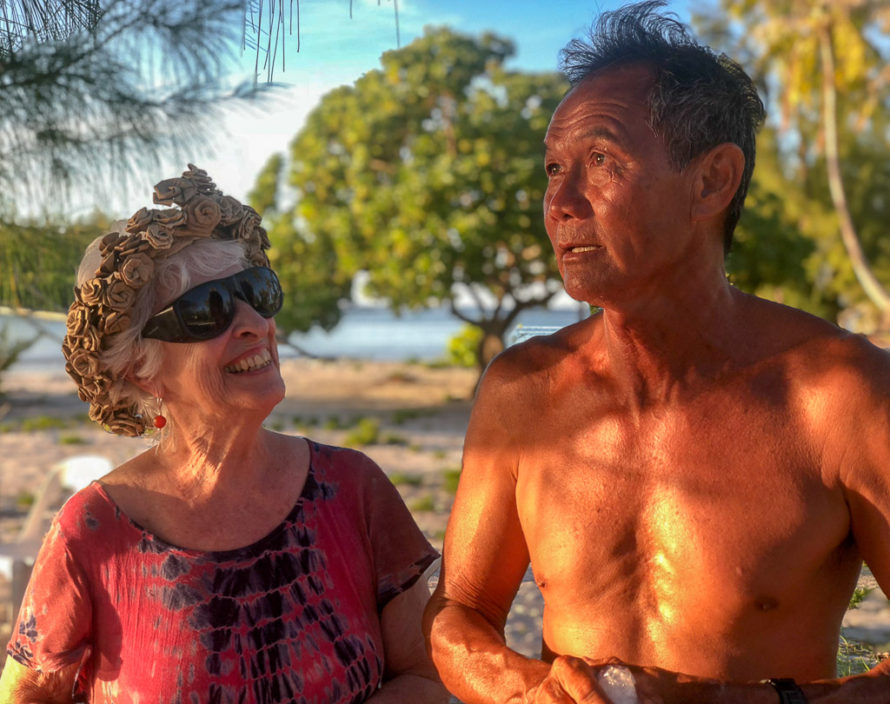

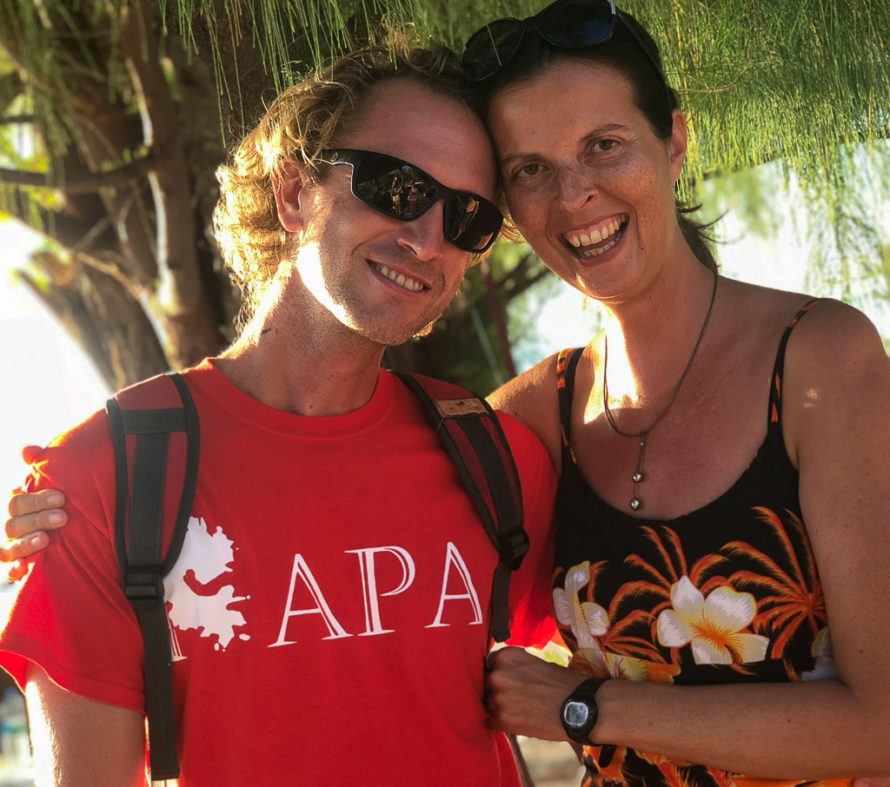


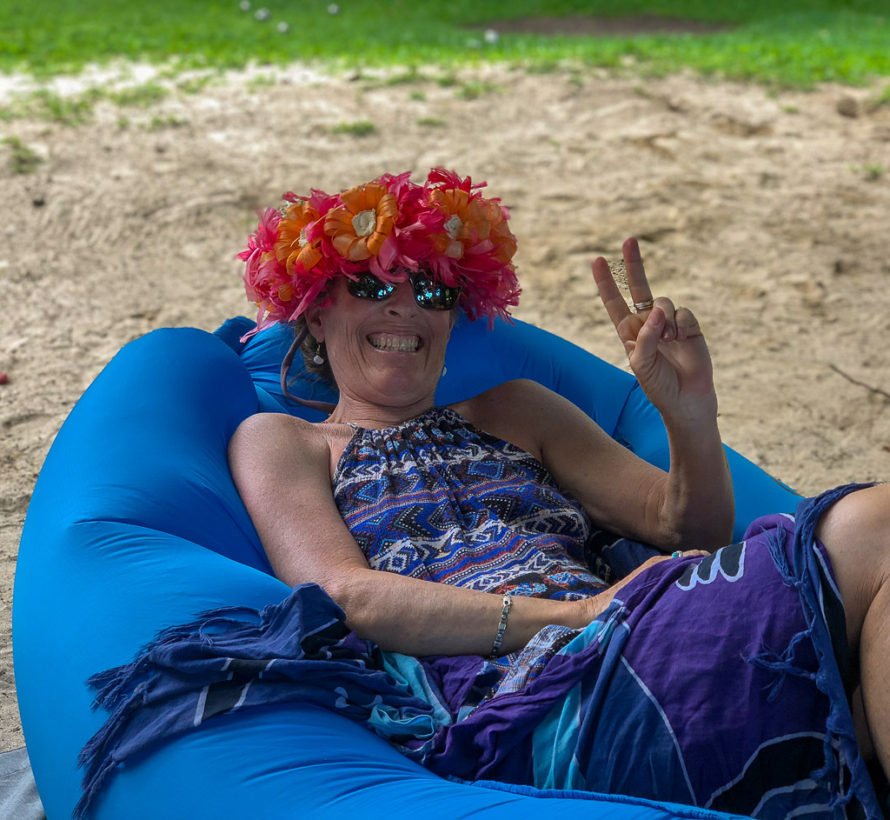

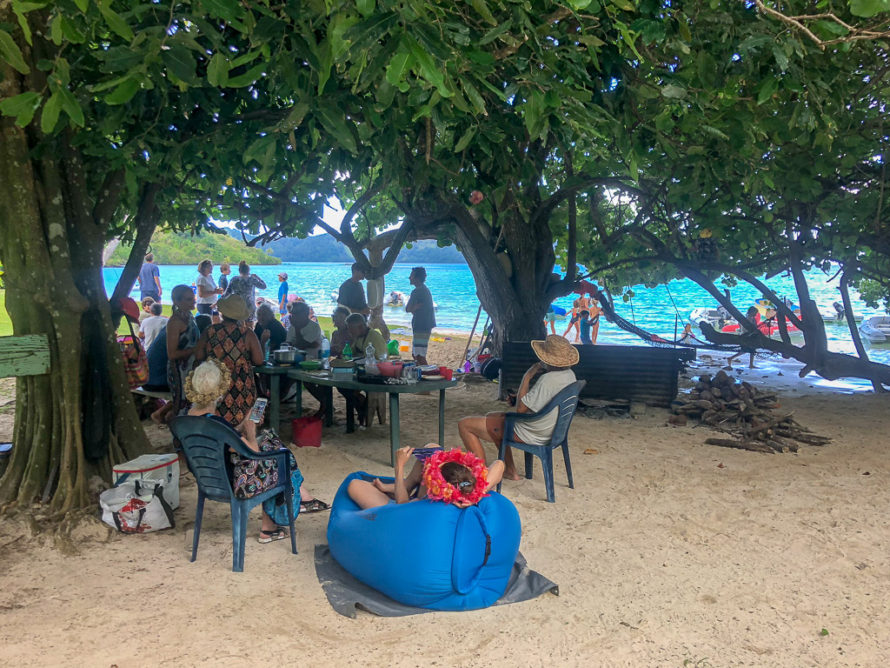

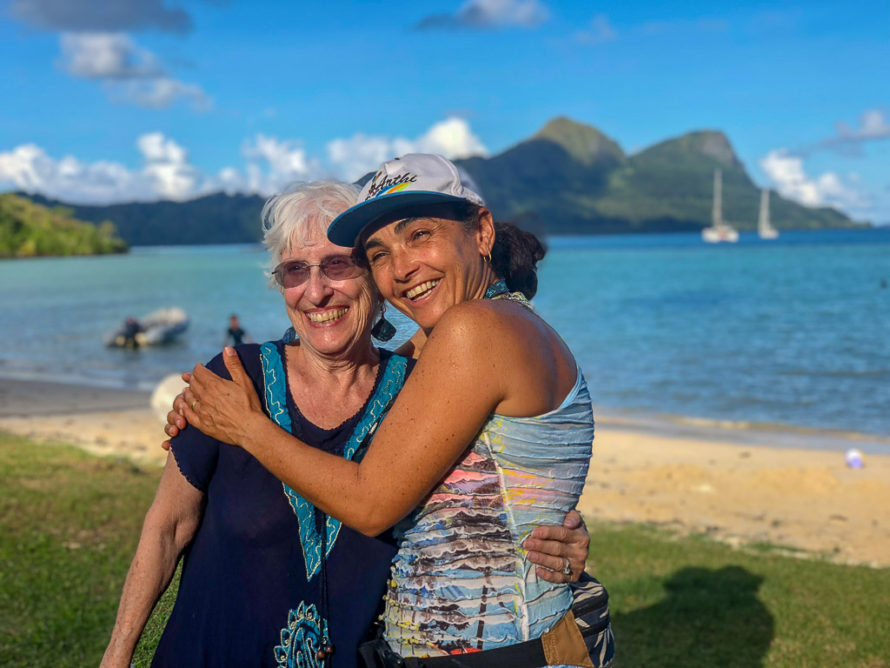



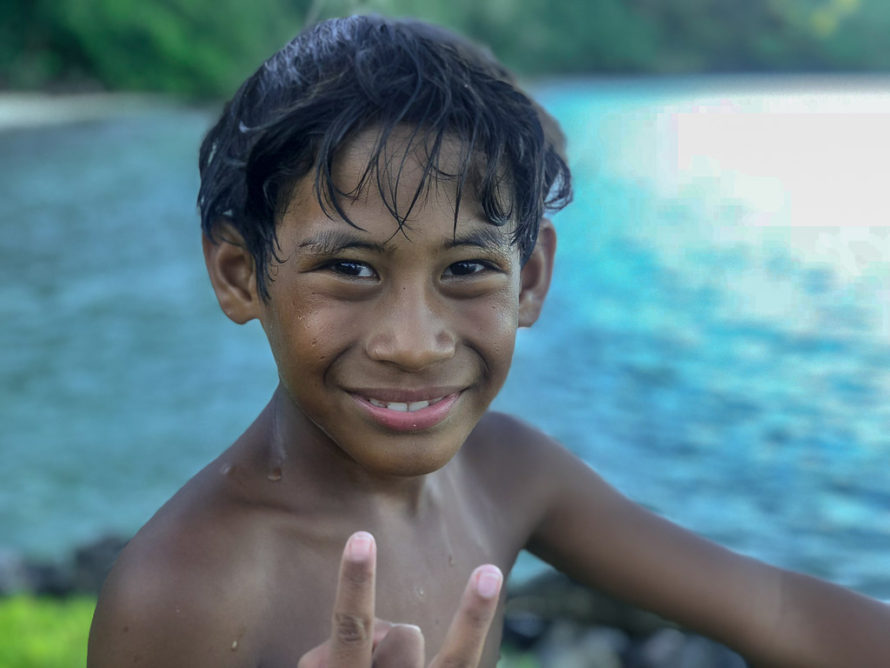


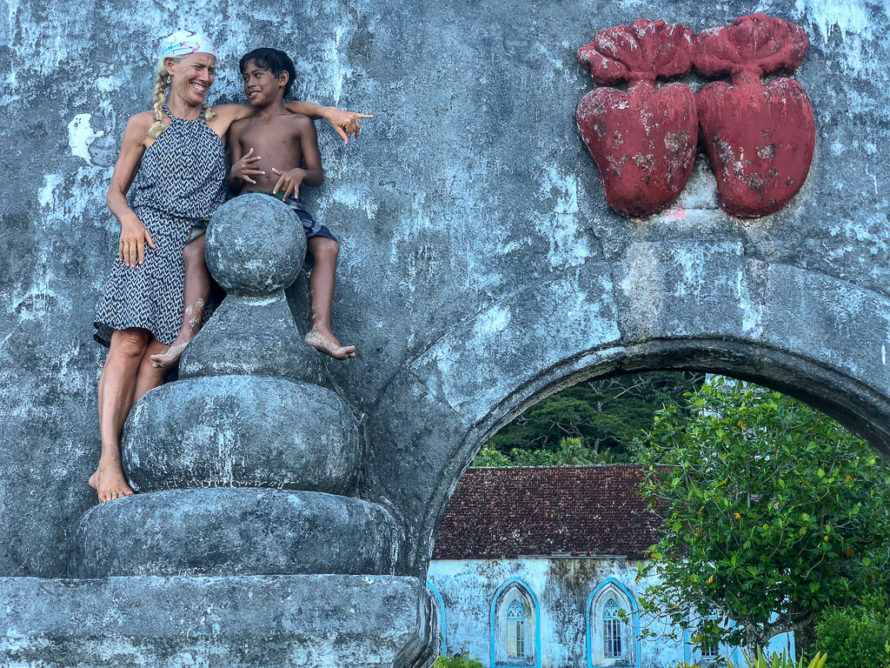


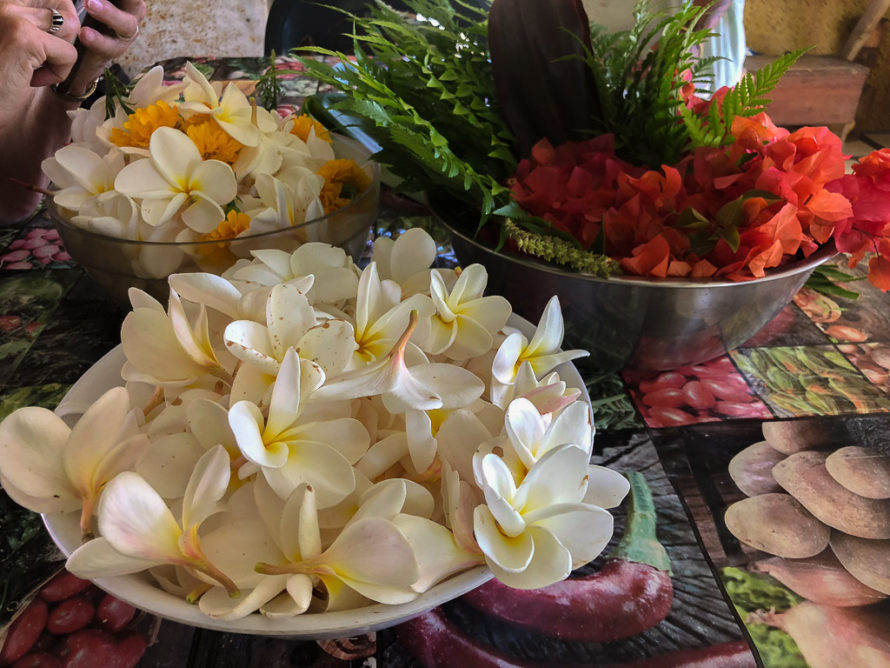
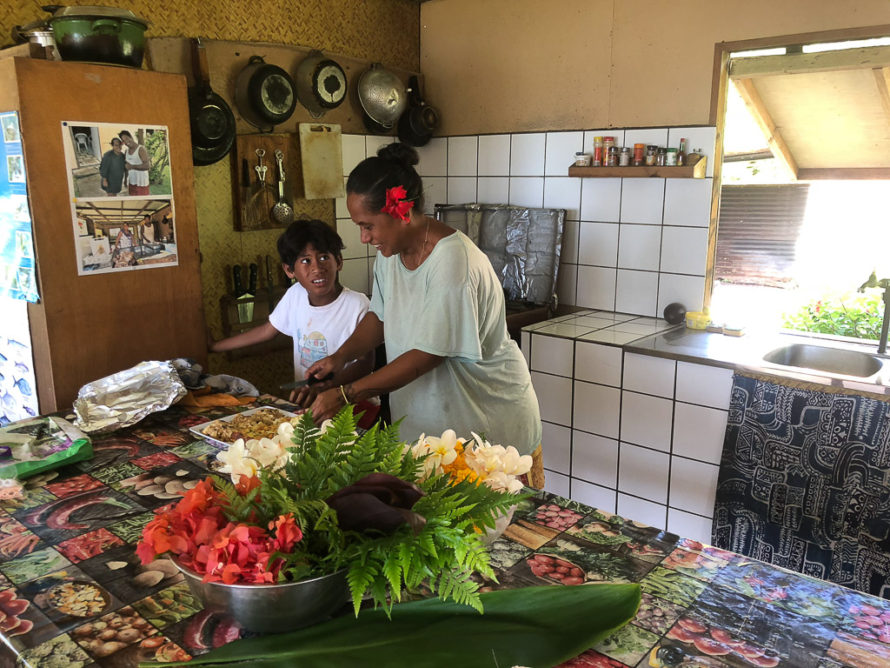

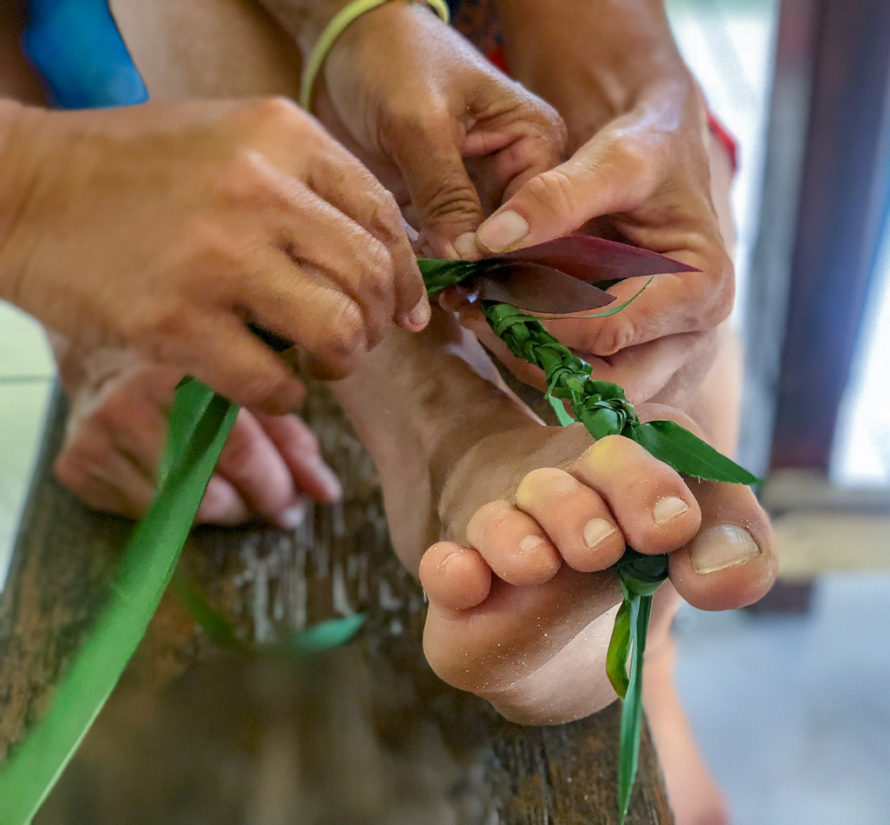



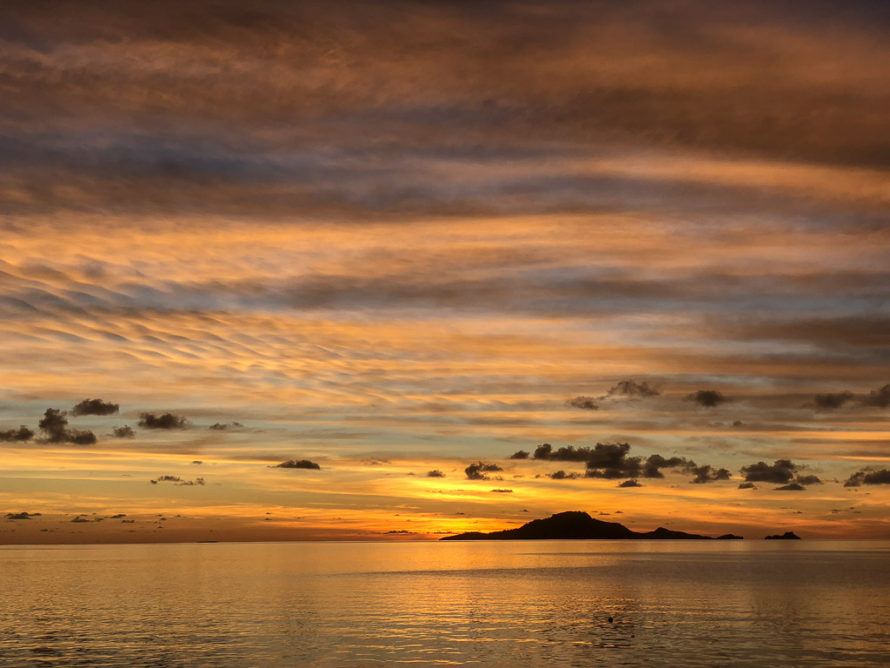
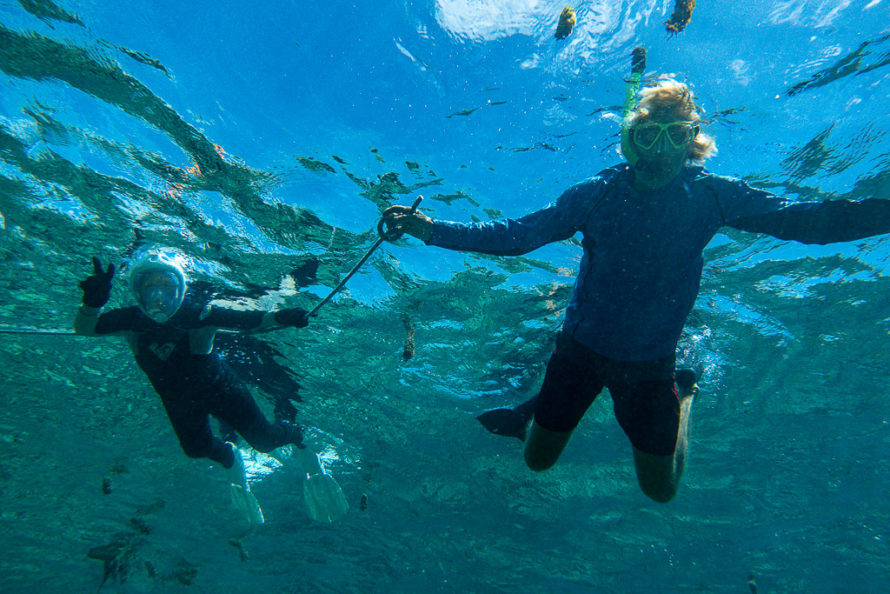
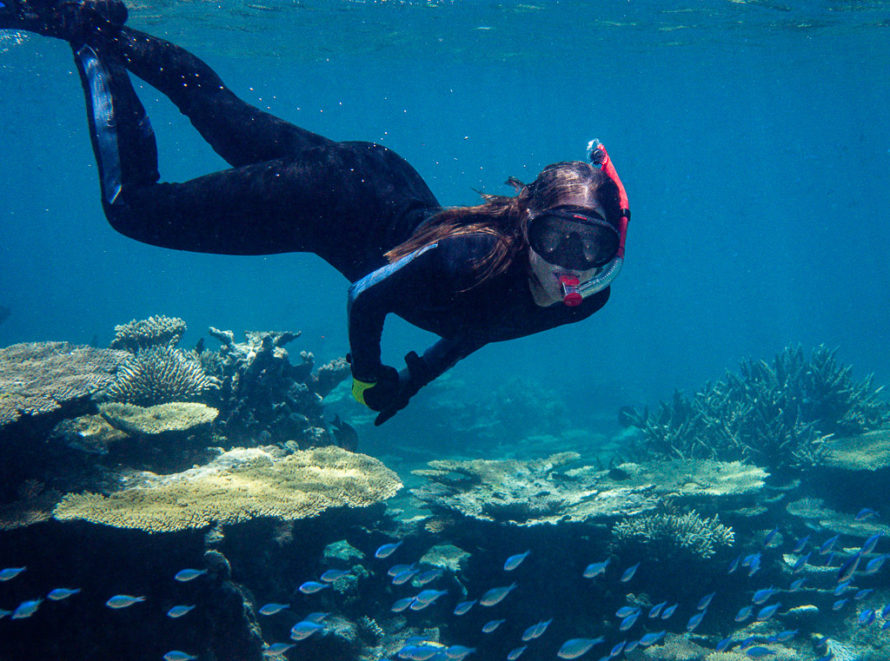
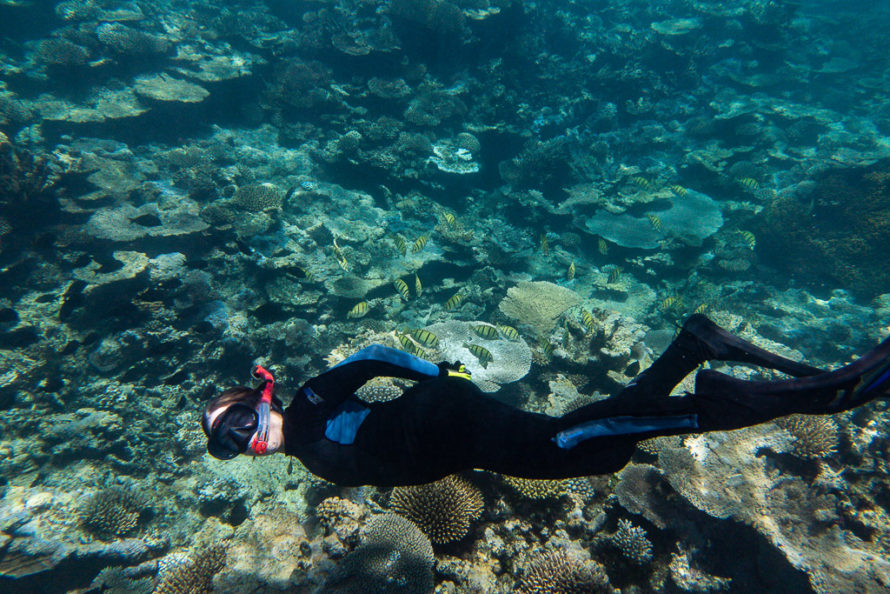
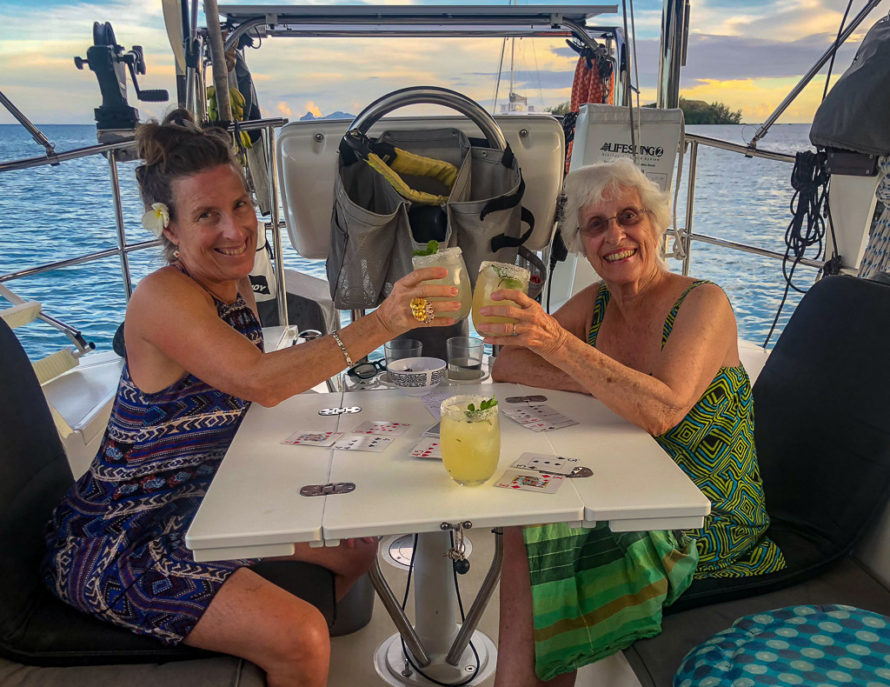
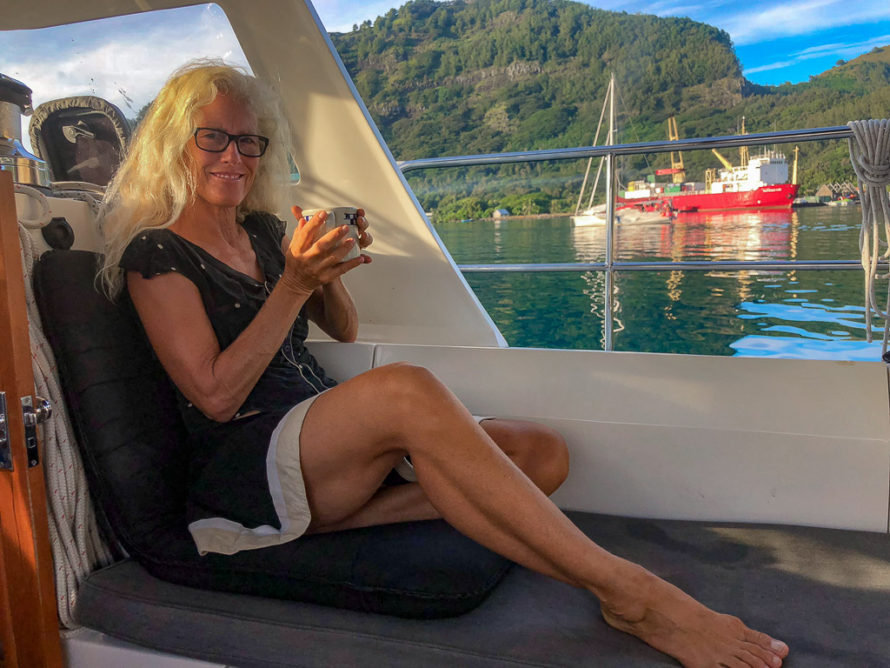
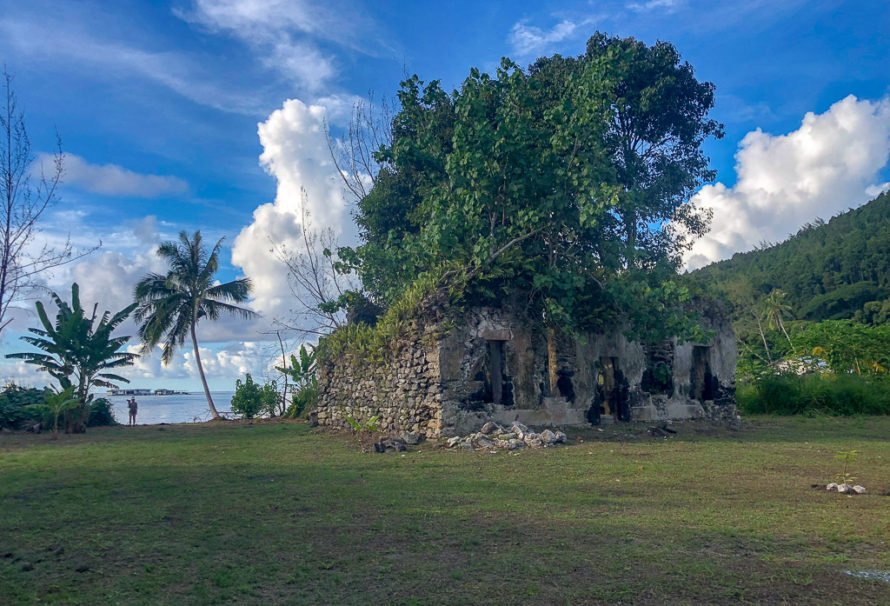
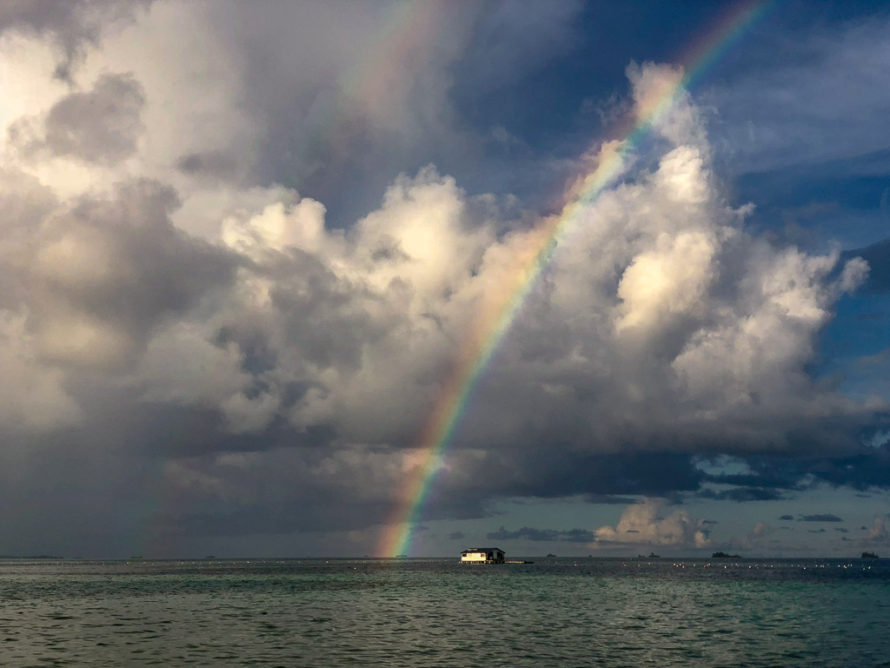



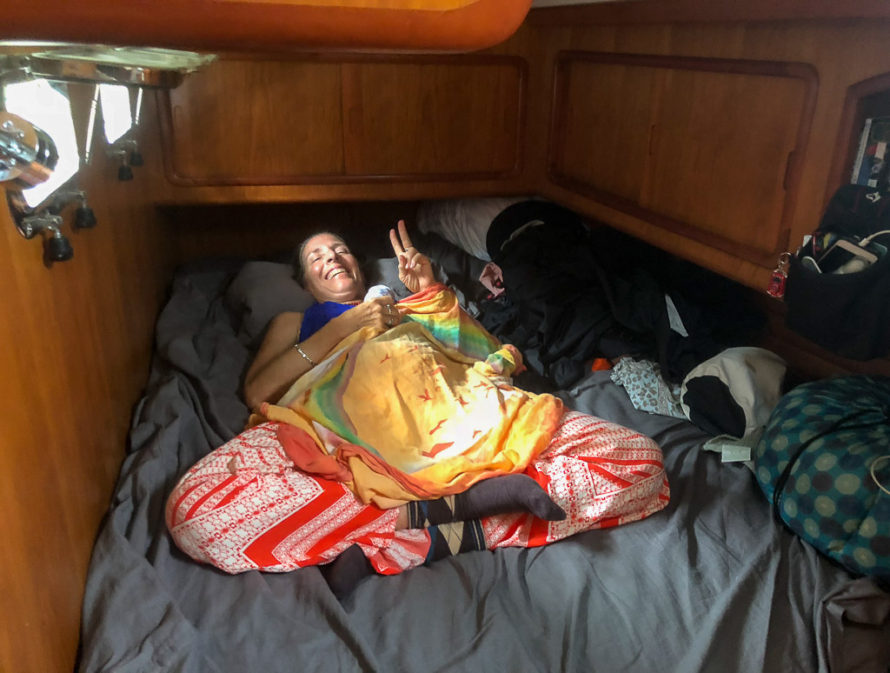
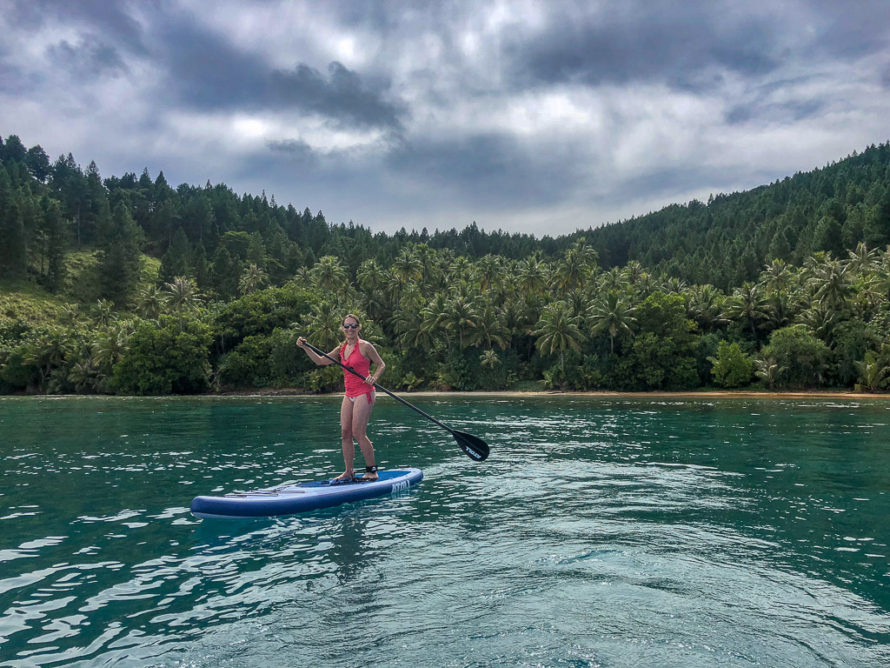
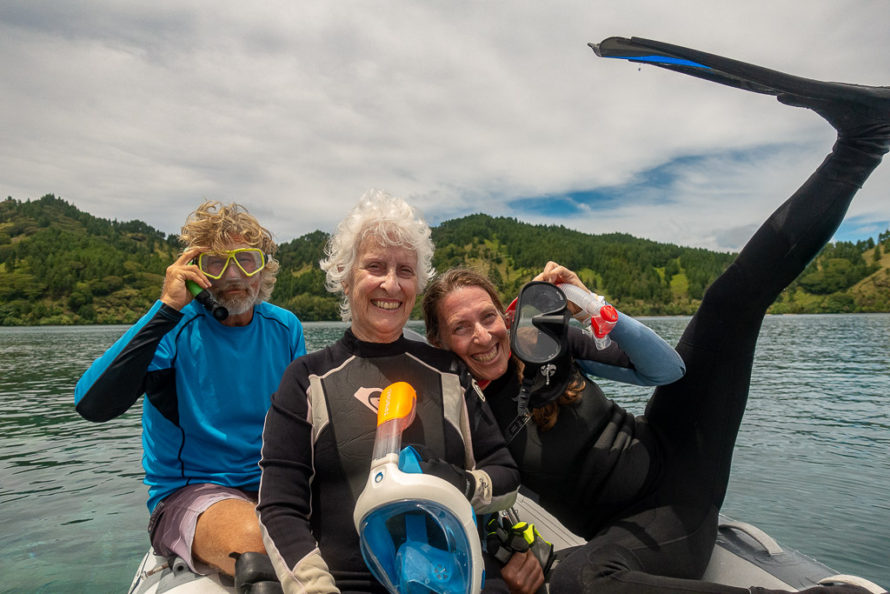
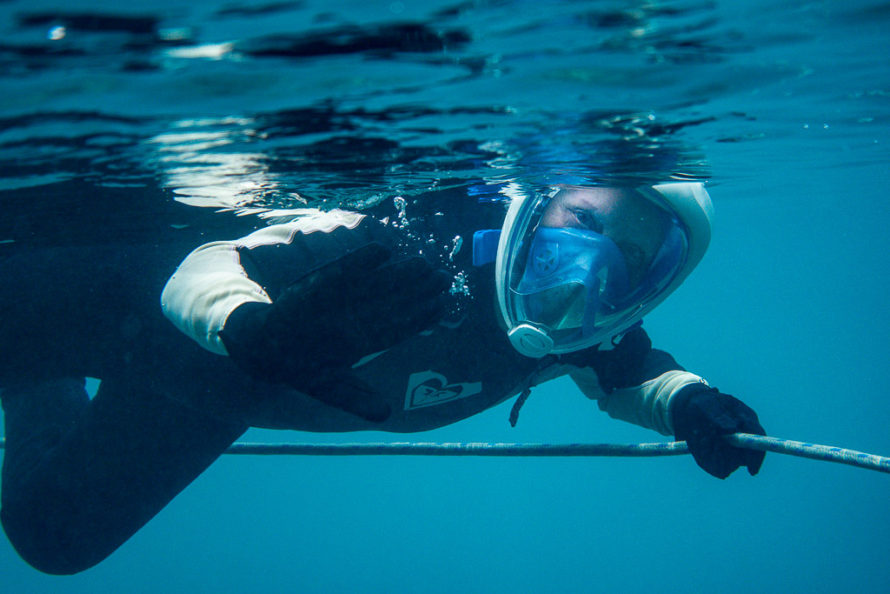

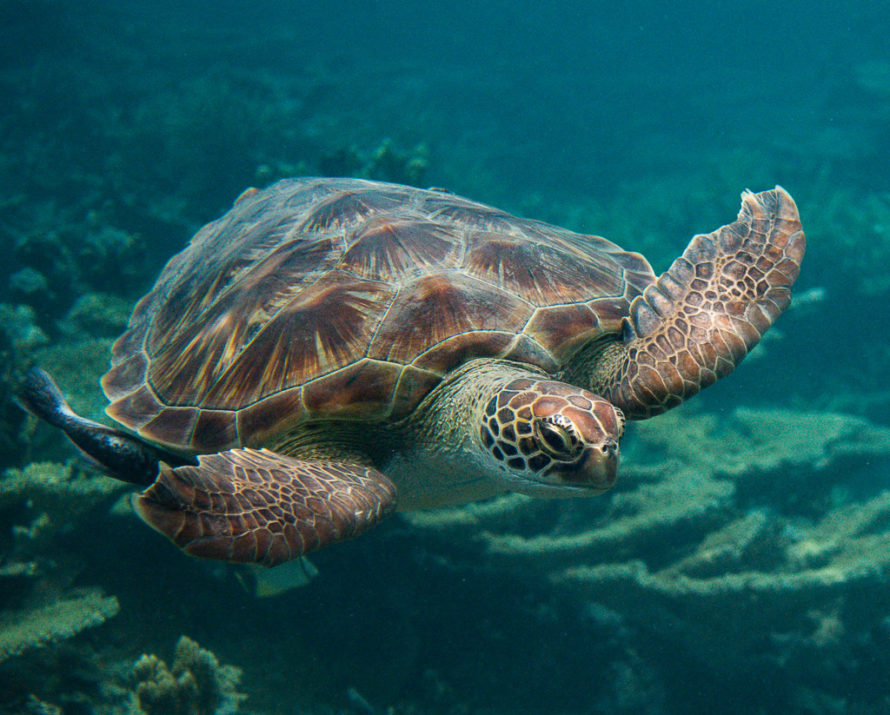
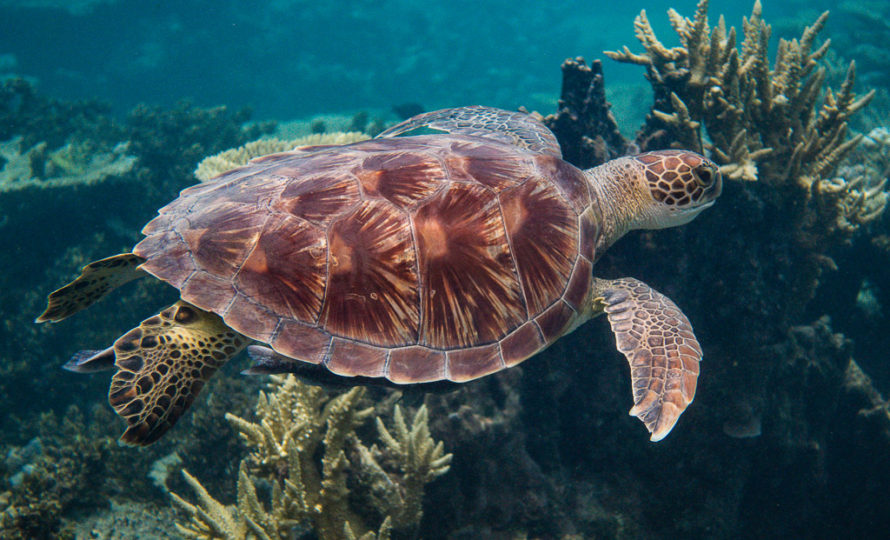
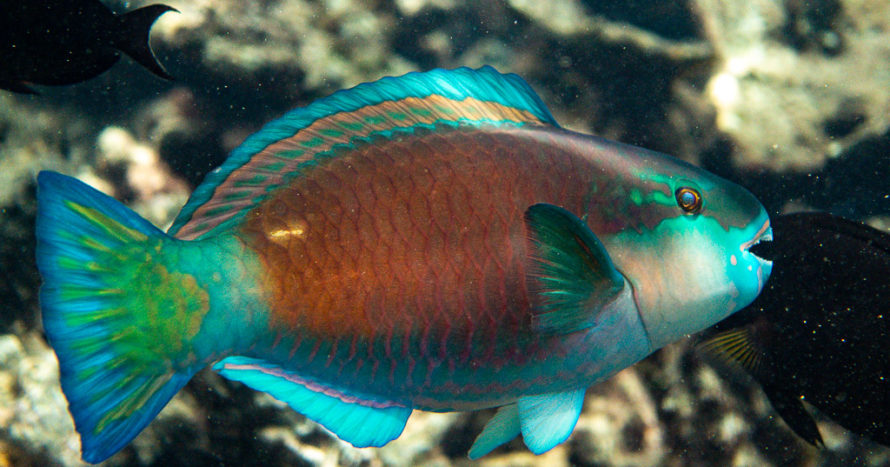
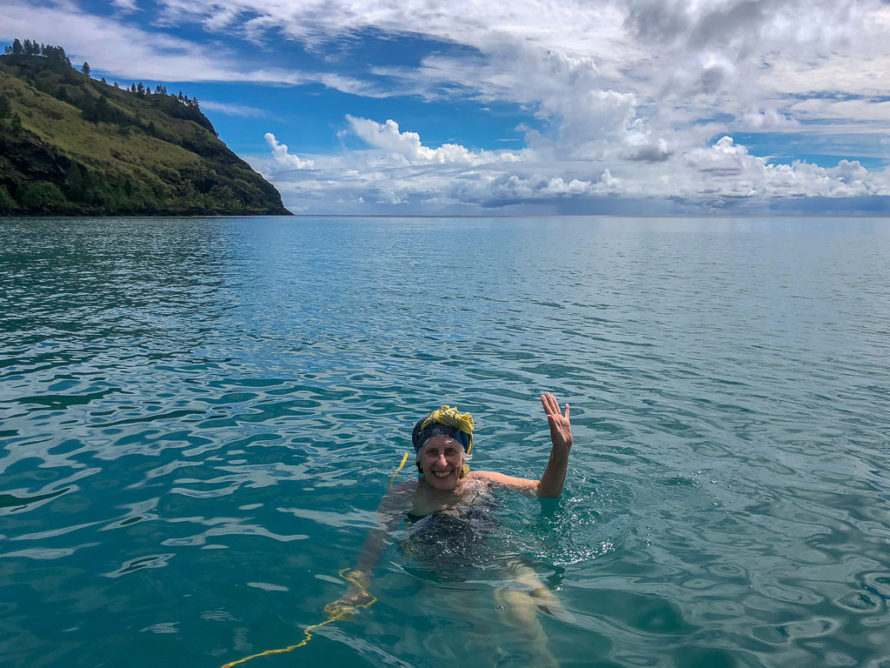


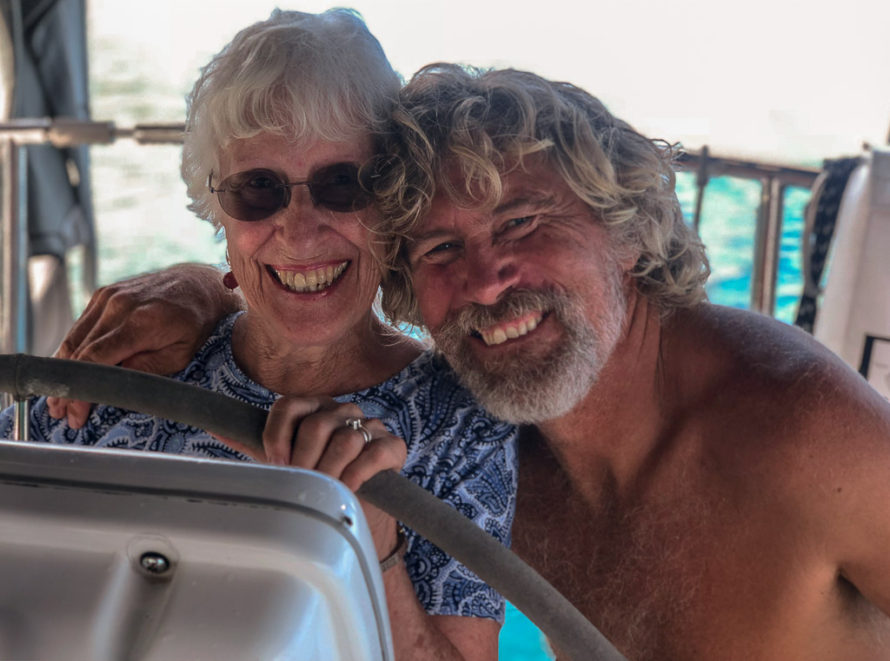








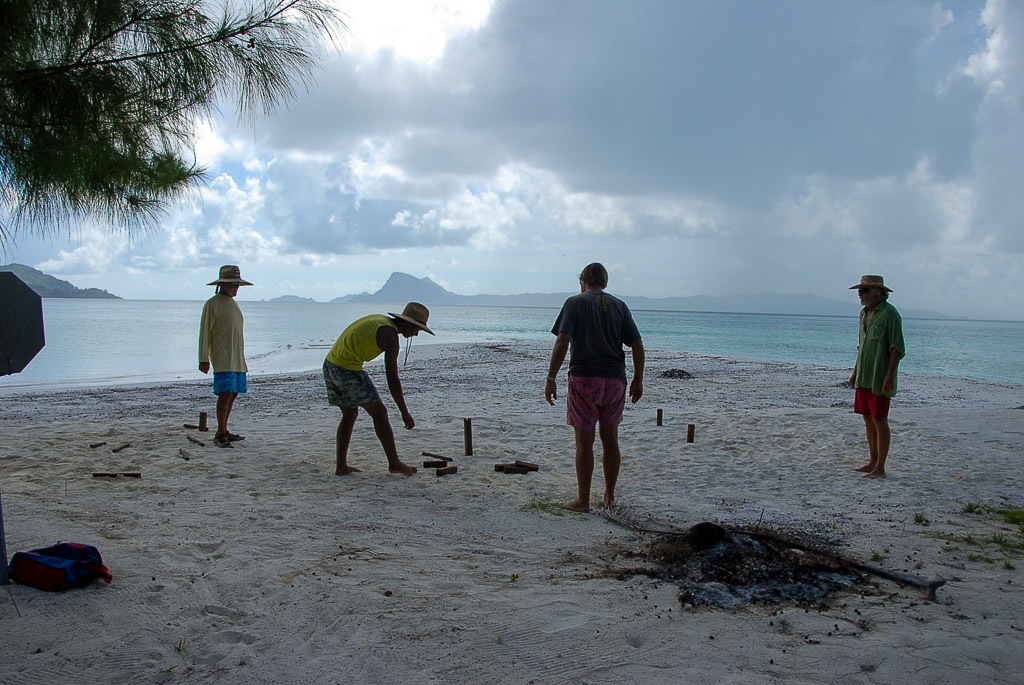


































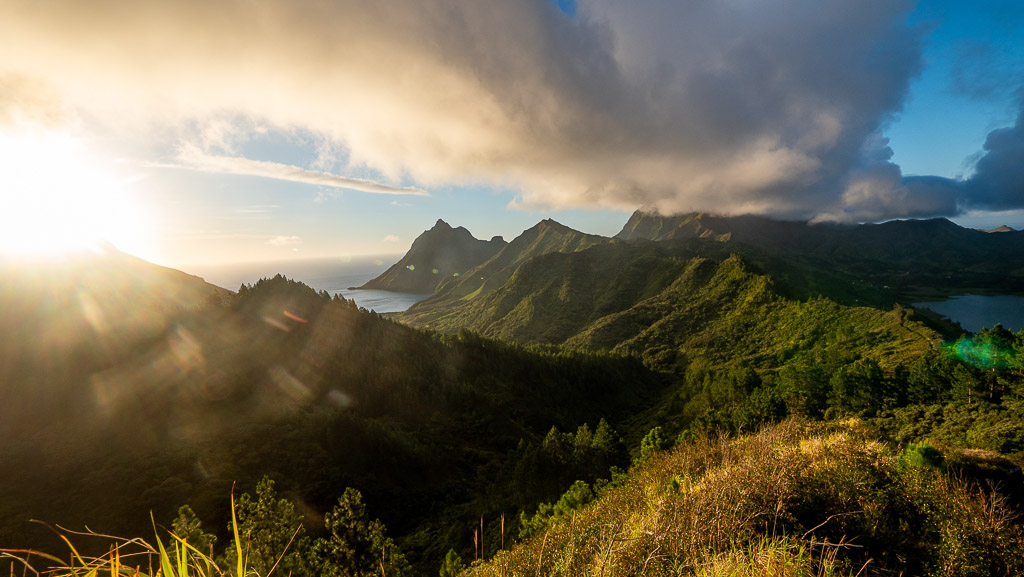








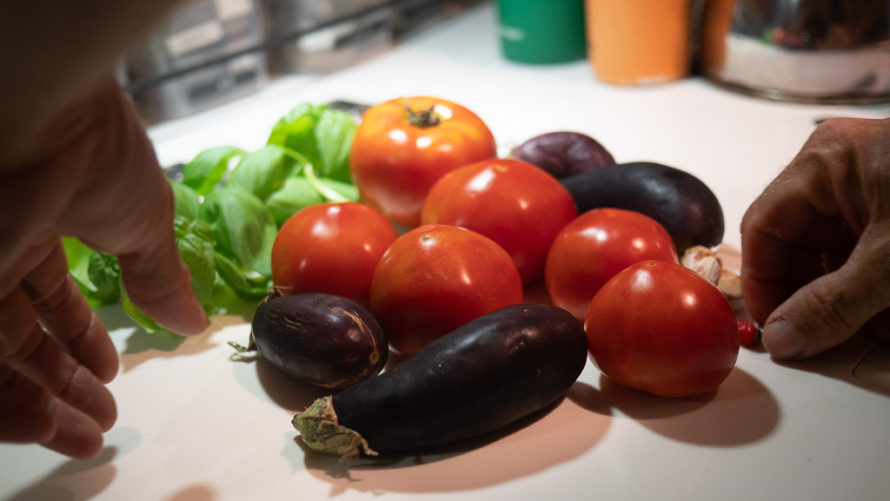


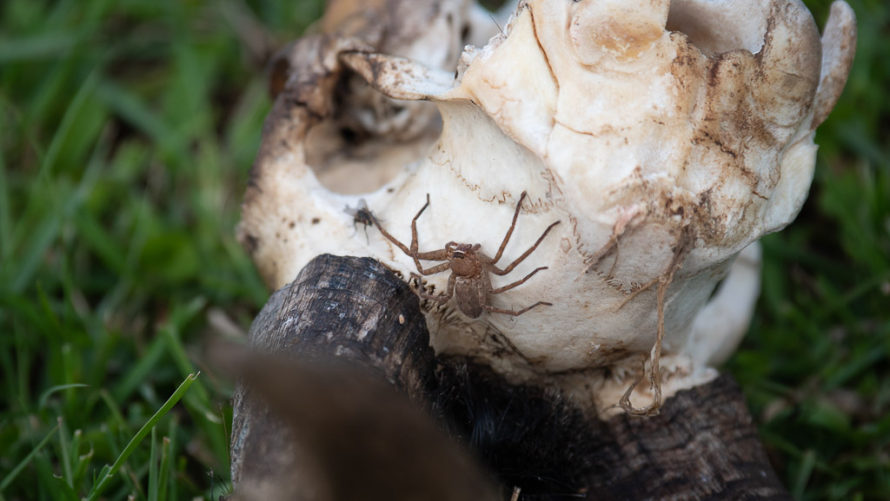

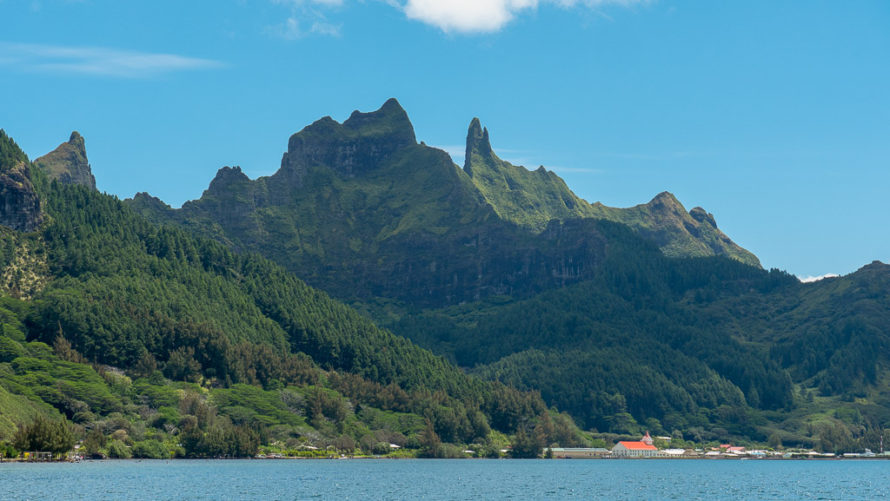
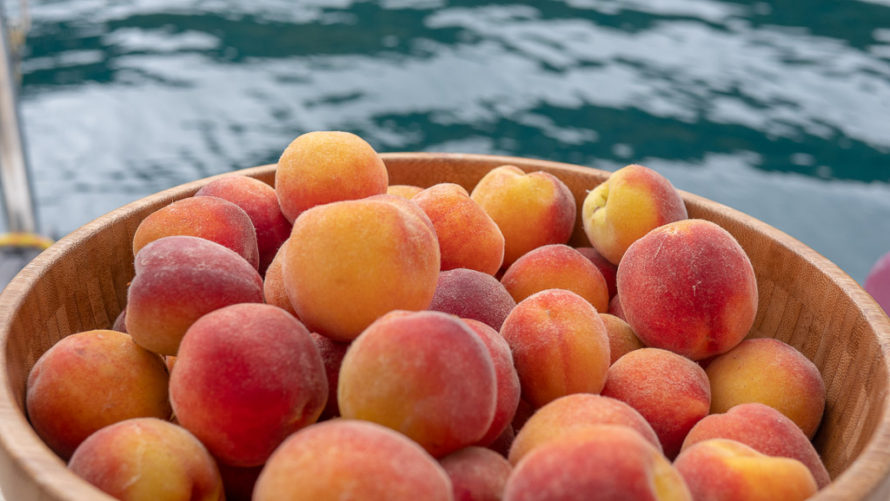


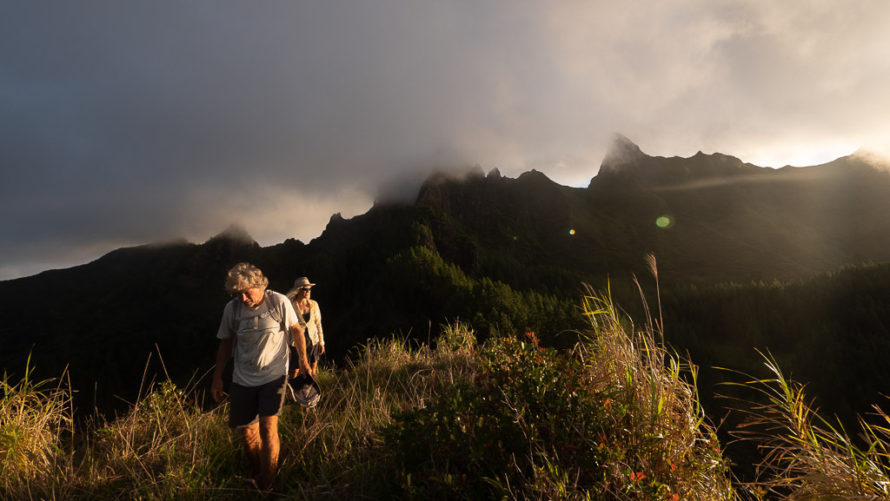
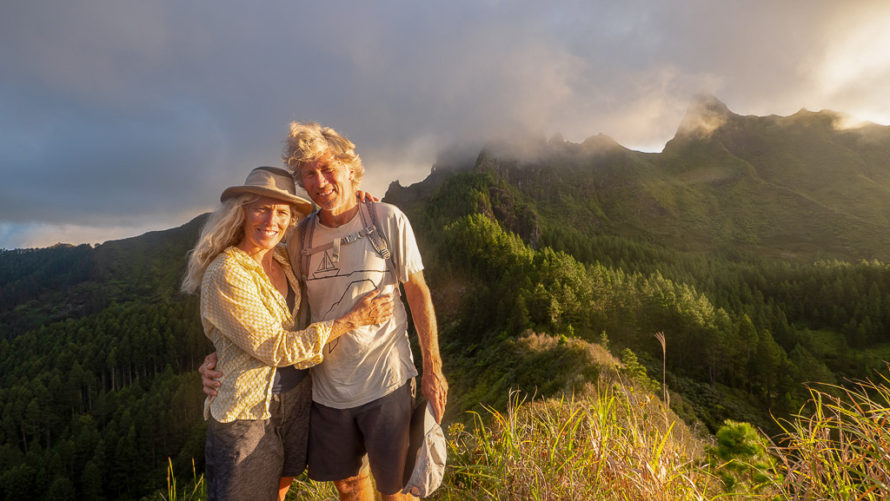


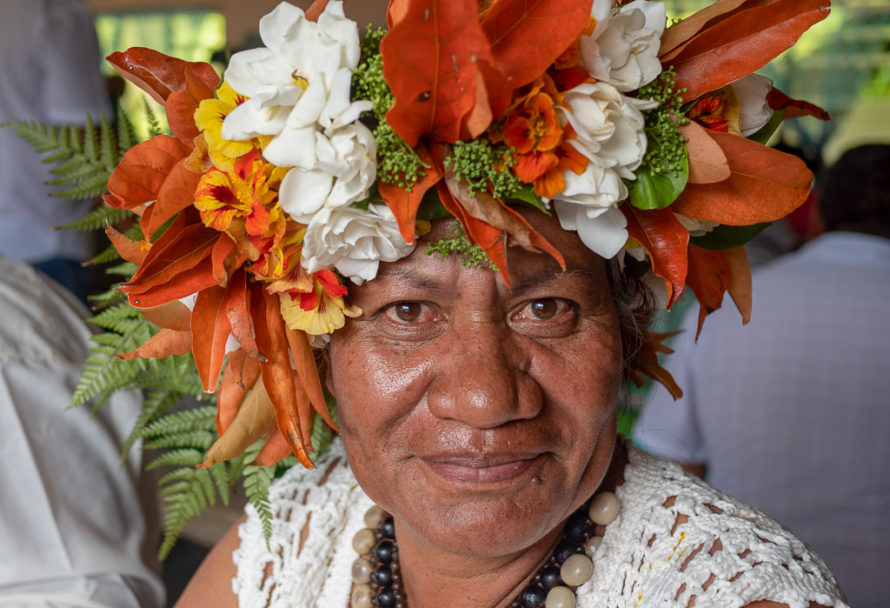

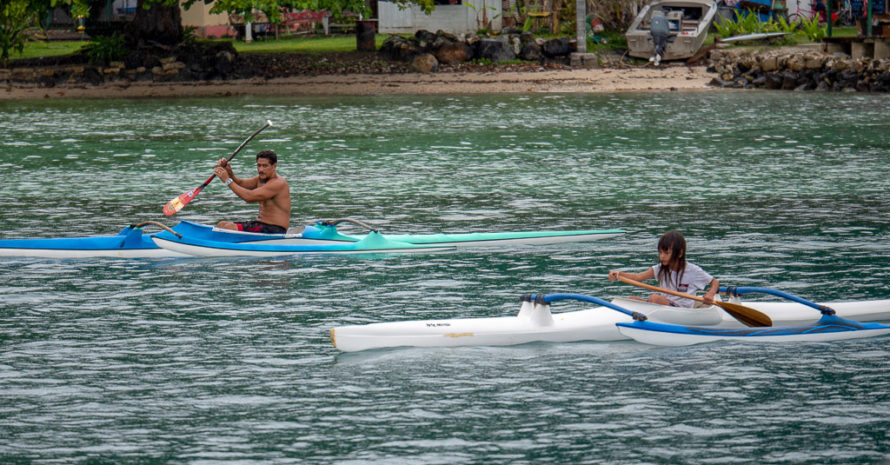





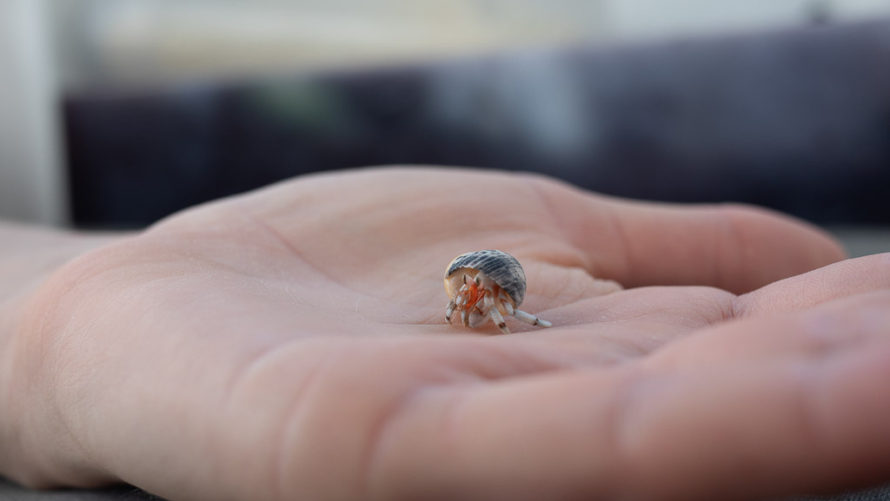

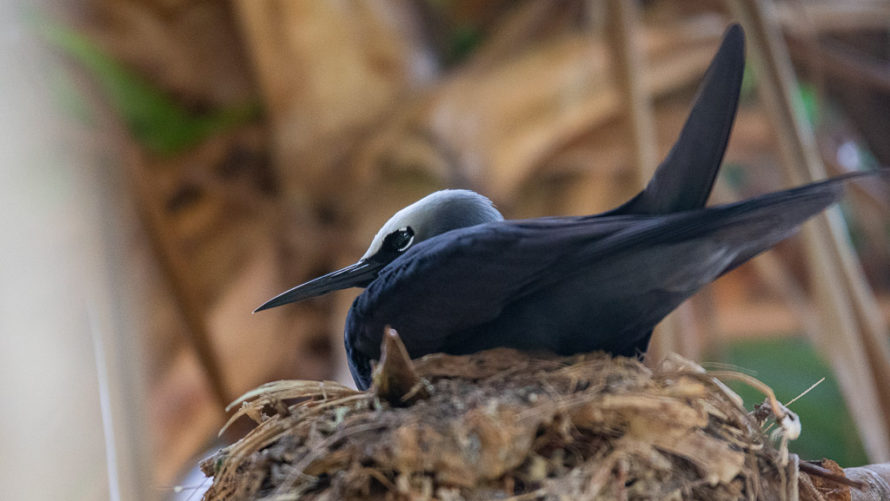
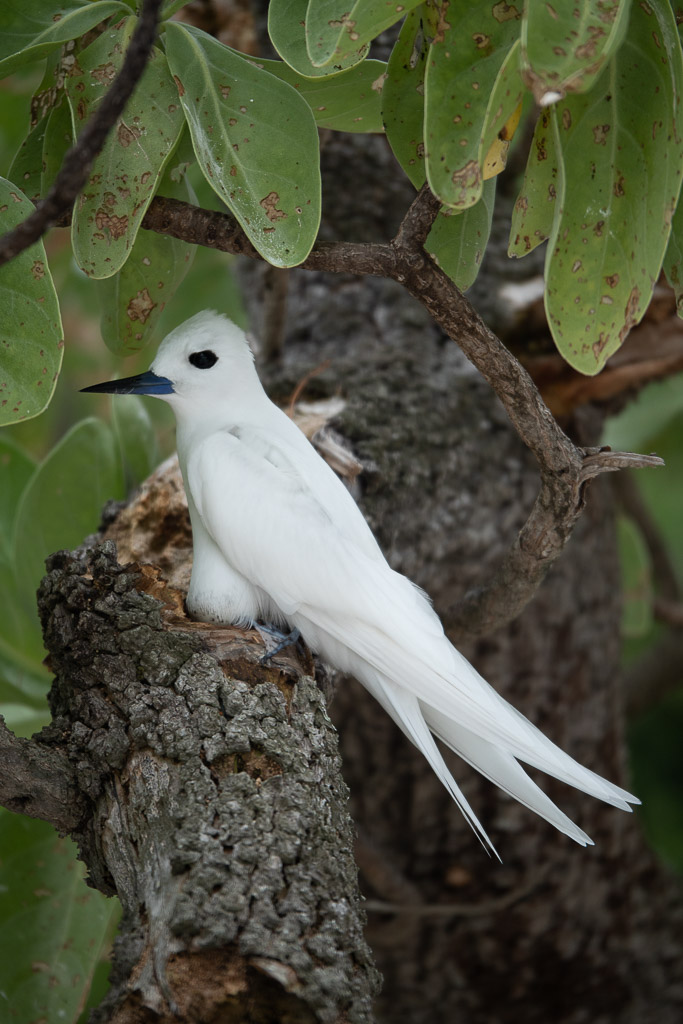
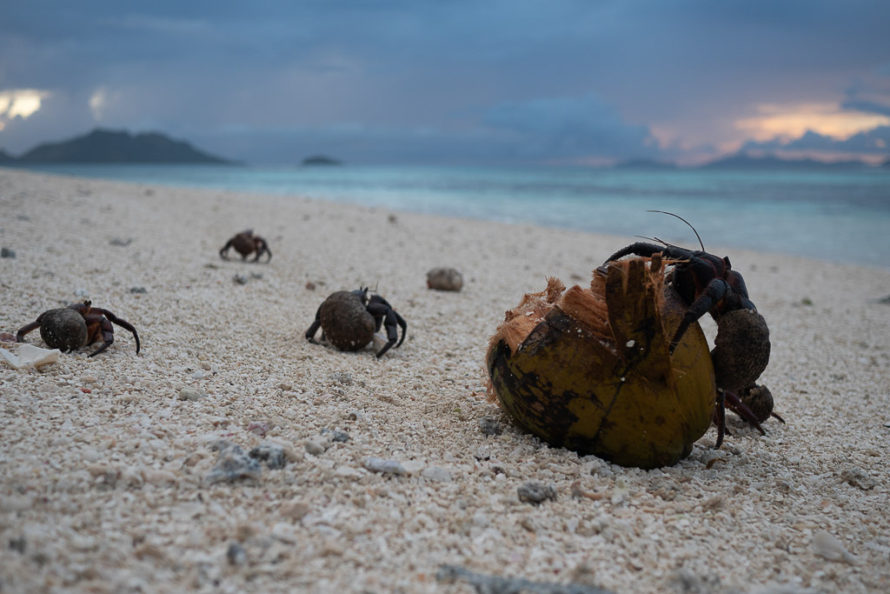




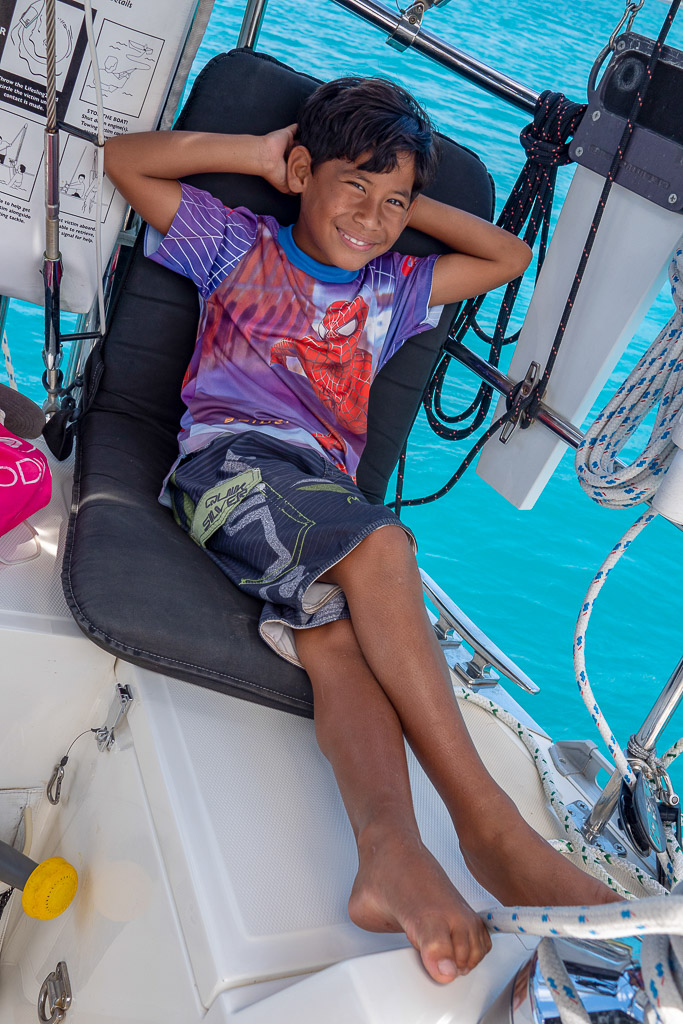











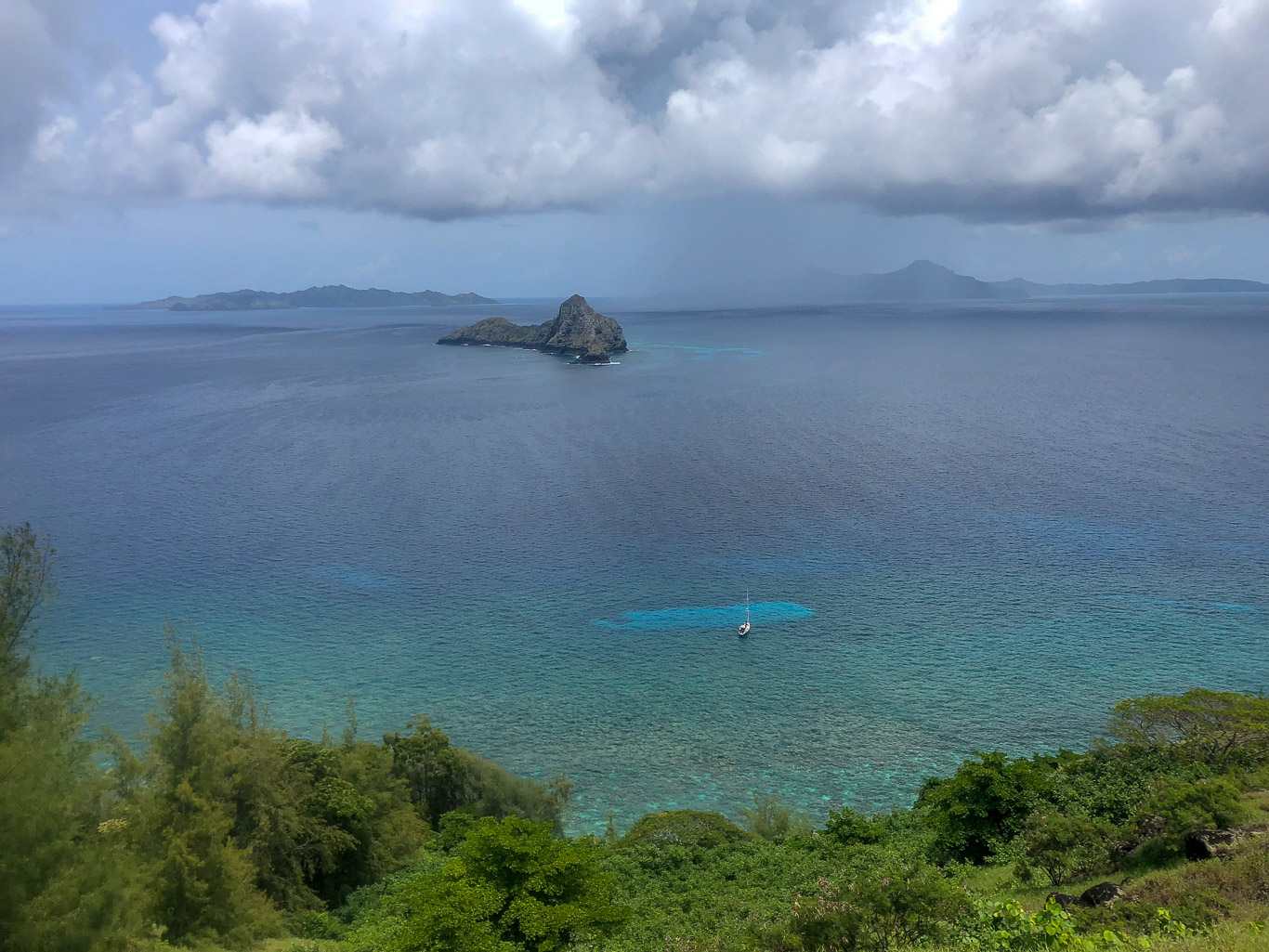

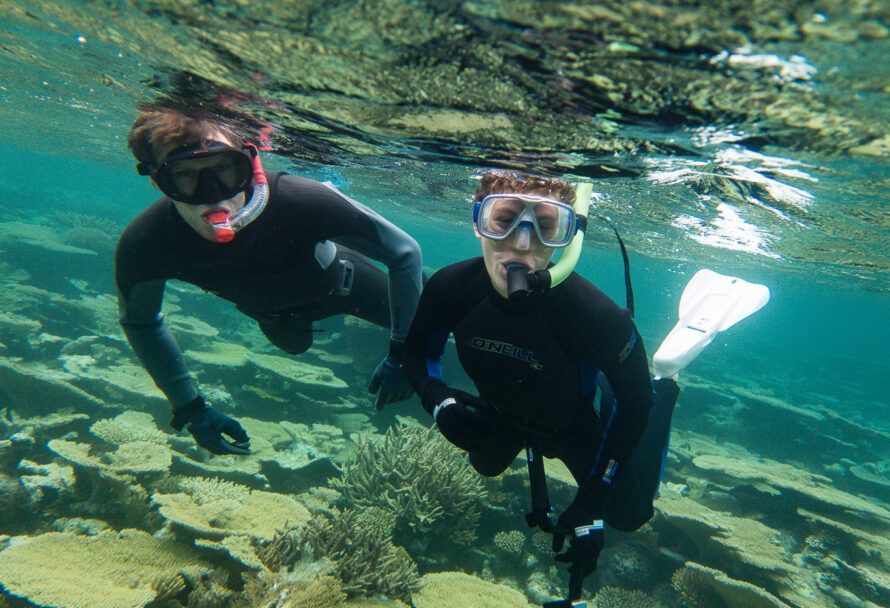



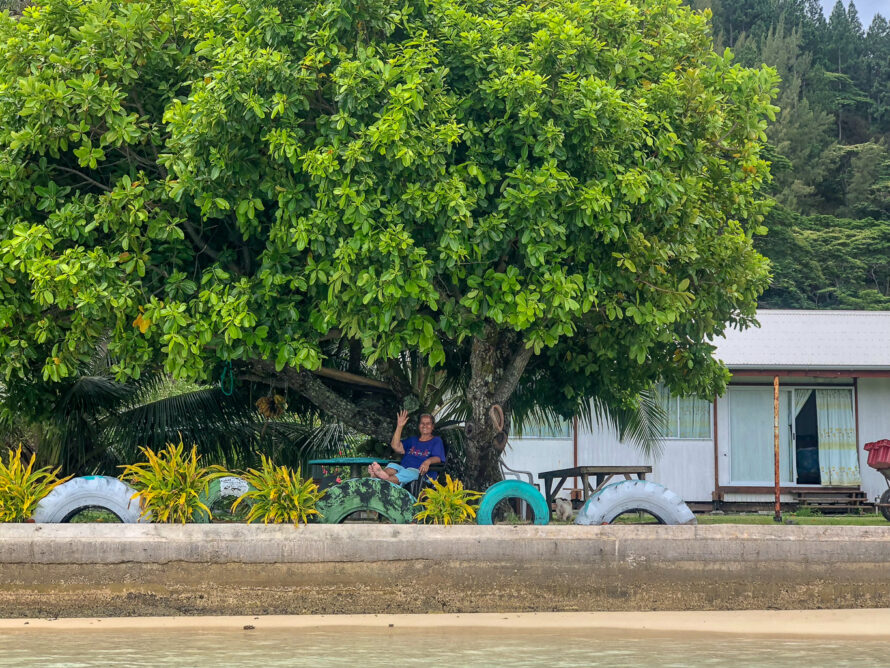
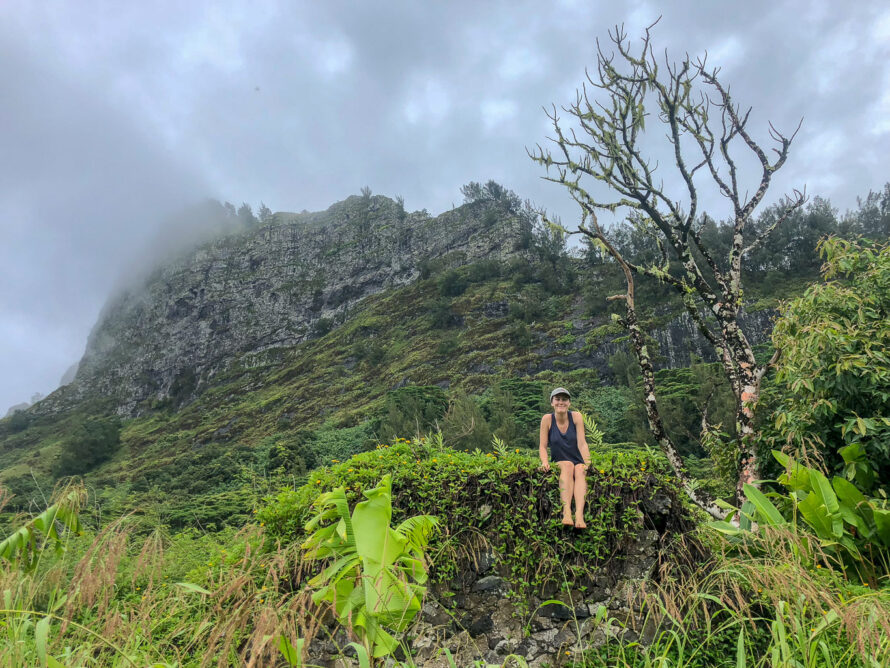
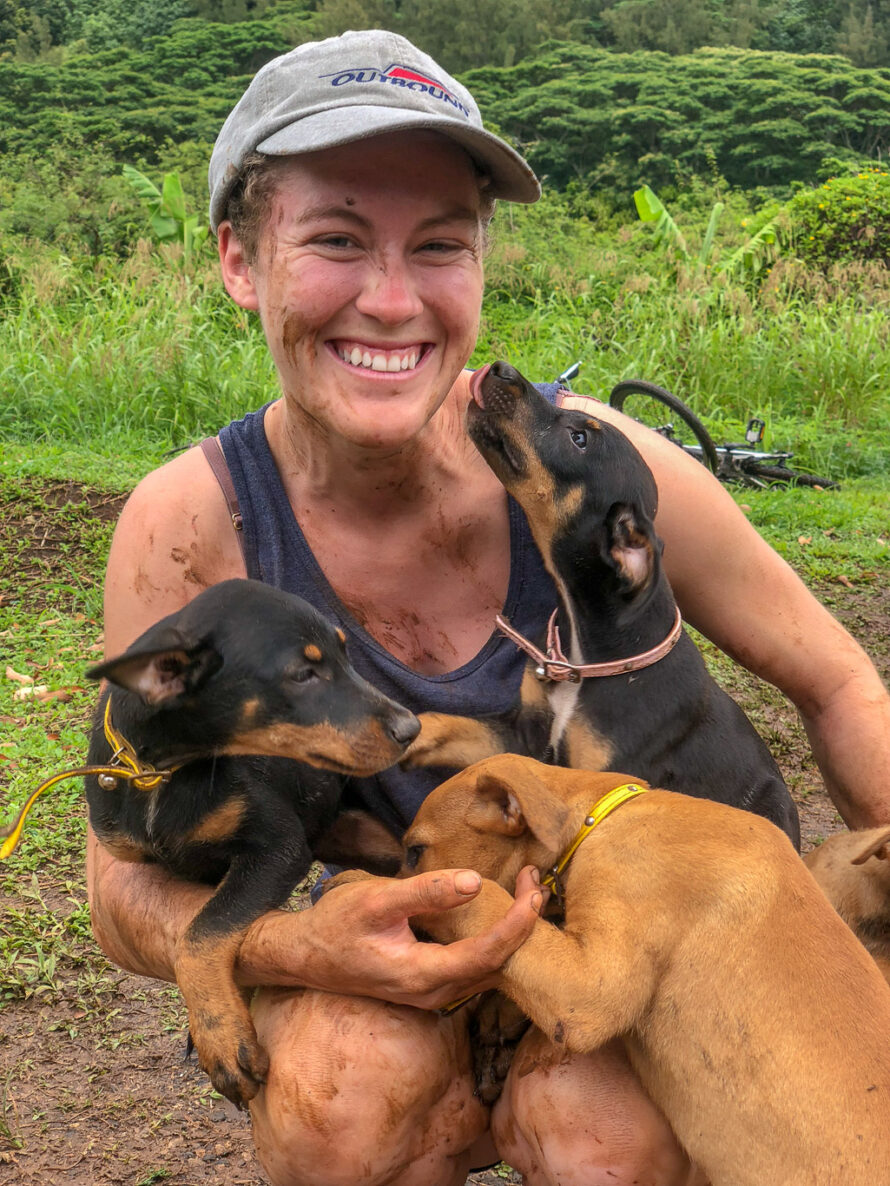

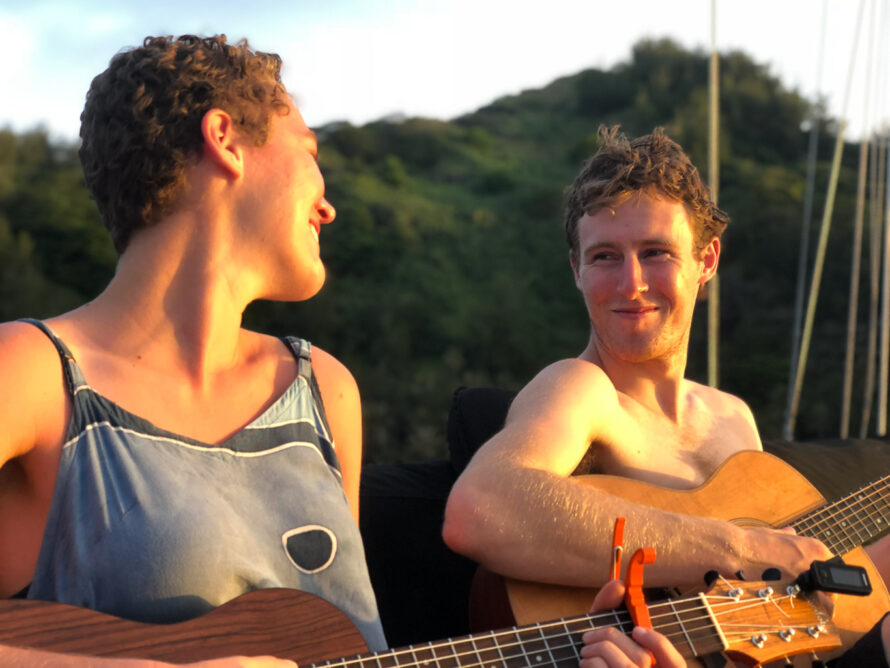
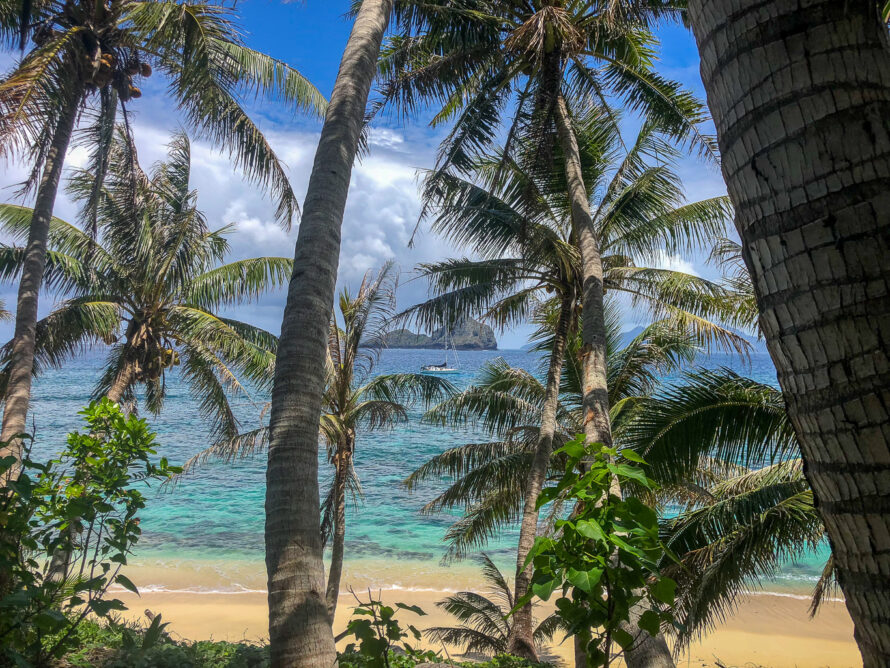
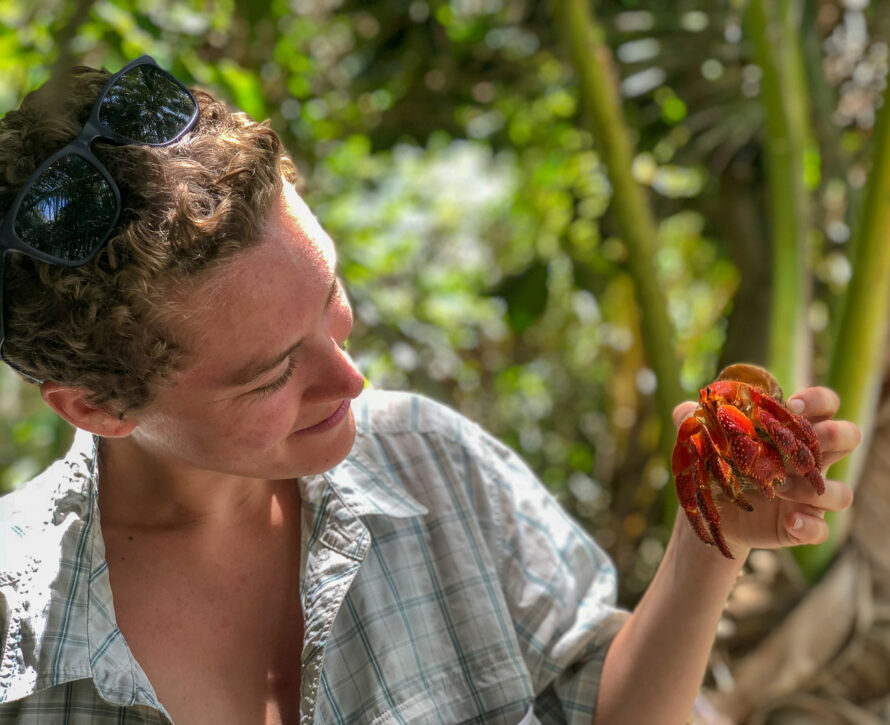
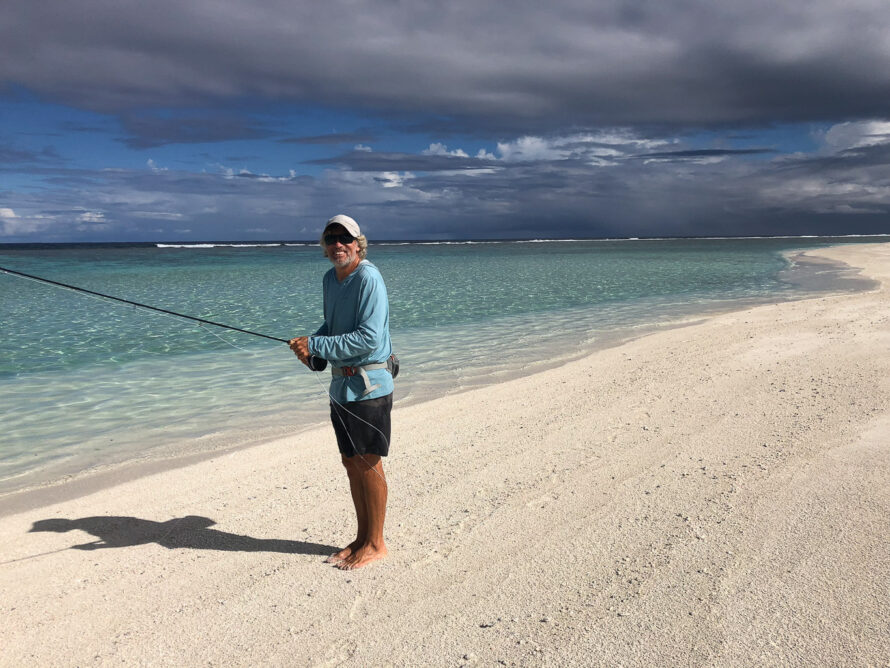
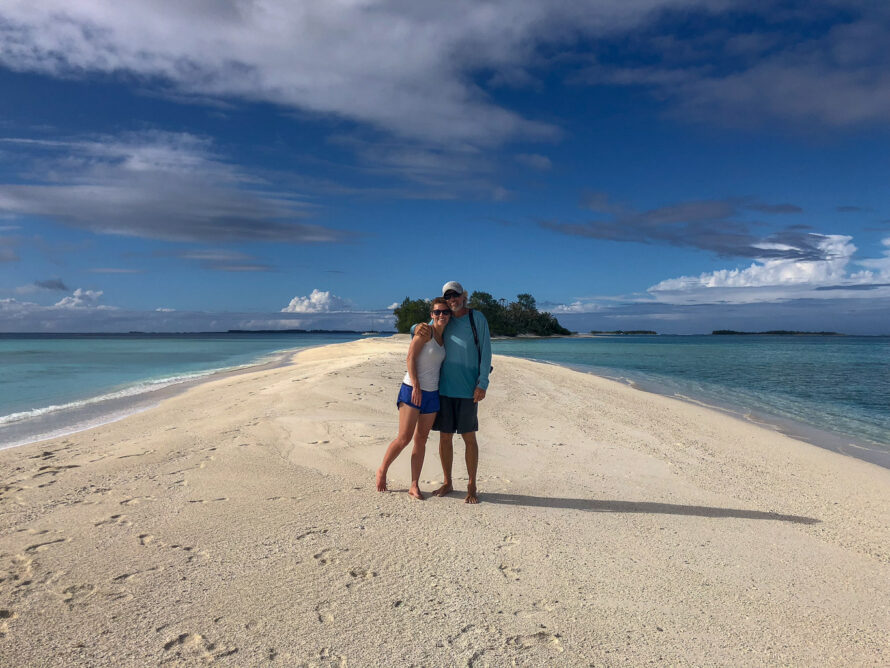
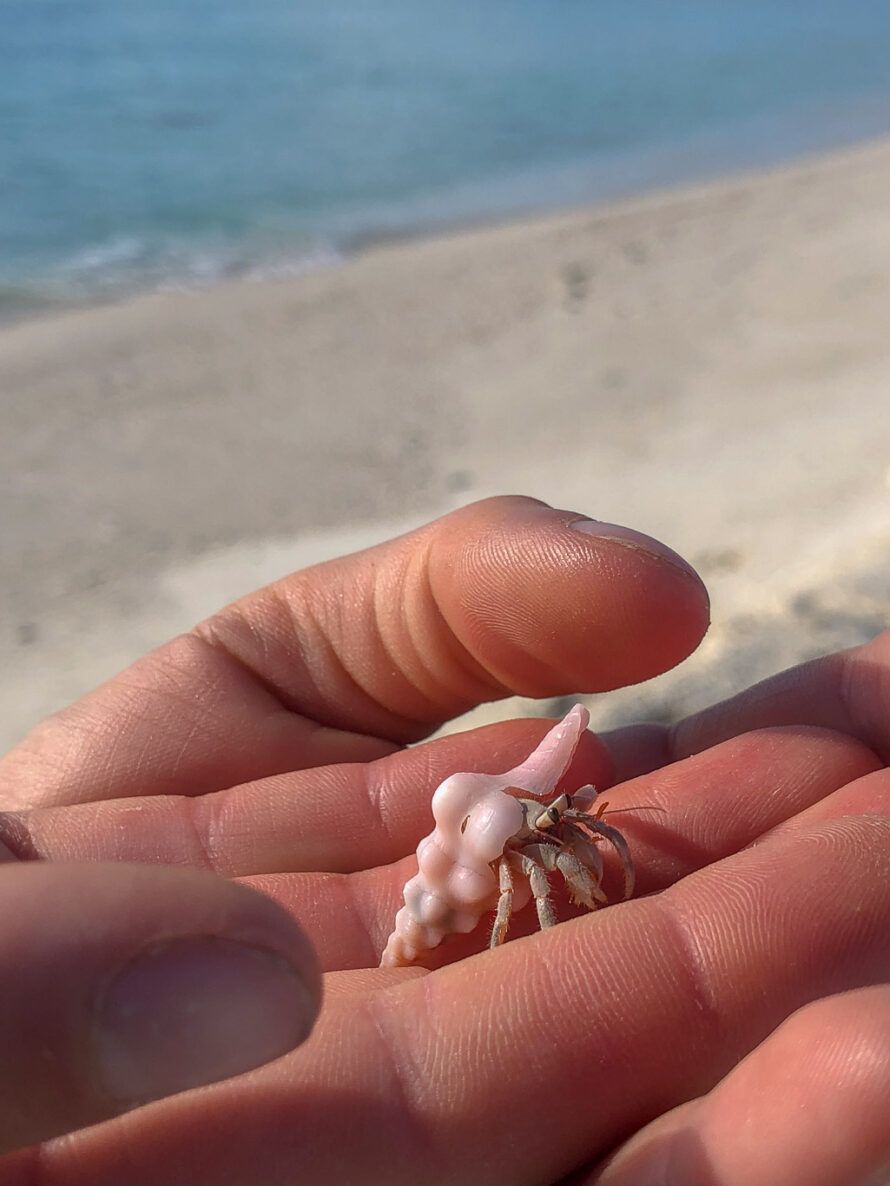
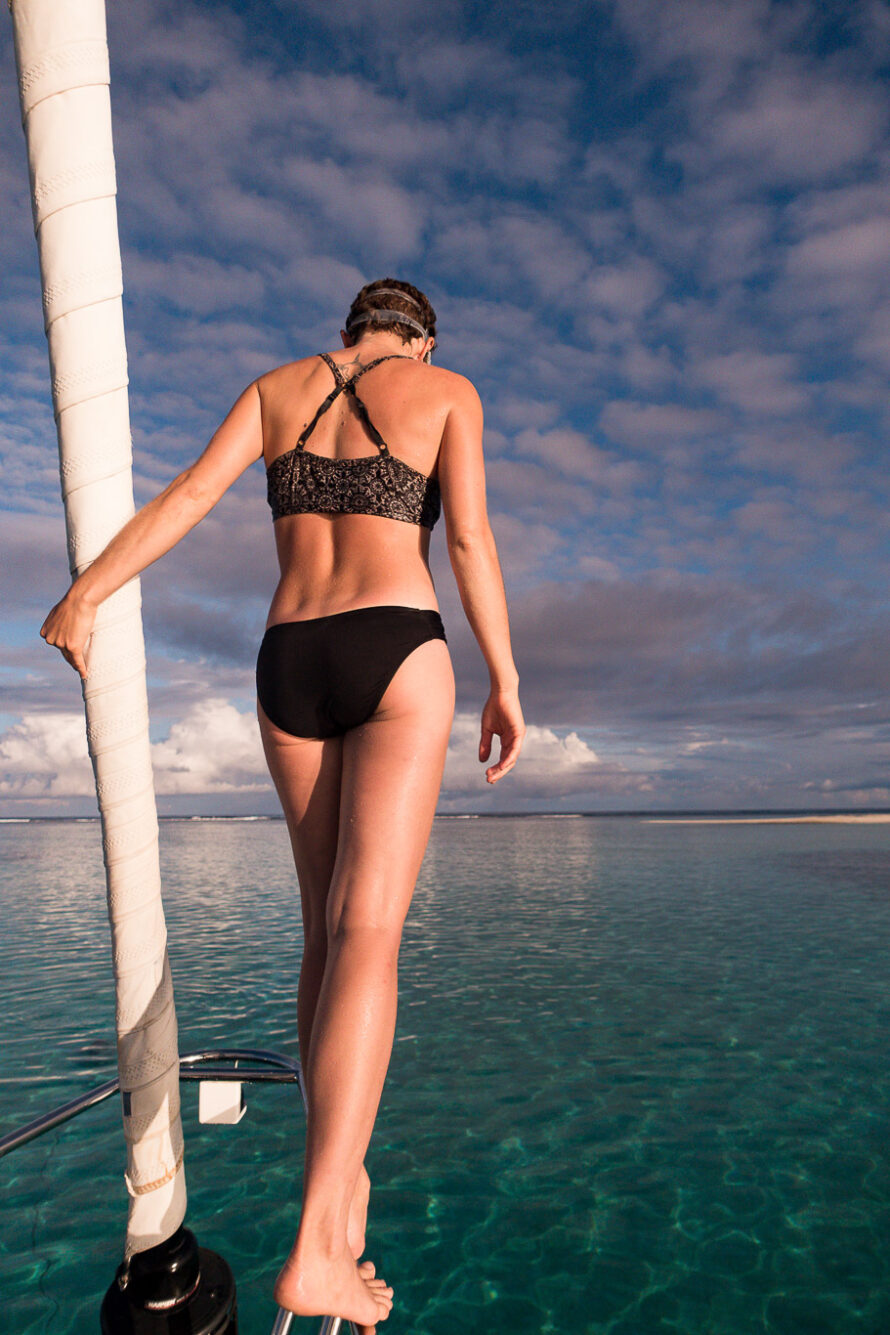
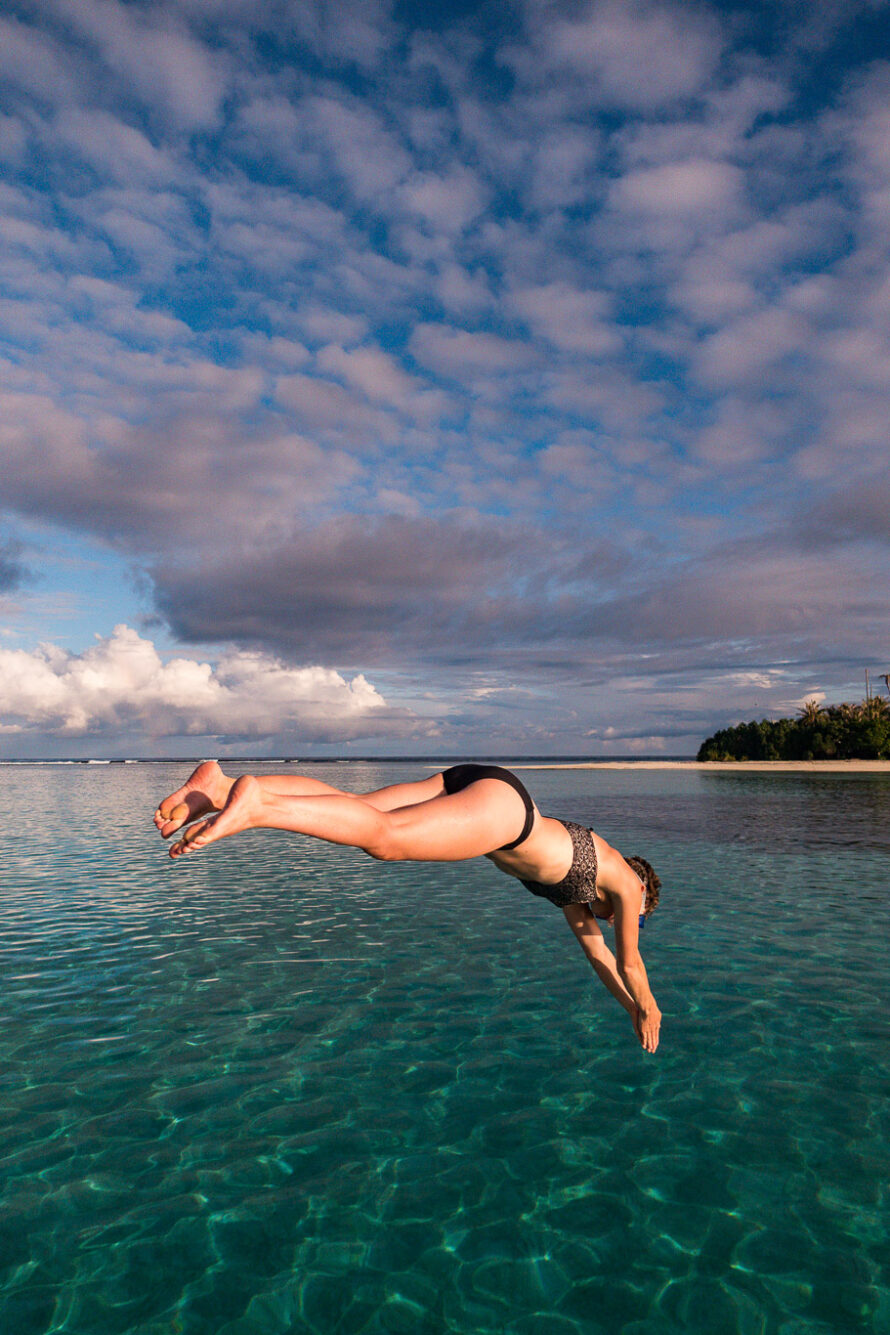

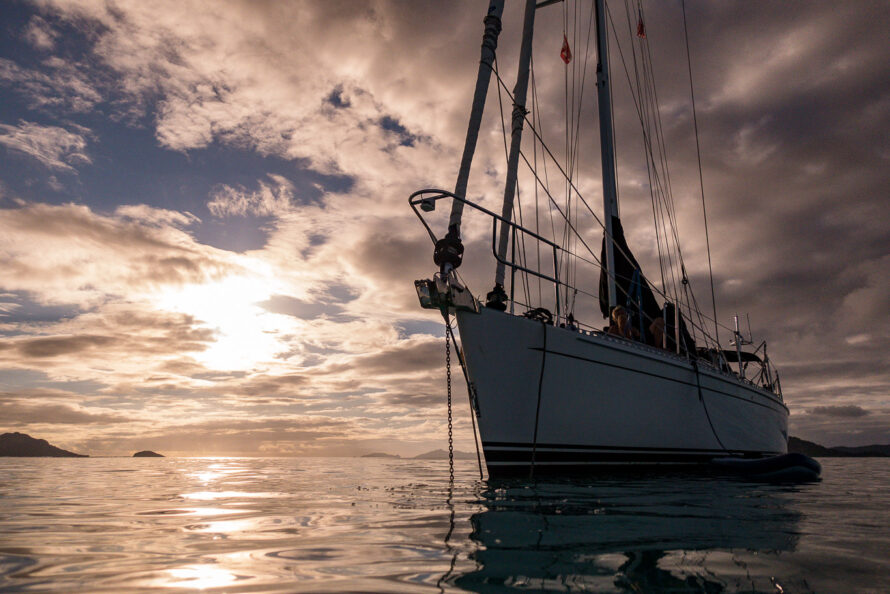


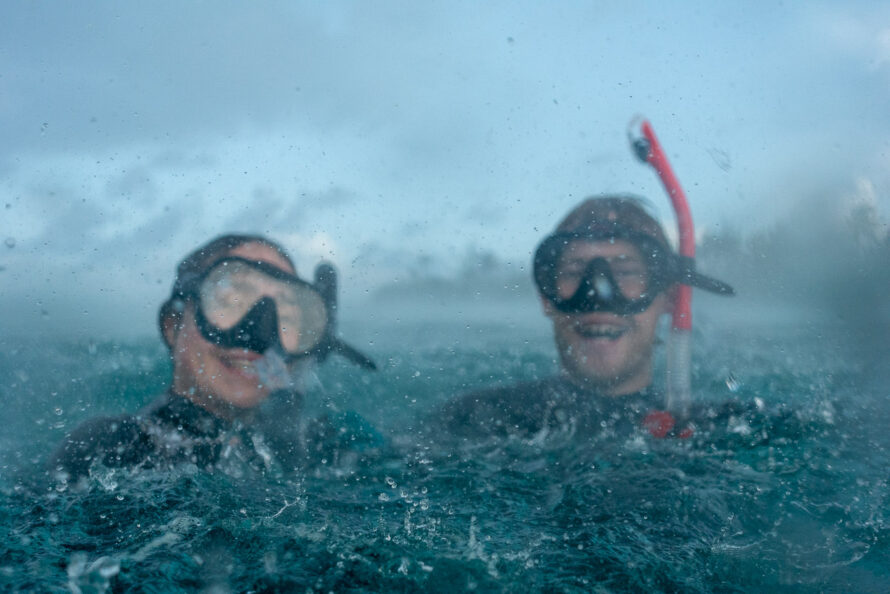
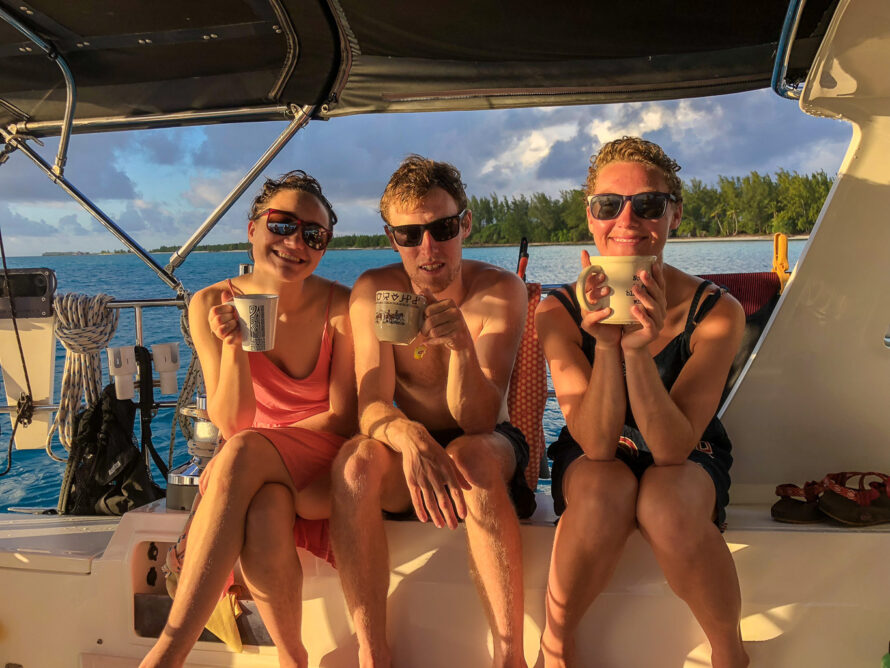
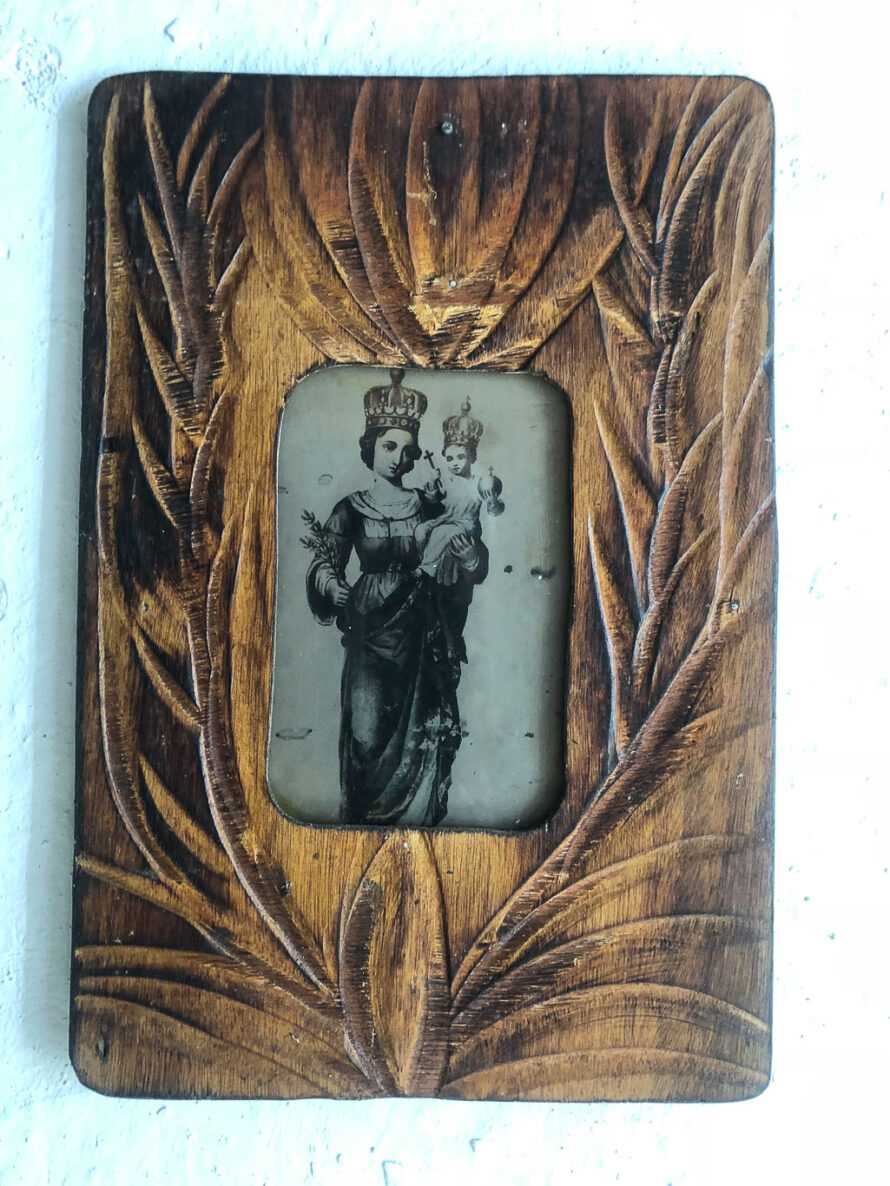
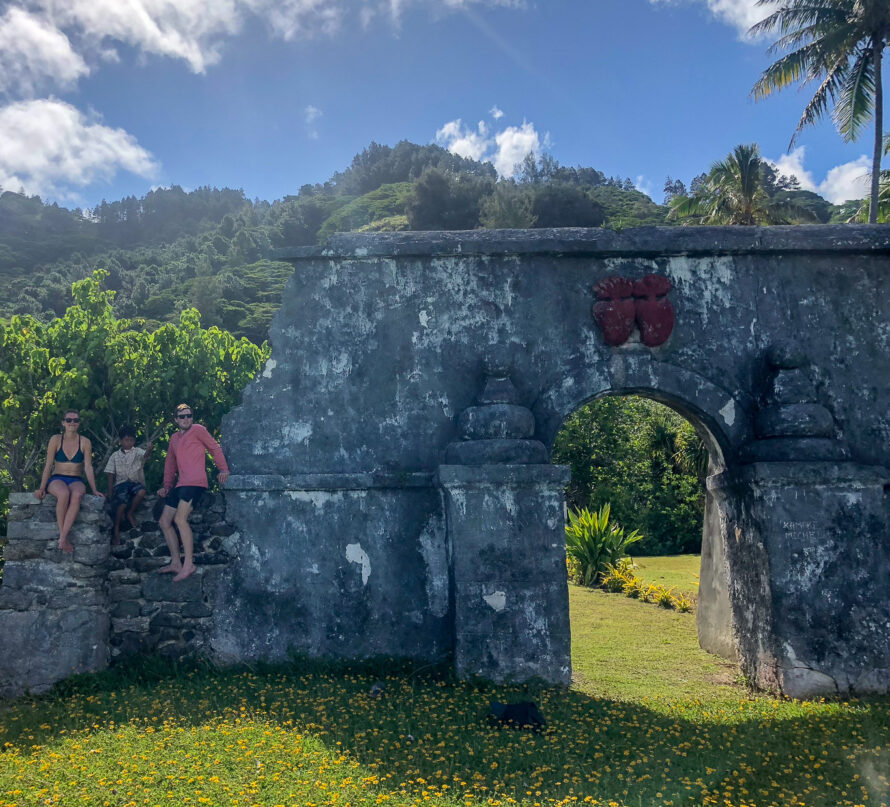

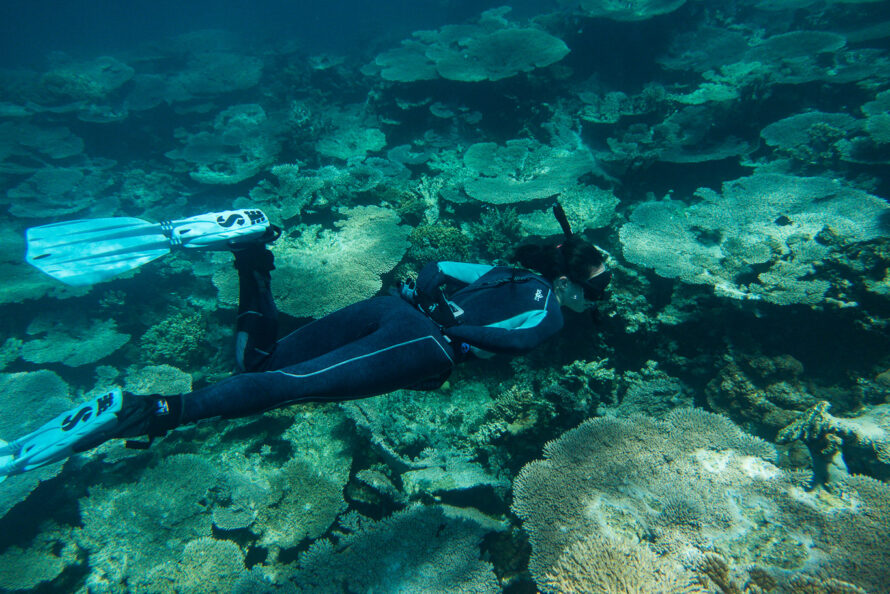

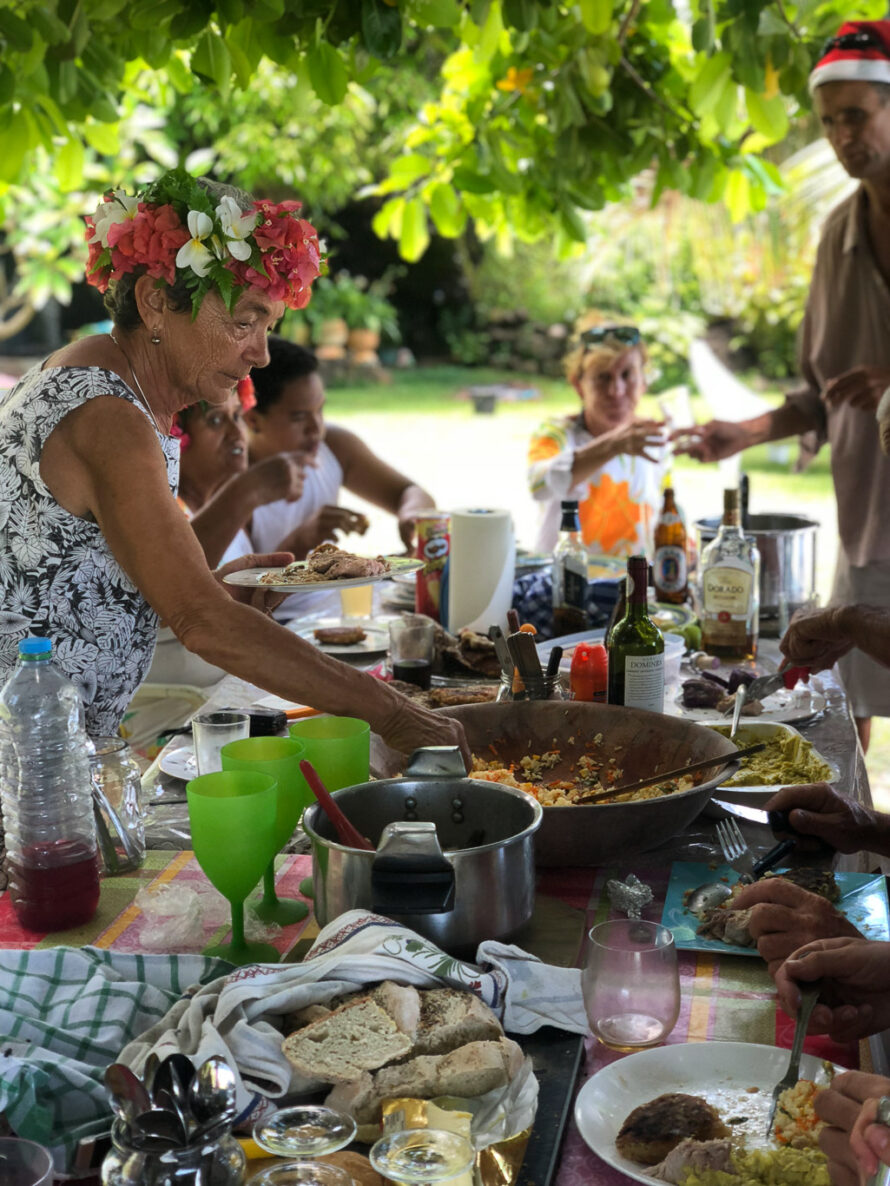
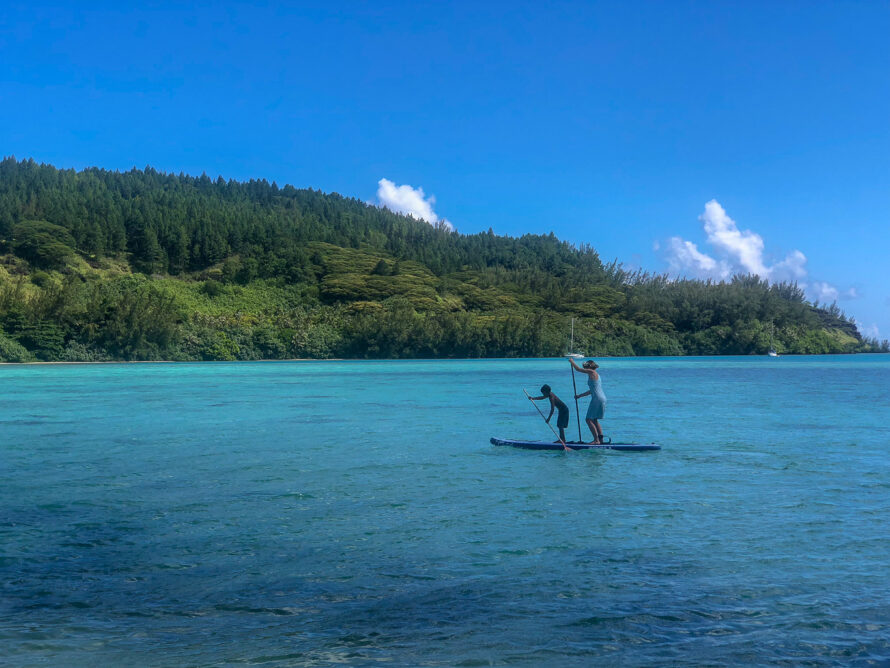

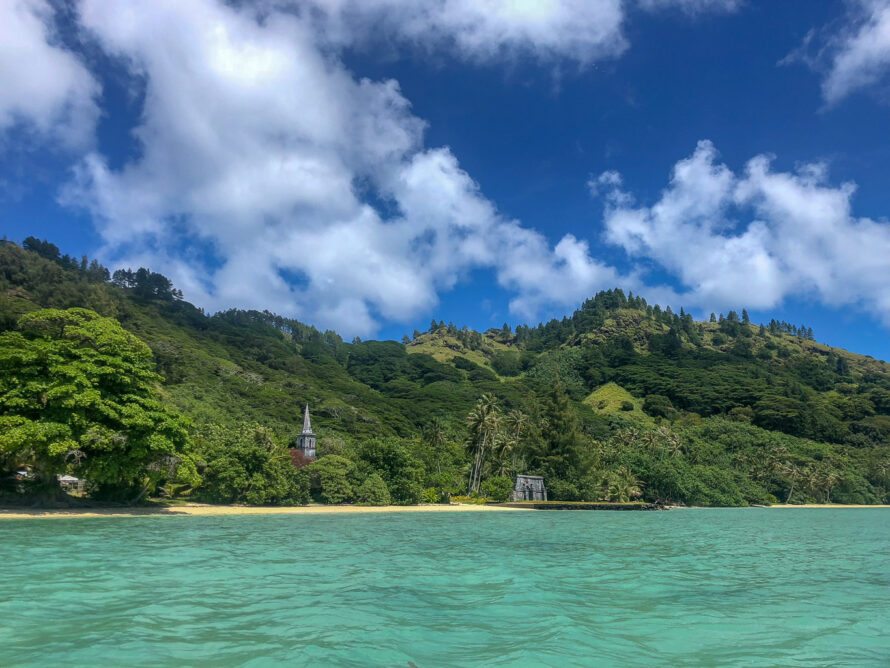
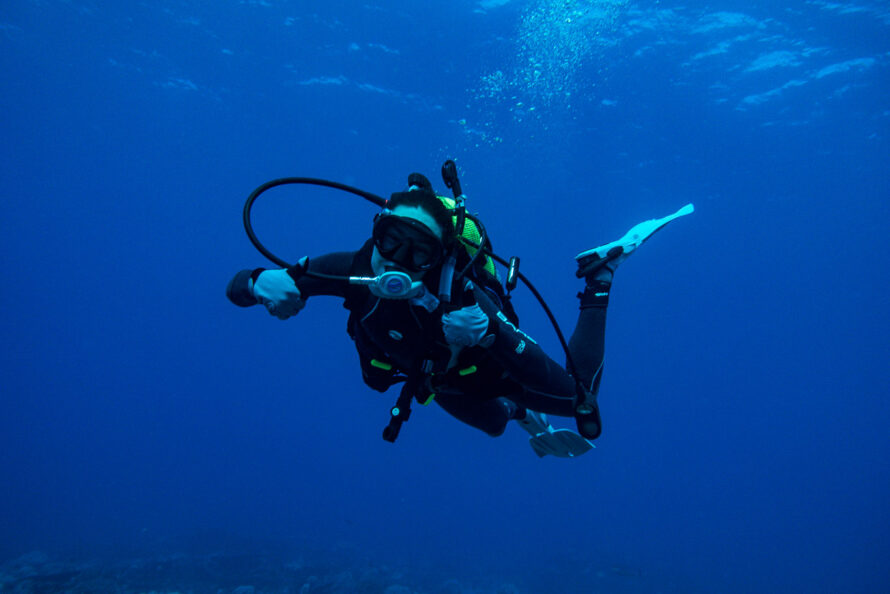


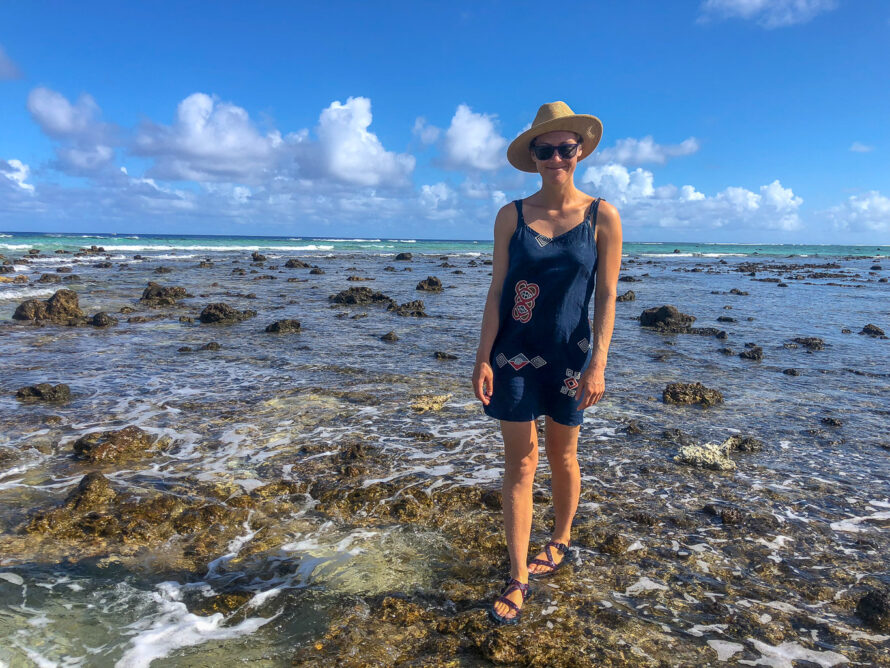
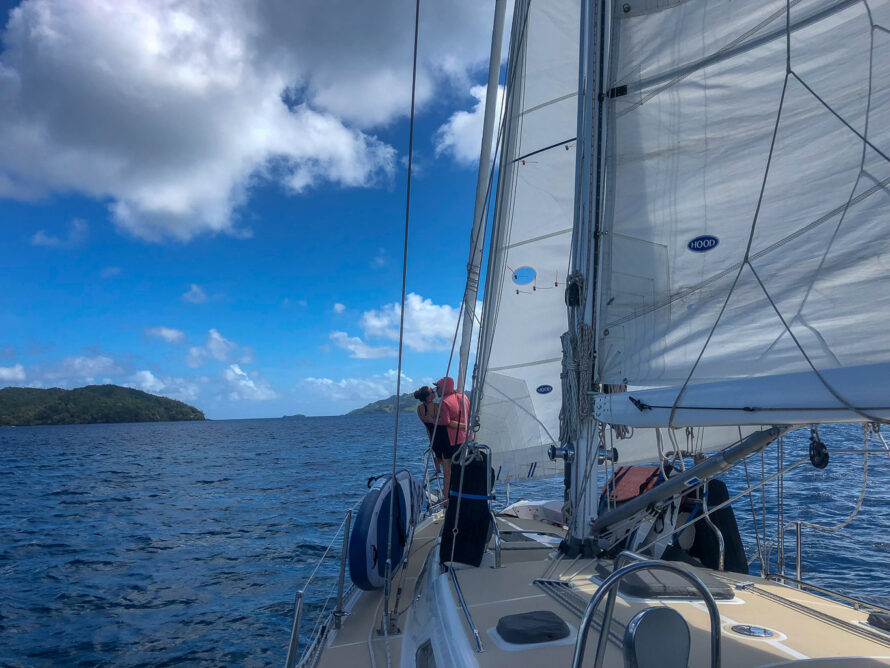
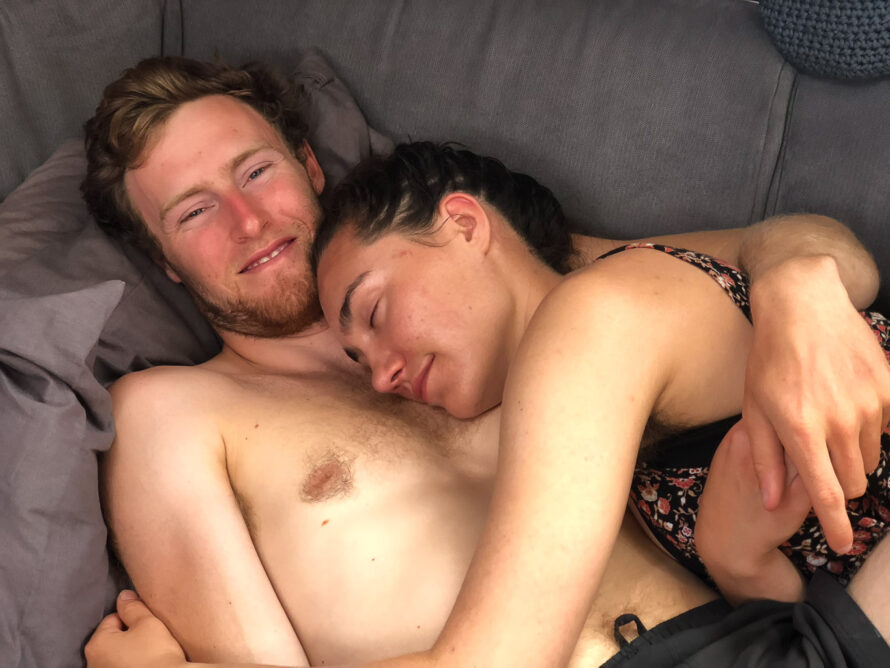
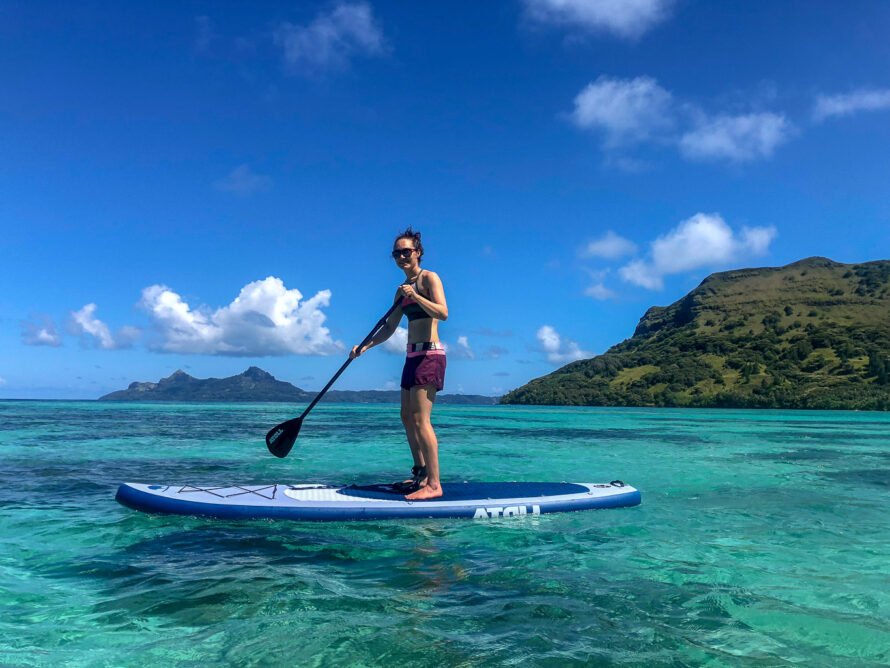


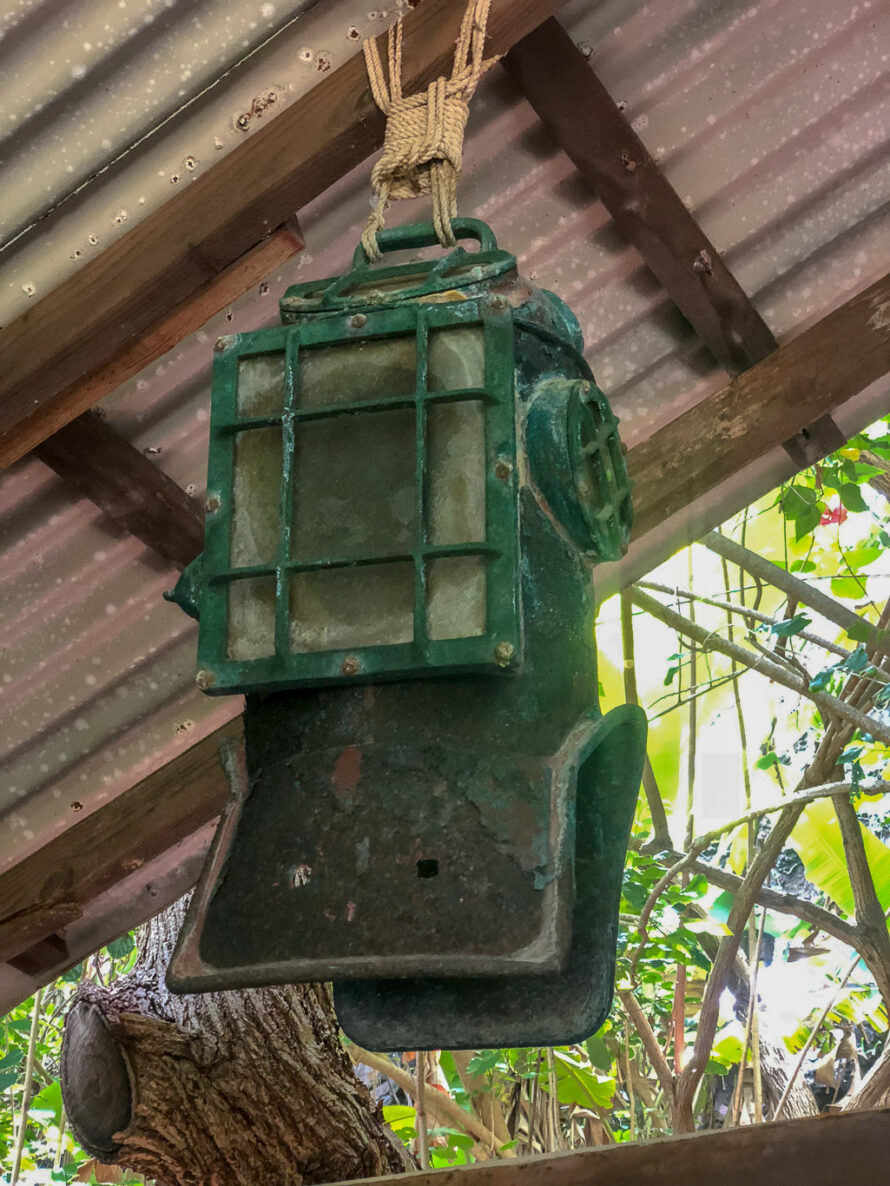
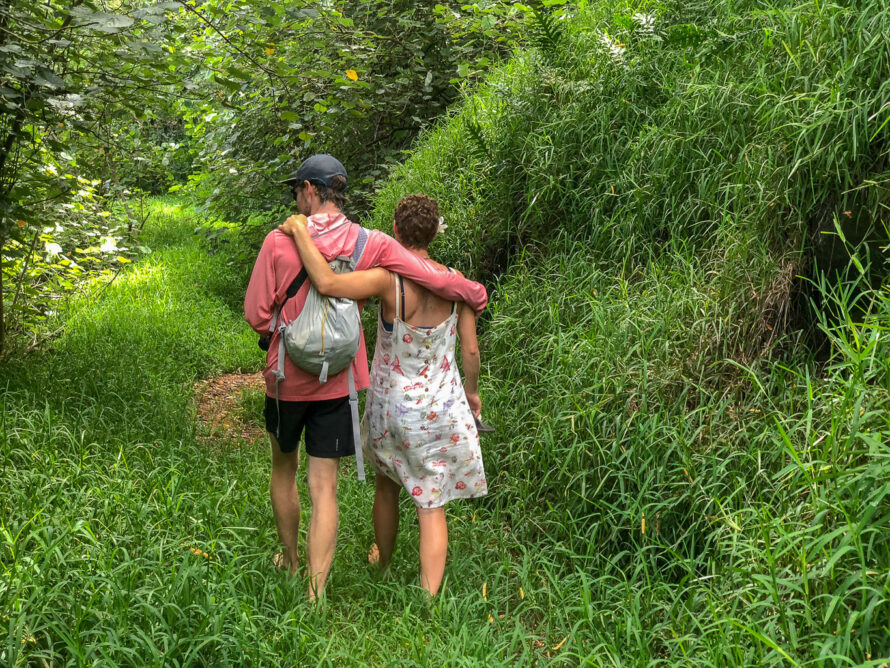

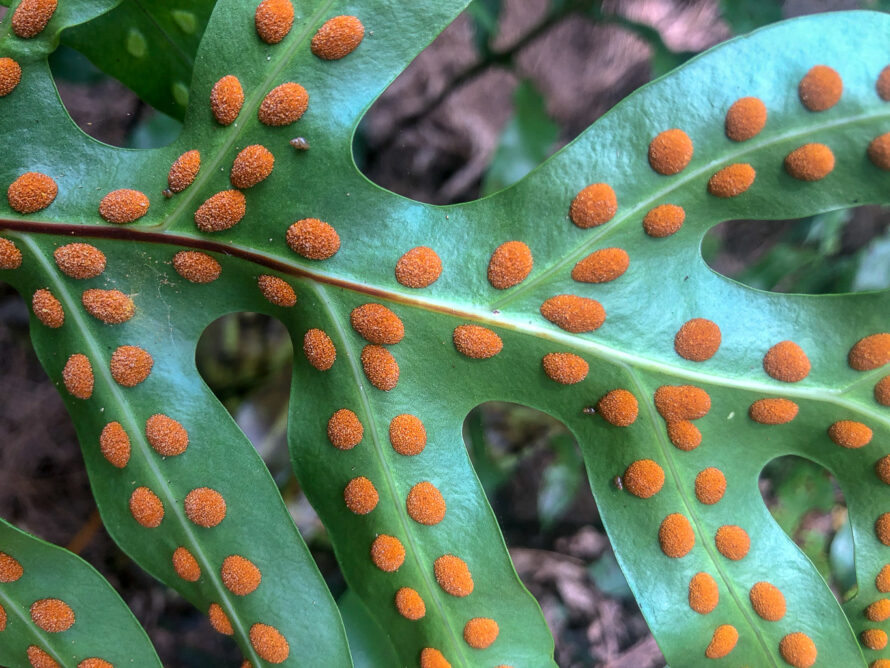


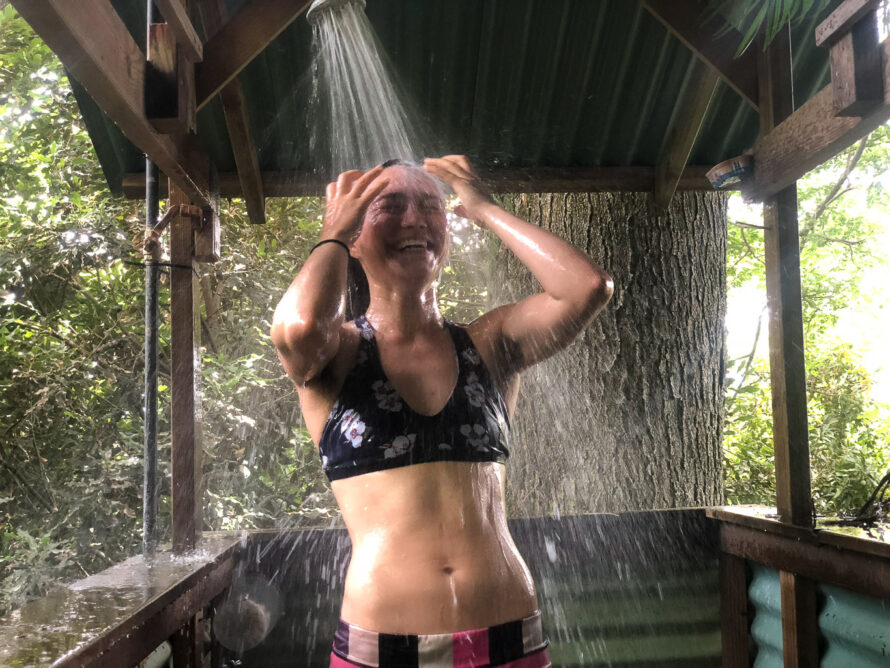

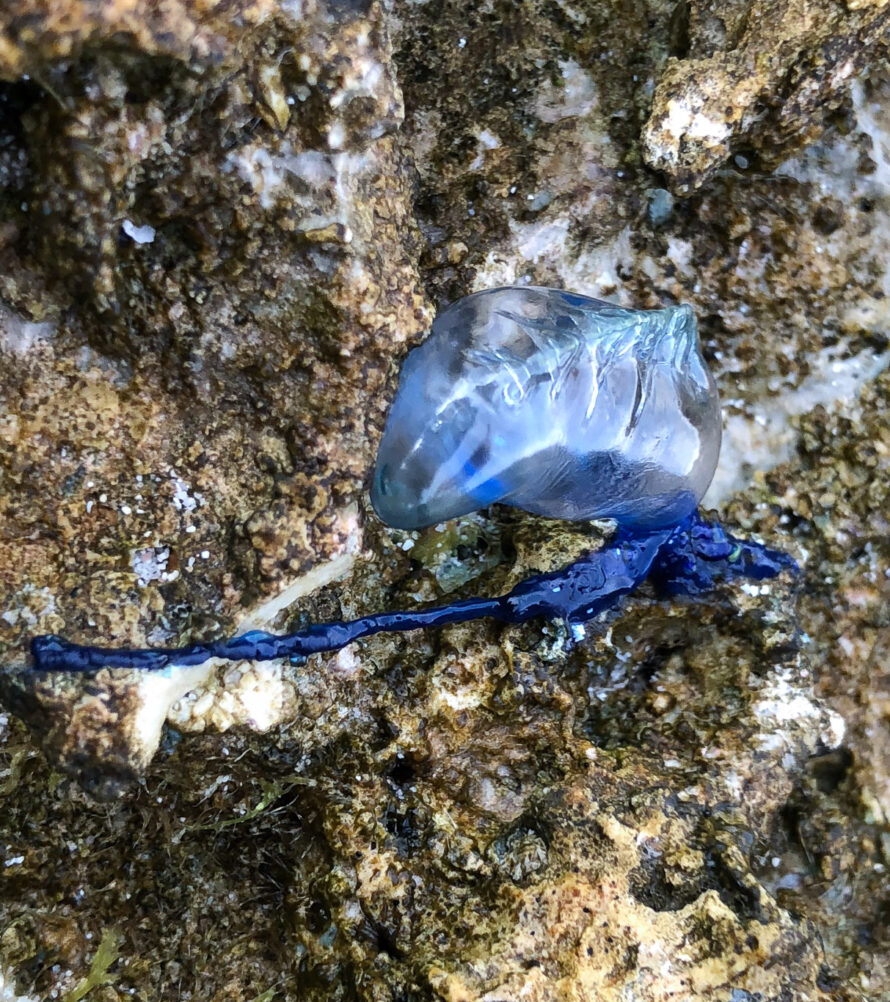

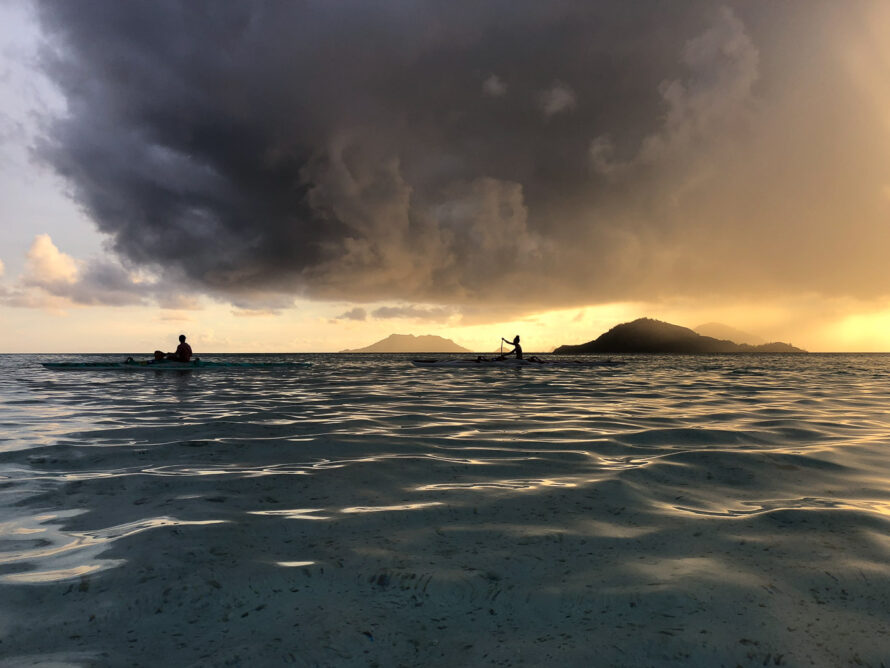
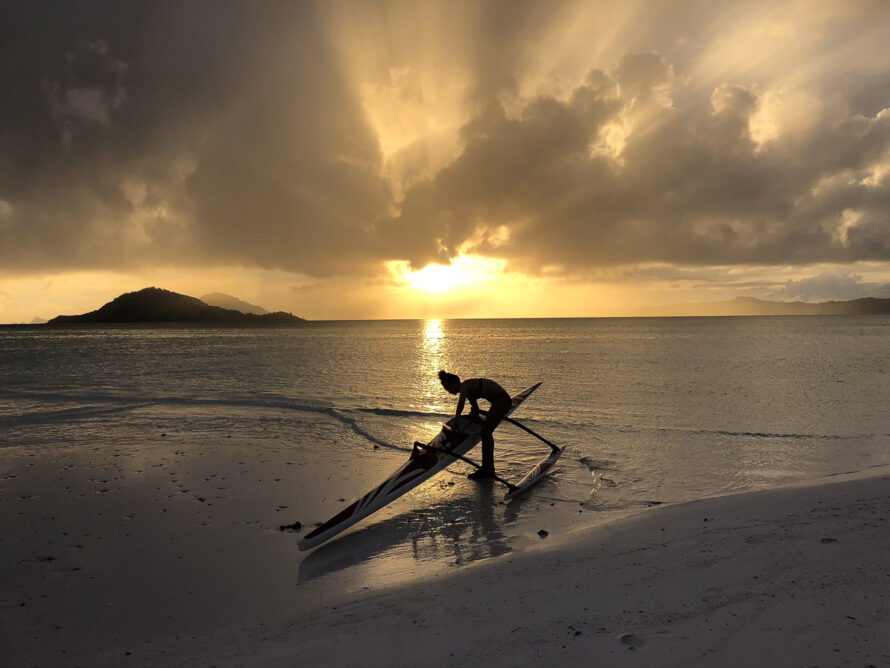
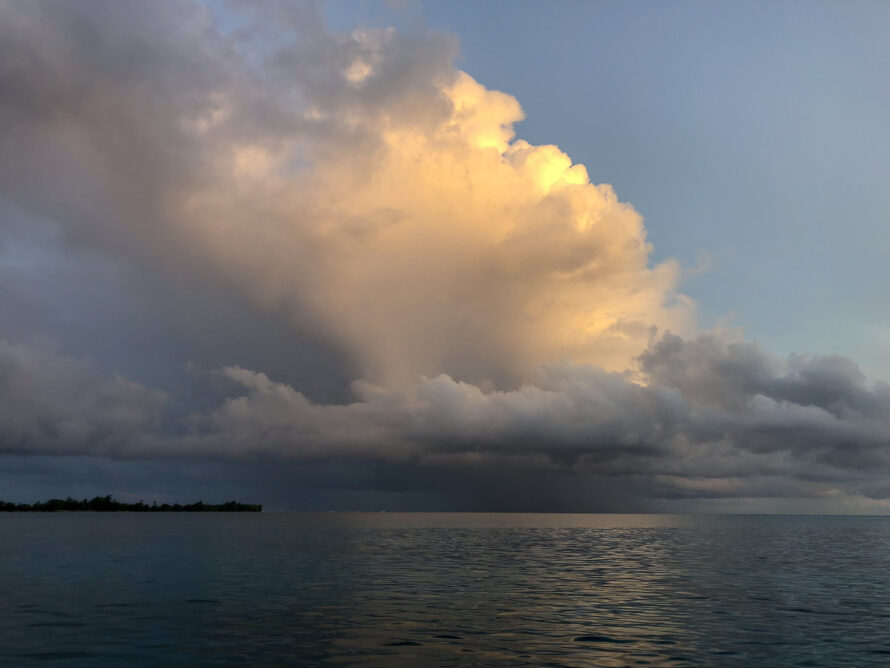
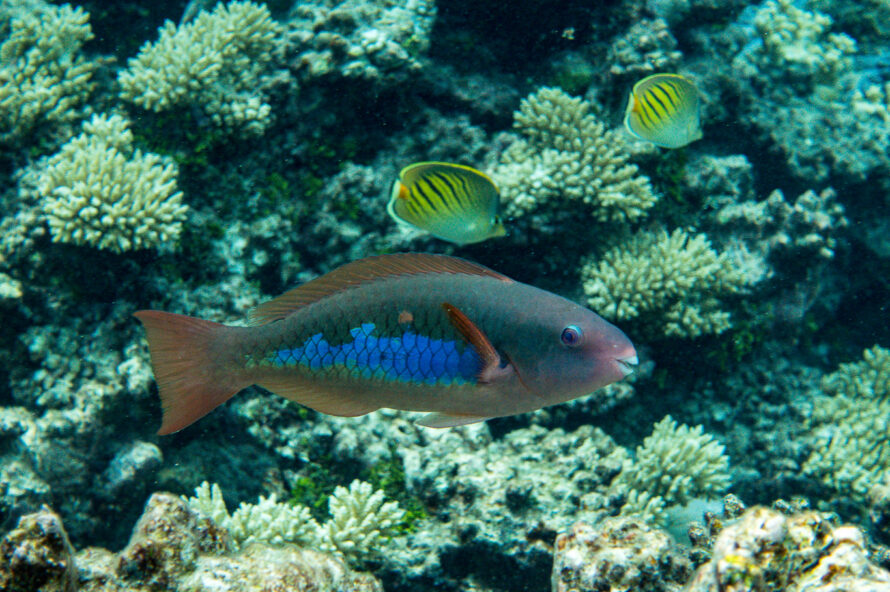
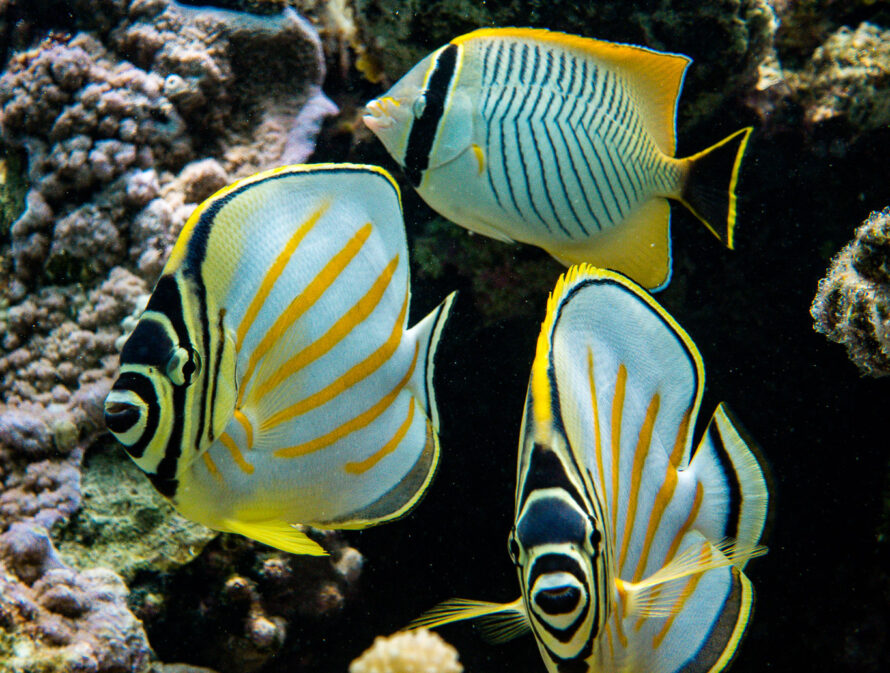
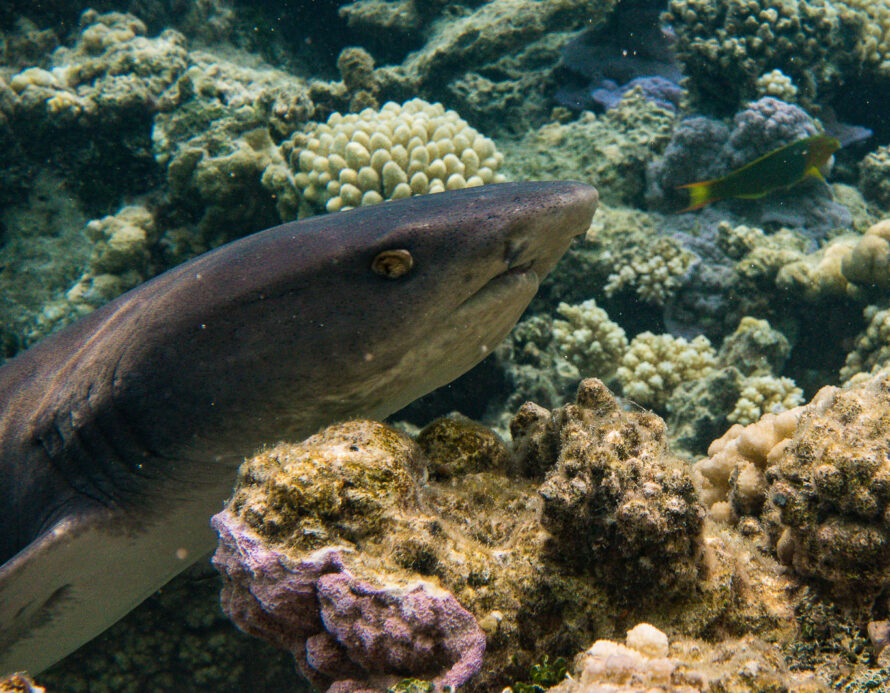

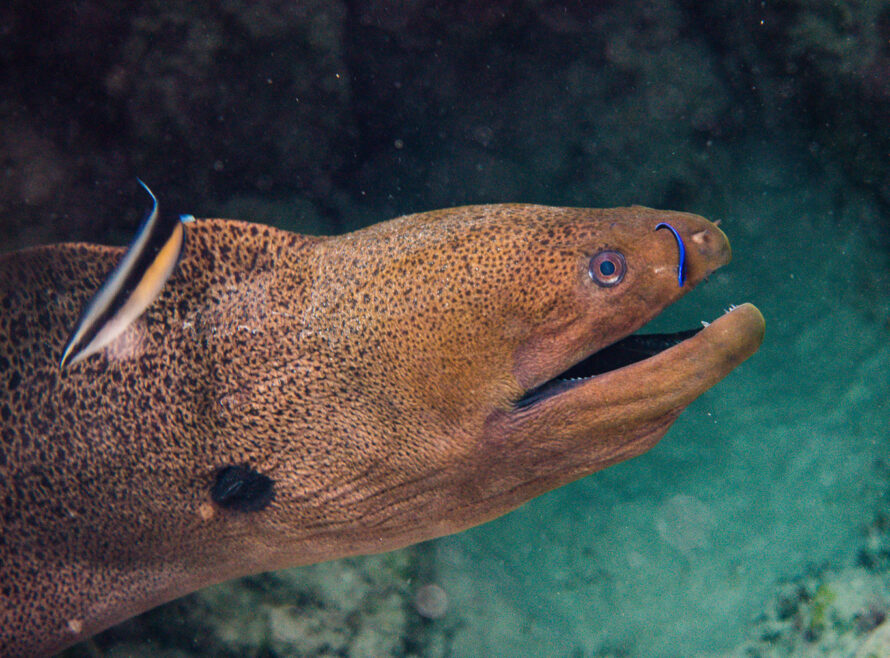

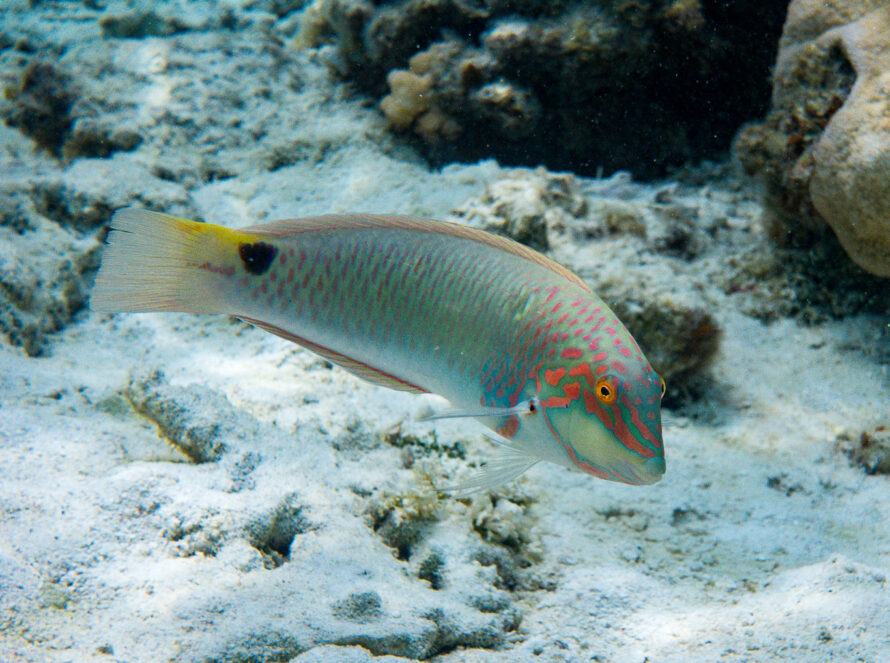

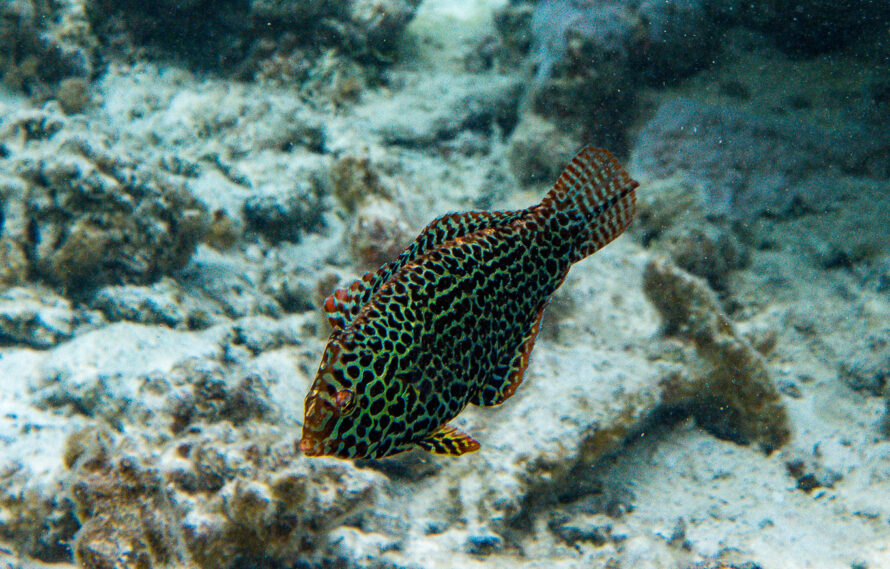
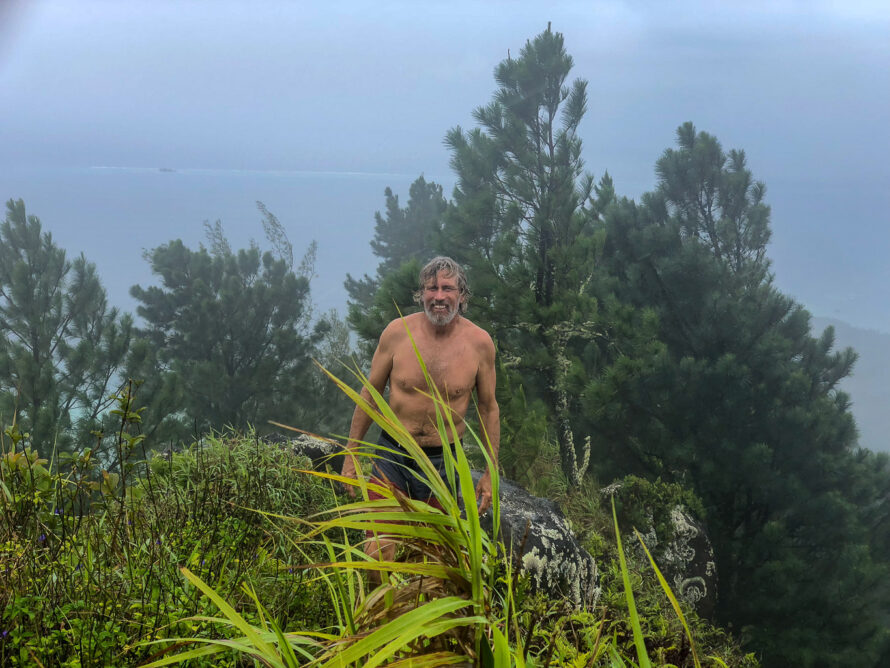
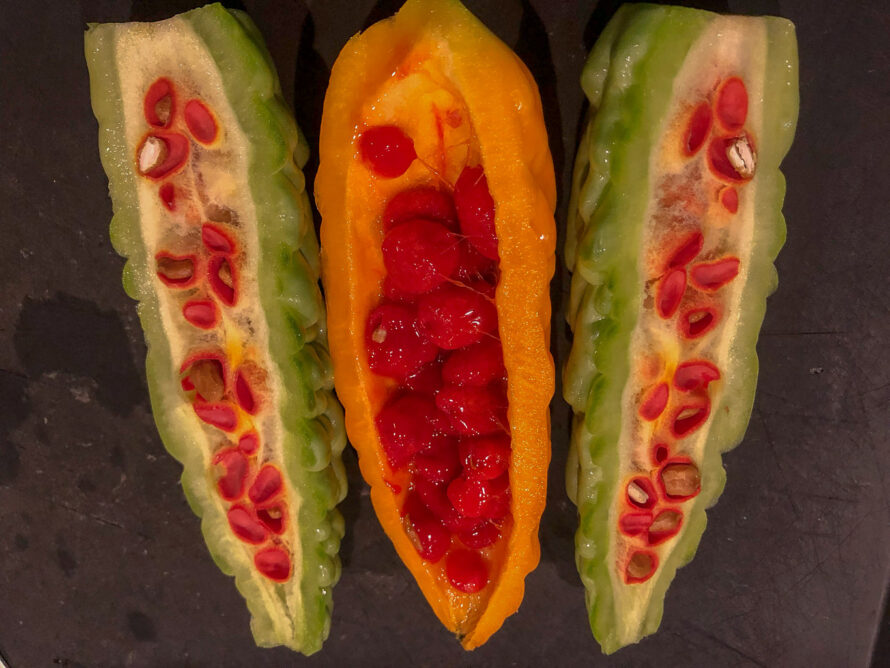
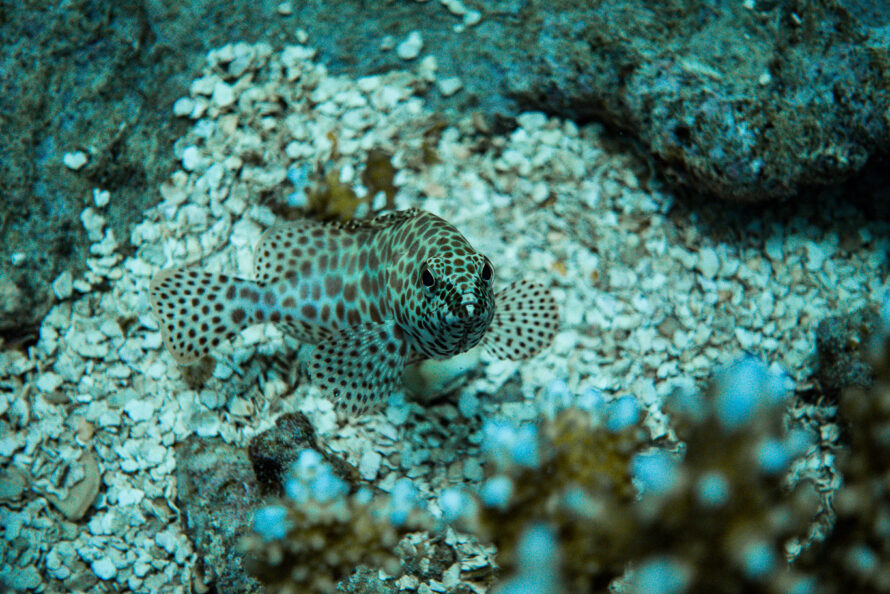
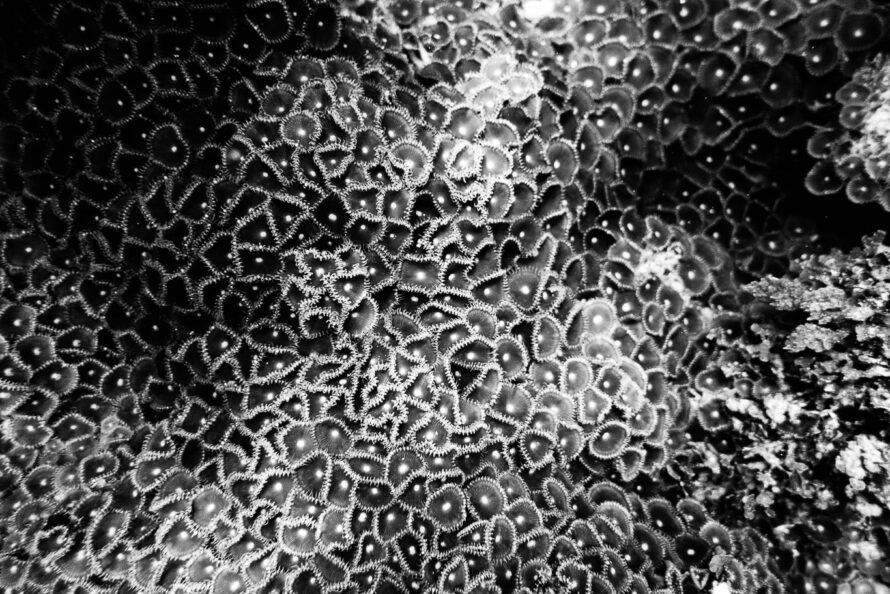
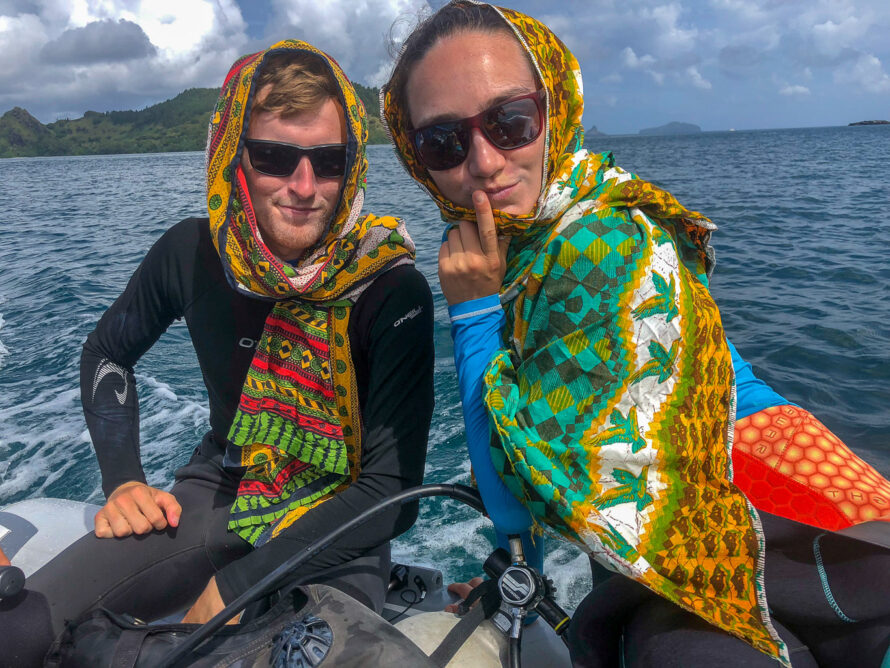
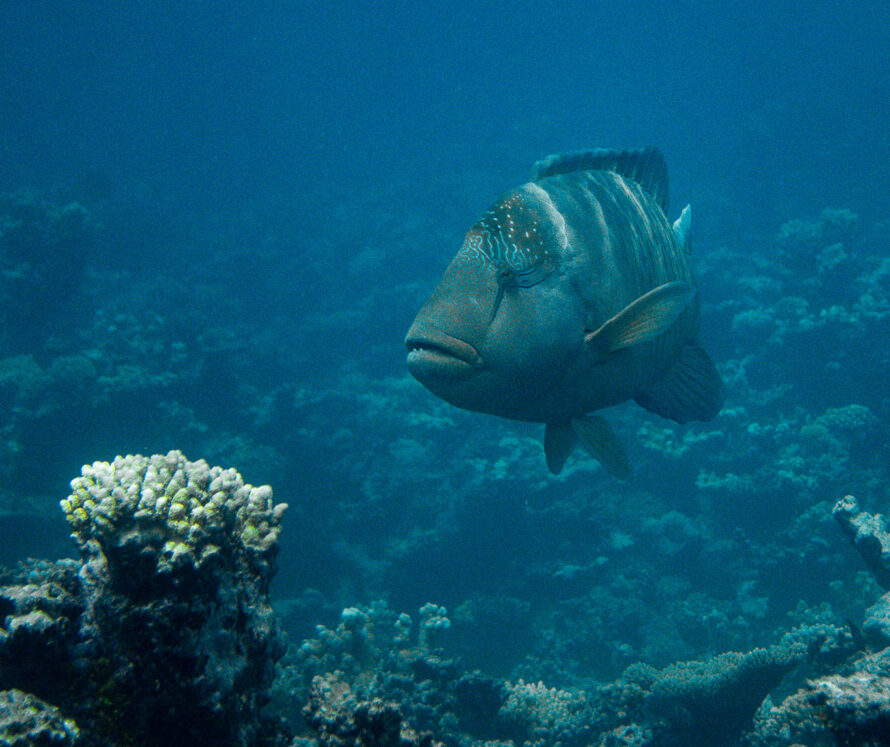
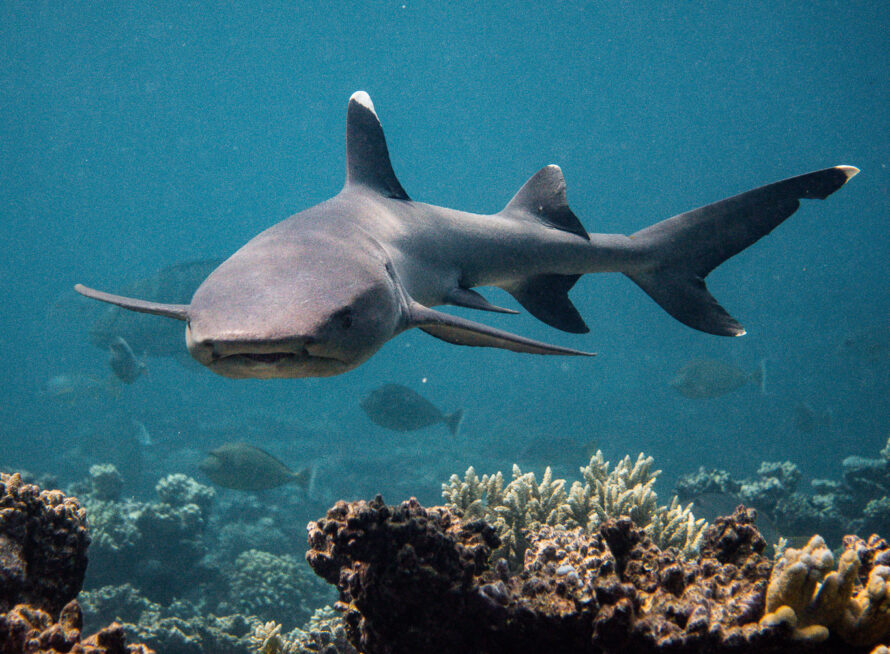
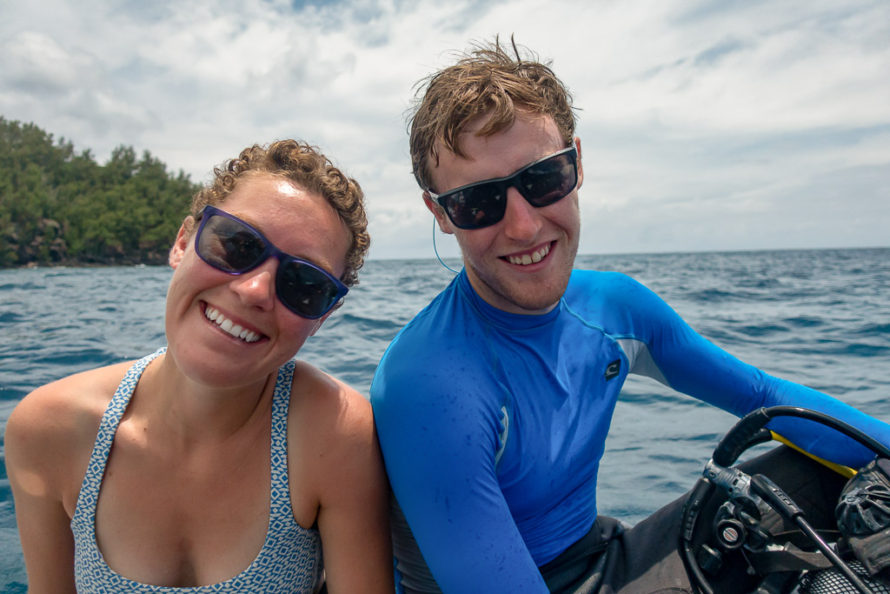
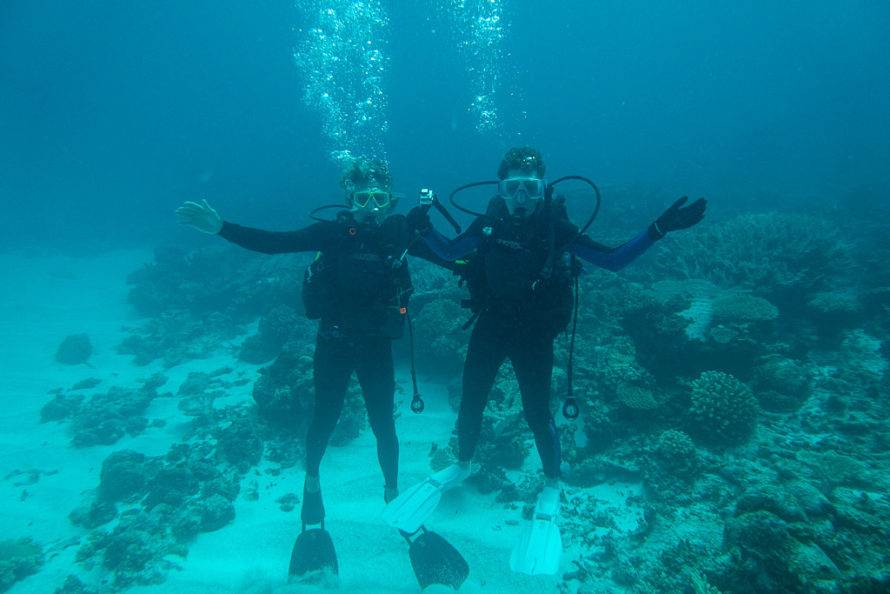
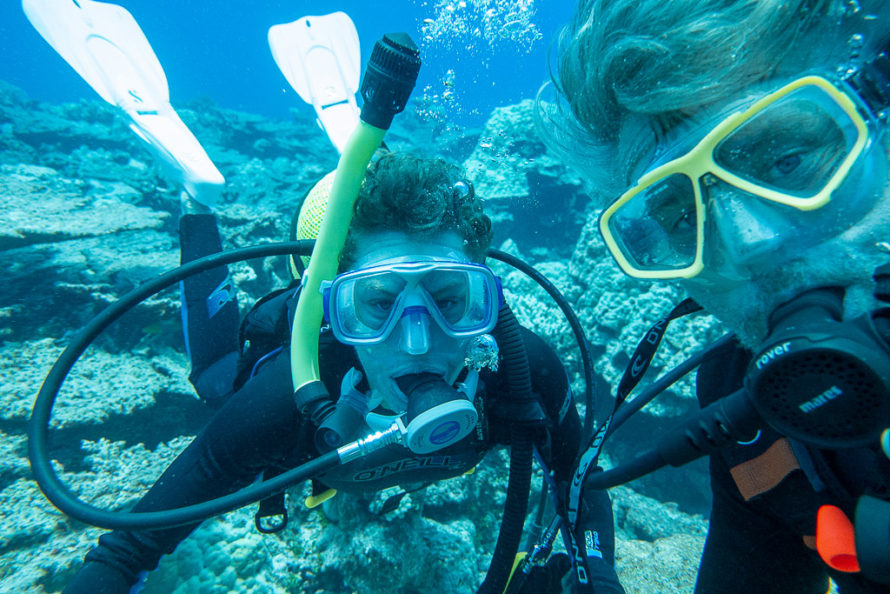
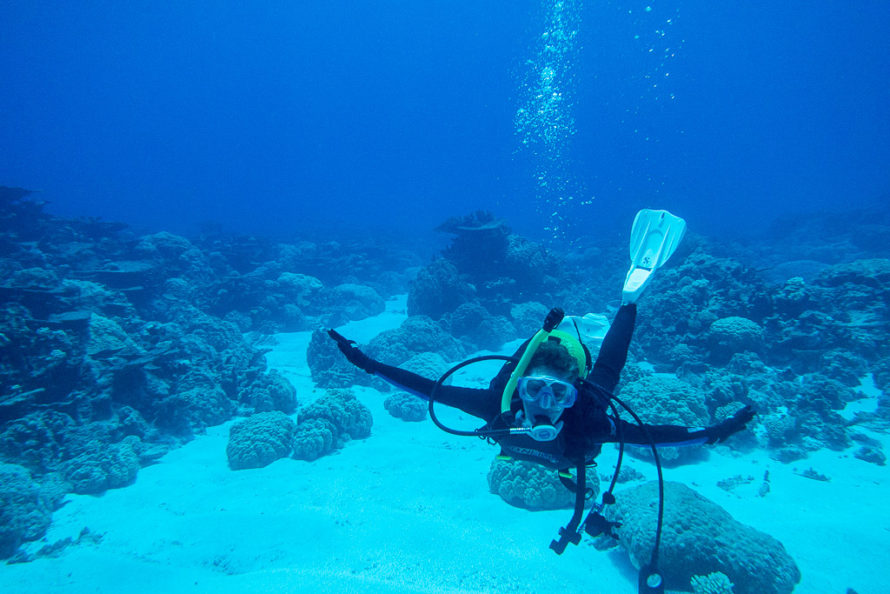









































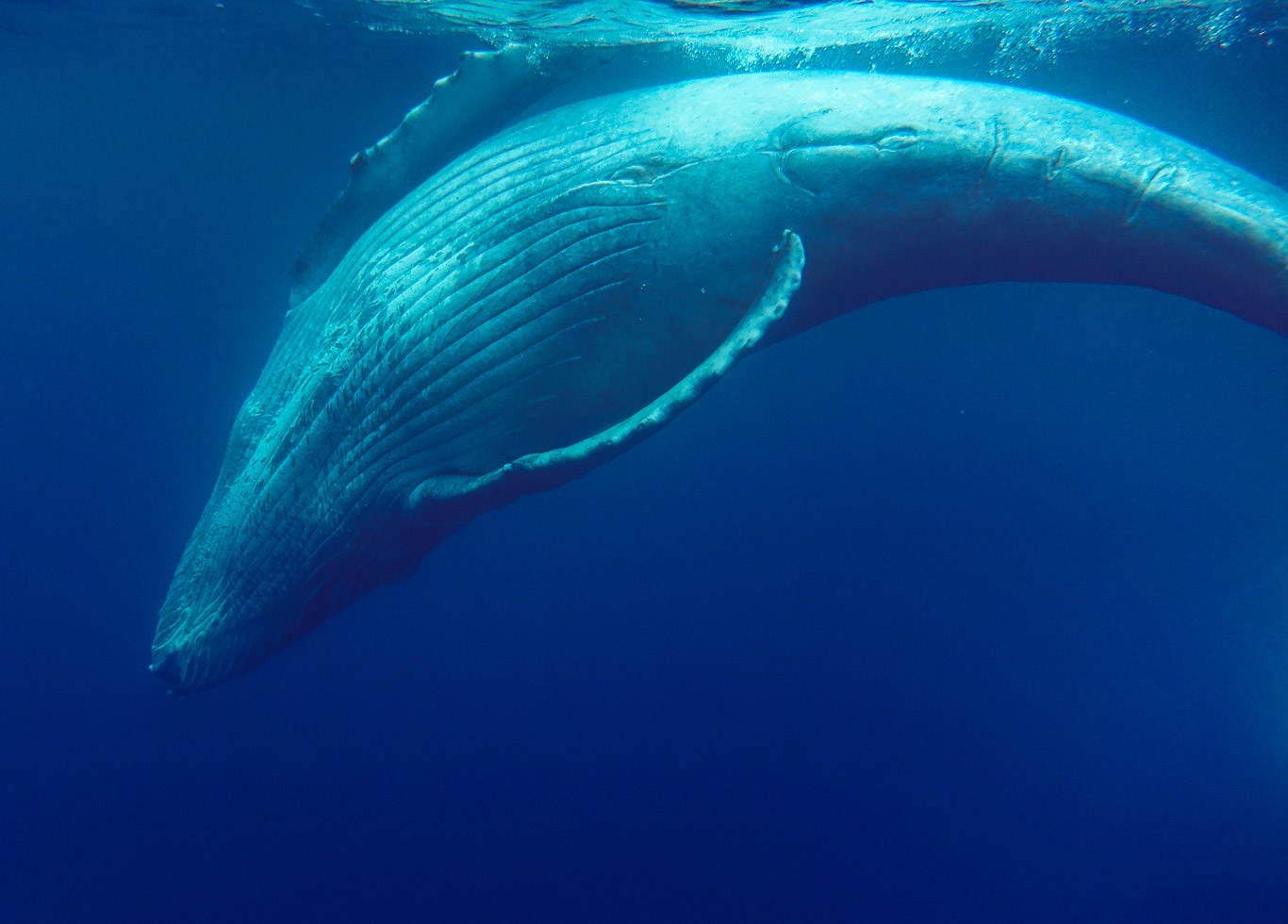



















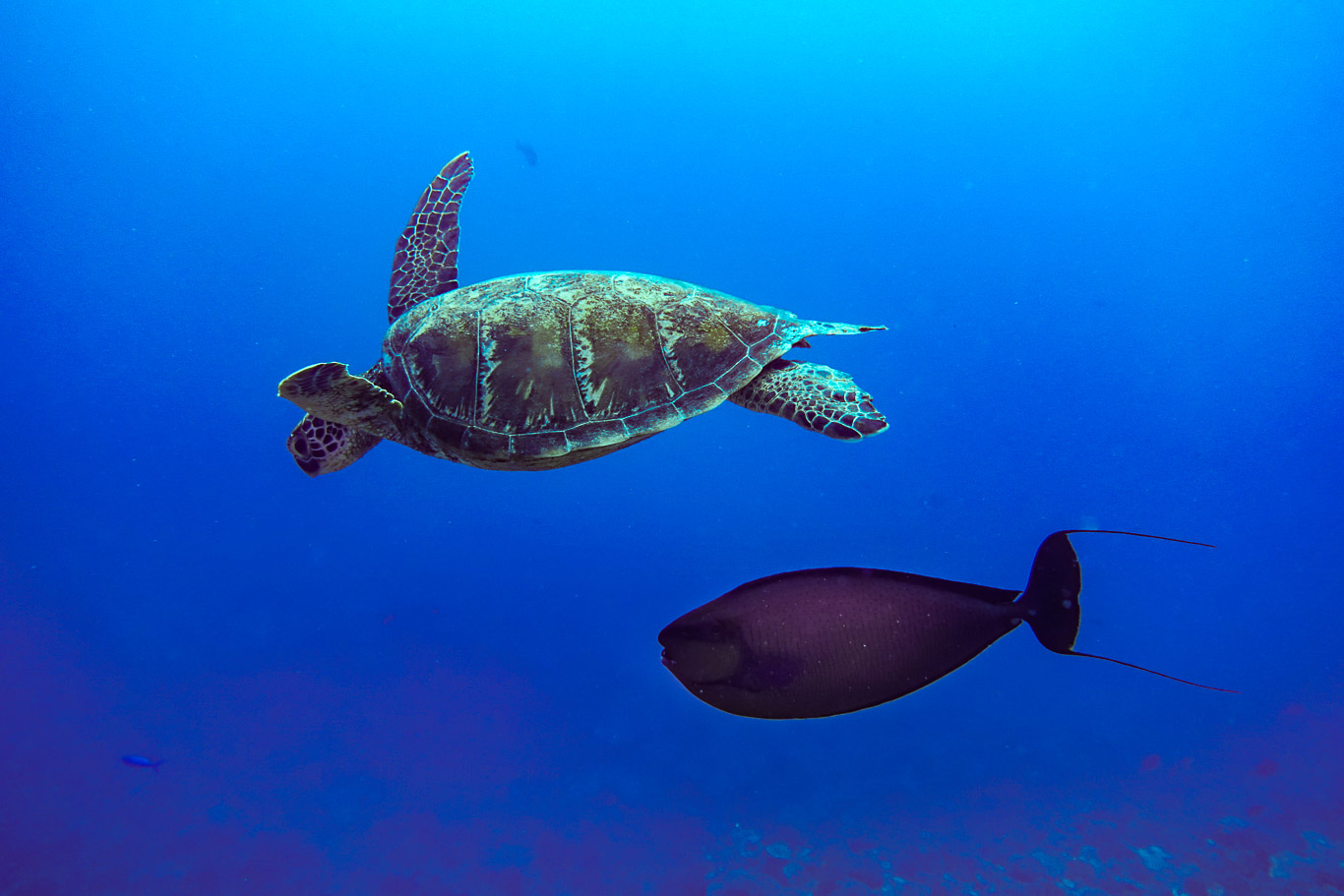
















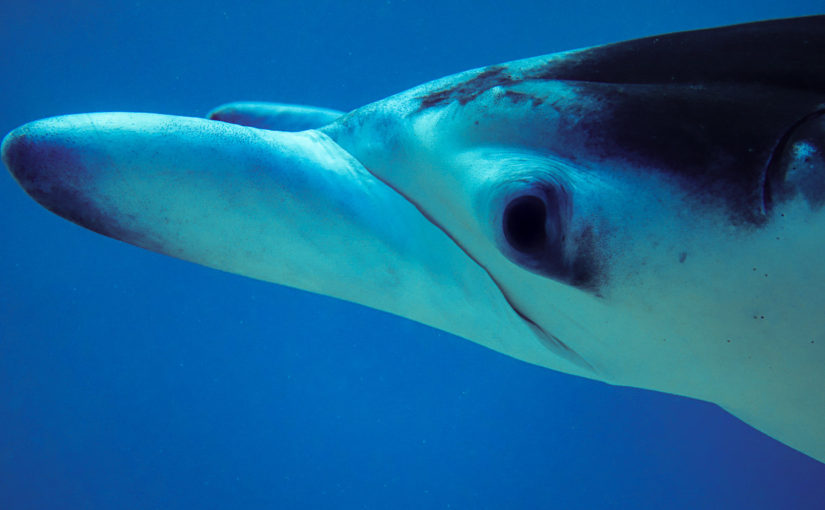























































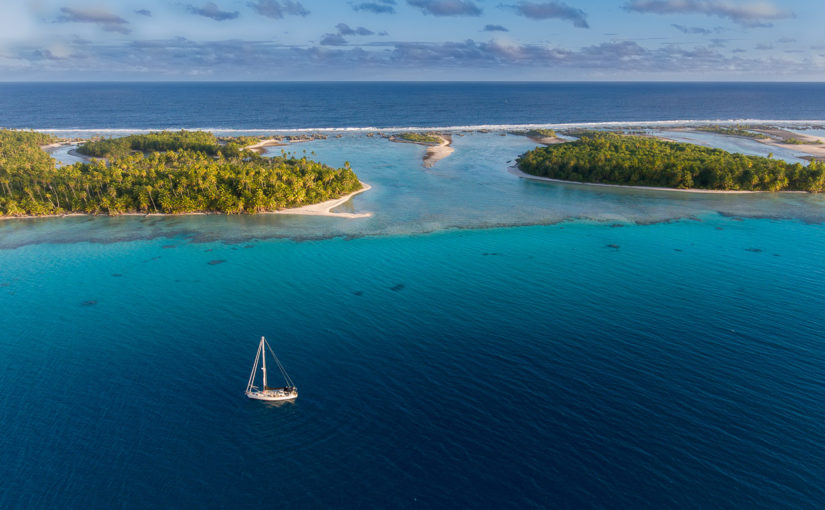














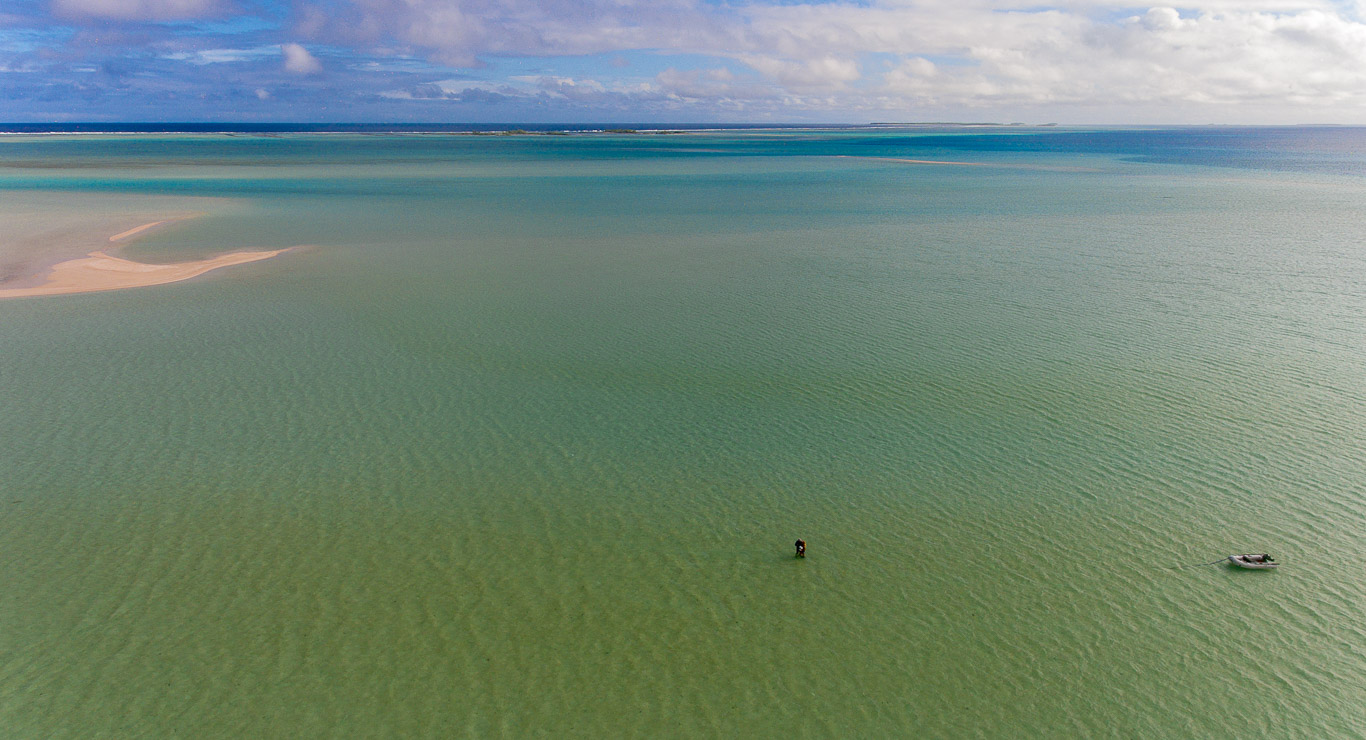














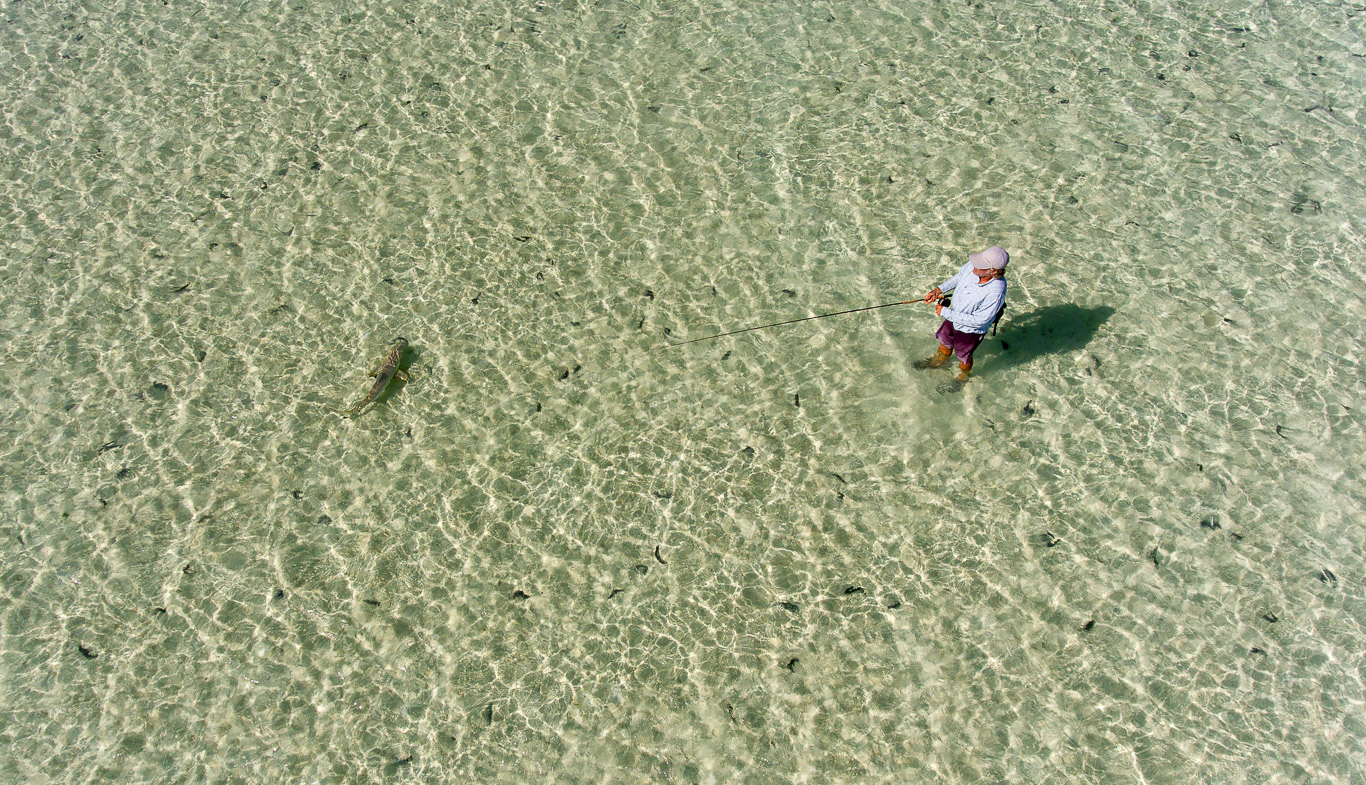




















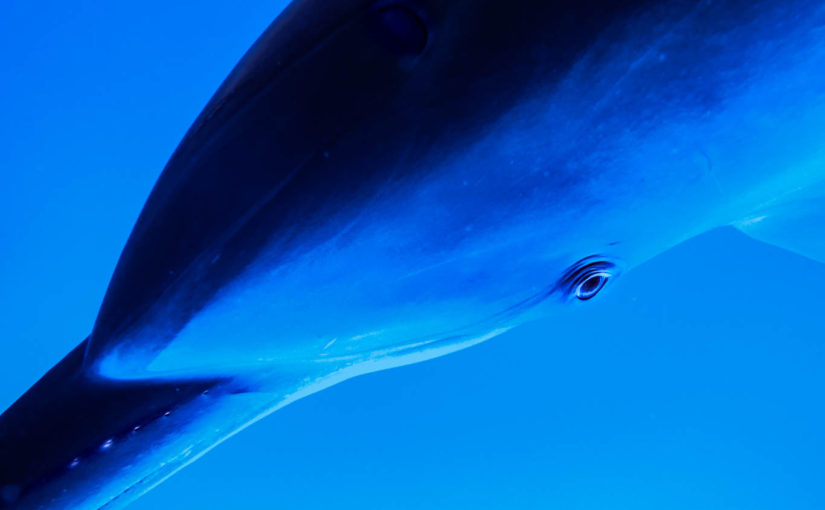










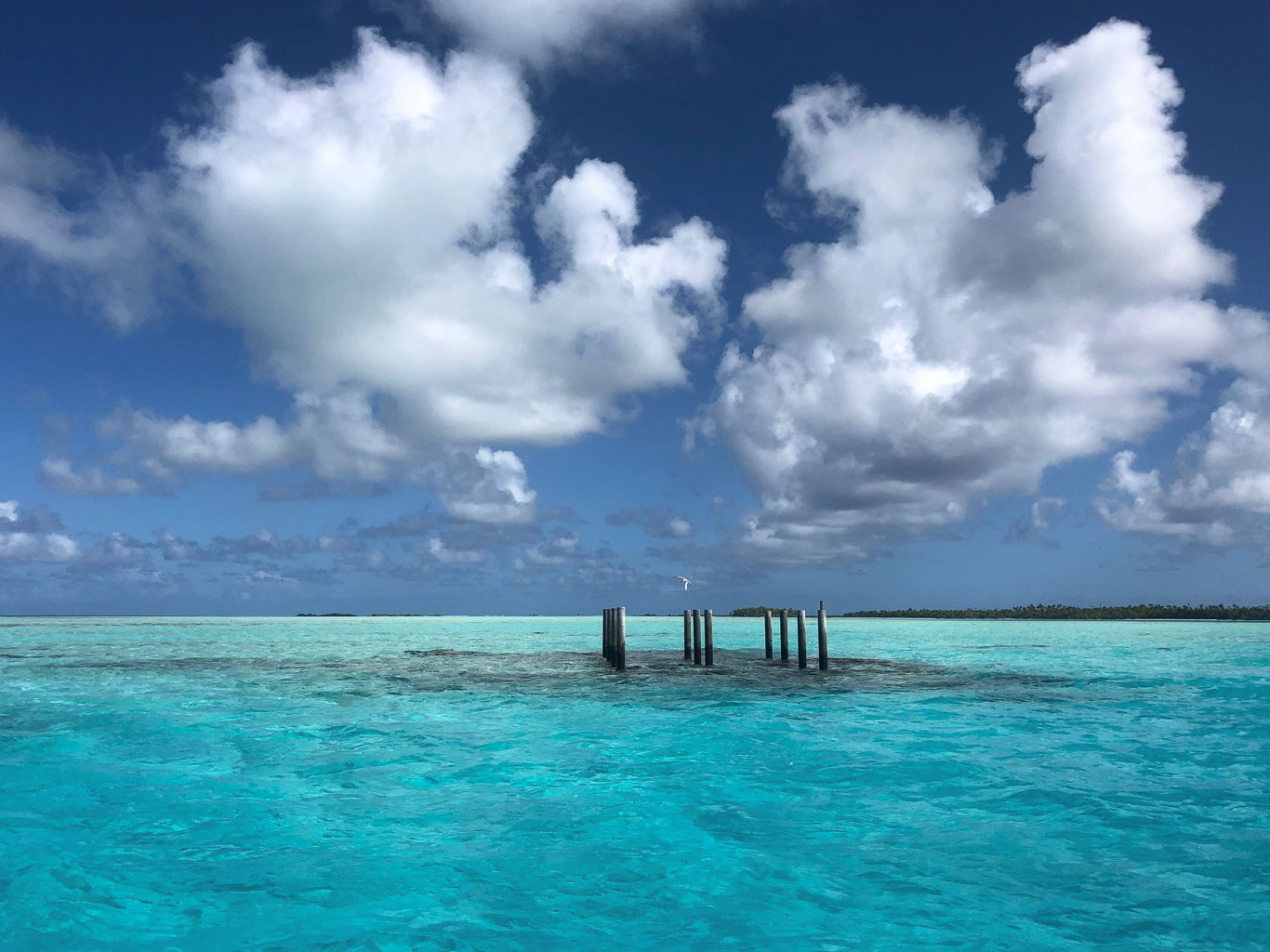

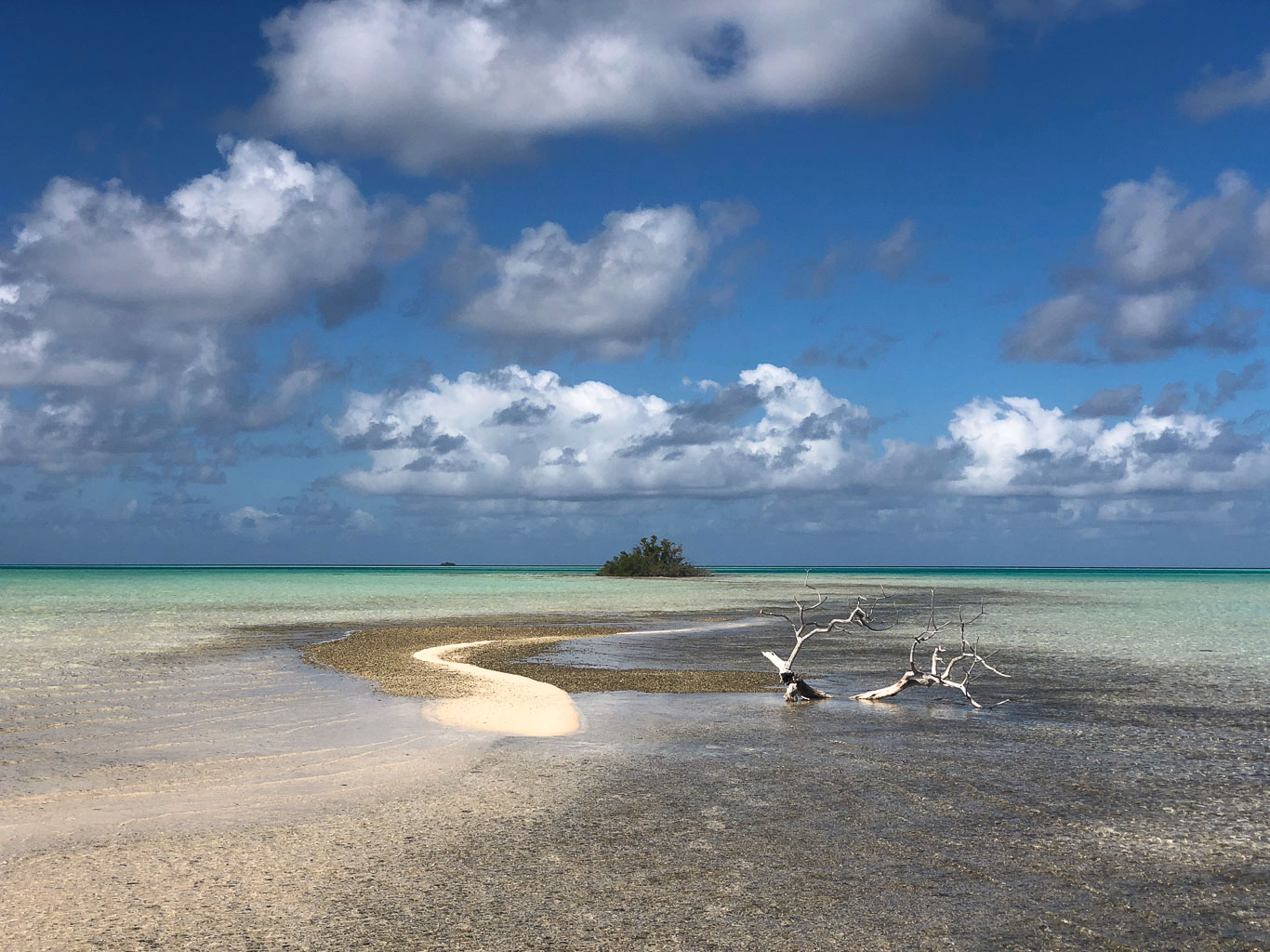











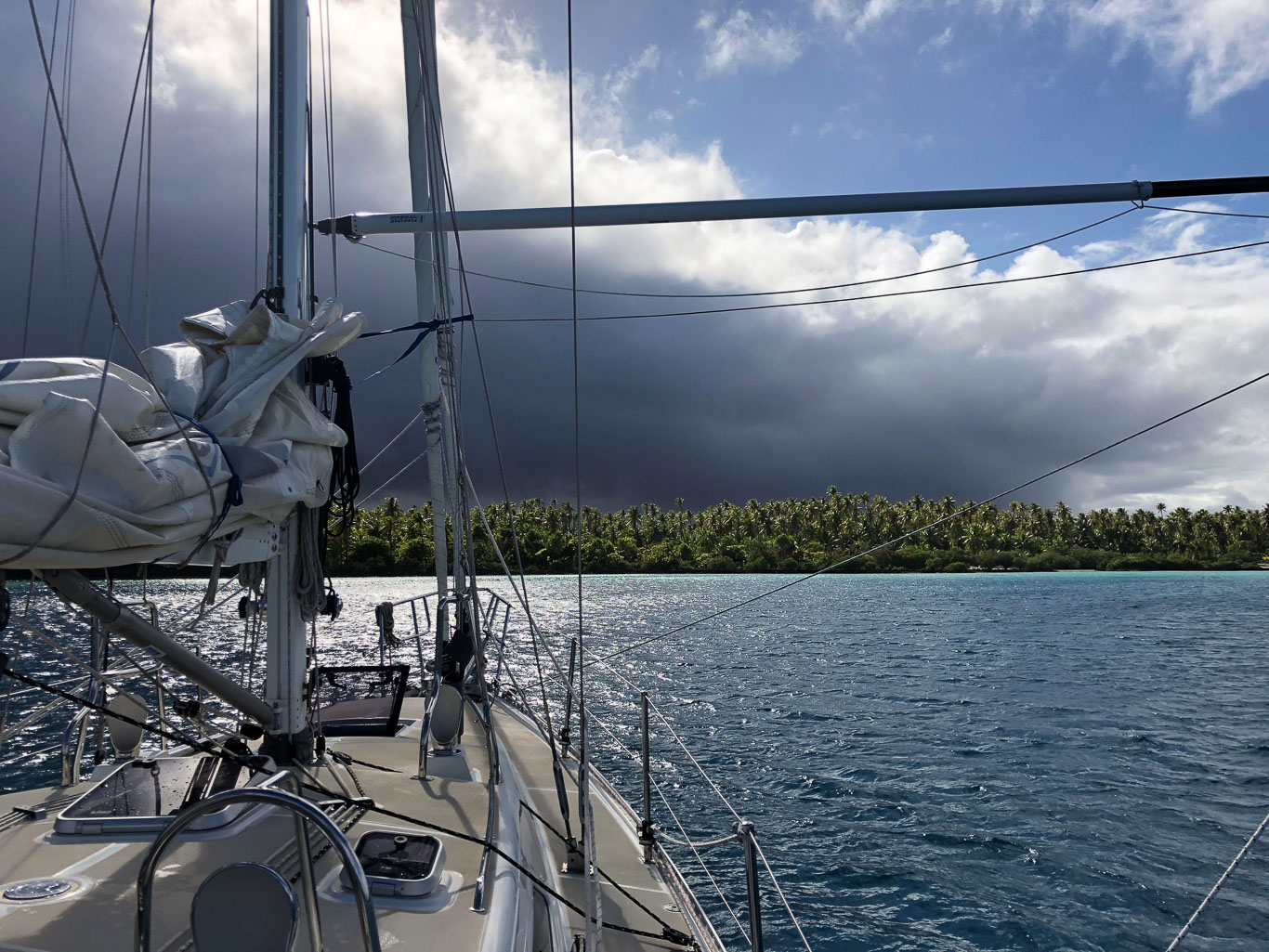







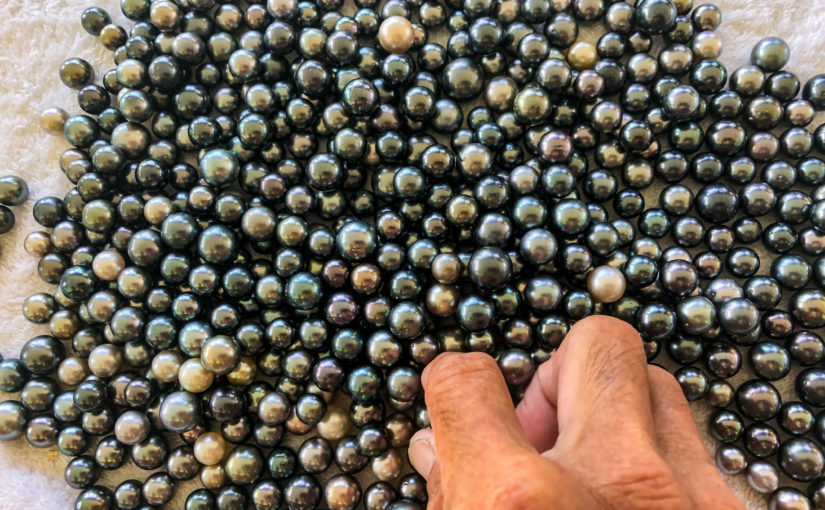















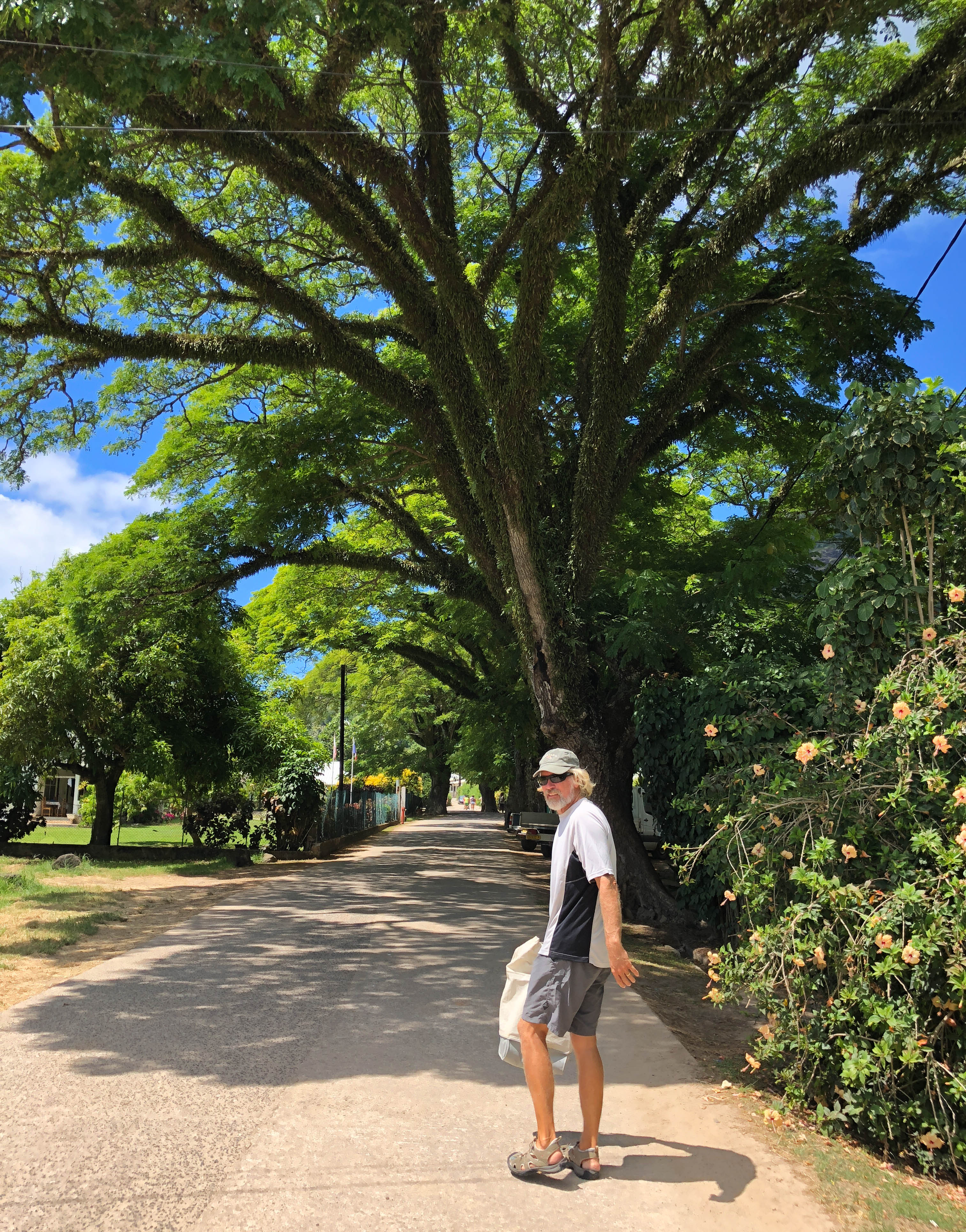































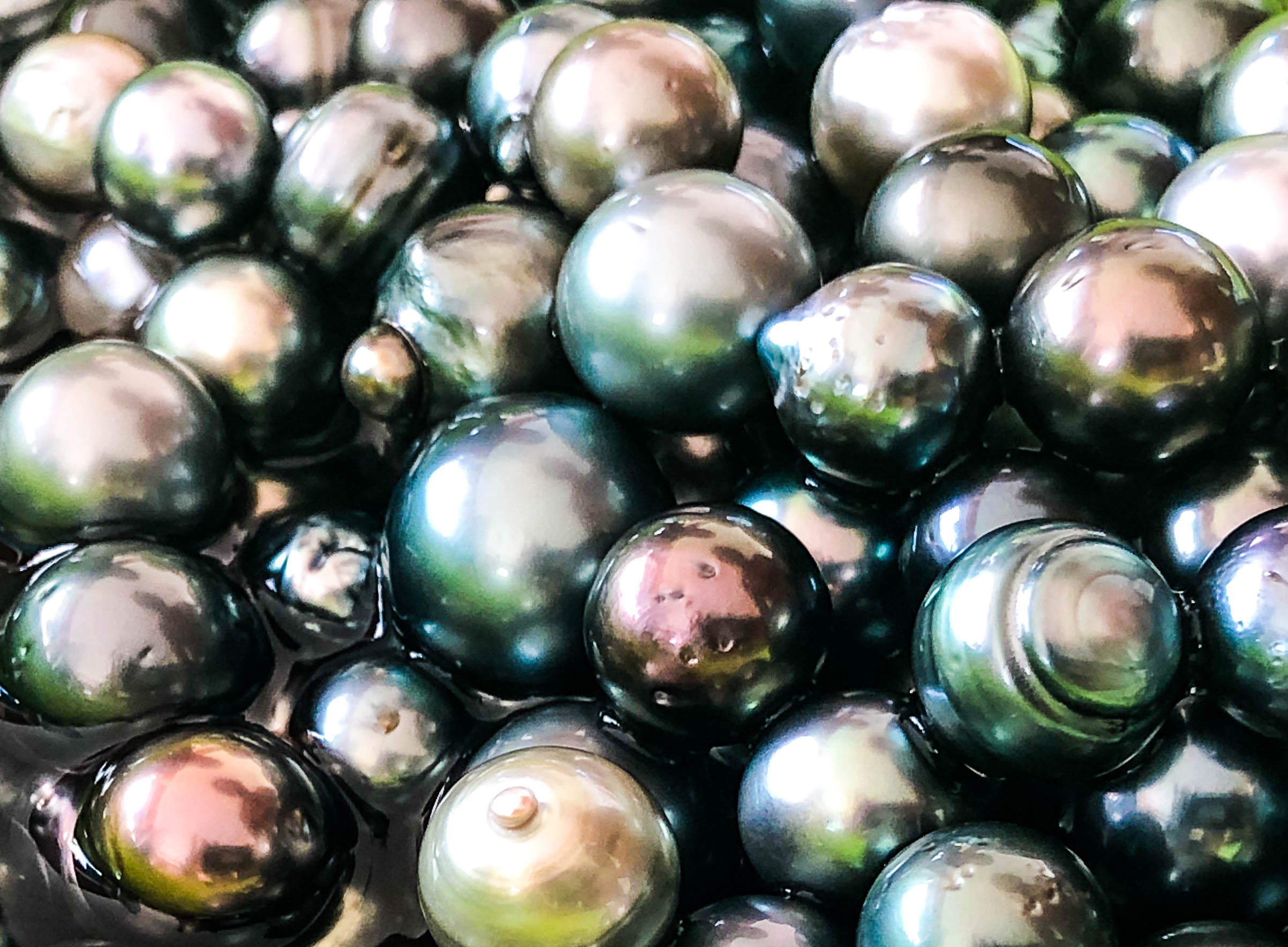





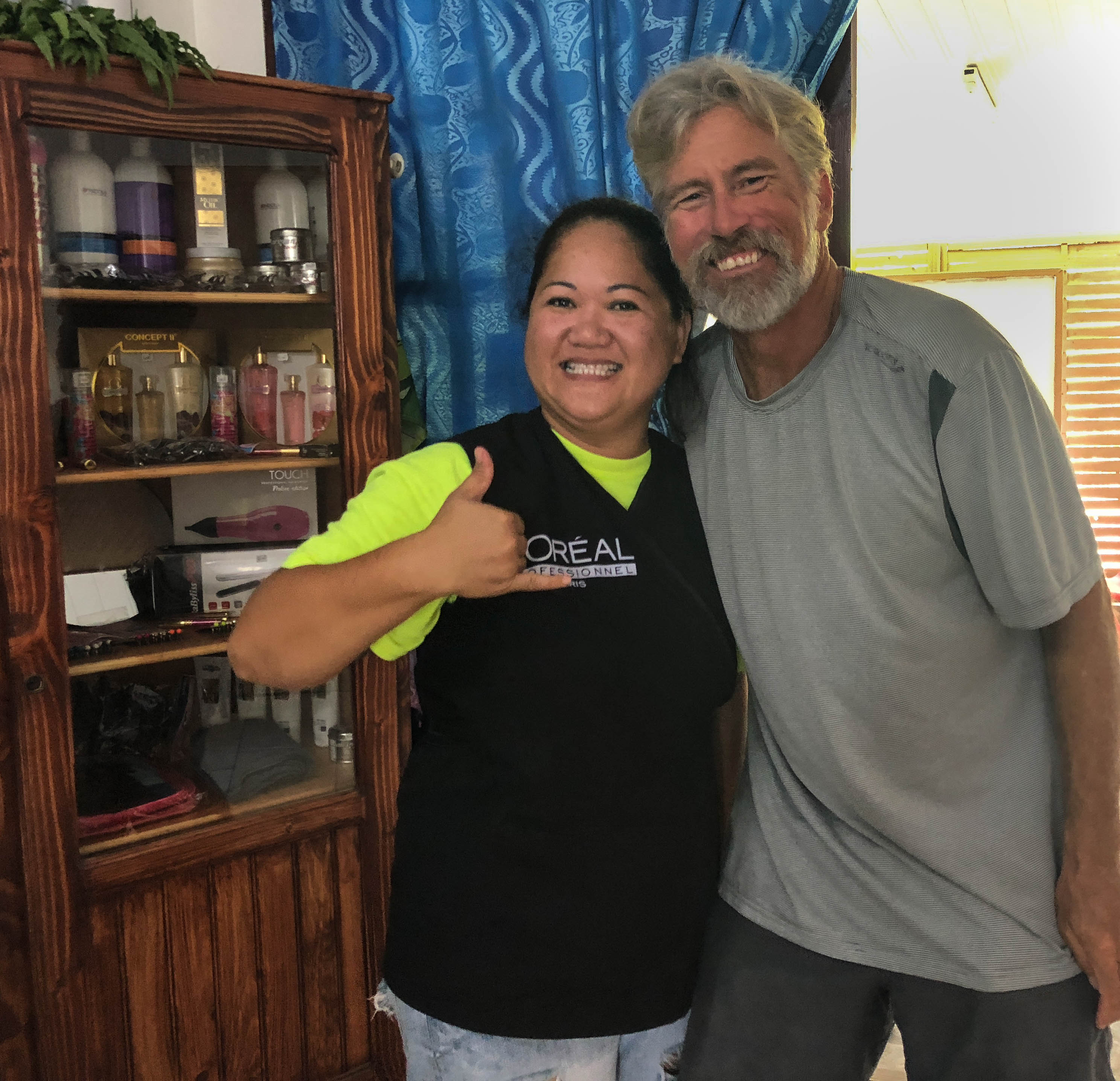










 " data-envira-height="523" data-envira-width="570" />
" data-envira-height="523" data-envira-width="570" />




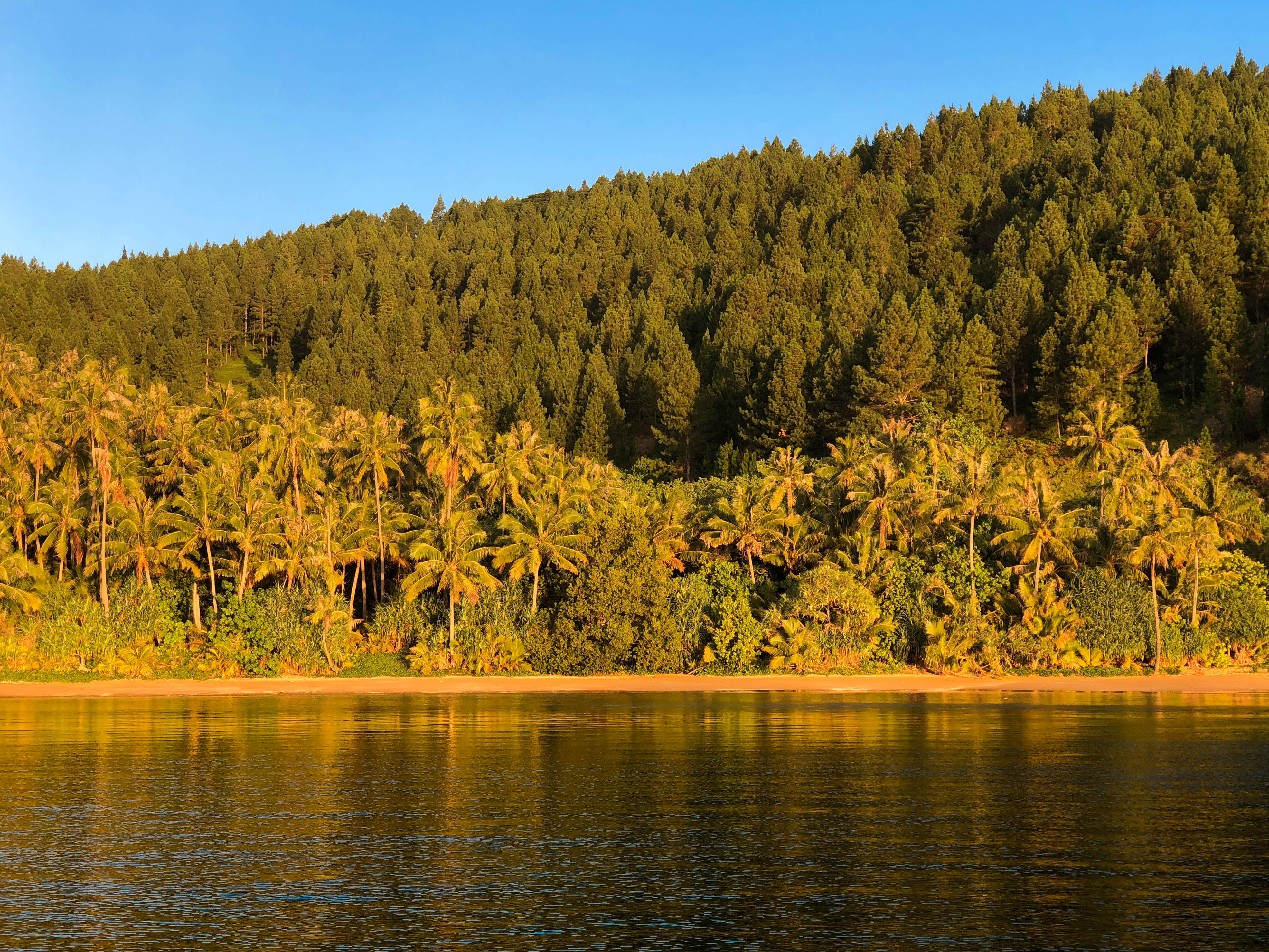



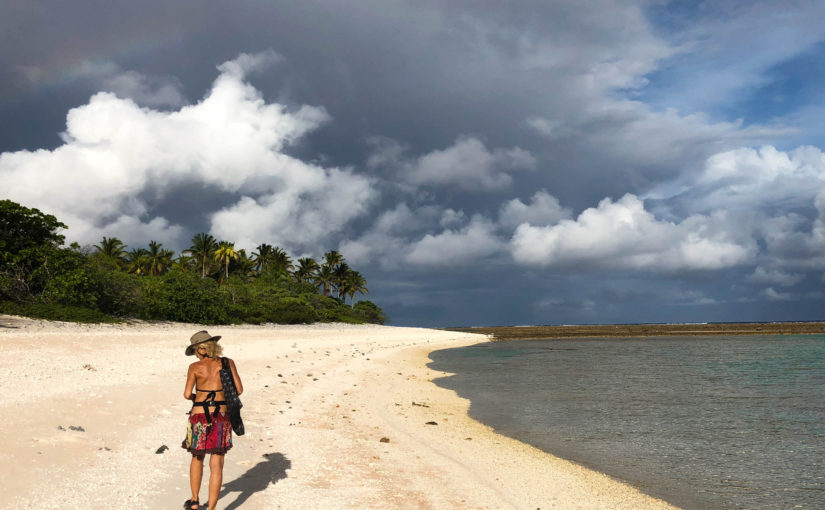






























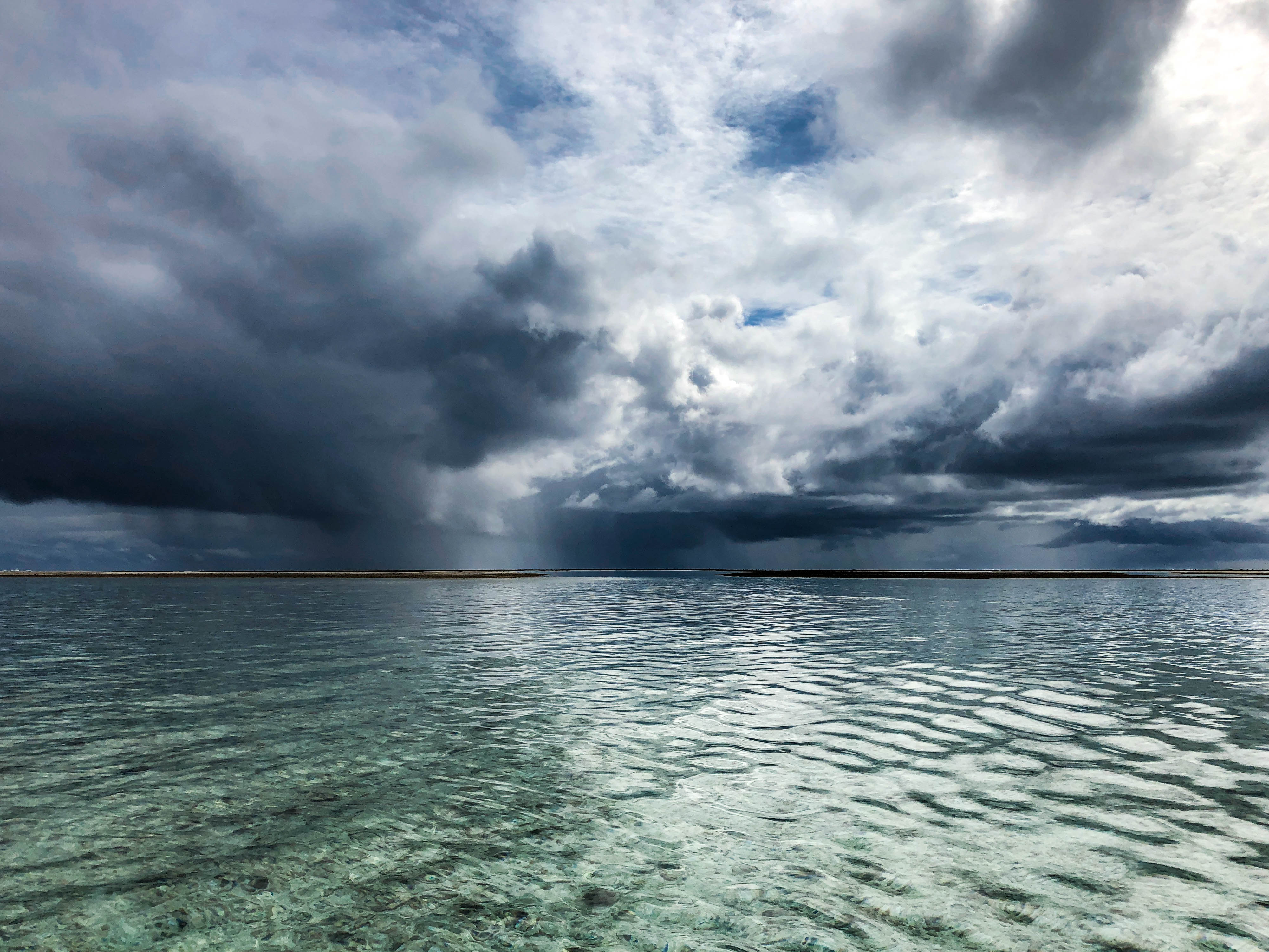






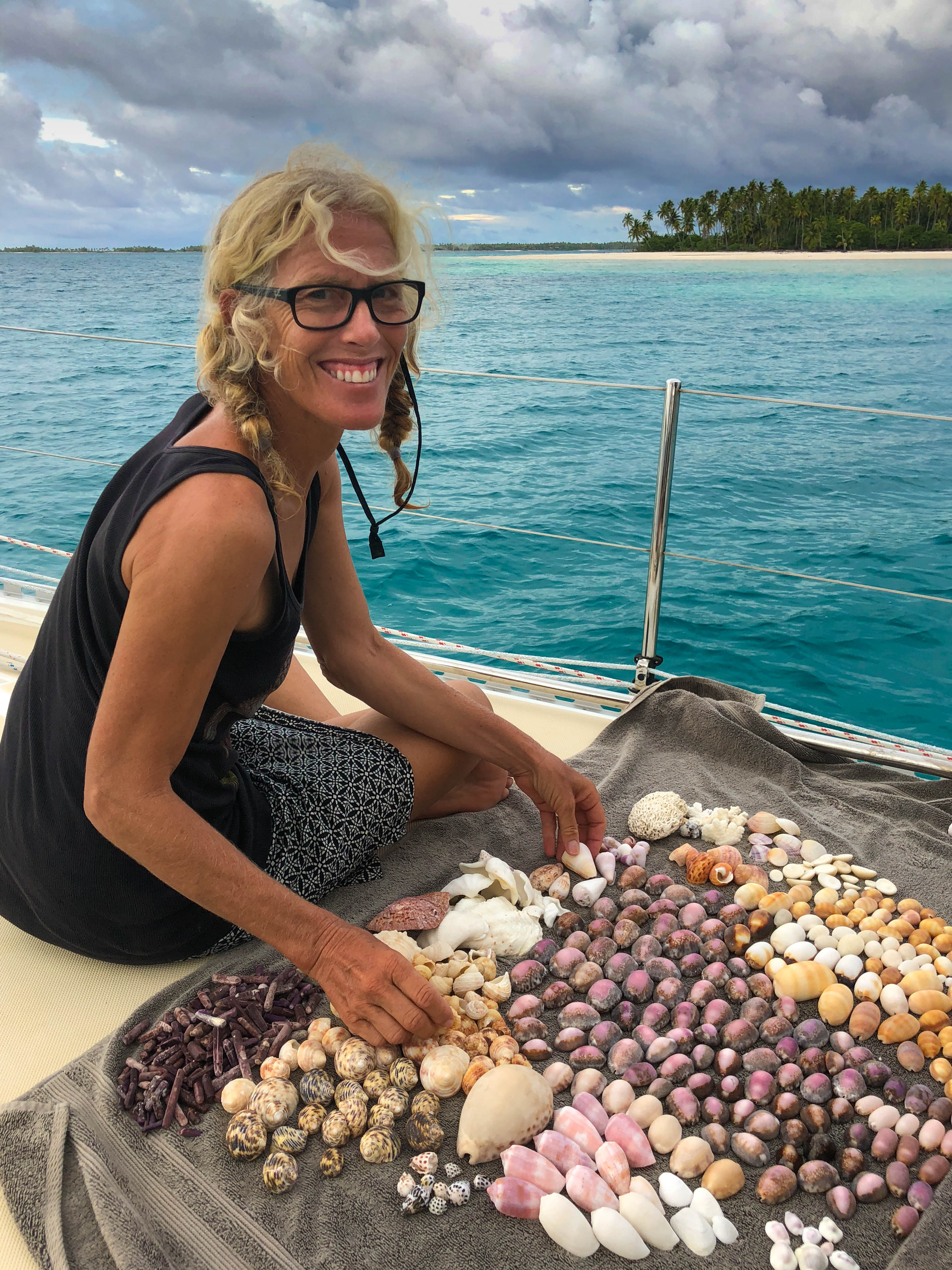


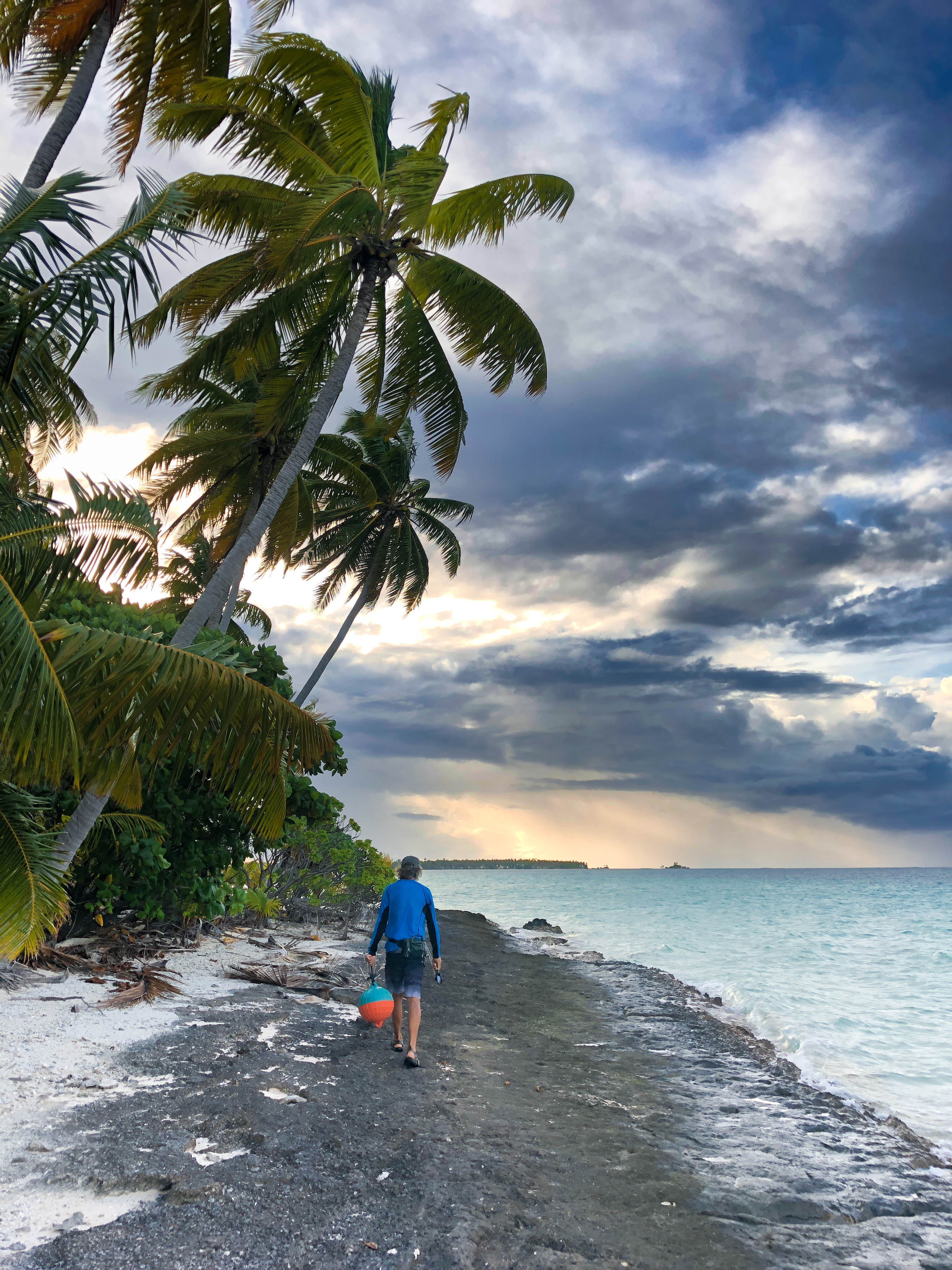









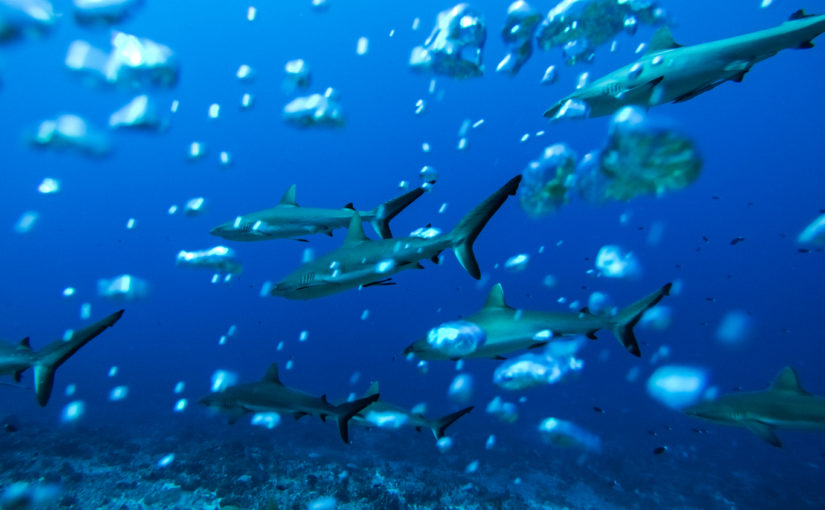










































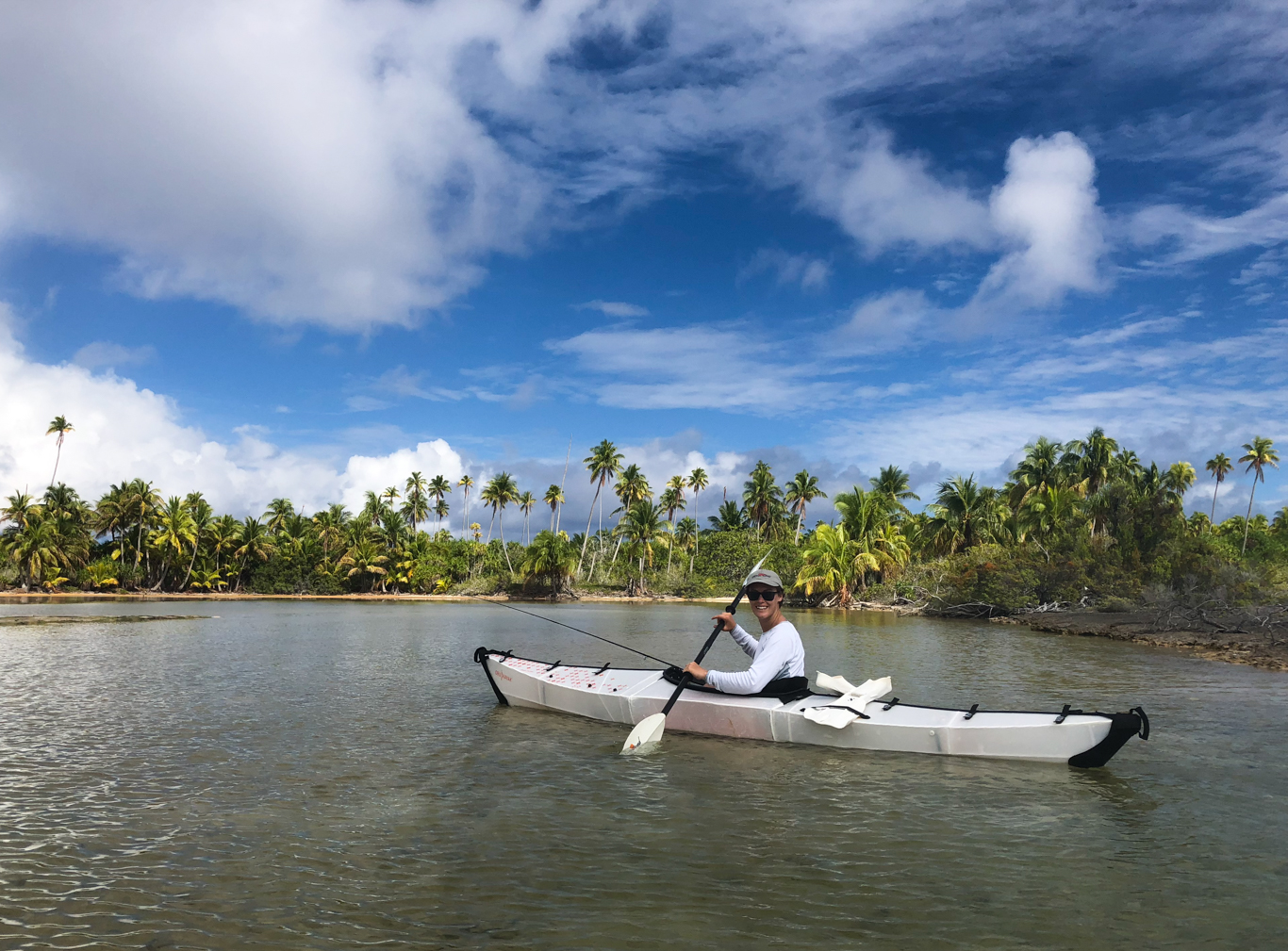

 " data-envira-height="428" data-envira-width="570" />
" data-envira-height="428" data-envira-width="570" />



















